The ANIR Corpus - Background Noise
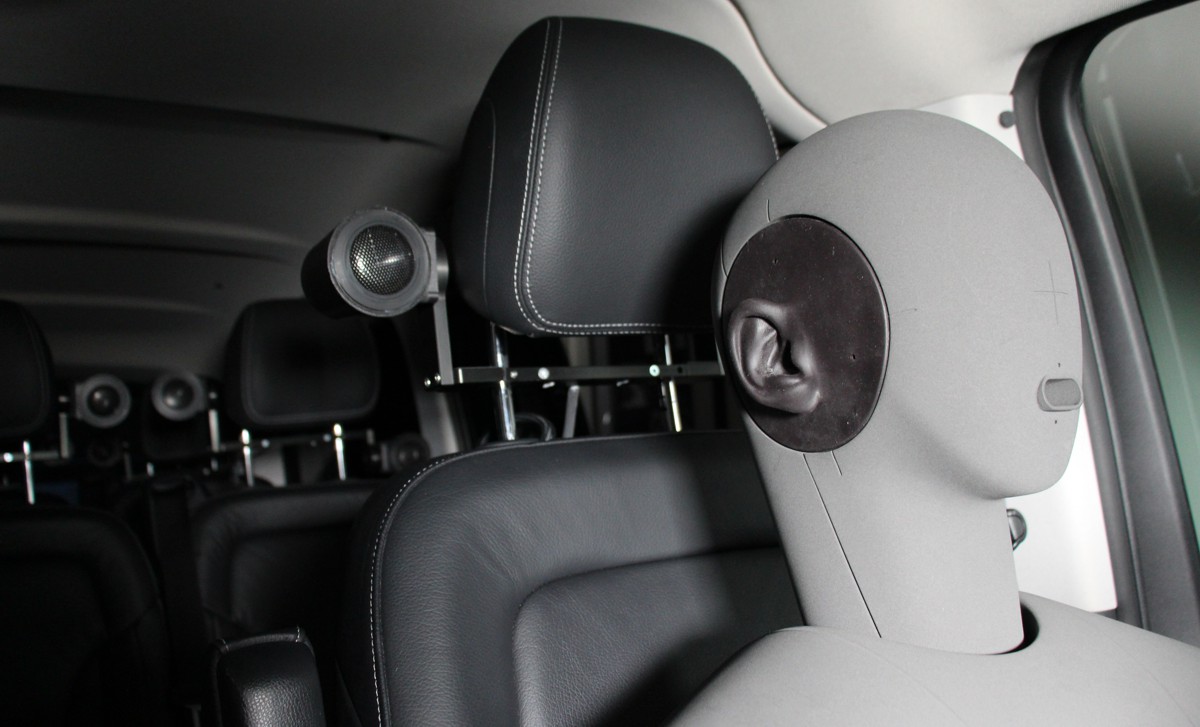 |
||
| Contents: | ||
For a simulation of a realistic acoustic environments inside verhicles, representative background noises are measured and recorded by microphones in numerous positions in the car. For this, several standard car microphones and ear microphones are used. You can find more information about the number, types and positions of the microphones in the section "Microphones". Generally, background noises in different driving conditions are measured. The conditions differ in the speed (currently between 0 and 200 km/h) and the air condition level (low, middle and high level).

Synchronization
All channels of one recording are properly synchronized. Where the microphone positions allow for it, the recordings can, consequently, also be used in the context of array processing.
Calibration and Equalization
All channels were calibrated using a 1 kHz calibrator such that 114 dBSPL at the microphones corresponds to an unweighted digital power level of -10 dB. A digital power level of -10 dB may be interpreted as -10 dBov if the allowed value range of the signals is [-1,+1]. Calibration was performed before ear equalization, which was part of the post-processing and is included in the provided recordings. Equalization was achieved using linear-phase filters in order to keep all channels synchronized.
Analysis and Download
All recordings are presented below in four different analyses per microphone and condition. The first plot shows the time-domain signal and the second one a time-frequency analysis. In the third diagram you can see an estimate of the power spectral density and the last one shows the terz-smoothed version of the power spectral density. Furthermore, you can listen to each noise example for each microphone and situation. The wav files can be downloaded below as single files or in a zipped version of all files in the section "Downloads".
Vehicle-specific Information
V Class (Daimler)
Basics
For the Daimler V class air condition on level 1 means the lowest setting, level 4 is indicating 50 percent and maximum air condition is at level 7. The driver and co-driver vents in the front console were directed towards the driver and co-driver windows, respectively. If the same conditions are recorded more than once, several sessions of a condition may be available. For details on the microphones such as type and position, please refer to the section "Microphones".
Speed 0 km/h (engine on), air condition at level 1
Please click to see the contents.
Session 1
Standard Car Microphones
Mic. 0
Mic. 1
Mic. 2
Mic. 3
Mic. 4
Mic. 5
Mic. 6
Mic. 7
Mic. 8
Mic. 9
Mic. 10
Mic. 11
Mic. 12
Mic. 13
Mic. 14
Mic. 15
Mic. 16
Mic. 17
Mic. 18
Ear Microphones
Mics. 19/20
Left ear microphone
Right ear microphone
Mics. 21/22
Left ear microphone
Right ear microphone
Mics. 23/24
Left ear microphone
Right ear microphone
Mics. 25/26
Left ear microphone
Right ear microphone
Mics. 27/28
Left ear microphone
Right ear microphone
Mics. 29/30
Left ear microphone
Right ear microphone
Speed 0 km/h (engine on), air condition at level 4
Please click to see the contents.
Session 1
Standard Car Microphones
Mic. 0
Mic. 1
Mic. 2
Mic. 3
Mic. 4
Mic. 5
Mic. 6
Mic. 7
Mic. 8
Mic. 9
Mic. 10
Mic. 11
Mic. 12
Mic. 13
Mic. 14
Mic. 15
Mic. 16
Mic. 17
Mic. 18
Ear Microphones
Mics. 19/20
Left ear microphone
Right ear microphone
Mics. 21/22
Left ear microphone
Right ear microphone
Mics. 23/24
Left ear microphone
Right ear microphone
Mics. 25/26
Left ear microphone
Right ear microphone
Mics. 27/28
Left ear microphone
Right ear microphone
Mics. 29/30
Left ear microphone
Right ear microphone
Speed 0 km/h (engine on), air condition at level 7
Please click to see the contents.
Session 1
Standard Car Microphones
Mic. 0
Mic. 1
Mic. 2
Mic. 3
Mic. 4
Mic. 5
Mic. 6
Mic. 7
Mic. 8
Mic. 9
Mic. 10
Mic. 11
Mic. 12
Mic. 13
Mic. 14
Mic. 15
Mic. 16
Mic. 17
Mic. 18
Ear Microphones
Mics. 19/20
Left ear microphone
Right ear microphone
Mics. 21/22
Left ear microphone
Right ear microphone
Mics. 23/24
Left ear microphone
Right ear microphone
Mics. 25/26
Left ear microphone
Right ear microphone
Mics. 27/28
Left ear microphone
Right ear microphone
Mics. 29/30
Left ear microphone
Right ear microphone
Speed 30 km/h (engine on), air condition at level 1
Please click to see the contents.
Session 1
Standard Car Microphones
Mic. 0
Mic. 1
Mic. 2
Mic. 3
Mic. 4
Mic. 5
Mic. 6
Mic. 7
Mic. 8
Mic. 9
Mic. 10
Mic. 11
Mic. 12
Mic. 13
Mic. 14
Mic. 15
Mic. 16
Mic. 17
Mic. 18
Ear Microphones
Mics. 19/20
Left ear microphone
Right ear microphone
Mics. 21/22
Left ear microphone
Right ear microphone
Mics. 23/24
Left ear microphone
Right ear microphone
Mics. 25/26
Left ear microphone
Right ear microphone
Mics. 27/28
Left ear microphone
Right ear microphone
Mics. 29/30
Left ear microphone
Right ear microphone
Speed 30 km/h (engine on), air condition at level 4
Please click to see the contents.
Session 1
Standard Car Microphones
Mic. 0
Mic. 1
Mic. 2
Mic. 3
Mic. 4
Mic. 5
Mic. 6
Mic. 7
Mic. 8
Mic. 9
Mic. 10
Mic. 11
Mic. 12
Mic. 13
Mic. 14
Mic. 15
Mic. 16
Mic. 17
Mic. 18
Ear Microphones
Mics. 19/20
Left ear microphone
Right ear microphone
Mics. 21/22
Left ear microphone
Right ear microphone
Mics. 23/24
Left ear microphone
Right ear microphone
Mics. 25/26
Left ear microphone
Right ear microphone
Mics. 27/28
Left ear microphone
Right ear microphone
Mics. 29/30
Left ear microphone
Right ear microphone
Speed 30 km/h (engine on), air condition at level 7
Please click to see the contents.
Session 1
Standard Car Microphones
Mic. 0
Mic. 1
Mic. 2
Mic. 3
Mic. 4
Mic. 5
Mic. 6
Mic. 7
Mic. 8
Mic. 9
Mic. 10
Mic. 11
Mic. 12
Mic. 13
Mic. 14
Mic. 15
Mic. 16
Mic. 17
Mic. 18
Ear Microphones
Mics. 19/20
Left ear microphone
Right ear microphone
Mics. 21/22
Left ear microphone
Right ear microphone
Mics. 23/24
Left ear microphone
Right ear microphone
Mics. 25/26
Left ear microphone
Right ear microphone
Mics. 27/28
Left ear microphone
Right ear microphone
Mics. 29/30
Left ear microphone
Right ear microphone
Speed 50 km/h, air condition at level 1
Please click to see the contents.
Session 1
Standard Car Microphones
Mic. 0
Mic. 1
Mic. 2
Mic. 3
Mic. 4
Mic. 5
Mic. 6
Mic. 7
Mic. 8
Mic. 9
Mic. 10
Mic. 11
Mic. 12
Mic. 13
Mic. 14
Mic. 15
Mic. 16
Mic. 17
Mic. 18
Ear Microphones
Mics. 19/20
Left ear microphone
Right ear microphone
Mics. 21/22
Left ear microphone
Right ear microphone
Mics. 23/24
Left ear microphone
Right ear microphone
Mics. 25/26
Left ear microphone
Right ear microphone
Mics. 27/28
Left ear microphone
Right ear microphone
Mics. 29/30
Left ear microphone
Right ear microphone
Speed 50 km/h, air condition at level 4
Please click to see the contents.
Session 1
Standard Car Microphones
Mic. 0
Mic. 1
Mic. 2
Mic. 3
Mic. 4
Mic. 5
Mic. 6
Mic. 7
Mic. 8
Mic. 9
Mic. 10
Mic. 11
Mic. 12
Mic. 13
Mic. 14
Mic. 15
Mic. 16
Mic. 17
Mic. 18
Ear Microphones
Mics. 19/20
Left ear microphone
Right ear microphone
Mics. 21/22
Left ear microphone
Right ear microphone
Mics. 23/24
Left ear microphone
Right ear microphone
Mics. 25/26
Left ear microphone
Right ear microphone
Mics. 27/28
Left ear microphone
Right ear microphone
Mics. 29/30
Left ear microphone
Right ear microphone
Speed 50 km/h, air condition at level 7
Please click to see the contents.
Session 1
Standard Car Microphones
Mic. 0
Mic. 1
Mic. 2
Mic. 3
Mic. 4
Mic. 5
Mic. 6
Mic. 7
Mic. 8
Mic. 9
Mic. 10
Mic. 11
Mic. 12
Mic. 13
Mic. 14
Mic. 15
Mic. 16
Mic. 17
Mic. 18
Ear Microphones
Mics. 19/20
Left ear microphone
Right ear microphone
Mics. 21/22
Left ear microphone
Right ear microphone
Mics. 23/24
Left ear microphone
Right ear microphone
Mics. 25/26
Left ear microphone
Right ear microphone
Mics. 27/28
Left ear microphone
Right ear microphone
Mics. 29/30
Left ear microphone
Right ear microphone
Speed 60 km/h, air condition at level 1
Please click to see the contents.
Session 1
Standard Car Microphones
Mic. 0
Mic. 1
Mic. 2
Mic. 3
Mic. 4
Mic. 5
Mic. 6
Mic. 7
Mic. 8
Mic. 9
Mic. 10
Mic. 11
Mic. 12
Mic. 13
Mic. 14
Mic. 15
Mic. 16
Mic. 17
Mic. 18
Ear Microphones
Mics. 19/20
Left ear microphone
Right ear microphone
Mics. 21/22
Left ear microphone
Right ear microphone
Mics. 23/24
Left ear microphone
Right ear microphone
Mics. 25/26
Left ear microphone
Right ear microphone
Mics. 27/28
Left ear microphone
Right ear microphone
Mics. 29/30
Left ear microphone
Right ear microphone
Speed 60 km/h, air condition at level 4
Please click to see the contents.
Session 1
Standard Car Microphones
Mic. 0
Mic. 1
Mic. 2
Mic. 3
Mic. 4
Mic. 5
Mic. 6
Mic. 7
Mic. 8
Mic. 9
Mic. 10
Mic. 11
Mic. 12
Mic. 13
Mic. 14
Mic. 15
Mic. 16
Mic. 17
Mic. 18
Ear Microphones
Mics. 19/20
Left ear microphone
Right ear microphone
Mics. 21/22
Left ear microphone
Right ear microphone
Mics. 23/24
Left ear microphone
Right ear microphone
Mics. 25/26
Left ear microphone
Right ear microphone
Mics. 27/28
Left ear microphone
Right ear microphone
Mics. 29/30
Left ear microphone
Right ear microphone
Speed 60 km/h, air condition at level 7
Please click to see the contents.
Session 1
Standard Car Microphones
Mic. 0
Mic. 1
Mic. 2
Mic. 3
Mic. 4
Mic. 5
Mic. 6
Mic. 7
Mic. 8
Mic. 9
Mic. 10
Mic. 11
Mic. 12
Mic. 13
Mic. 14
Mic. 15
Mic. 16
Mic. 17
Mic. 18
Ear Microphones
Mics. 19/20
Left ear microphone
Right ear microphone
Mics. 21/22
Left ear microphone
Right ear microphone
Mics. 23/24
Left ear microphone
Right ear microphone
Mics. 25/26
Left ear microphone
Right ear microphone
Mics. 27/28
Left ear microphone
Right ear microphone
Mics. 29/30
Left ear microphone
Right ear microphone
Speed 70 km/h, air condition at level 1
Please click to see the contents.
Session 1
Standard Car Microphones
Mic. 0
Mic. 1
Mic. 2
Mic. 3
Mic. 4
Mic. 5
Mic. 6
Mic. 7
Mic. 8
Mic. 9
Mic. 10
Mic. 11
Mic. 12
Mic. 13
Mic. 14
Mic. 15
Mic. 16
Mic. 17
Mic. 18
Ear Microphones
Mics. 19/20
Left ear microphone
Right ear microphone
Mics. 21/22
Left ear microphone
Right ear microphone
Mics. 23/24
Left ear microphone
Right ear microphone
Mics. 25/26
Left ear microphone
Right ear microphone
Mics. 27/28
Left ear microphone
Right ear microphone
Mics. 29/30
Left ear microphone
Right ear microphone
Speed 70 km/h, air condition at level 4
Please click to see the contents.
Session 1
Standard Car Microphones
Mic. 0
Mic. 1
Mic. 2
Mic. 3
Mic. 4
Mic. 5
Mic. 6
Mic. 7
Mic. 8
Mic. 9
Mic. 10
Mic. 11
Mic. 12
Mic. 13
Mic. 14
Mic. 15
Mic. 16
Mic. 17
Mic. 18
Ear Microphones
Mics. 19/20
Left ear microphone
Right ear microphone
Mics. 21/22
Left ear microphone
Right ear microphone
Mics. 23/24
Left ear microphone
Right ear microphone
Mics. 25/26
Left ear microphone
Right ear microphone
Mics. 27/28
Left ear microphone
Right ear microphone
Mics. 29/30
Left ear microphone
Right ear microphone
Speed 70 km/h, air condition at level 7
Please click to see the contents.
Session 1
Standard Car Microphones
Mic. 0
Mic. 1
Mic. 2
Mic. 3
Mic. 4
Mic. 5
Mic. 6
Mic. 7
Mic. 8
Mic. 9
Mic. 10
Mic. 11
Mic. 12
Mic. 13
Mic. 14
Mic. 15
Mic. 16
Mic. 17
Mic. 18
Ear Microphones
Mics. 19/20
Left ear microphone
Right ear microphone
Mics. 21/22
Left ear microphone
Right ear microphone
Mics. 23/24
Left ear microphone
Right ear microphone
Mics. 25/26
Left ear microphone
Right ear microphone
Mics. 27/28
Left ear microphone
Right ear microphone
Mics. 29/30
Left ear microphone
Right ear microphone
Speed 80 km/h, air condition at level 1
Please click to see the contents.
Session 1
Standard Car Microphones
Mic. 0
Mic. 1
Mic. 2
Mic. 3
Mic. 4
Mic. 5
Mic. 6
Mic. 7
Mic. 8
Mic. 9
Mic. 10
Mic. 11
Mic. 12
Mic. 13
Mic. 14
Mic. 15
Mic. 16
Mic. 17
Mic. 18
Ear Microphones
Mics. 19/20
Left ear microphone
Right ear microphone
Mics. 21/22
Left ear microphone
Right ear microphone
Mics. 23/24
Left ear microphone
Right ear microphone
Mics. 25/26
Left ear microphone
Right ear microphone
Mics. 27/28
Left ear microphone
Right ear microphone
Mics. 29/30
Left ear microphone
Right ear microphone
Session 2
Standard Car Microphones
Mic. 0
Mic. 1
Mic. 2
Mic. 3
Mic. 4
Mic. 5
Mic. 6
Mic. 7
Mic. 8
Mic. 9
Mic. 10
Mic. 11
Mic. 12
Mic. 13
Mic. 14
Mic. 15
Mic. 16
Mic. 17
Mic. 18
Ear Microphones
Mics. 19/20
Left ear microphone
Right ear microphone
Mics. 21/22
Left ear microphone
Right ear microphone
Mics. 23/24
Left ear microphone
Right ear microphone
Mics. 25/26
Left ear microphone
Right ear microphone
Mics. 27/28
Left ear microphone
Right ear microphone
Mics. 29/30
Left ear microphone
Right ear microphone
Speed 80 km/h, air condition at level 4
Please click to see the contents.
Session 1
Standard Car Microphones
Mic. 0
Mic. 1
Mic. 2
Mic. 3
Mic. 4
Mic. 5
Mic. 6
Mic. 7
Mic. 8
Mic. 9
Mic. 10
Mic. 11
Mic. 12
Mic. 13
Mic. 14
Mic. 15
Mic. 16
Mic. 17
Mic. 18
Ear Microphones
Mics. 19/20
Left ear microphone
Right ear microphone
Mics. 21/22
Left ear microphone
Right ear microphone
Mics. 23/24
Left ear microphone
Right ear microphone
Mics. 25/26
Left ear microphone
Right ear microphone
Mics. 27/28
Left ear microphone
Right ear microphone
Mics. 29/30
Left ear microphone
Right ear microphone
Session 2
Standard Car Microphones
Mic. 0
Mic. 1
Mic. 2
Mic. 3
Mic. 4
Mic. 5
Mic. 6
Mic. 7
Mic. 8
Mic. 9
Mic. 10
Mic. 11
Mic. 12
Mic. 13
Mic. 14
Mic. 15
Mic. 16
Mic. 17
Mic. 18
Ear Microphones
Mics. 19/20
Left ear microphone
Right ear microphone
Mics. 21/22
Left ear microphone
Right ear microphone
Mics. 23/24
Left ear microphone
Right ear microphone
Mics. 25/26
Left ear microphone
Right ear microphone
Mics. 27/28
Left ear microphone
Right ear microphone
Mics. 29/30
Left ear microphone
Right ear microphone
Speed 80 km/h, air condition at level 7
Please click to see the contents.
Session 1
Standard Car Microphones
Mic. 0
Mic. 1
Mic. 2
Mic. 3
Mic. 4
Mic. 5
Mic. 6
Mic. 7
Mic. 8
Mic. 9
Mic. 10
Mic. 11
Mic. 12
Mic. 13
Mic. 14
Mic. 15
Mic. 16
Mic. 17
Mic. 18
Ear Microphones
Mics. 19/20
Left ear microphone
Right ear microphone
Mics. 21/22
Left ear microphone
Right ear microphone
Mics. 23/24
Left ear microphone
Right ear microphone
Mics. 25/26
Left ear microphone
Right ear microphone
Mics. 27/28
Left ear microphone
Right ear microphone
Mics. 29/30
Left ear microphone
Right ear microphone
Speed 100 km/h, air condition at level 1
Please click to see the contents.
Session 1
Standard Car Microphones
Mic. 0
Mic. 1
Mic. 2
Mic. 3
Mic. 4
Mic. 5
Mic. 6
Mic. 7
Mic. 8
Mic. 9
Mic. 10
Mic. 11
Mic. 12
Mic. 13
Mic. 14
Mic. 15
Mic. 16
Mic. 17
Mic. 18
Ear Microphones
Mics. 19/20
Left ear microphone
Right ear microphone
Mics. 21/22
Left ear microphone
Right ear microphone
Mics. 23/24
Left ear microphone
Right ear microphone
Mics. 25/26
Left ear microphone
Right ear microphone
Mics. 27/28
Left ear microphone
Right ear microphone
Mics. 29/30
Left ear microphone
Right ear microphone
Session 2
Standard Car Microphones
Mic. 0
Mic. 1
Mic. 2
Mic. 3
Mic. 4
Mic. 5
Mic. 6
Mic. 7
Mic. 8
Mic. 9
Mic. 10
Mic. 11
Mic. 12
Mic. 13
Mic. 14
Mic. 15
Mic. 16
Mic. 17
Mic. 18
Ear Microphones
Mics. 19/20
Left ear microphone
Right ear microphone
Mics. 21/22
Left ear microphone
Right ear microphone
Mics. 23/24
Left ear microphone
Right ear microphone
Mics. 25/26
Left ear microphone
Right ear microphone
Mics. 27/28
Left ear microphone
Right ear microphone
Mics. 29/30
Left ear microphone
Right ear microphone
Speed 100 km/h, air condition at level 4
Please click to see the contents.
Session 1
Standard Car Microphones
Mic. 0
Mic. 1
Mic. 2
Mic. 3
Mic. 4
Mic. 5
Mic. 6
Mic. 7
Mic. 8
Mic. 9
Mic. 10
Mic. 11
Mic. 12
Mic. 13
Mic. 14
Mic. 15
Mic. 16
Mic. 17
Mic. 18
Ear Microphones
Mics. 19/20
Left ear microphone
Right ear microphone
Mics. 21/22
Left ear microphone
Right ear microphone
Mics. 23/24
Left ear microphone
Right ear microphone
Mics. 25/26
Left ear microphone
Right ear microphone
Mics. 27/28
Left ear microphone
Right ear microphone
Mics. 29/30
Left ear microphone
Right ear microphone
Speed 100 km/h, air condition at level 7
Please click to see the contents.
Session 1
Standard Car Microphones
Mic. 0
Mic. 1
Mic. 2
Mic. 3
Mic. 4
Mic. 5
Mic. 6
Mic. 7
Mic. 8
Mic. 9
Mic. 10
Mic. 11
Mic. 12
Mic. 13
Mic. 14
Mic. 15
Mic. 16
Mic. 17
Mic. 18
Ear Microphones
Mics. 19/20
Left ear microphone
Right ear microphone
Mics. 21/22
Left ear microphone
Right ear microphone
Mics. 23/24
Left ear microphone
Right ear microphone
Mics. 25/26
Left ear microphone
Right ear microphone
Mics. 27/28
Left ear microphone
Right ear microphone
Mics. 29/30
Left ear microphone
Right ear microphone
Speed 120 km/h, air condition at level 1
Please click to see the contents.
Session 1
Standard Car Microphones
Mic. 0
Mic. 1
Mic. 2
Mic. 3
Mic. 4
Mic. 5
Mic. 6
Mic. 7
Mic. 8
Mic. 9
Mic. 10
Mic. 11
Mic. 12
Mic. 13
Mic. 14
Mic. 15
Mic. 16
Mic. 17
Mic. 18
Ear Microphones
Mics. 19/20
Left ear microphone
Right ear microphone
Mics. 21/22
Left ear microphone
Right ear microphone
Mics. 23/24
Left ear microphone
Right ear microphone
Mics. 25/26
Left ear microphone
Right ear microphone
Mics. 27/28
Left ear microphone
Right ear microphone
Mics. 29/30
Left ear microphone
Right ear microphone
Speed 120 km/h, air condition at level 4
Please click to see the contents.
Session 1
Standard Car Microphones
Mic. 0
Mic. 1
Mic. 2
Mic. 3
Mic. 4
Mic. 5
Mic. 6
Mic. 7
Mic. 8
Mic. 9
Mic. 10
Mic. 11
Mic. 12
Mic. 13
Mic. 14
Mic. 15
Mic. 16
Mic. 17
Mic. 18
Ear Microphones
Mics. 19/20
Left ear microphone
Right ear microphone
Mics. 21/22
Left ear microphone
Right ear microphone
Mics. 23/24
Left ear microphone
Right ear microphone
Mics. 25/26
Left ear microphone
Right ear microphone
Mics. 27/28
Left ear microphone
Right ear microphone
Mics. 29/30
Left ear microphone
Right ear microphone
Speed 120 km/h, air condition at level 7
Please click to see the contents.
Session 1
Standard Car Microphones
Mic. 0
Mic. 1
Mic. 2
Mic. 3
Mic. 4
Mic. 5
Mic. 6
Mic. 7
Mic. 8
Mic. 9
Mic. 10
Mic. 11
Mic. 12
Mic. 13
Mic. 14
Mic. 15
Mic. 16
Mic. 17
Mic. 18
Ear Microphones
Mics. 19/20
Left ear microphone
Right ear microphone
Mics. 21/22
Left ear microphone
Right ear microphone
Mics. 23/24
Left ear microphone
Right ear microphone
Mics. 25/26
Left ear microphone
Right ear microphone
Mics. 27/28
Left ear microphone
Right ear microphone
Mics. 29/30
Left ear microphone
Right ear microphone
Speed 150 km/h, air condition at level 1
Please click to see the contents.
Session 1
Standard Car Microphones
Mic. 0
Mic. 1
Mic. 2
Mic. 3
Mic. 4
Mic. 5
Mic. 6
Mic. 7
Mic. 8
Mic. 9
Mic. 10
Mic. 11
Mic. 12
Mic. 13
Mic. 14
Mic. 15
Mic. 16
Mic. 17
Mic. 18
Ear Microphones
Mics. 19/20
Left ear microphone
Right ear microphone
Mics. 21/22
Left ear microphone
Right ear microphone
Mics. 23/24
Left ear microphone
Right ear microphone
Mics. 25/26
Left ear microphone
Right ear microphone
Mics. 27/28
Left ear microphone
Right ear microphone
Mics. 29/30
Left ear microphone
Right ear microphone
Session 2
Standard Car Microphones
Mic. 0
Mic. 1
Mic. 2
Mic. 3
Mic. 4
Mic. 5
Mic. 6
Mic. 7
Mic. 8
Mic. 9
Mic. 10
Mic. 11
Mic. 12
Mic. 13
Mic. 14
Mic. 15
Mic. 16
Mic. 17
Mic. 18
Ear Microphones
Mics. 19/20
Left ear microphone
Right ear microphone
Mics. 21/22
Left ear microphone
Right ear microphone
Mics. 23/24
Left ear microphone
Right ear microphone
Mics. 25/26
Left ear microphone
Right ear microphone
Mics. 27/28
Left ear microphone
Right ear microphone
Mics. 29/30
Left ear microphone
Right ear microphone
Speed 150 km/h, air condition at level 4
Please click to see the contents.
Session 1
Standard Car Microphones
Mic. 0
Mic. 1
Mic. 2
Mic. 3
Mic. 4
Mic. 5
Mic. 6
Mic. 7
Mic. 8
Mic. 9
Mic. 10
Mic. 11
Mic. 12
Mic. 13
Mic. 14
Mic. 15
Mic. 16
Mic. 17
Mic. 18
Ear Microphones
Mics. 19/20
Left ear microphone
Right ear microphone
Mics. 21/22
Left ear microphone
Right ear microphone
Mics. 23/24
Left ear microphone
Right ear microphone
Mics. 25/26
Left ear microphone
Right ear microphone
Mics. 27/28
Left ear microphone
Right ear microphone
Mics. 29/30
Left ear microphone
Right ear microphone
Session 2
Standard Car Microphones
Mic. 0
Mic. 1
Mic. 2
Mic. 3
Mic. 4
Mic. 5
Mic. 6
Mic. 7
Mic. 8
Mic. 9
Mic. 10
Mic. 11
Mic. 12
Mic. 13
Mic. 14
Mic. 15
Mic. 16
Mic. 17
Mic. 18
Ear Microphones
Mics. 19/20
Left ear microphone
Right ear microphone
Mics. 21/22
Left ear microphone
Right ear microphone
Mics. 23/24
Left ear microphone
Right ear microphone
Mics. 25/26
Left ear microphone
Right ear microphone
Mics. 27/28
Left ear microphone
Right ear microphone
Mics. 29/30
Left ear microphone
Right ear microphone
Session 3
Standard Car Microphones
Mic. 0
Mic. 1
Mic. 2
Mic. 3
Mic. 4
Mic. 5
Mic. 6
Mic. 7
Mic. 8
Mic. 9
Mic. 10
Mic. 11
Mic. 12
Mic. 13
Mic. 14
Mic. 15
Mic. 16
Mic. 17
Mic. 18
Ear Microphones
Mics. 19/20
Left ear microphone
Right ear microphone
Mics. 21/22
Left ear microphone
Right ear microphone
Mics. 23/24
Left ear microphone
Right ear microphone
Mics. 25/26
Left ear microphone
Right ear microphone
Mics. 27/28
Left ear microphone
Right ear microphone
Mics. 29/30
Left ear microphone
Right ear microphone
Speed 150 km/h, air condition at level 7
Please click to see the contents.
Session 1
Standard Car Microphones
Mic. 0
Mic. 1
Mic. 2
Mic. 3
Mic. 4
Mic. 5
Mic. 6
Mic. 7
Mic. 8
Mic. 9
Mic. 10
Mic. 11
Mic. 12
Mic. 13
Mic. 14
Mic. 15
Mic. 16
Mic. 17
Mic. 18
Ear Microphones
Mics. 19/20
Left ear microphone
Right ear microphone
Mics. 21/22
Left ear microphone
Right ear microphone
Mics. 23/24
Left ear microphone
Right ear microphone
Mics. 25/26
Left ear microphone
Right ear microphone
Mics. 27/28
Left ear microphone
Right ear microphone
Mics. 29/30
Left ear microphone
Right ear microphone
Session 2
Standard Car Microphones
Mic. 0
Mic. 1
Mic. 2
Mic. 3
Mic. 4
Mic. 5
Mic. 6
Mic. 7
Mic. 8
Mic. 9
Mic. 10
Mic. 11
Mic. 12
Mic. 13
Mic. 14
Mic. 15
Mic. 16
Mic. 17
Mic. 18
Ear Microphones
Mics. 19/20
Left ear microphone
Right ear microphone
Mics. 21/22
Left ear microphone
Right ear microphone
Mics. 23/24
Left ear microphone
Right ear microphone
Mics. 25/26
Left ear microphone
Right ear microphone
Mics. 27/28
Left ear microphone
Right ear microphone
Mics. 29/30
Left ear microphone
Right ear microphone
Speed 180 km/h, air condition at level 1
Please click to see the contents.
Session 1
Standard Car Microphones
Mic. 0
Mic. 1
Mic. 2
Mic. 3
Mic. 4
Mic. 5
Mic. 6
Mic. 7
Mic. 8
Mic. 9
Mic. 10
Mic. 11
Mic. 12
Mic. 13
Mic. 14
Mic. 15
Mic. 16
Mic. 17
Mic. 18
Ear Microphones
Mics. 19/20
Left ear microphone
Right ear microphone
Mics. 21/22
Left ear microphone
Right ear microphone
Mics. 23/24
Left ear microphone
Right ear microphone
Mics. 25/26
Left ear microphone
Right ear microphone
Mics. 27/28
Left ear microphone
Right ear microphone
Mics. 29/30
Left ear microphone
Right ear microphone
Speed 180 km/h, air condition at level 4
Please click to see the contents.
Session 1
Standard Car Microphones
Mic. 0
Mic. 1
Mic. 2
Mic. 3
Mic. 4
Mic. 5
Mic. 6
Mic. 7
Mic. 8
Mic. 9
Mic. 10
Mic. 11
Mic. 12
Mic. 13
Mic. 14
Mic. 15
Mic. 16
Mic. 17
Mic. 18
Ear Microphones
Mics. 19/20
Left ear microphone
Right ear microphone
Mics. 21/22
Left ear microphone
Right ear microphone
Mics. 23/24
Left ear microphone
Right ear microphone
Mics. 25/26
Left ear microphone
Right ear microphone
Mics. 27/28
Left ear microphone
Right ear microphone
Mics. 29/30
Left ear microphone
Right ear microphone
Speed 180 km/h, air condition at level 7
Please click to see the contents.
Session 1
Standard Car Microphones
Mic. 0
Mic. 1
Mic. 2
Mic. 3
Mic. 4
Mic. 5
Mic. 6
Mic. 7
Mic. 8
Mic. 9
Mic. 10
Mic. 11
Mic. 12
Mic. 13
Mic. 14
Mic. 15
Mic. 16
Mic. 17
Mic. 18
Ear Microphones
Mics. 19/20
Left ear microphone
Right ear microphone
Mics. 21/22
Left ear microphone
Right ear microphone
Mics. 23/24
Left ear microphone
Right ear microphone
Mics. 25/26
Left ear microphone
Right ear microphone
Mics. 27/28
Left ear microphone
Right ear microphone
Mics. 29/30
Left ear microphone
Right ear microphone
Speed 200 km/h, air condition at level 1
Please click to see the contents.
Session 1
Standard Car Microphones
Mic. 0
Mic. 1
Mic. 2
Mic. 3
Mic. 4
Mic. 5
Mic. 6
Mic. 7
Mic. 8
Mic. 9
Mic. 10
Mic. 11
Mic. 12
Mic. 13
Mic. 14
Mic. 15
Mic. 16
Mic. 17
Mic. 18
Ear Microphones
Mics. 19/20
Left ear microphone
Right ear microphone
Mics. 21/22
Left ear microphone
Right ear microphone
Mics. 23/24
Left ear microphone
Right ear microphone
Mics. 25/26
Left ear microphone
Right ear microphone
Mics. 27/28
Left ear microphone
Right ear microphone
Mics. 29/30
Left ear microphone
Right ear microphone
Speed 200 km/h, air condition at level 4
Please click to see the contents.
Session 1
Standard Car Microphones
Mic. 0
Mic. 1
Mic. 2
Mic. 3
Mic. 4
Mic. 5
Mic. 6
Mic. 7
Mic. 8
Mic. 9
Mic. 10
Mic. 11
Mic. 12
Mic. 13
Mic. 14
Mic. 15
Mic. 16
Mic. 17
Mic. 18
Ear Microphones
Mics. 19/20
Left ear microphone
Right ear microphone
Mics. 21/22
Left ear microphone
Right ear microphone
Mics. 23/24
Left ear microphone
Right ear microphone
Mics. 25/26
Left ear microphone
Right ear microphone
Mics. 27/28
Left ear microphone
Right ear microphone
Mics. 29/30
Left ear microphone
Right ear microphone
Speed 200 km/h, air condition at level 7
Please click to see the contents.
Session 1
Standard Car Microphones
Mic. 0
Mic. 1
Mic. 2
Mic. 3
Mic. 4
Mic. 5
Mic. 6
Mic. 7
Mic. 8
Mic. 9
Mic. 10
Mic. 11
Mic. 12
Mic. 13
Mic. 14
Mic. 15
Mic. 16
Mic. 17
Mic. 18
Ear Microphones
Mics. 19/20
Left ear microphone
Right ear microphone
Mics. 21/22
Left ear microphone
Right ear microphone
Mics. 23/24
Left ear microphone
Right ear microphone
Mics. 25/26
Left ear microphone
Right ear microphone
Mics. 27/28
Left ear microphone
Right ear microphone
Mics. 29/30
Left ear microphone
Right ear microphone
Session 2
Standard Car Microphones
Mic. 0
Mic. 1
Mic. 2
Mic. 3
Mic. 4
Mic. 5
Mic. 6
Mic. 7
Mic. 8
Mic. 9
Mic. 10
Mic. 11
Mic. 12
Mic. 13
Mic. 14
Mic. 15
Mic. 16
Mic. 17
Mic. 18
Ear Microphones
Mics. 19/20
Left ear microphone
Right ear microphone
Mics. 21/22
Left ear microphone
Right ear microphone
Mics. 23/24
Left ear microphone
Right ear microphone
Mics. 25/26
Left ear microphone
Right ear microphone
Mics. 27/28
Left ear microphone
Right ear microphone
Mics. 29/30
Left ear microphone
Right ear microphone

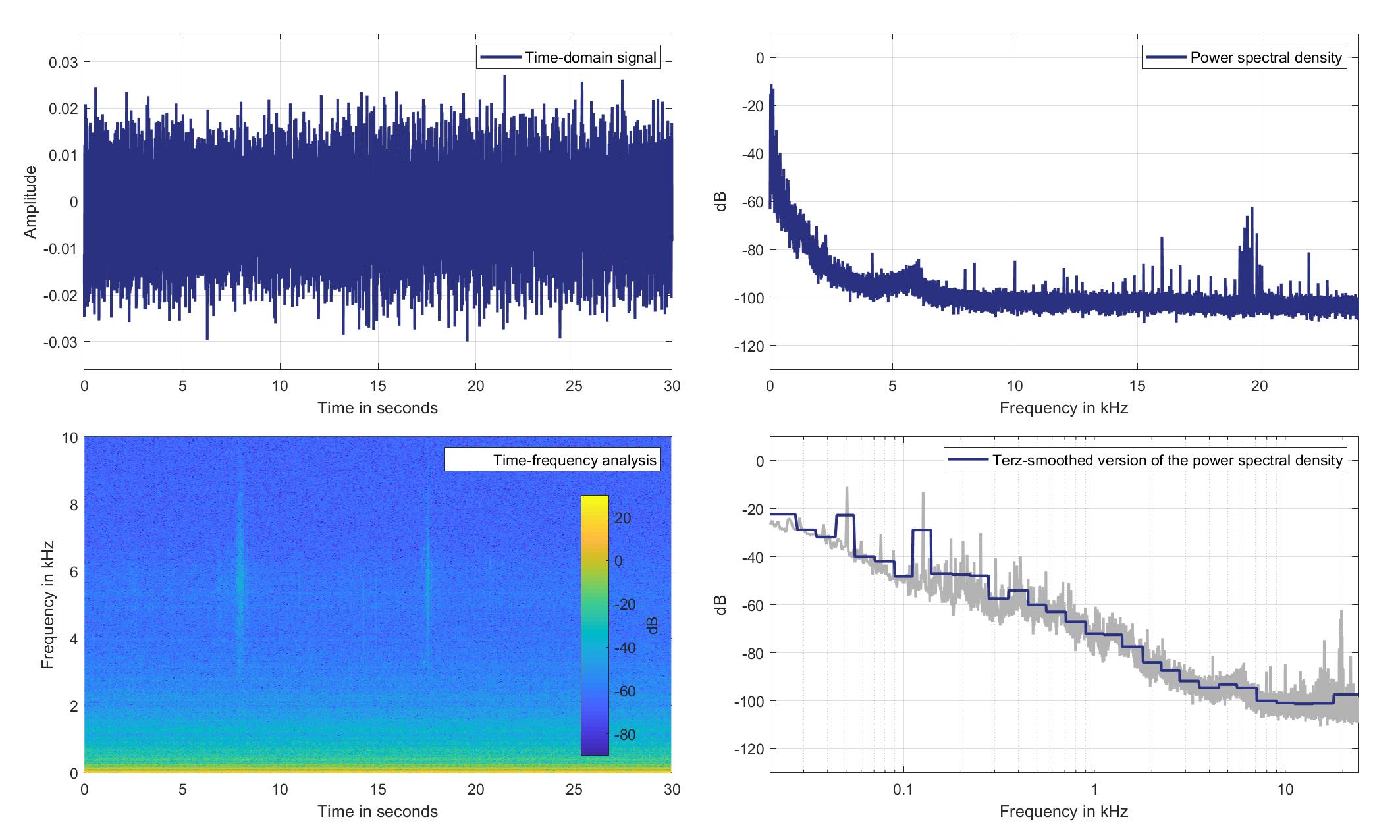
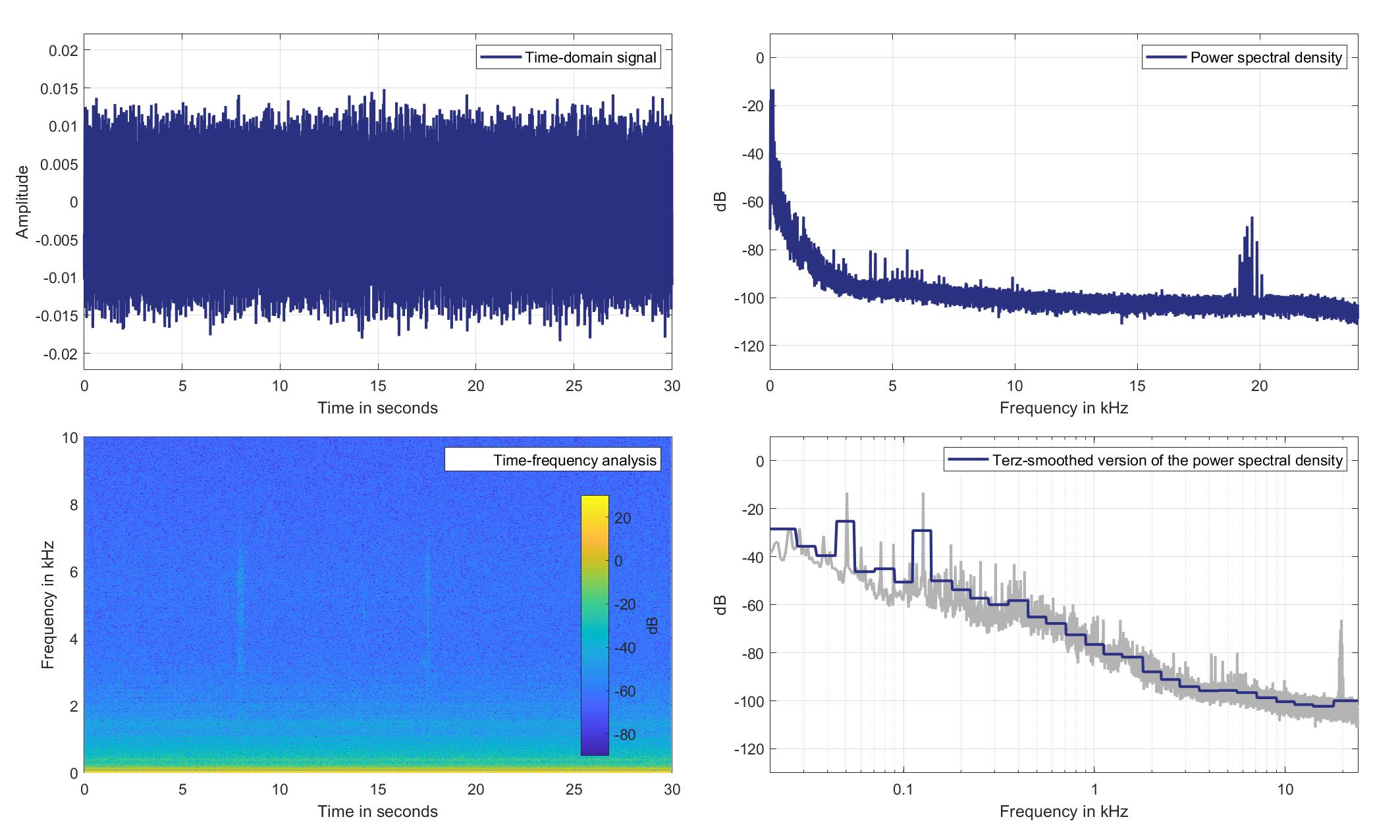
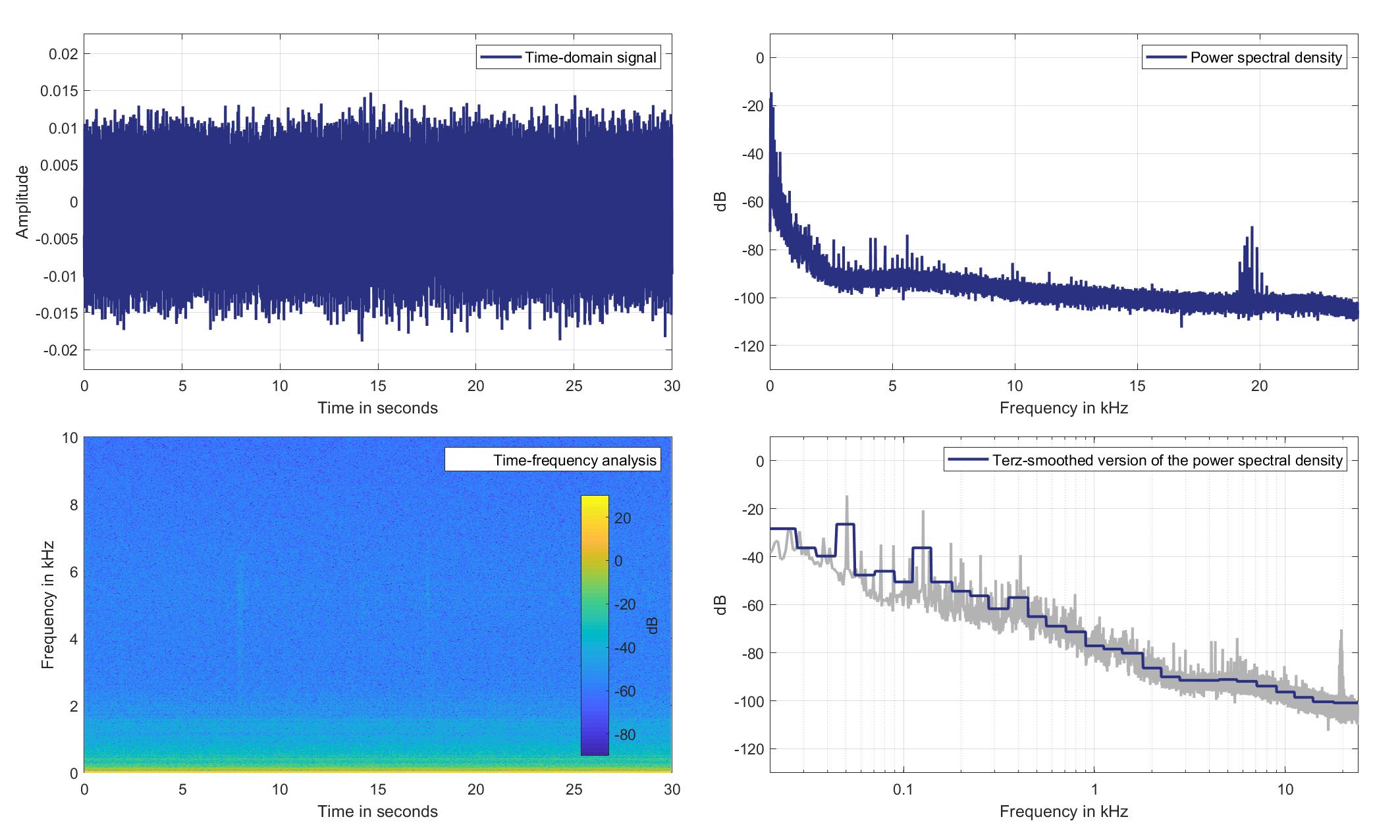
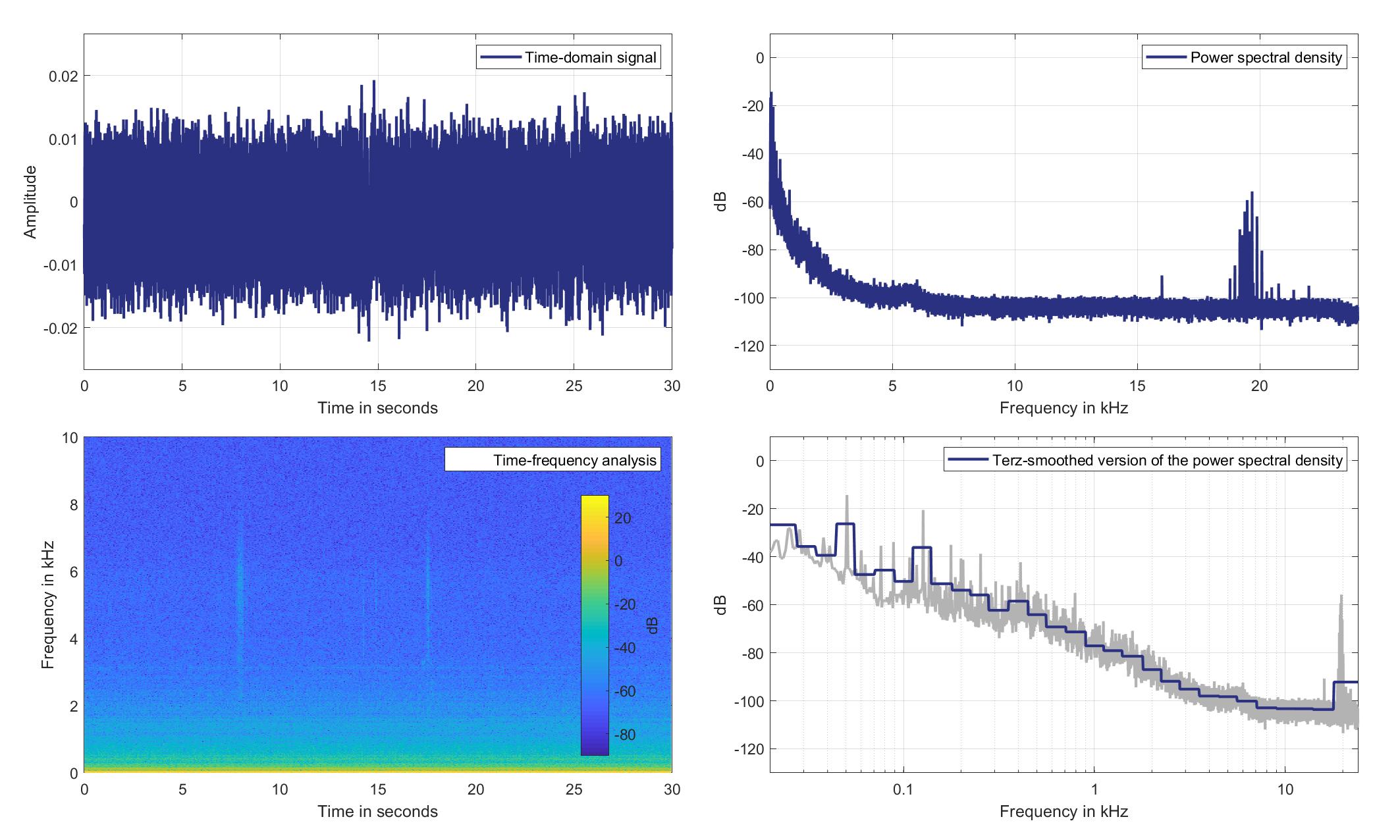


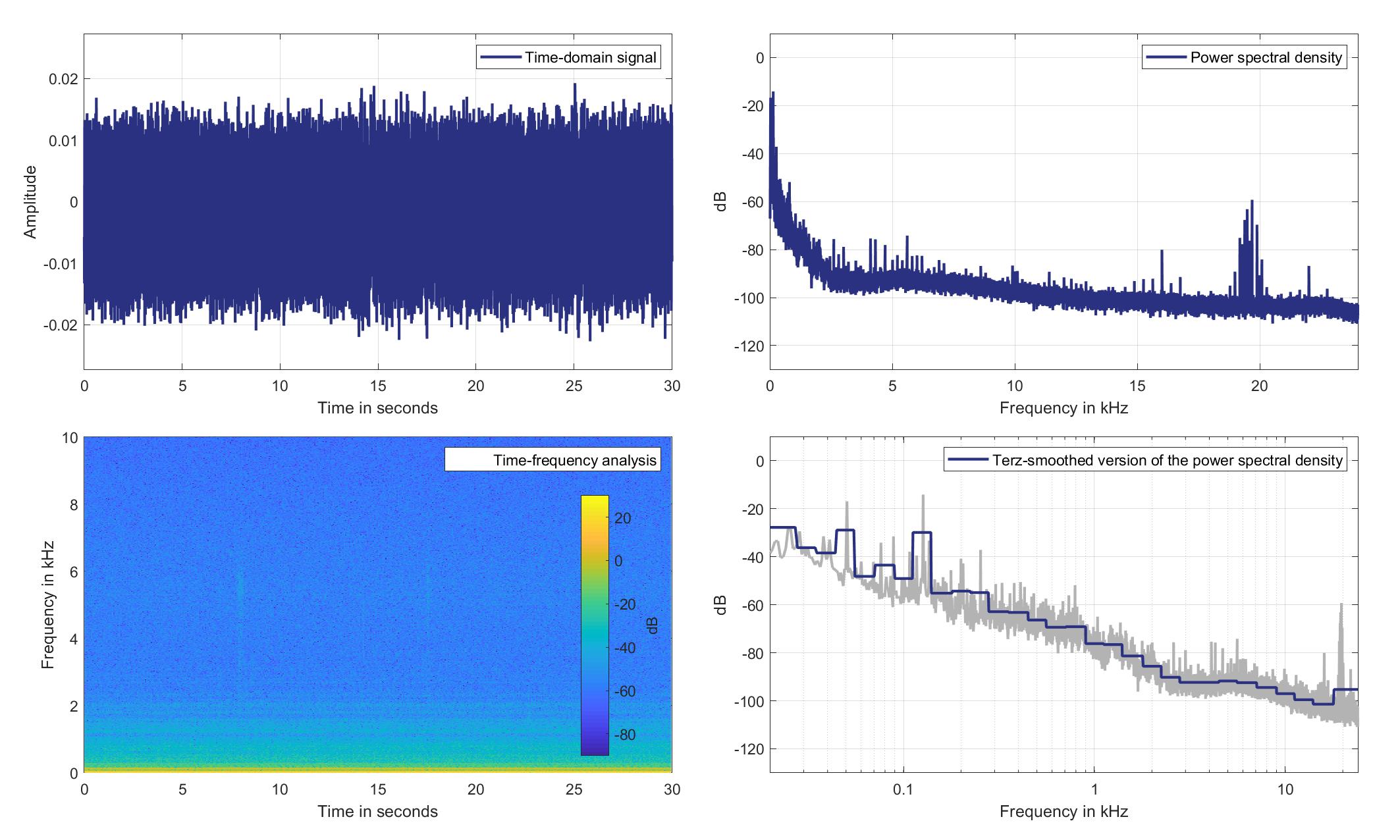
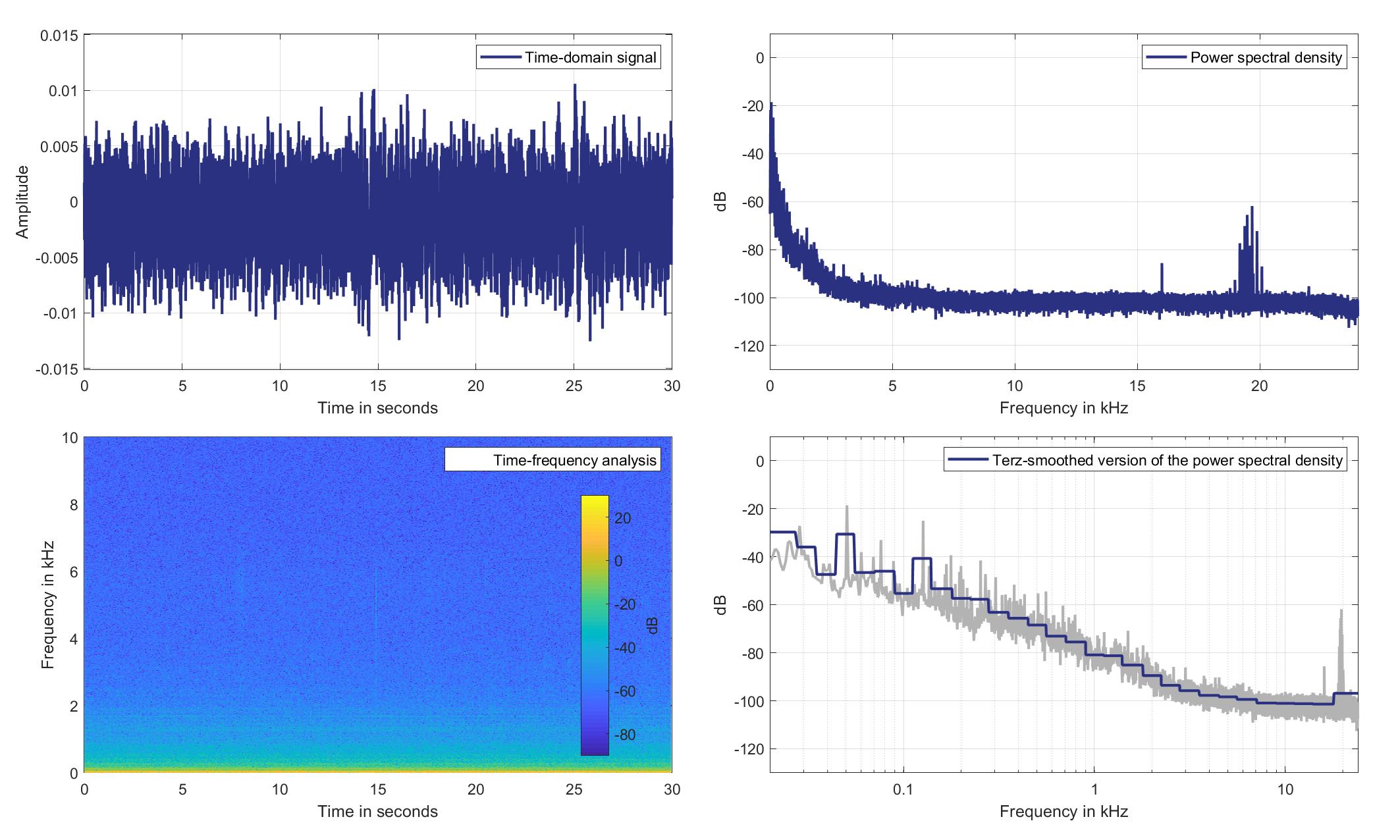
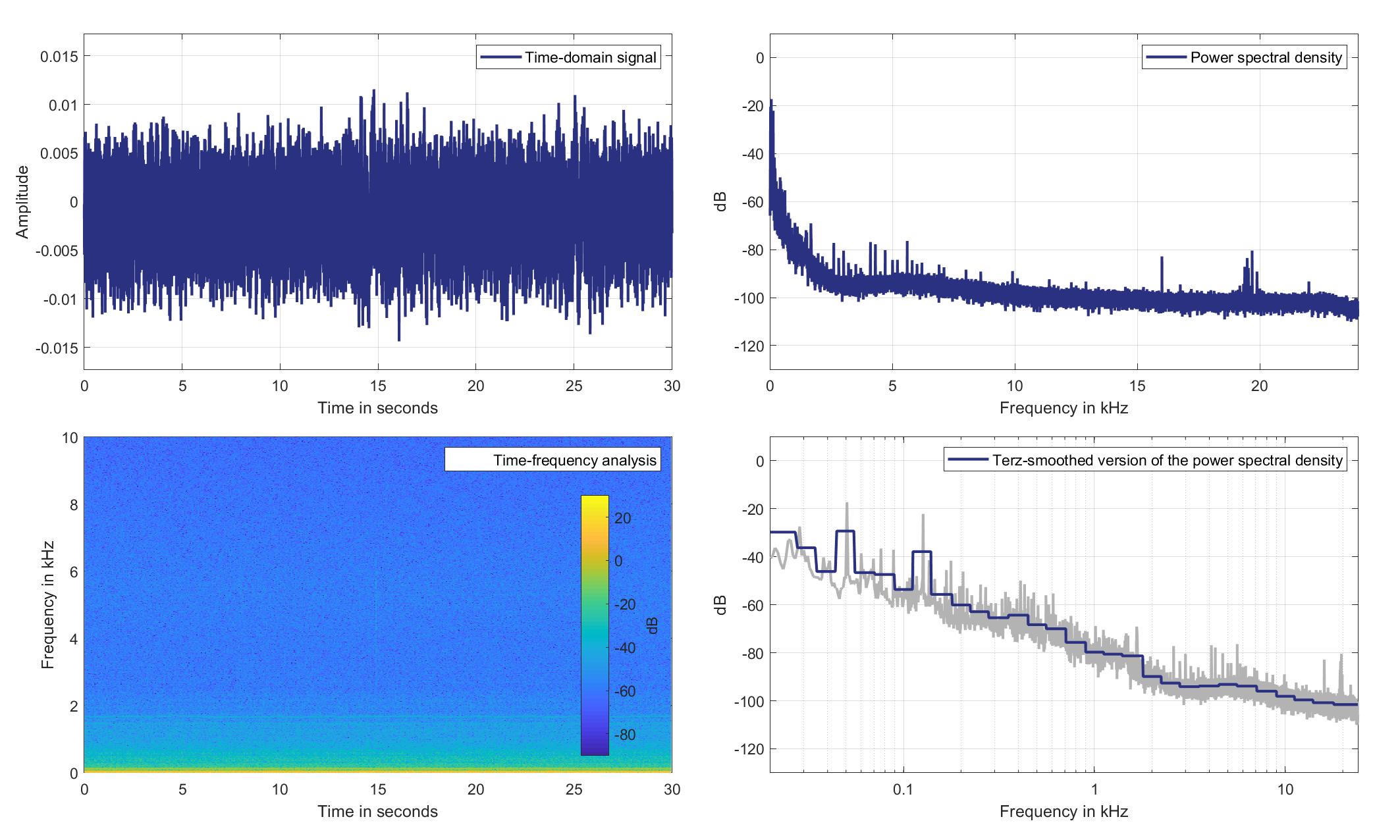
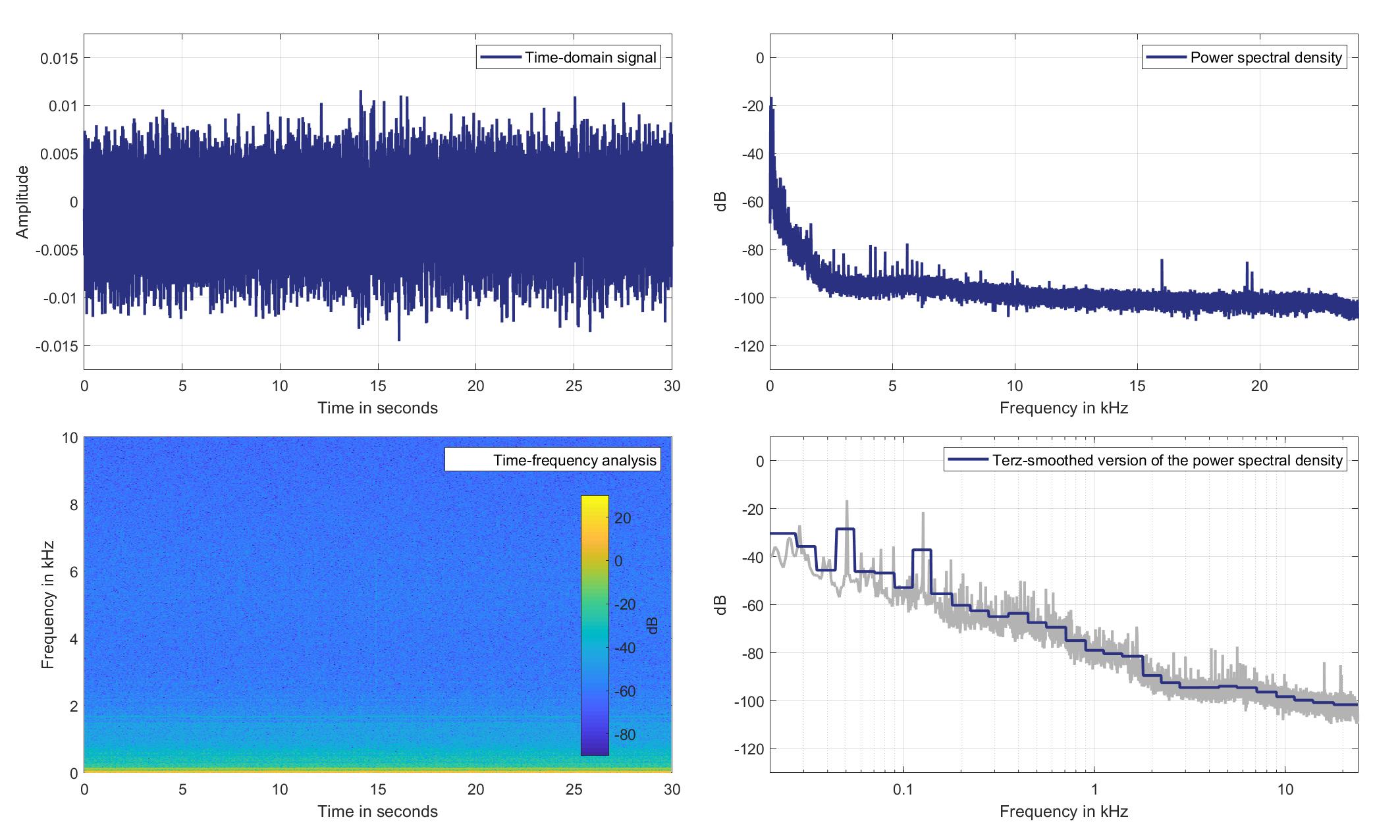

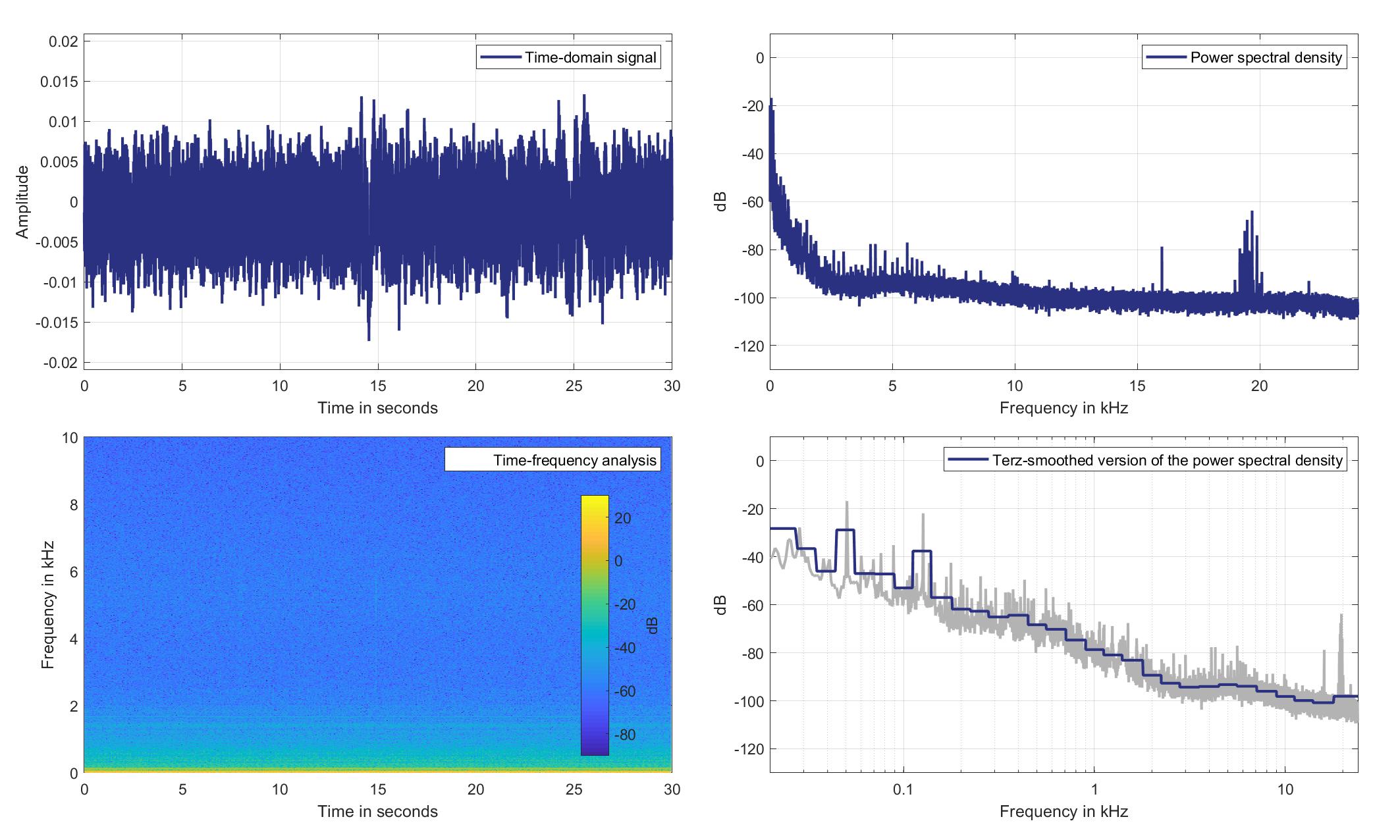
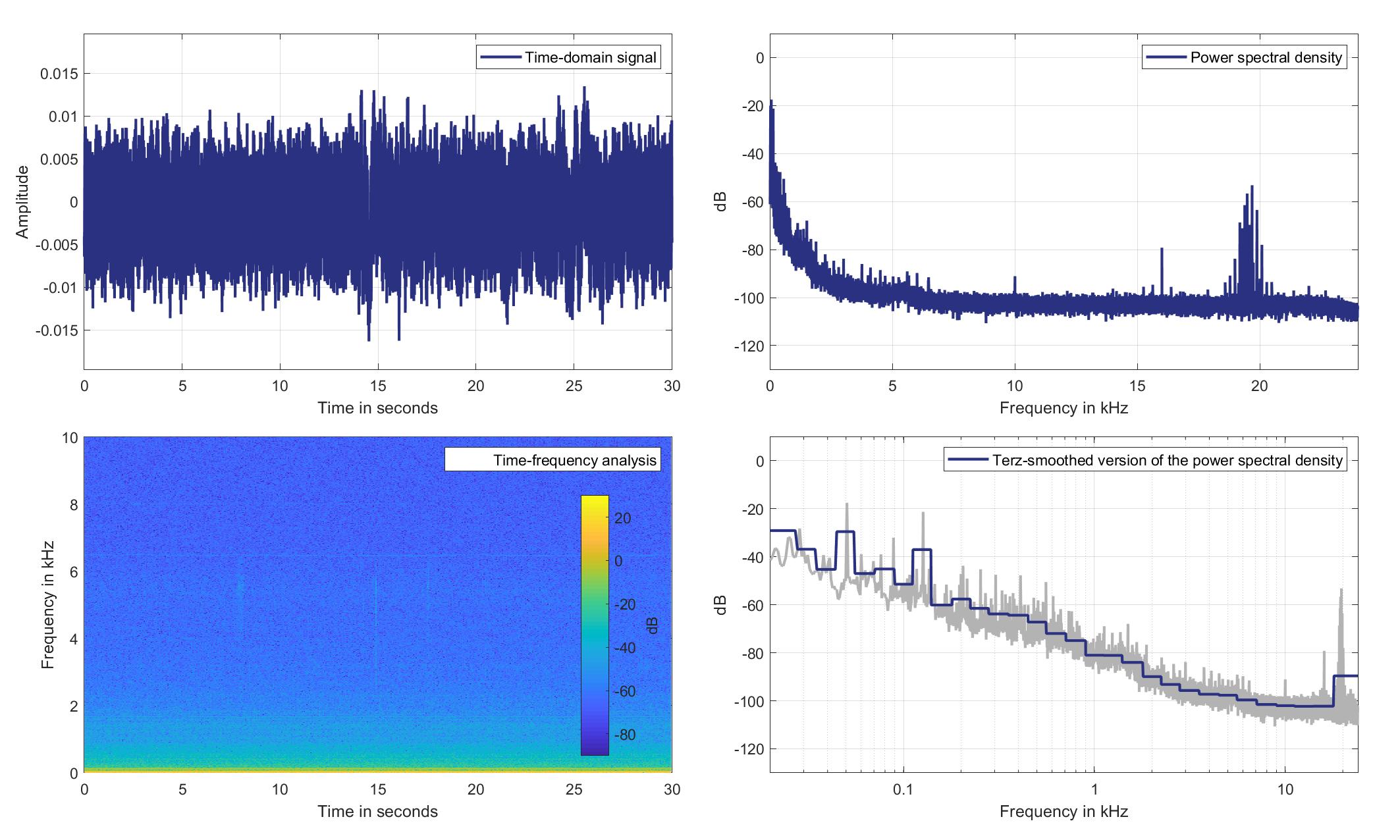
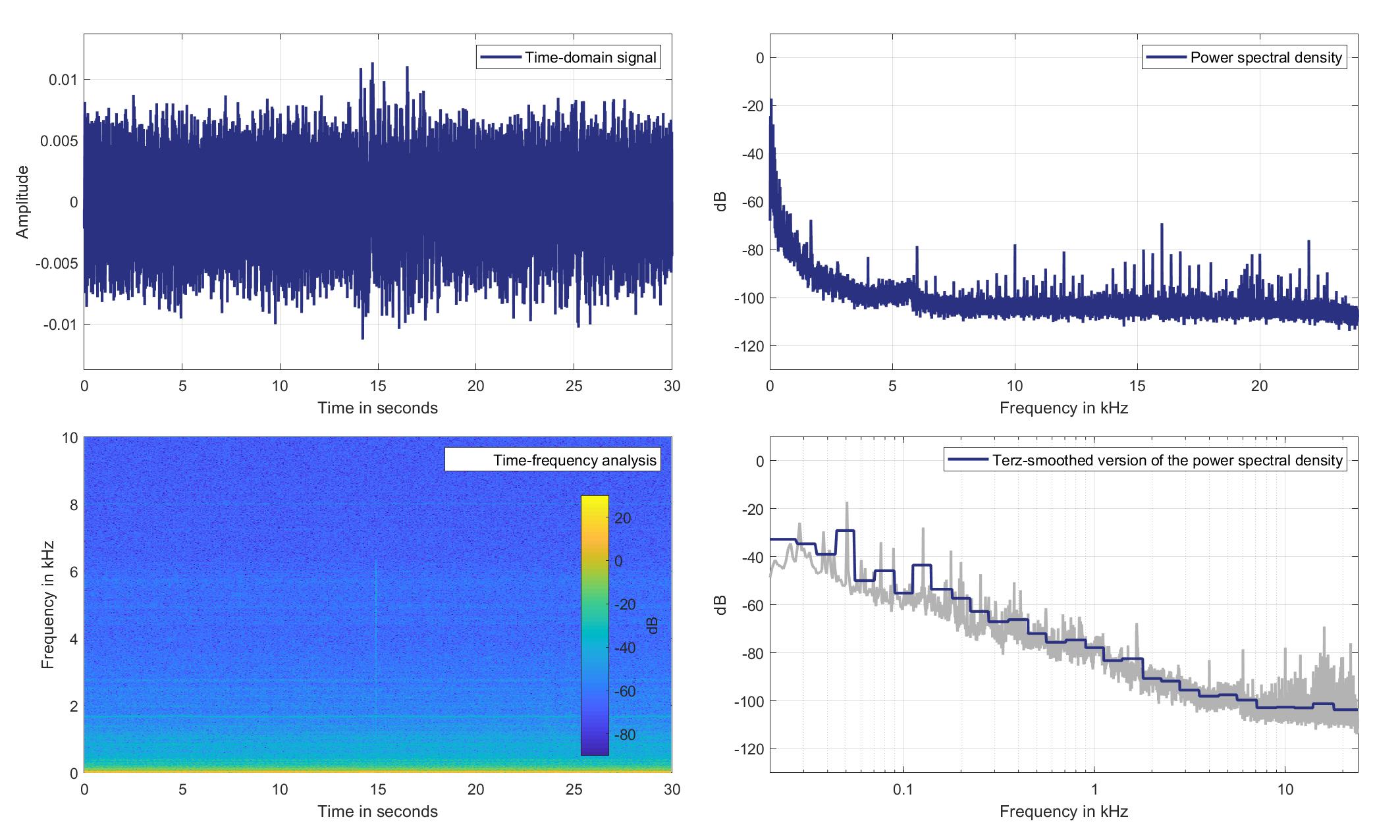
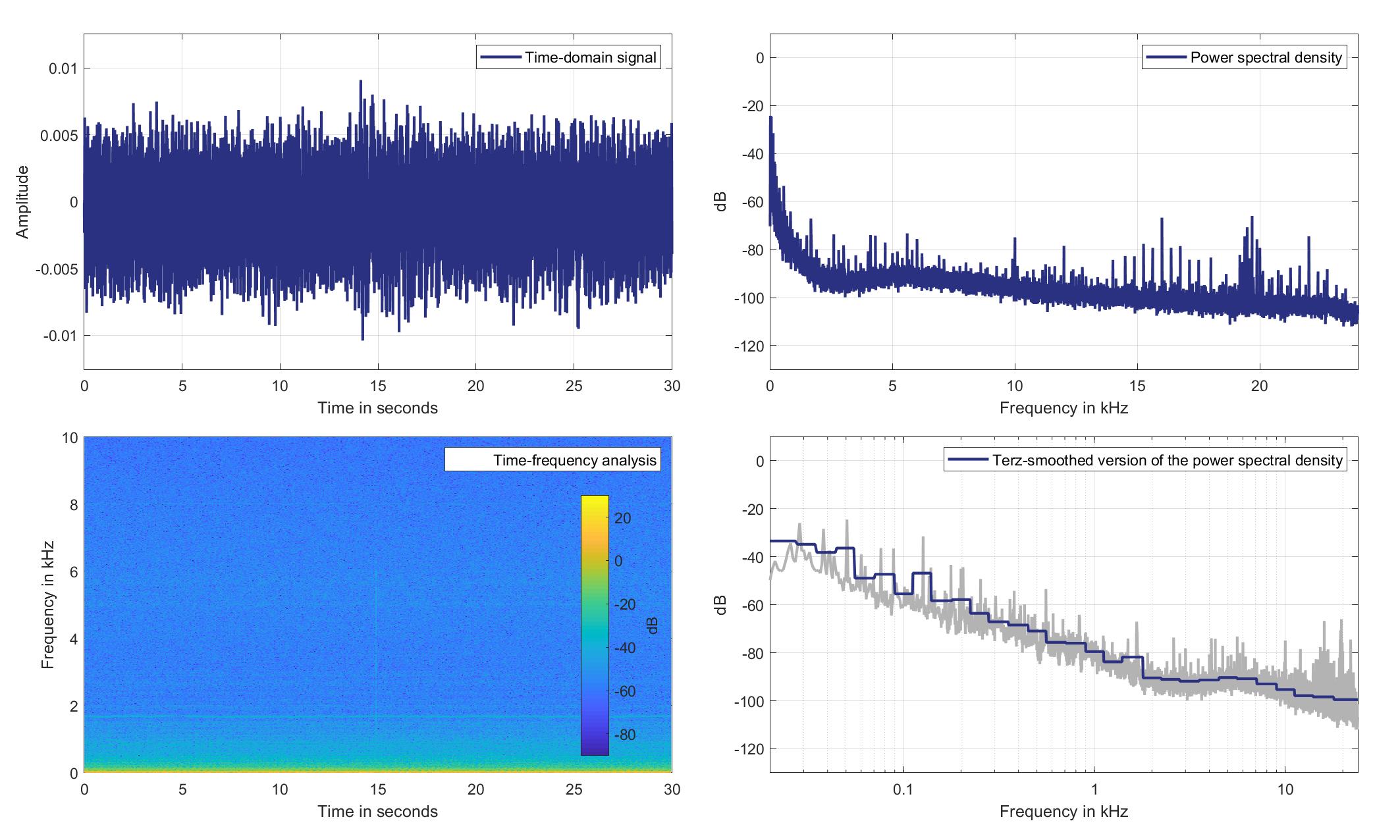

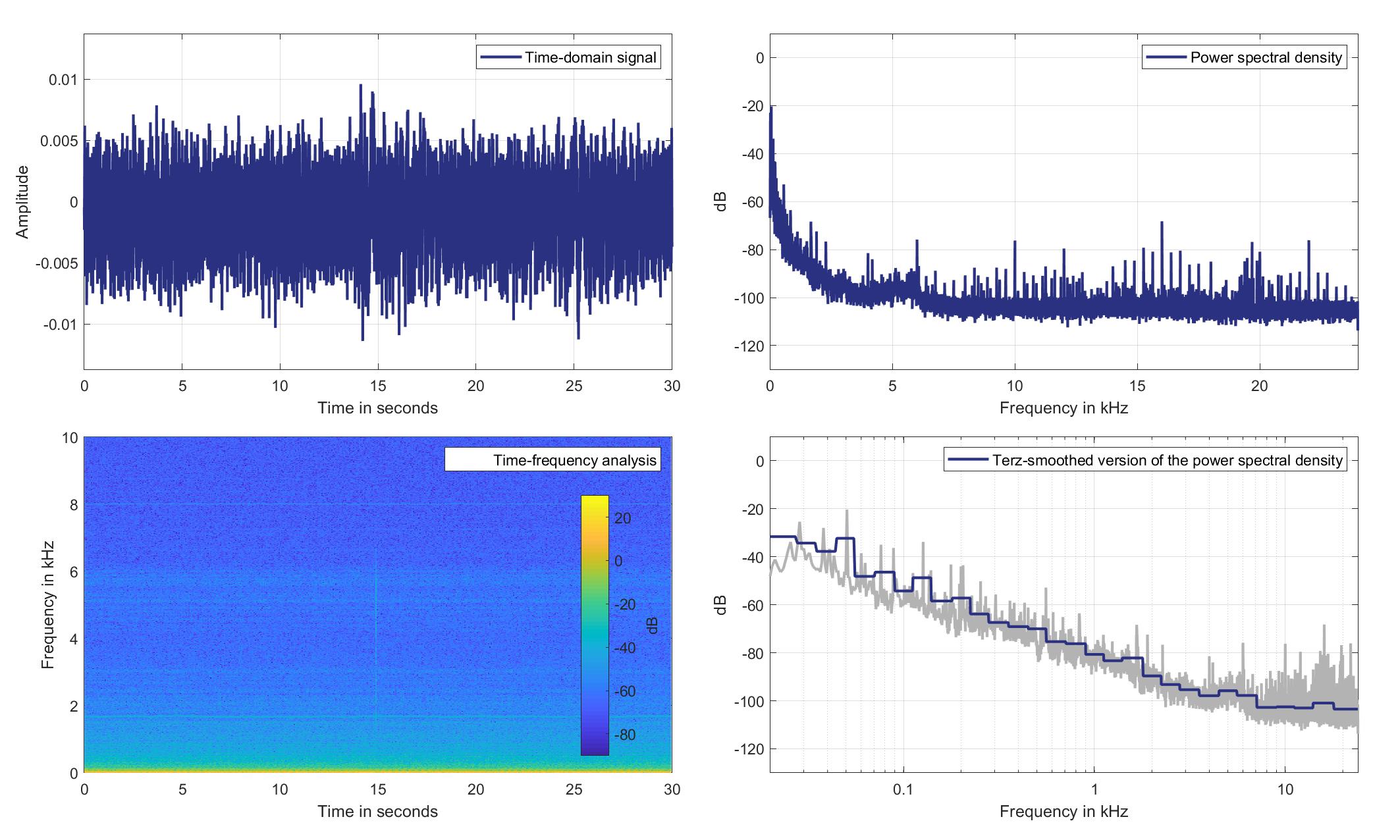
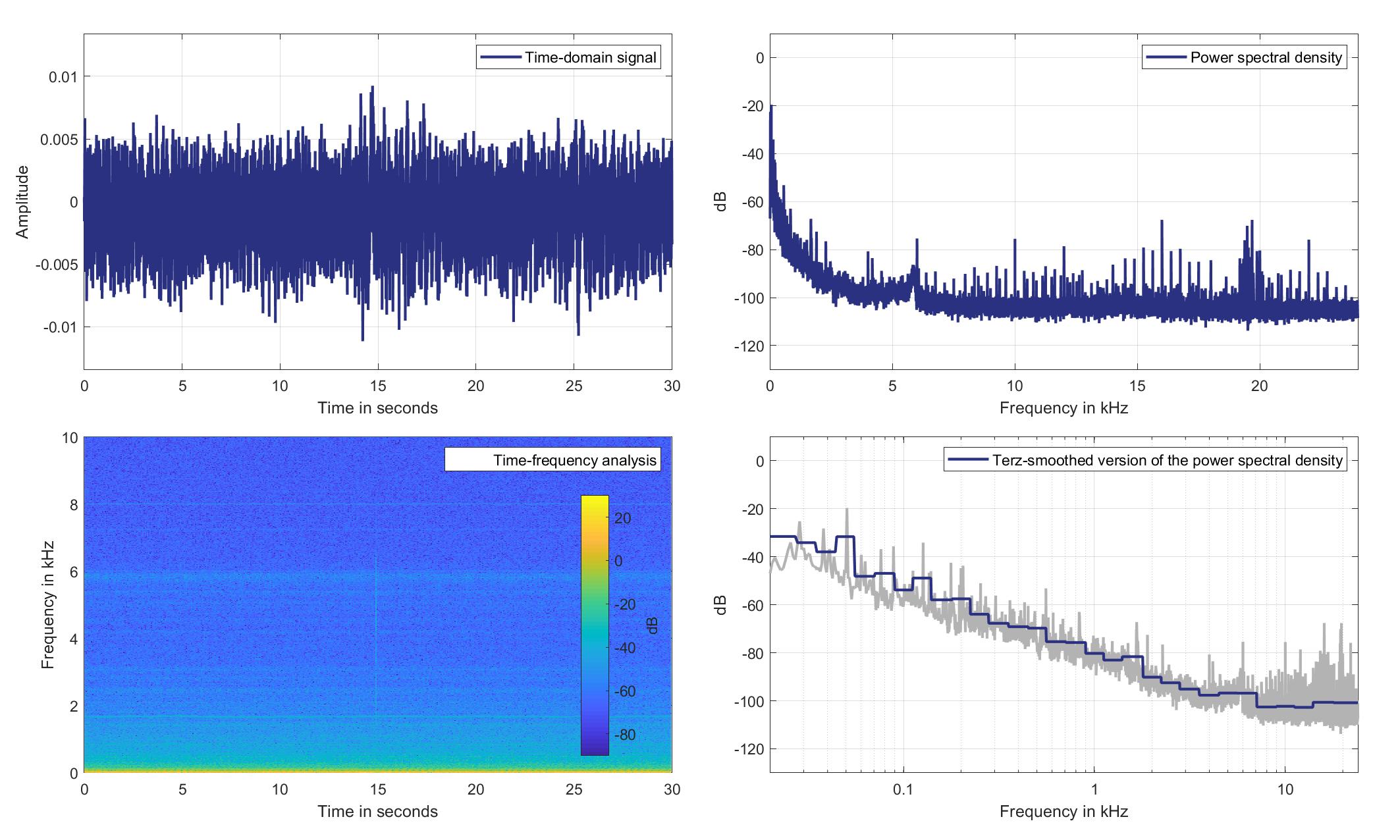
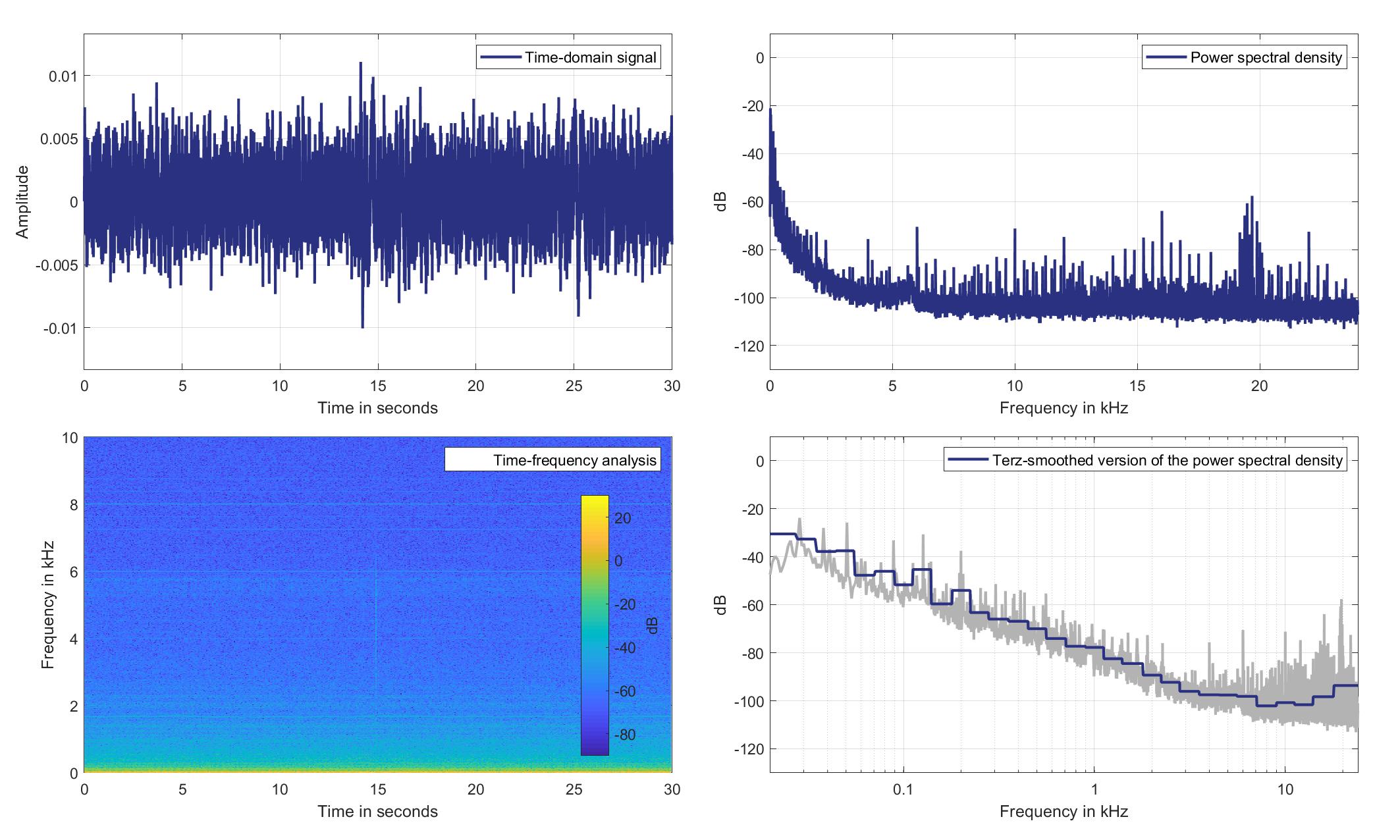
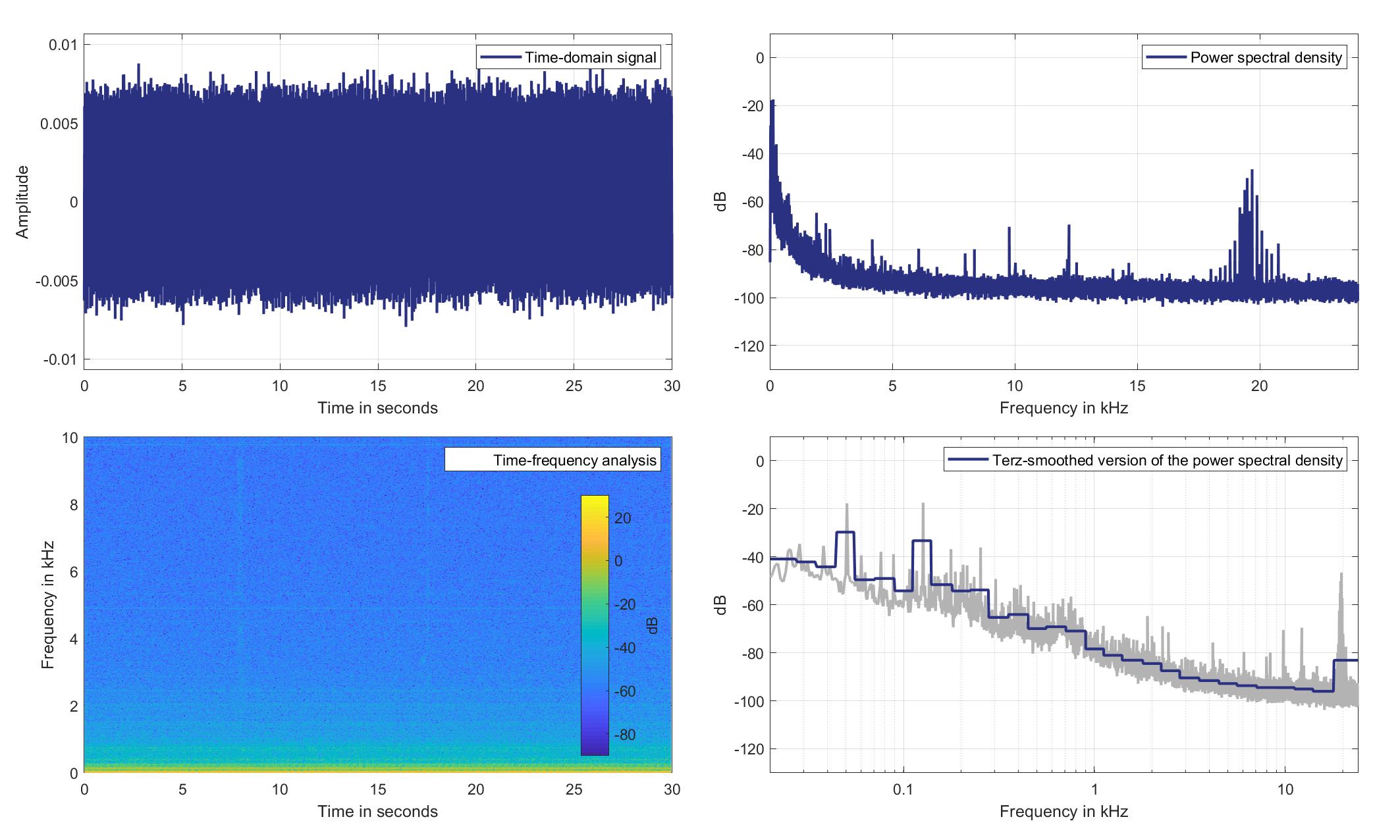
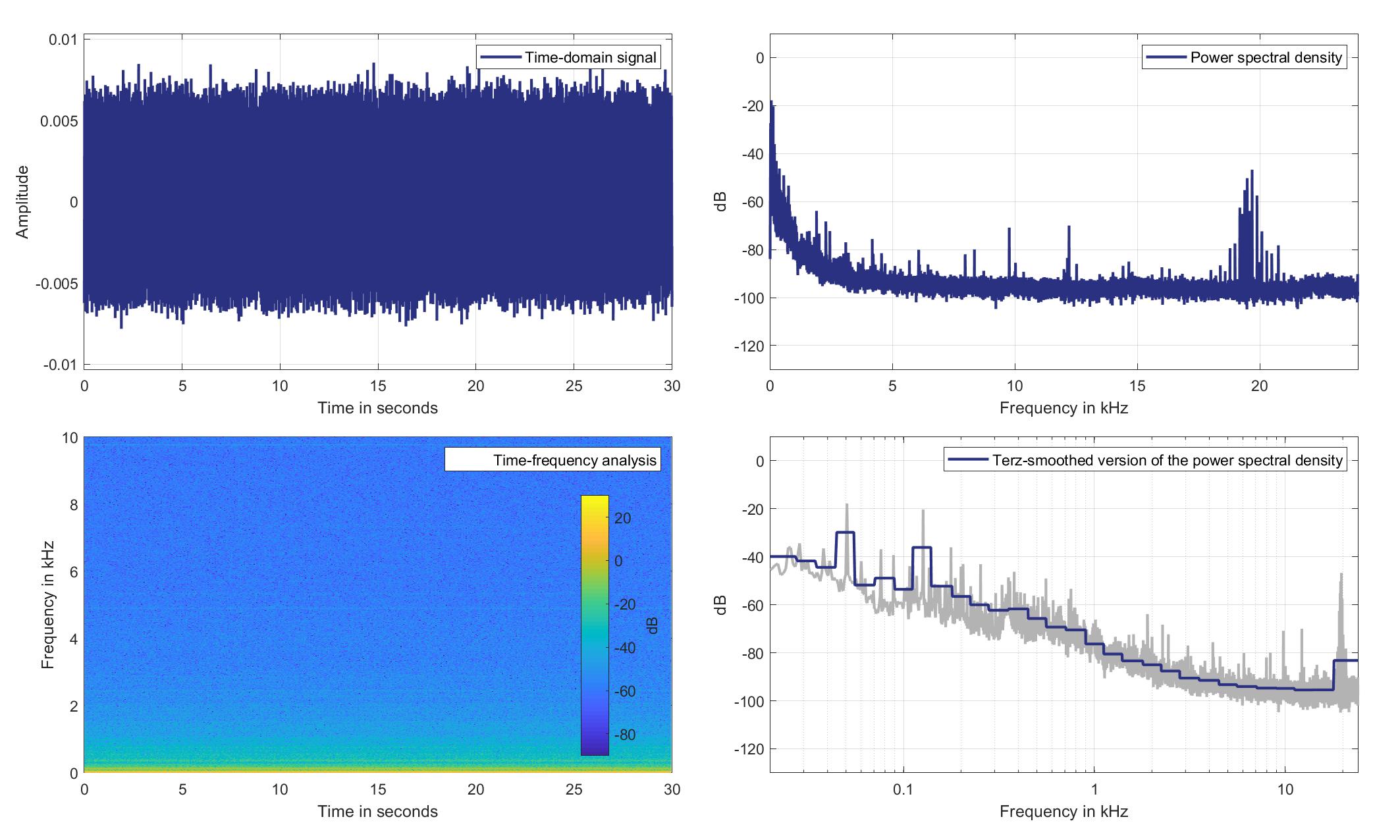
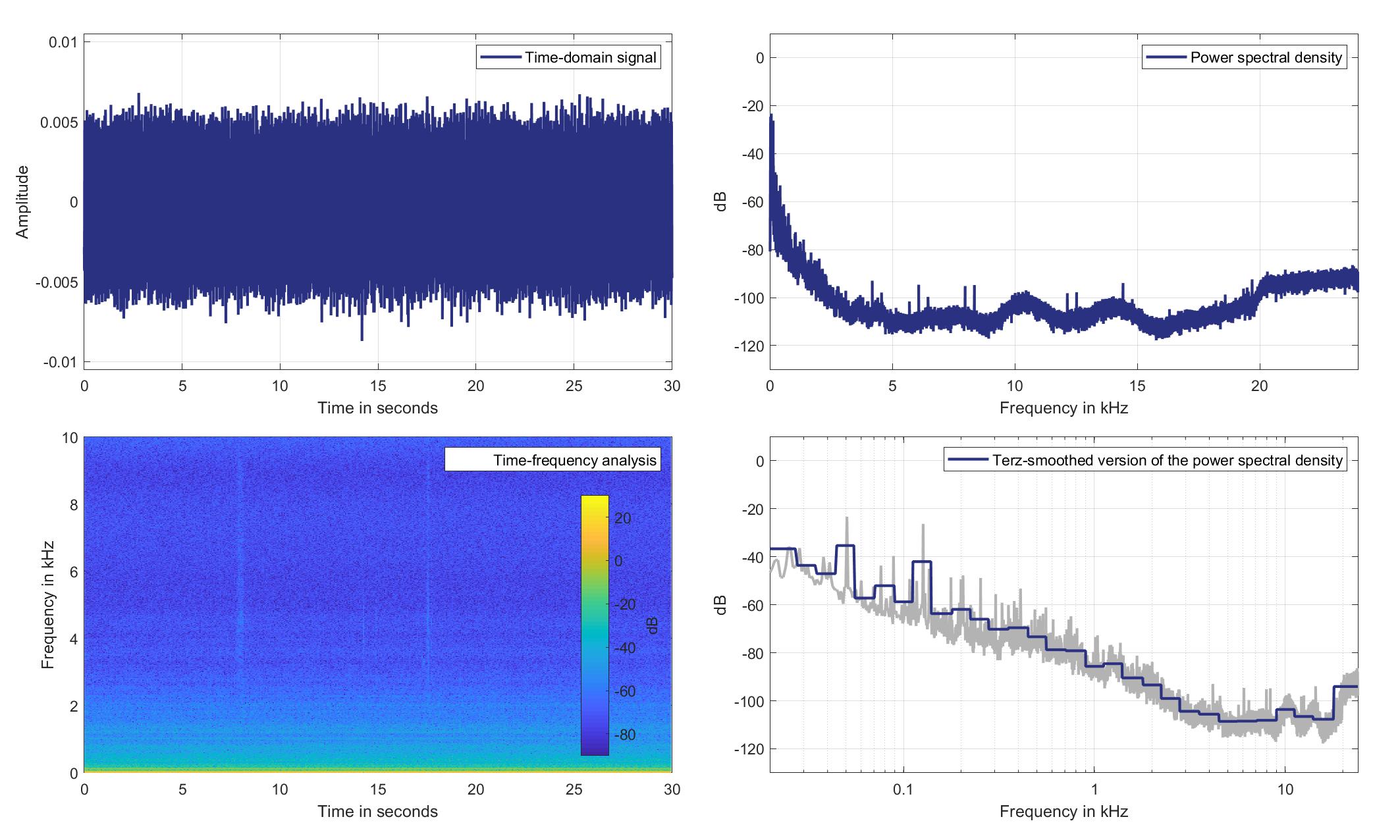
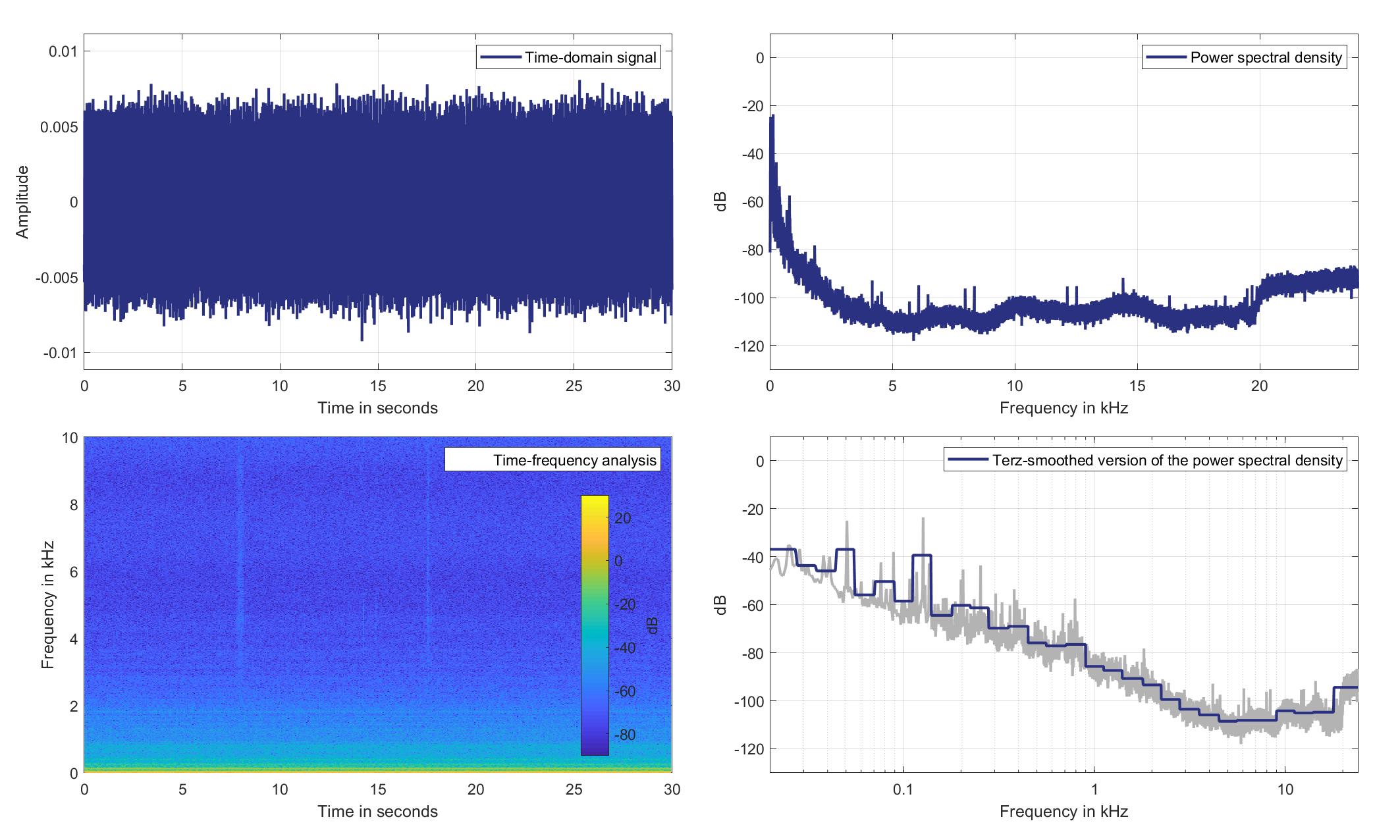

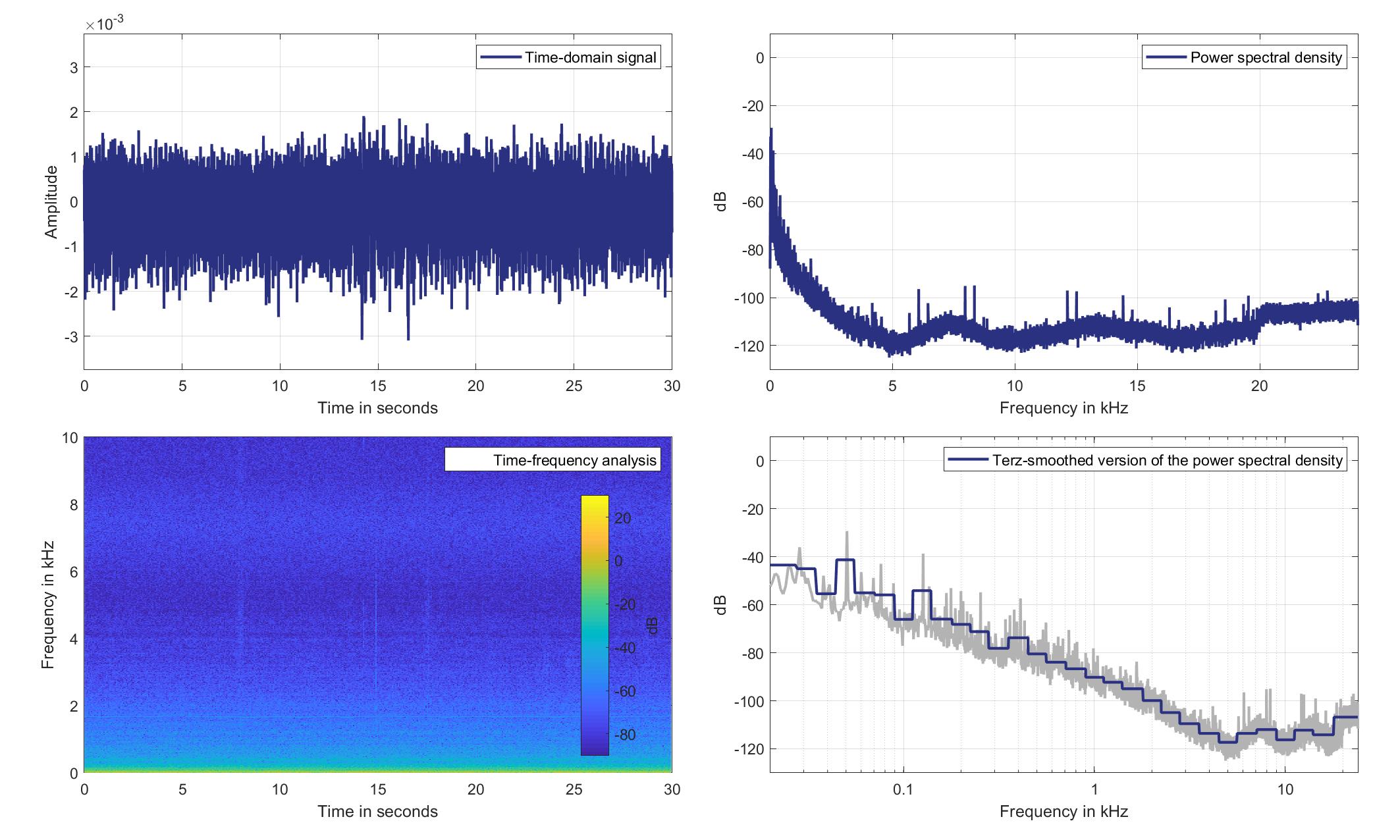

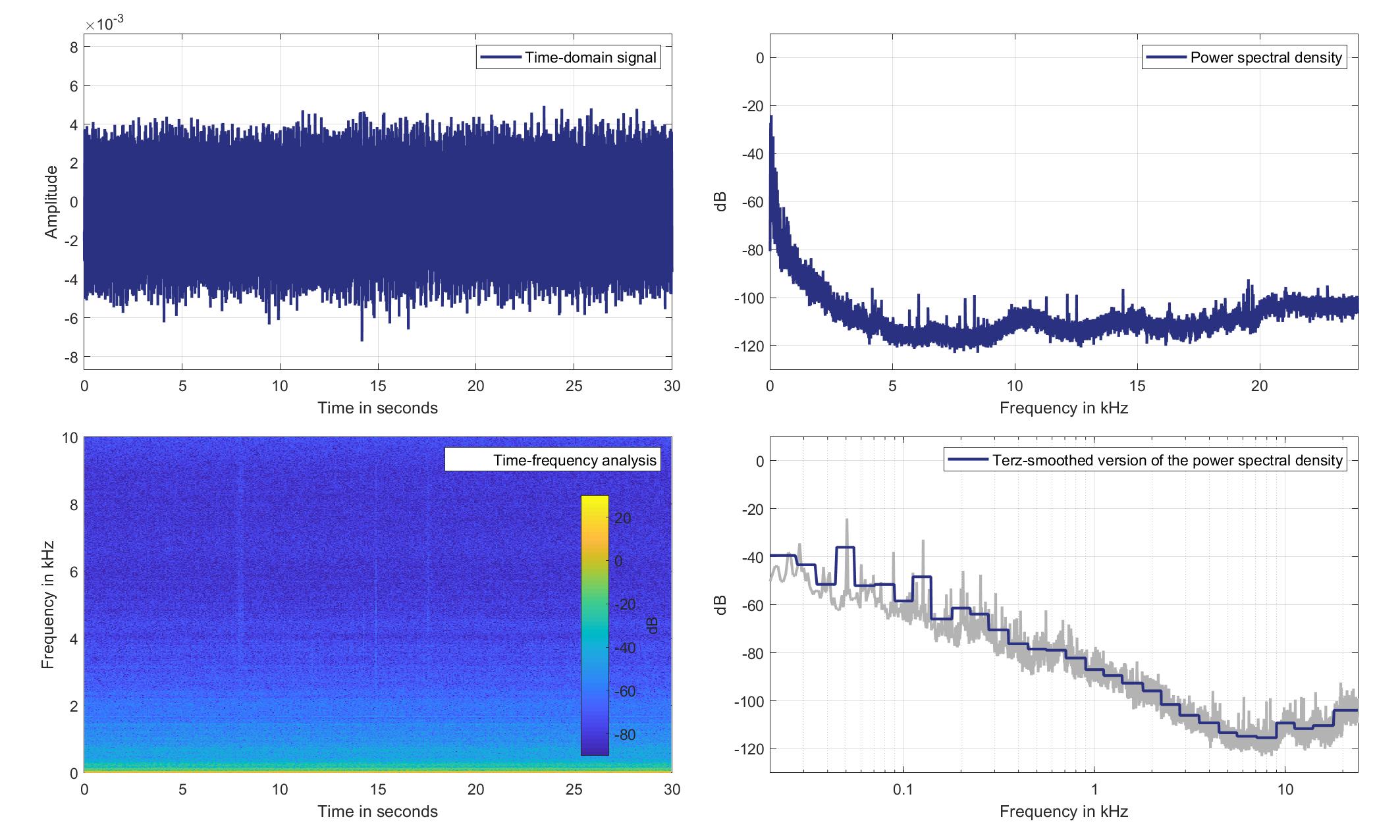
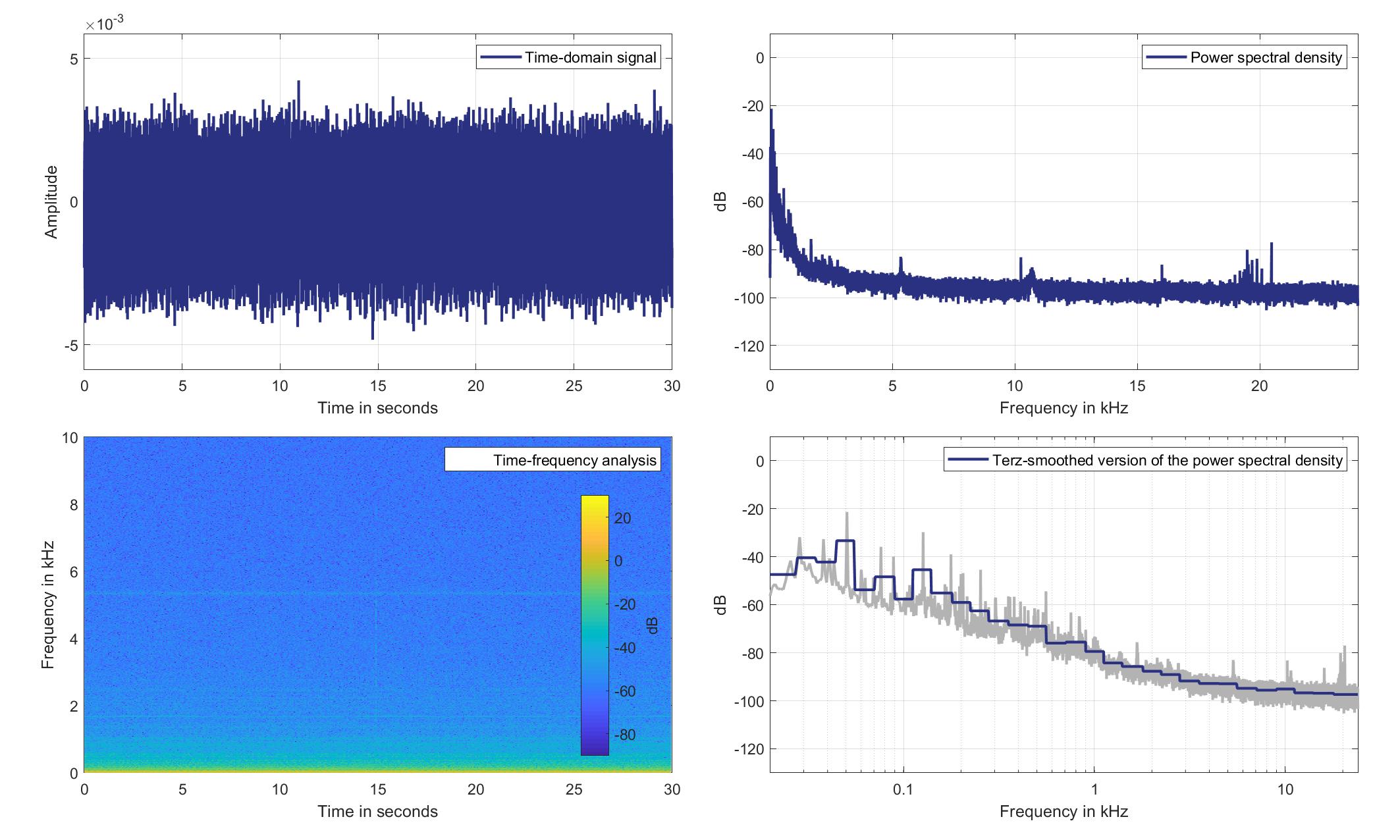
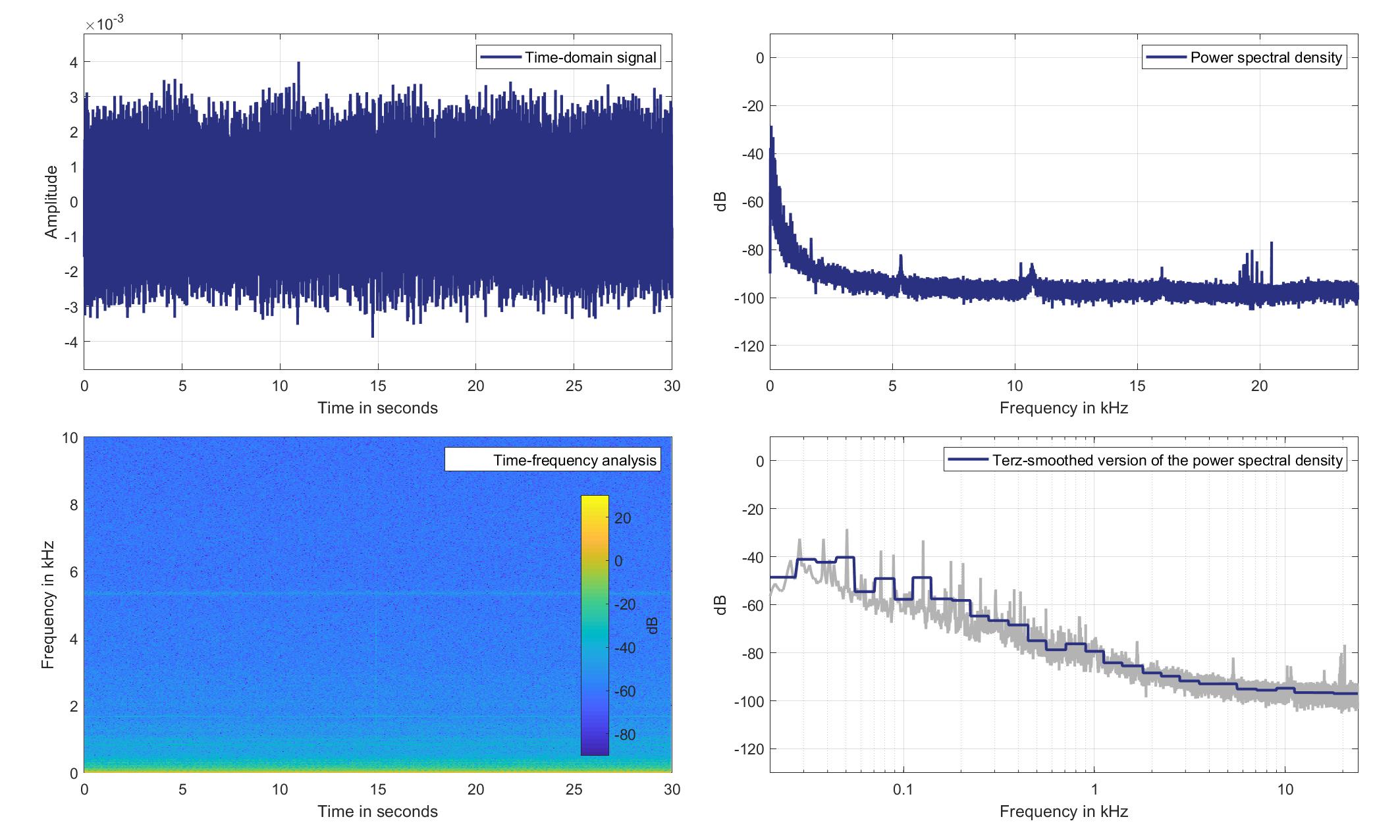
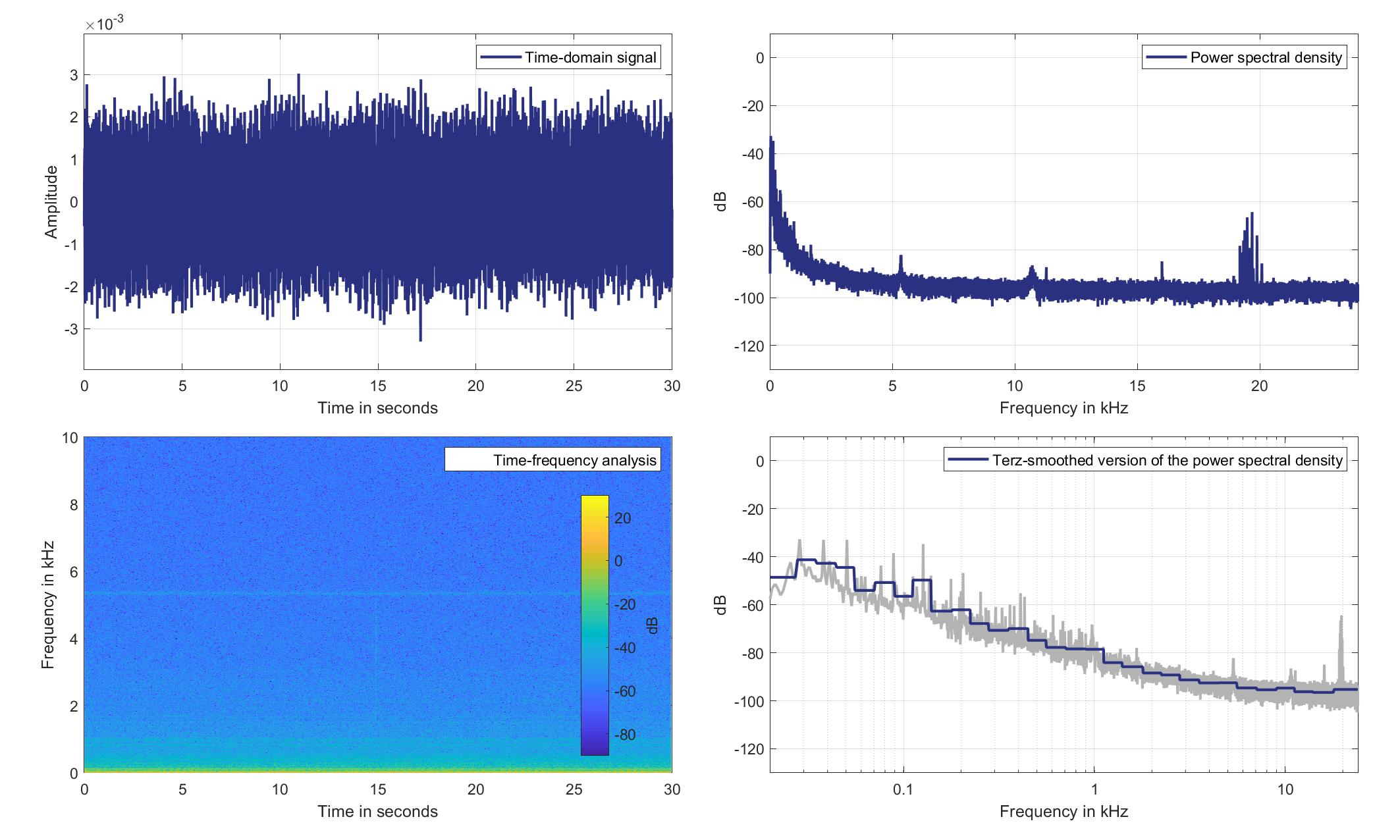
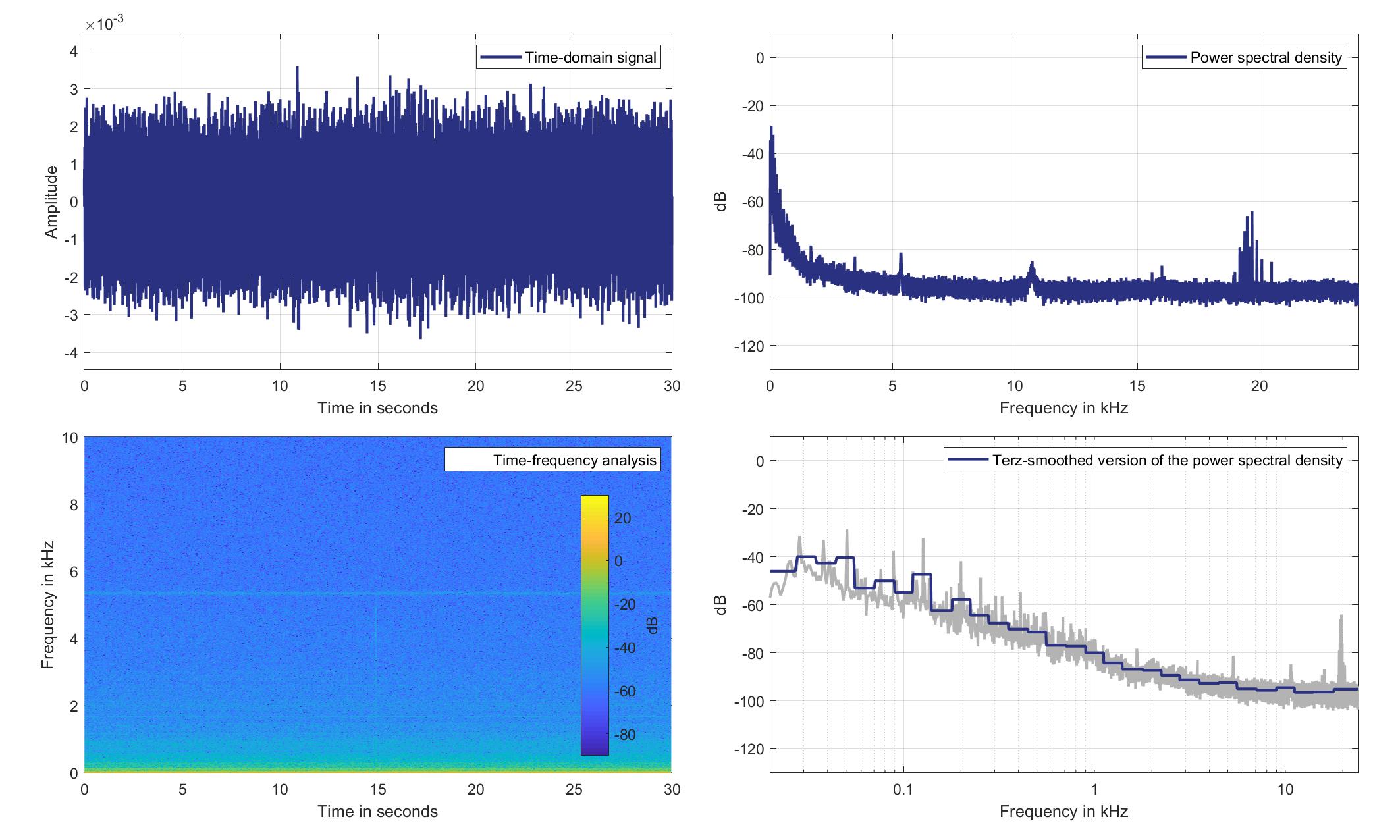
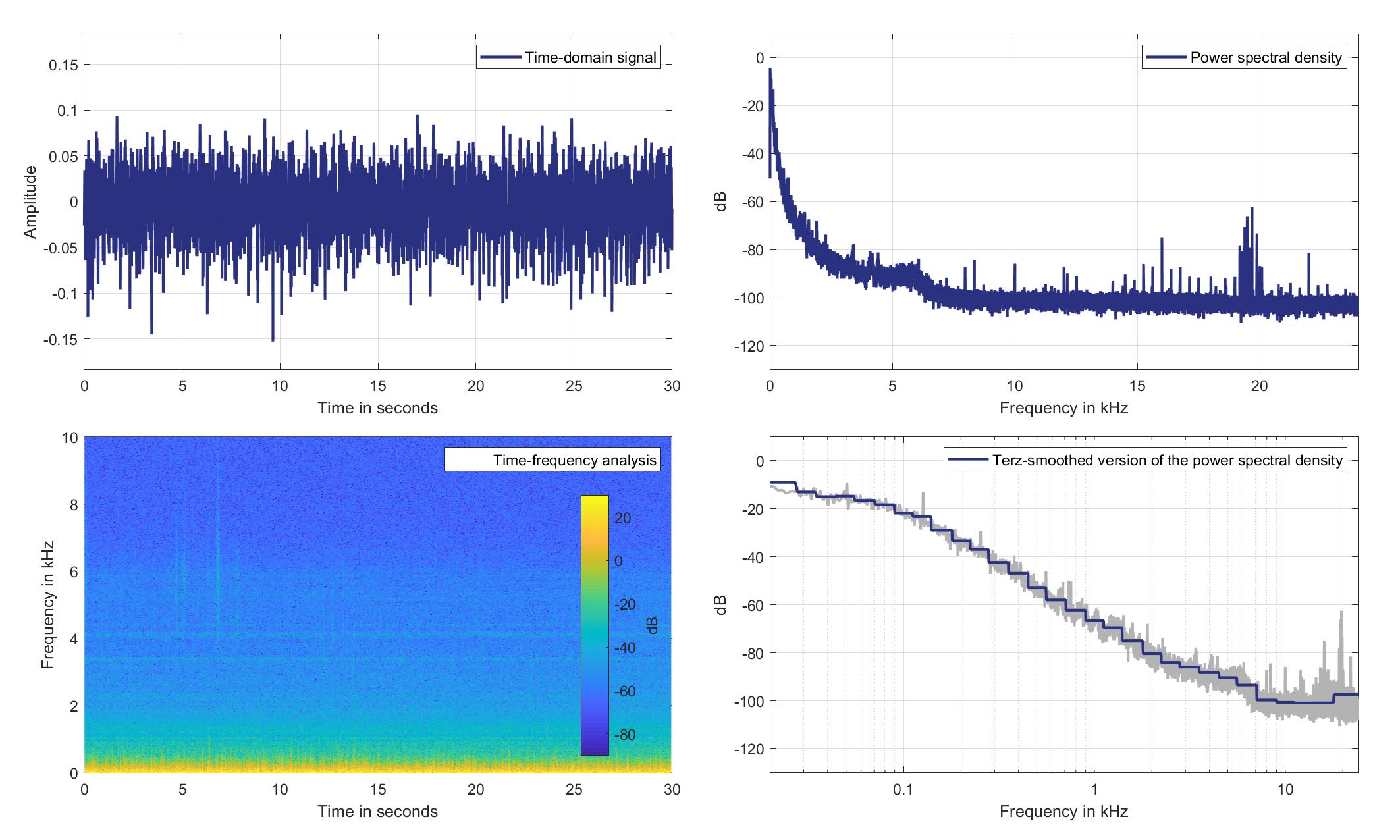
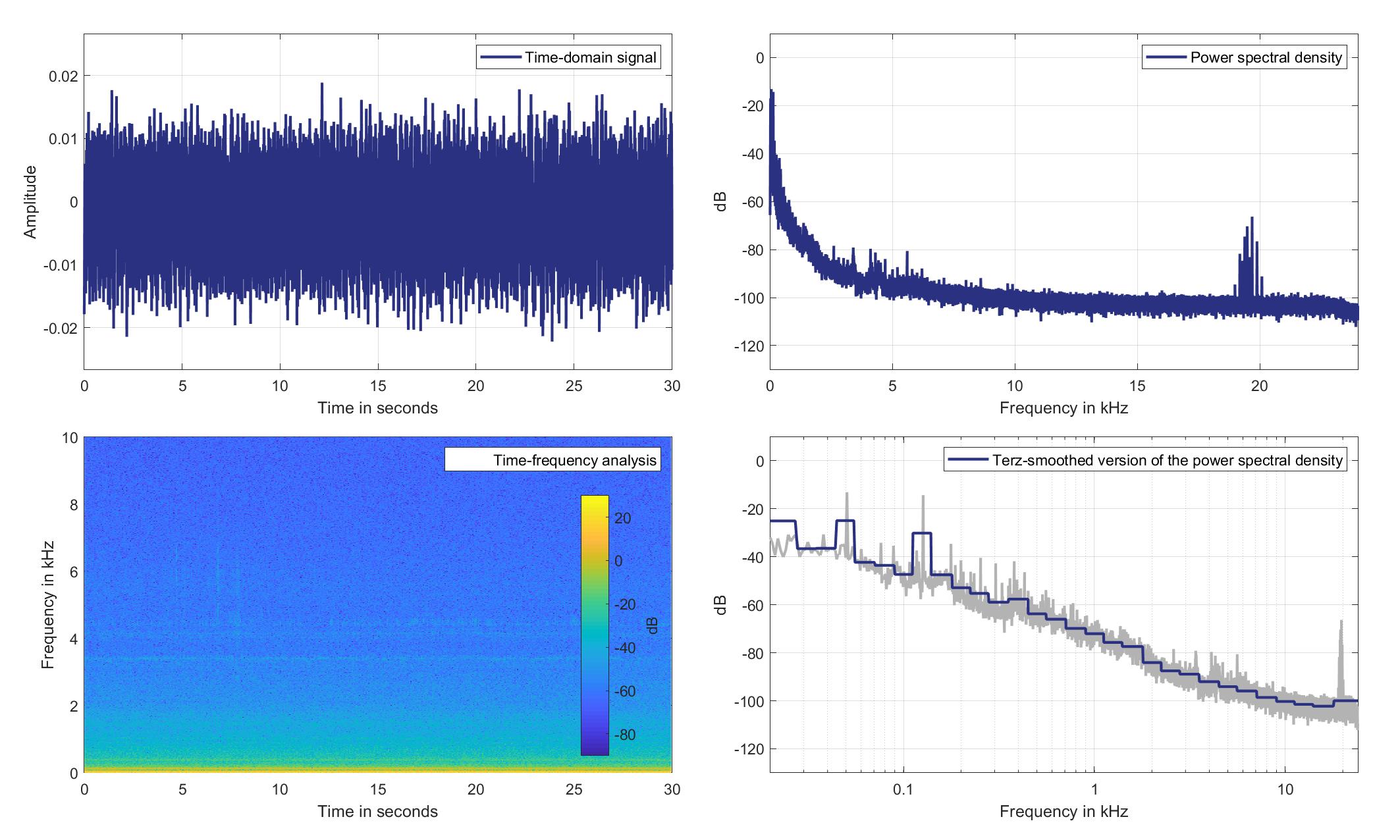

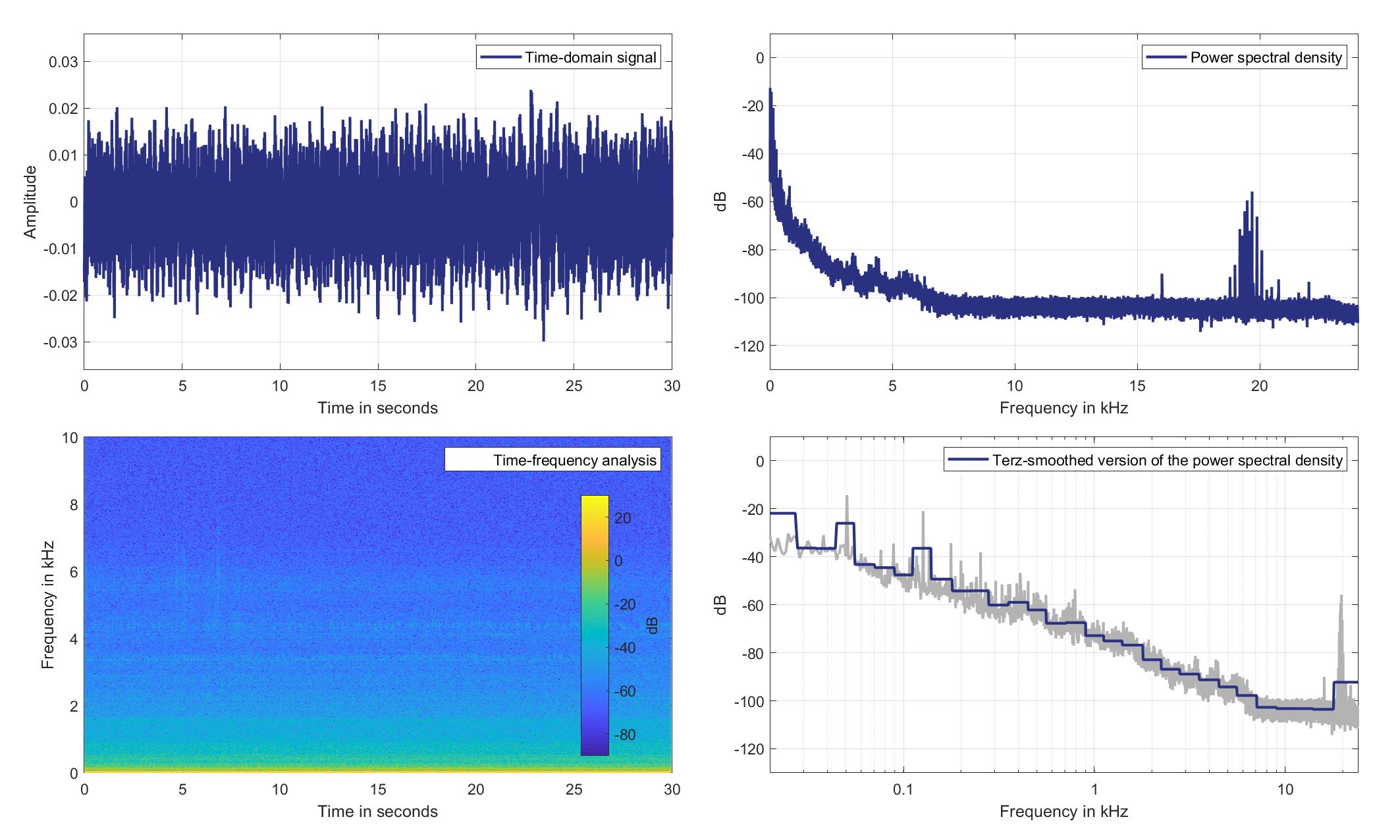
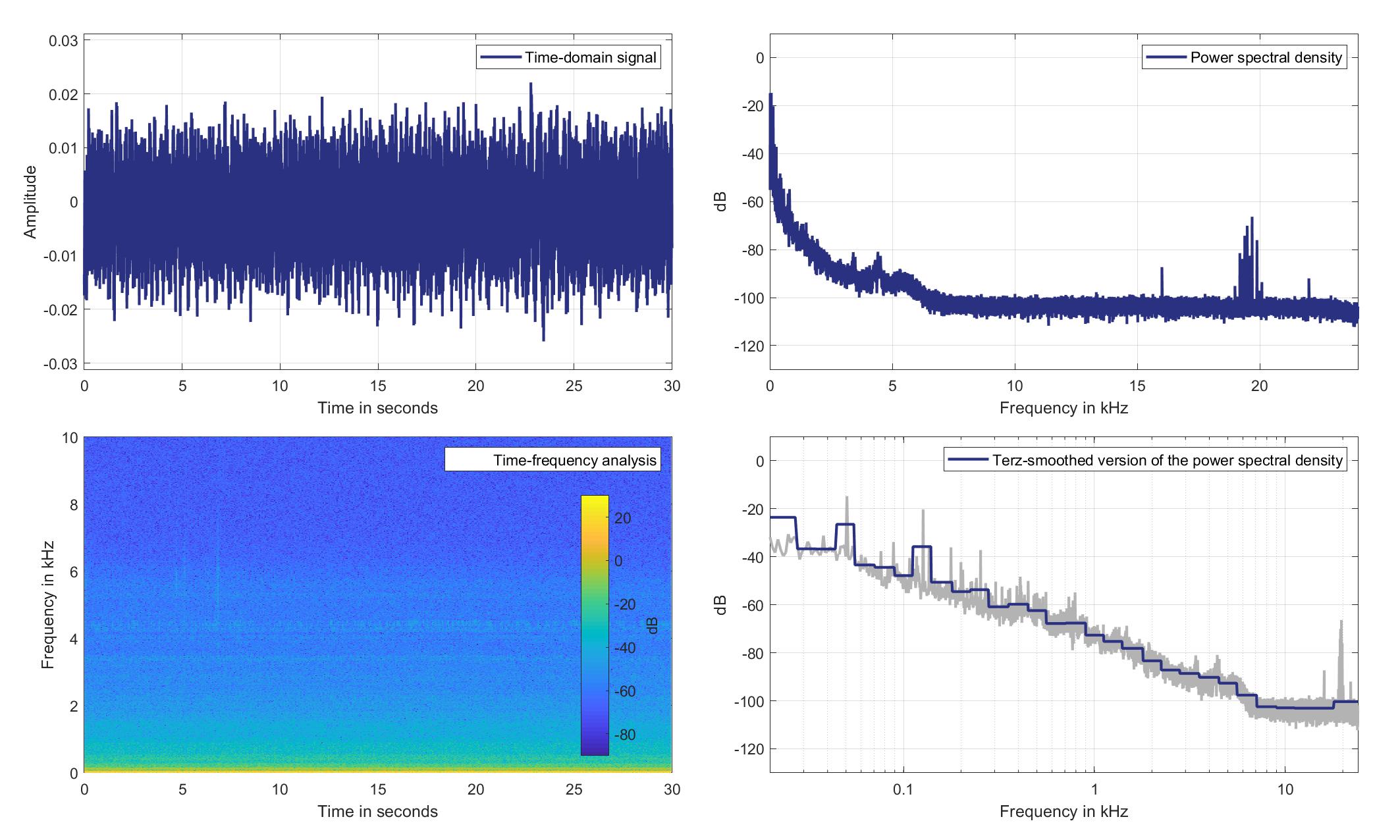
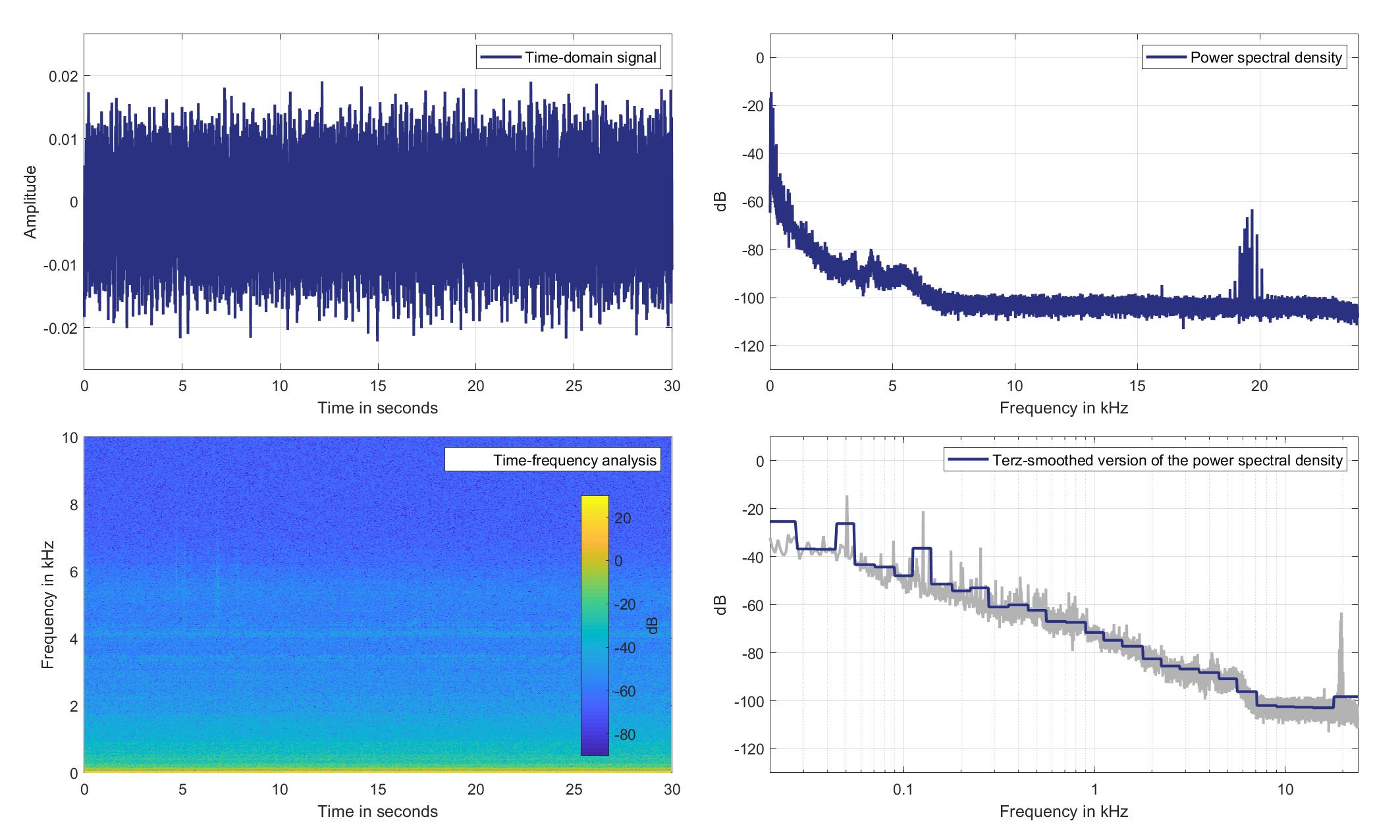

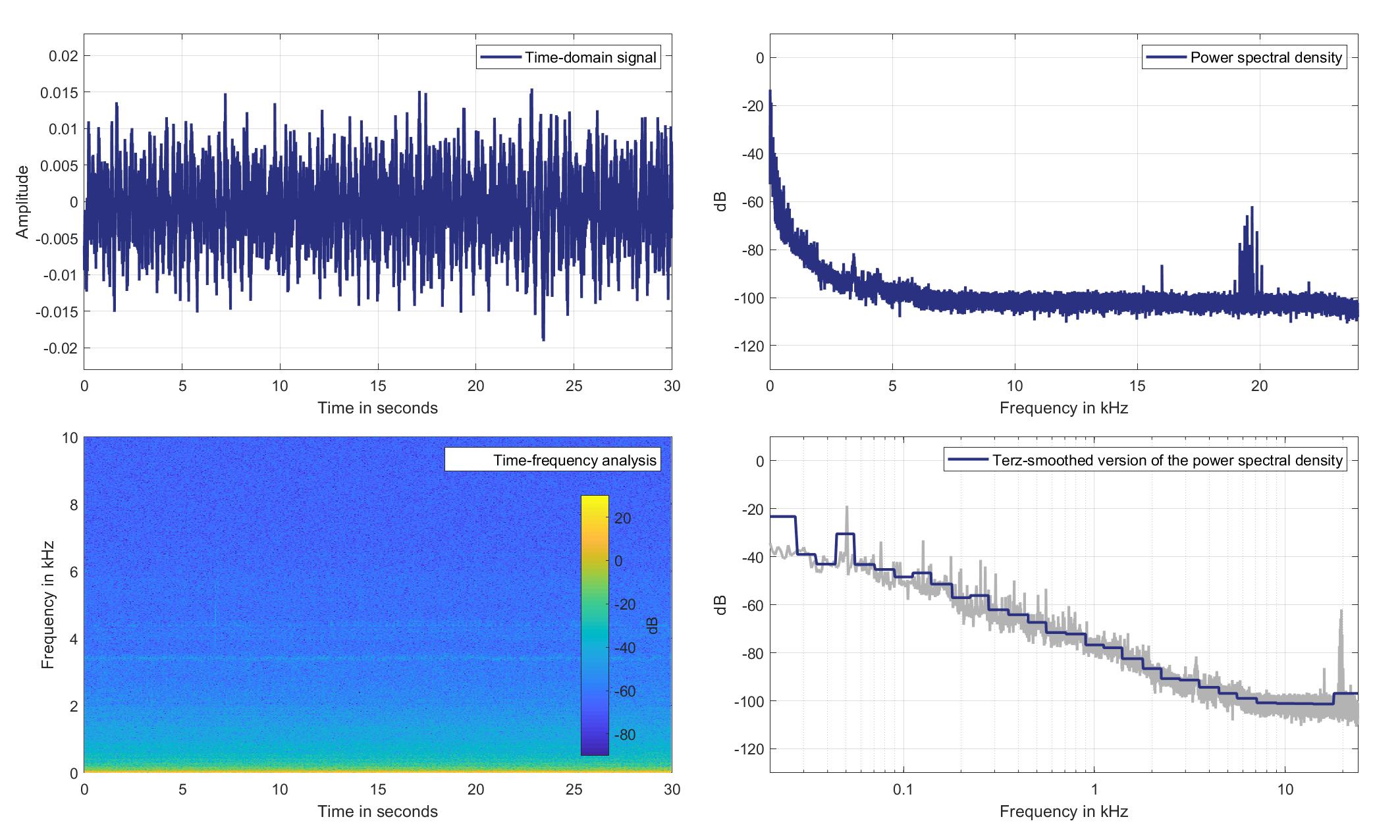

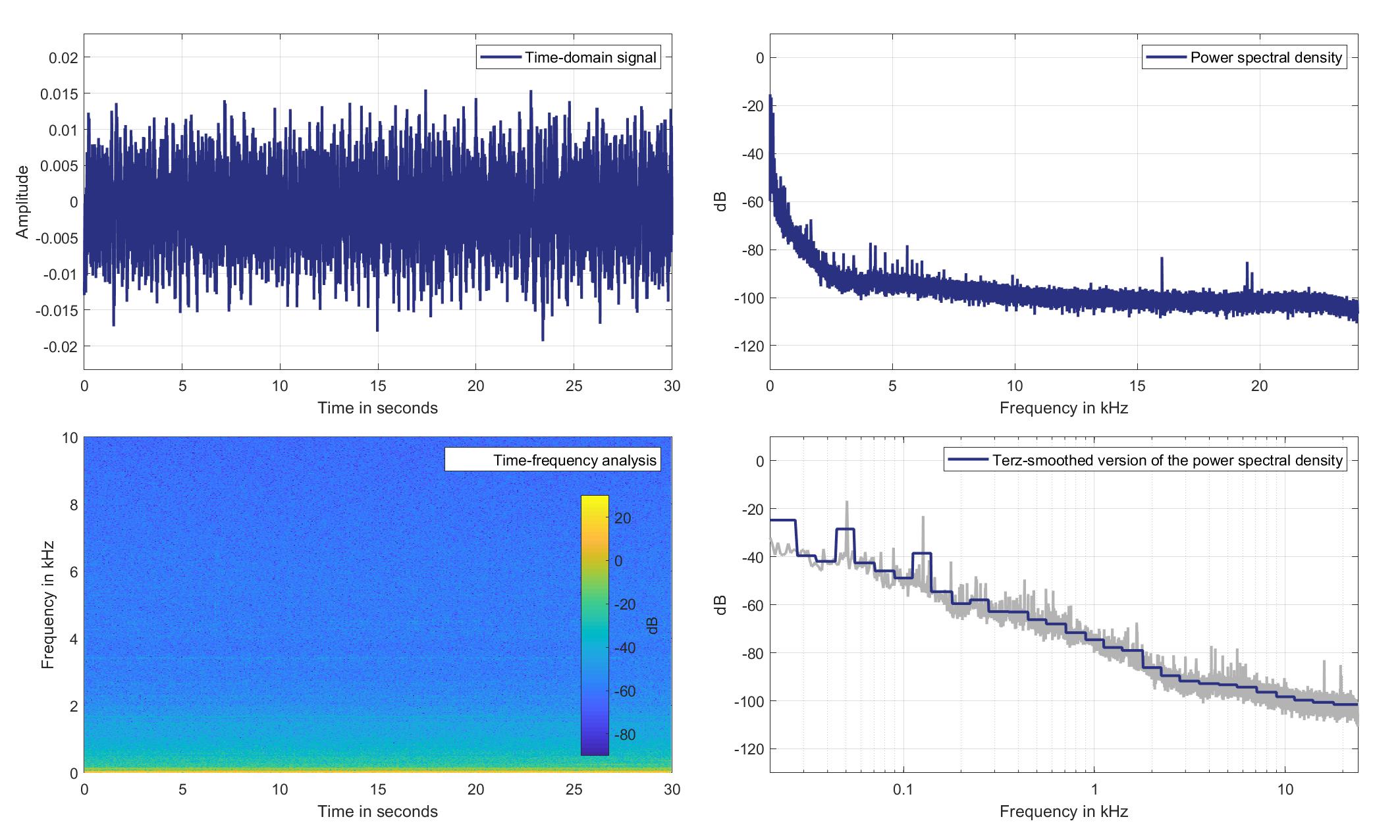
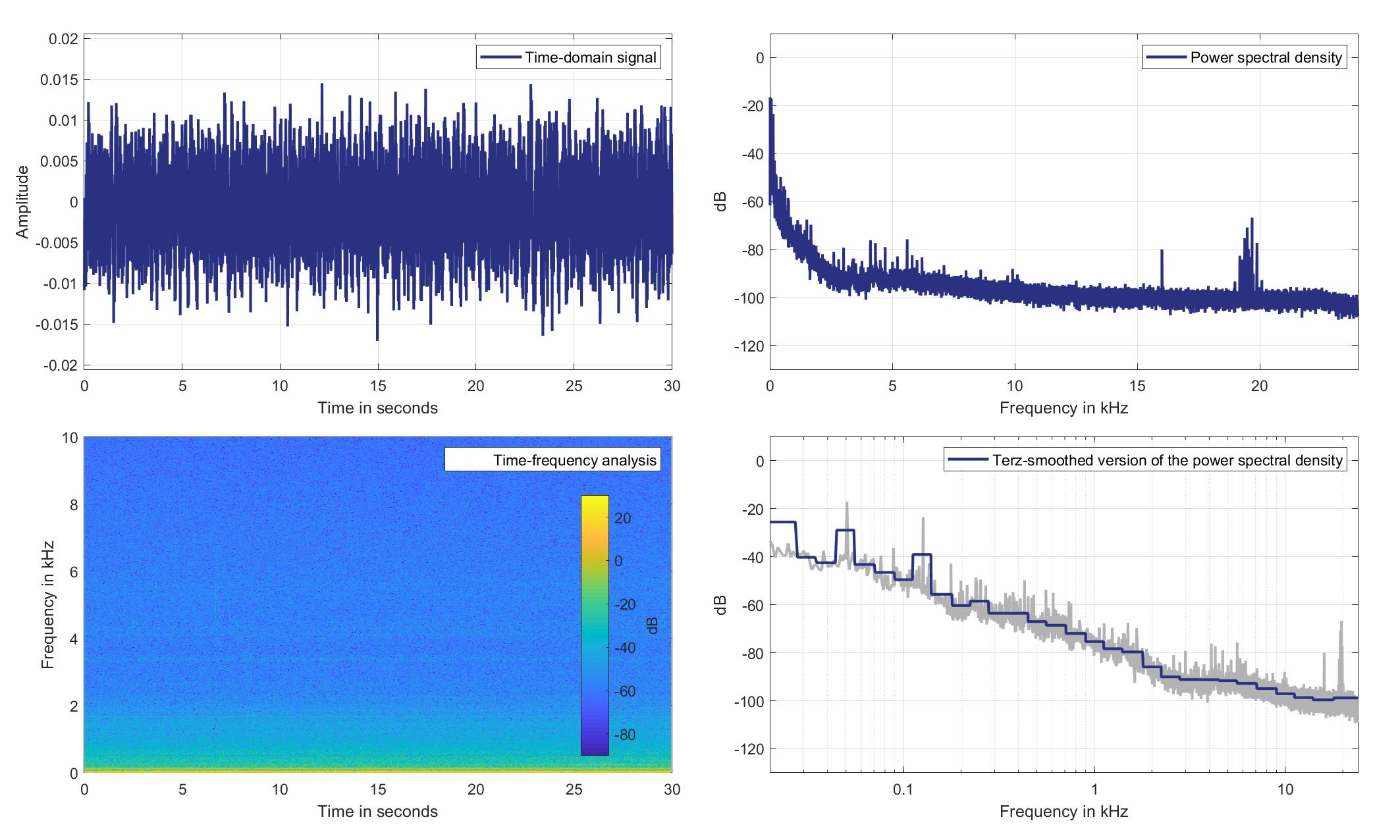
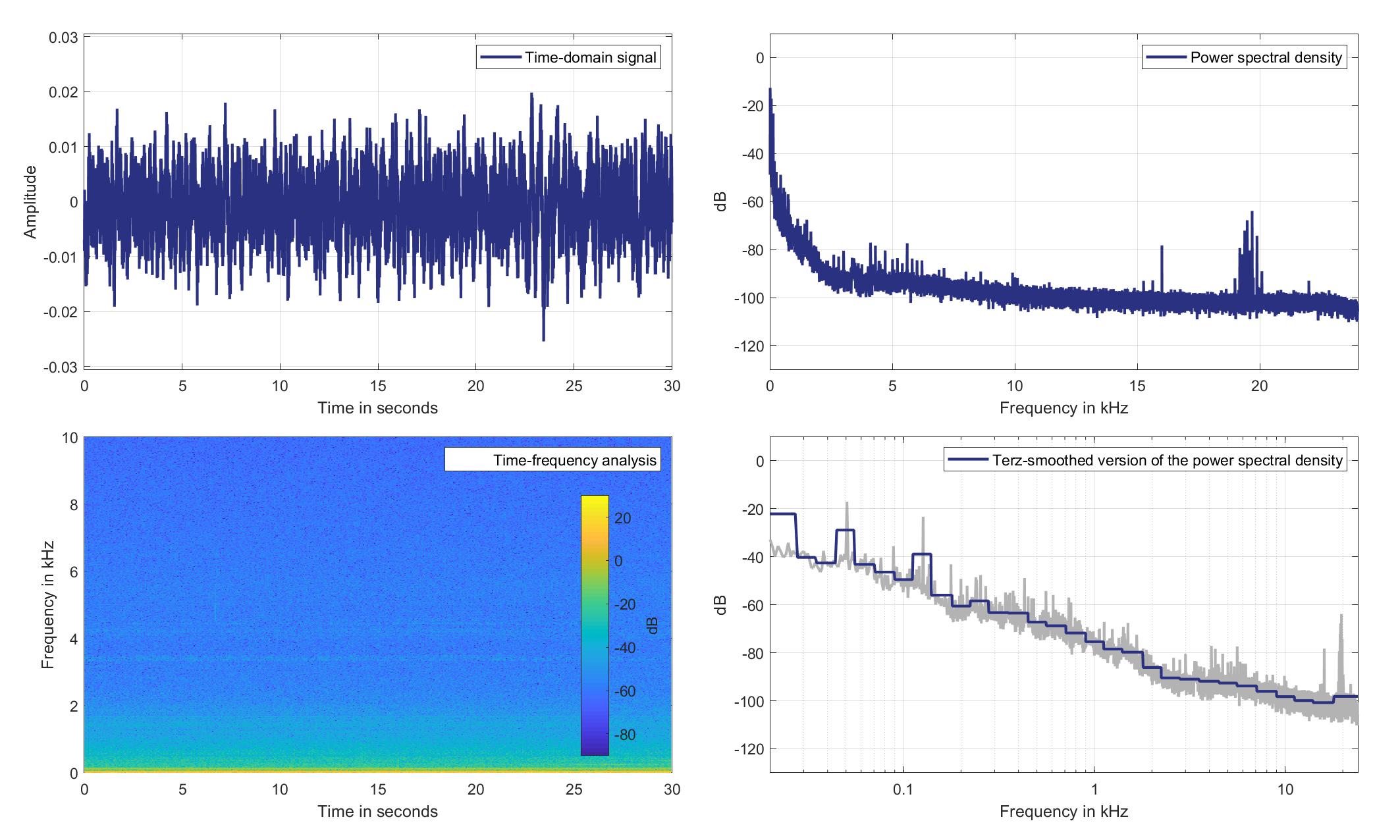
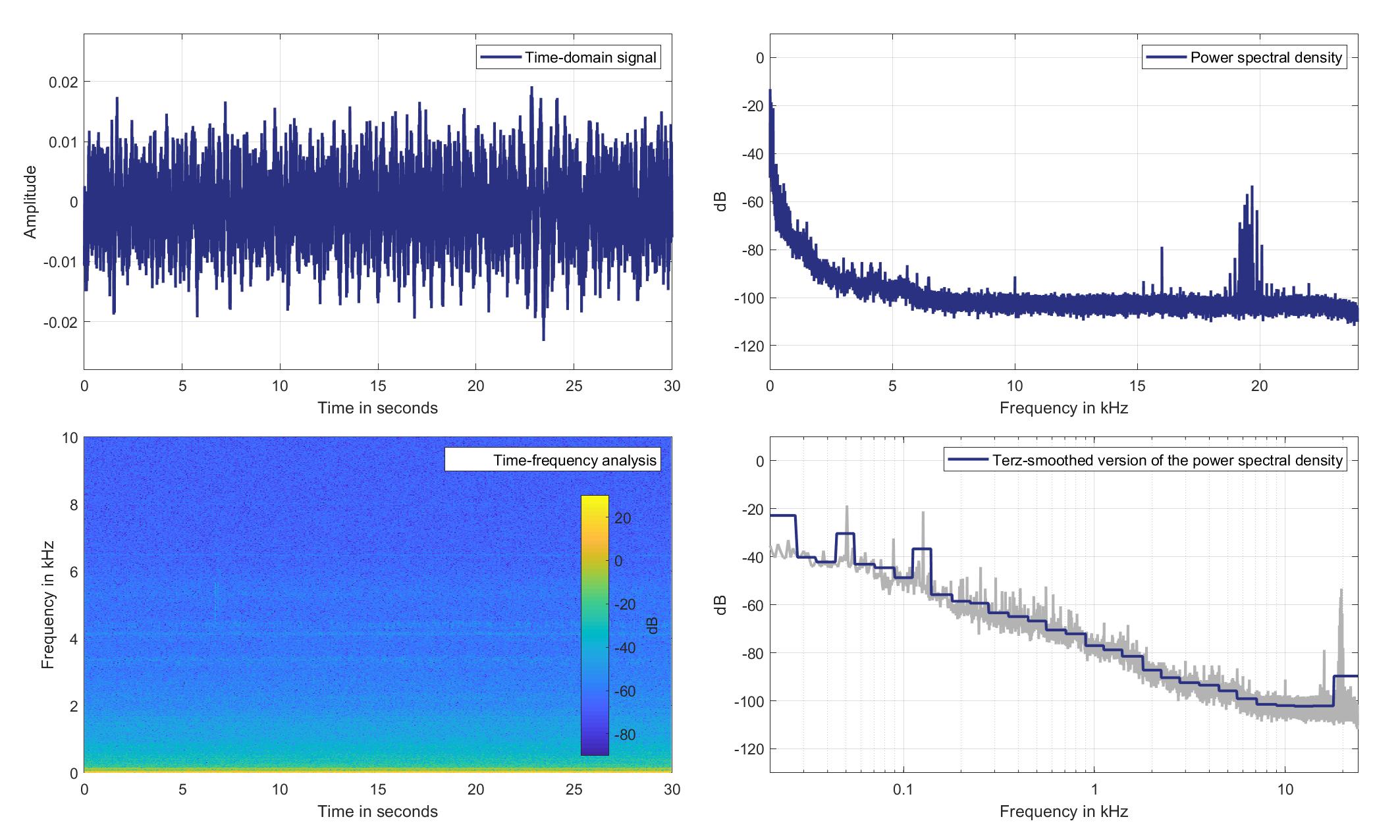
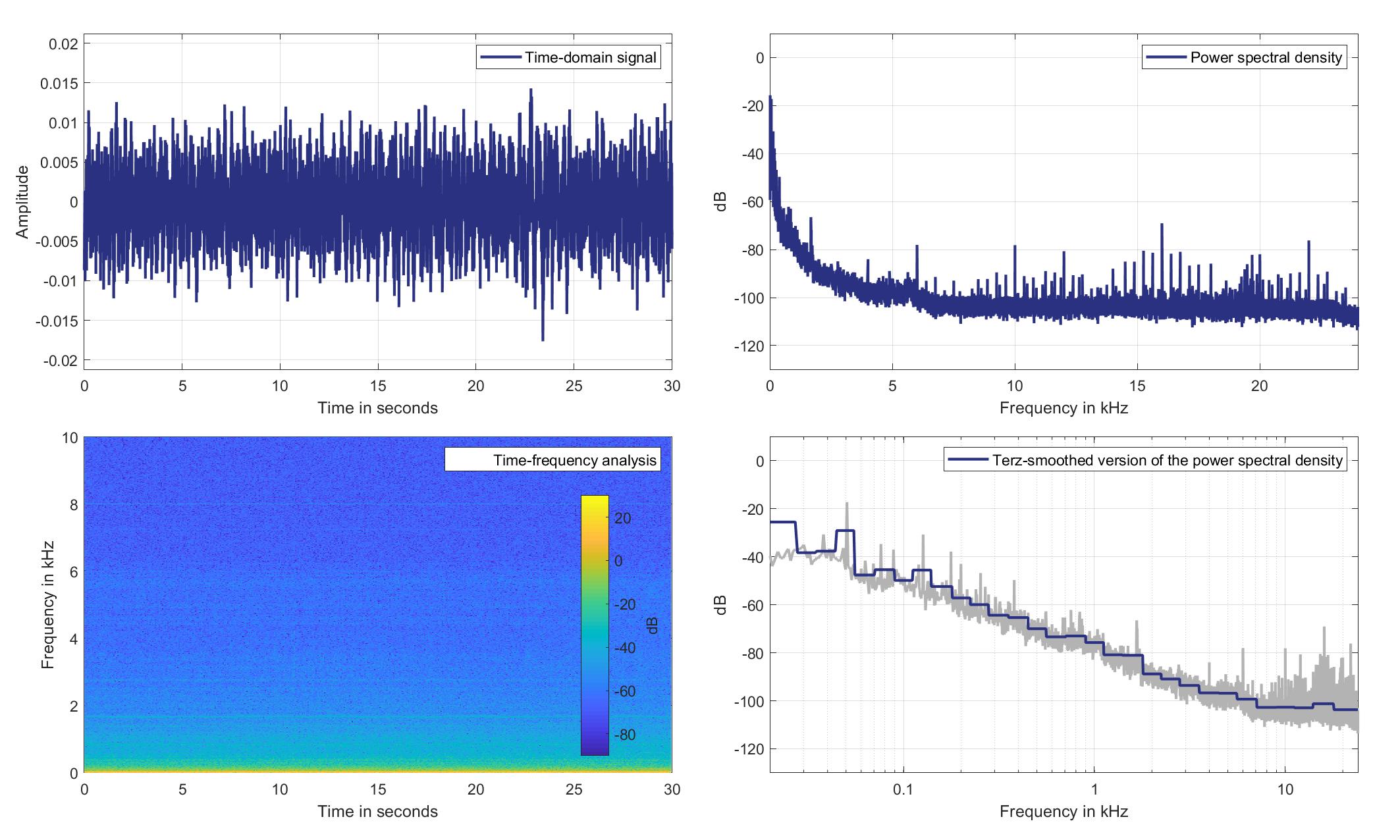
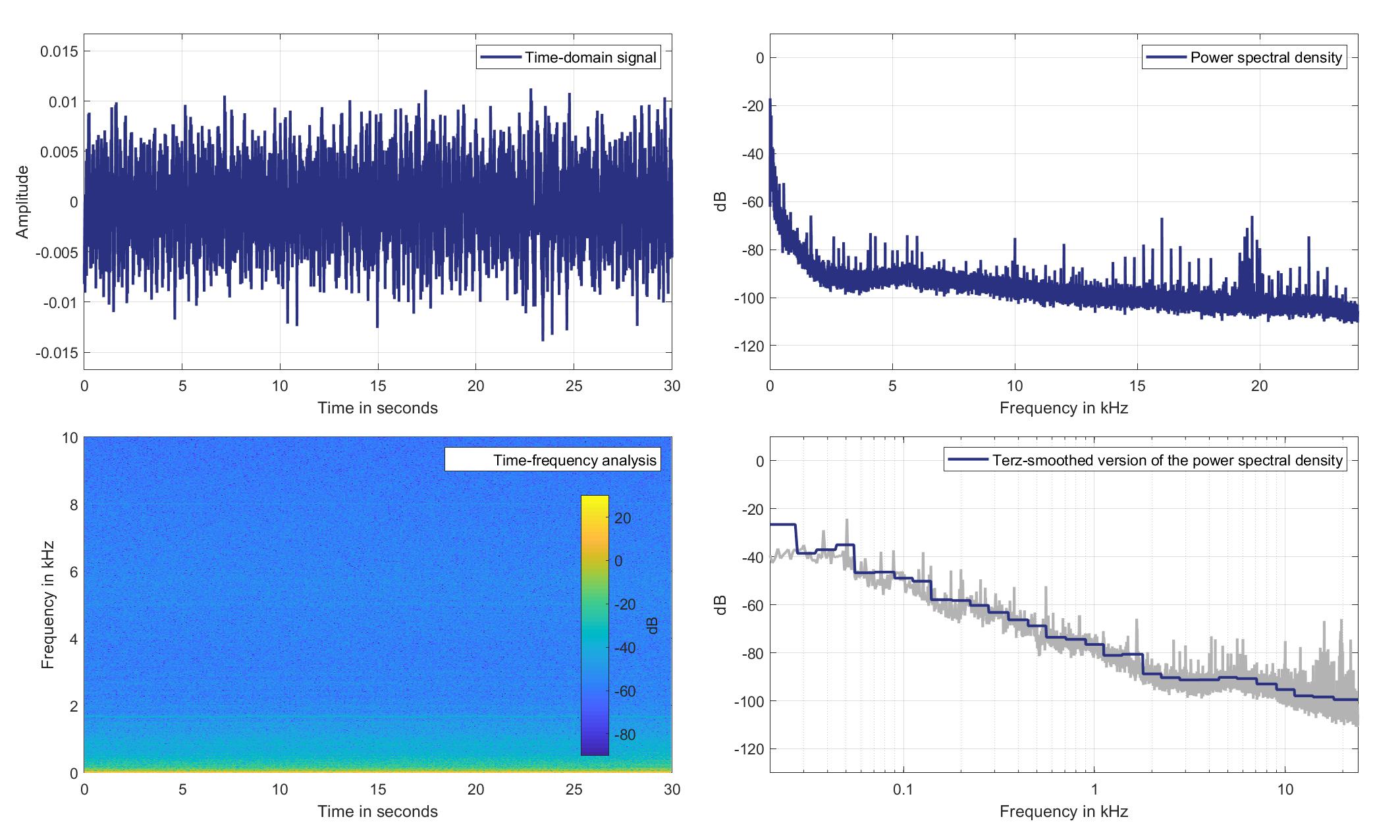

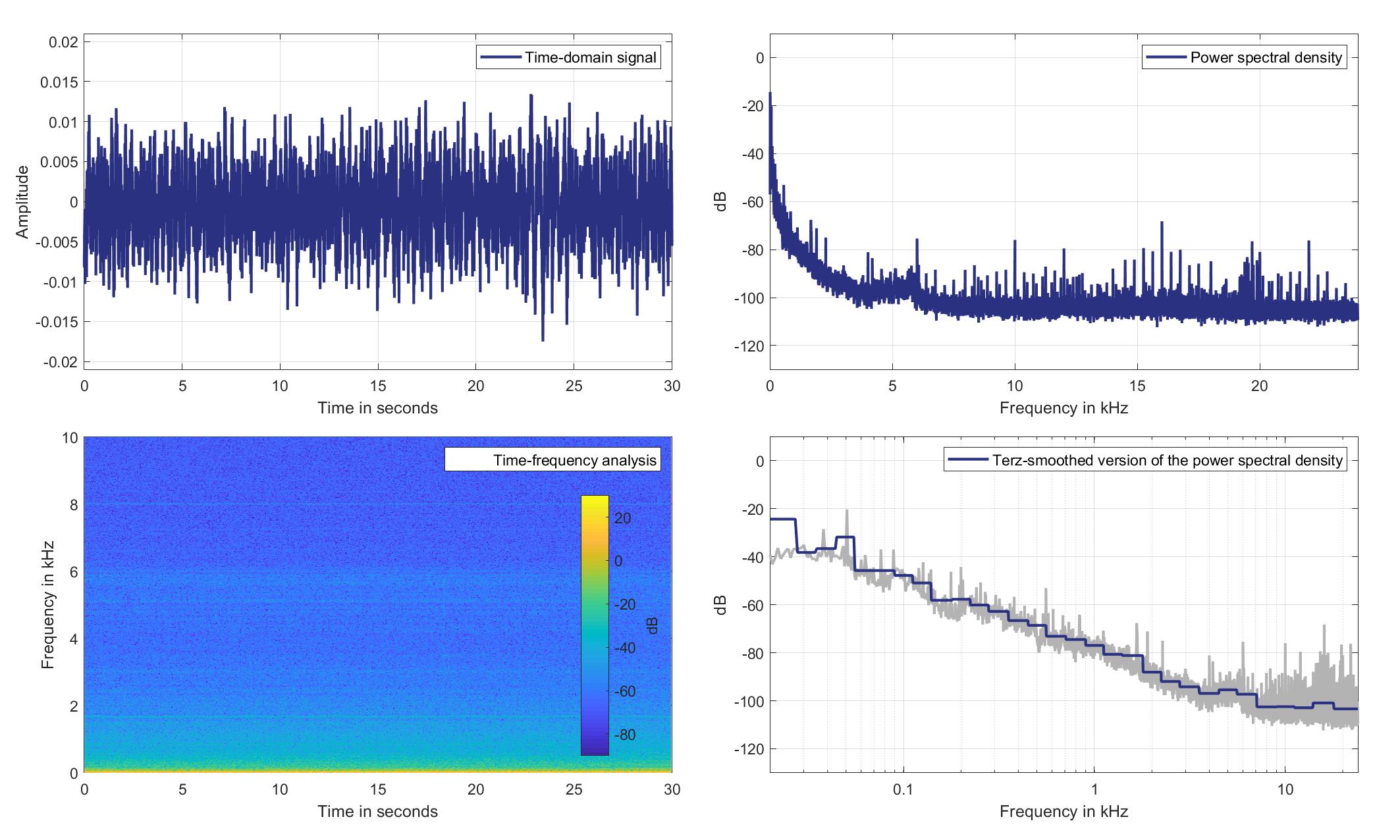
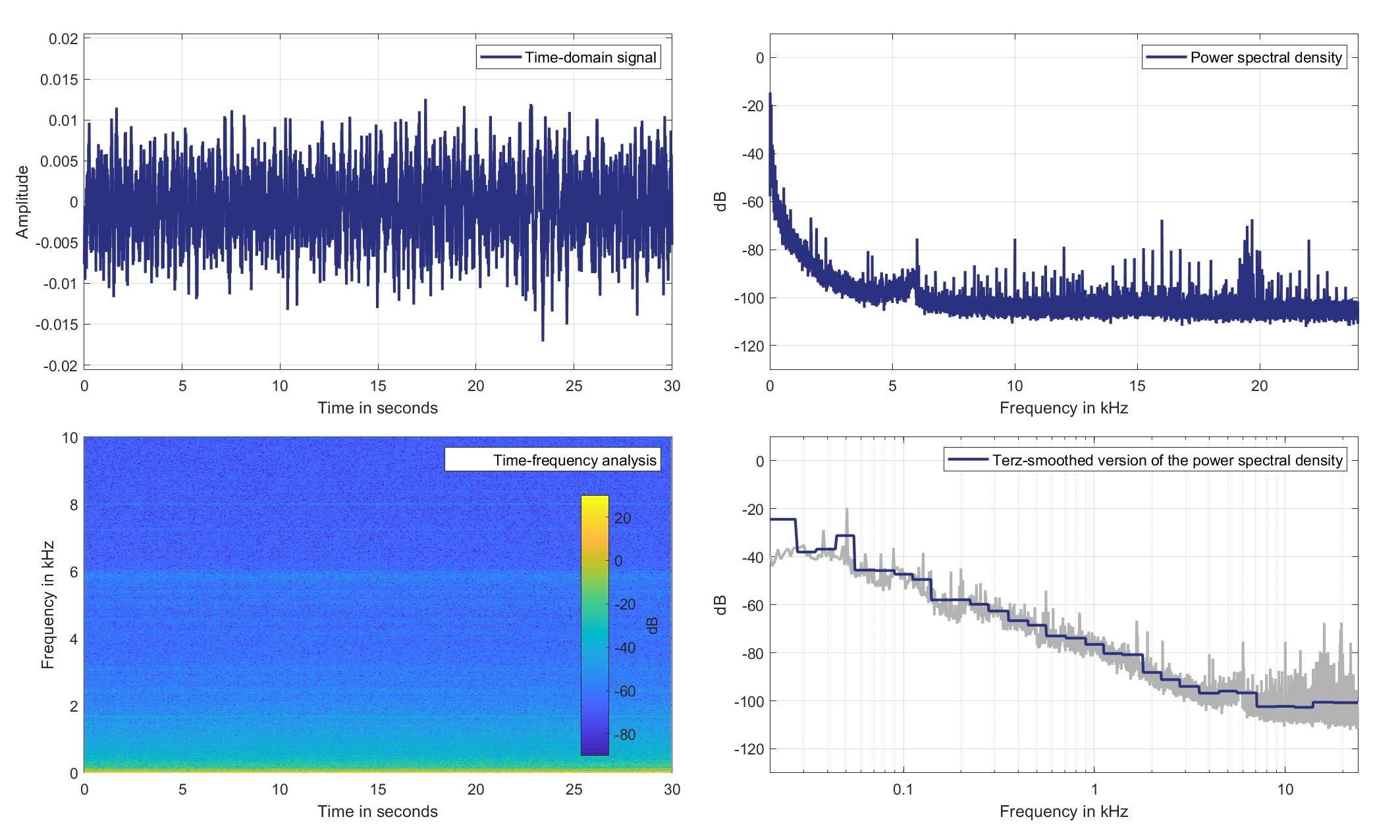
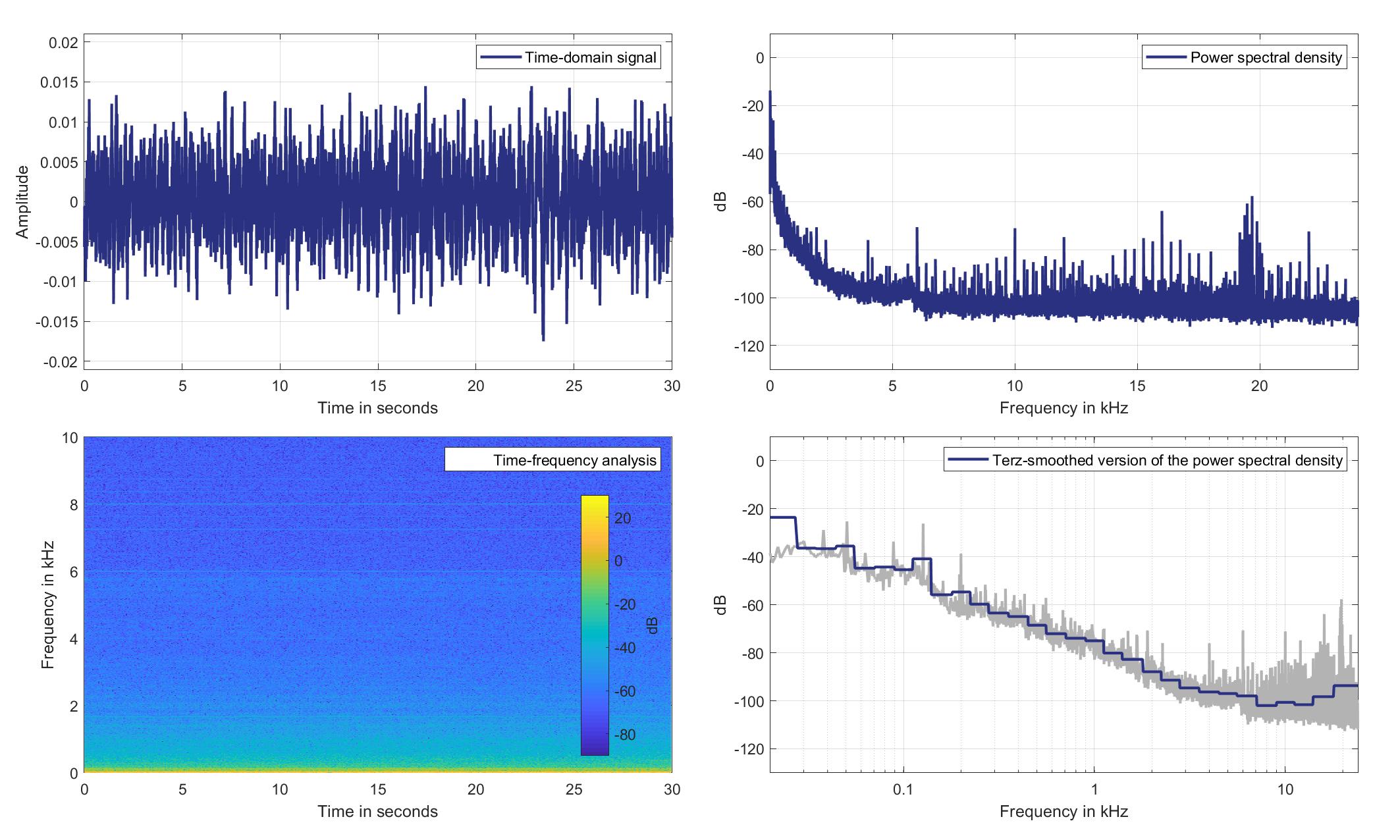
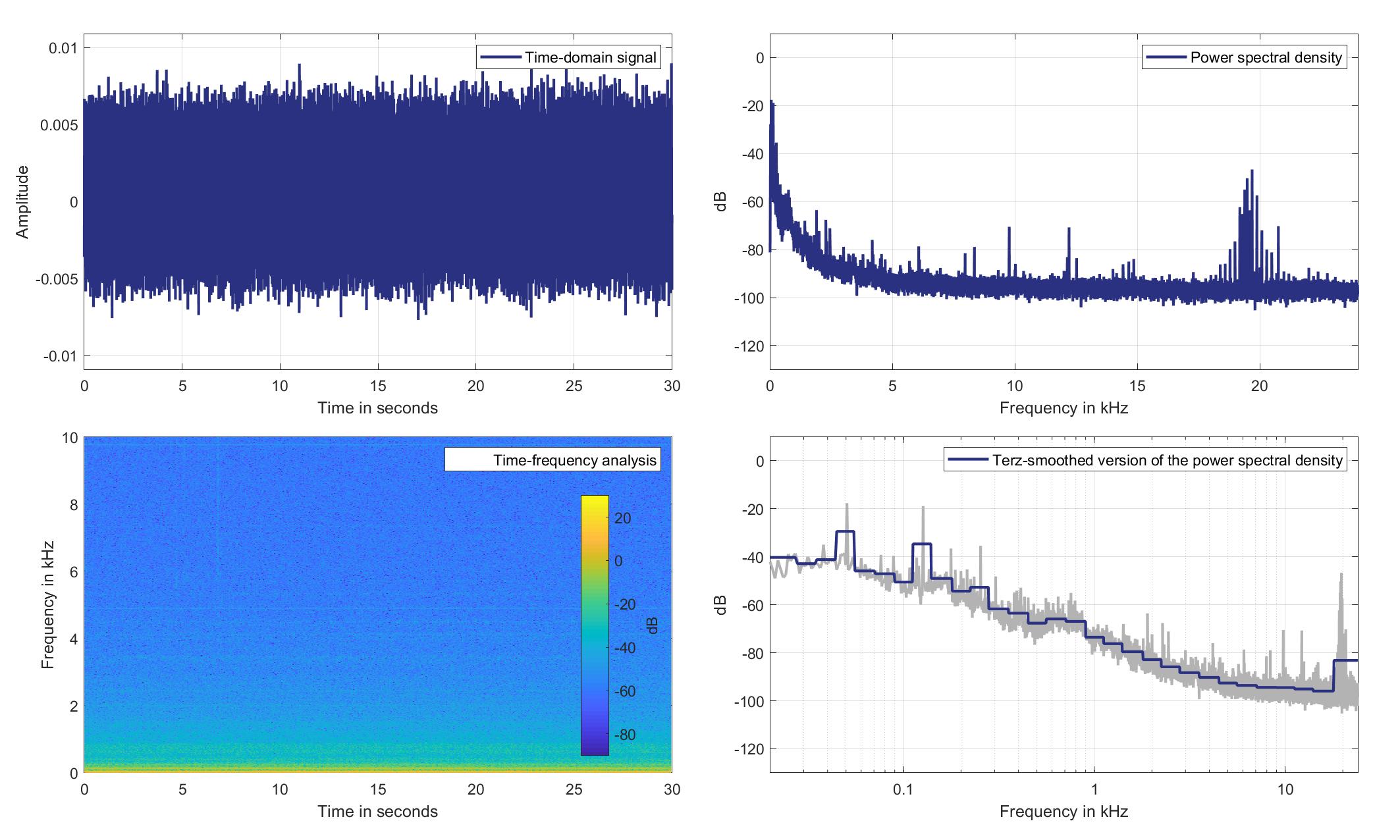
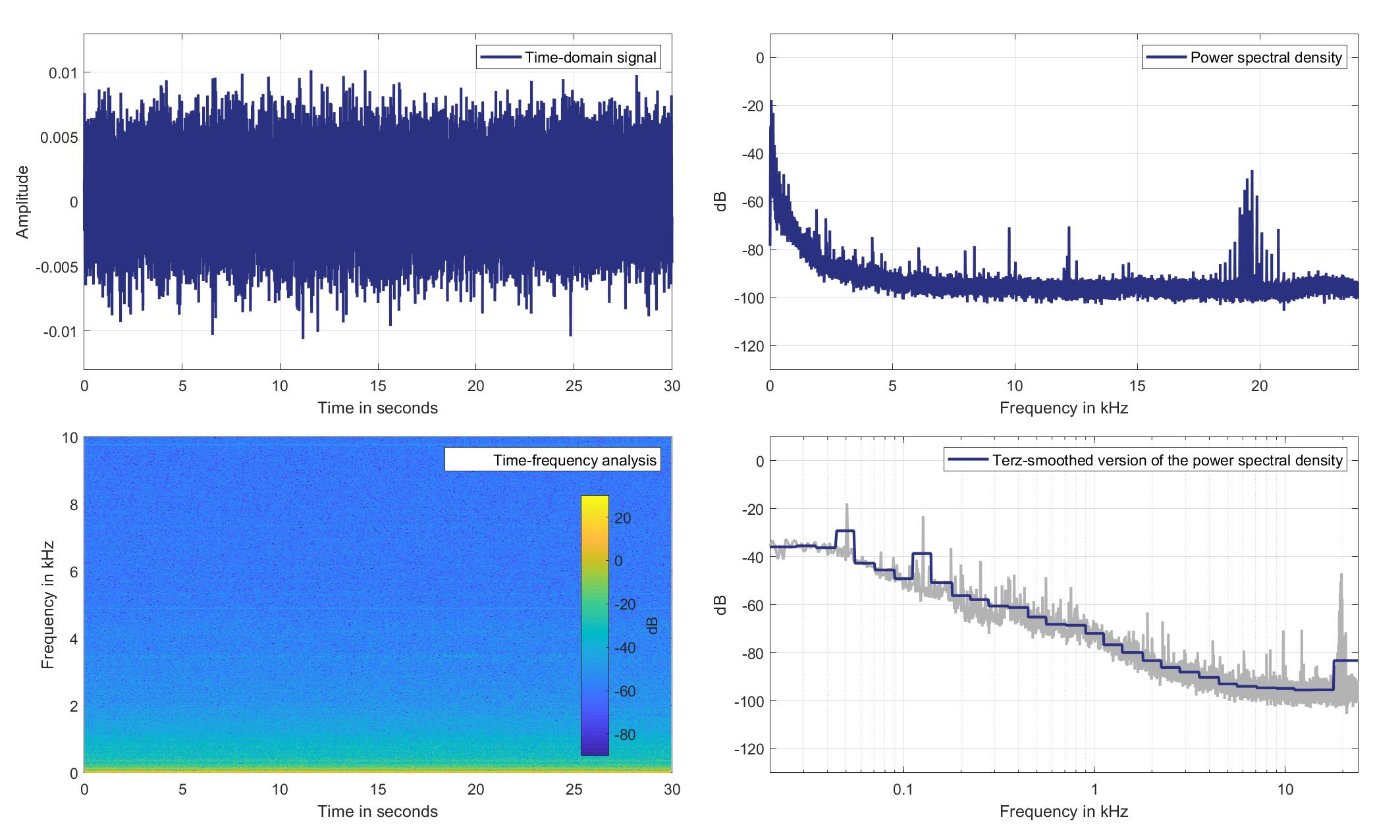
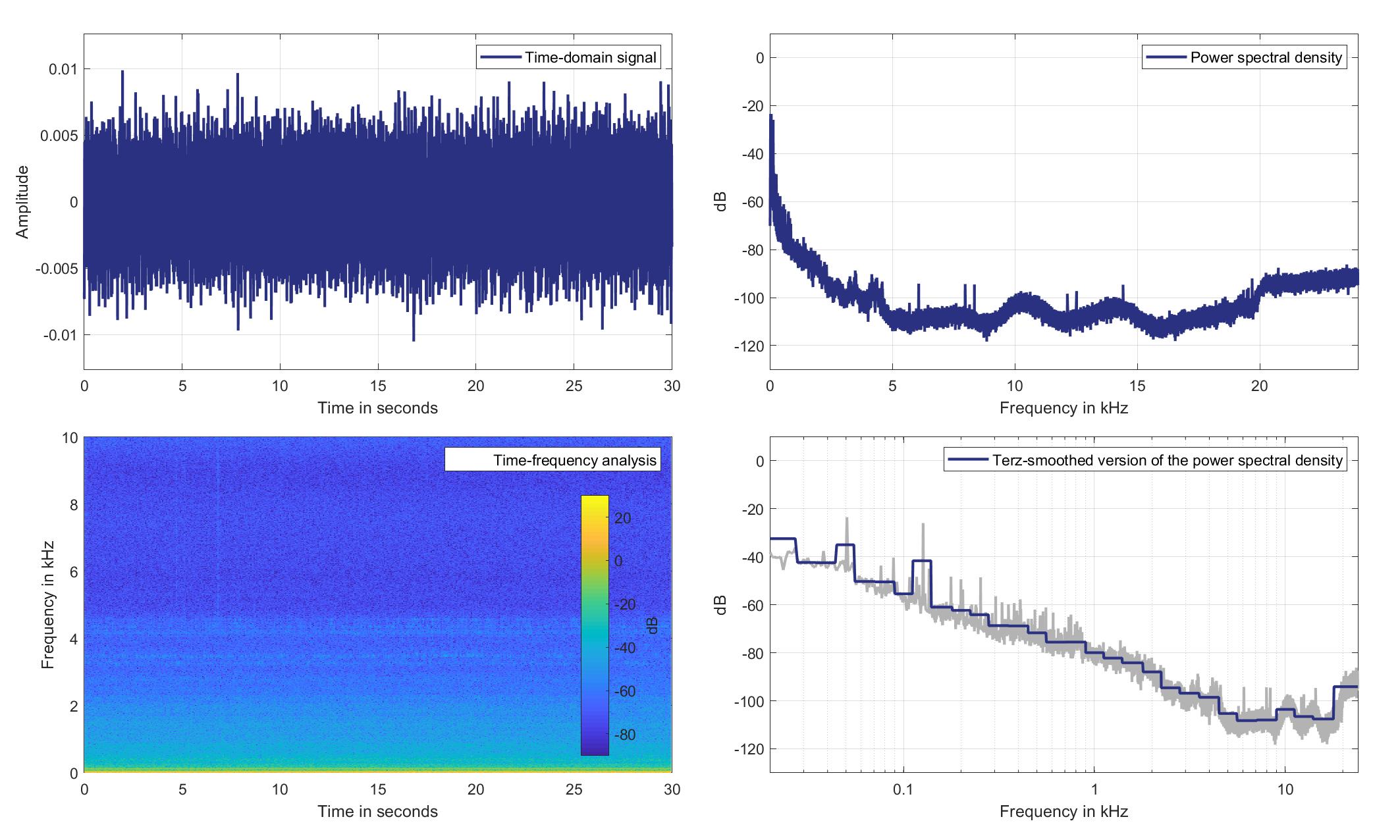

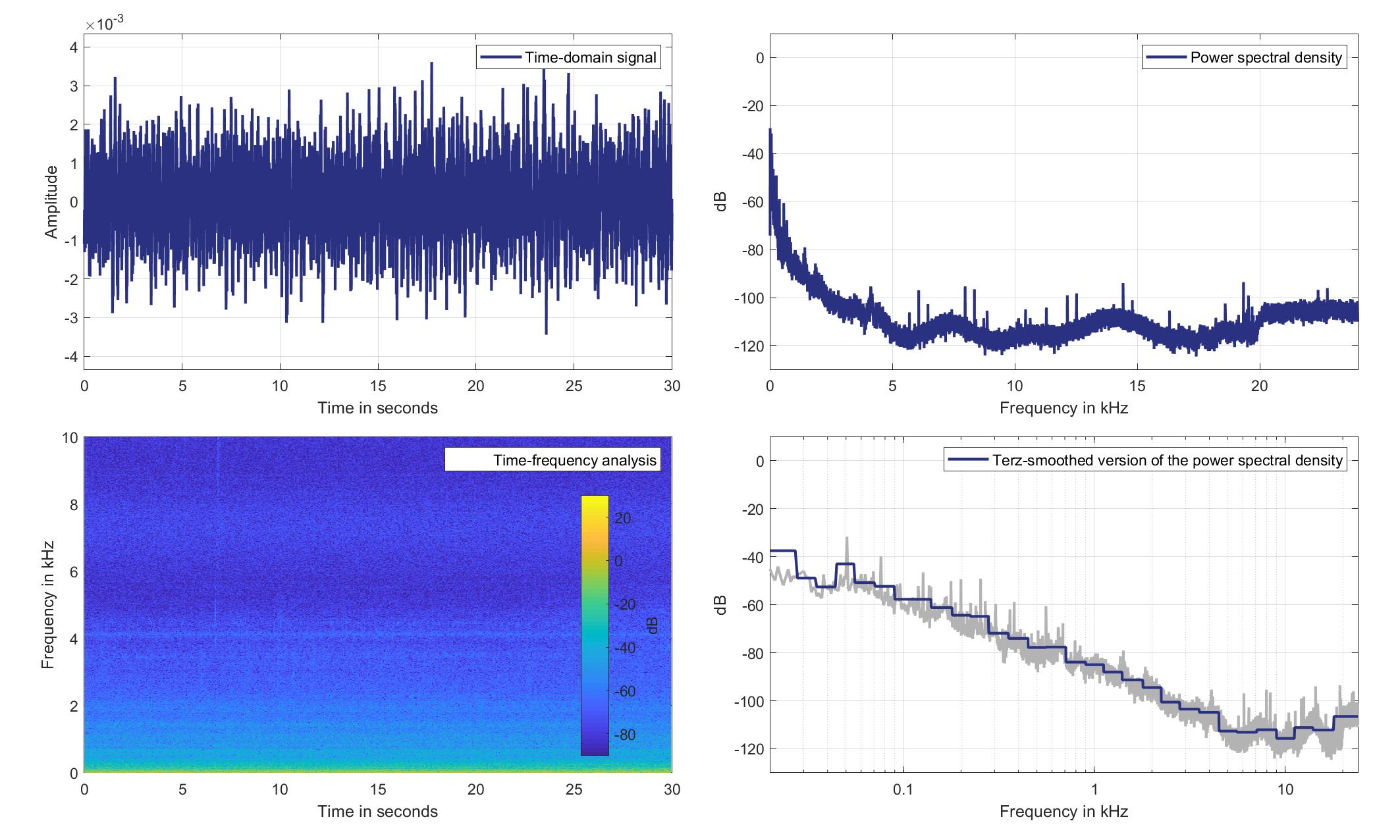

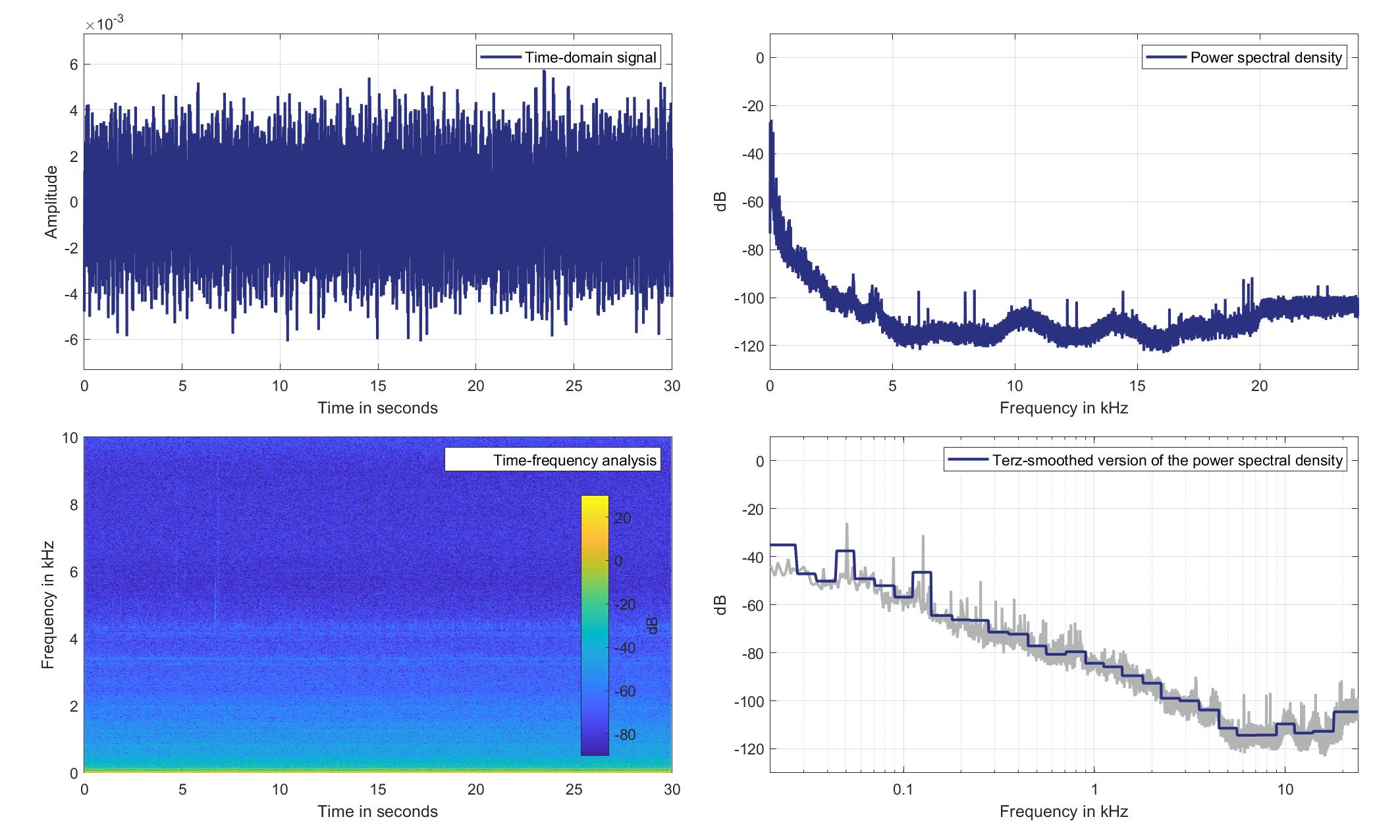


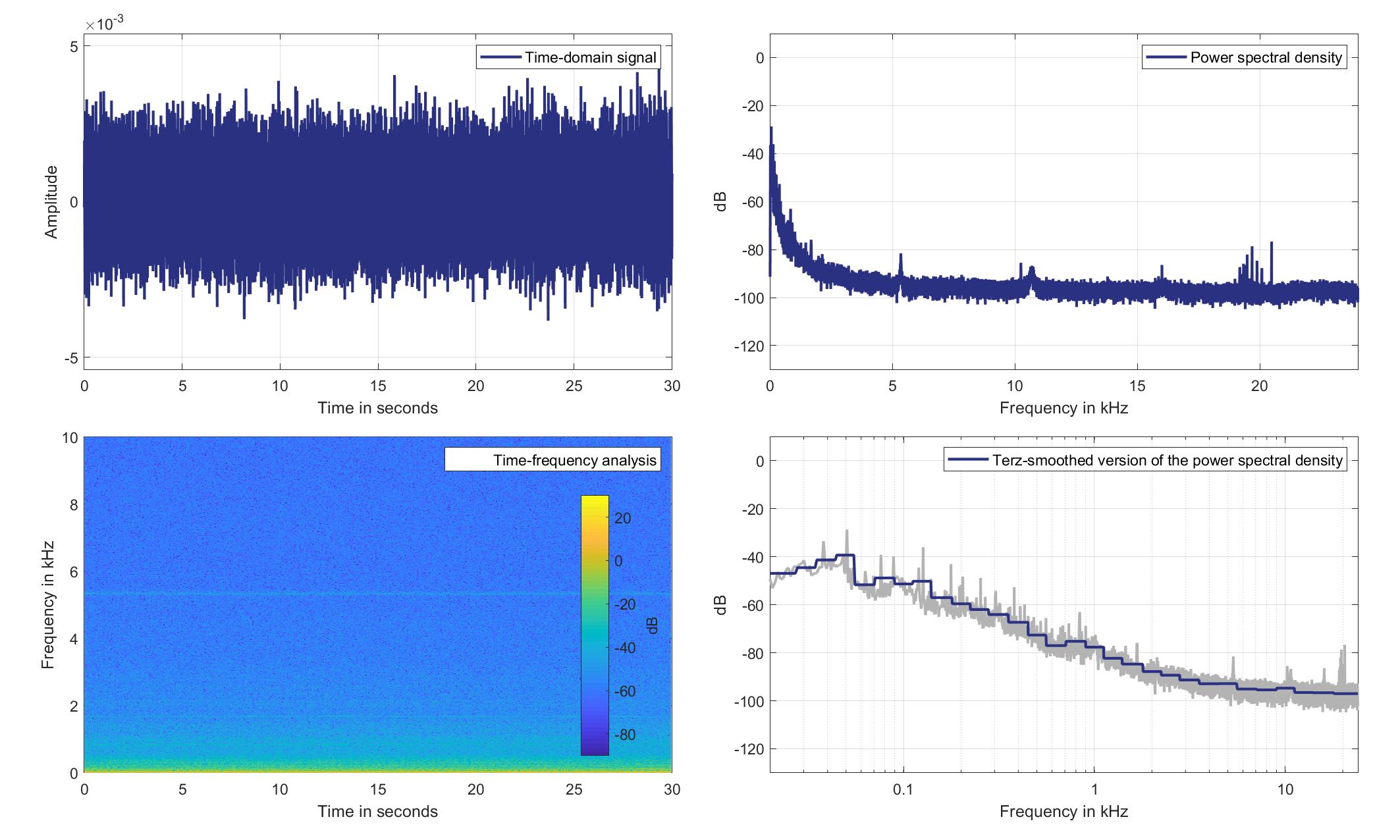
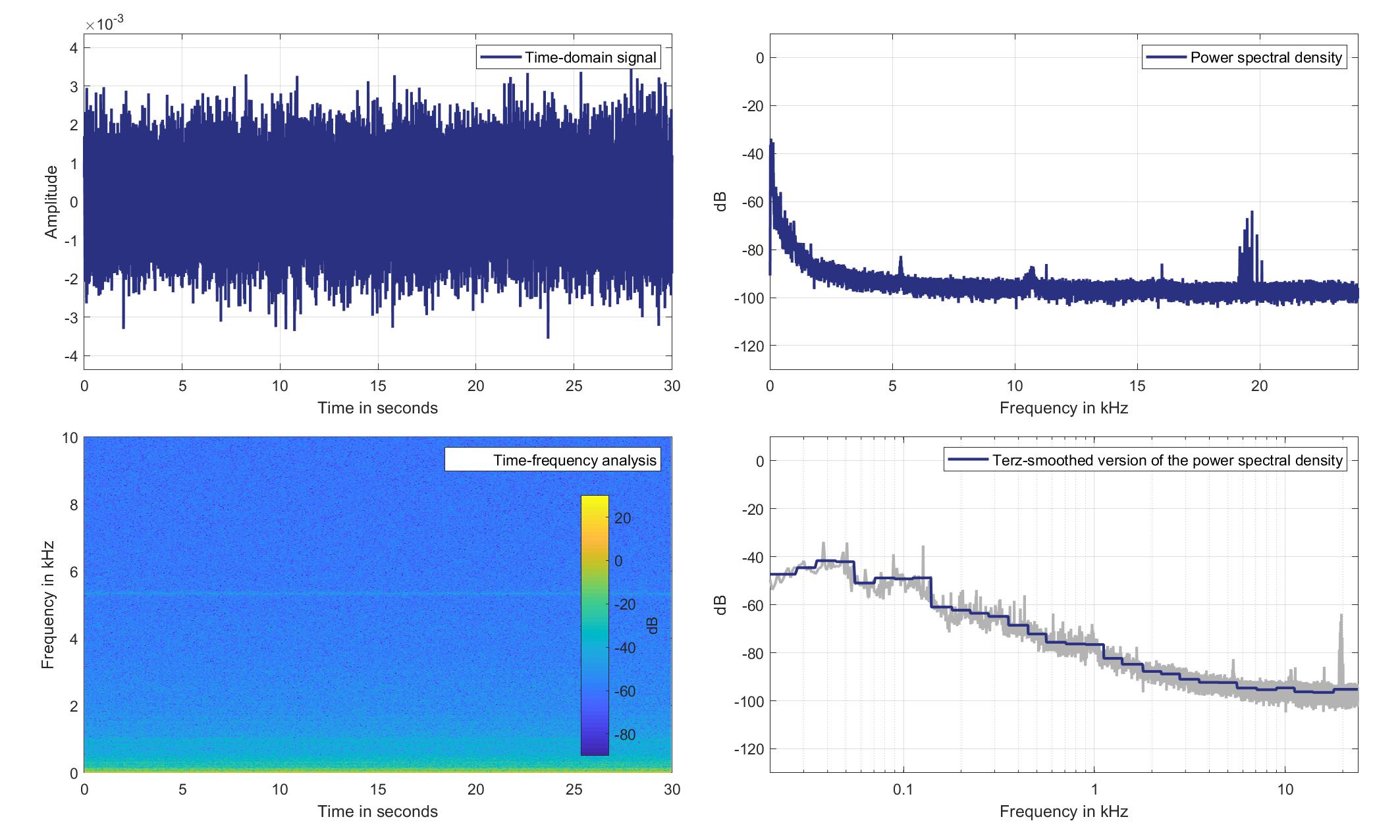

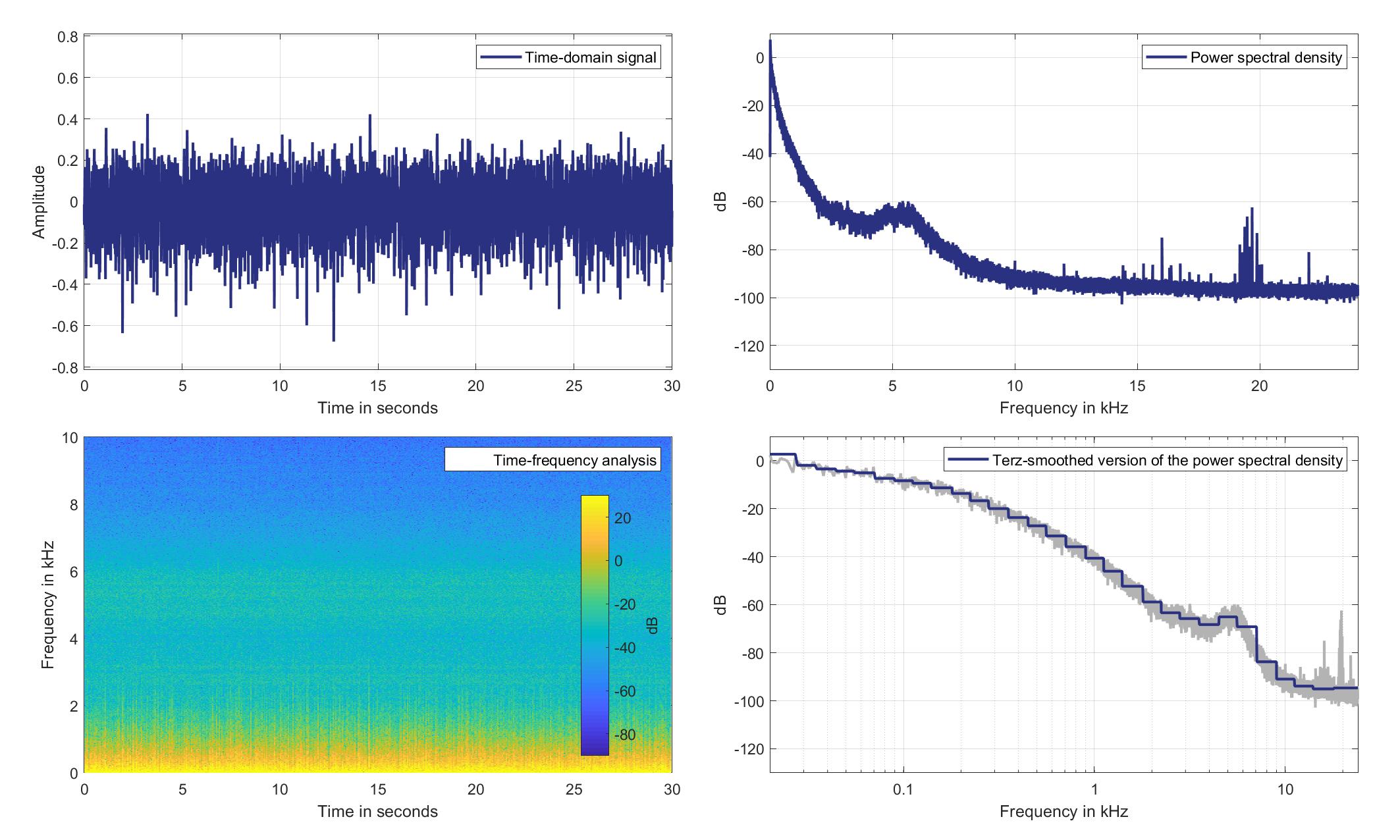

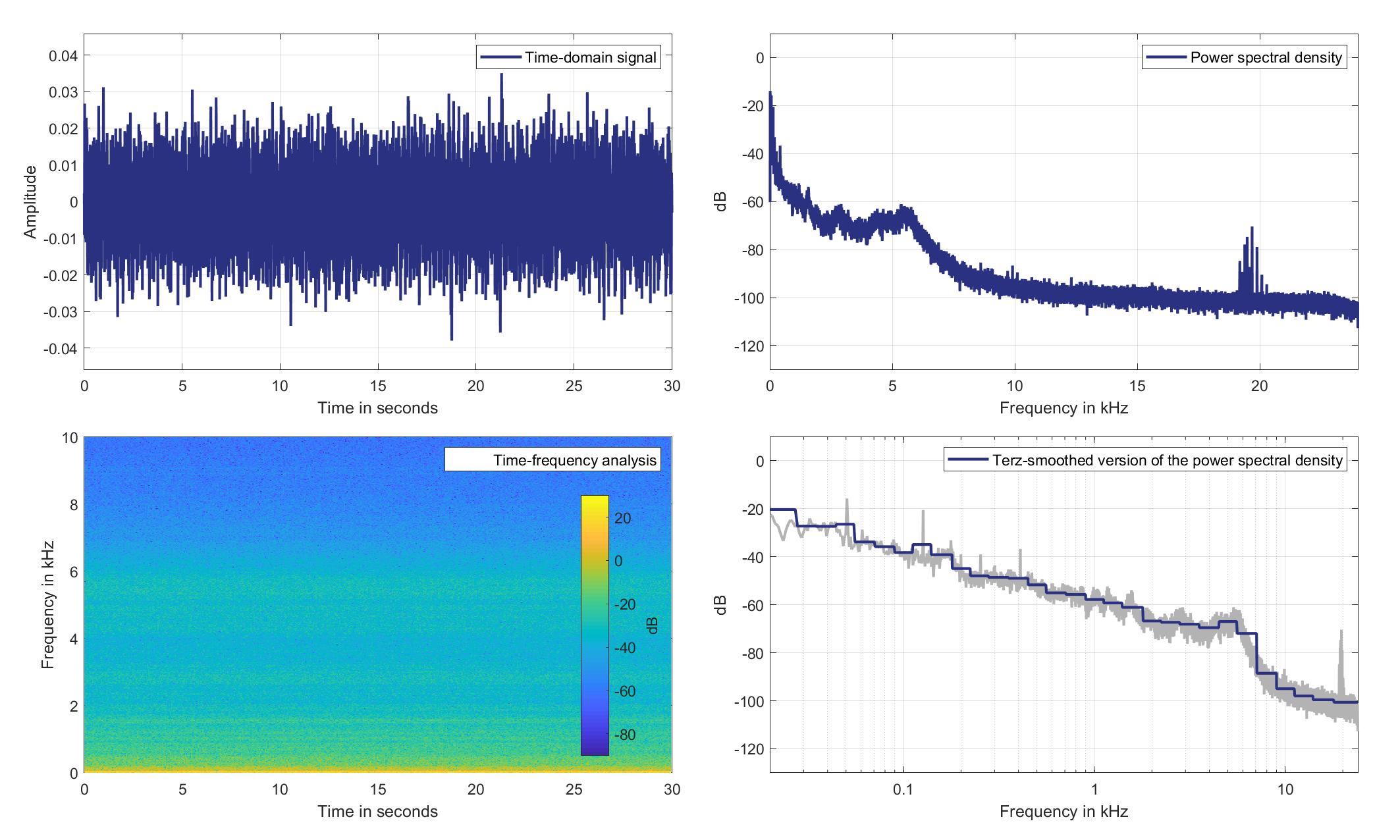

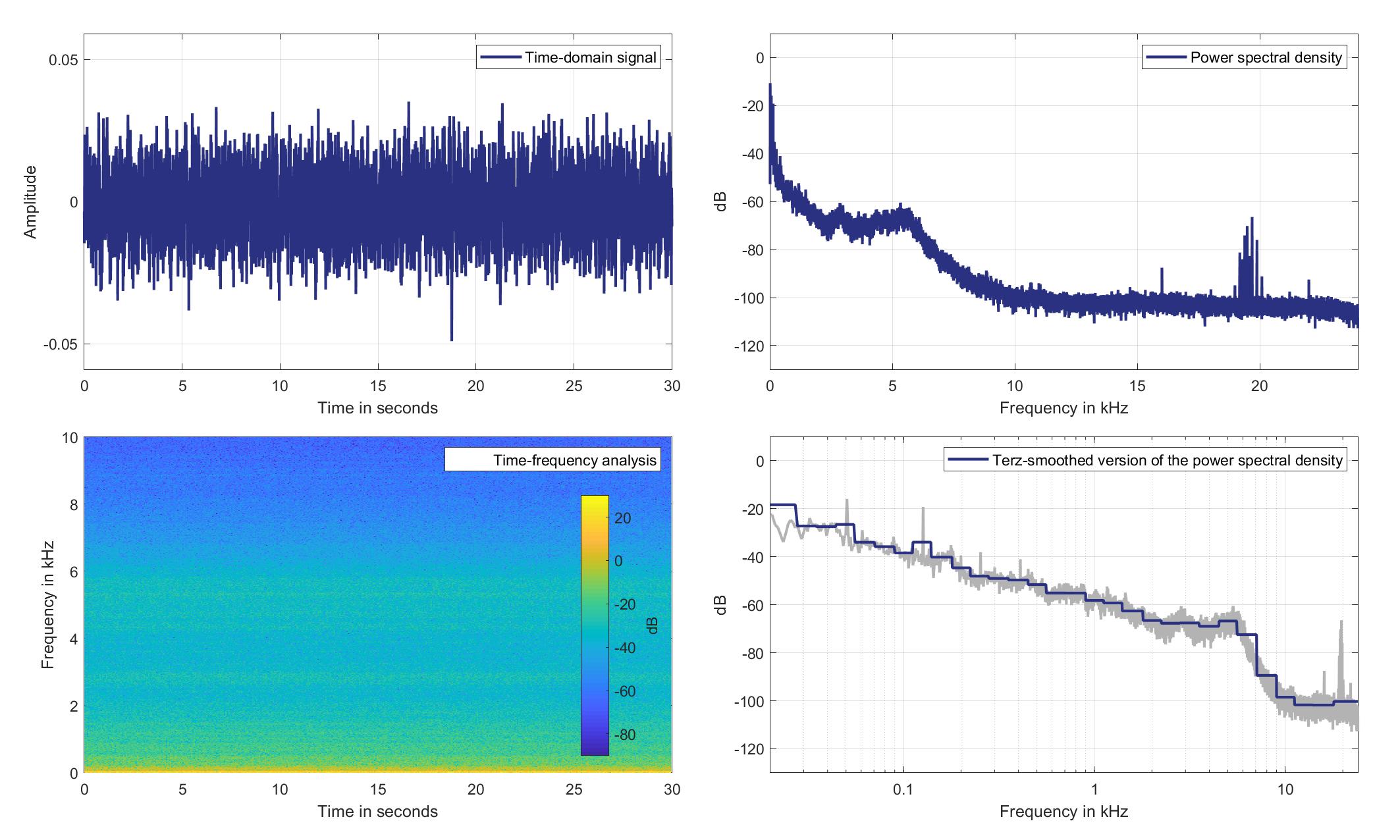


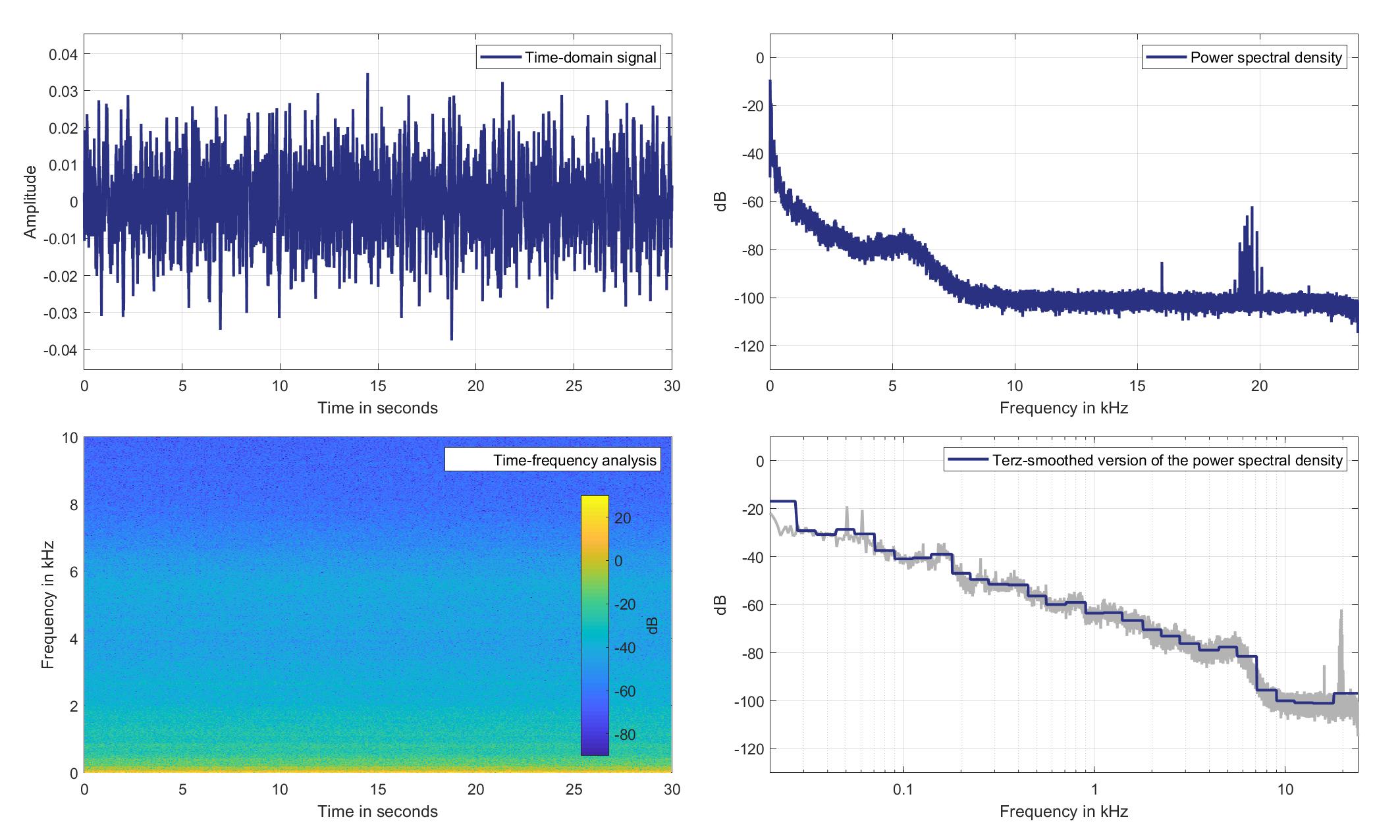
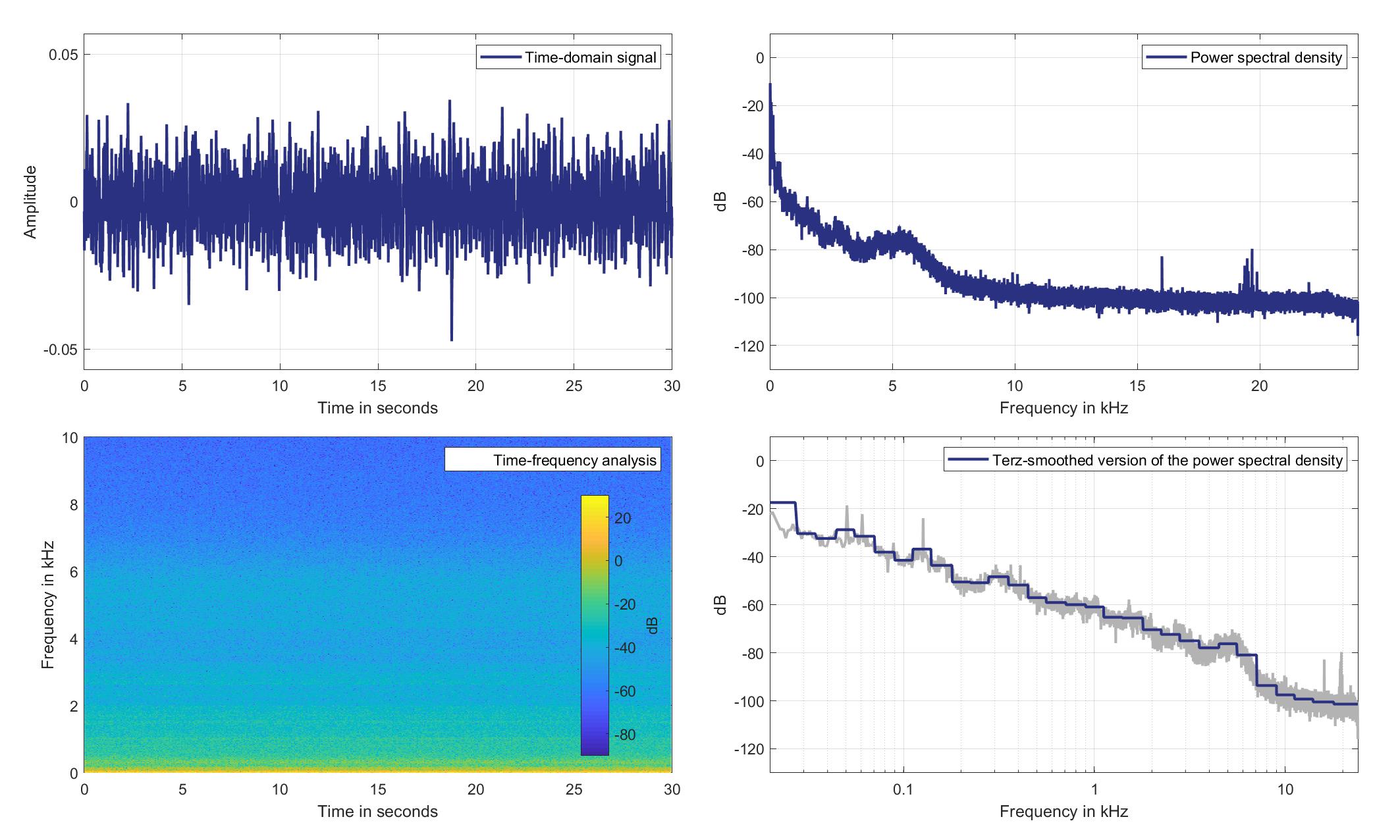
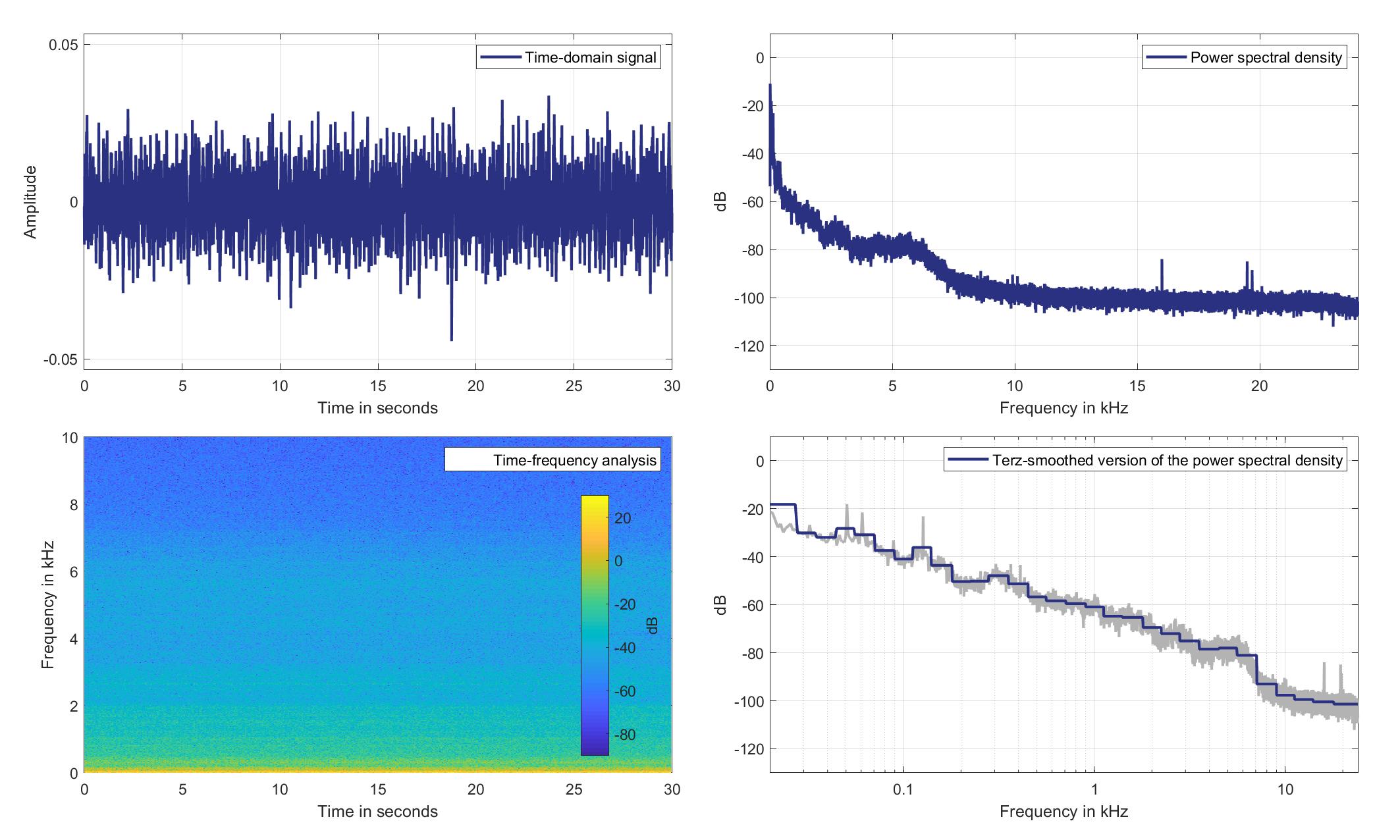
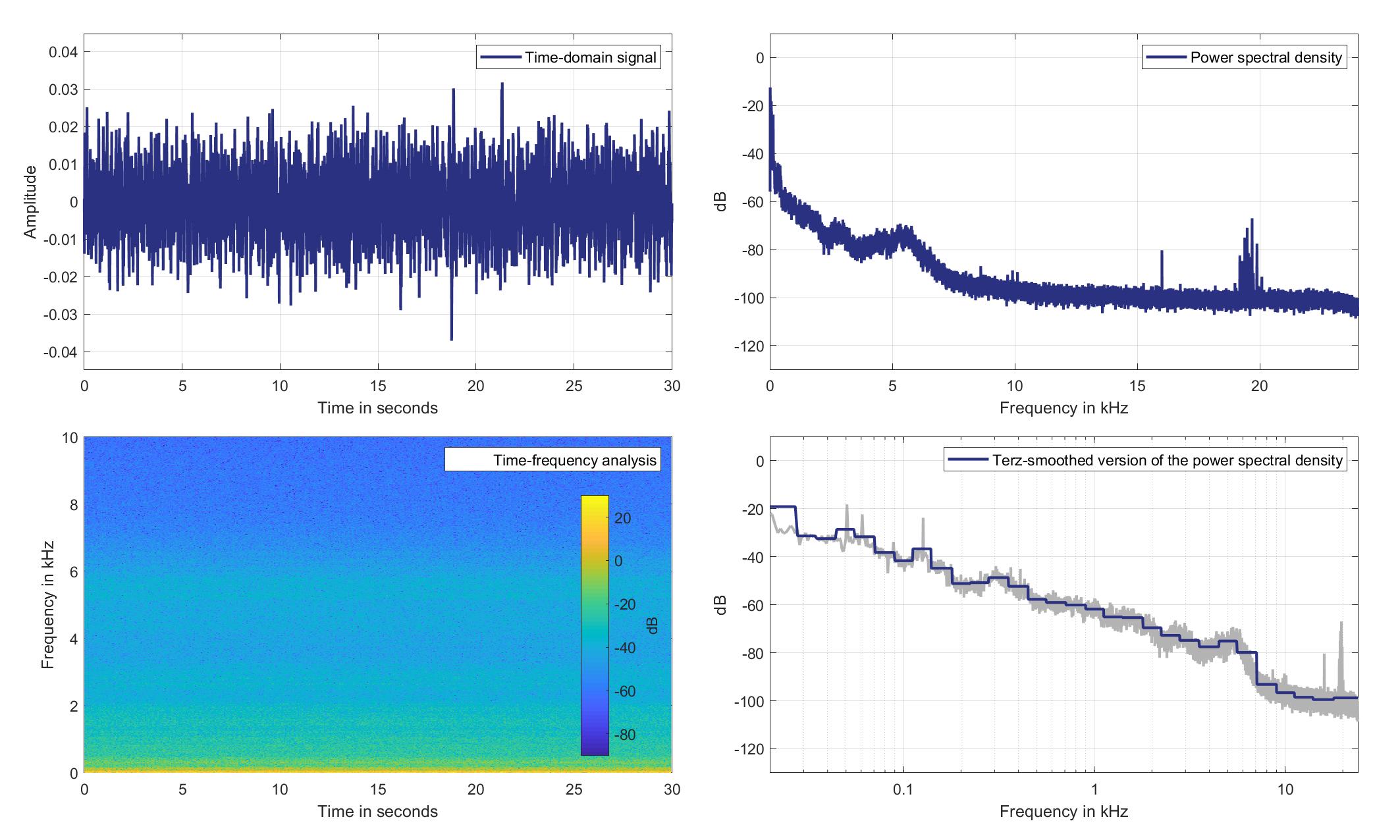

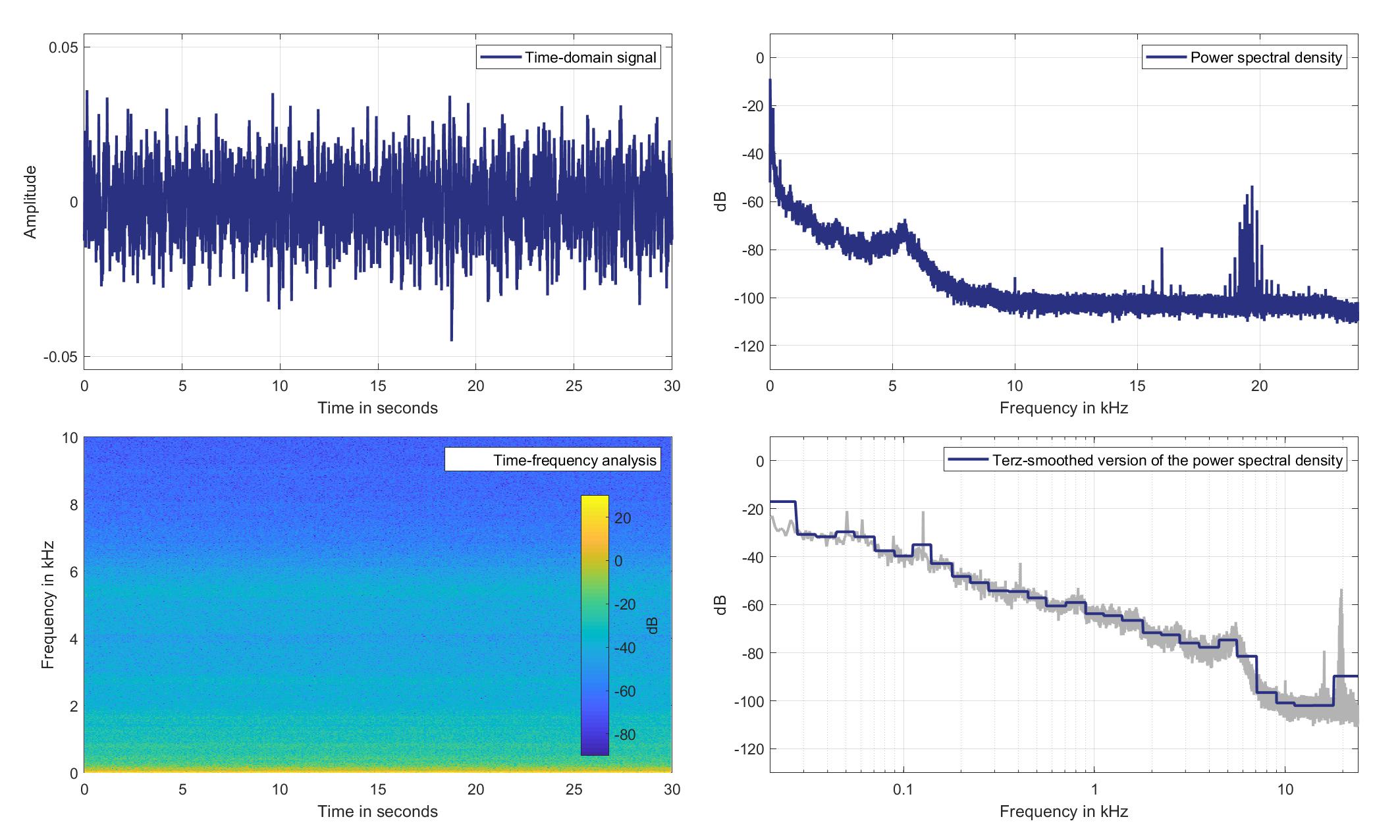
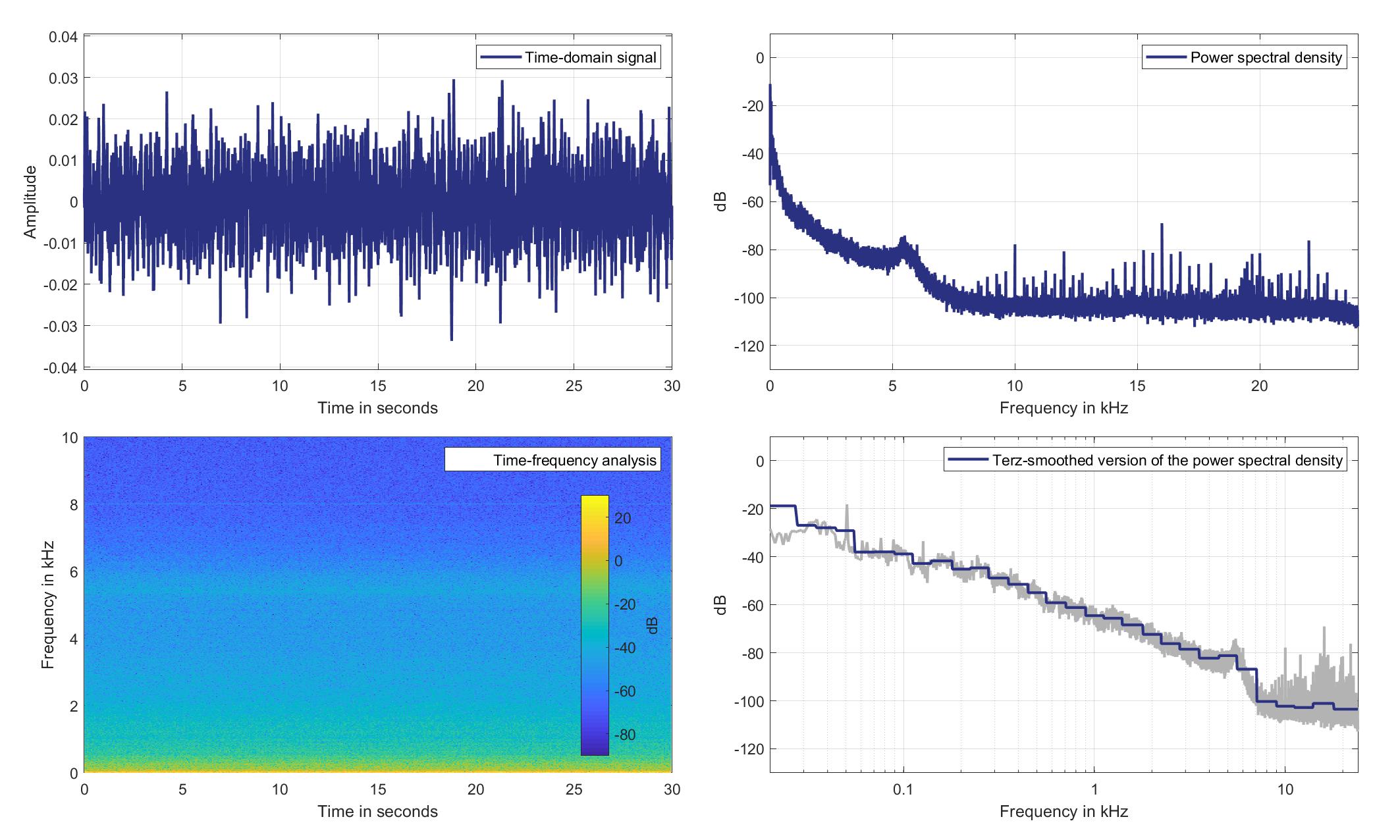
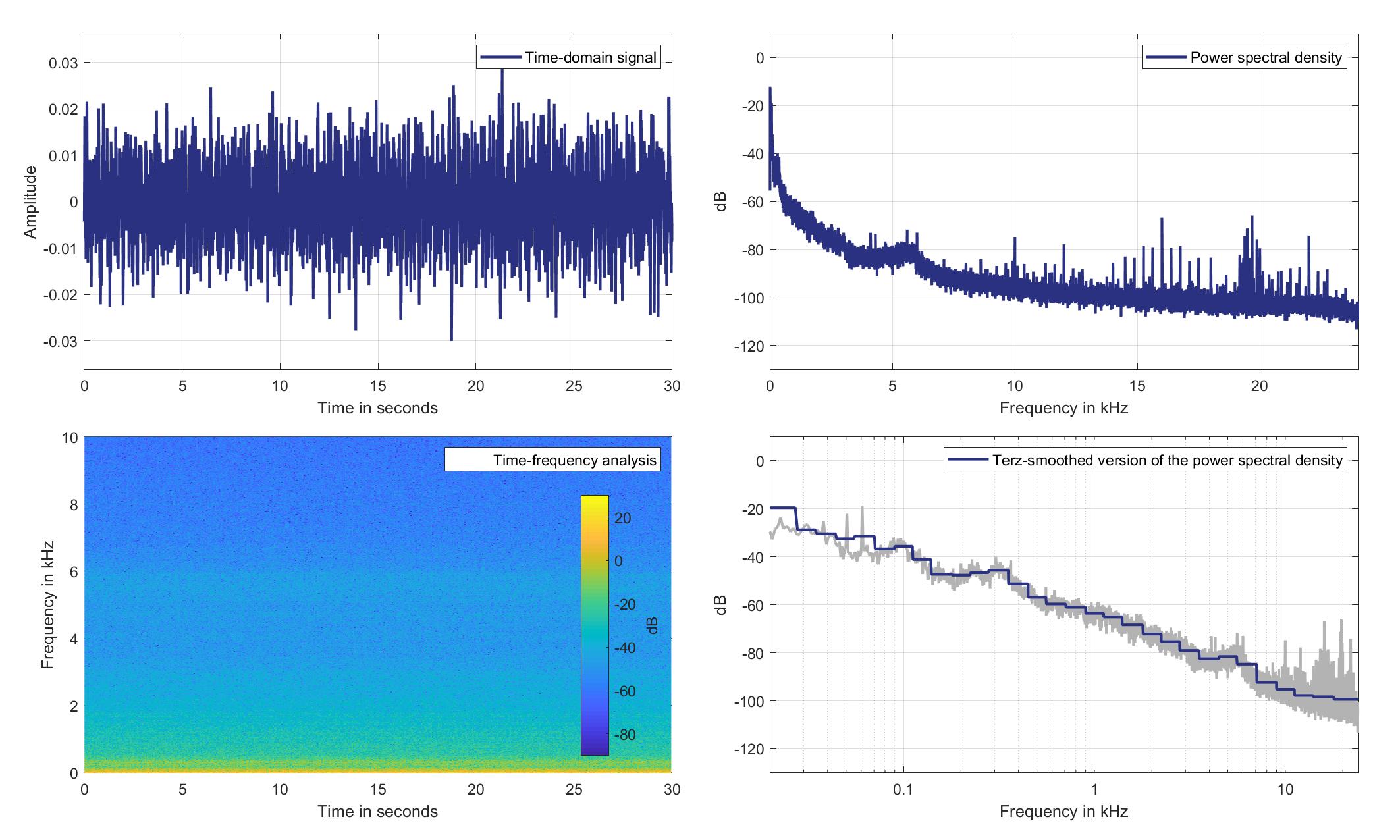
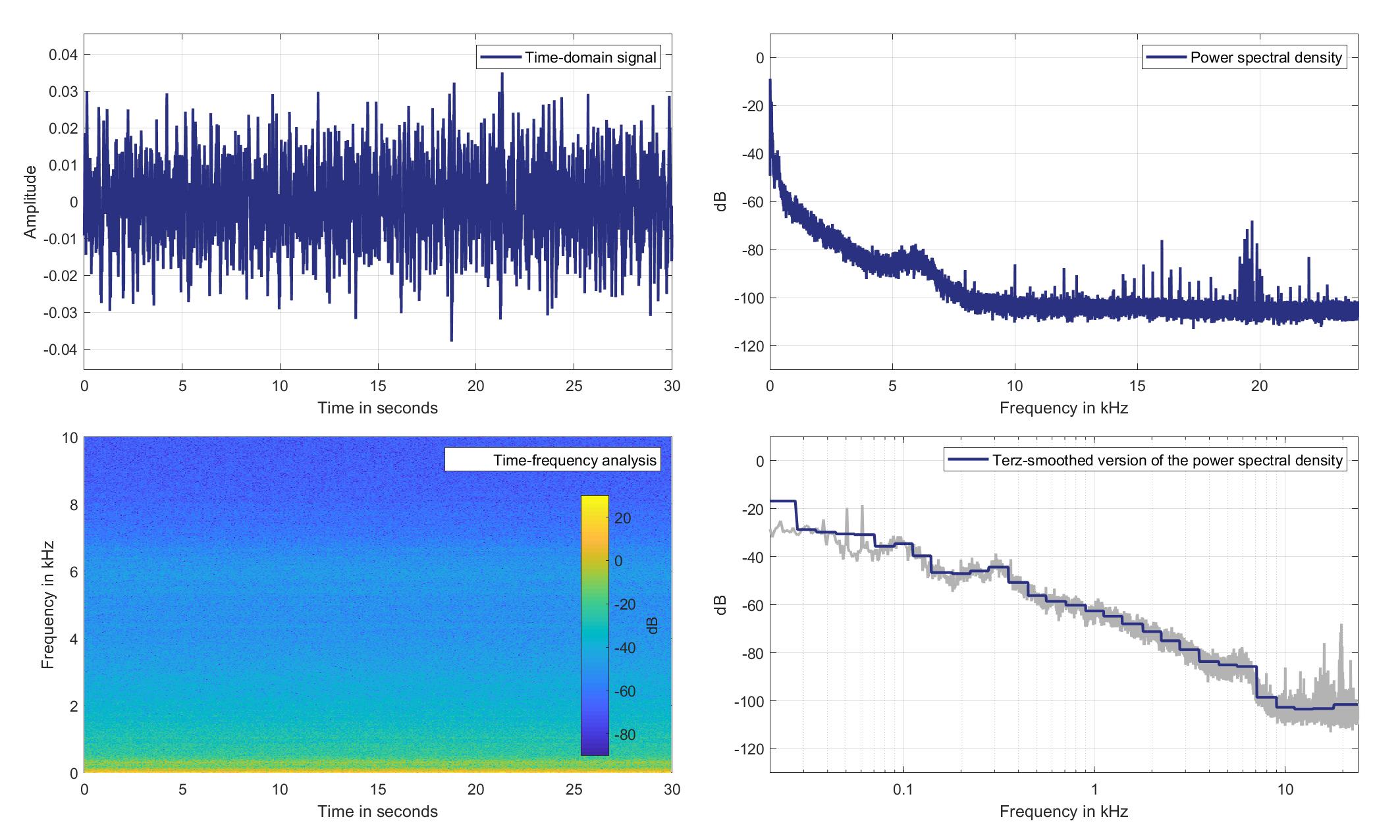
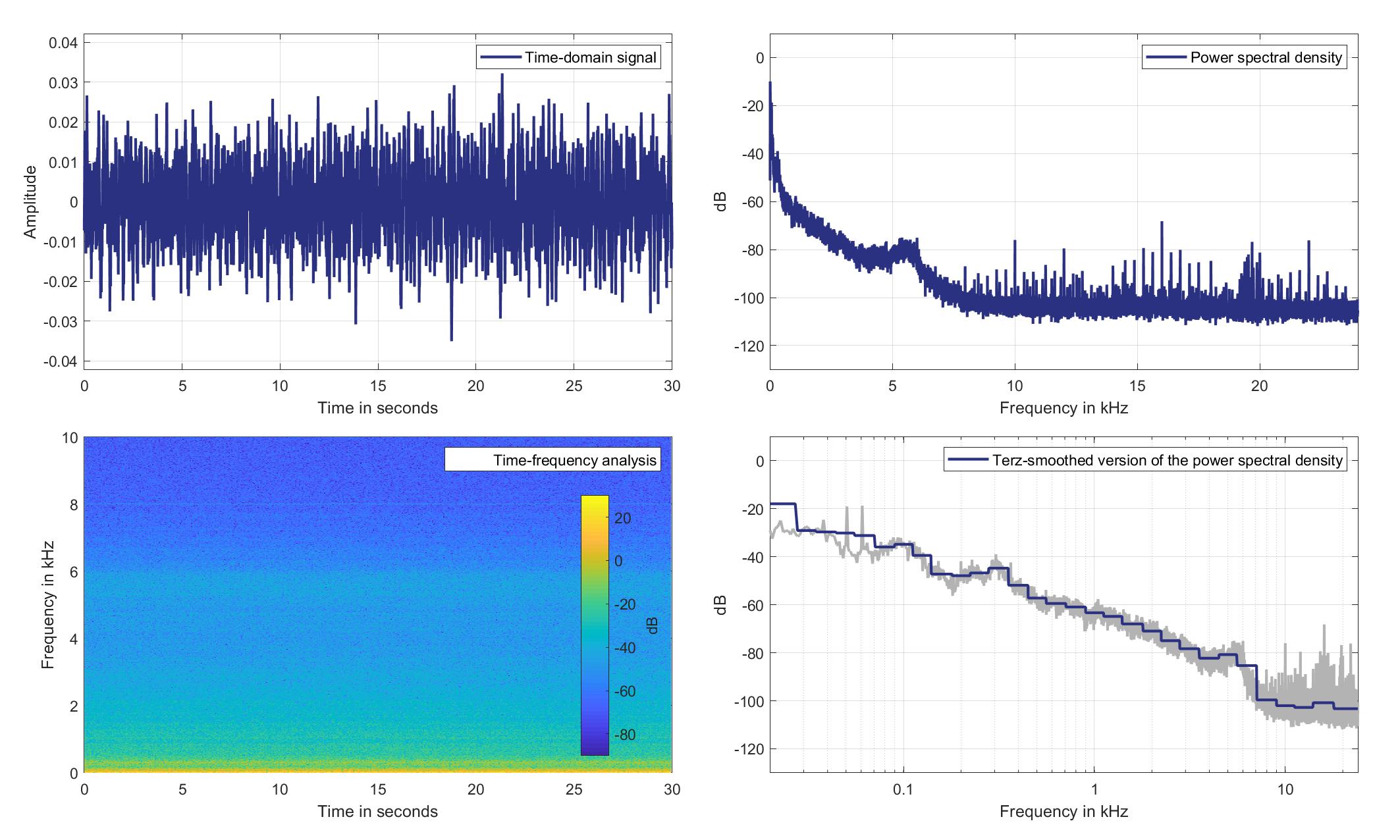
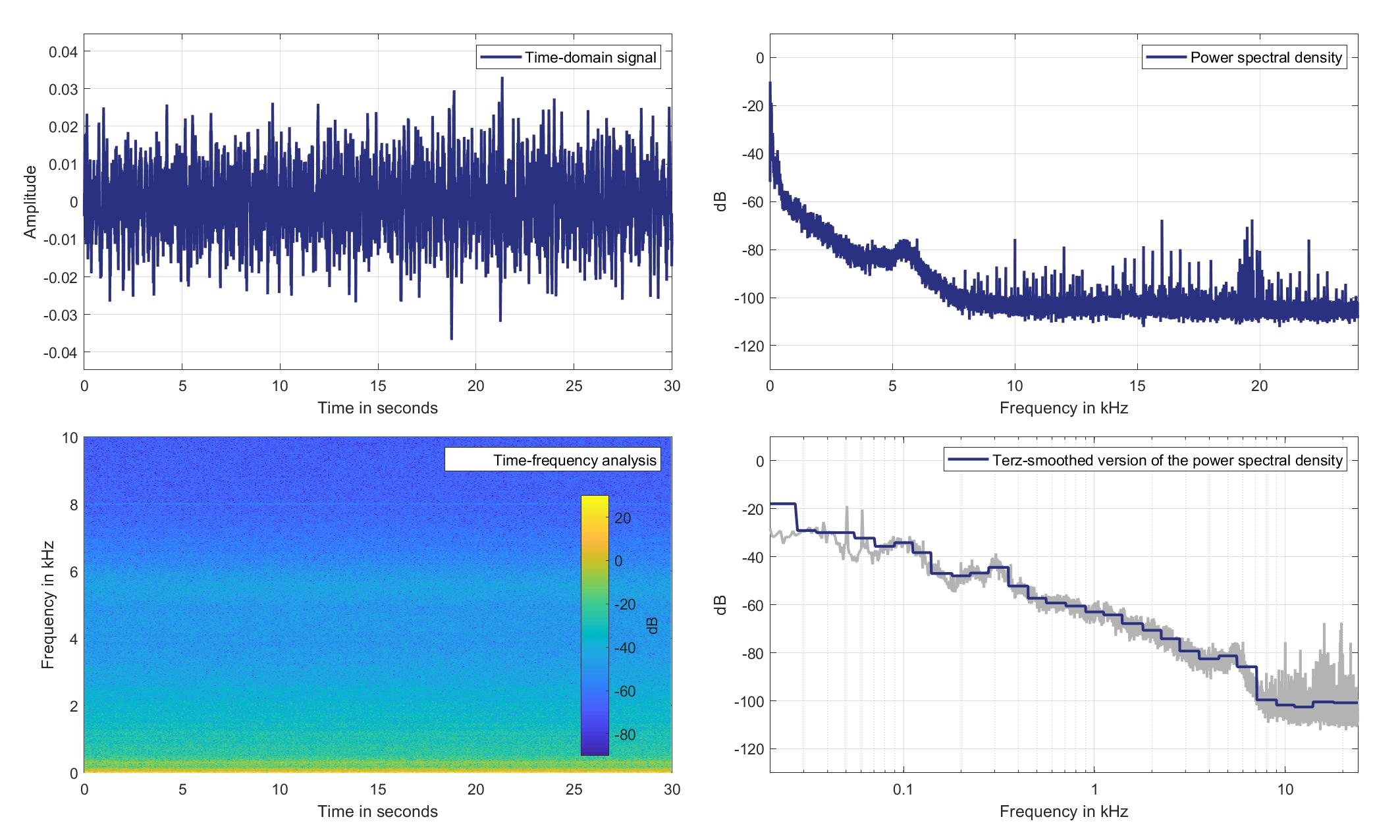
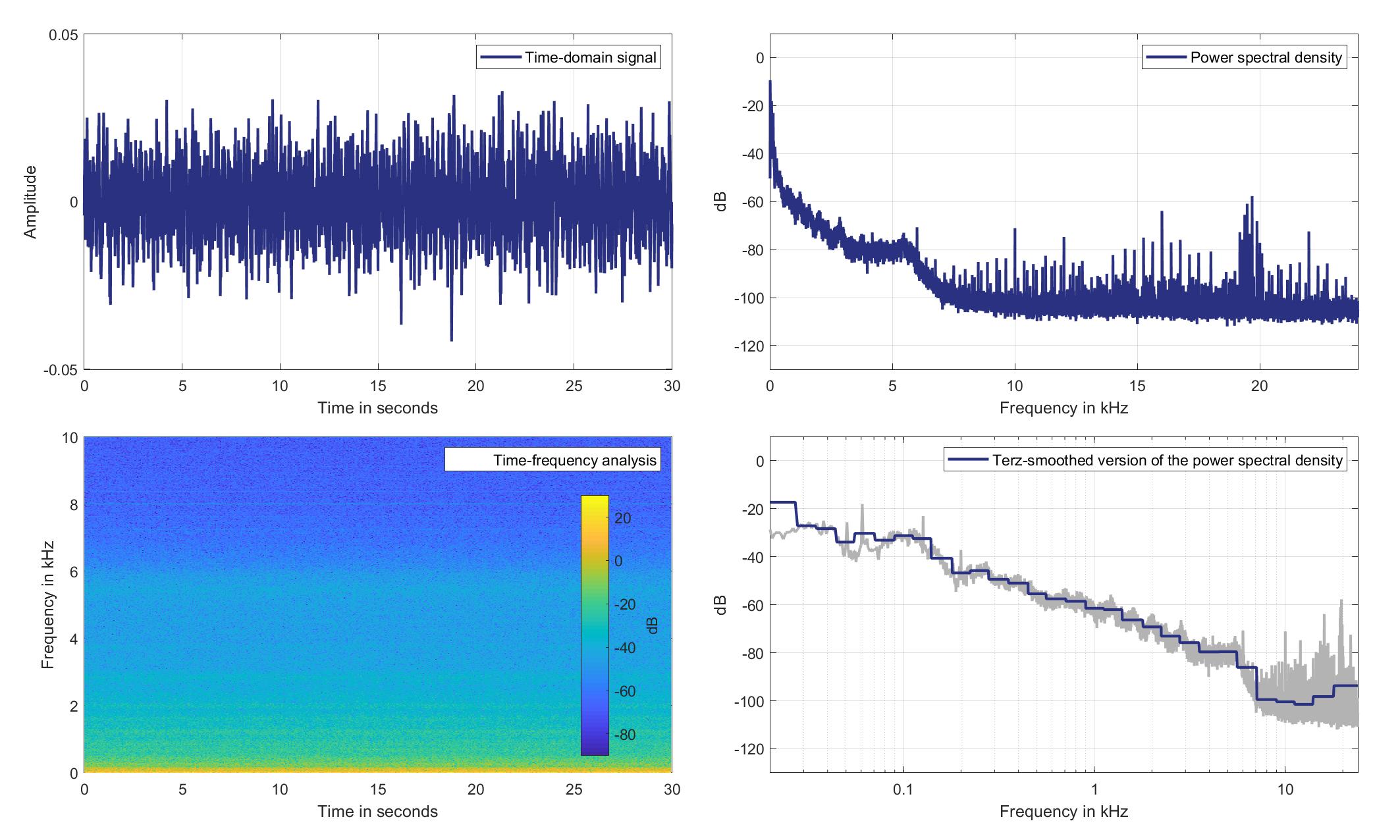
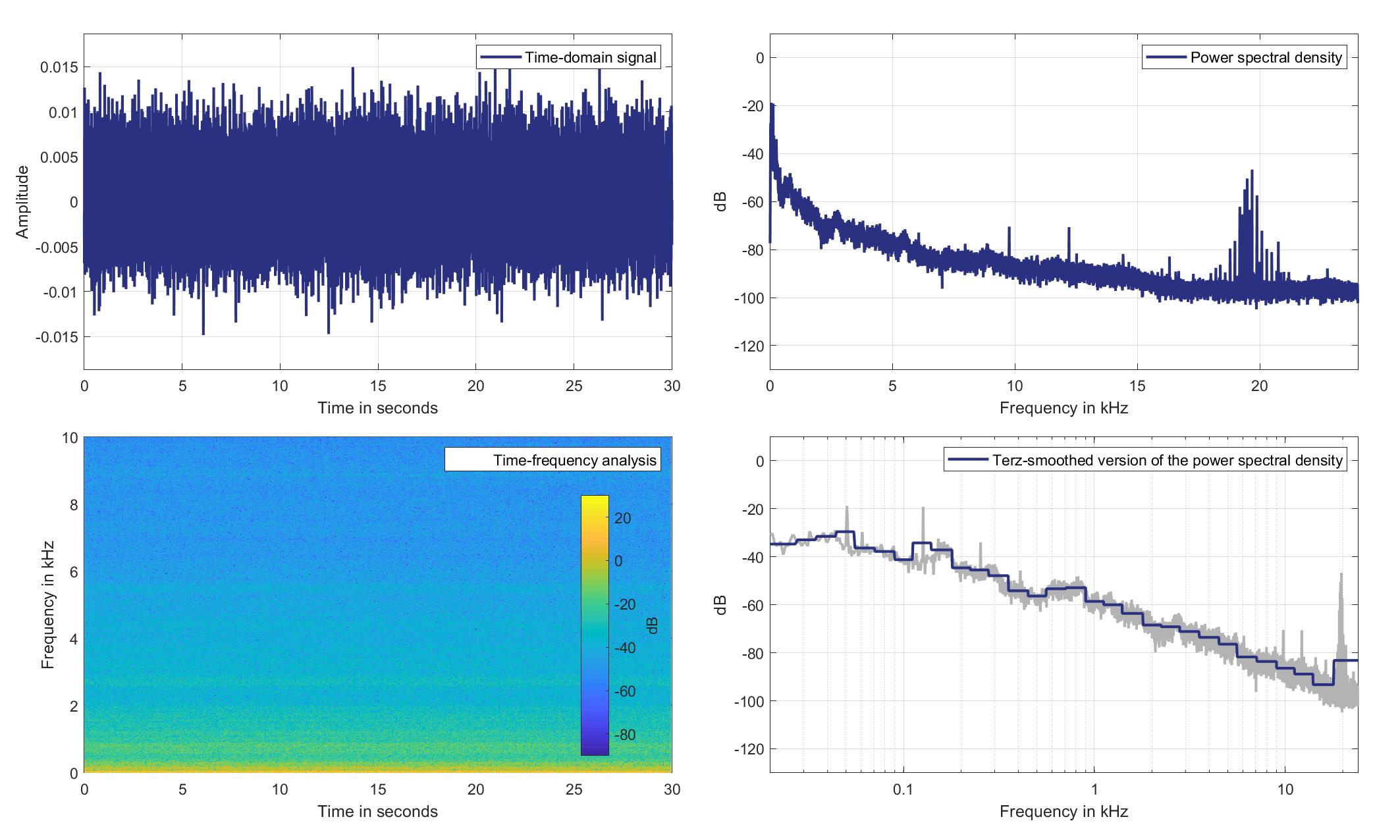
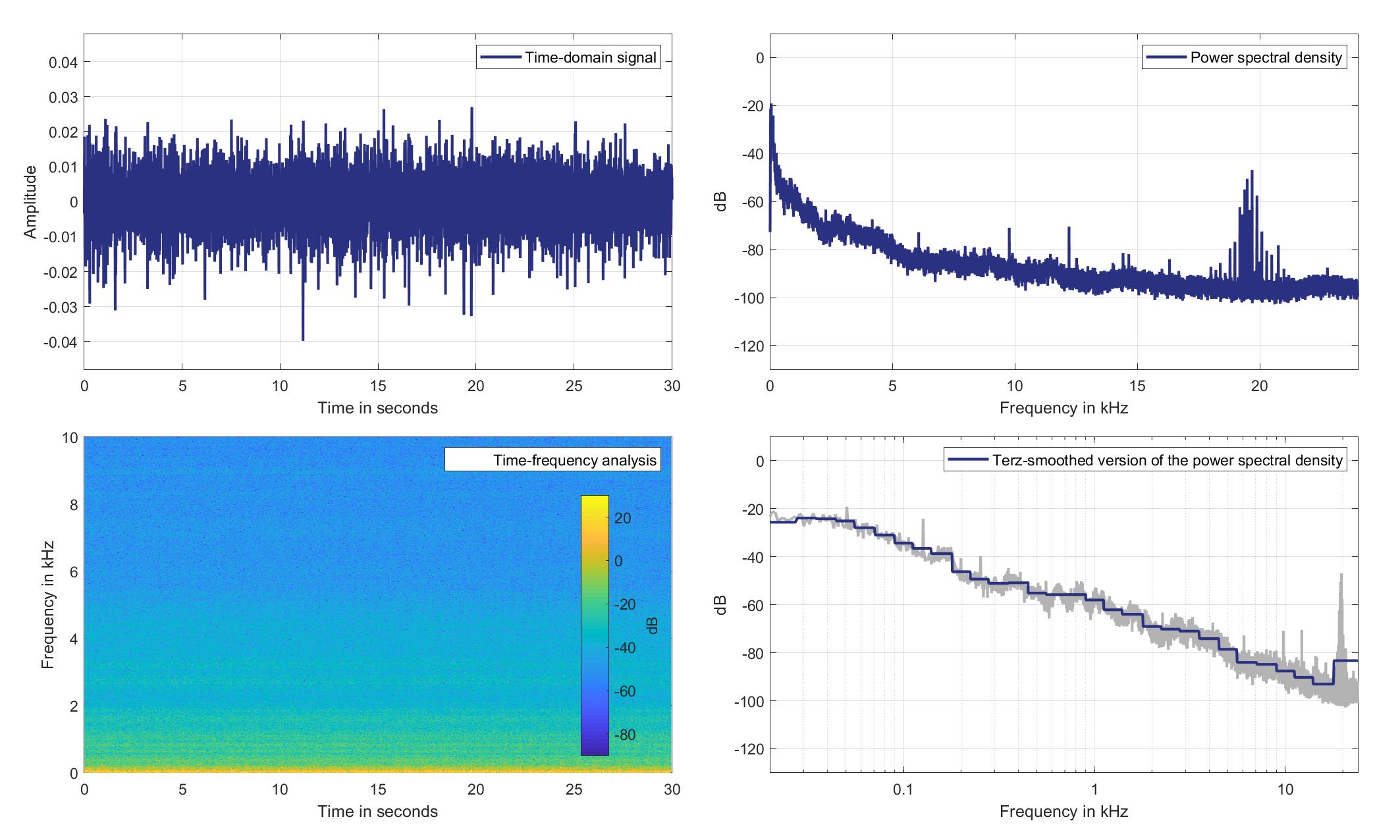

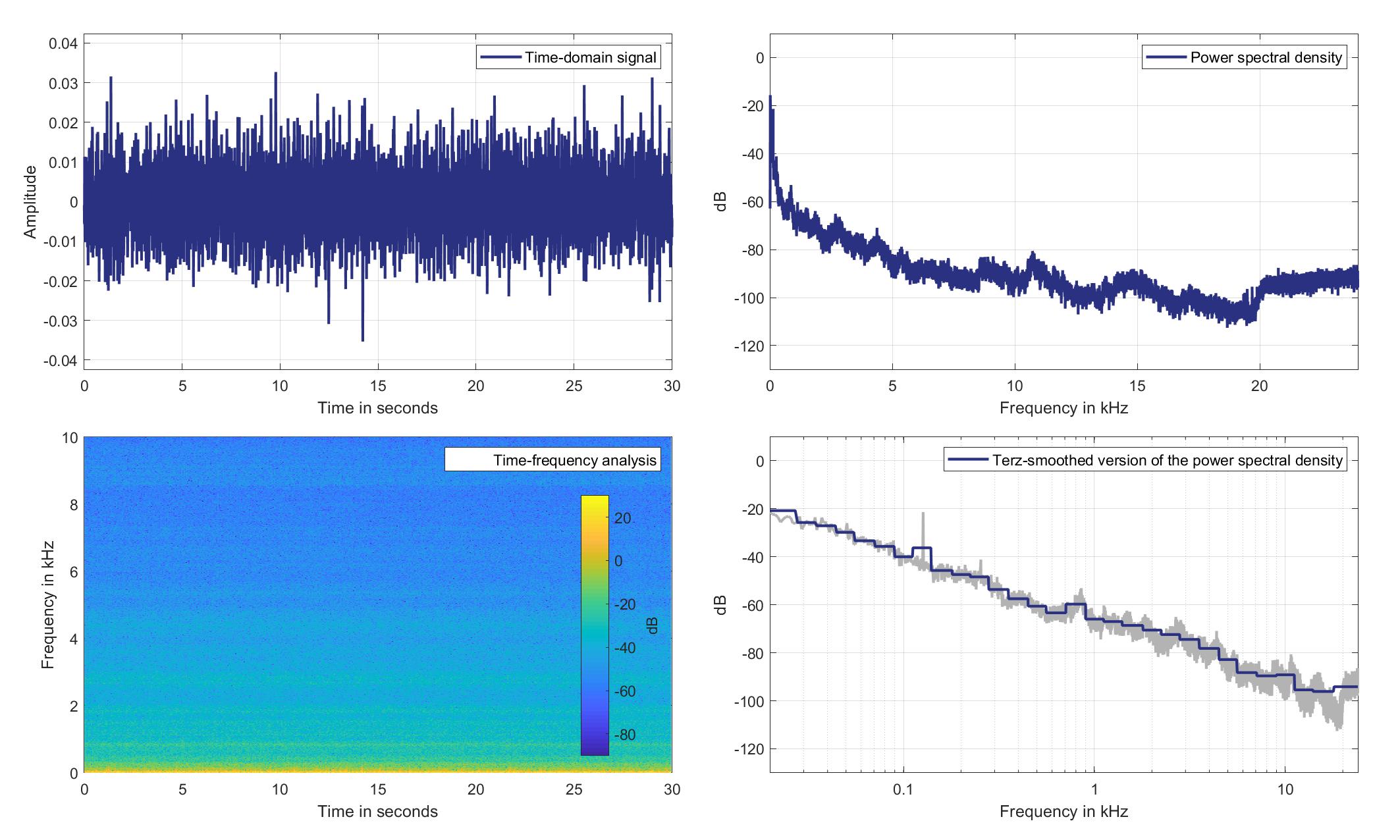
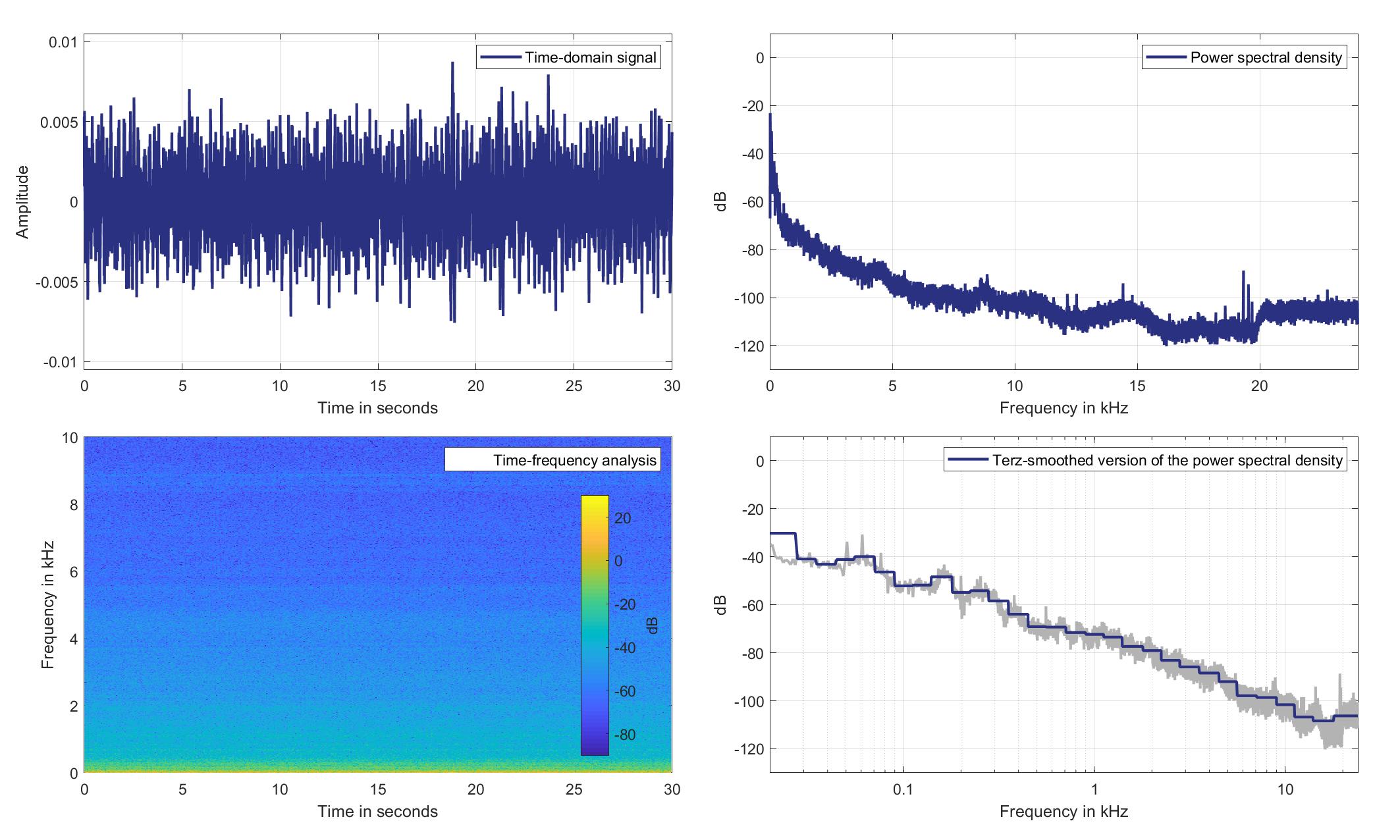

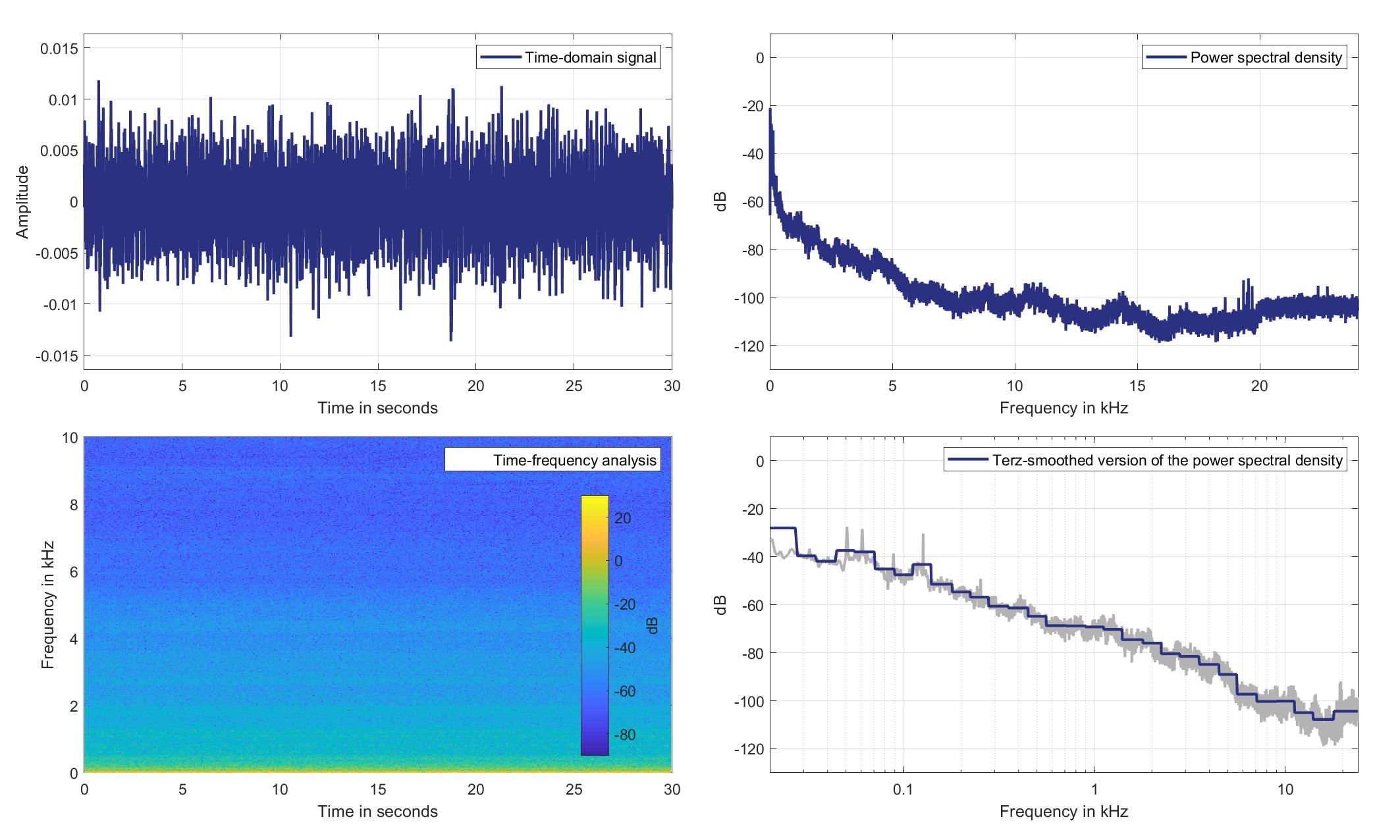
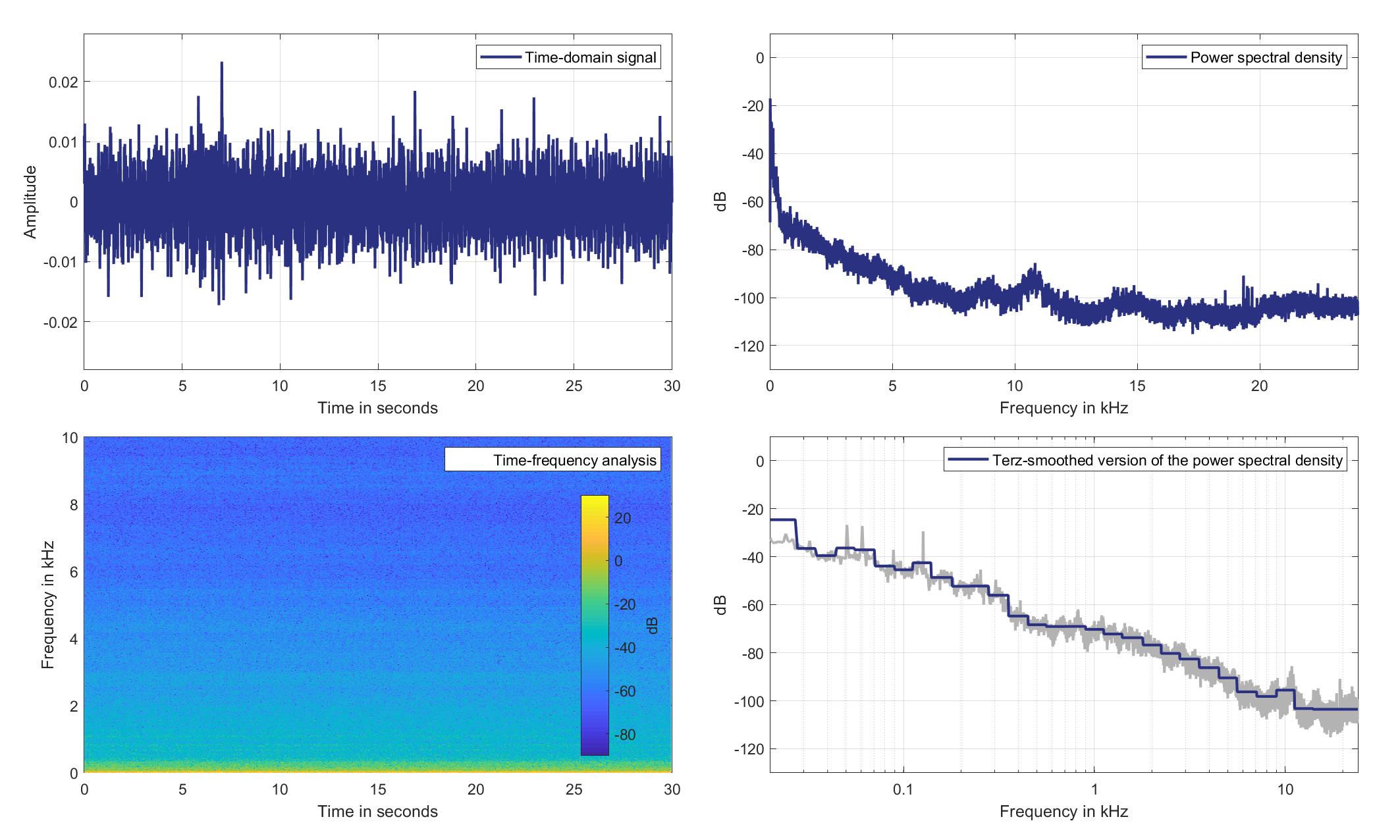

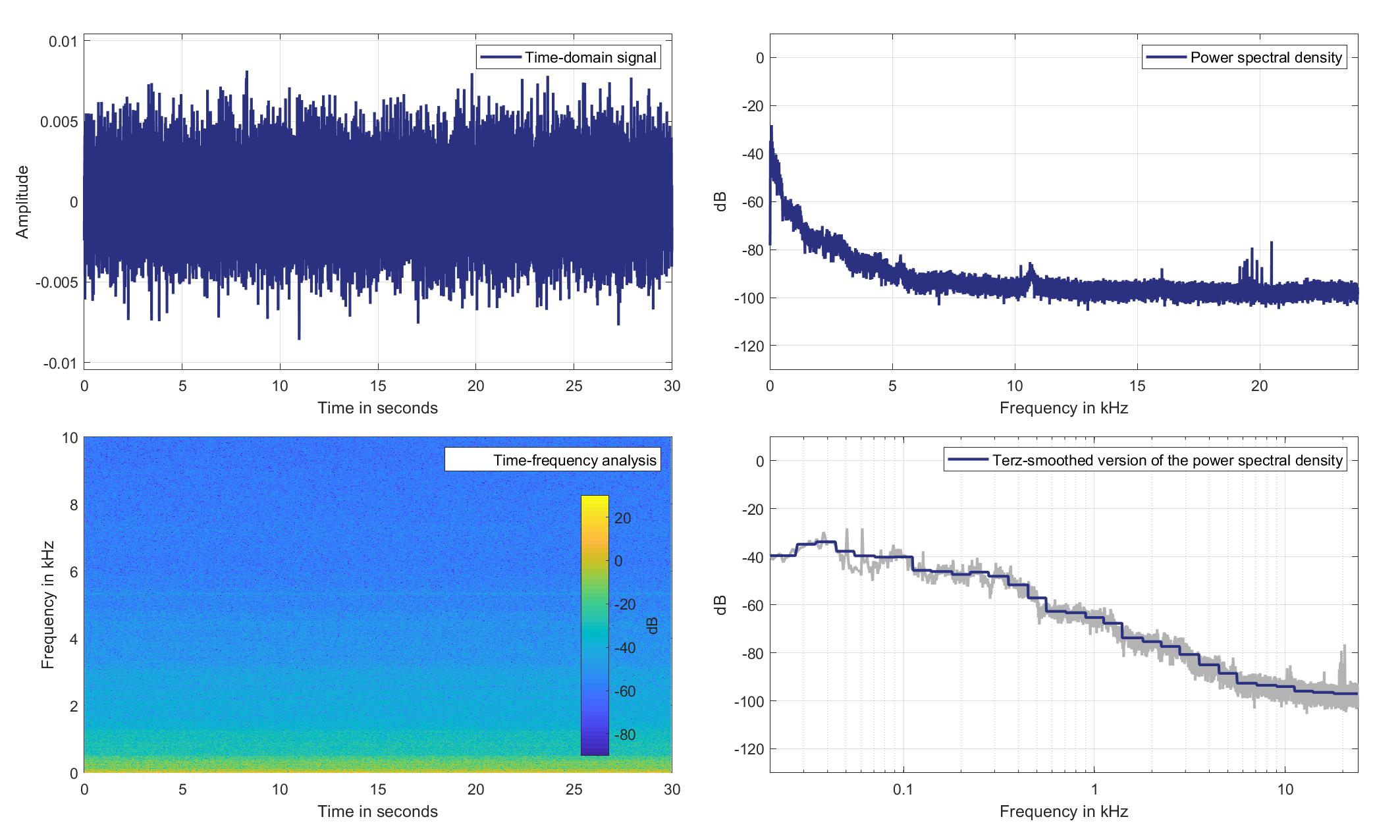
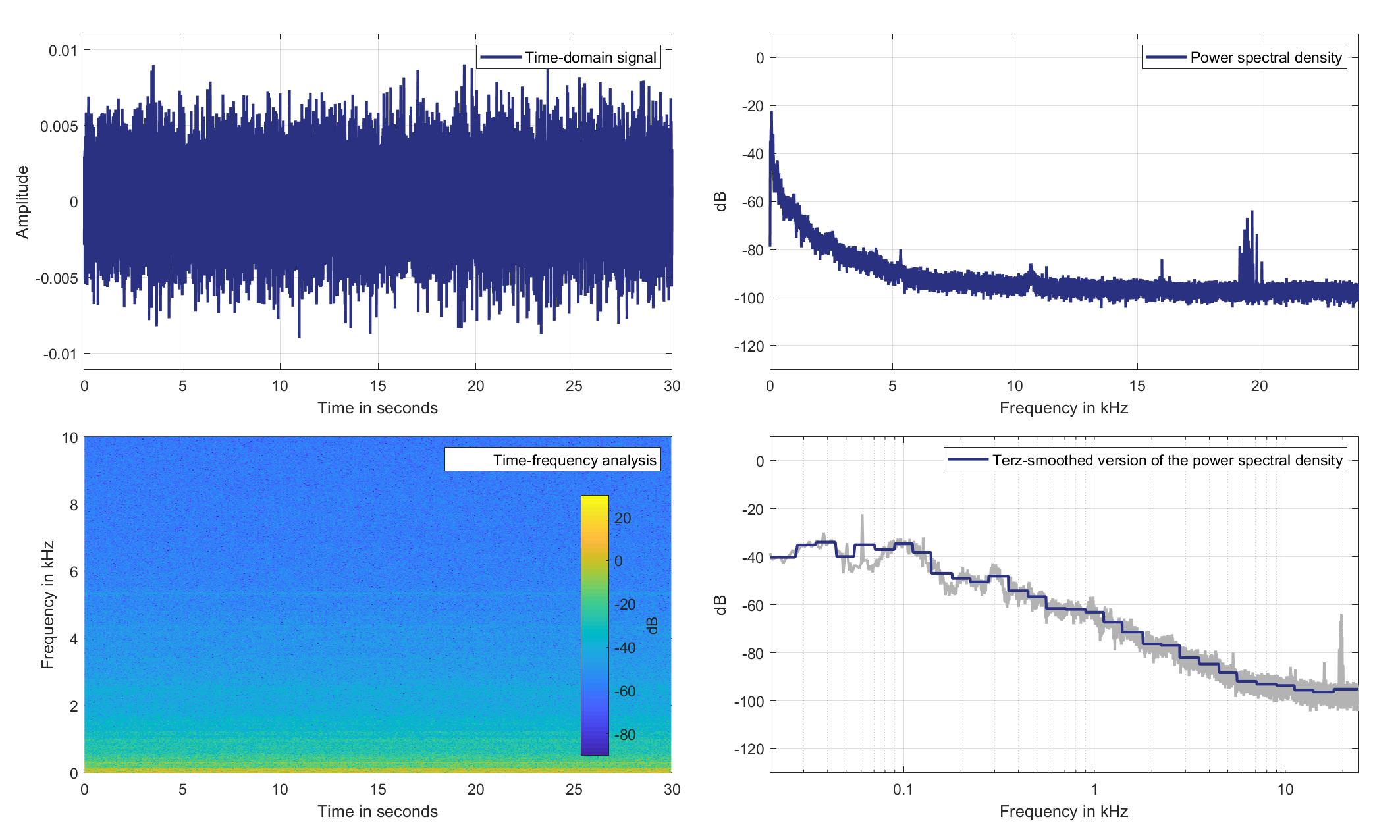

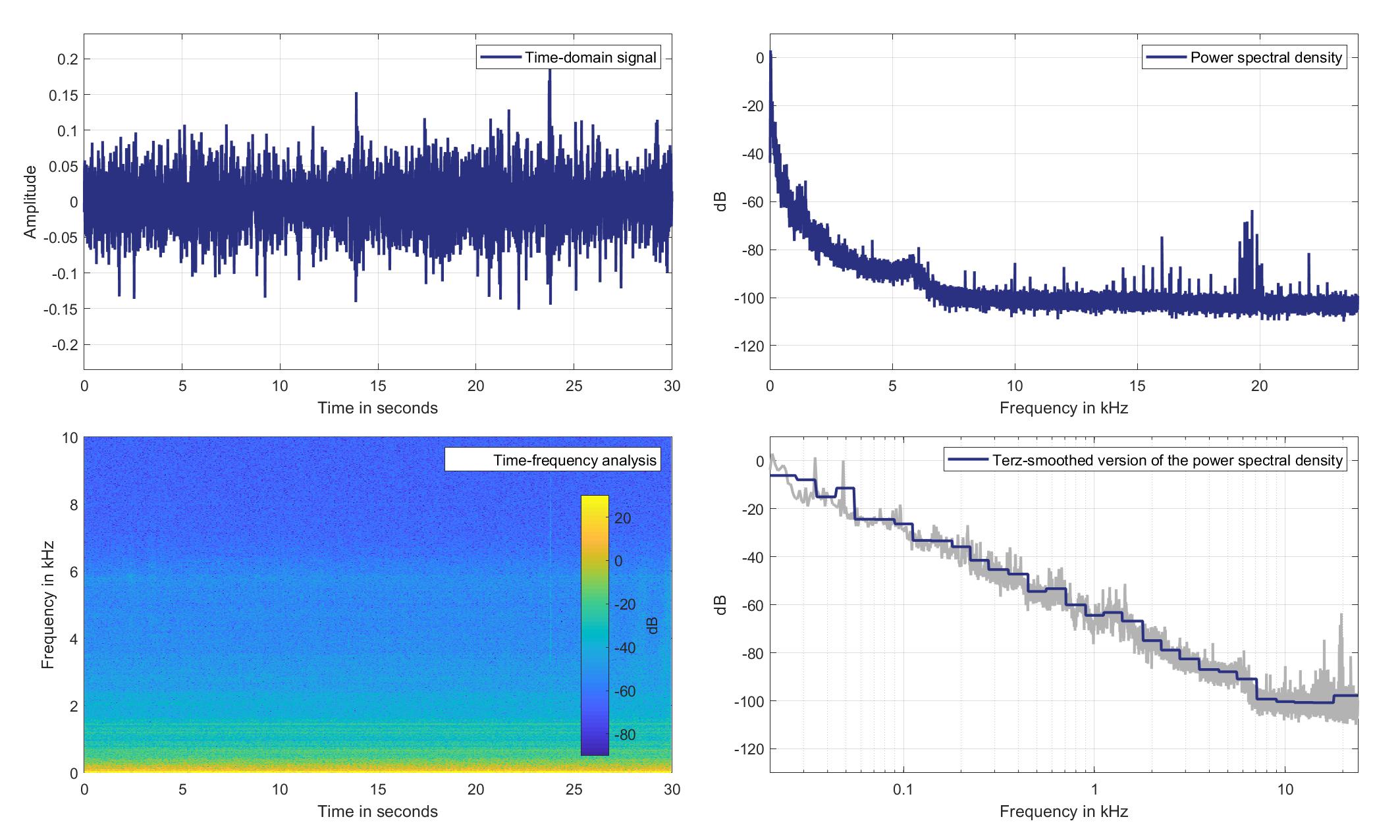
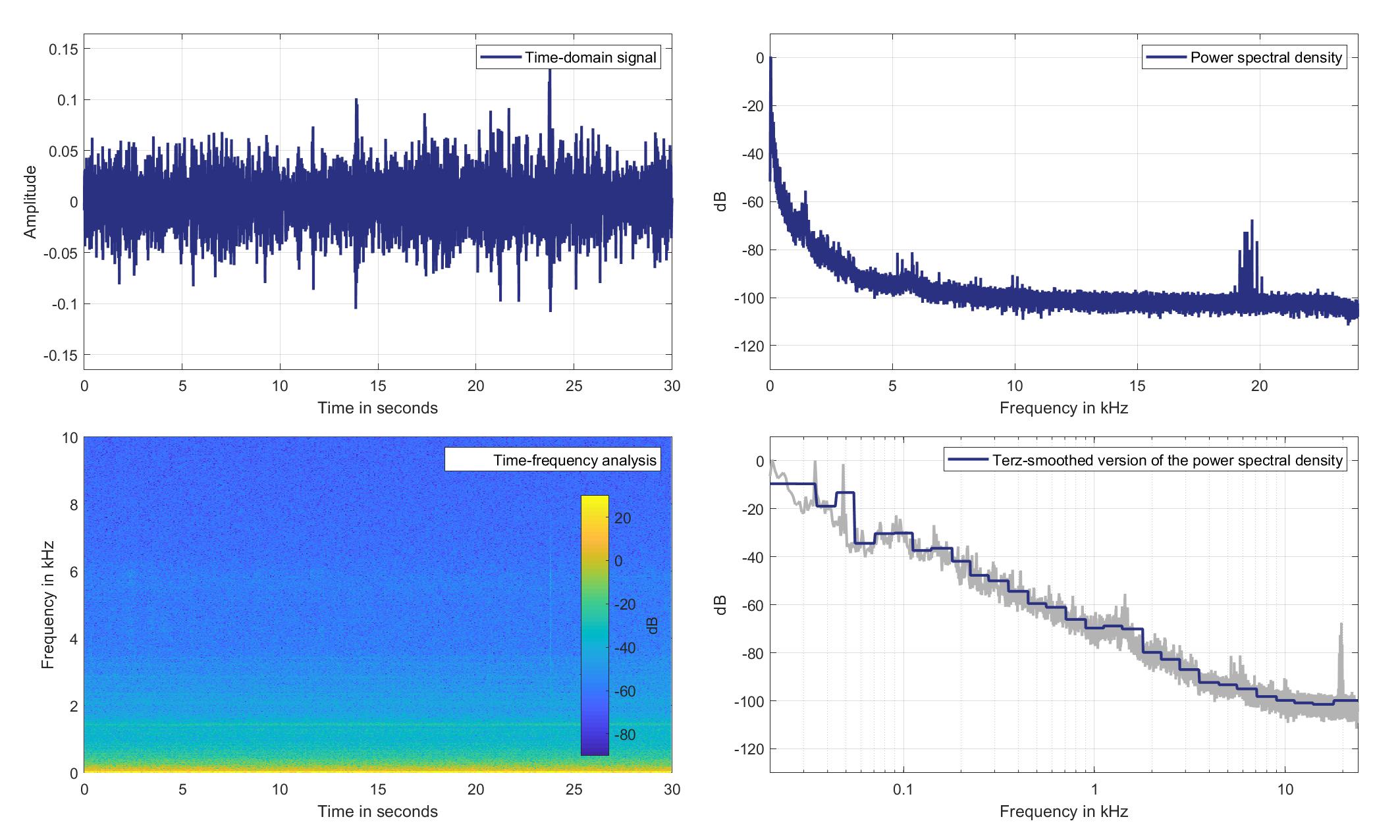

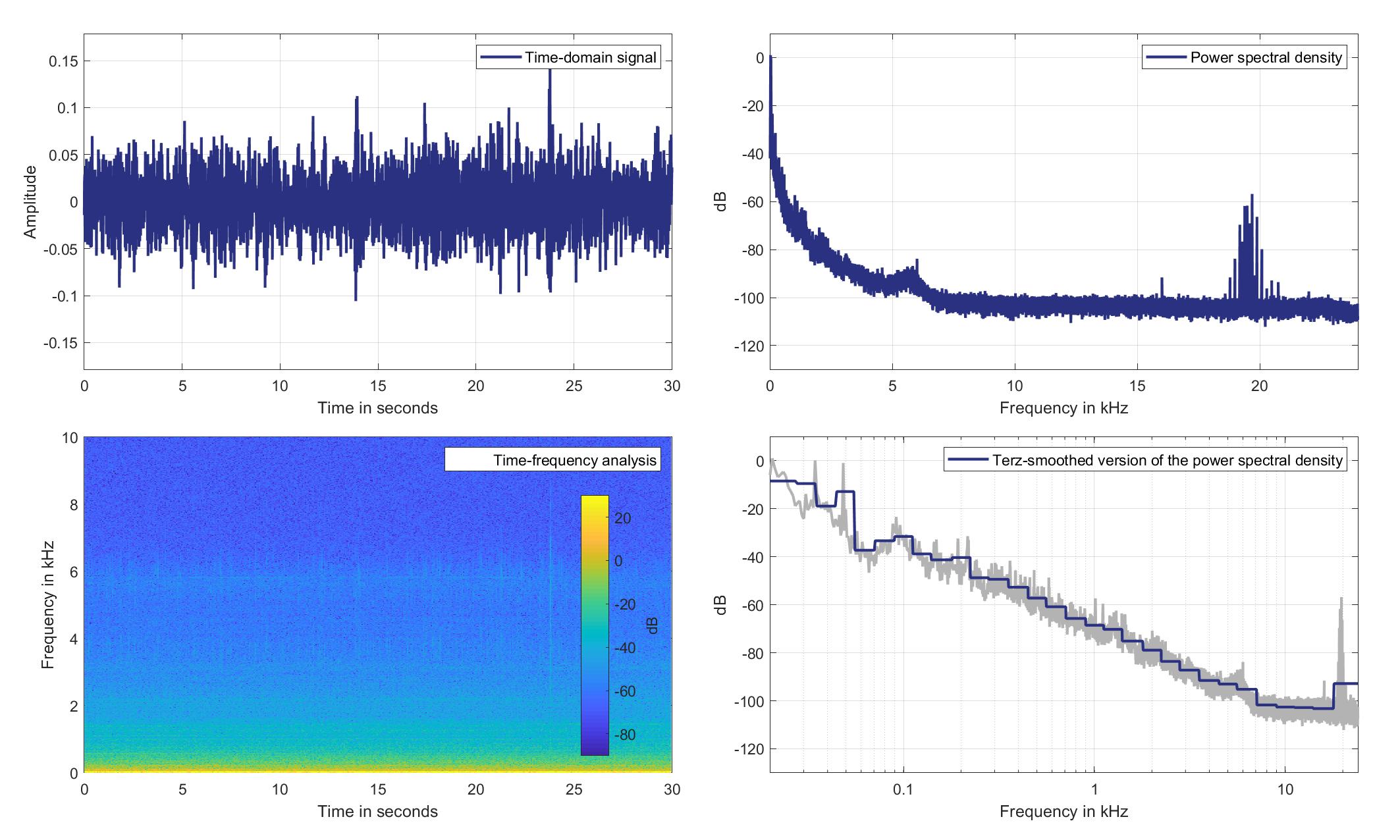
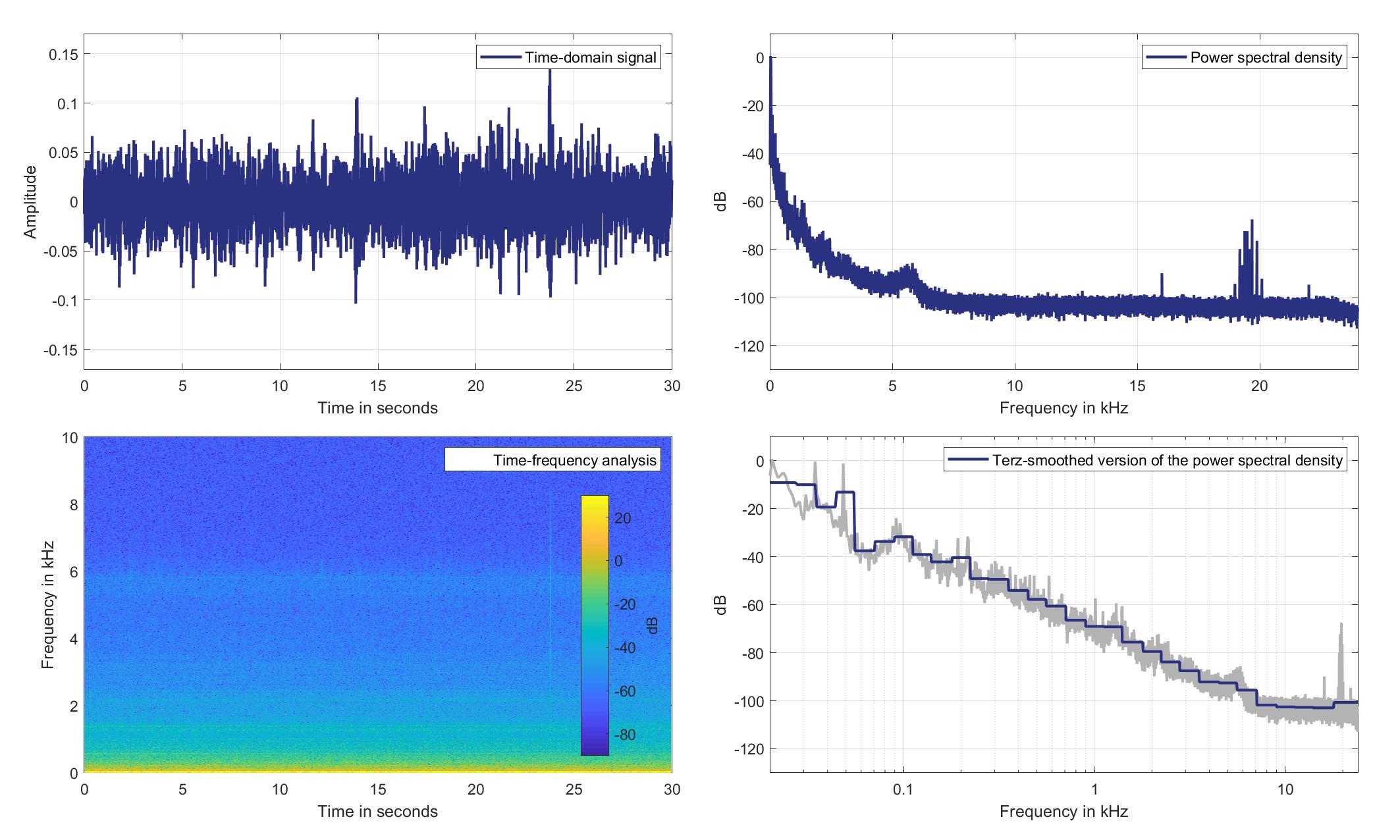
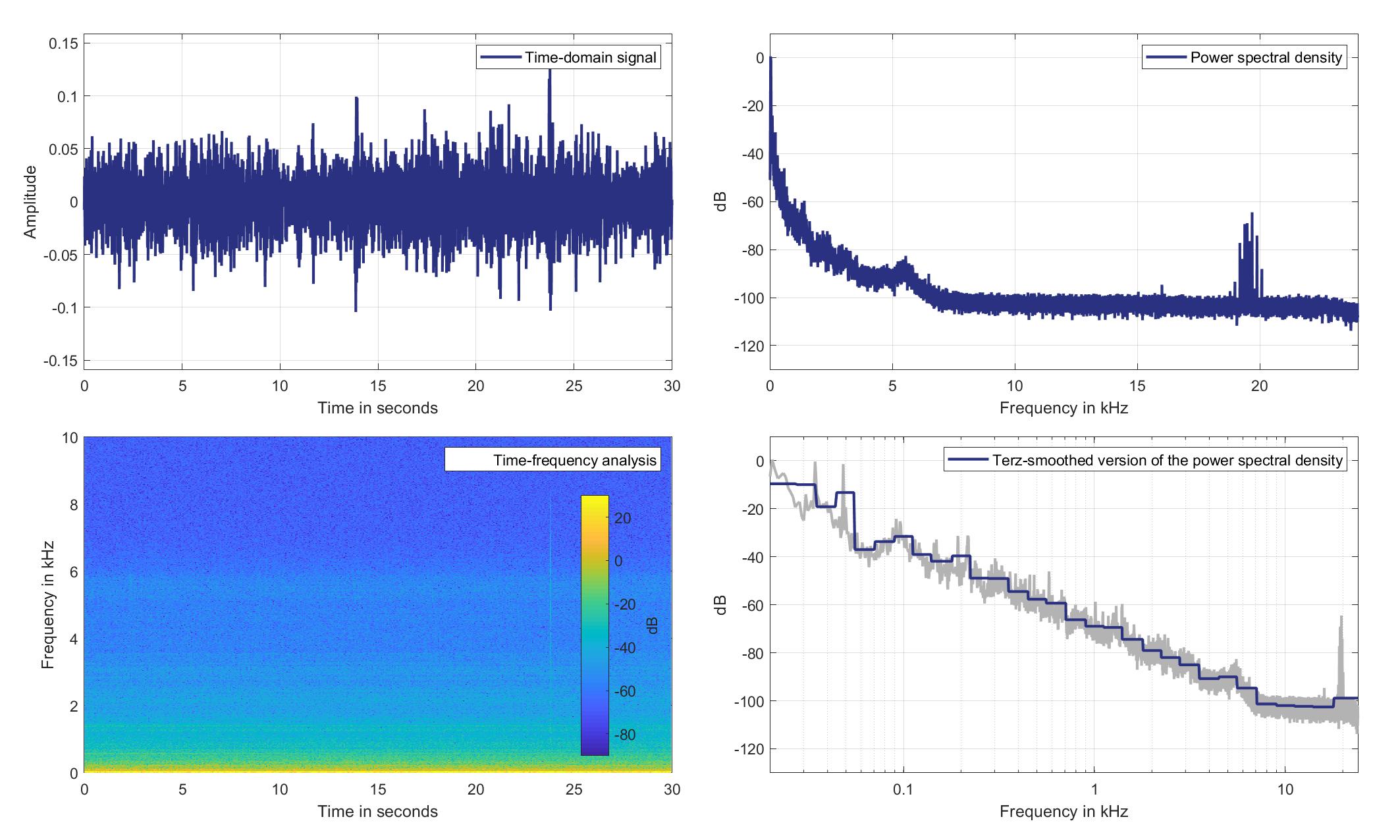

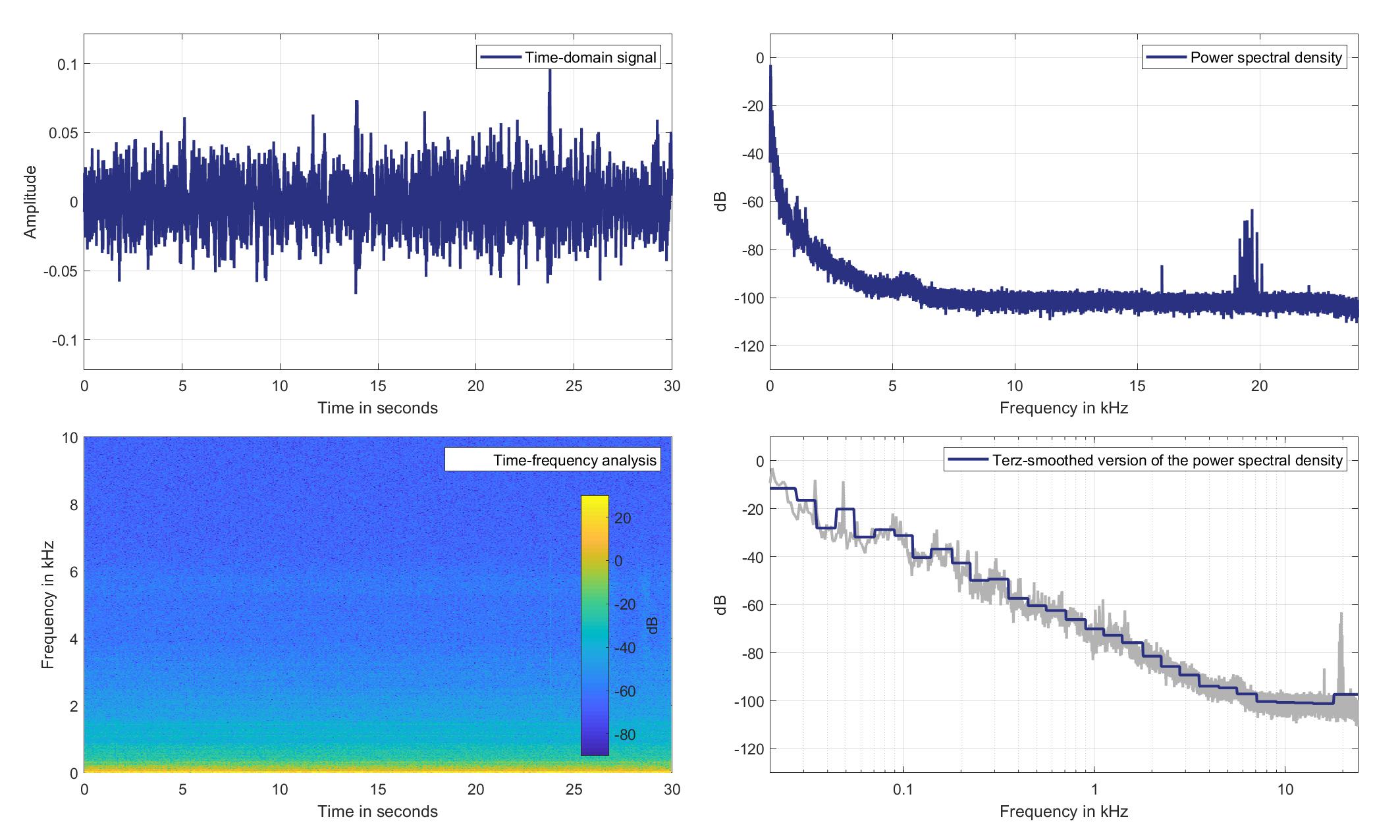
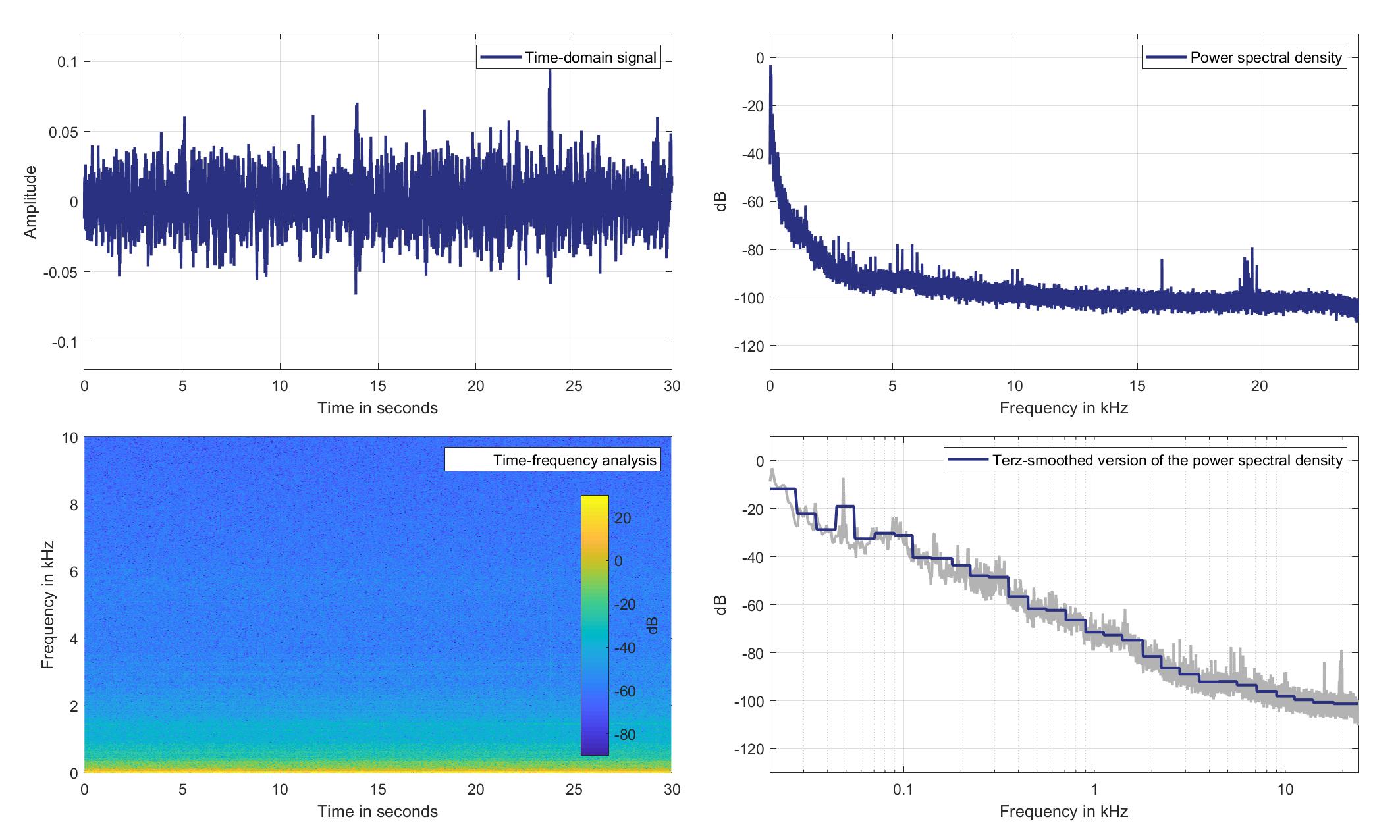
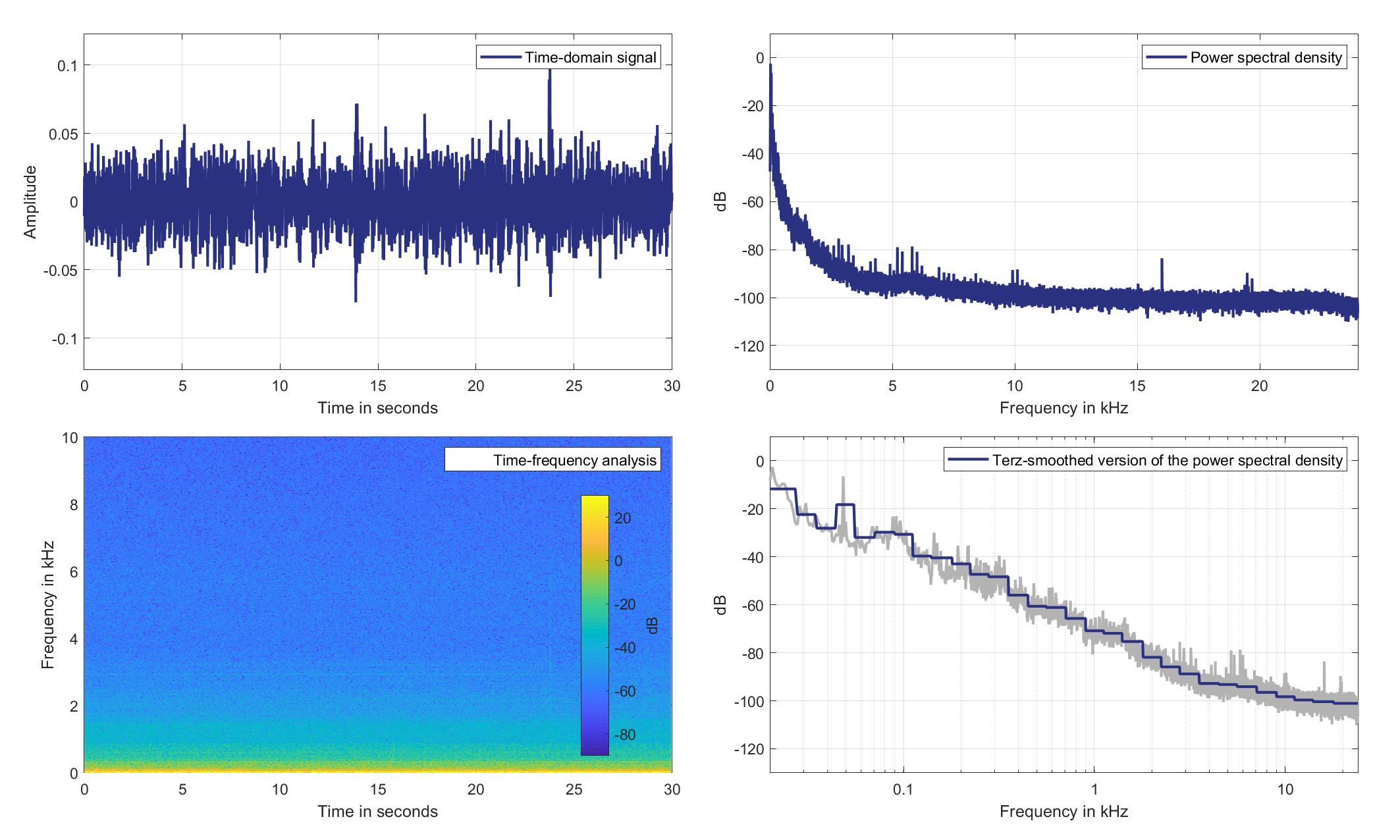

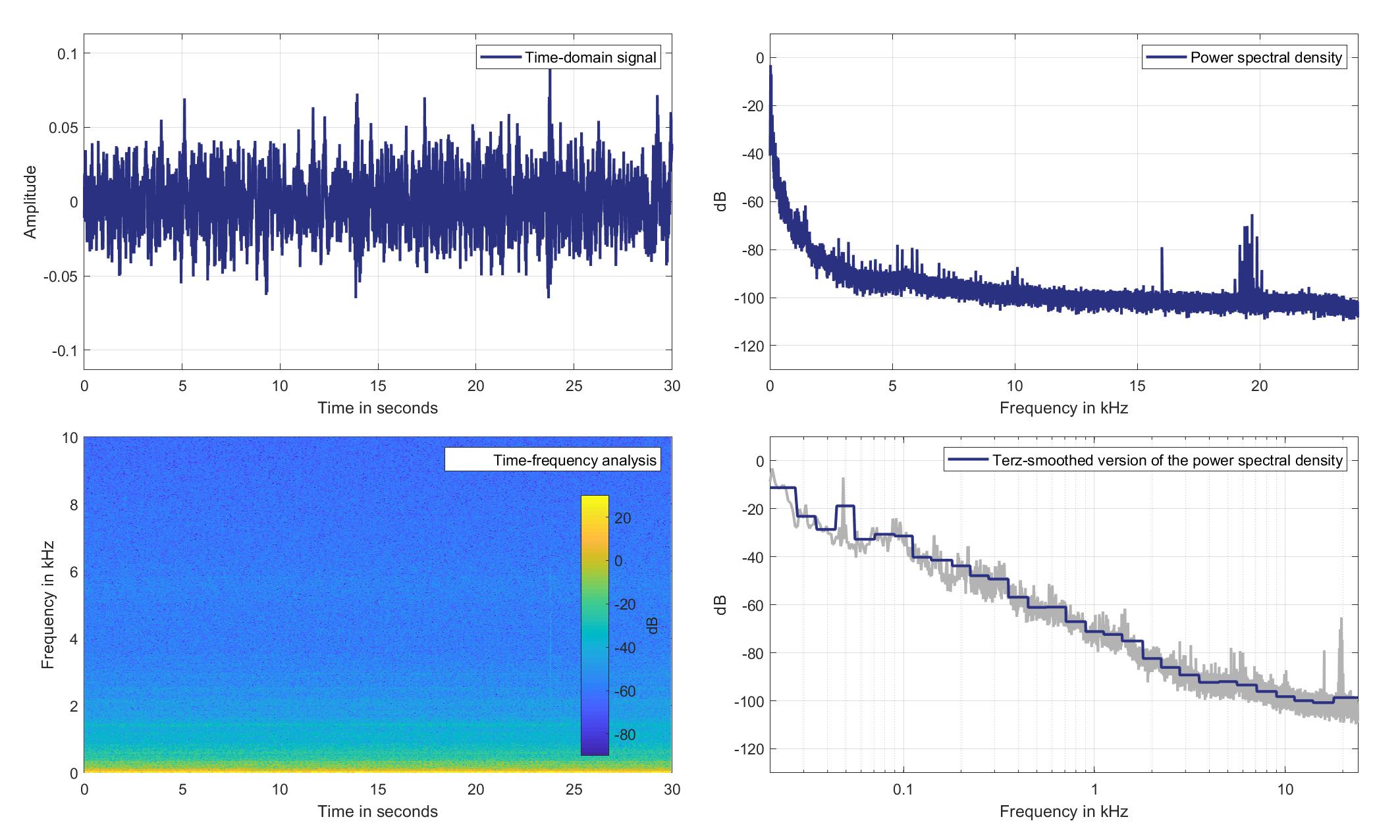
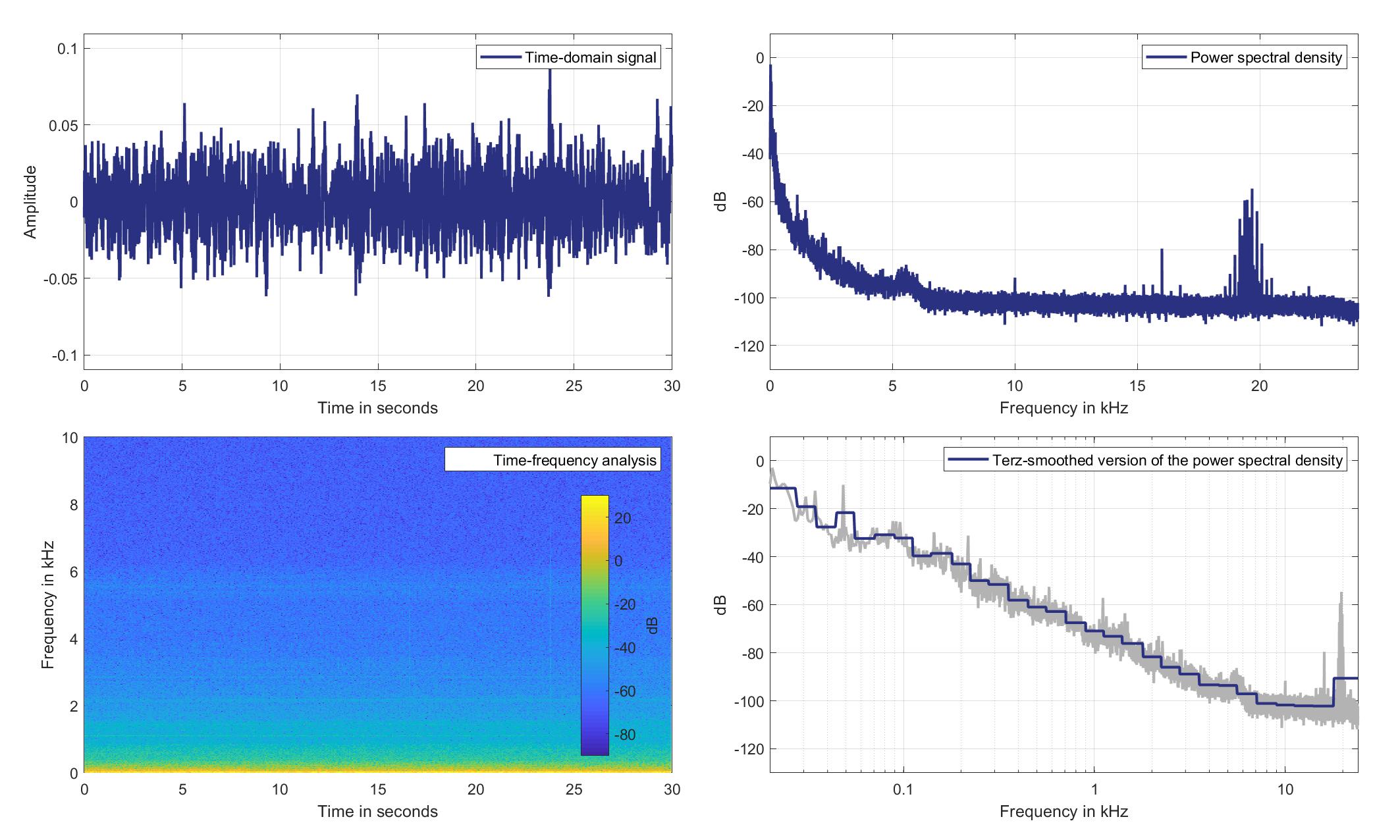


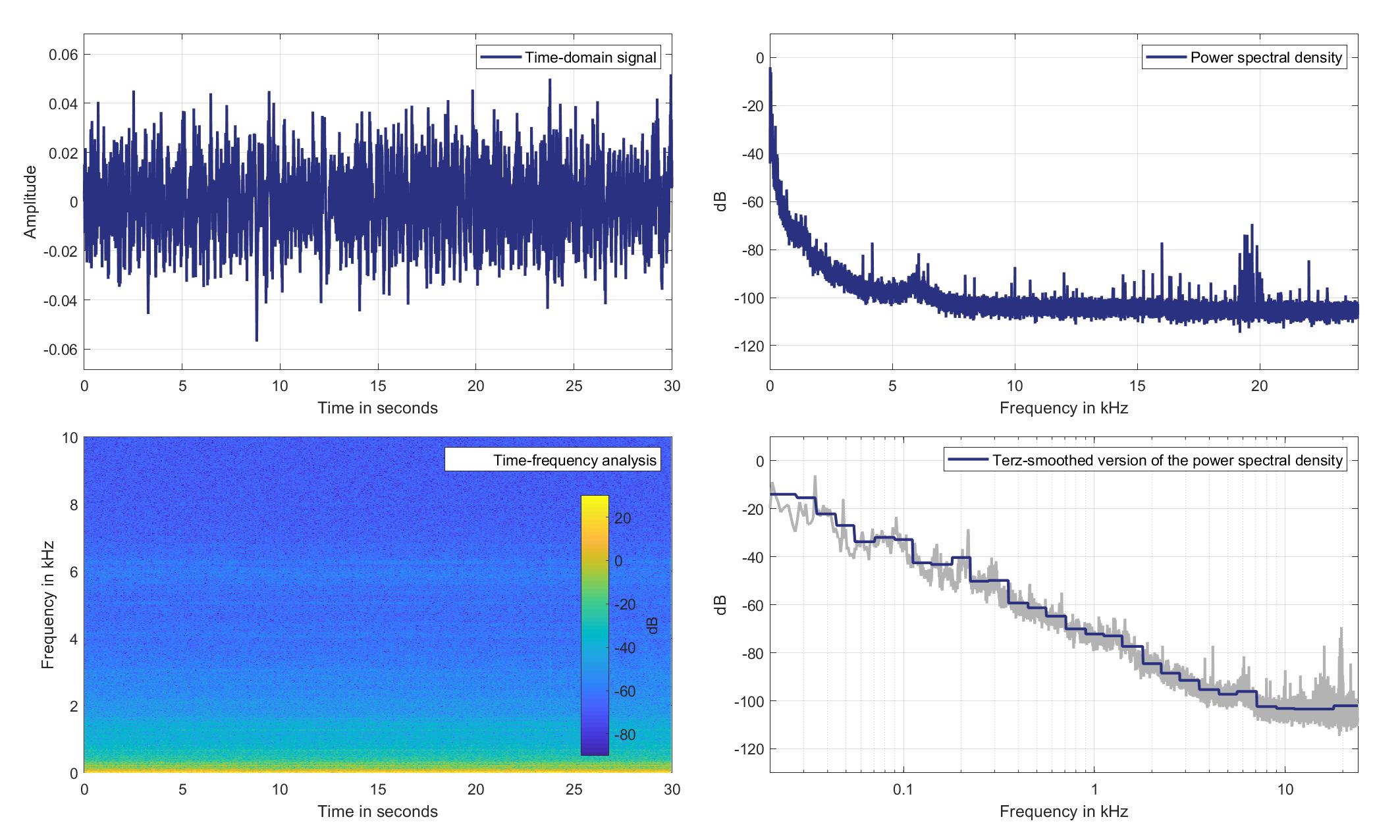

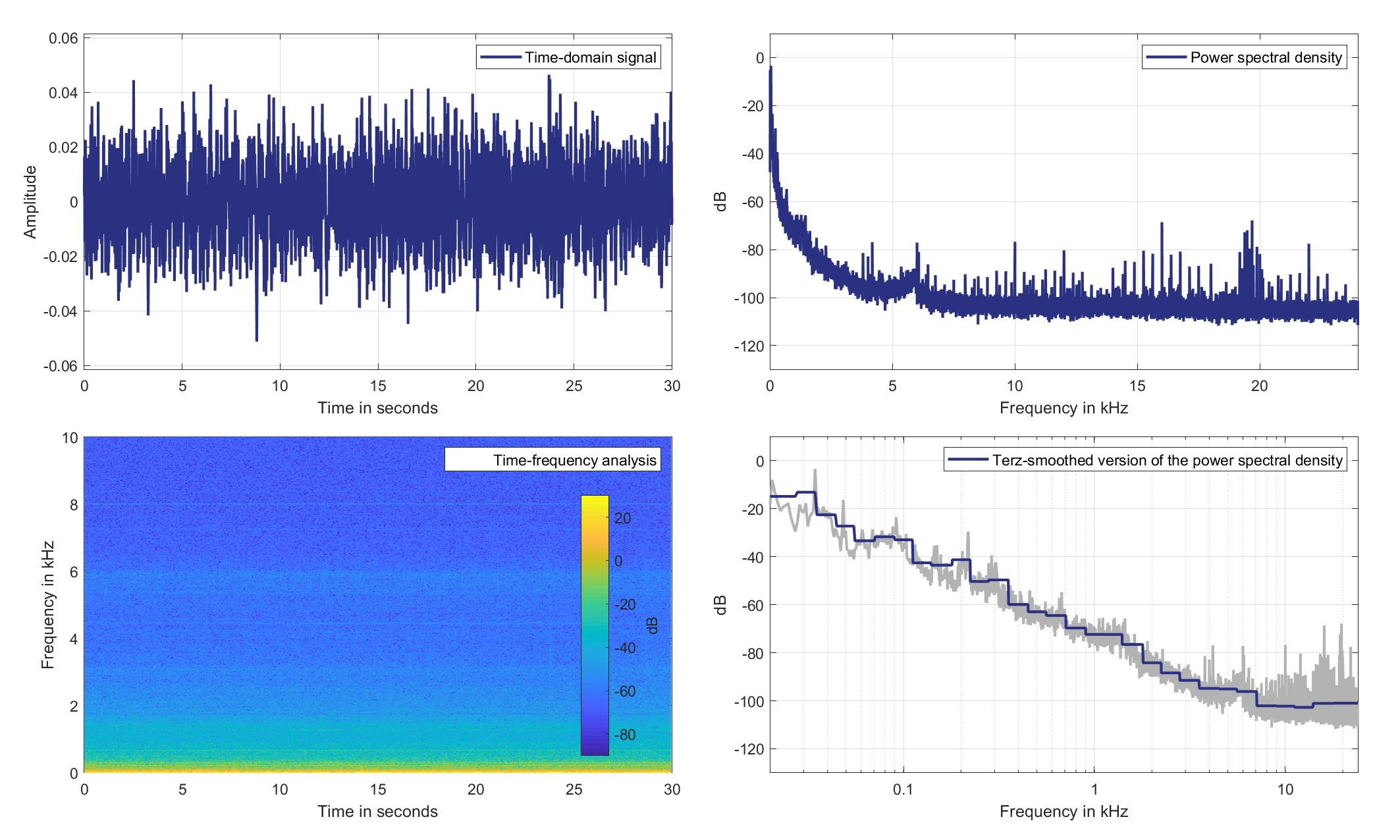
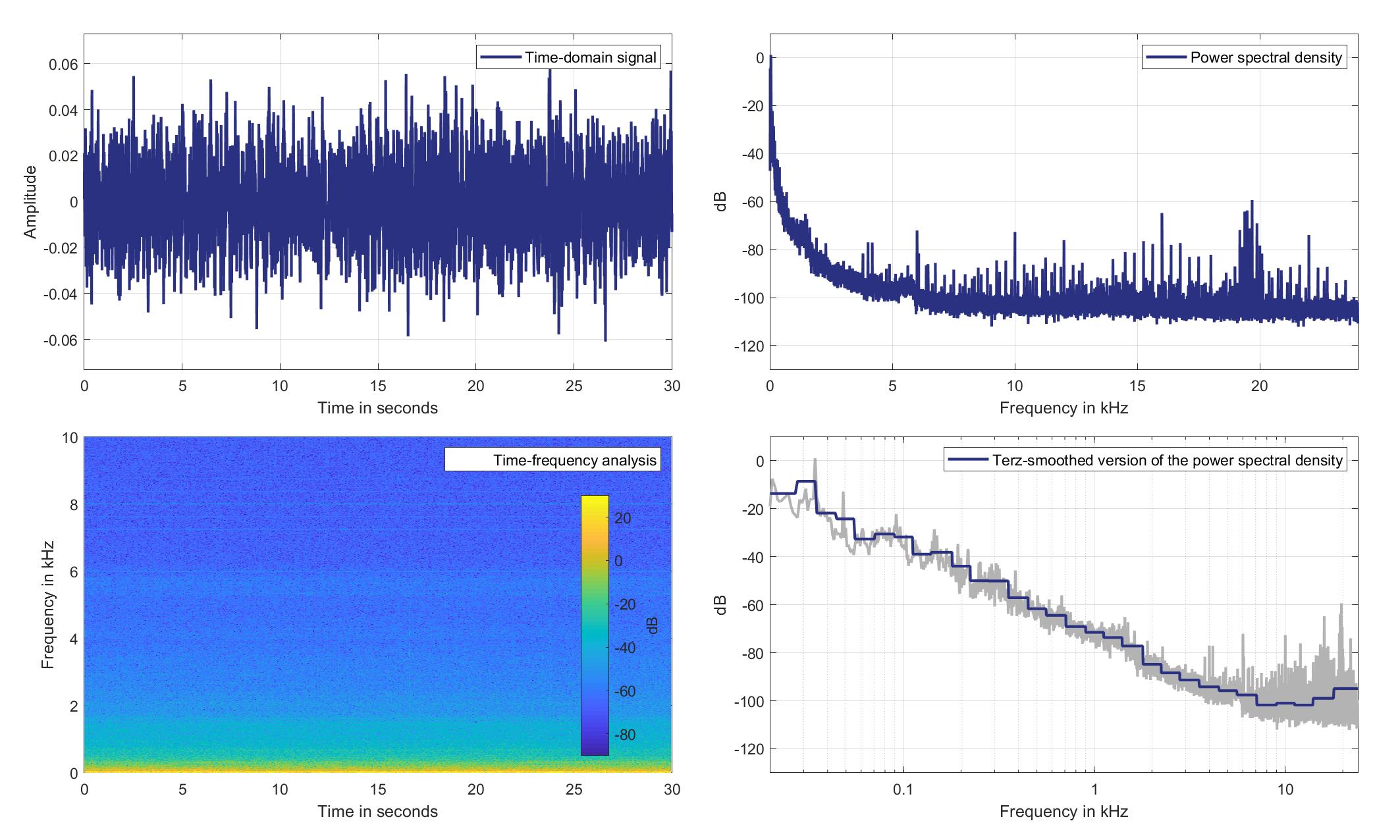
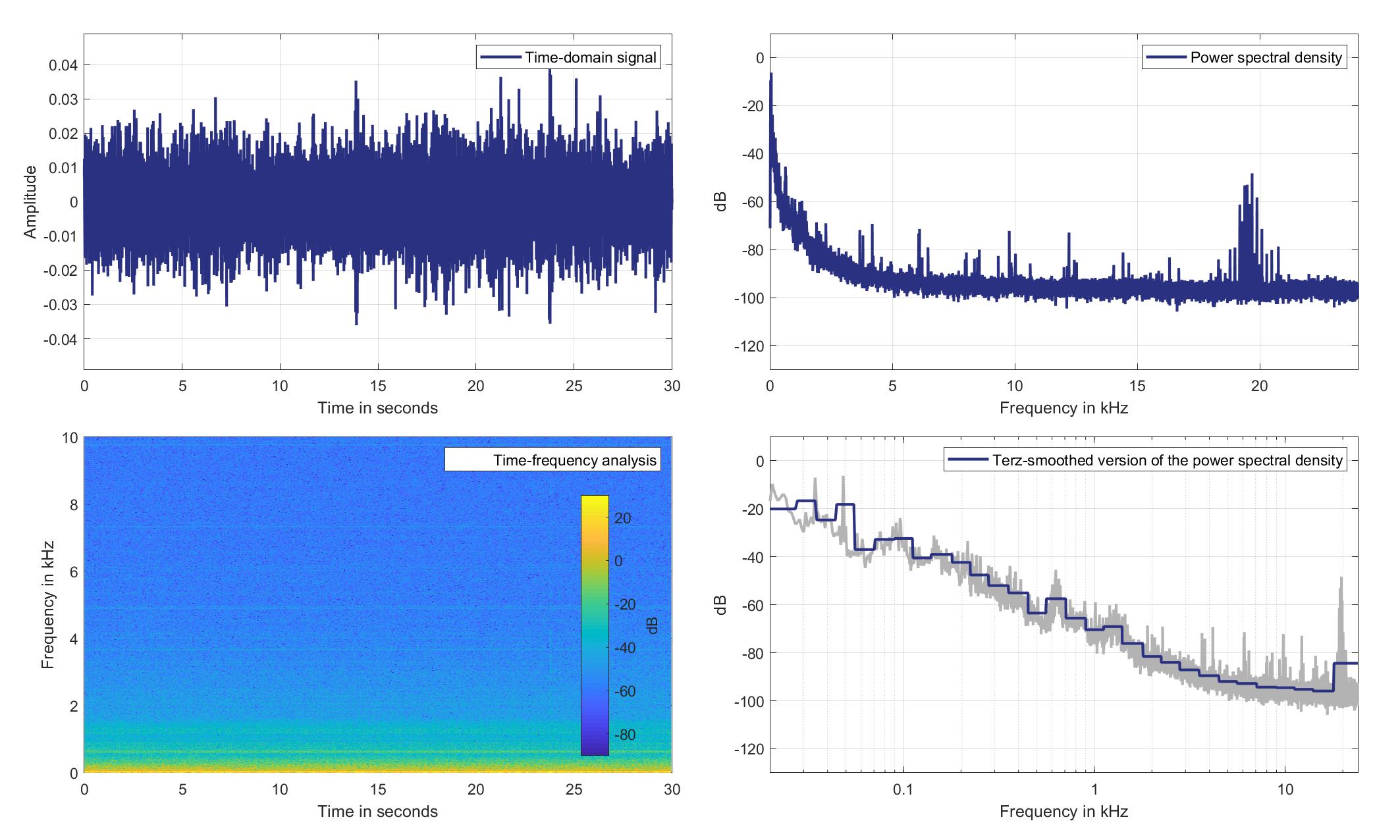


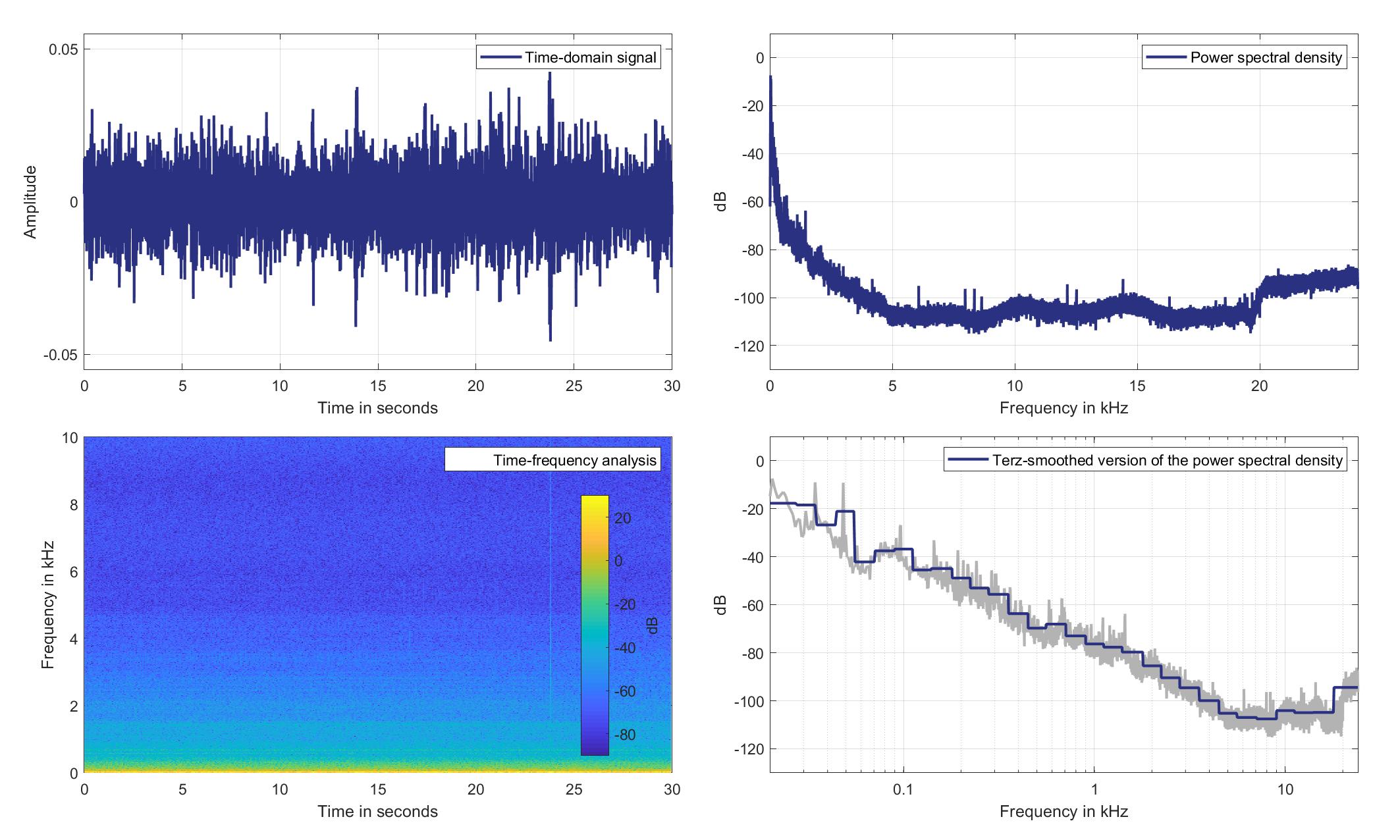
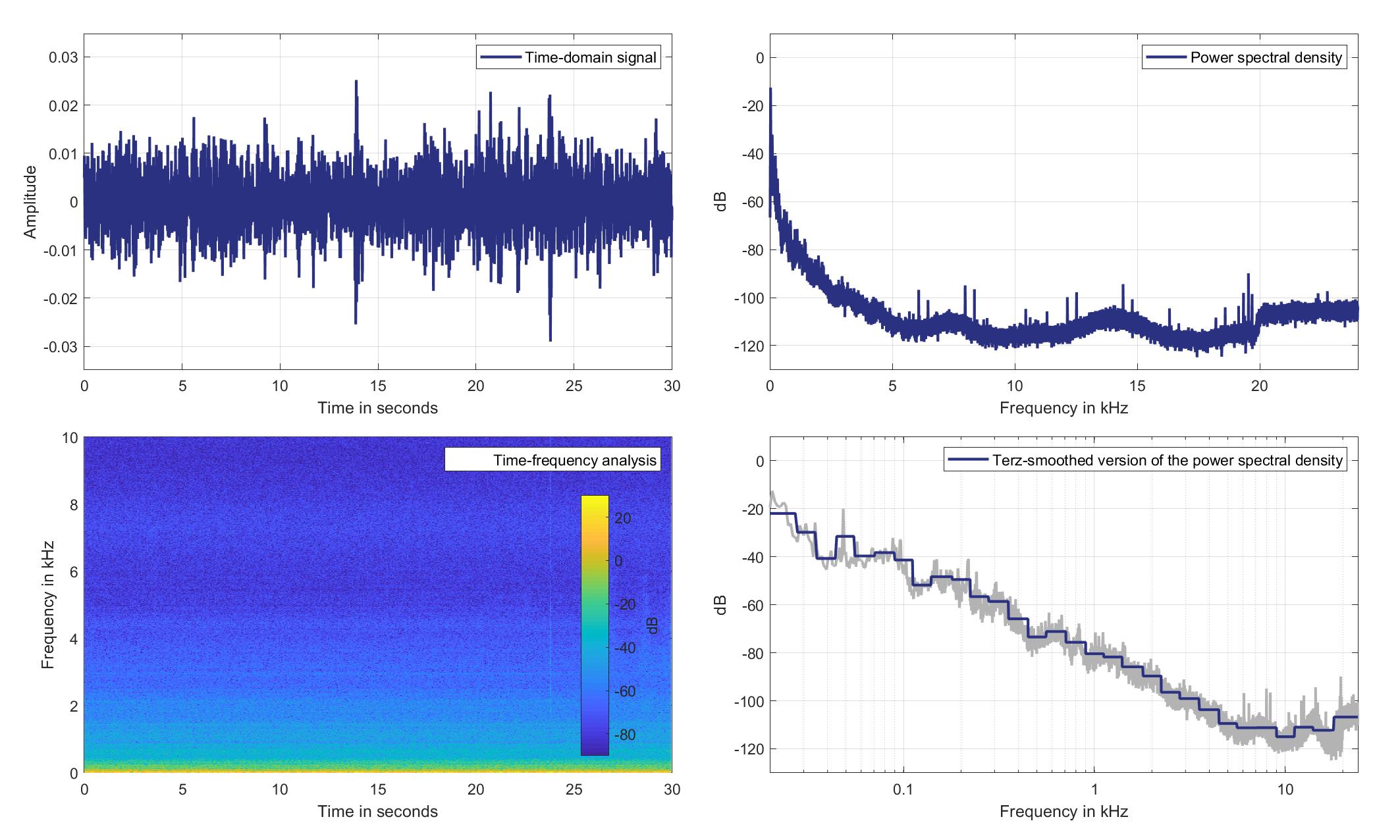
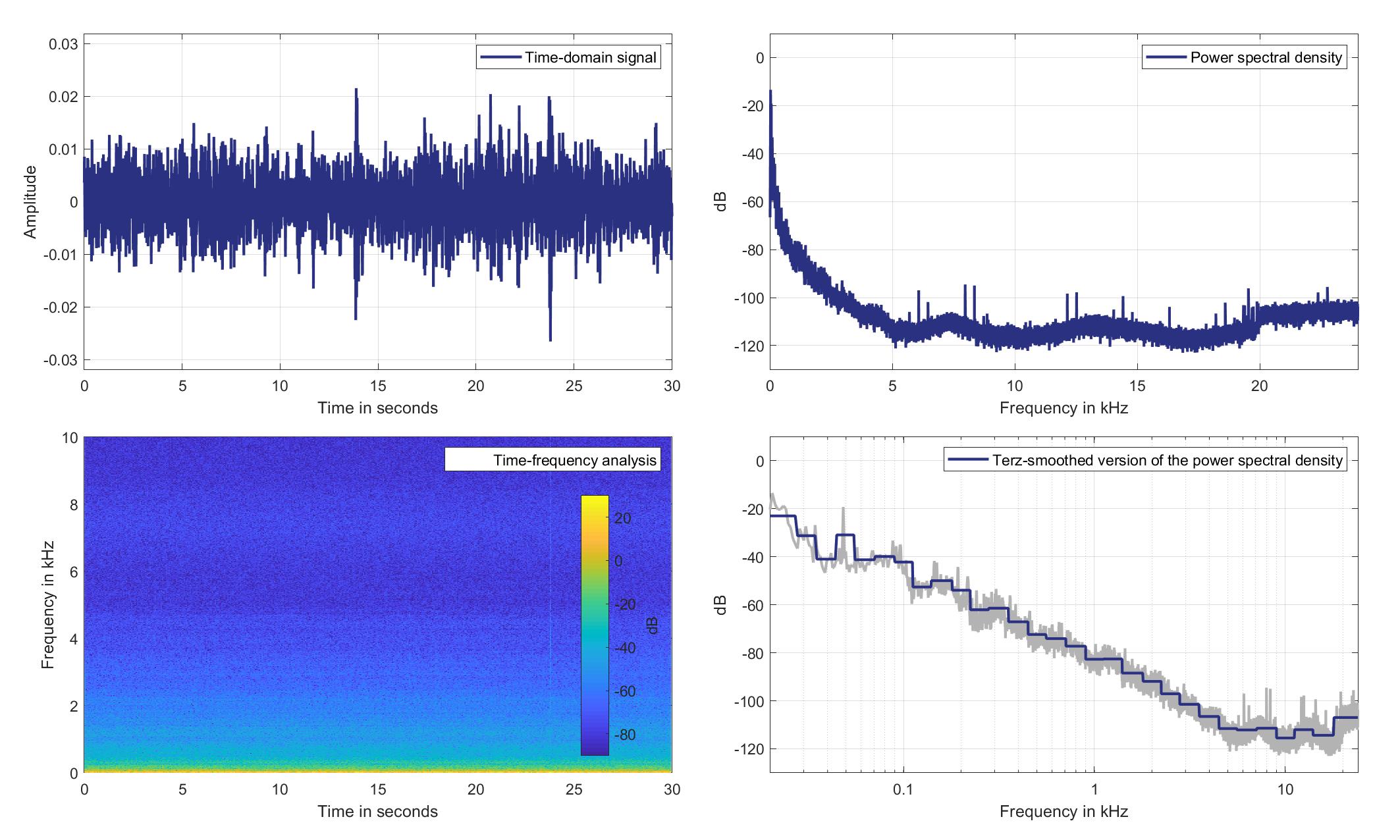
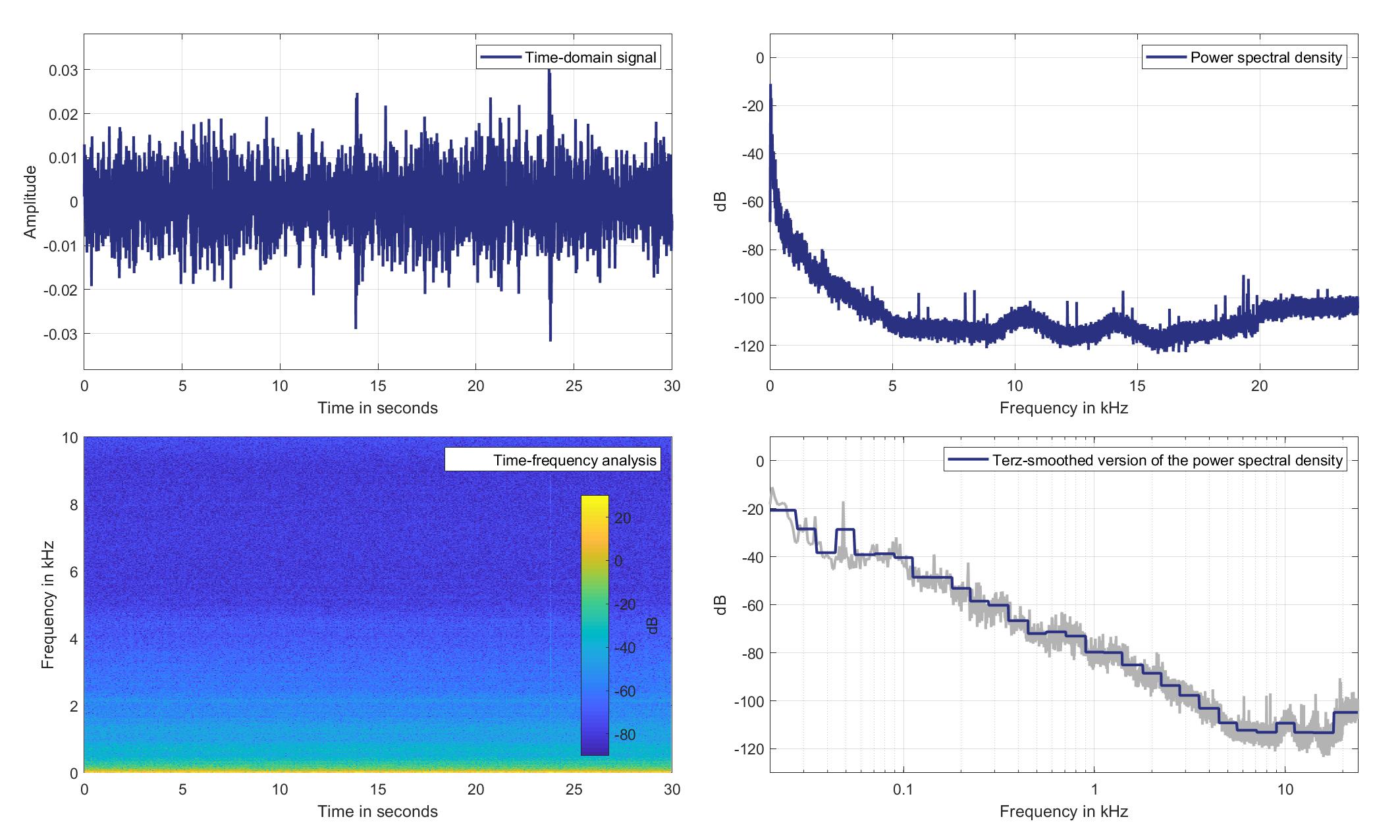
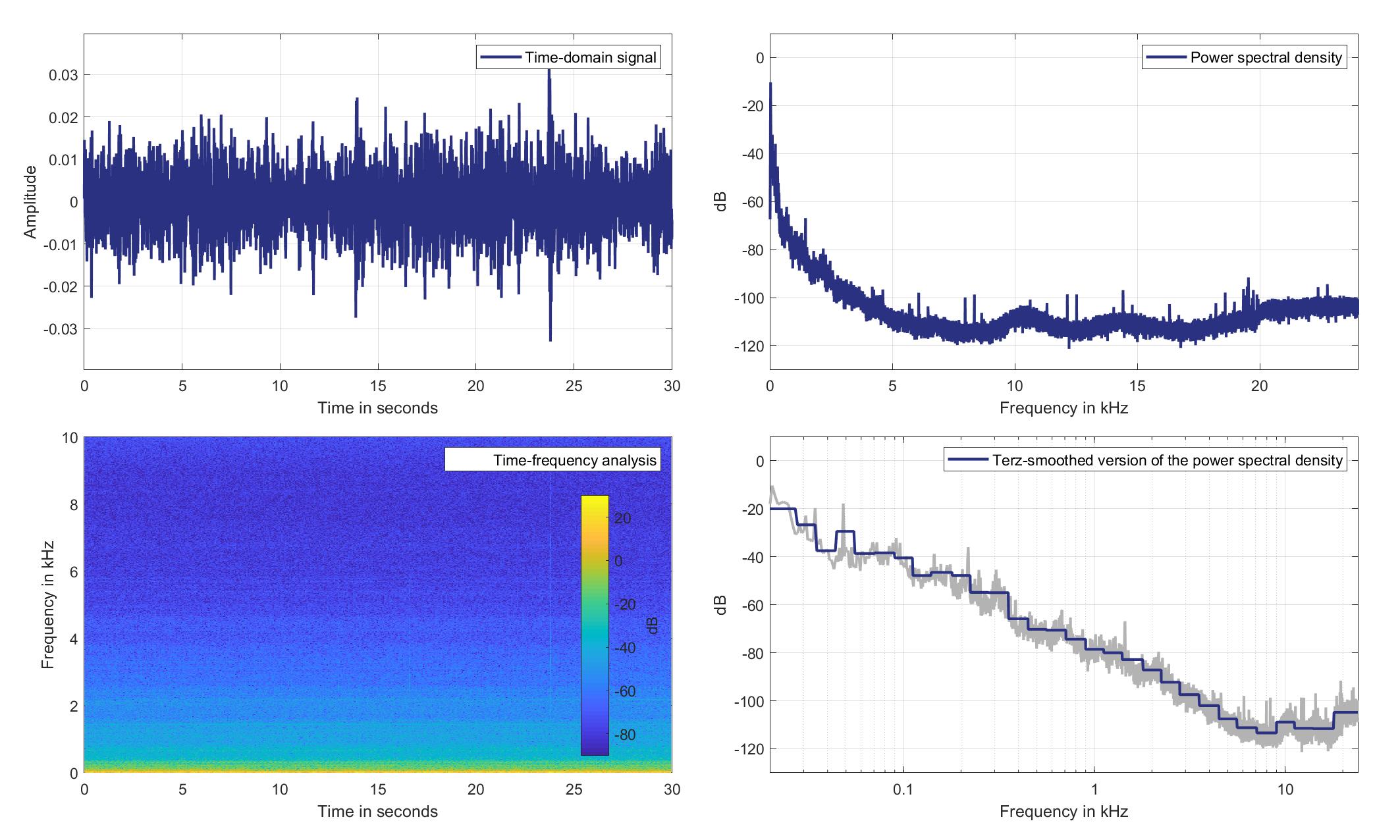



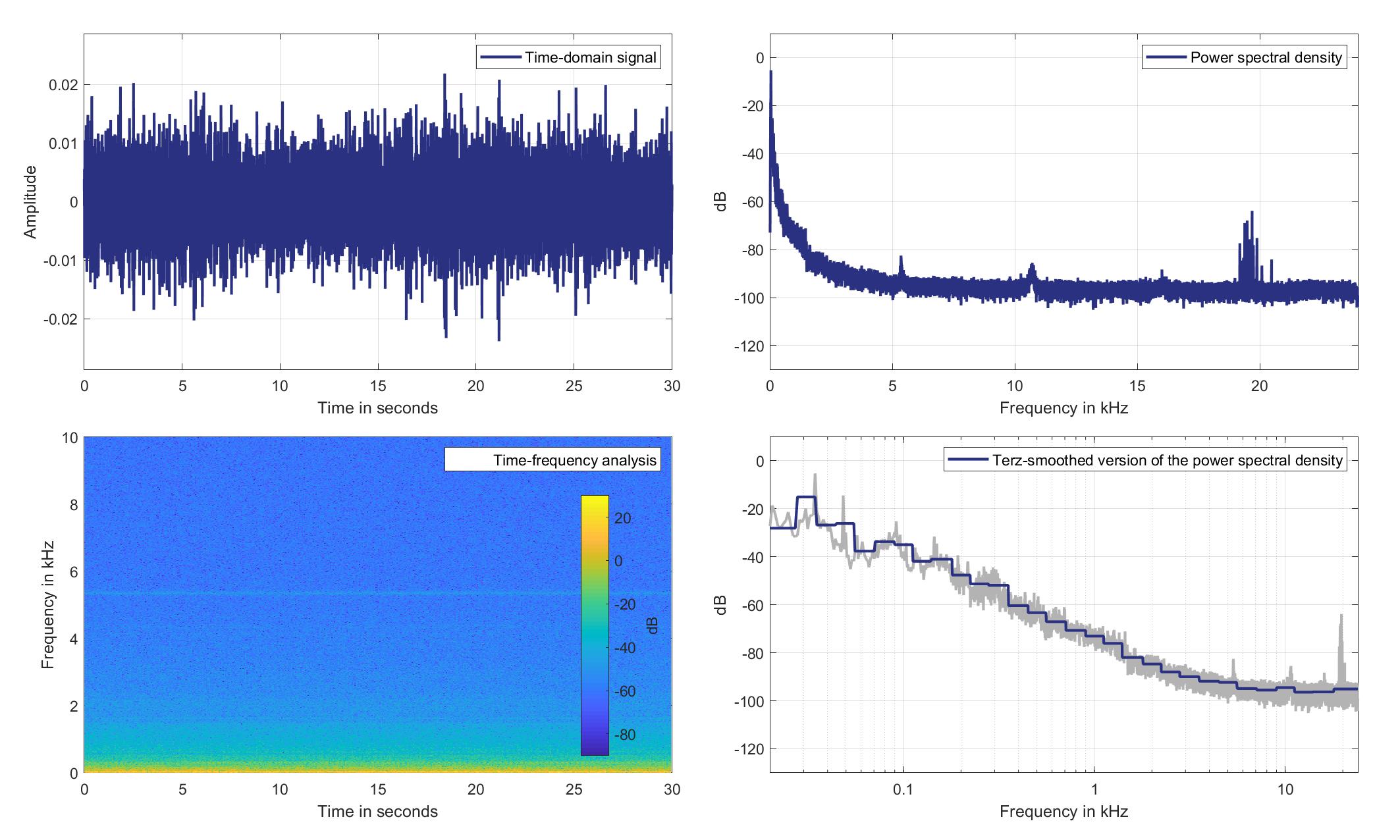
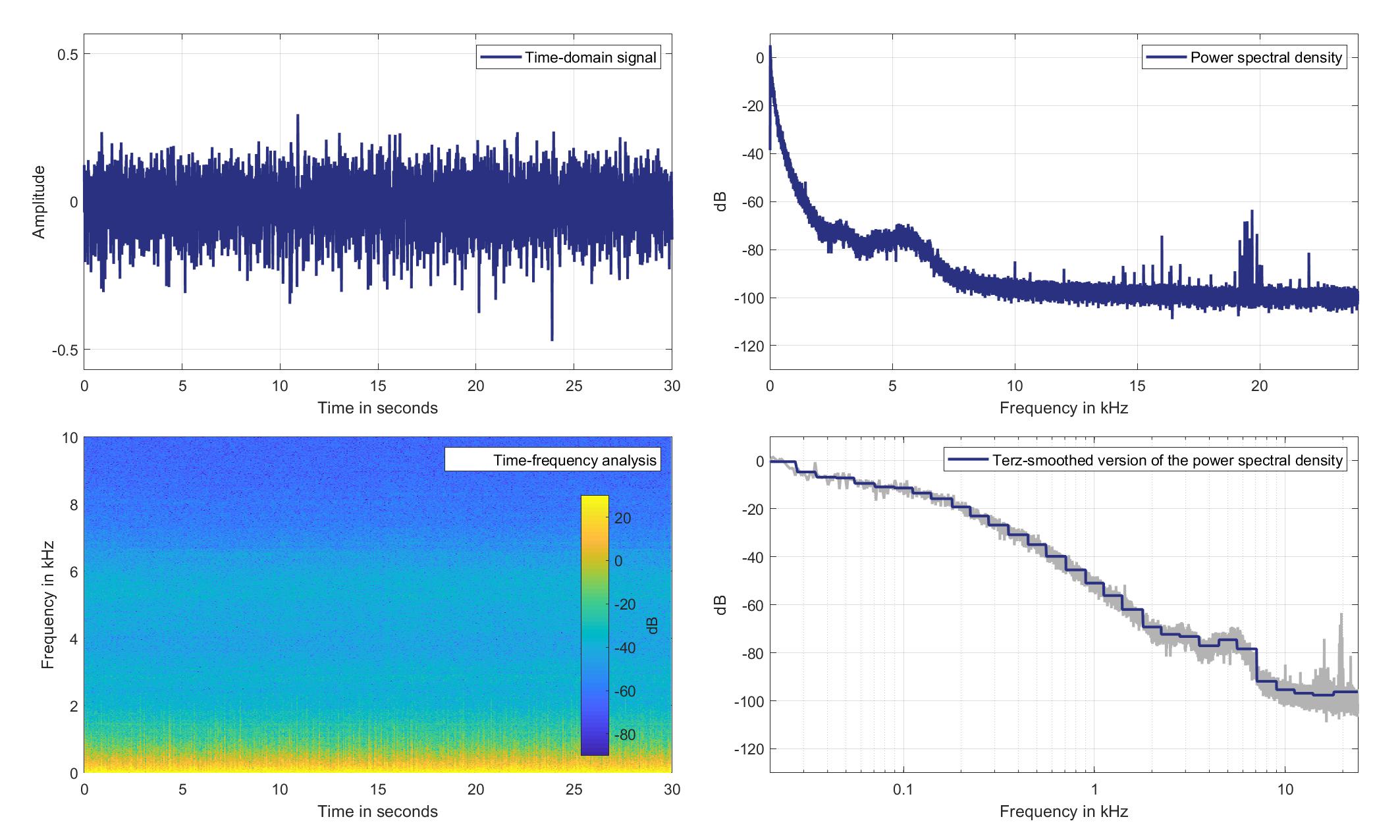
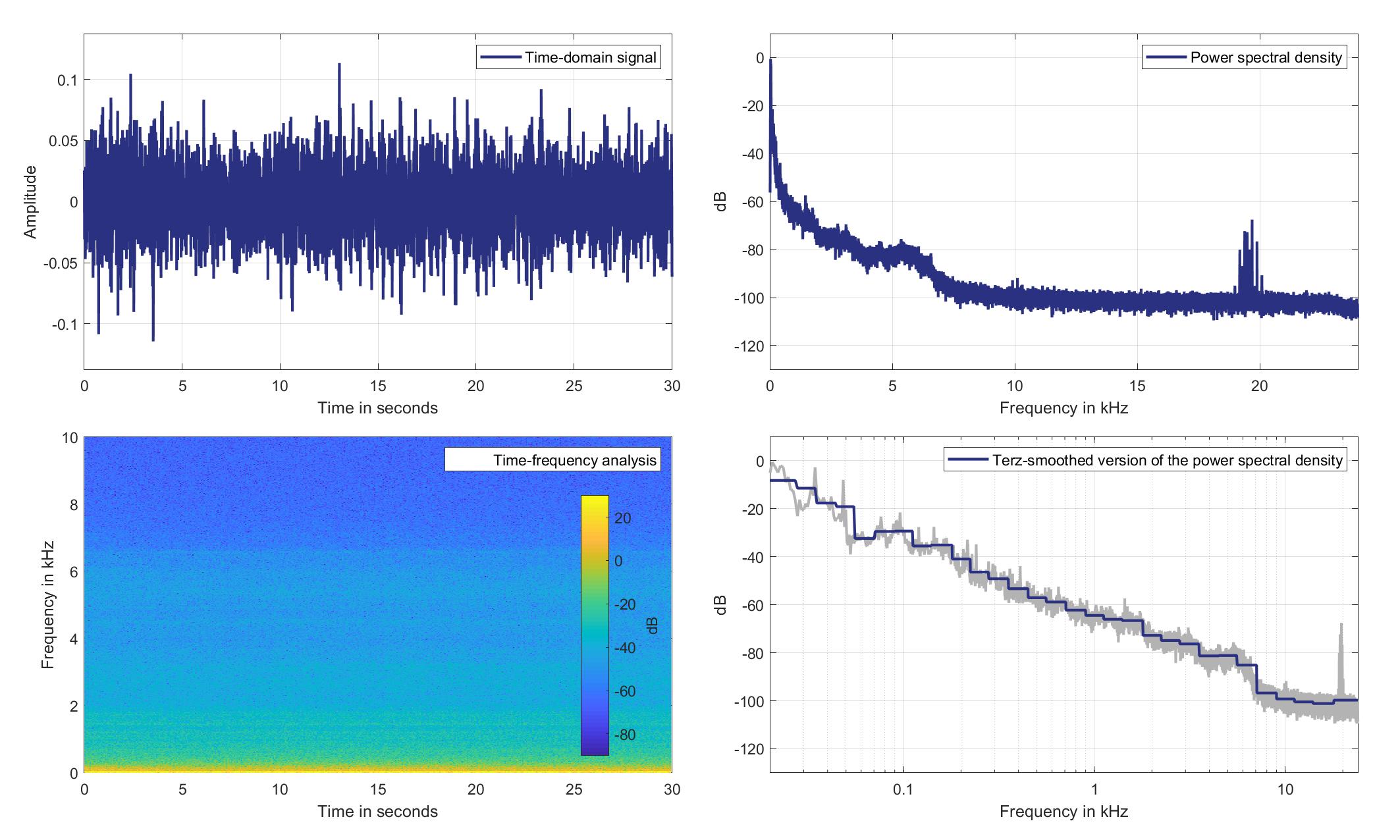
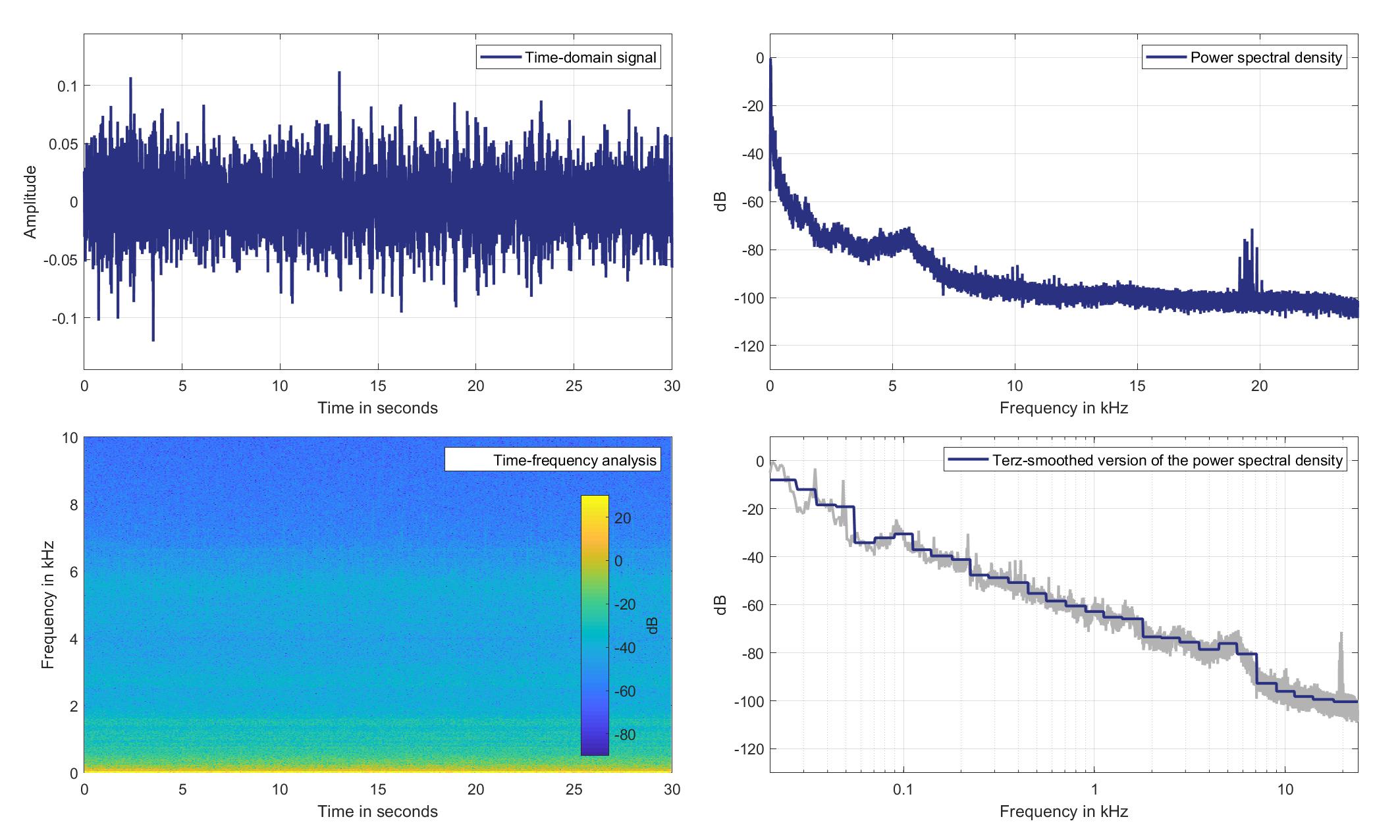
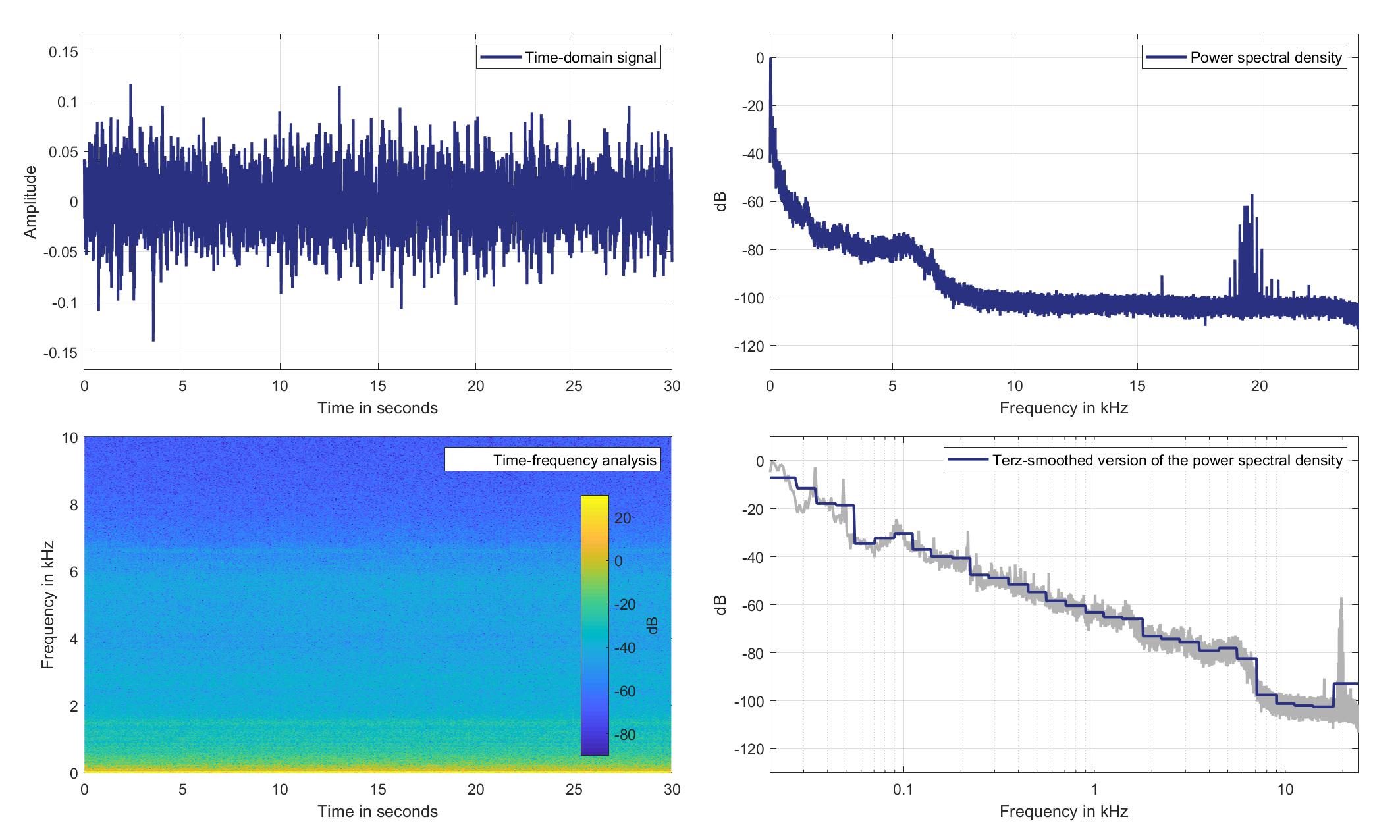
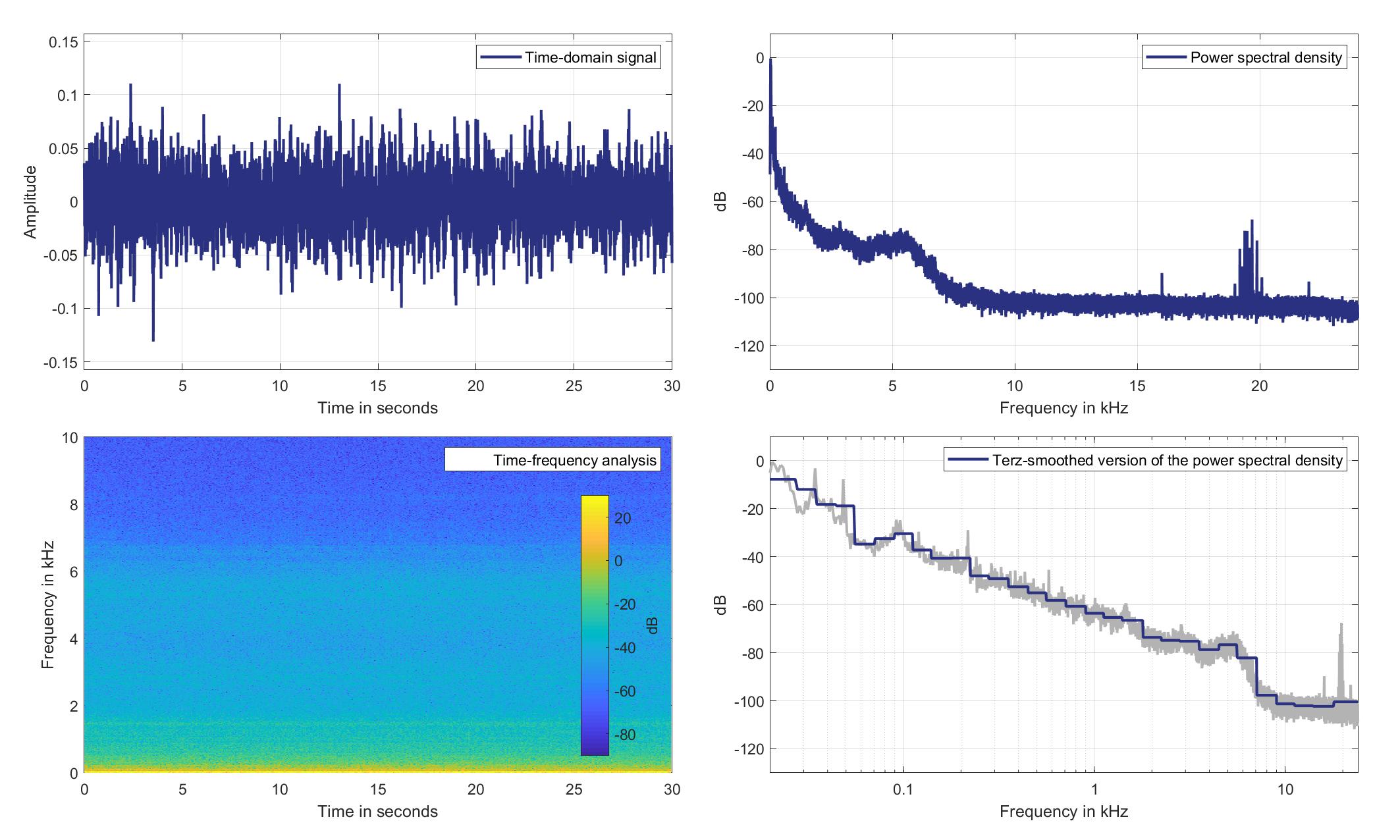
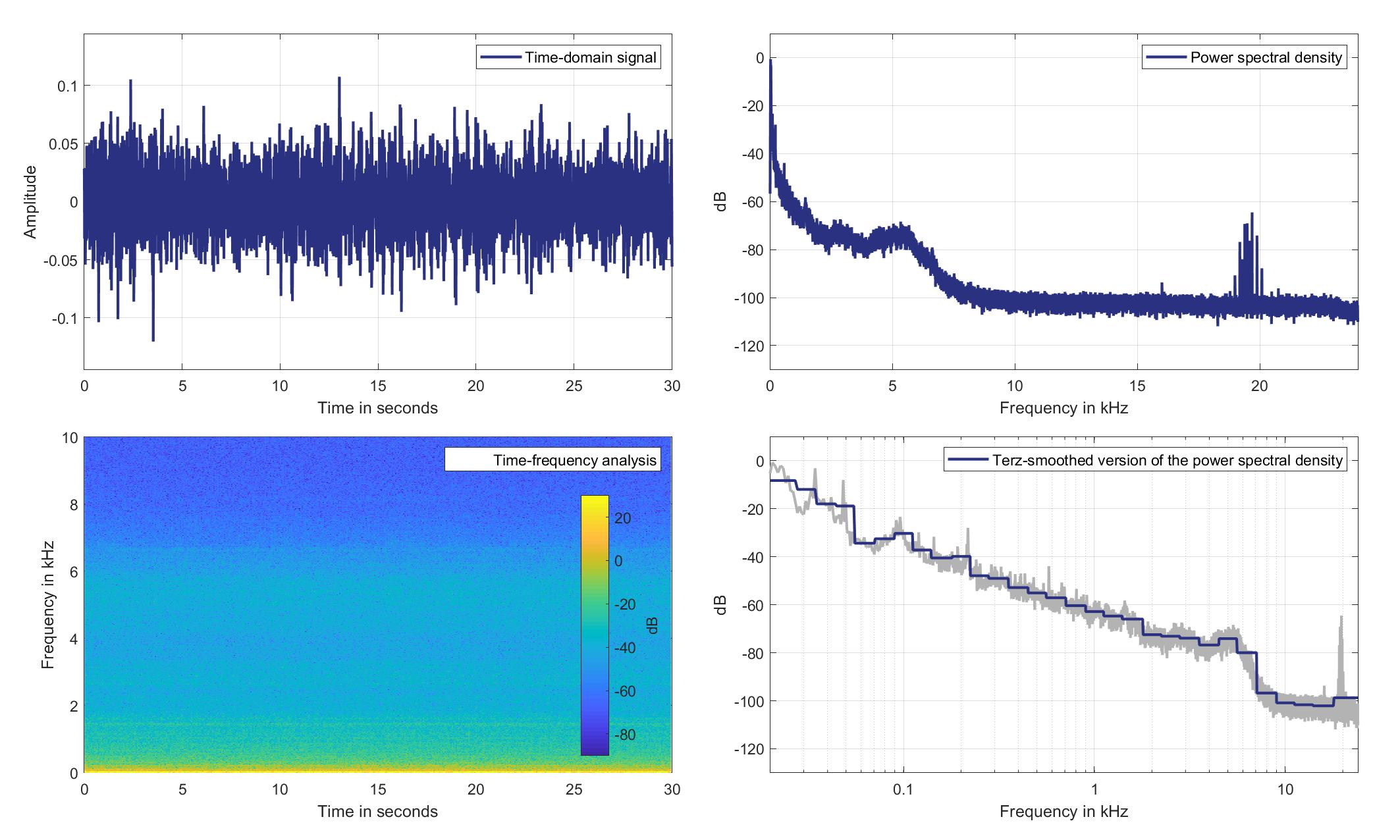
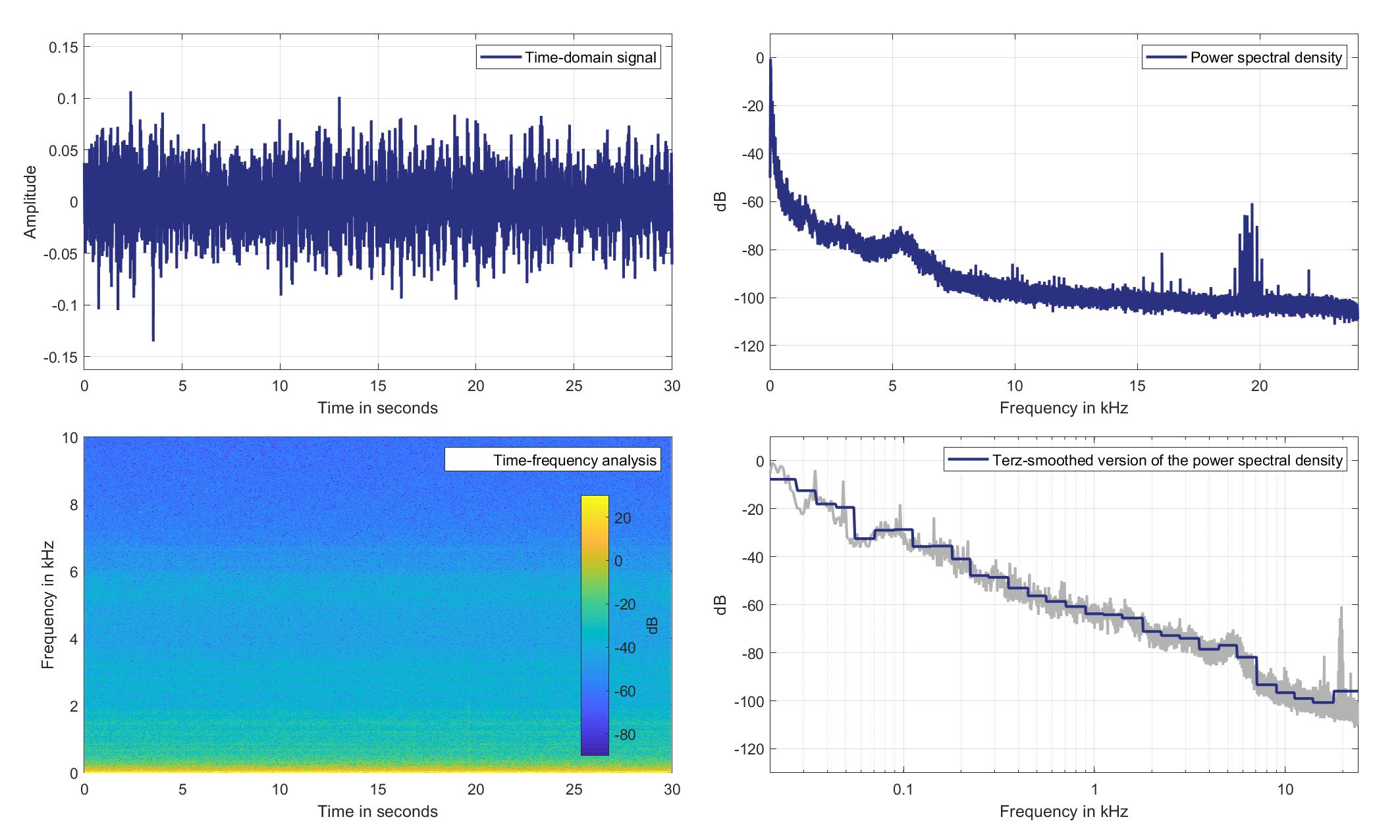
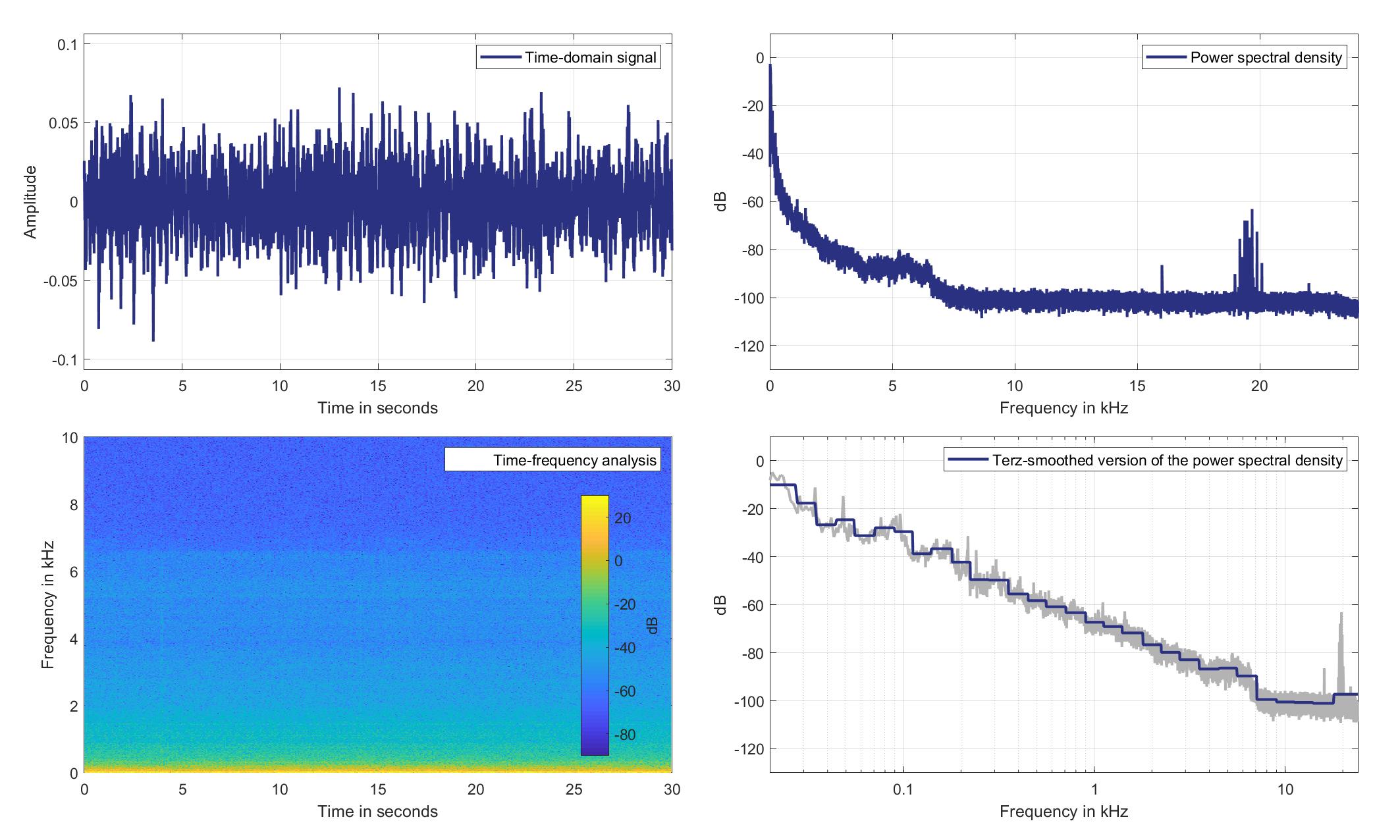
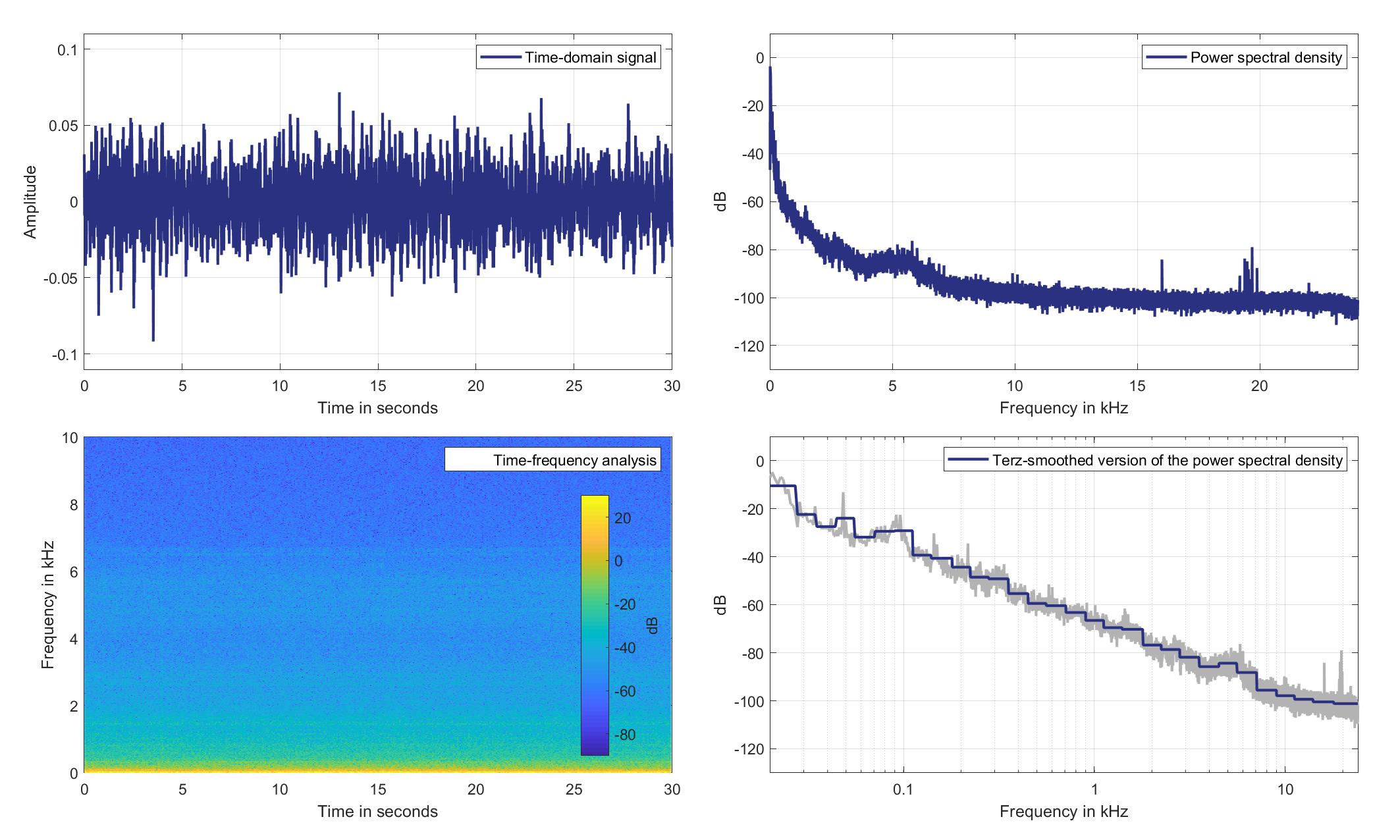
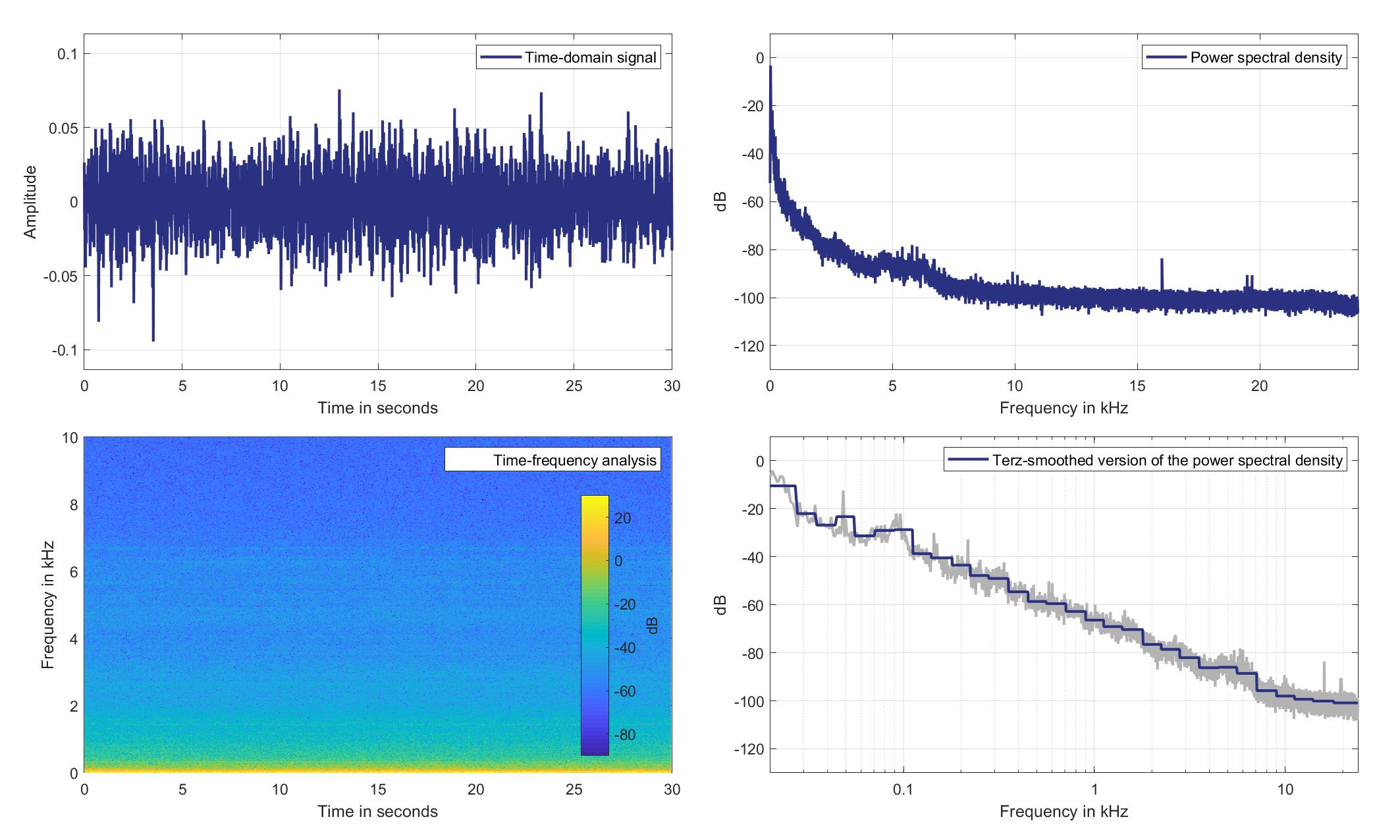

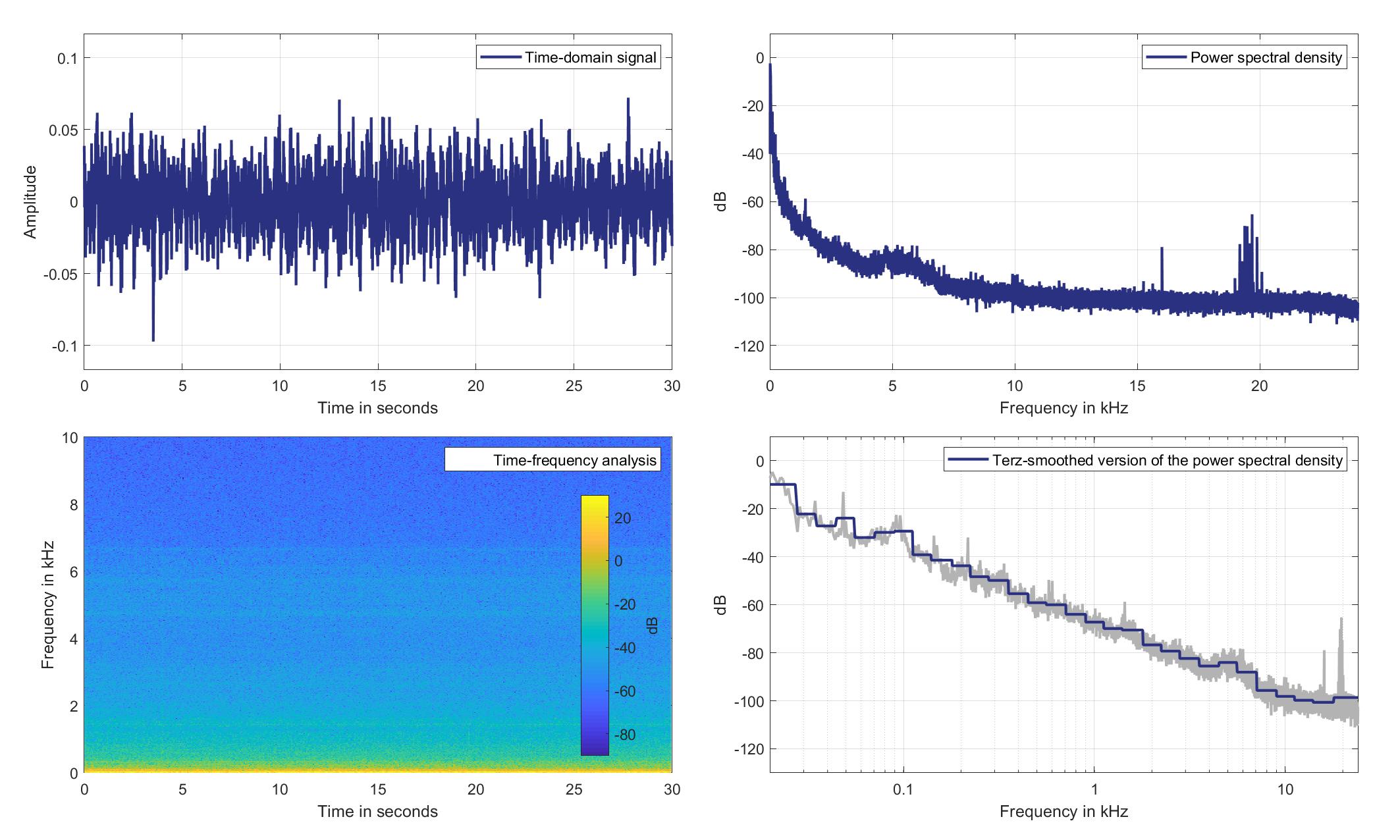
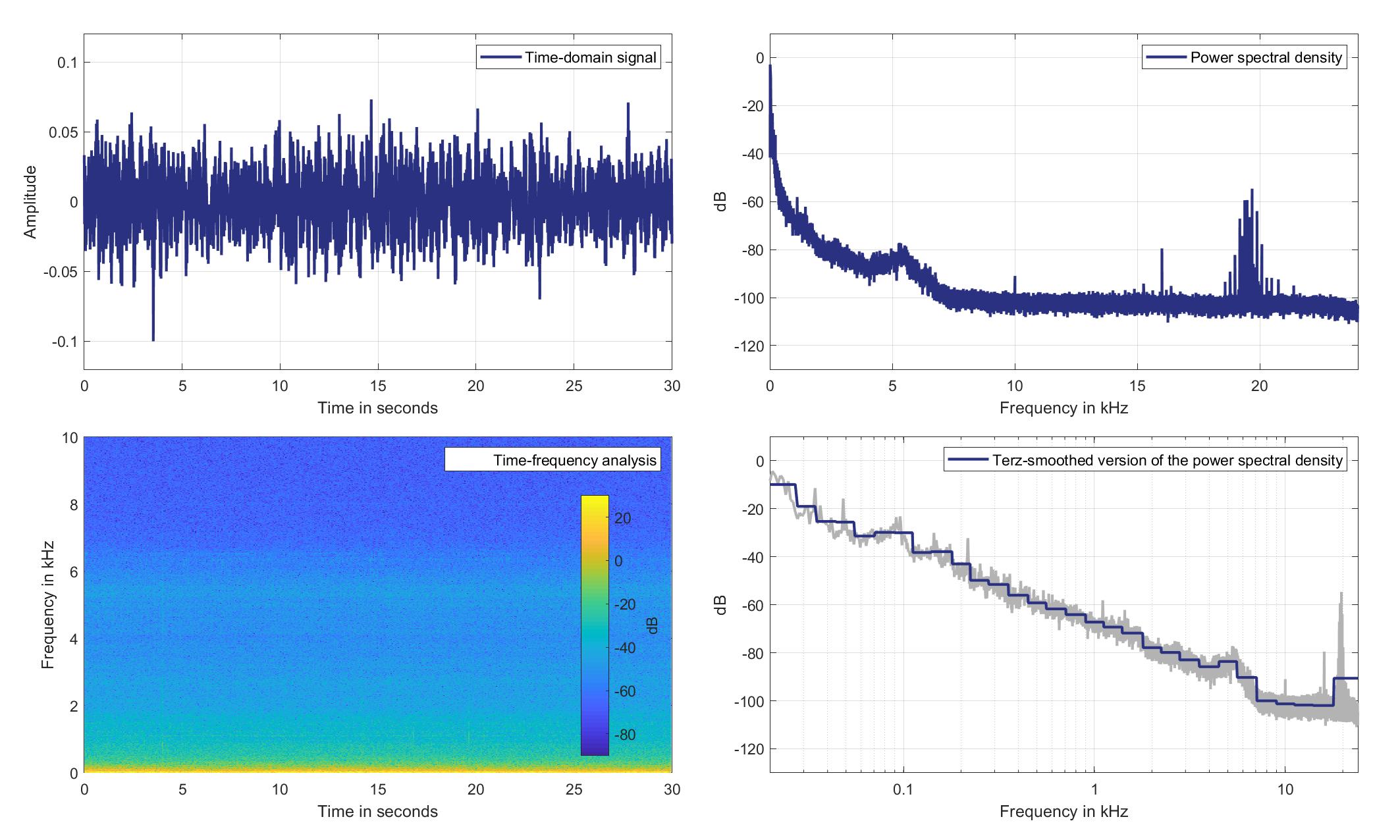

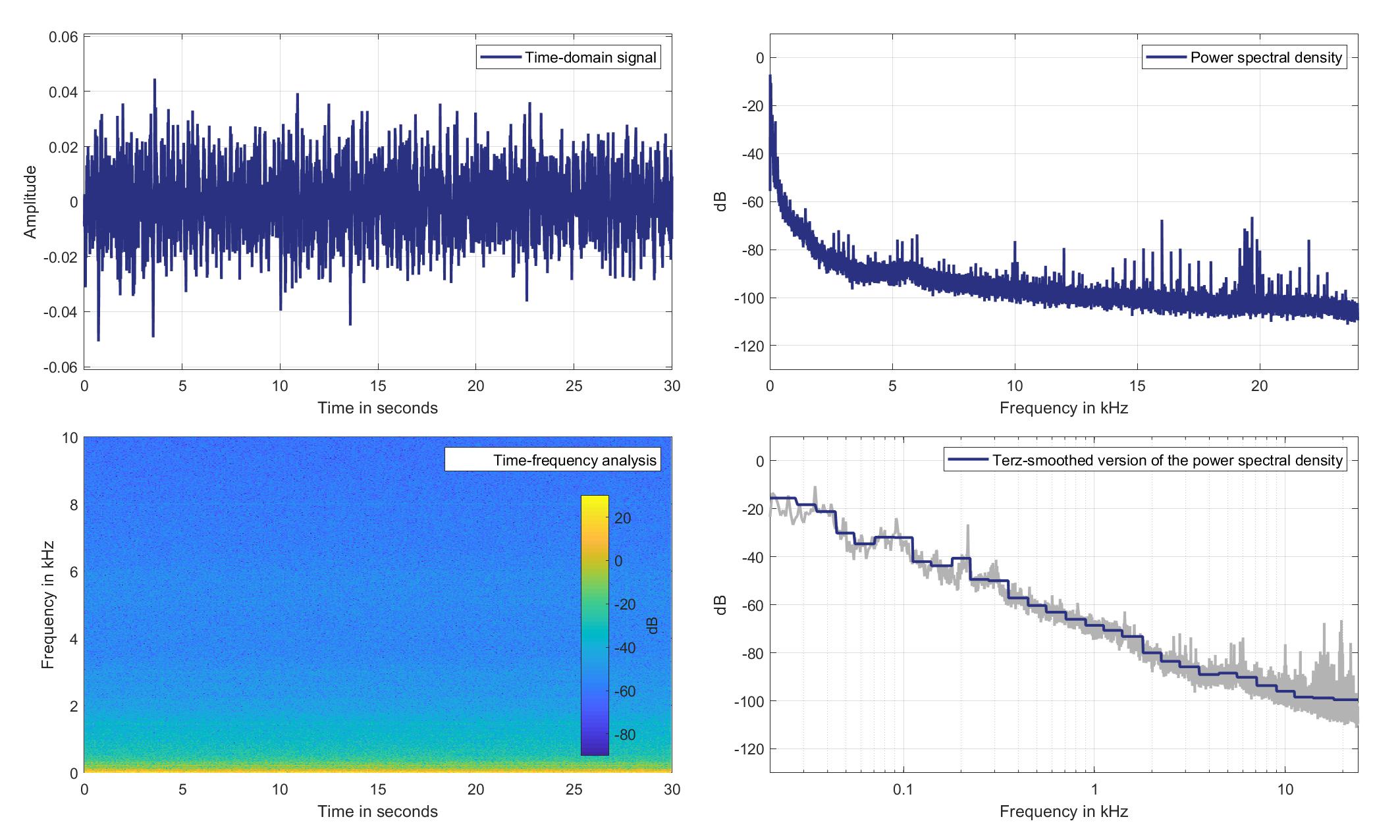



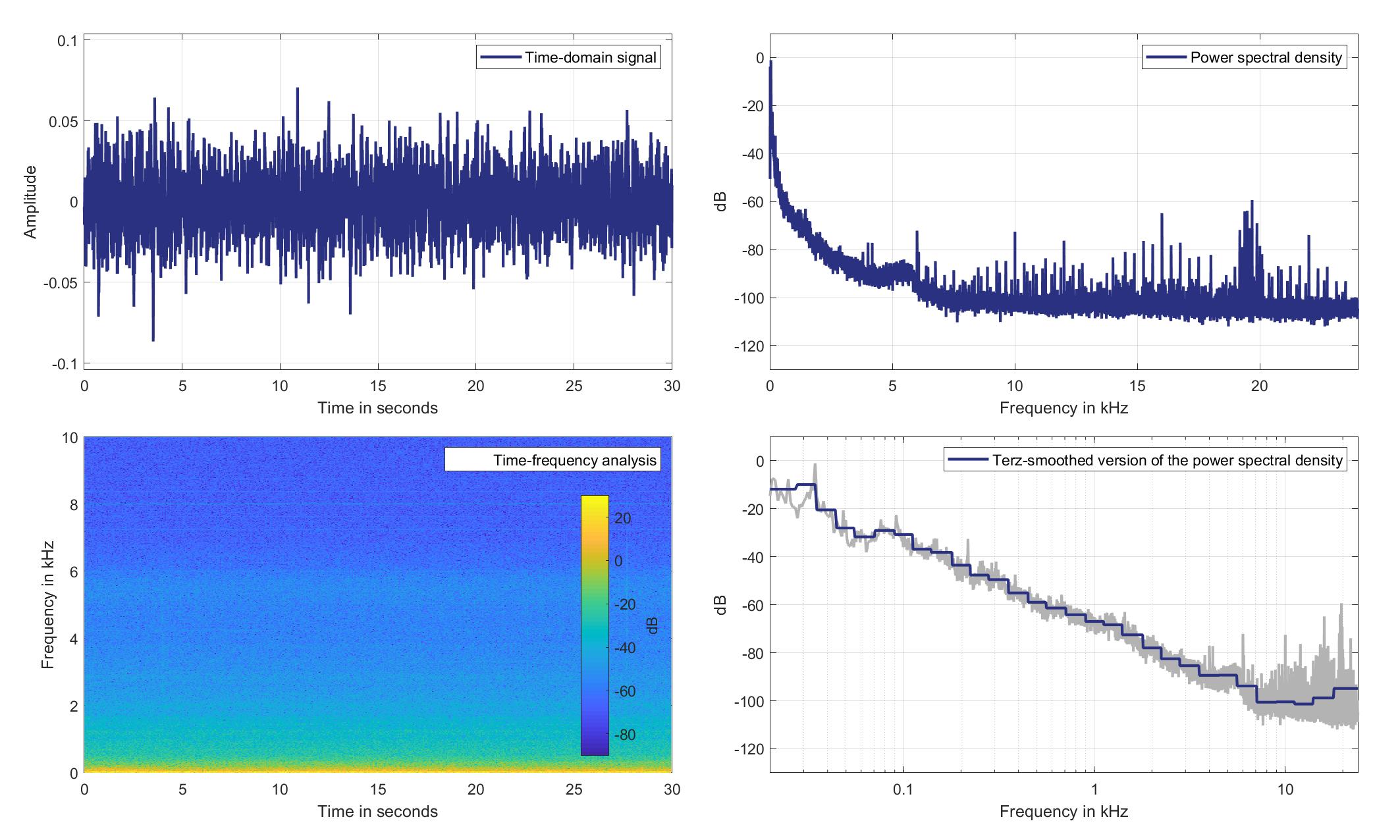
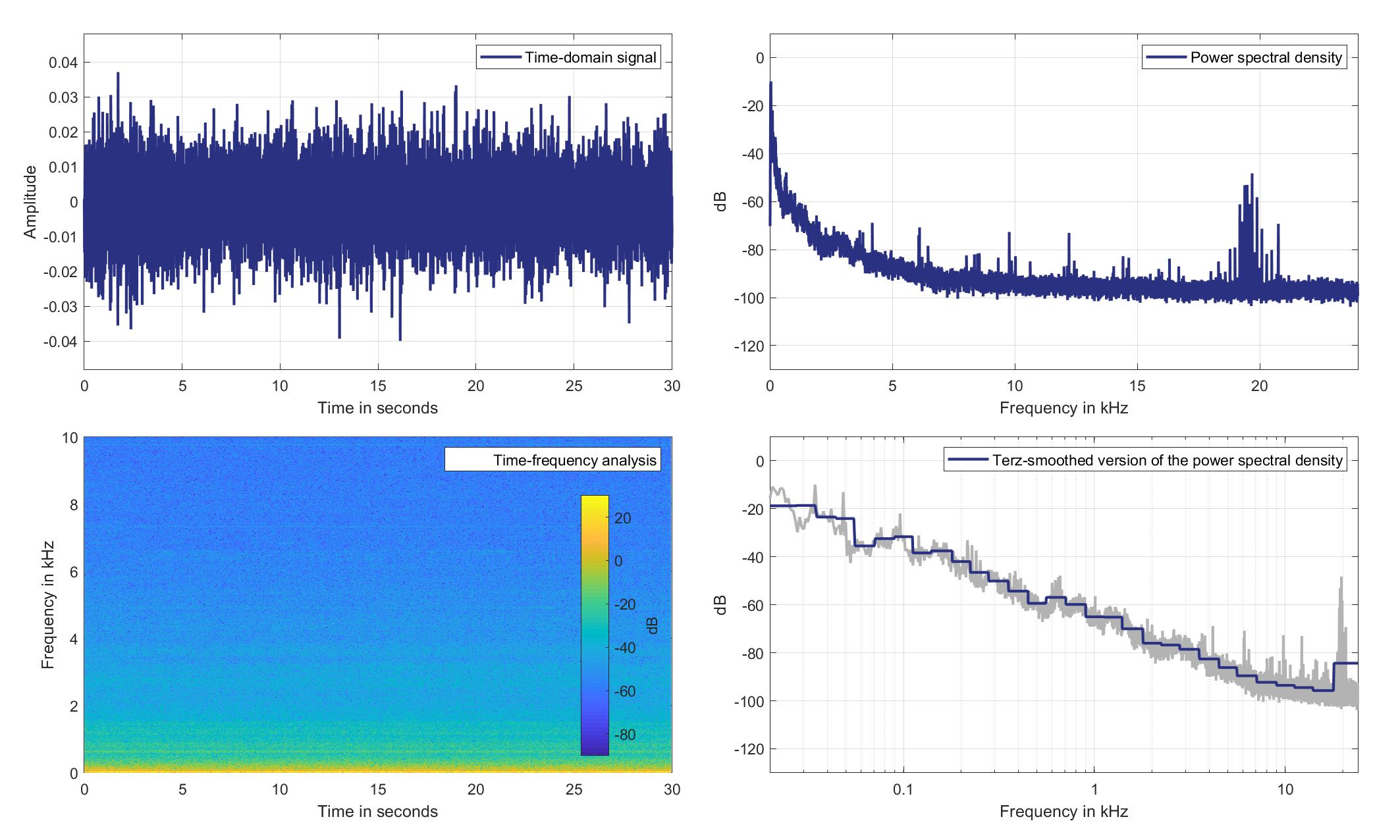
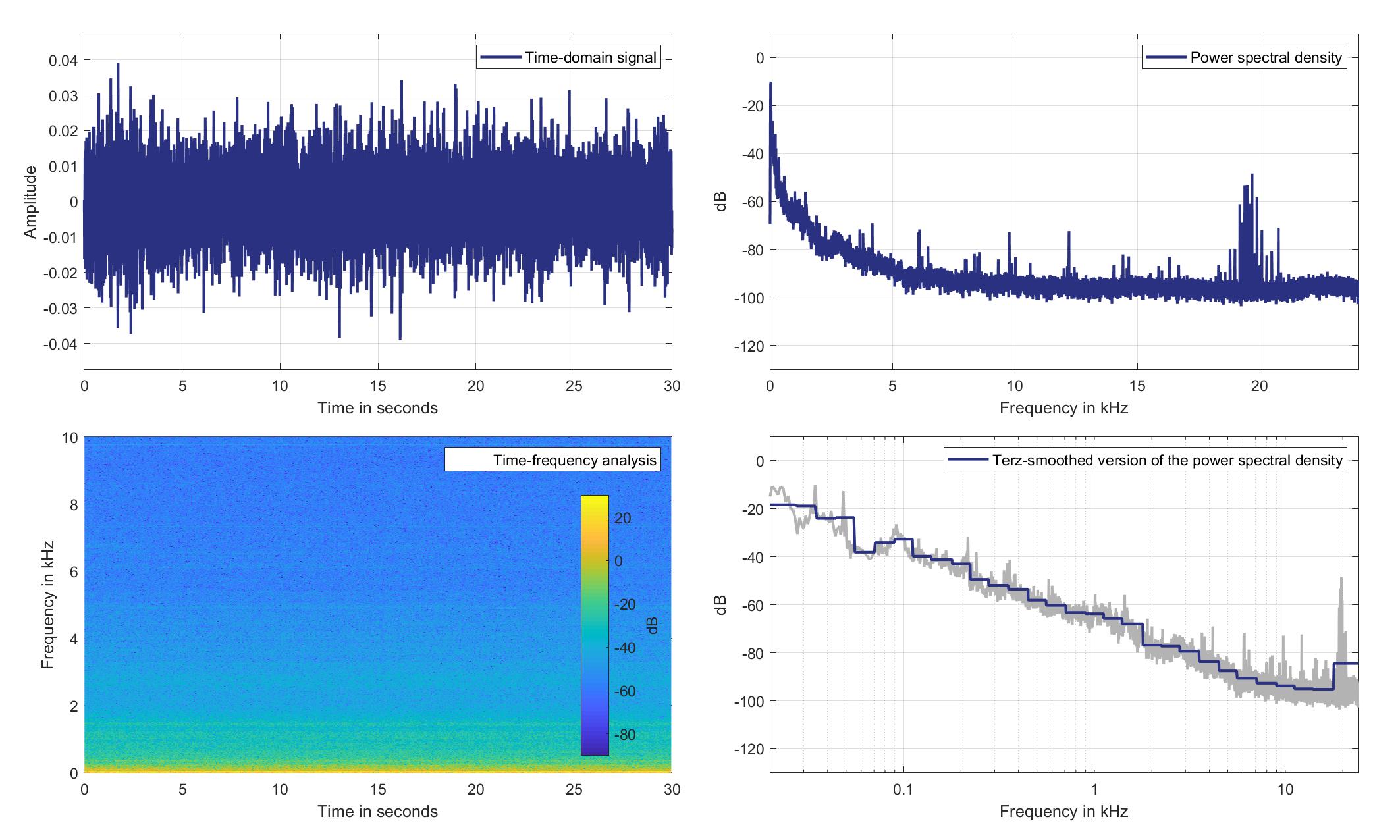



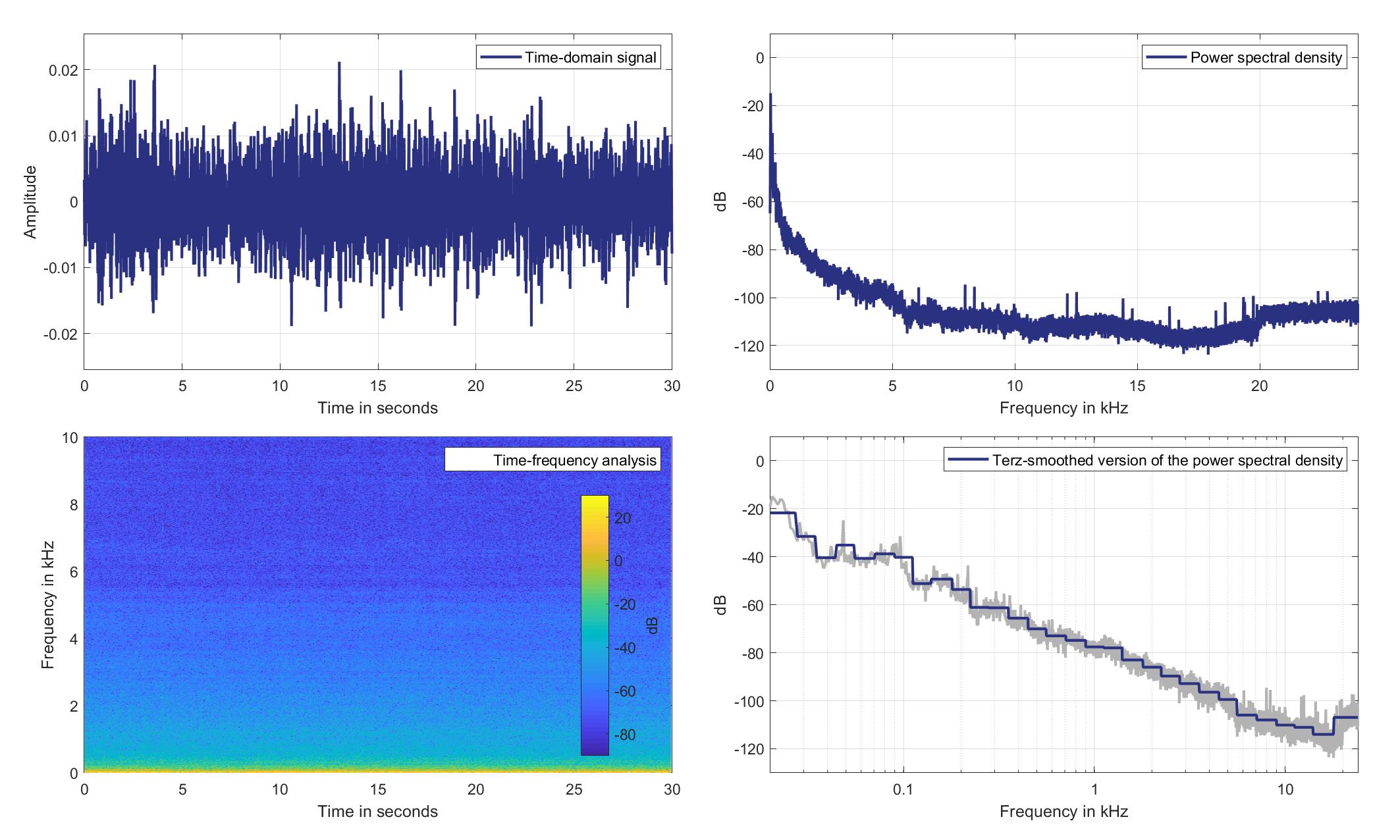
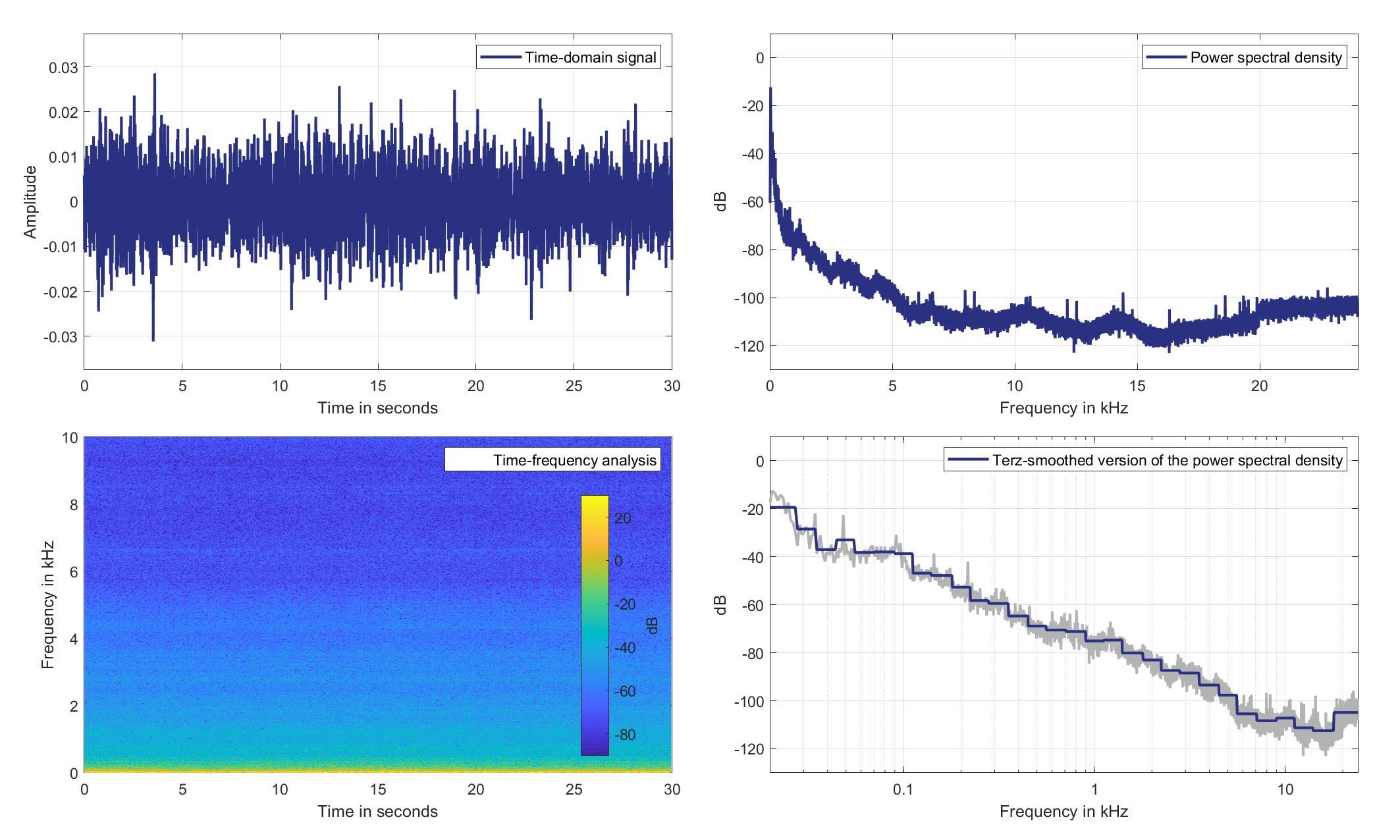

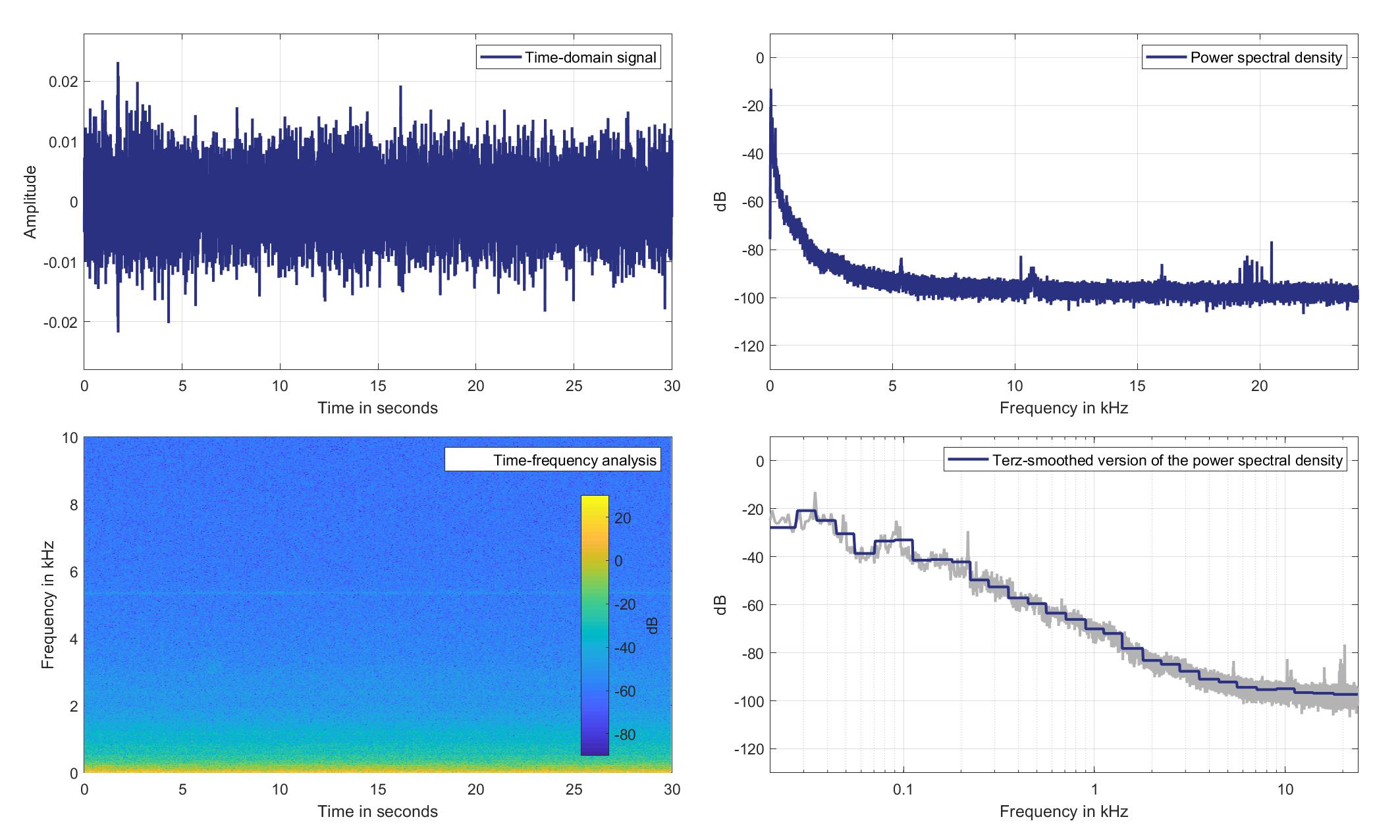
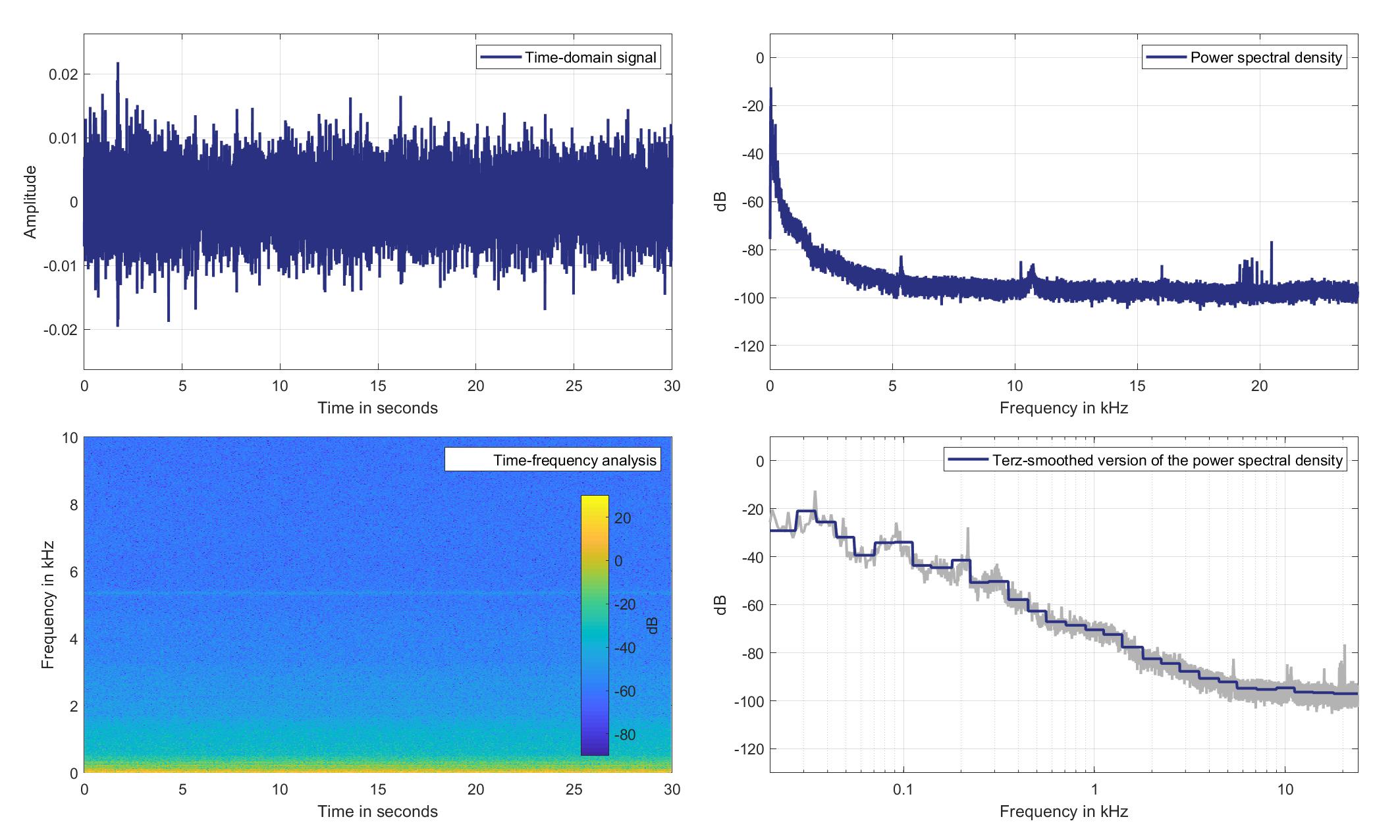

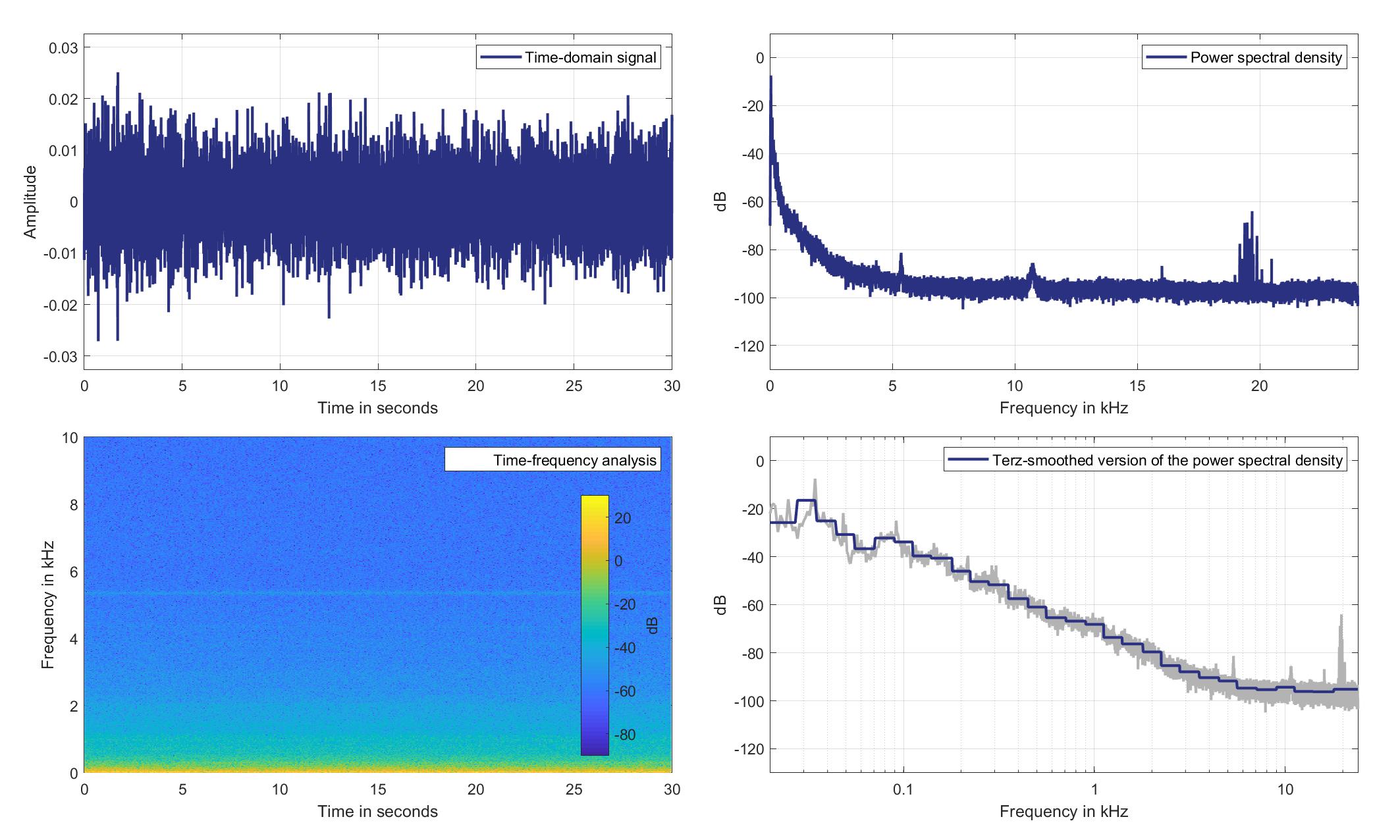


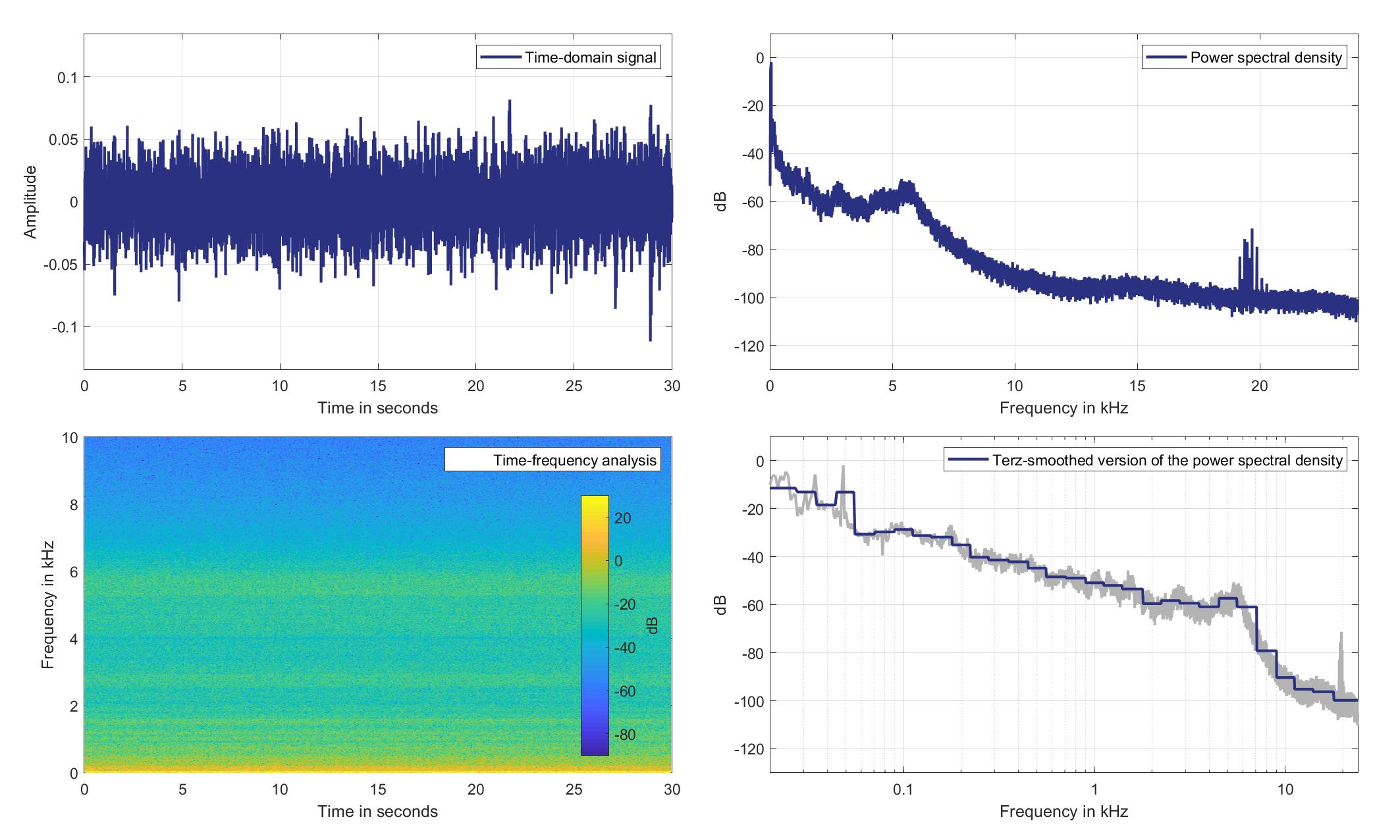
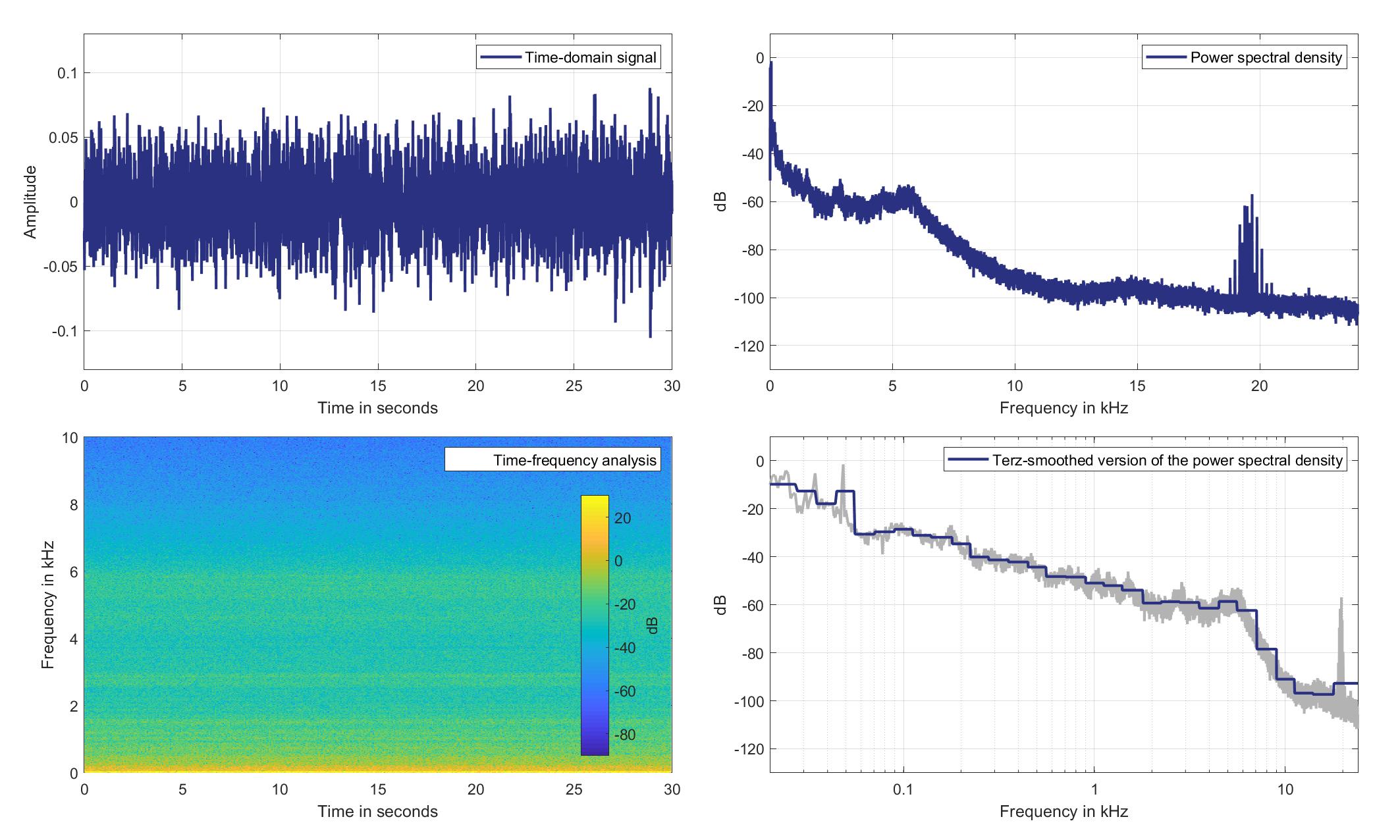
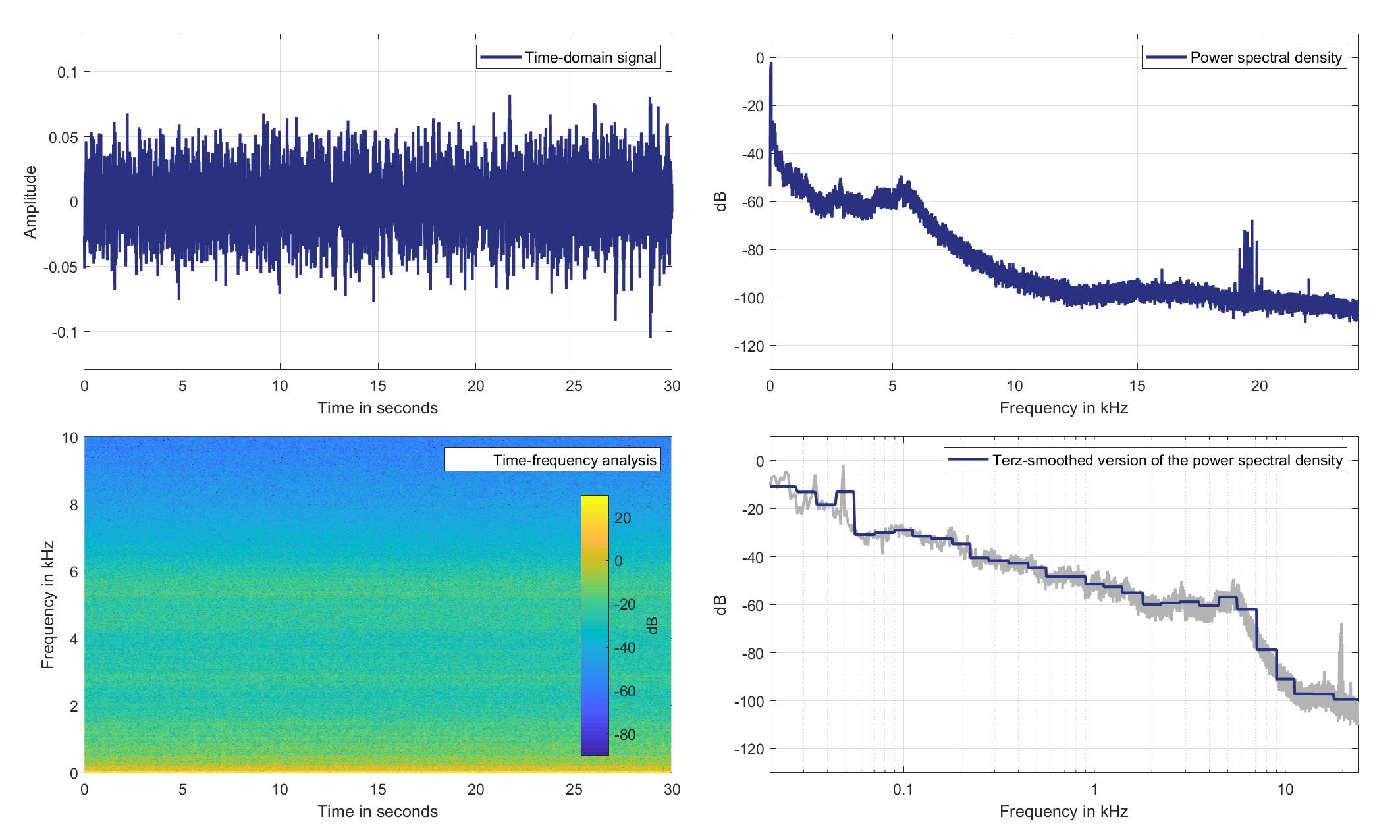



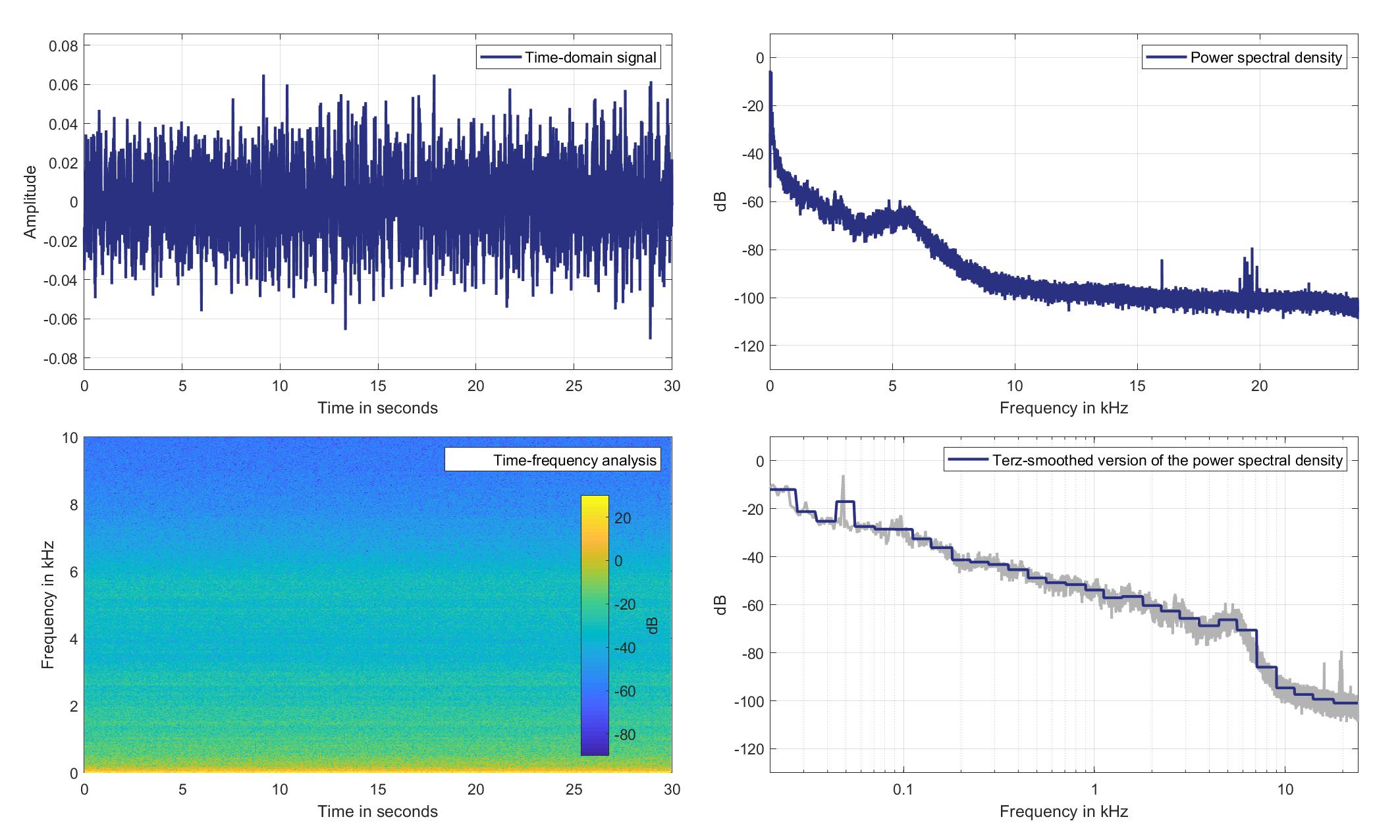

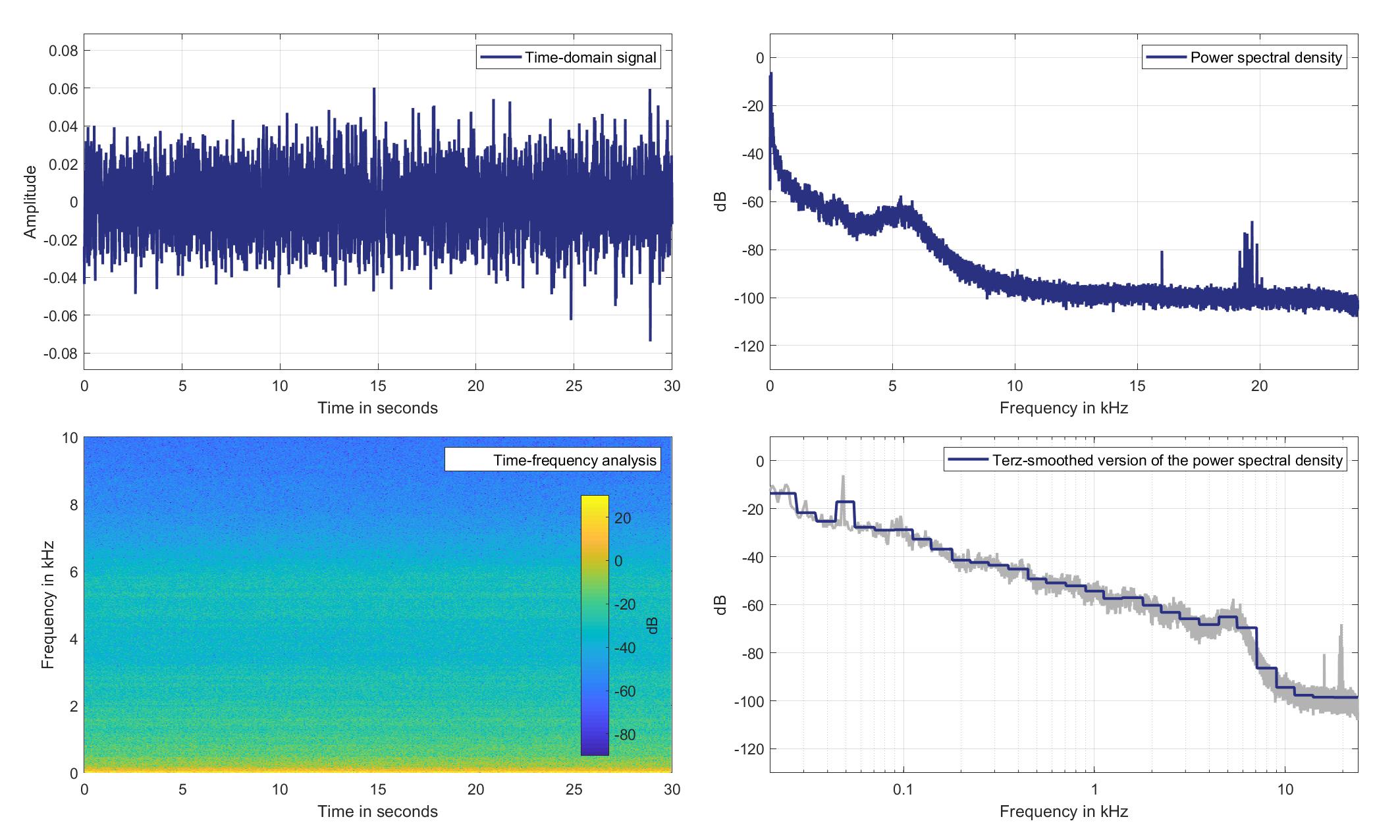
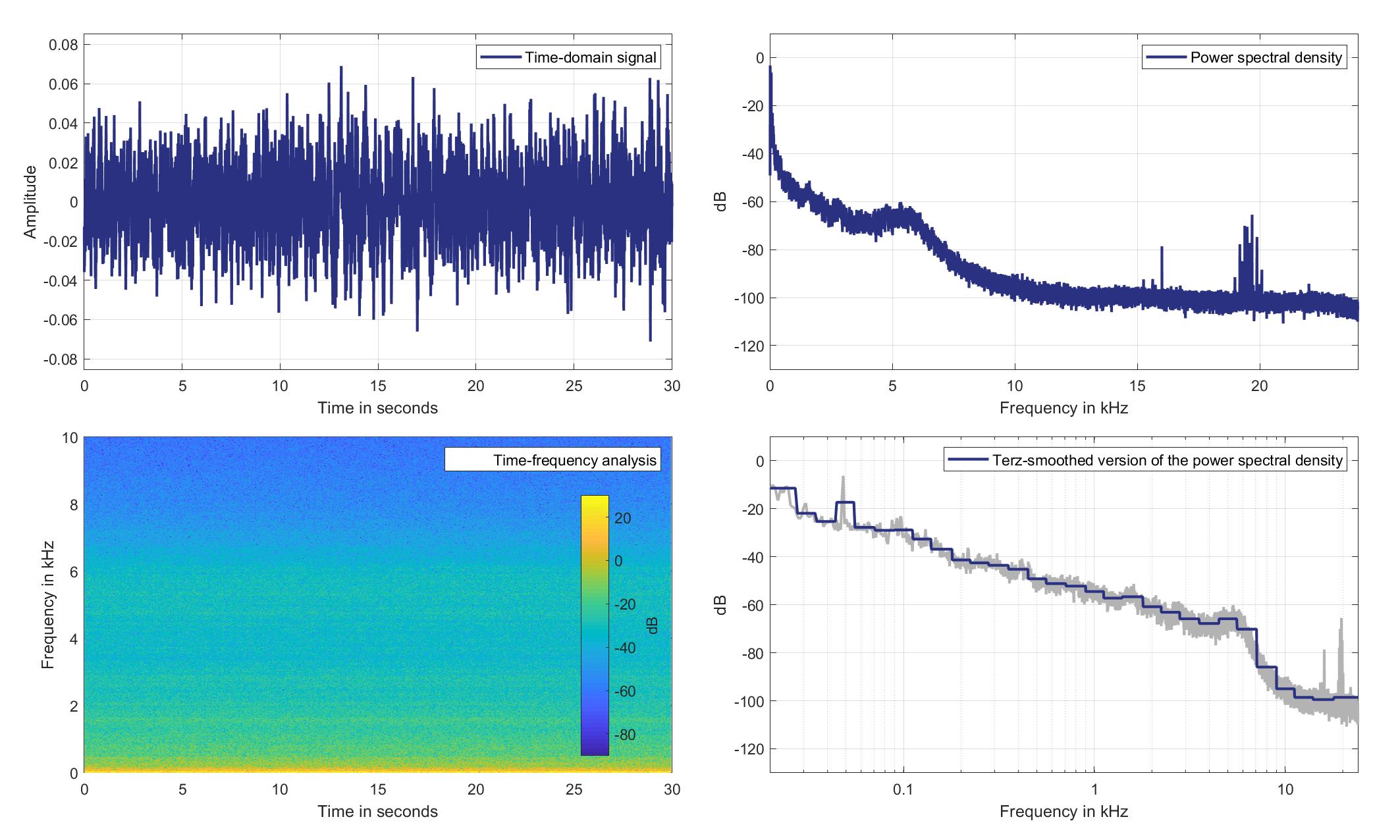
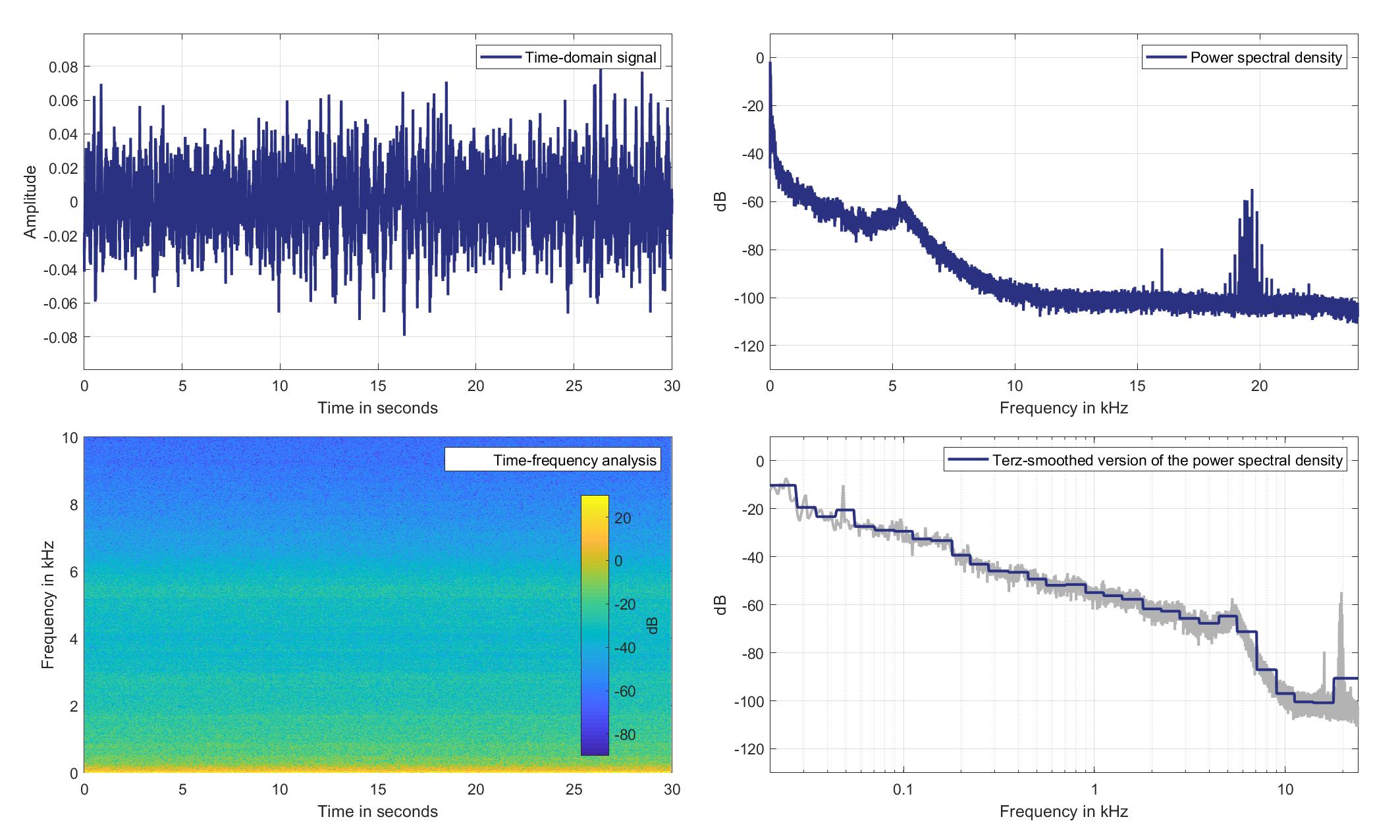

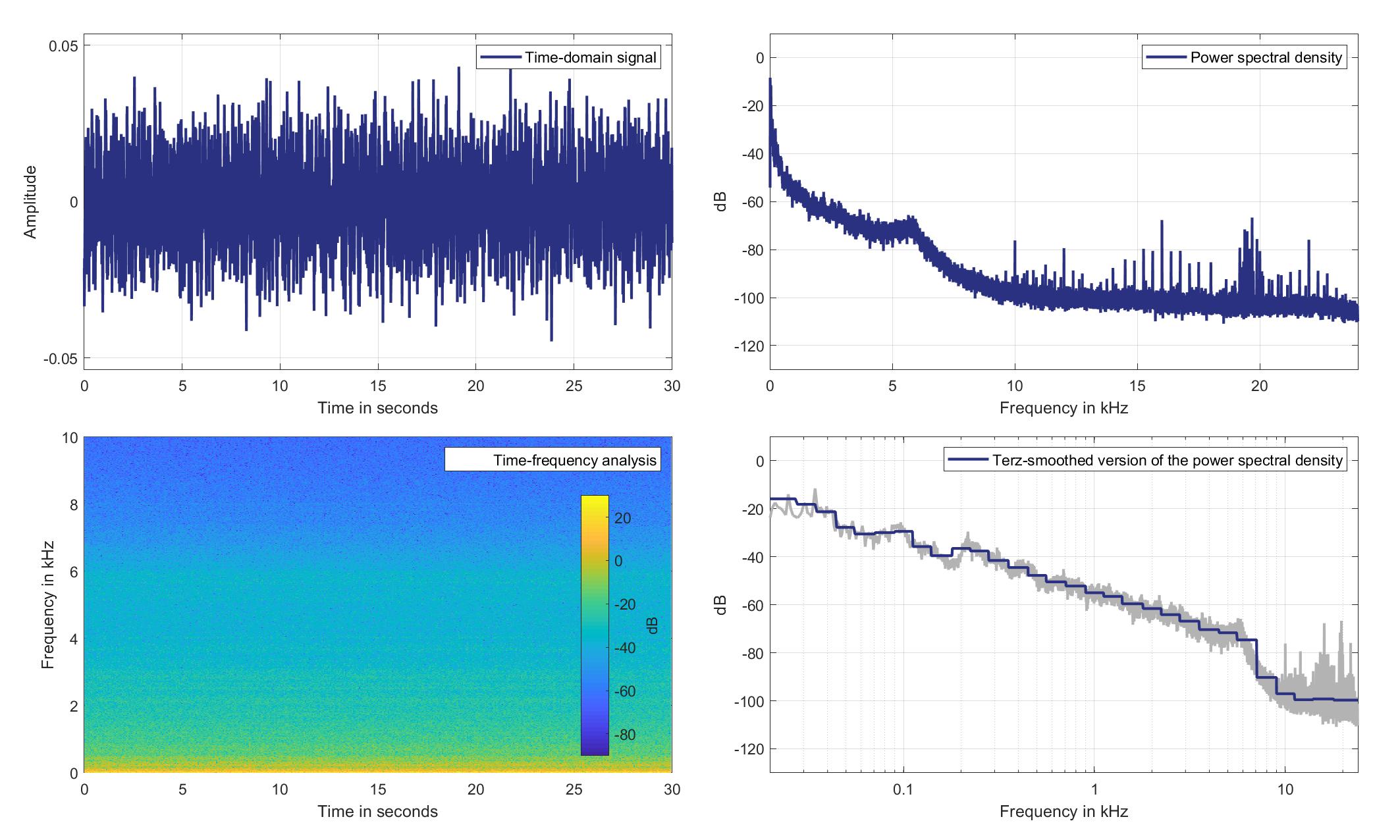
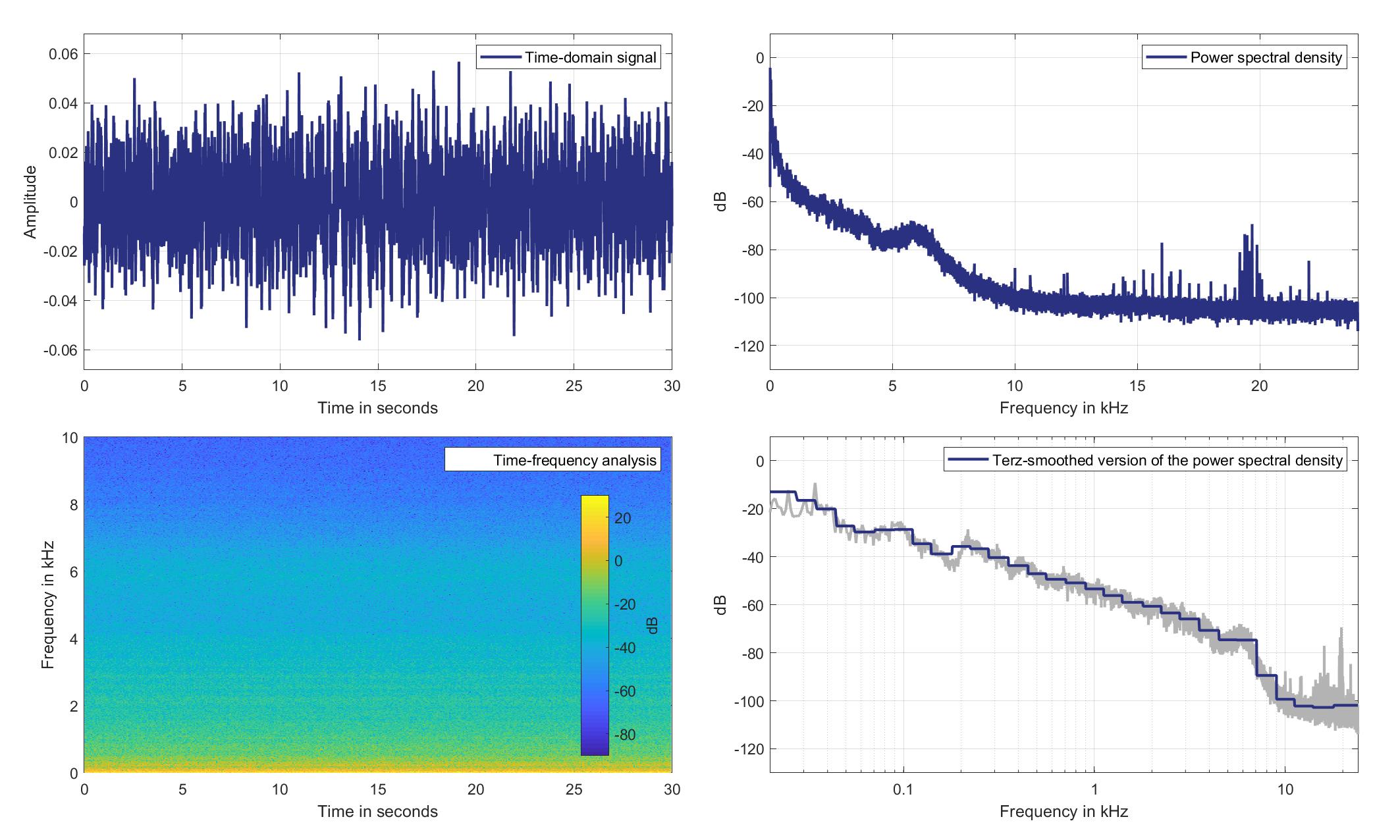
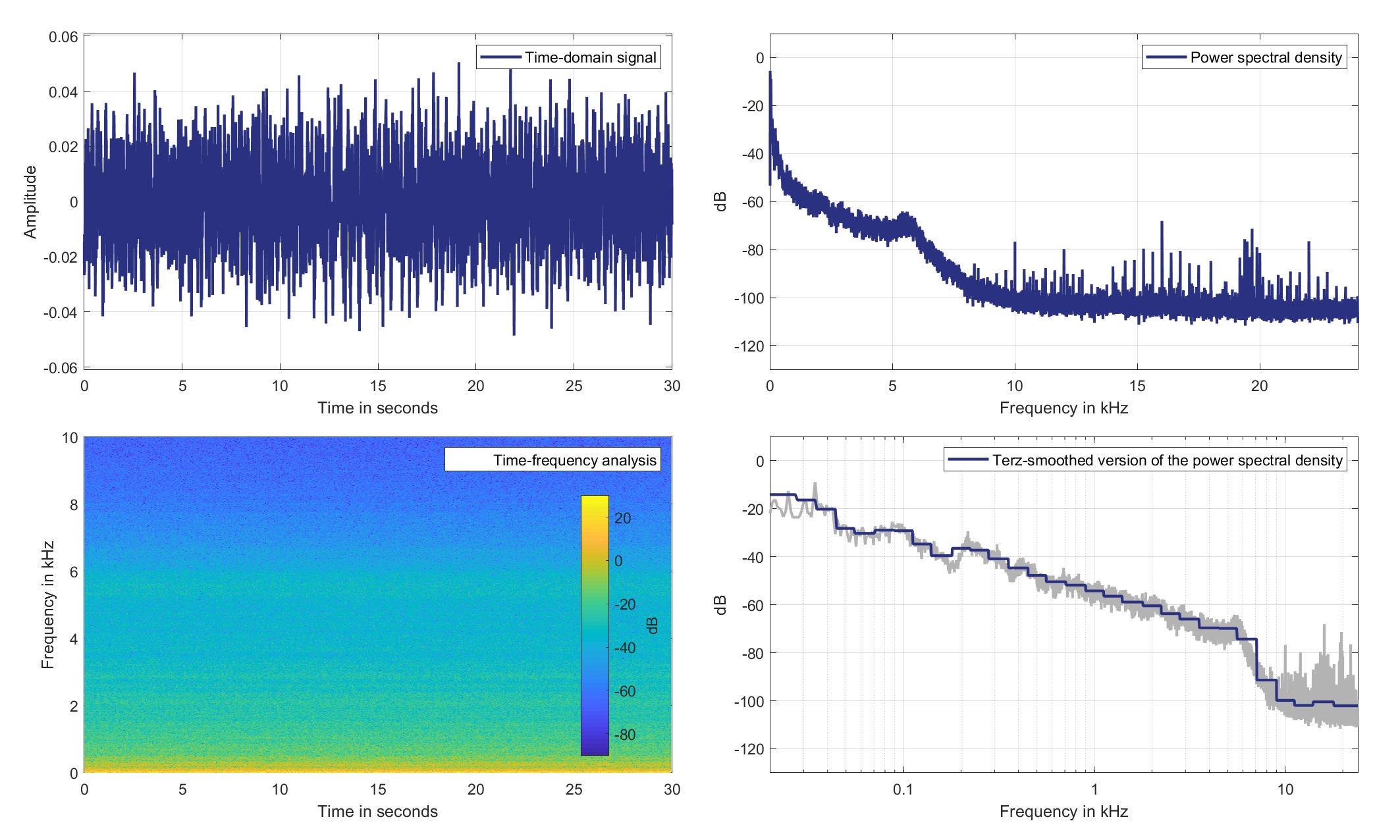
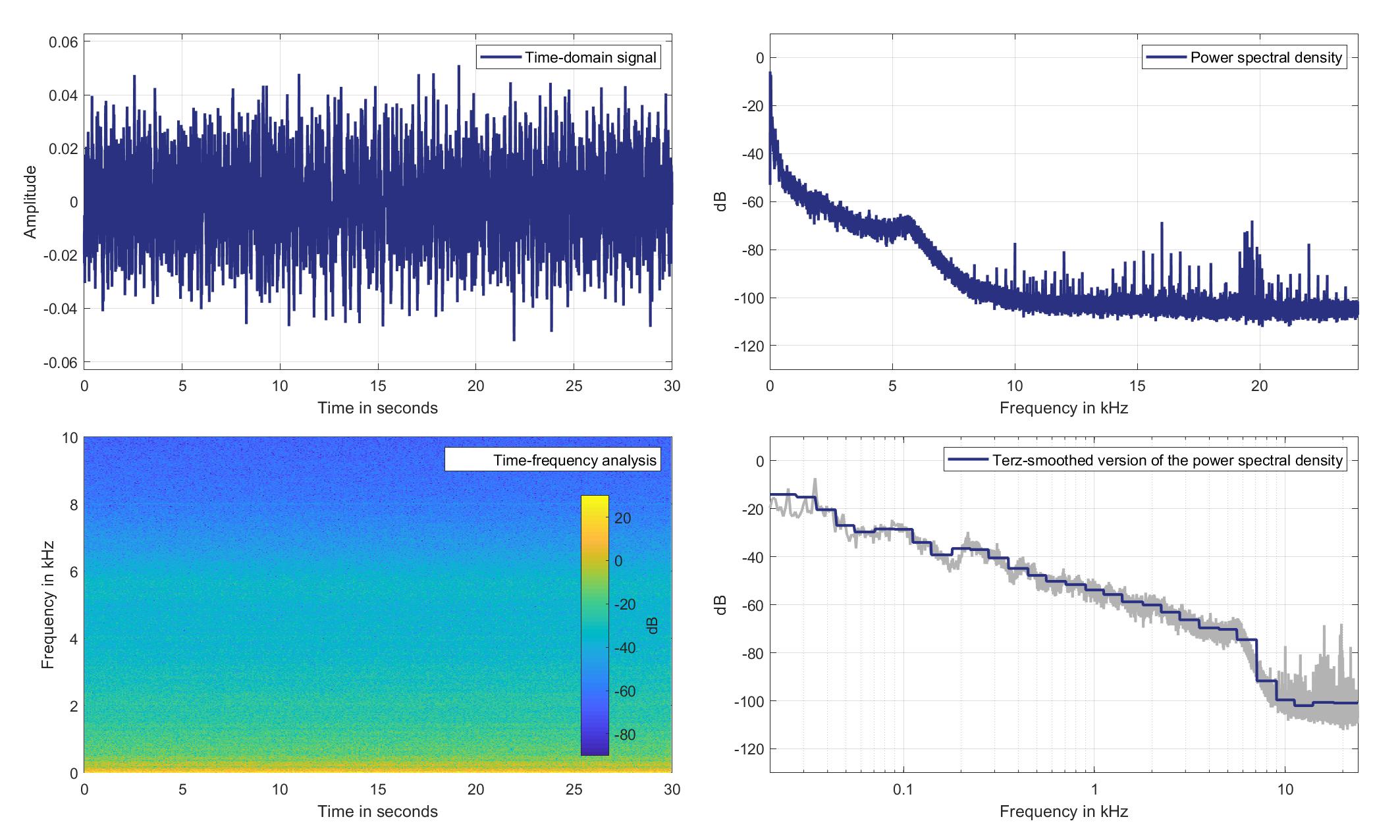
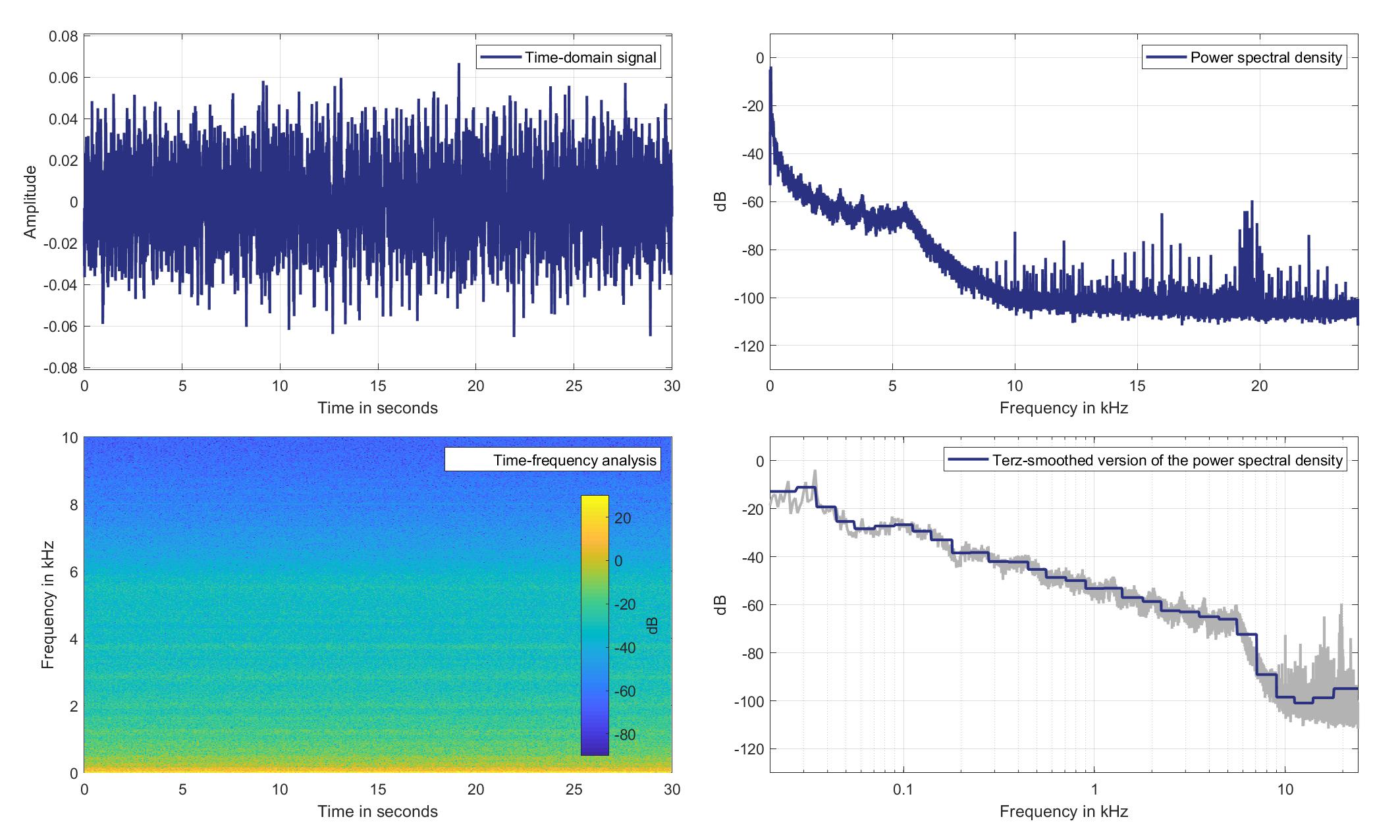
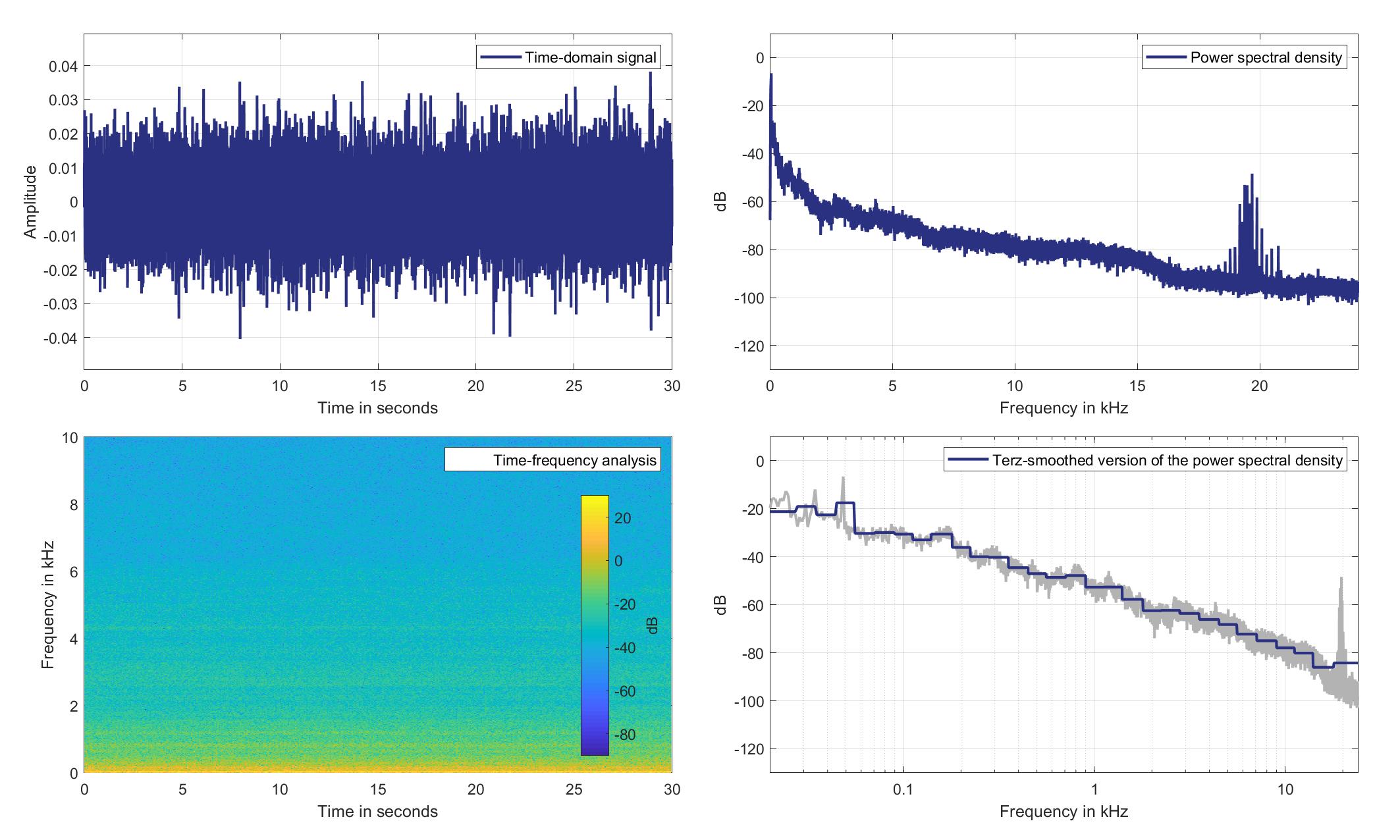
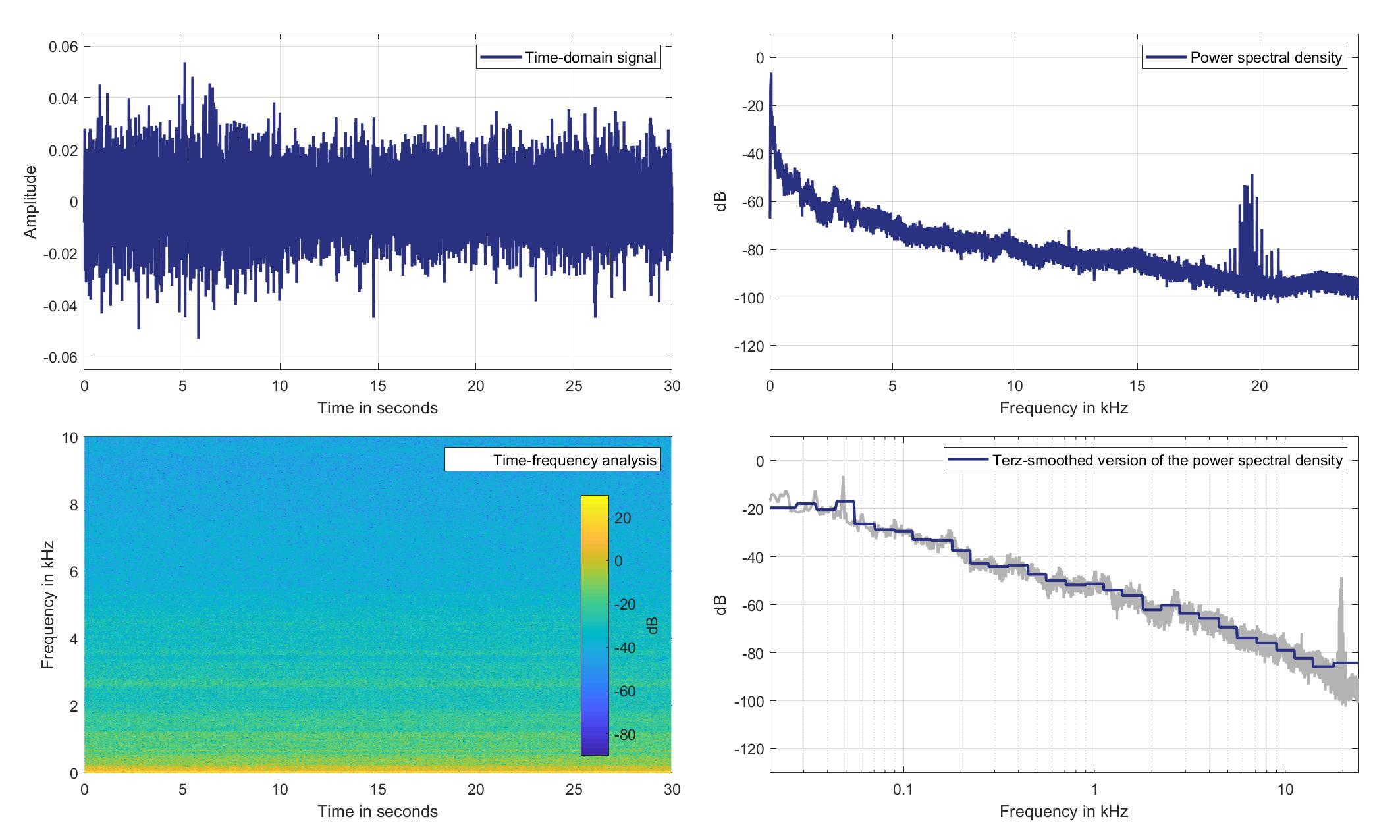
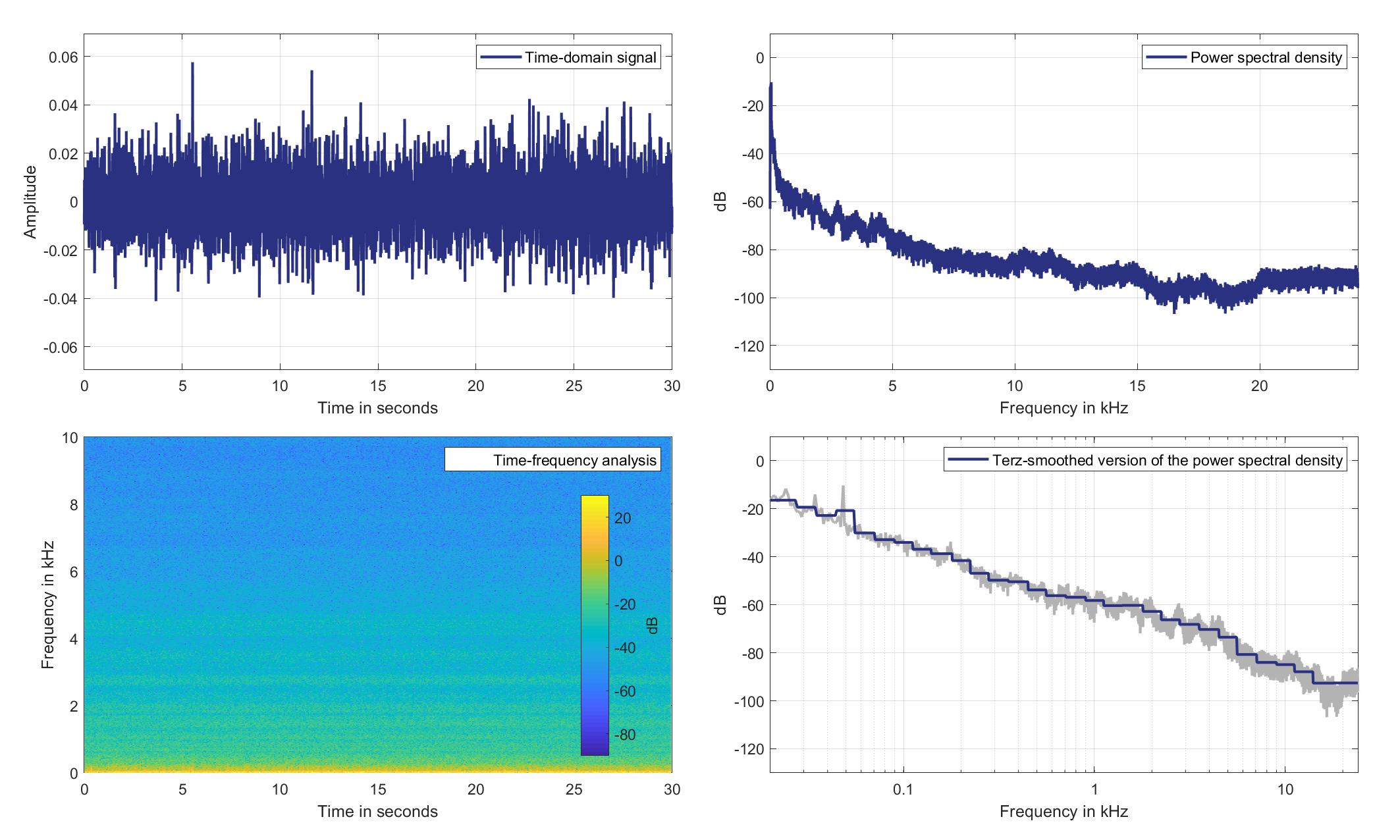
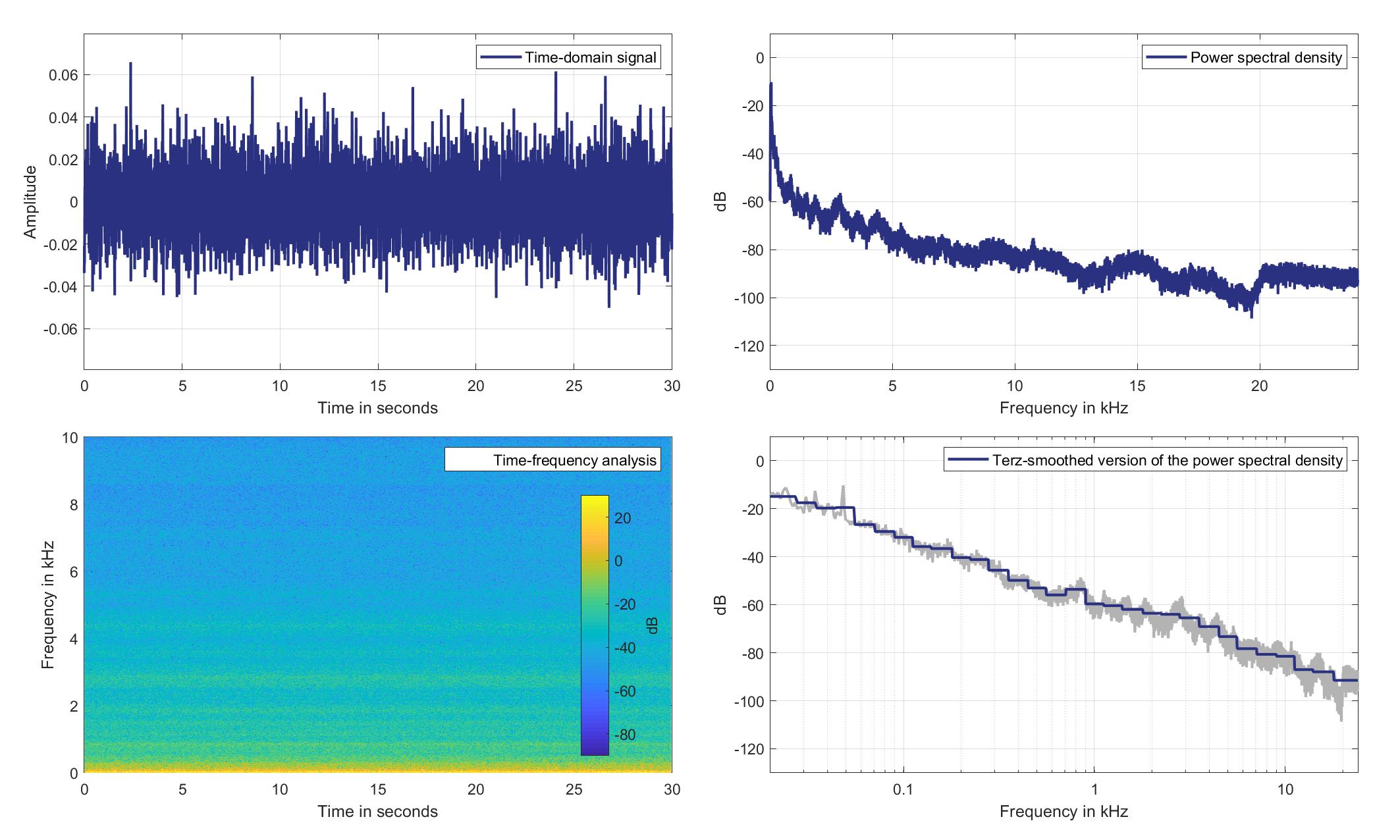
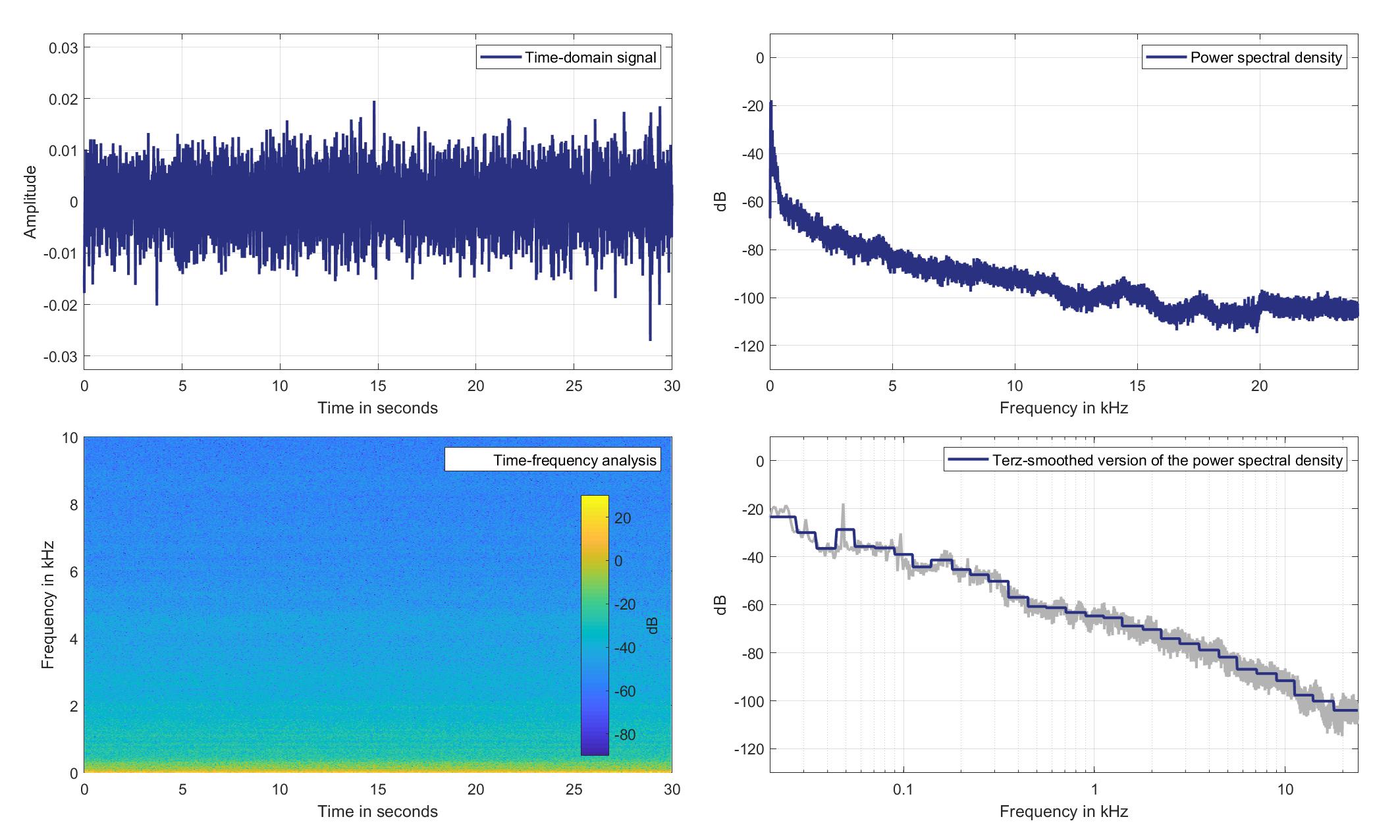

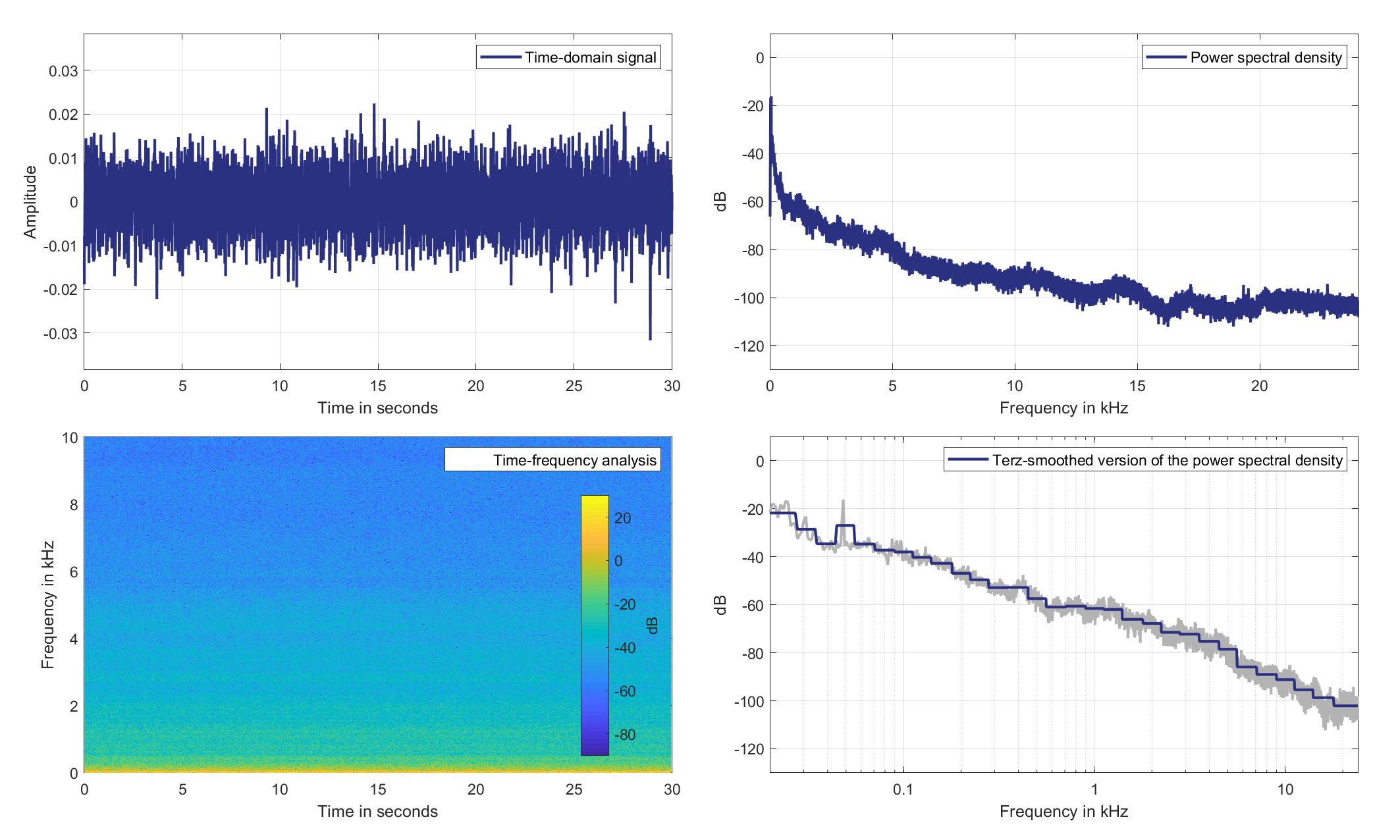

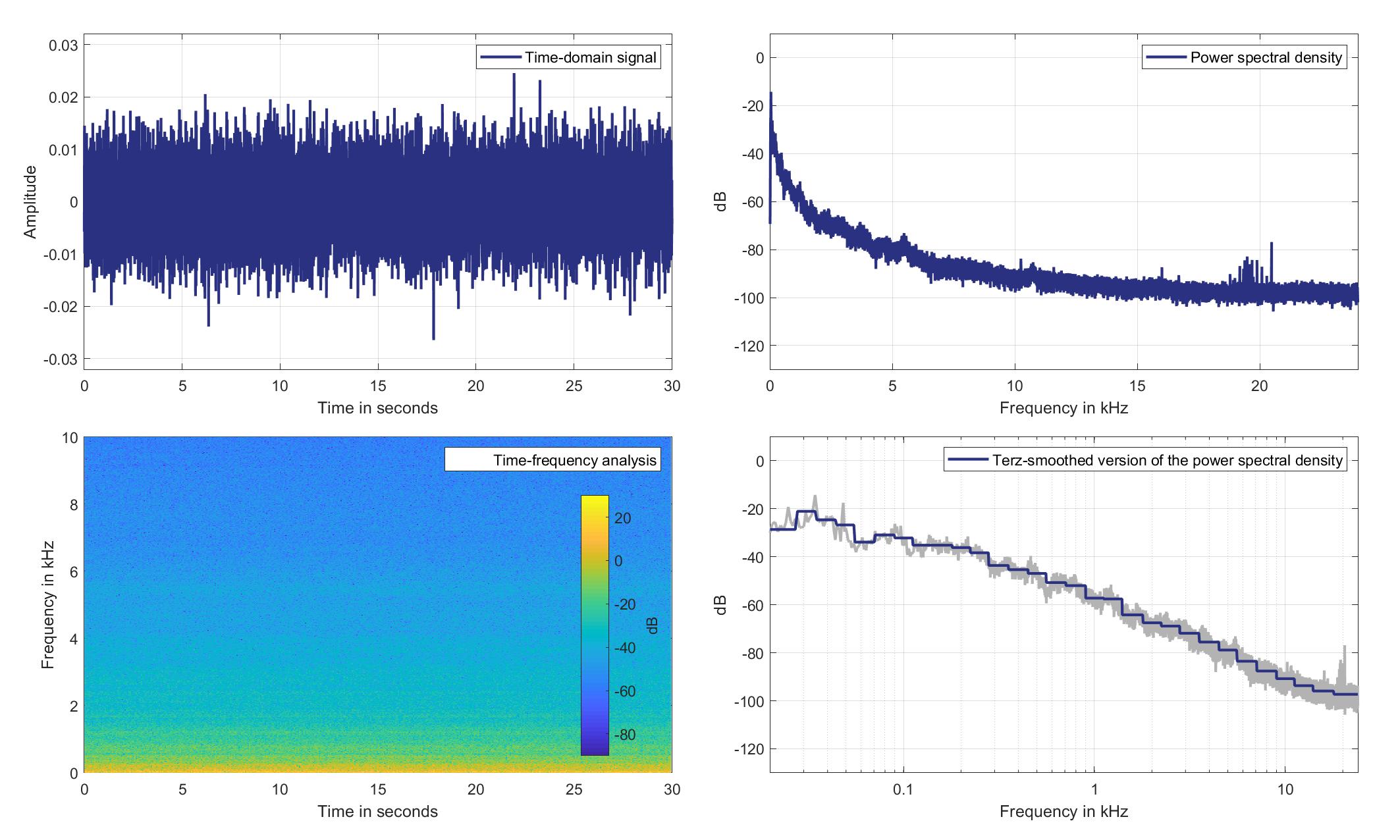
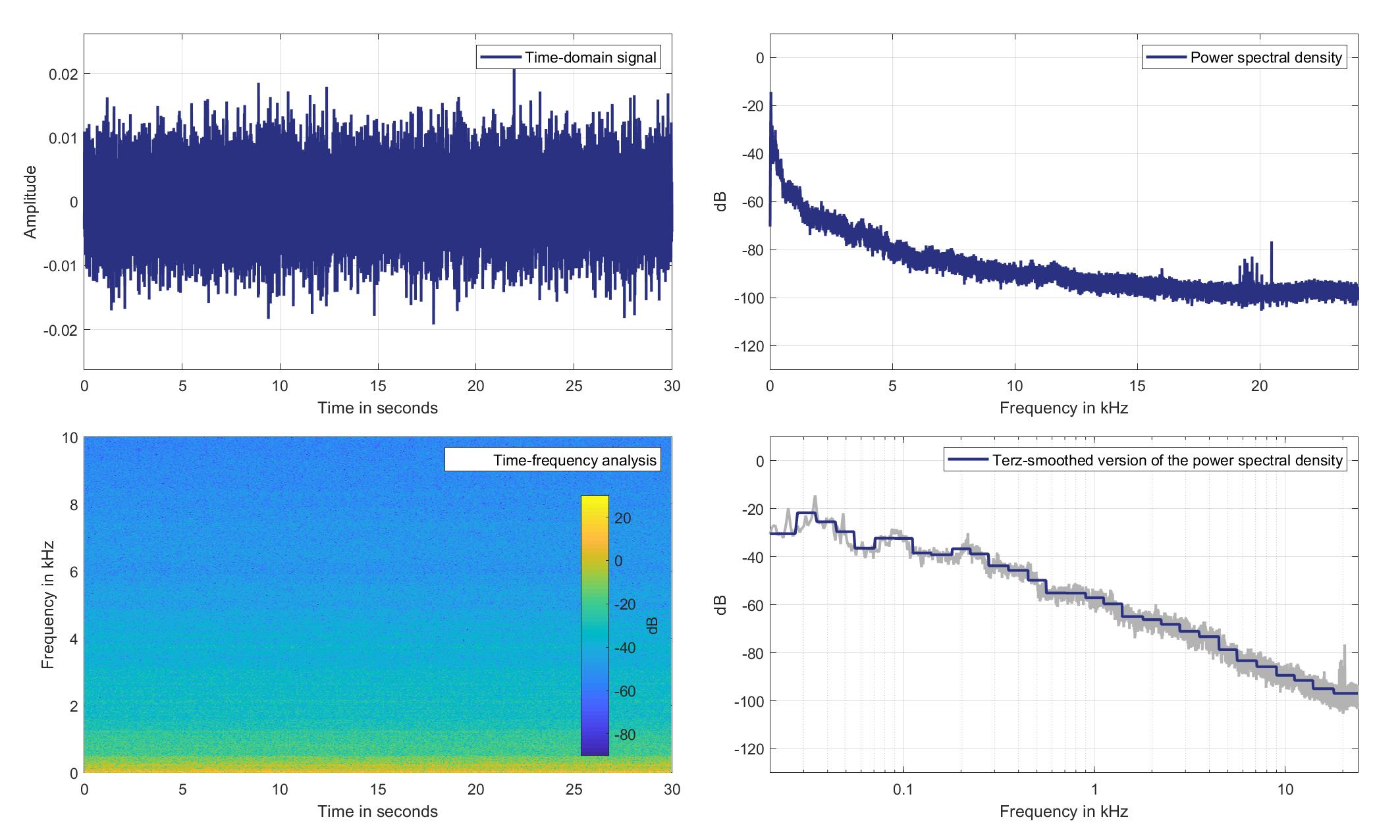
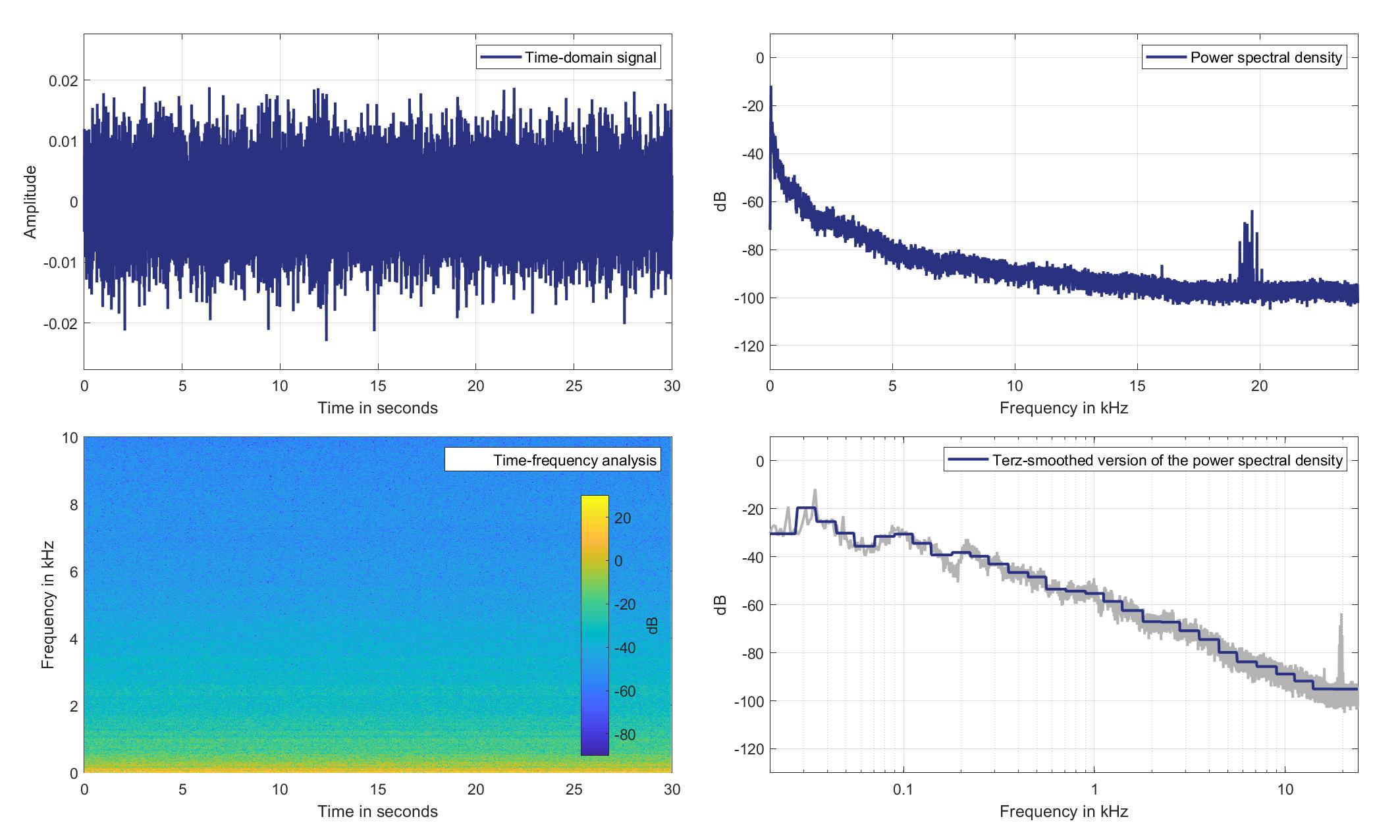
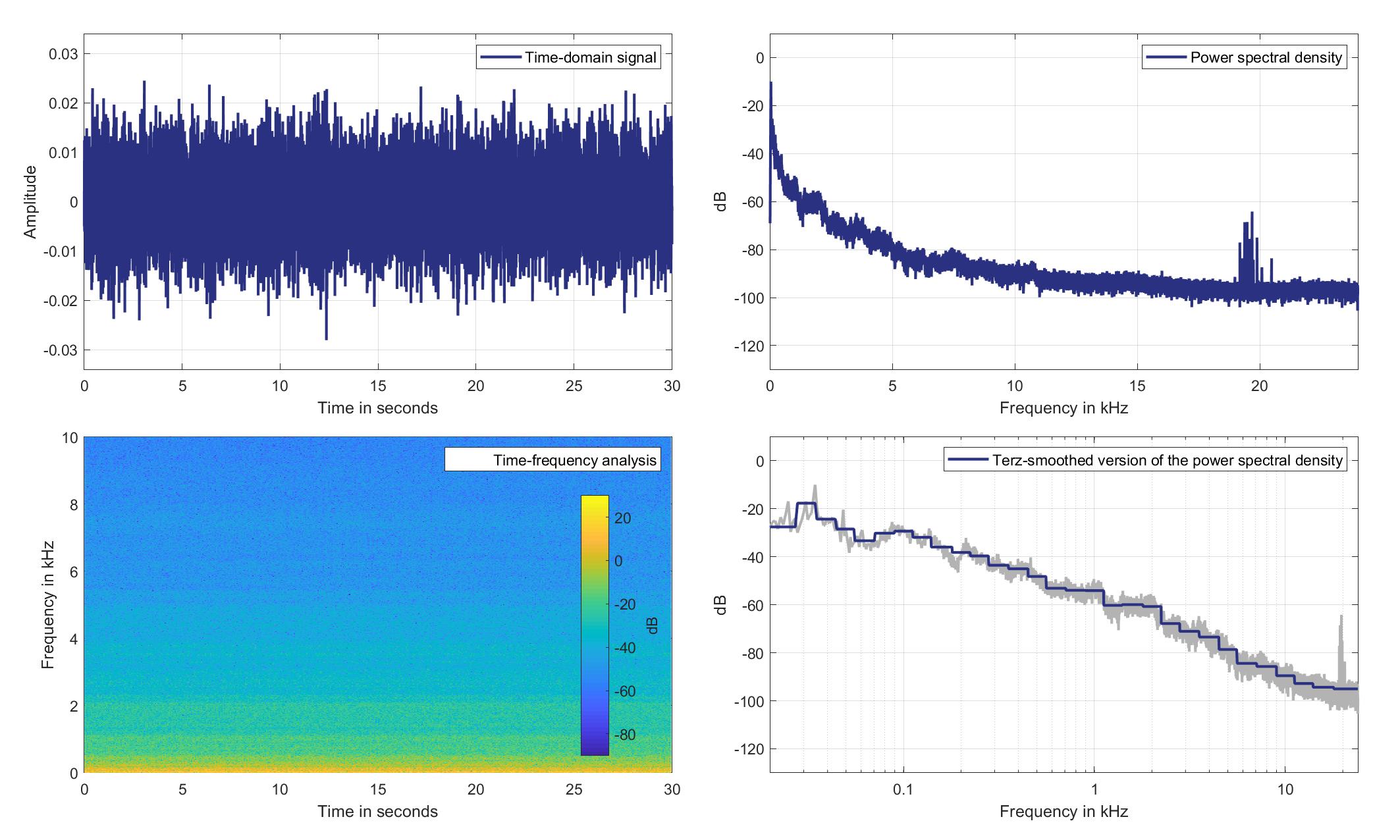

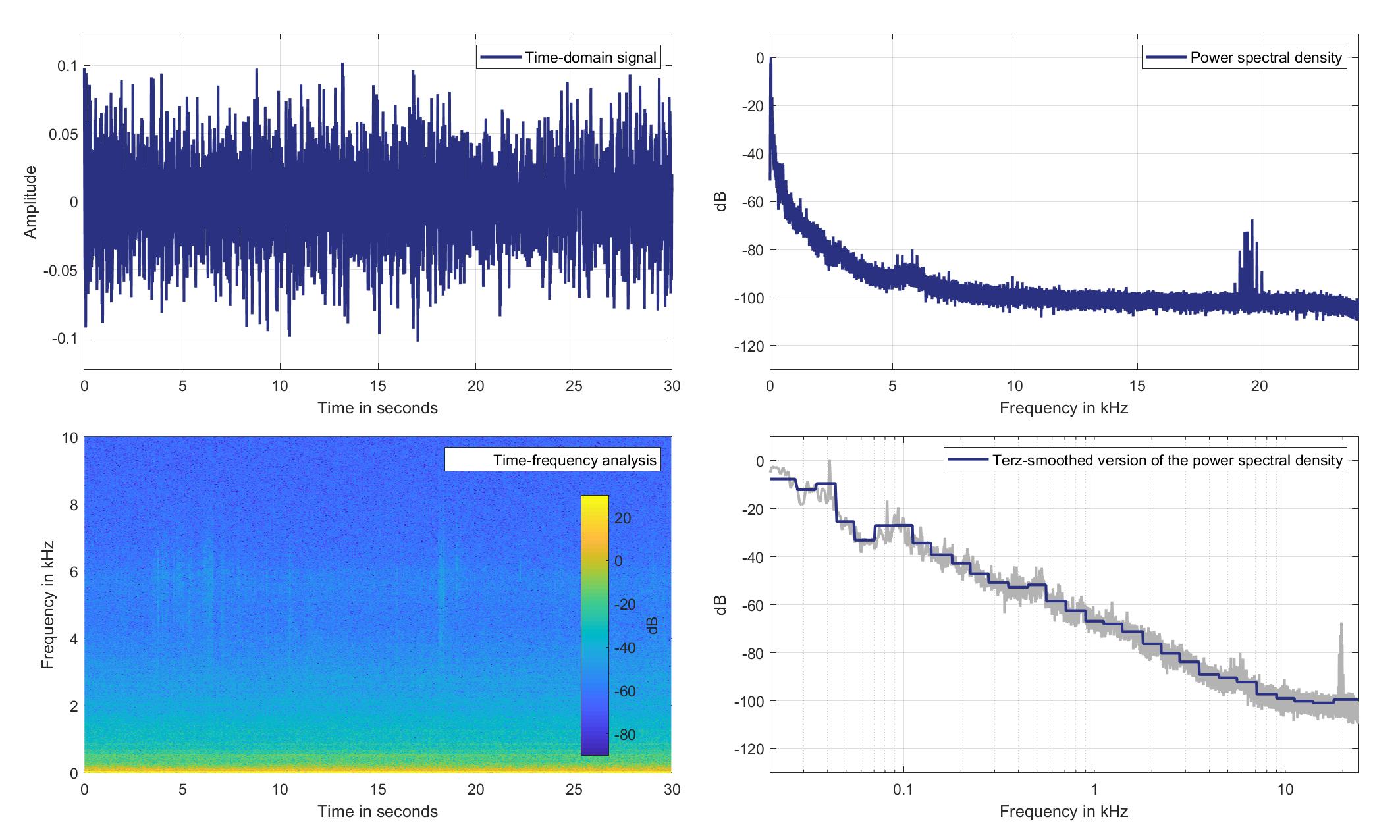
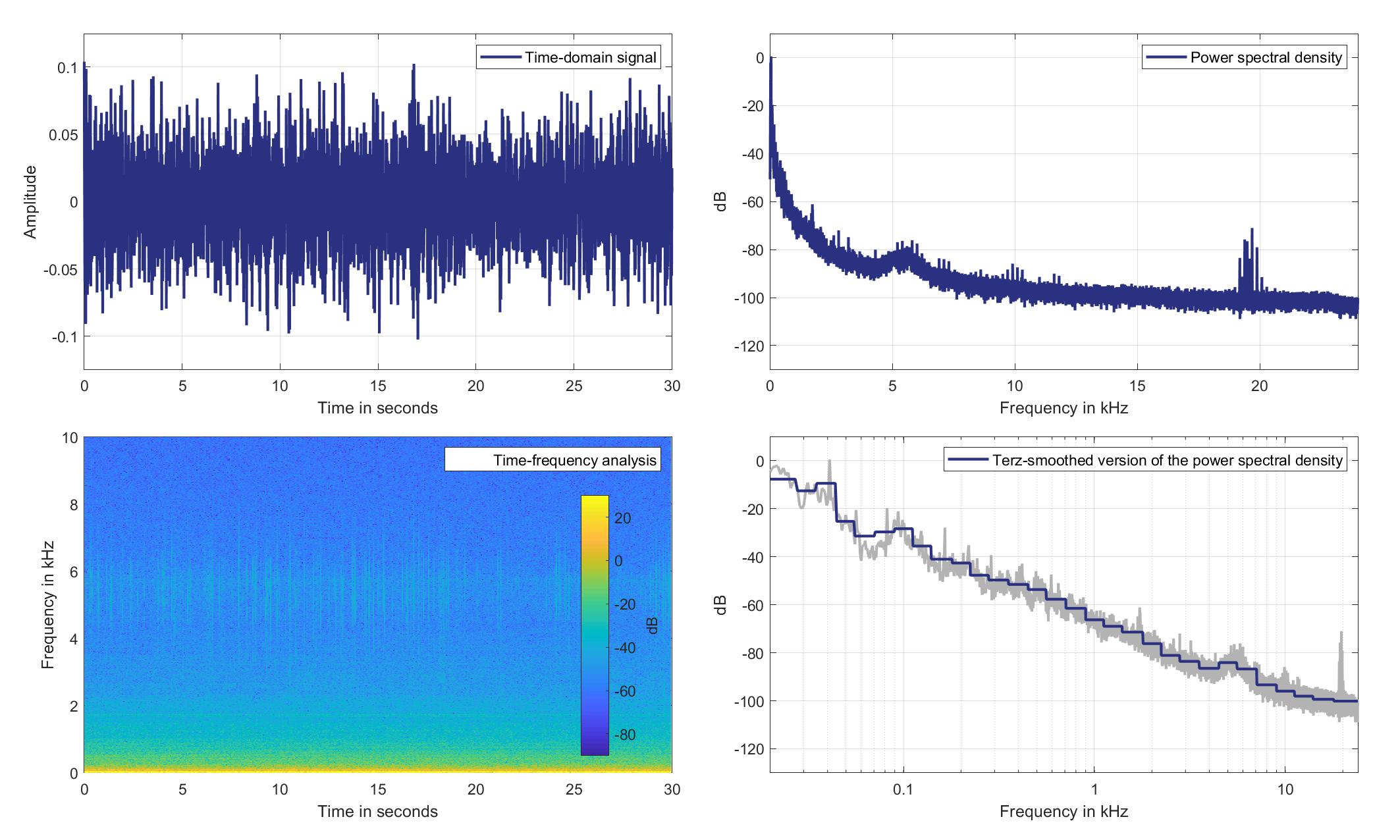
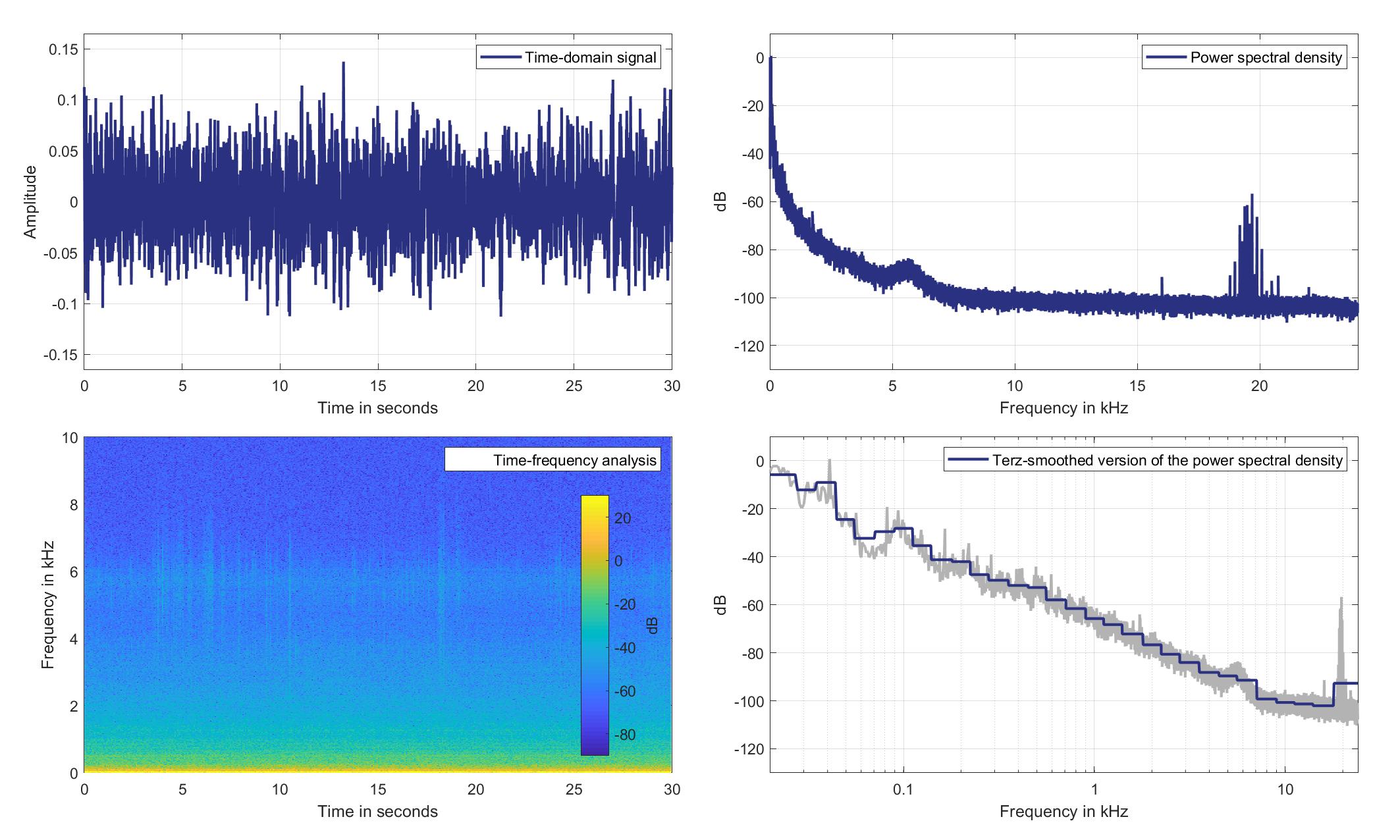
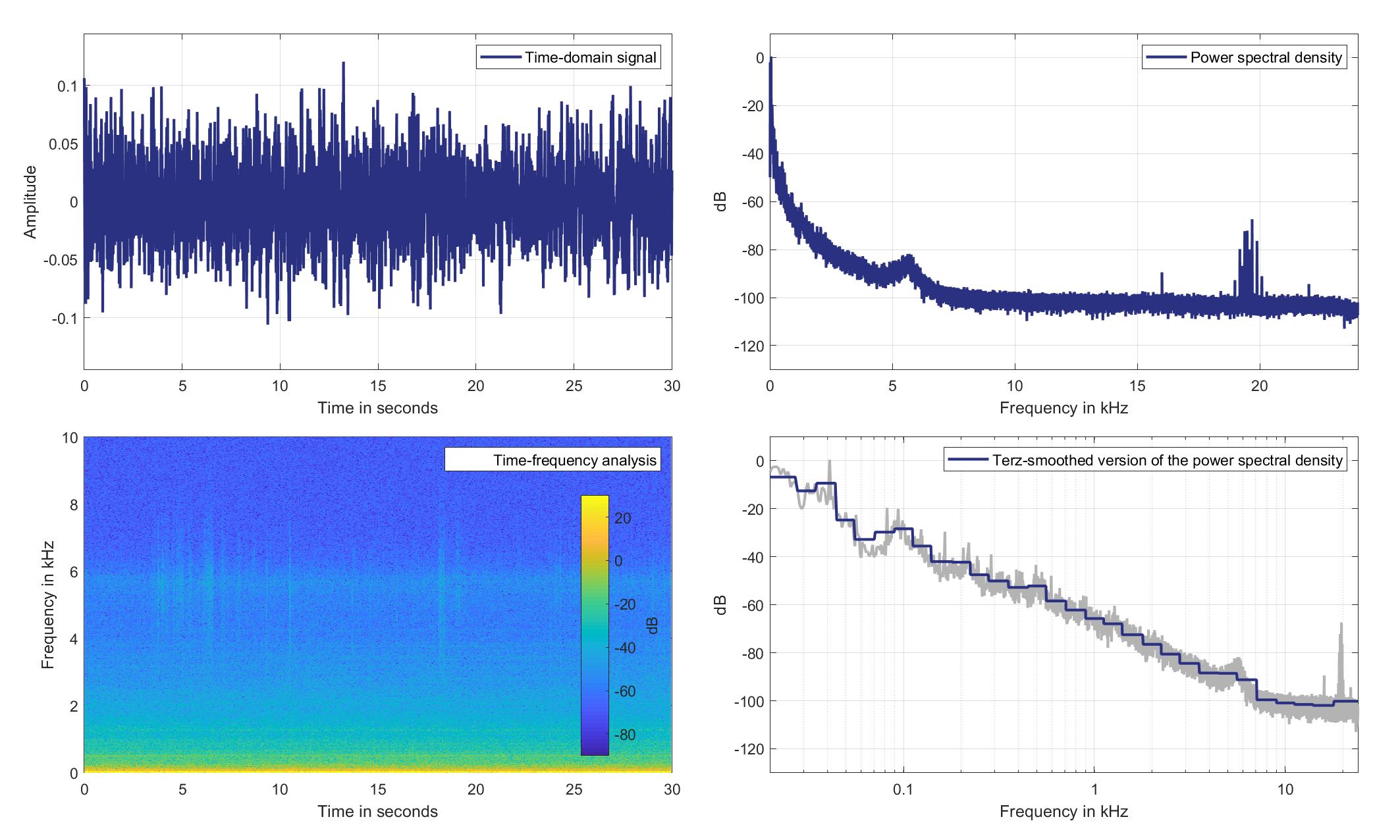
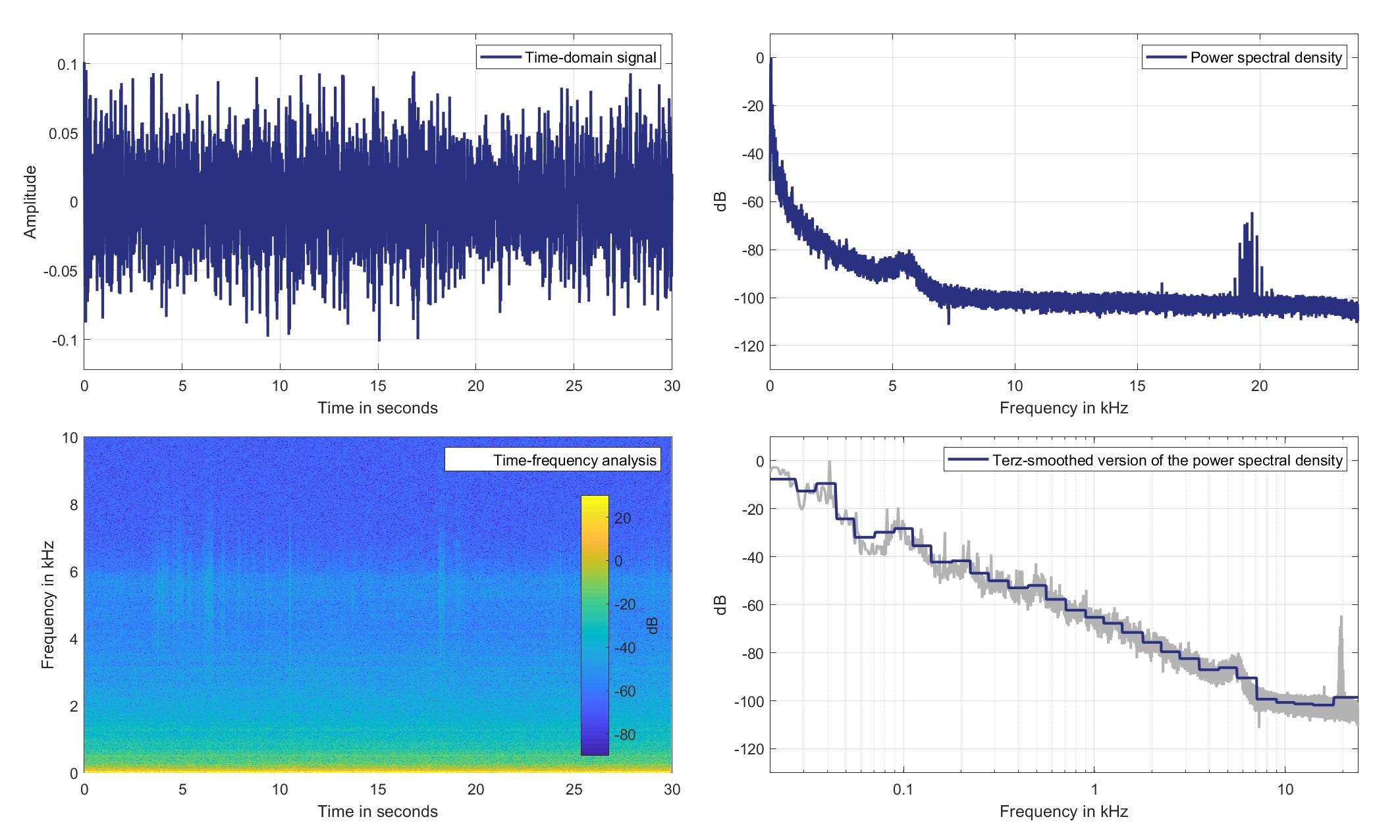
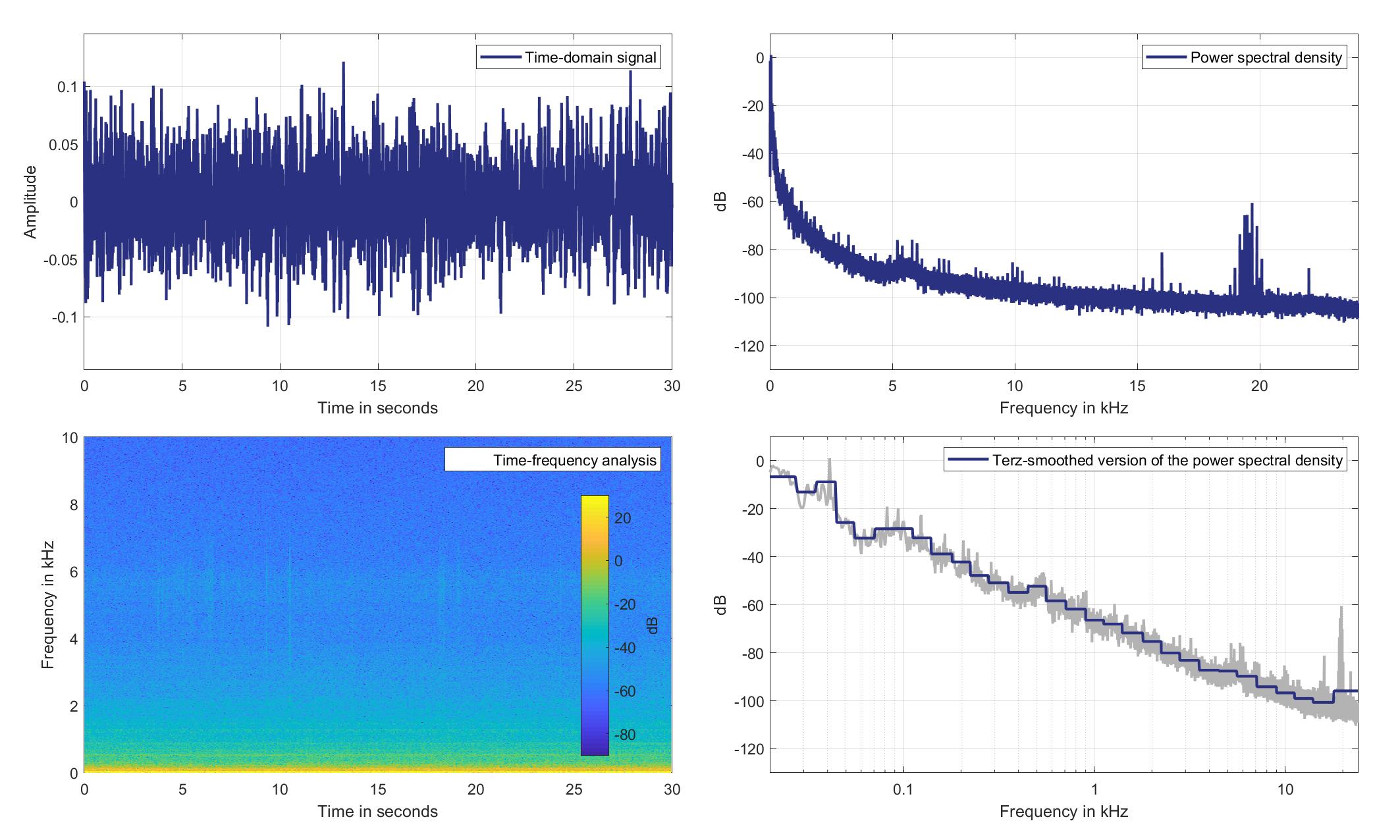
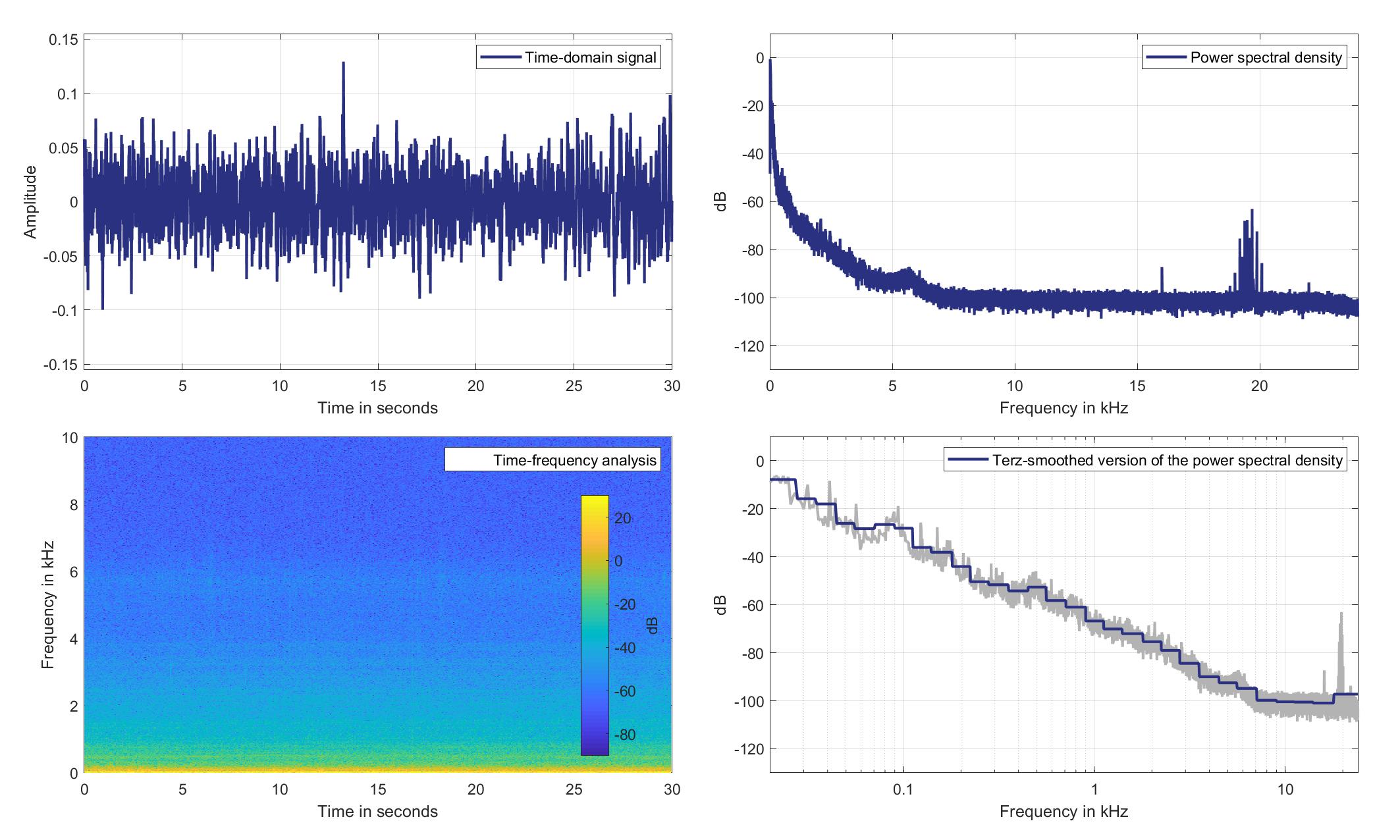
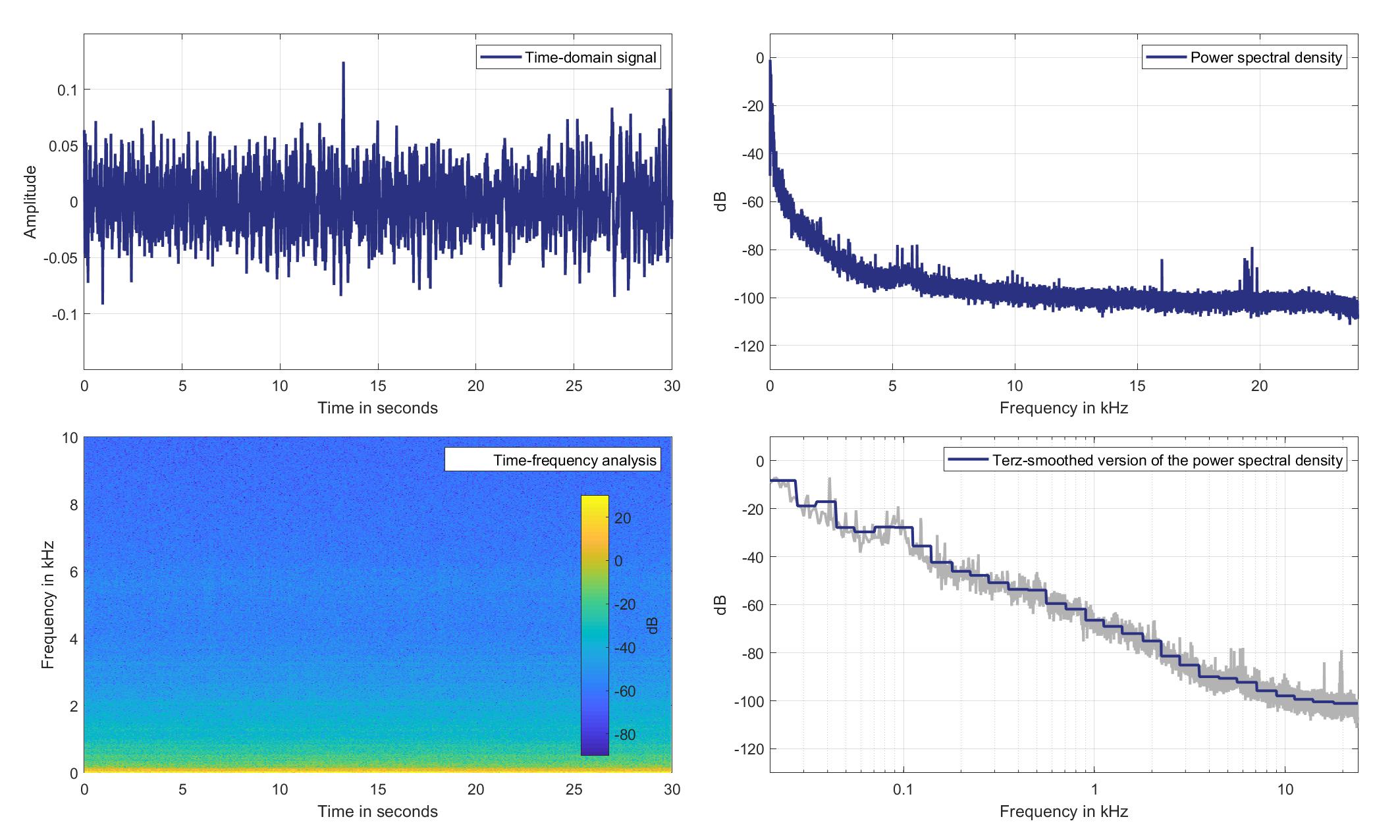
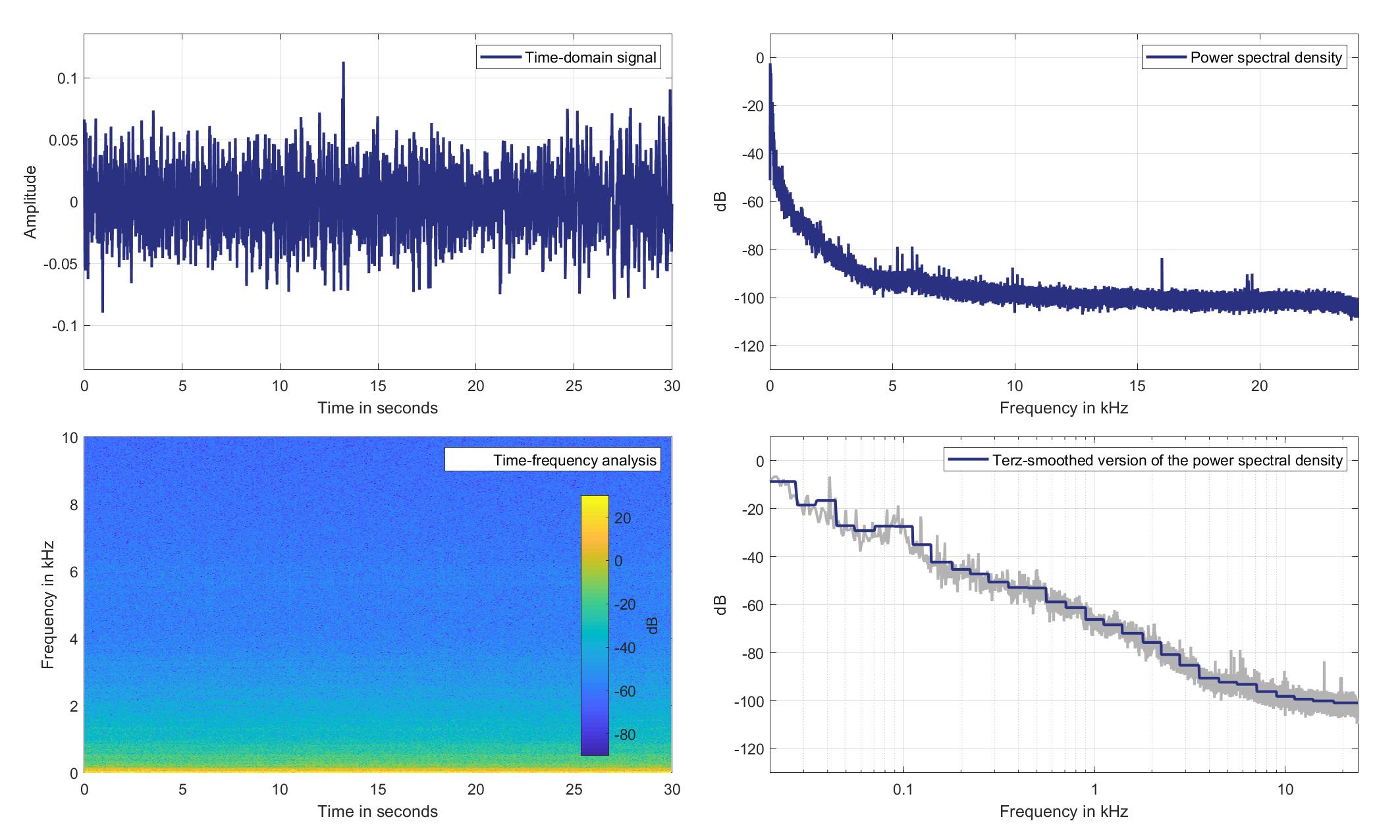
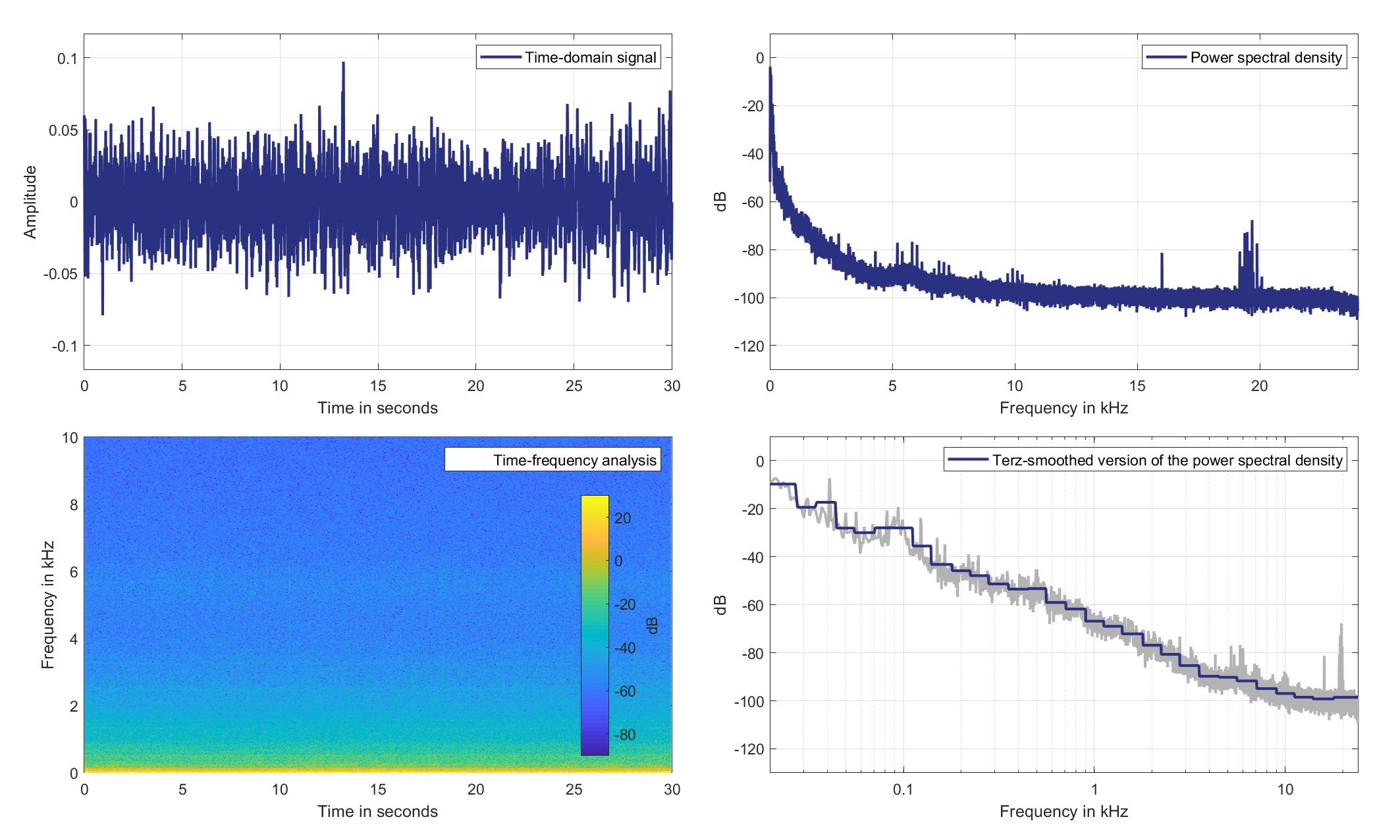



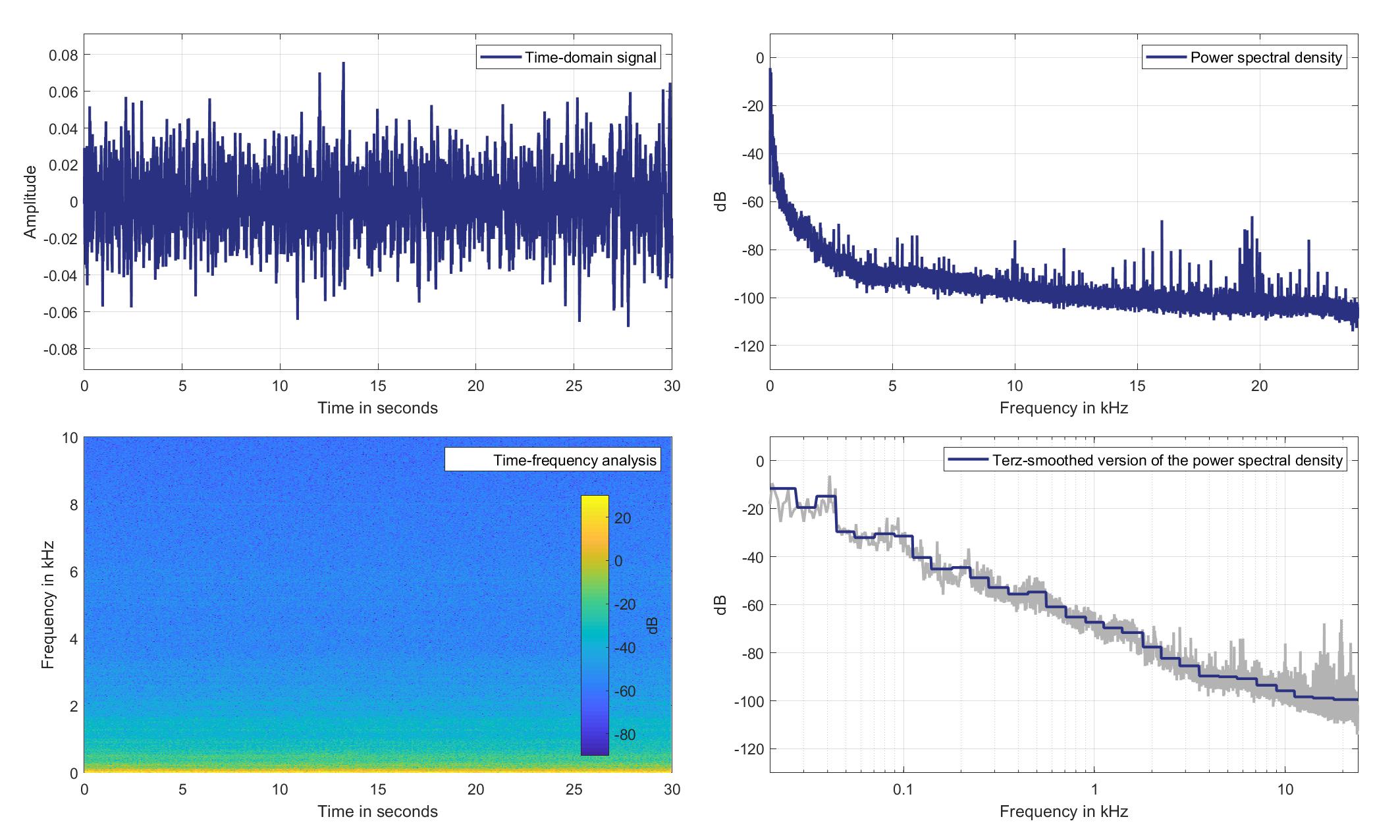
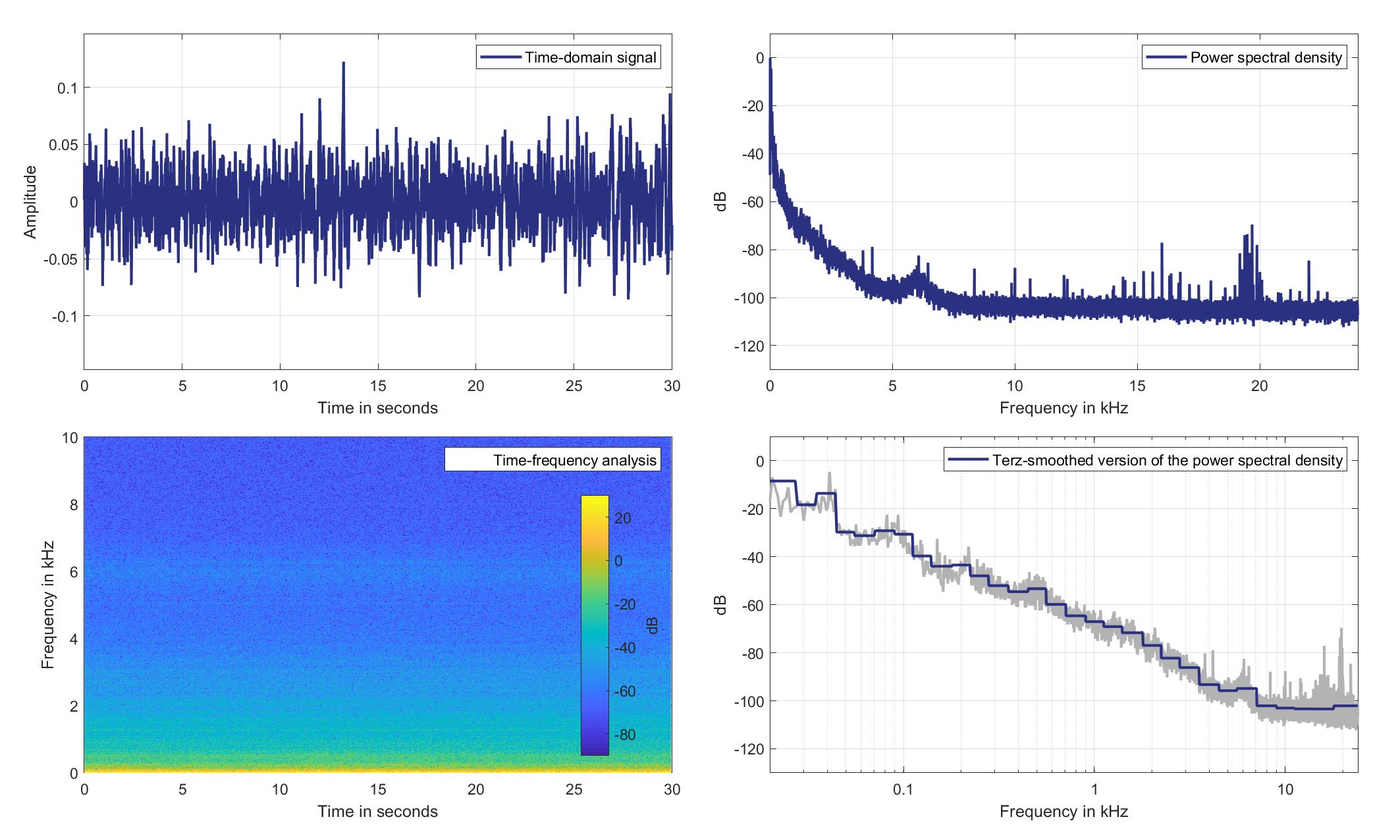
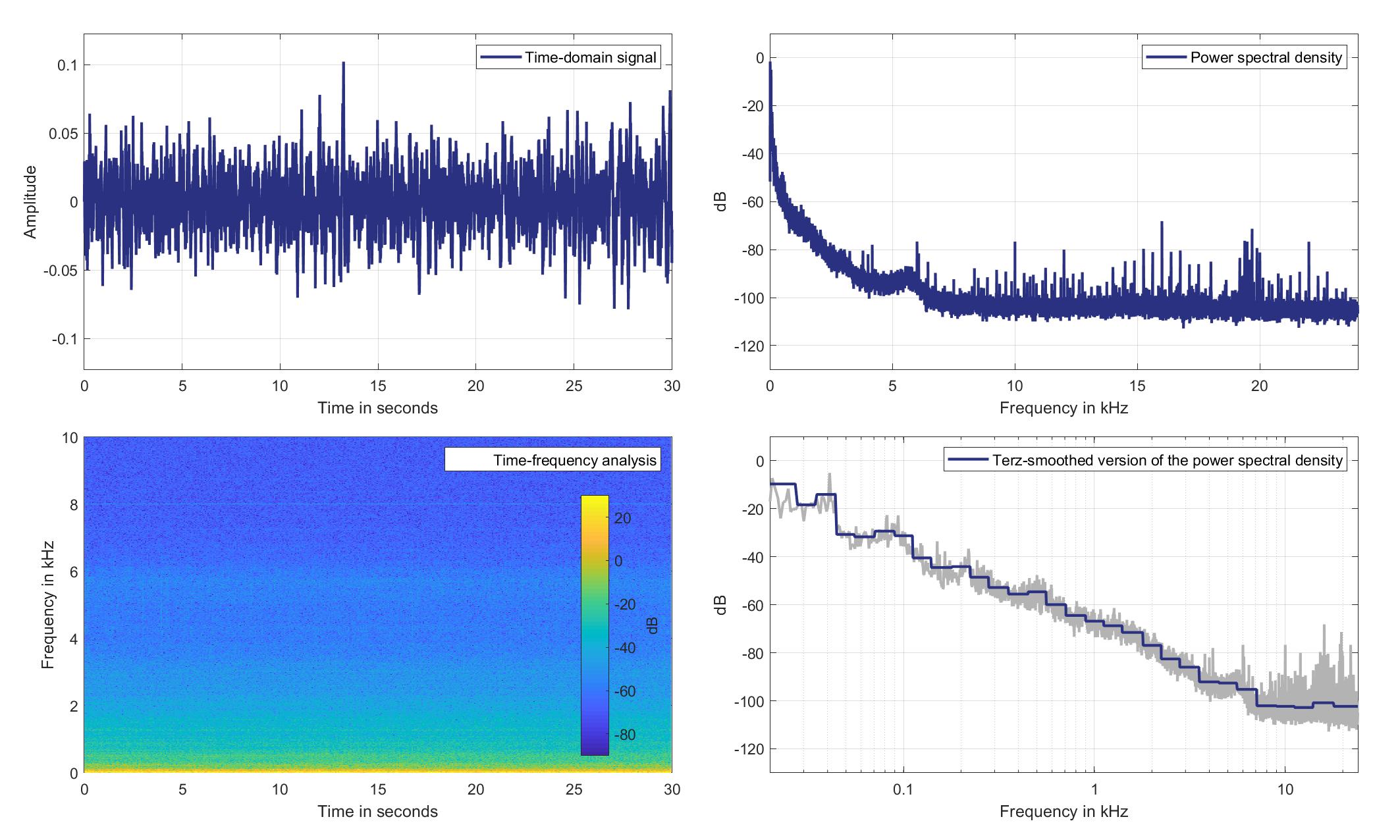
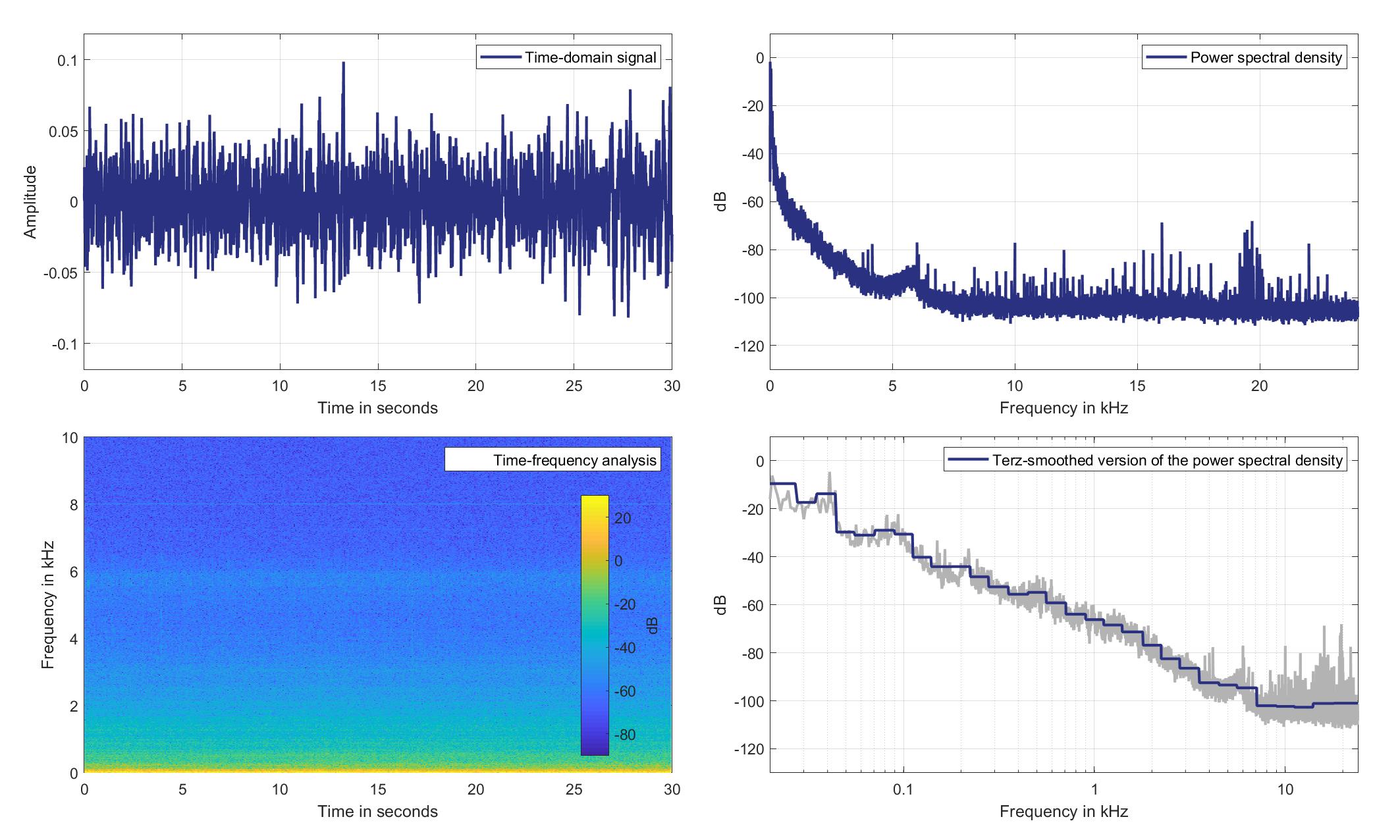
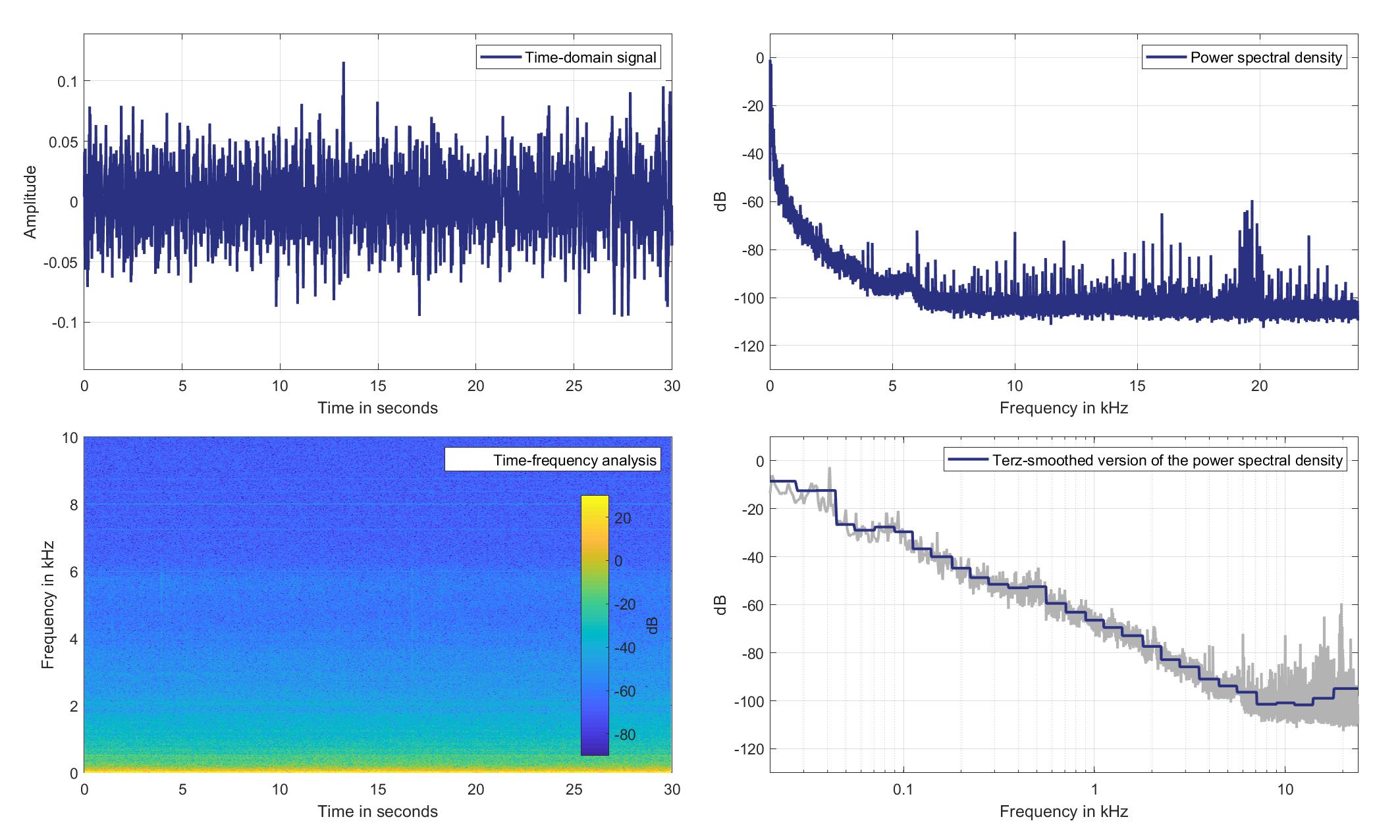

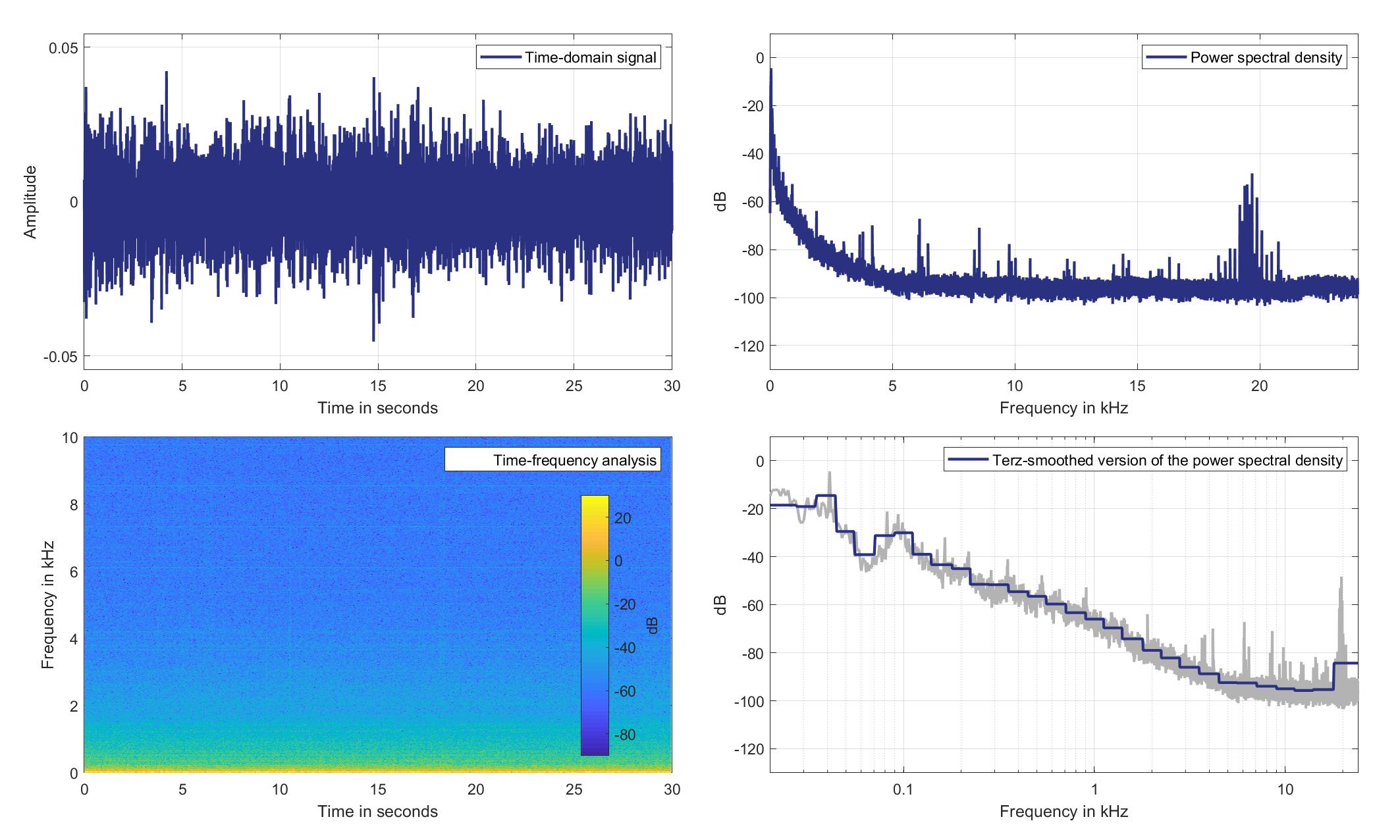
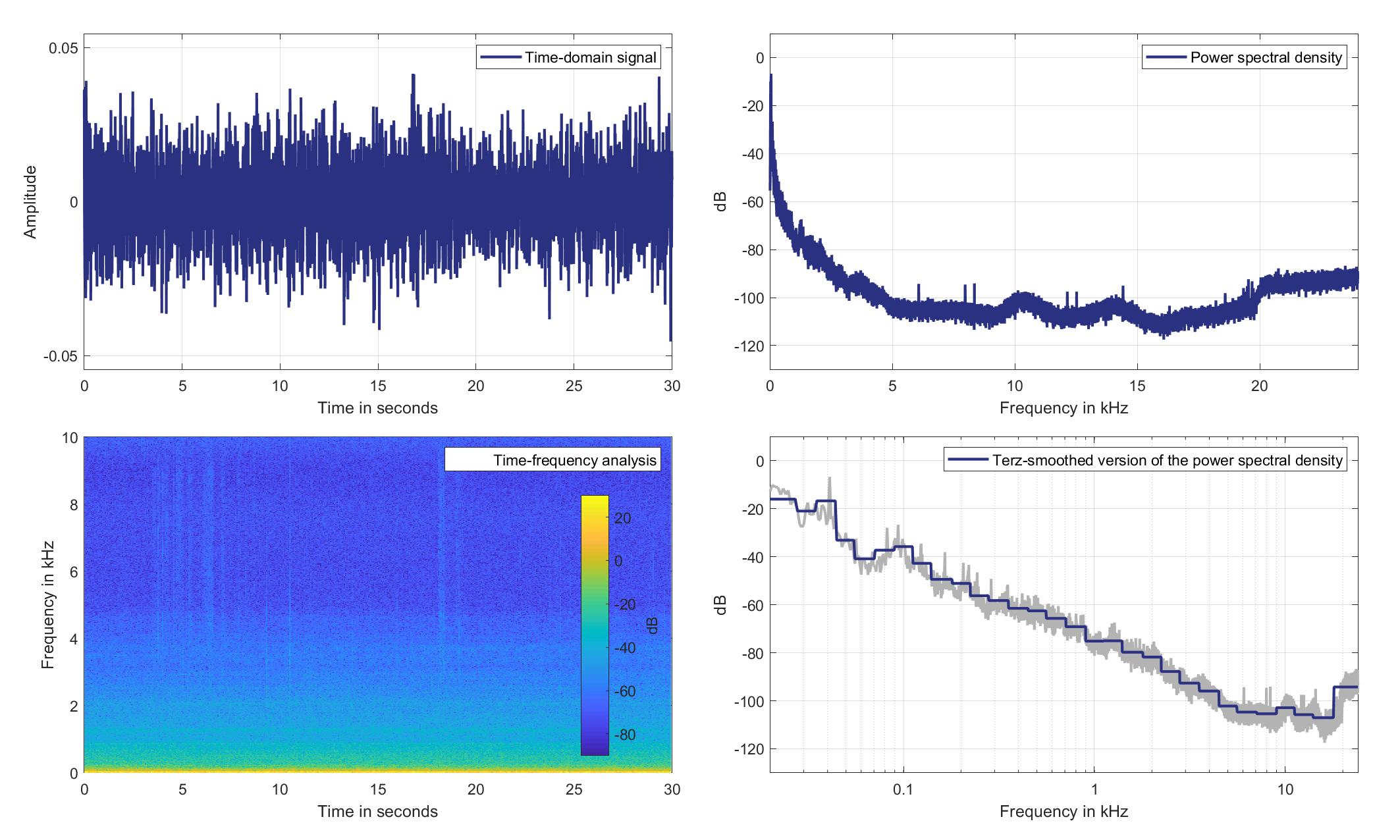
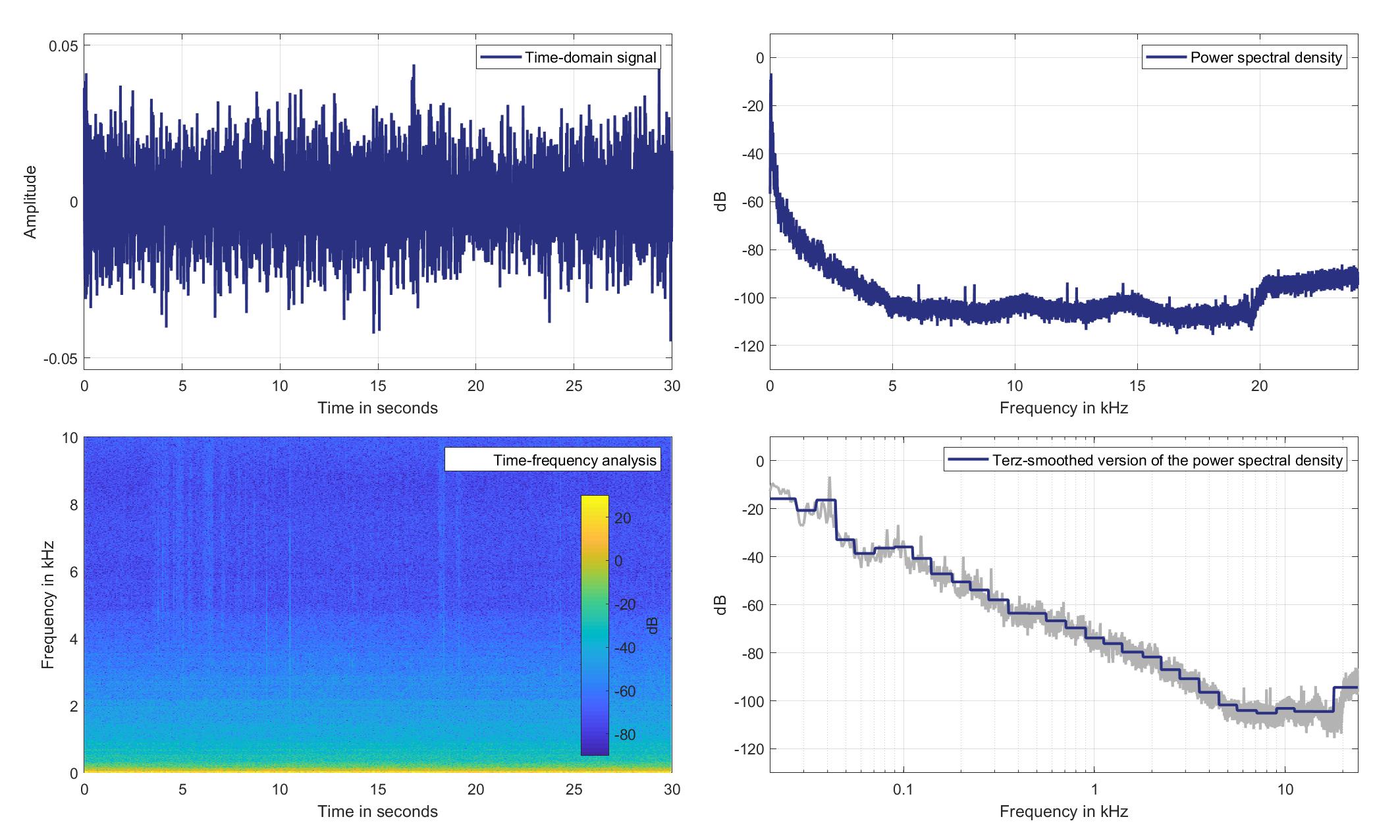
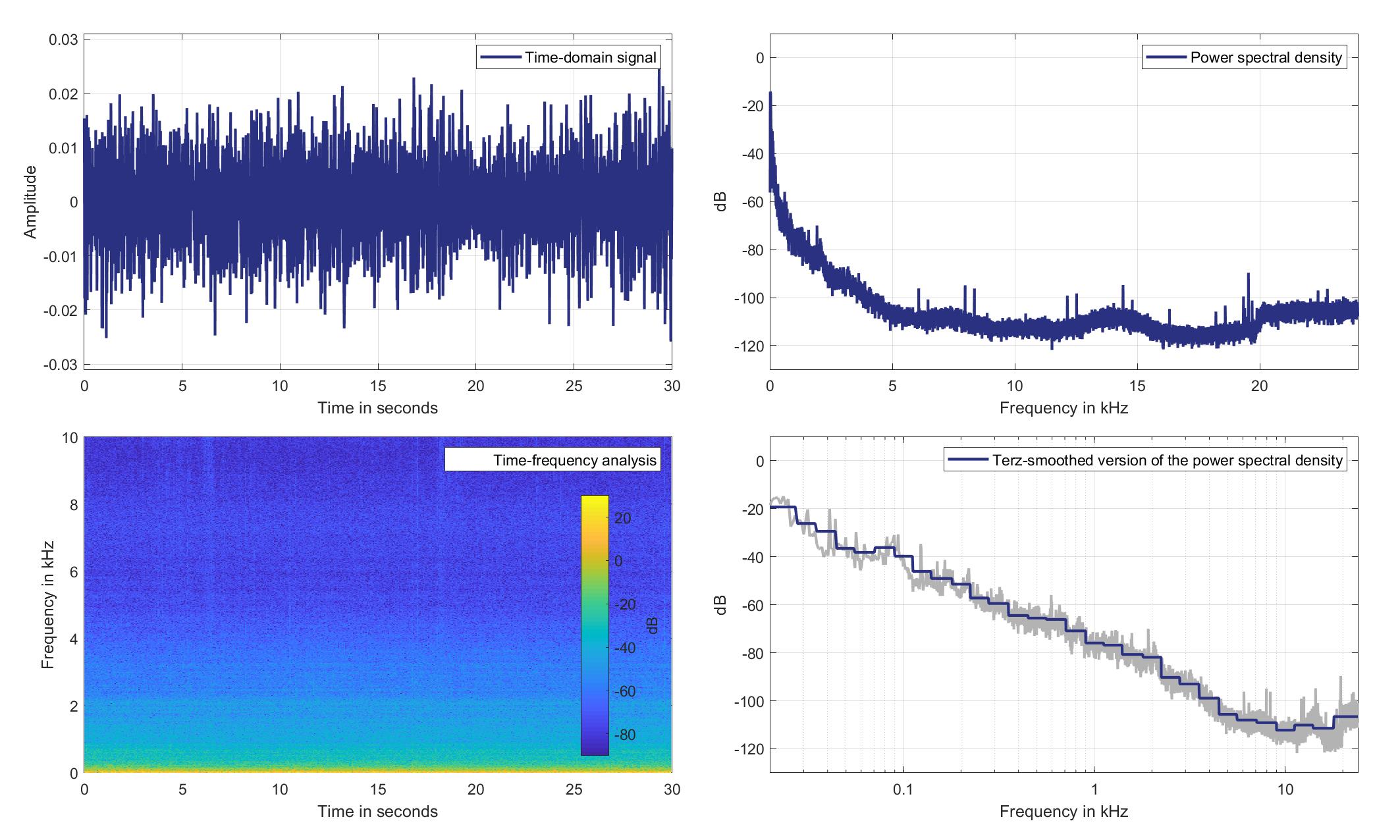
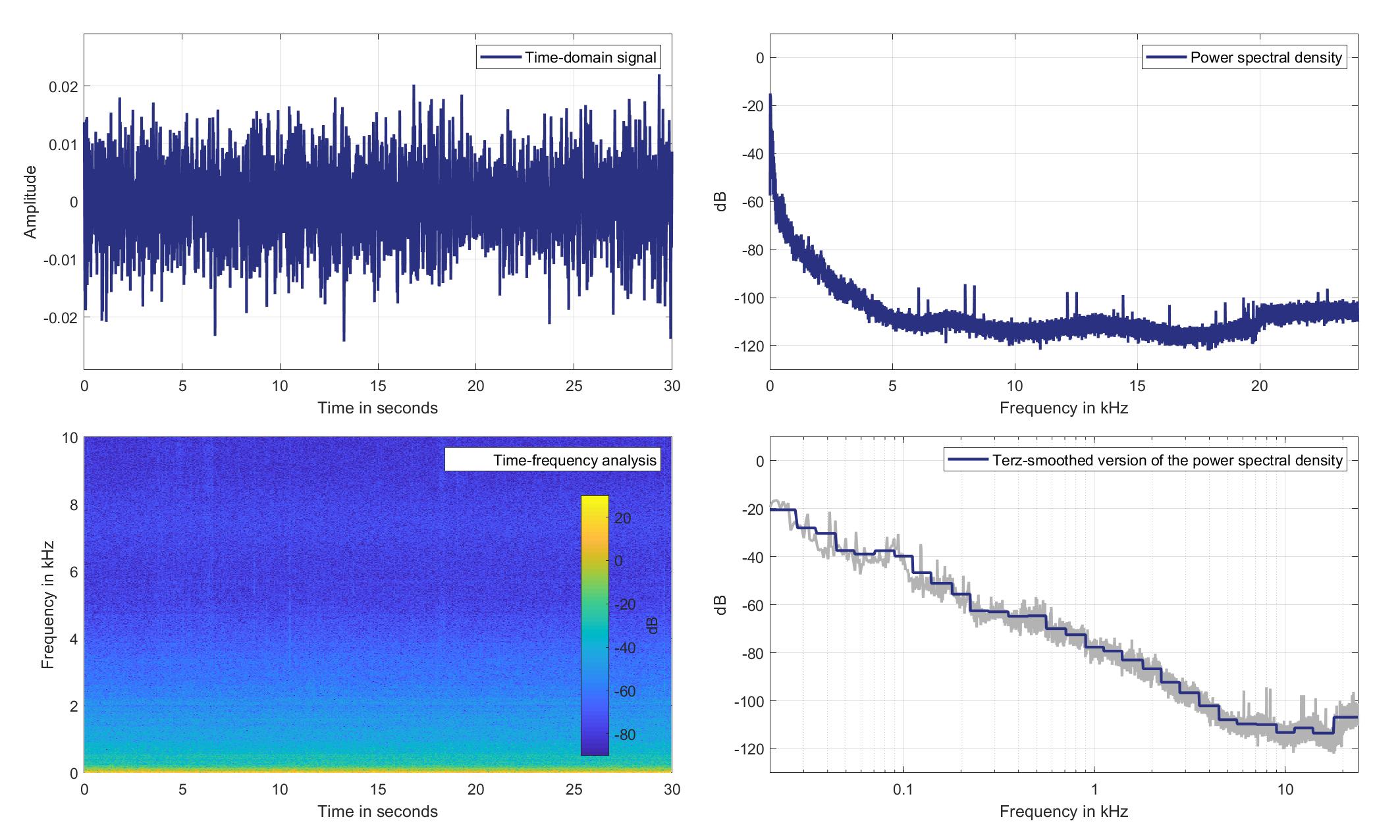

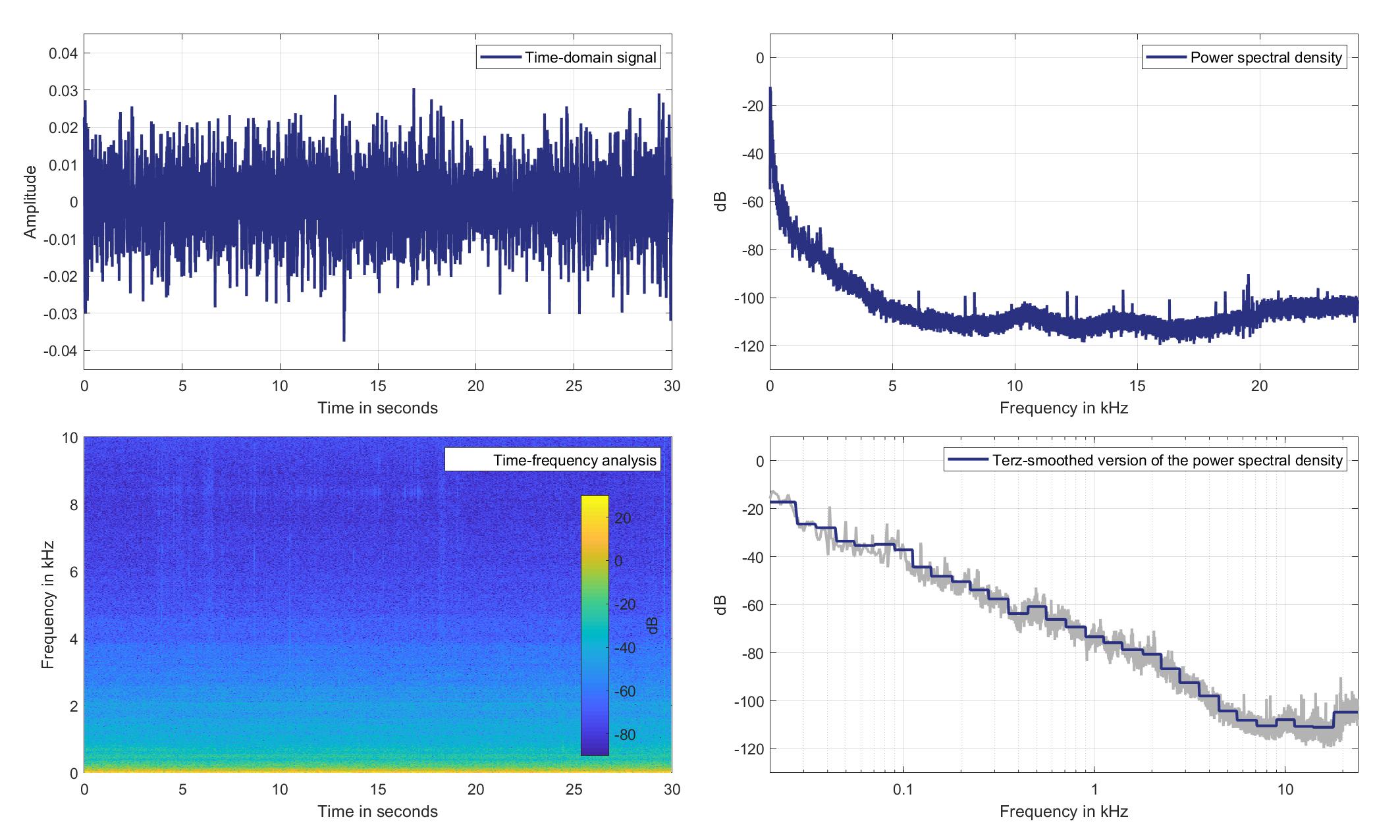
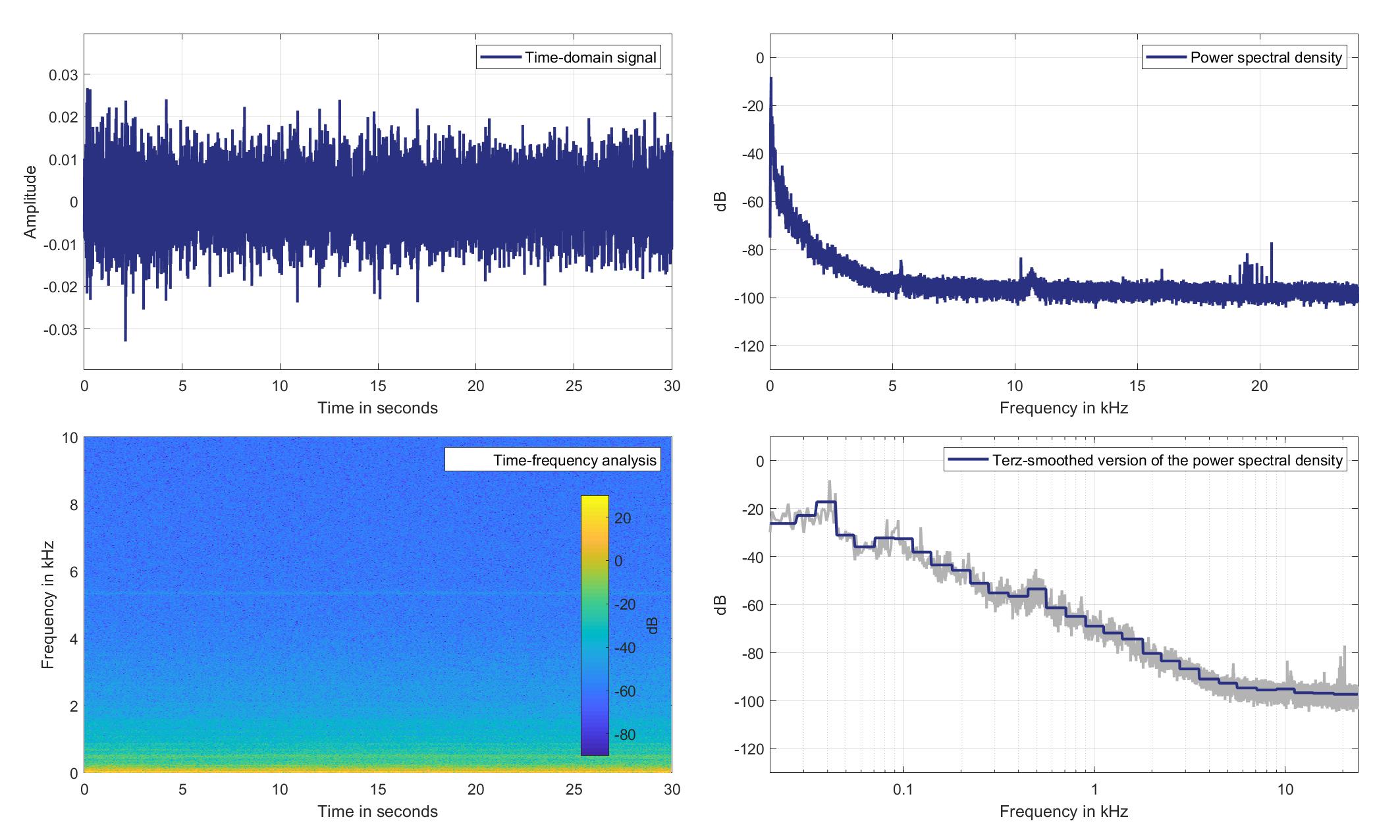

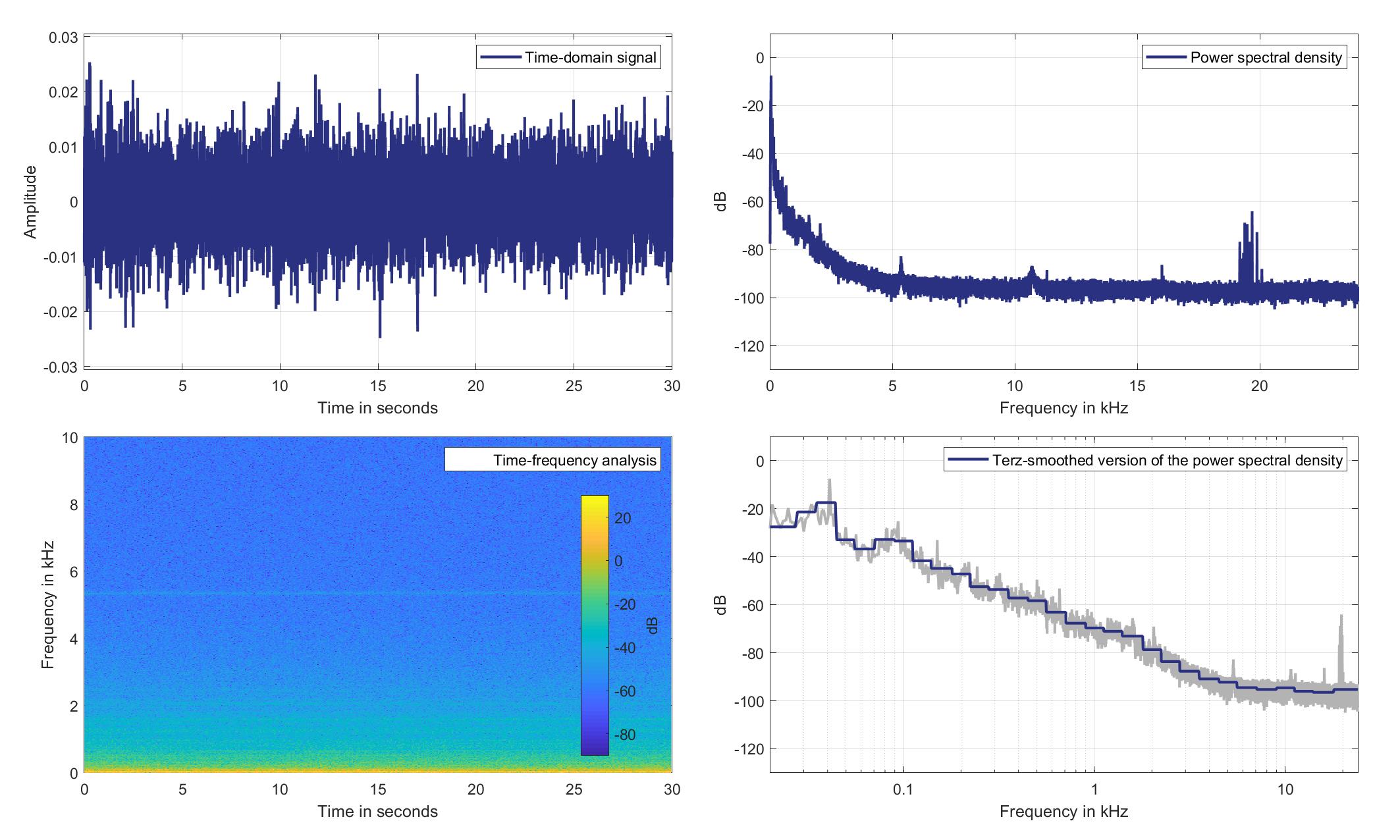


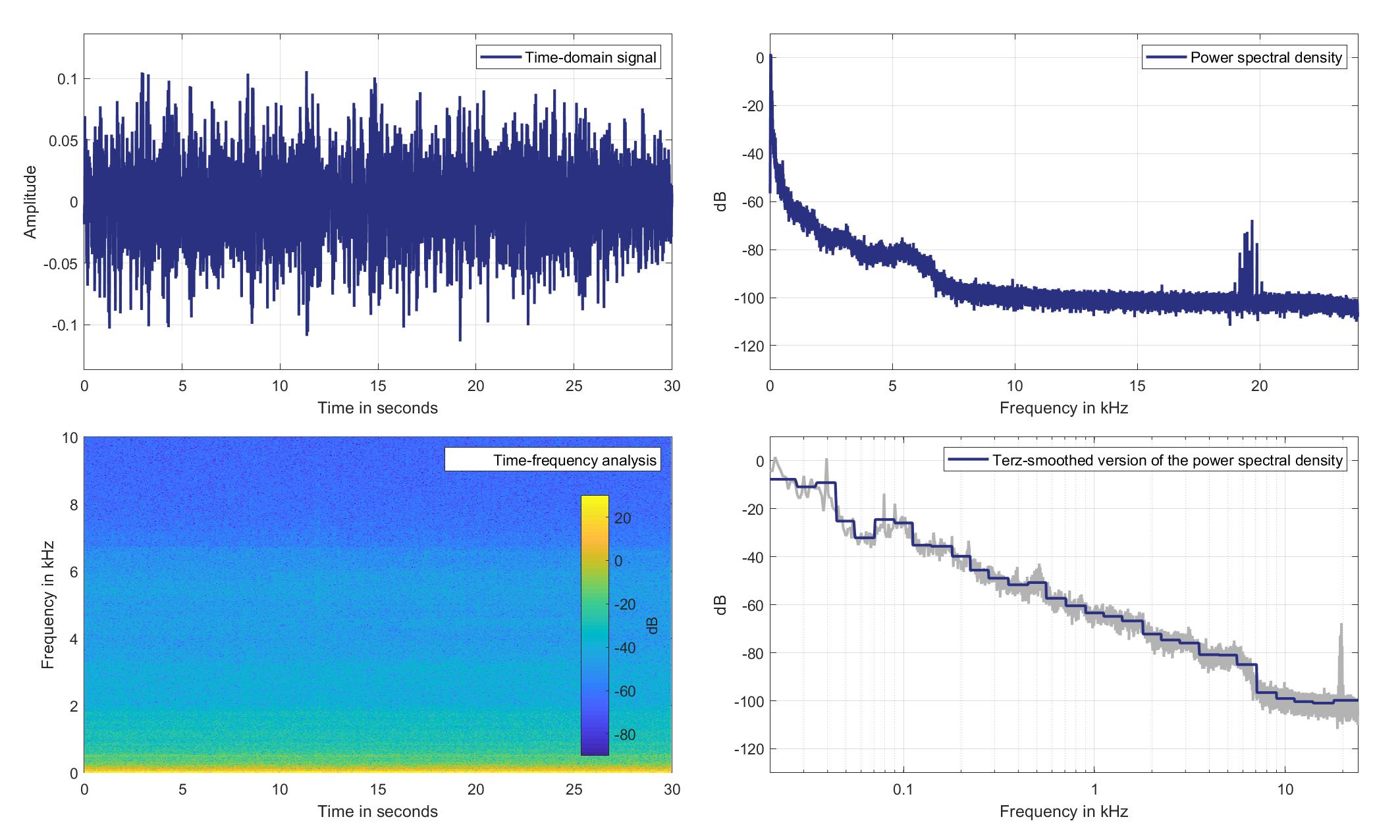

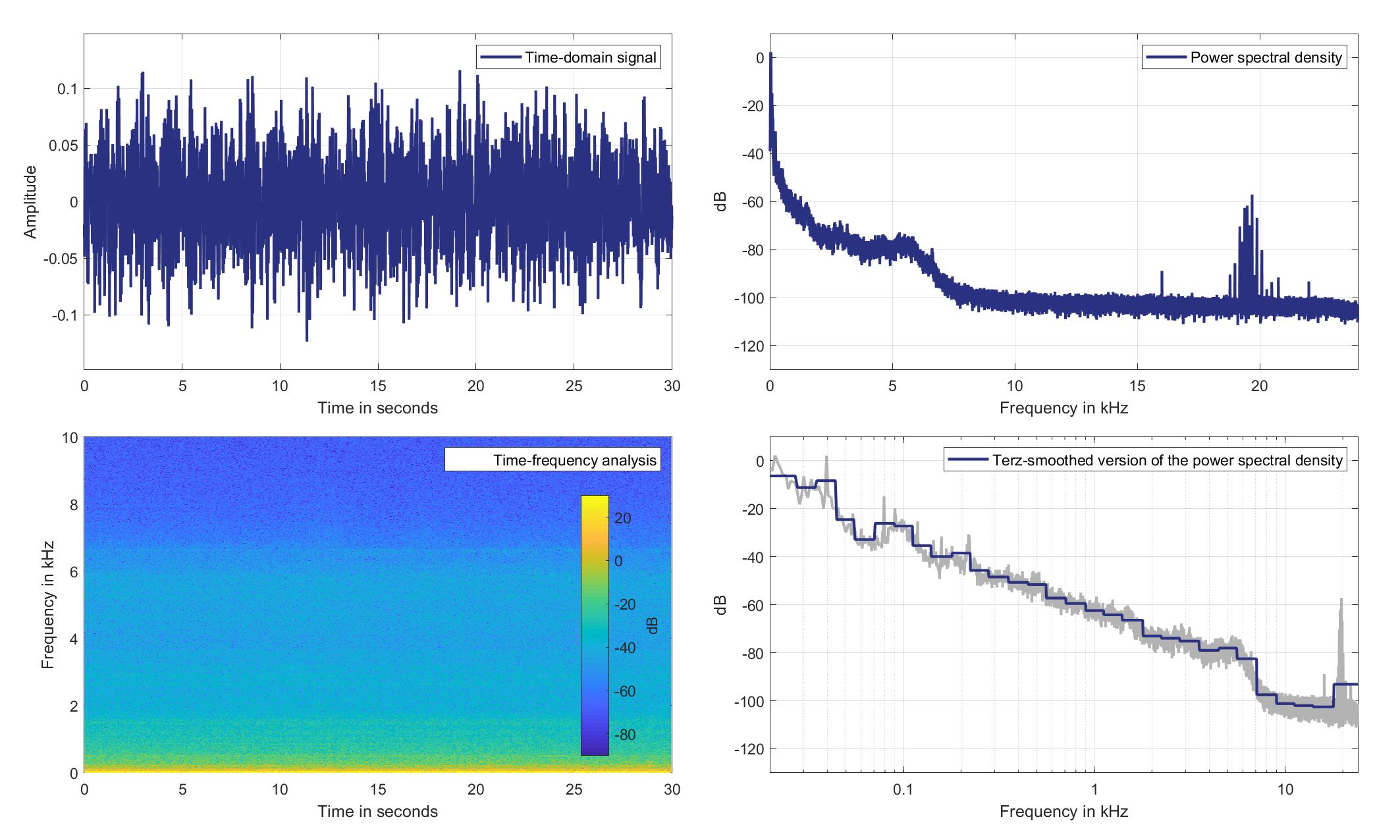

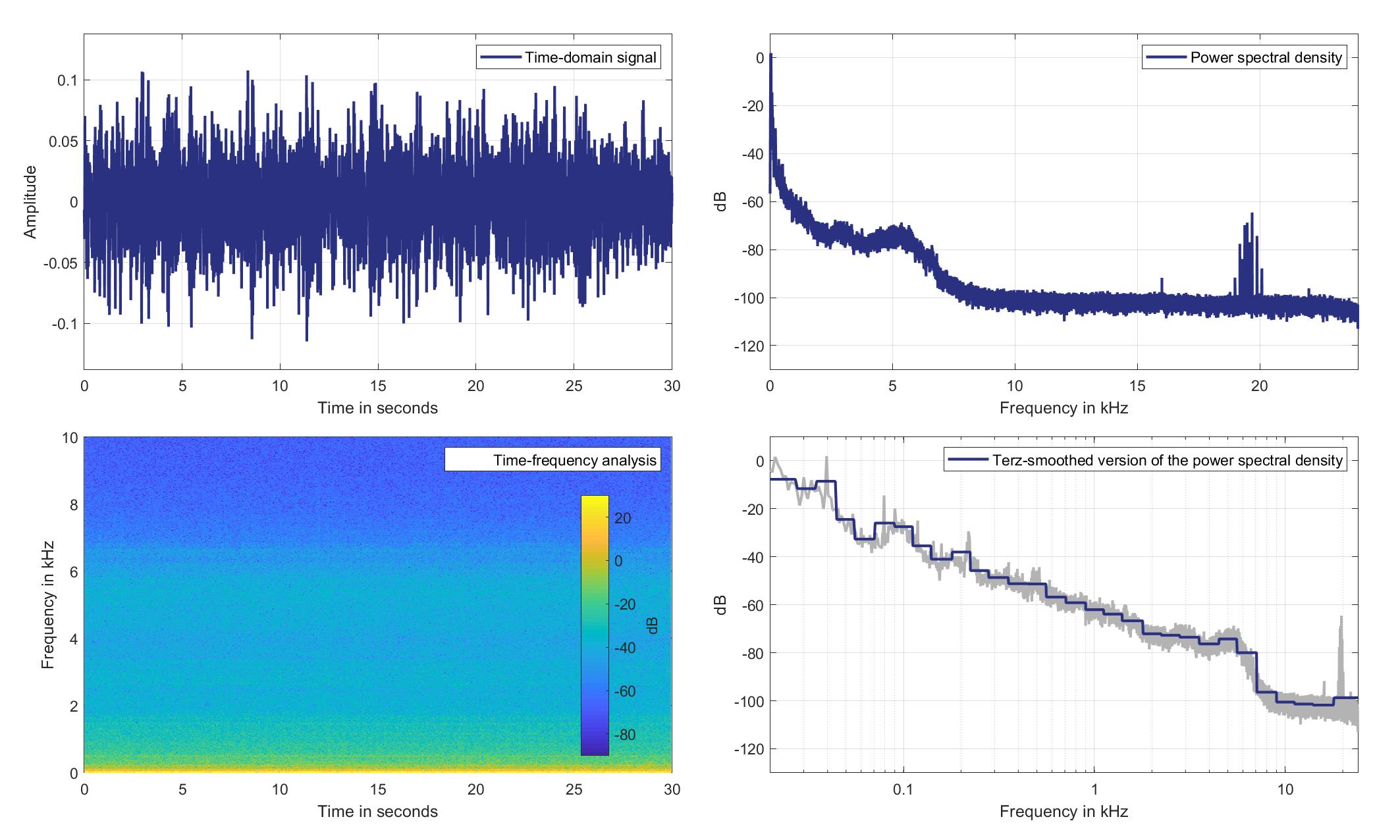
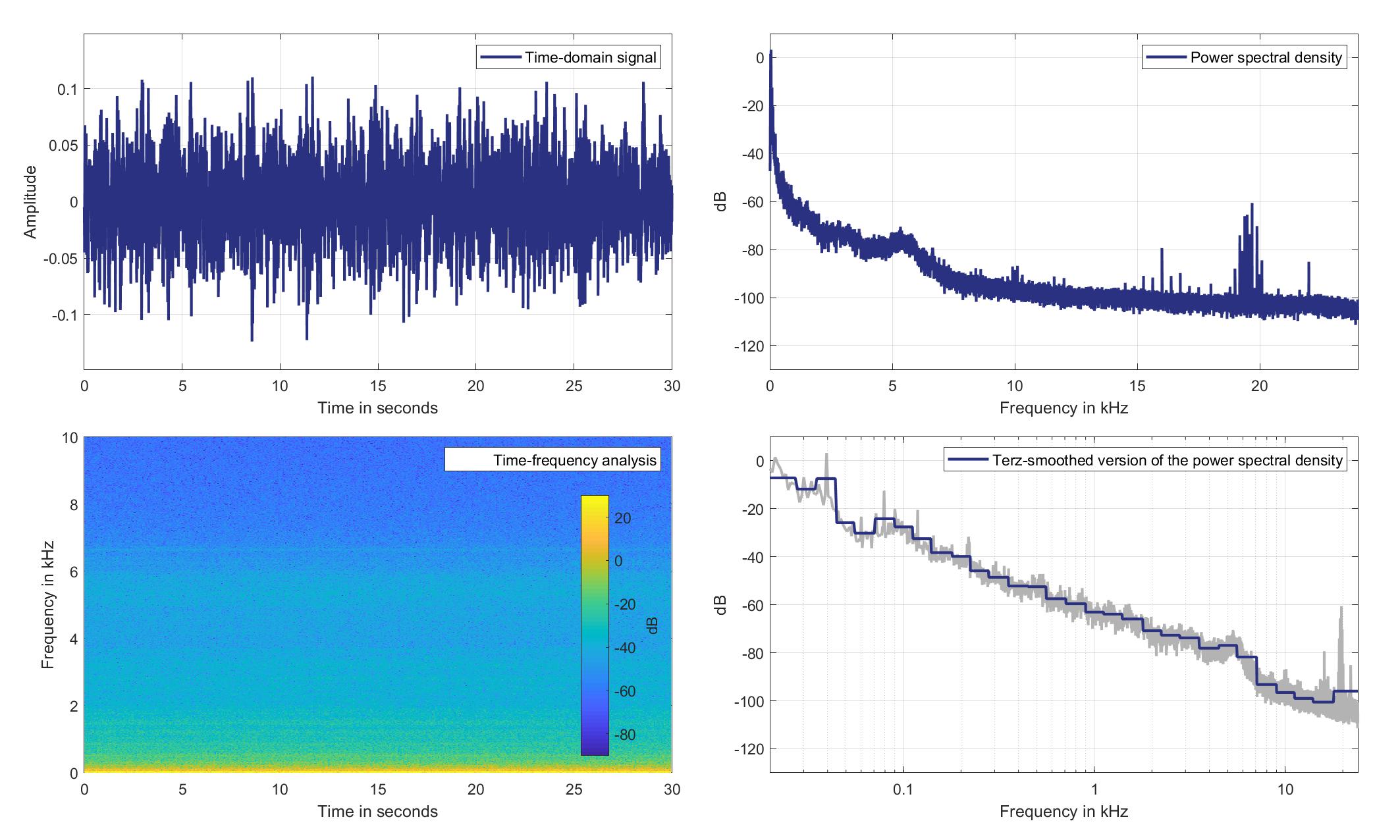
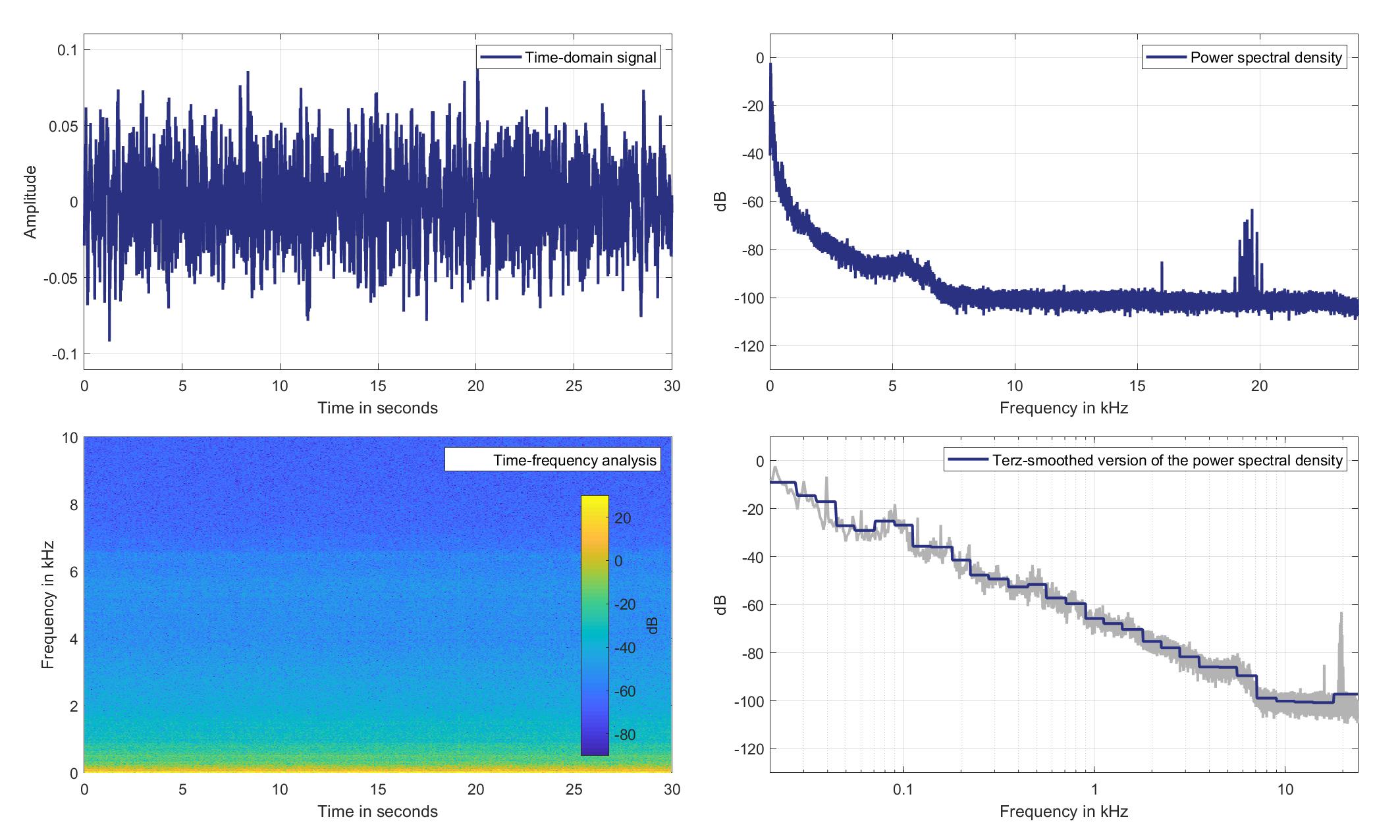
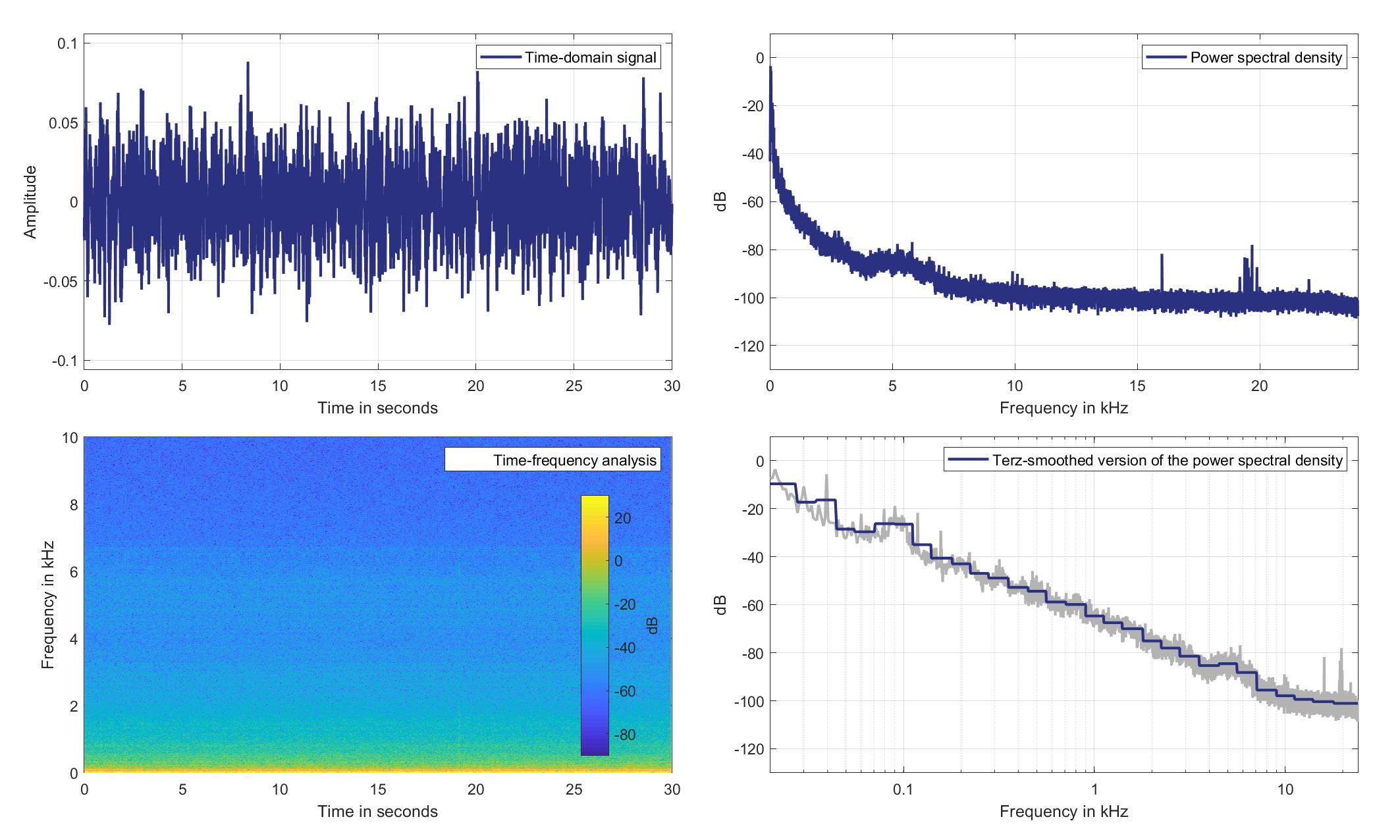
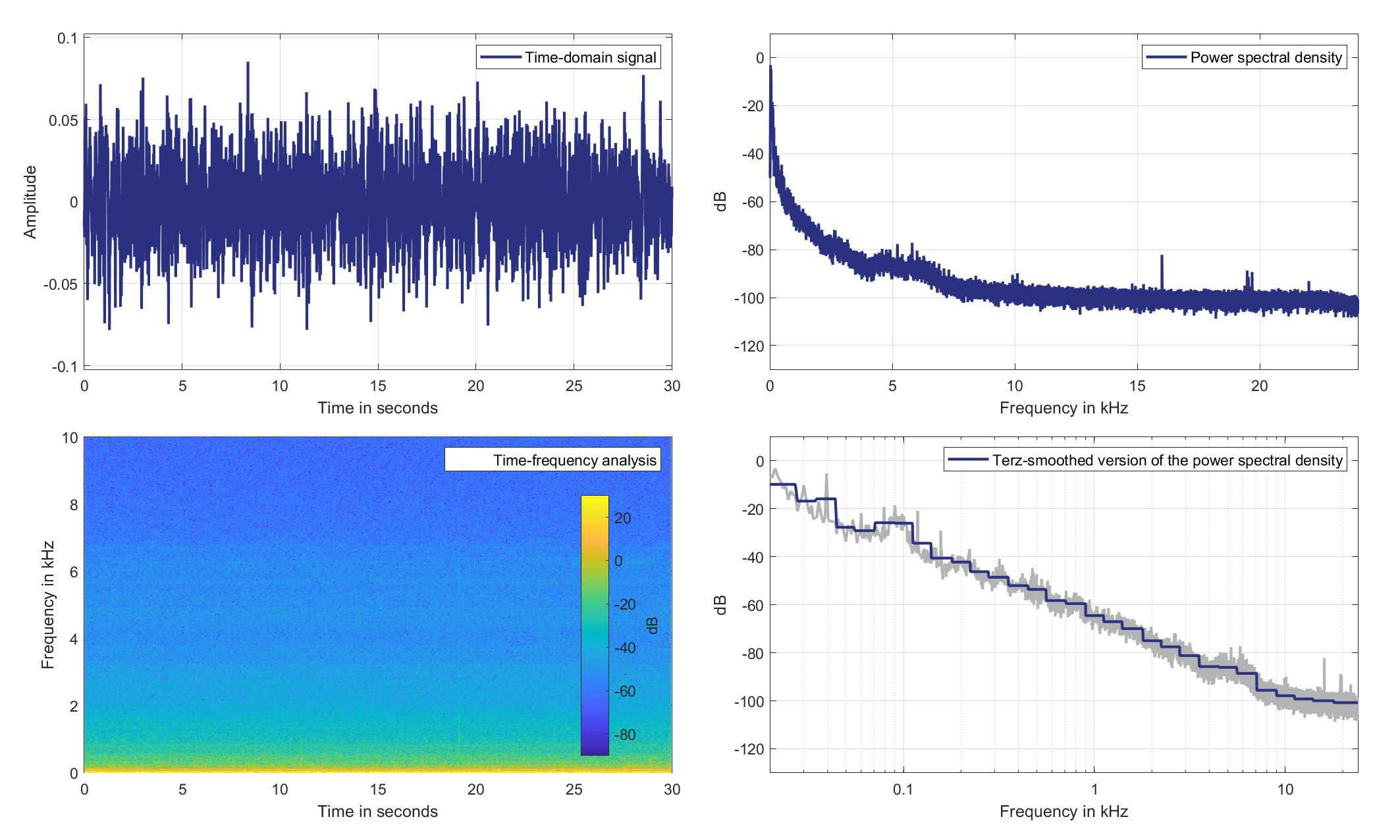

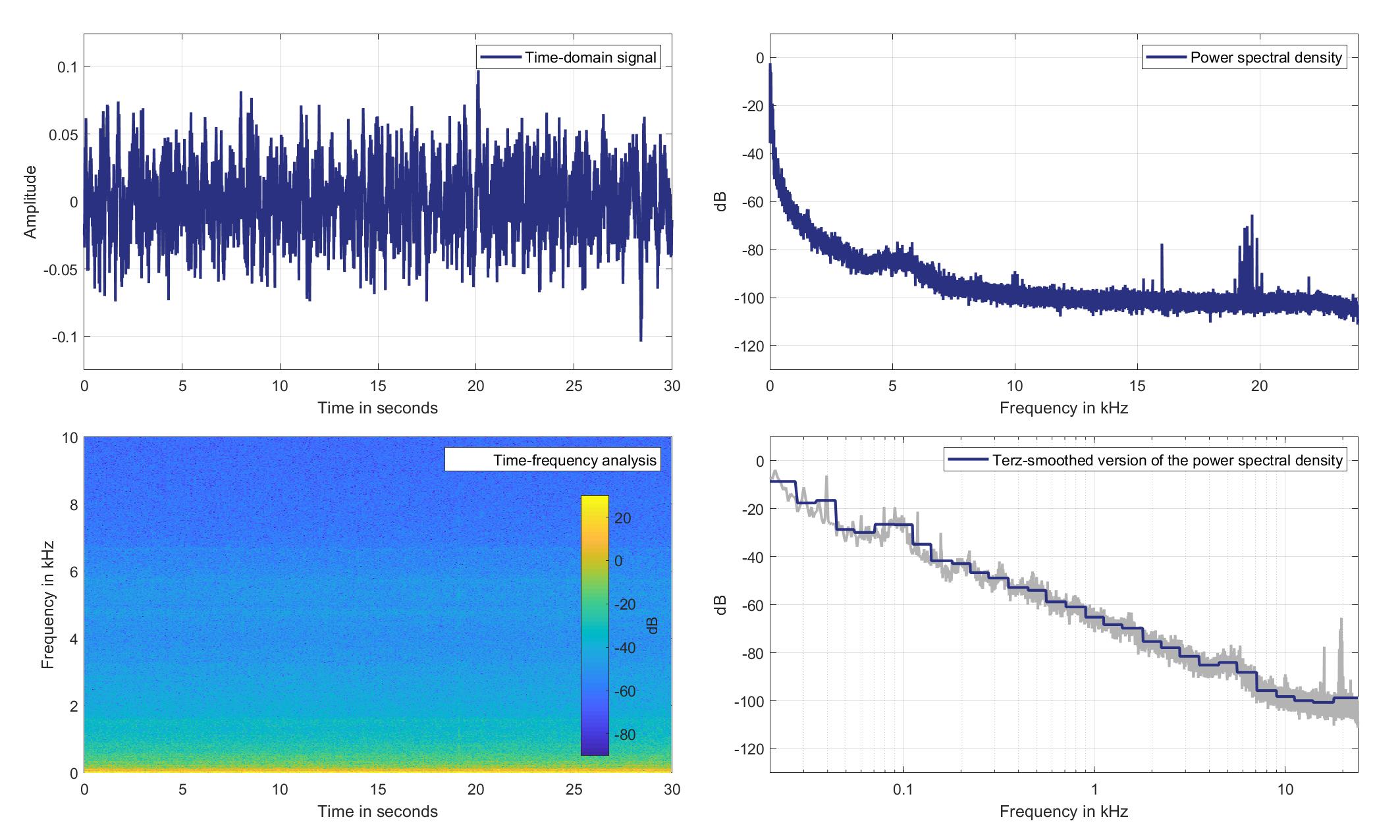



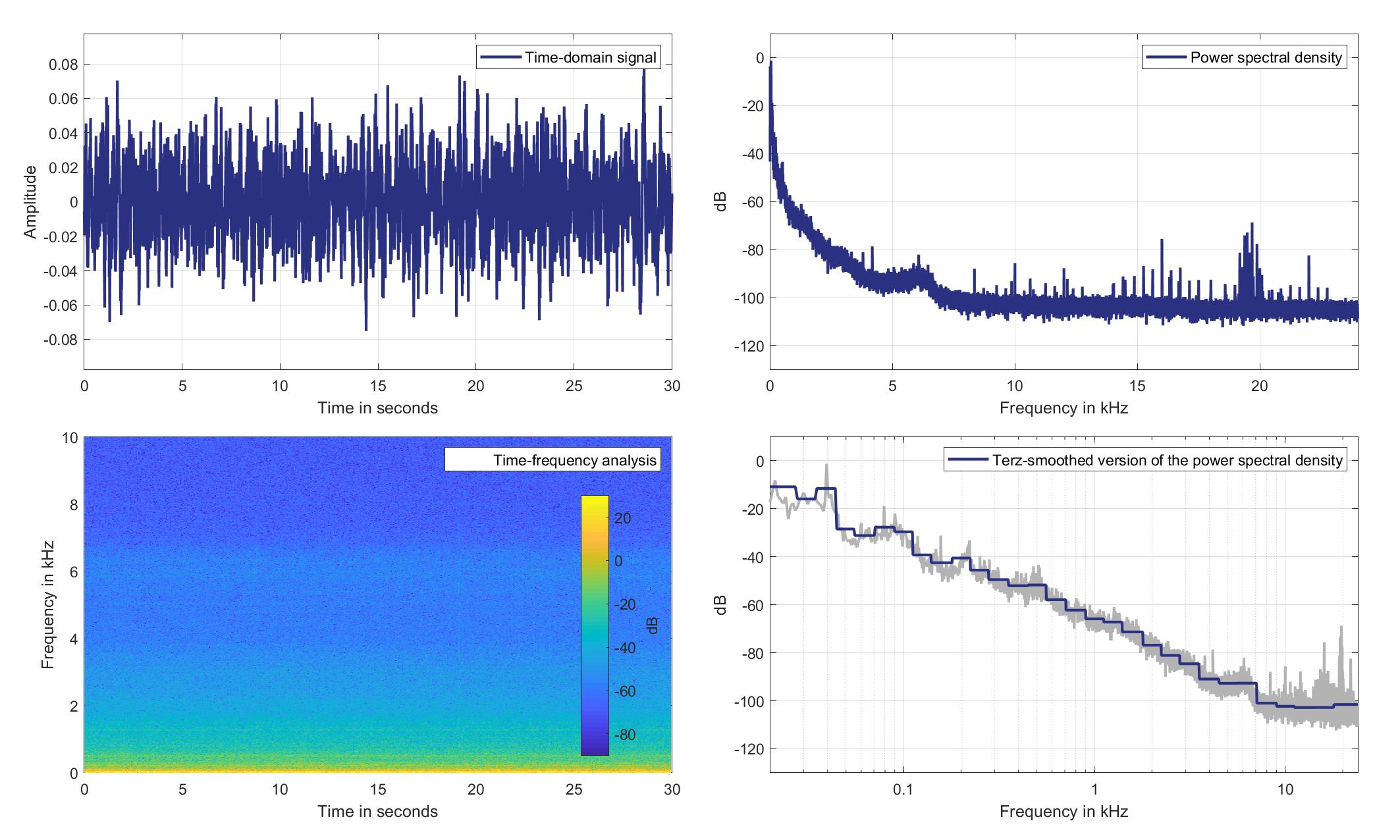
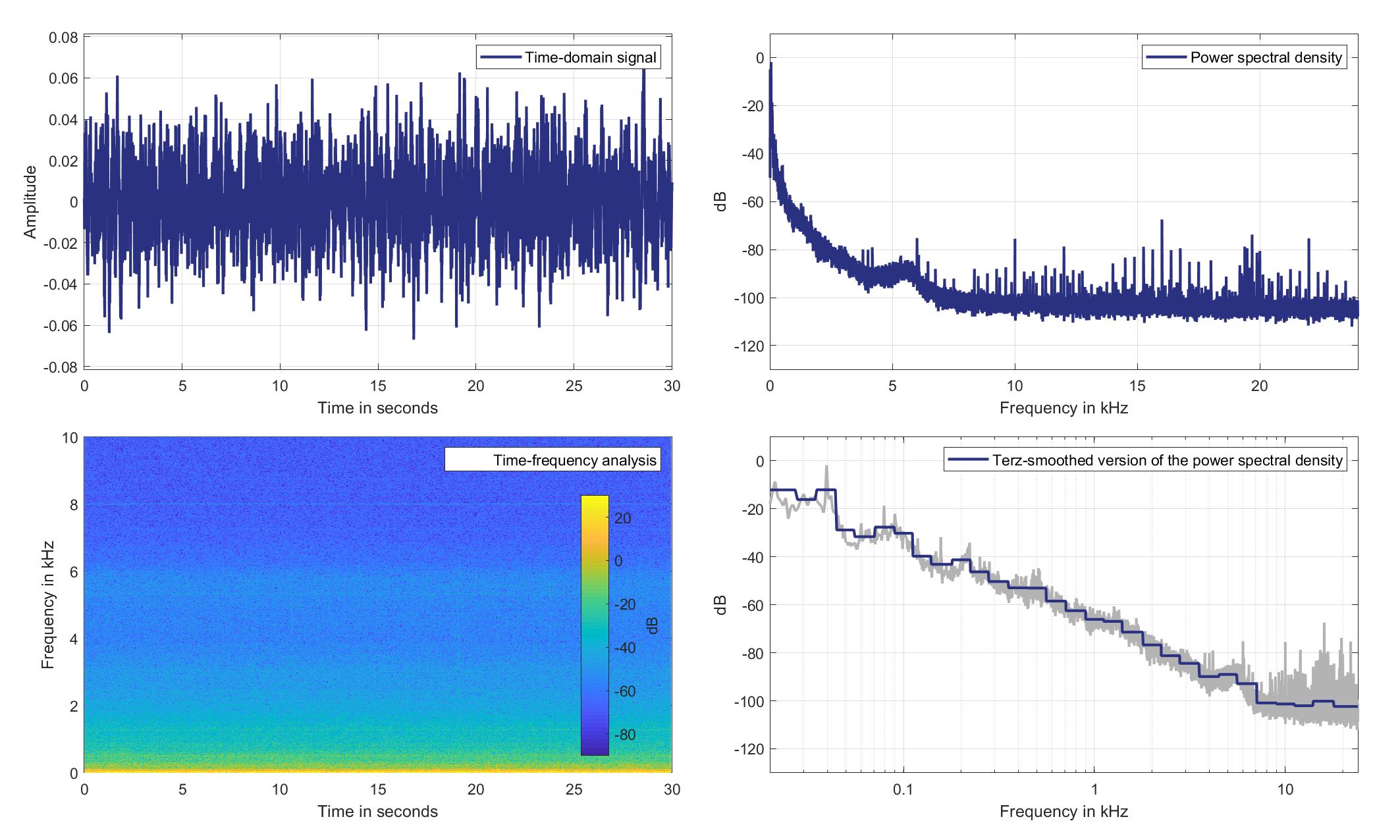

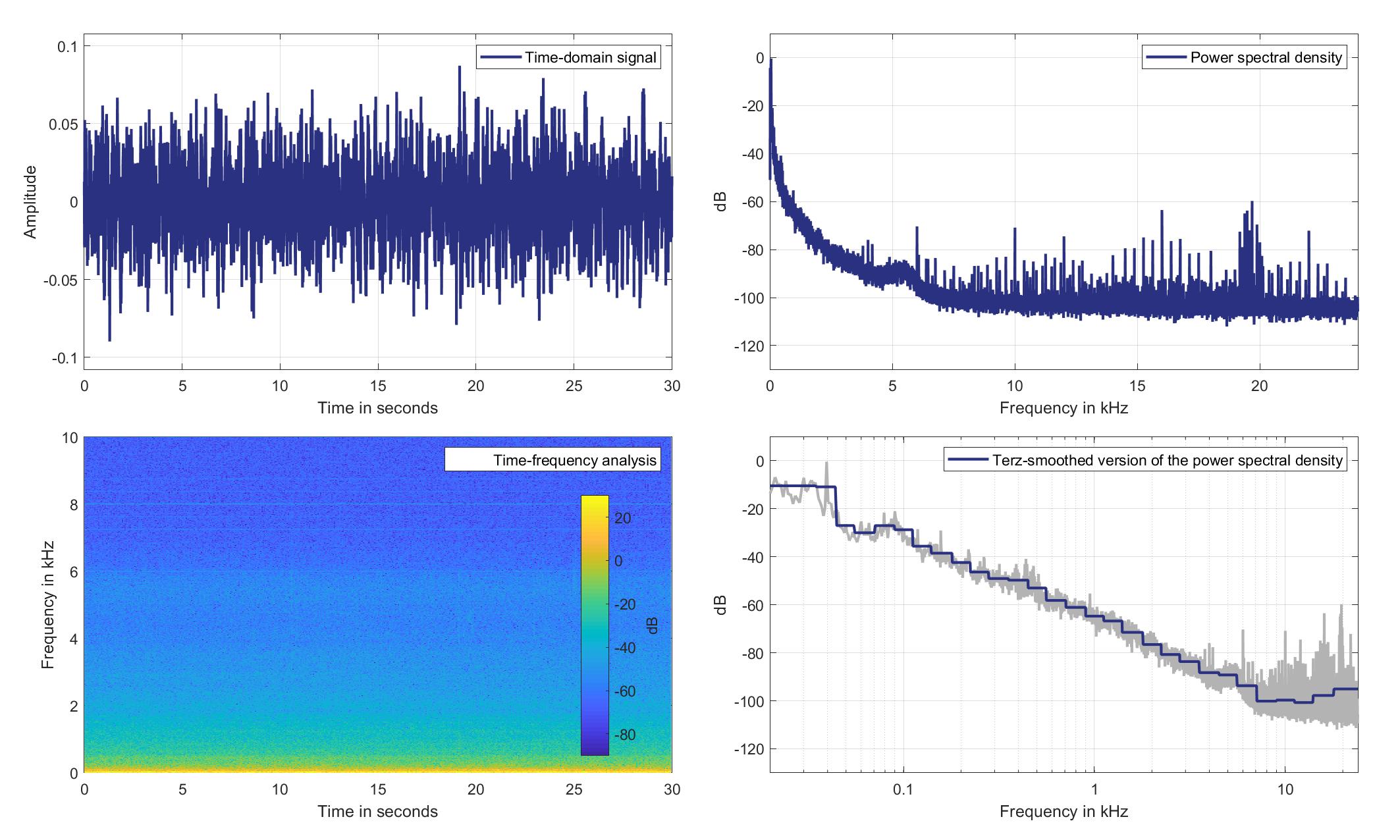

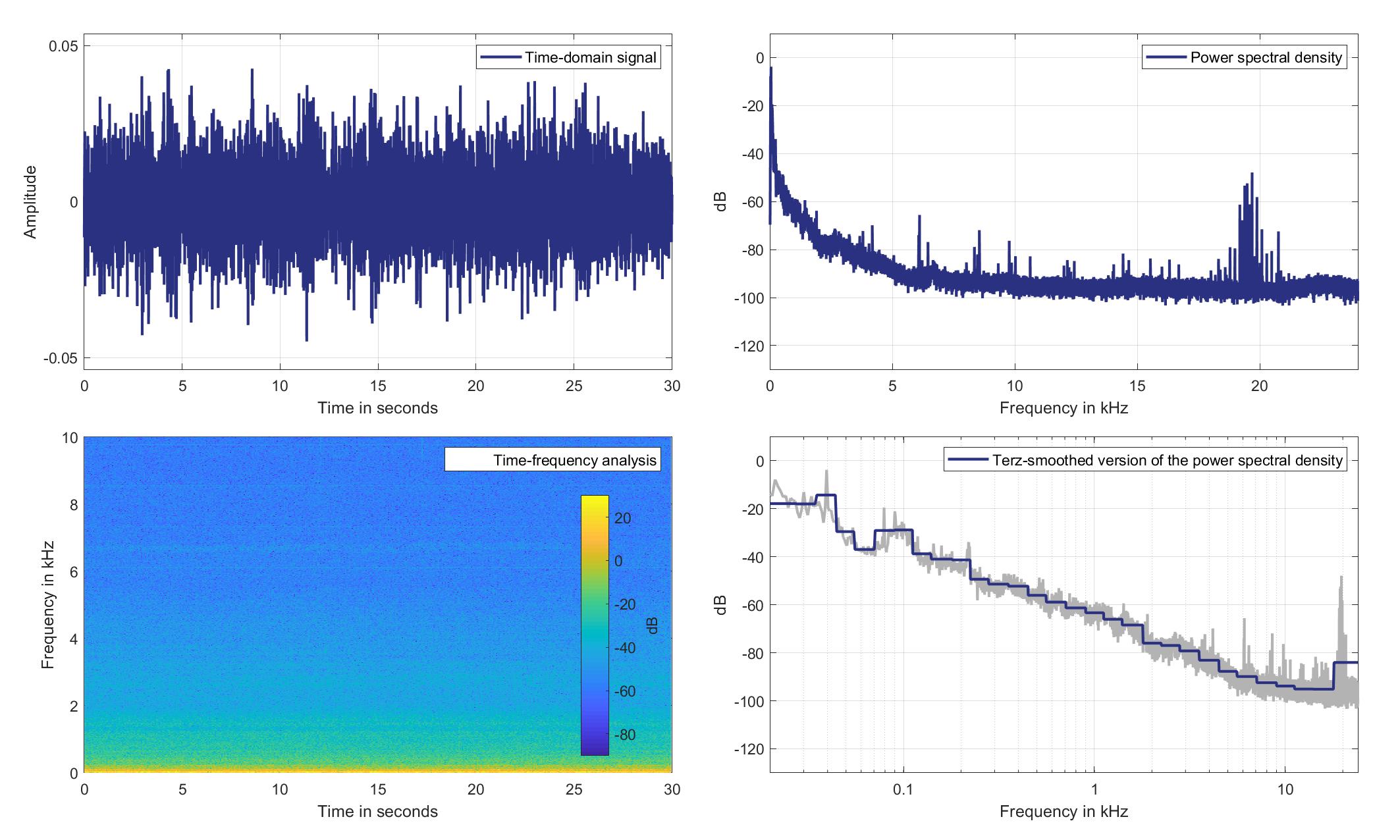
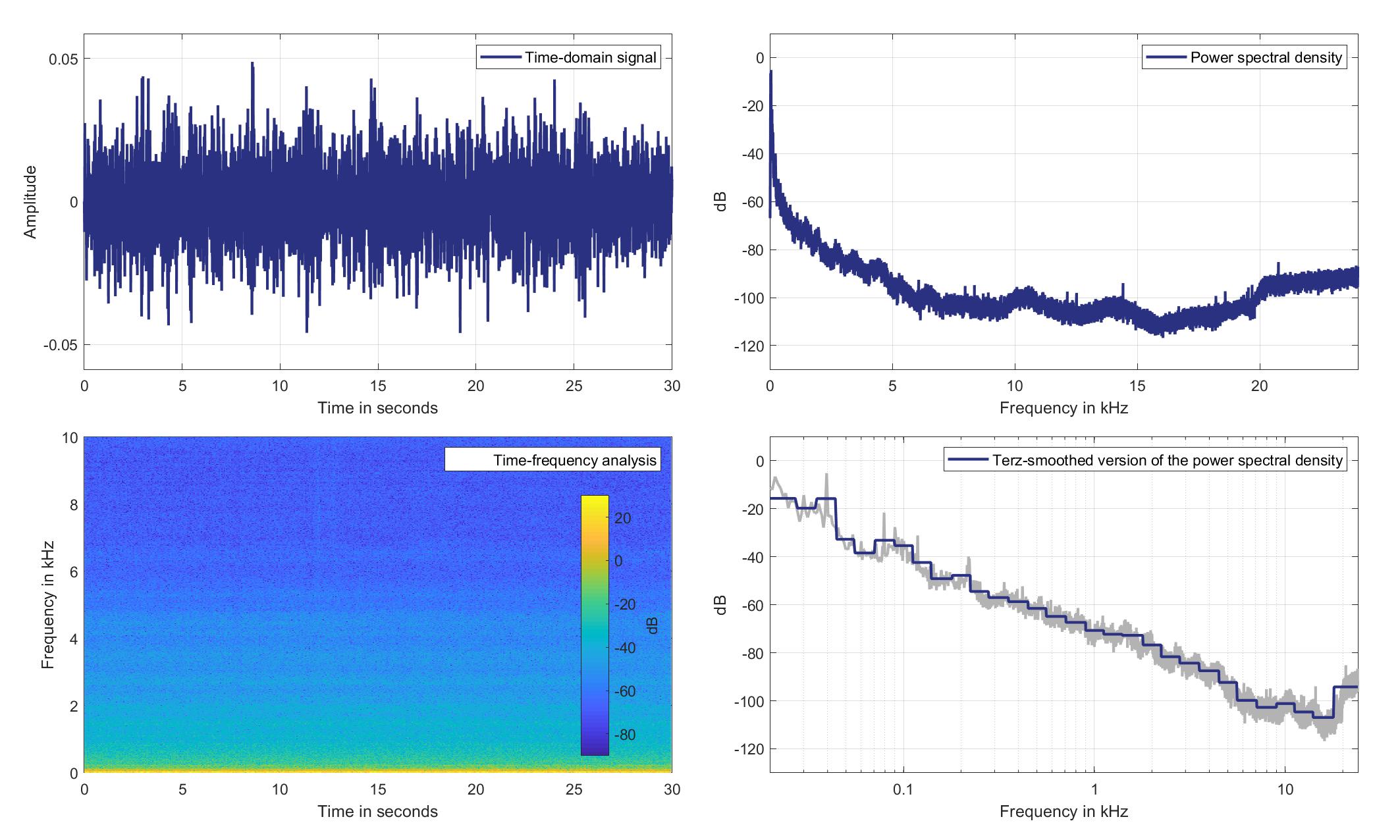
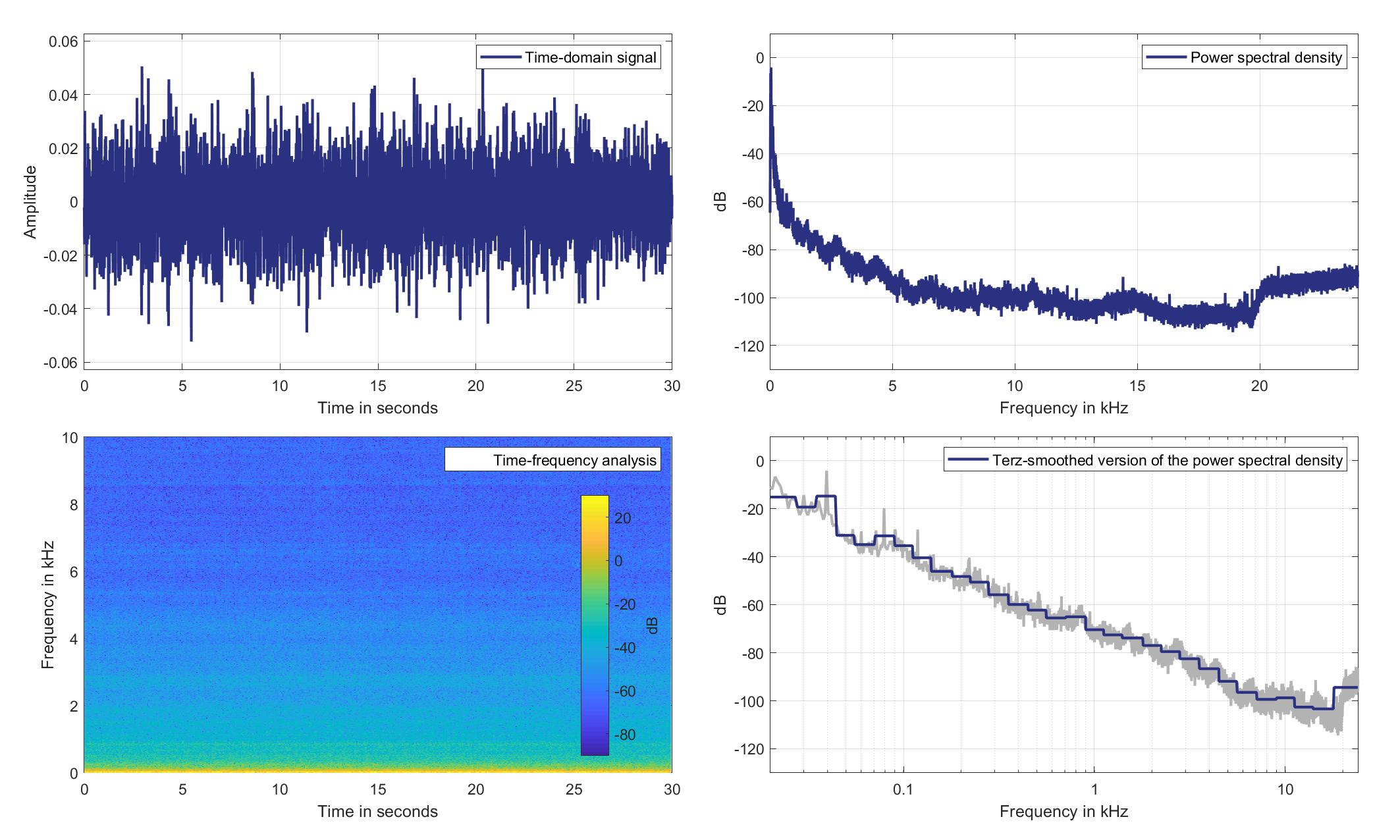
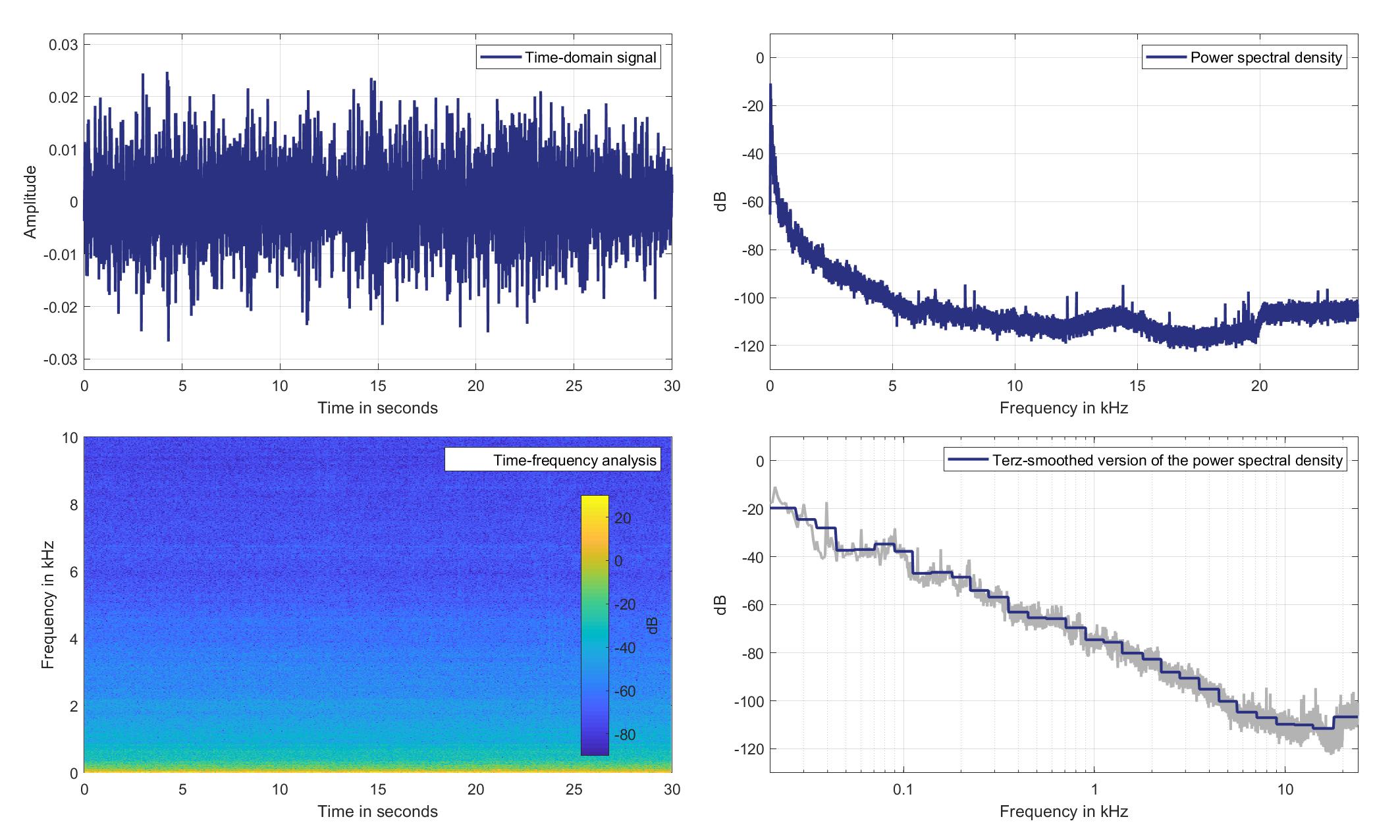
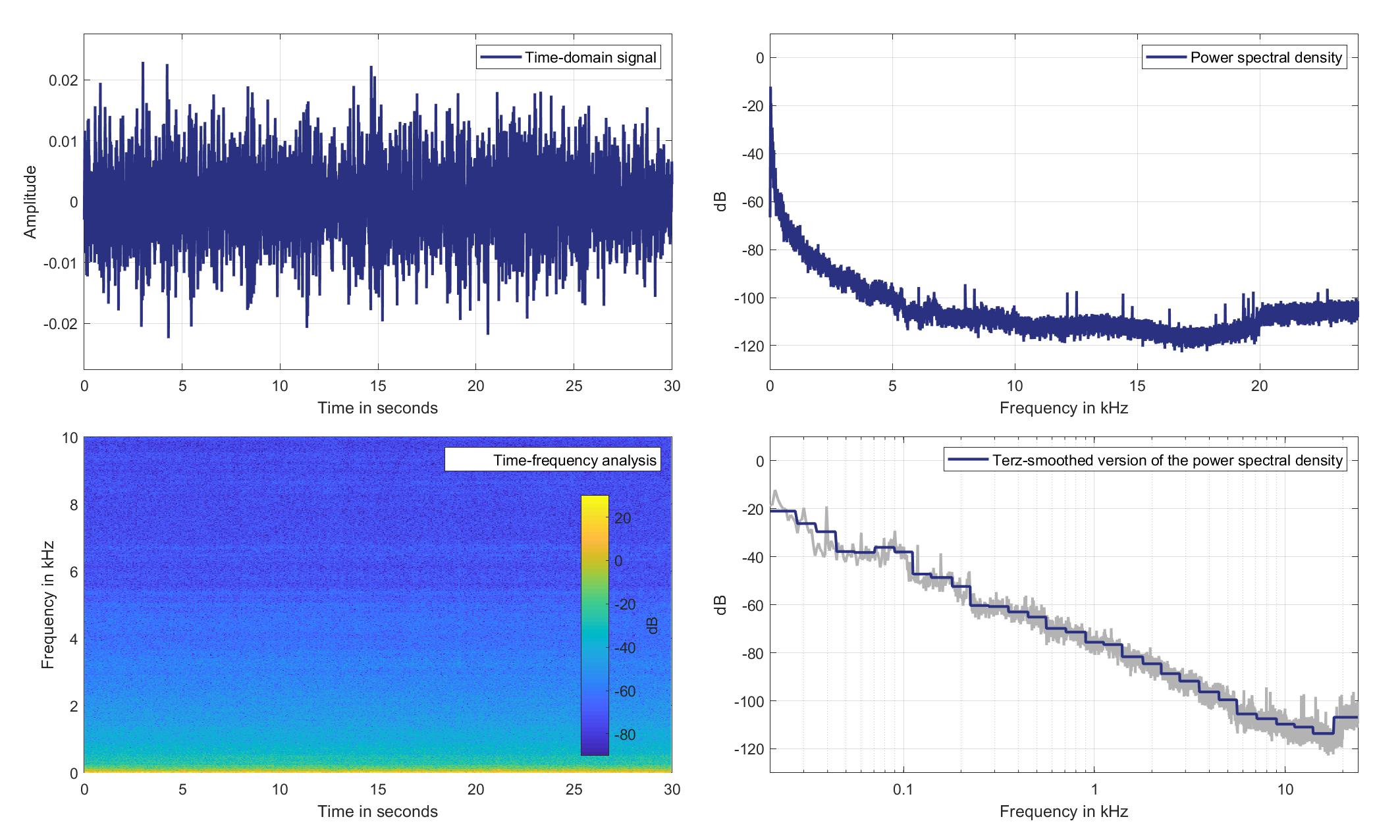

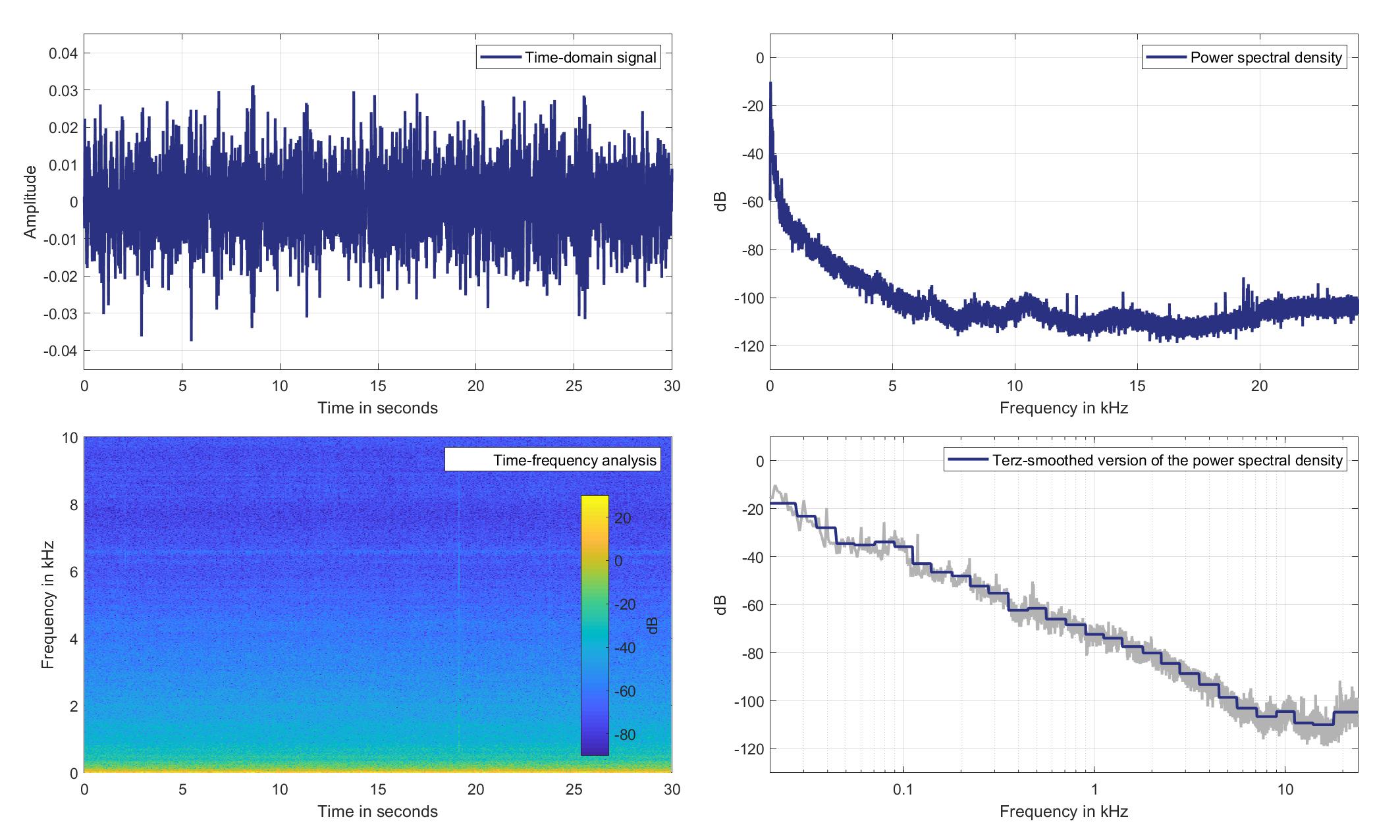

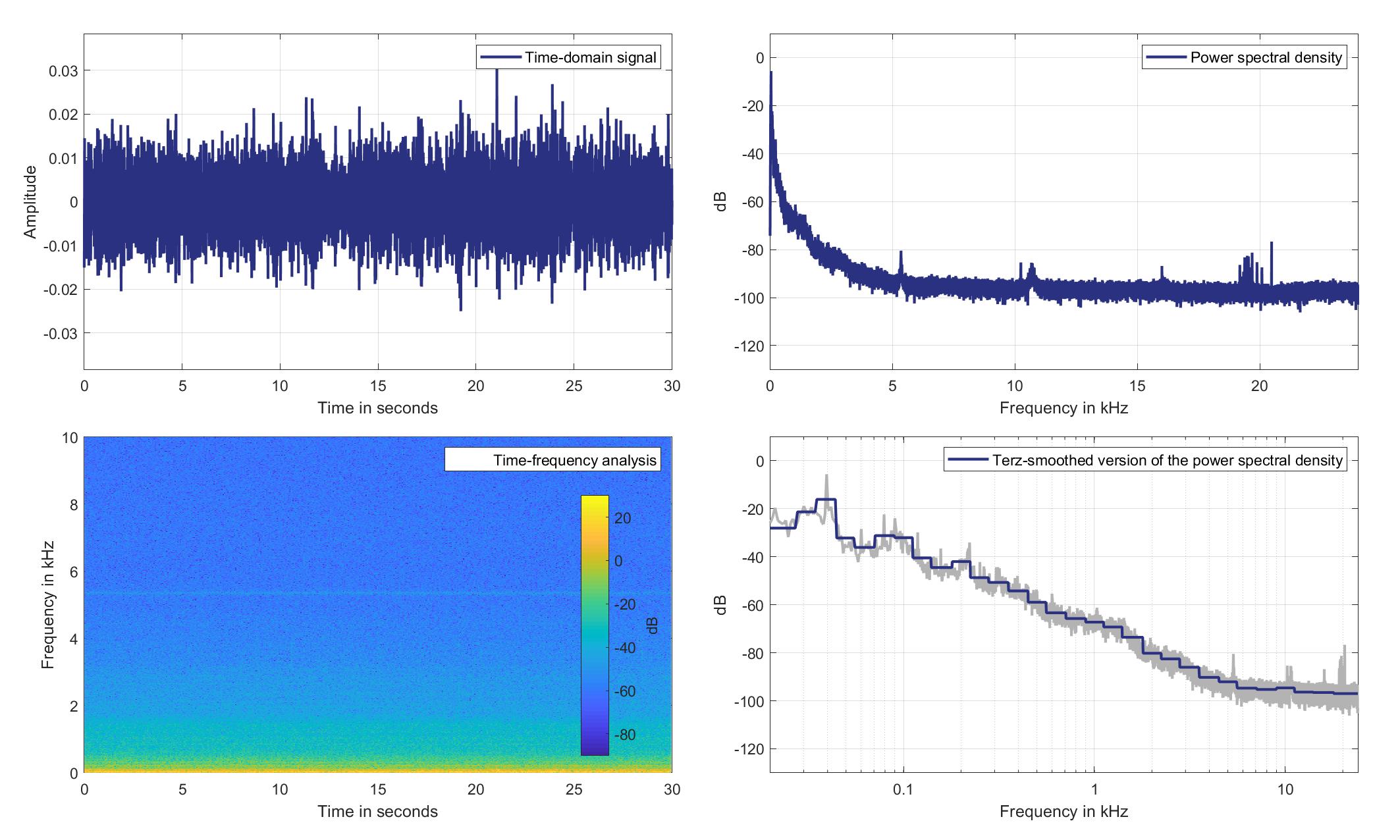
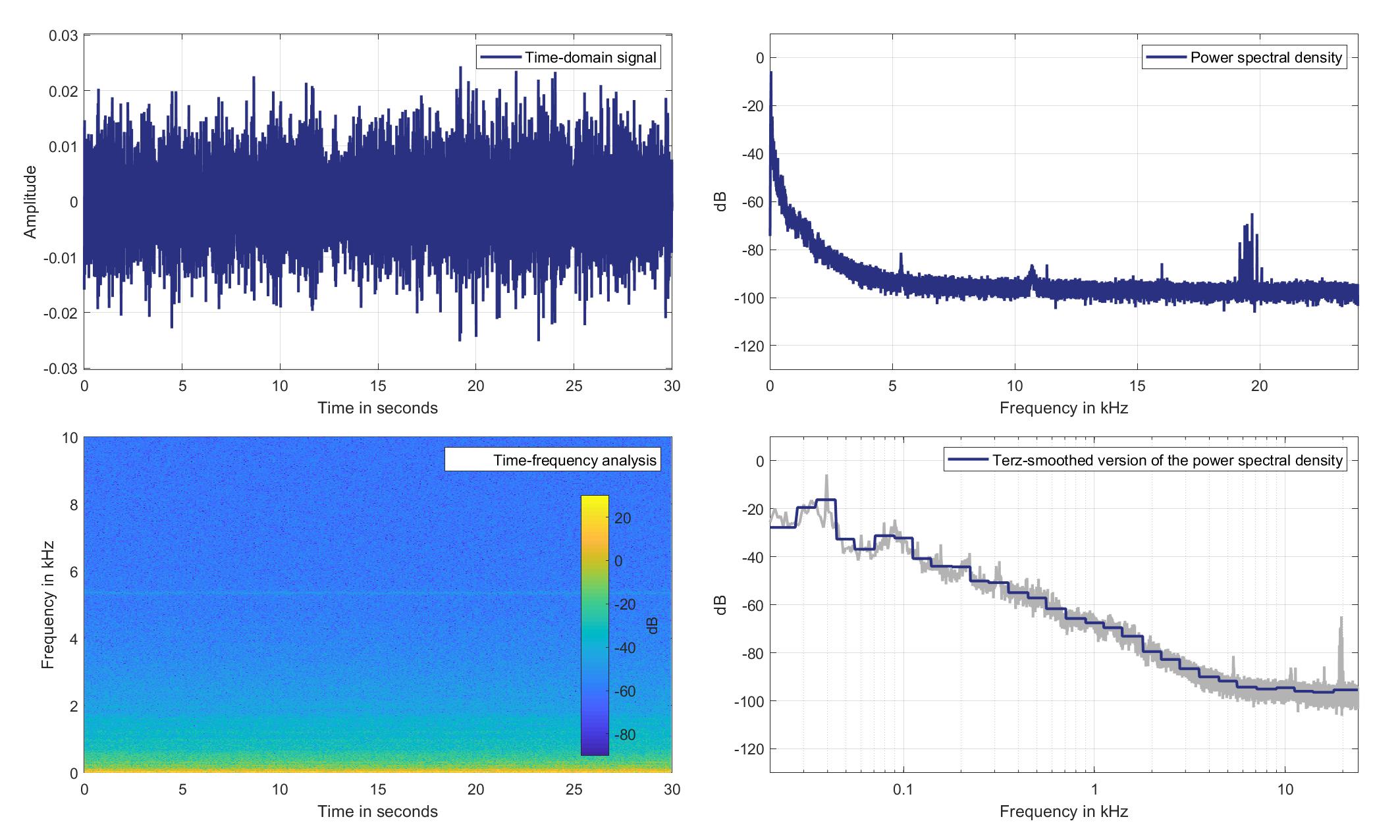
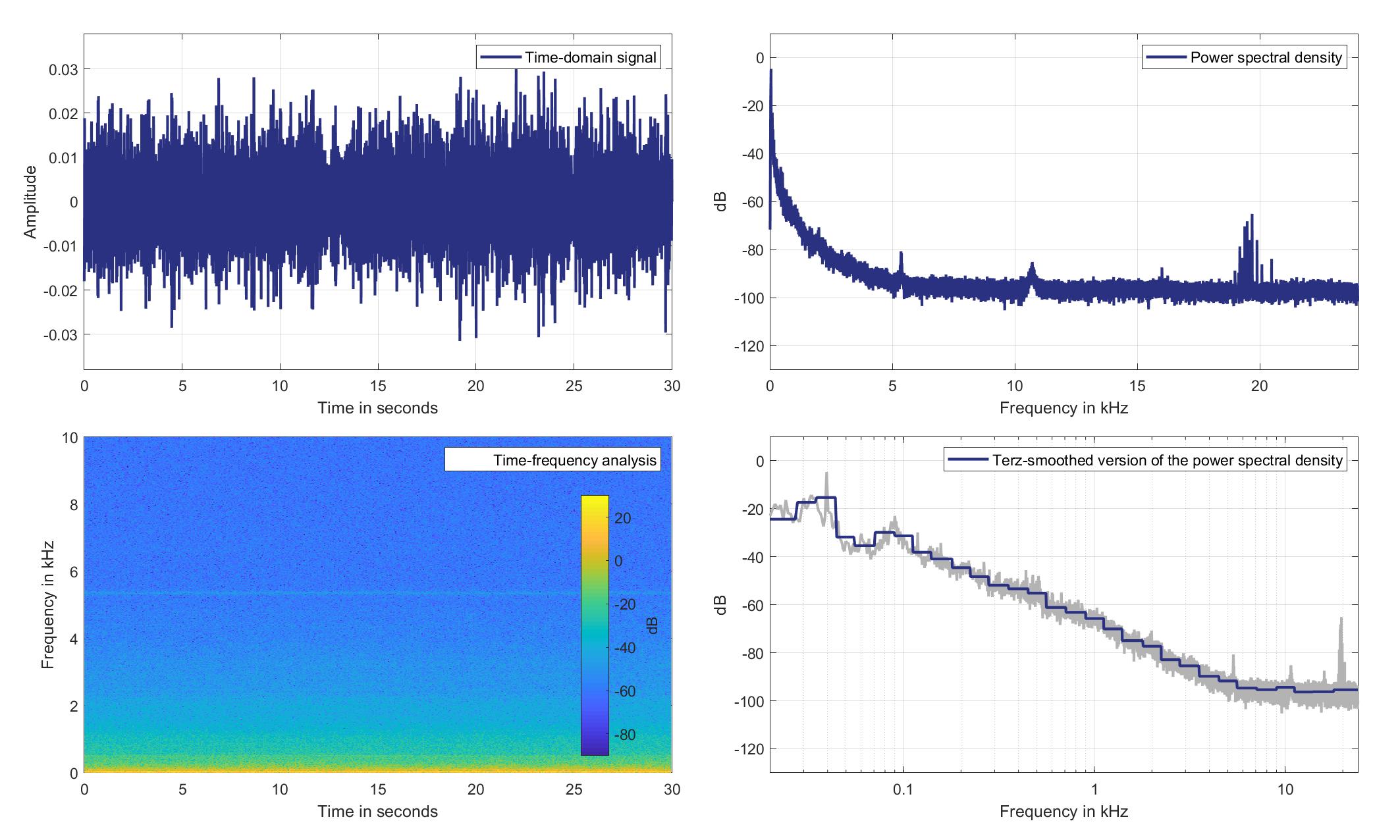
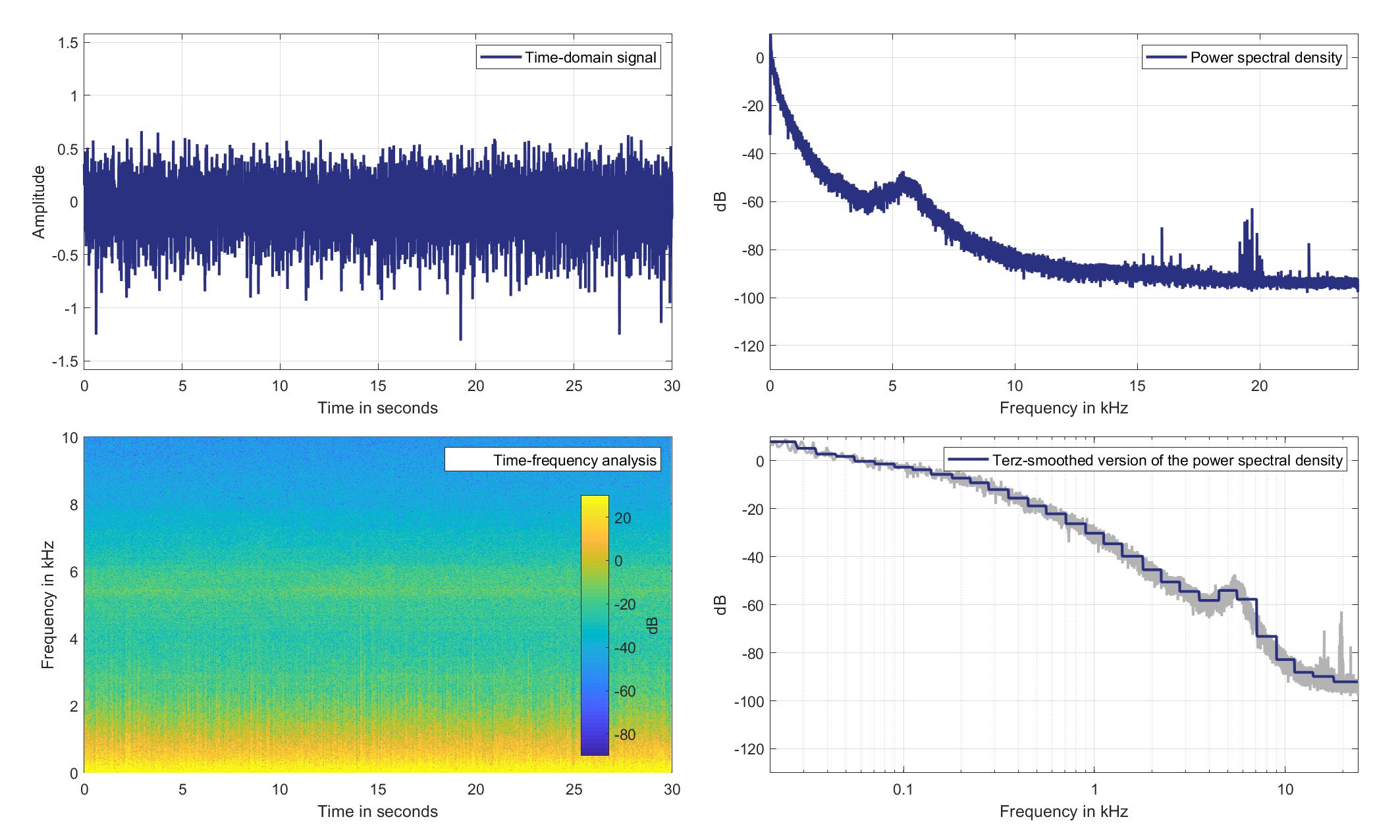
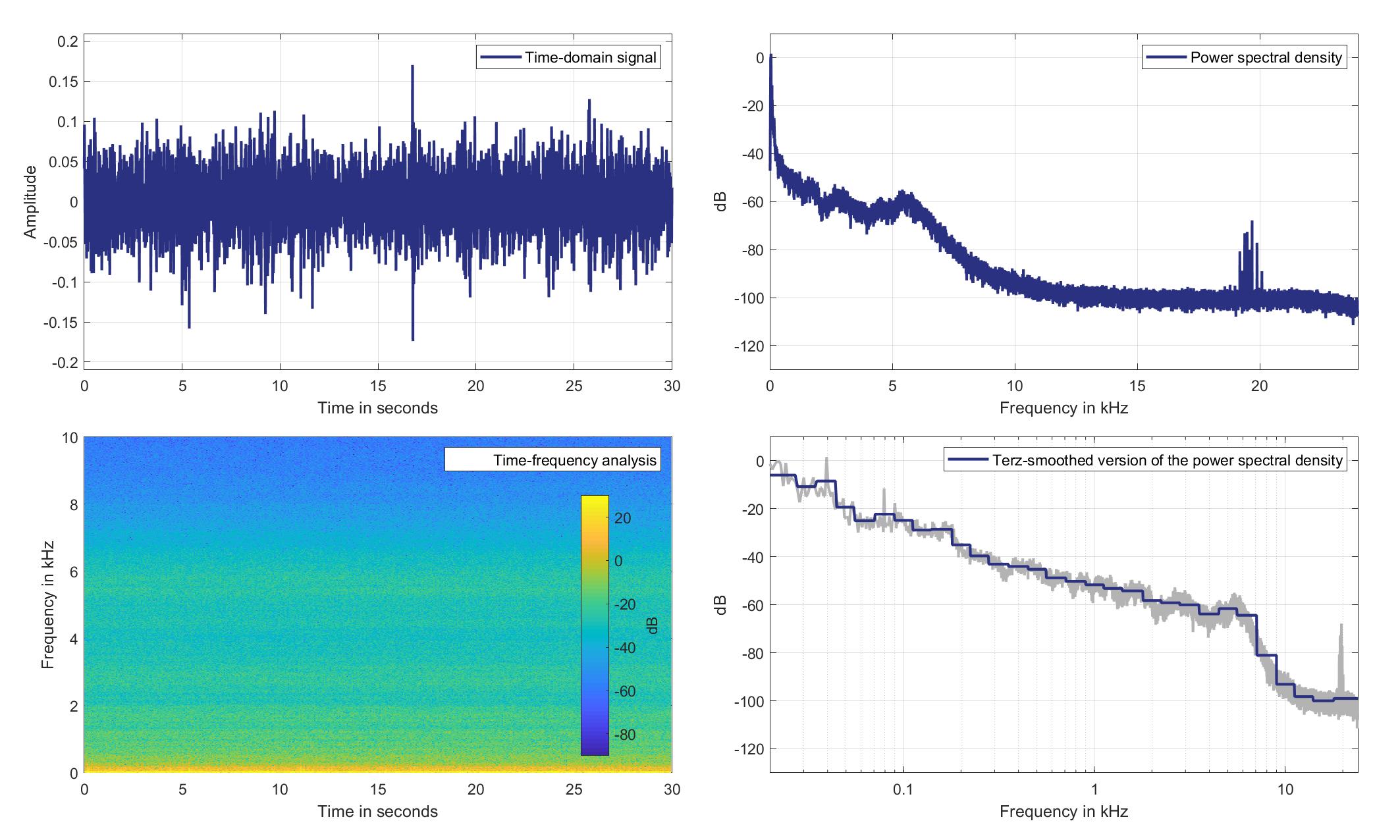
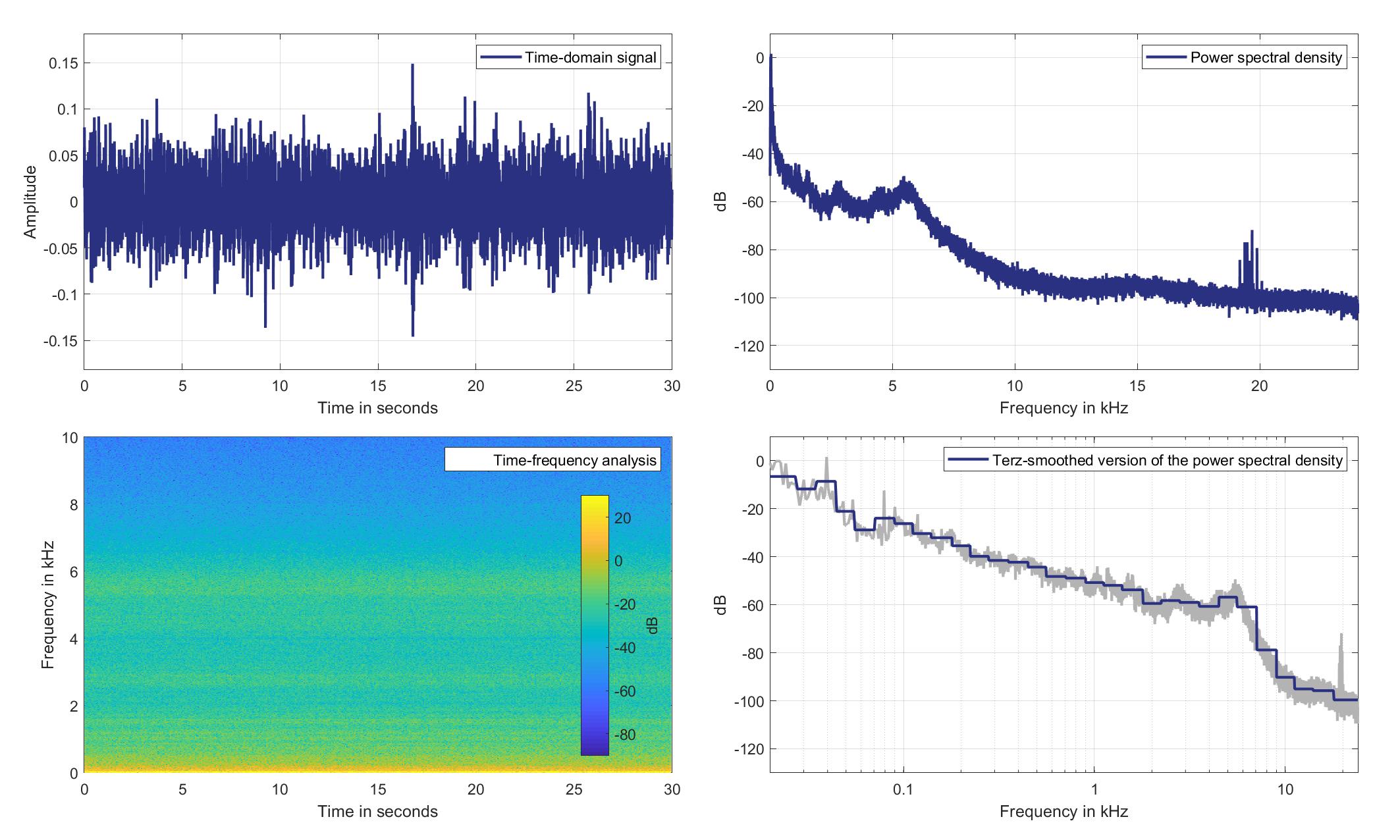
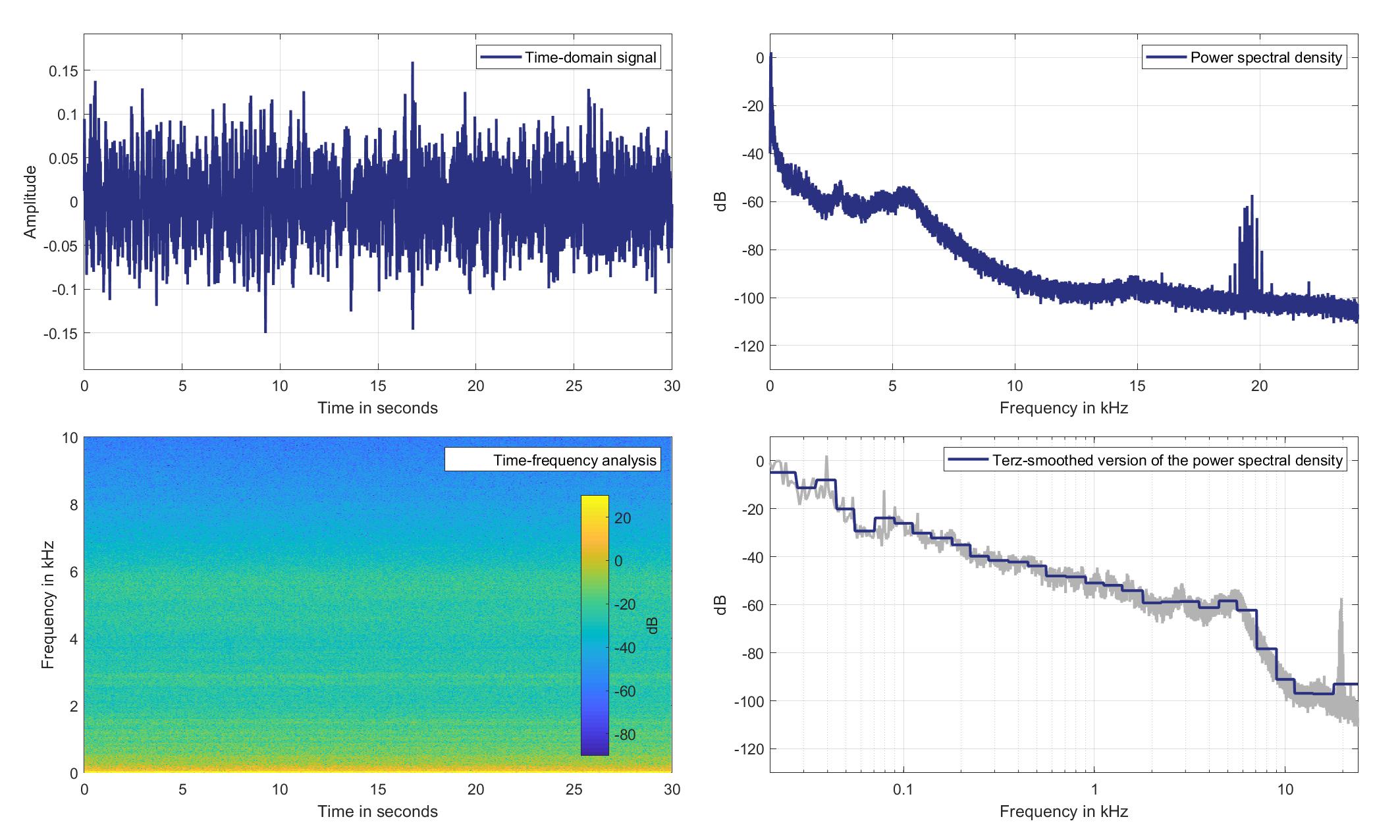



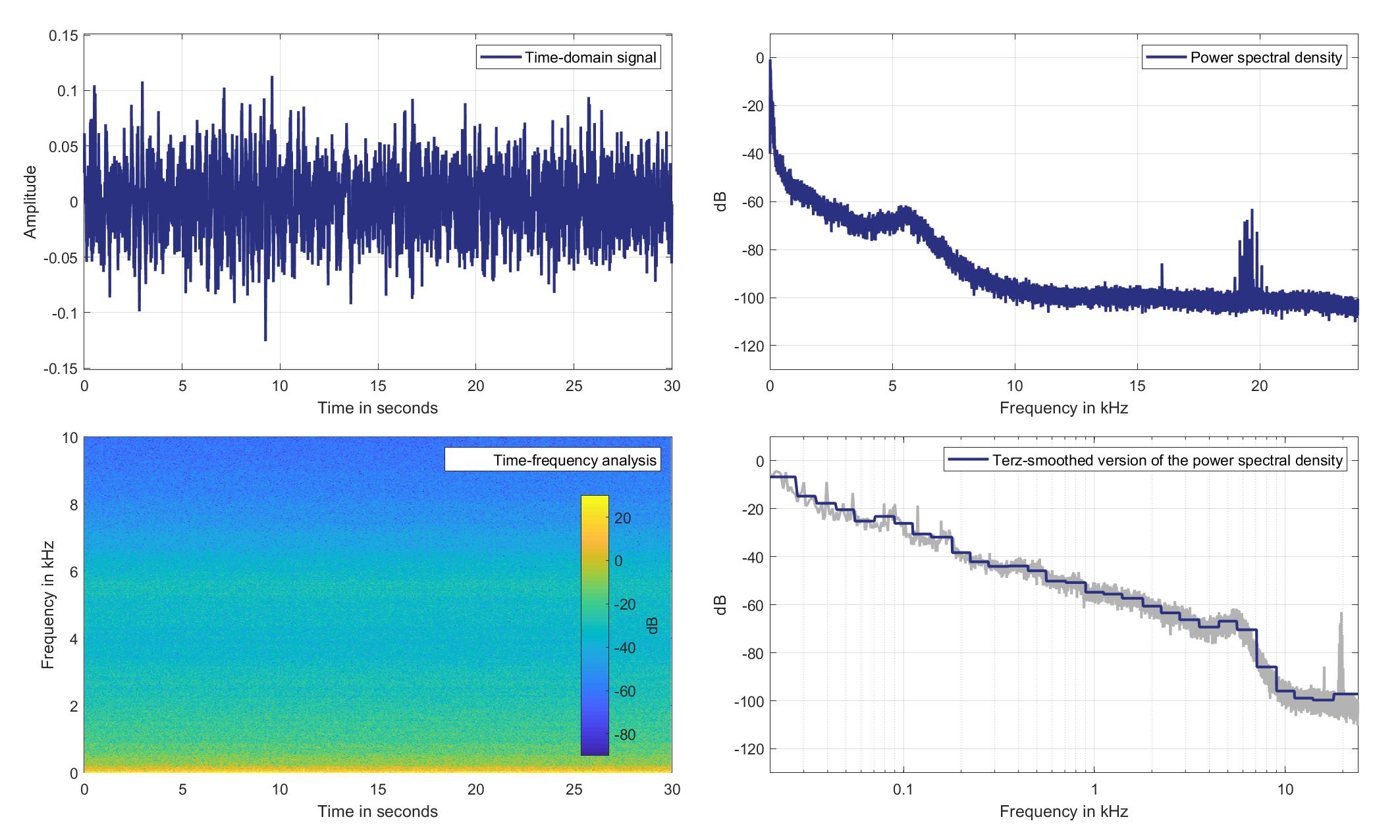
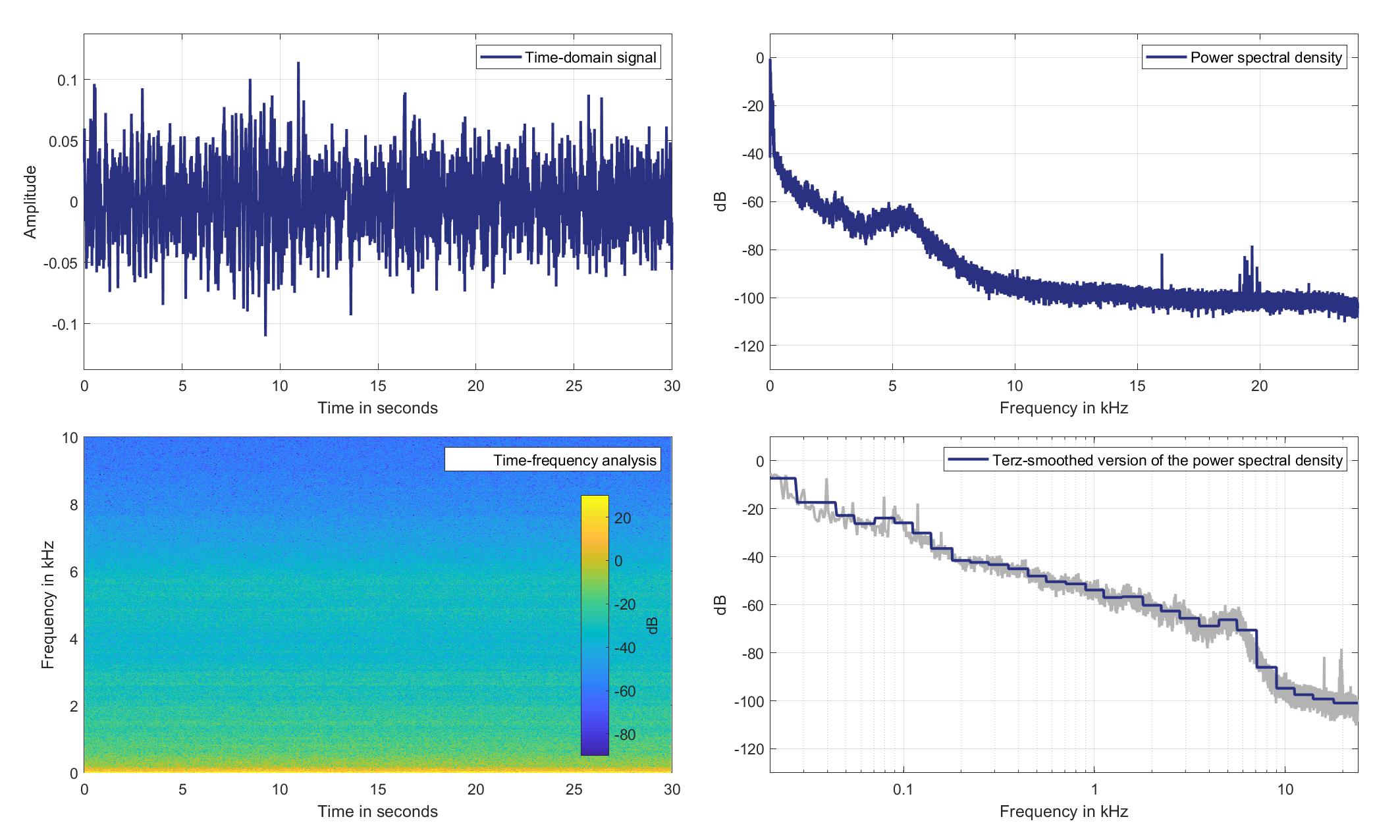
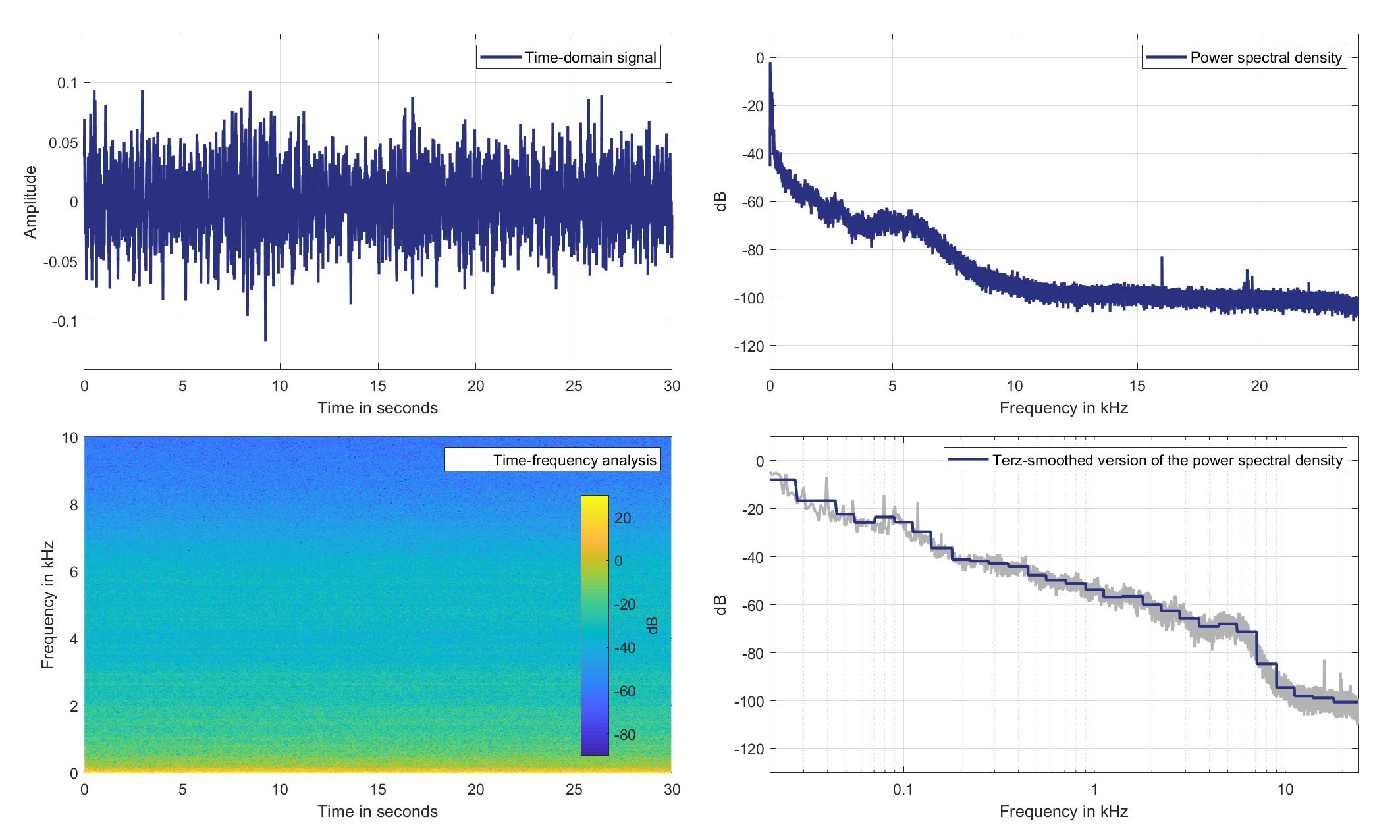

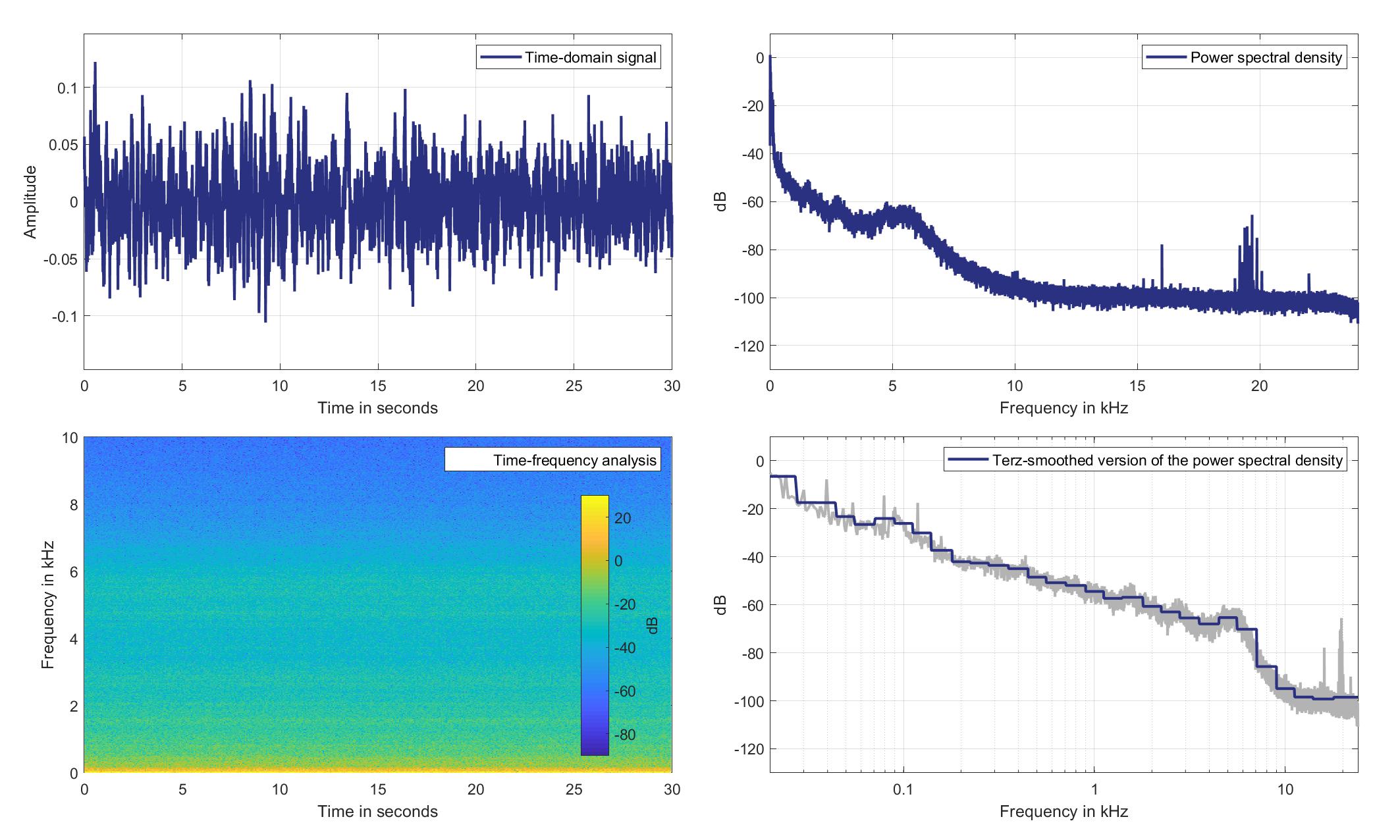
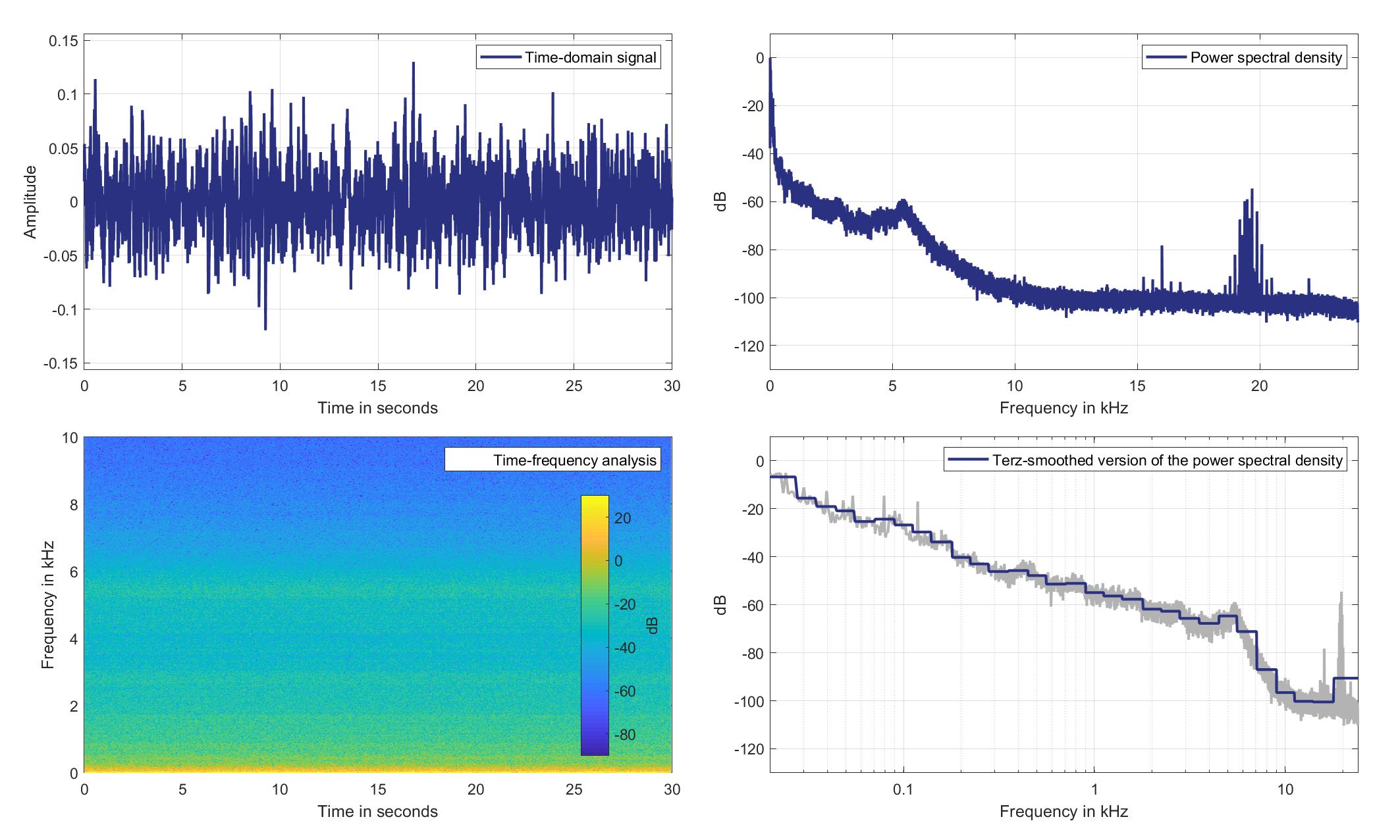
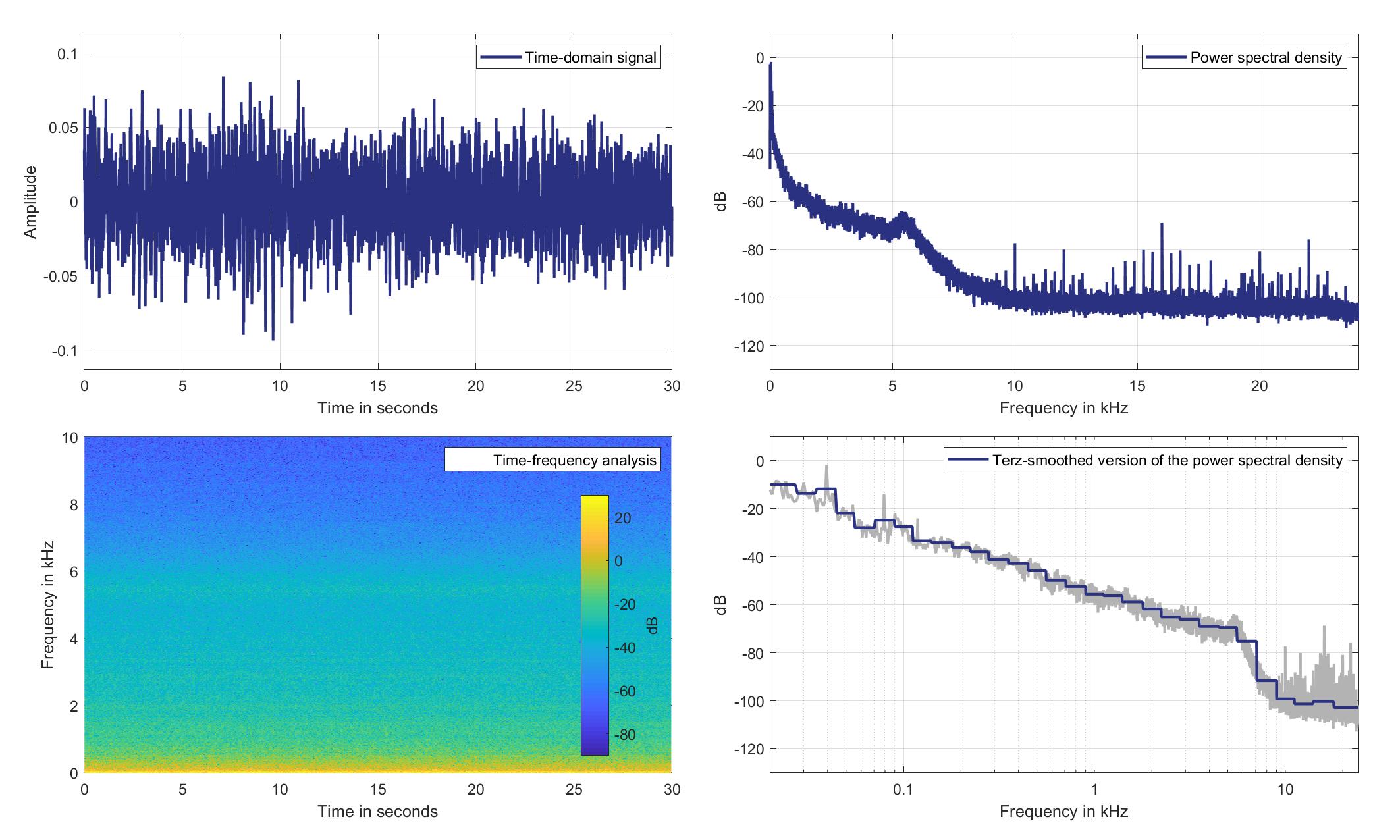
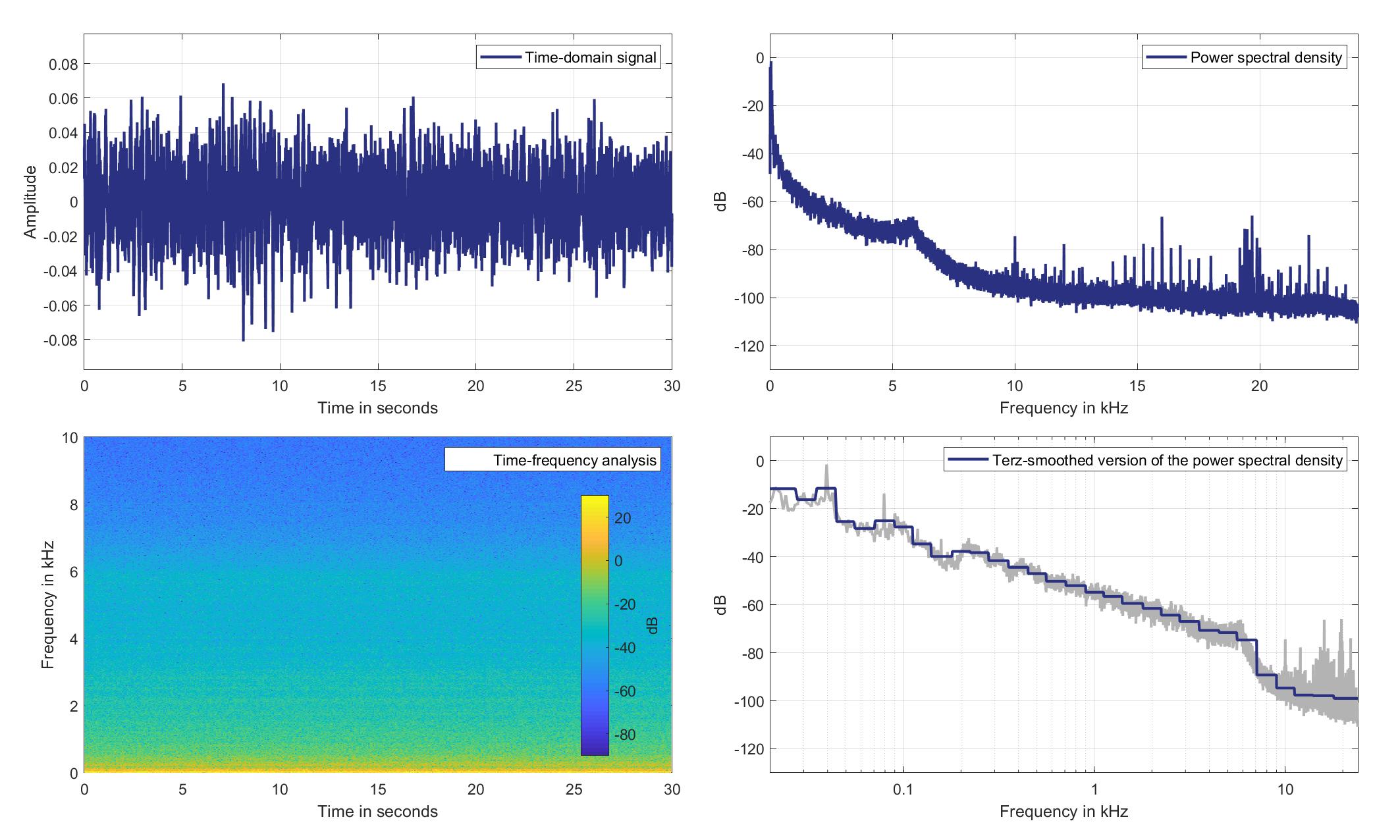

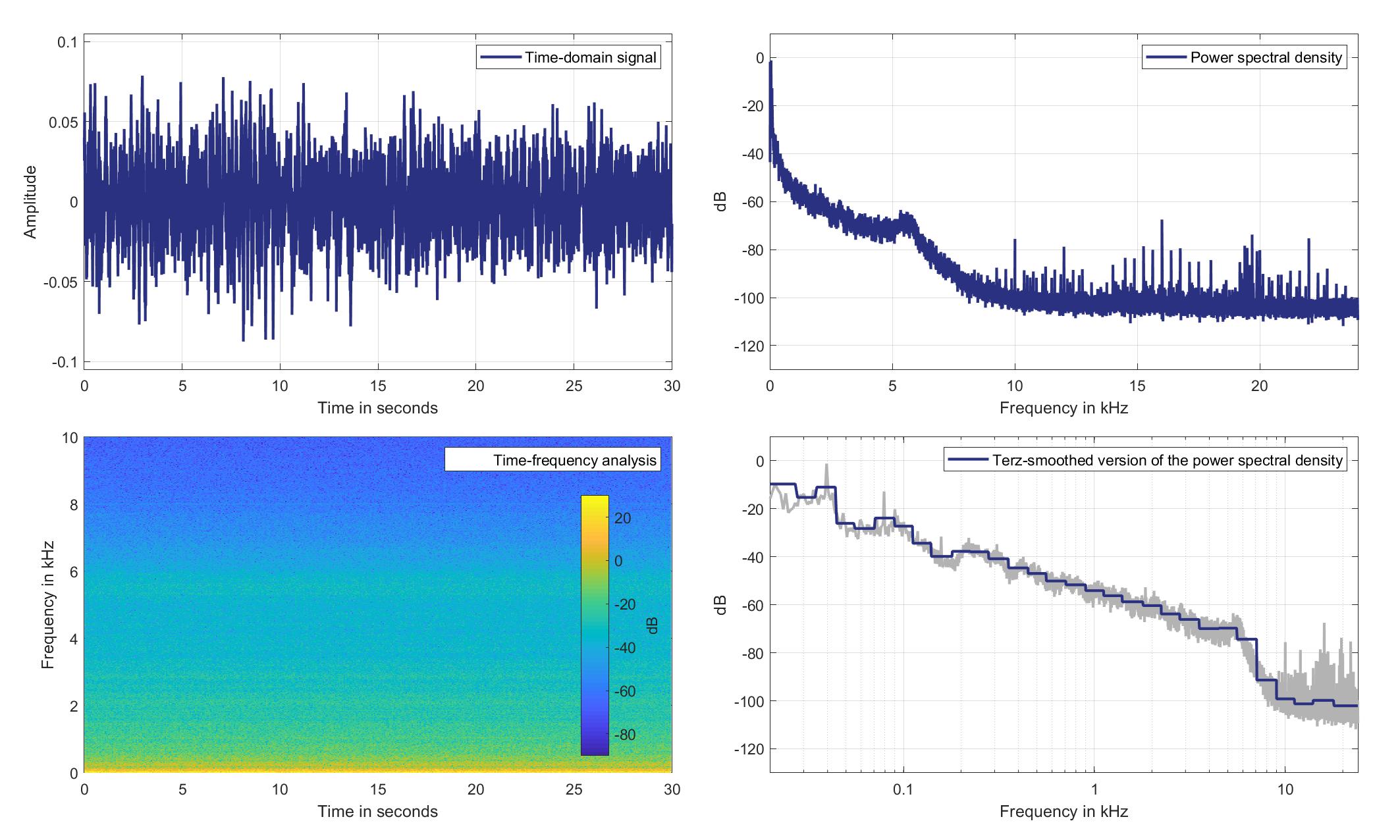
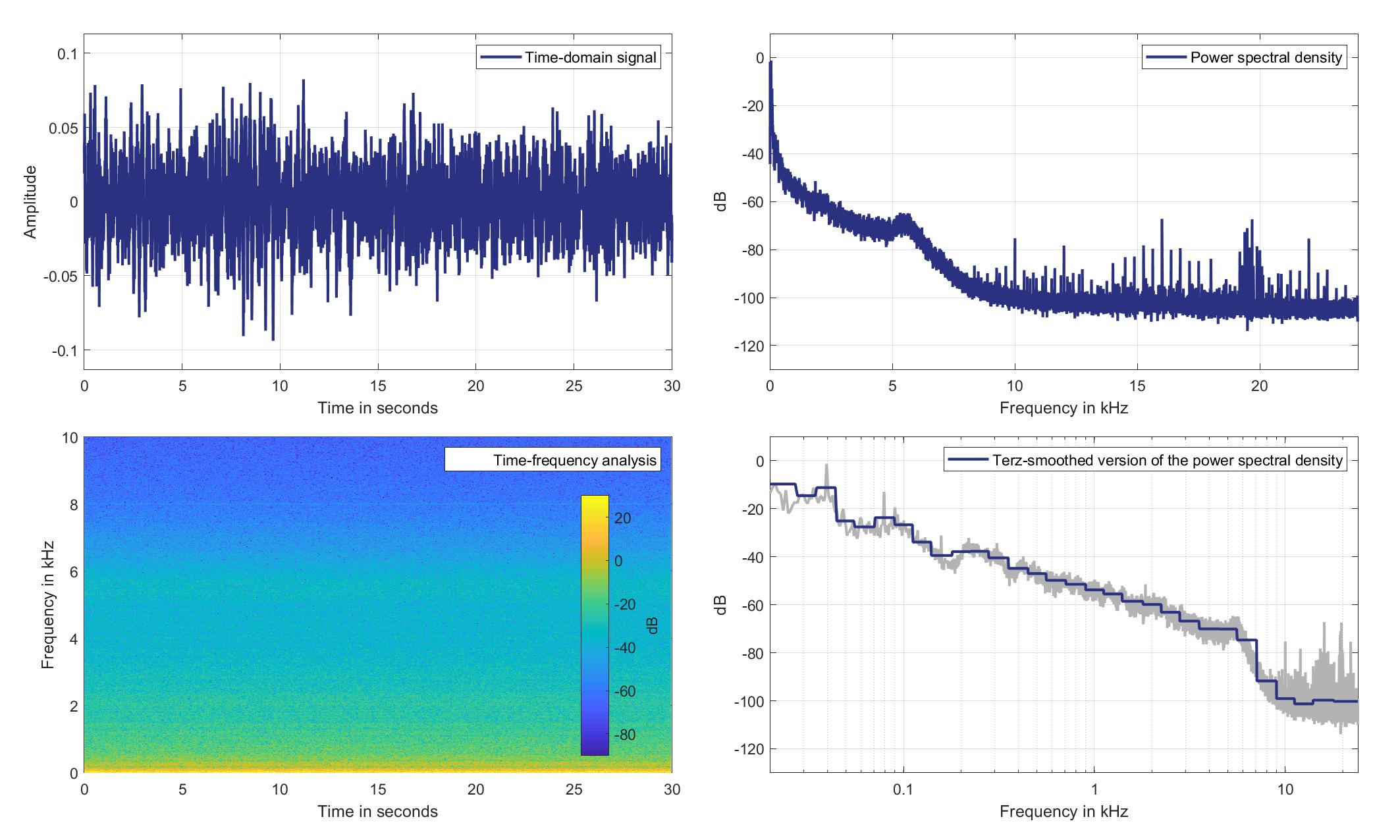

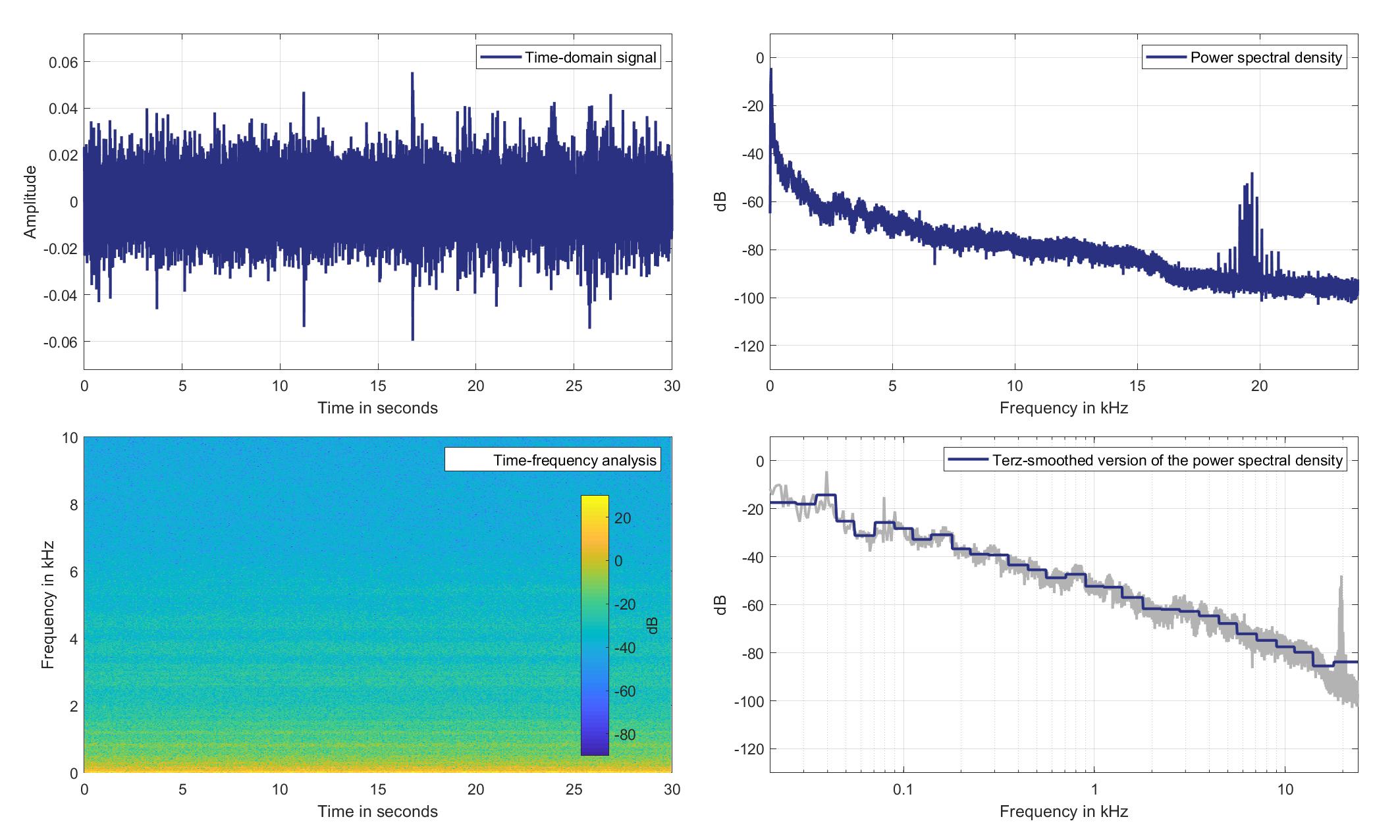

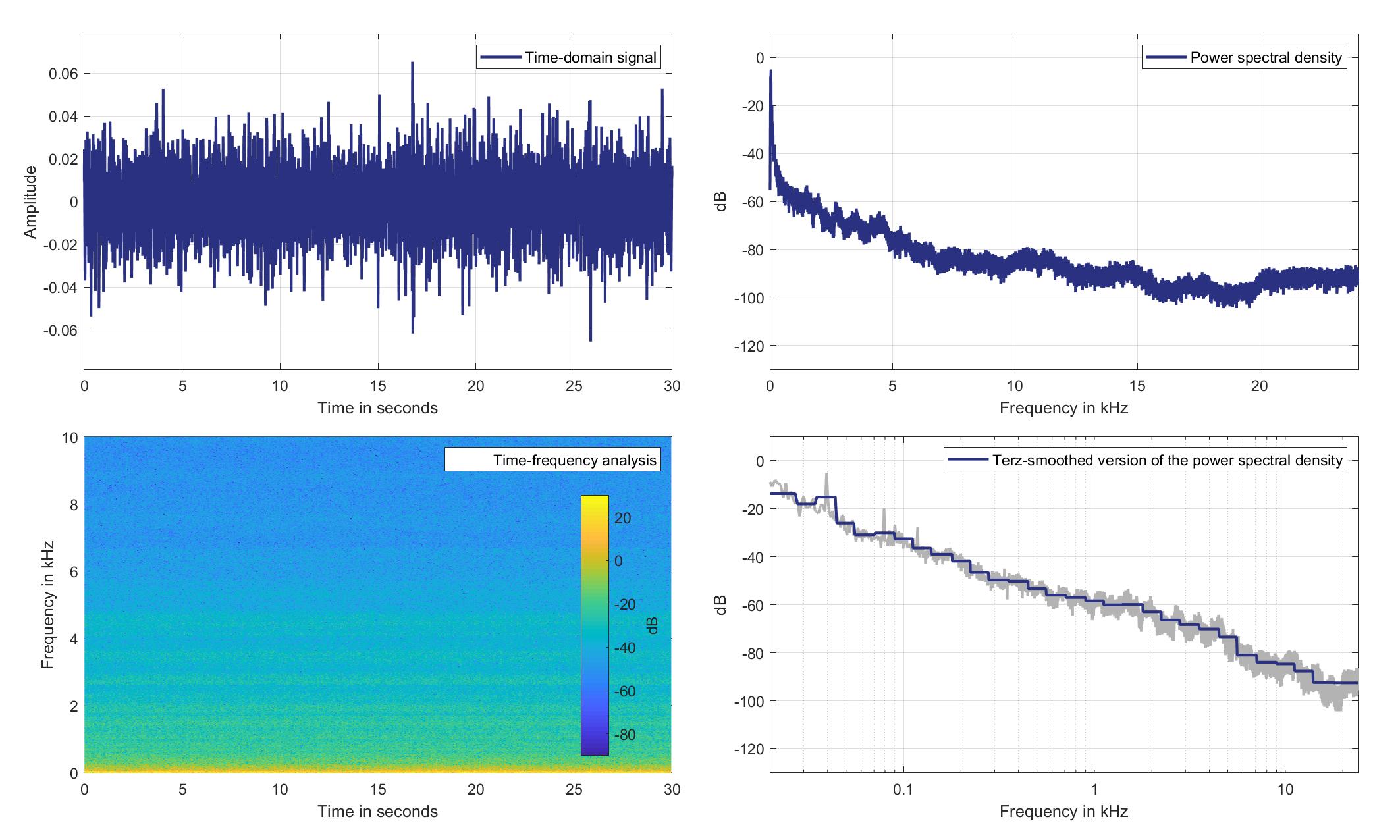
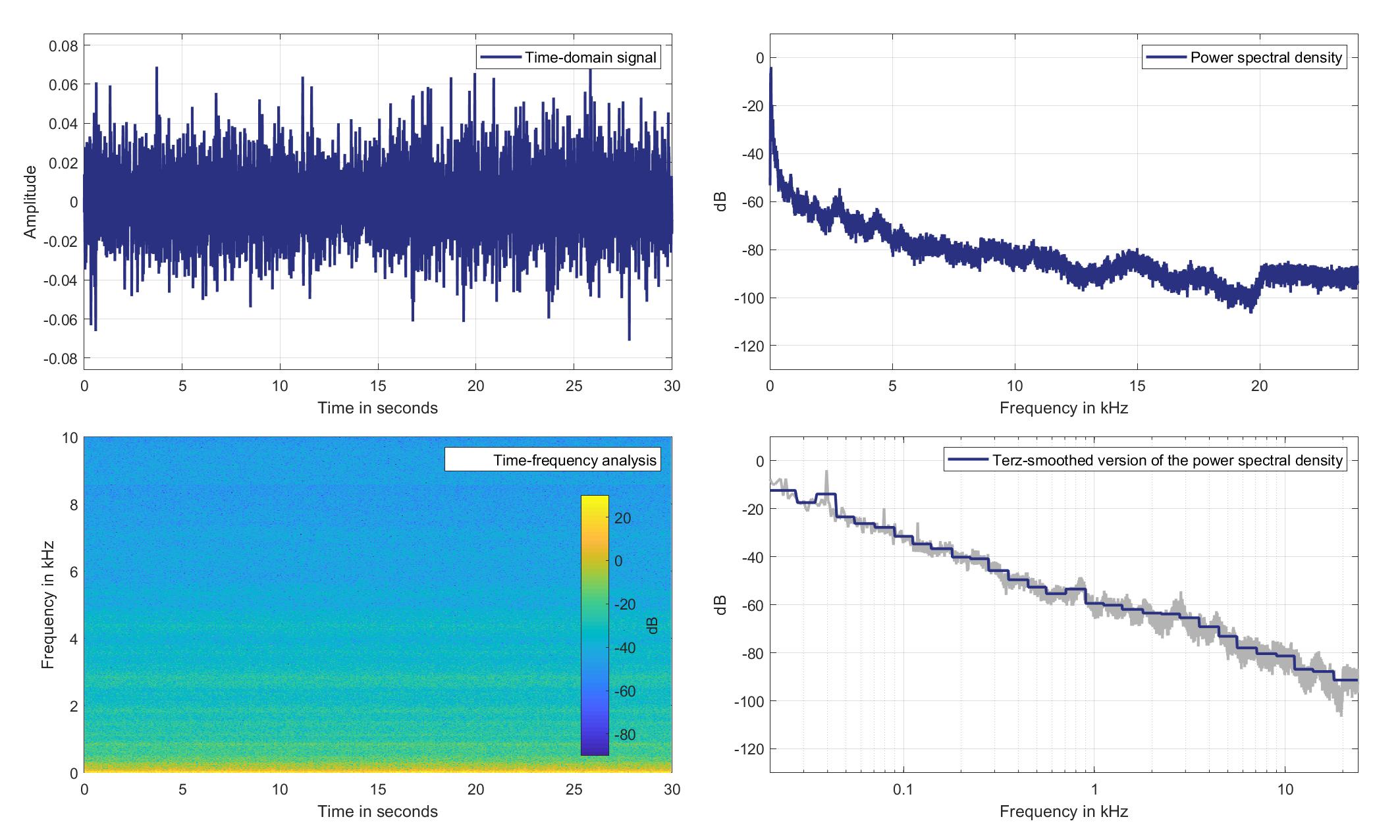

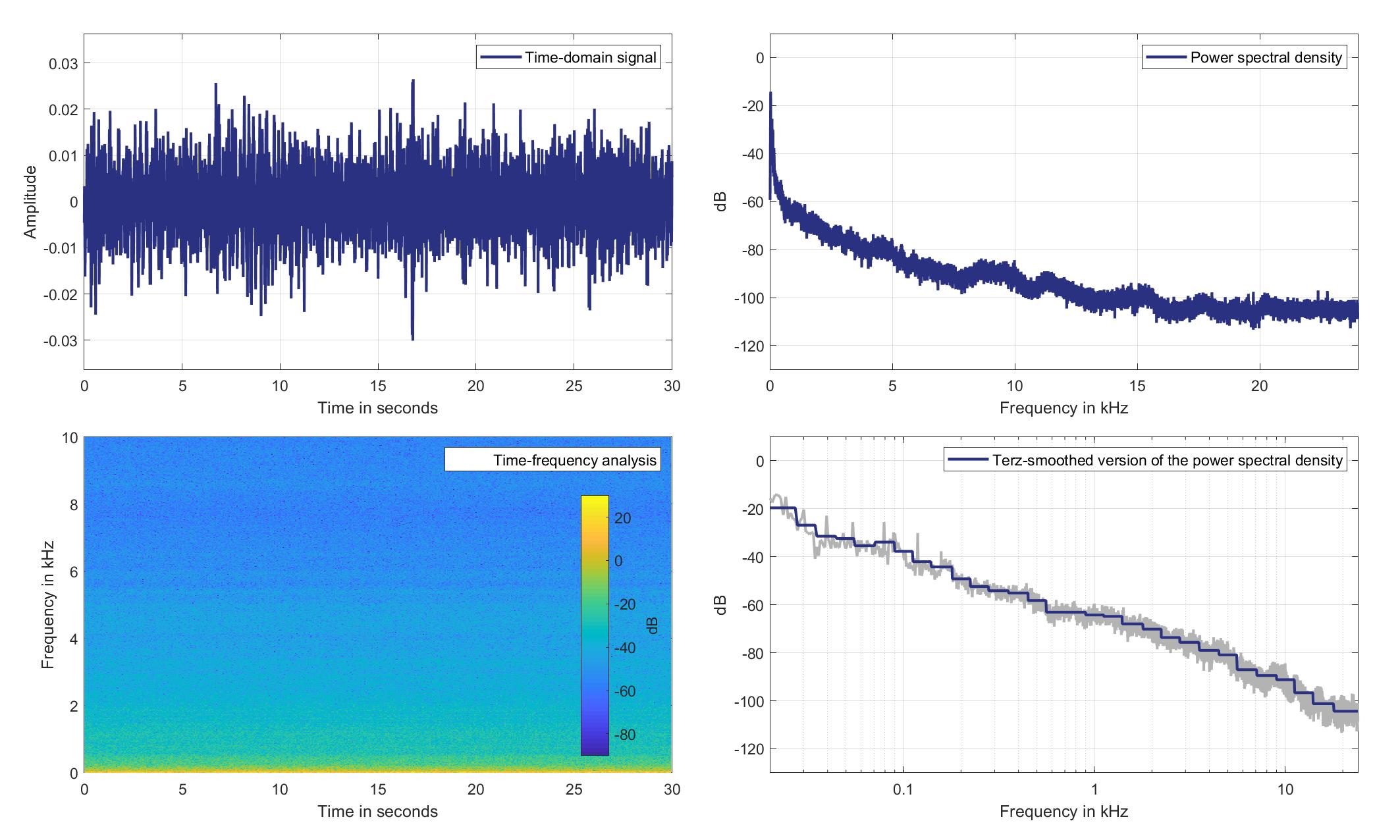

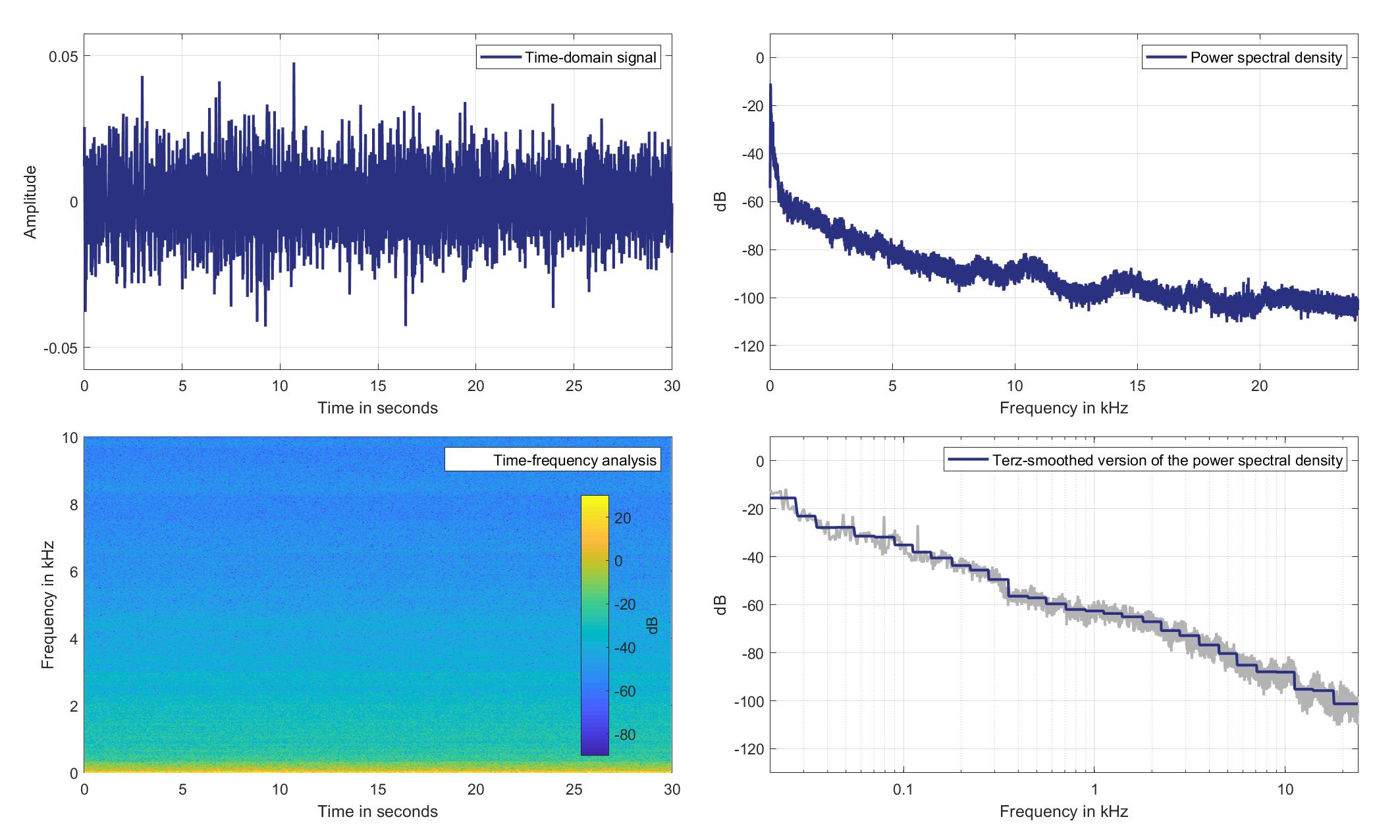
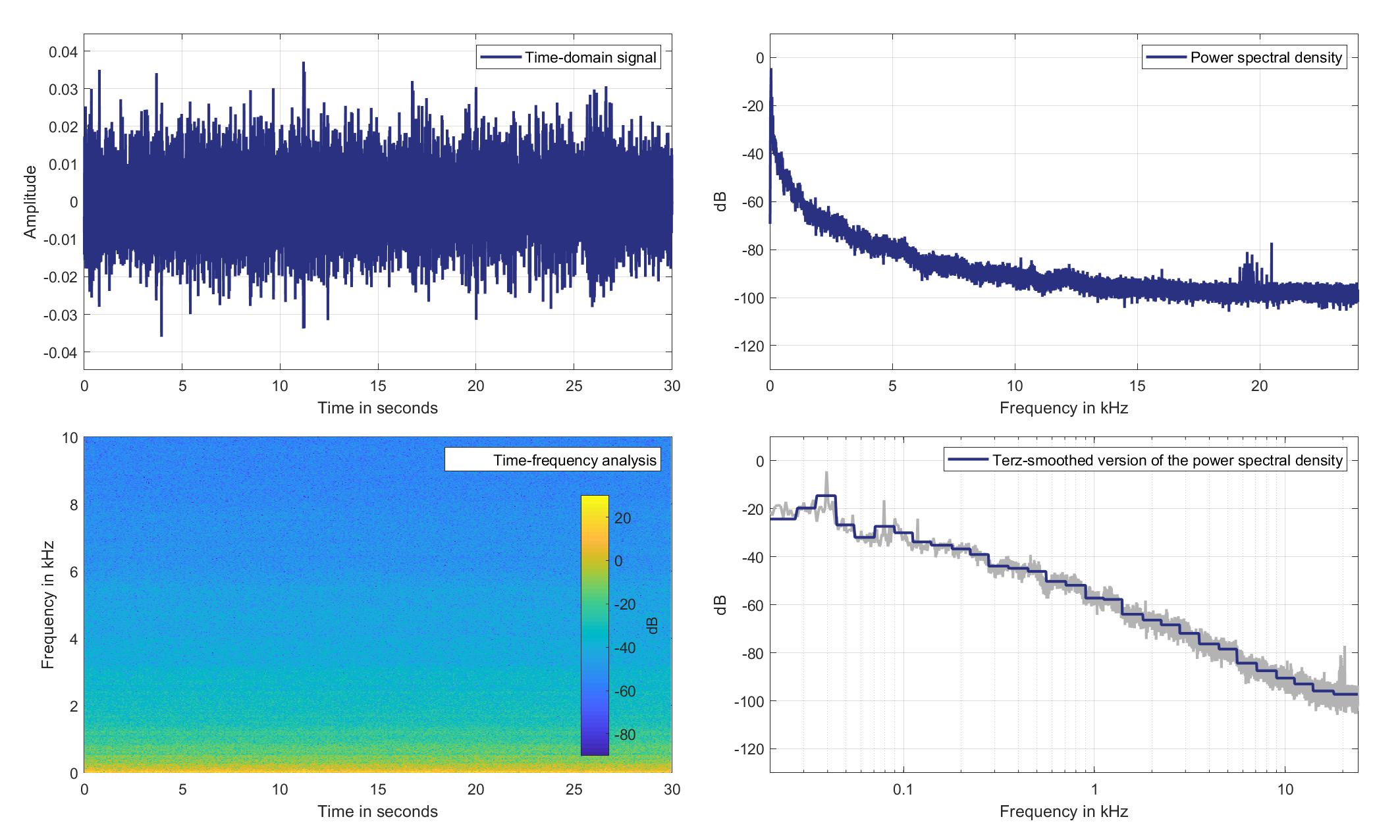
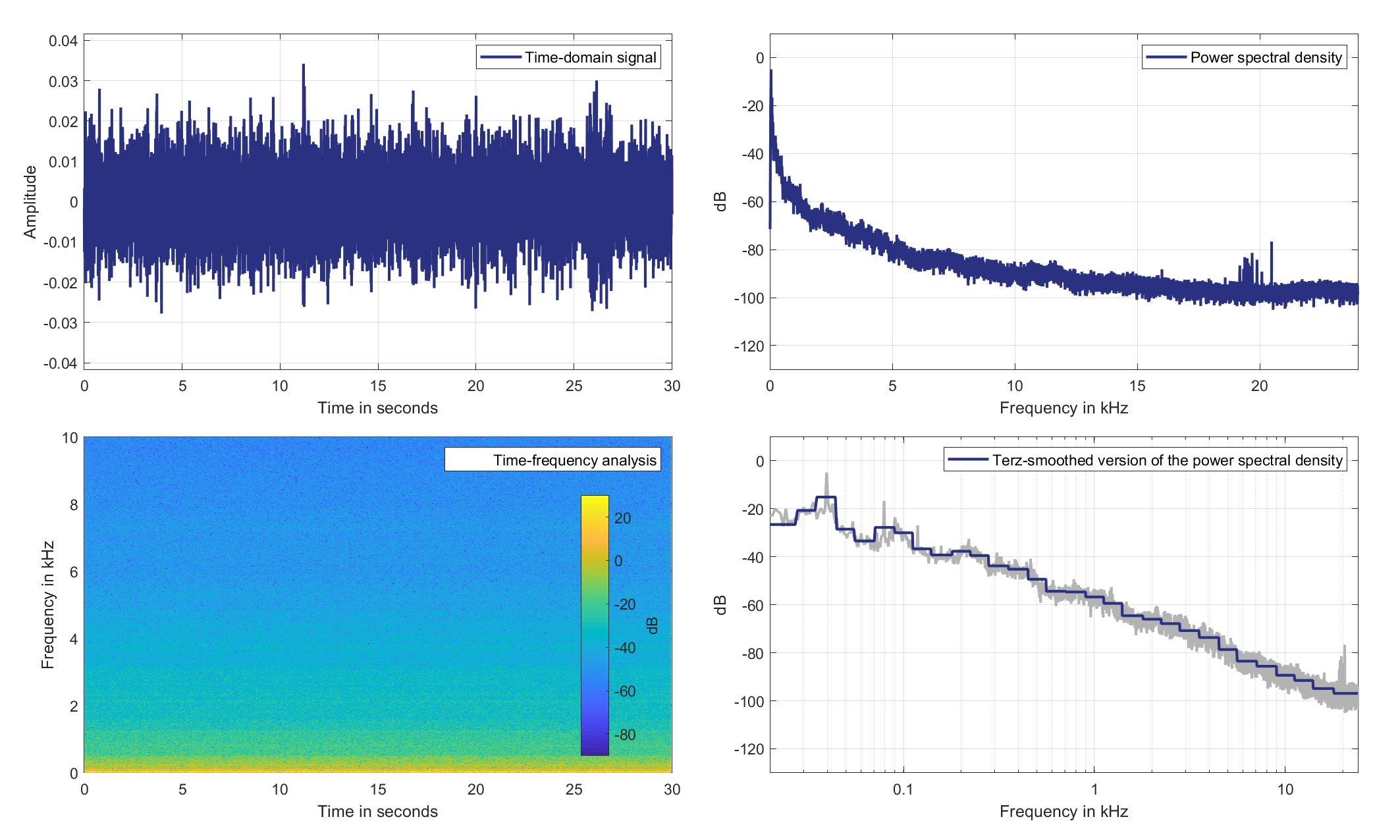
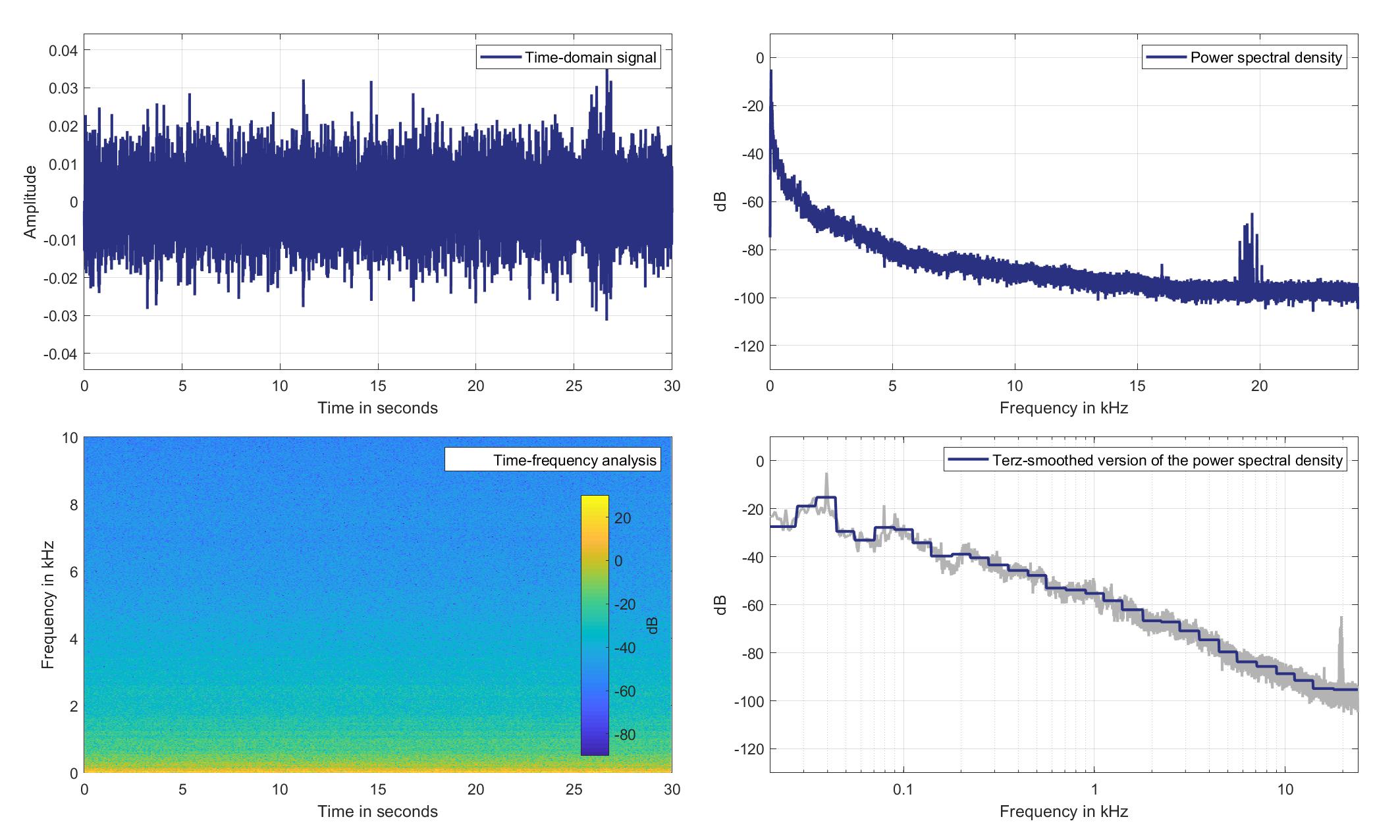
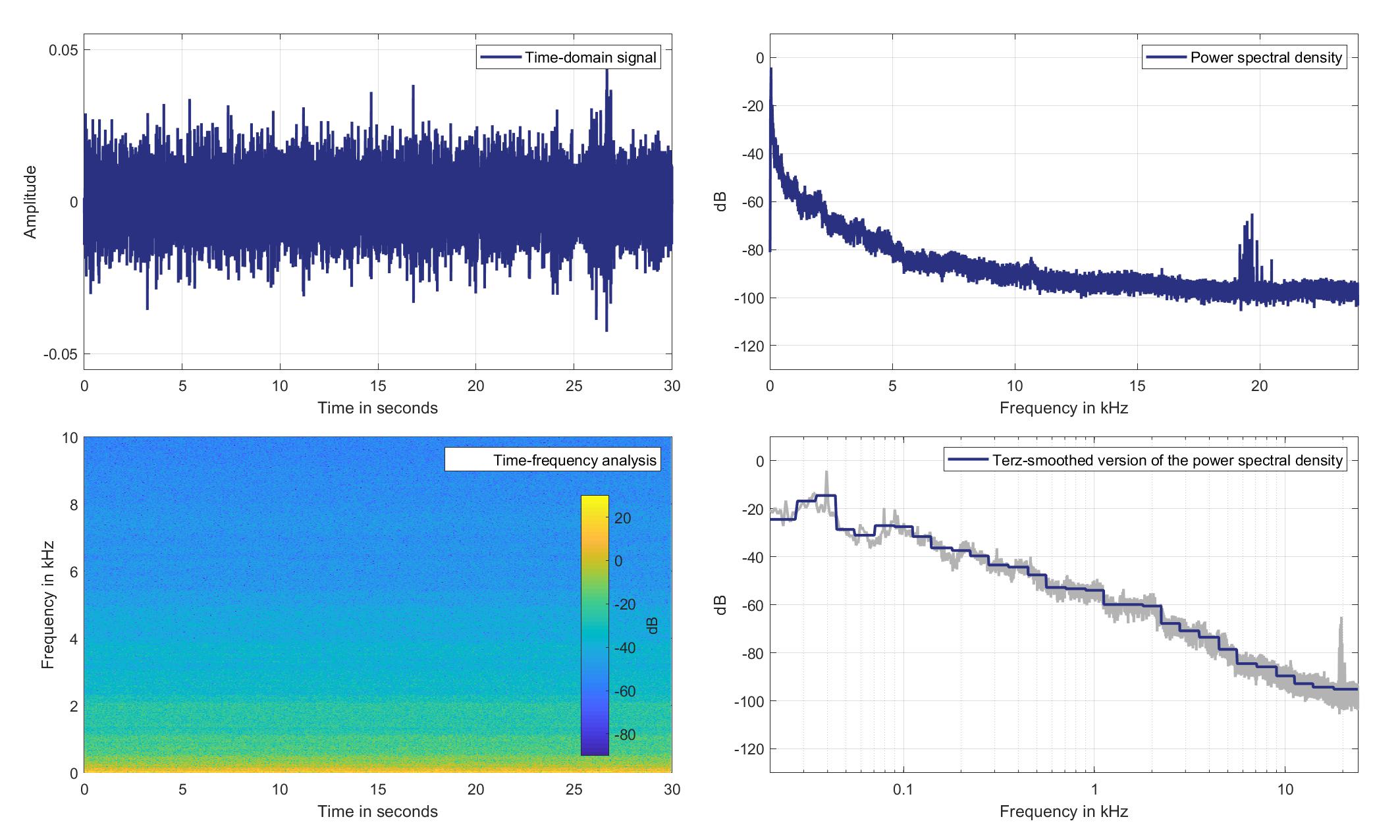
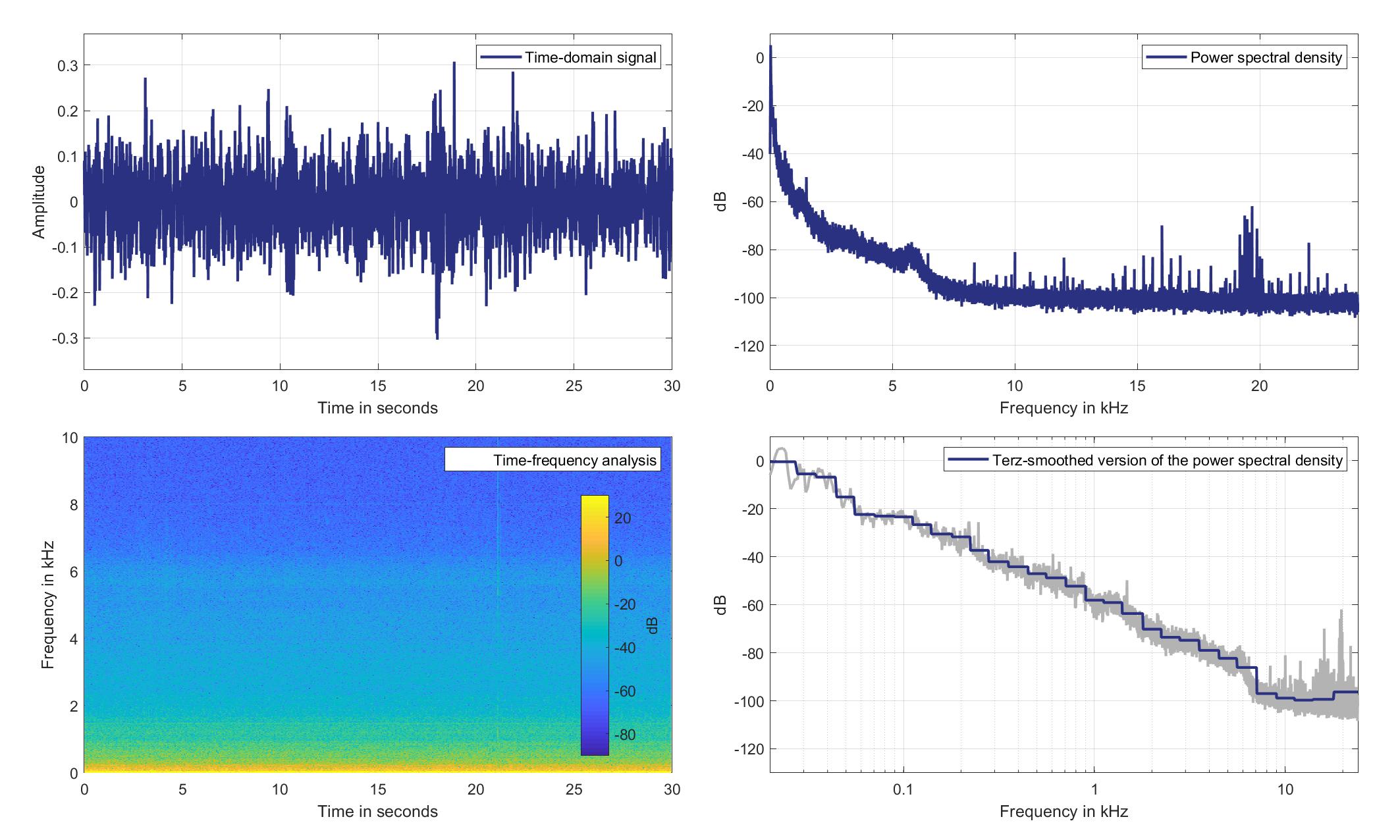
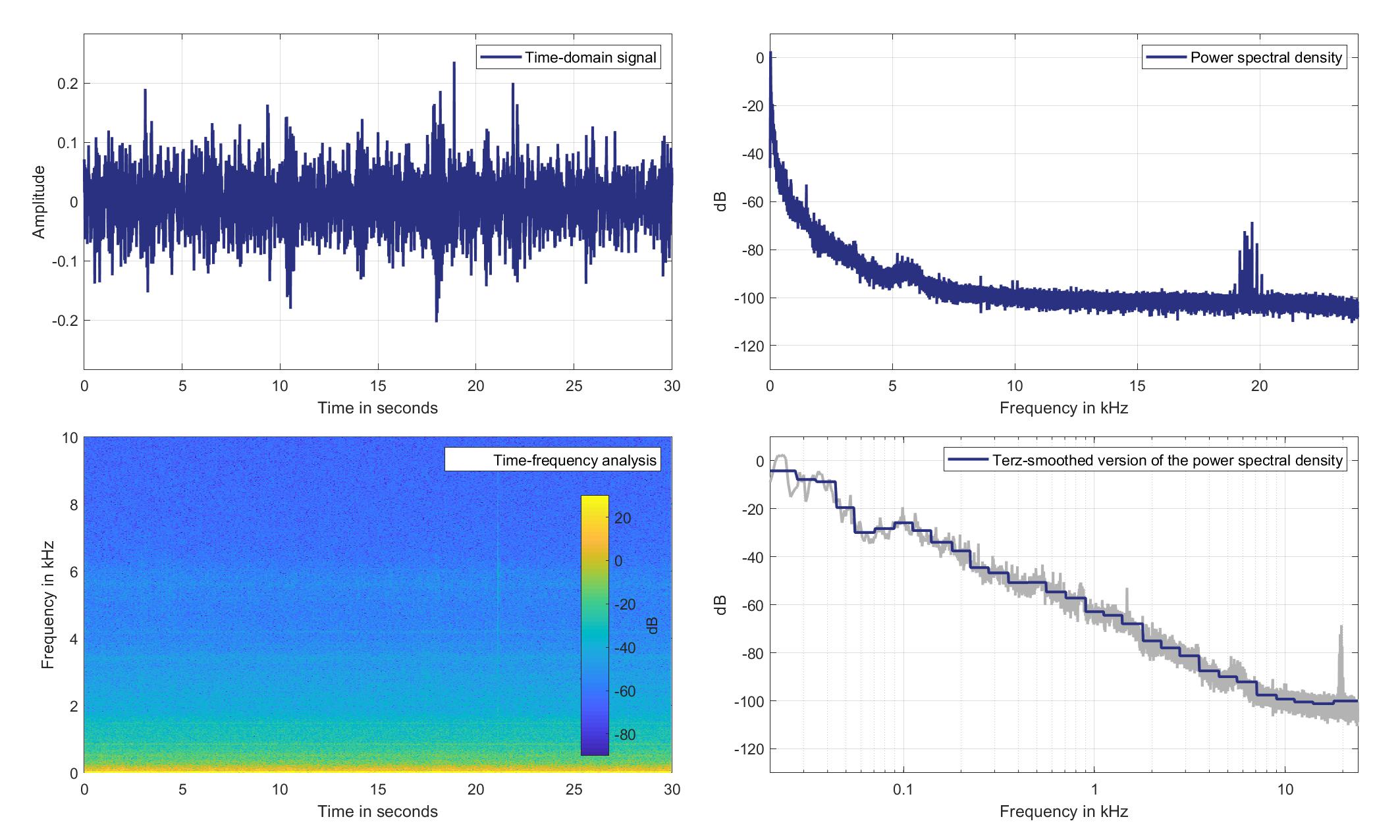
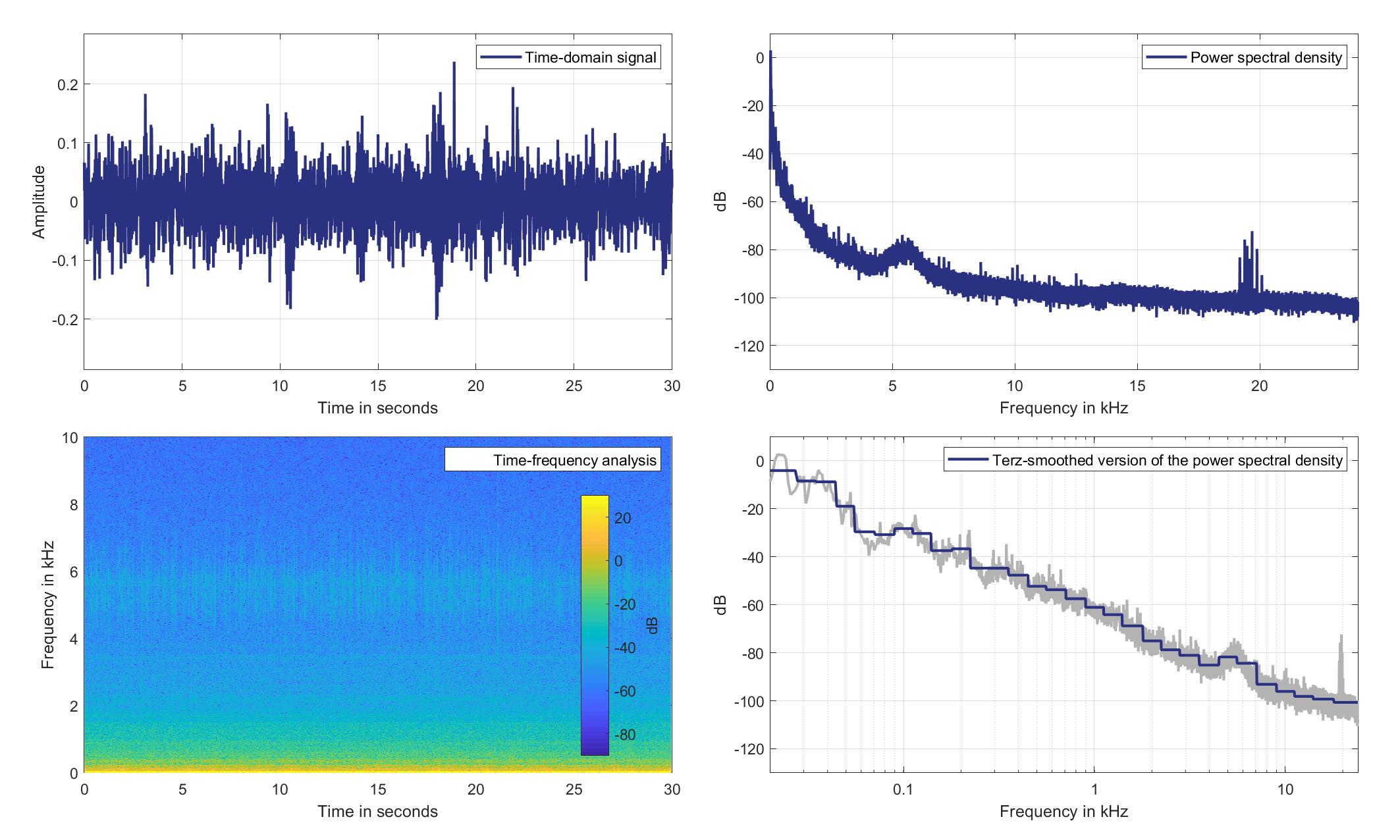
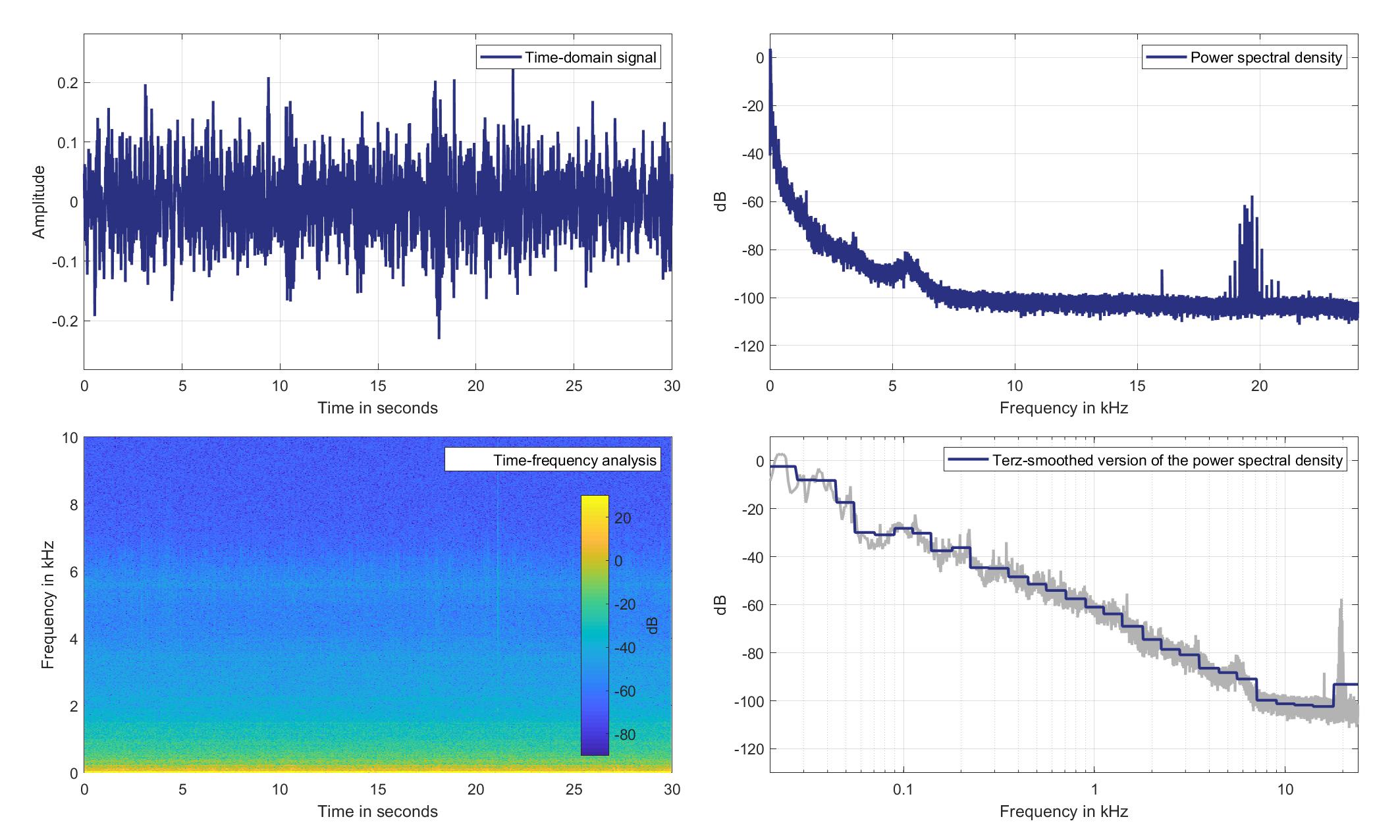
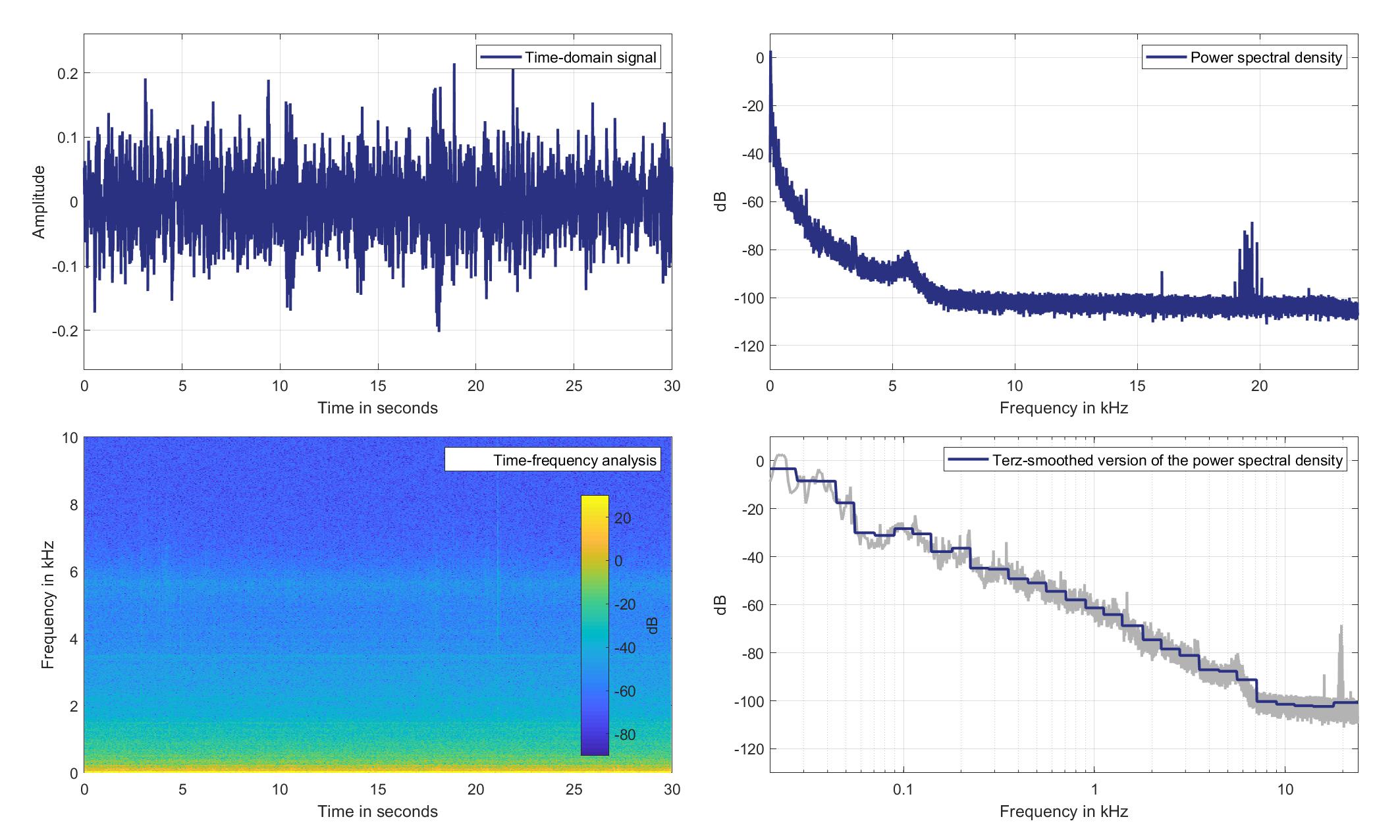
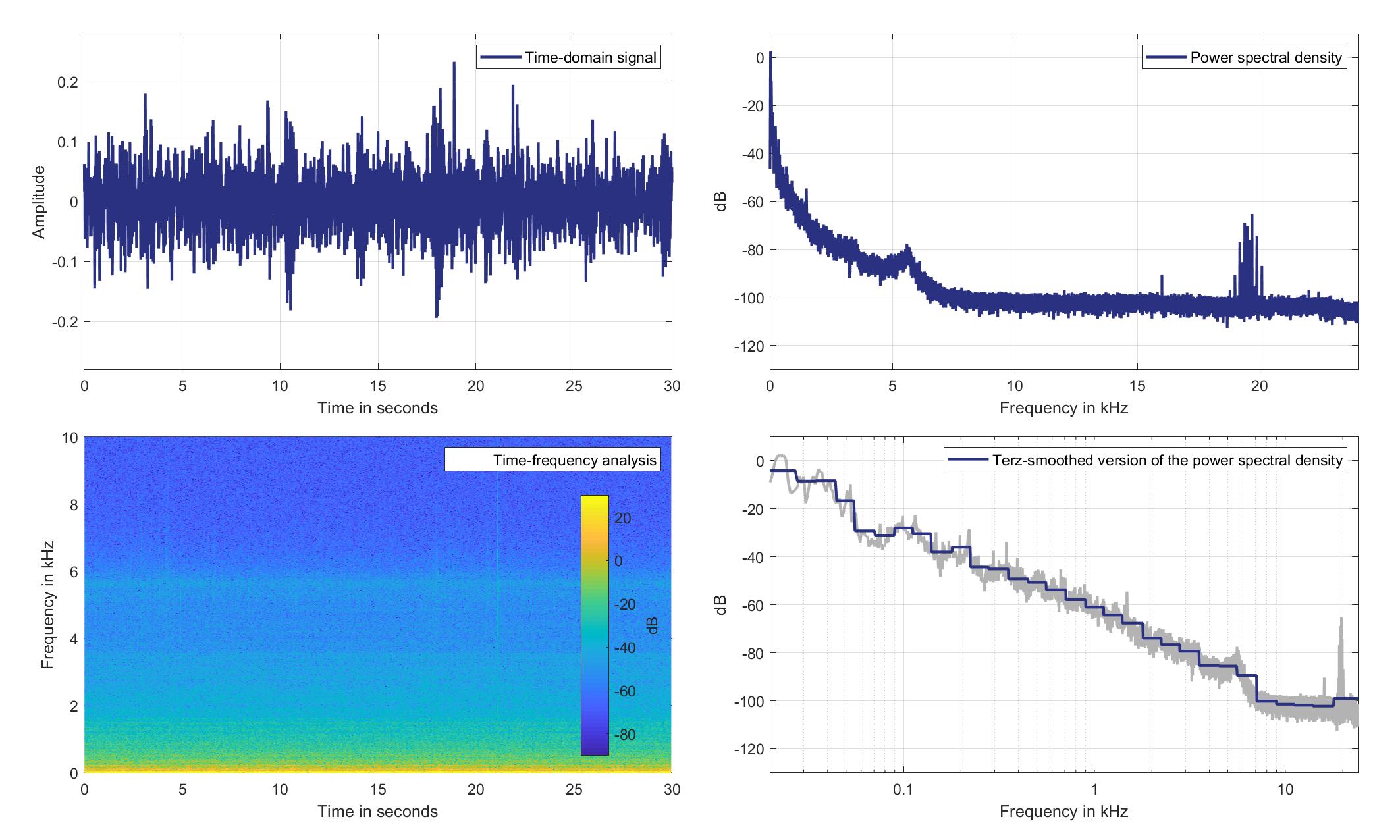
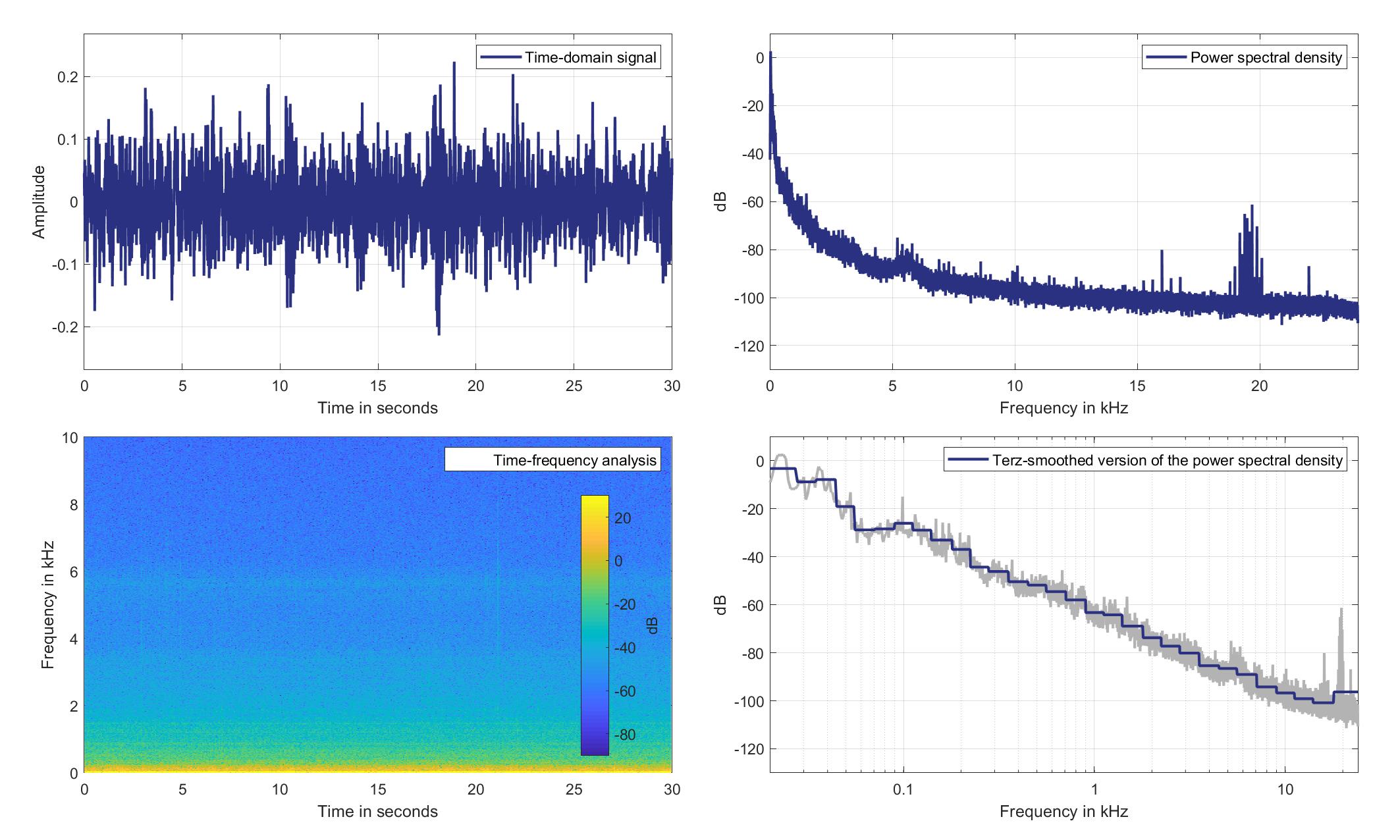

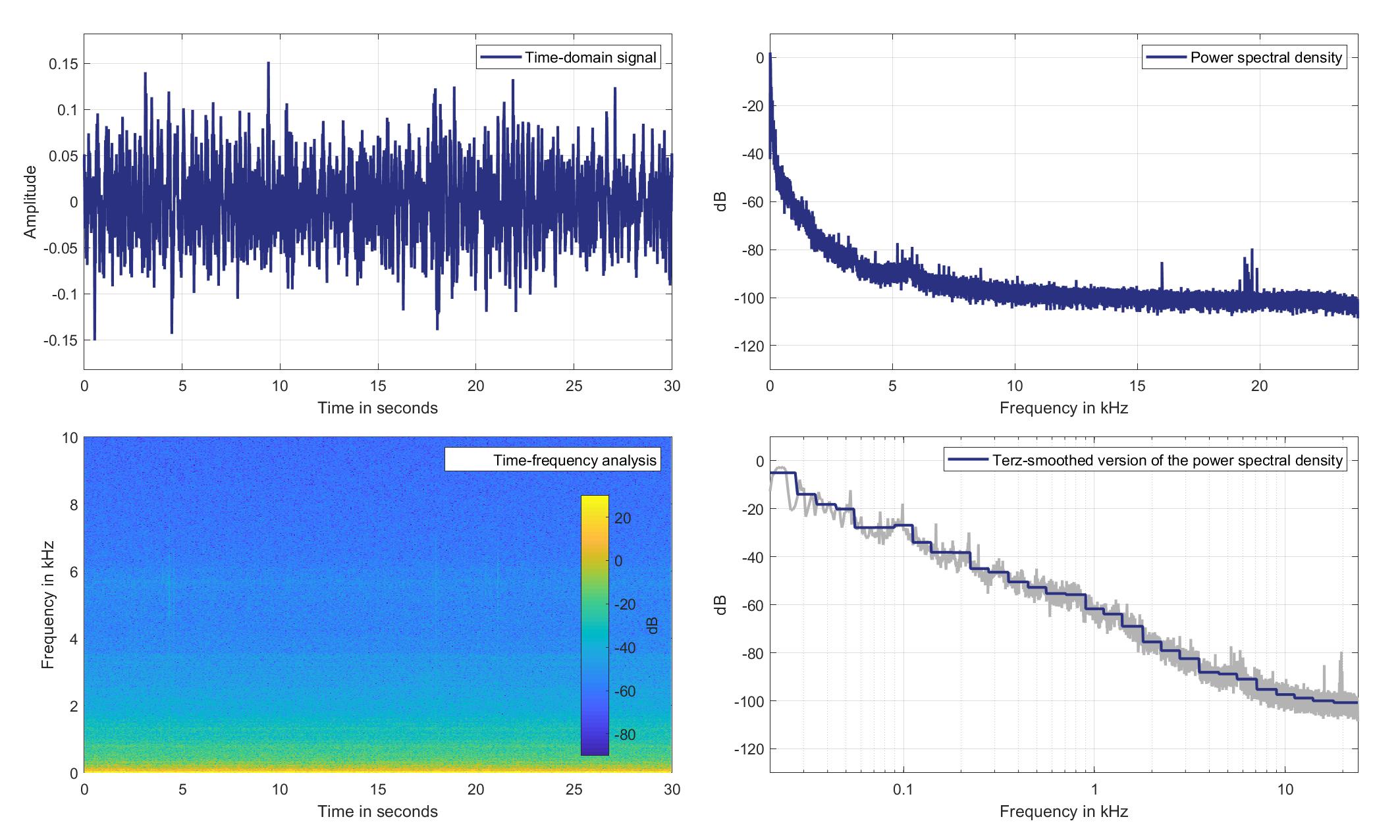

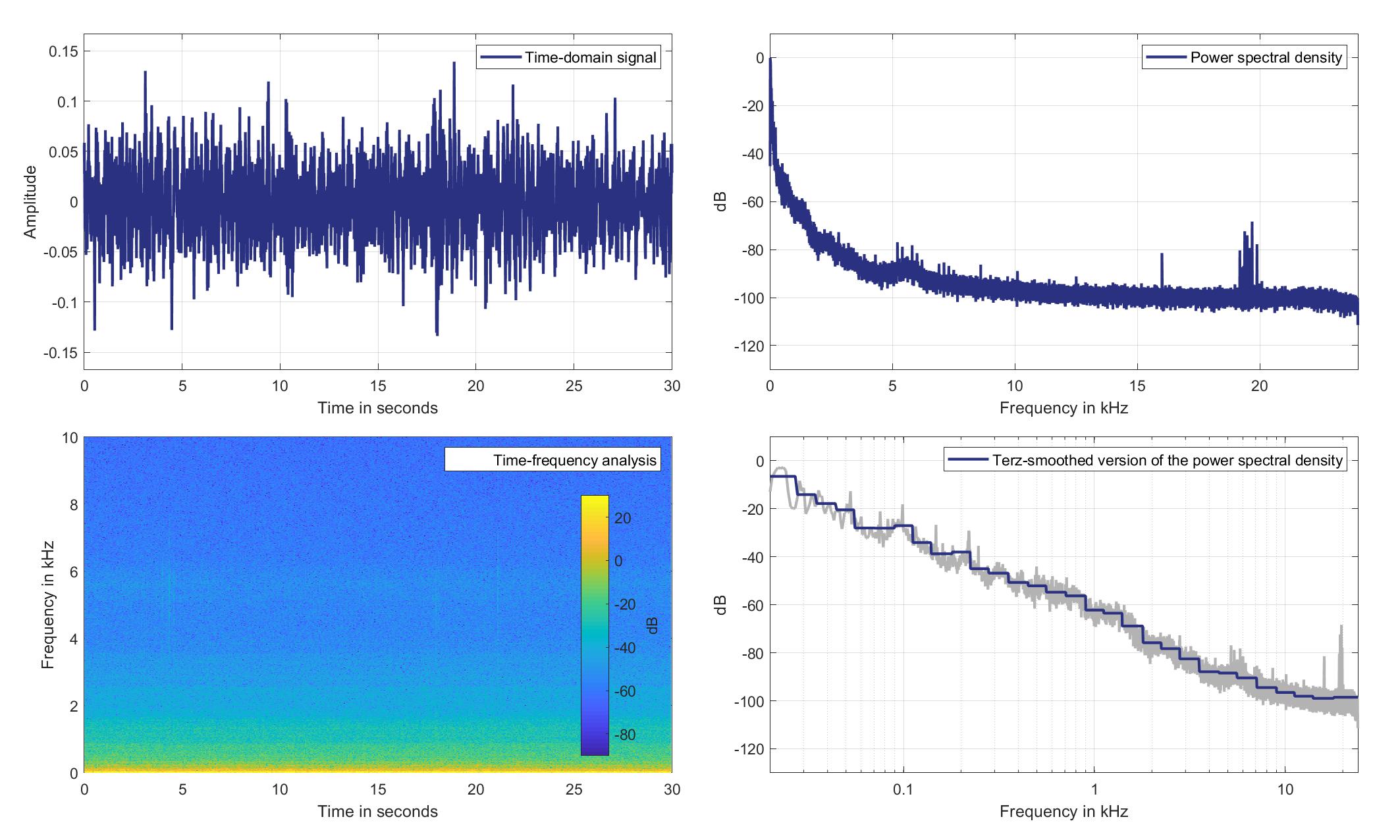
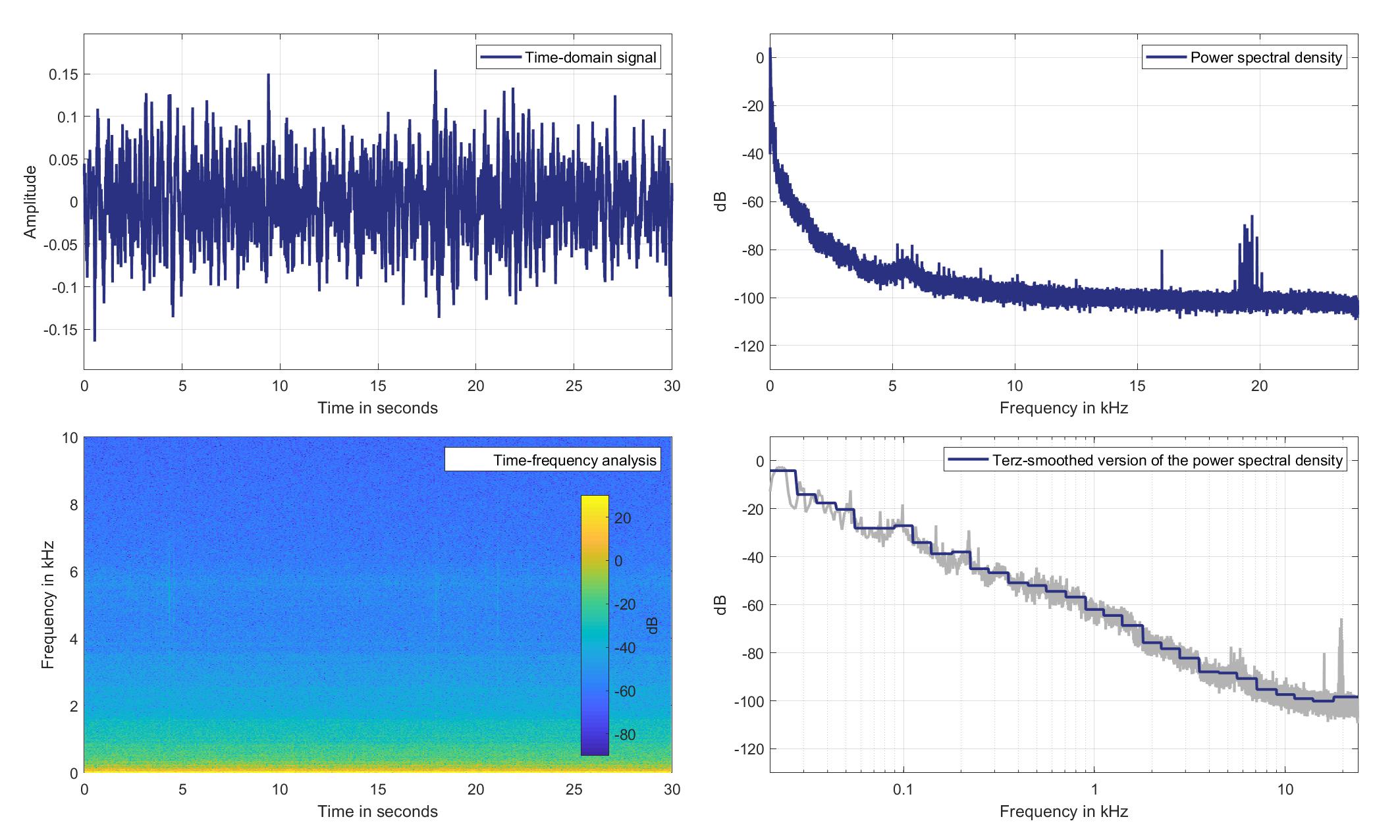

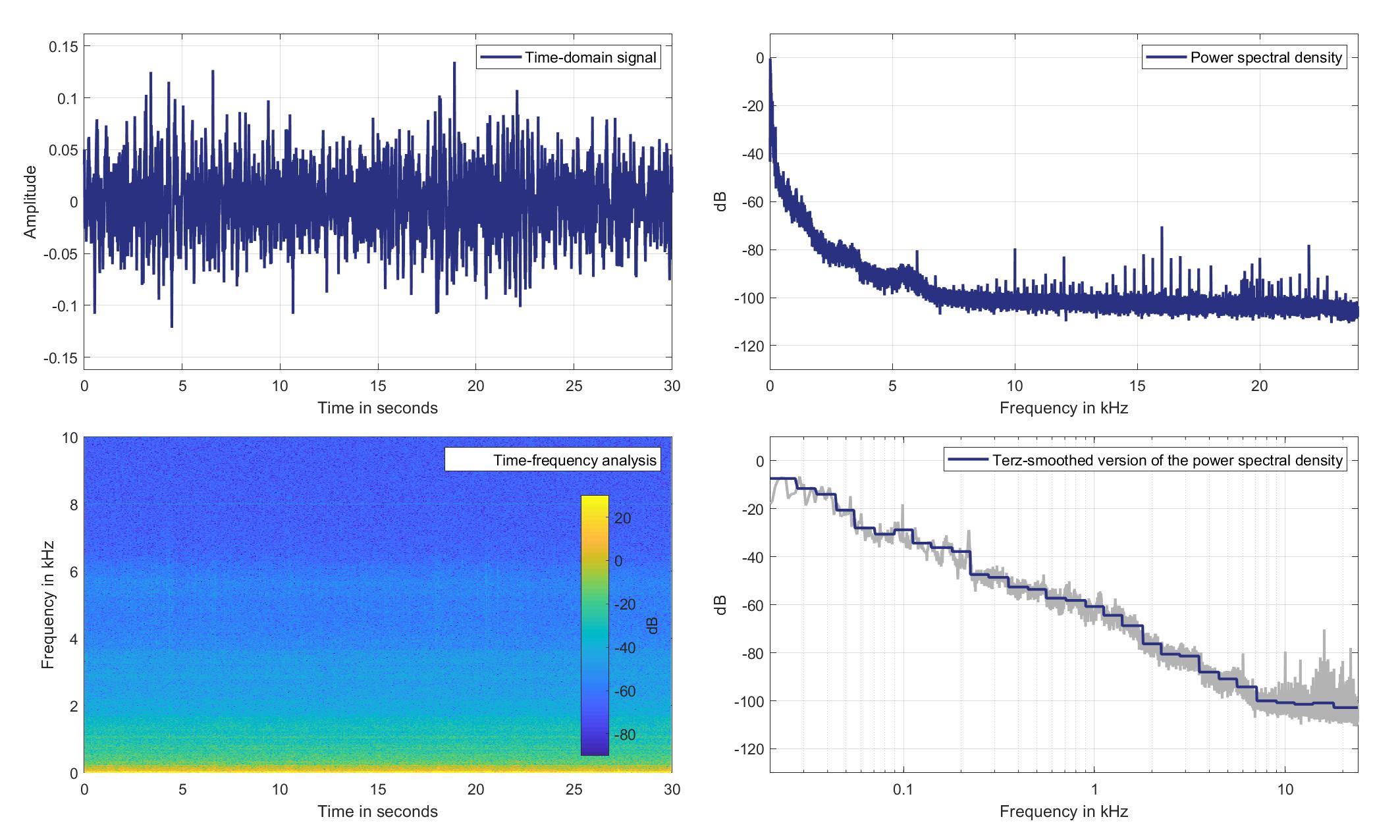

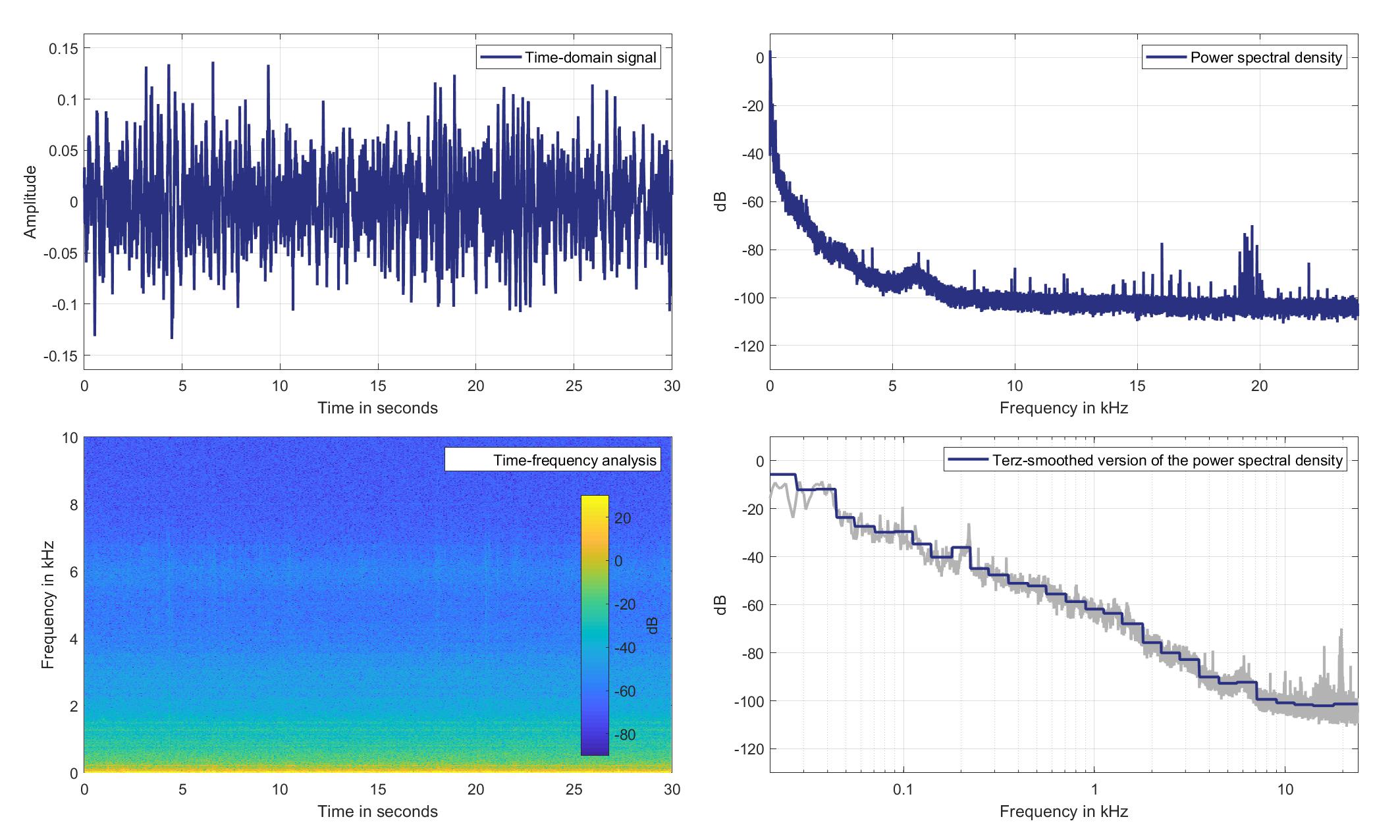
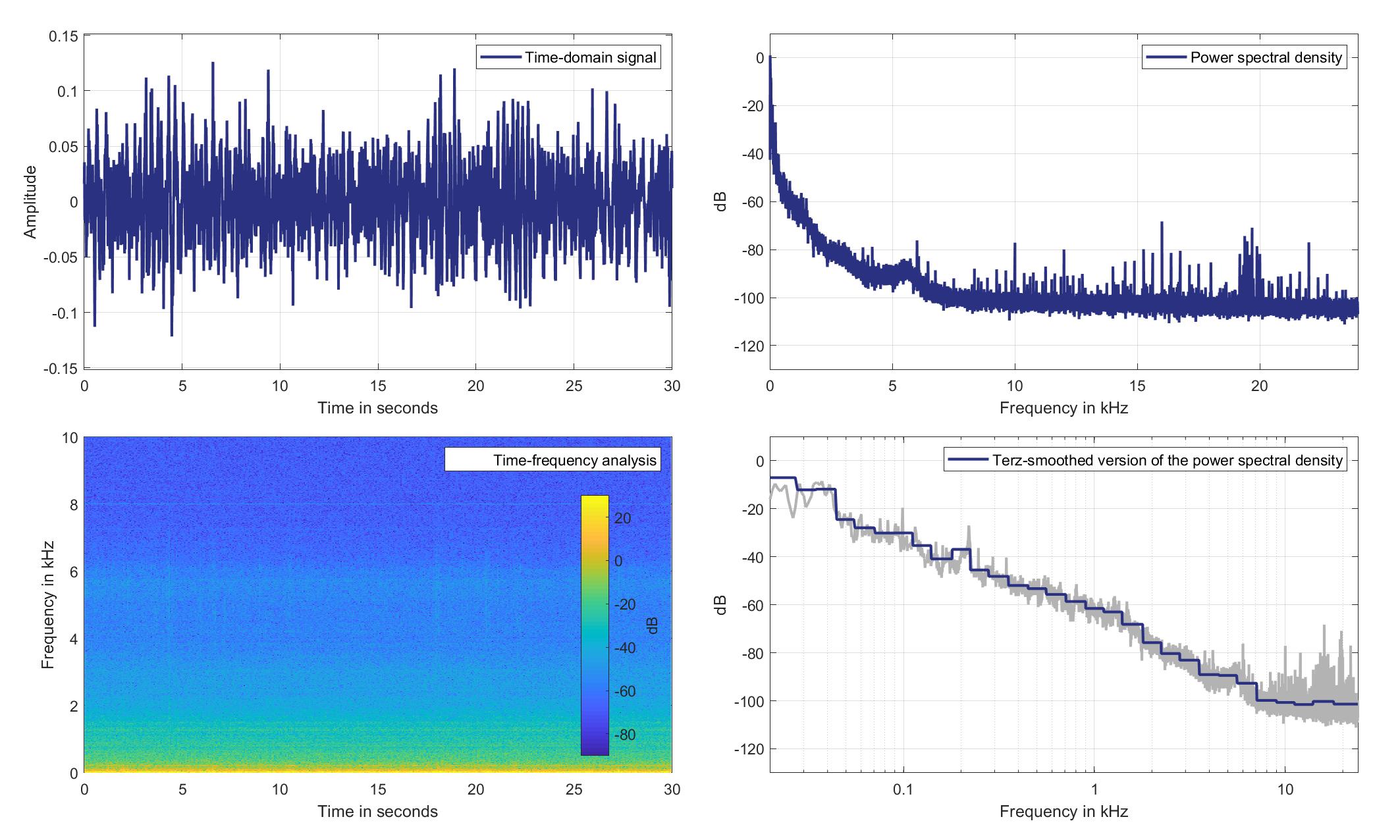
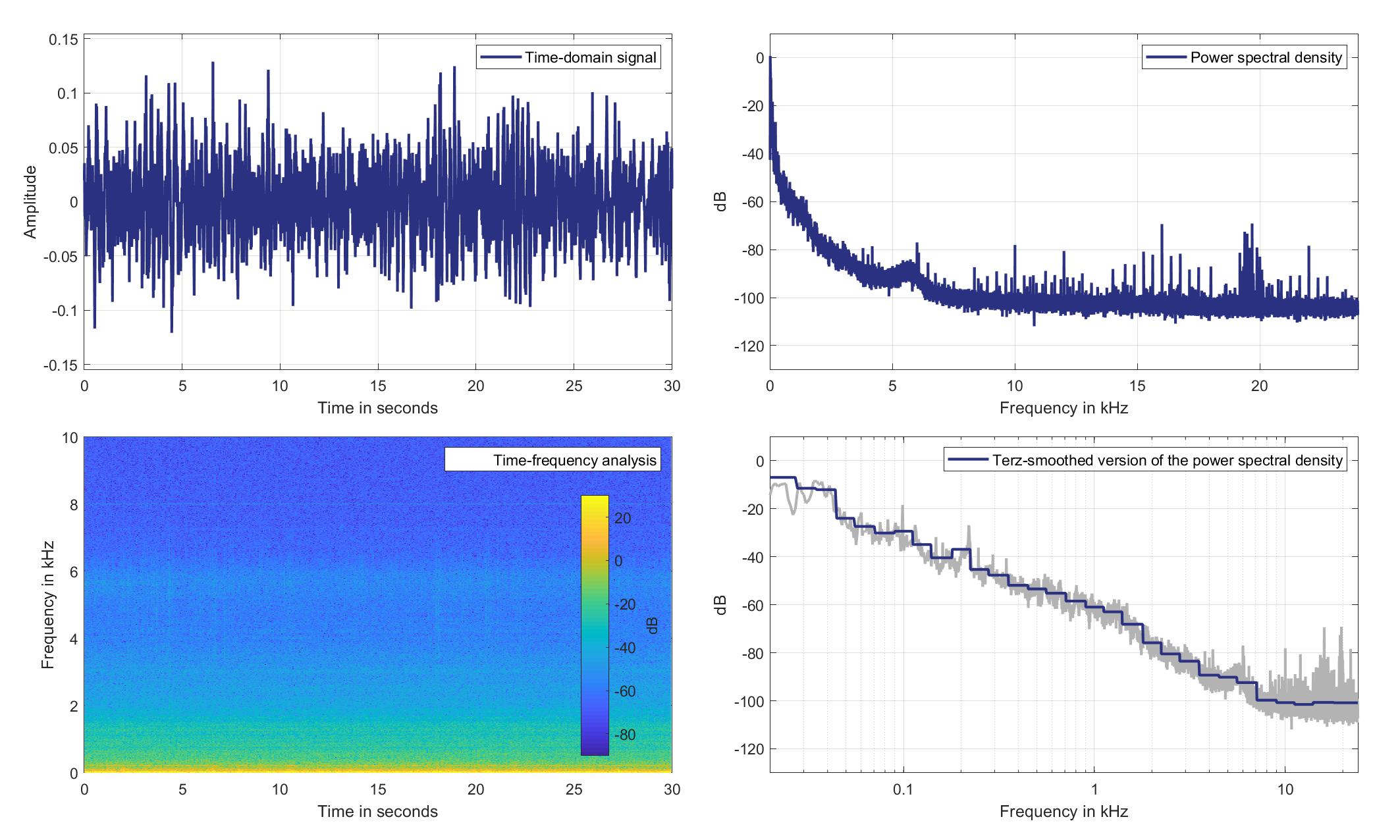
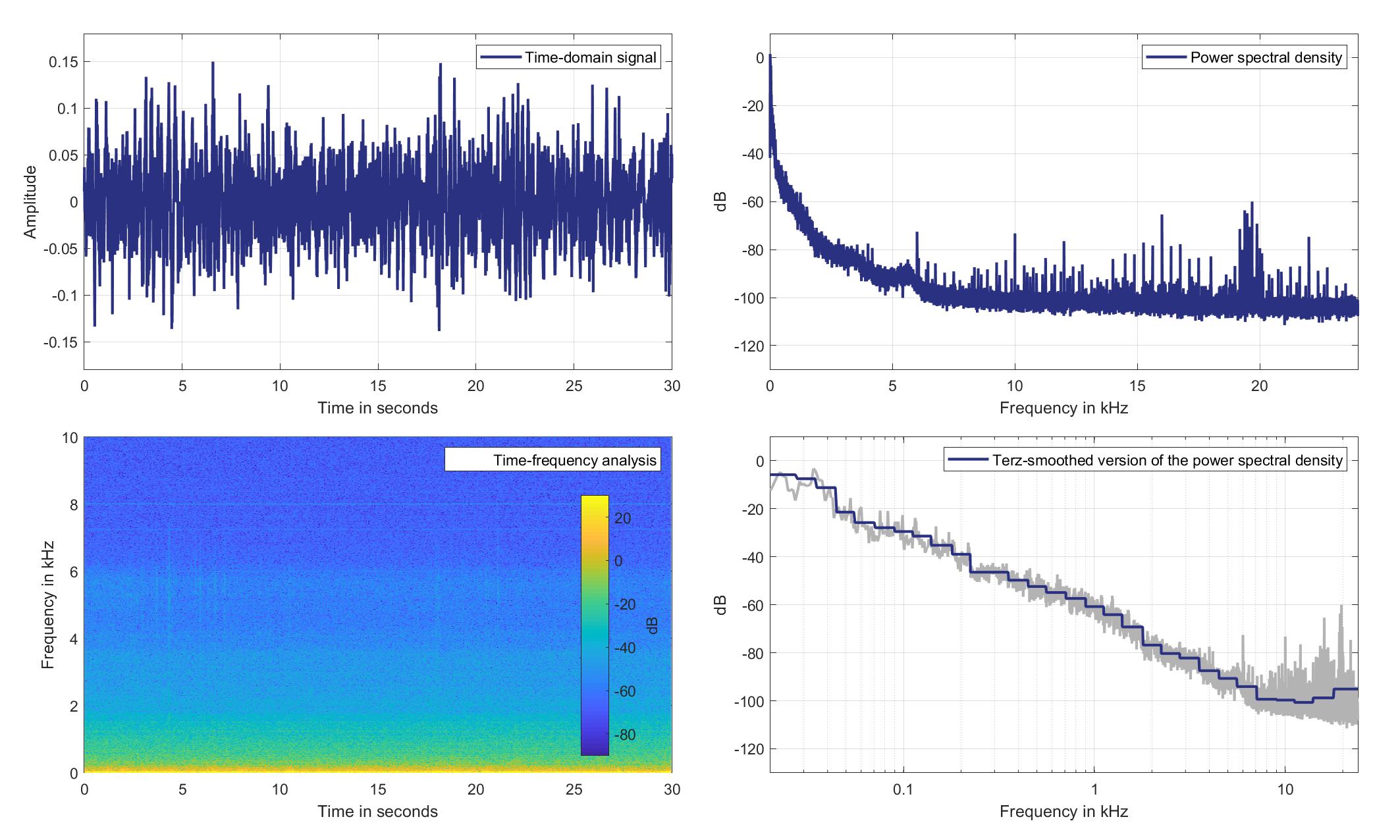
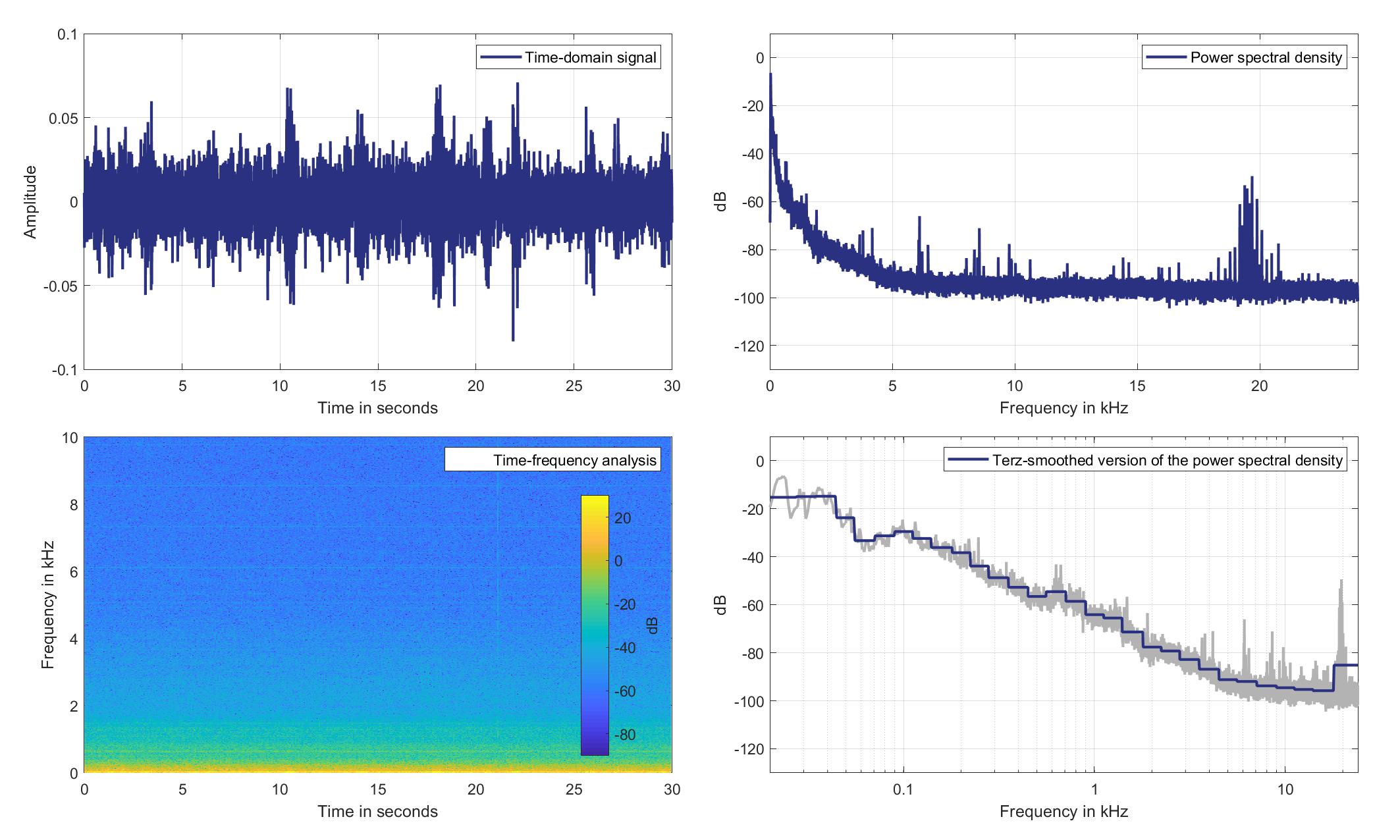
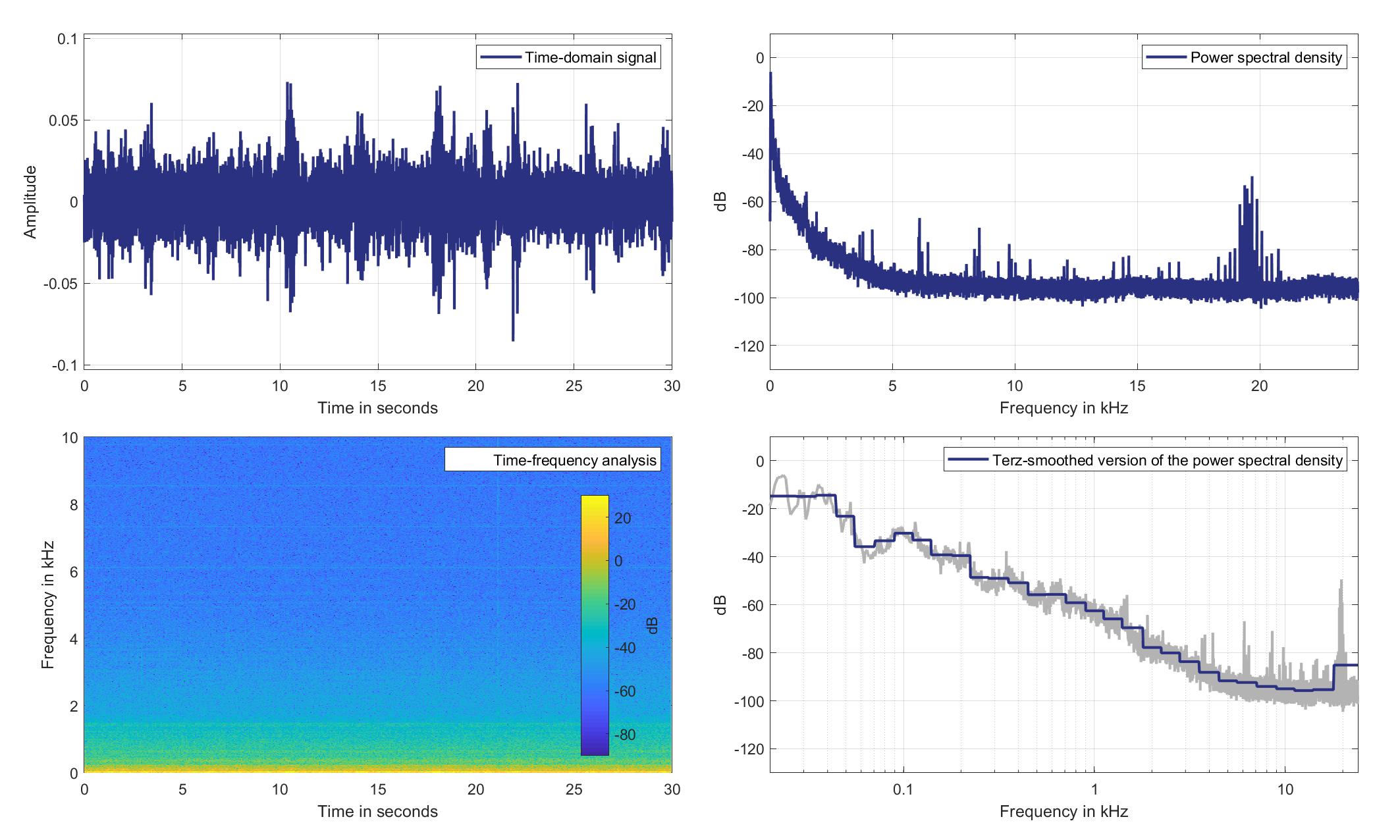

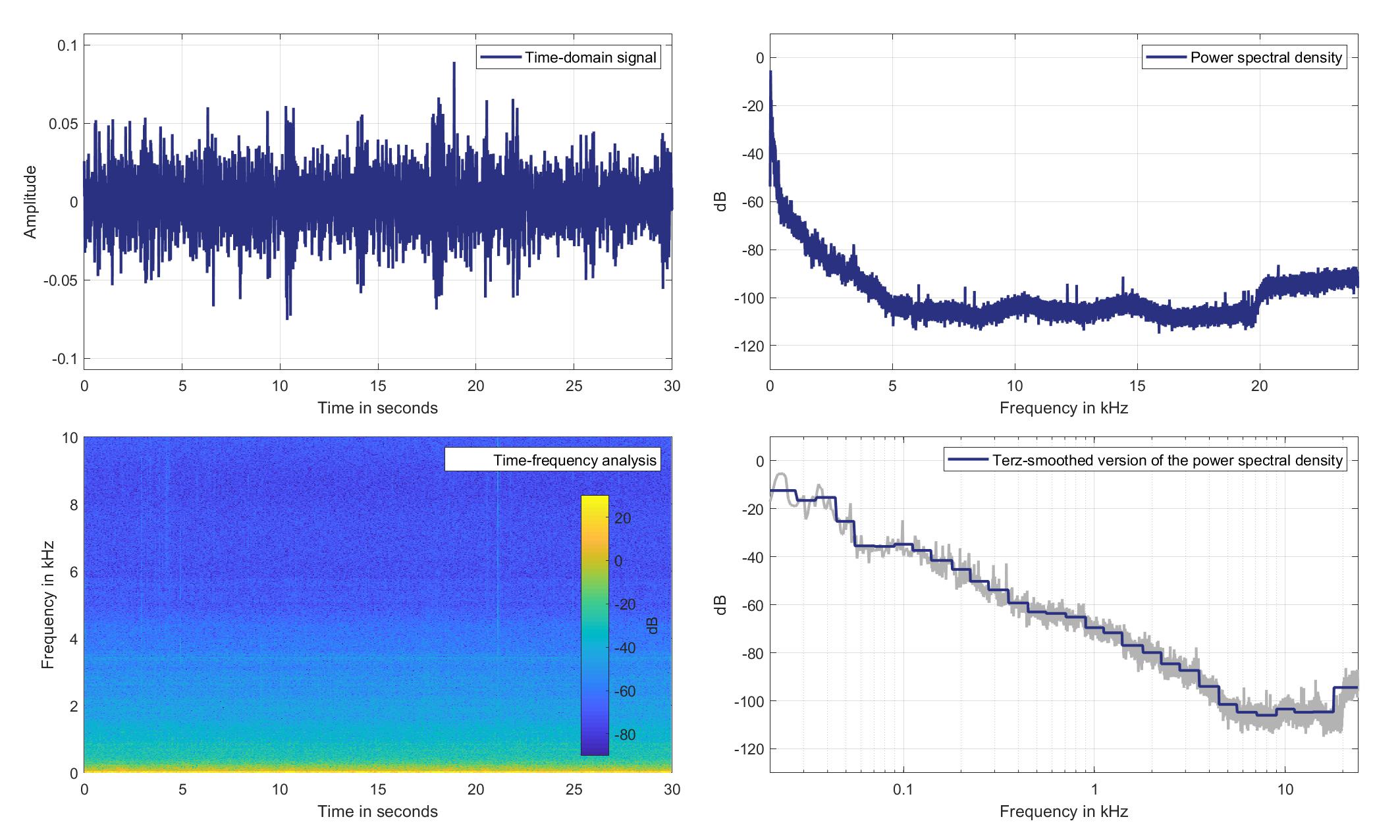

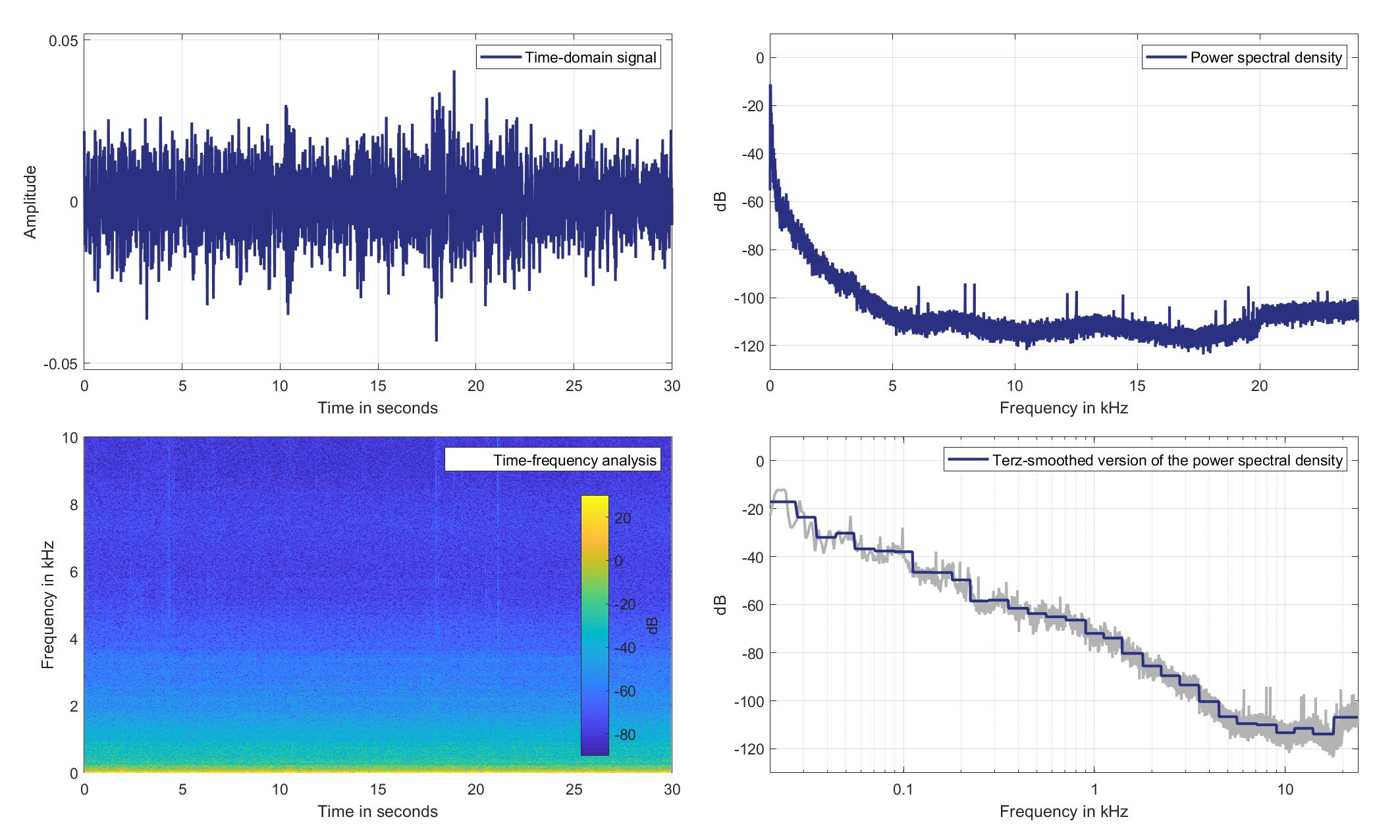
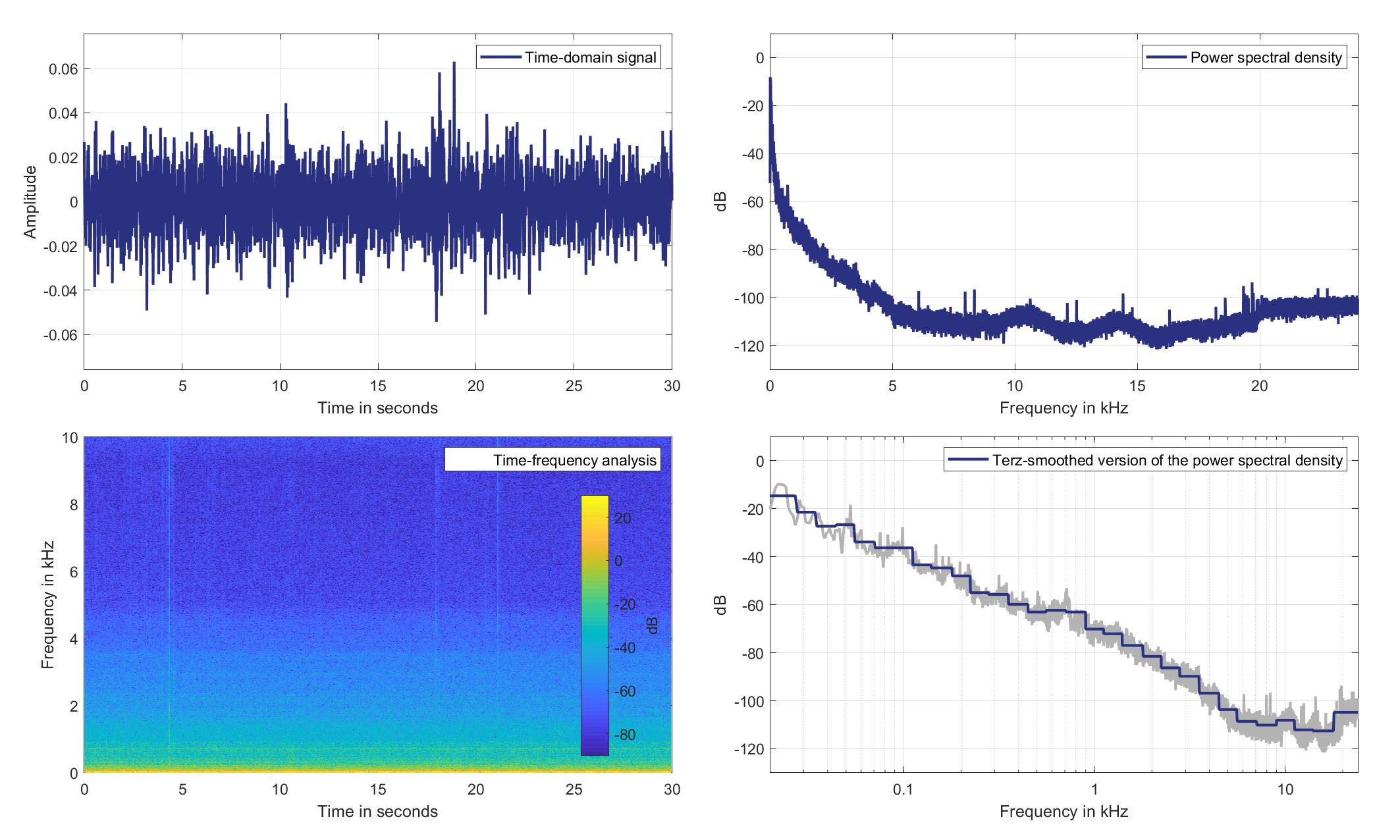
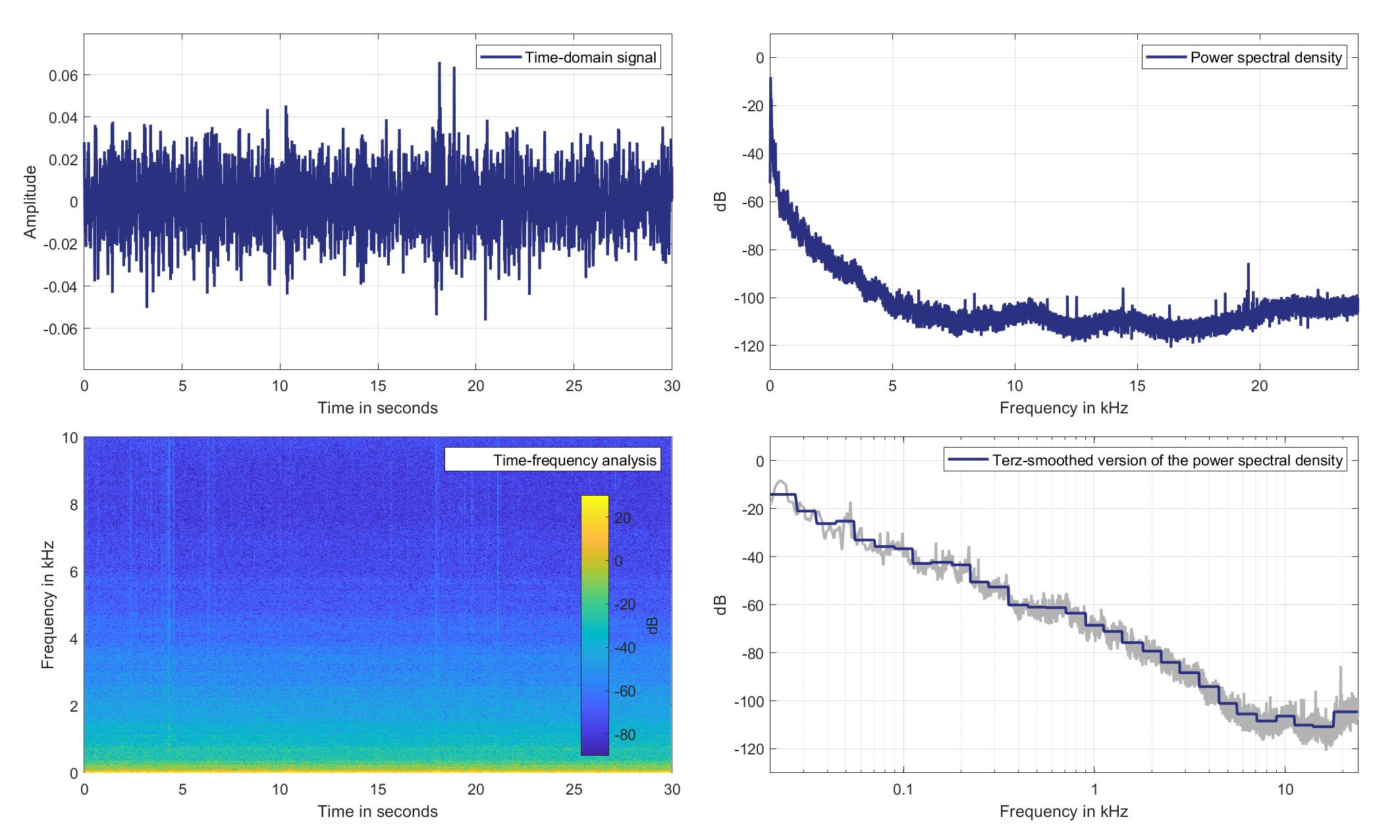
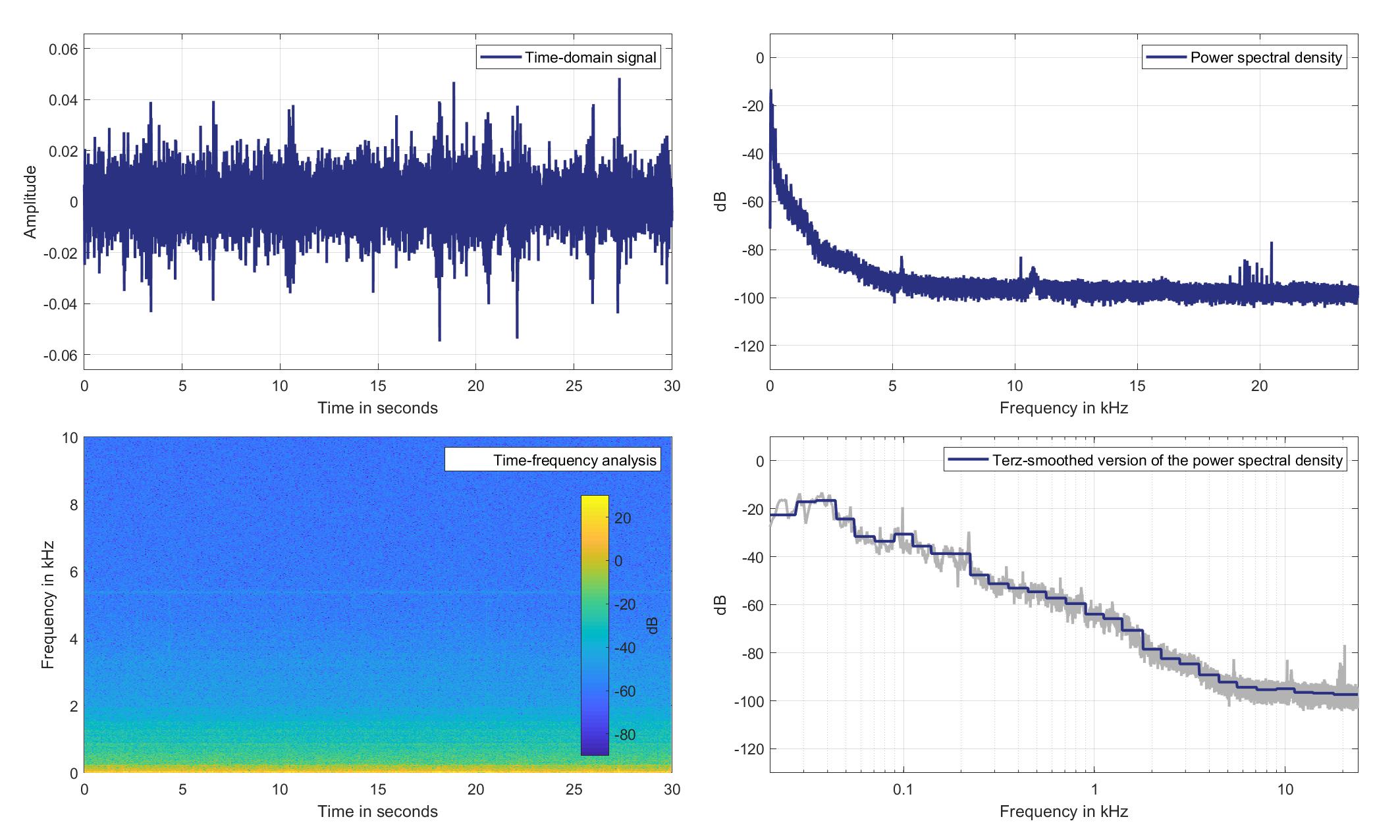
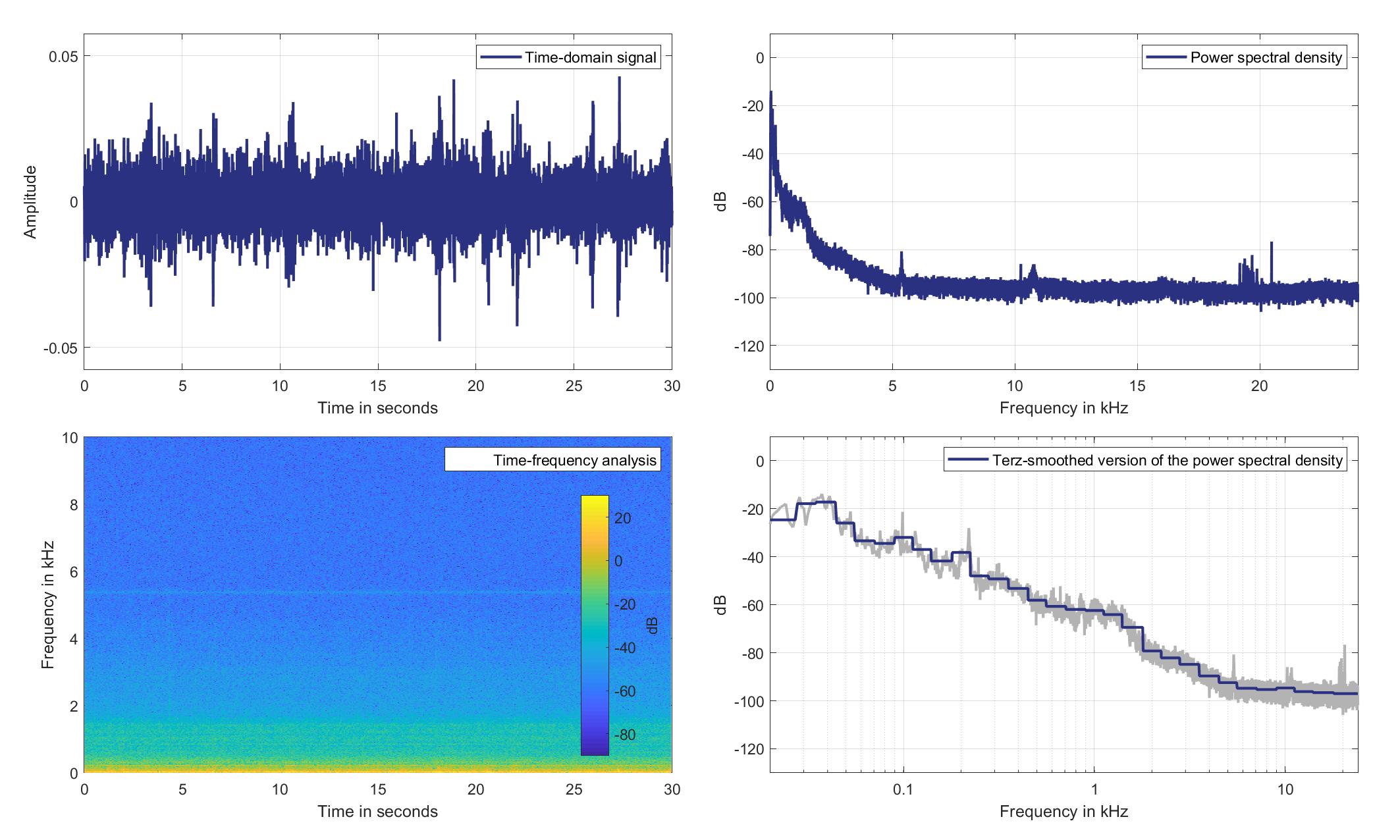

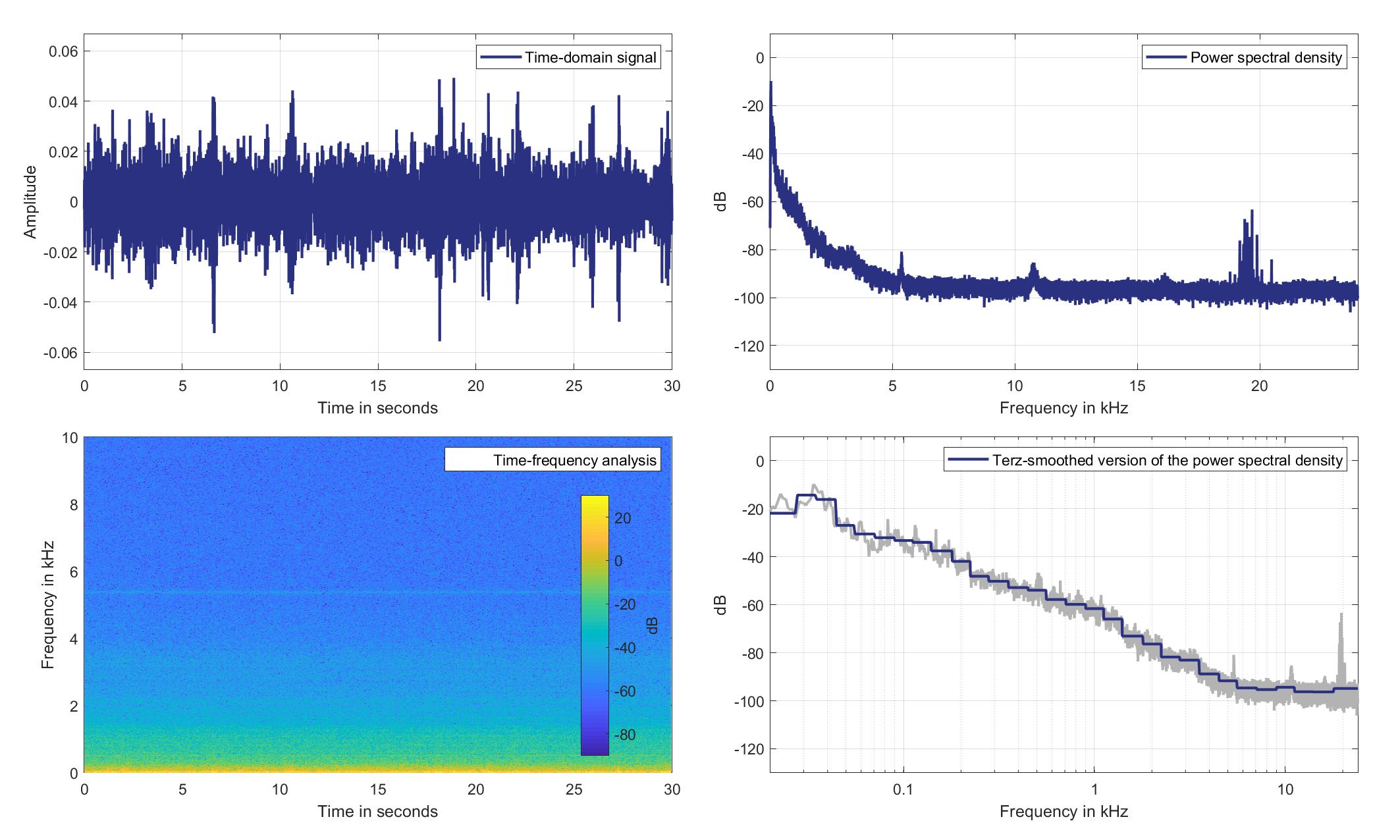
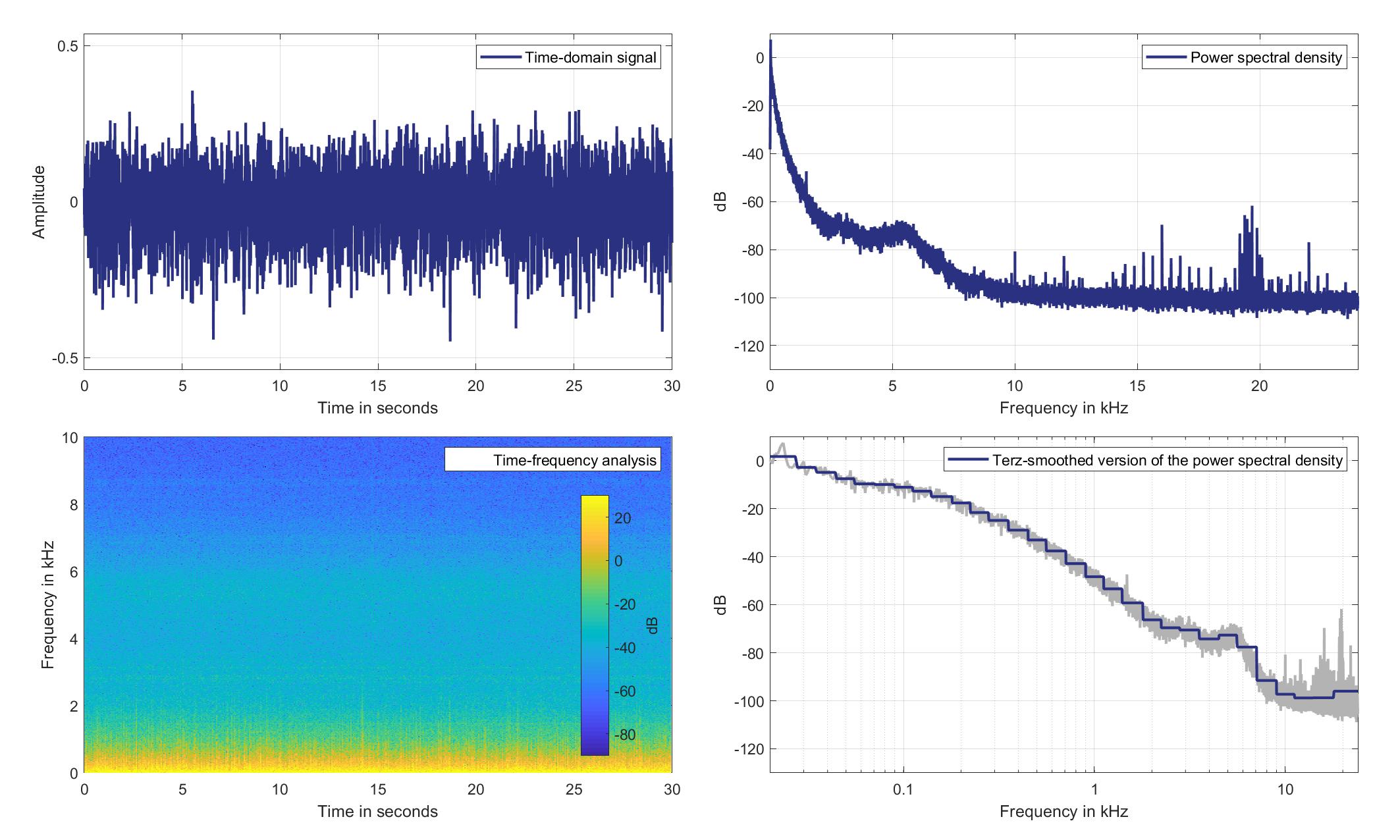


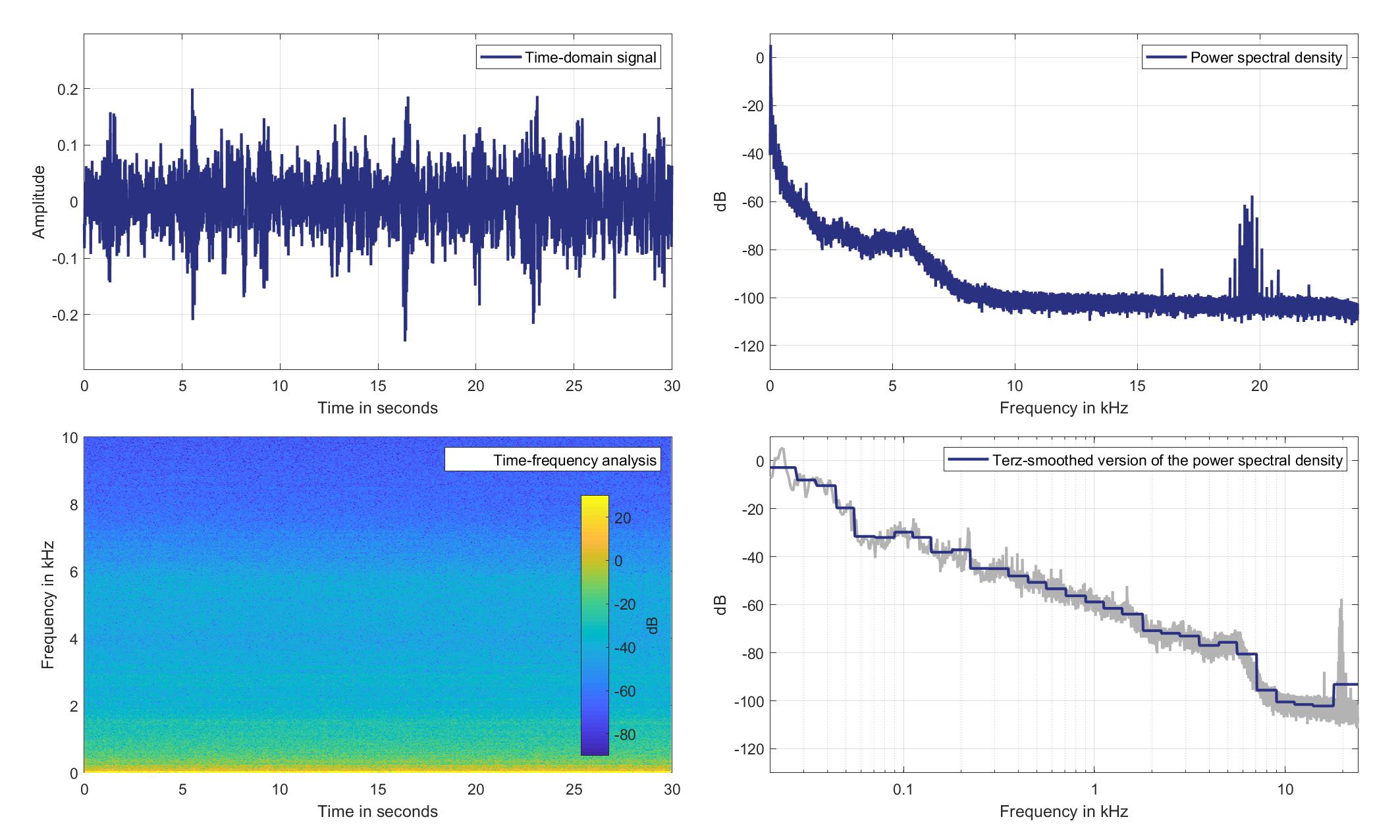
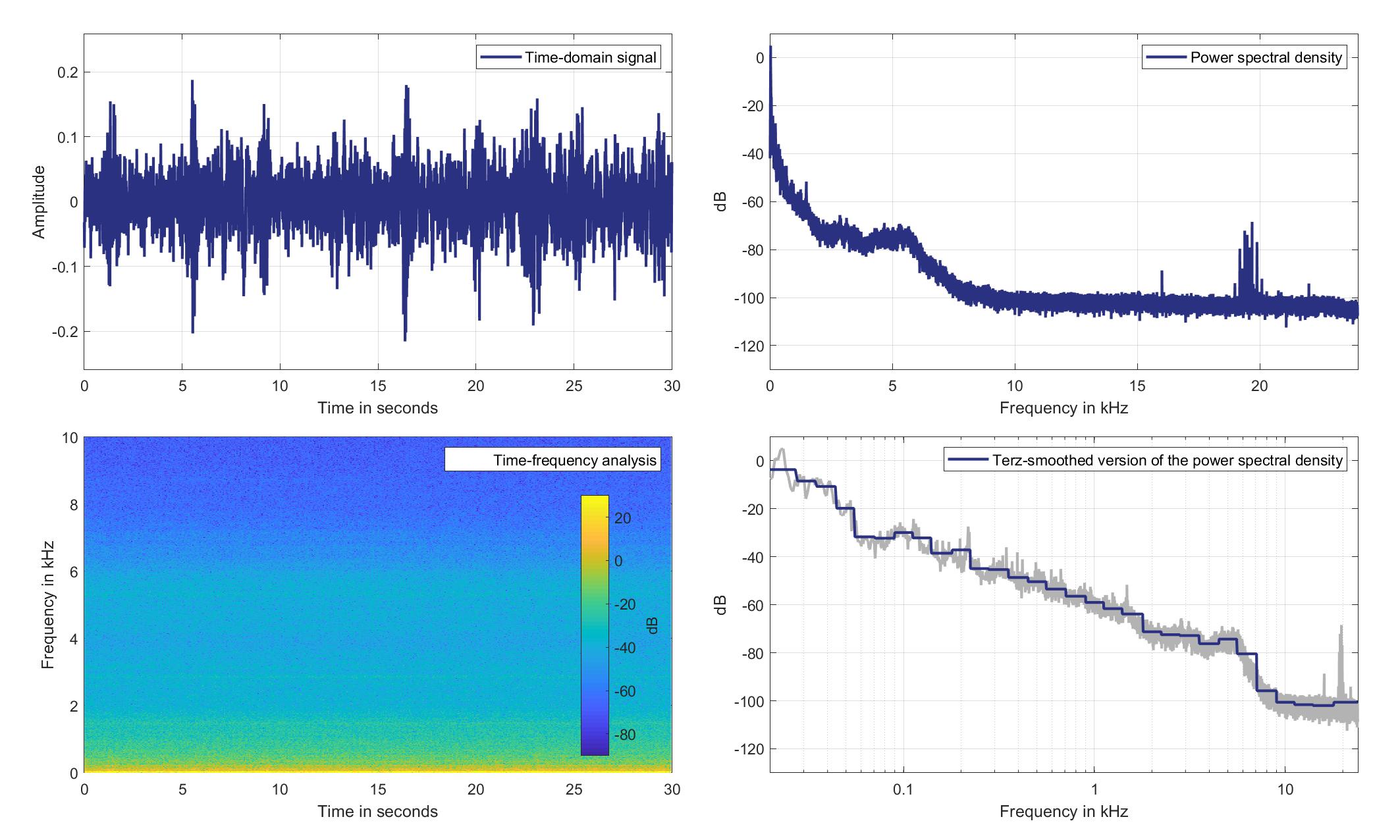
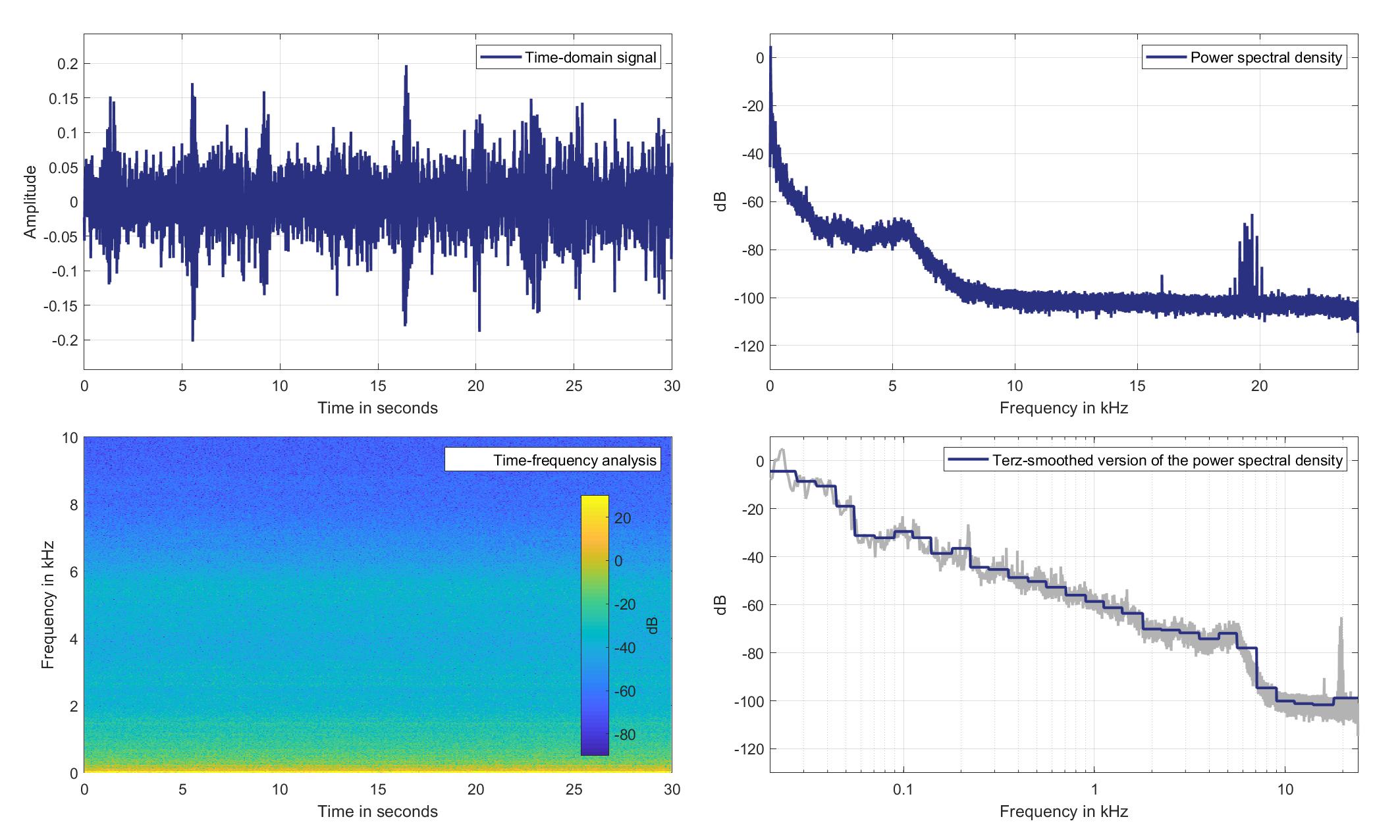
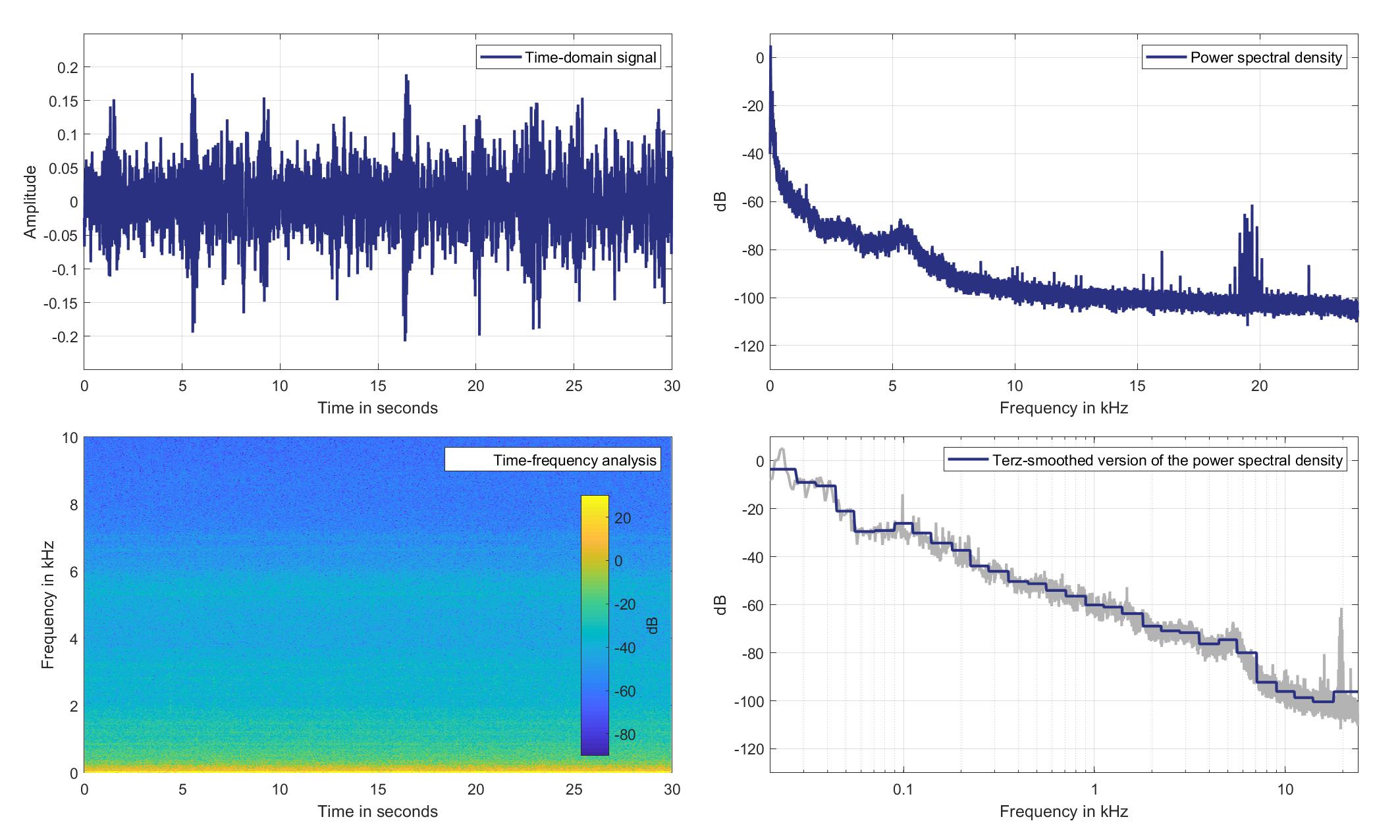
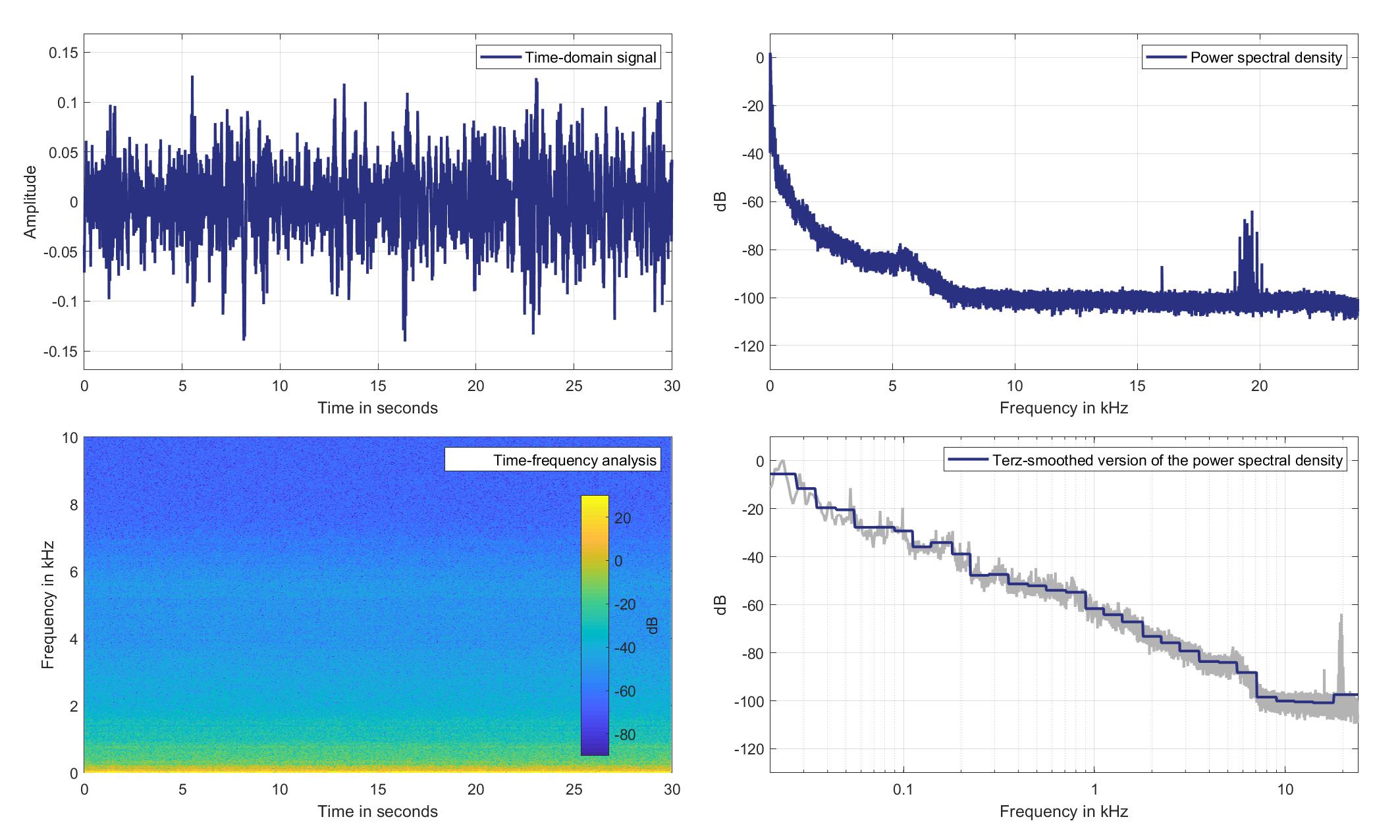
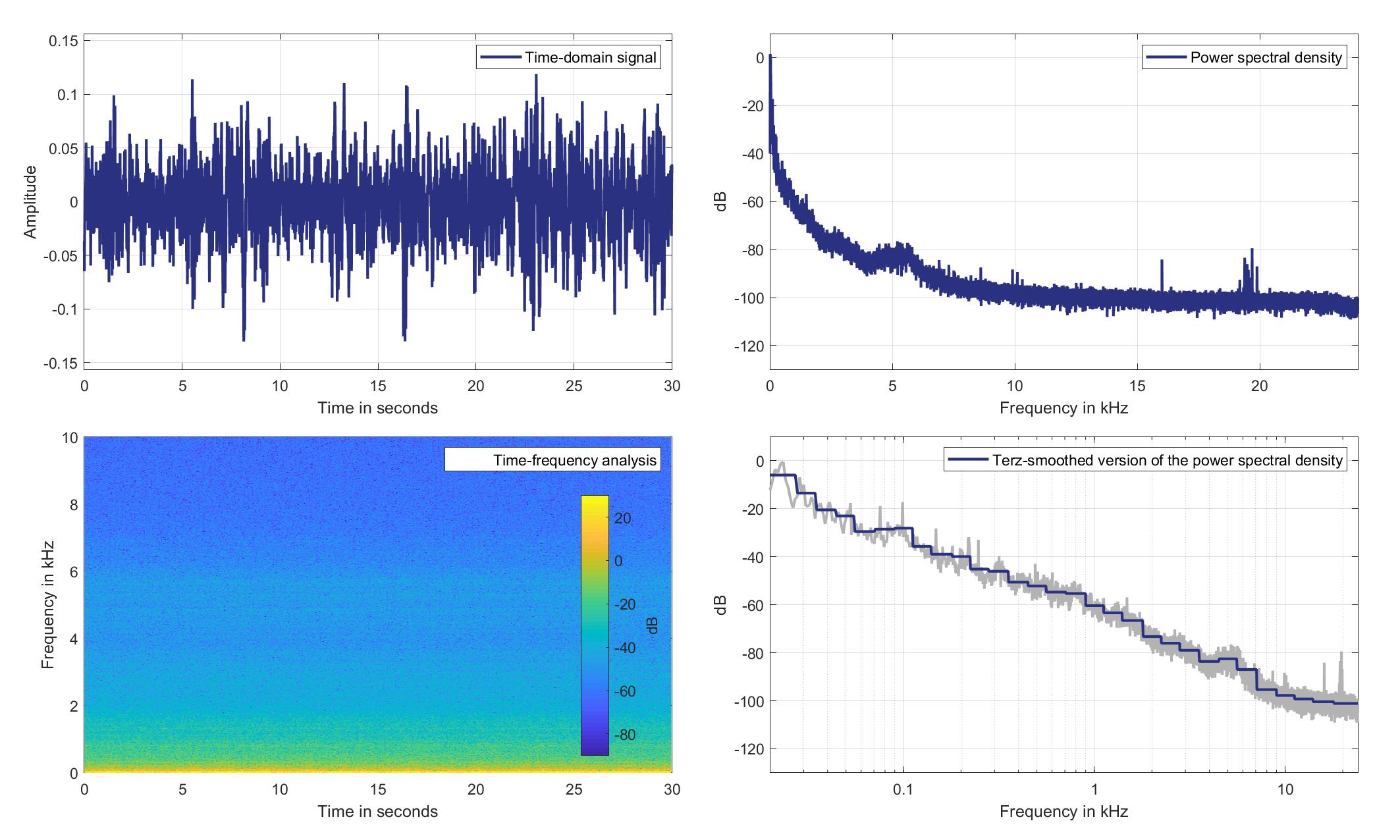
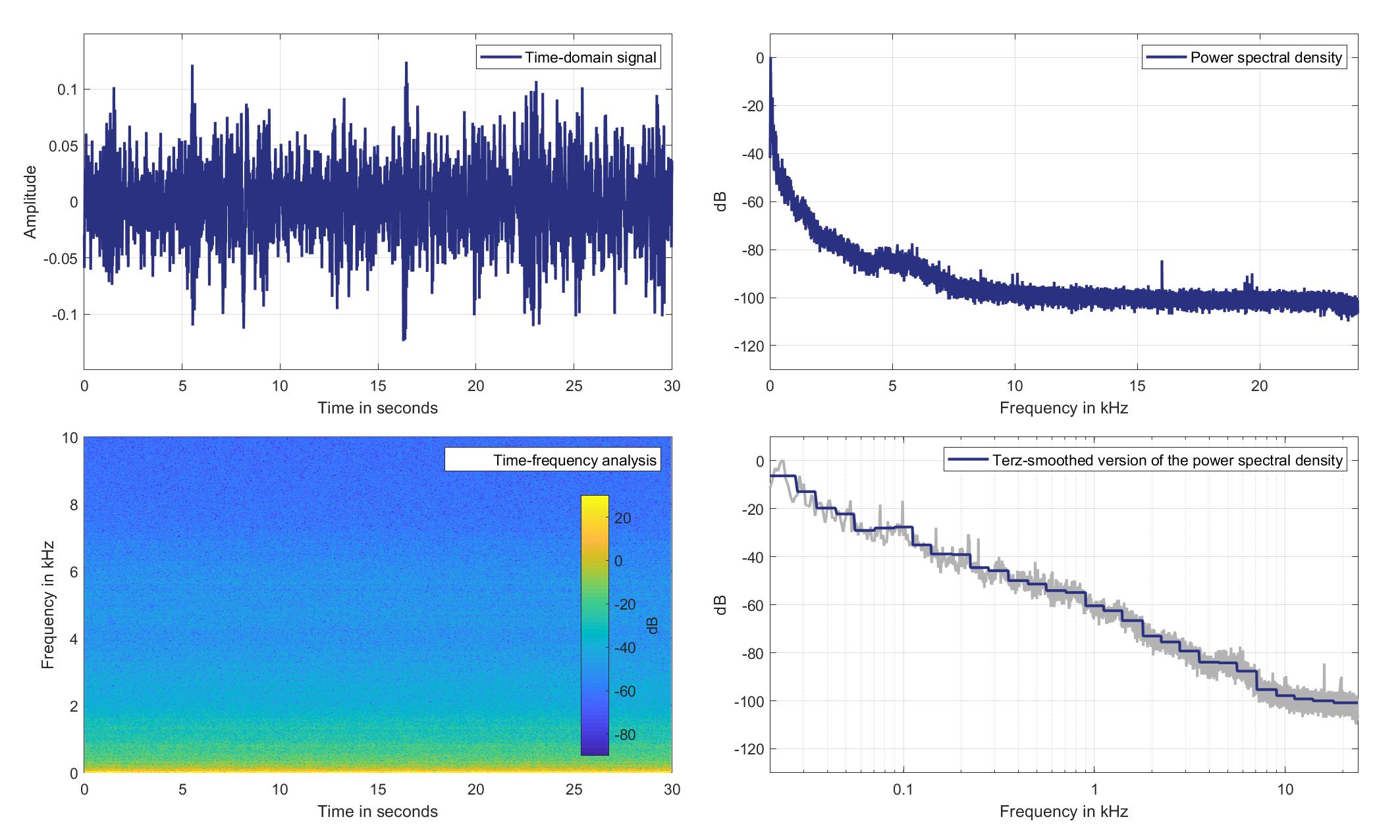
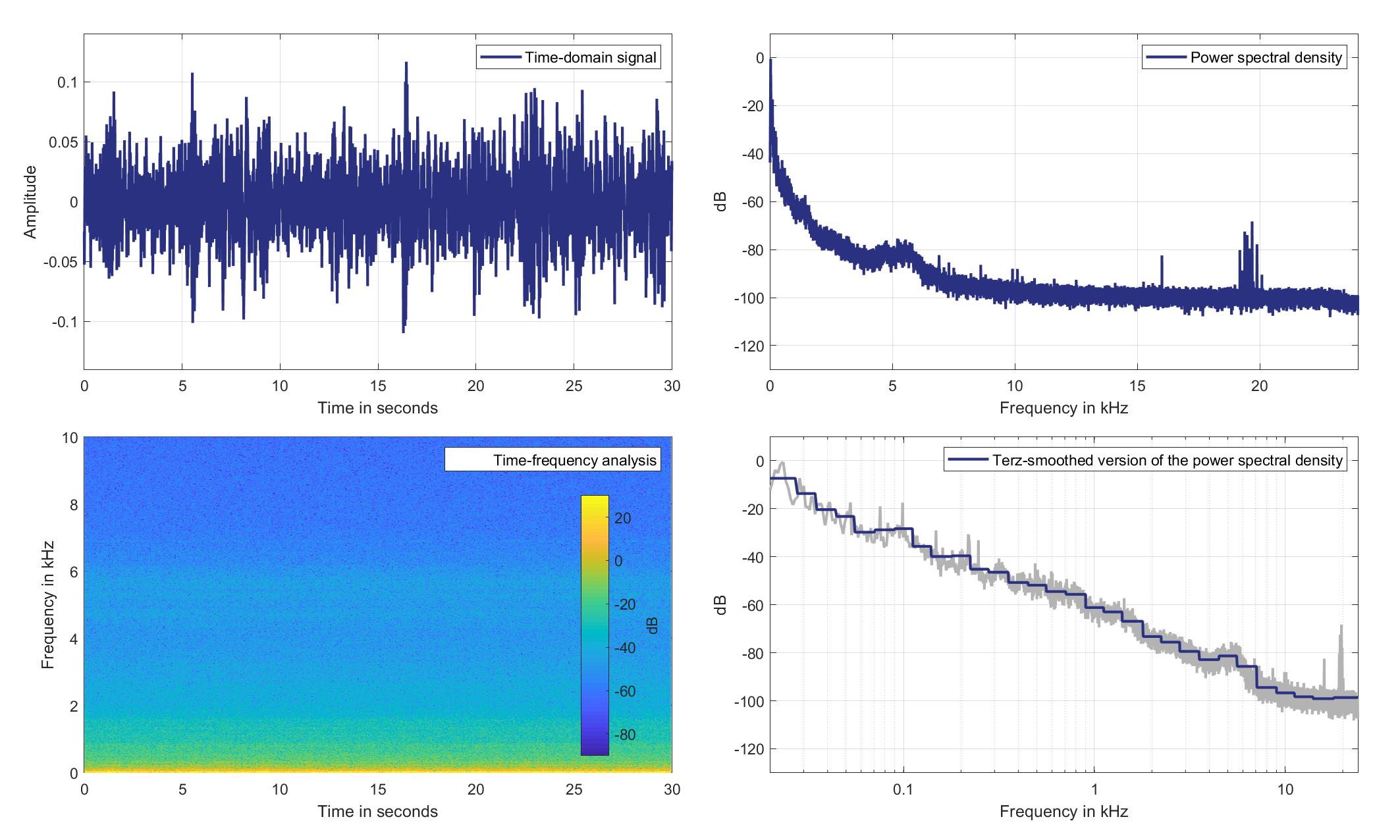
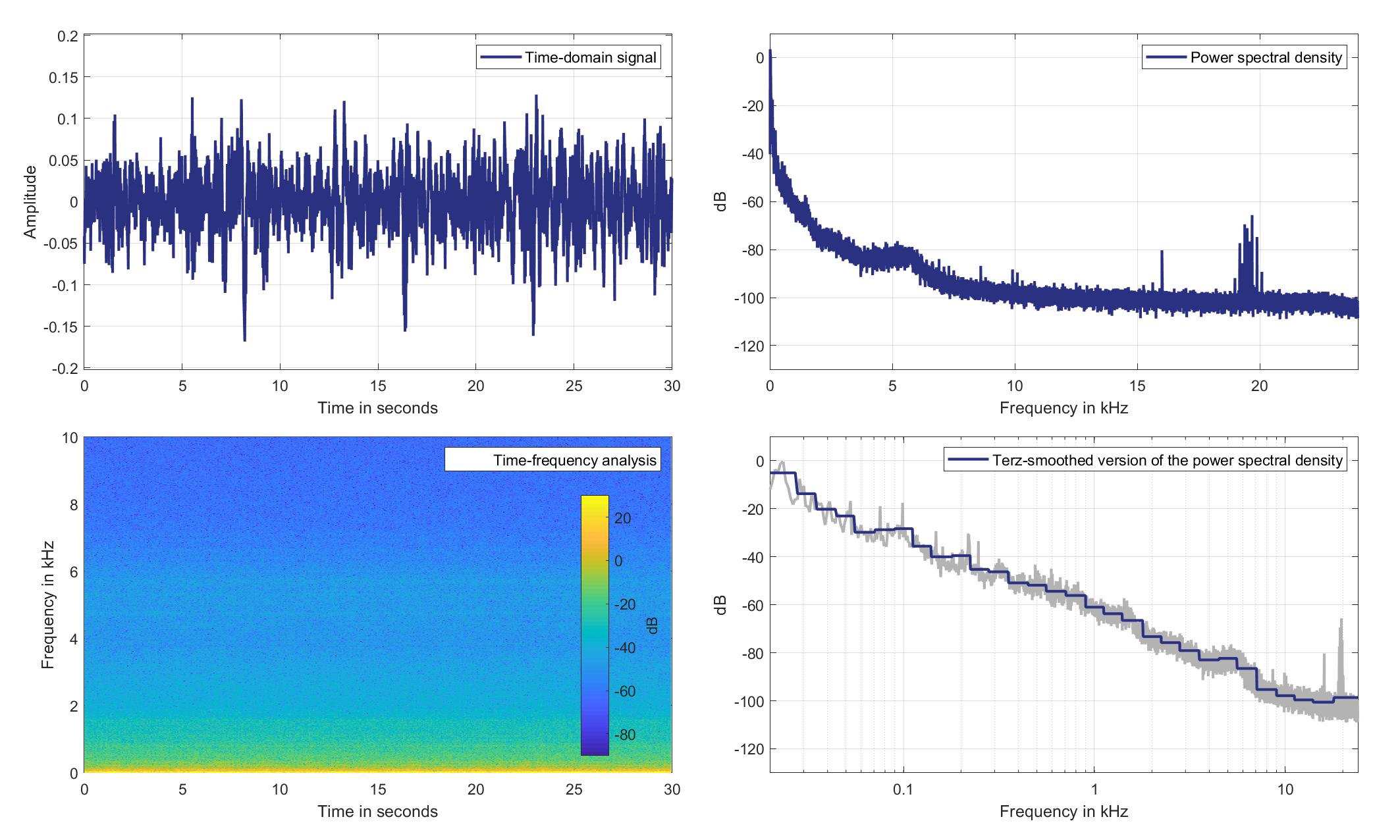

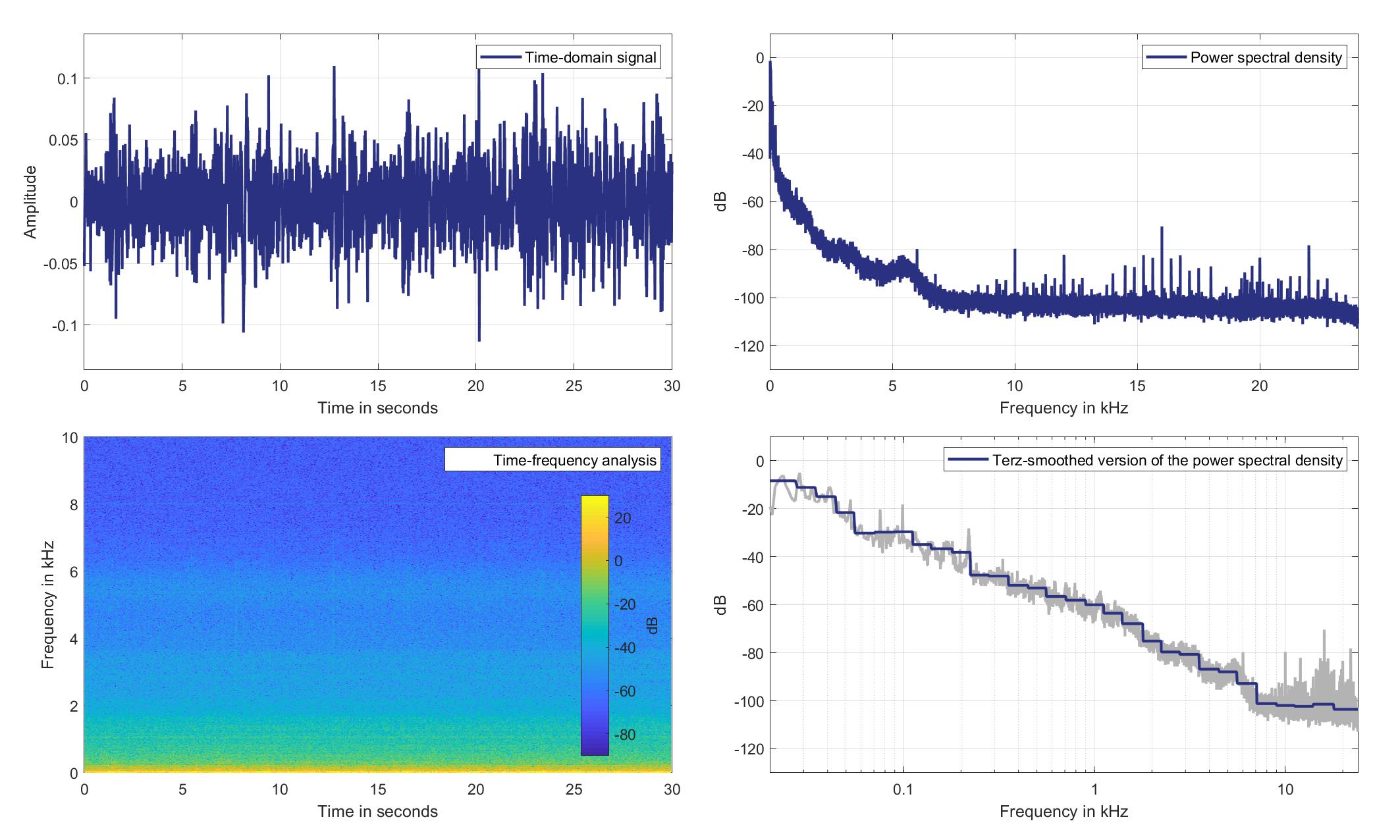
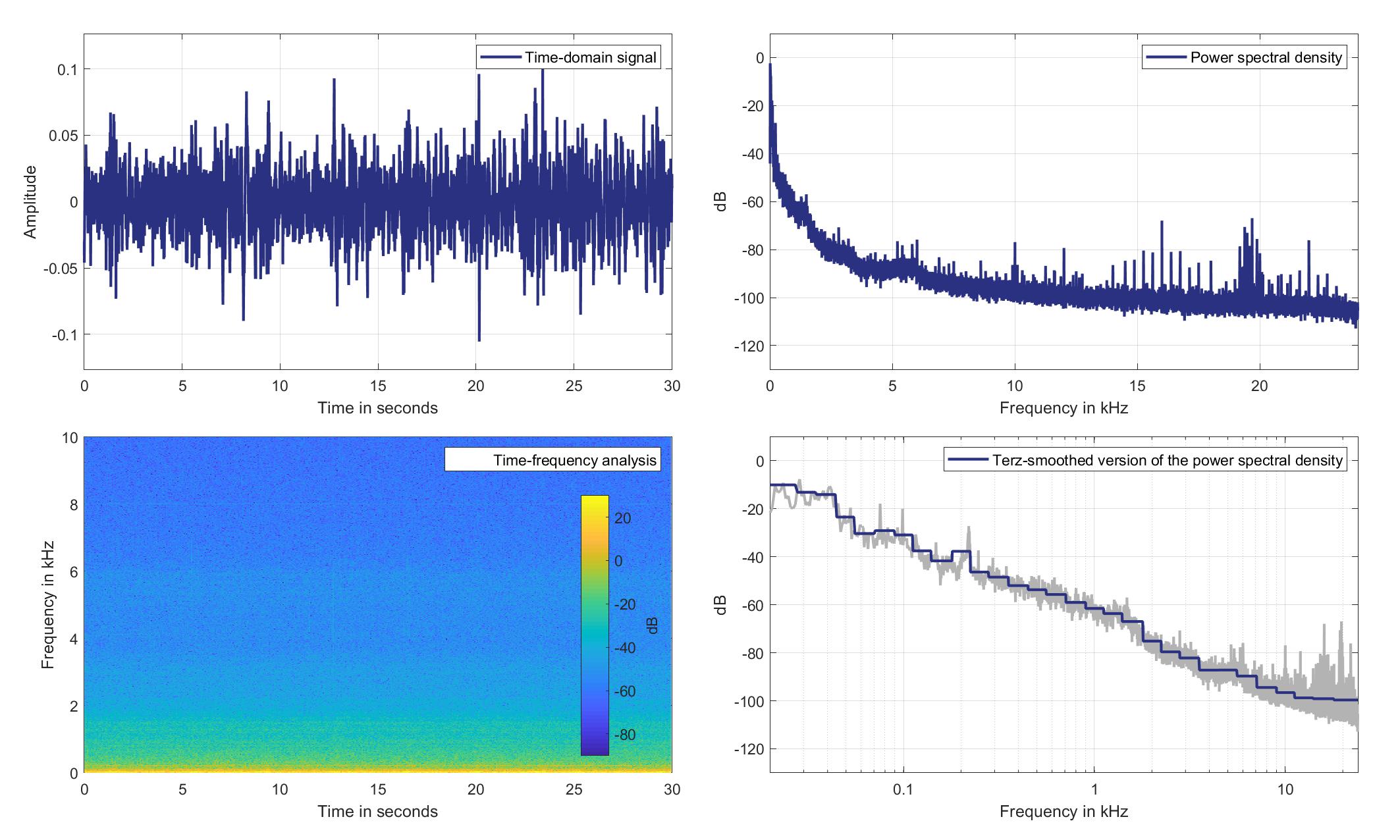

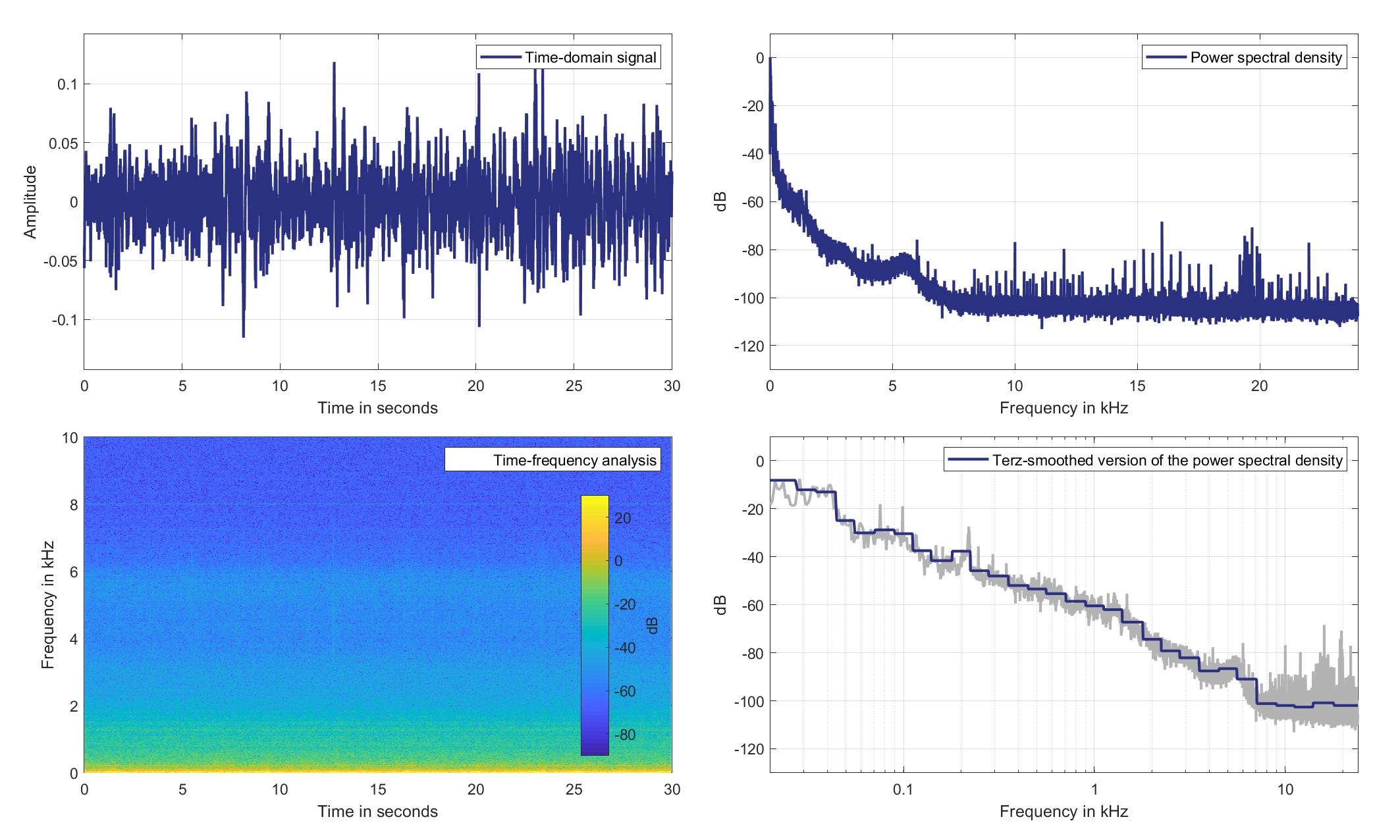

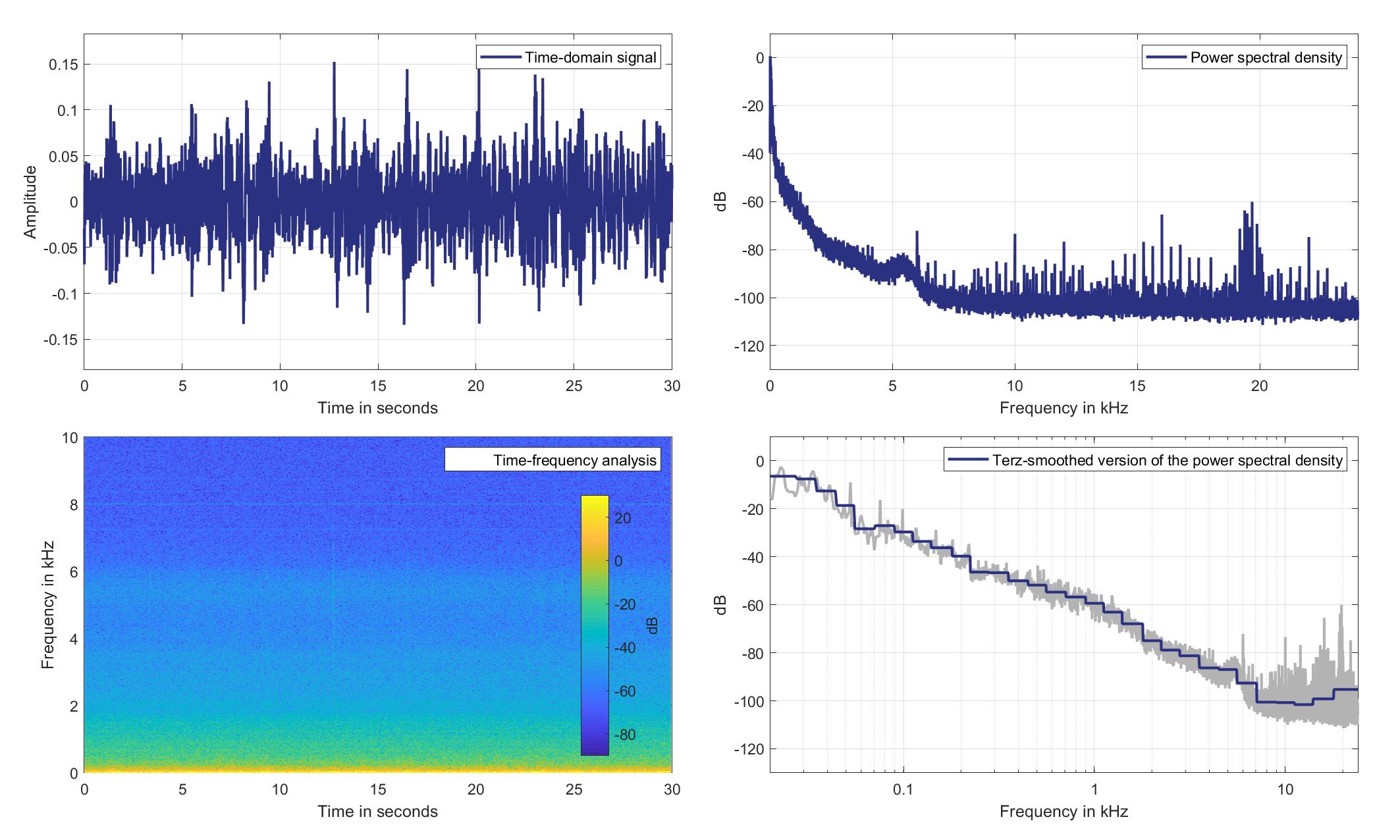
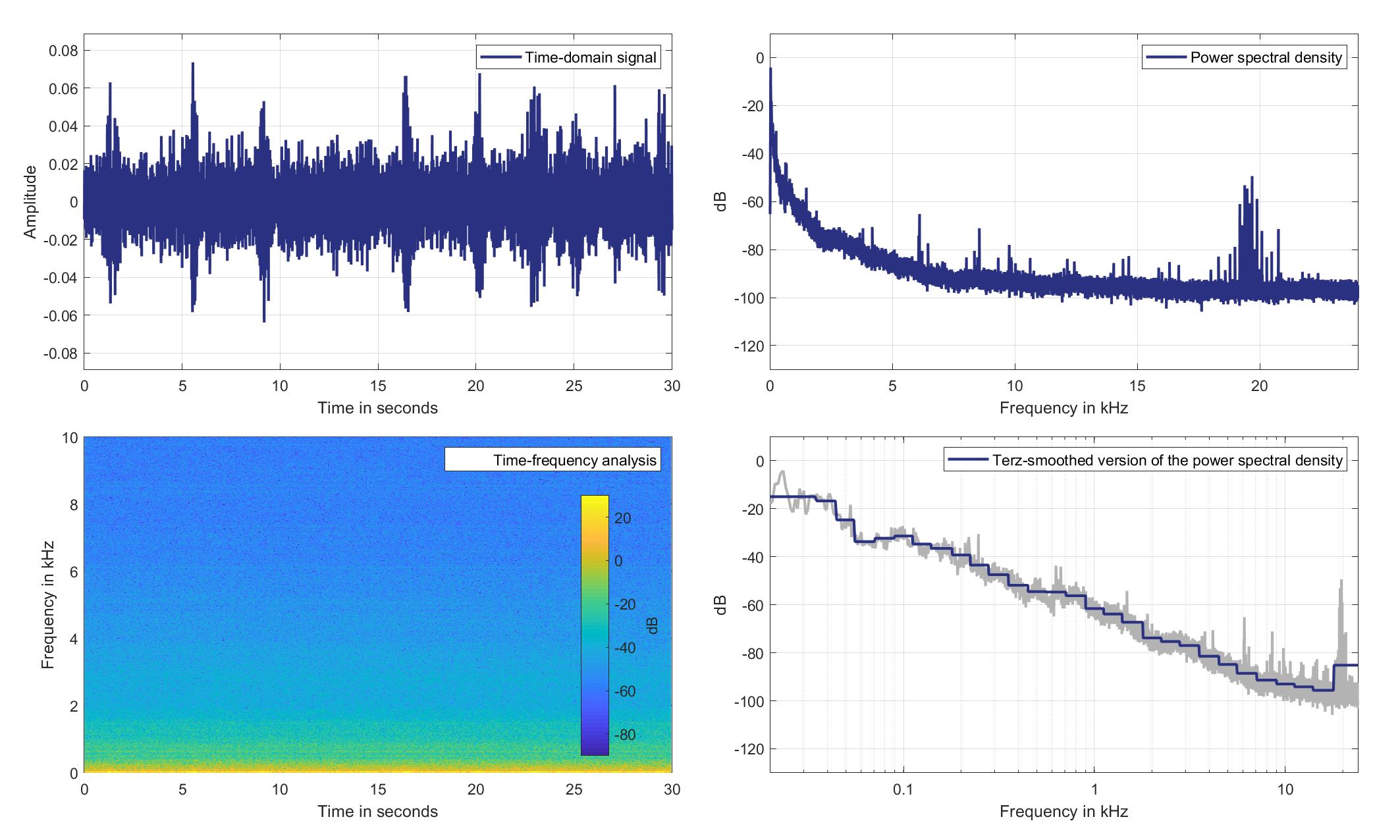
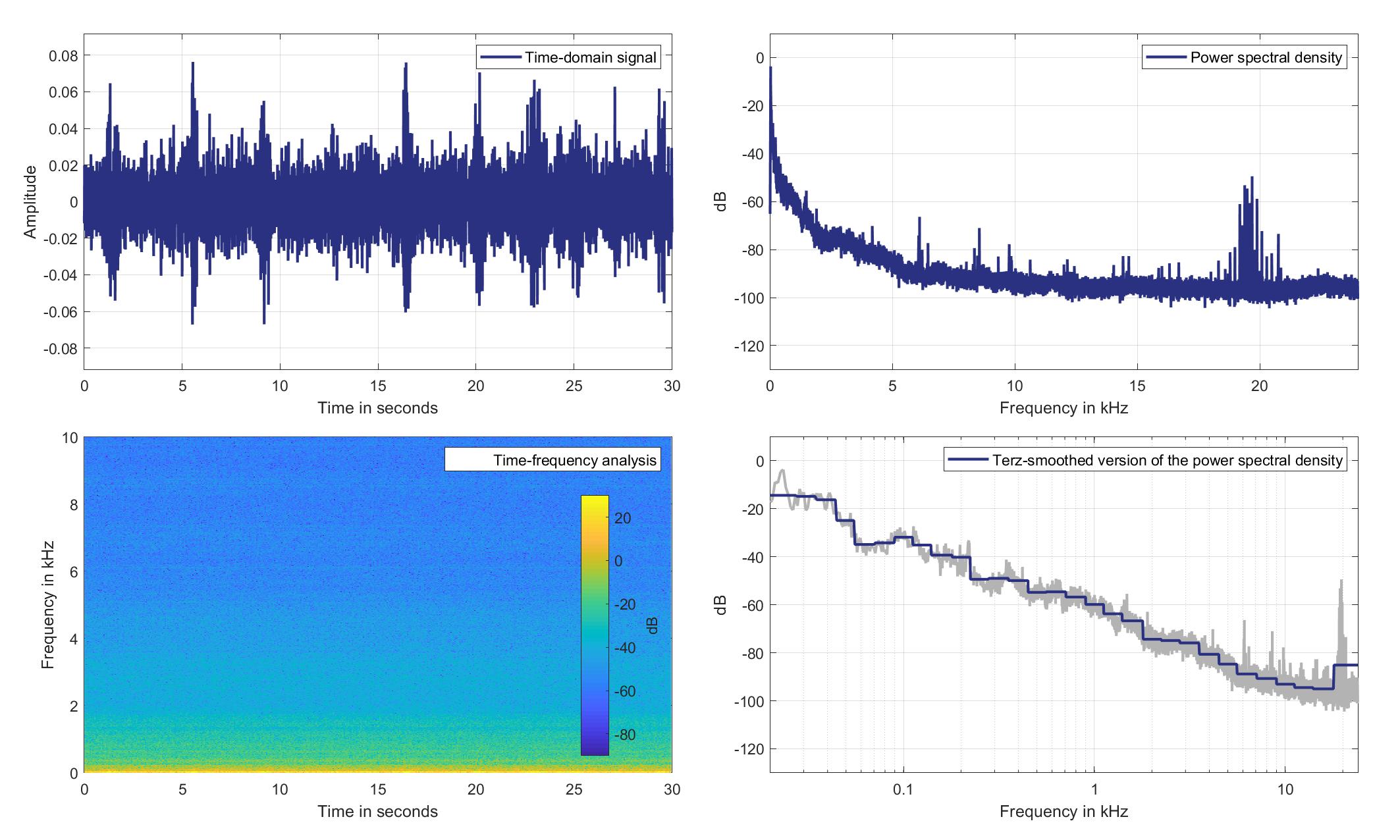


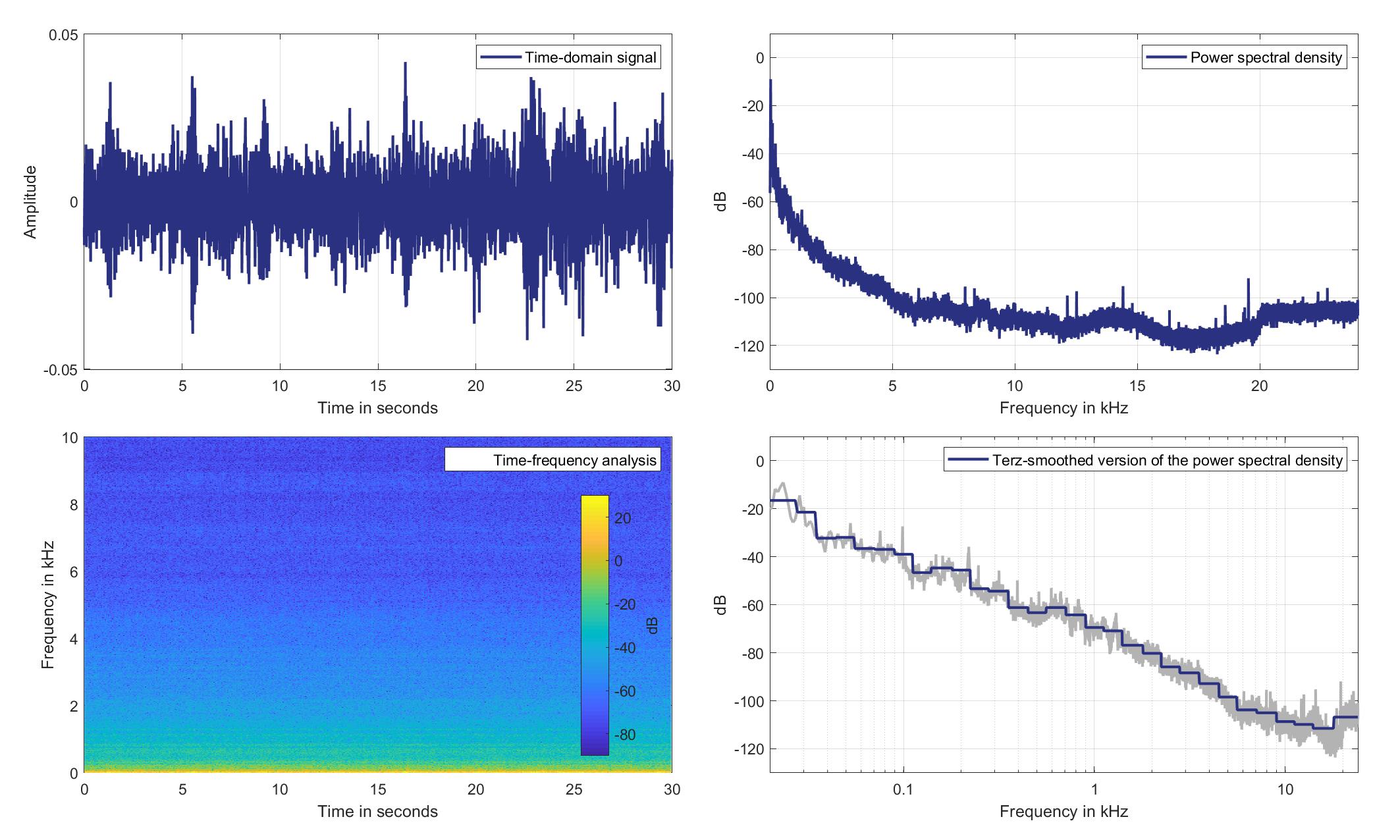
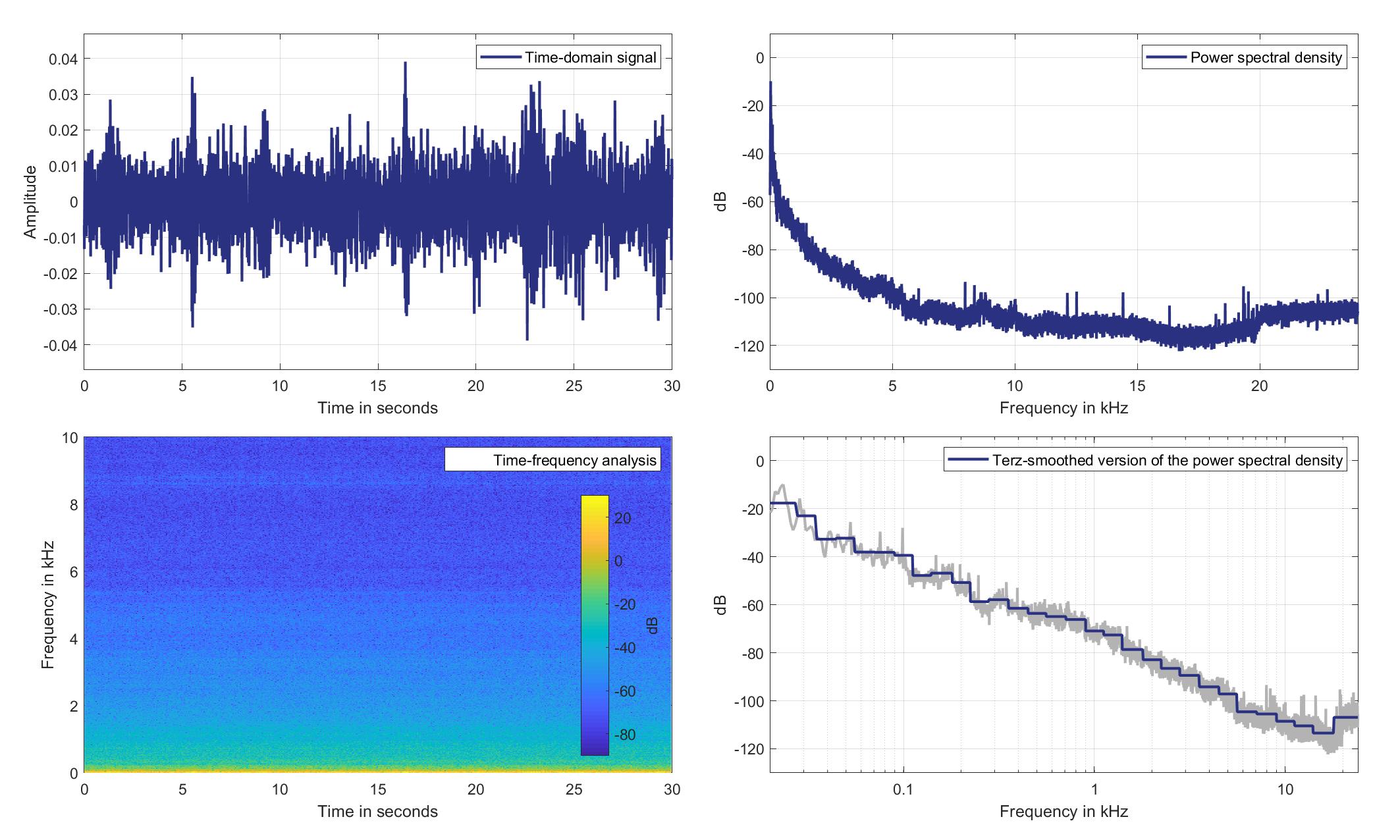
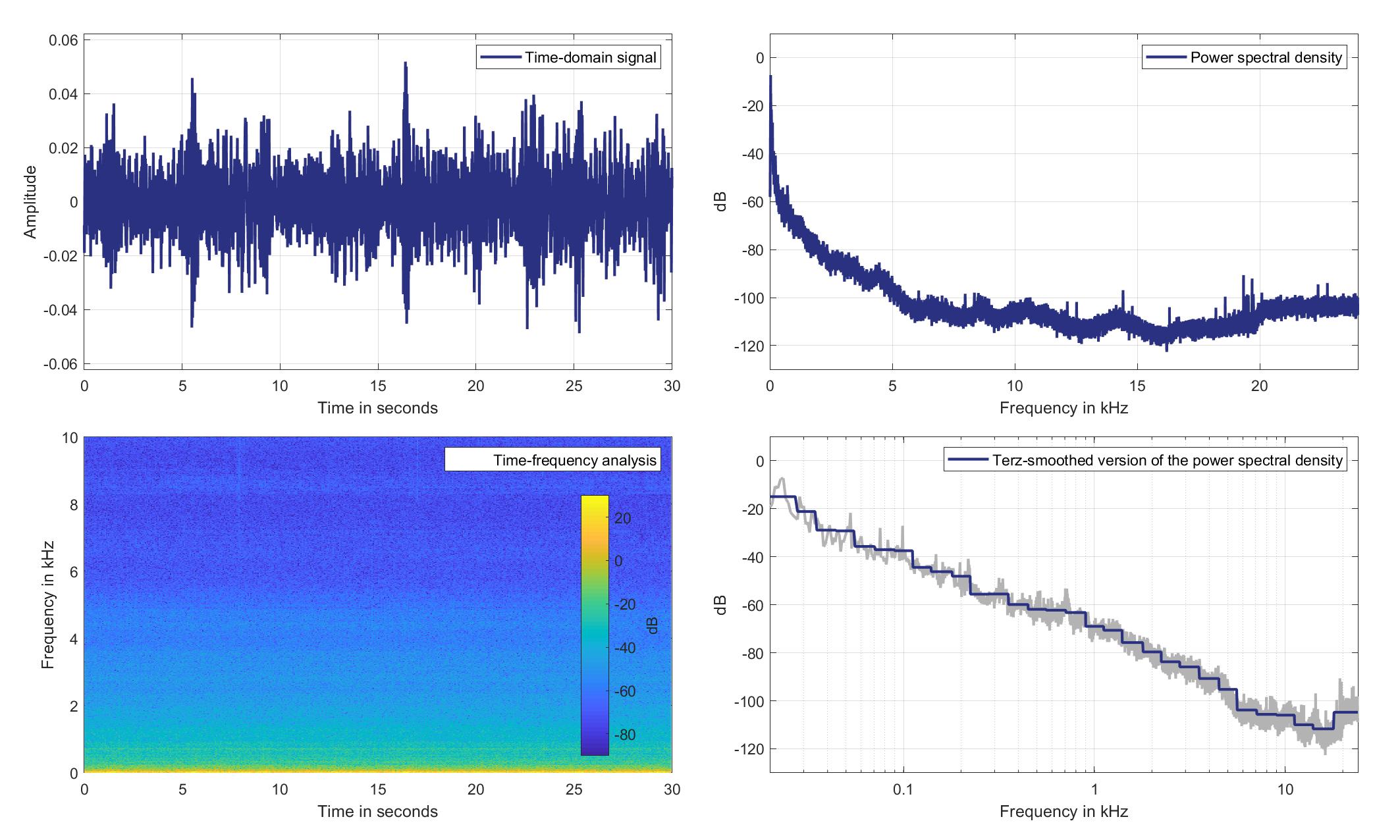
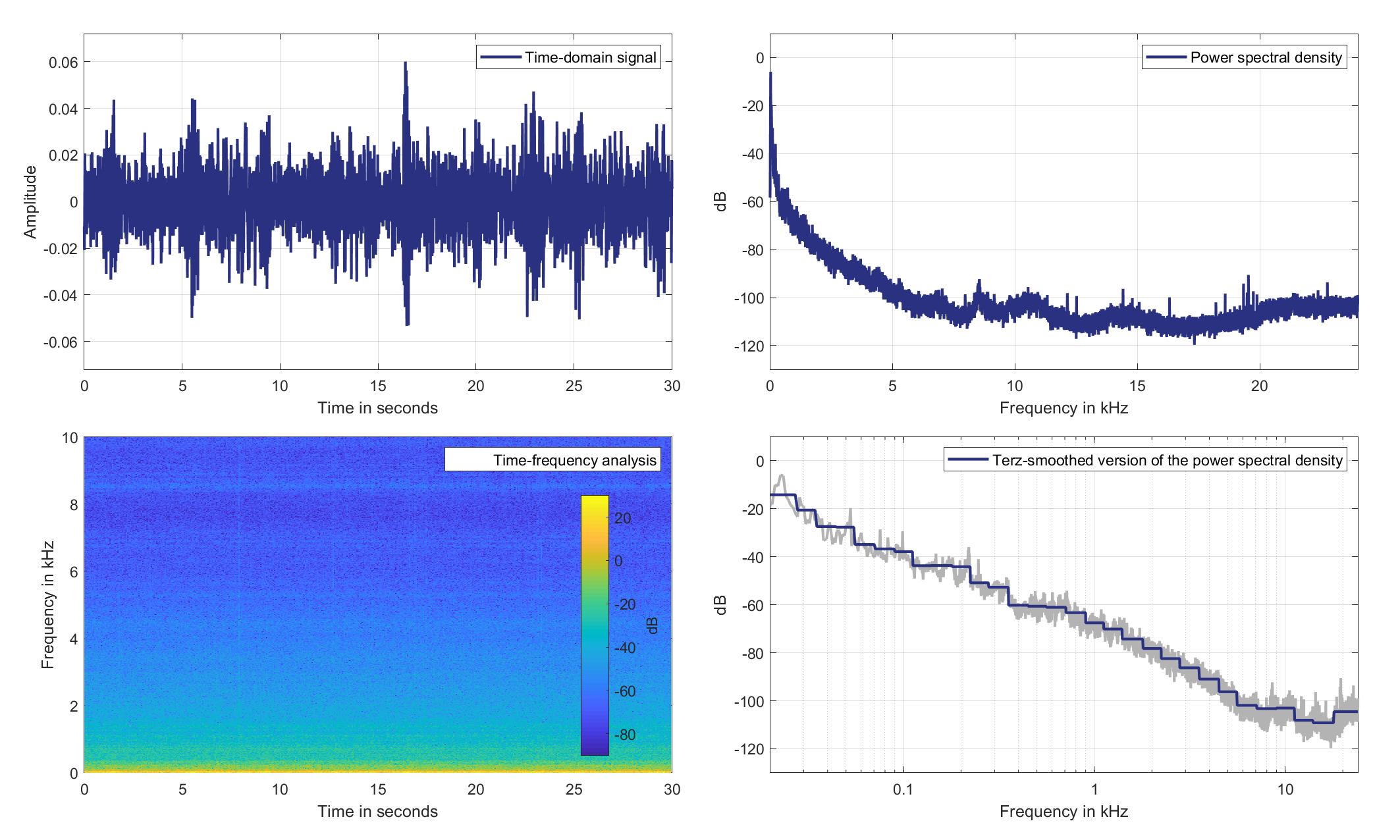


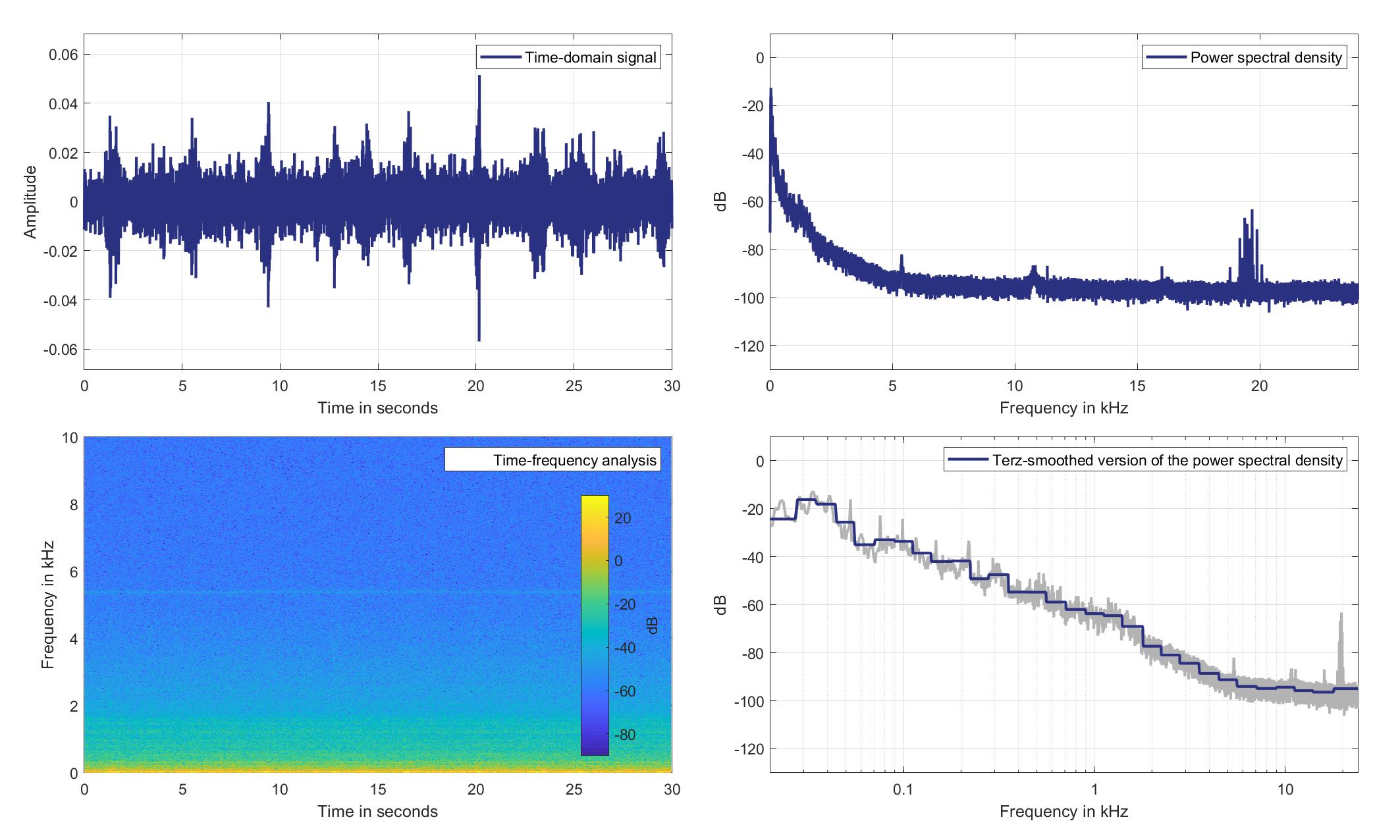
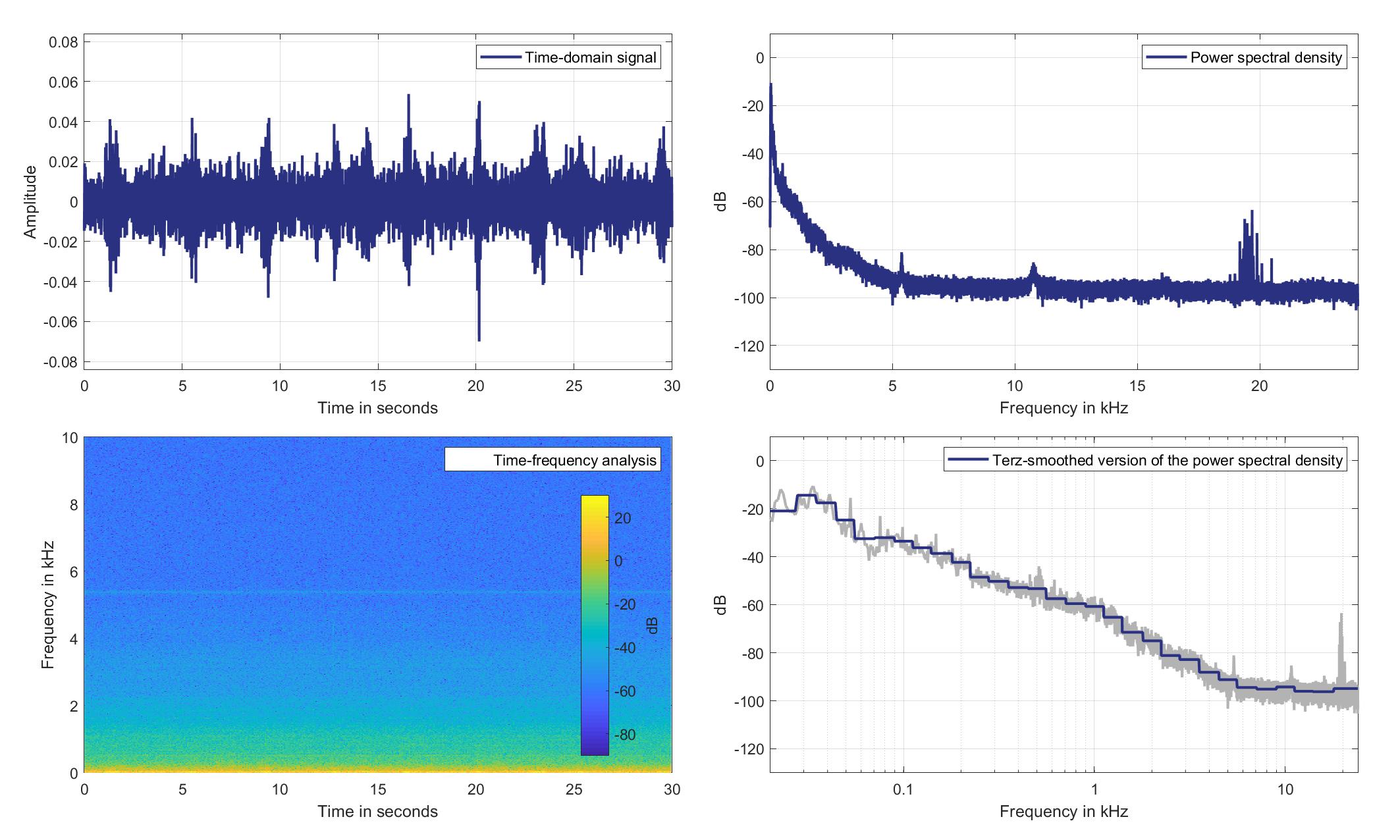

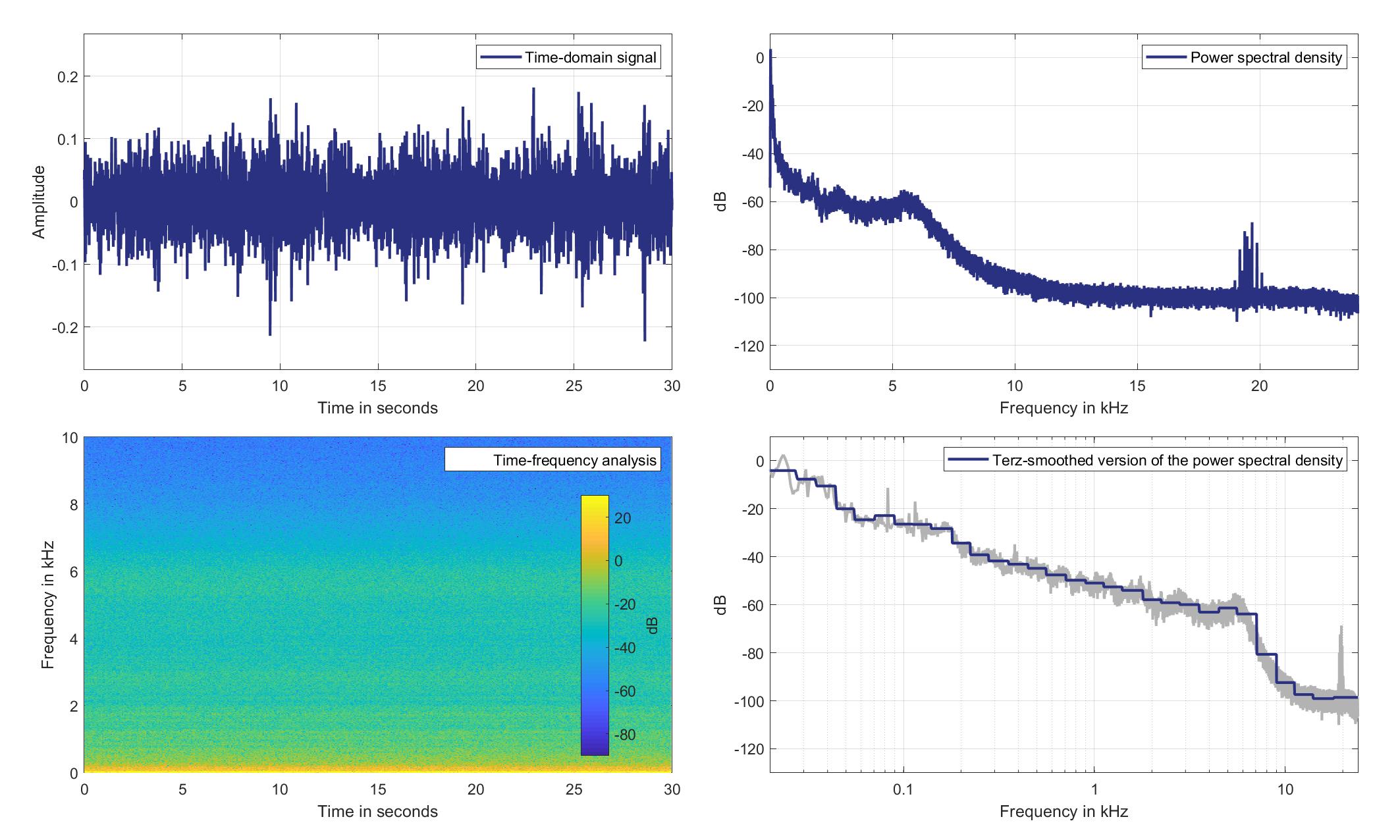
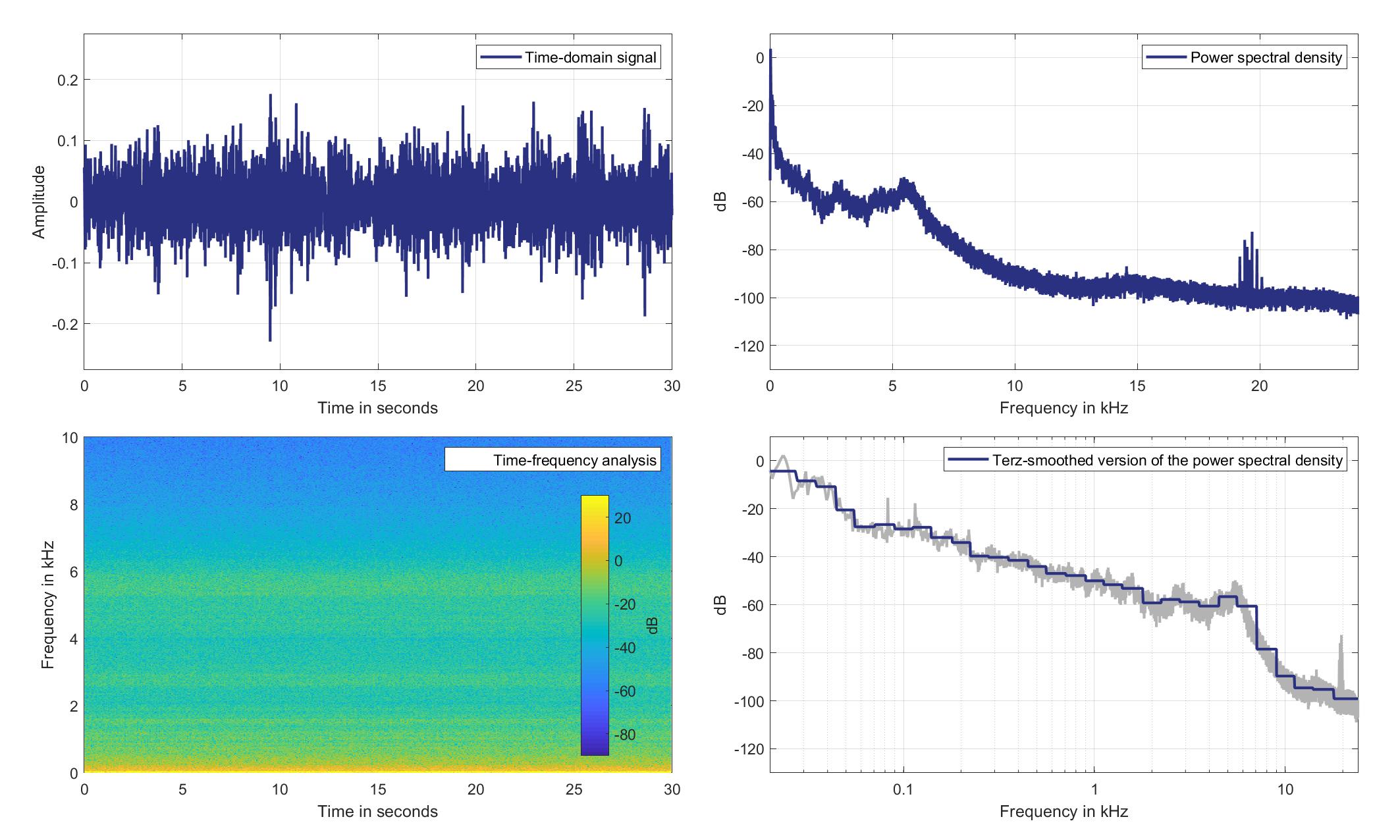
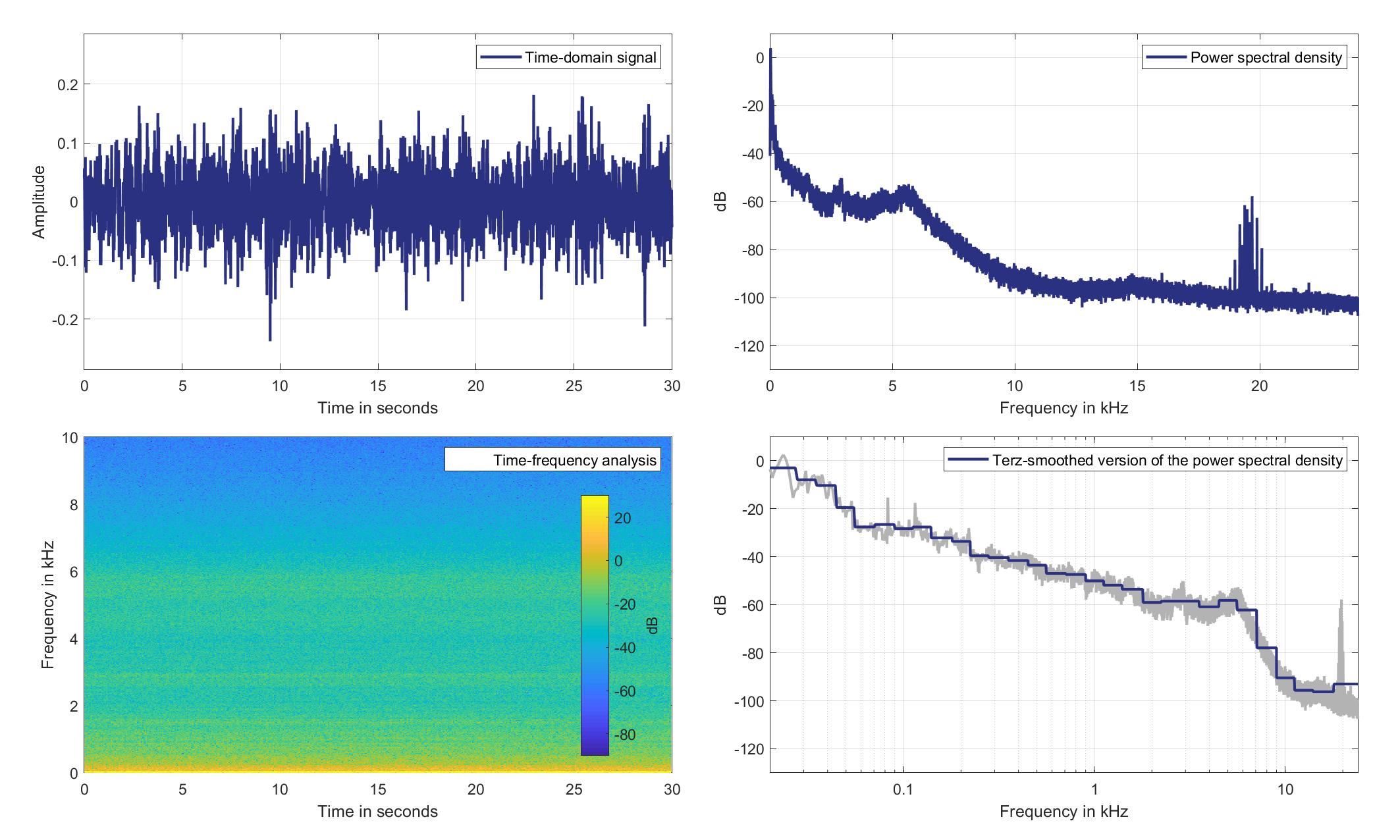
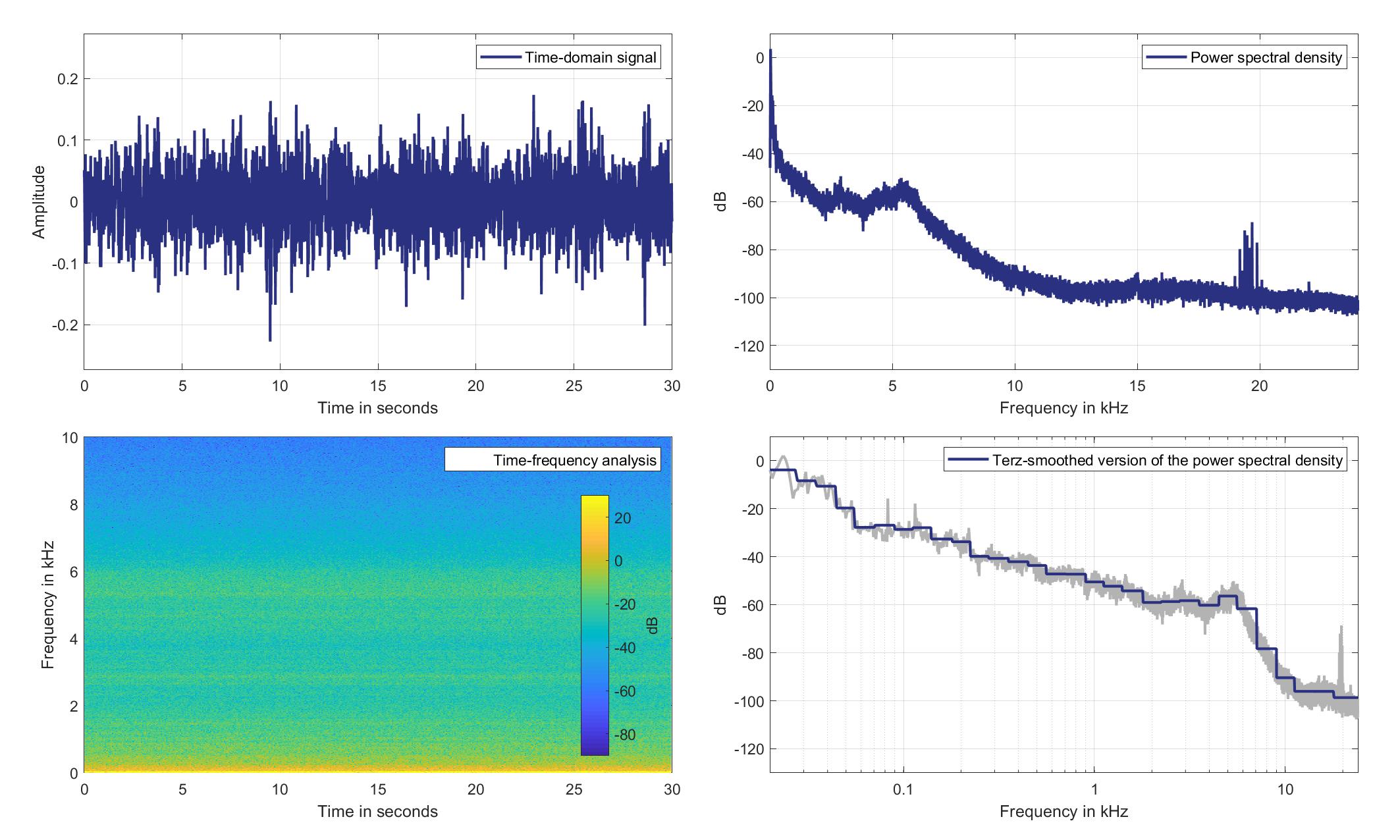

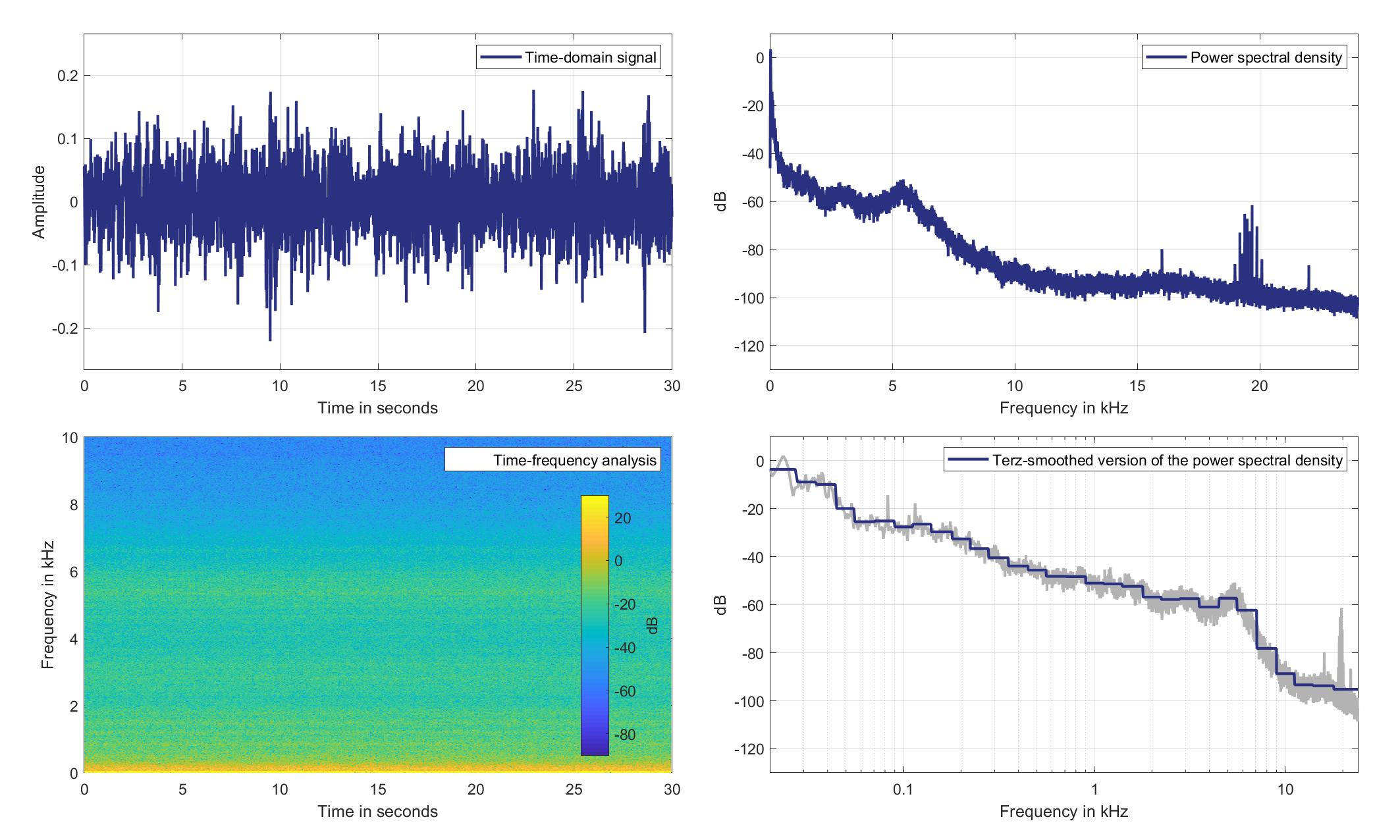



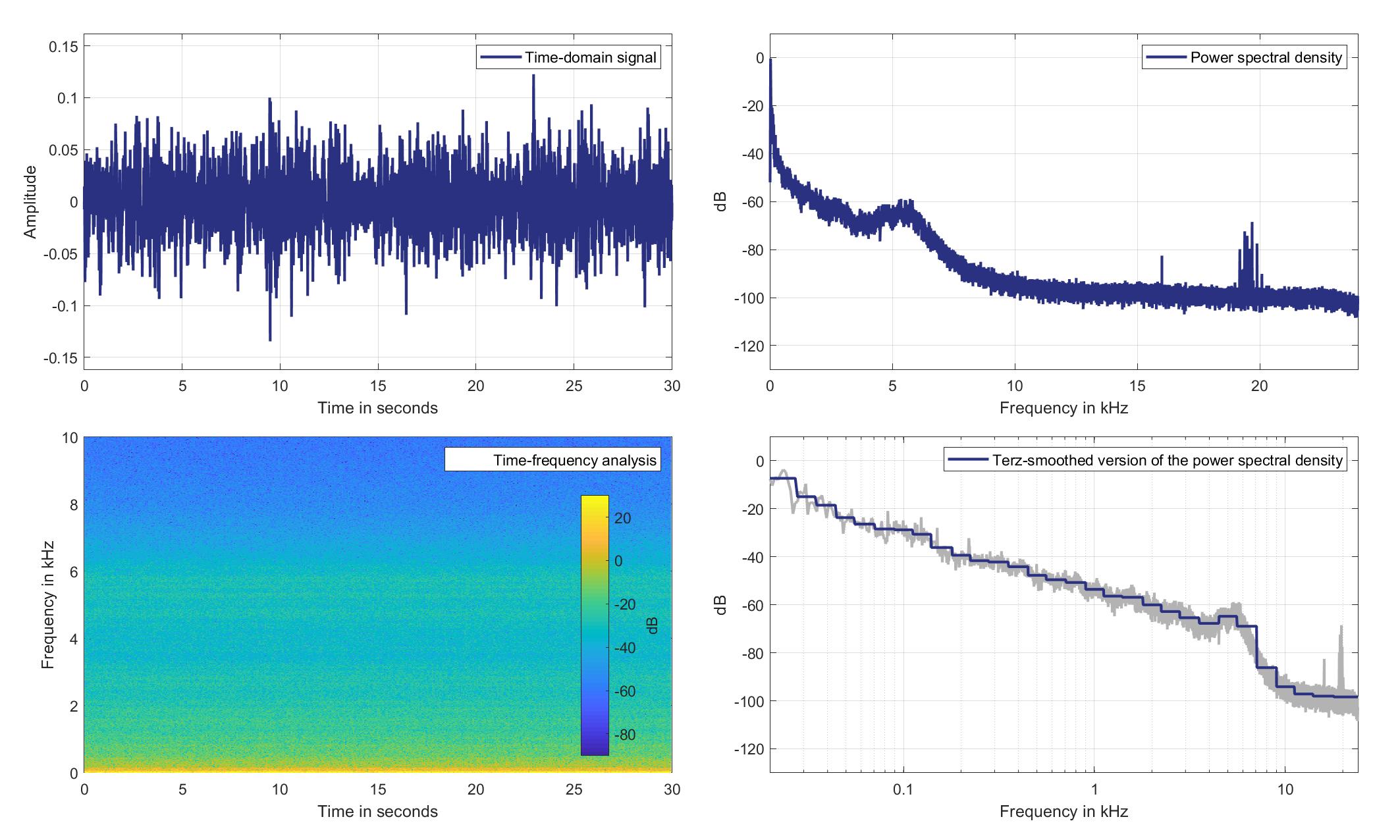
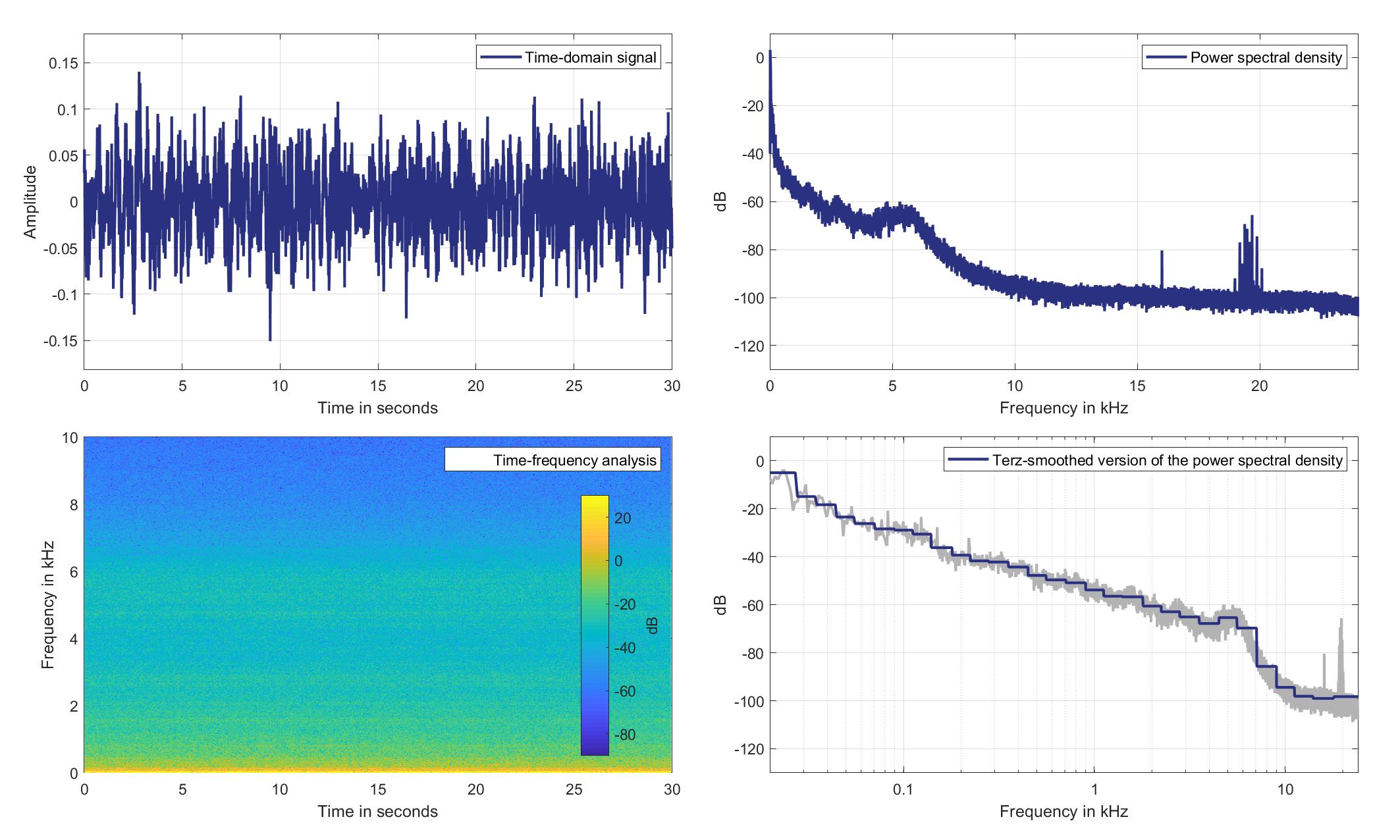

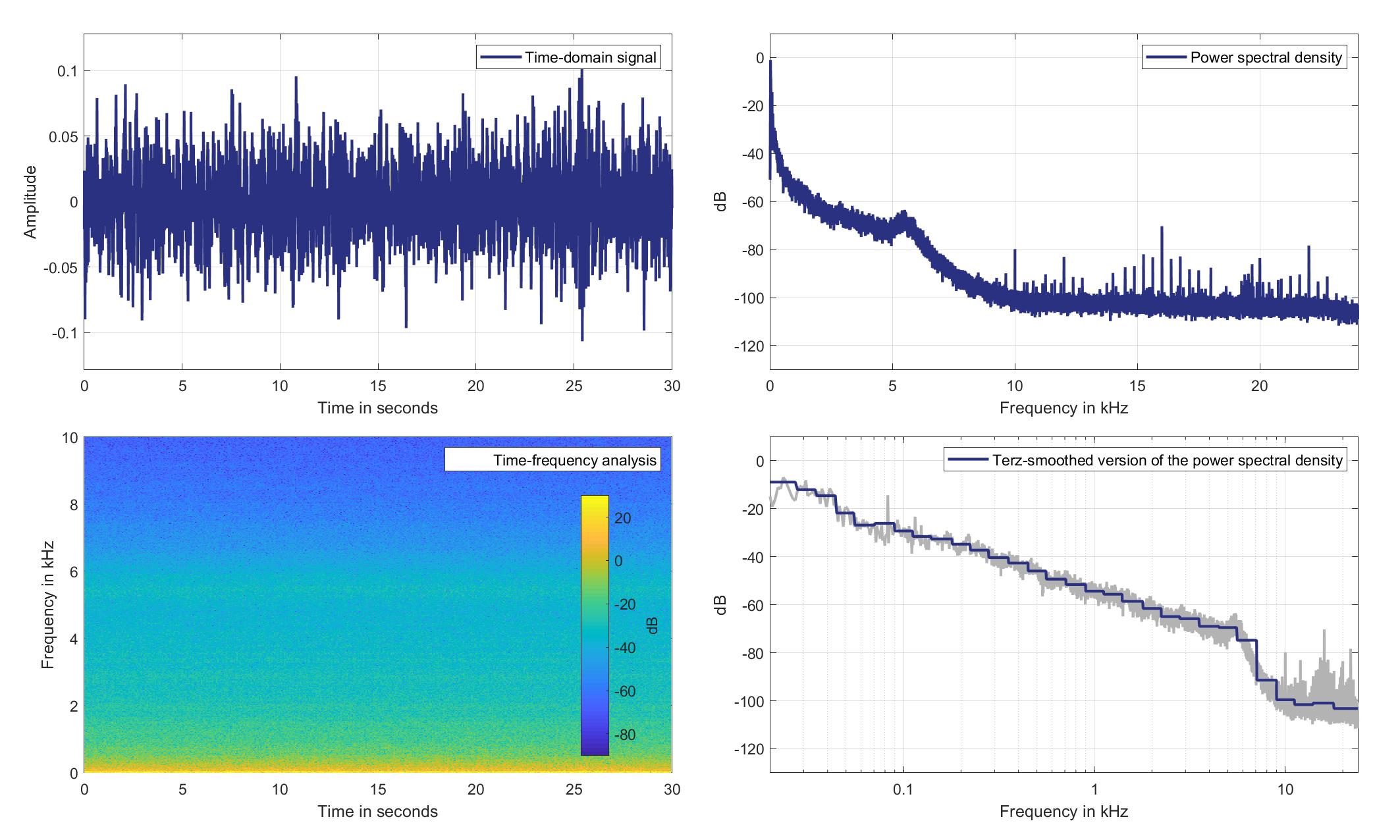
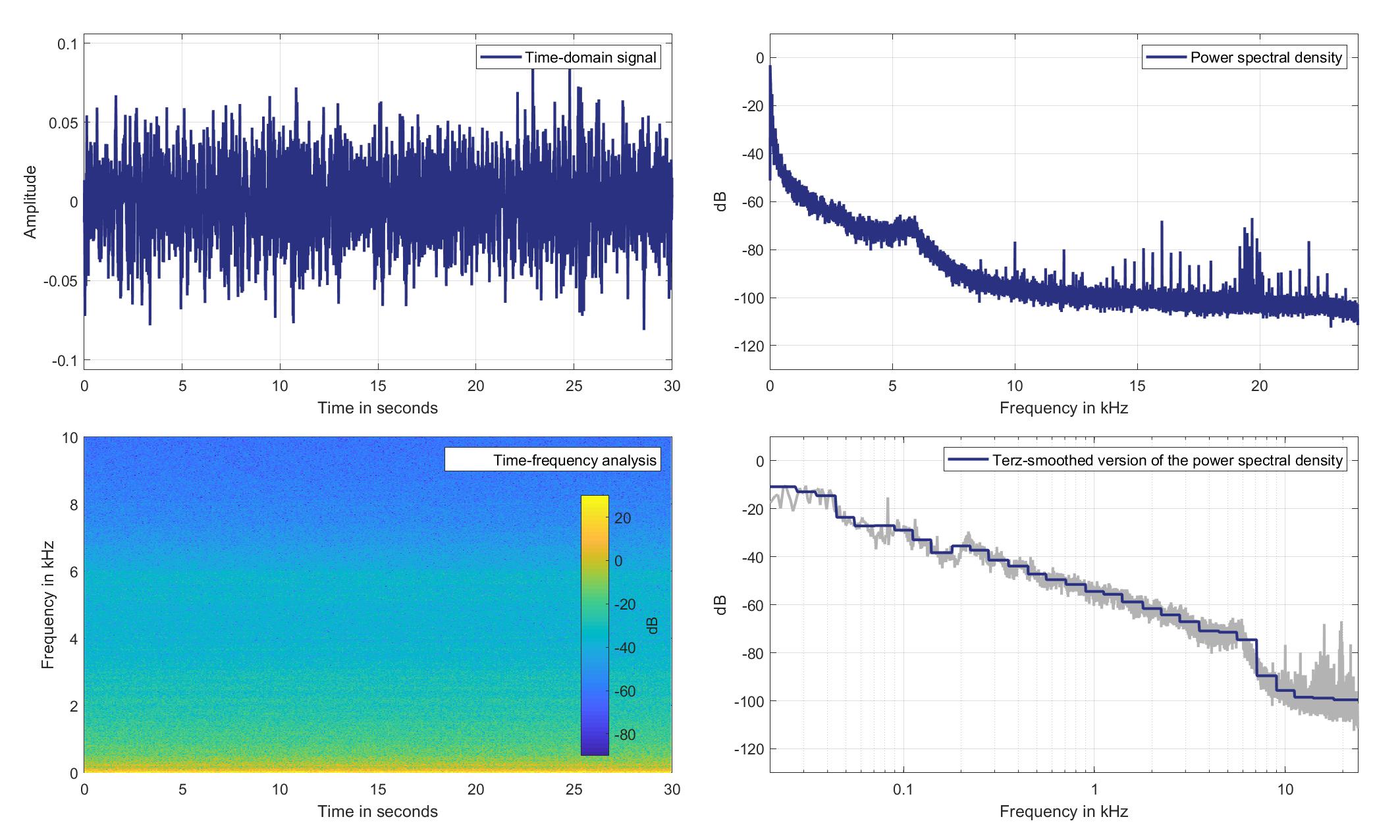
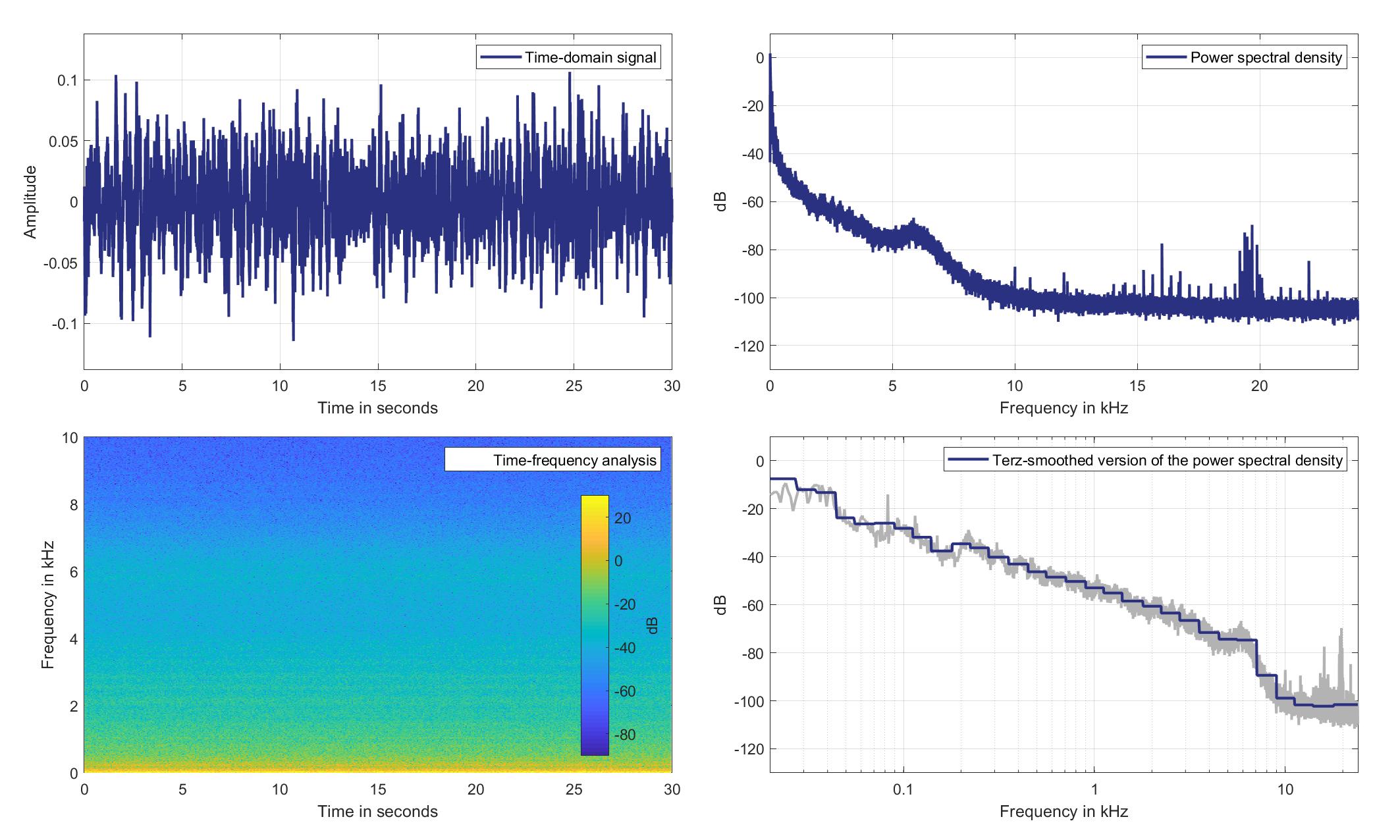

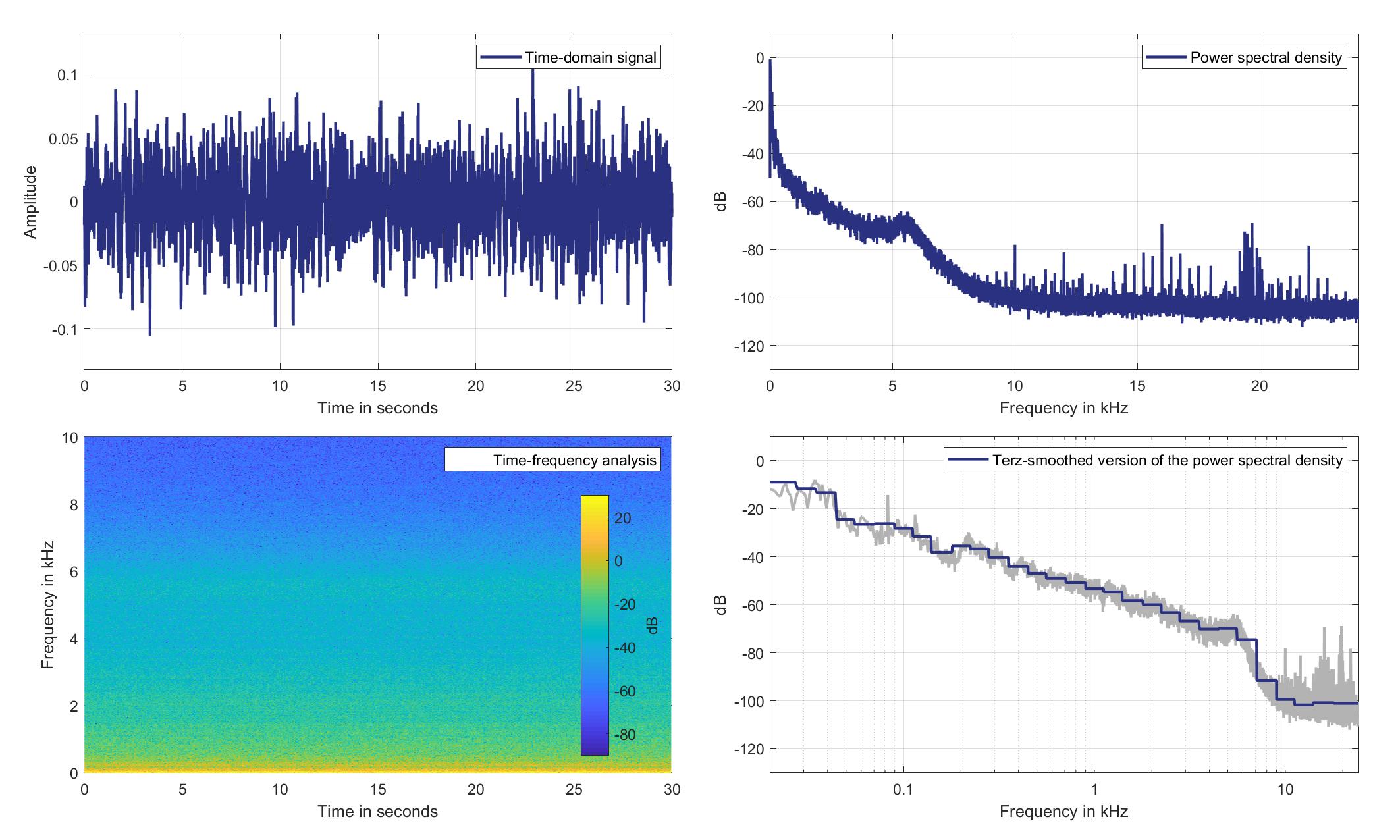
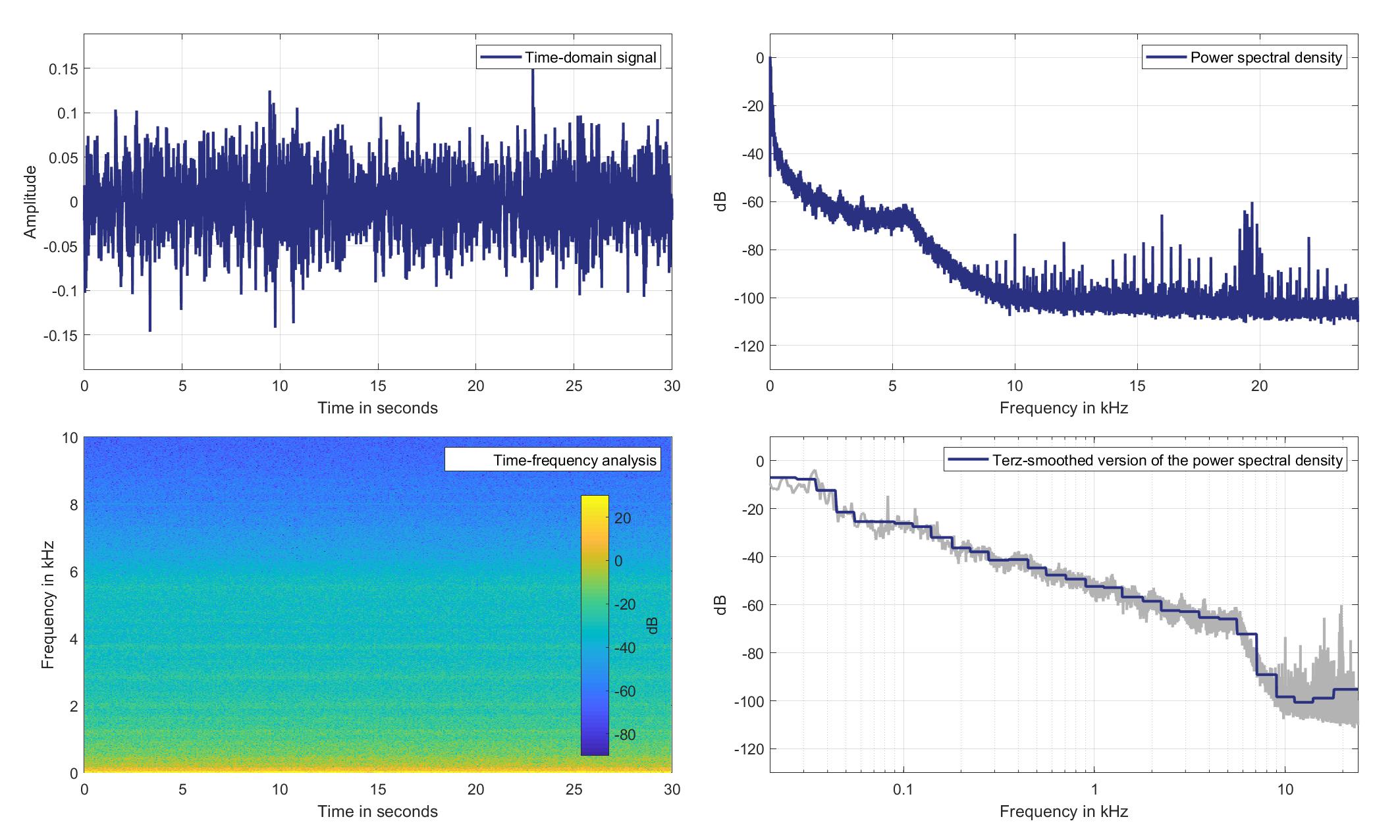
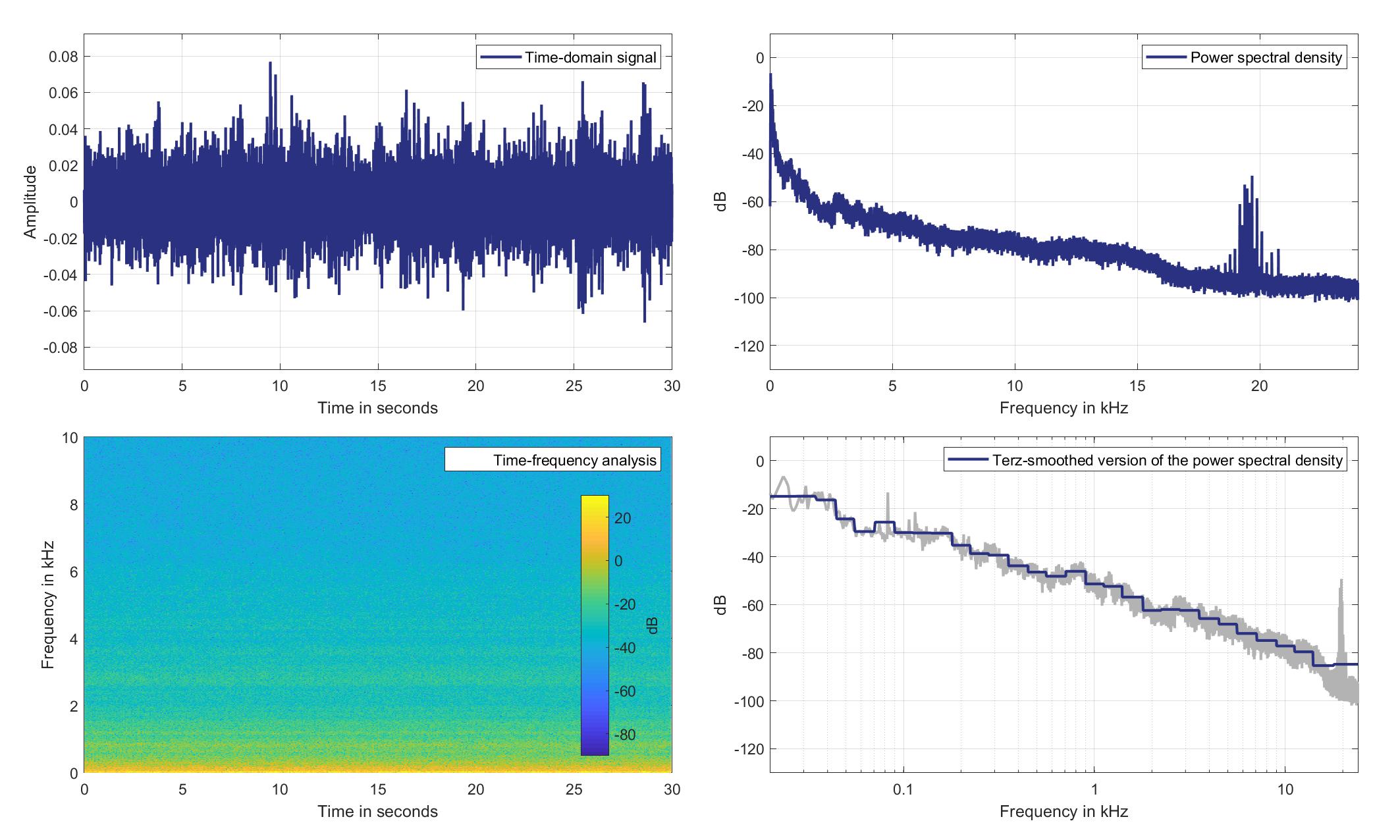

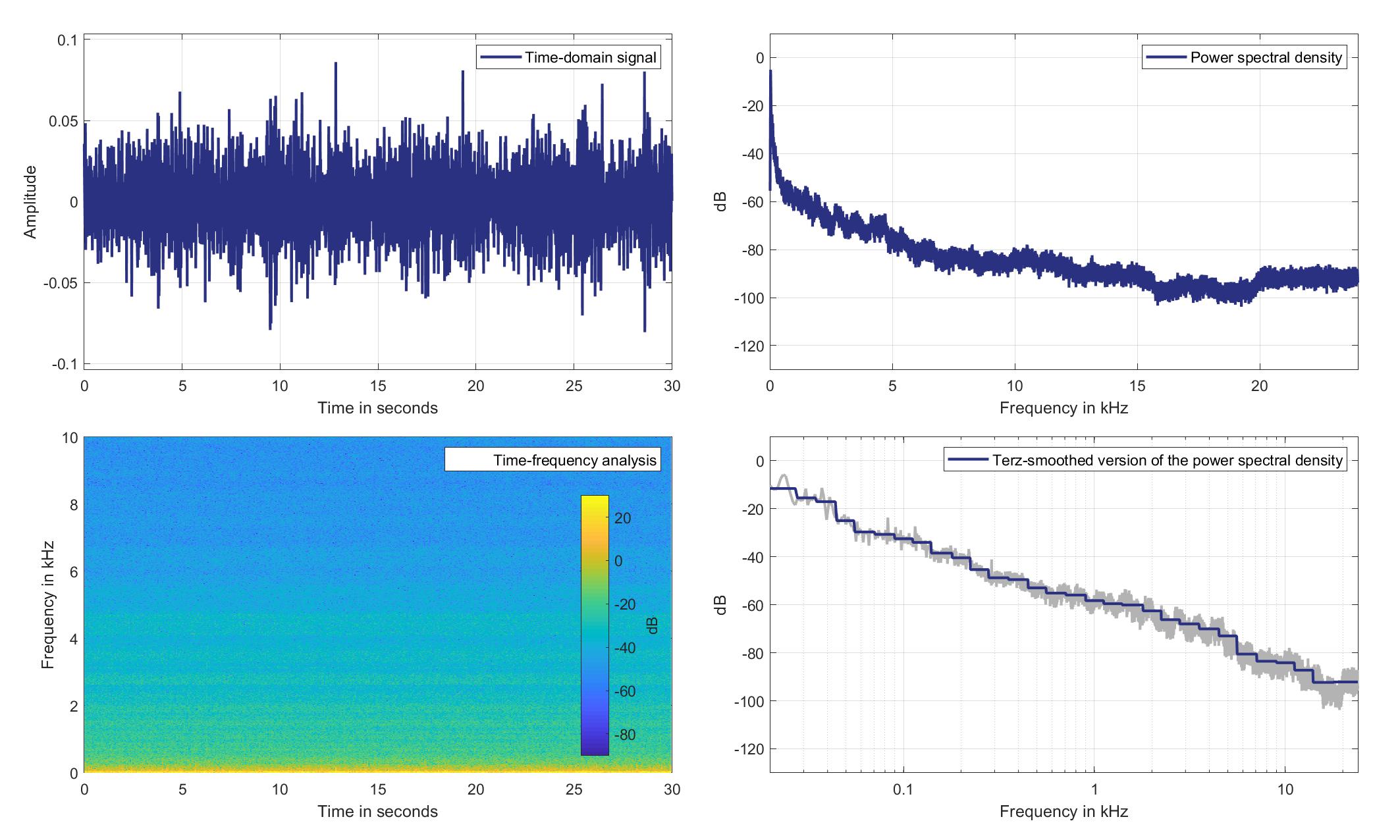
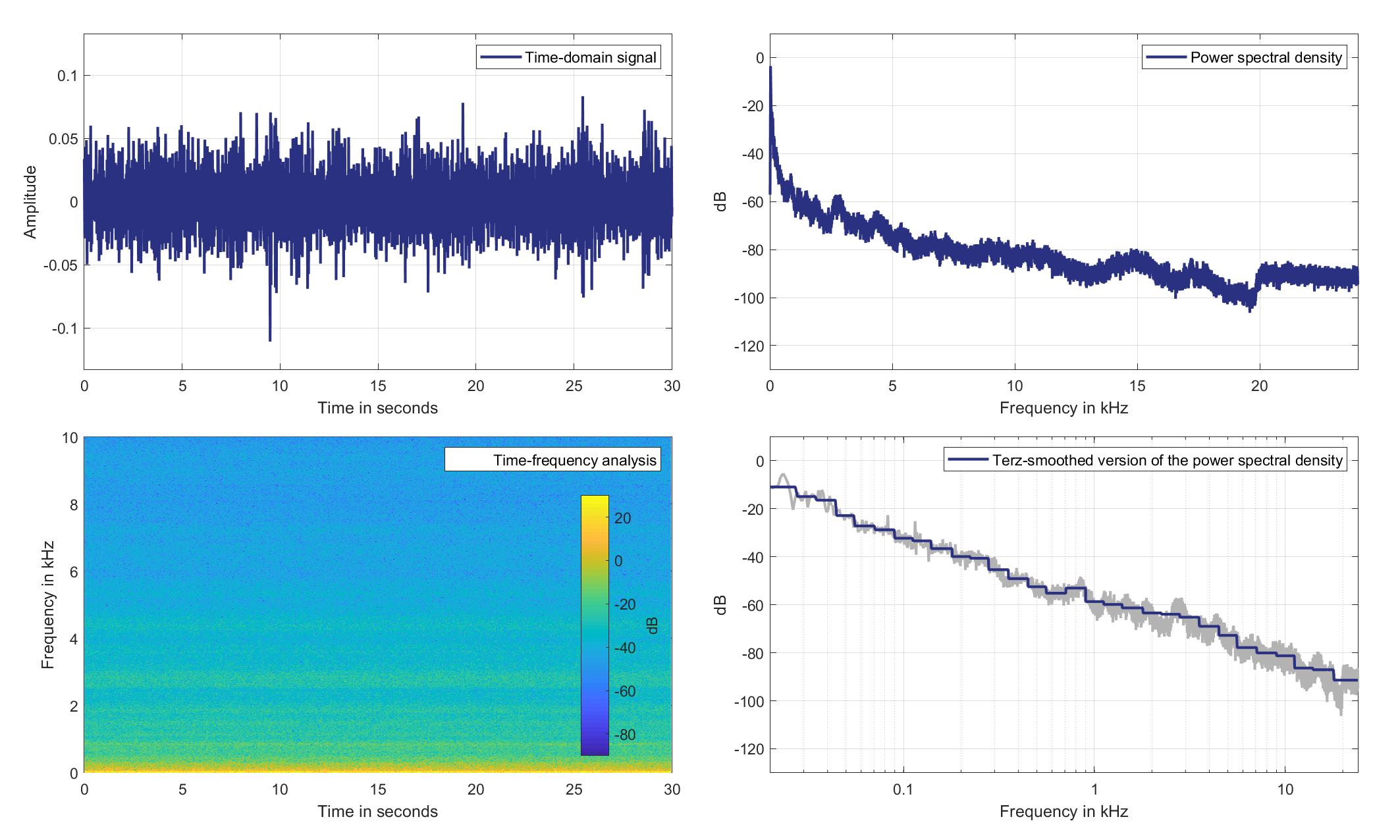
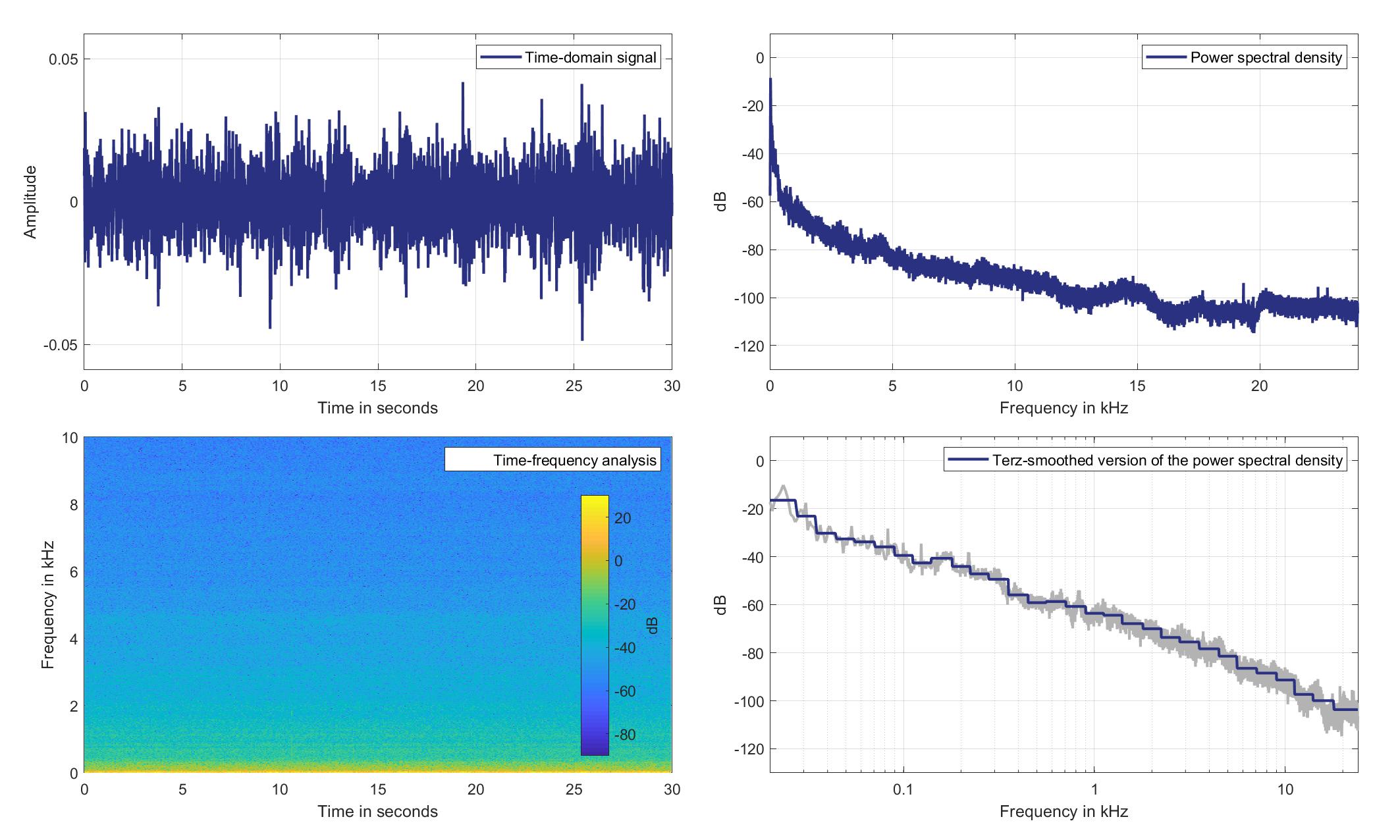

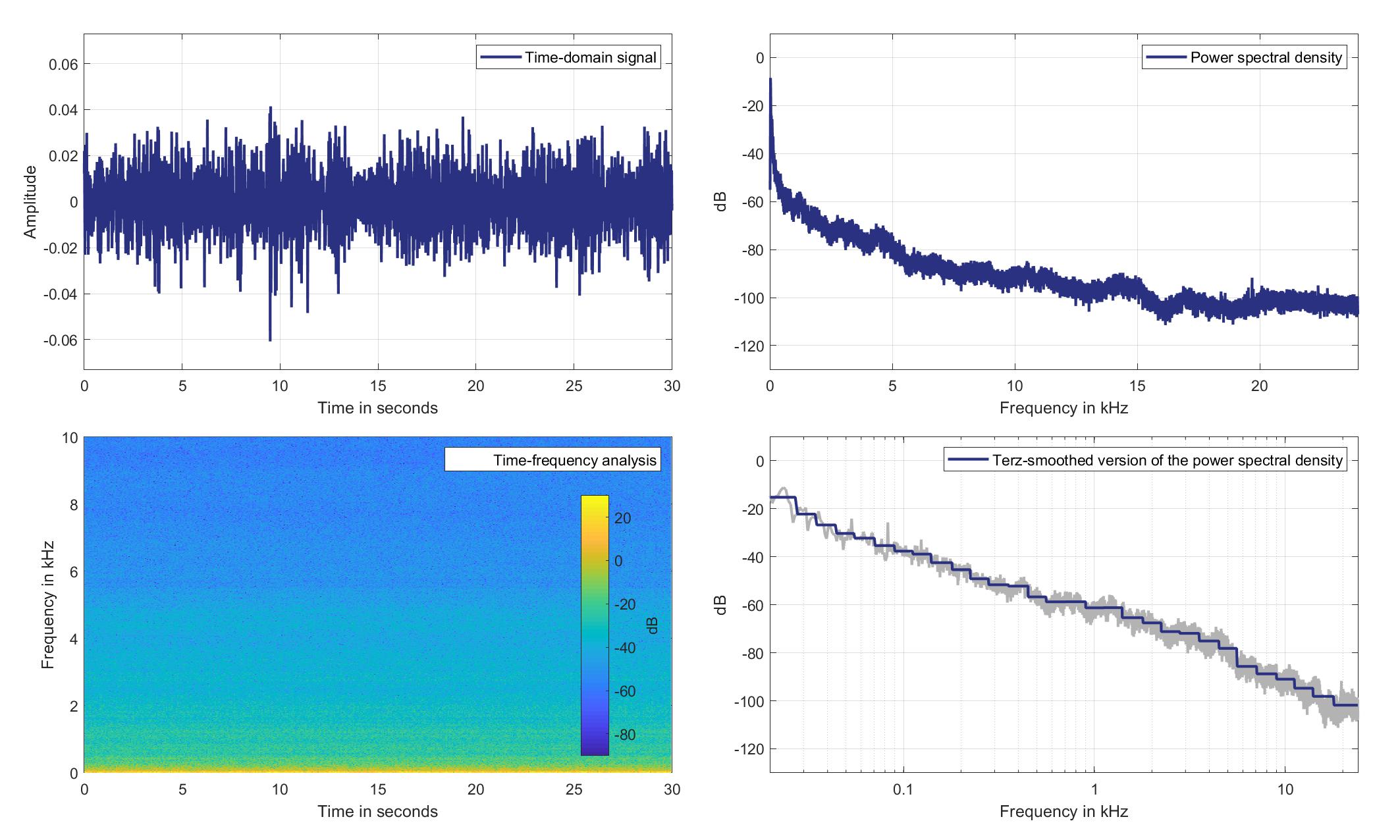


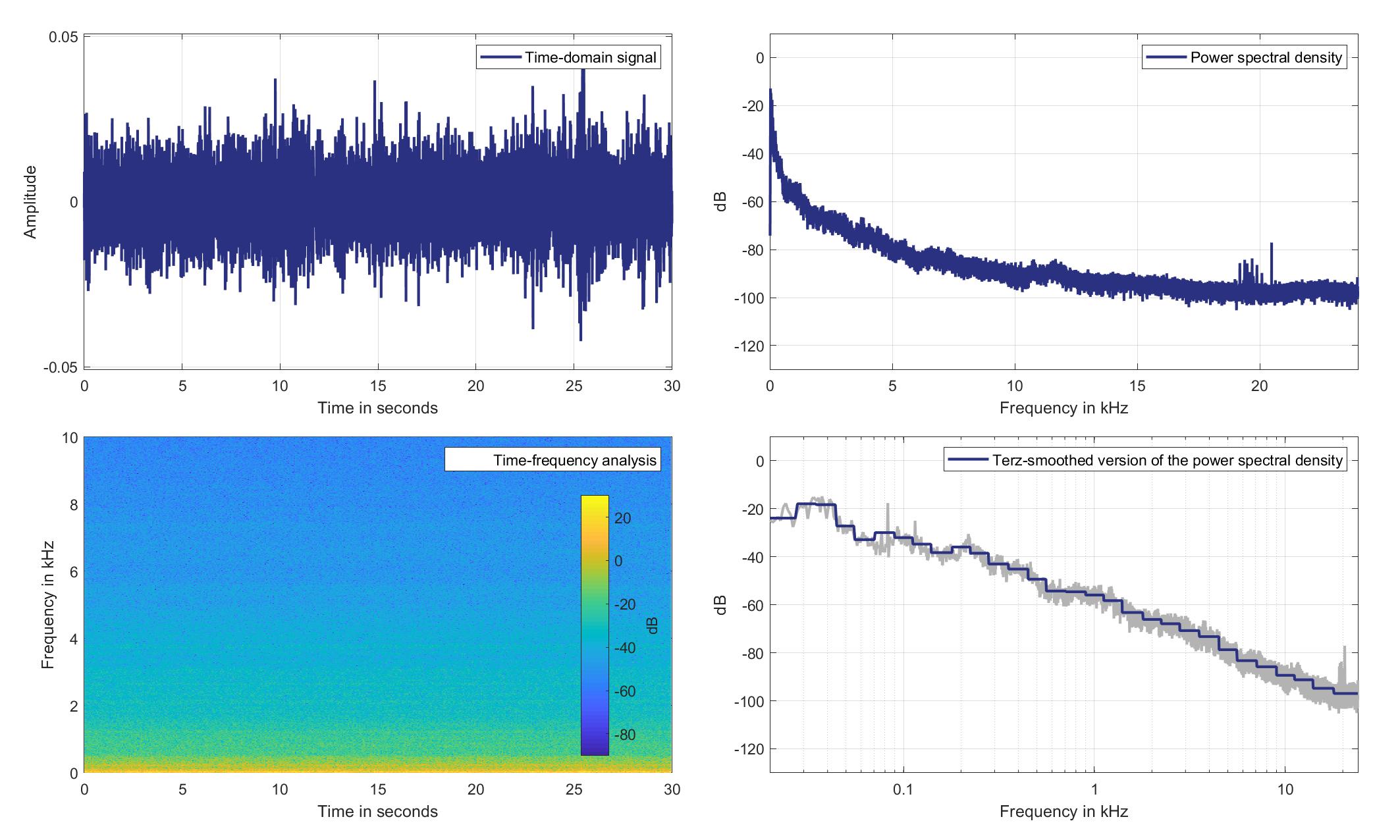
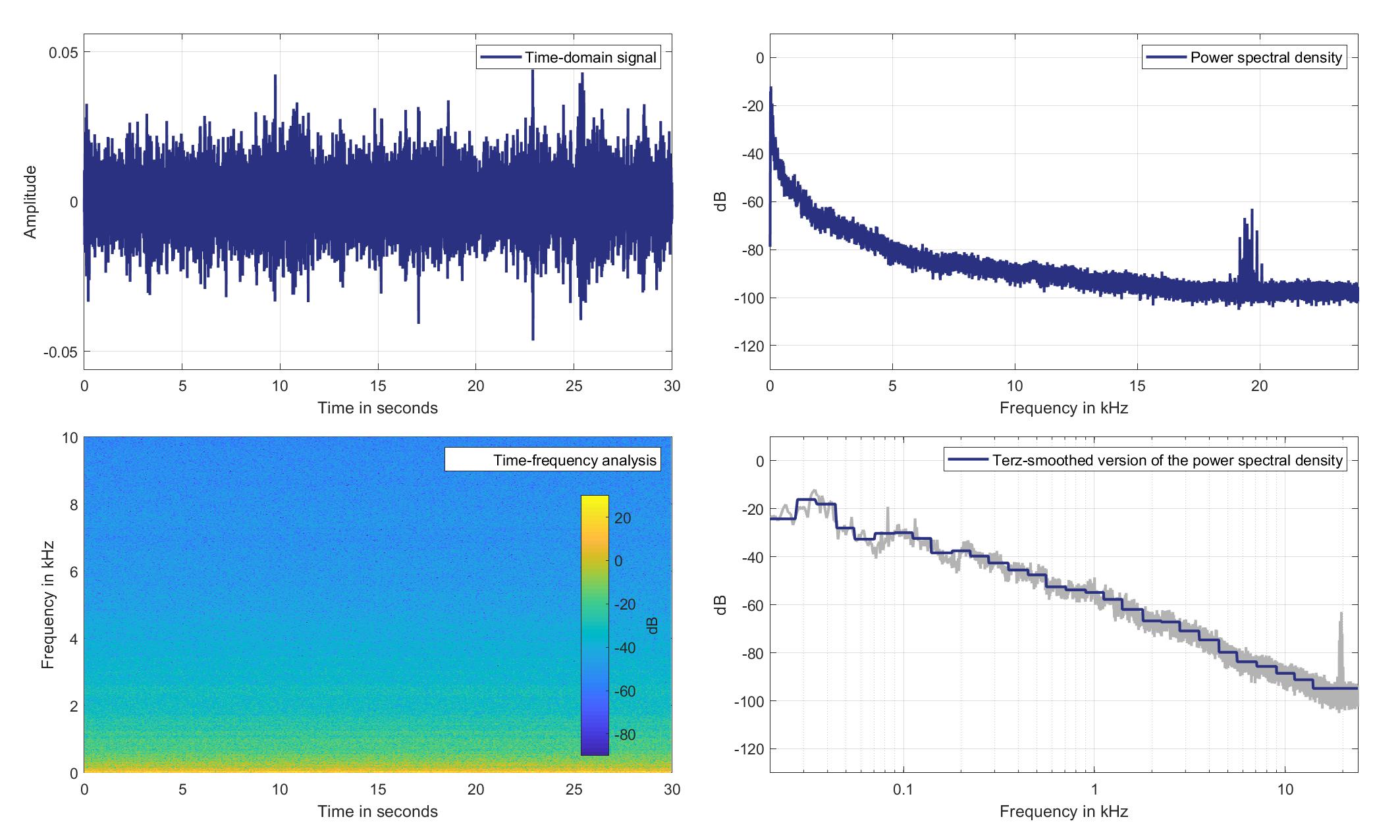
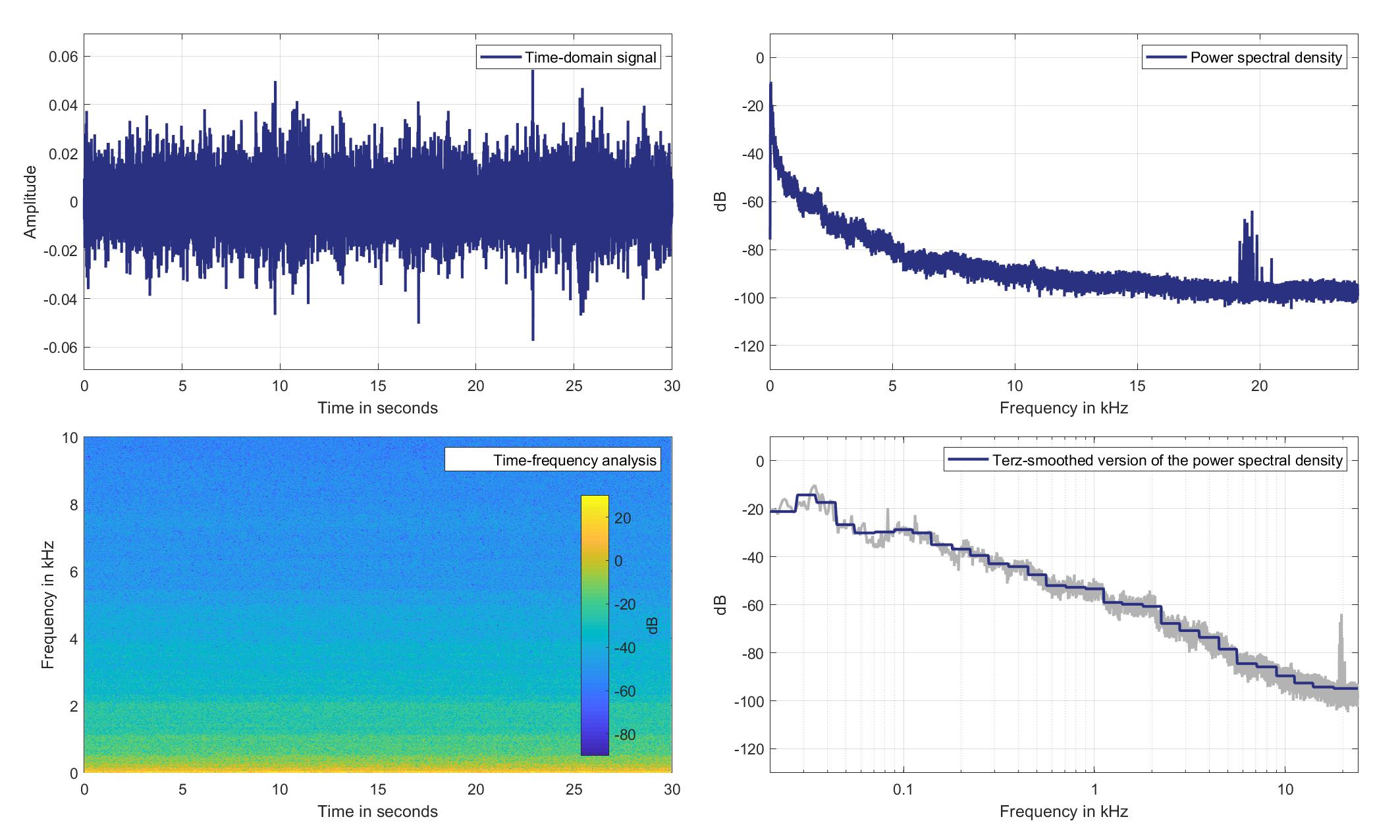

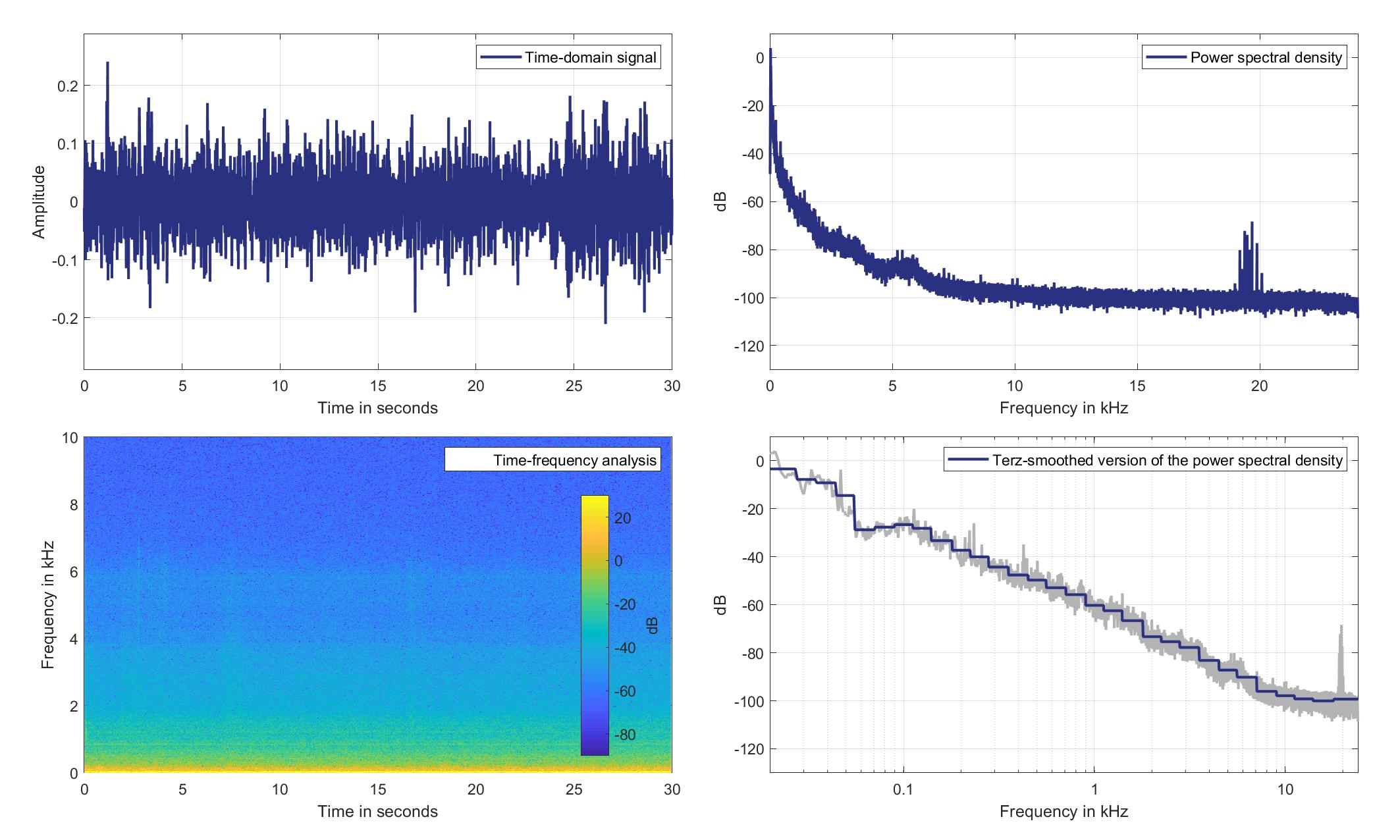
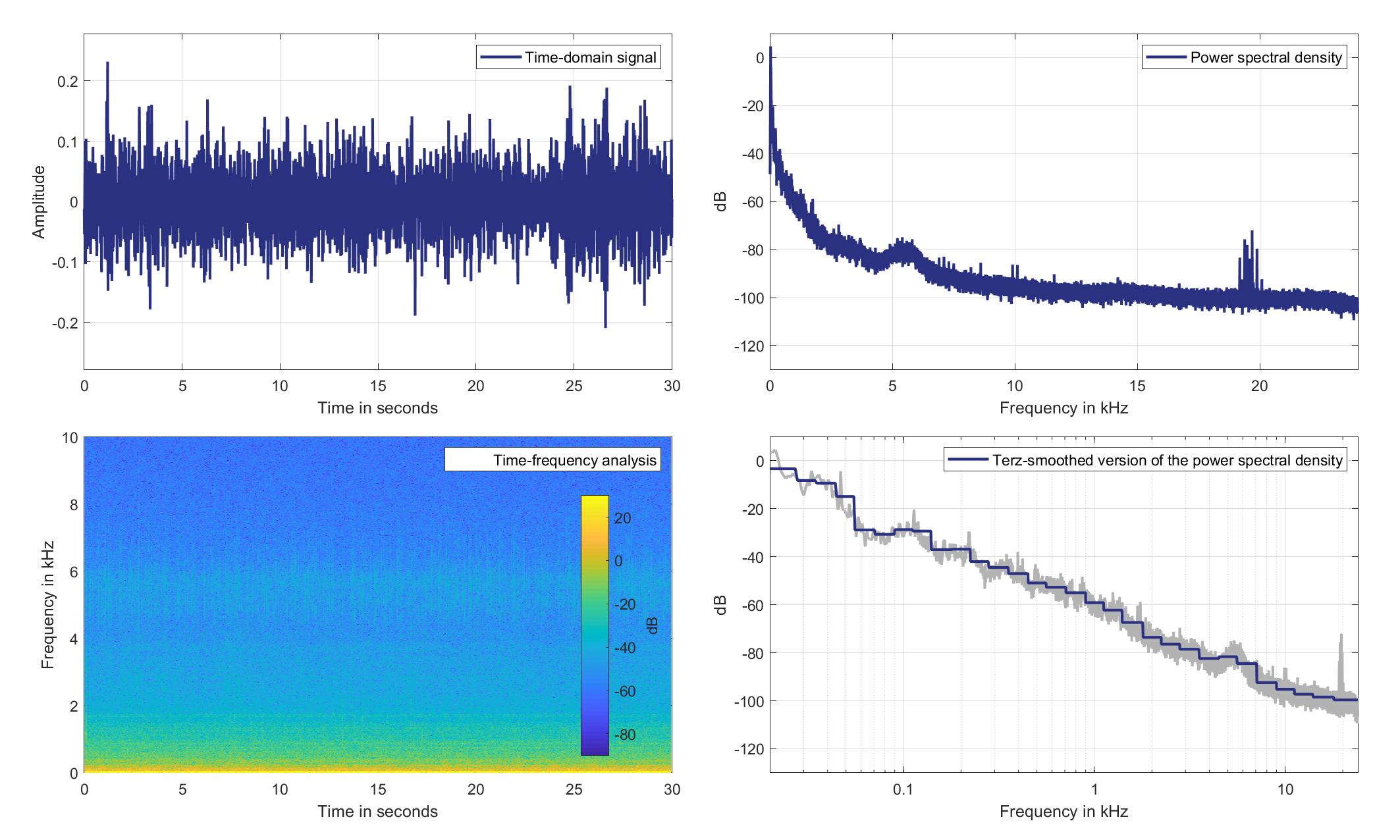
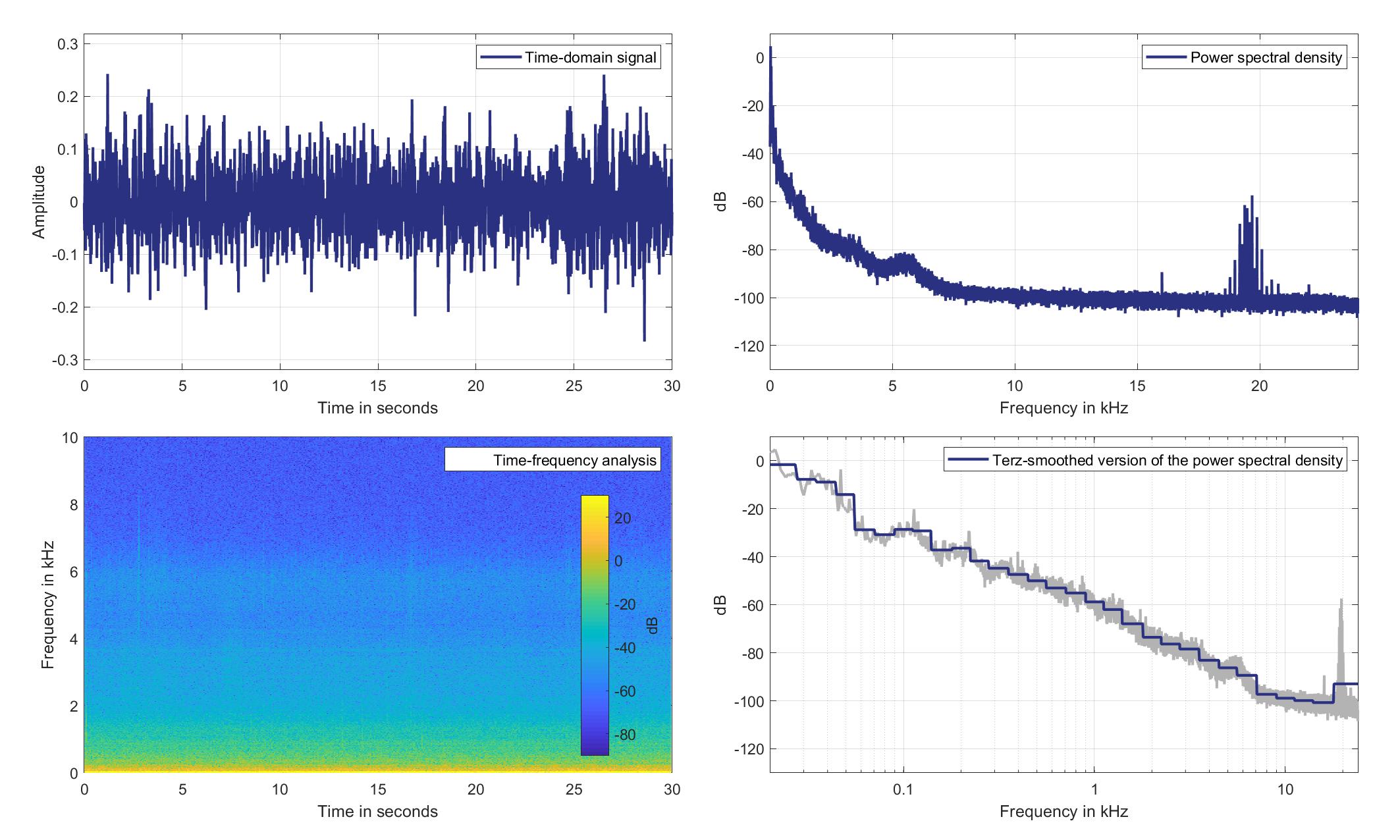


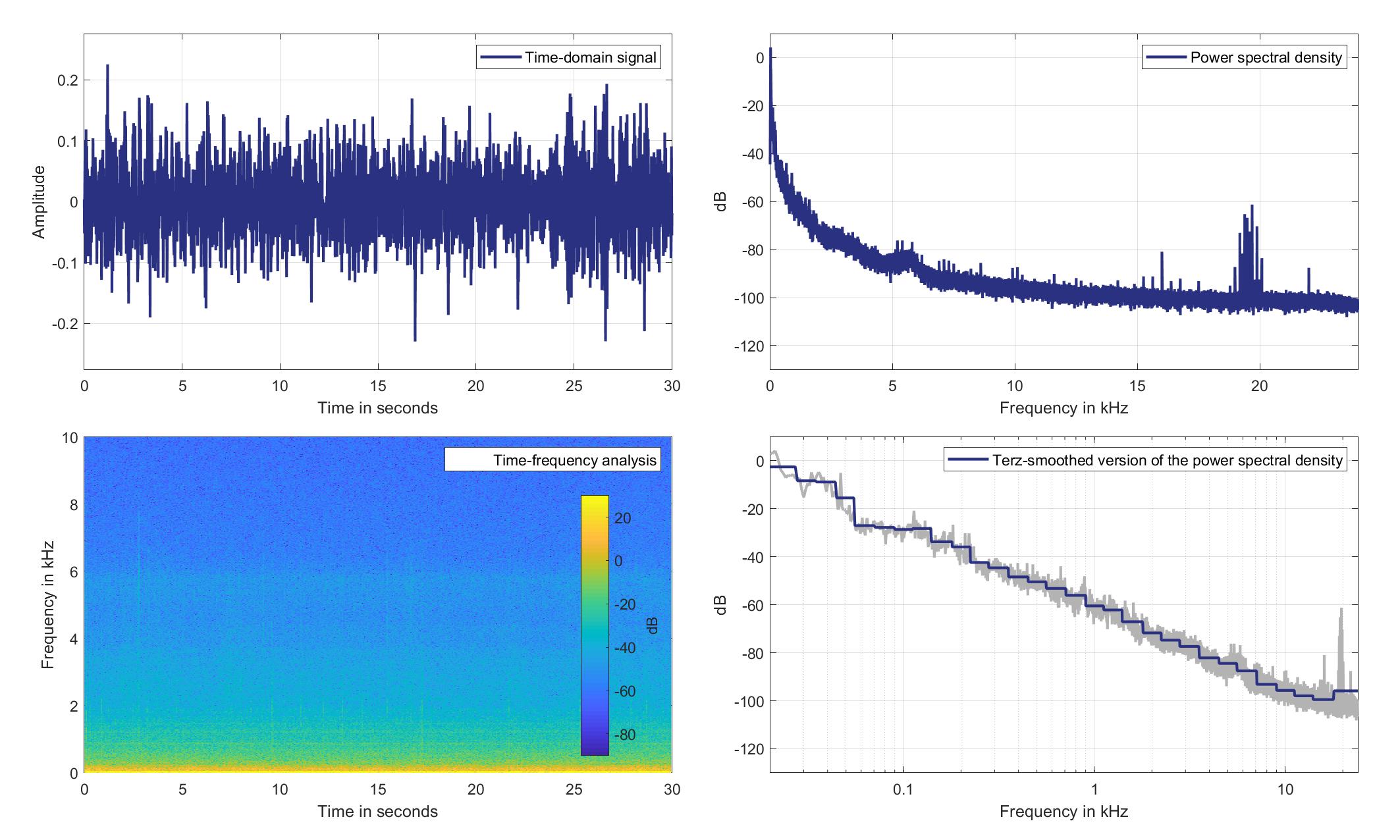
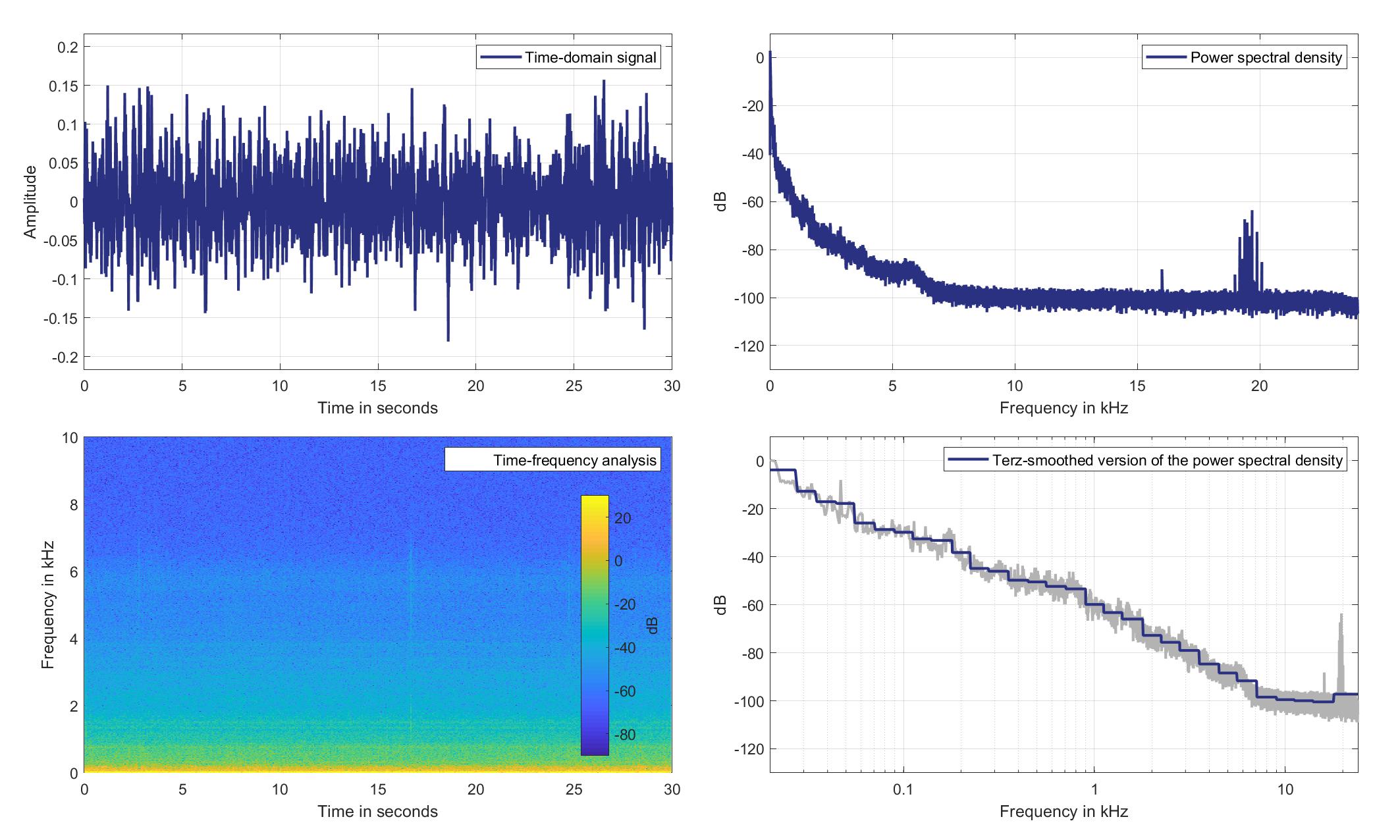
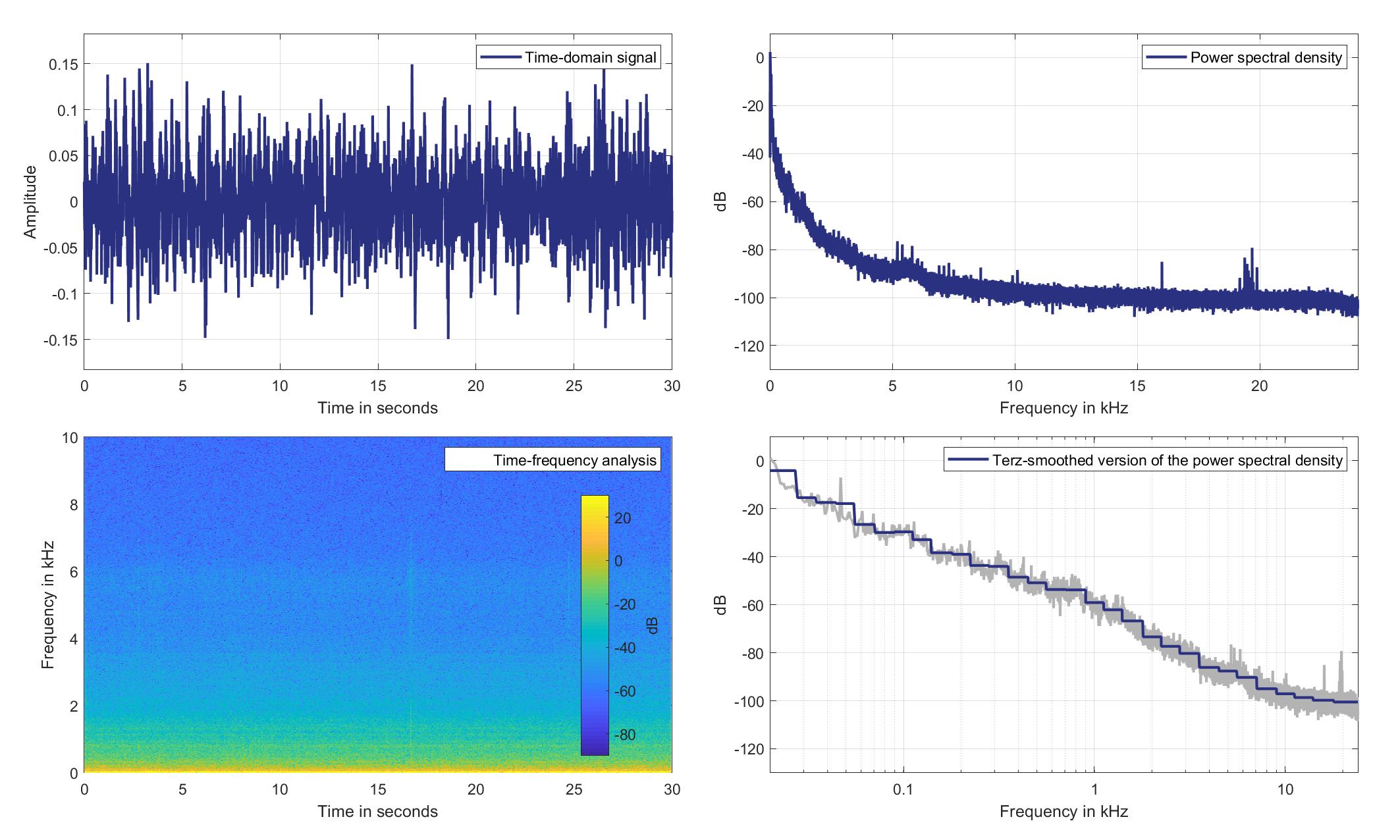
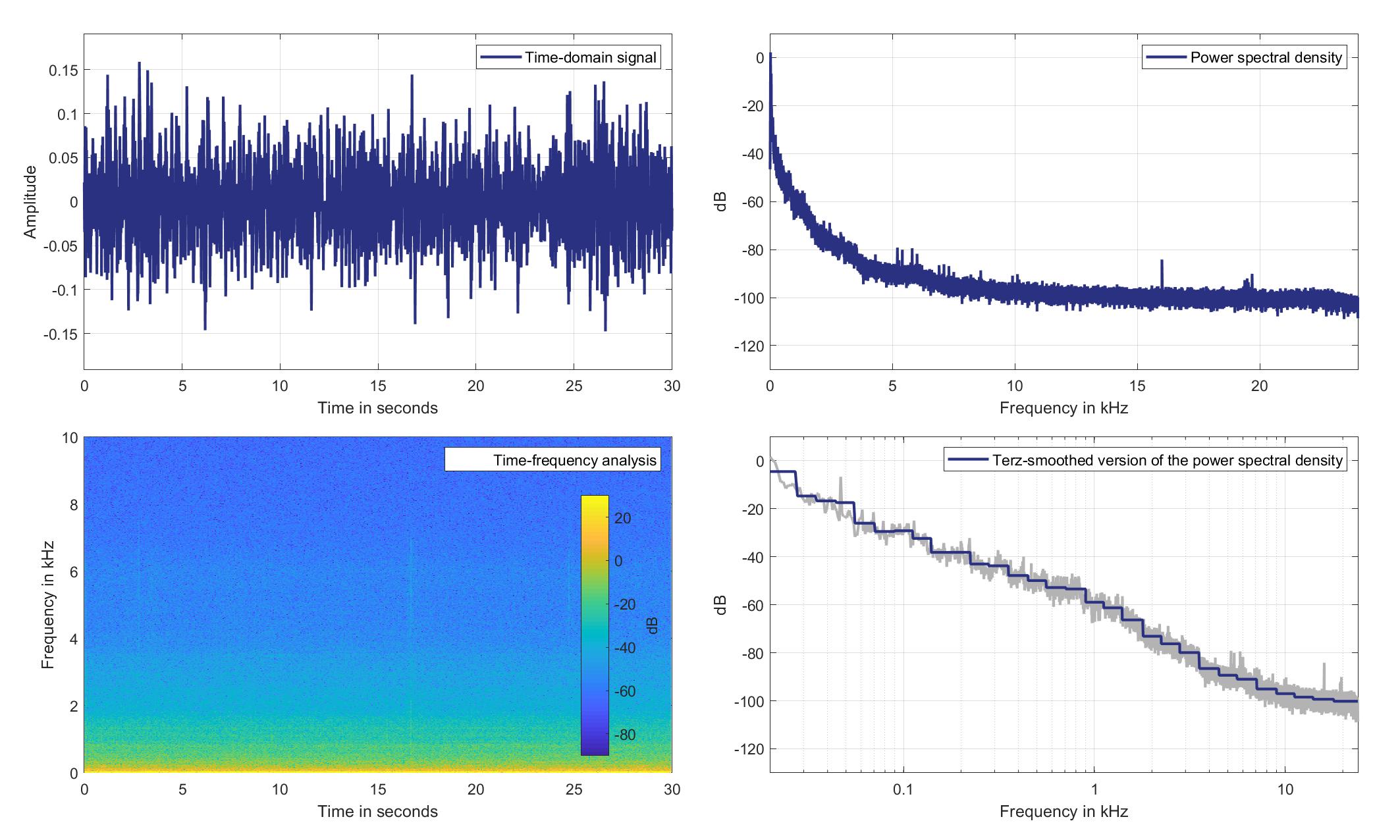
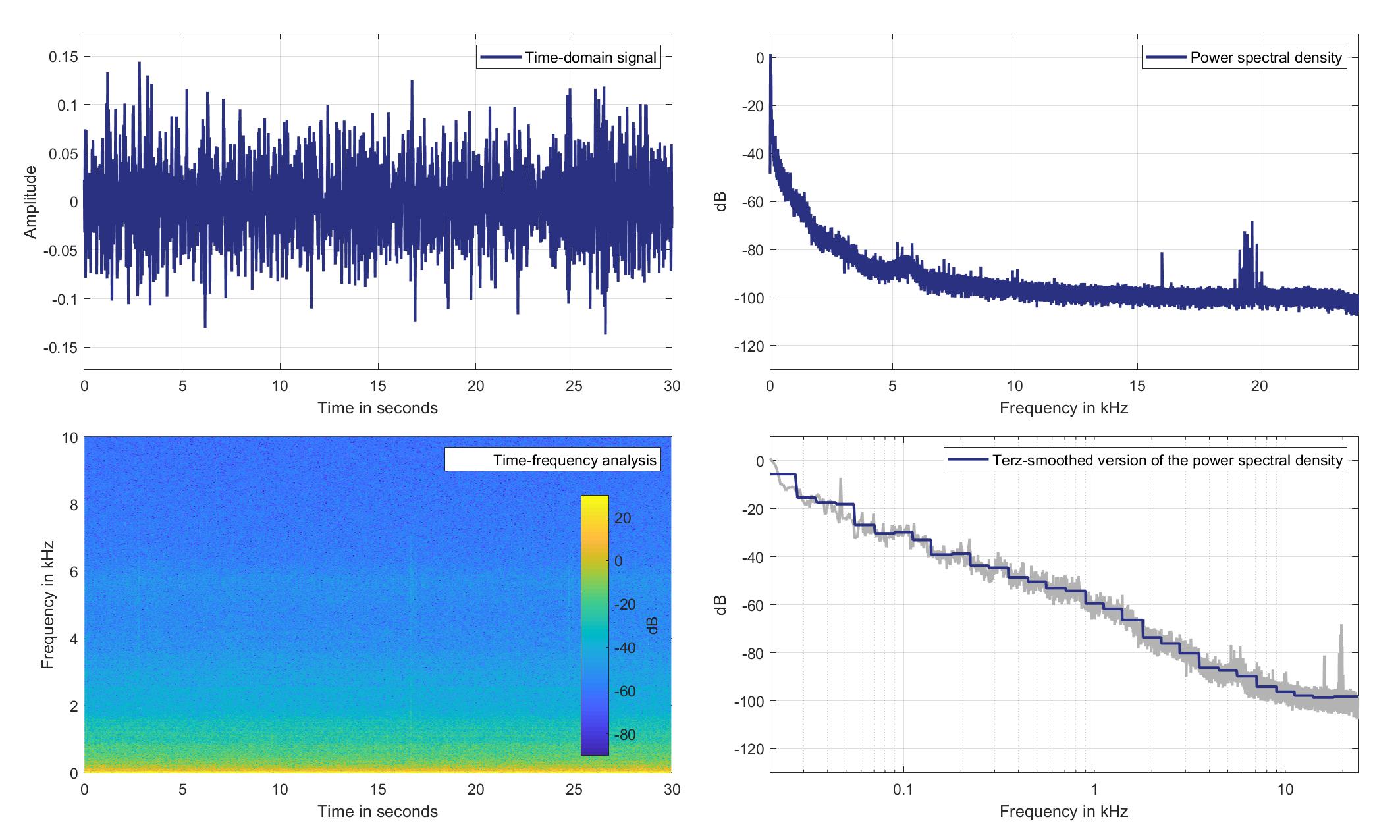
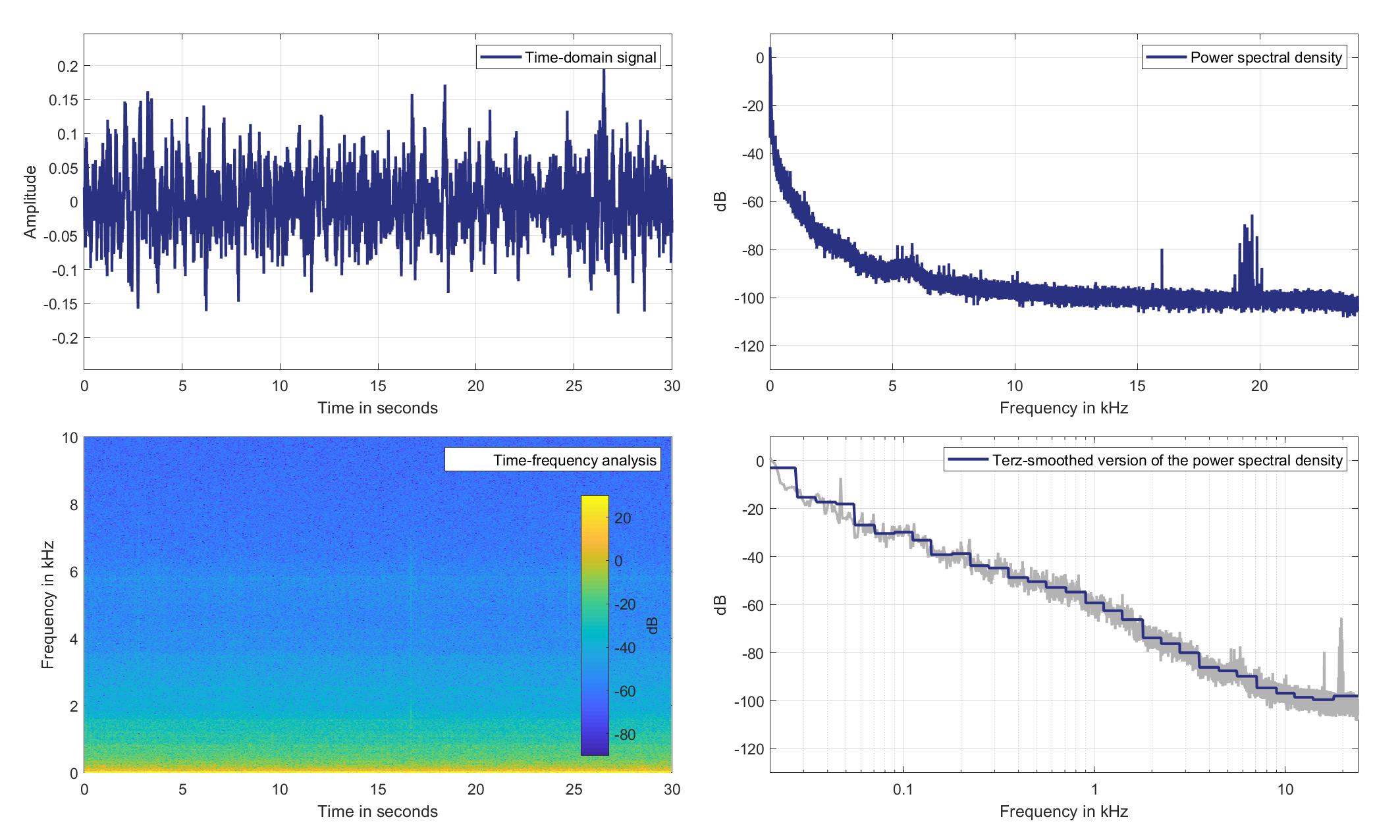
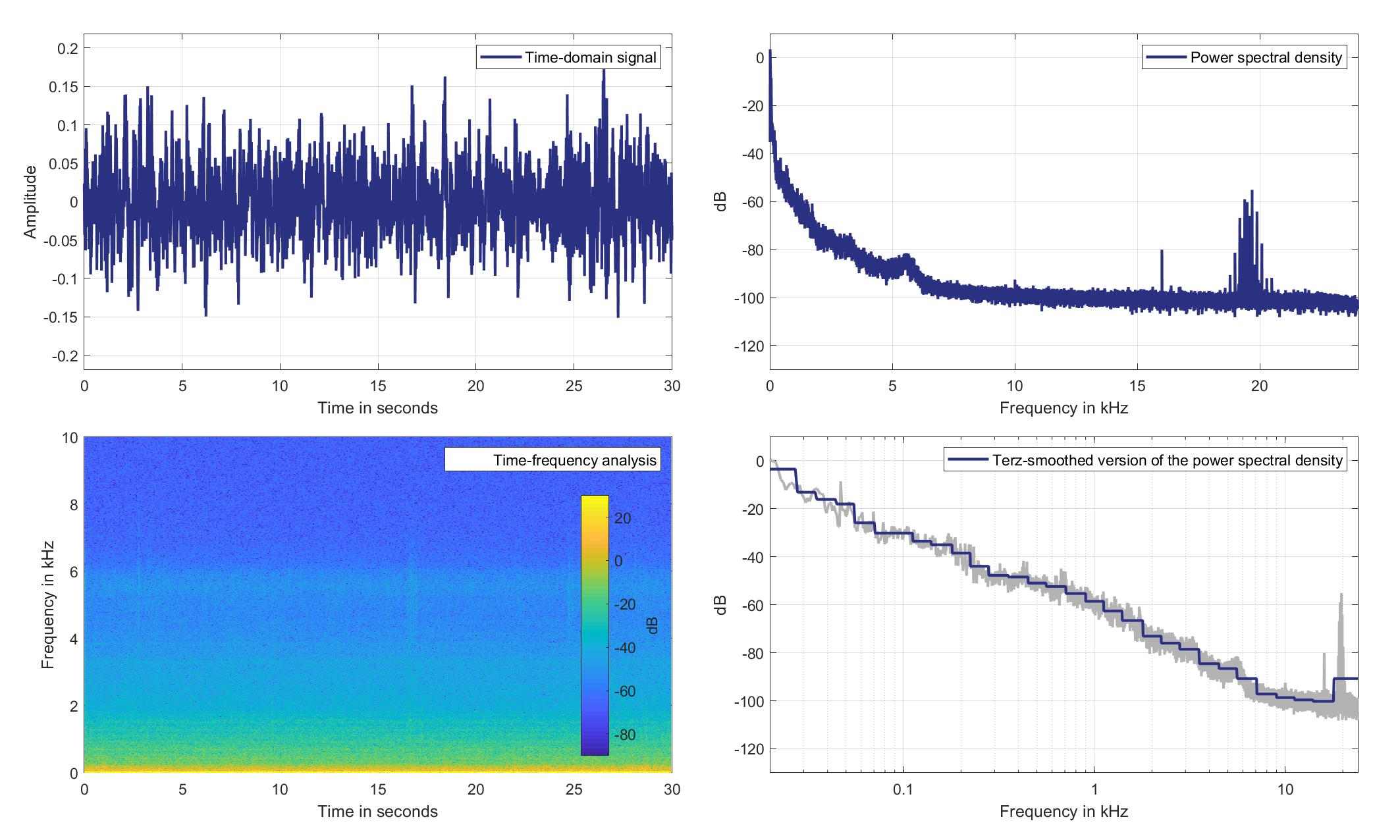
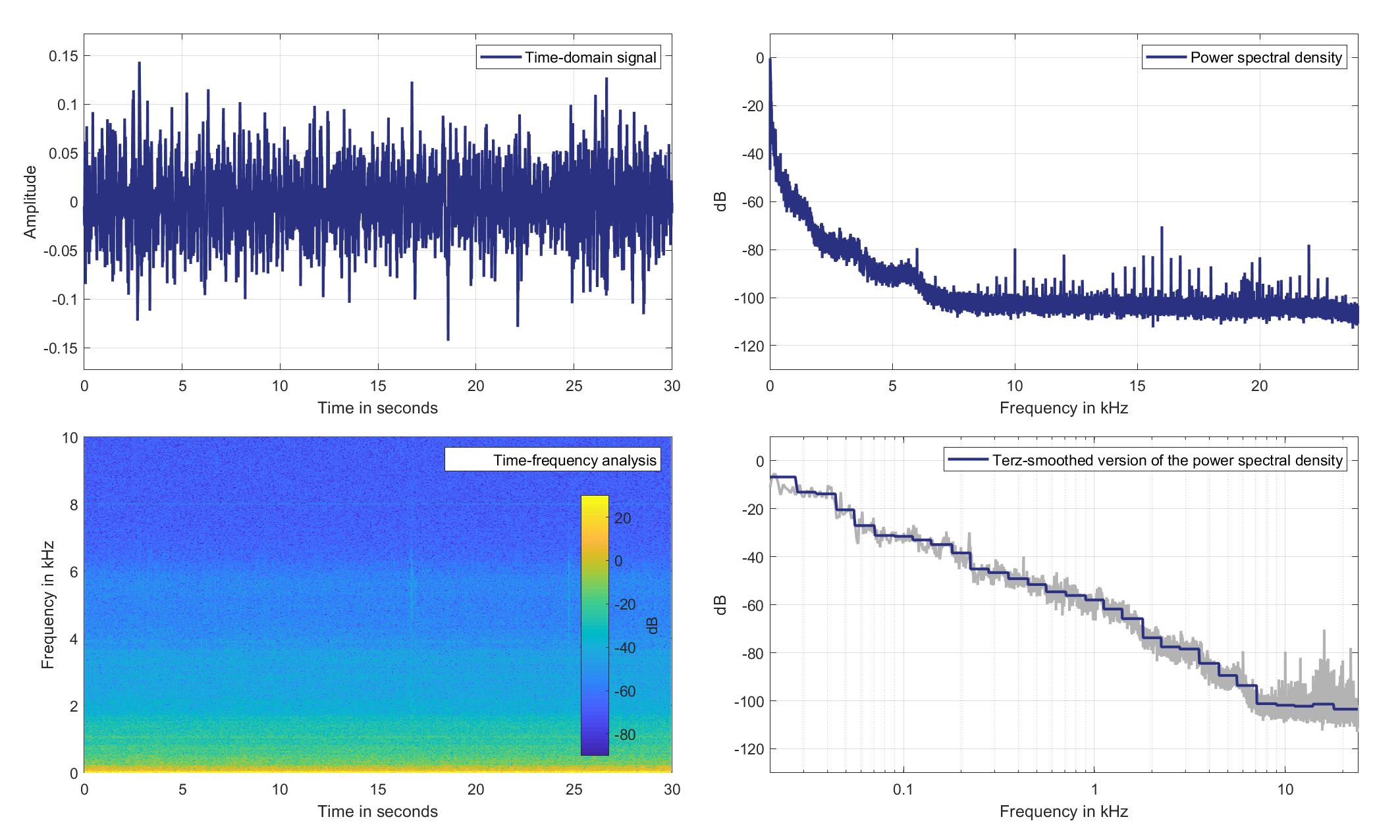
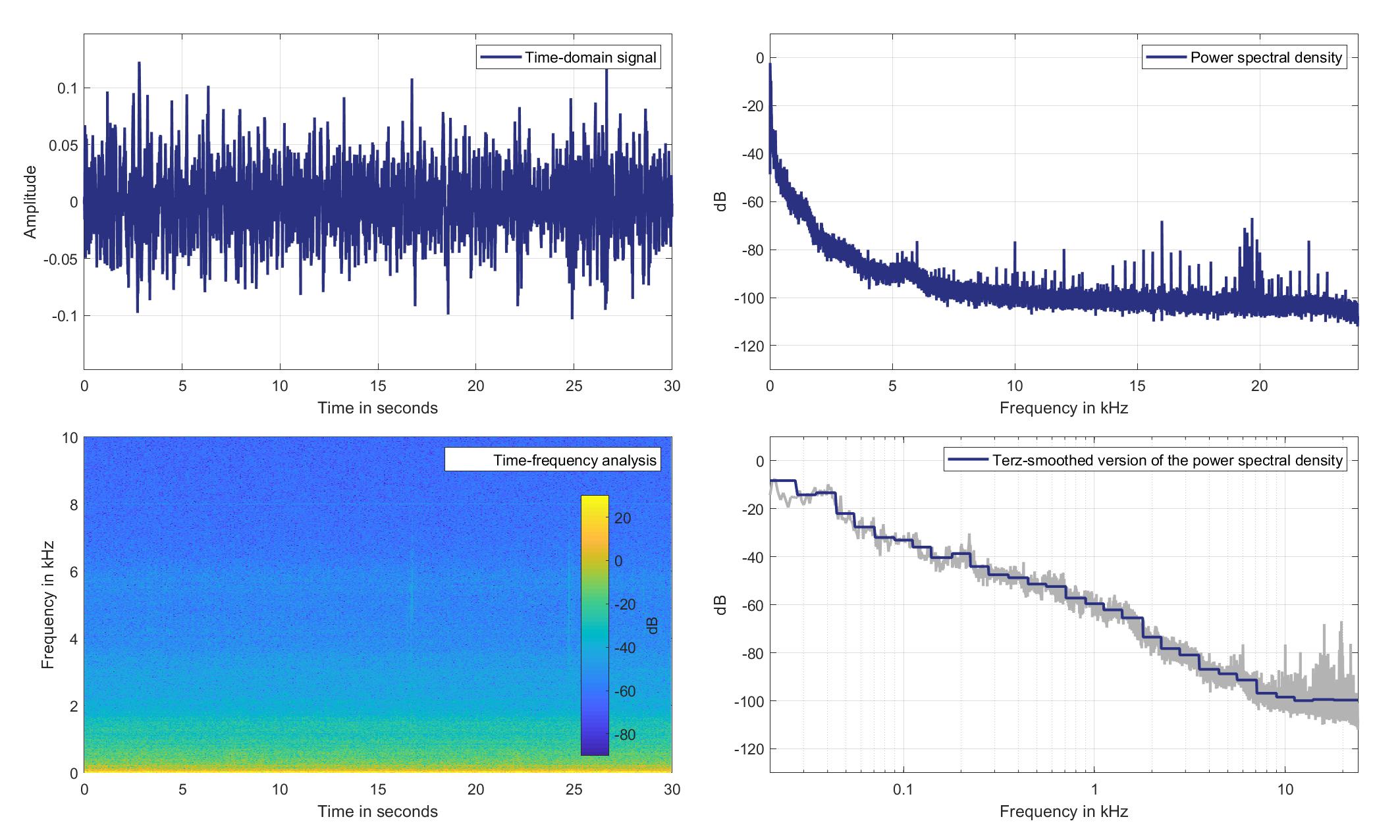
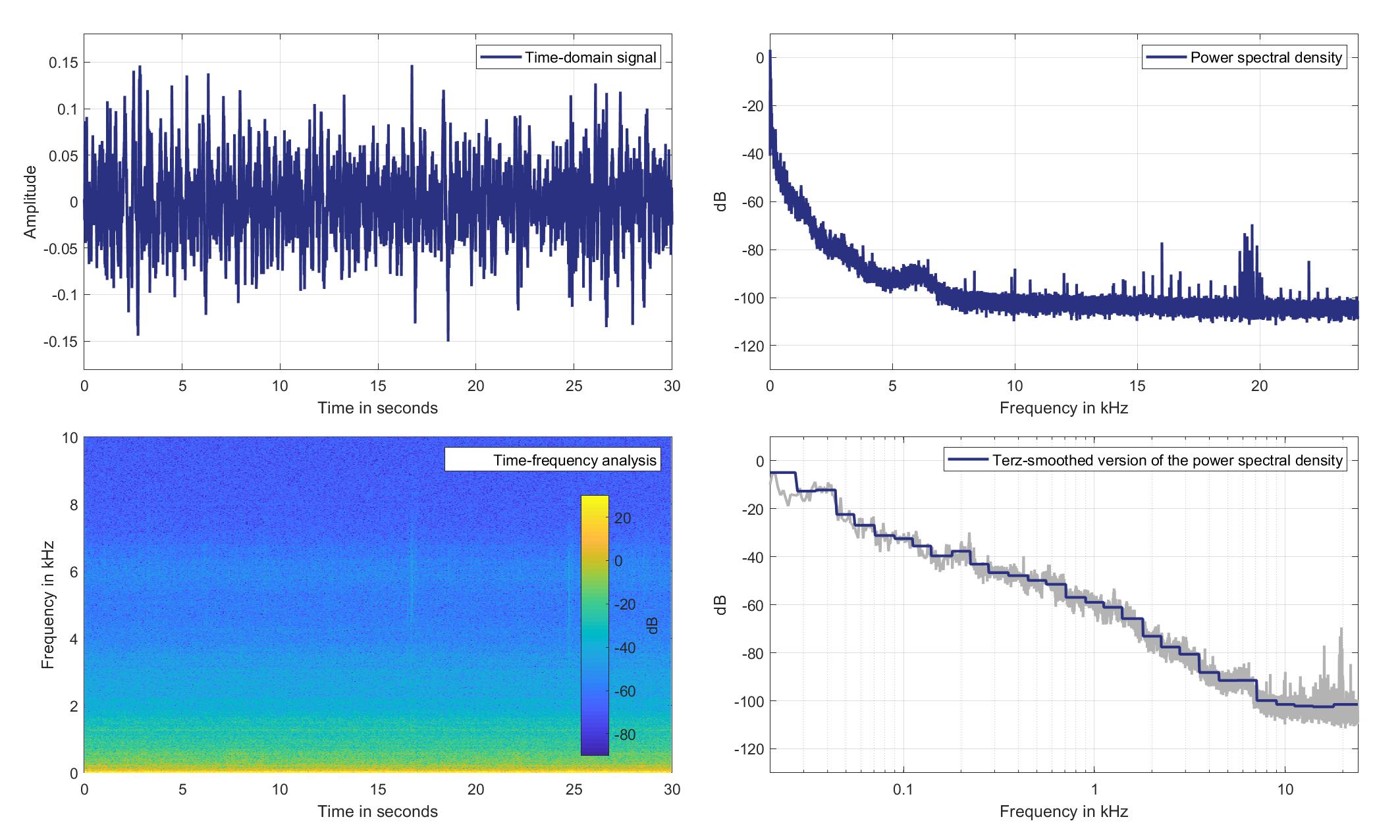

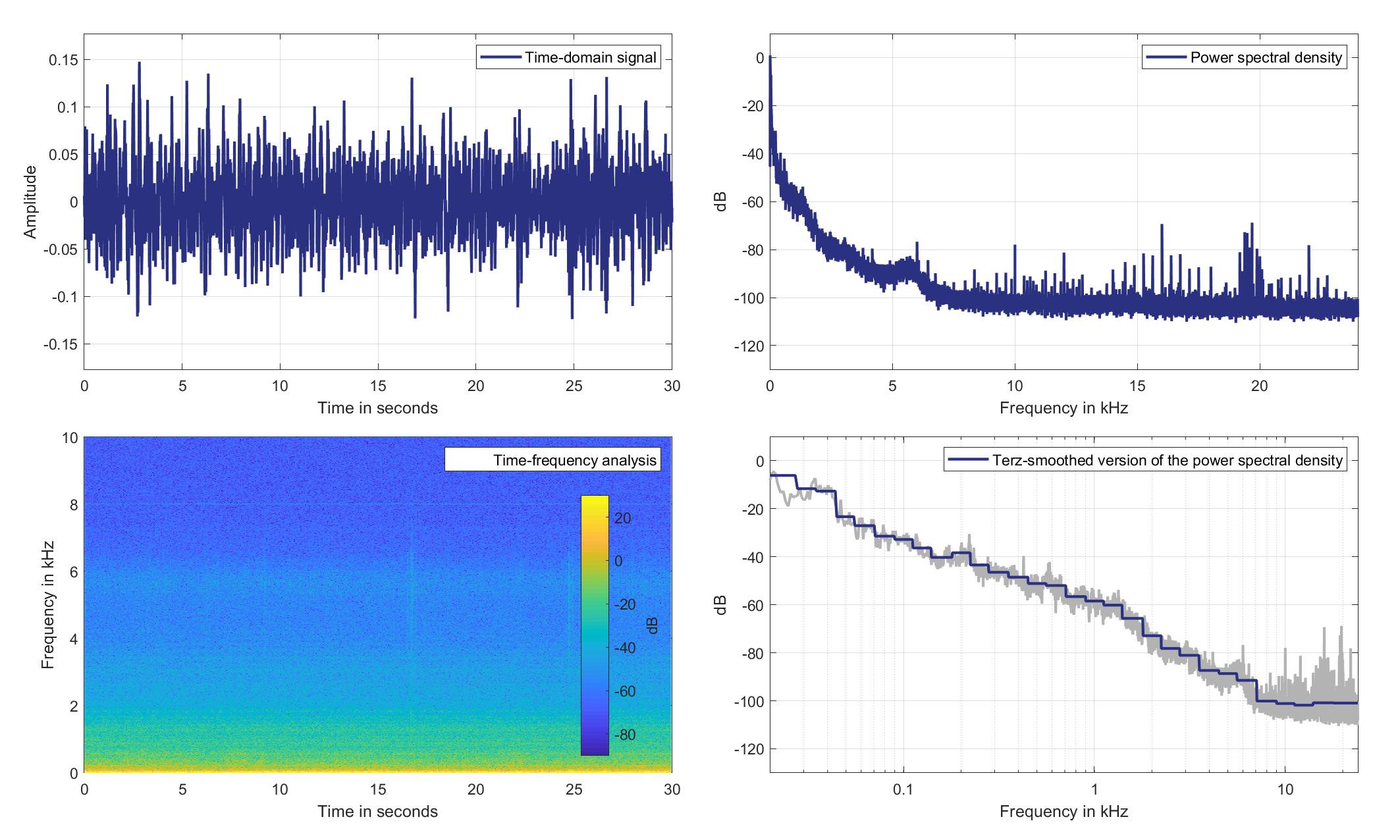
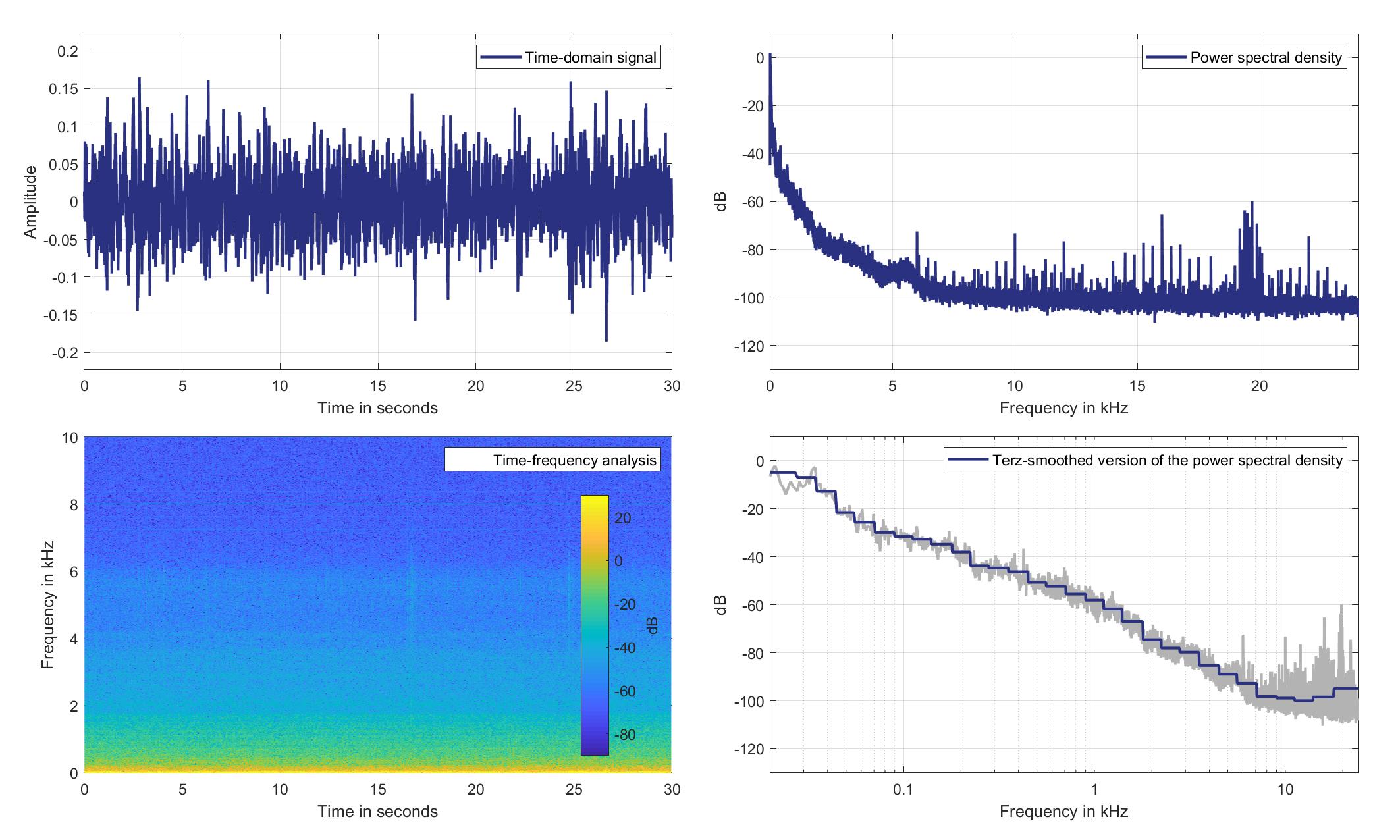
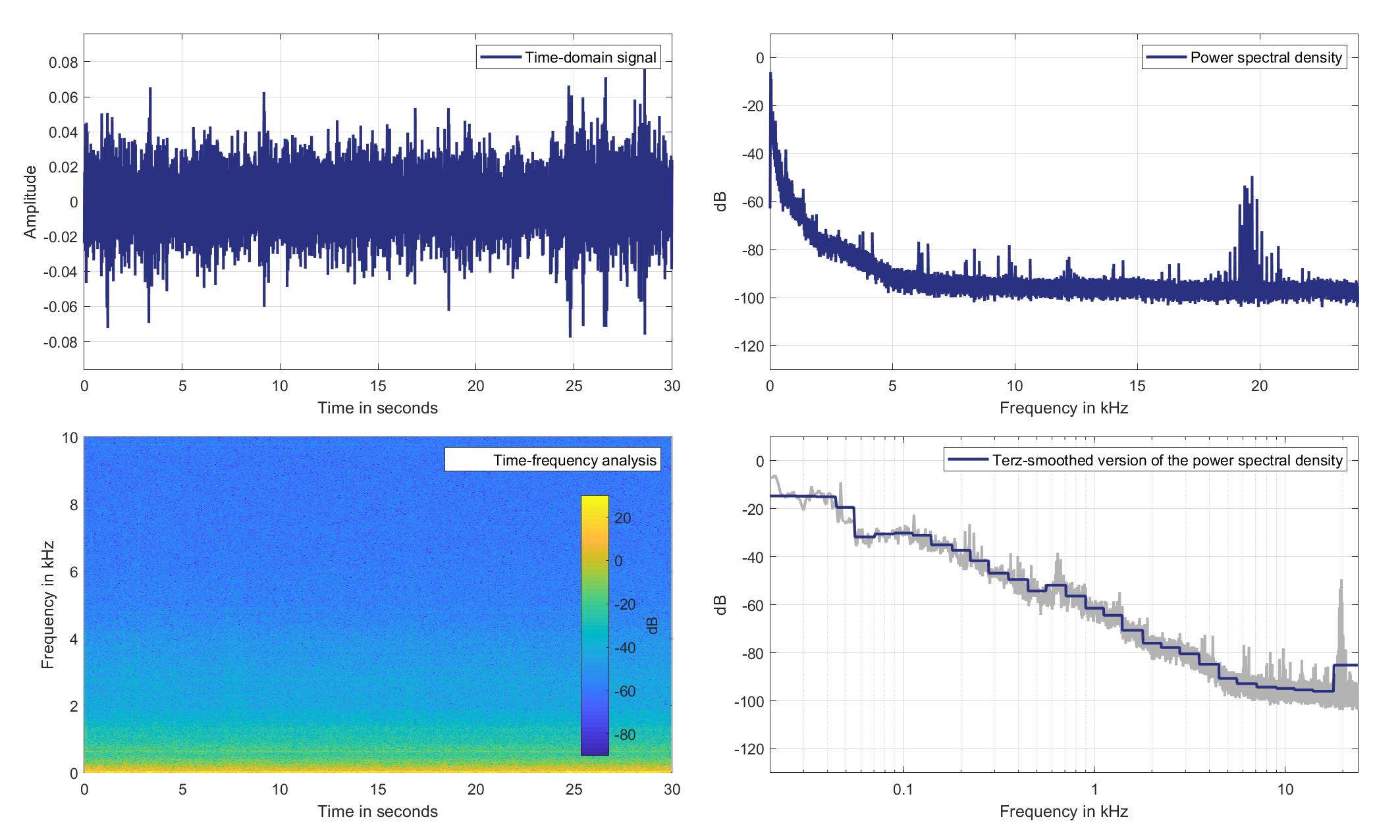
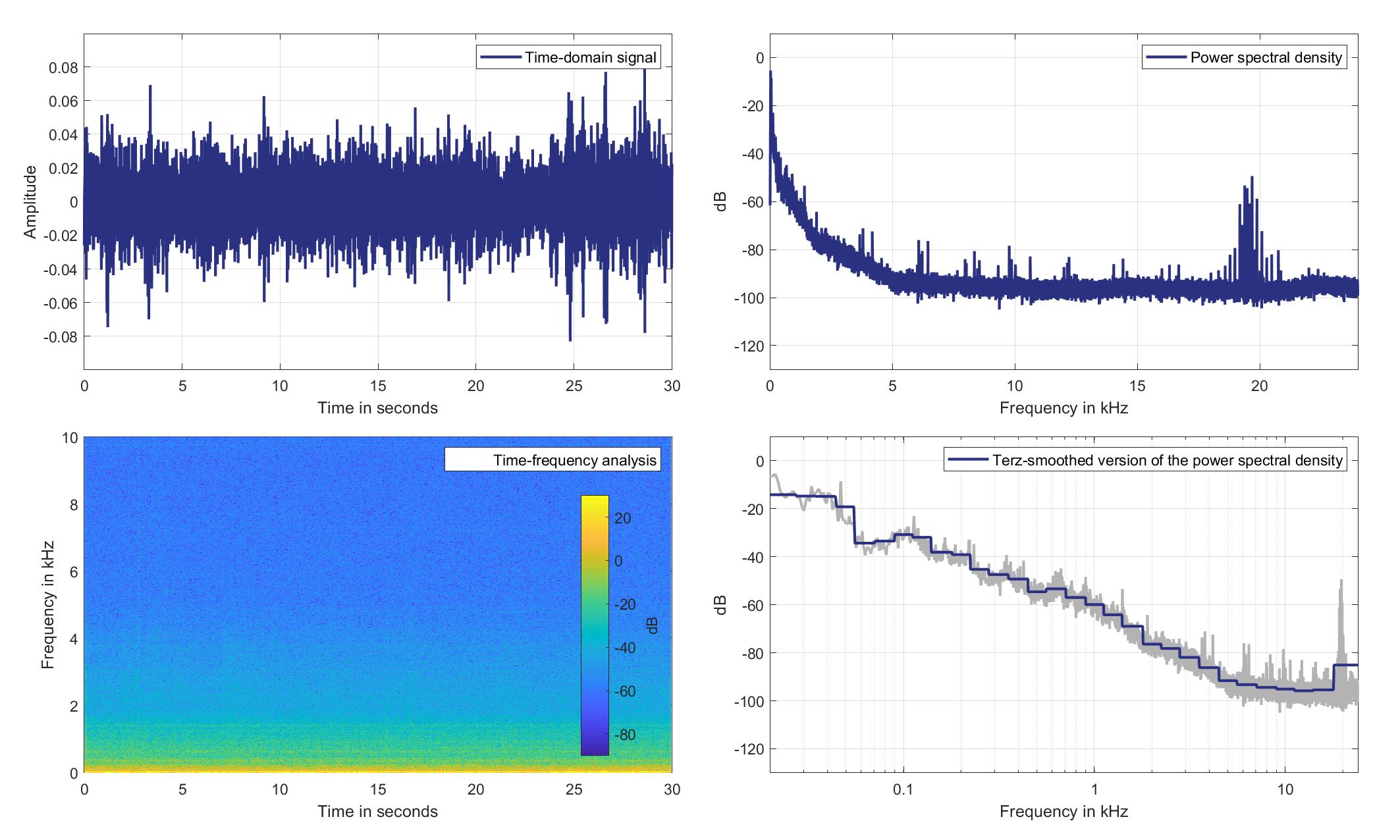
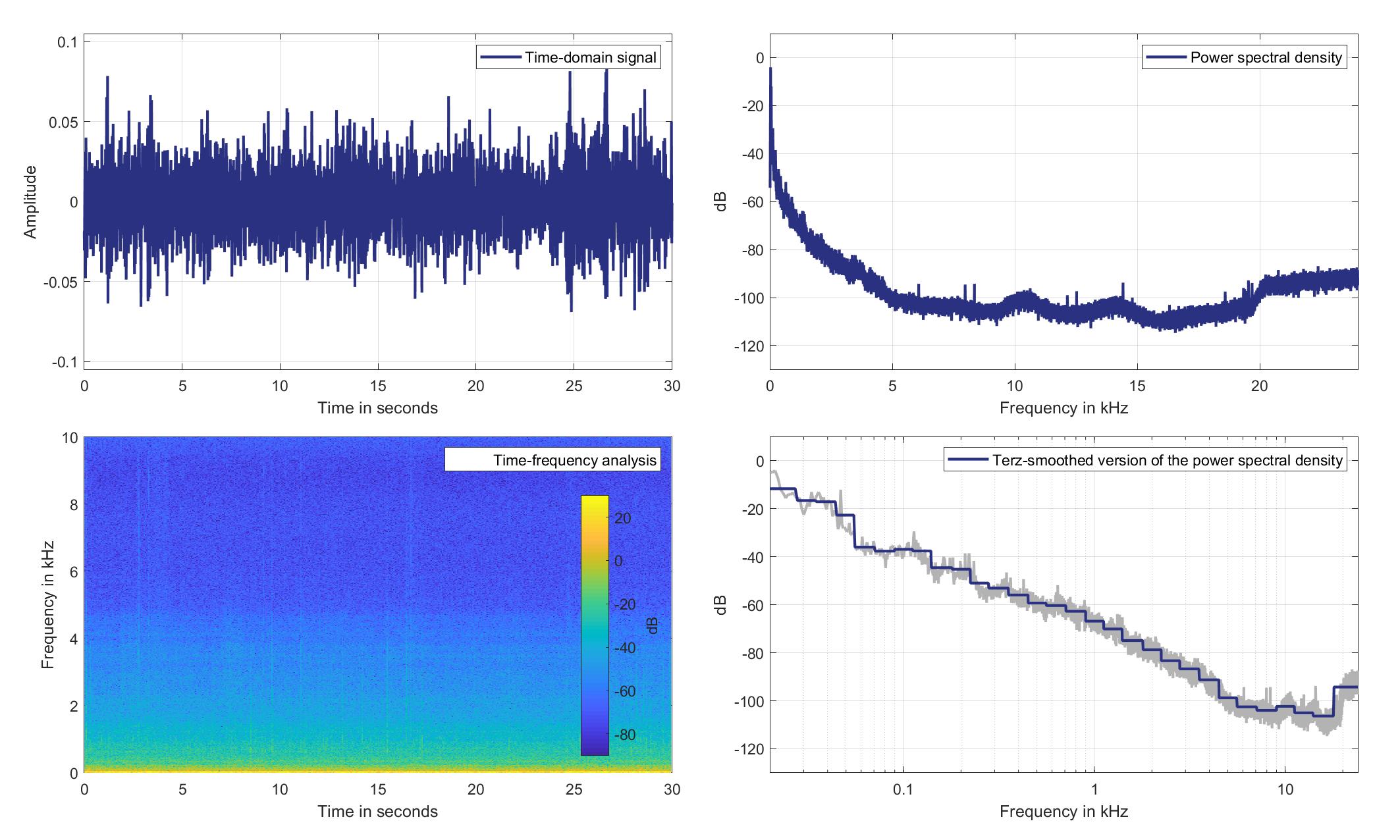
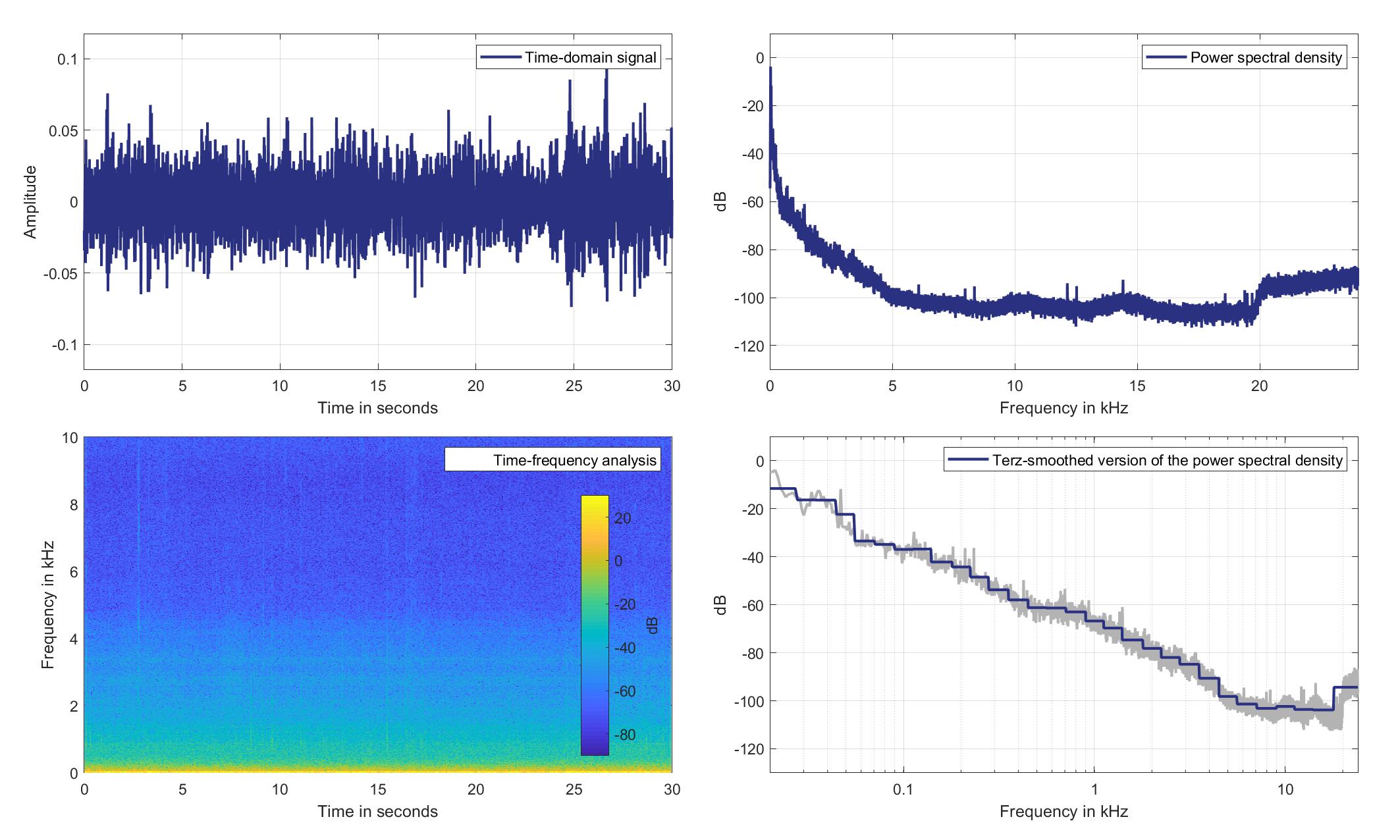
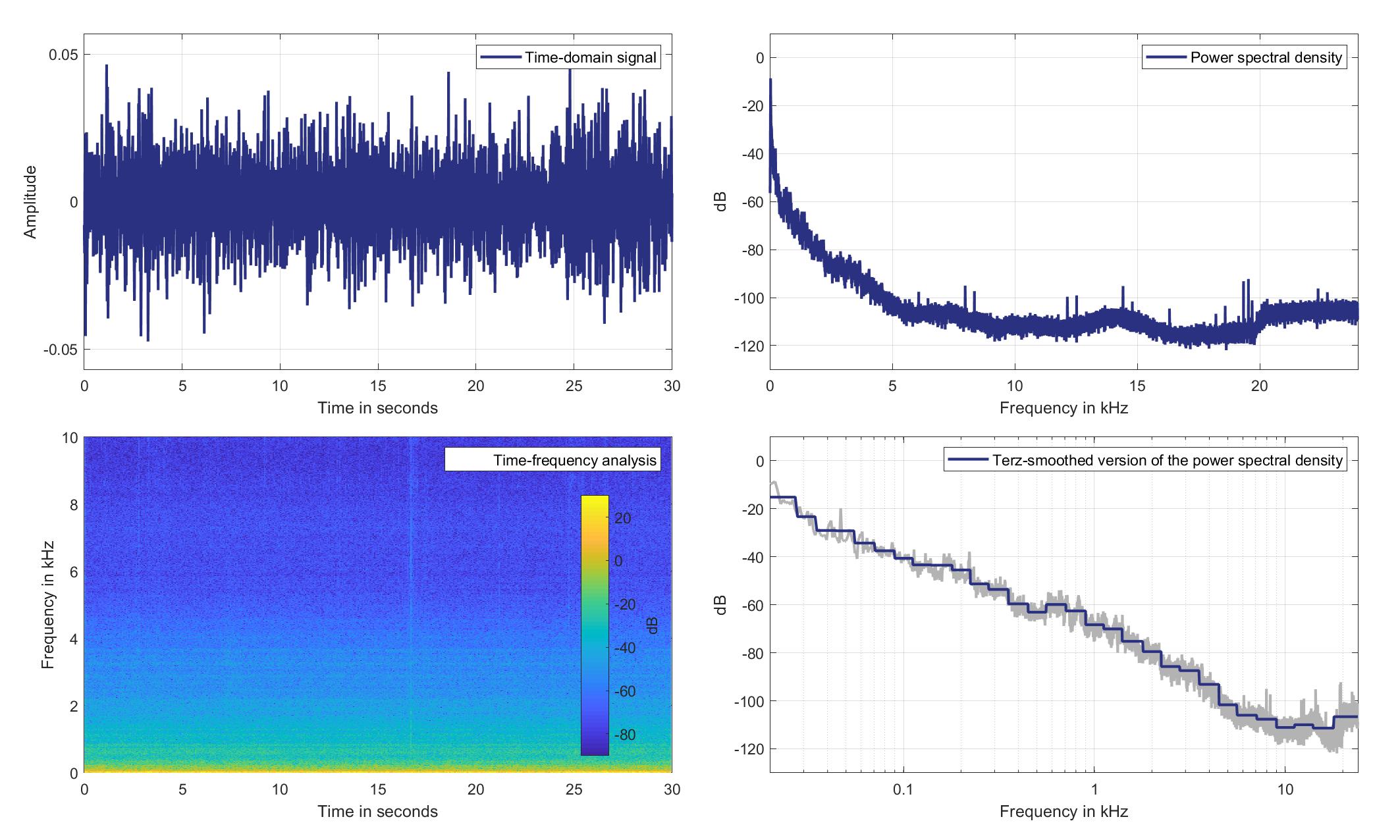
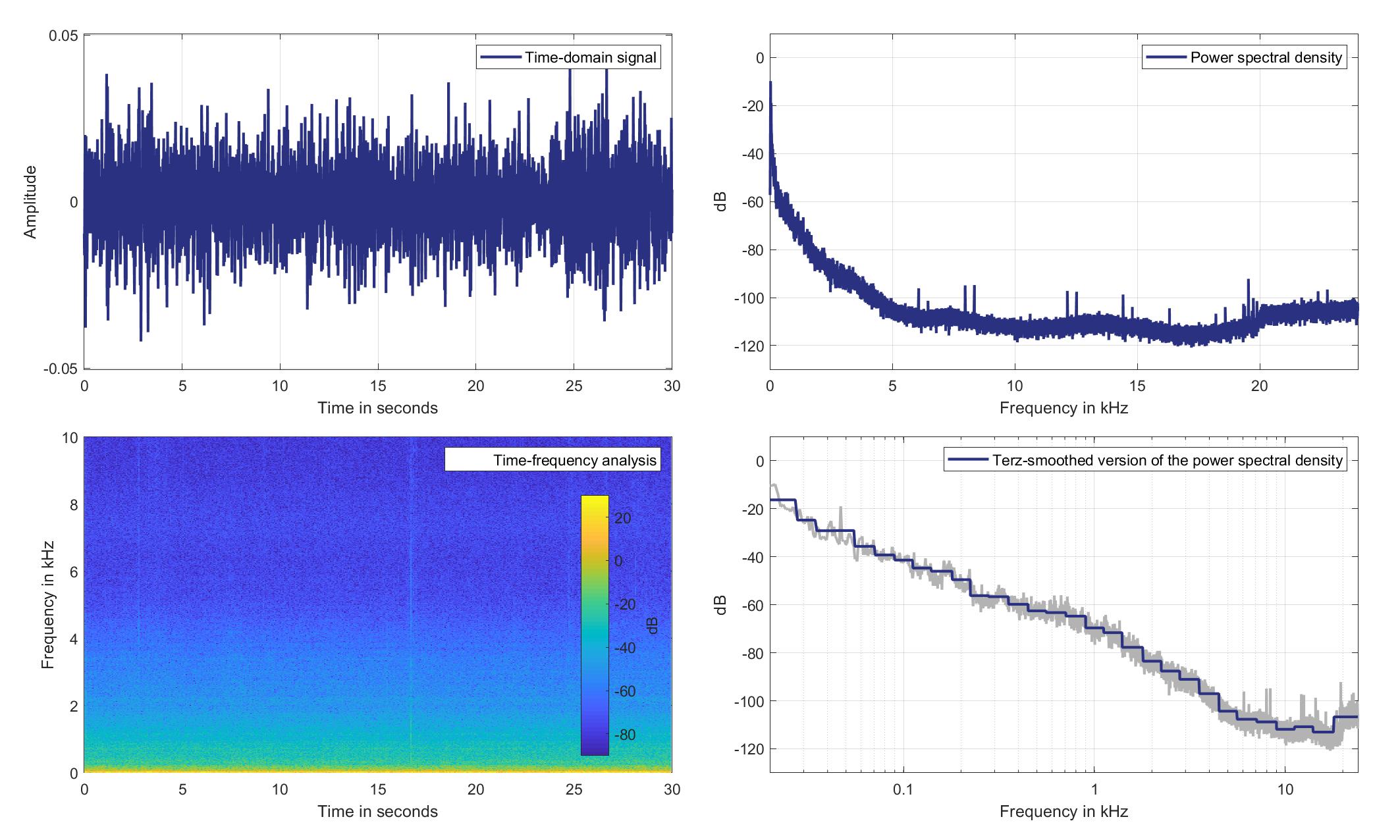
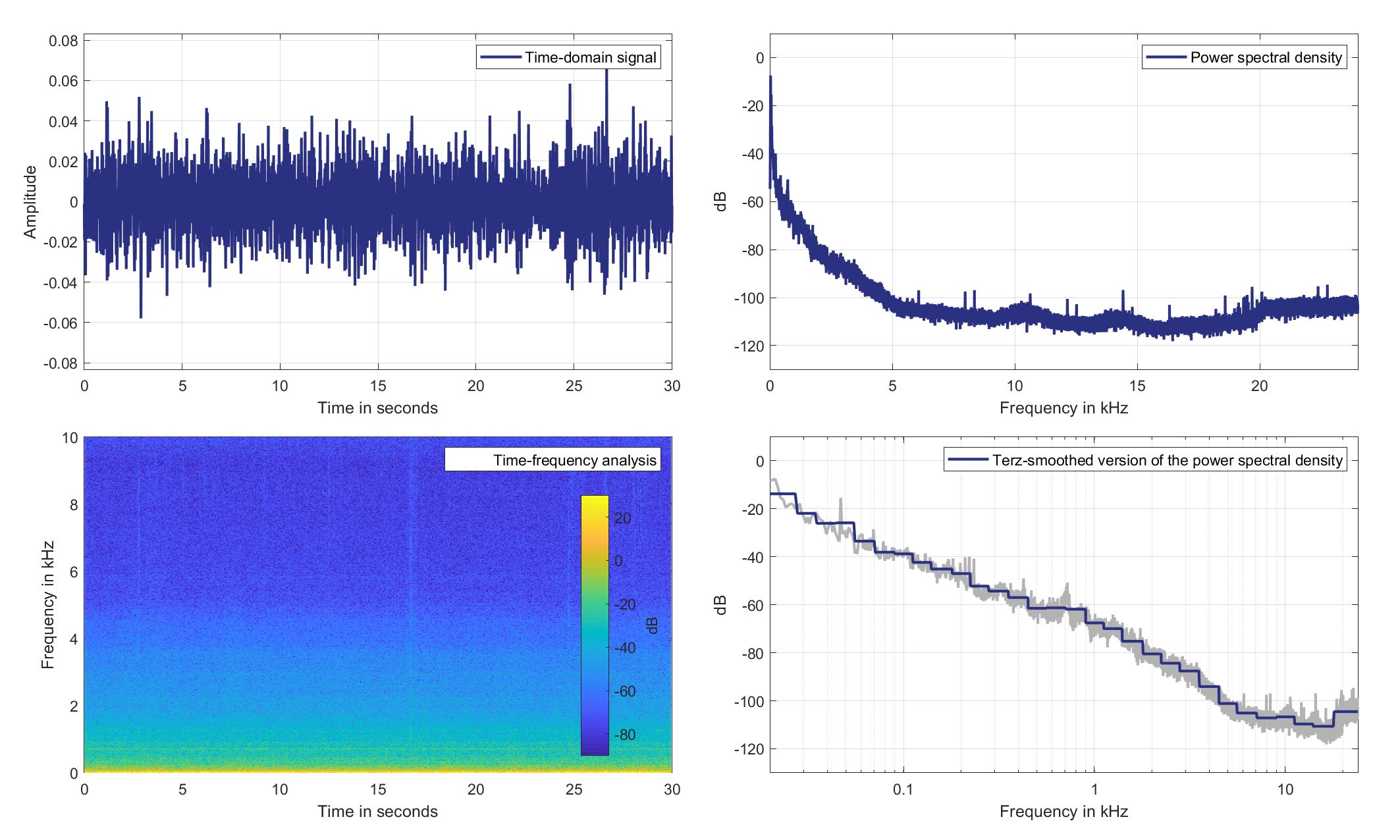
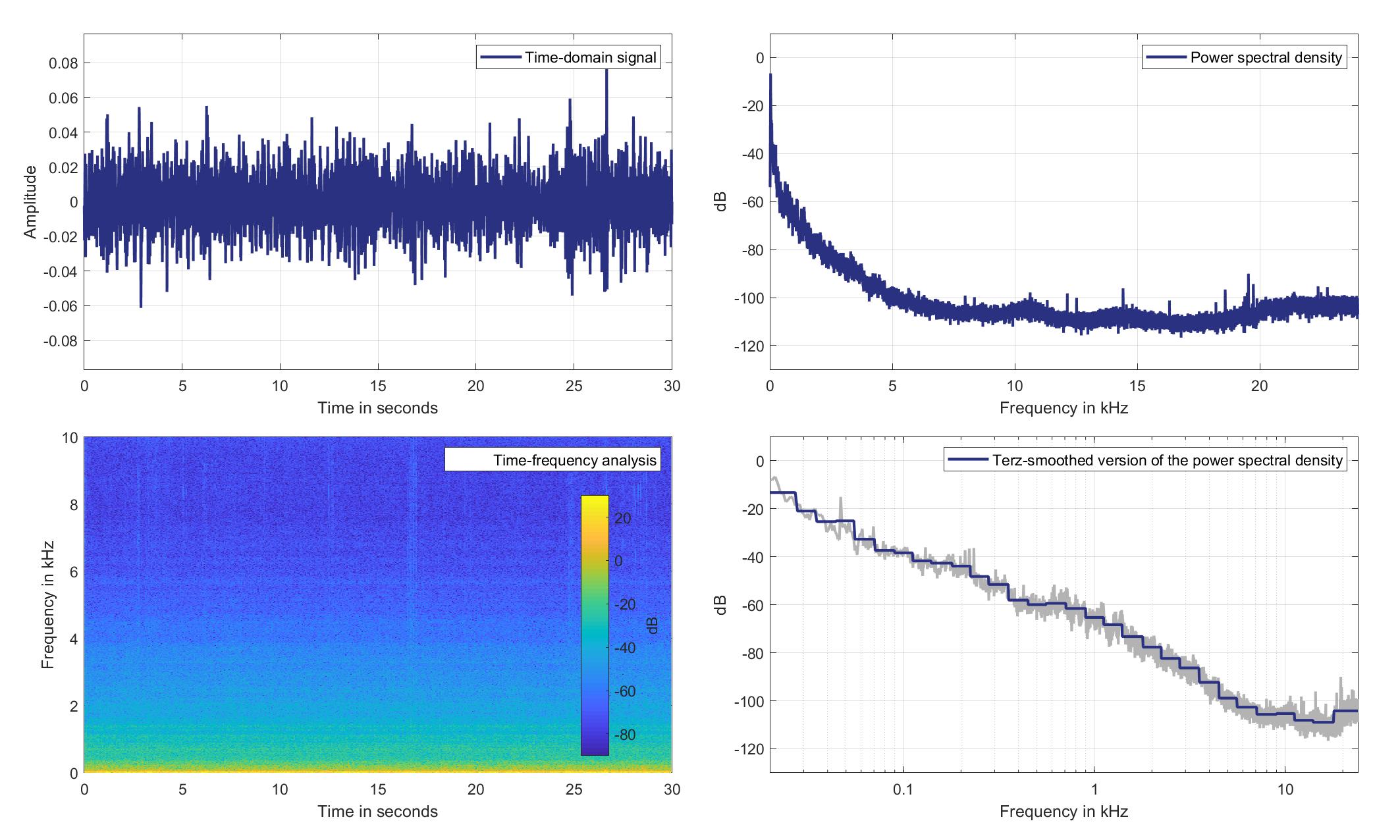
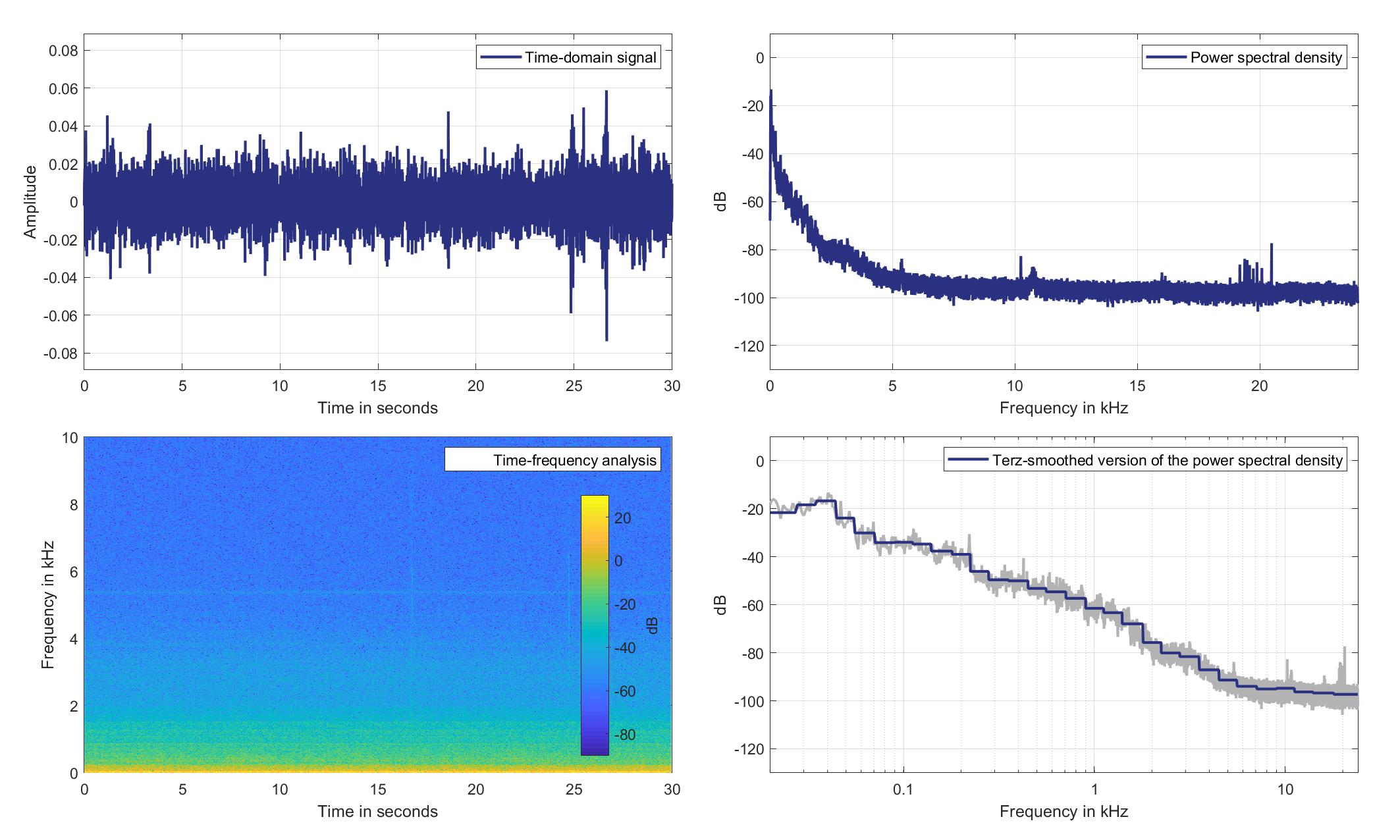
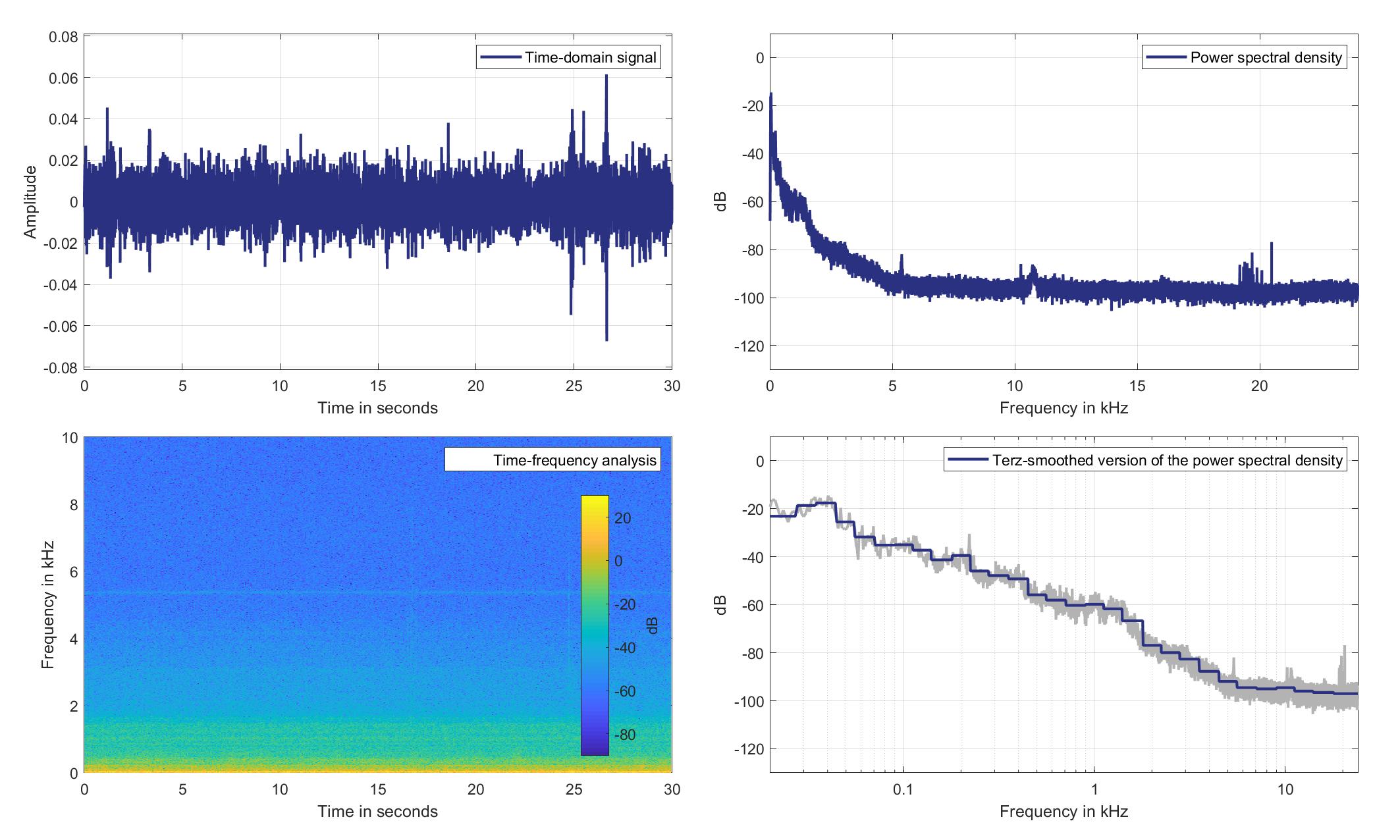

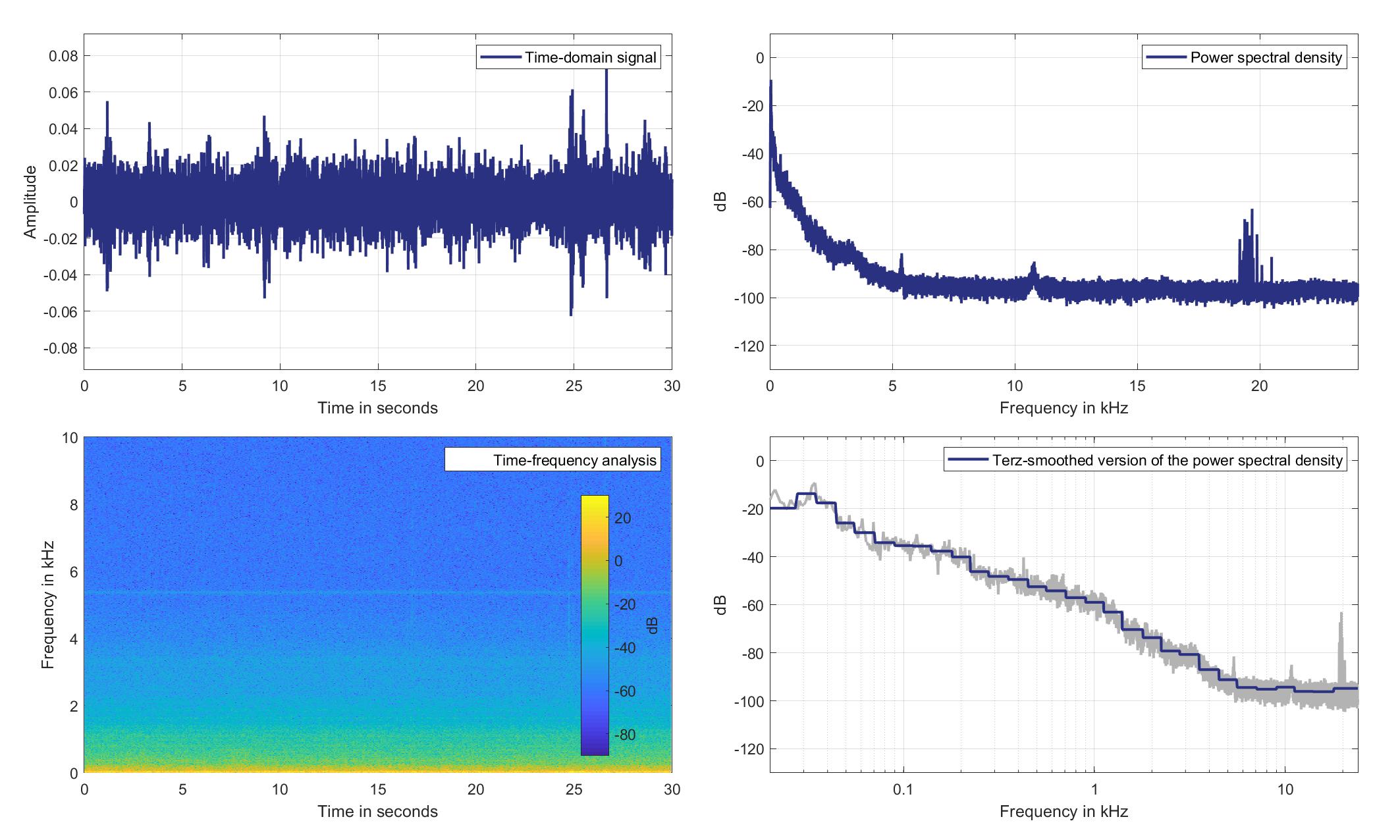
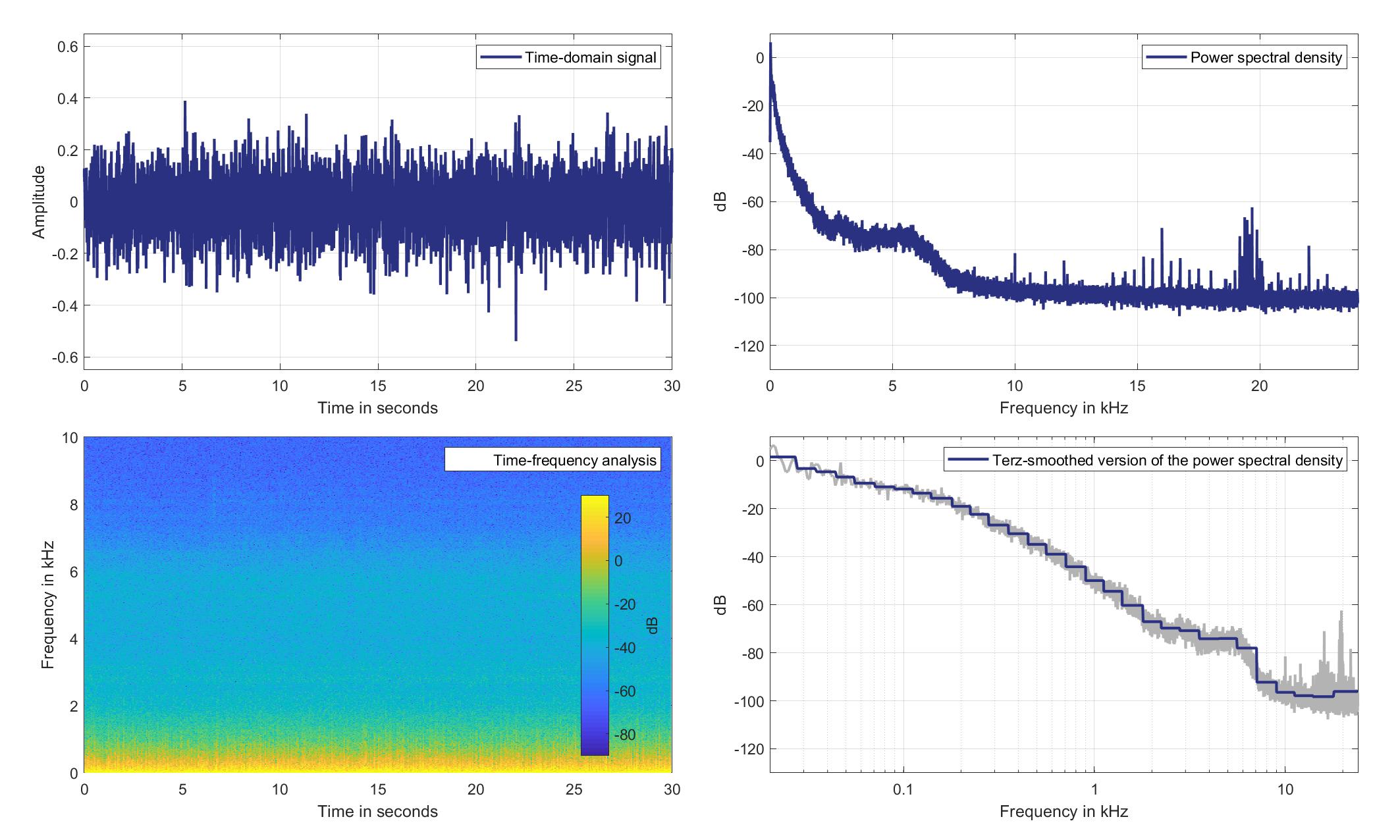
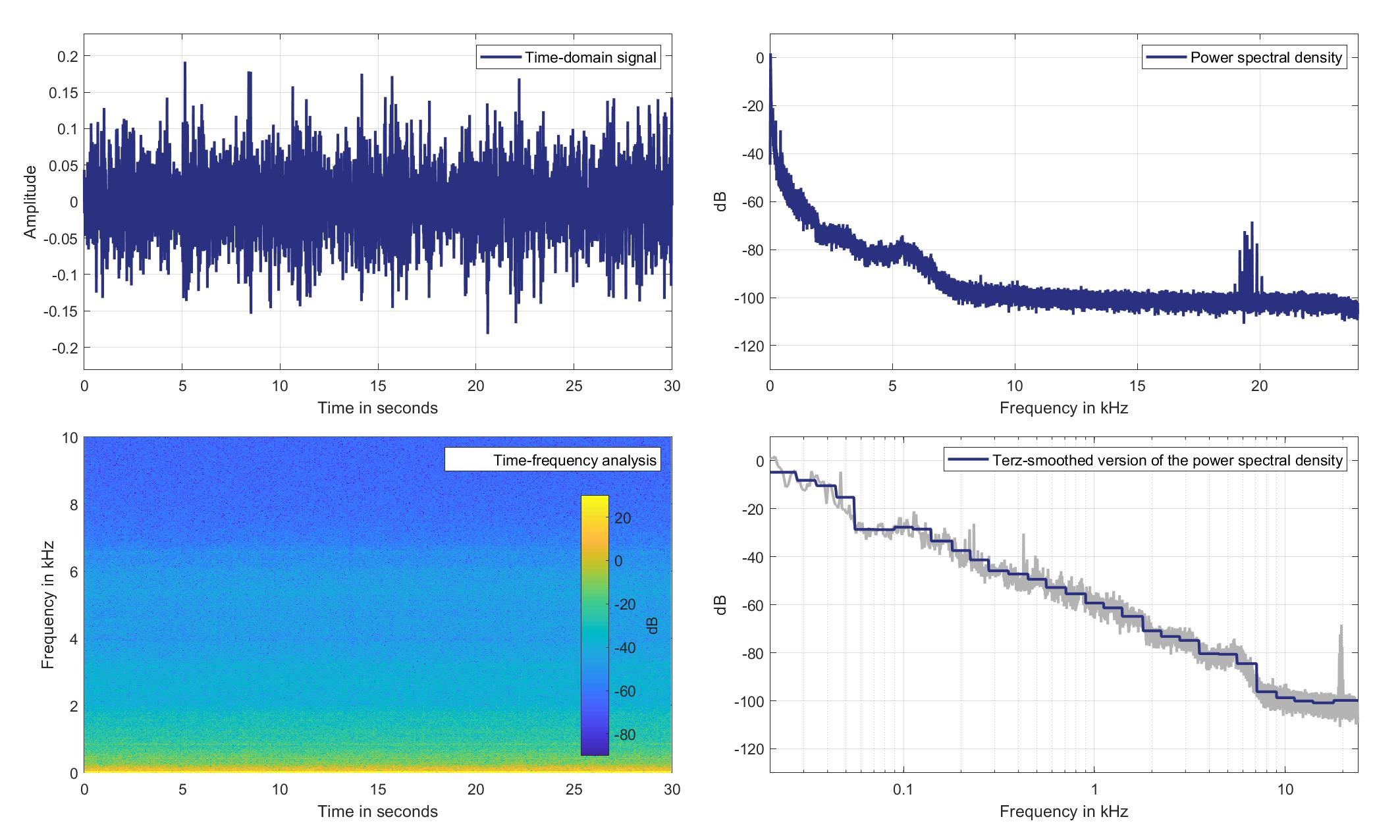


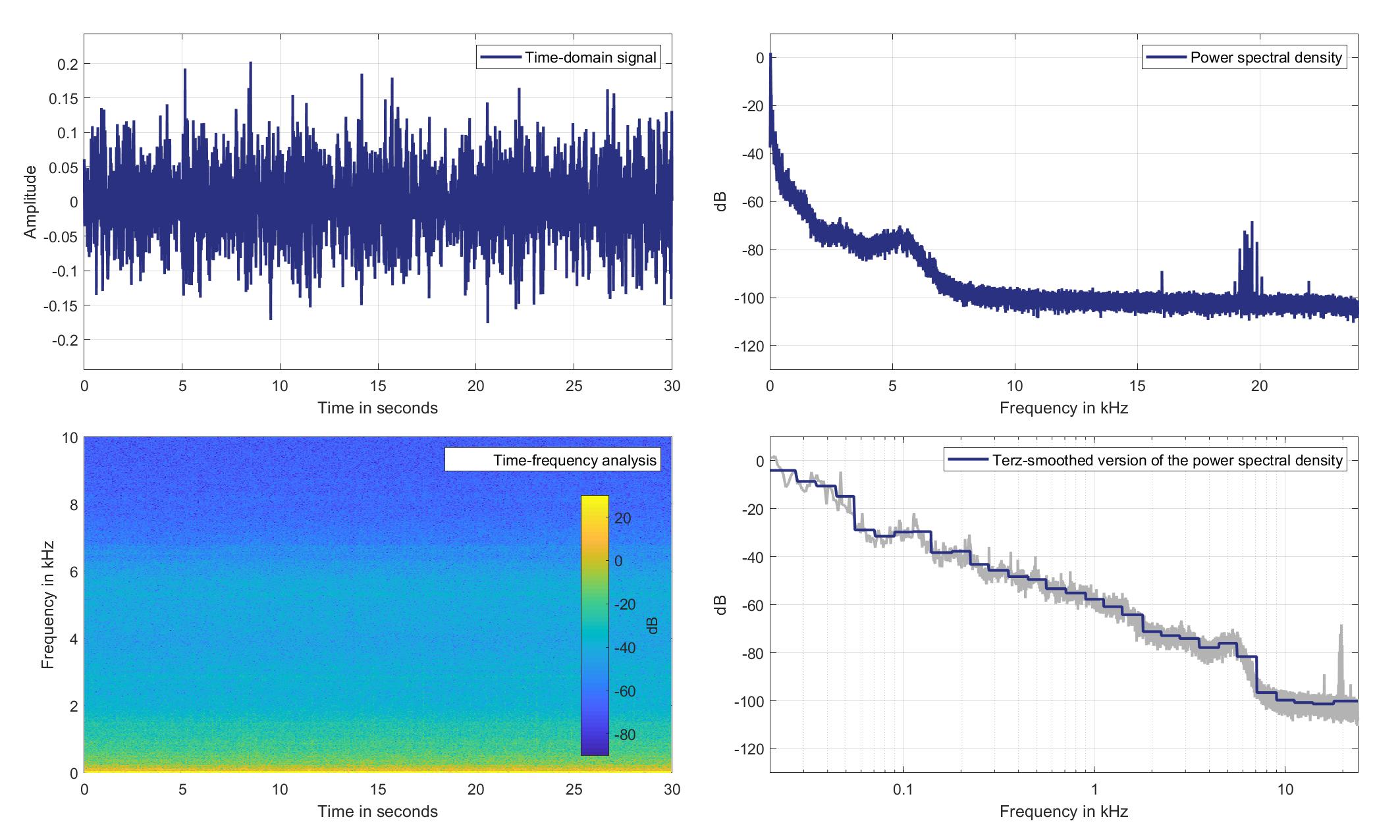
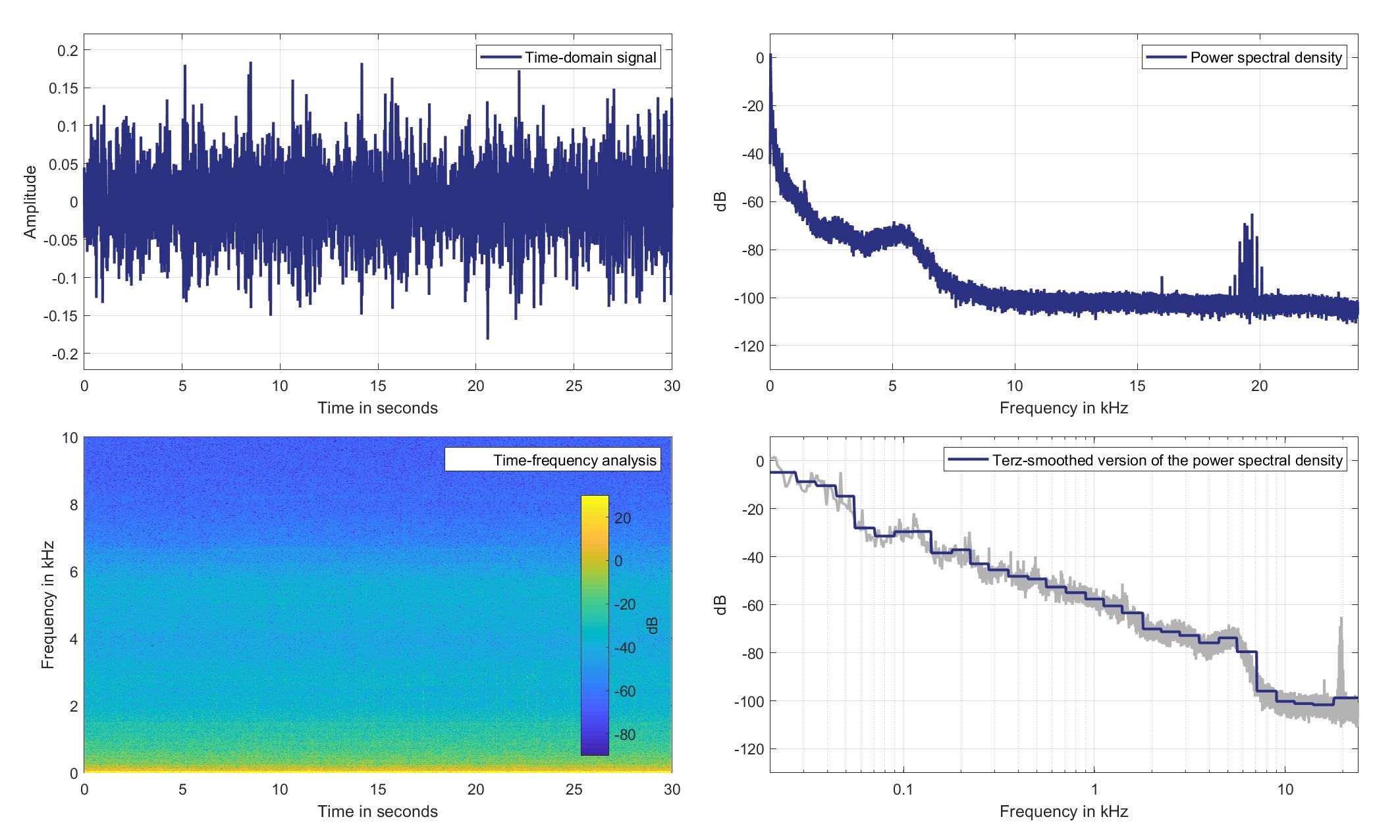
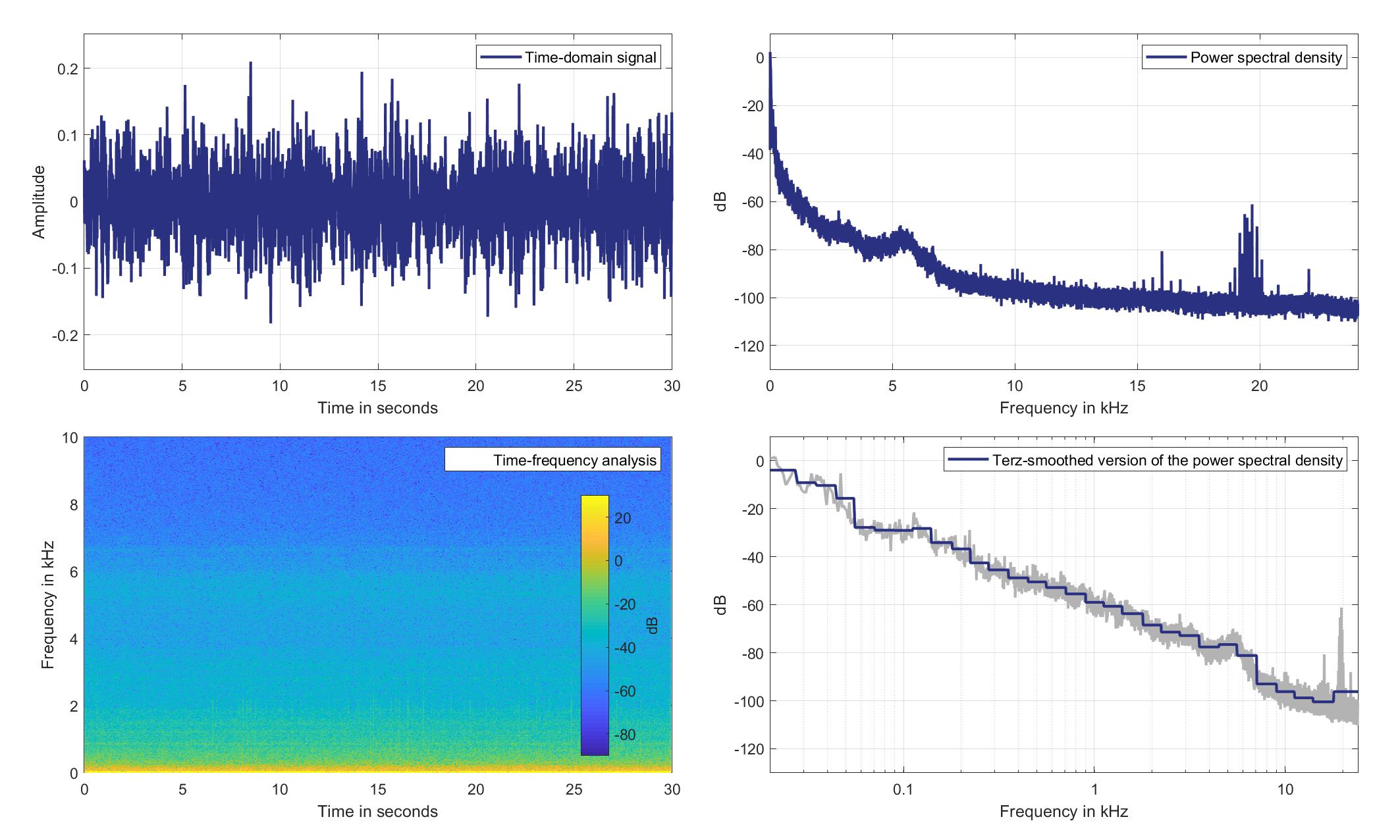
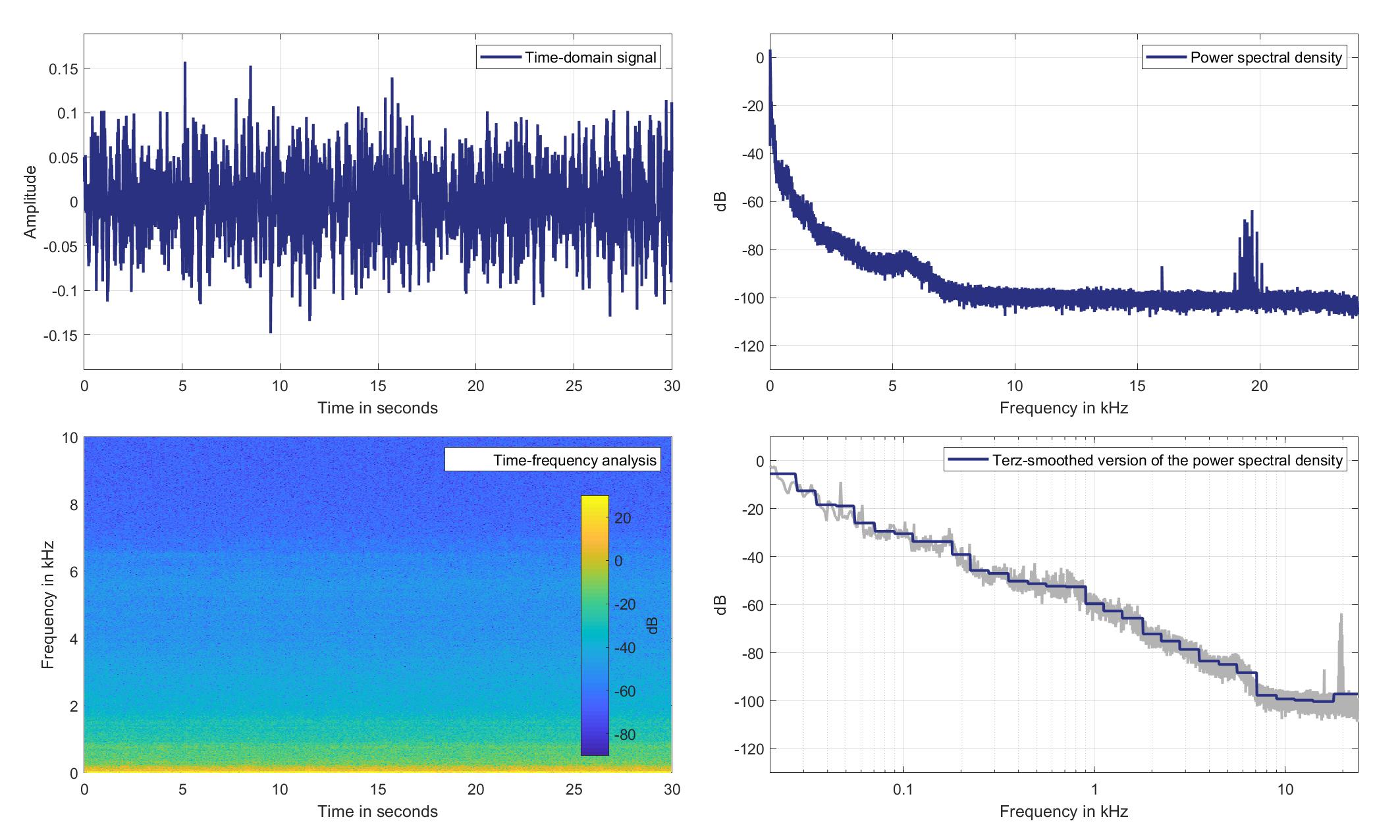

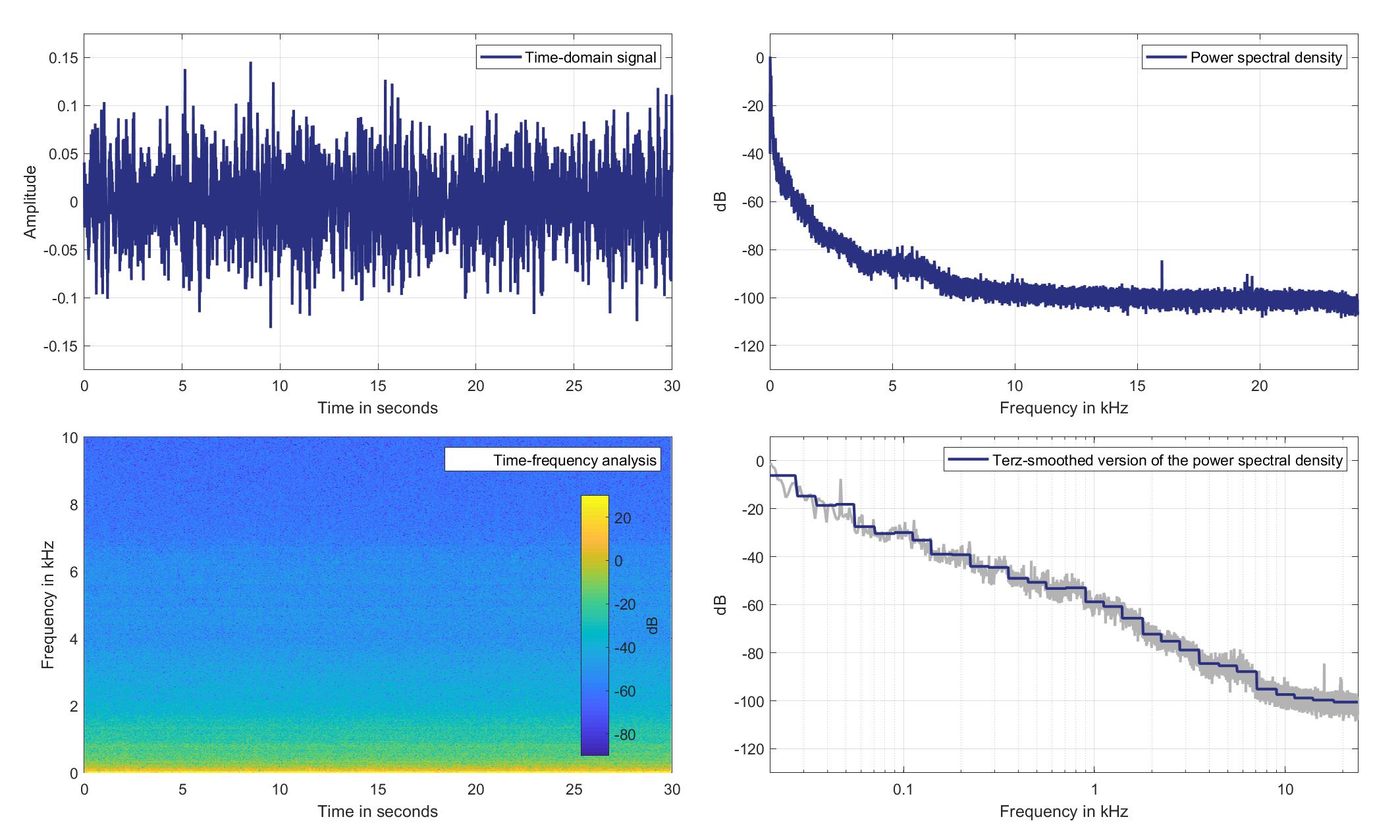
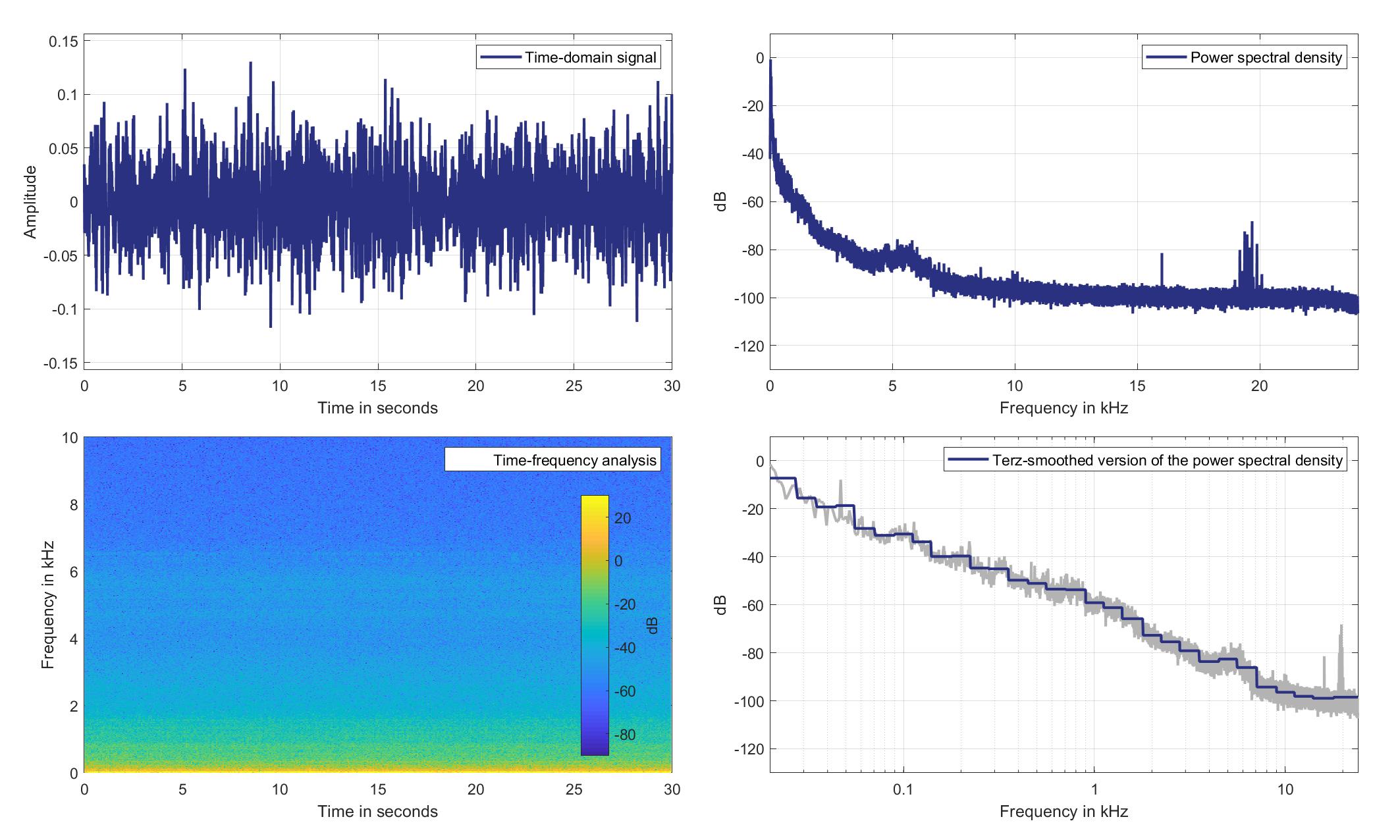
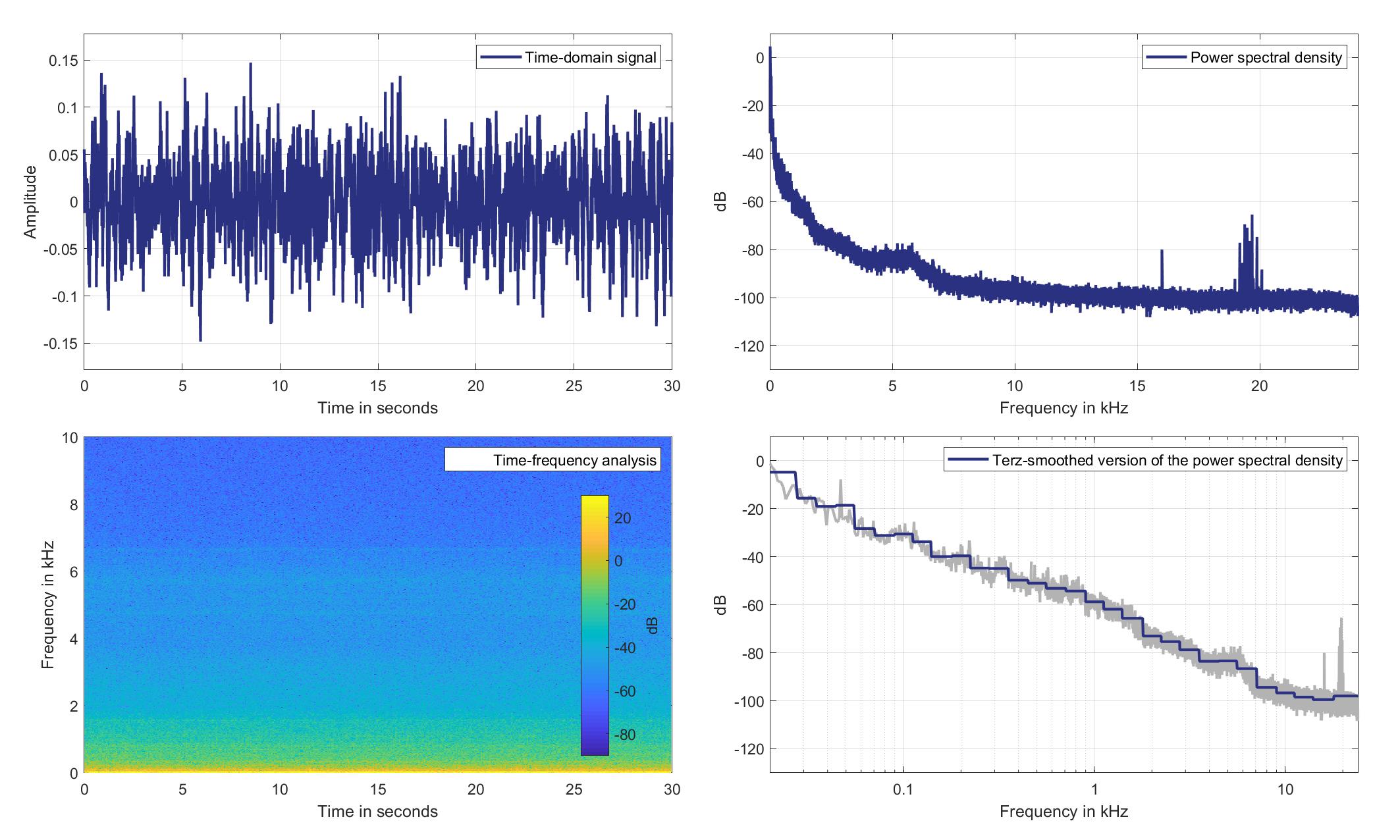
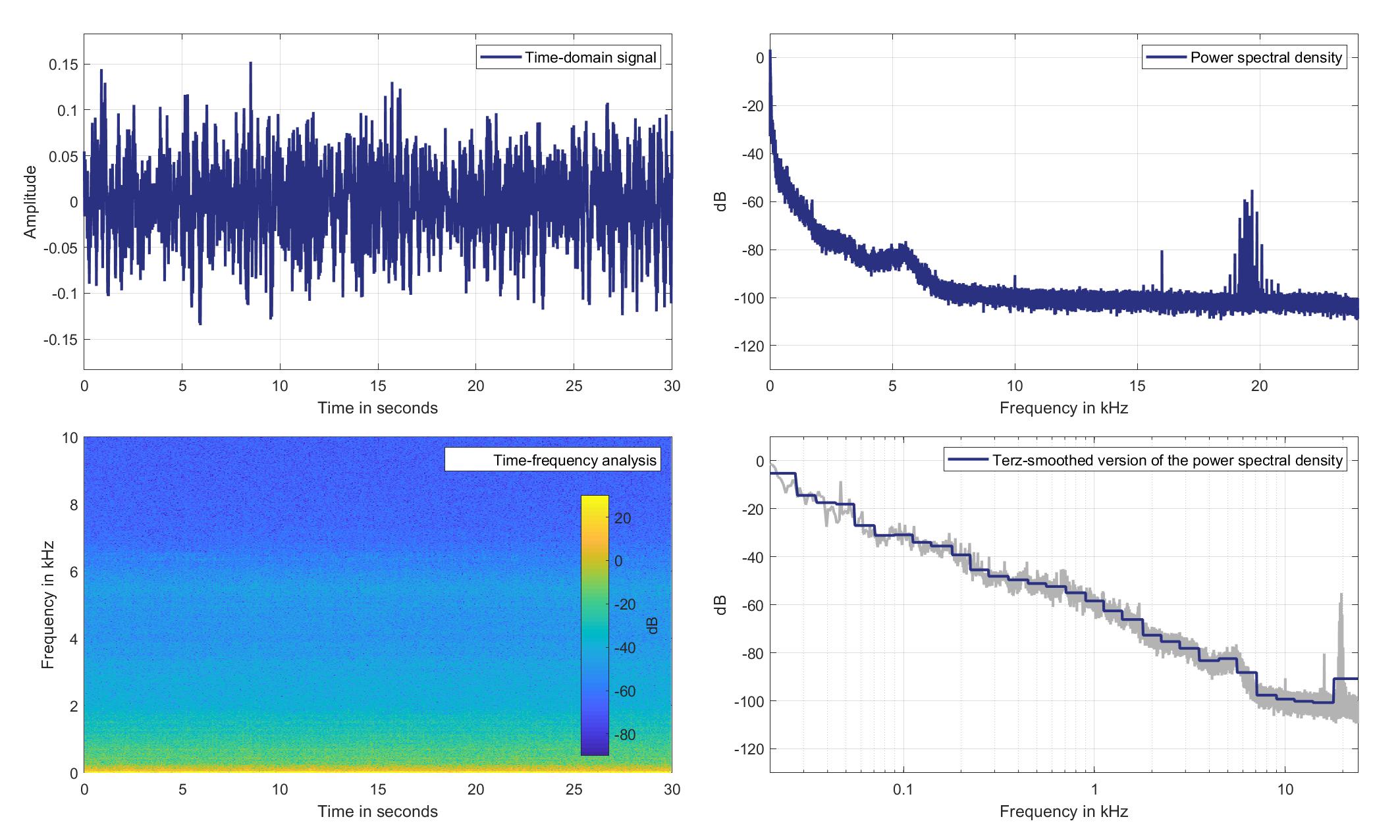
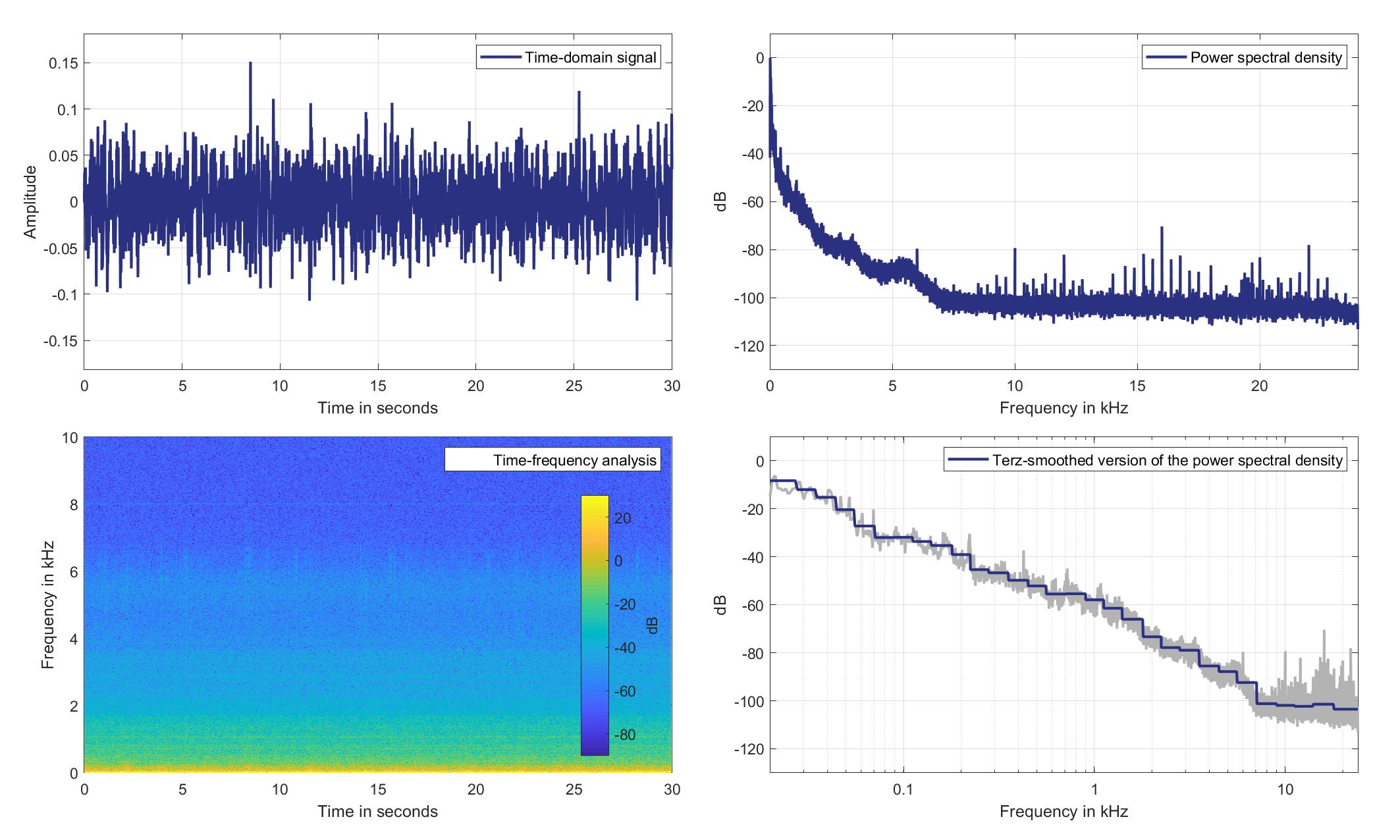
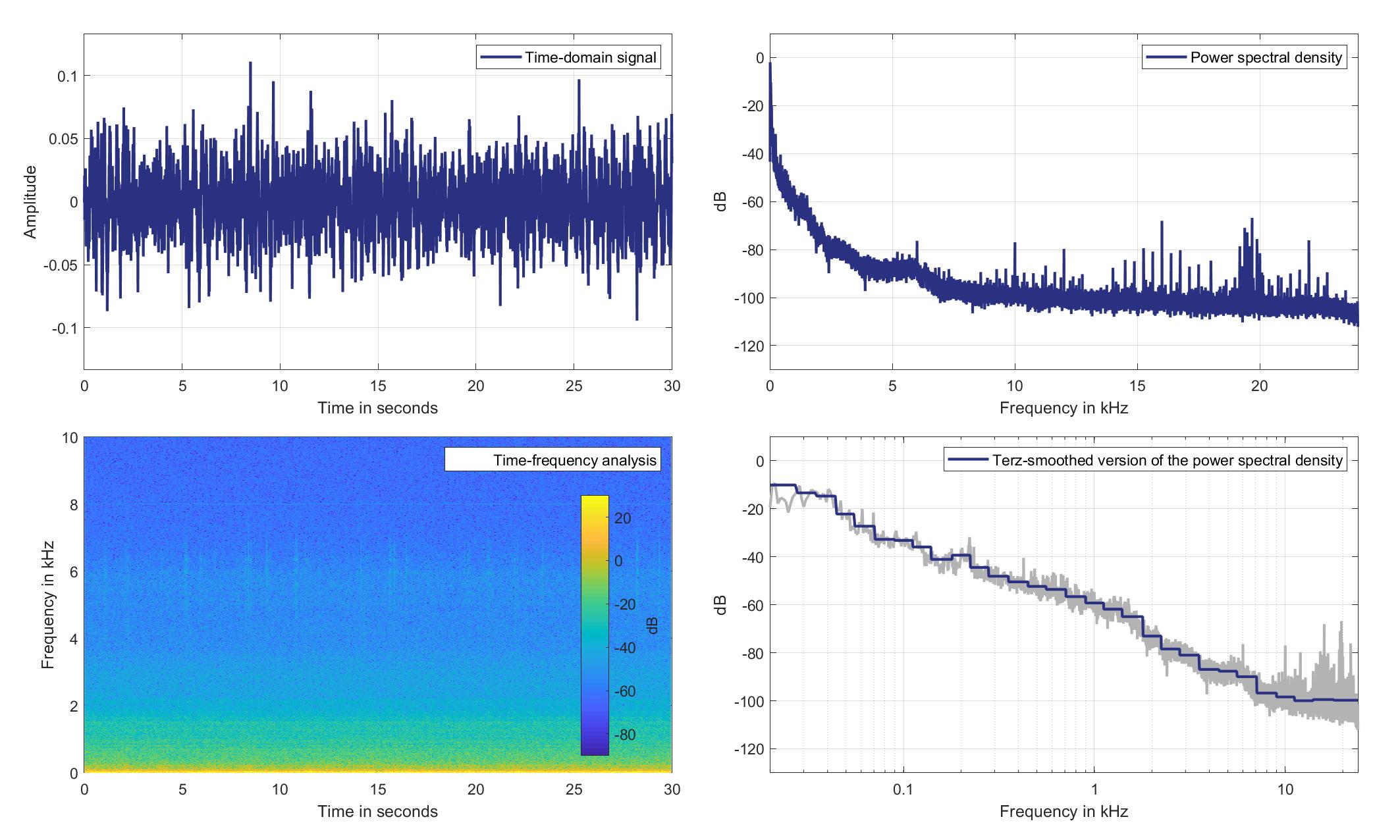
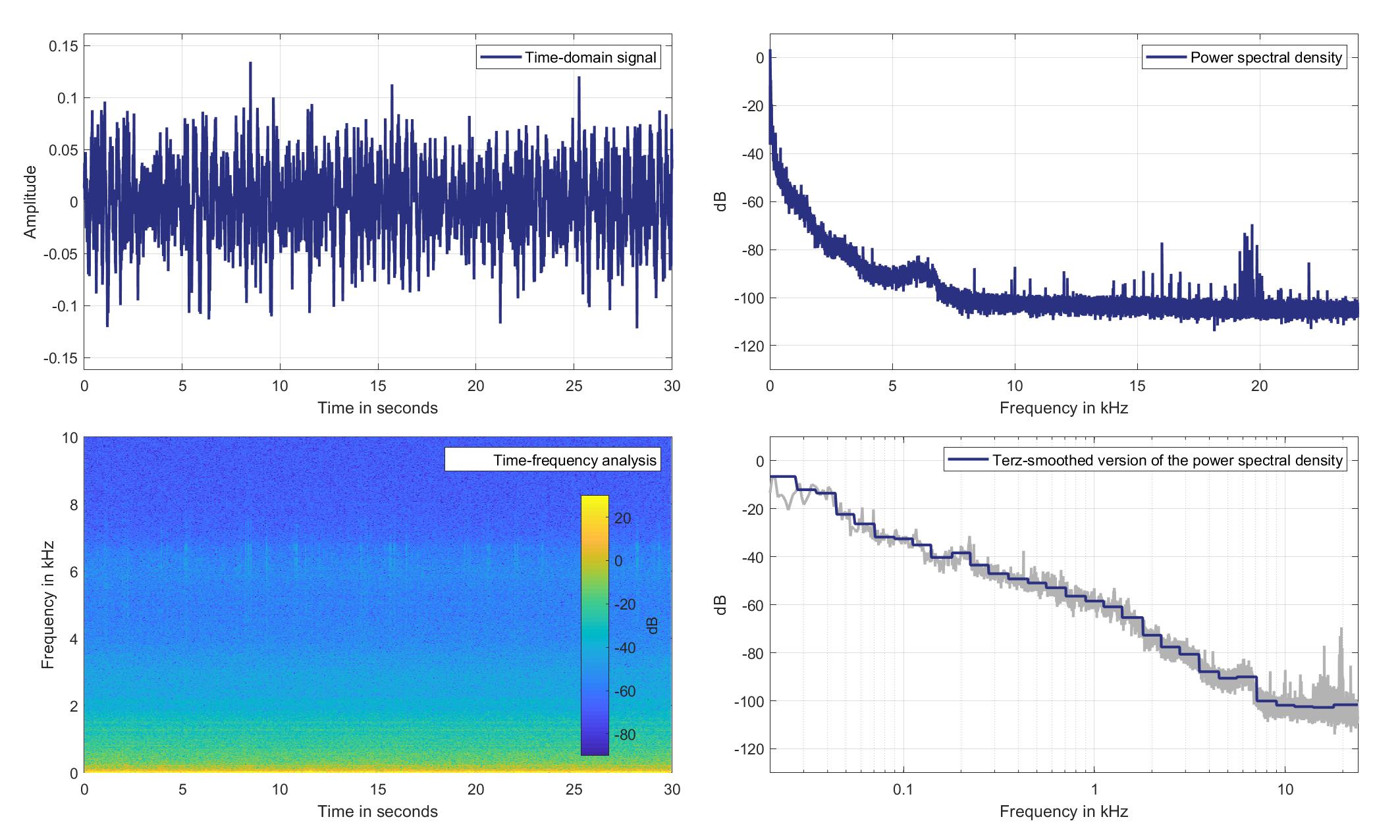
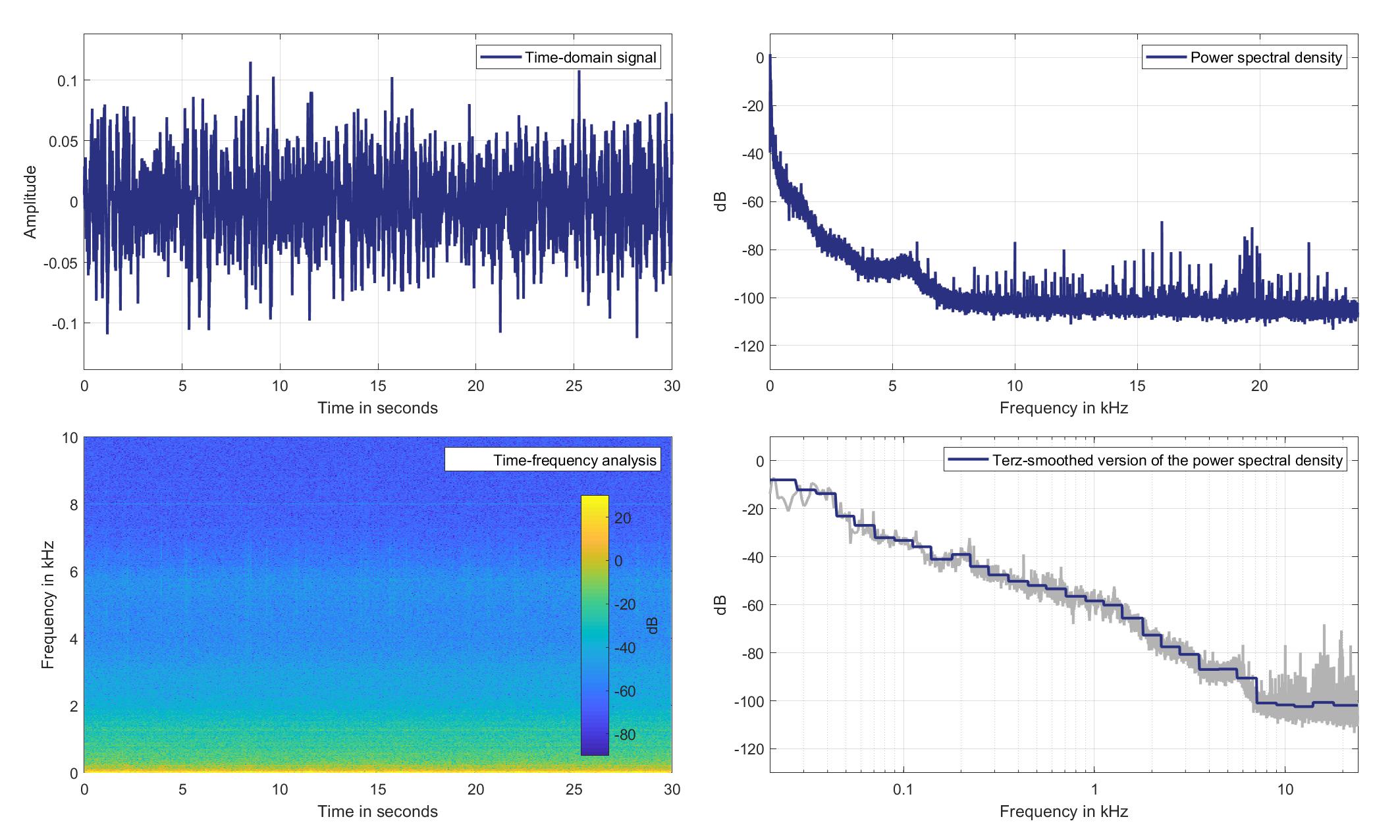
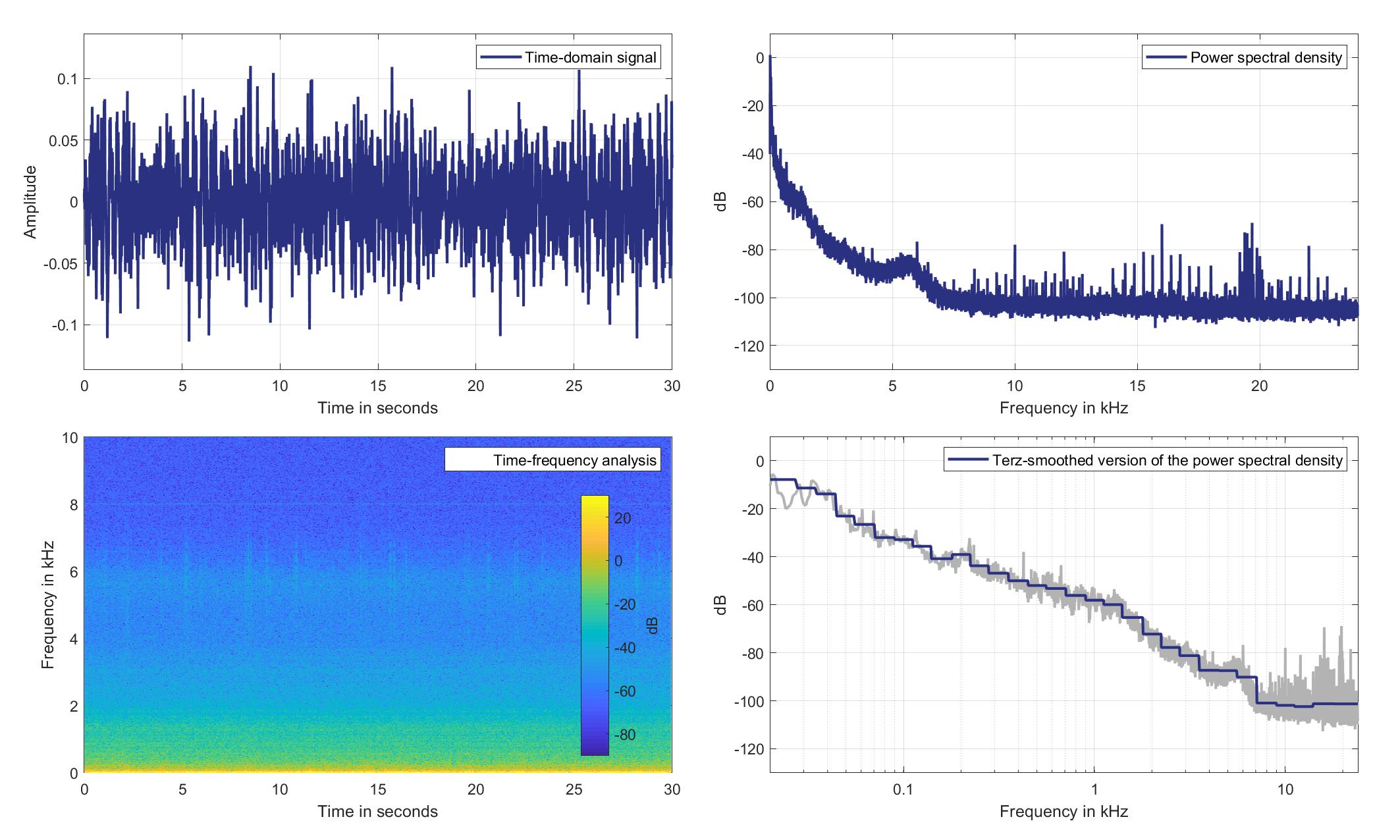
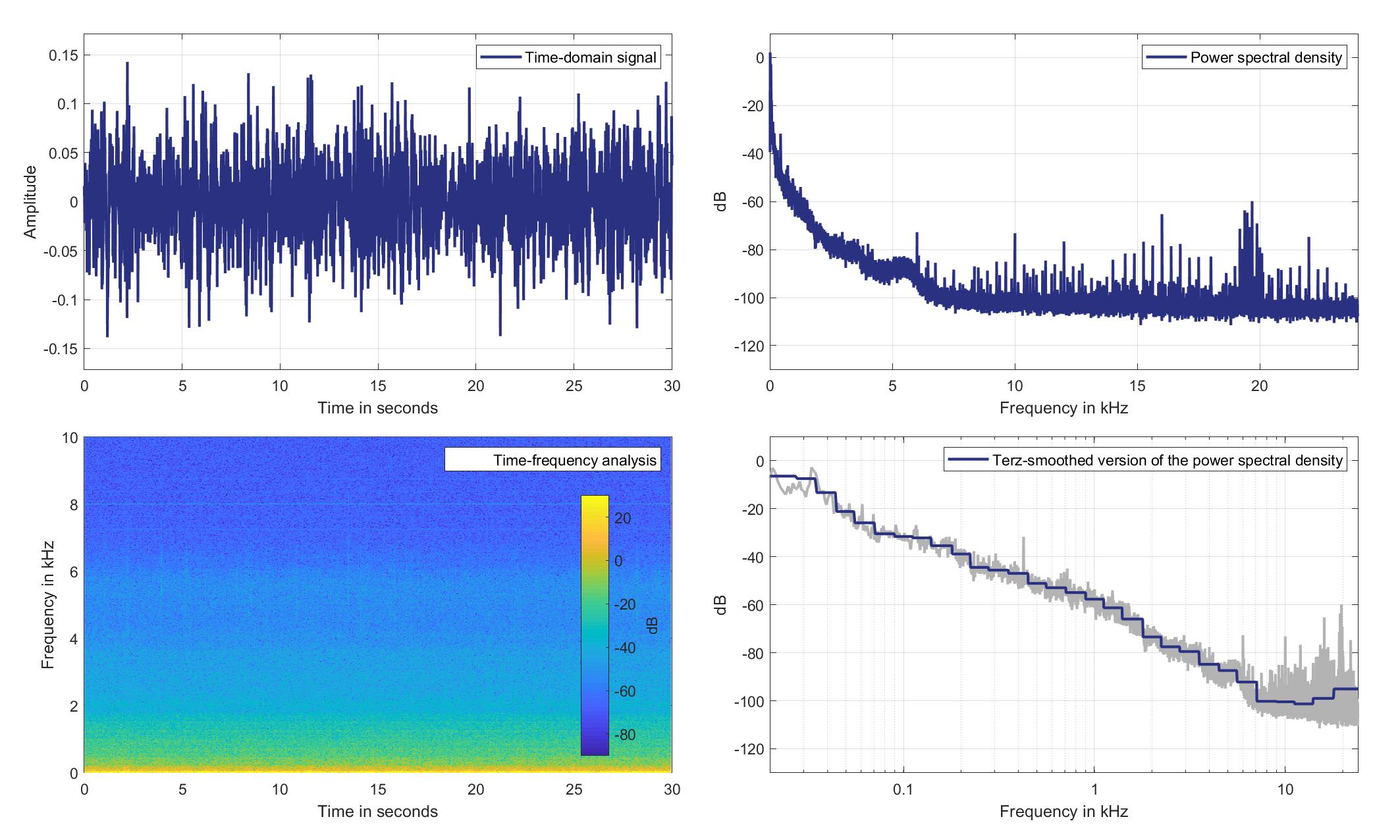
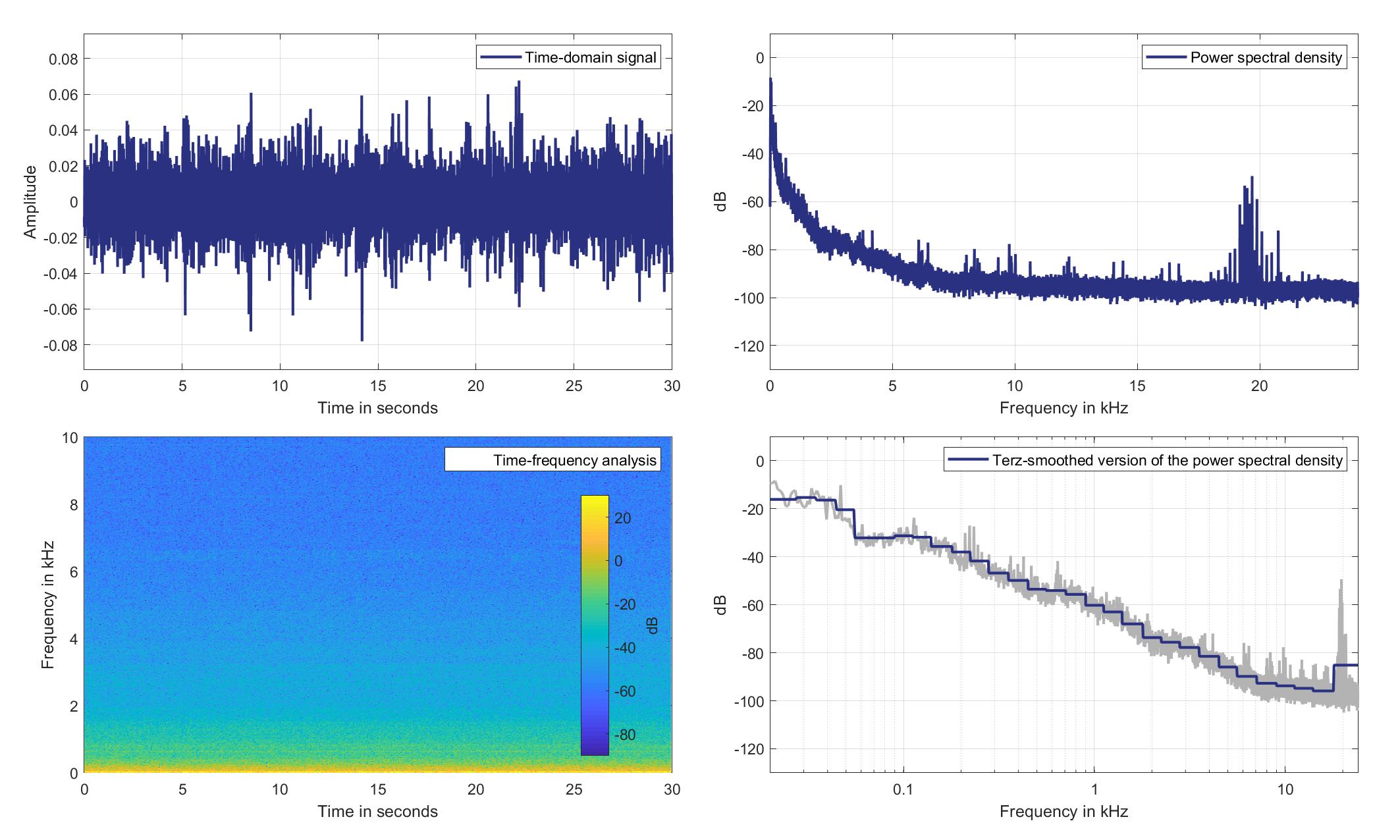



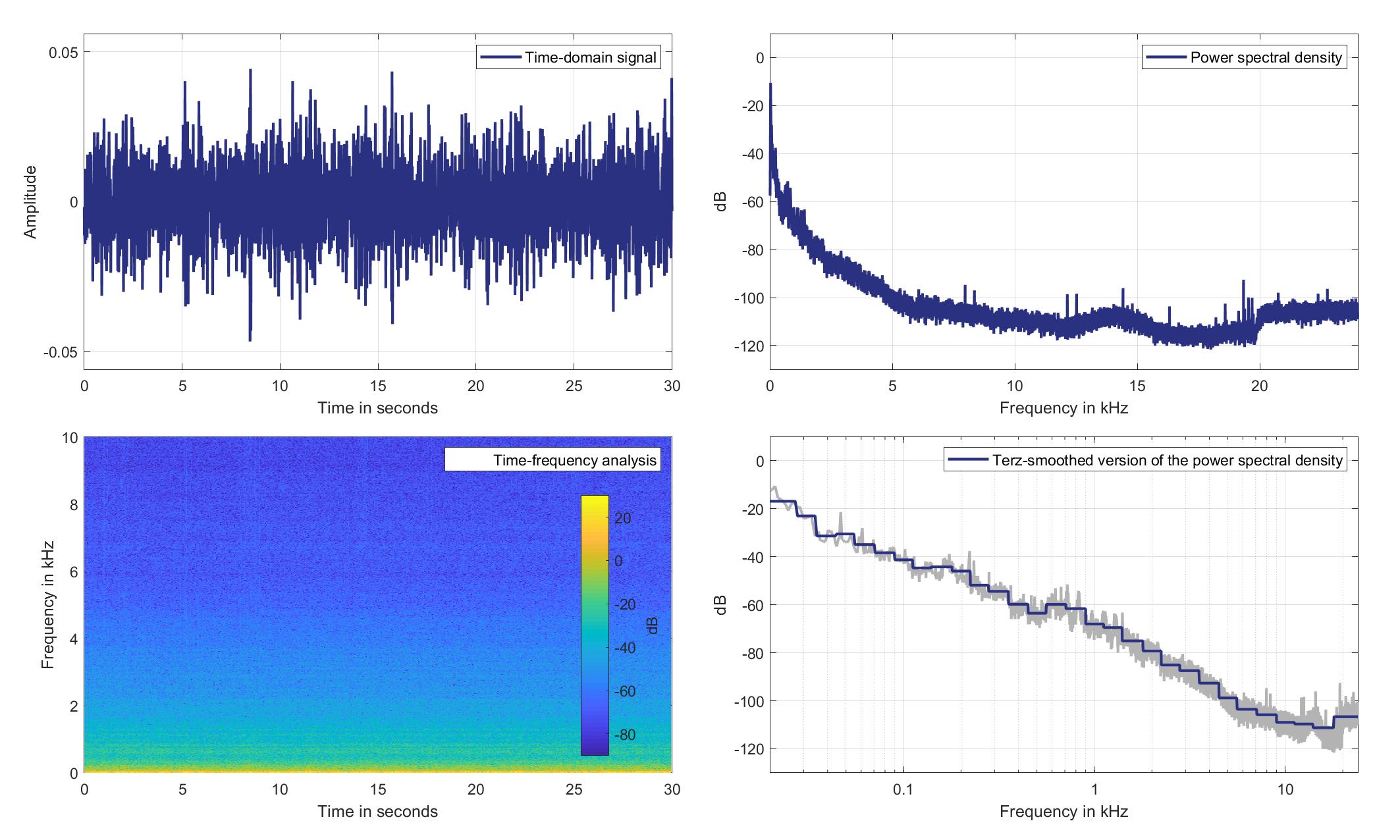
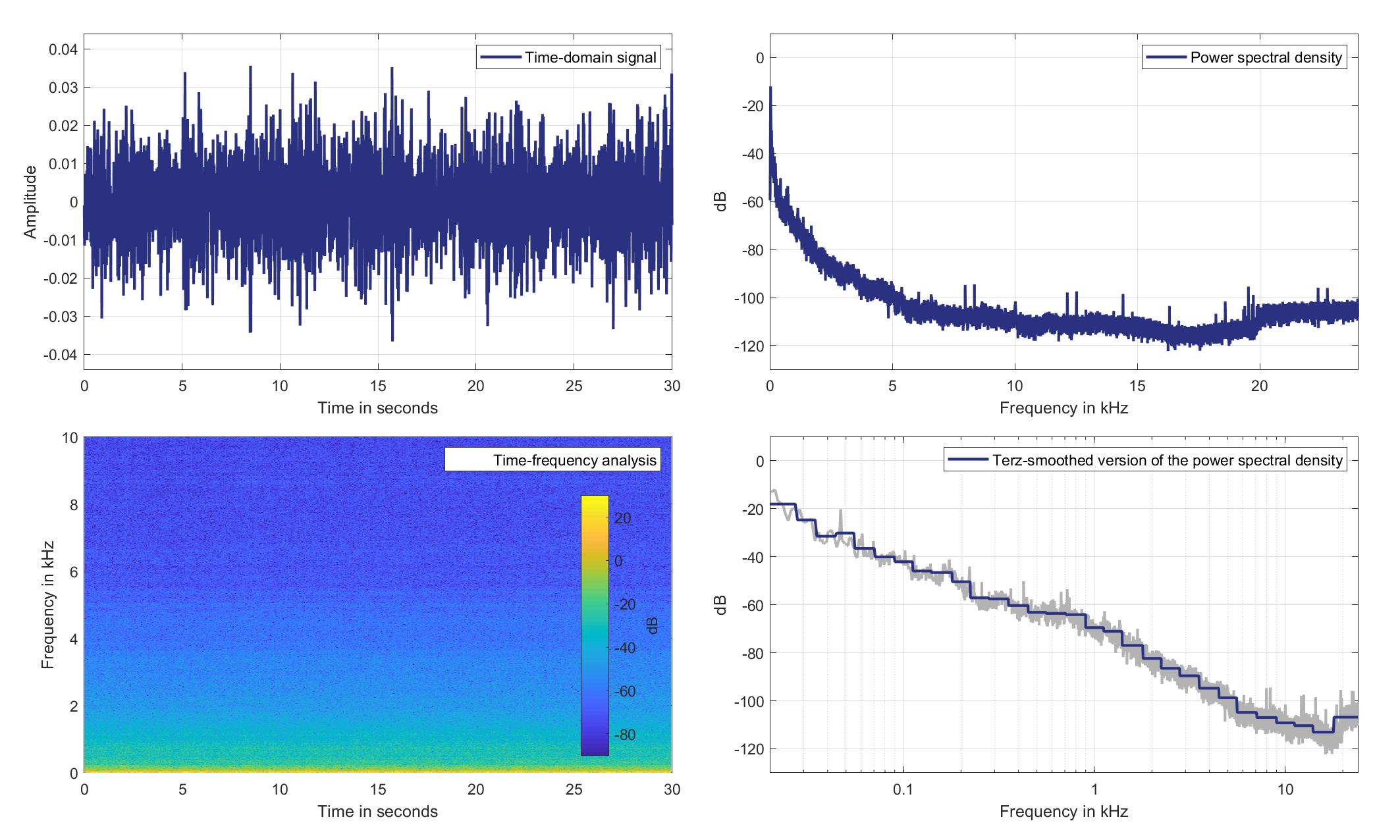


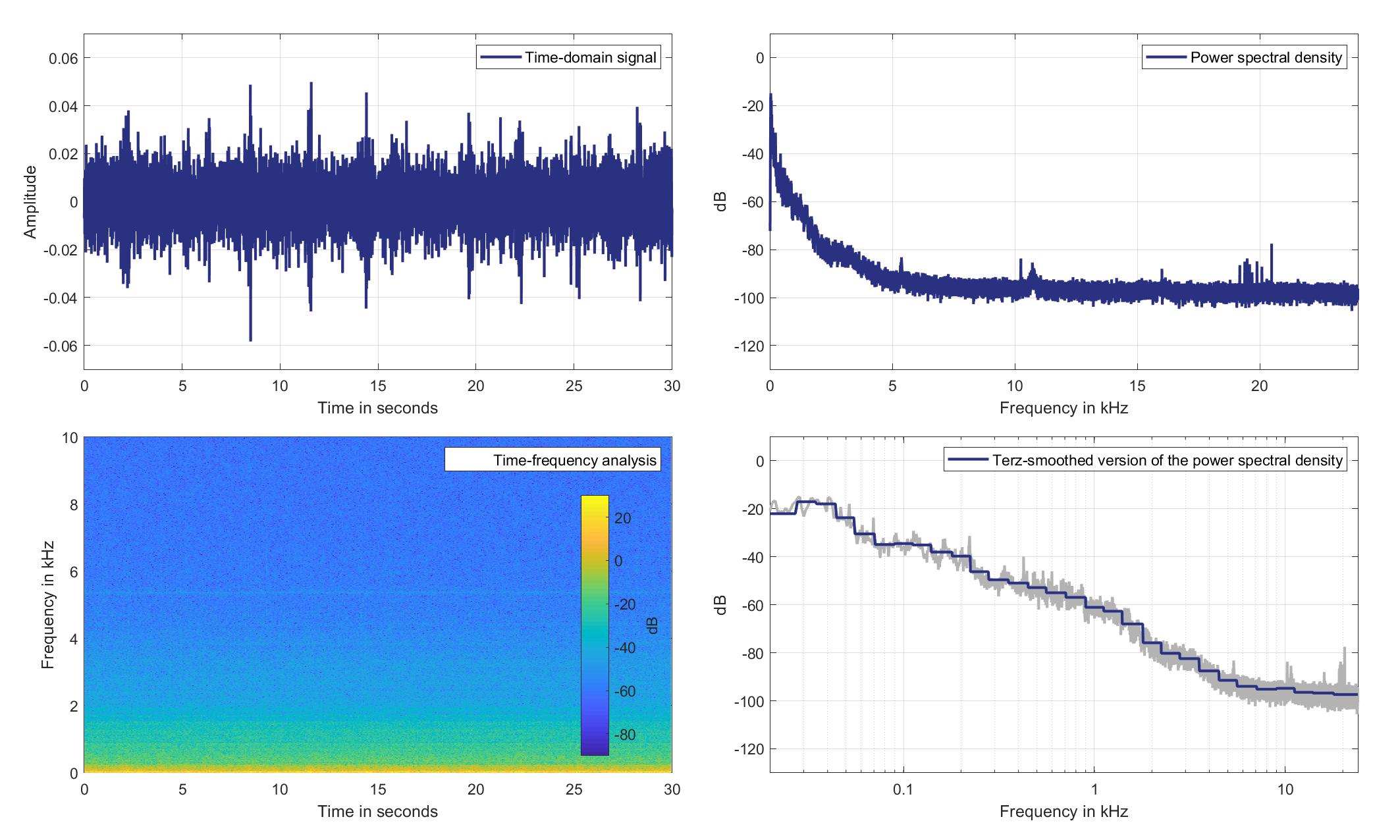

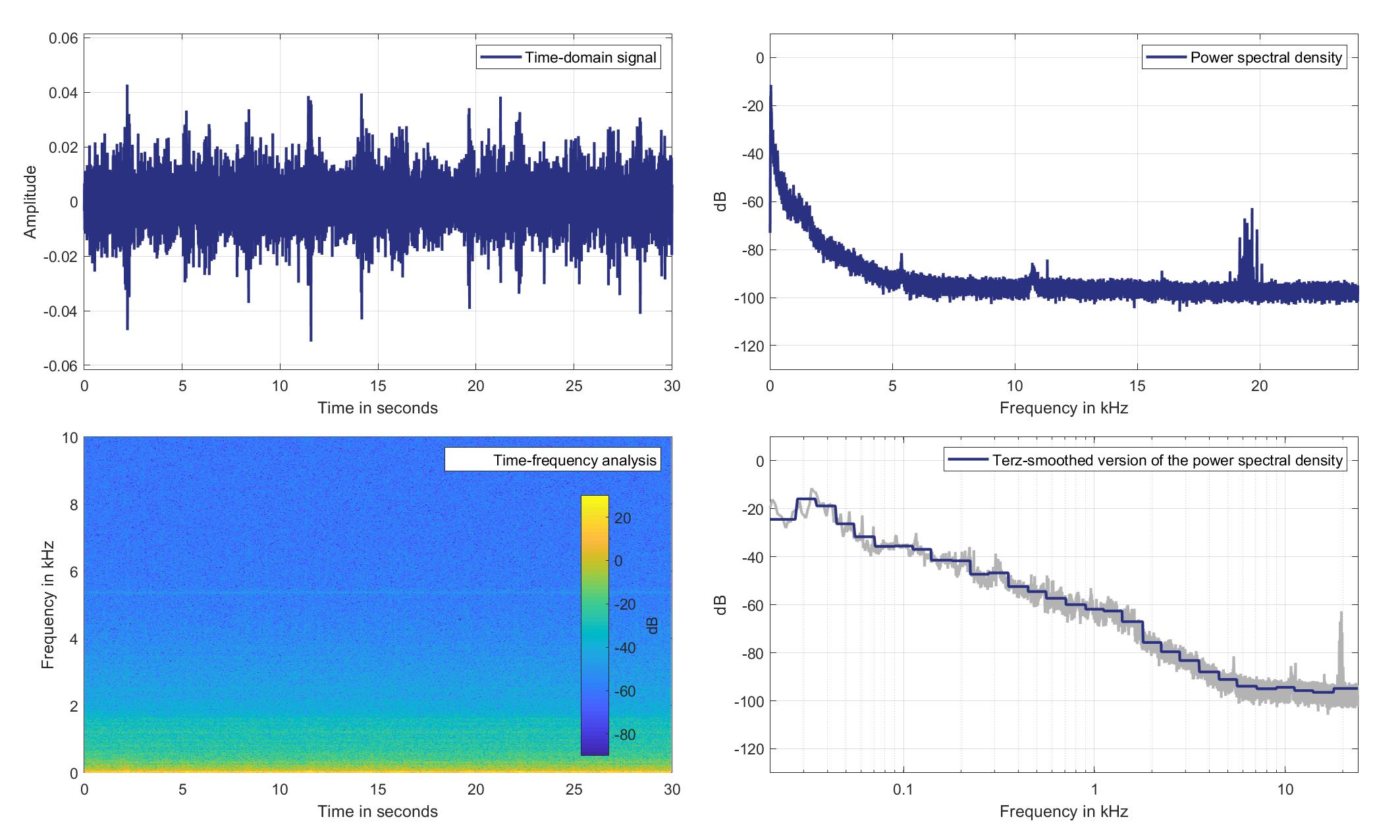
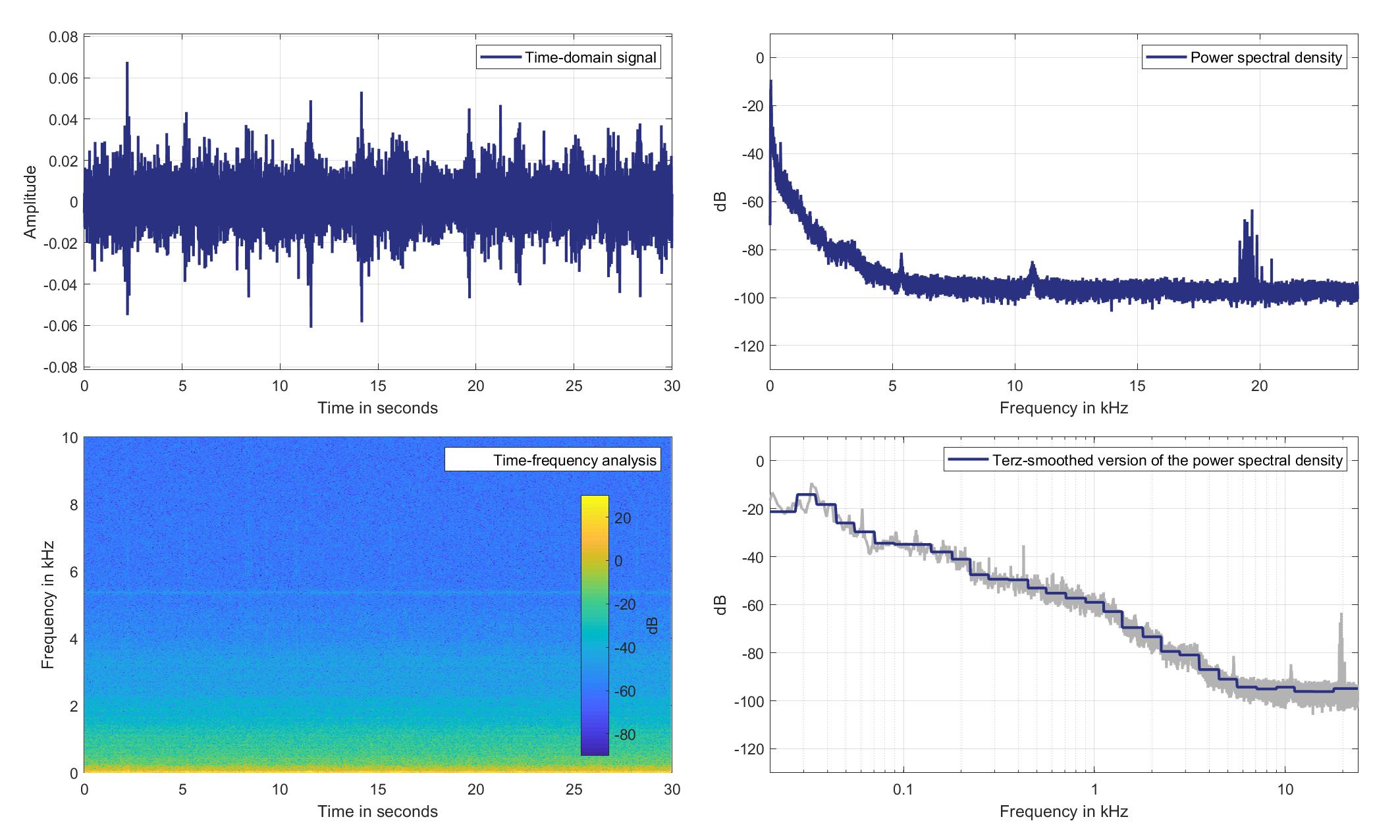
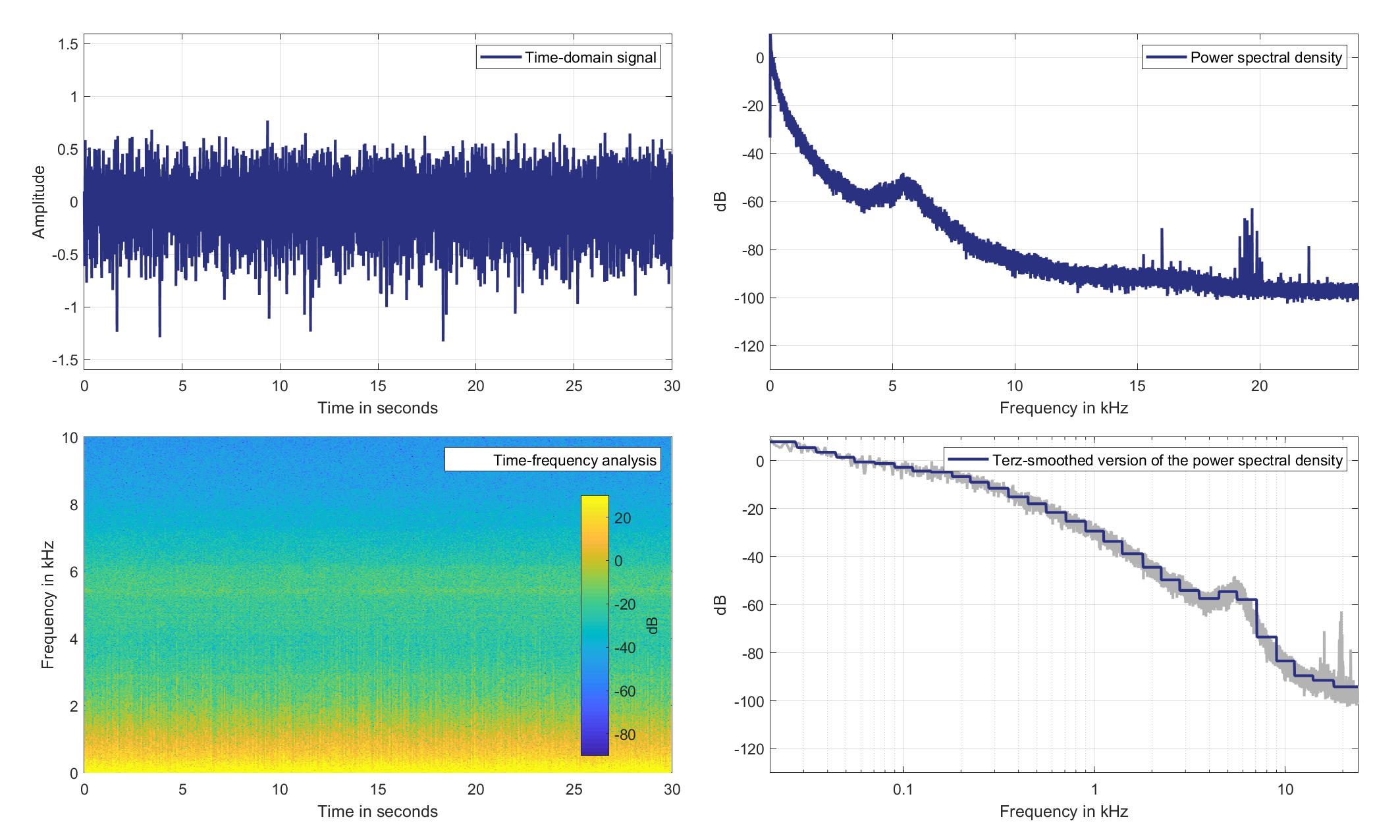


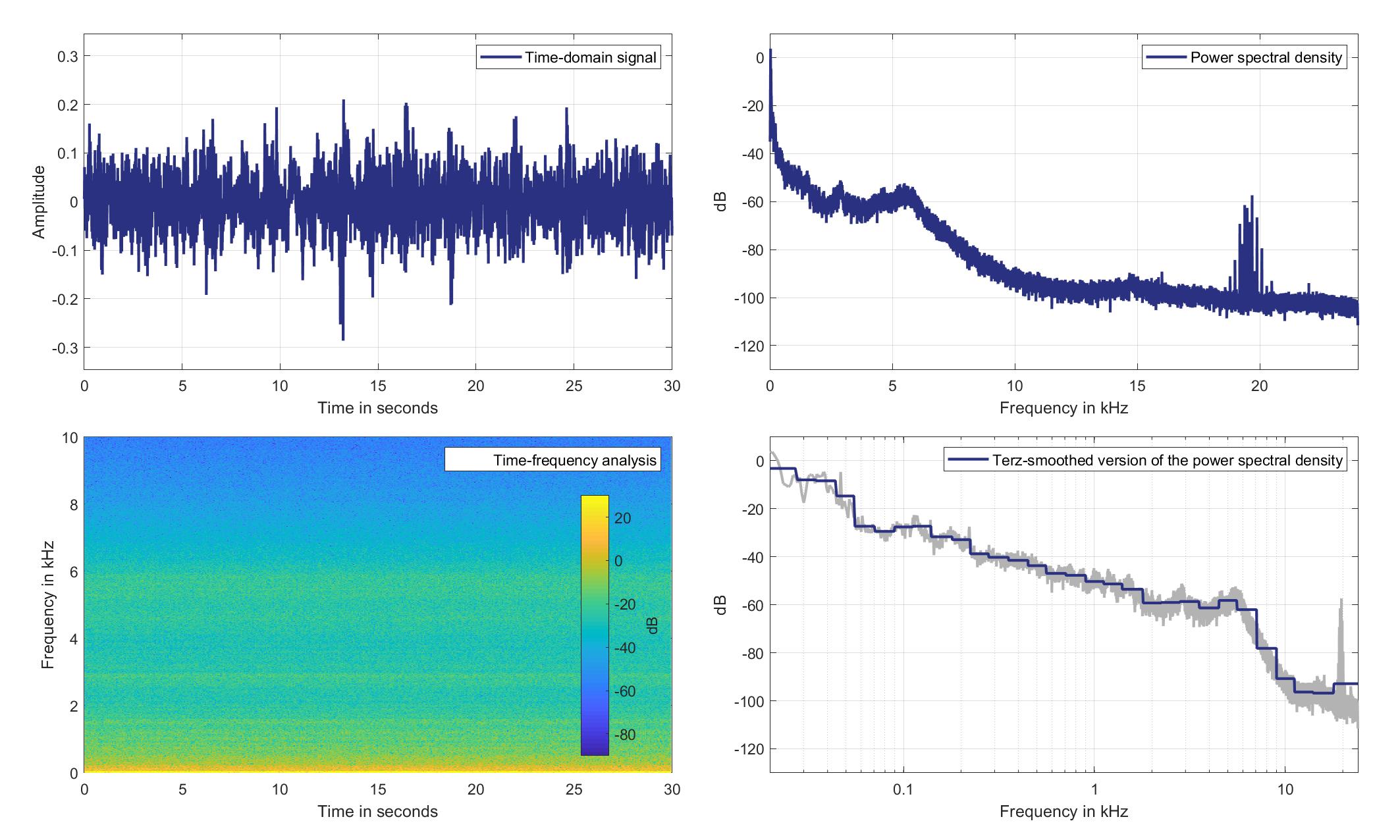
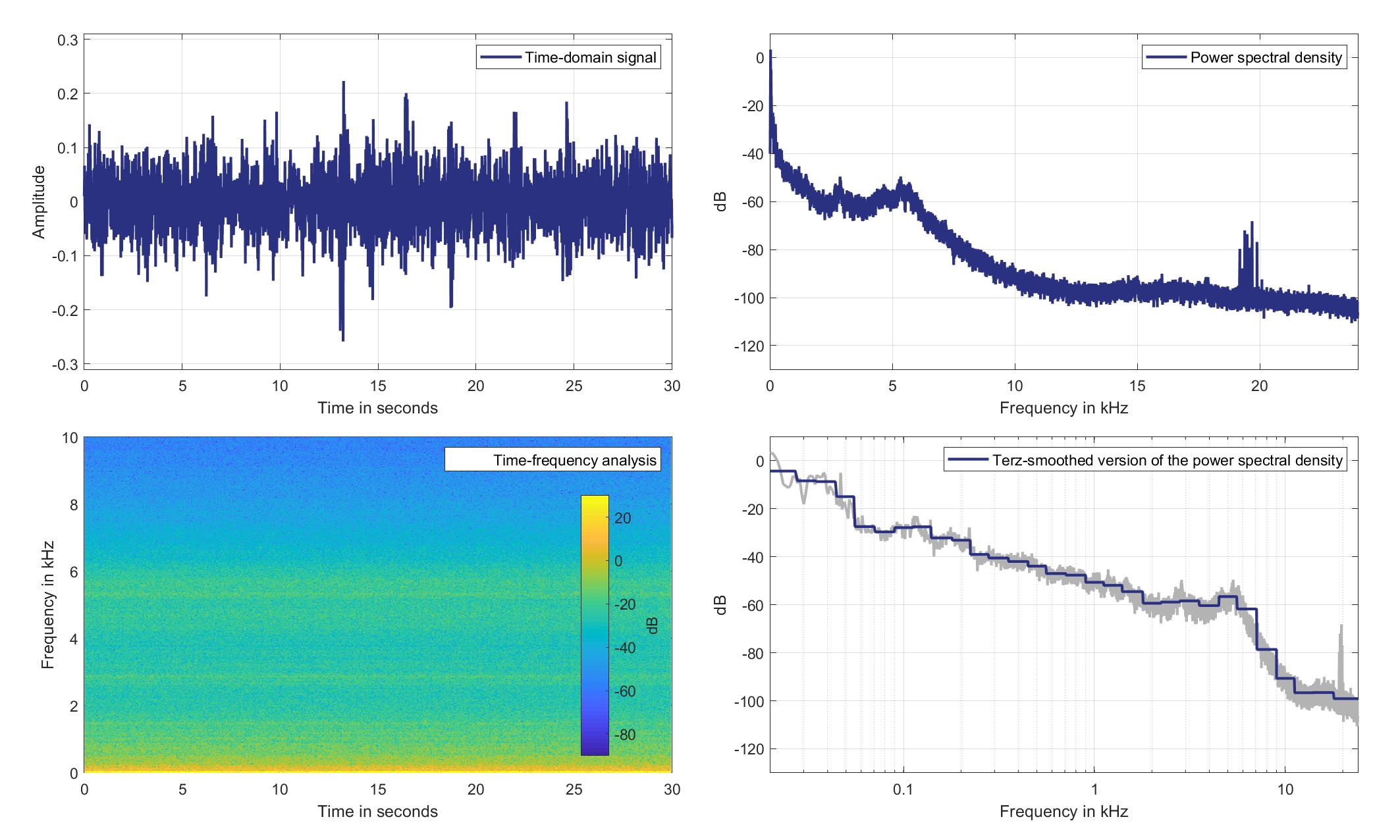

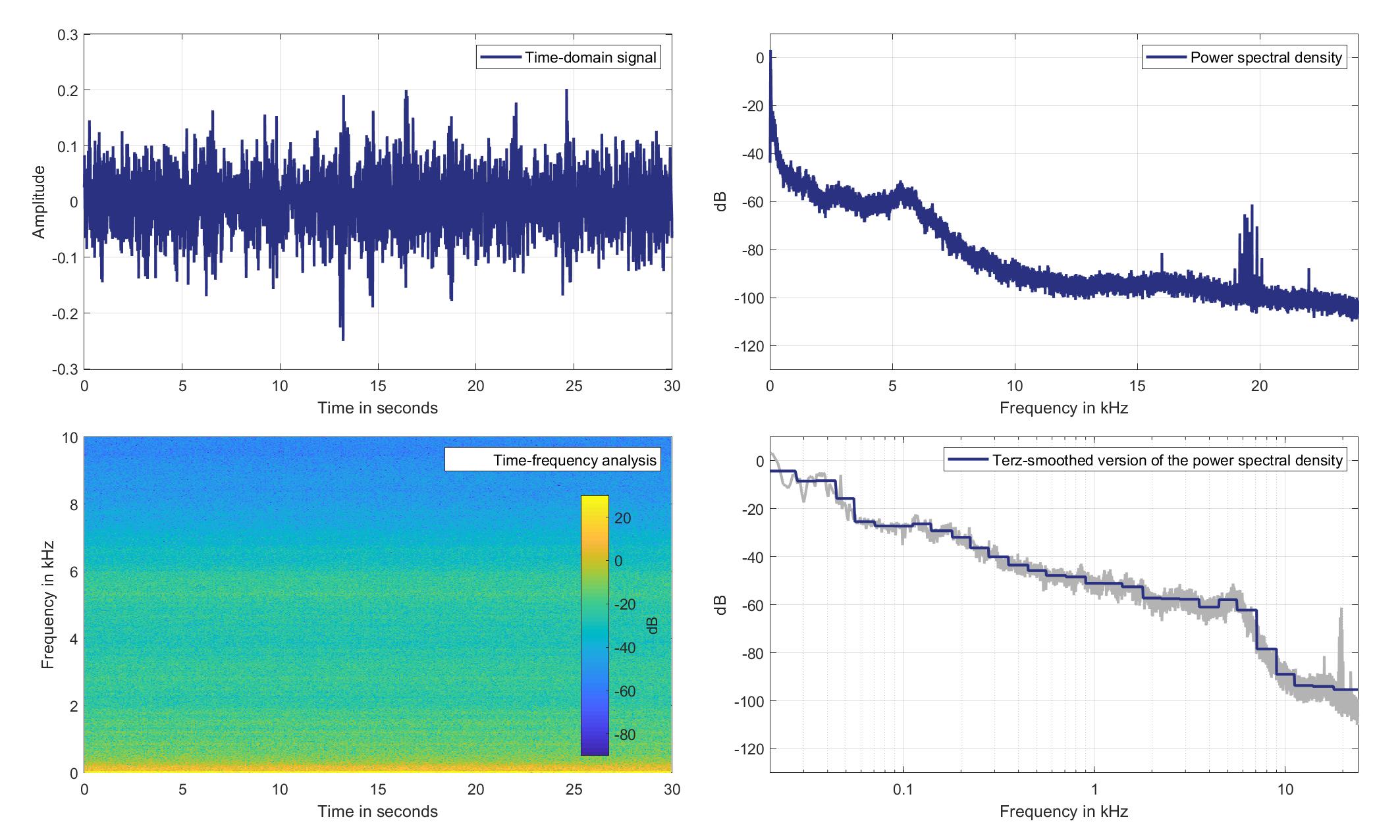

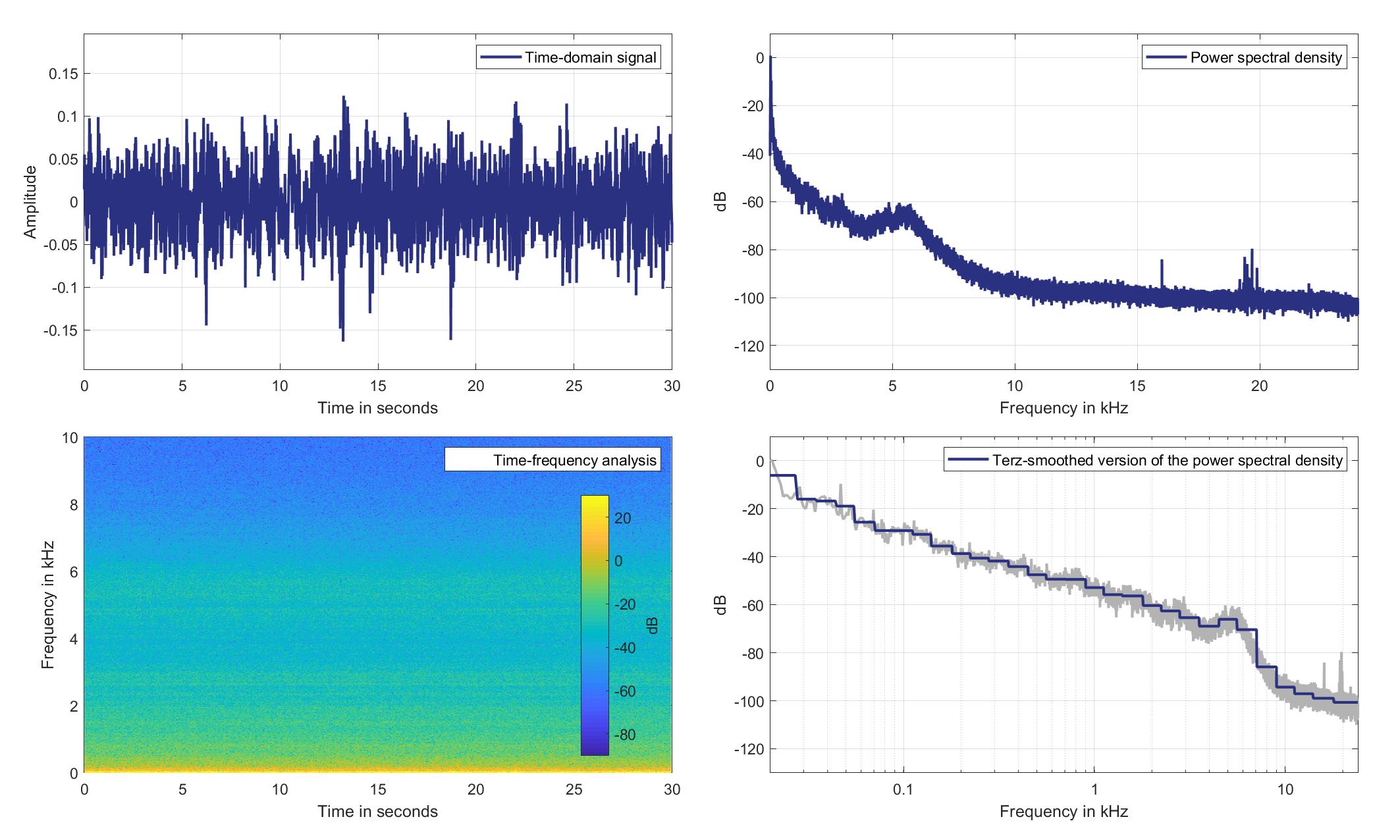

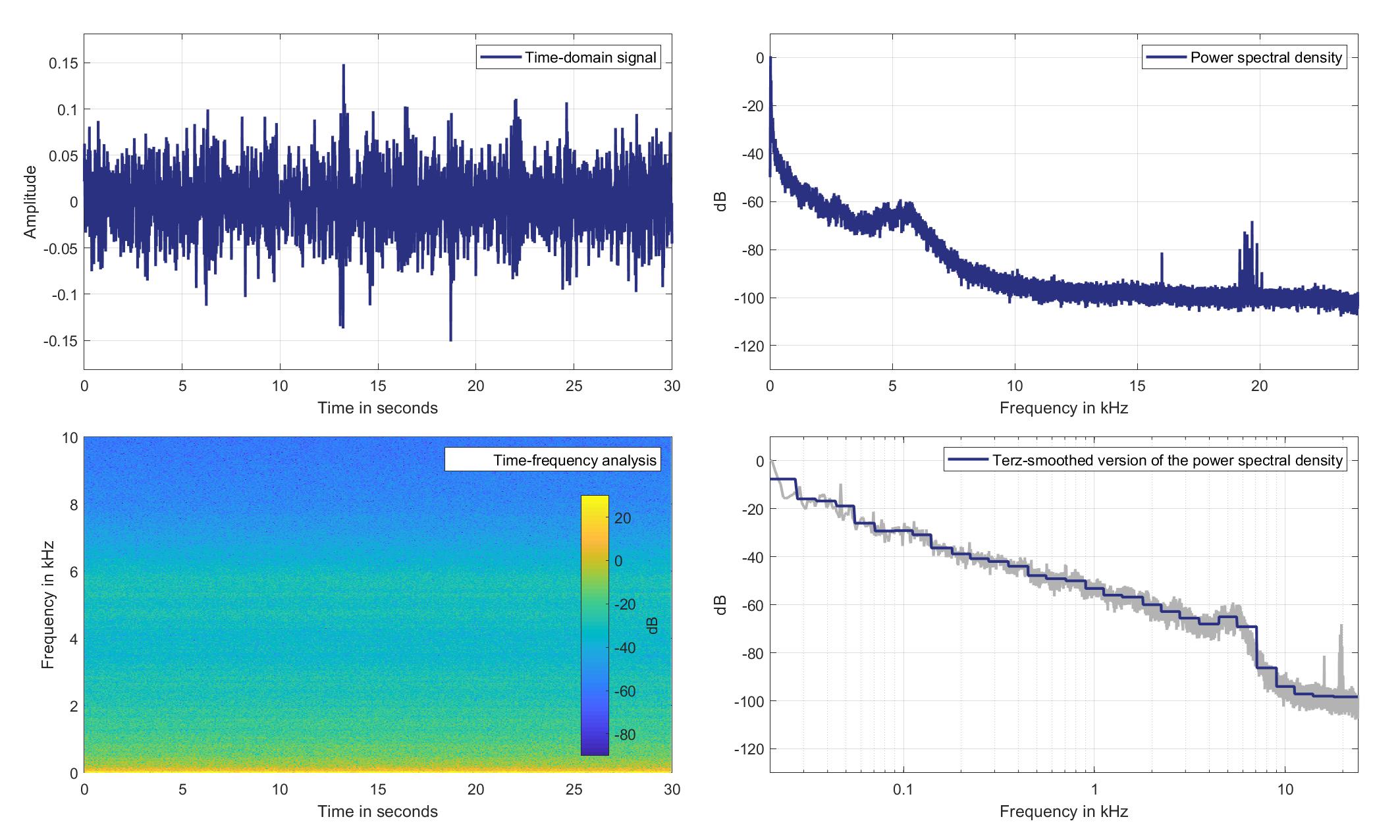
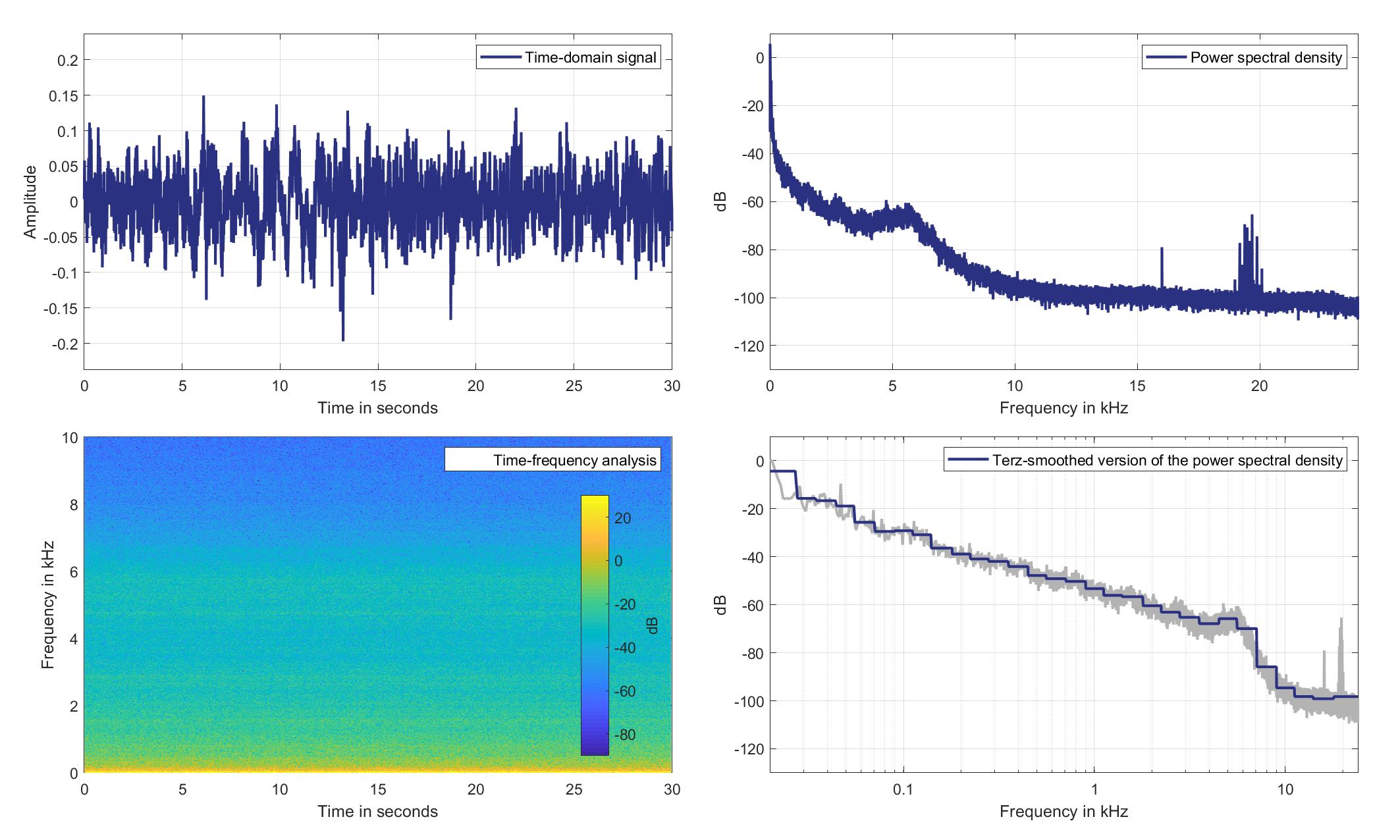

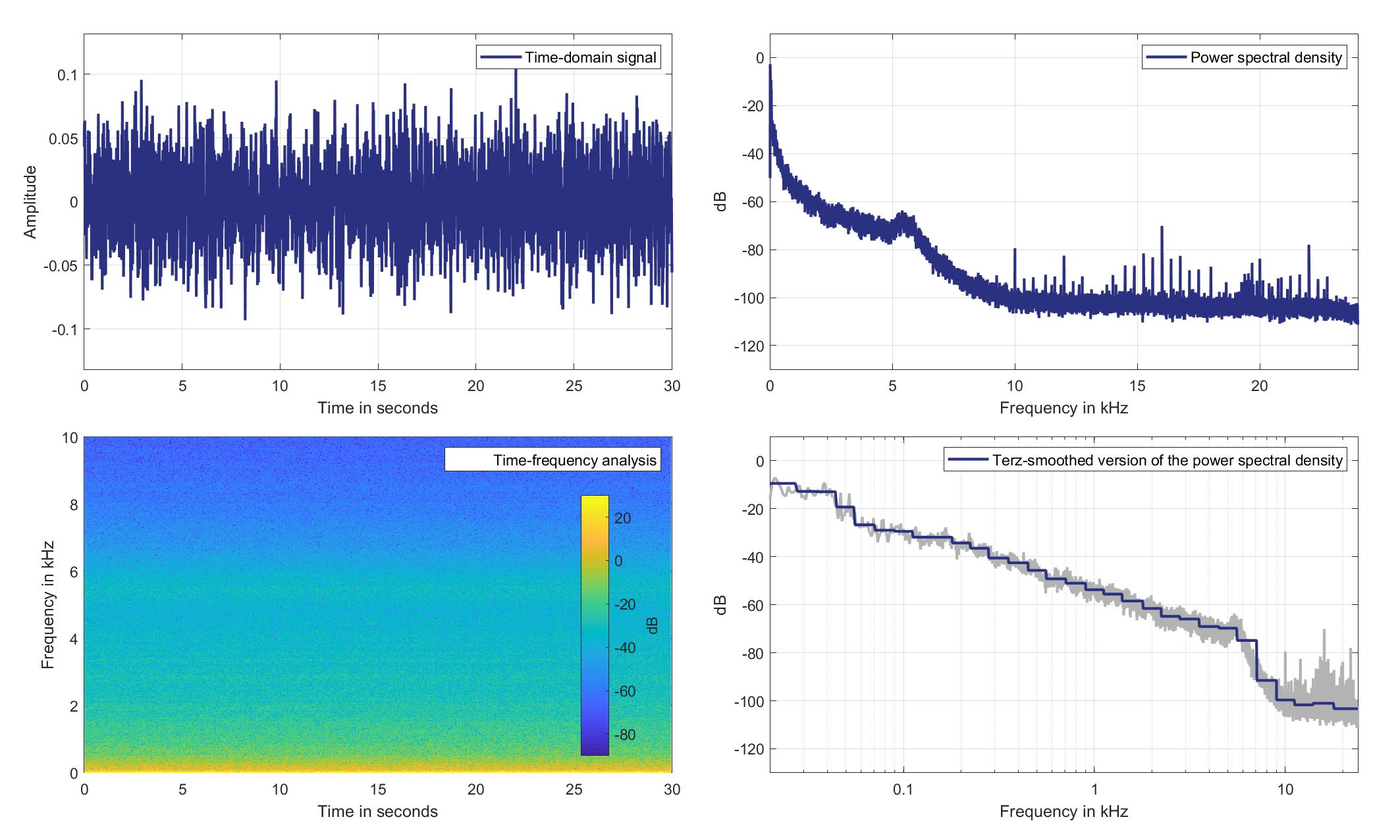
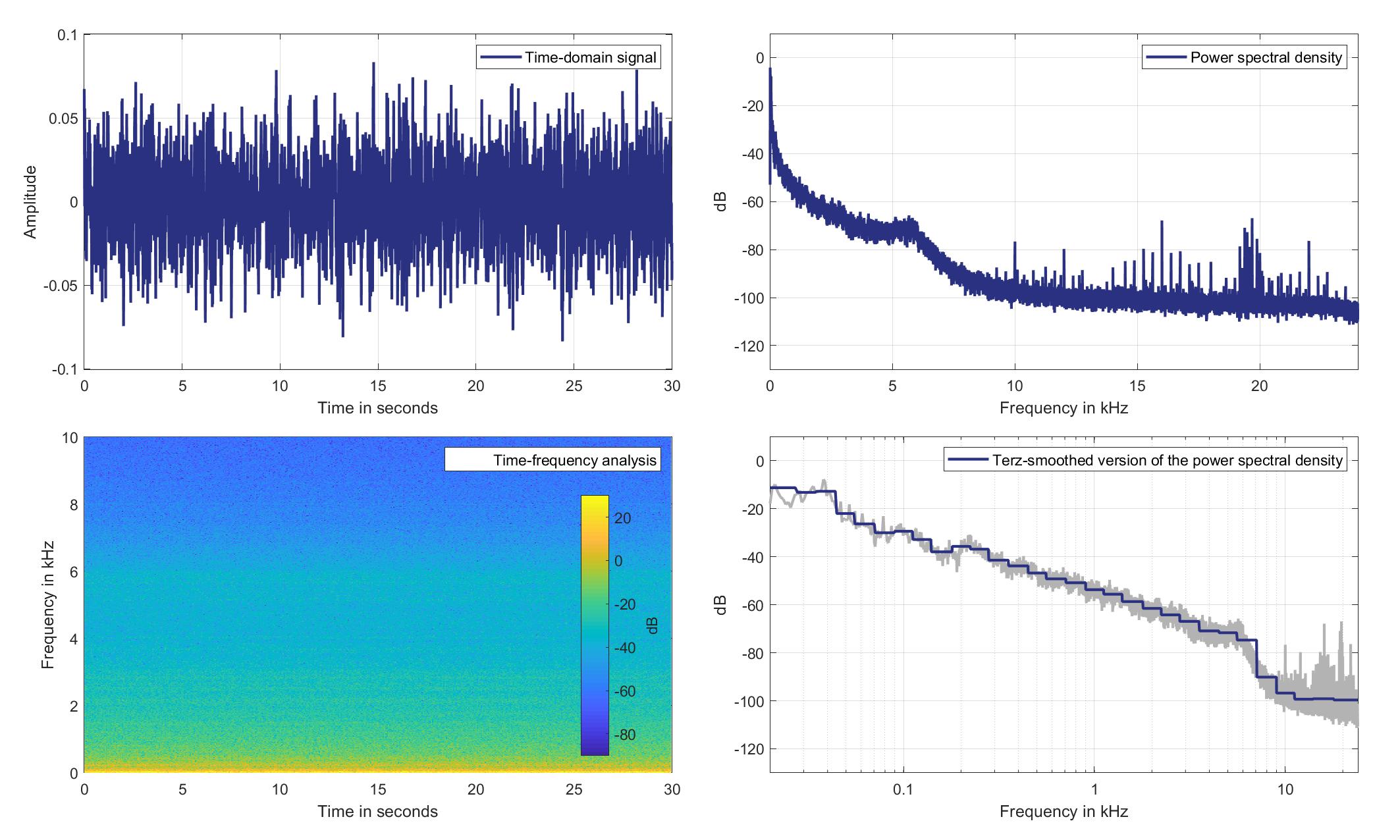
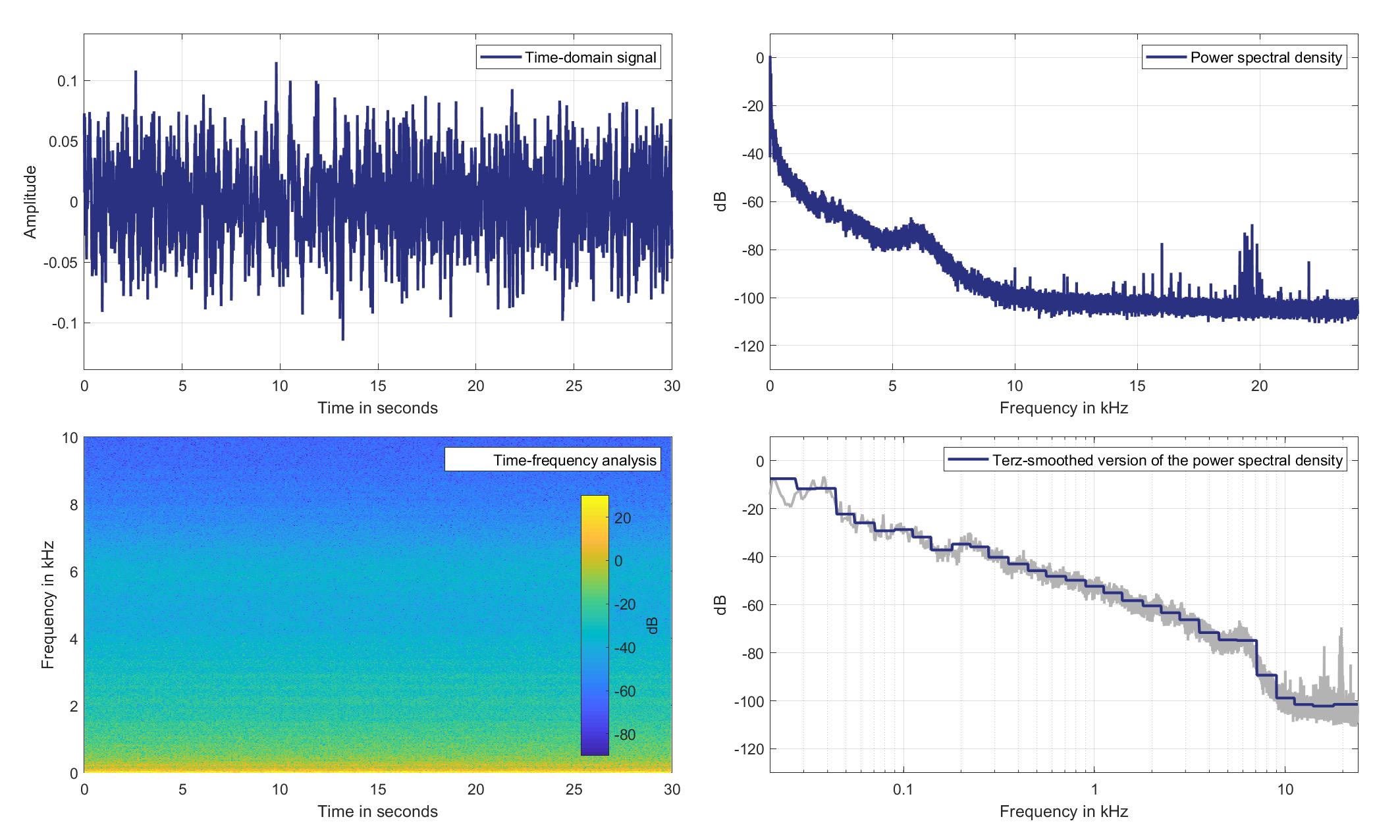
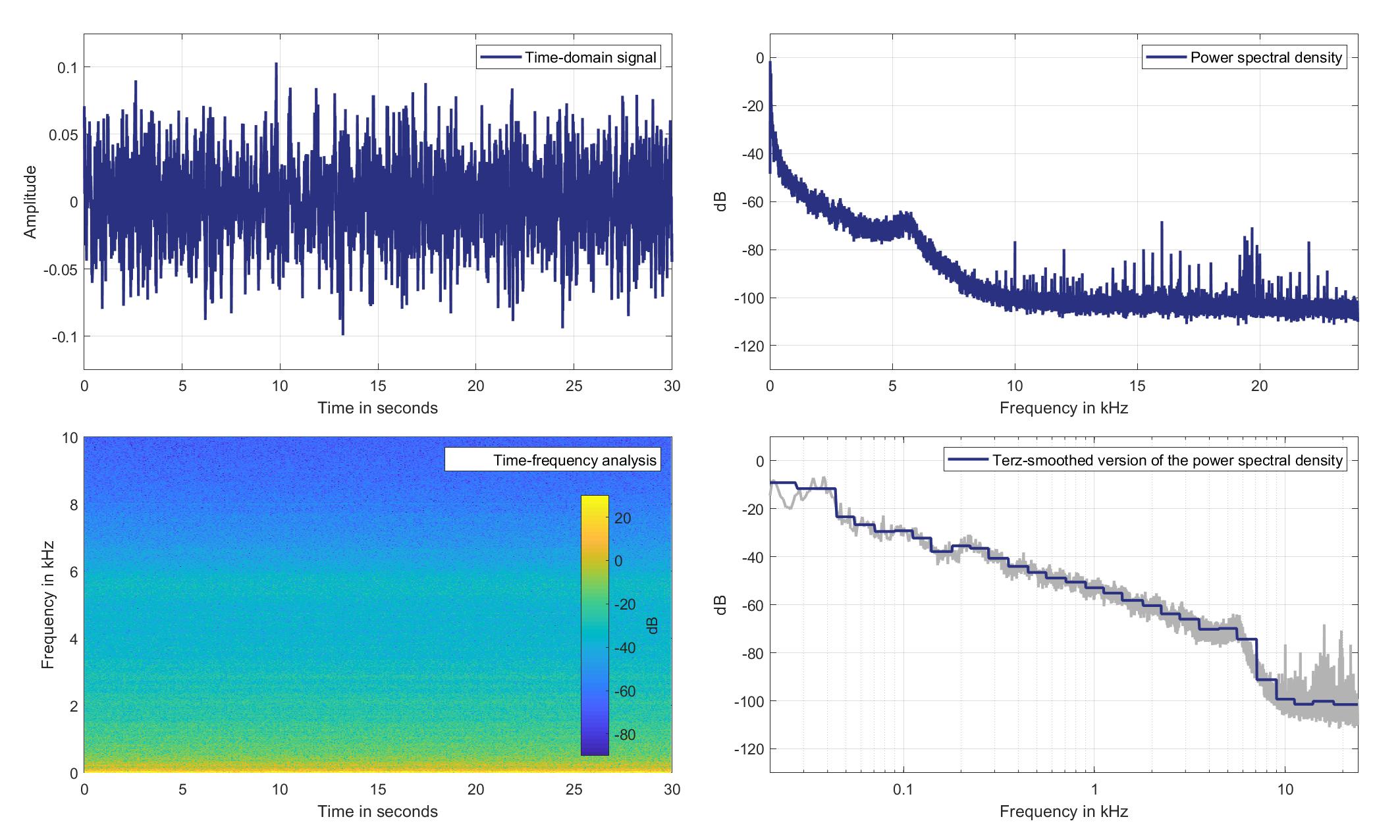
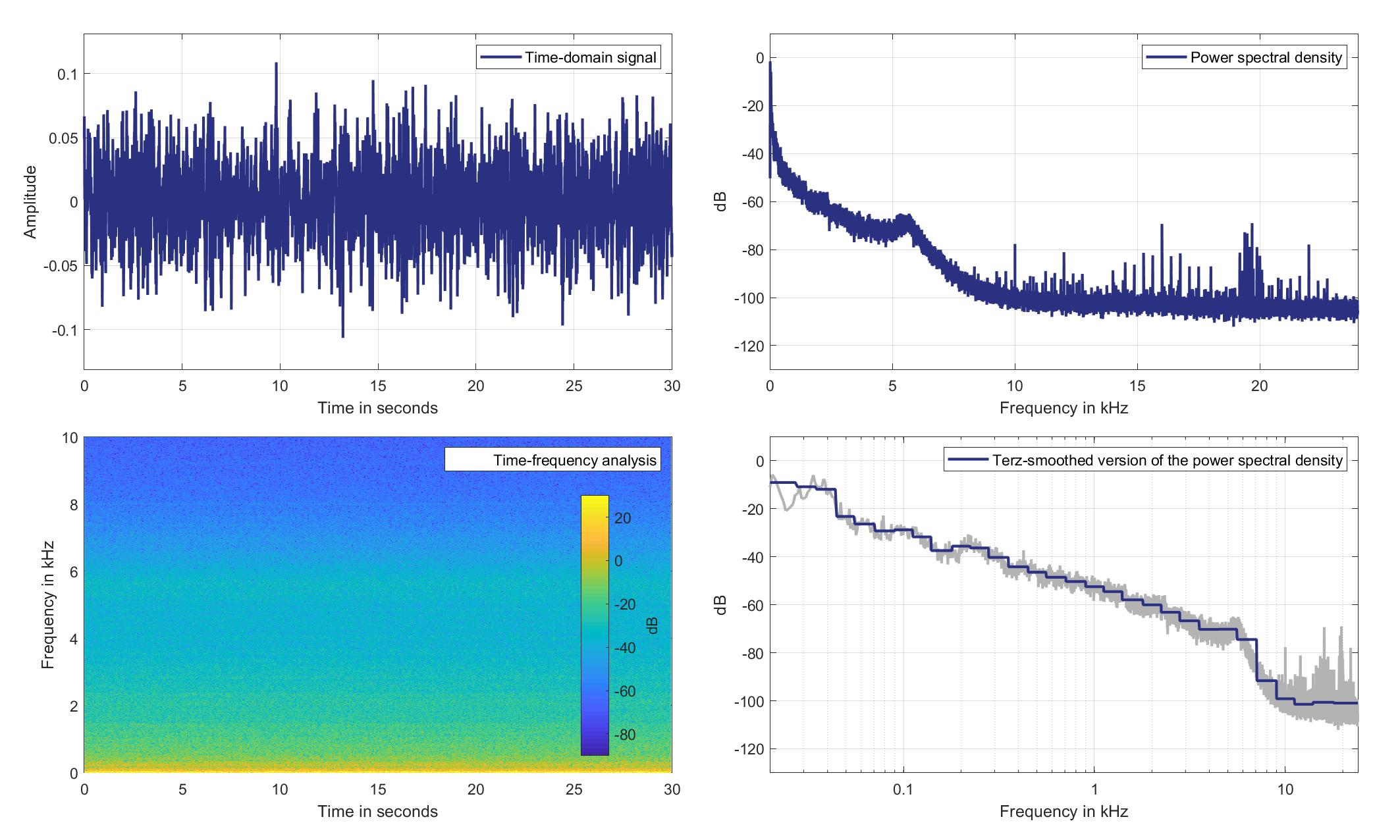
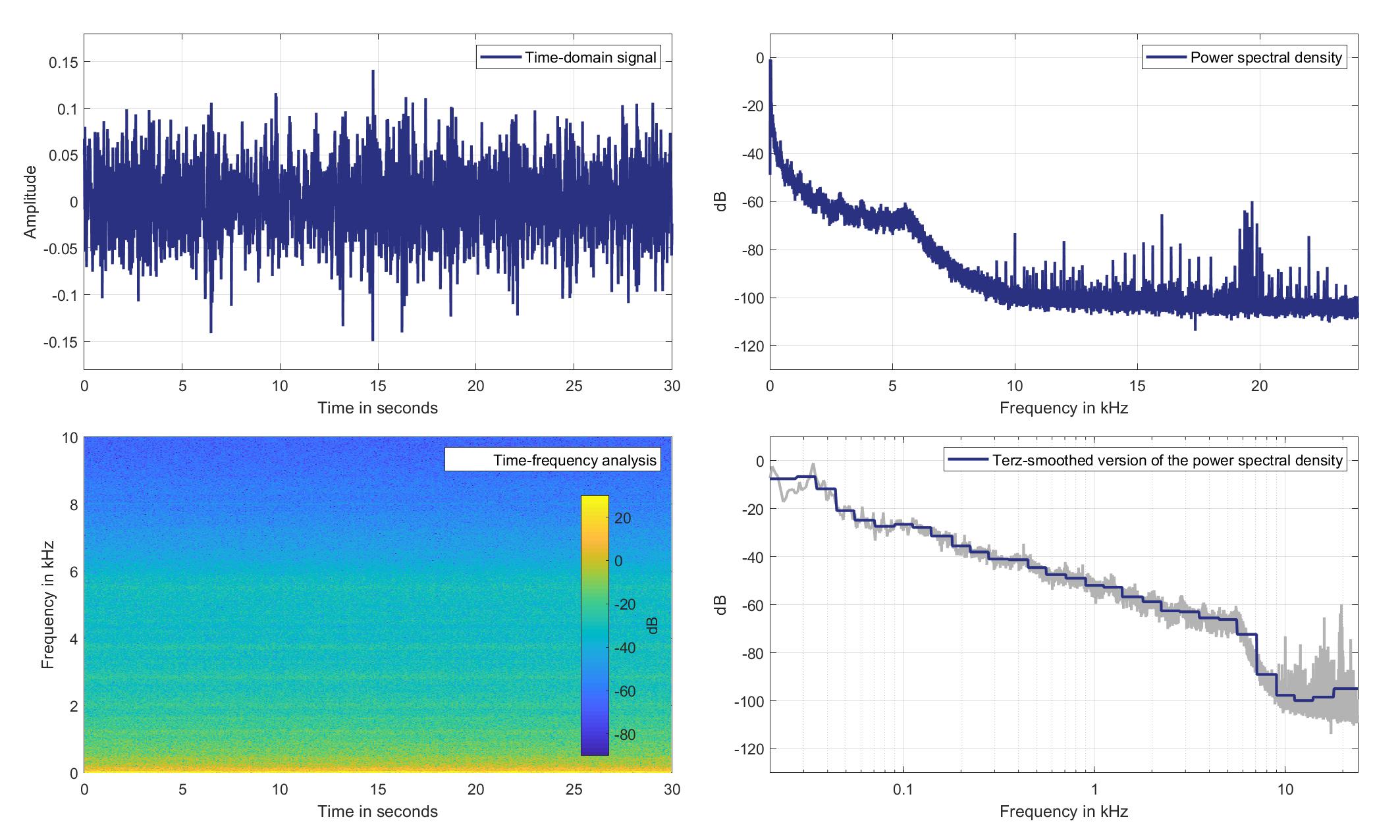
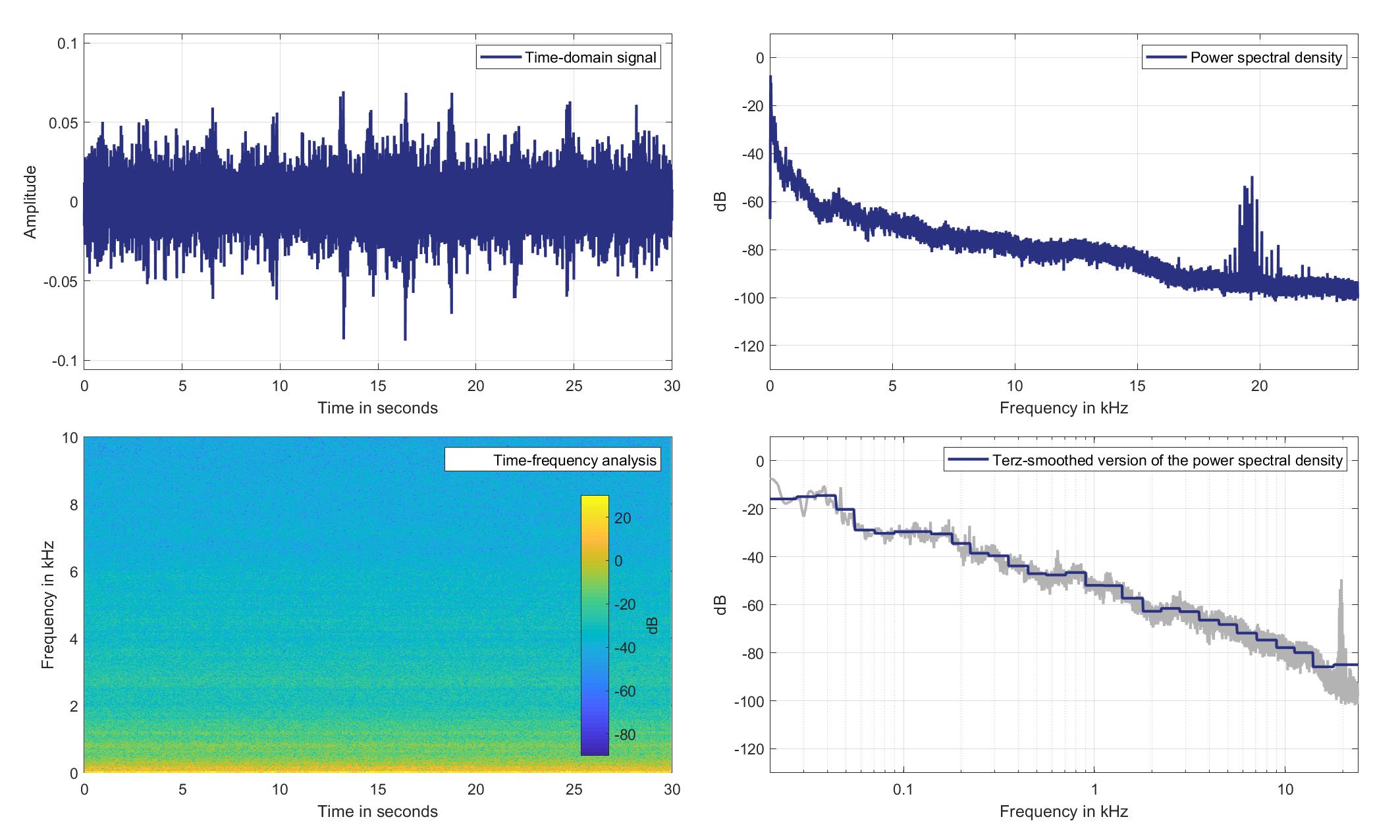
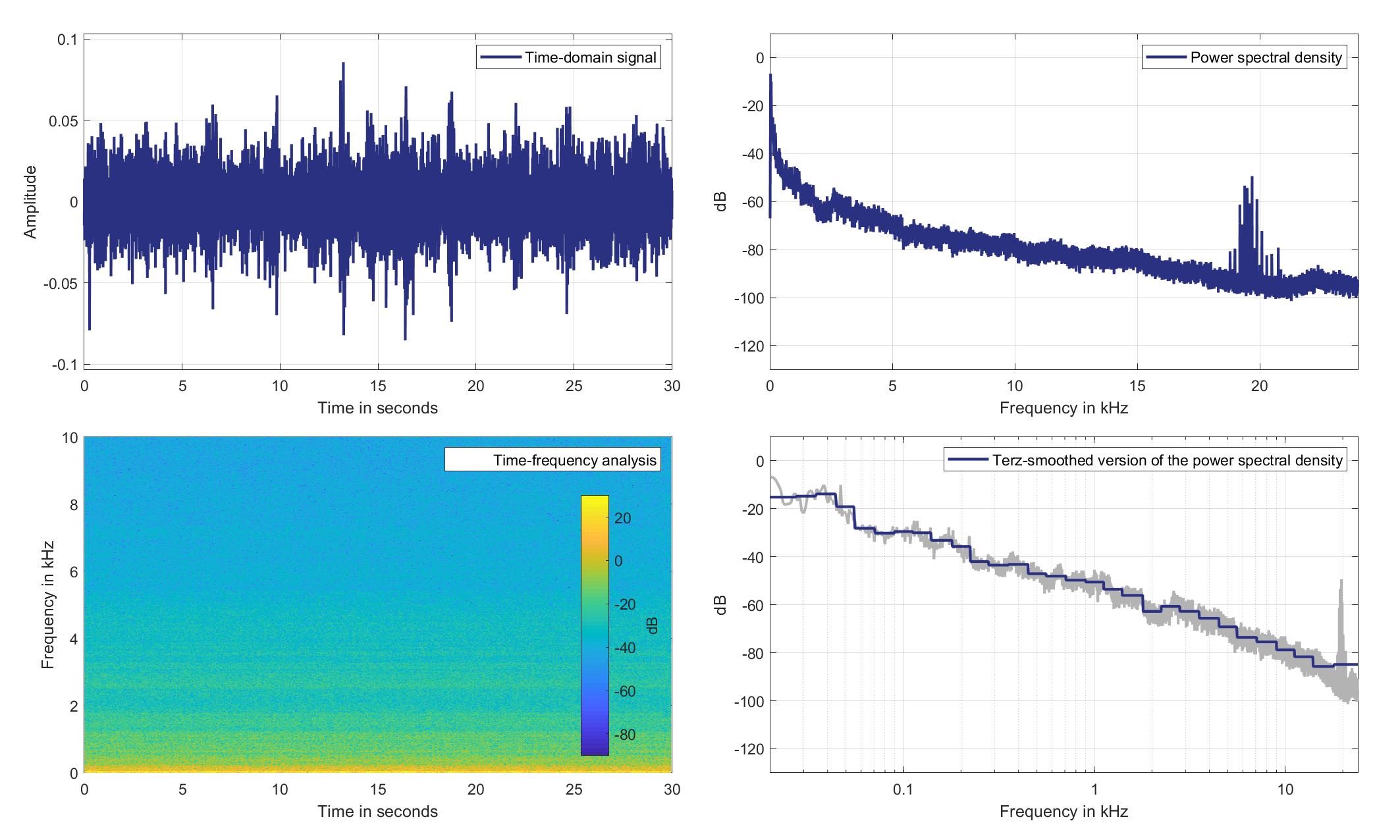
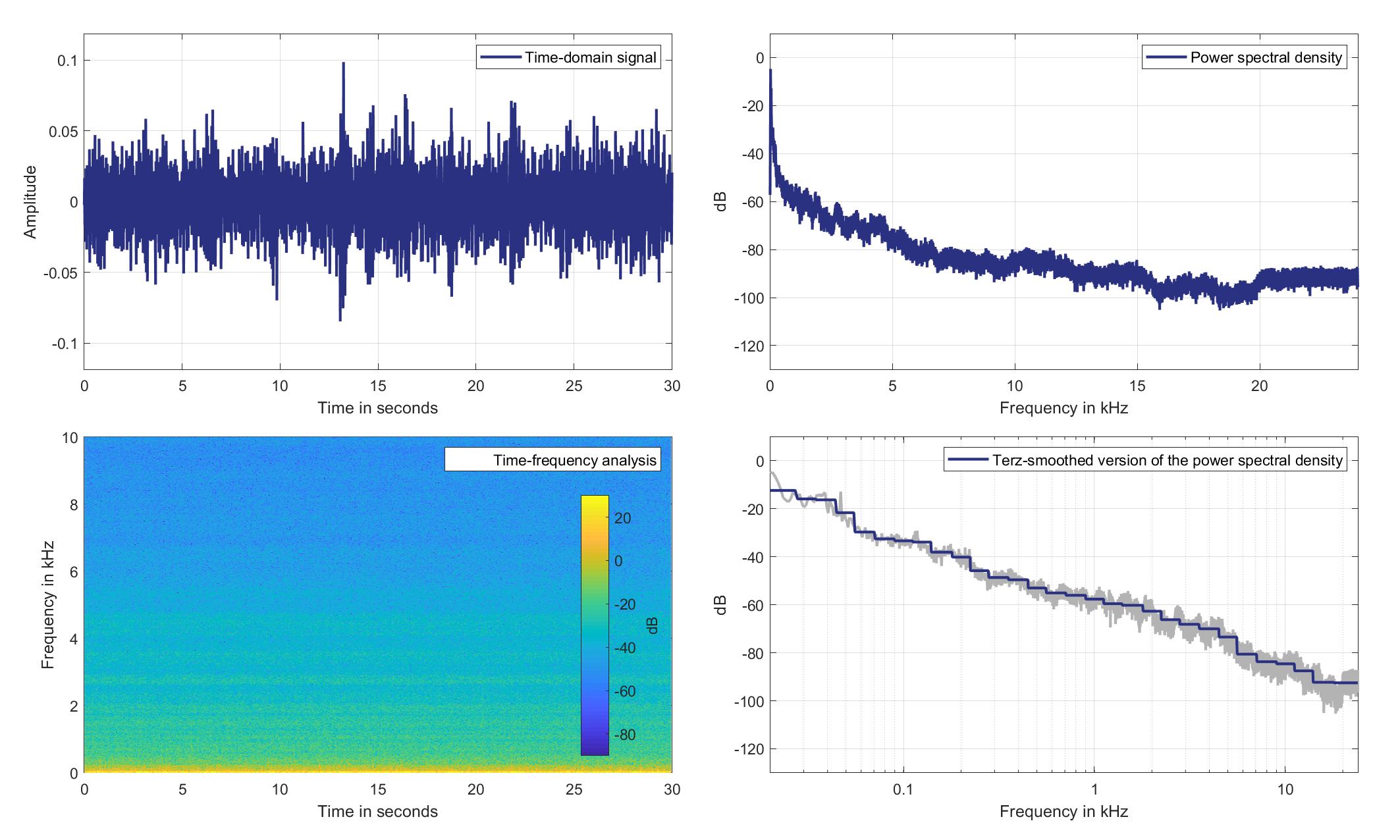

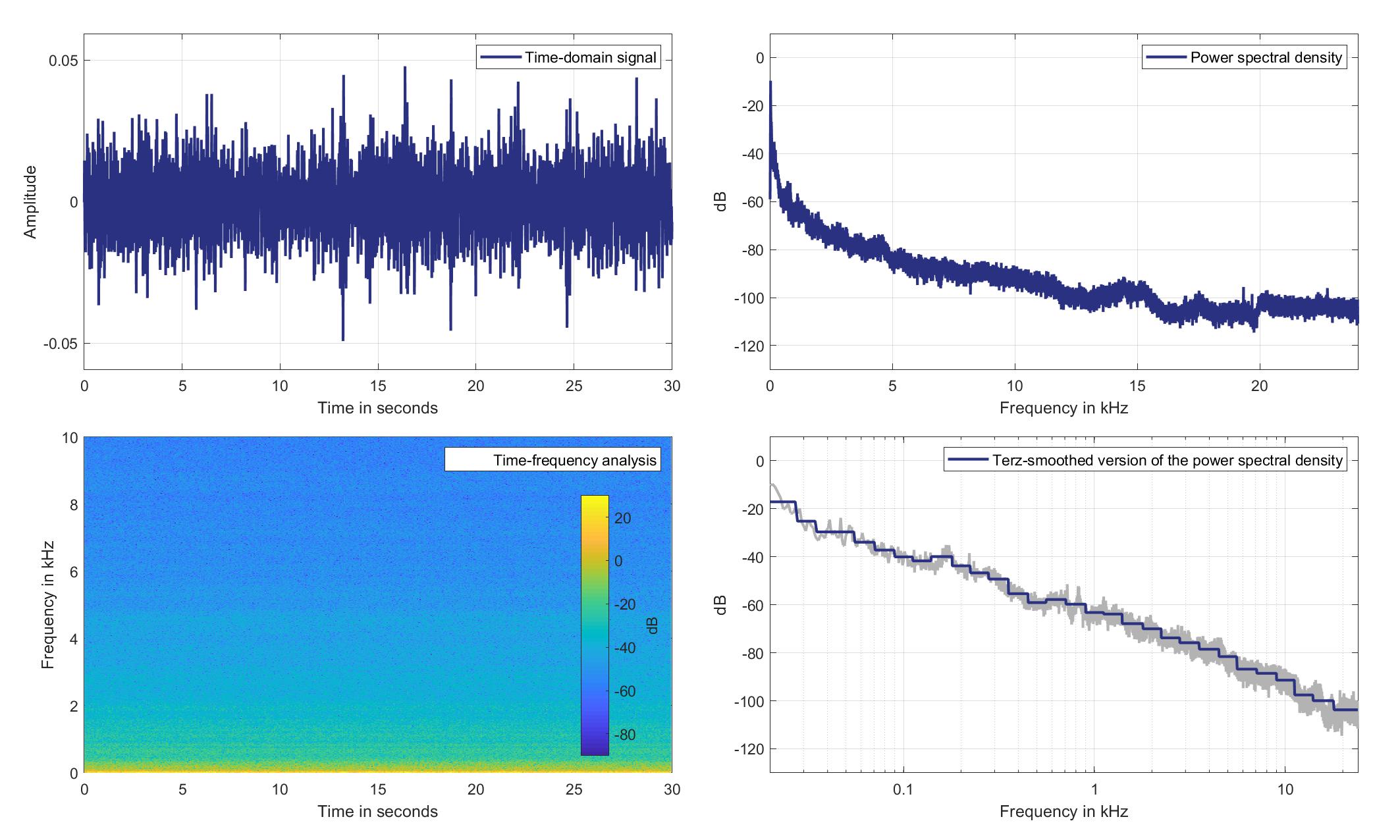

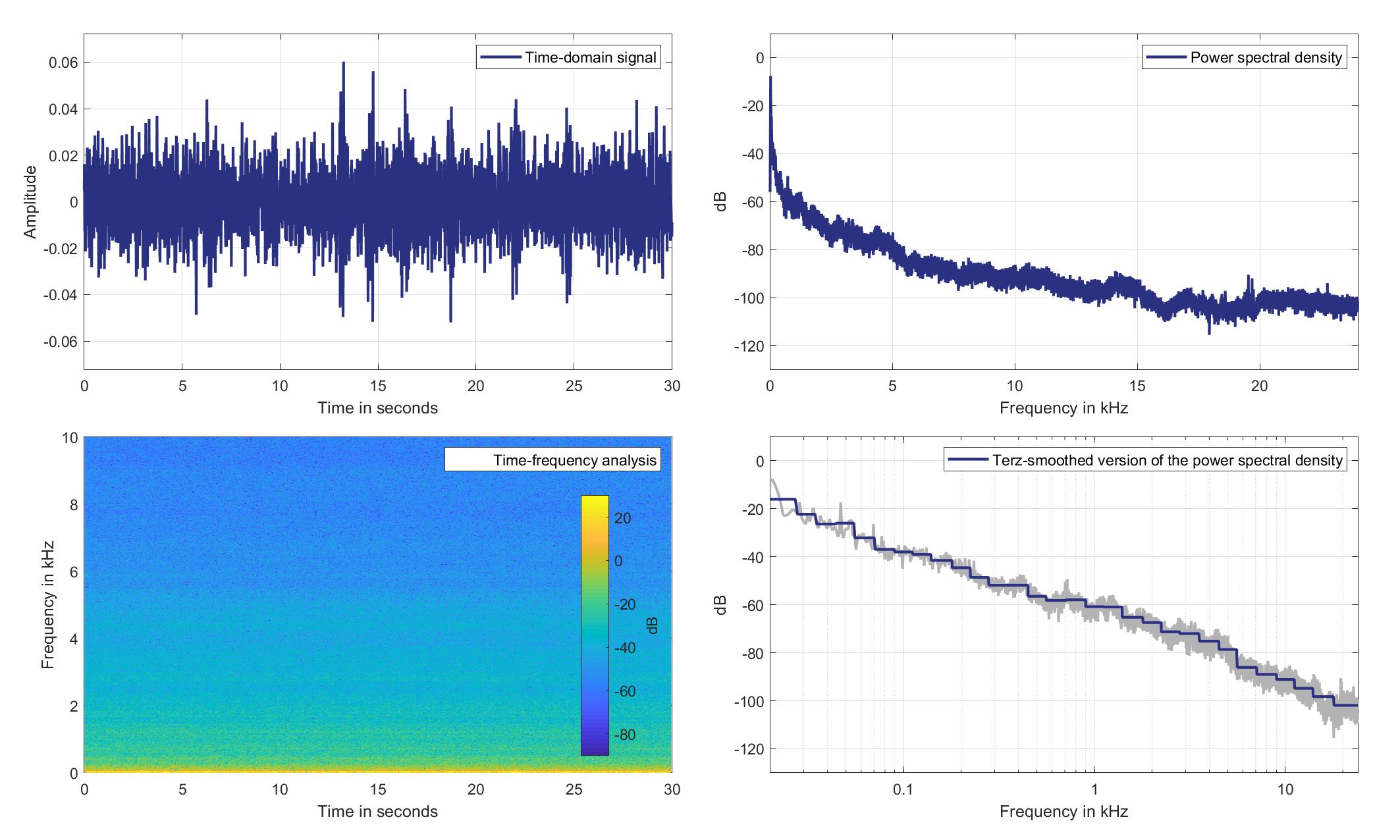

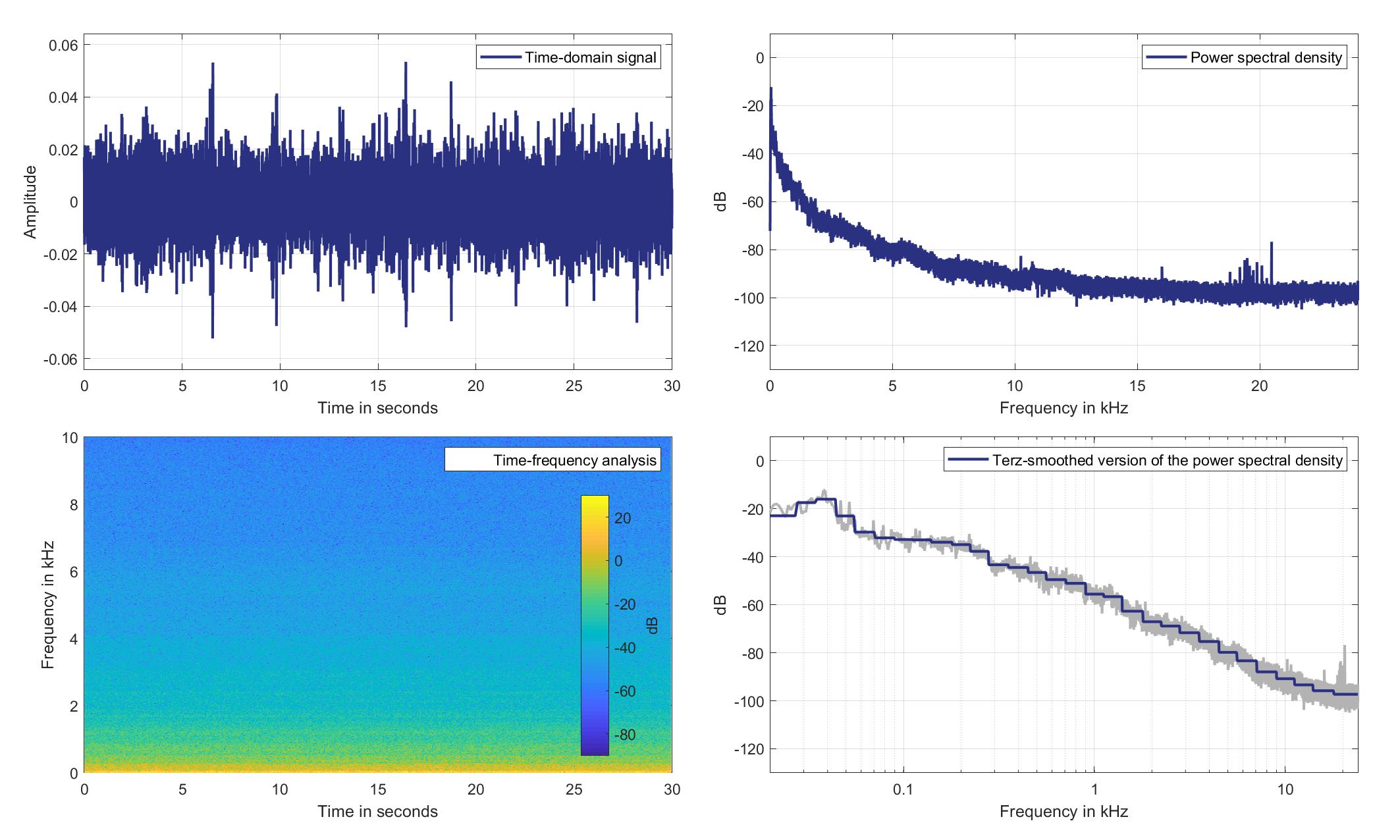


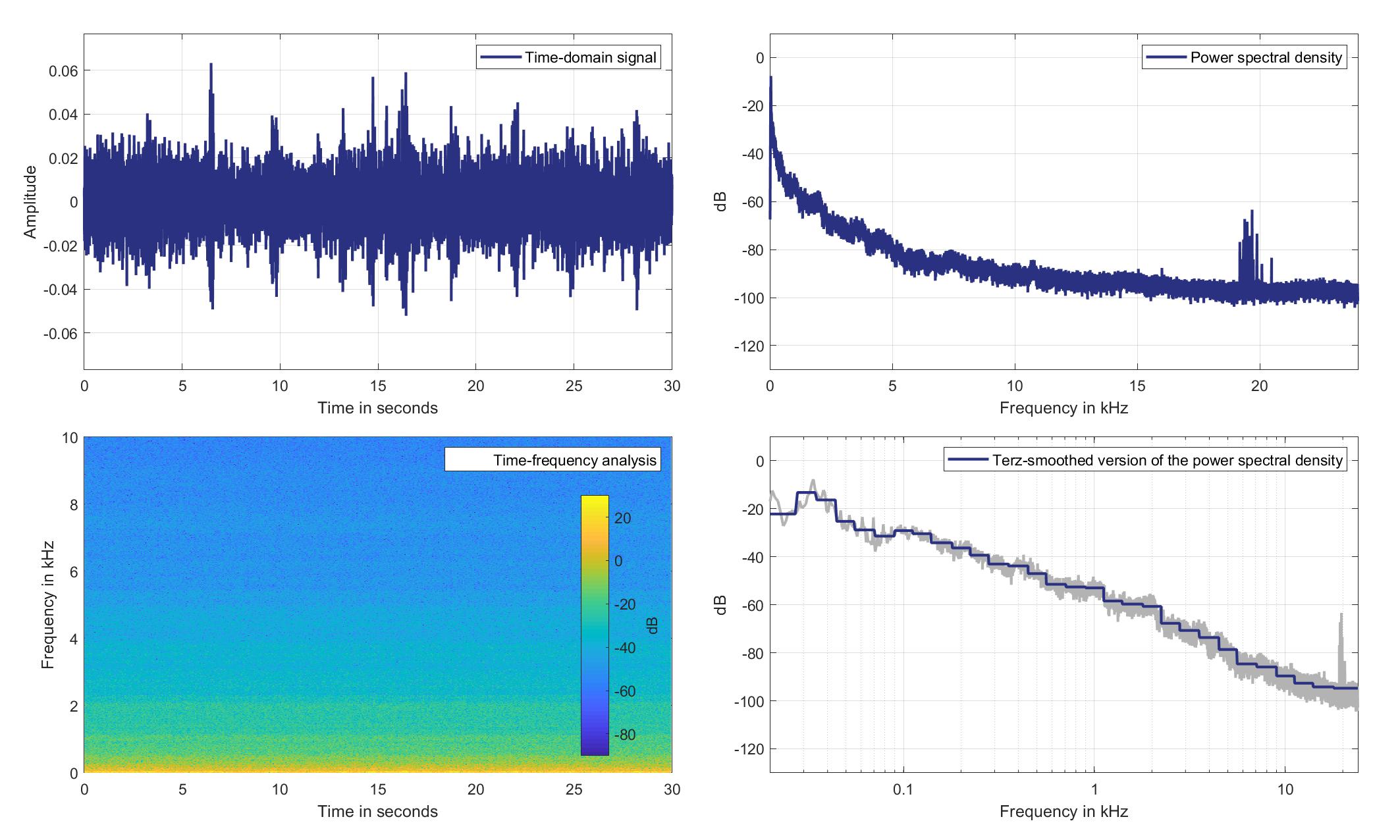
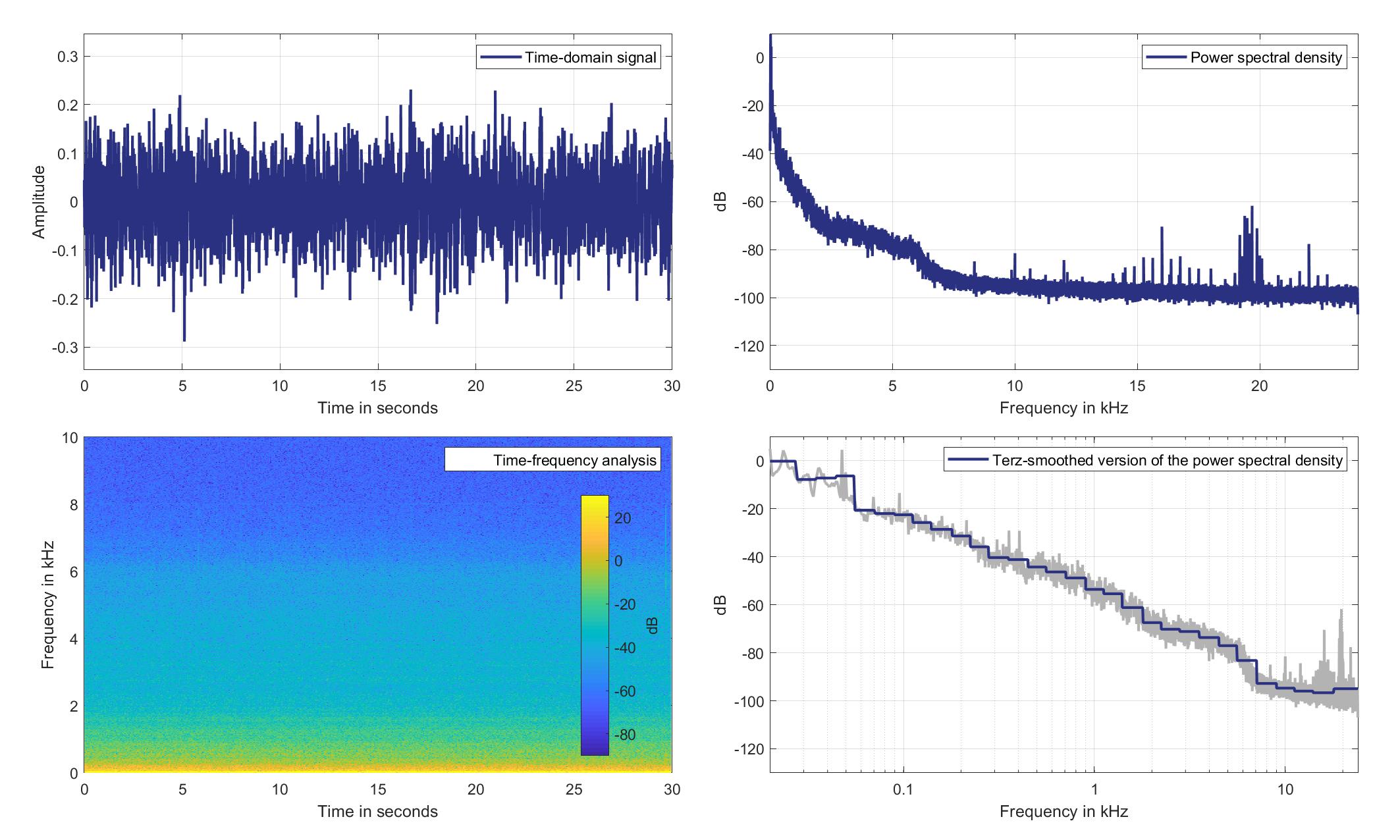

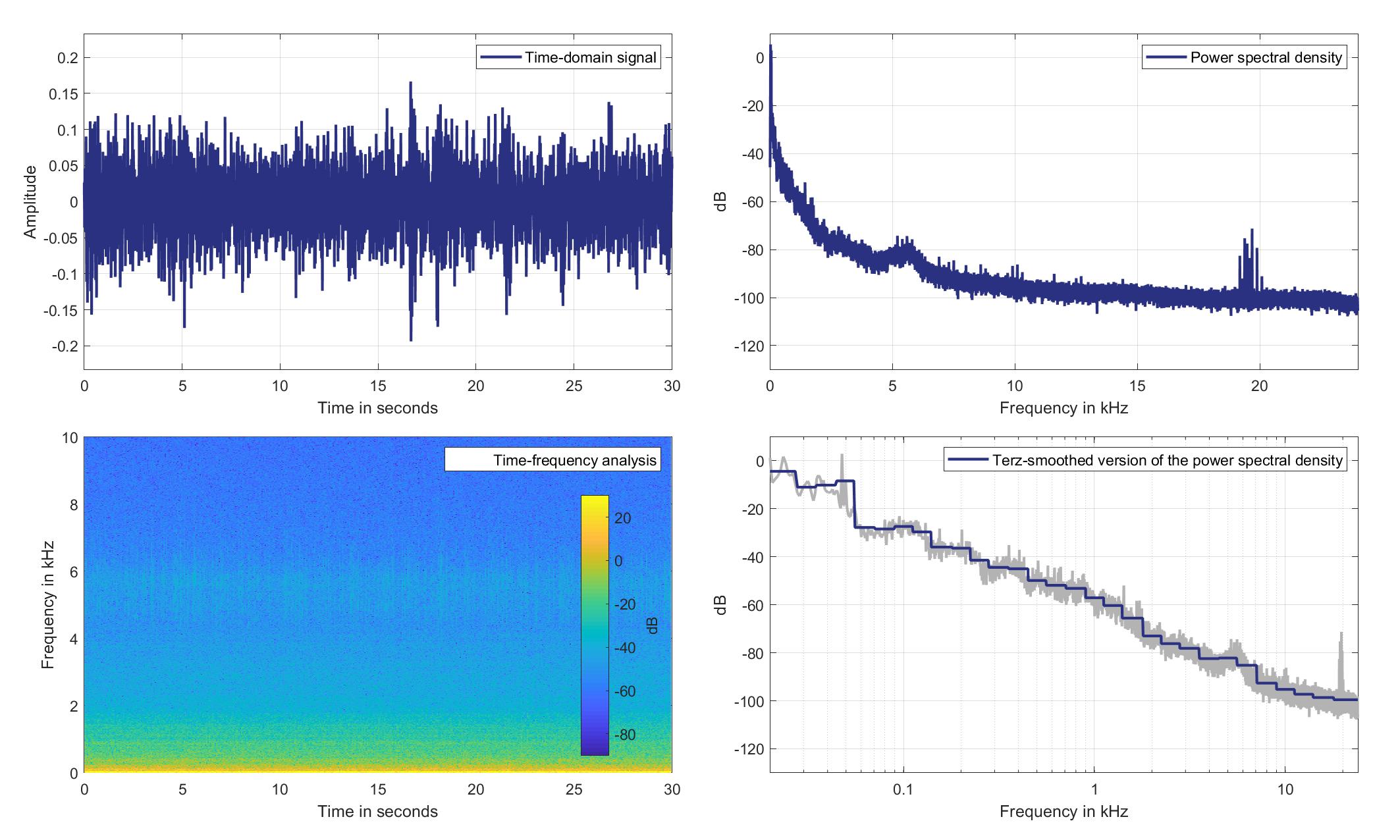

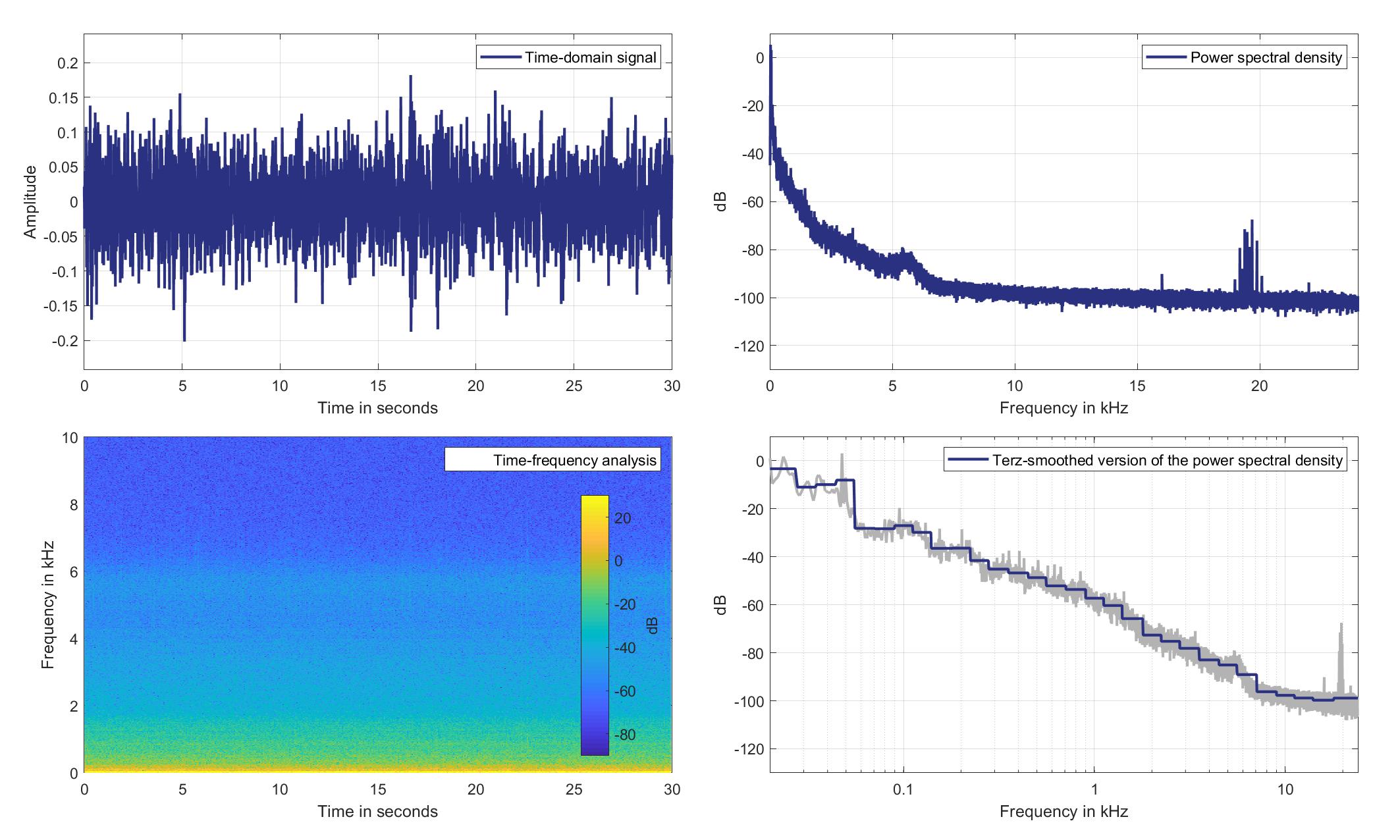
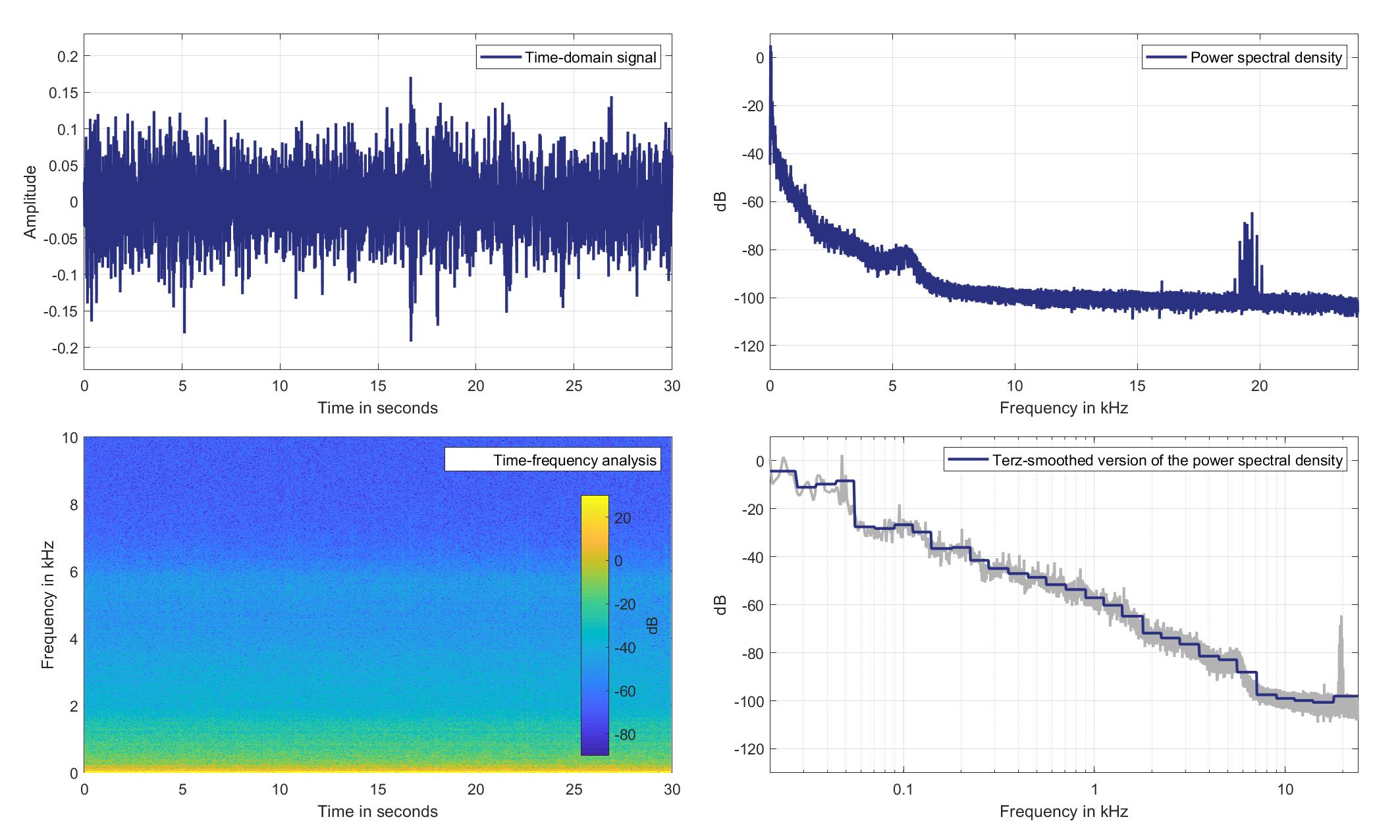
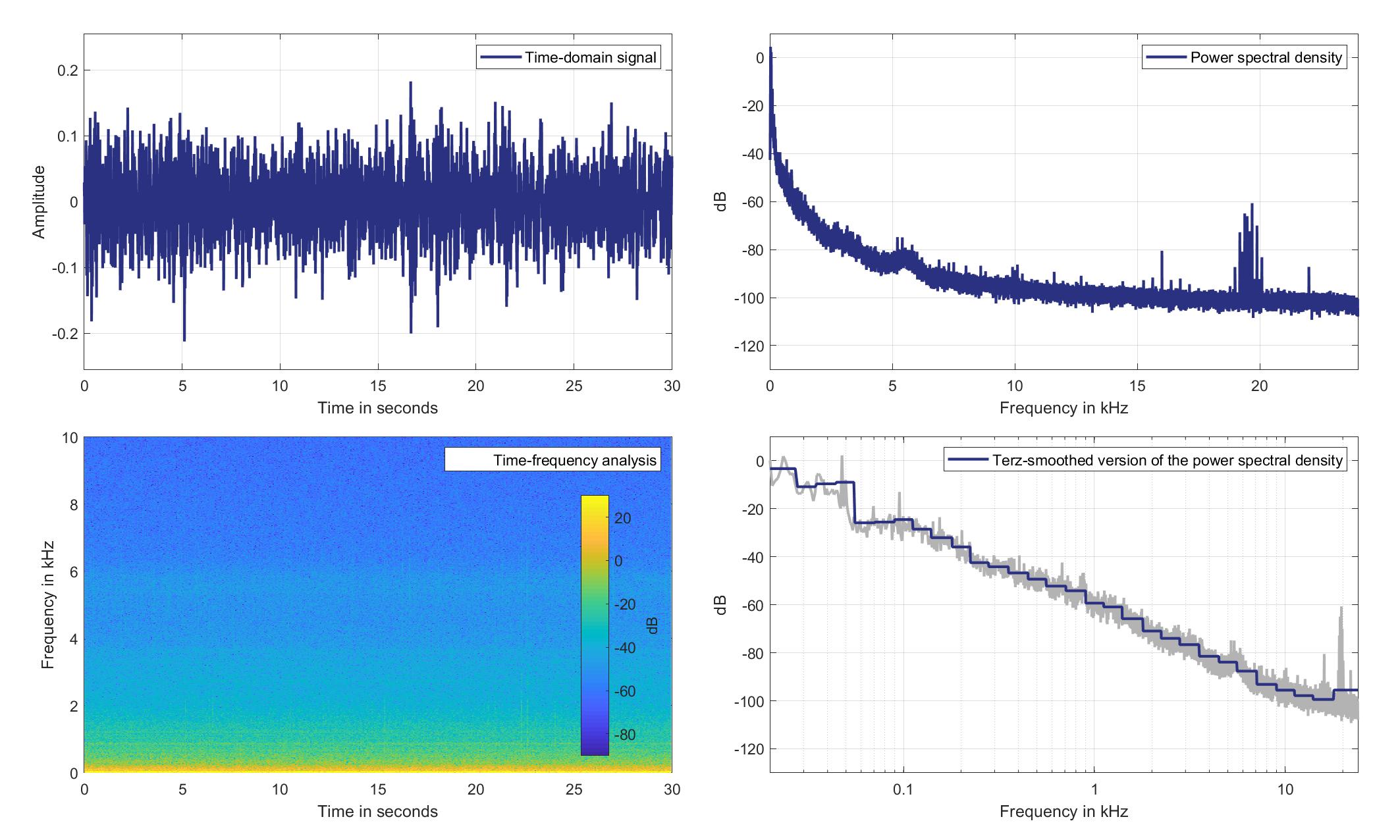
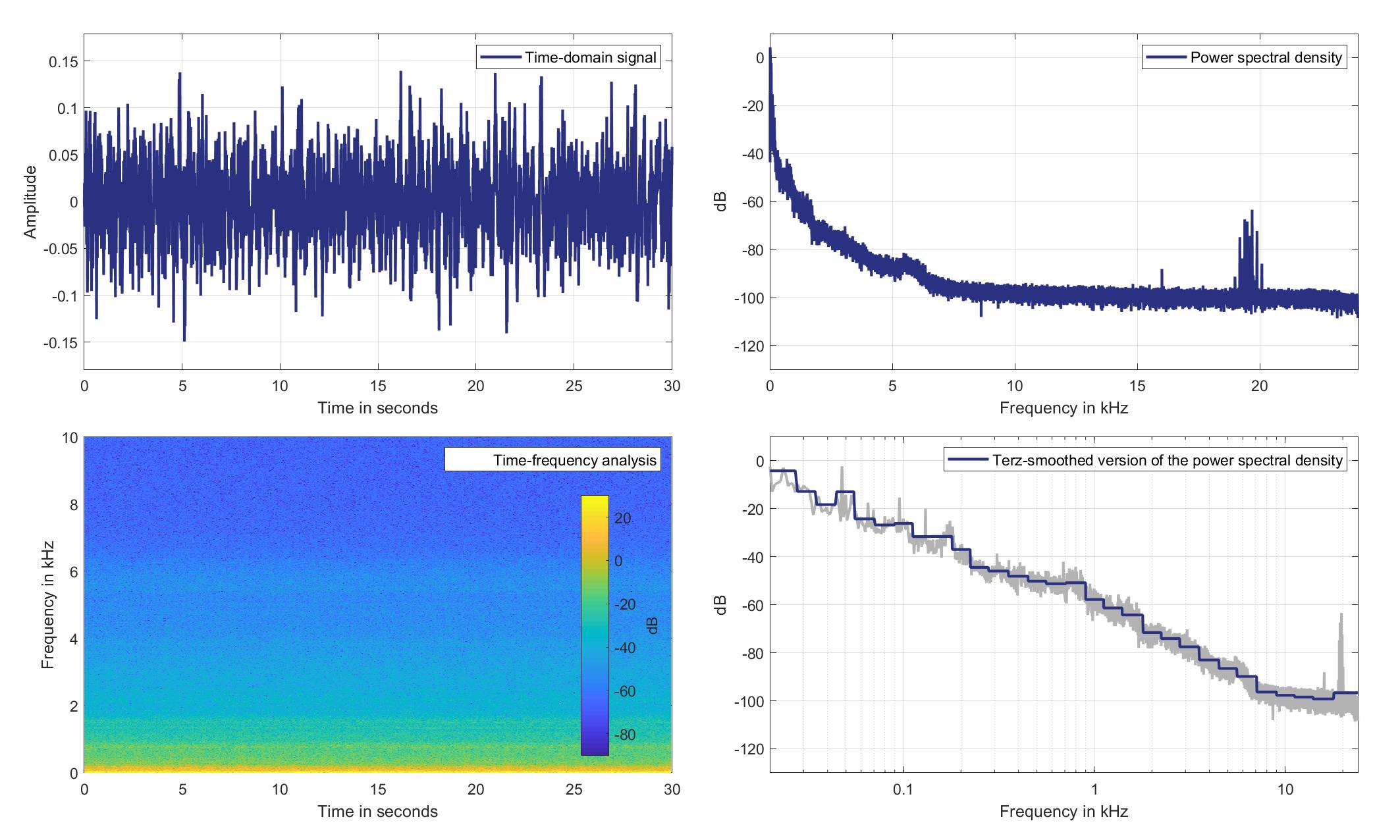
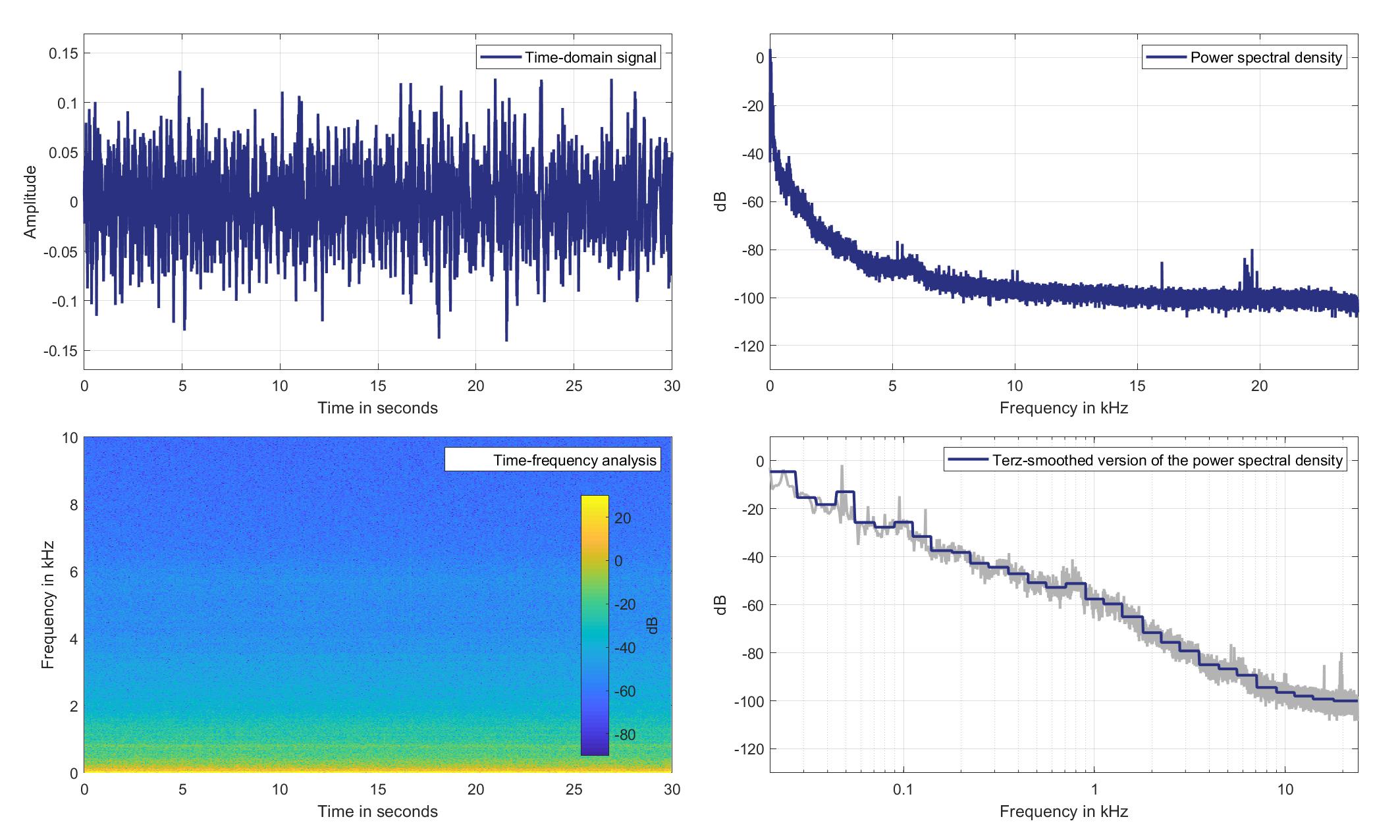


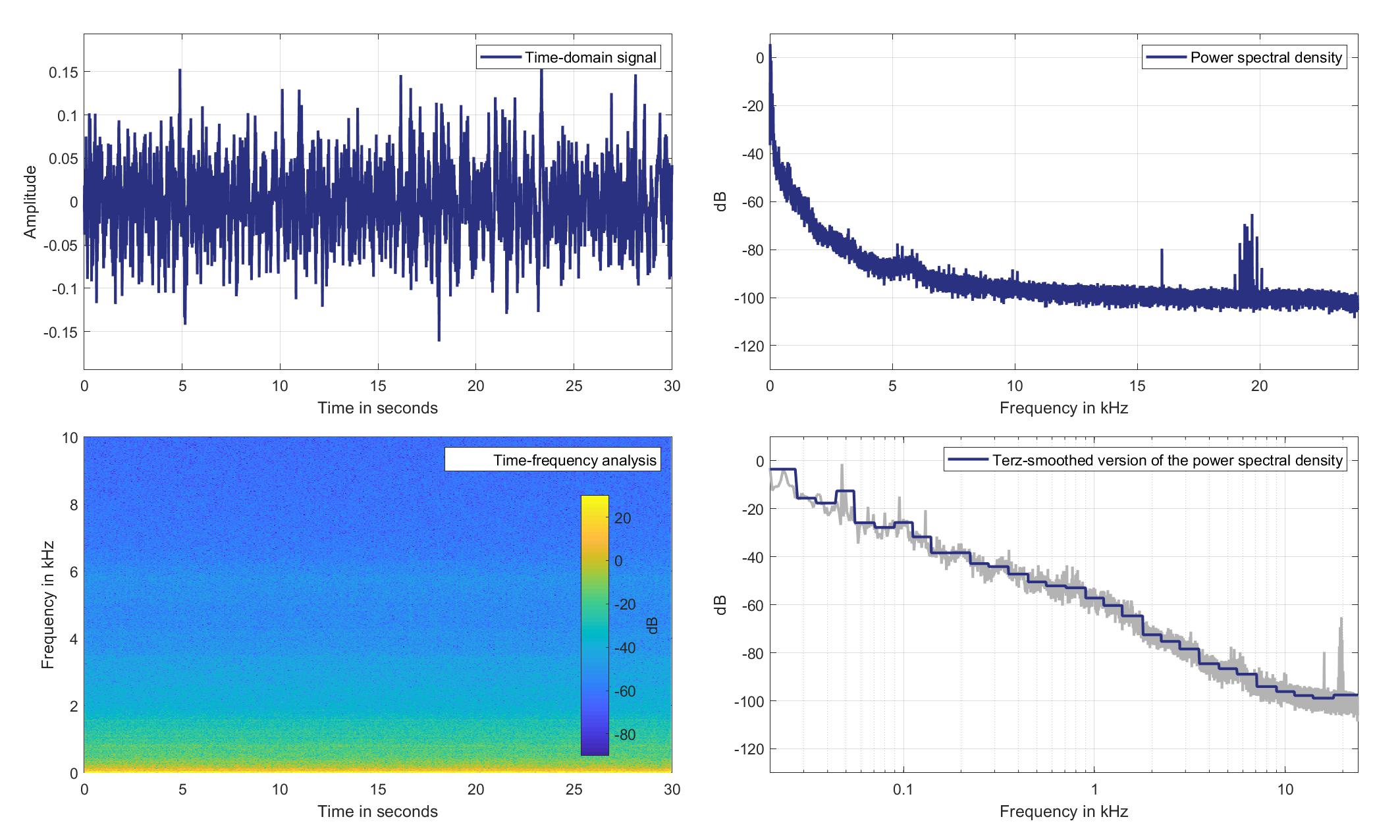
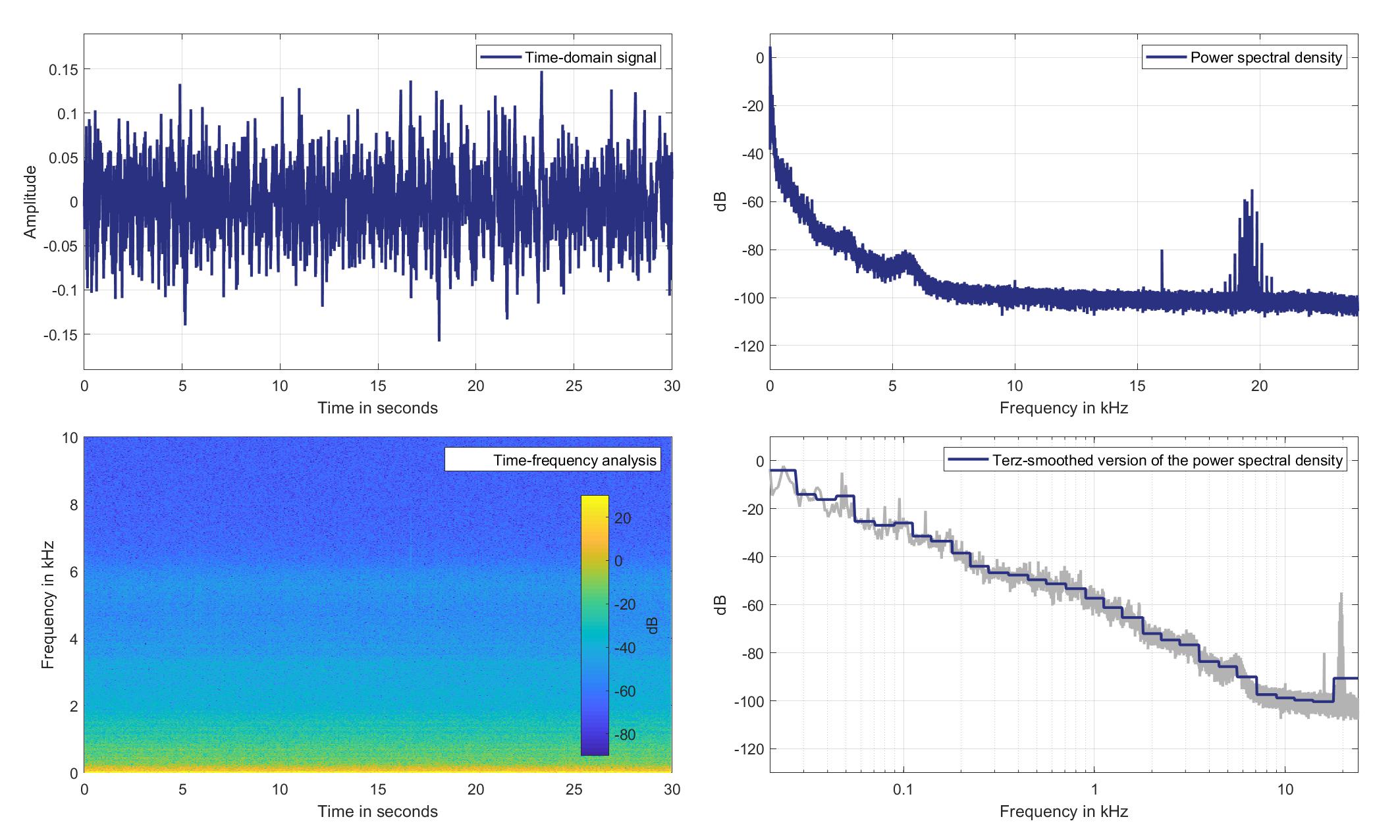
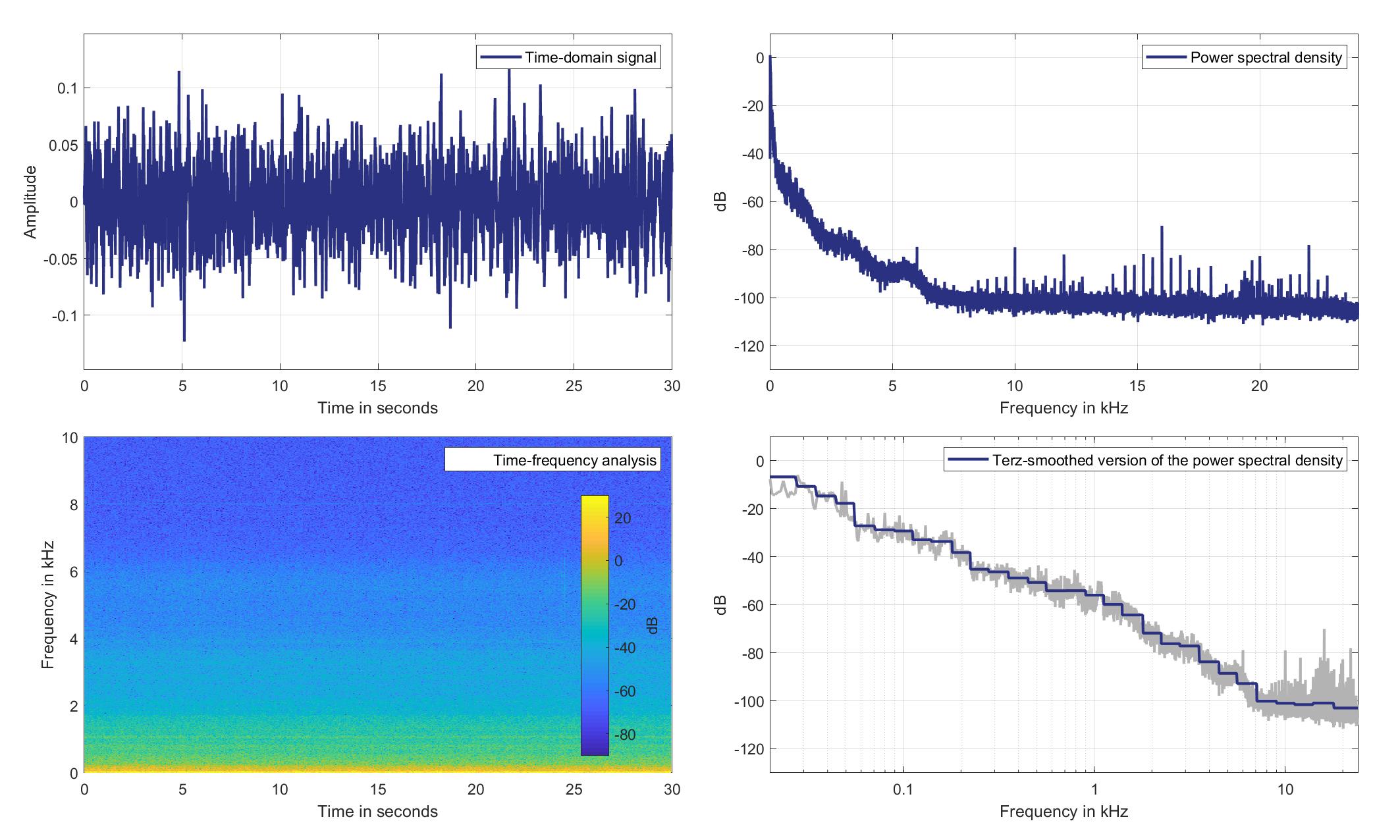
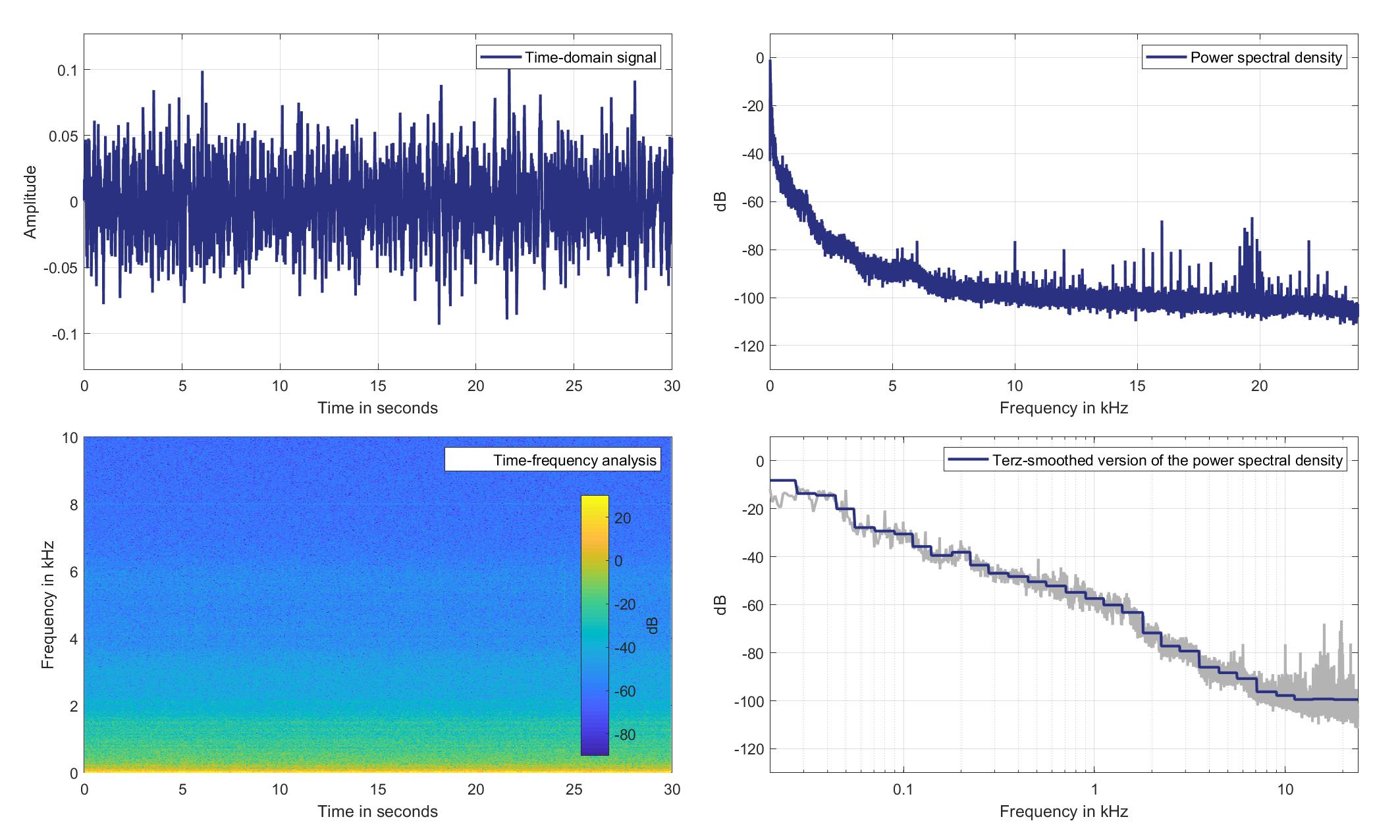
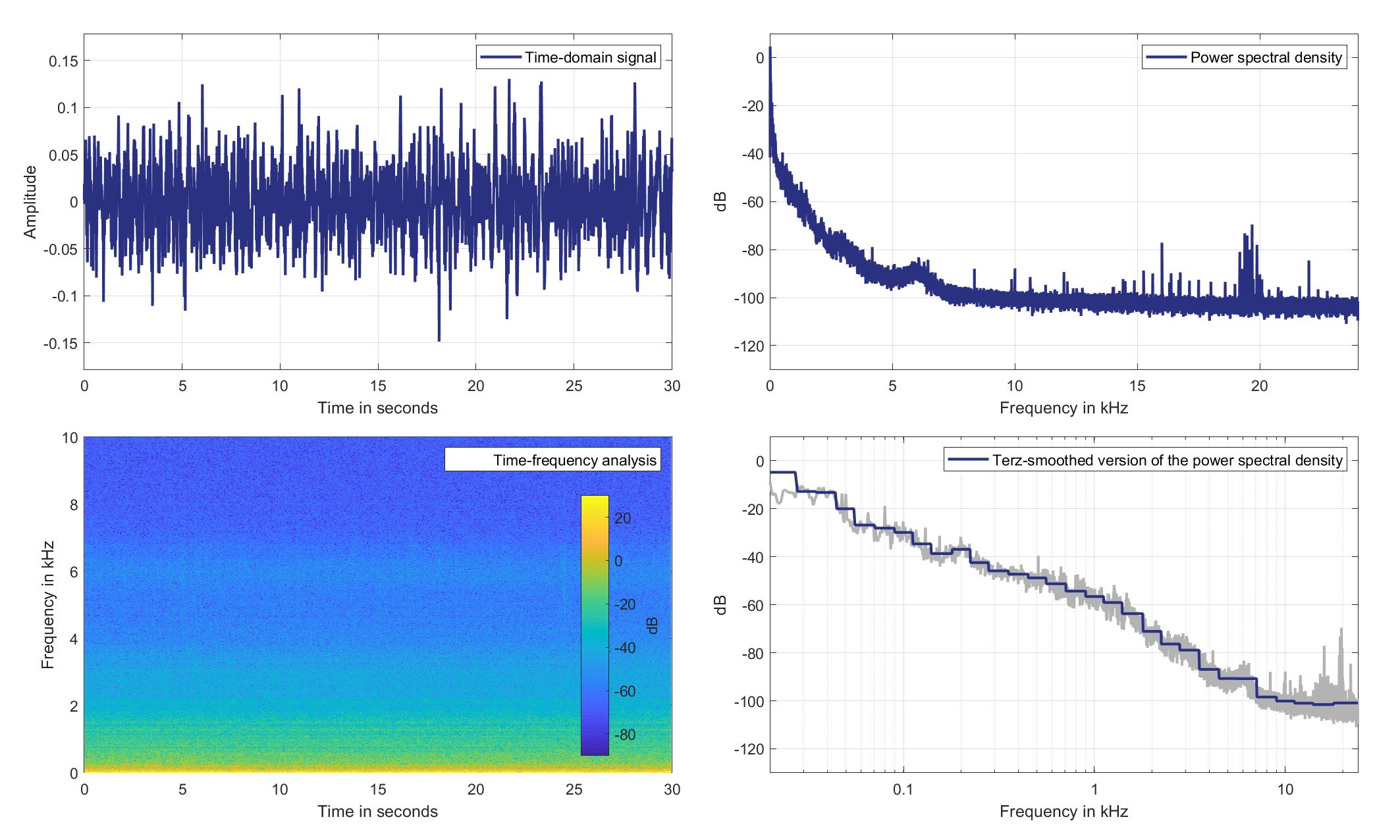
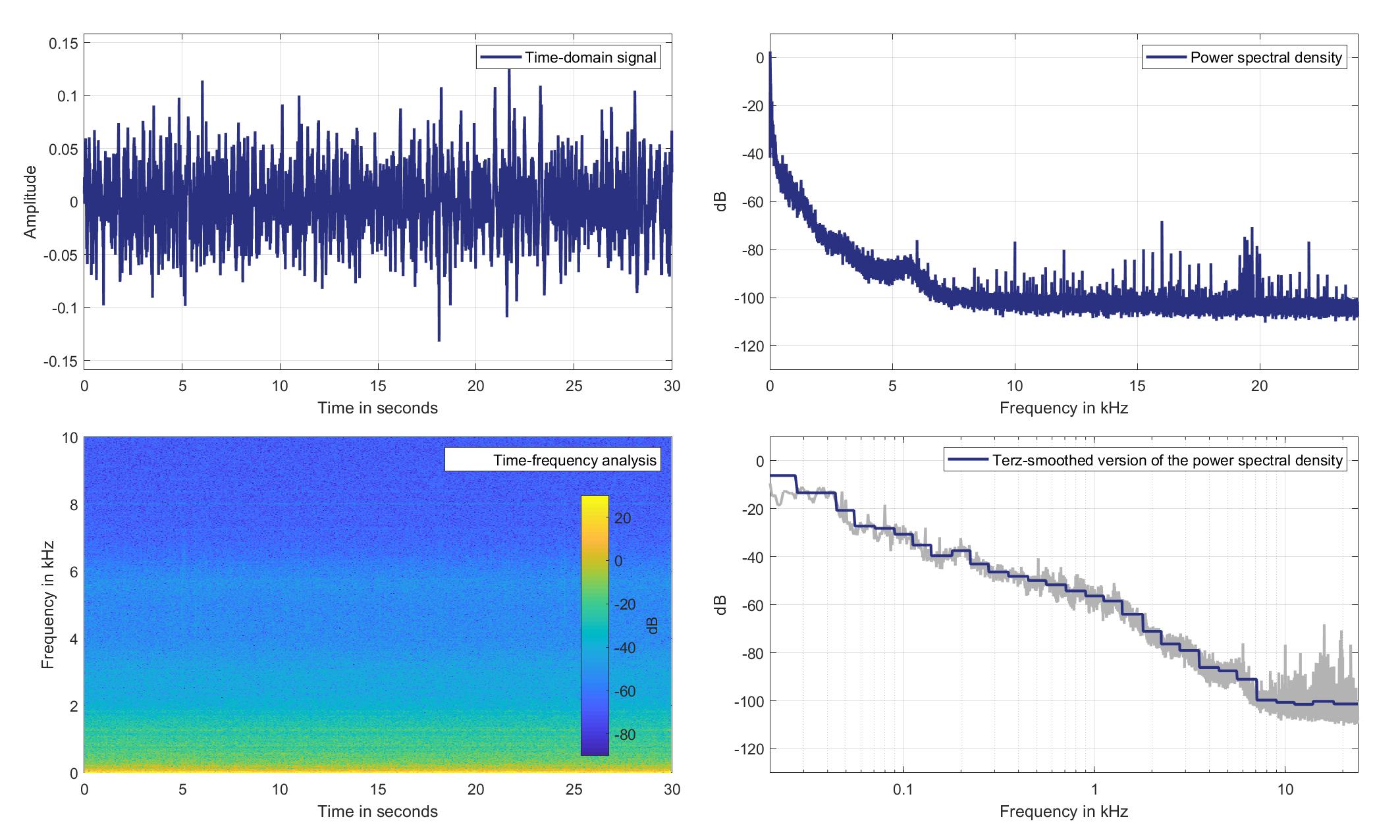

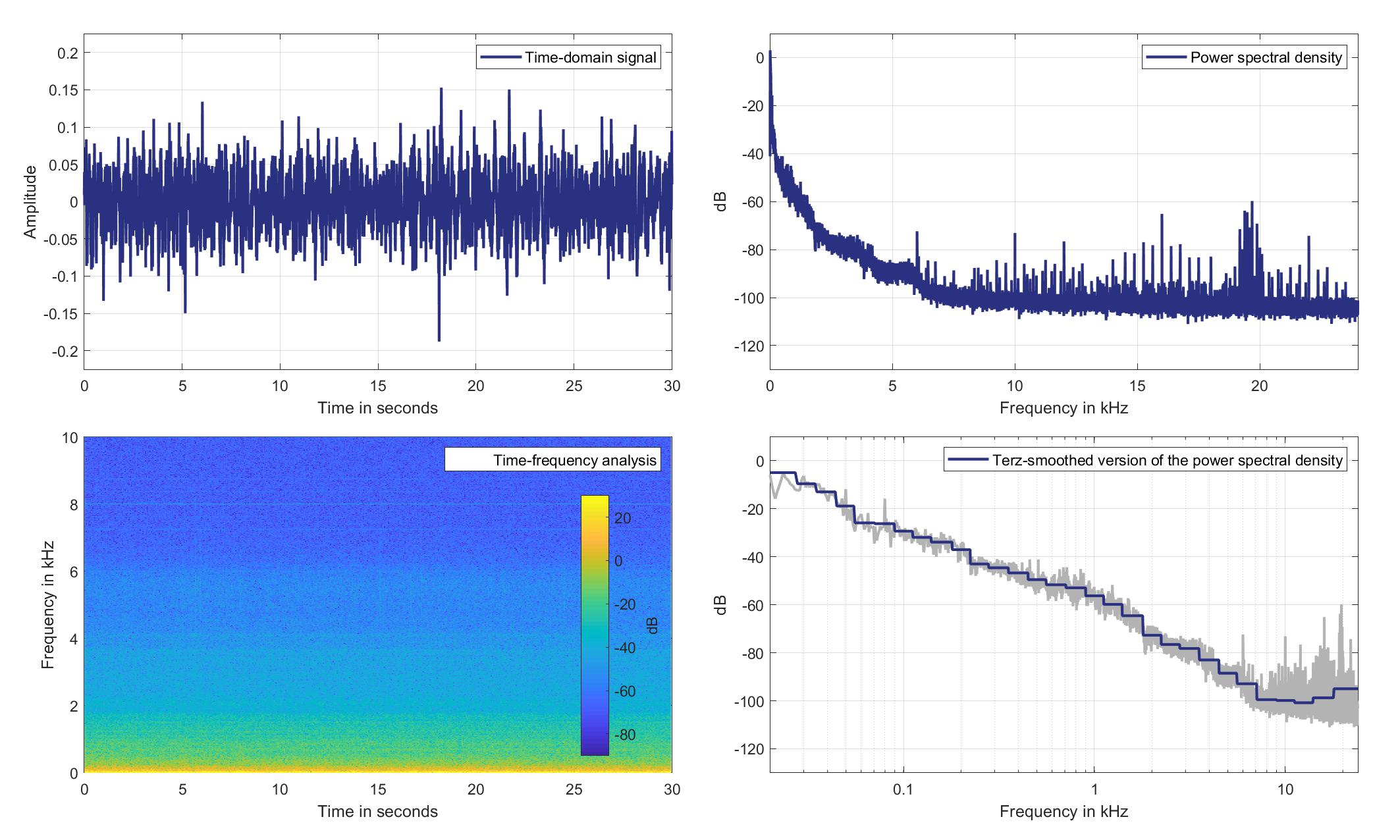

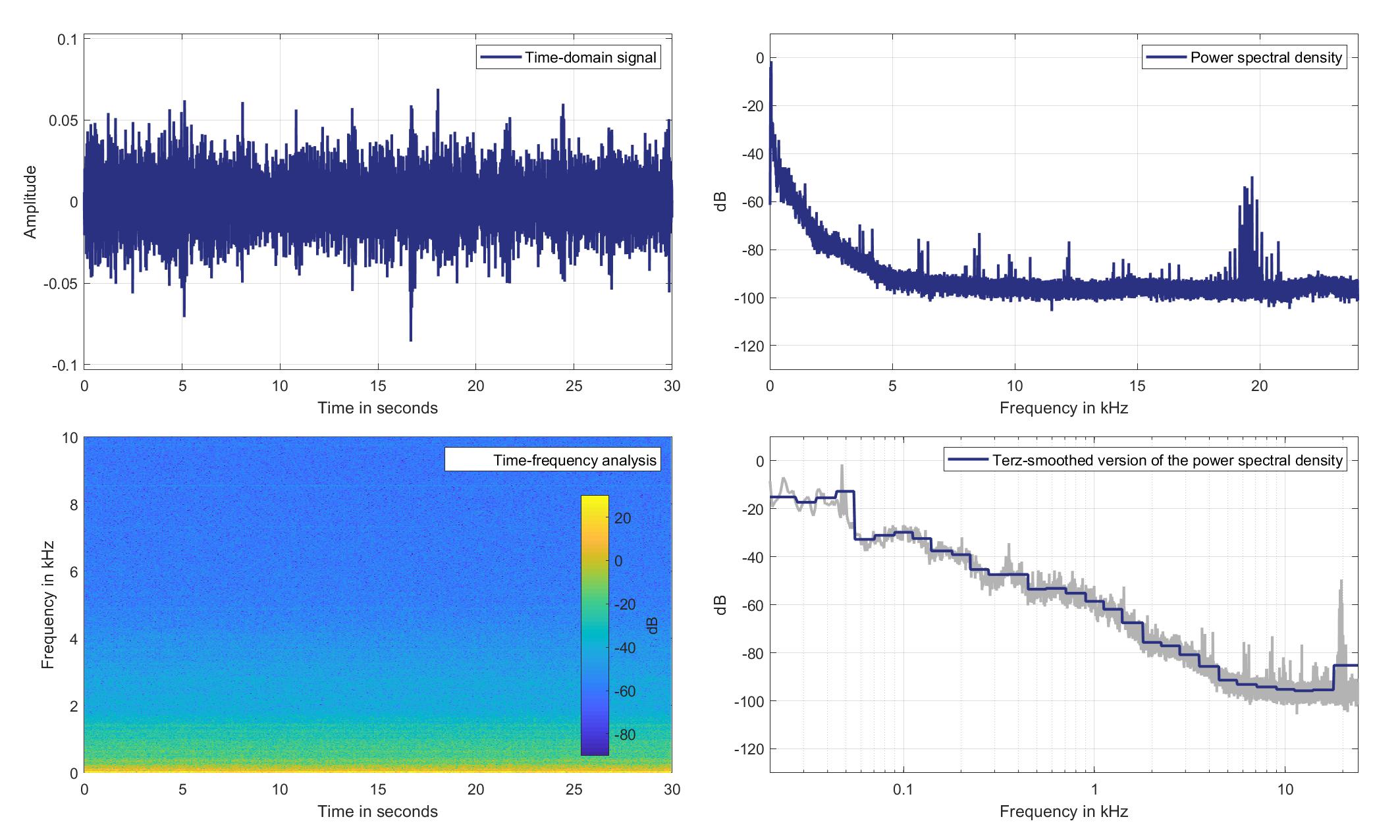
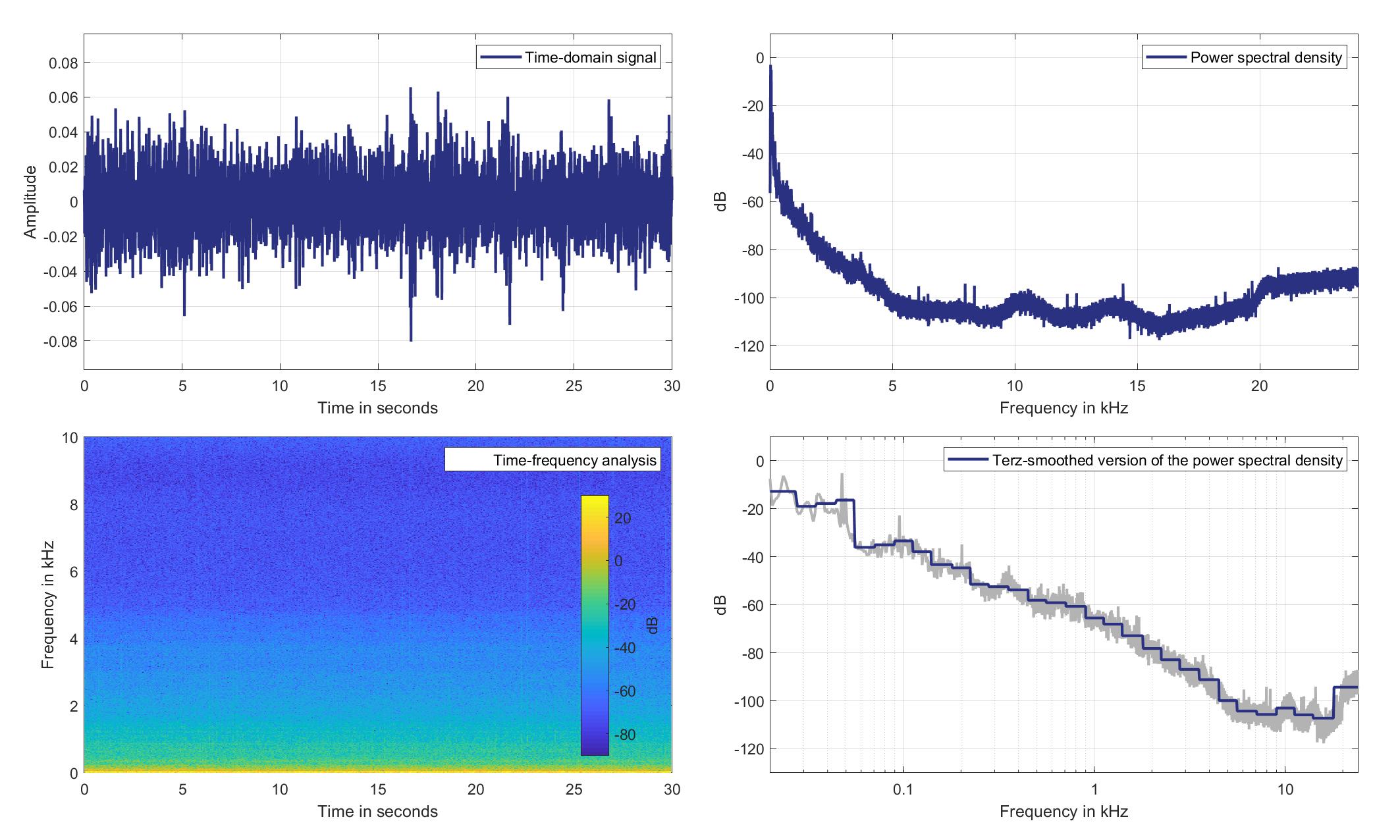
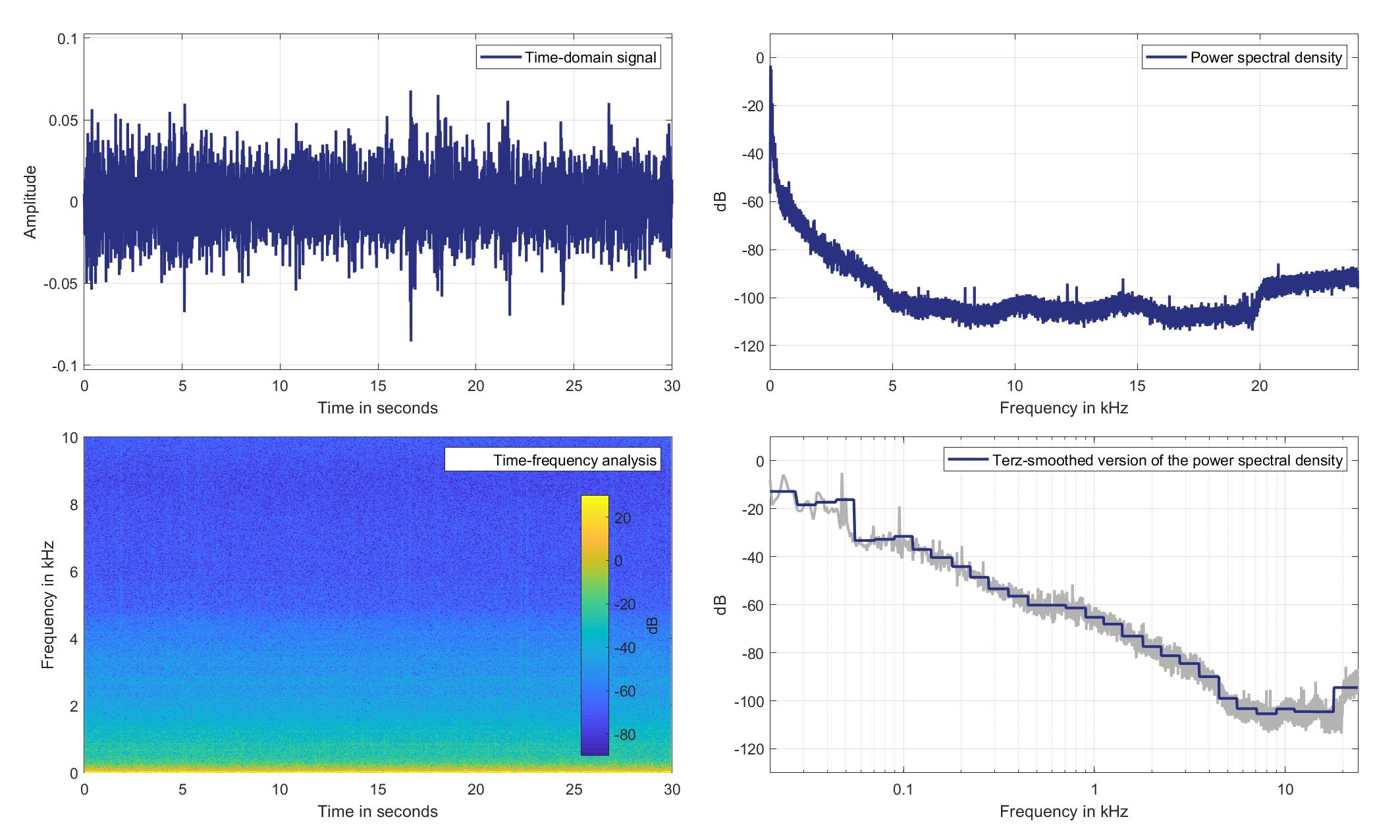

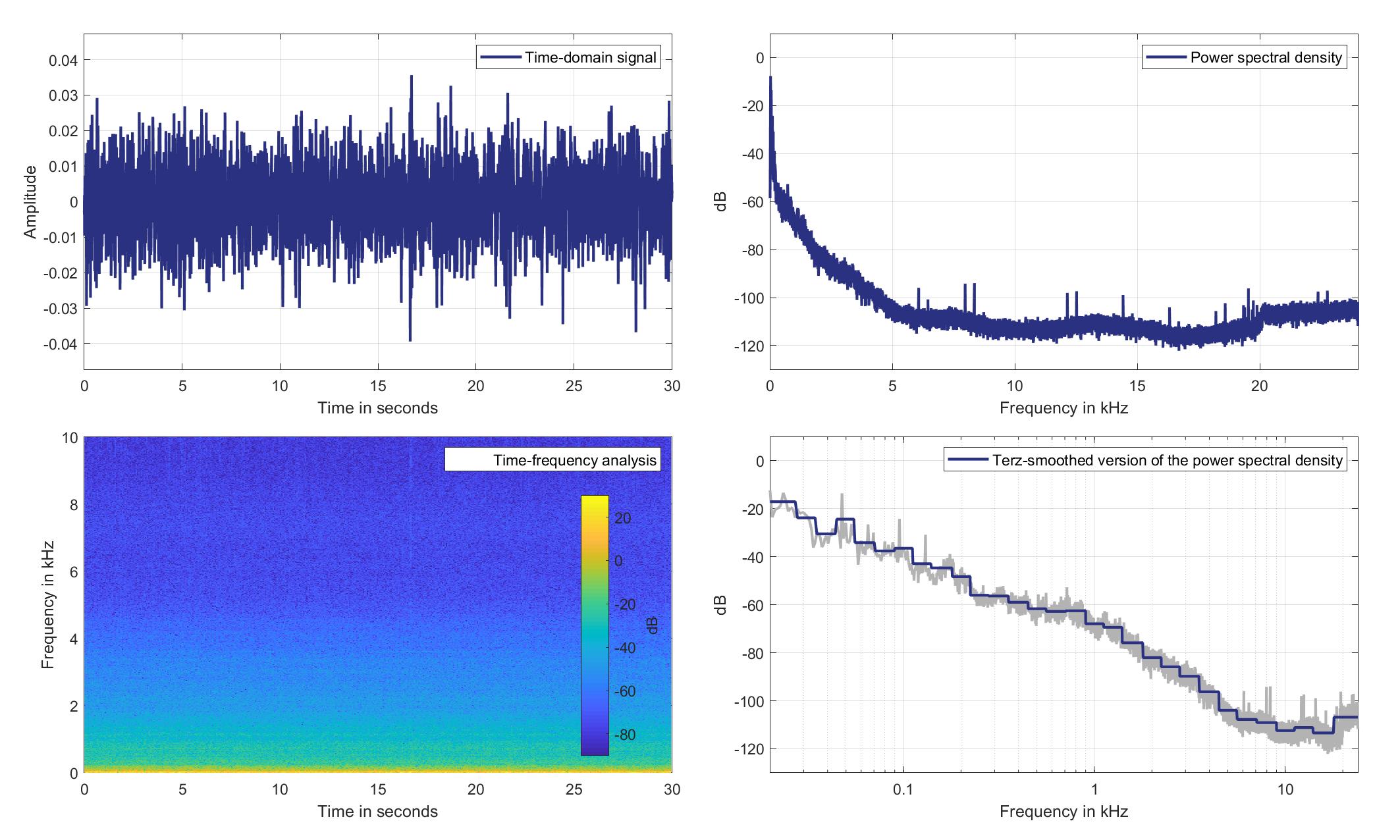
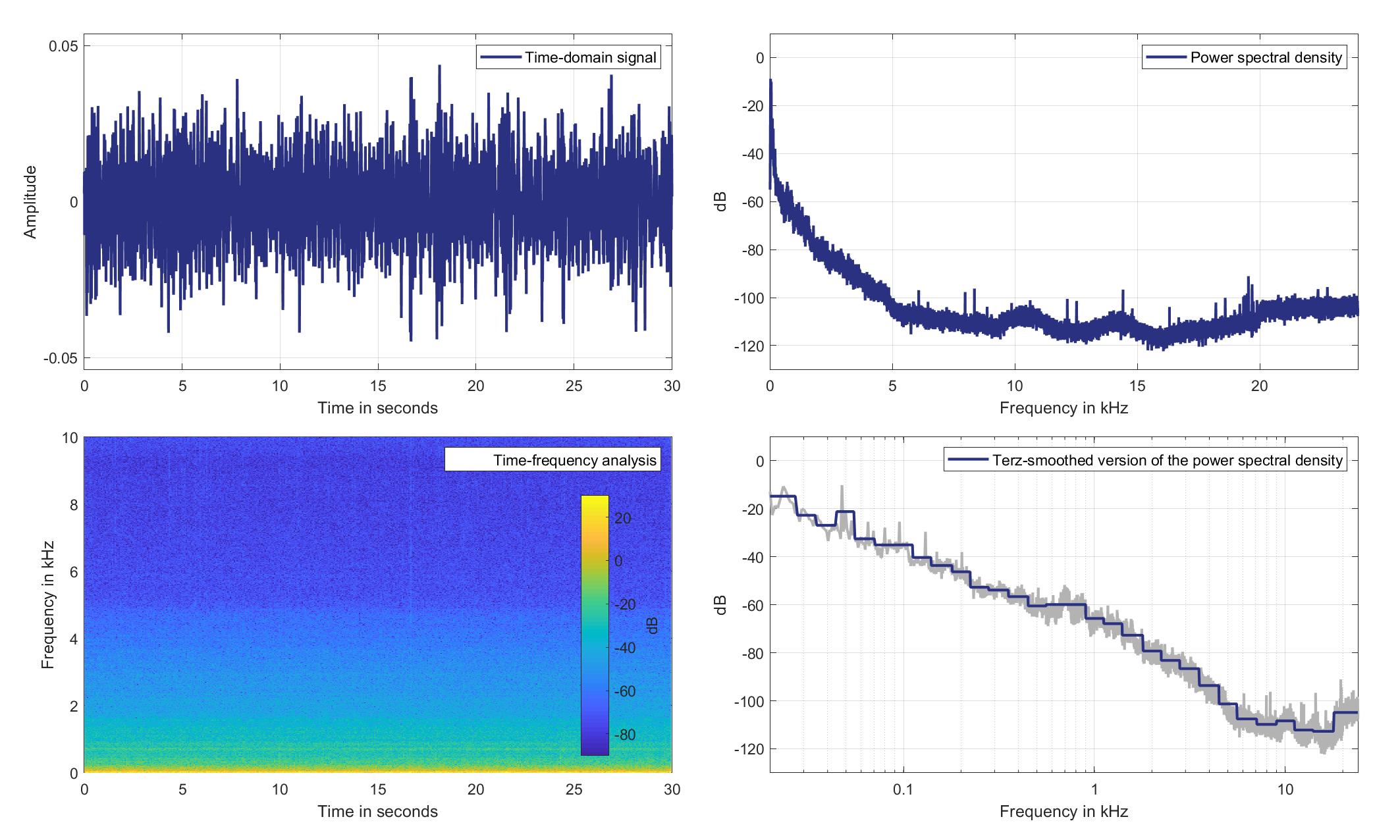
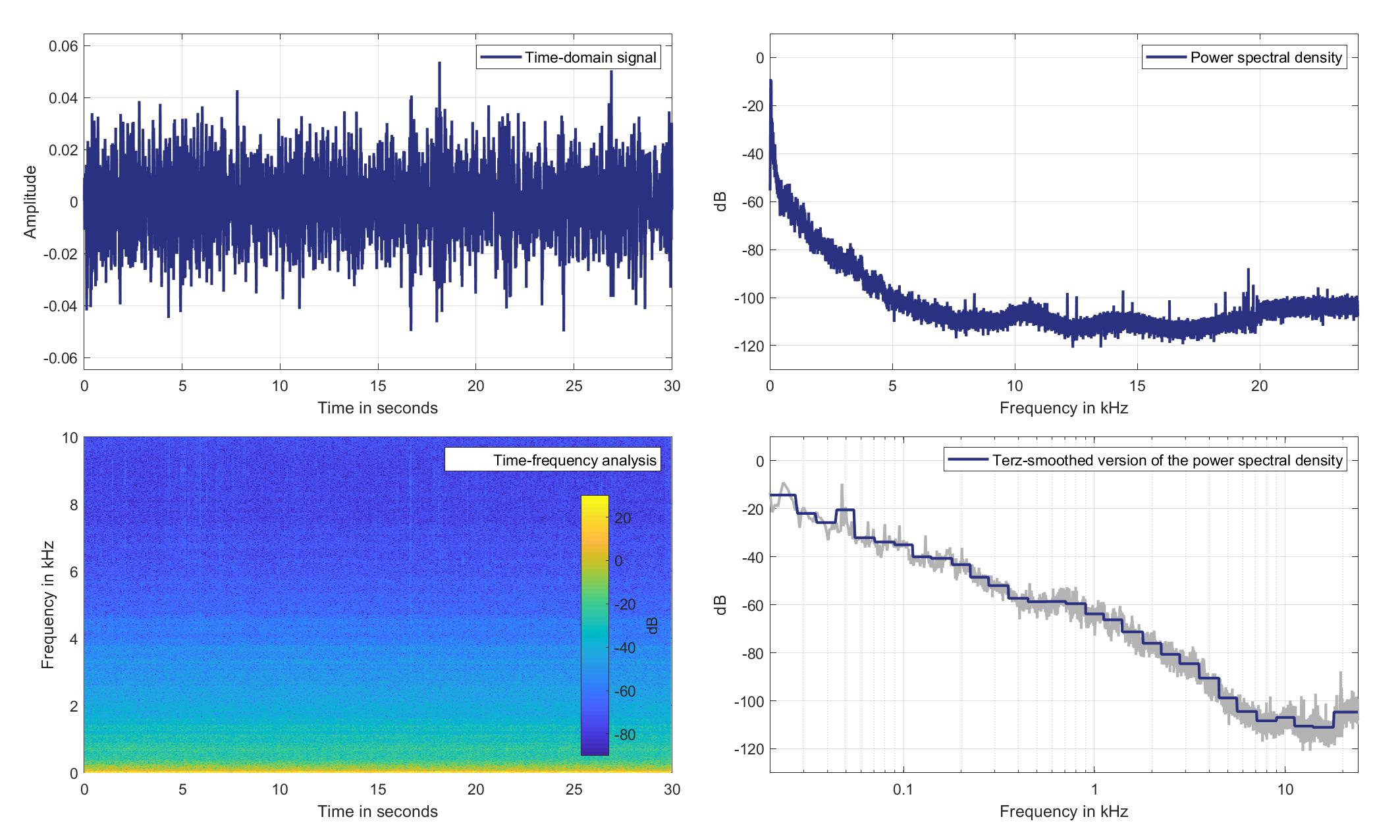
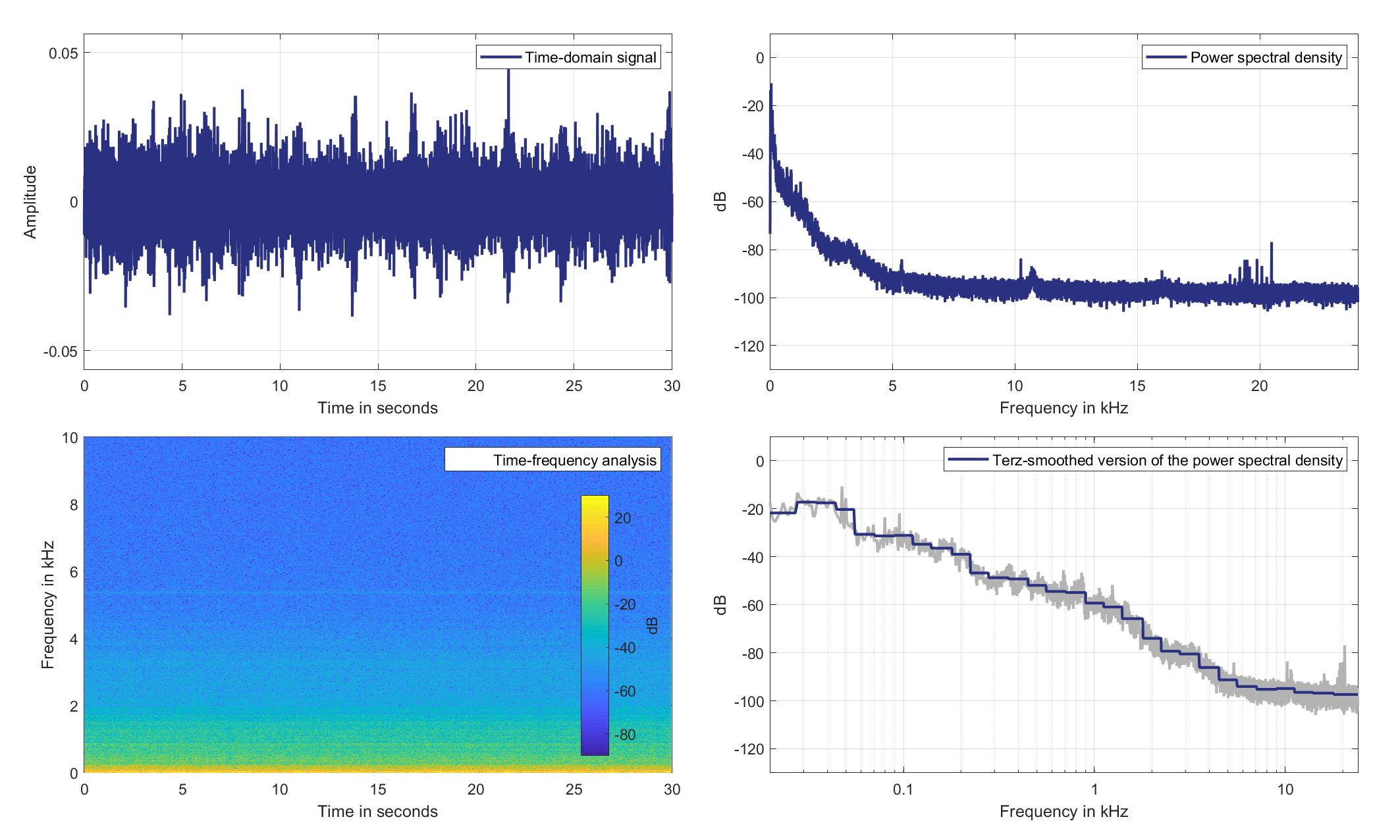



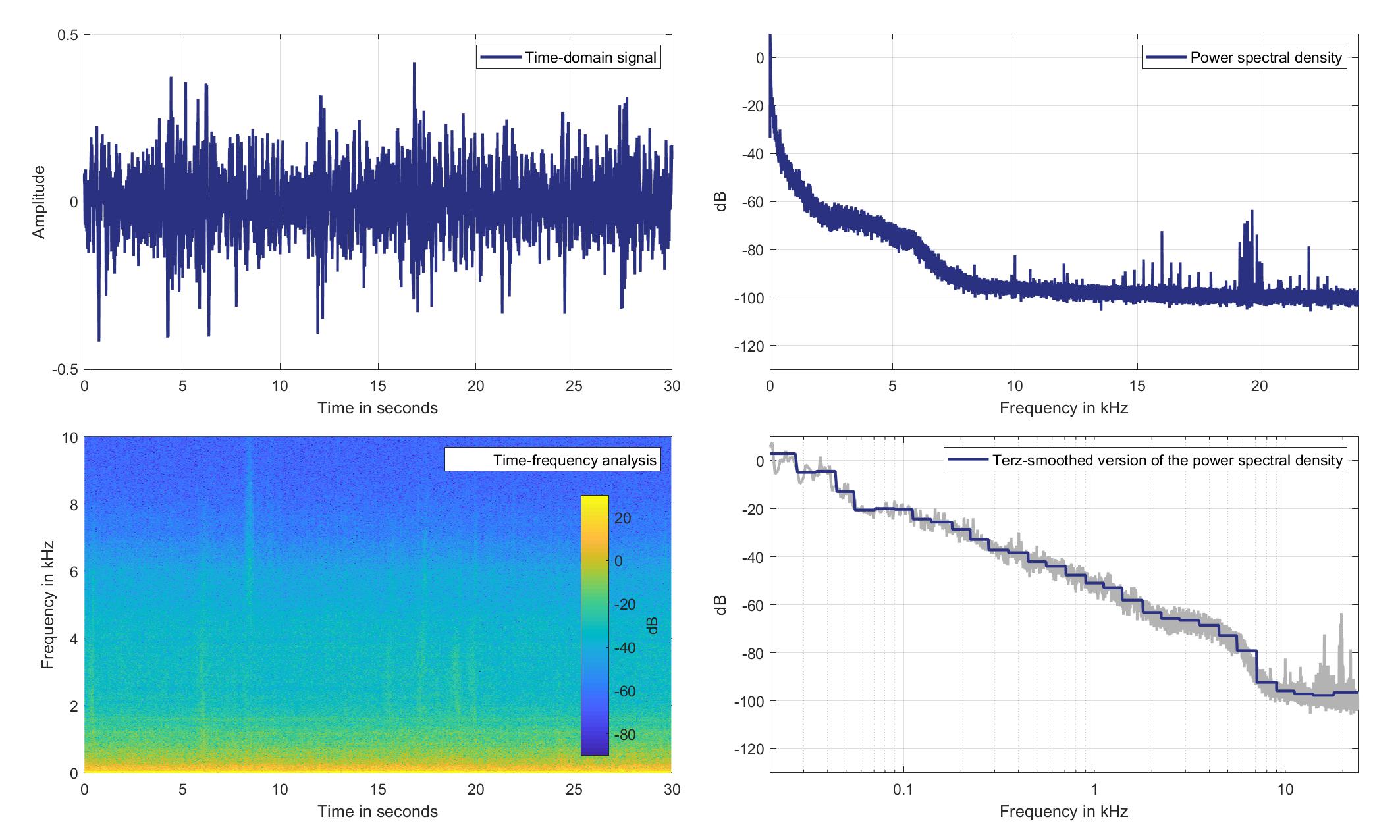


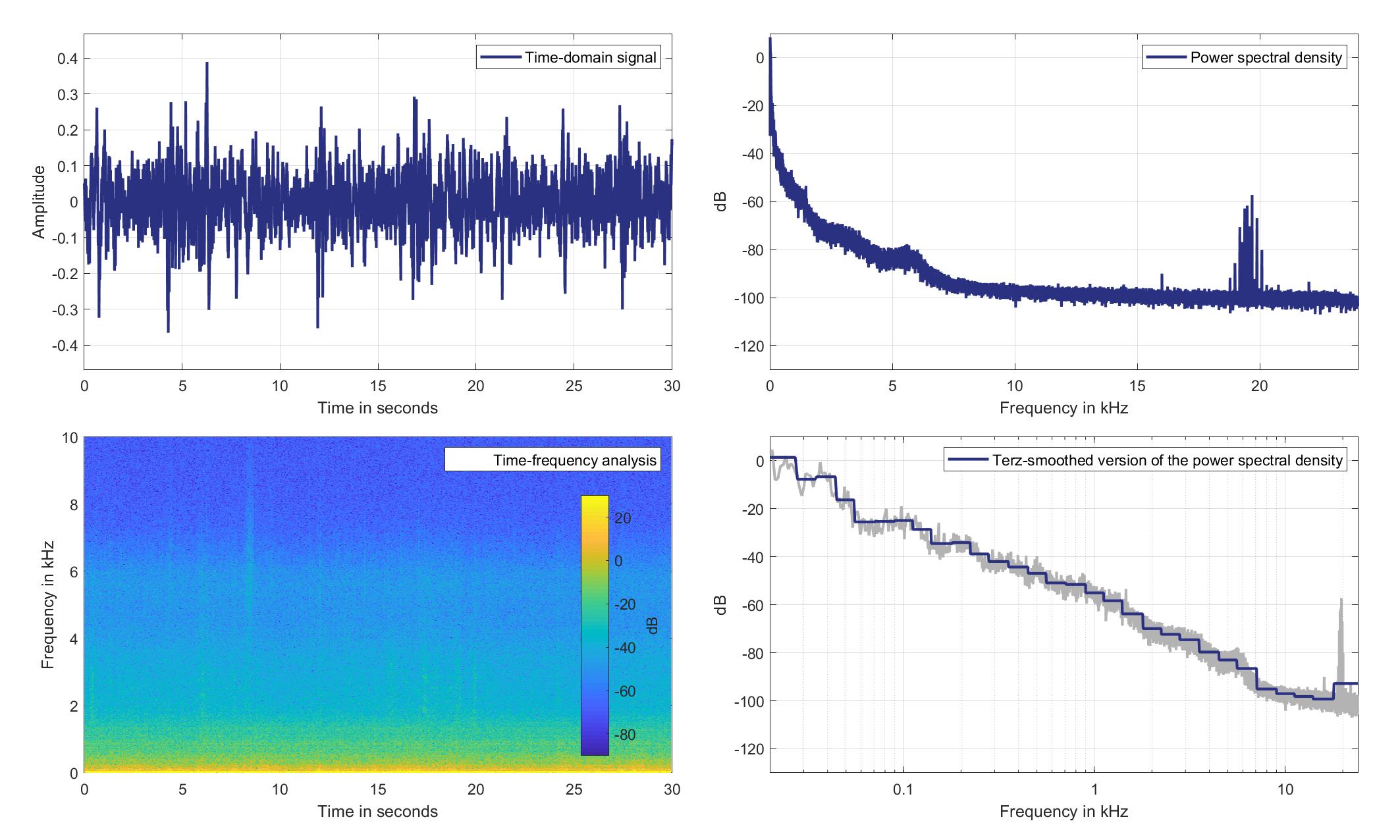


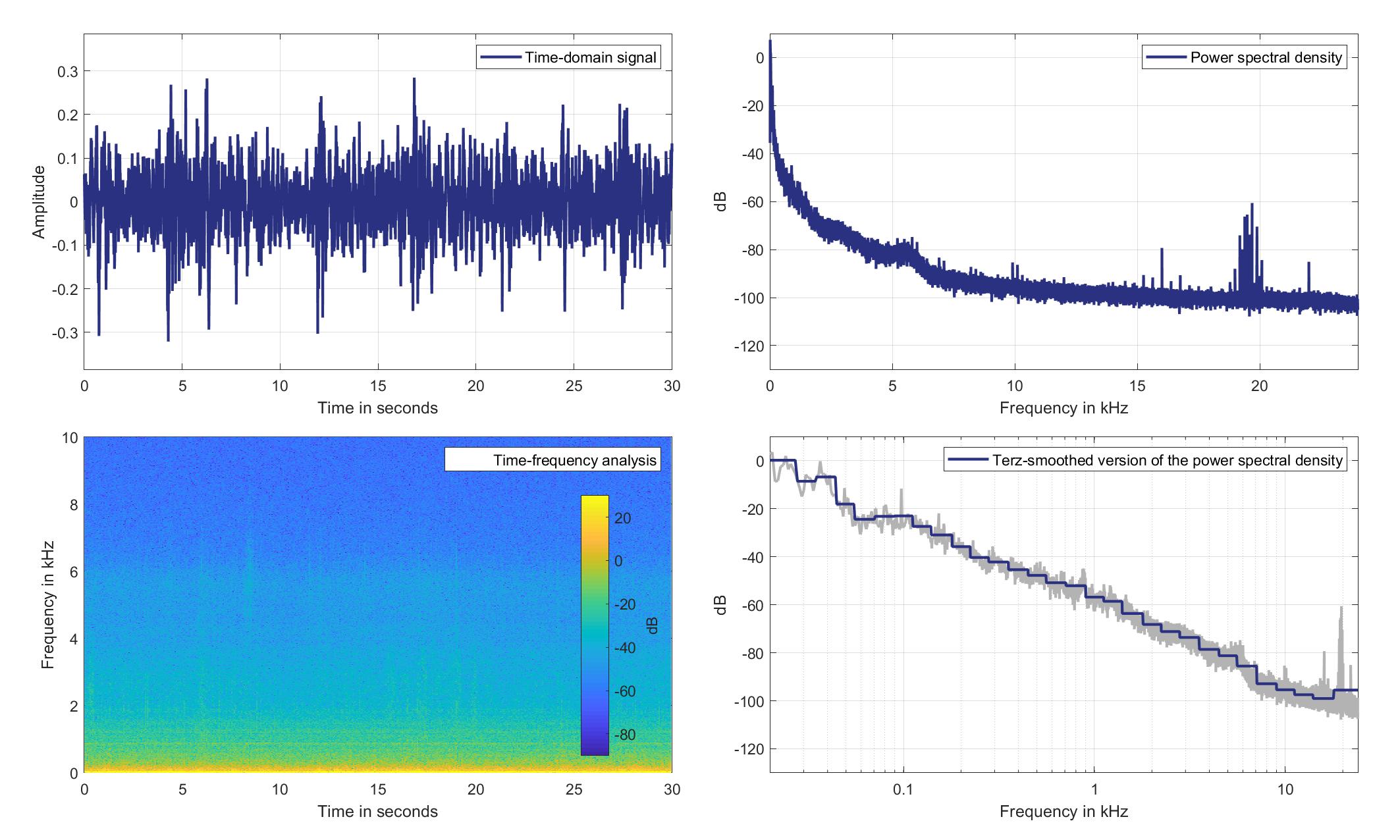

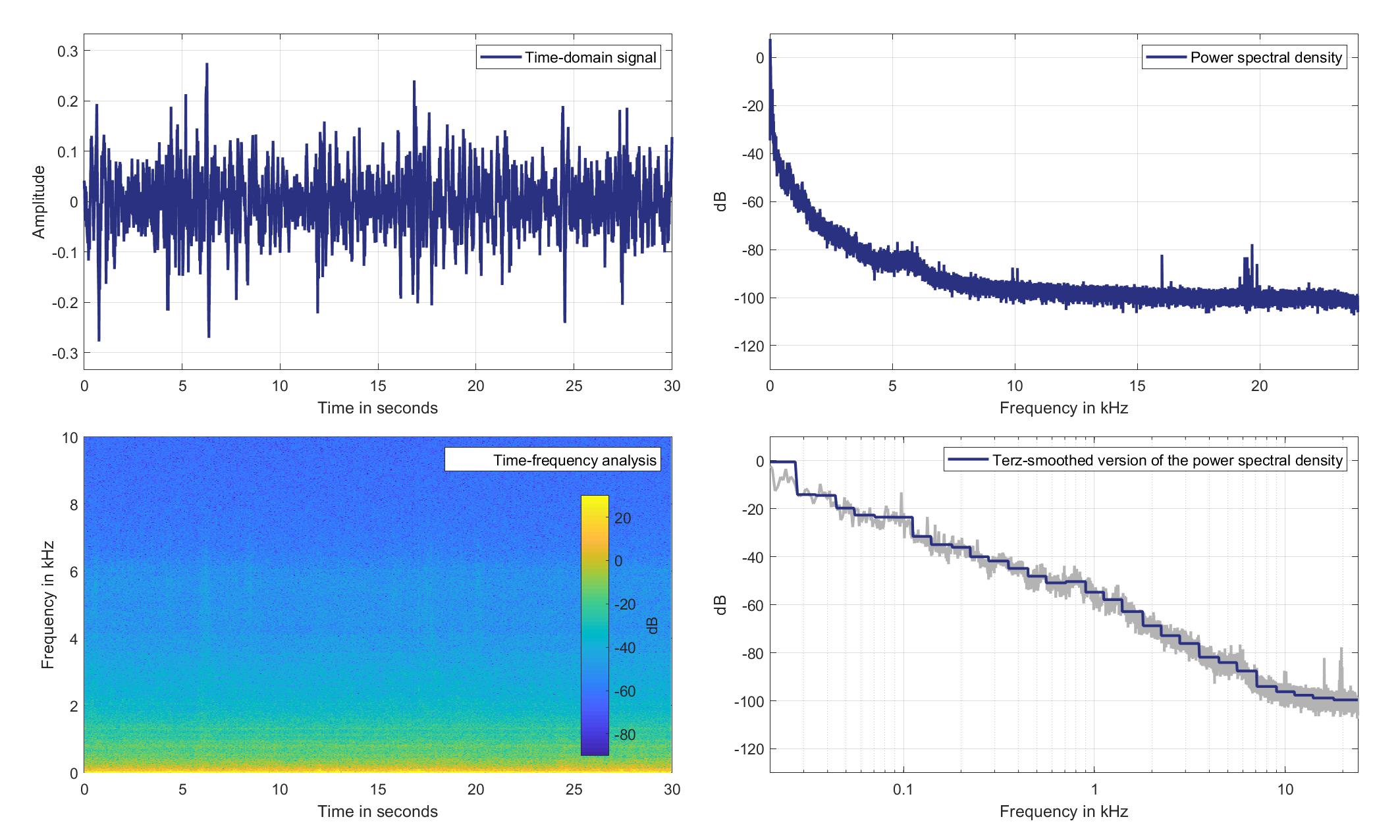
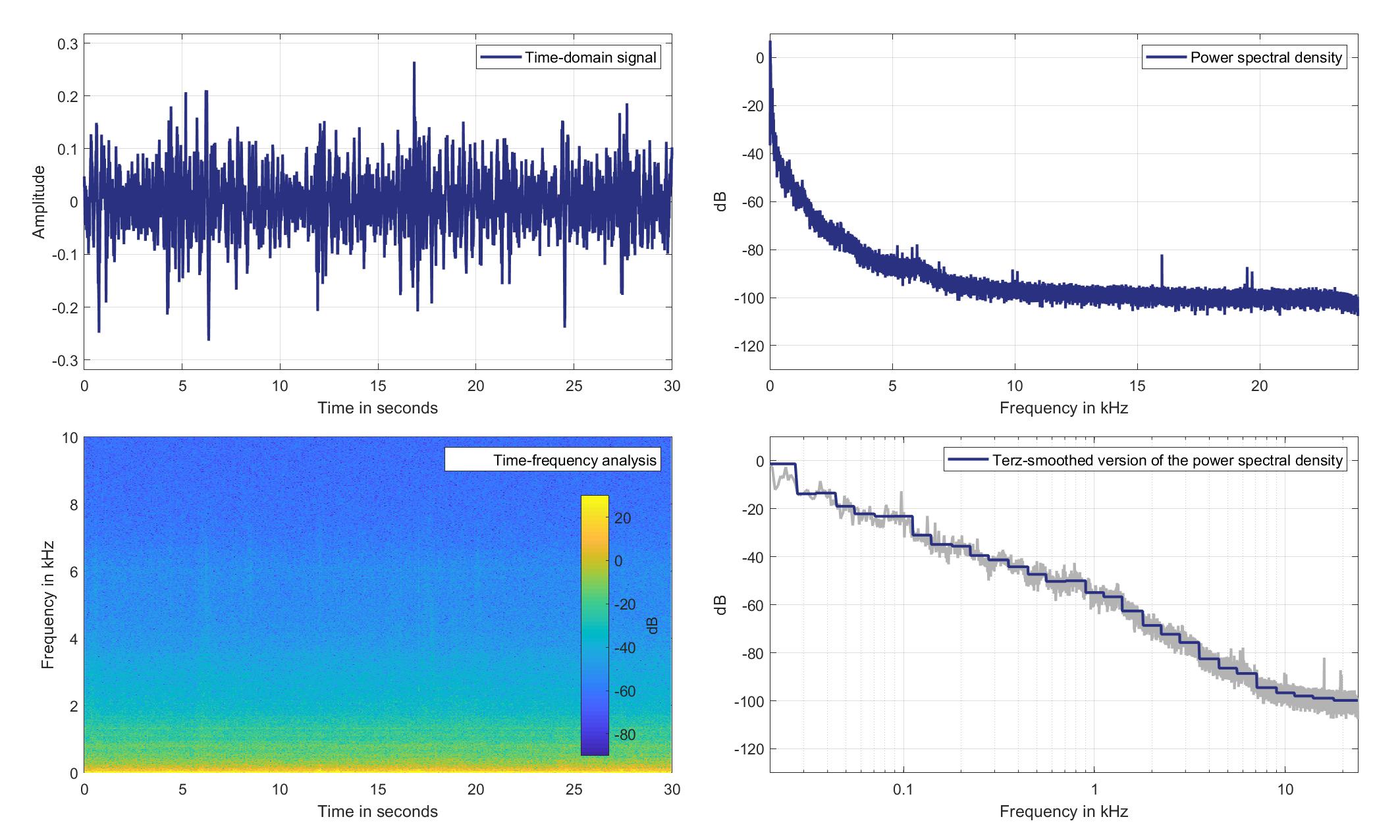
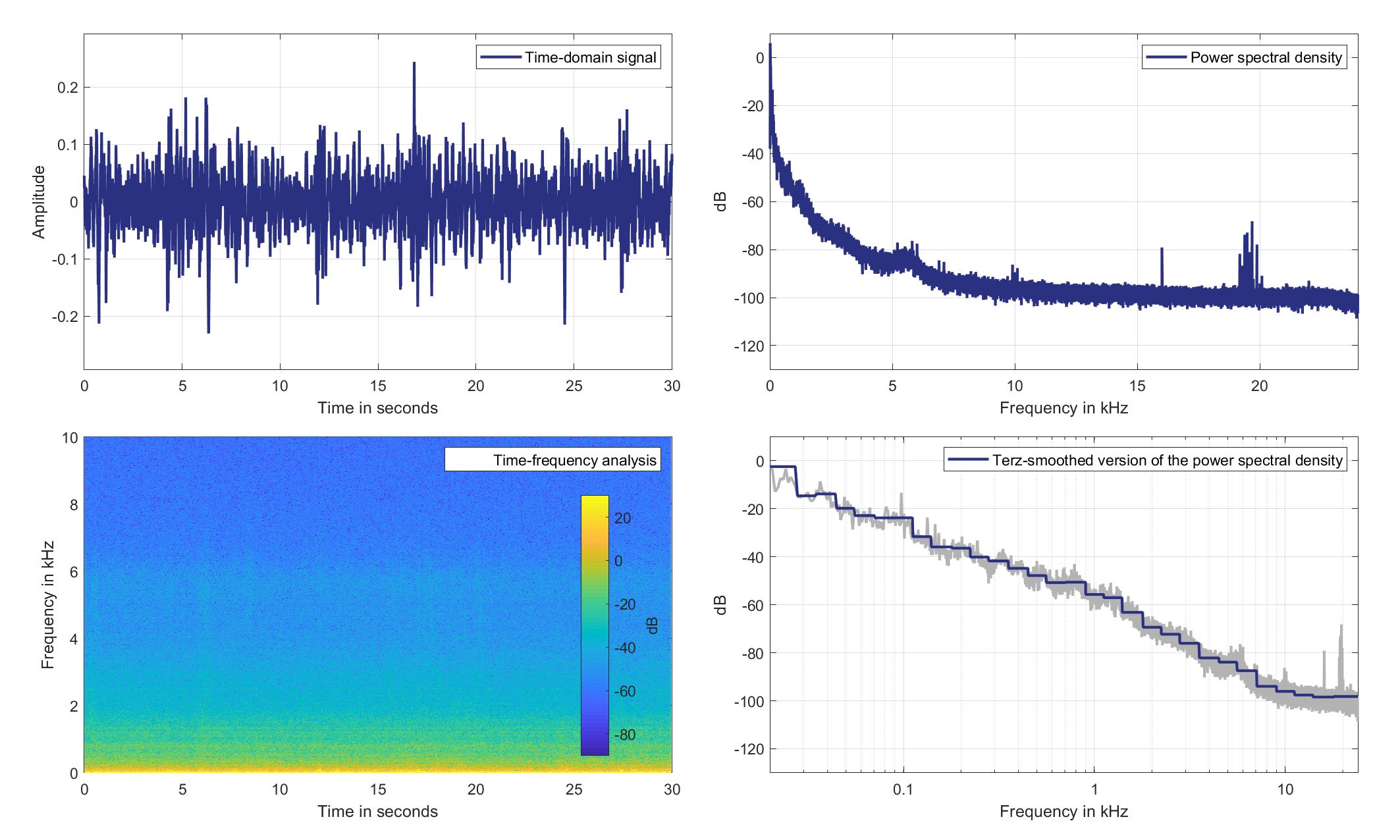
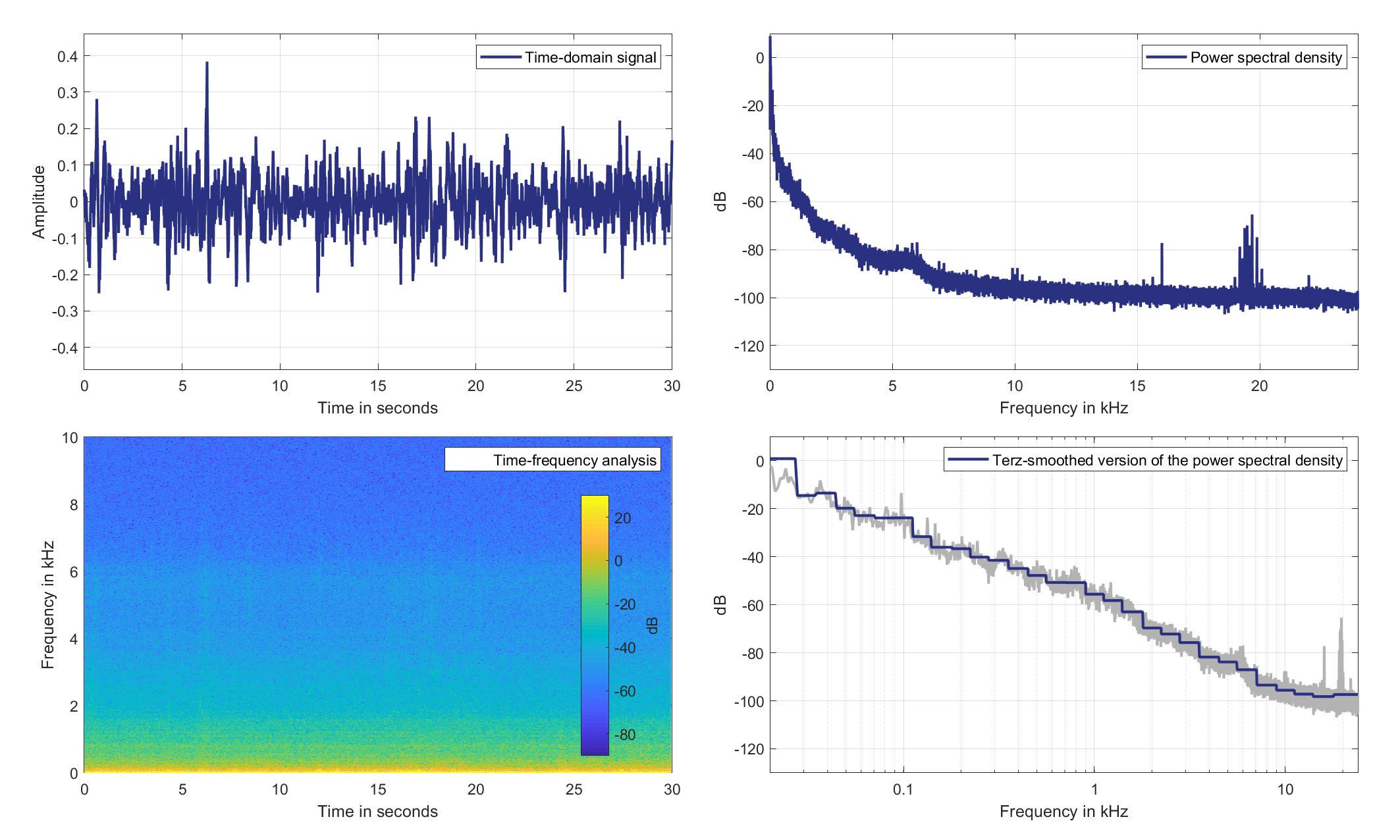

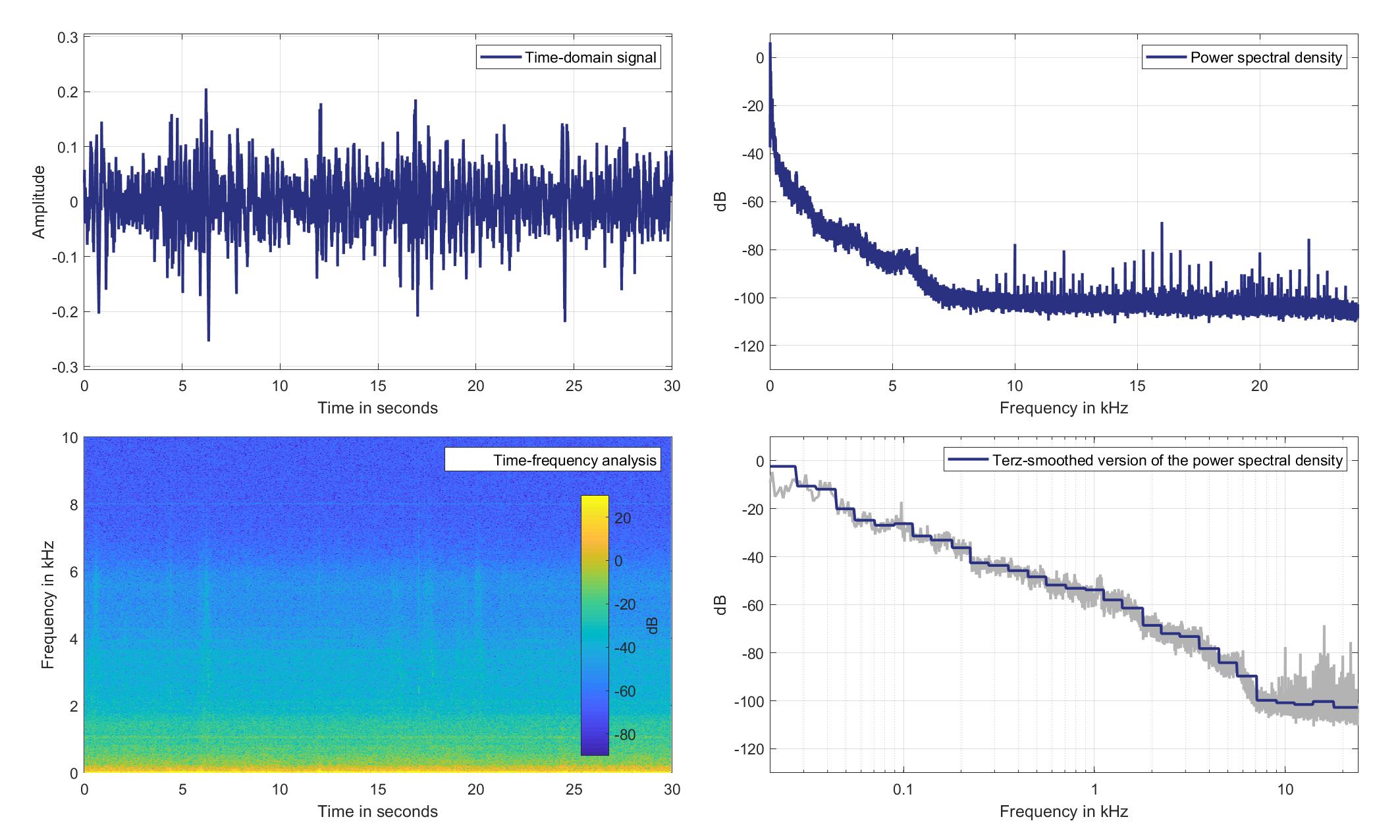
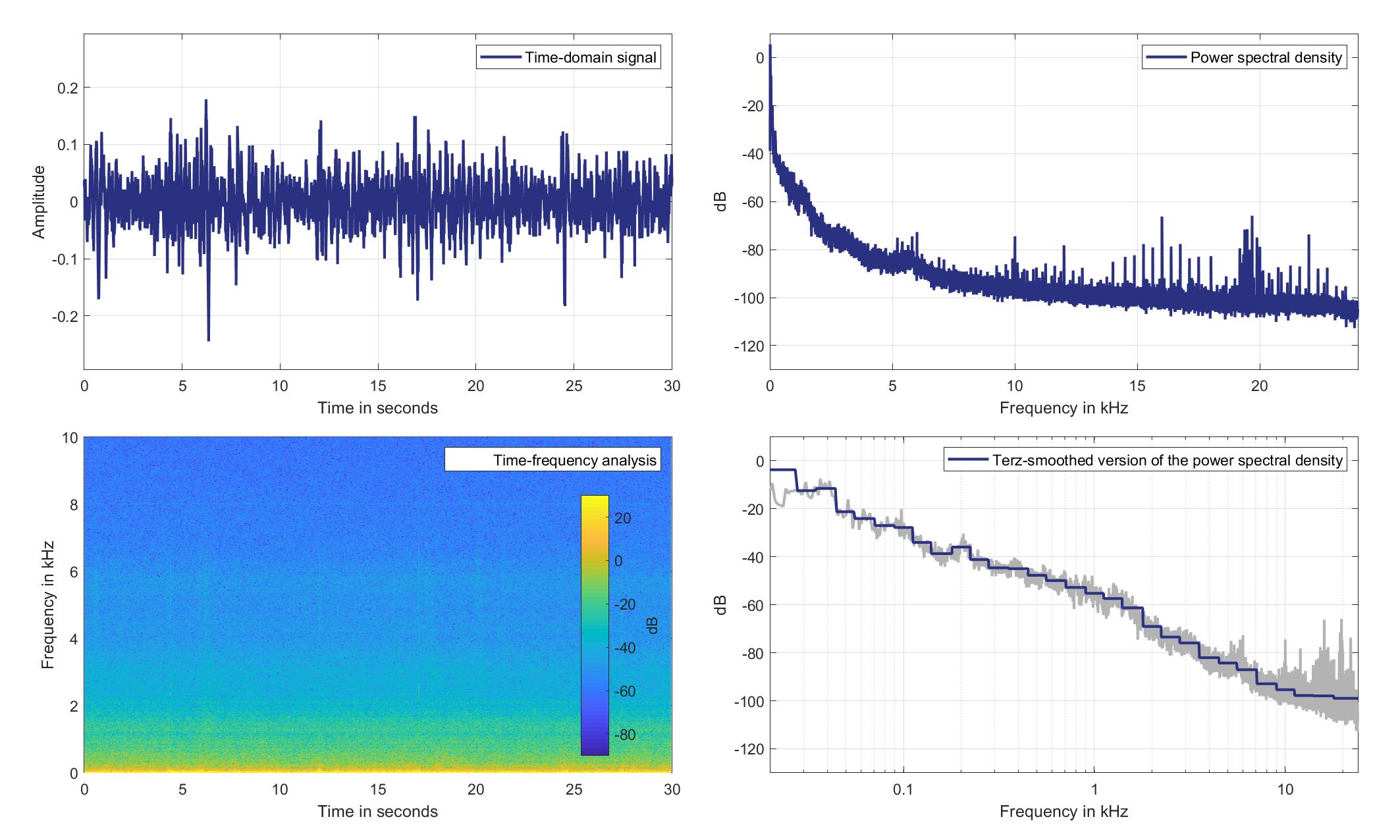


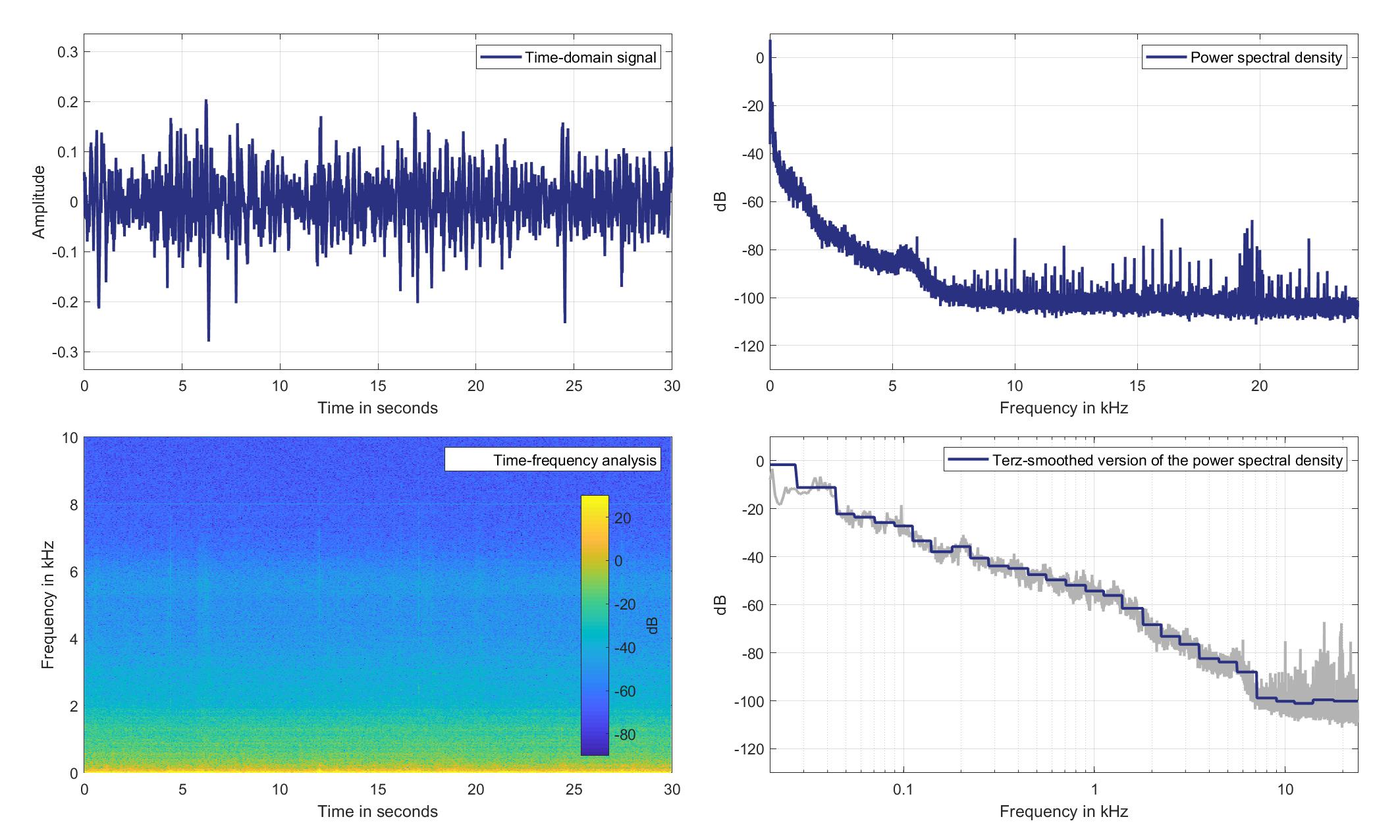

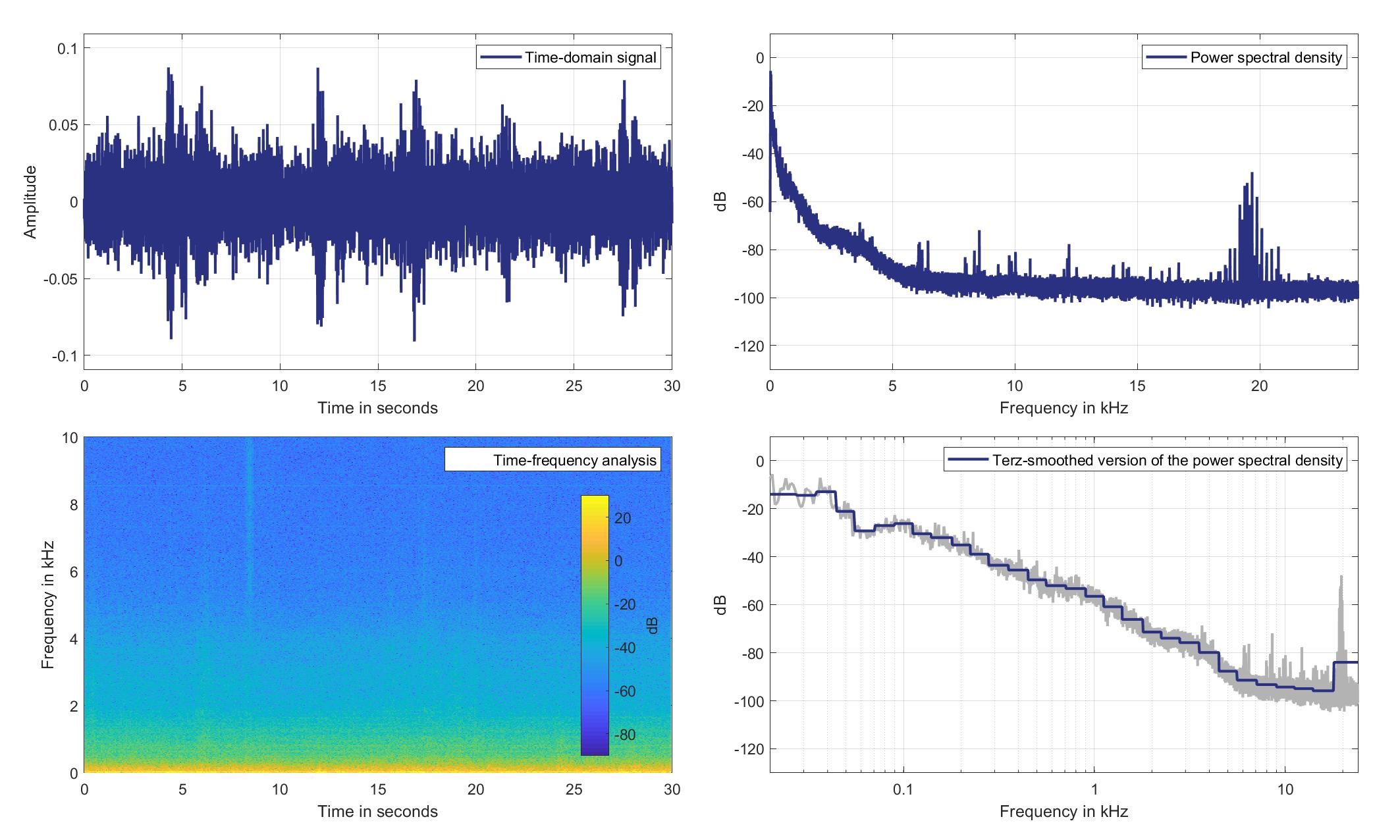
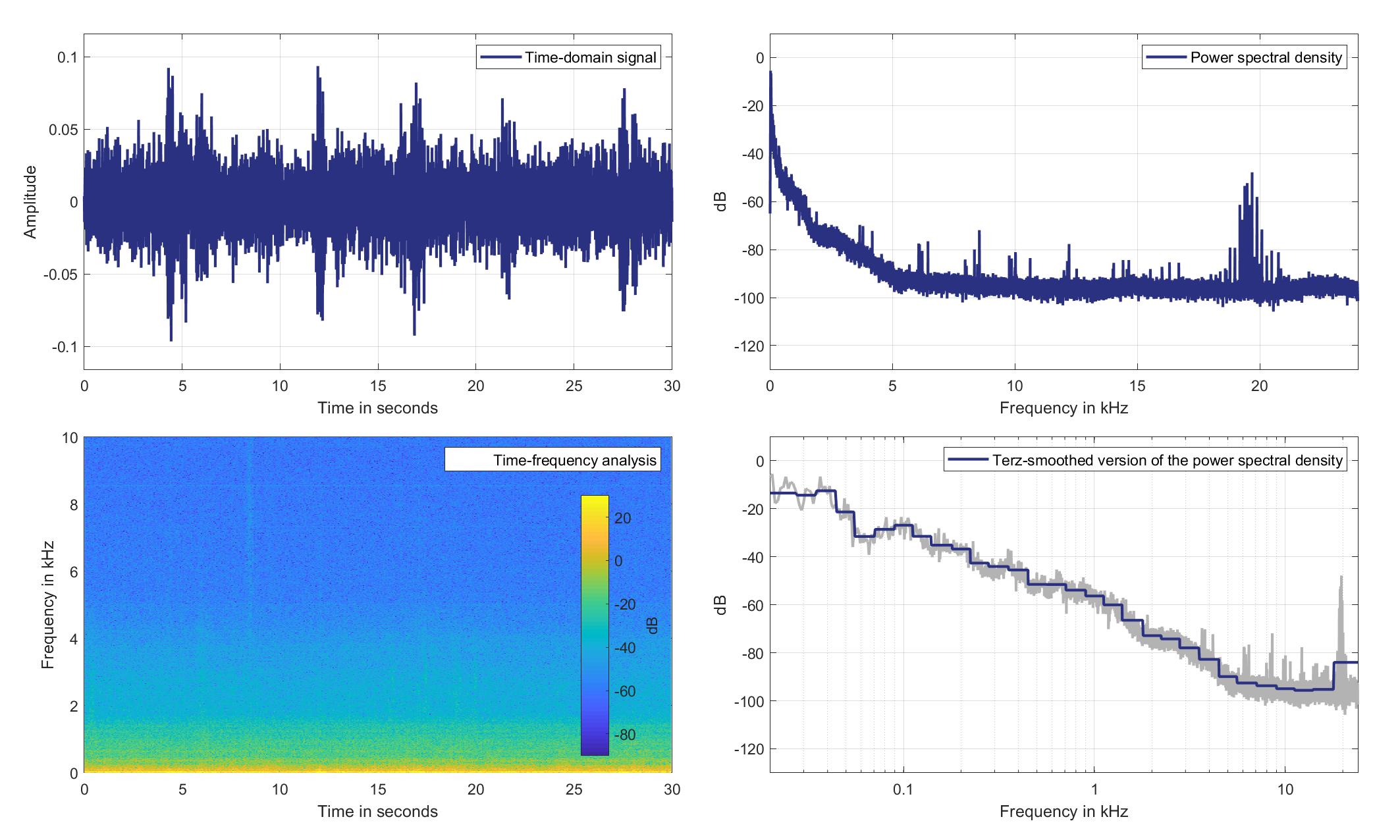

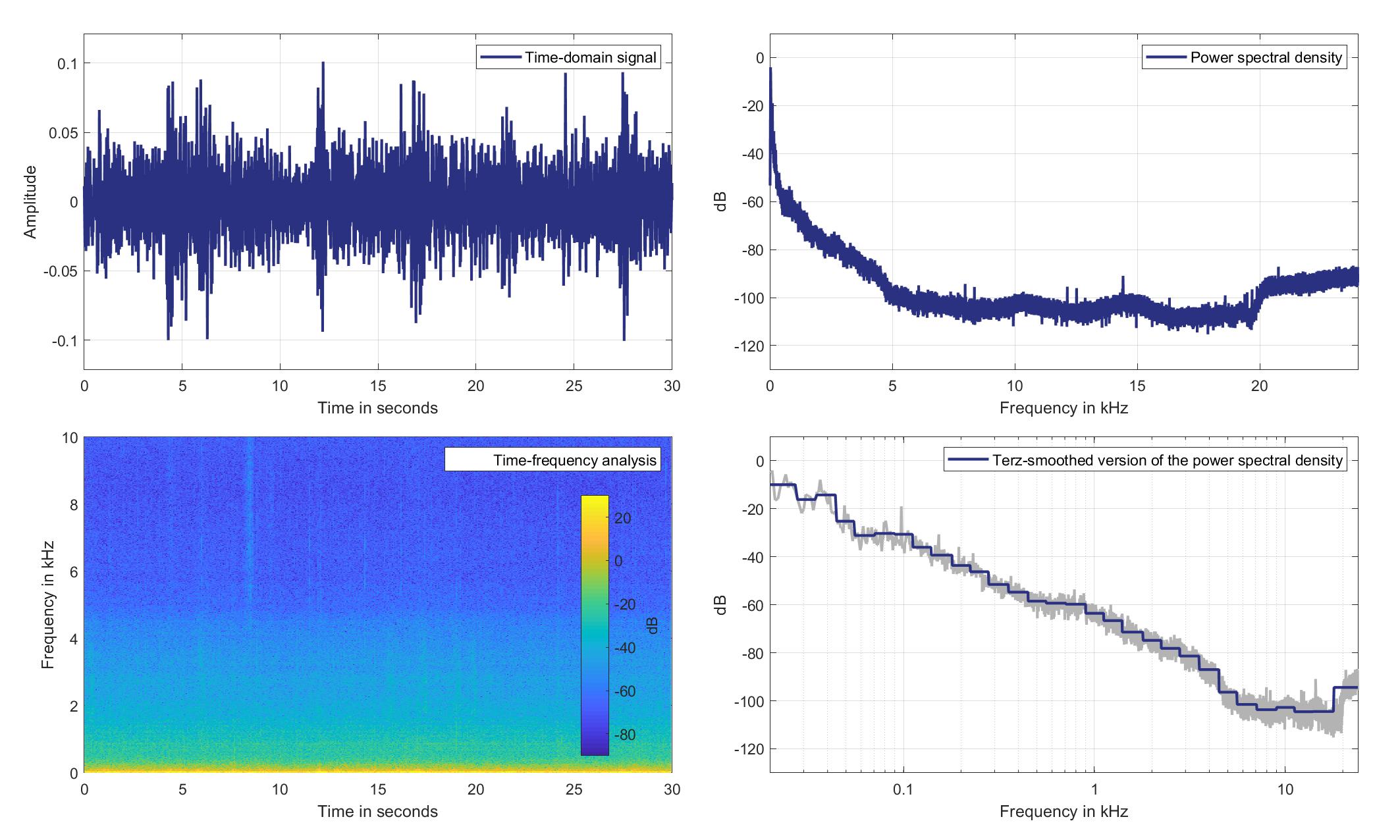
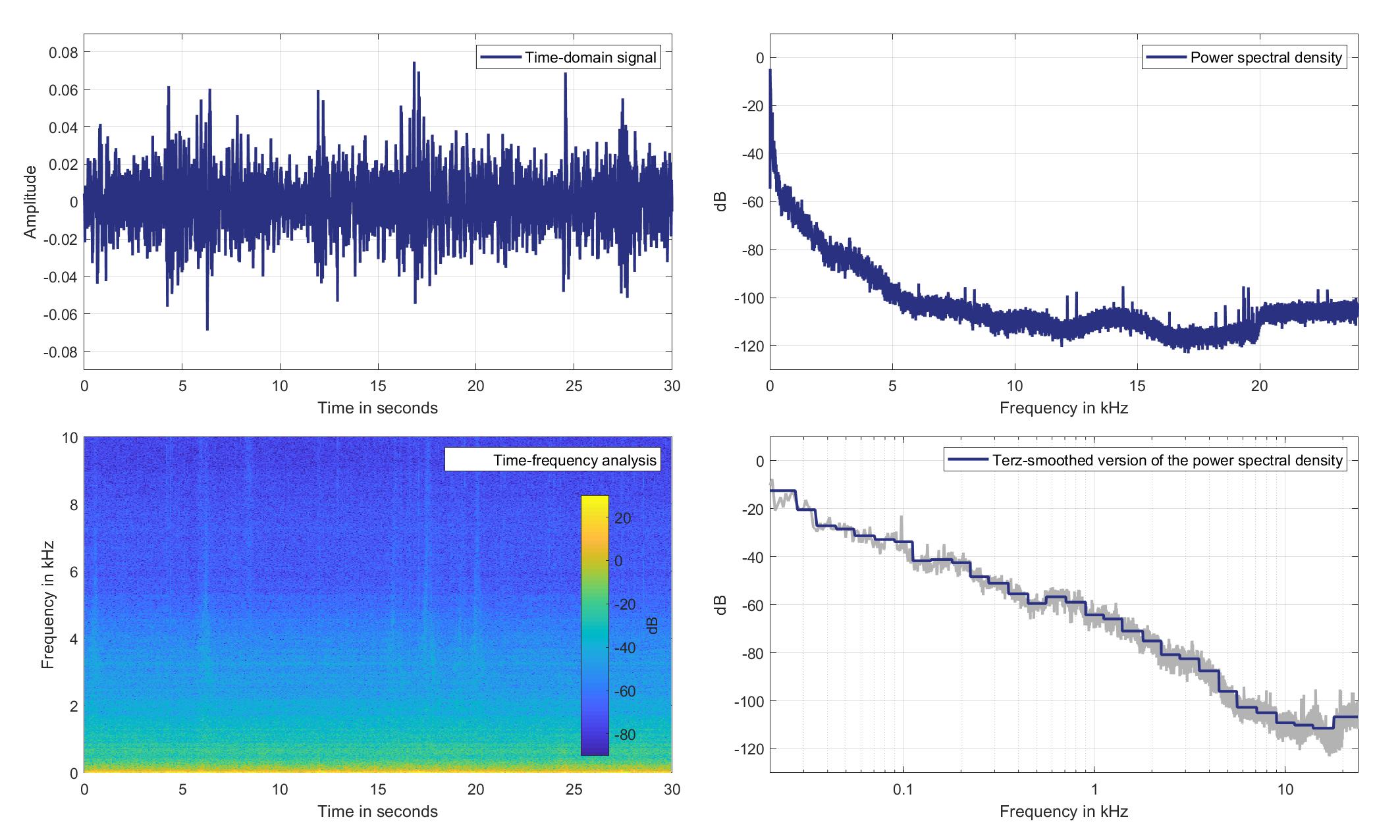
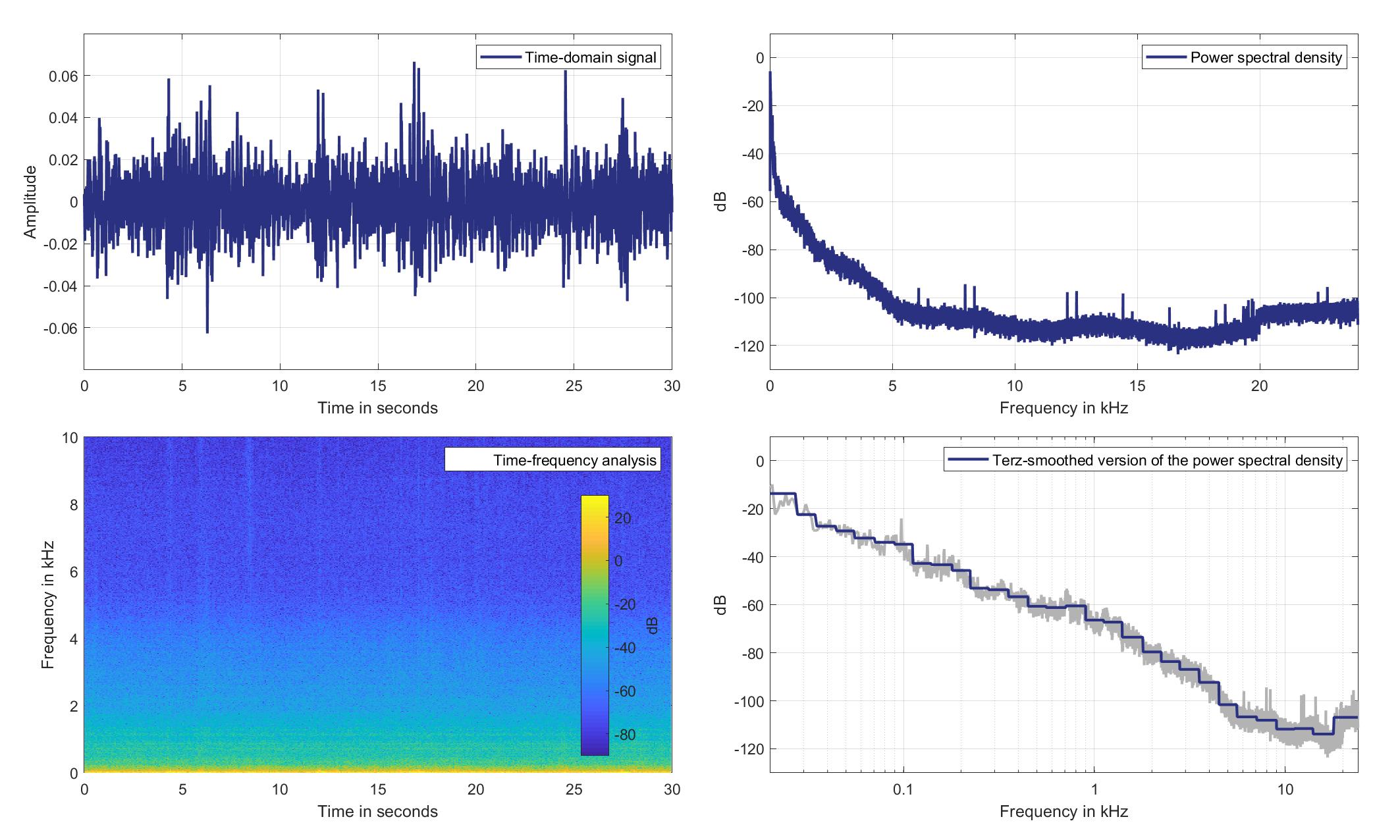
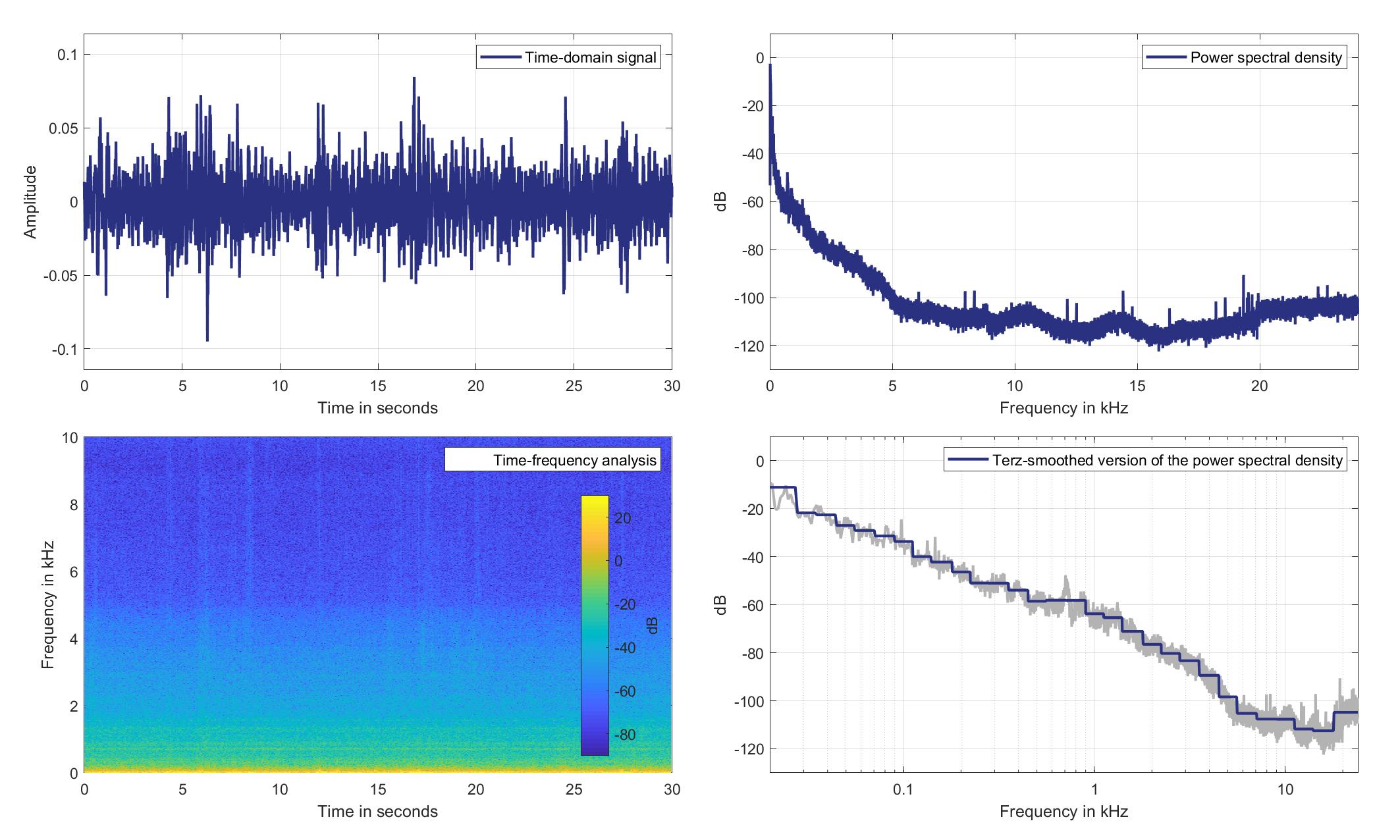

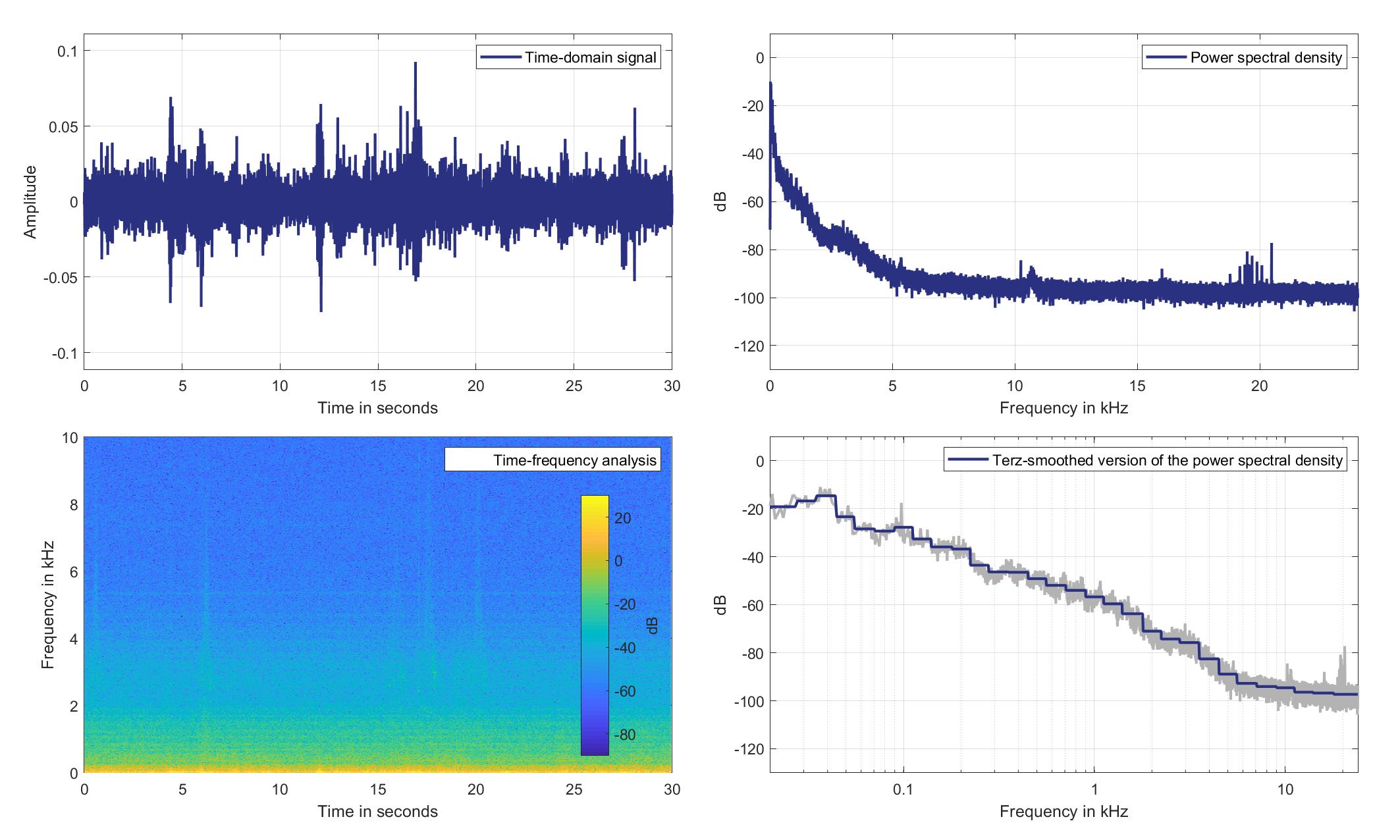



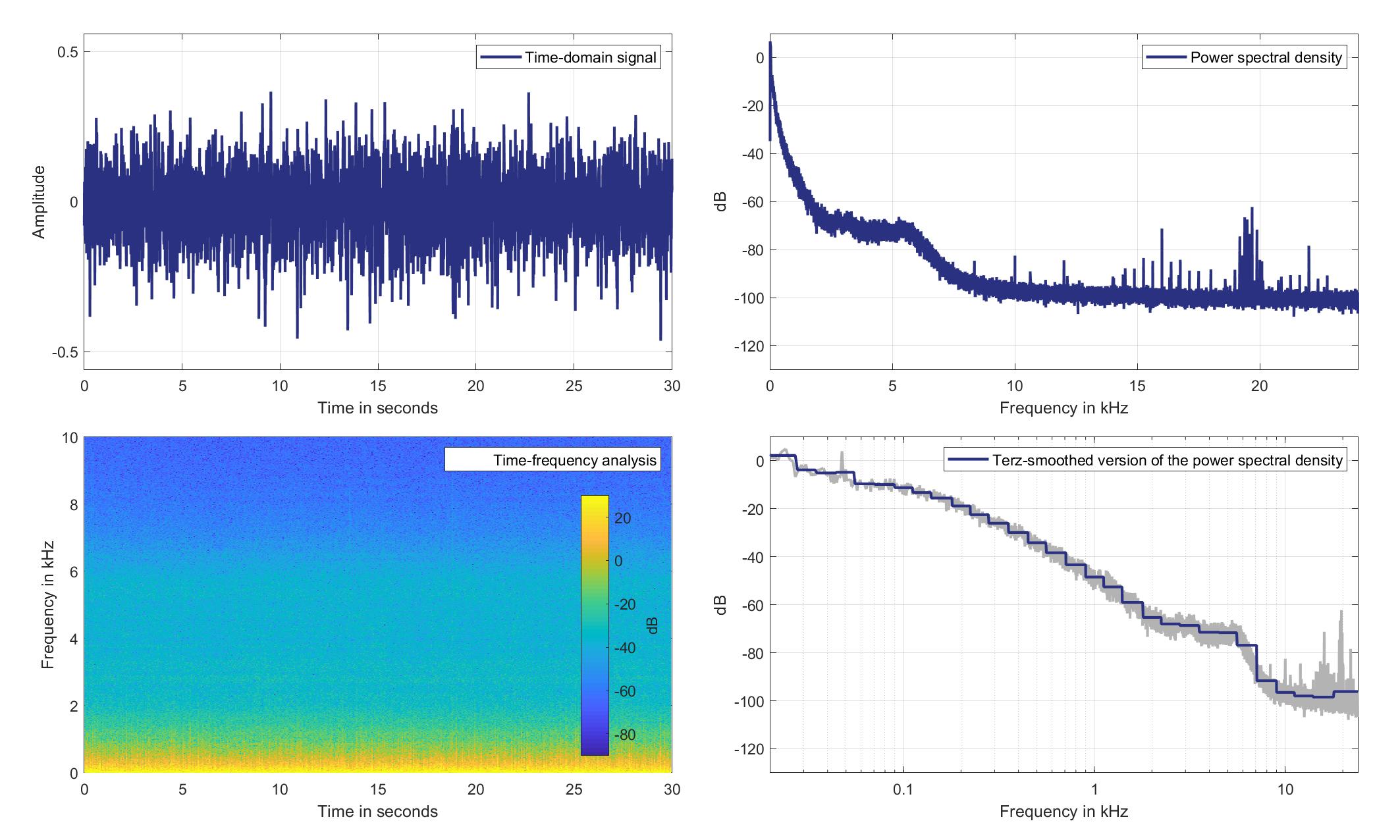


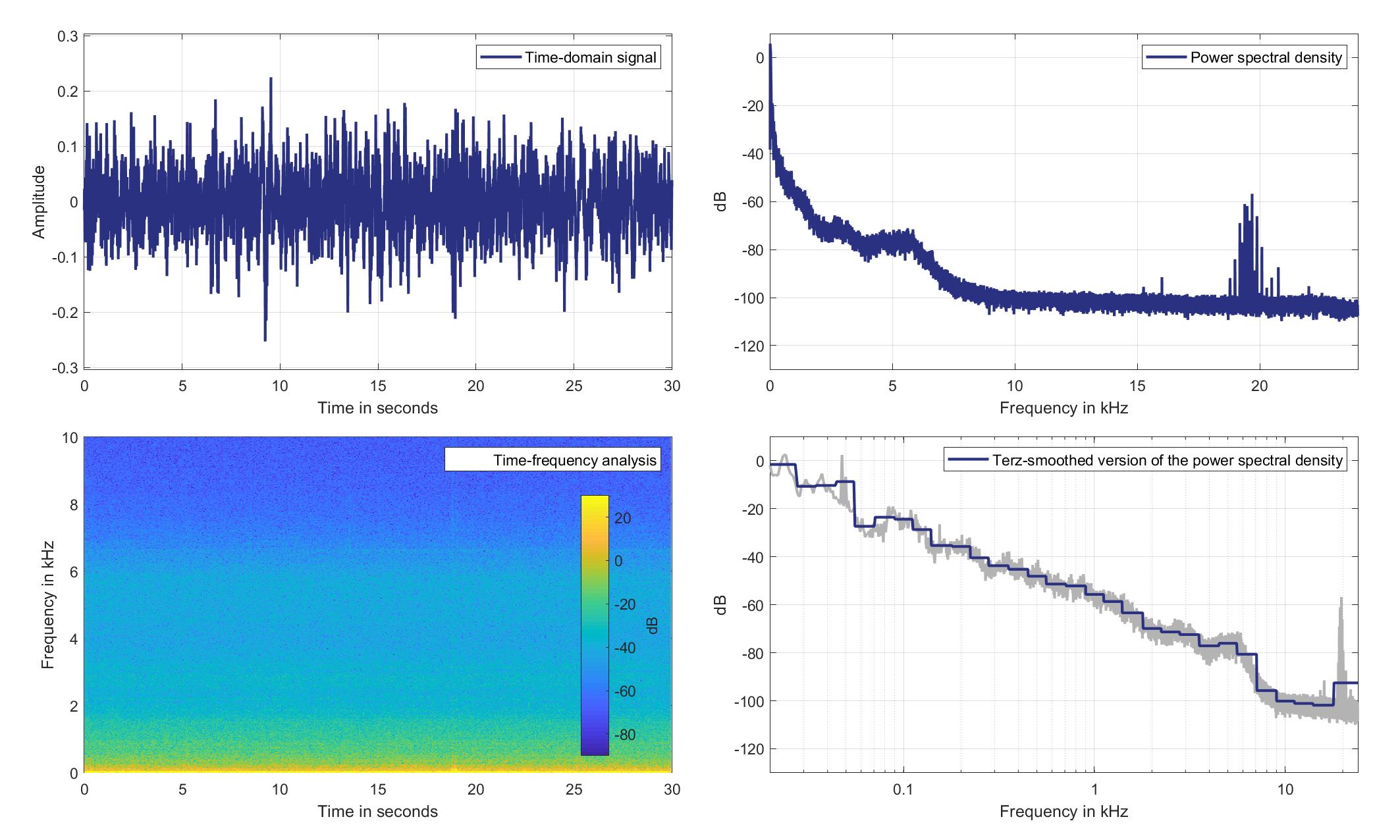
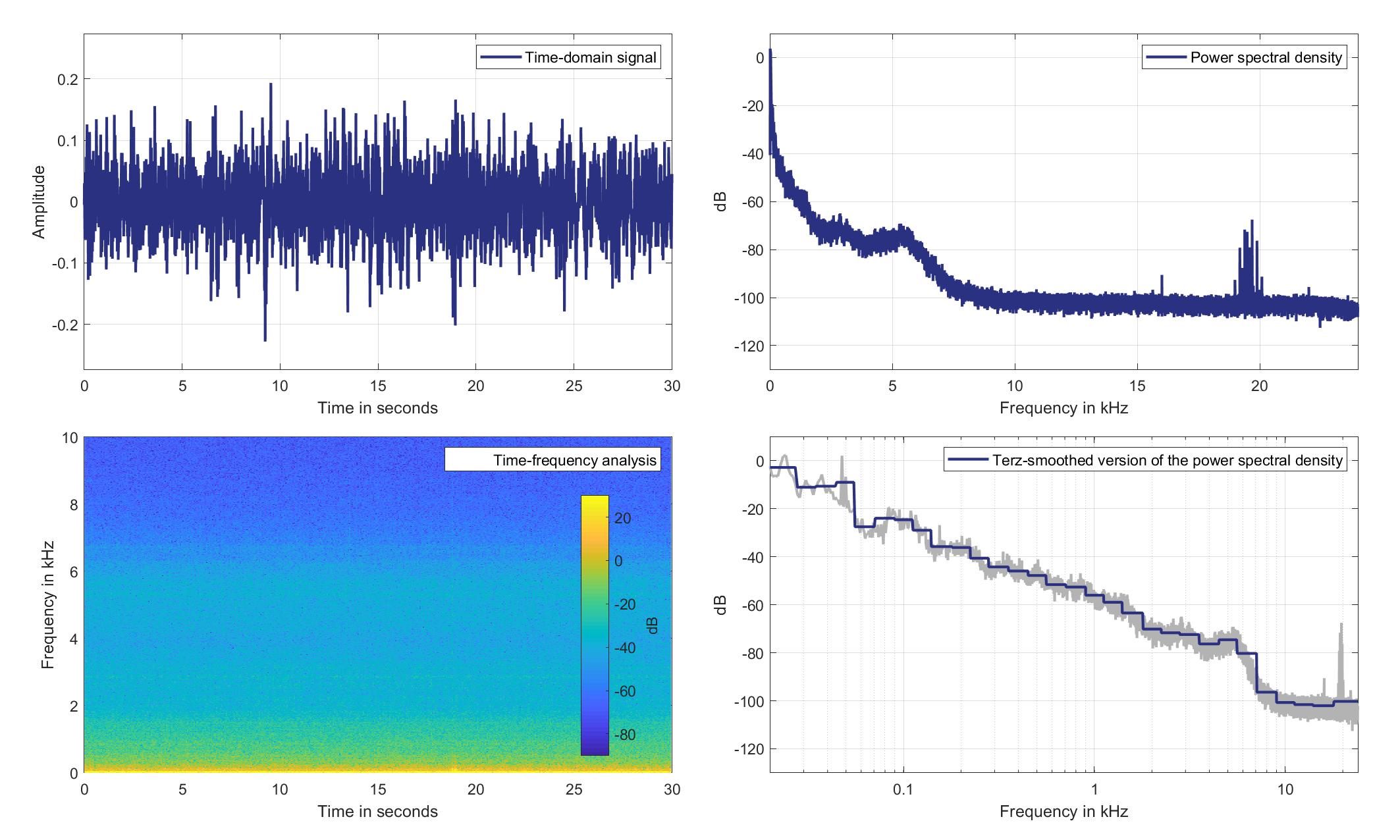
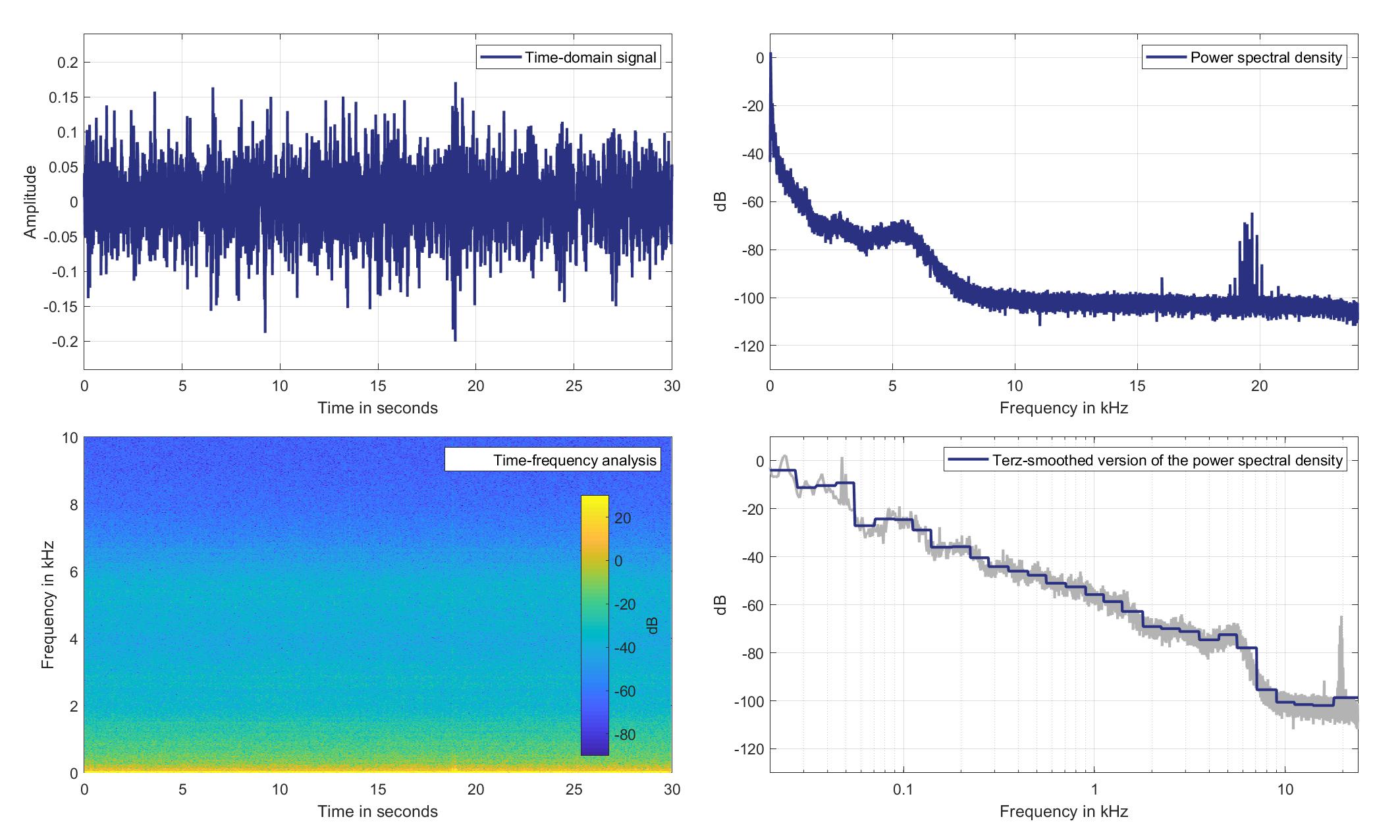
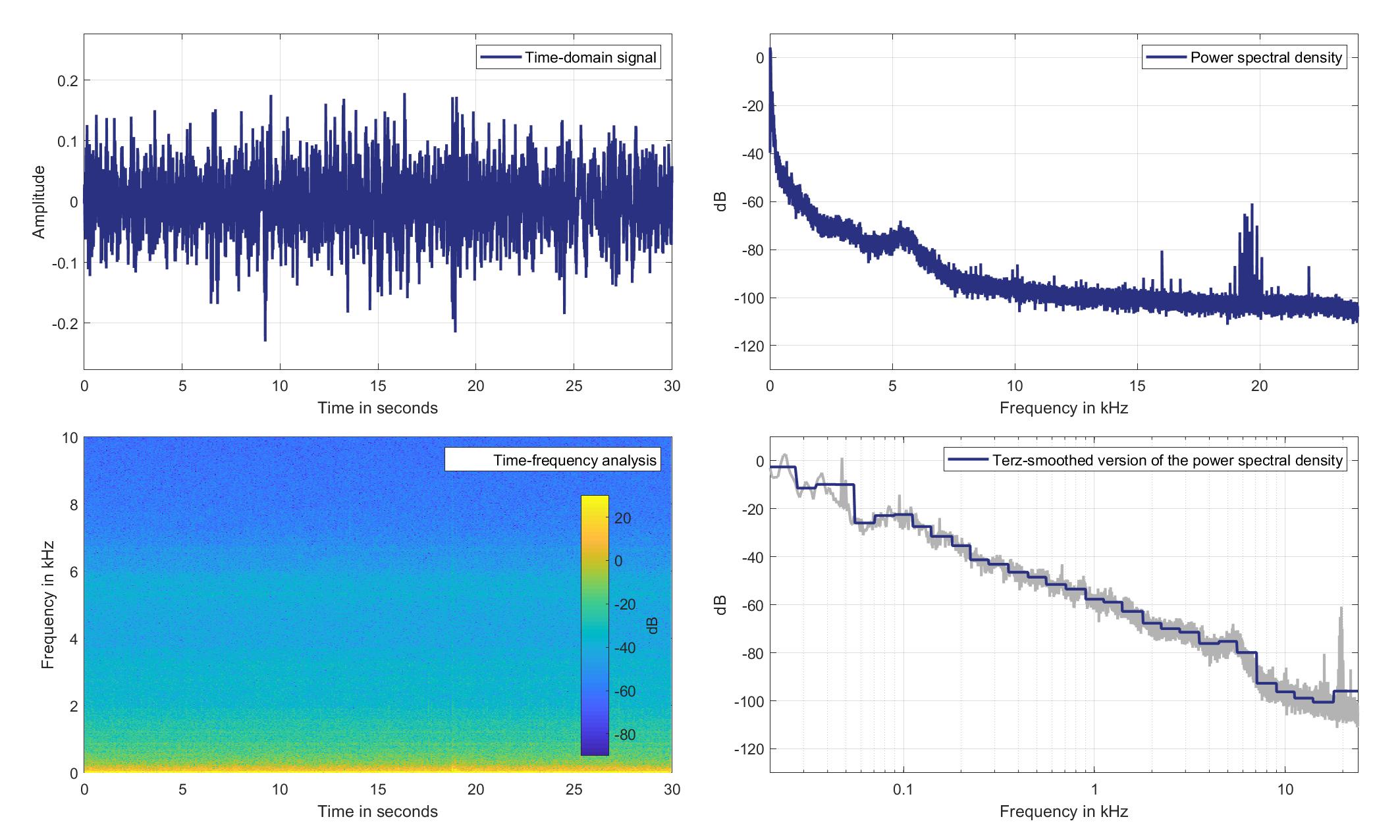
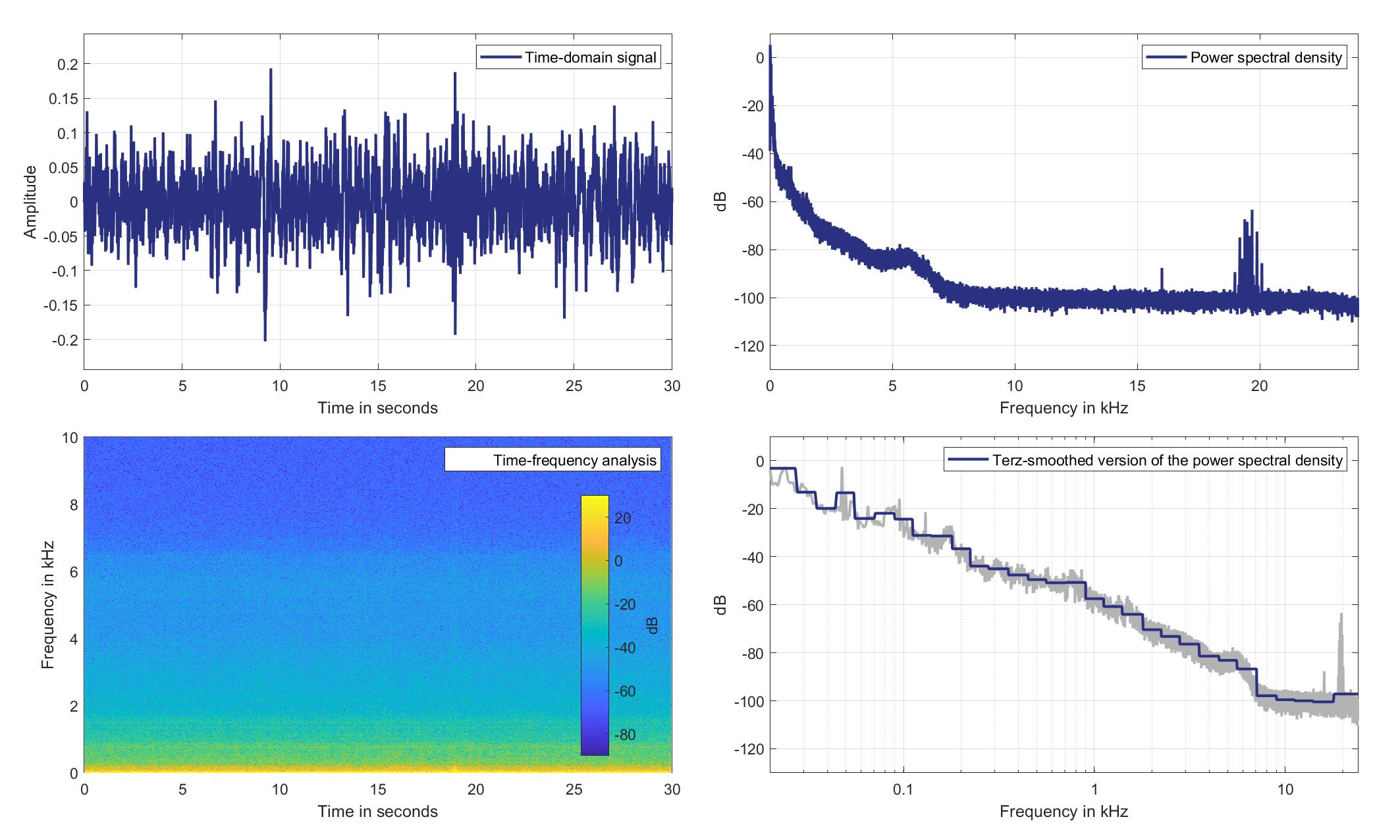





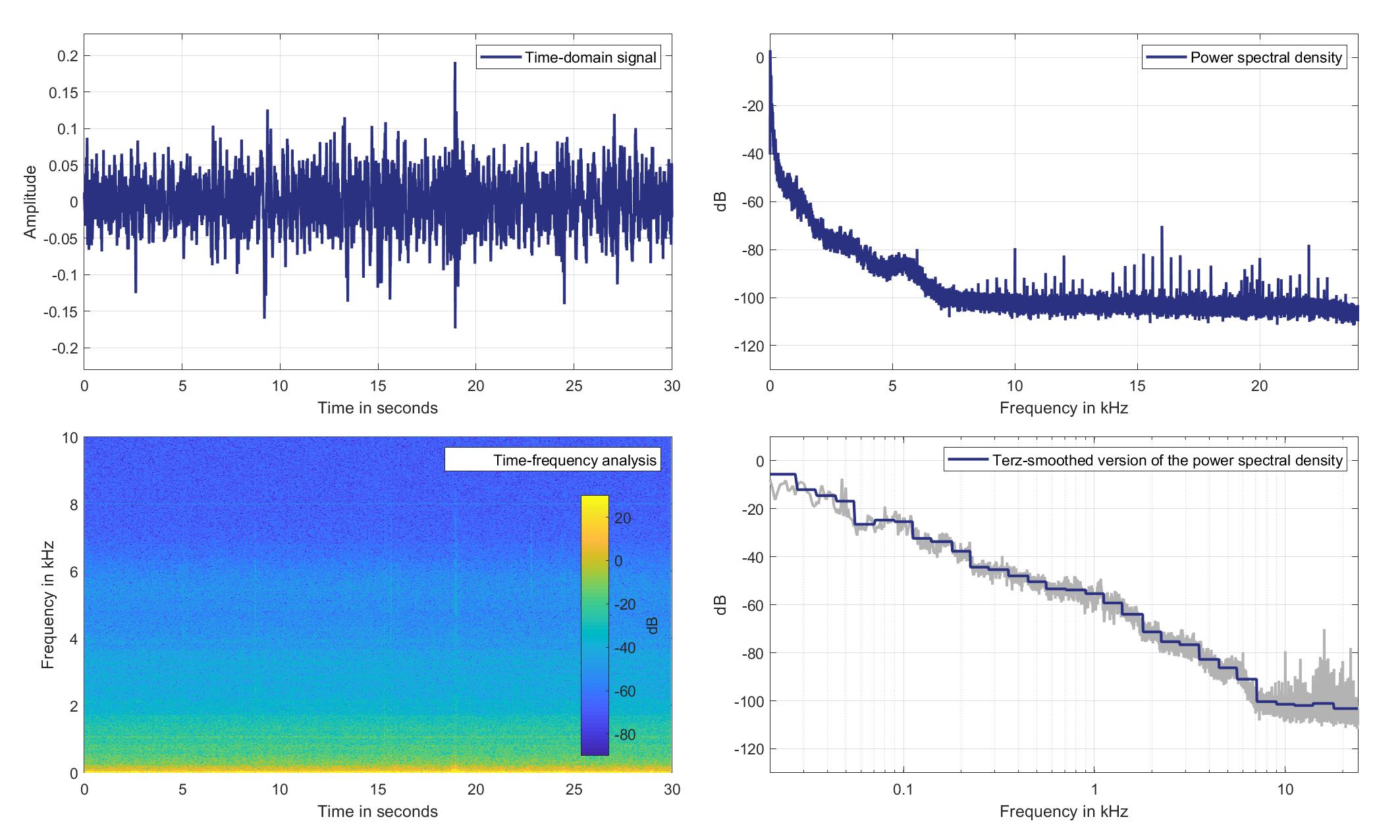
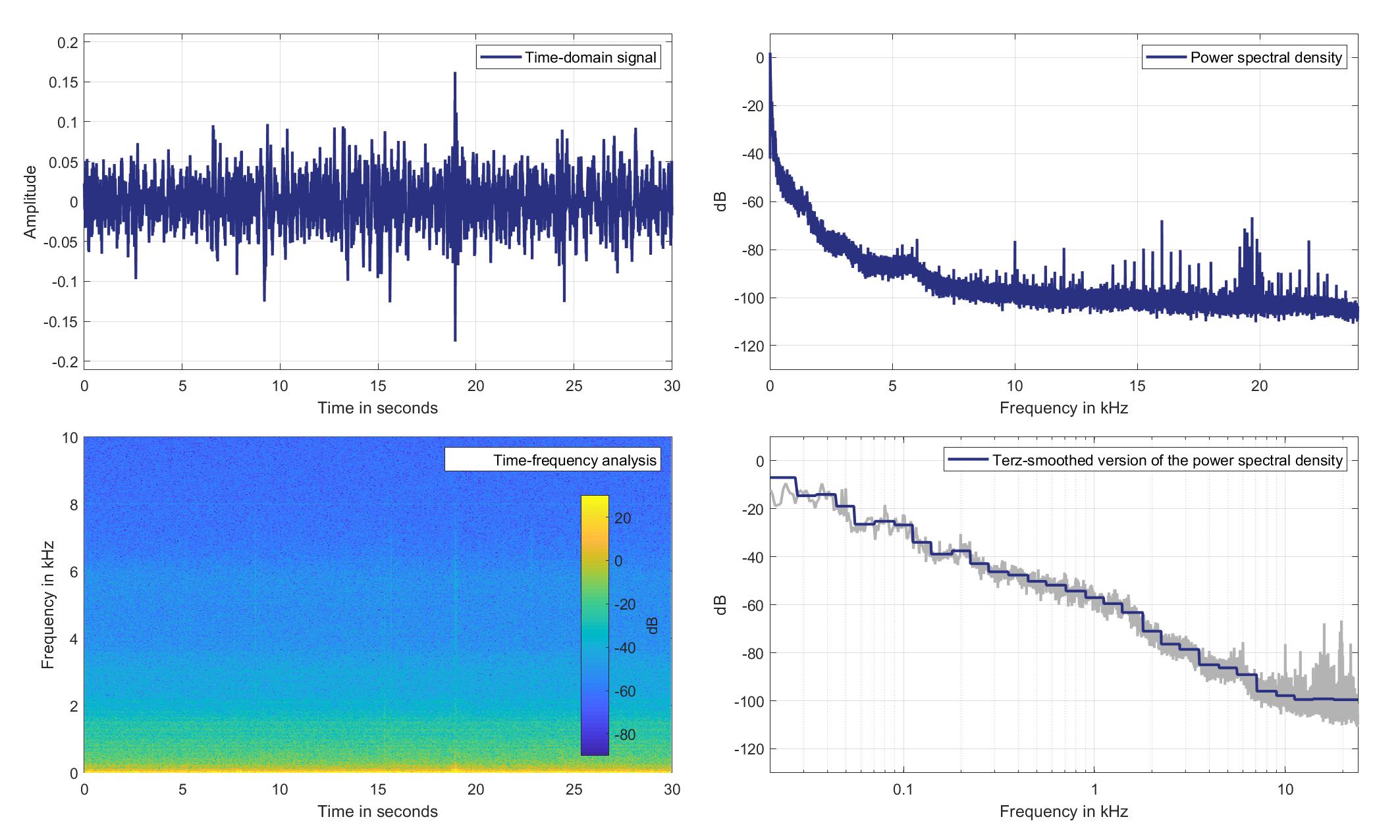
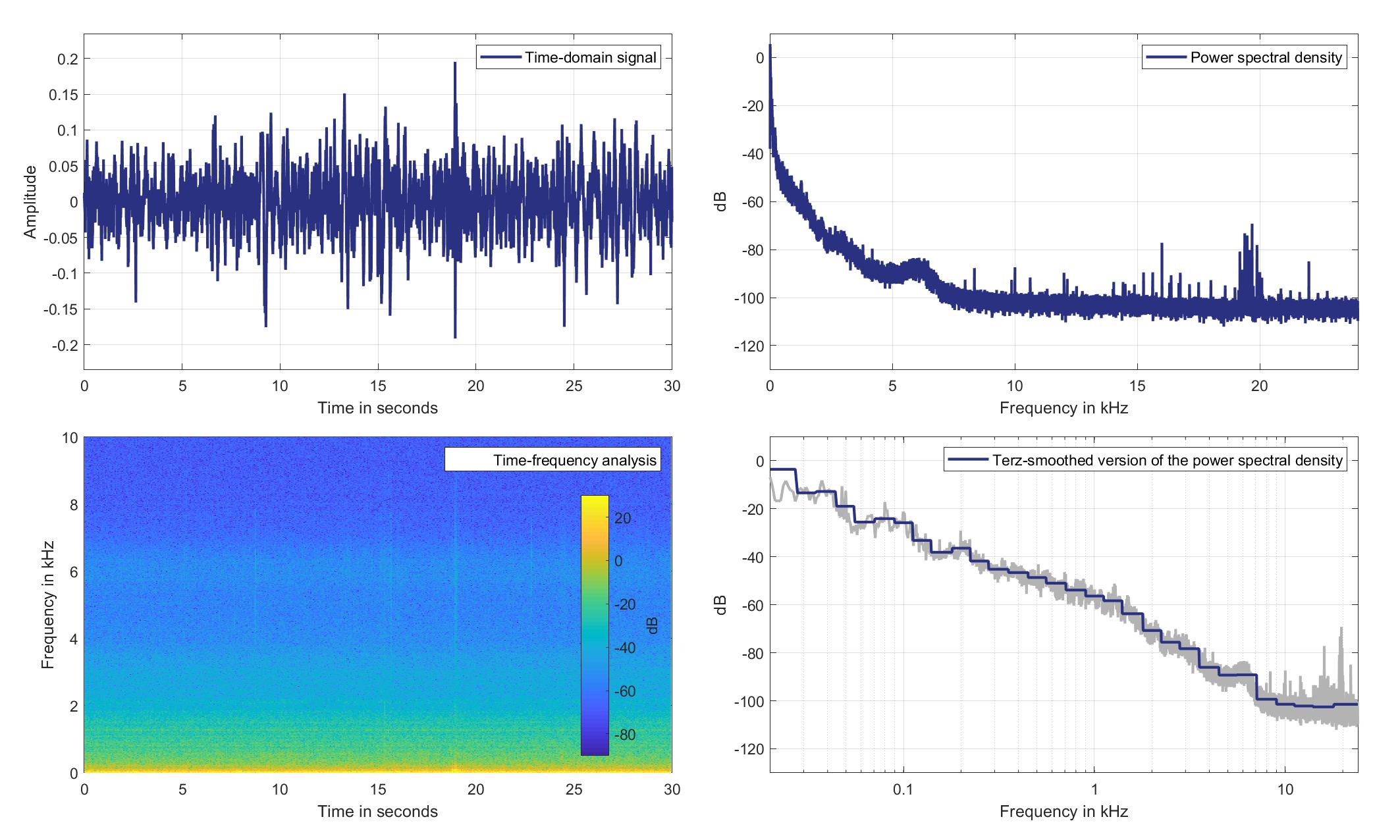
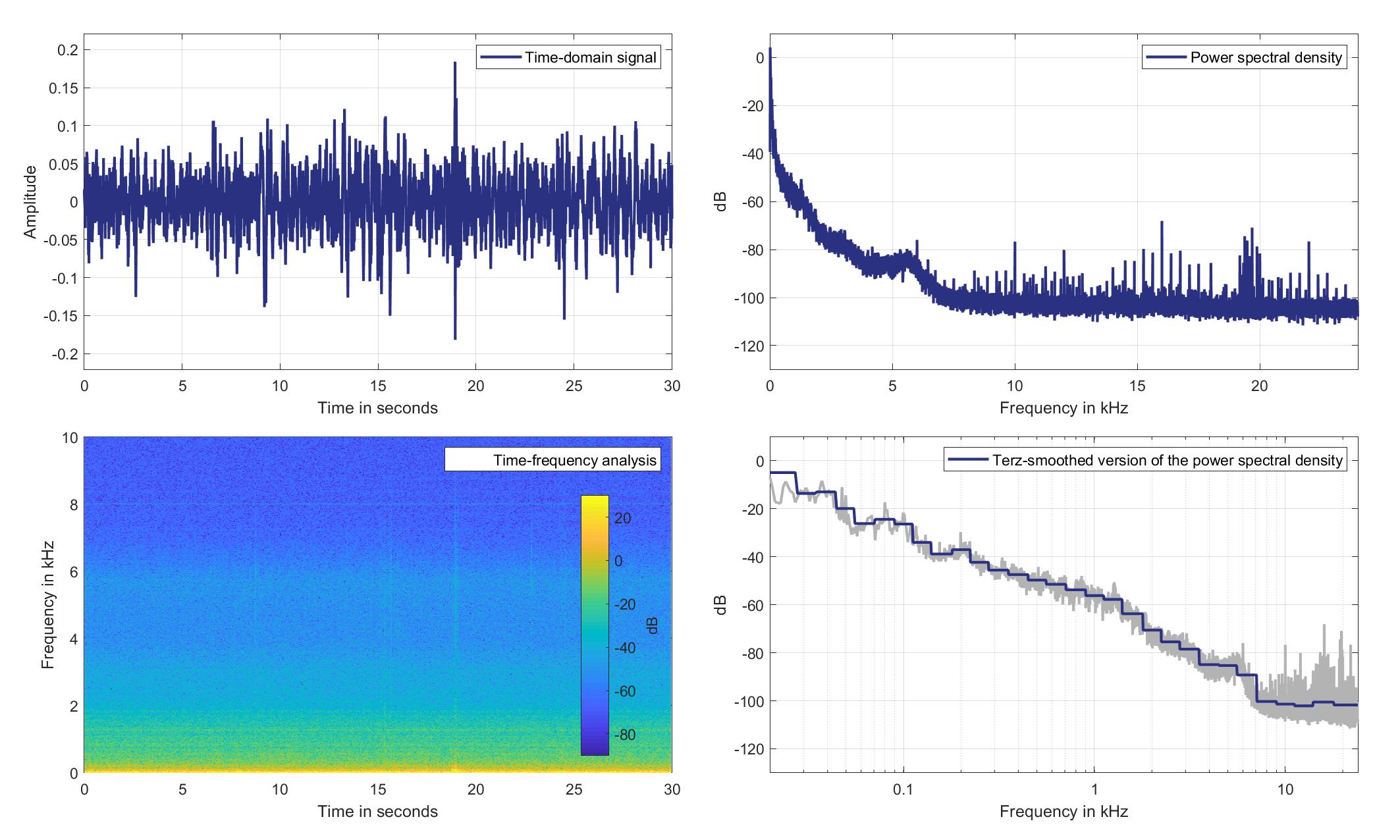

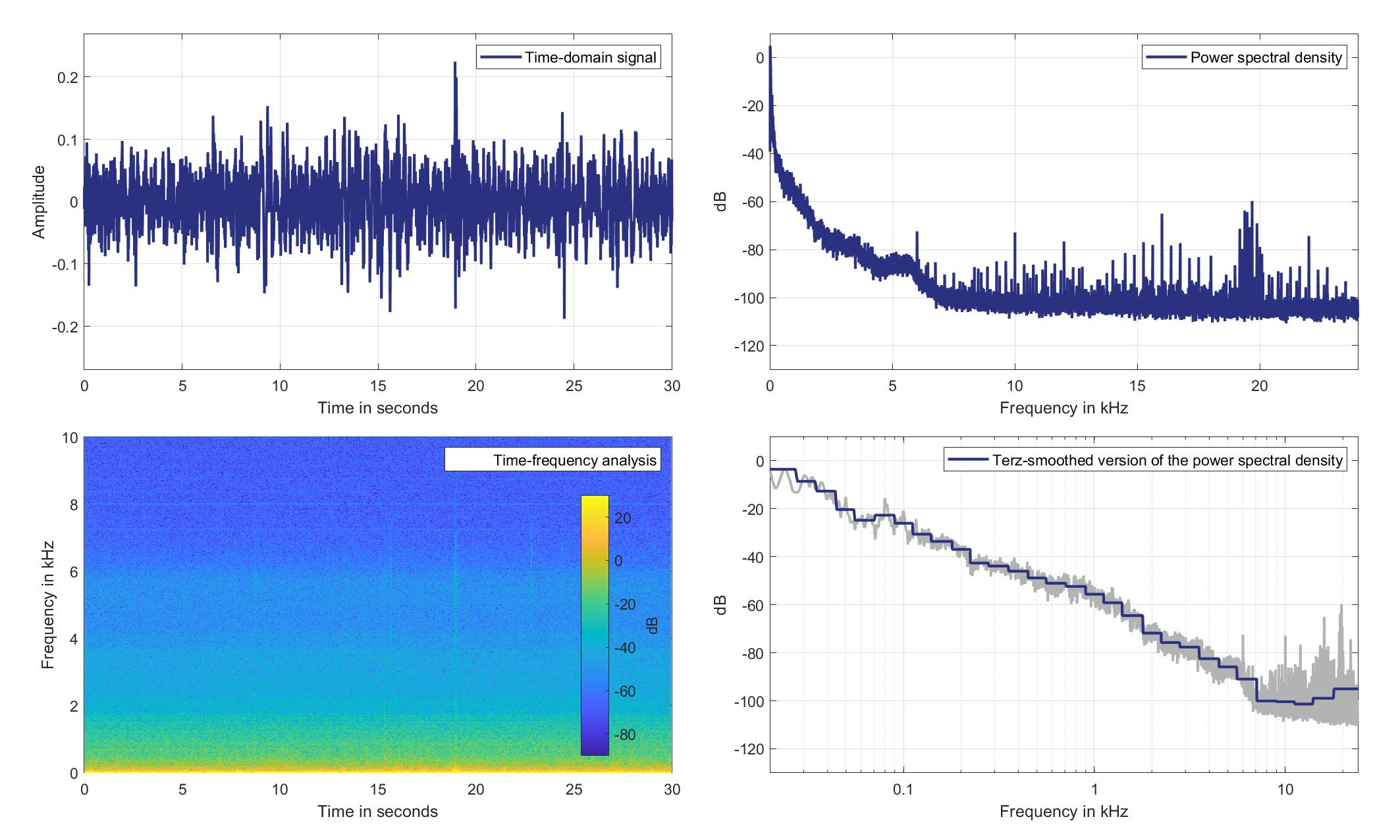

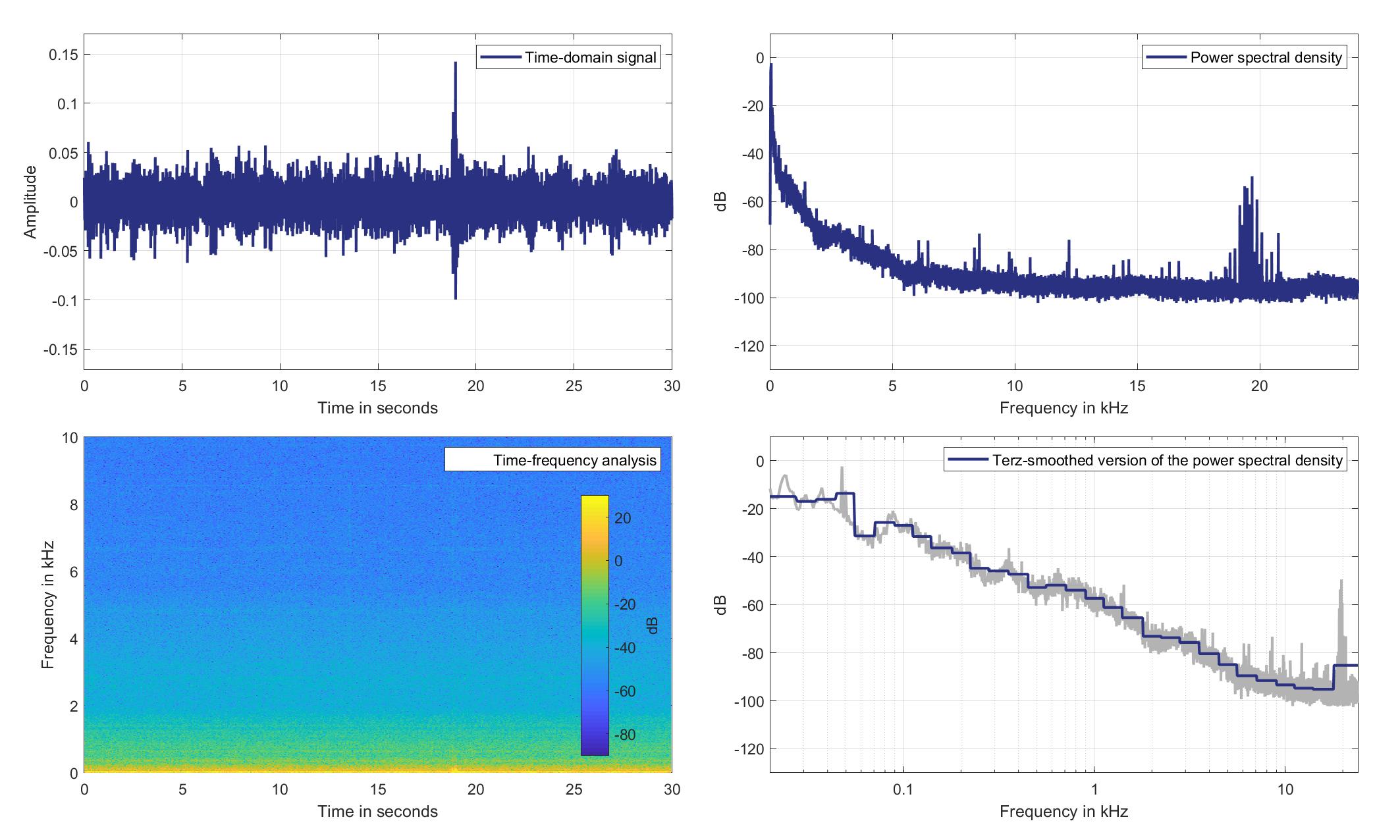
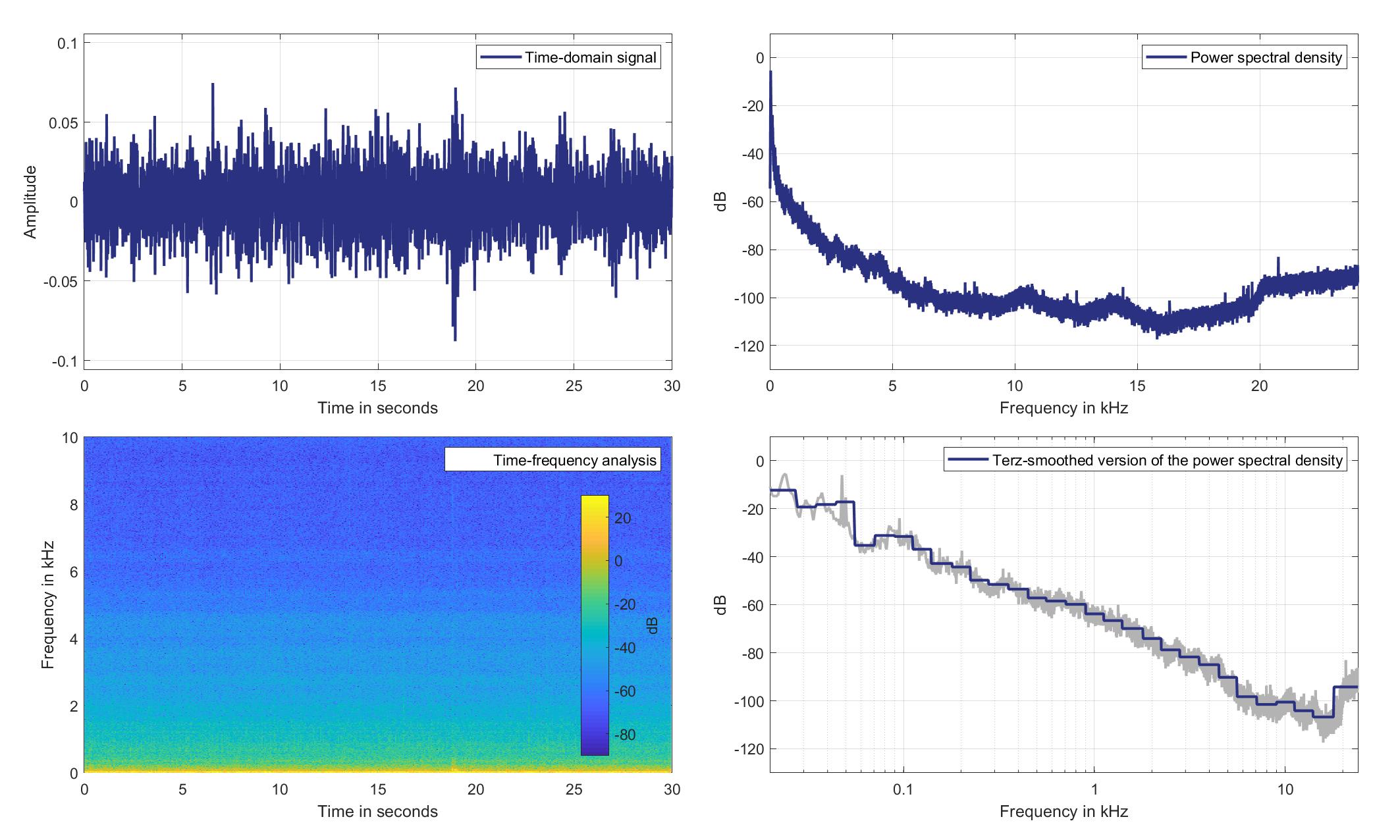
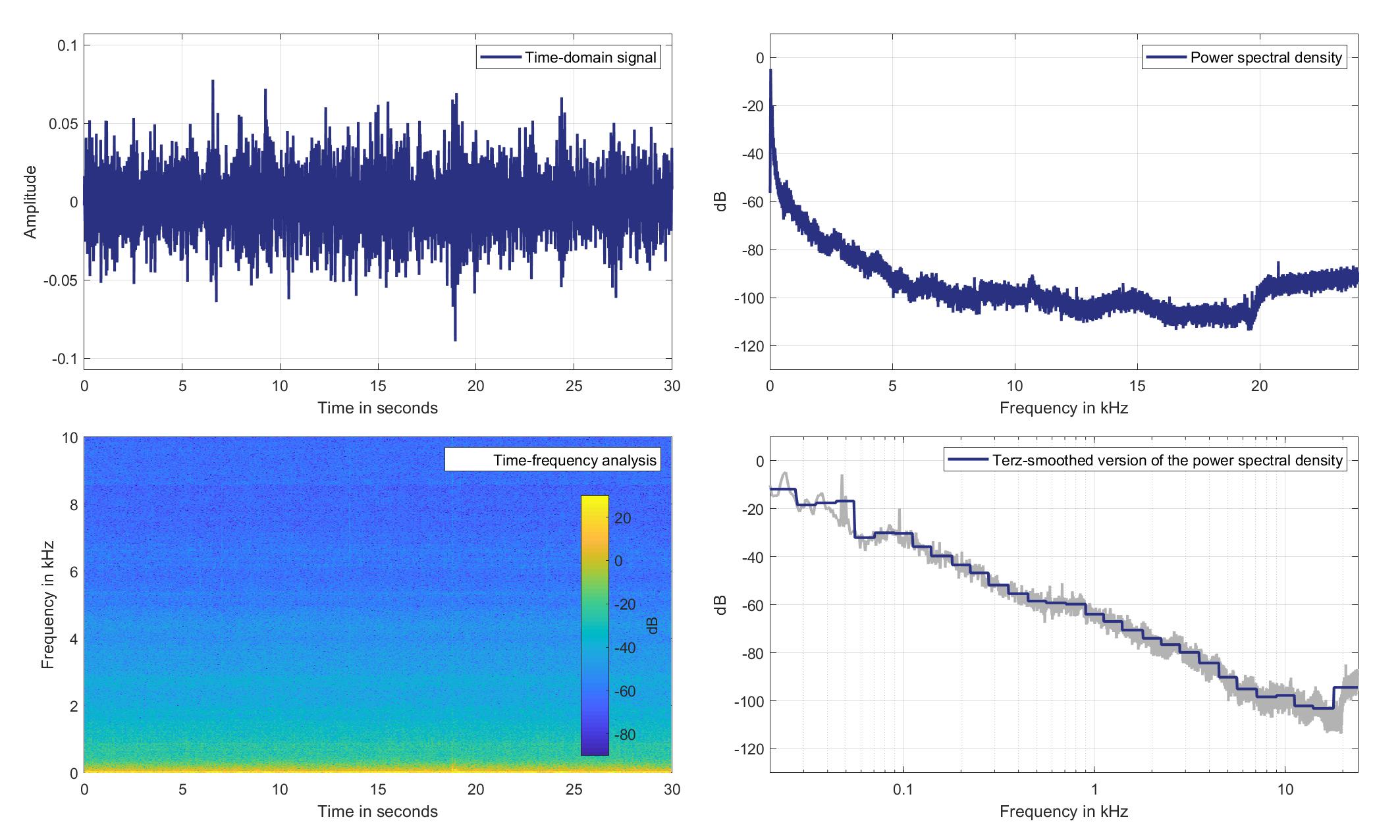

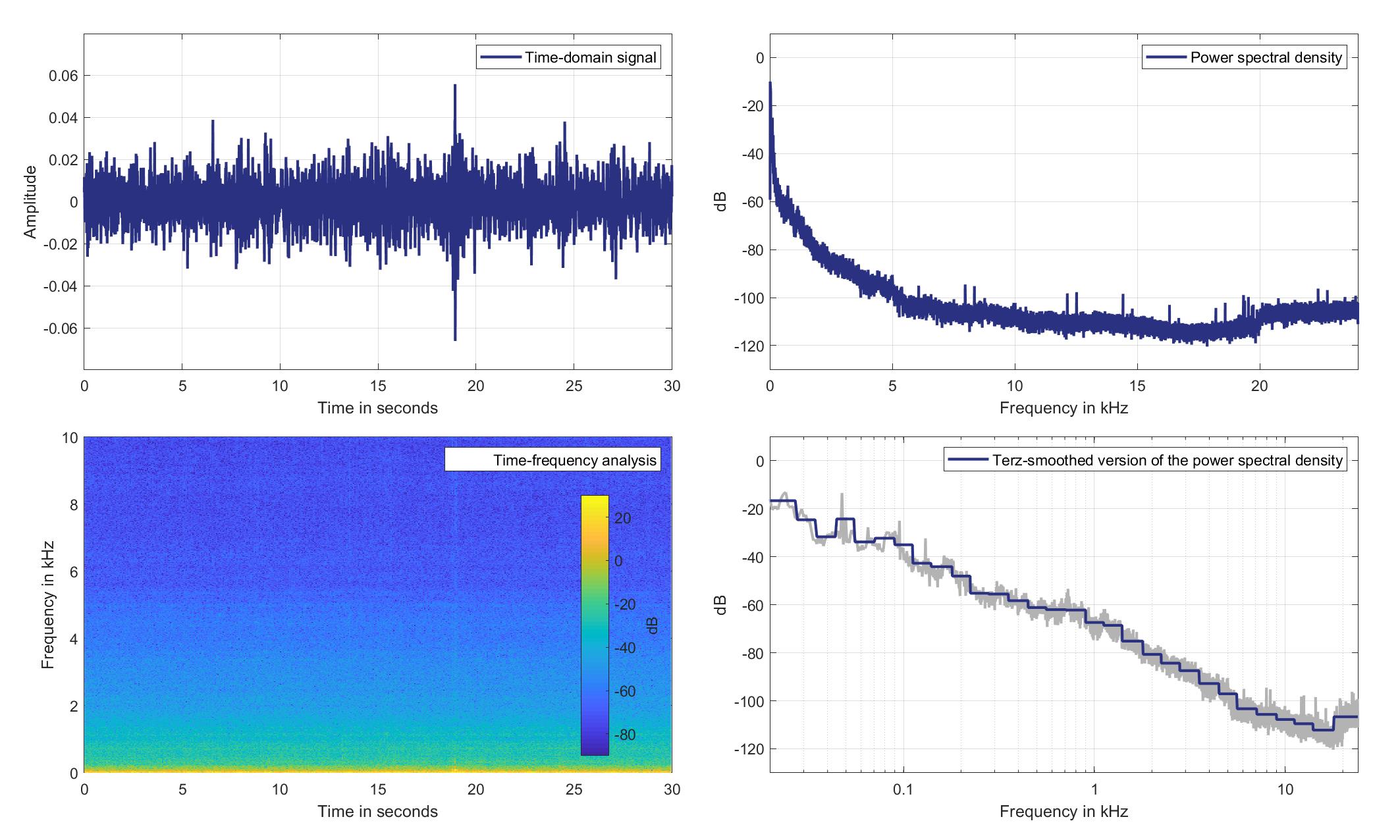

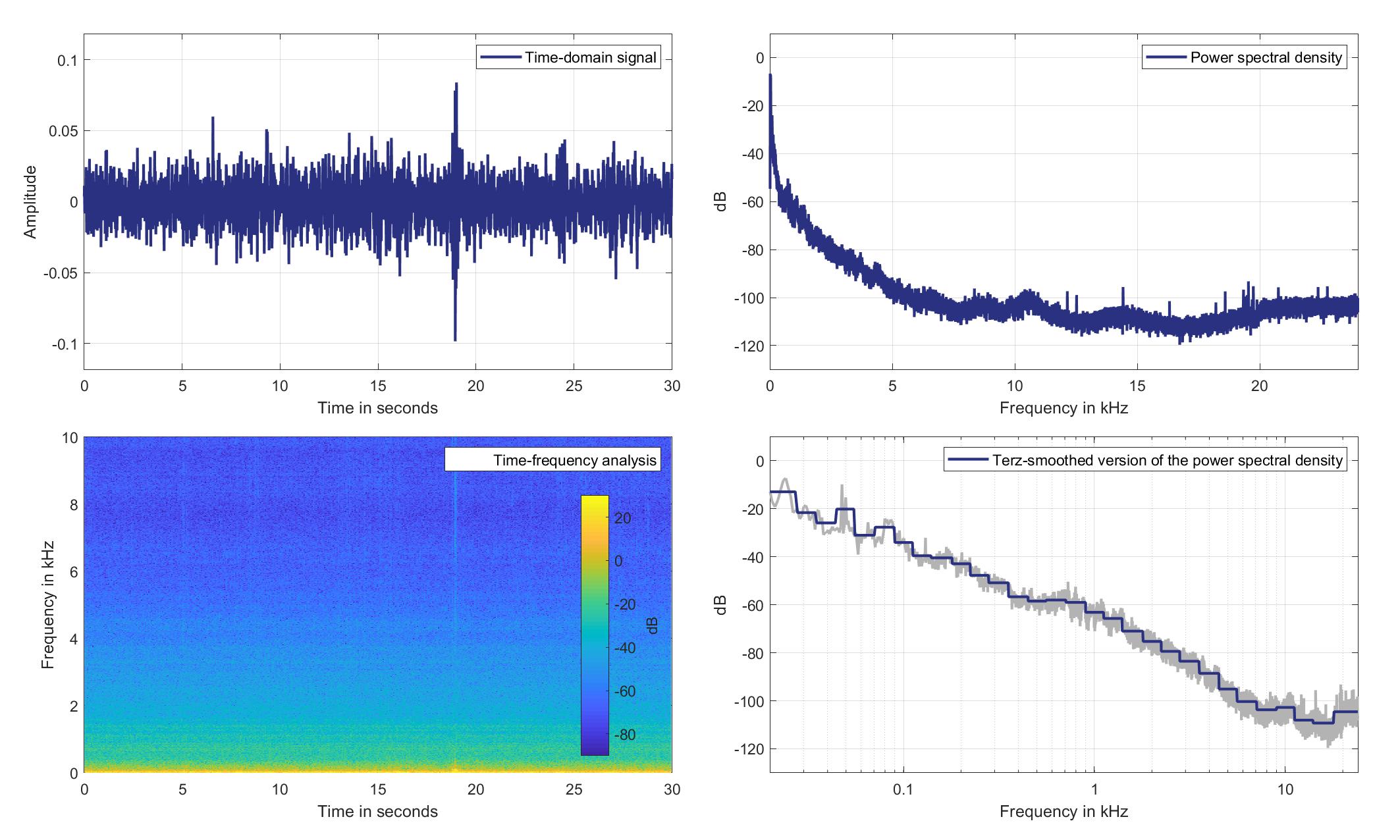

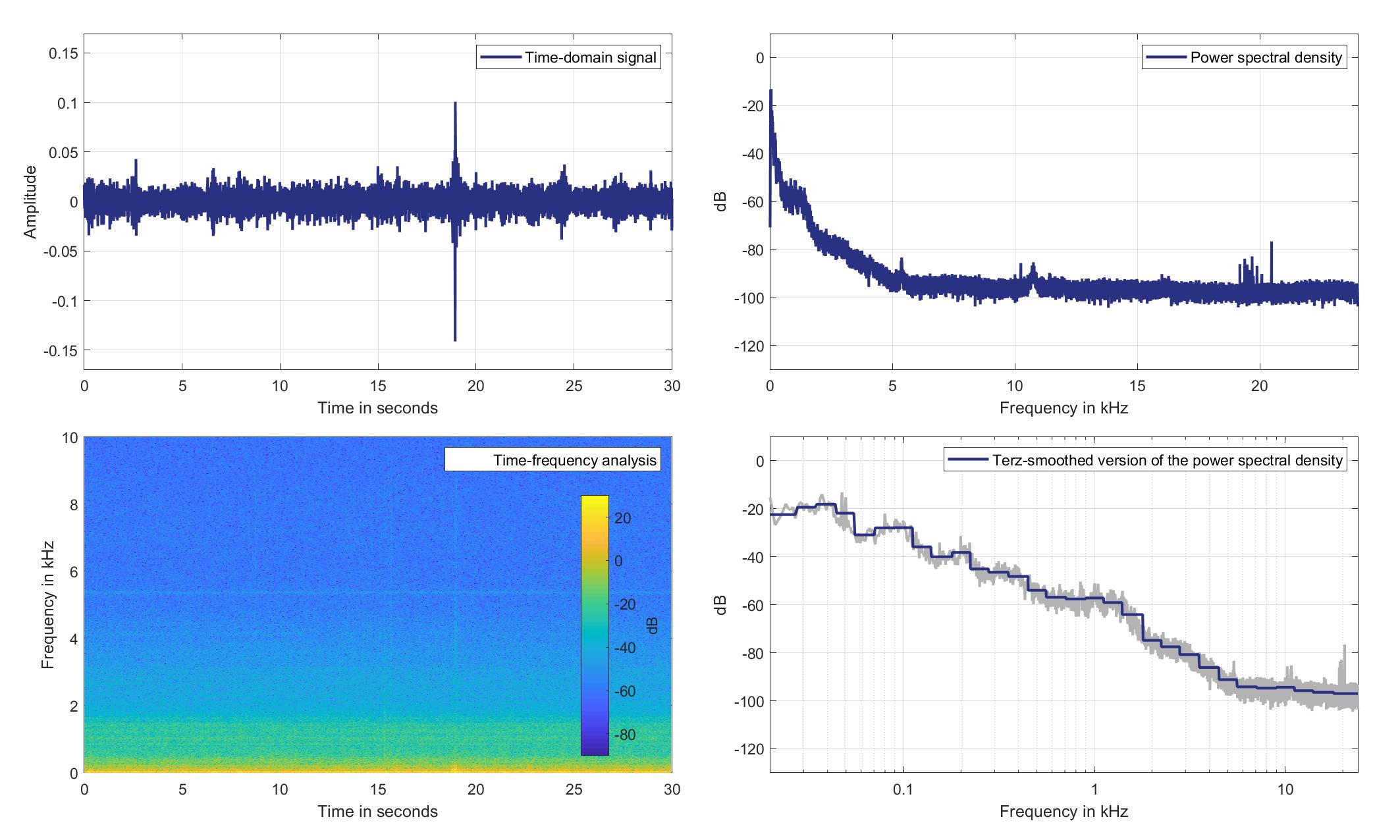

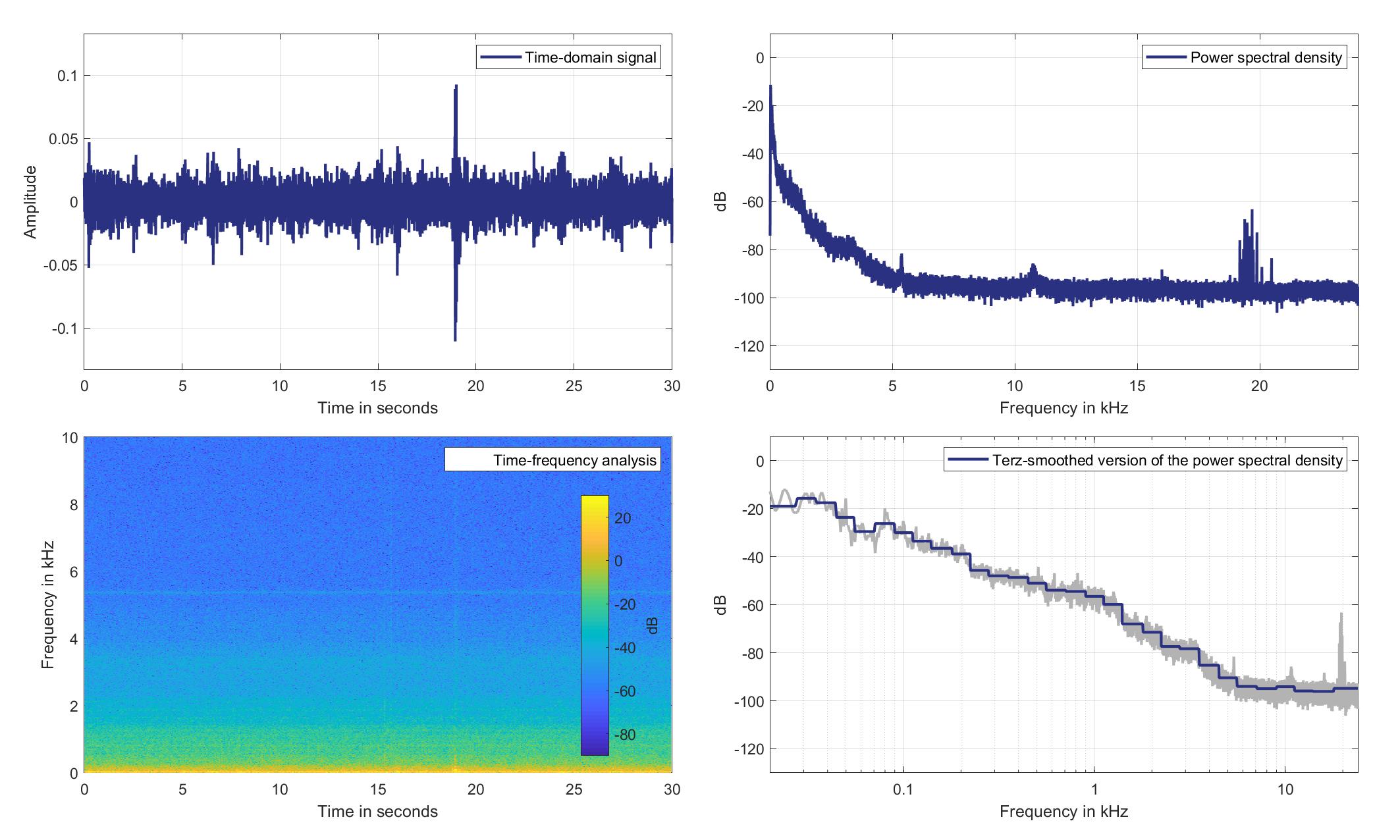
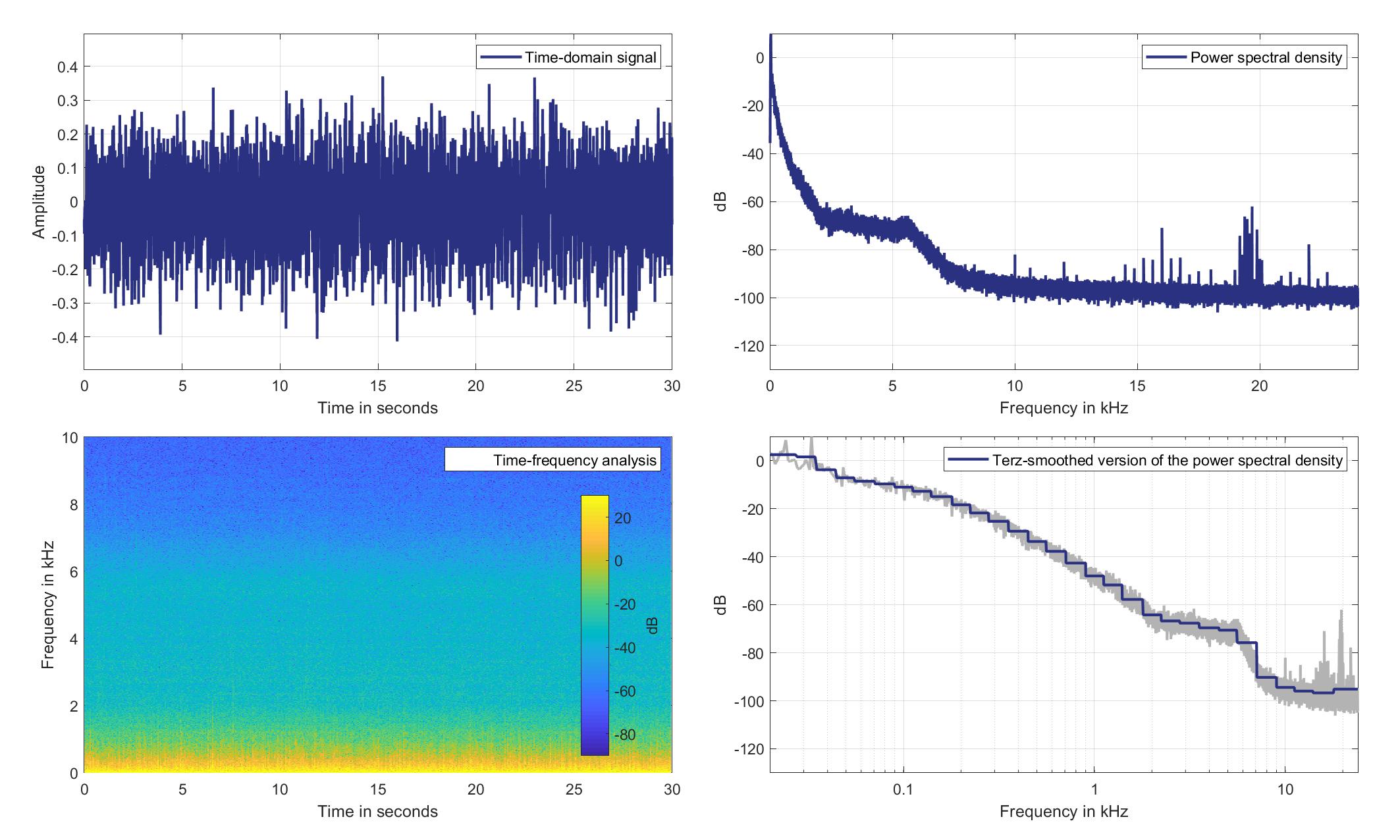
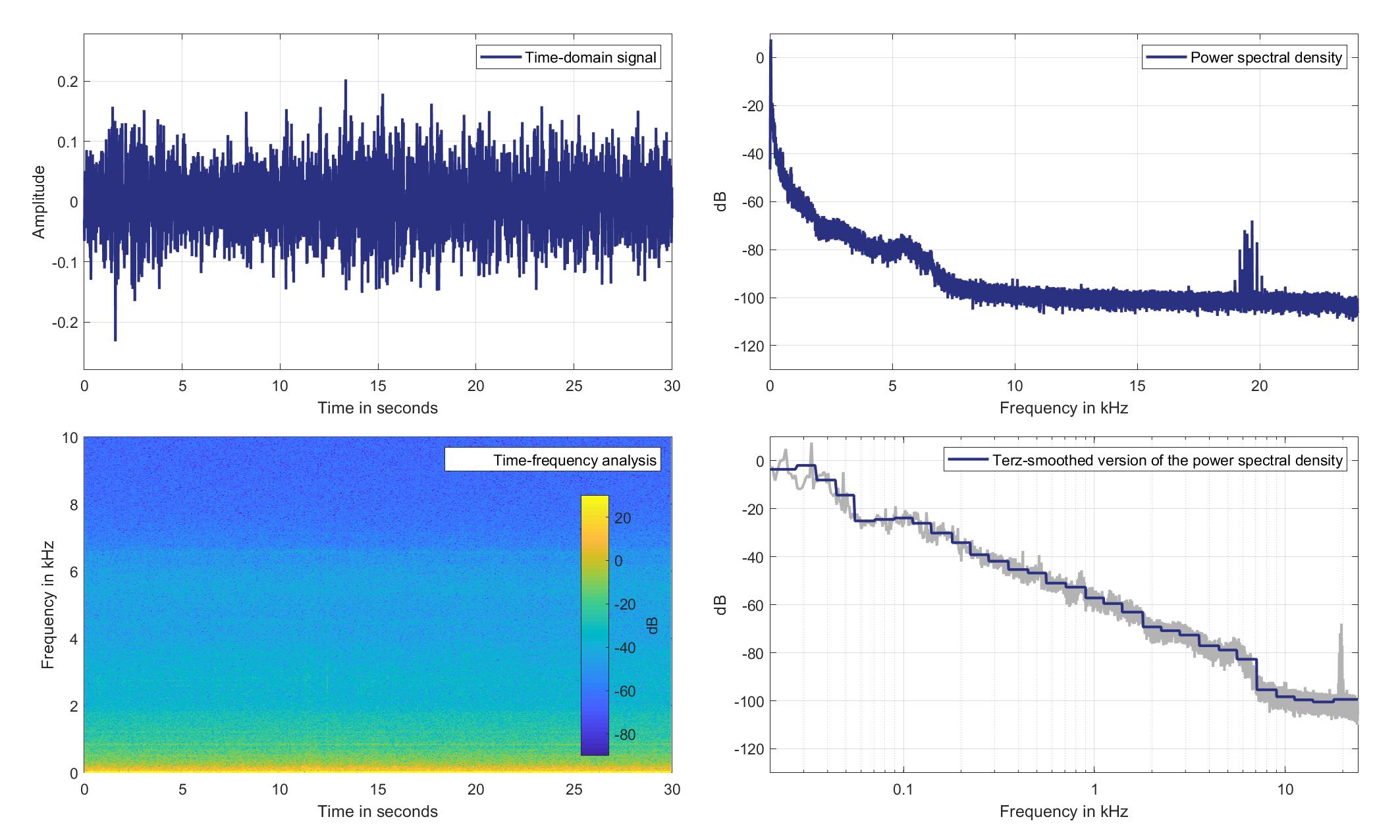
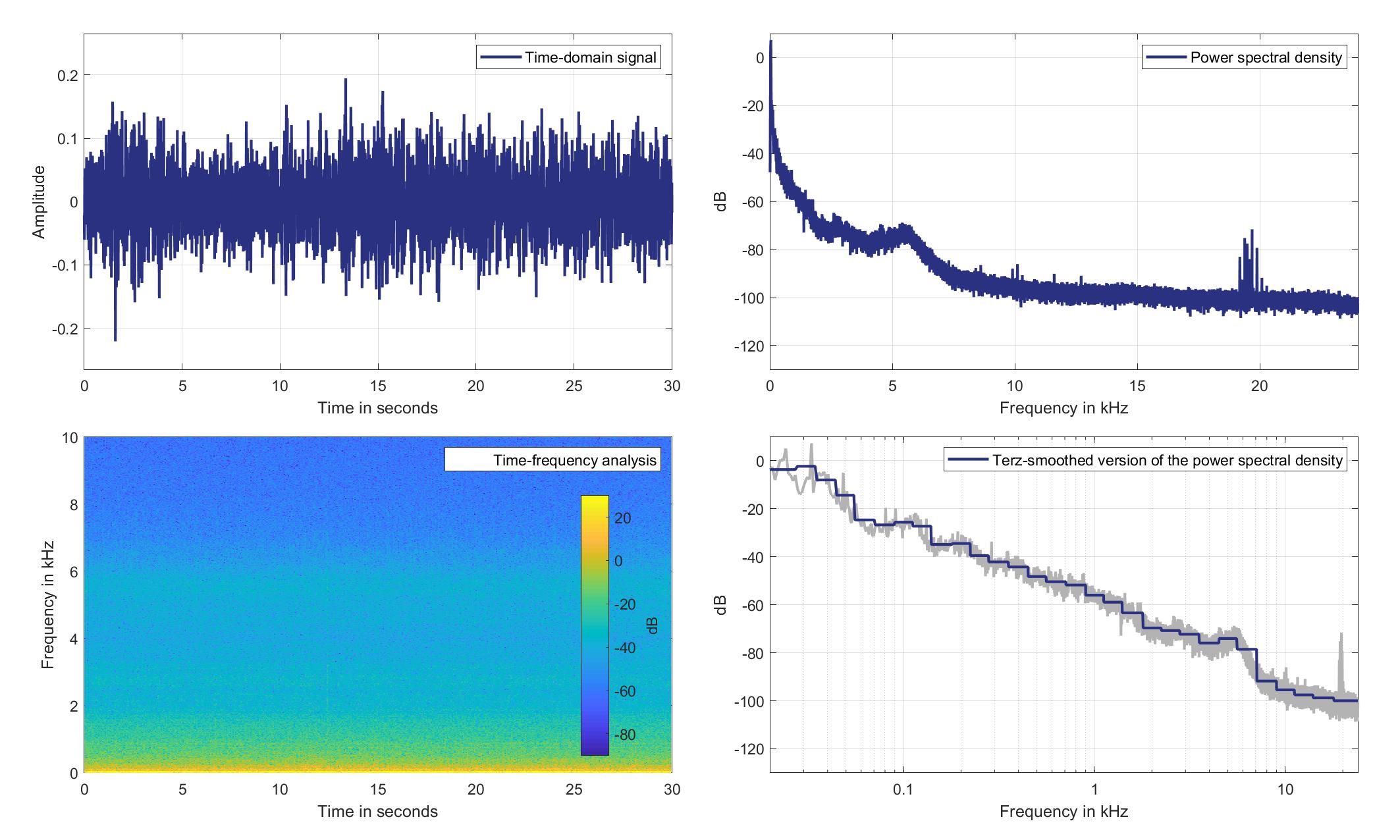
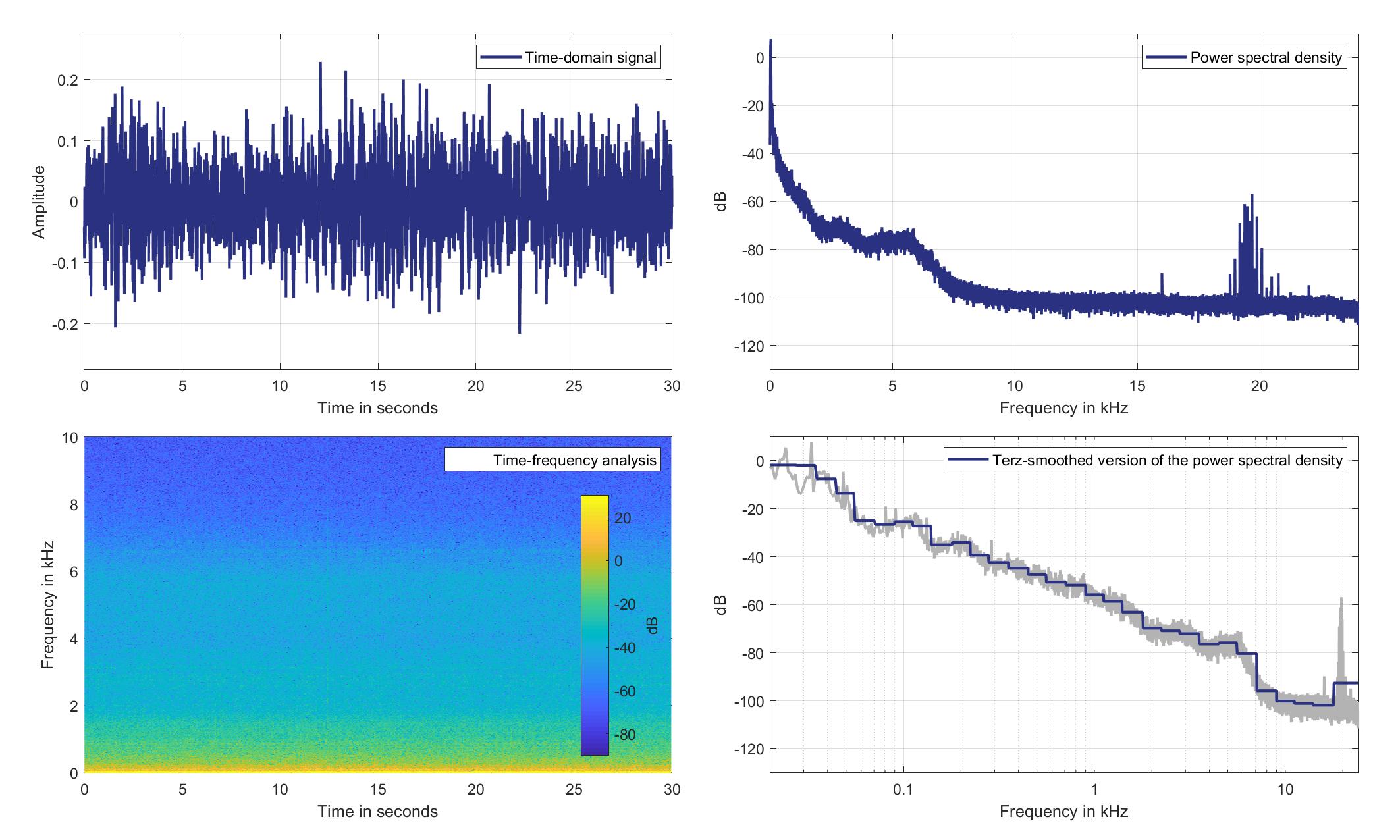
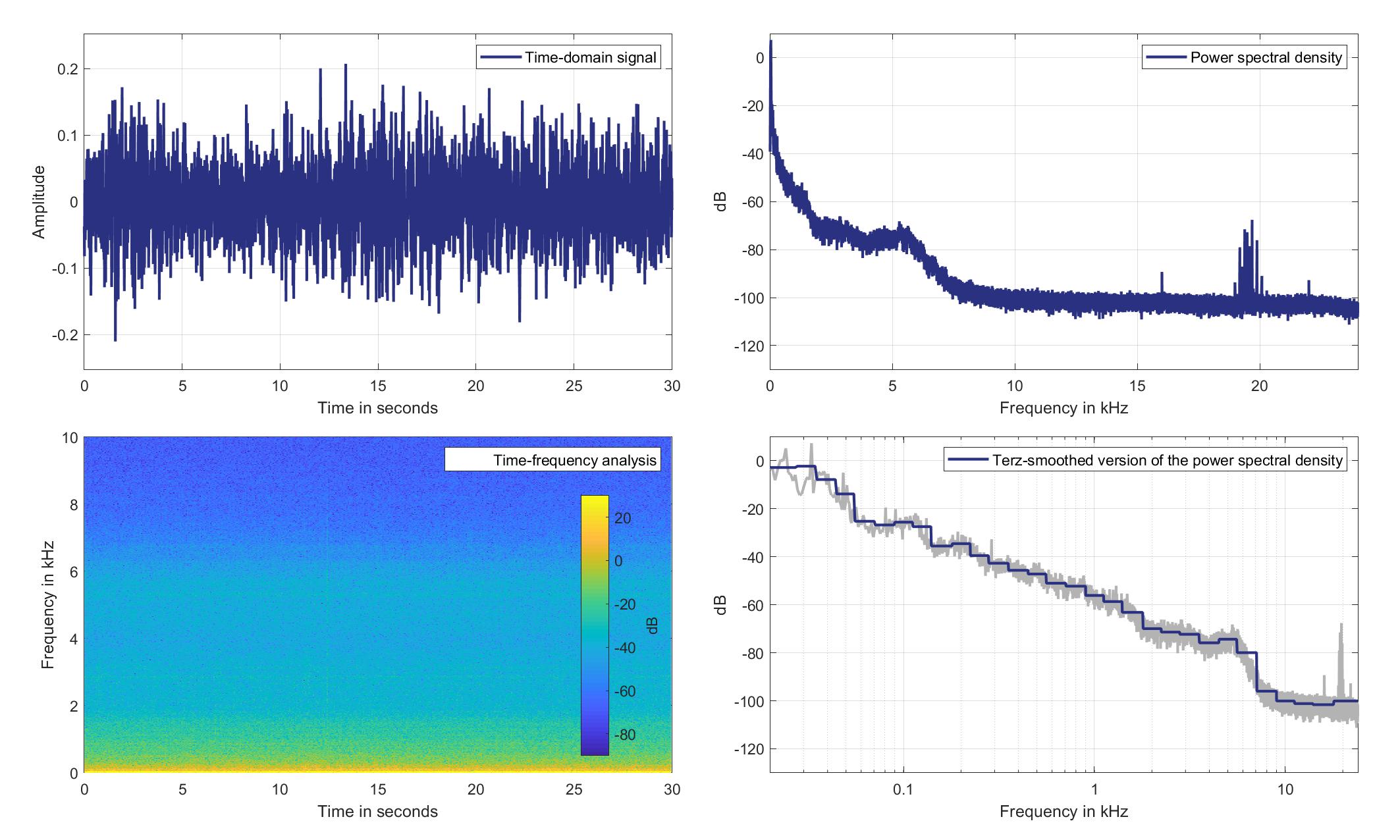
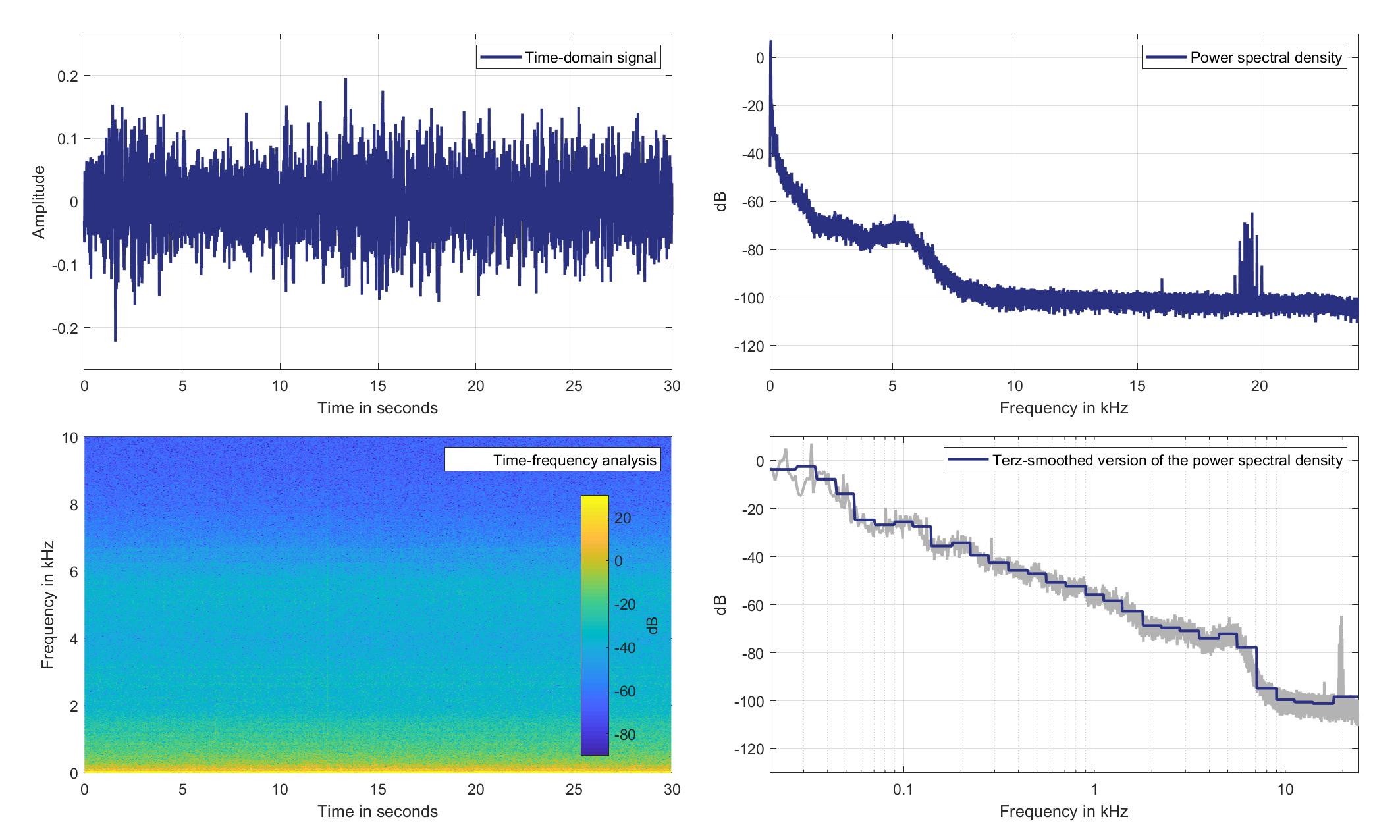

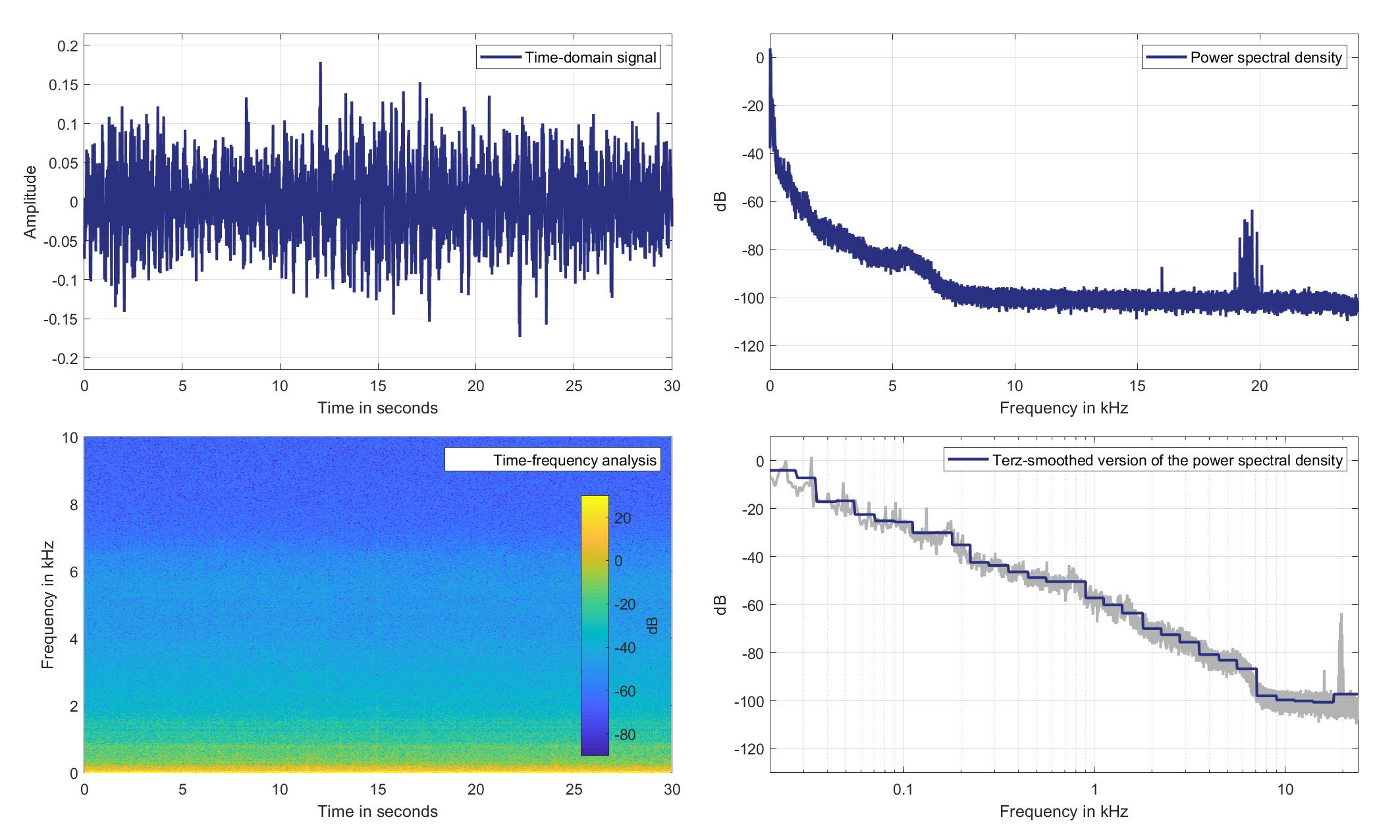
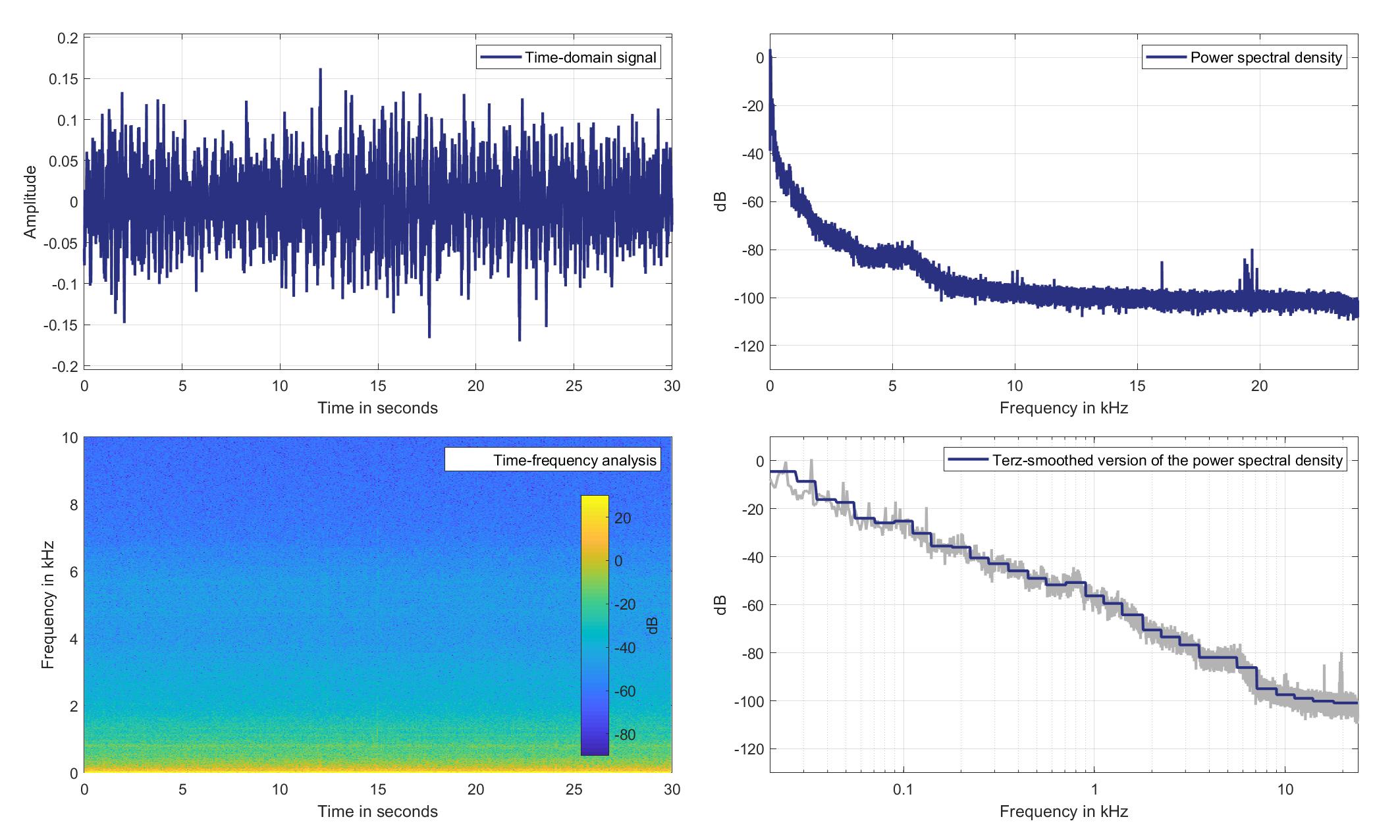
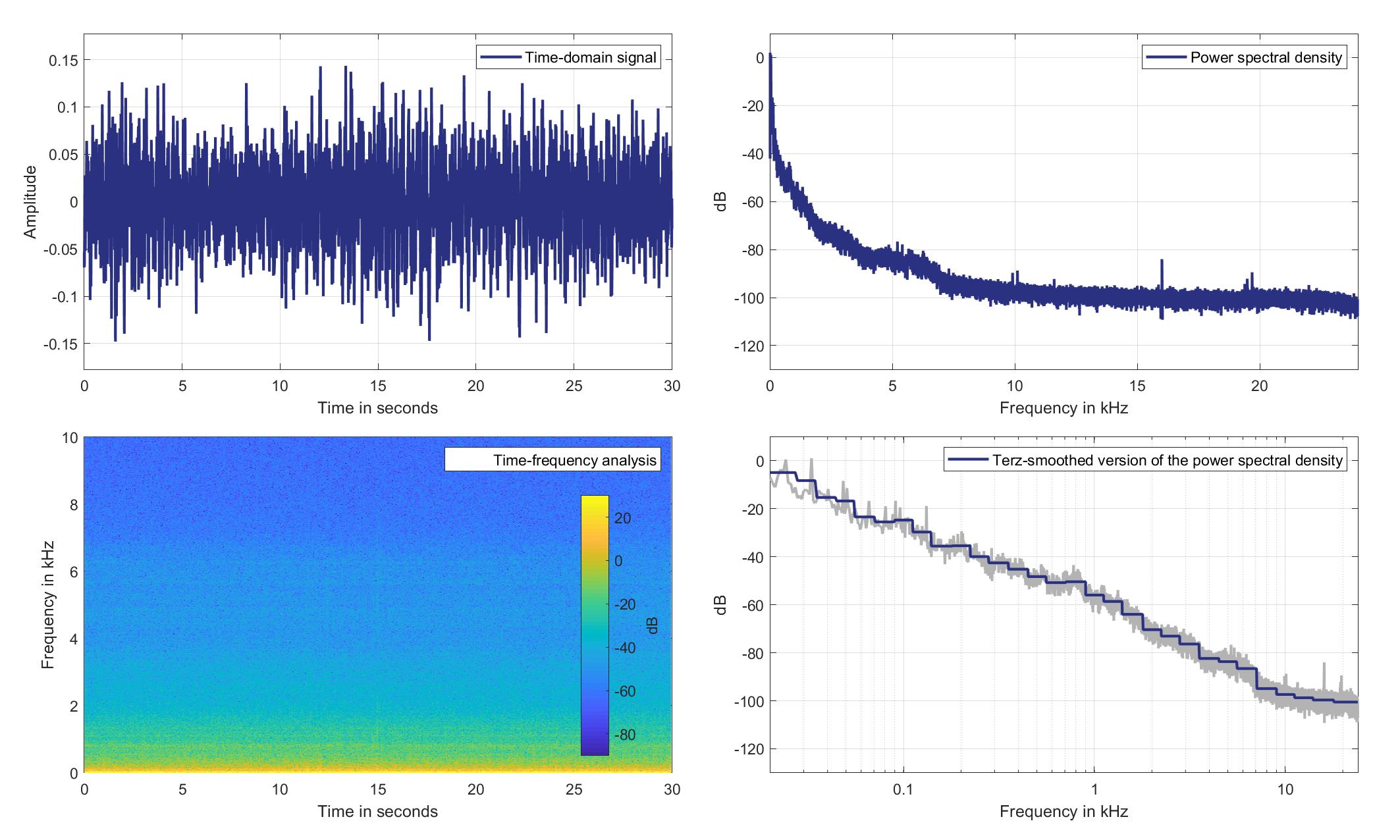


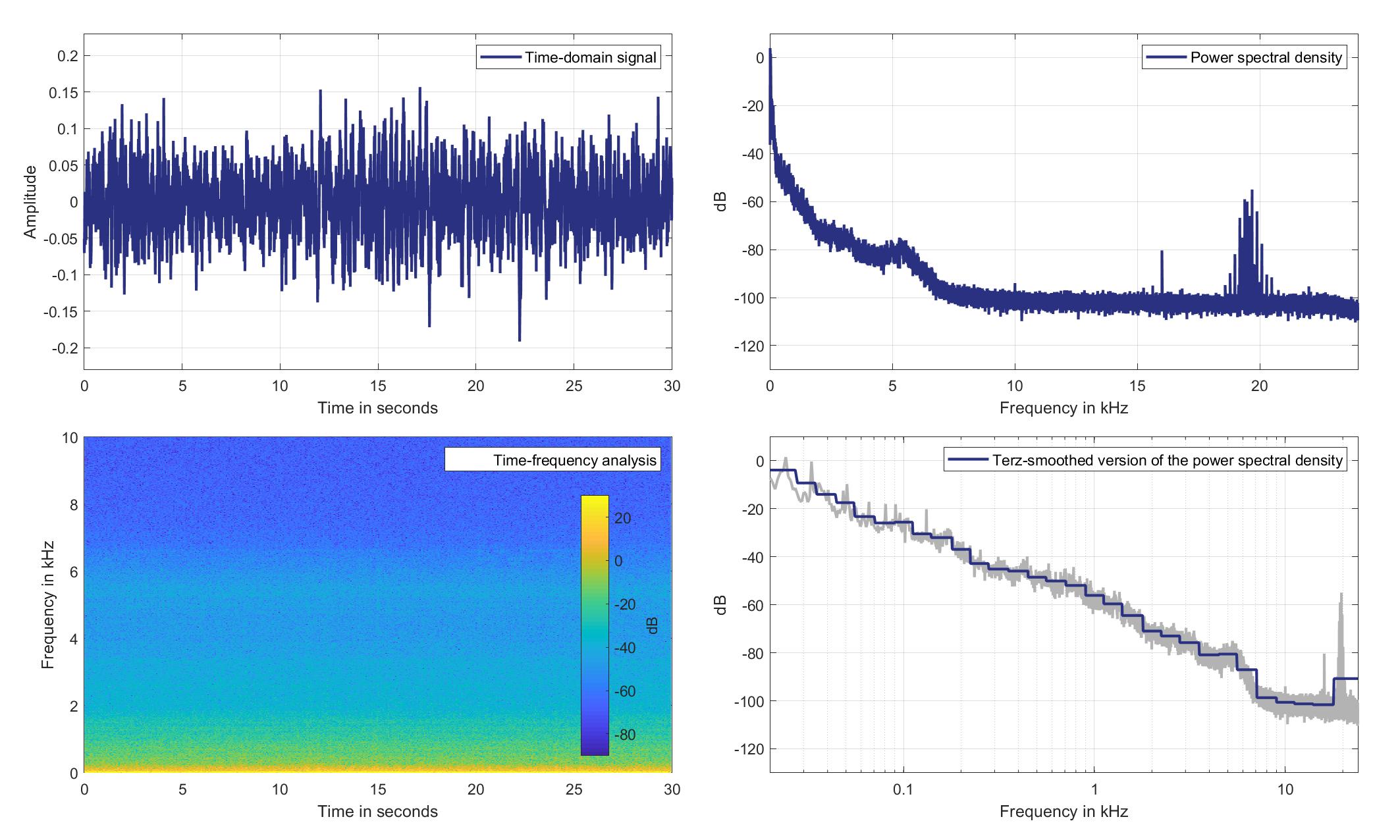
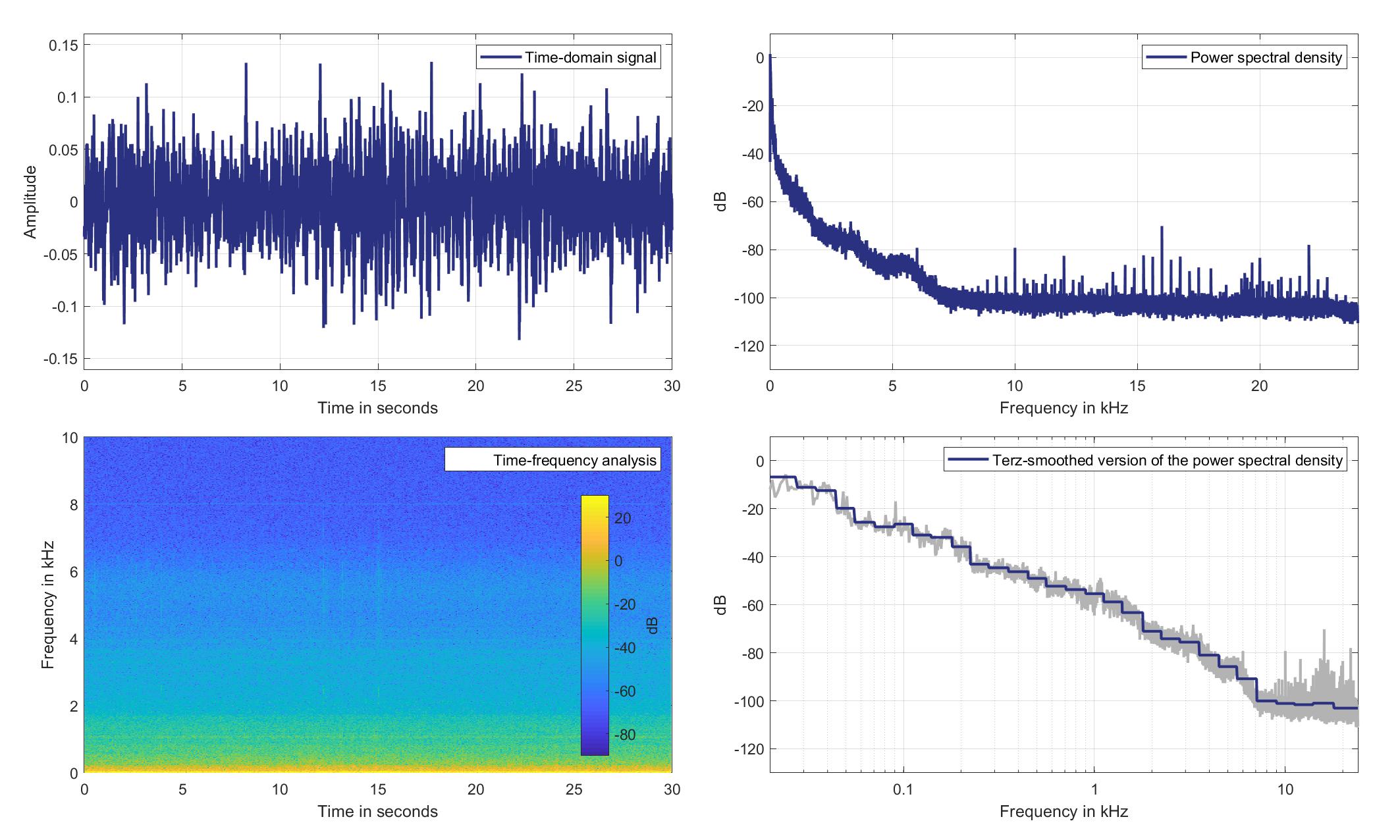

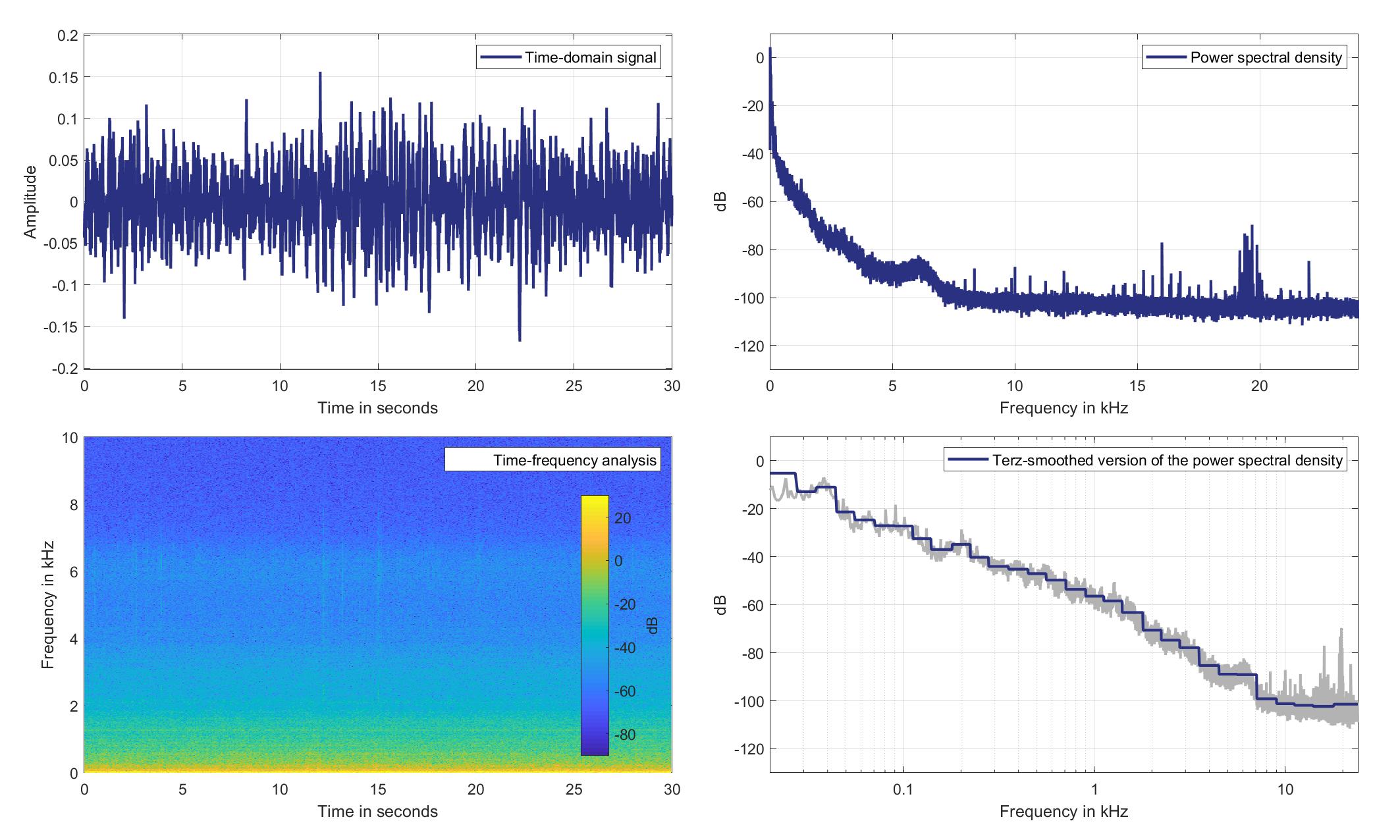
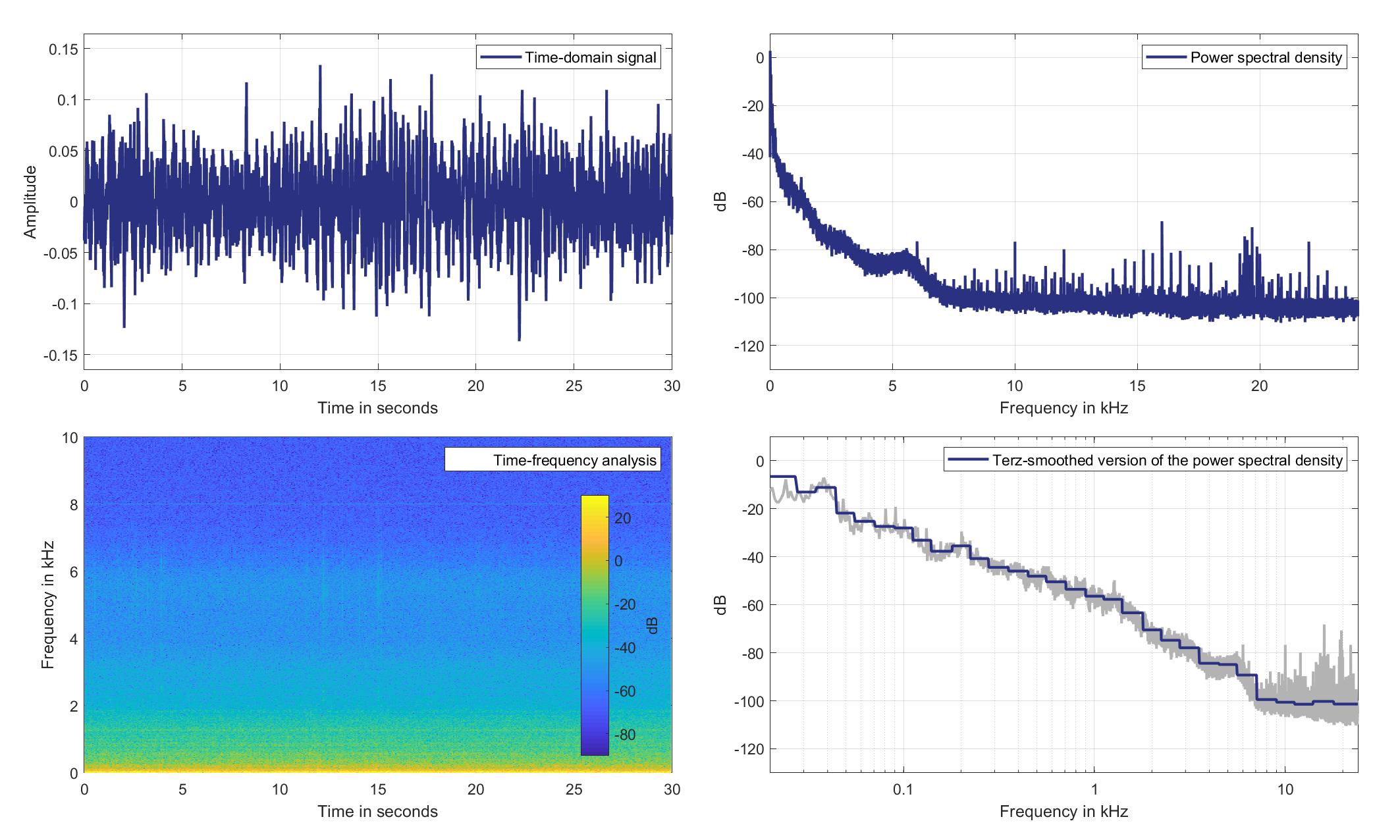
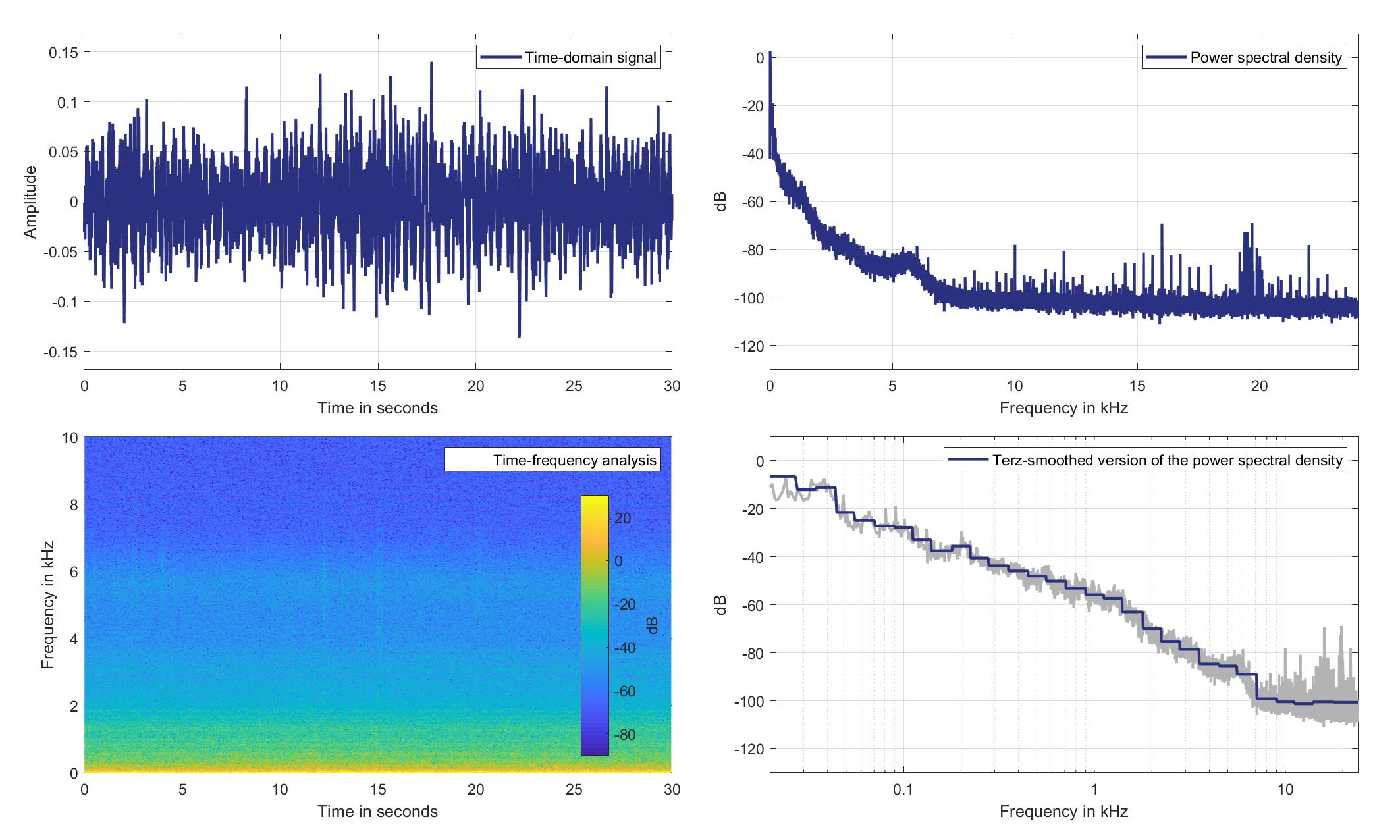
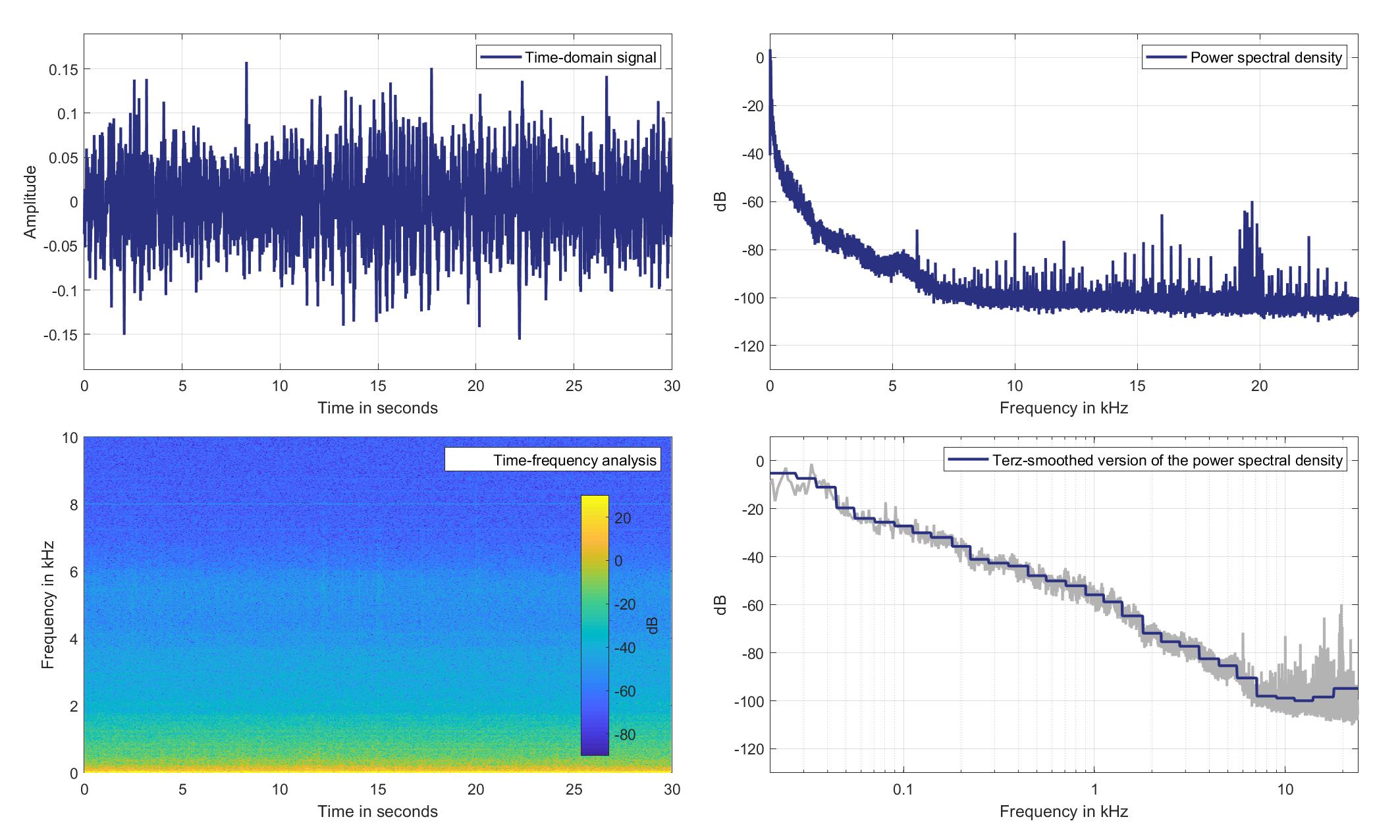
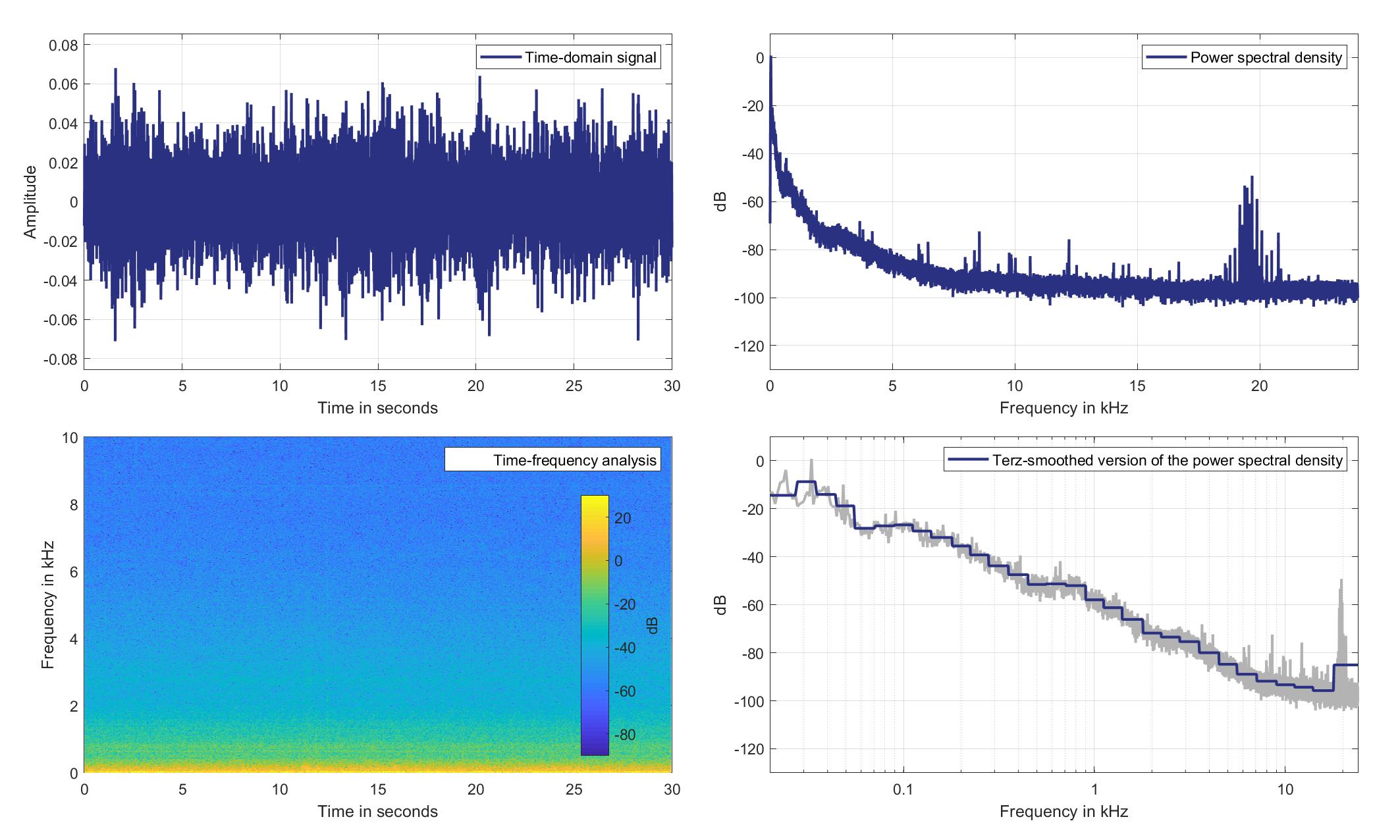
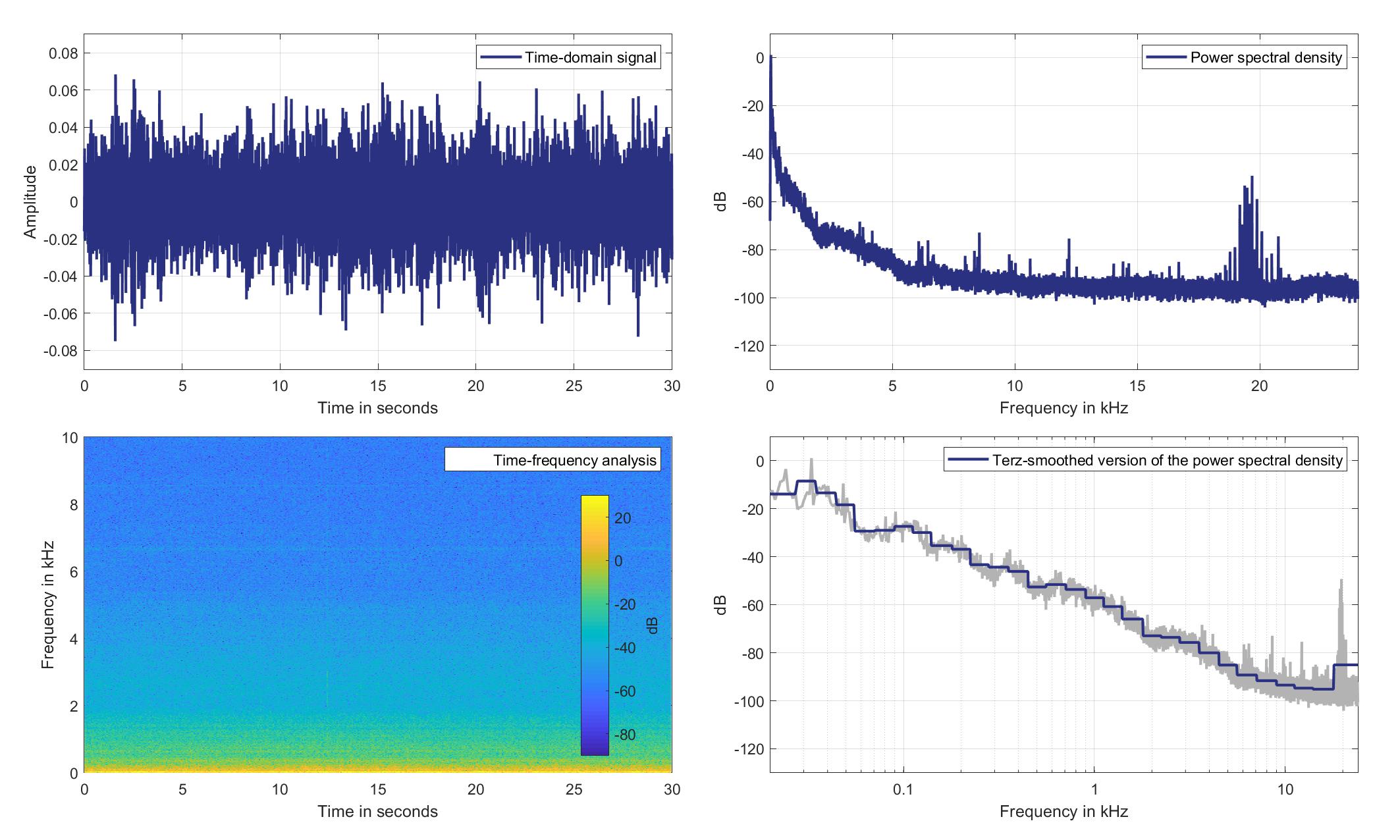
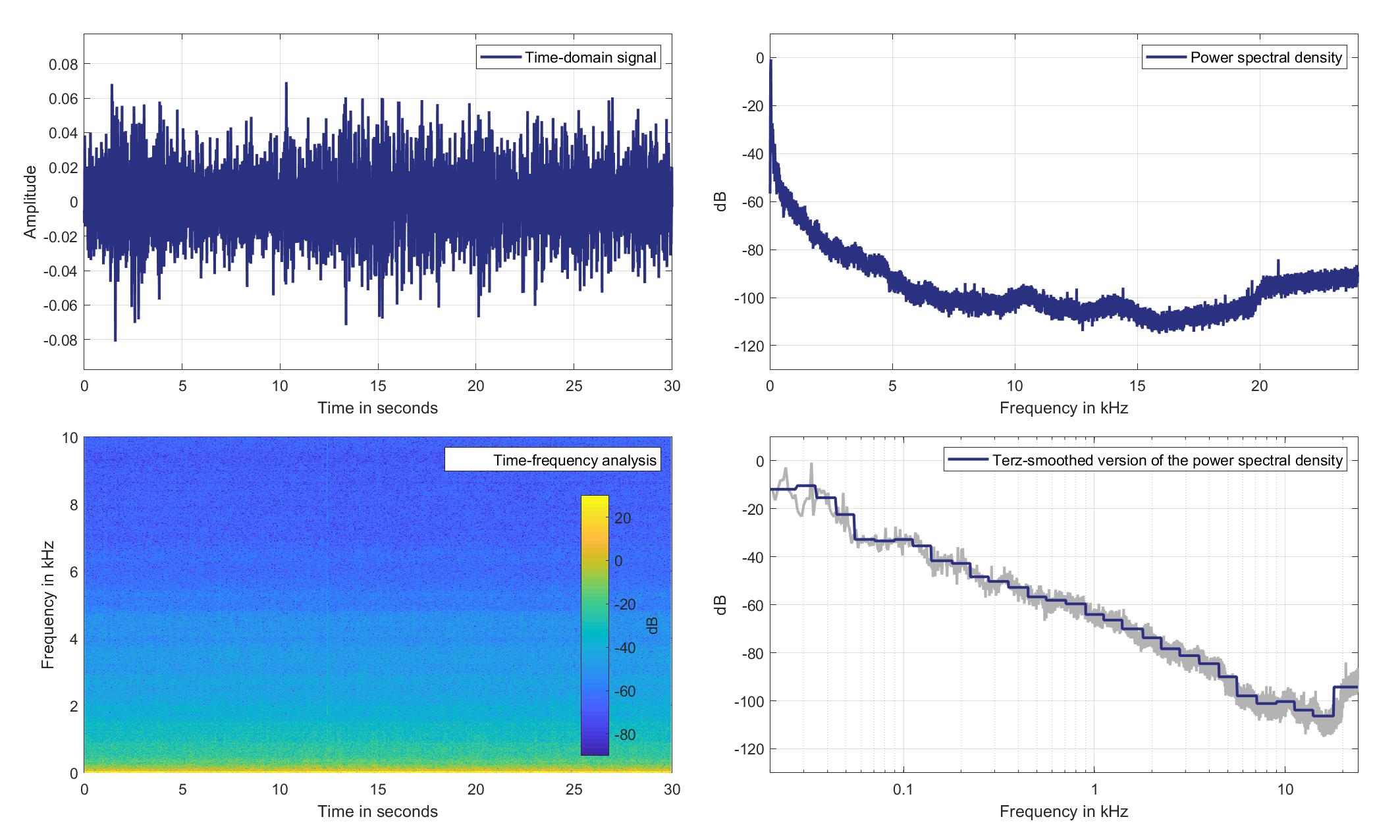
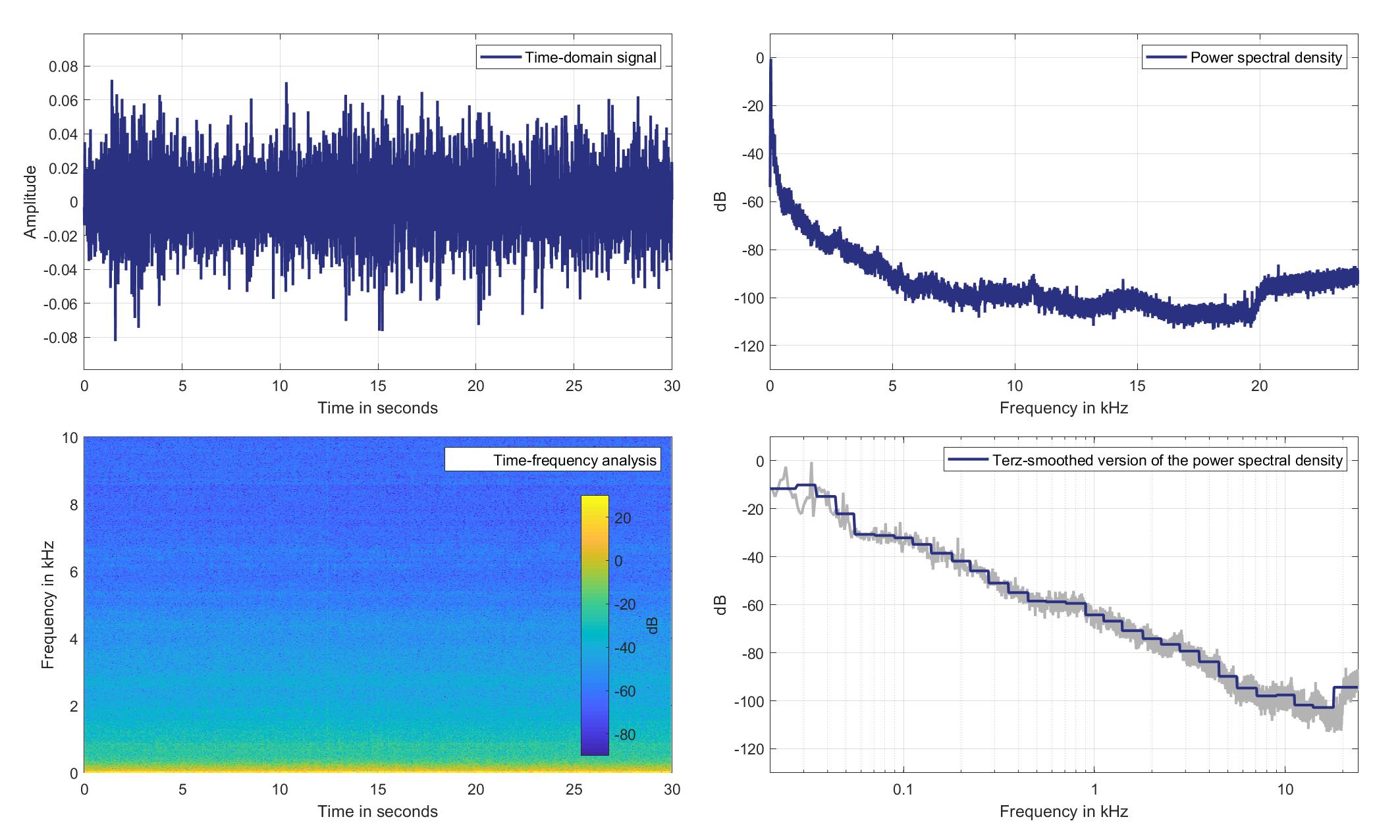
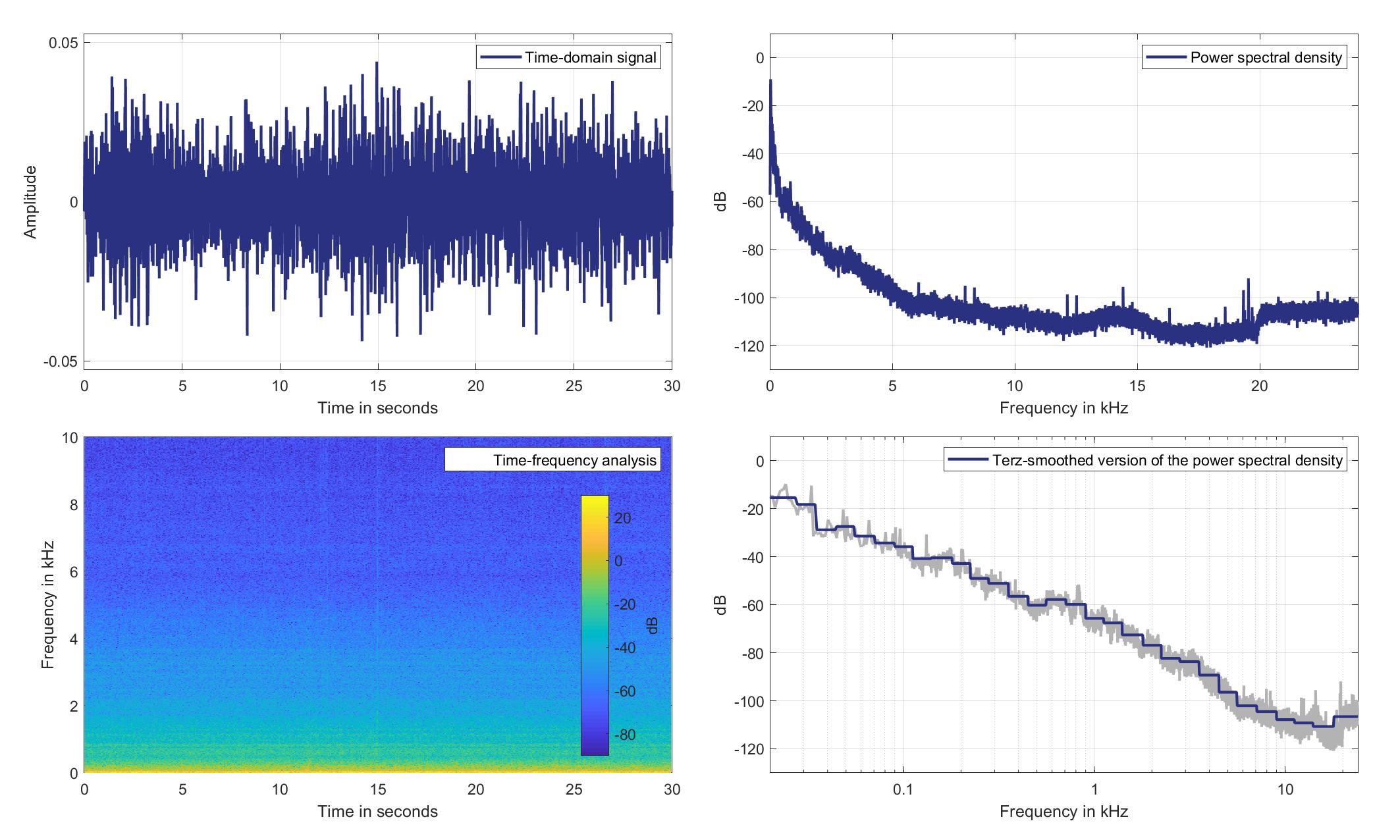

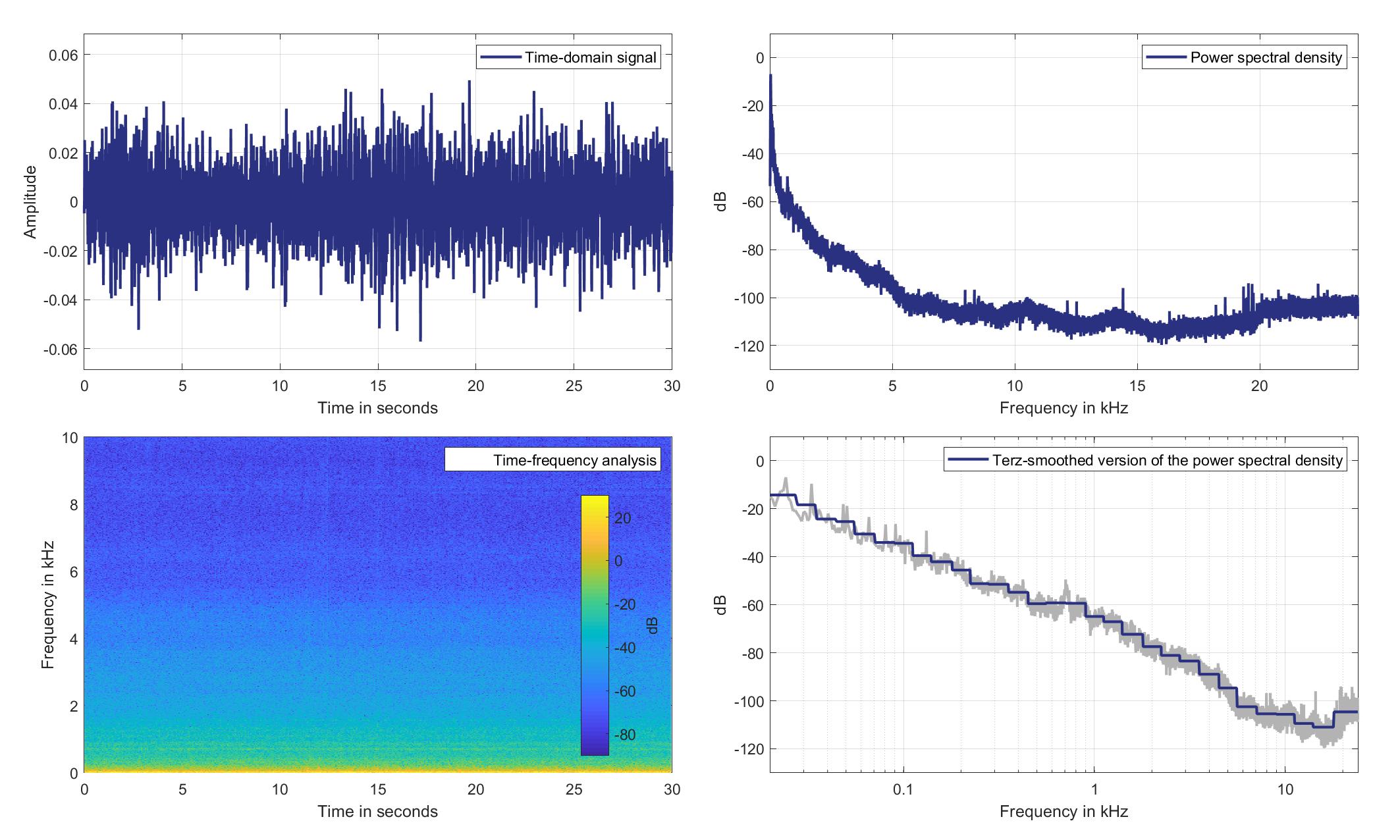

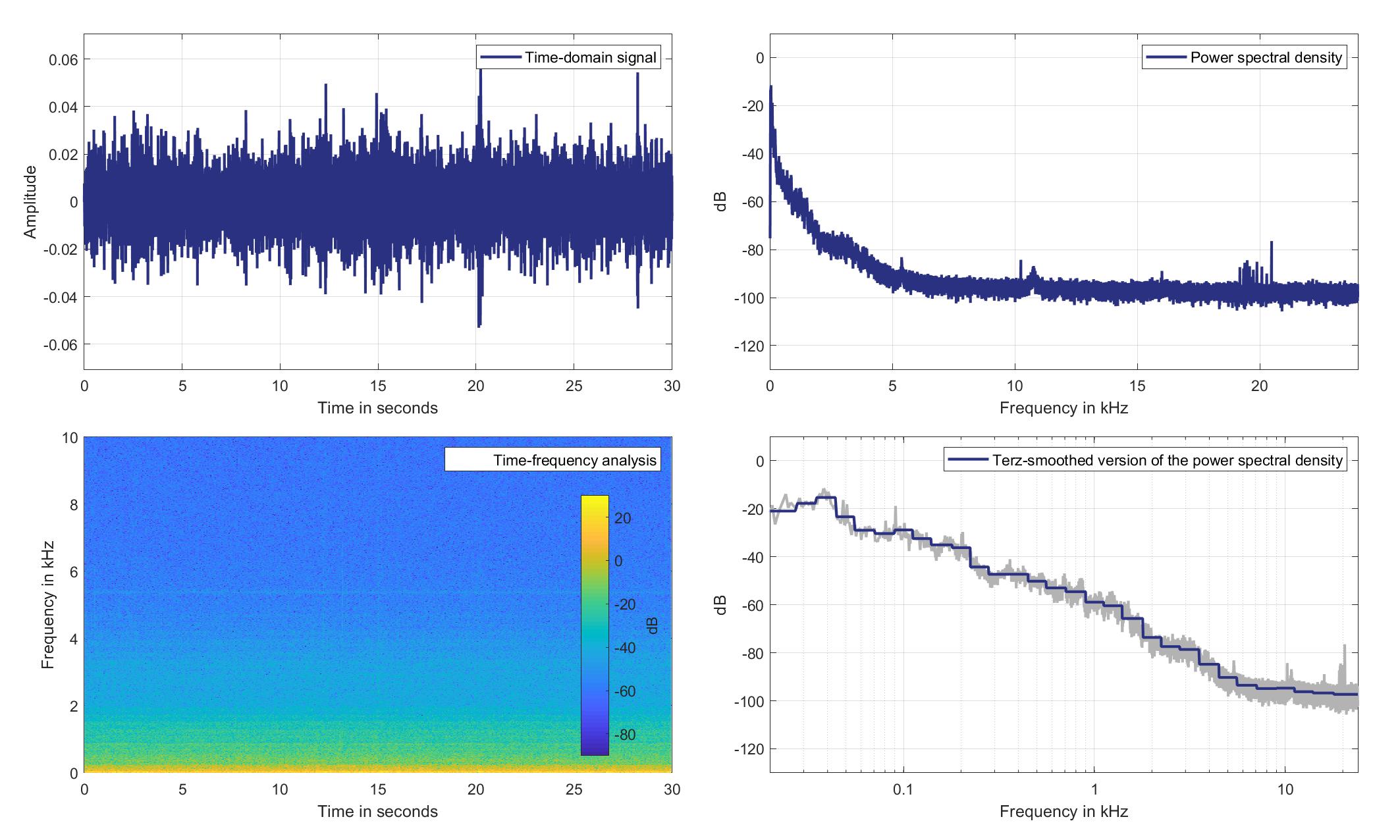
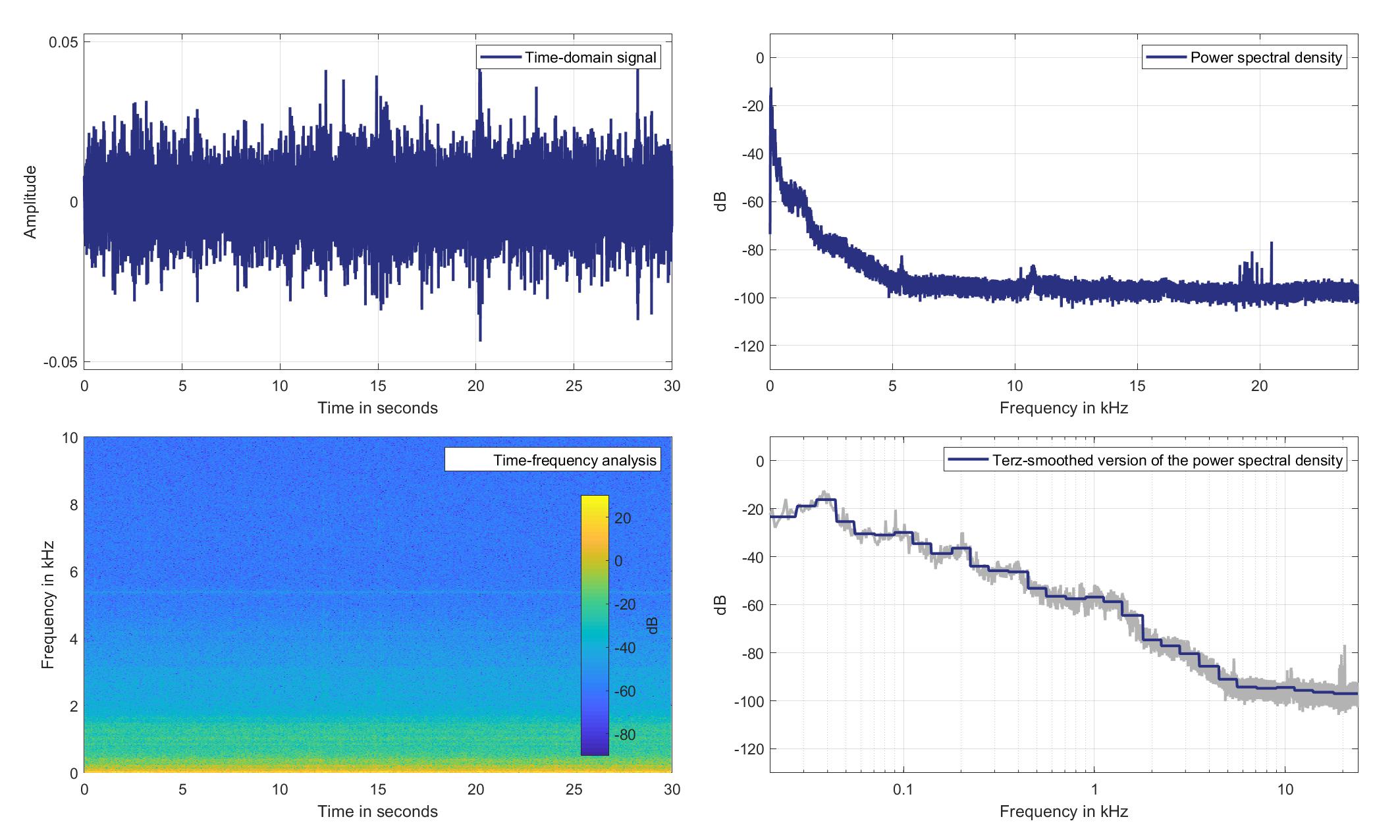
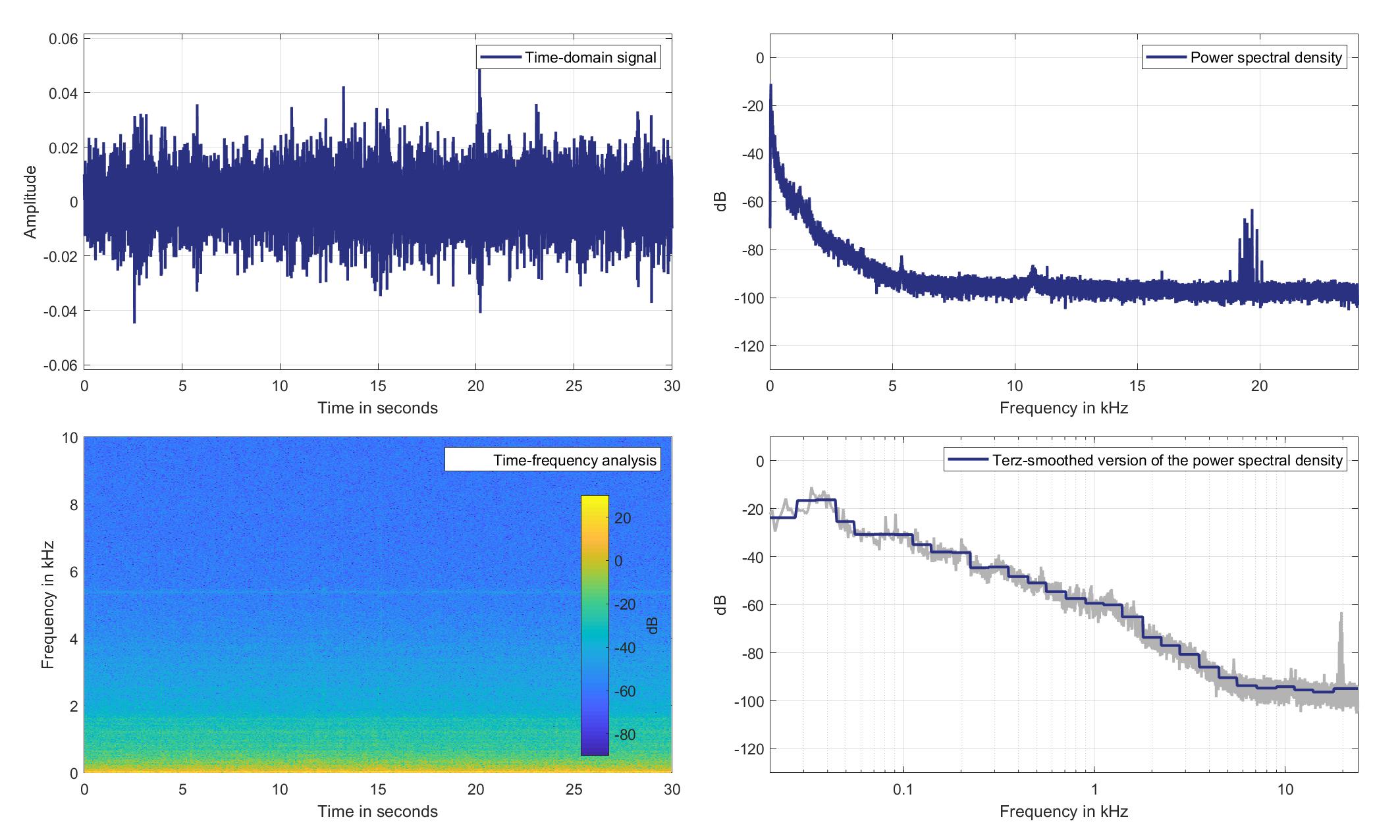

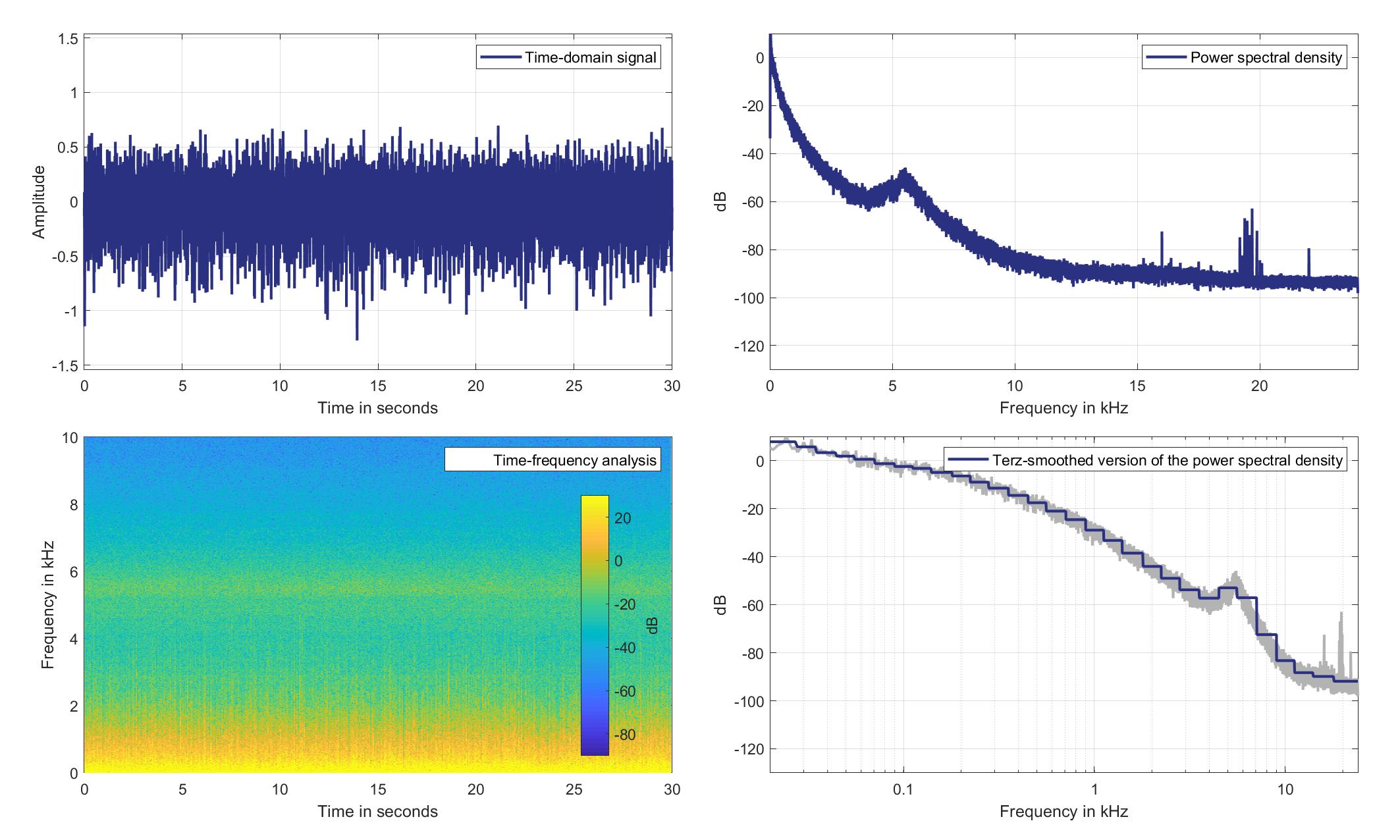
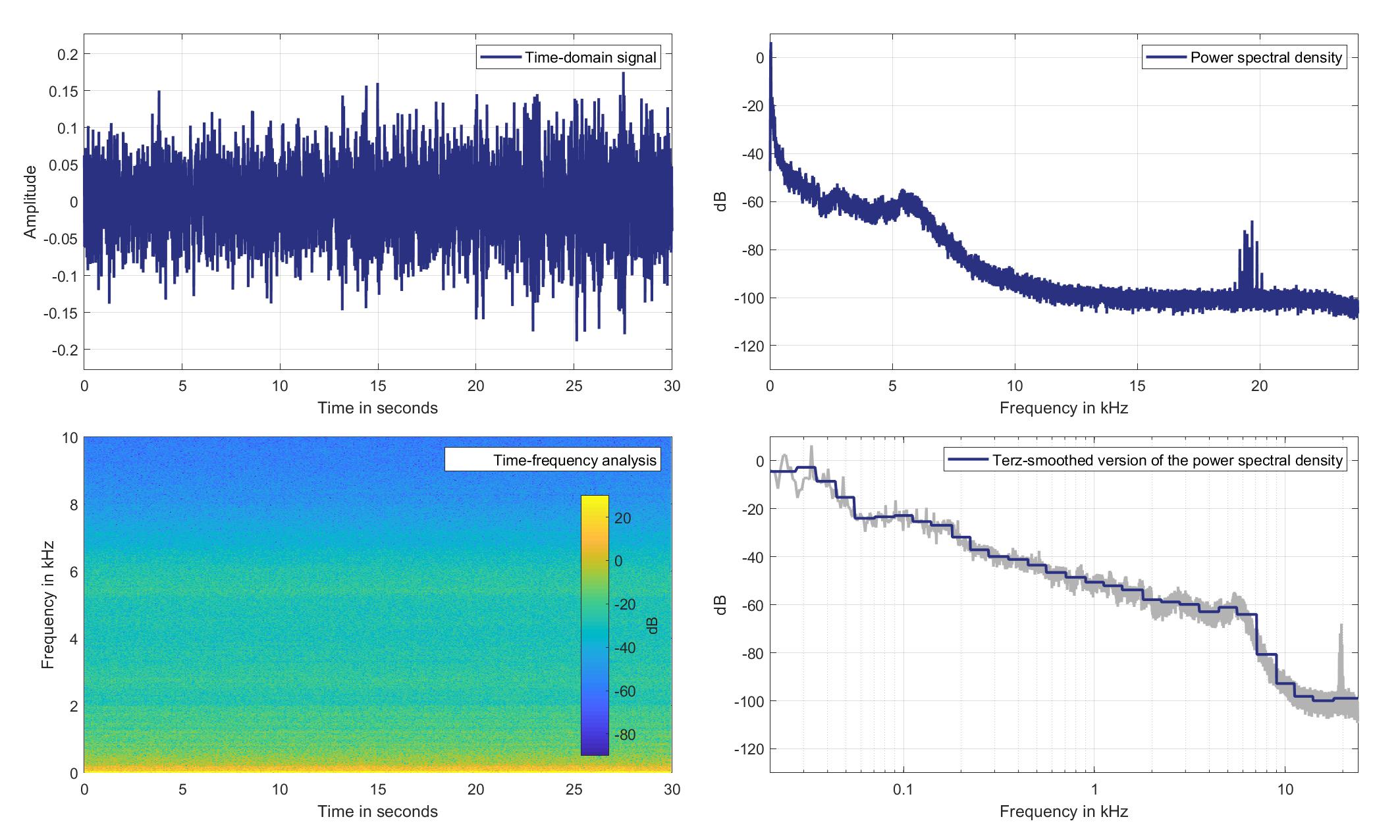
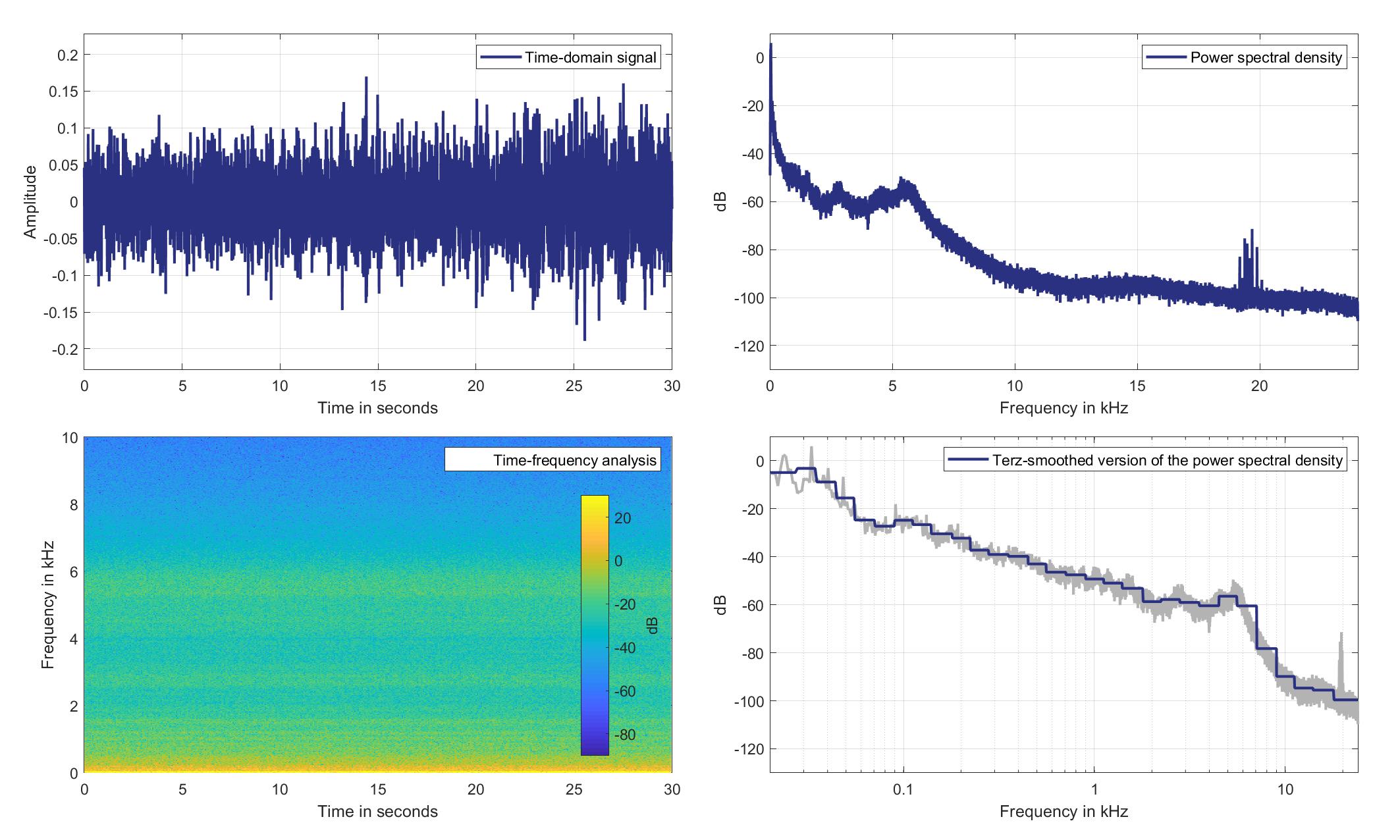
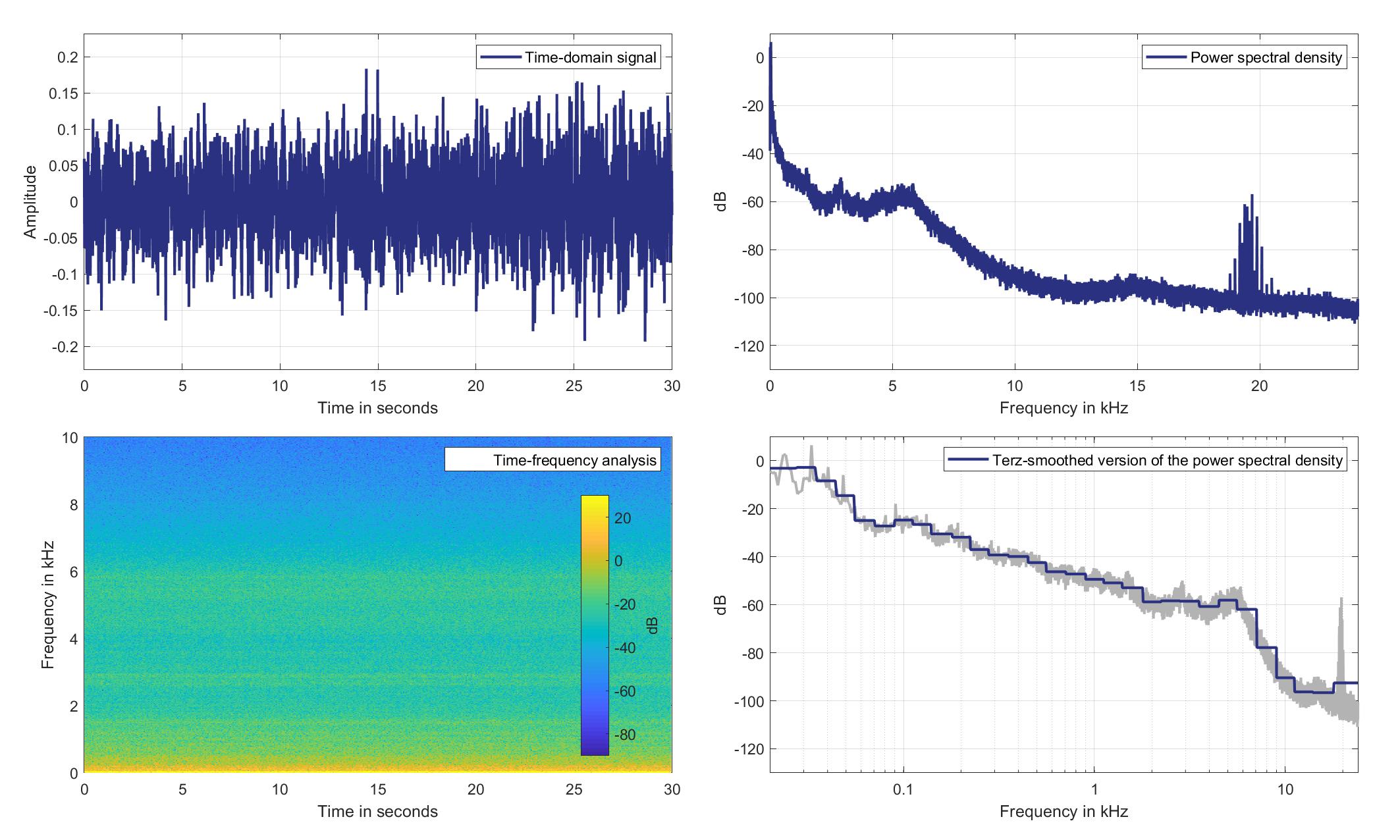
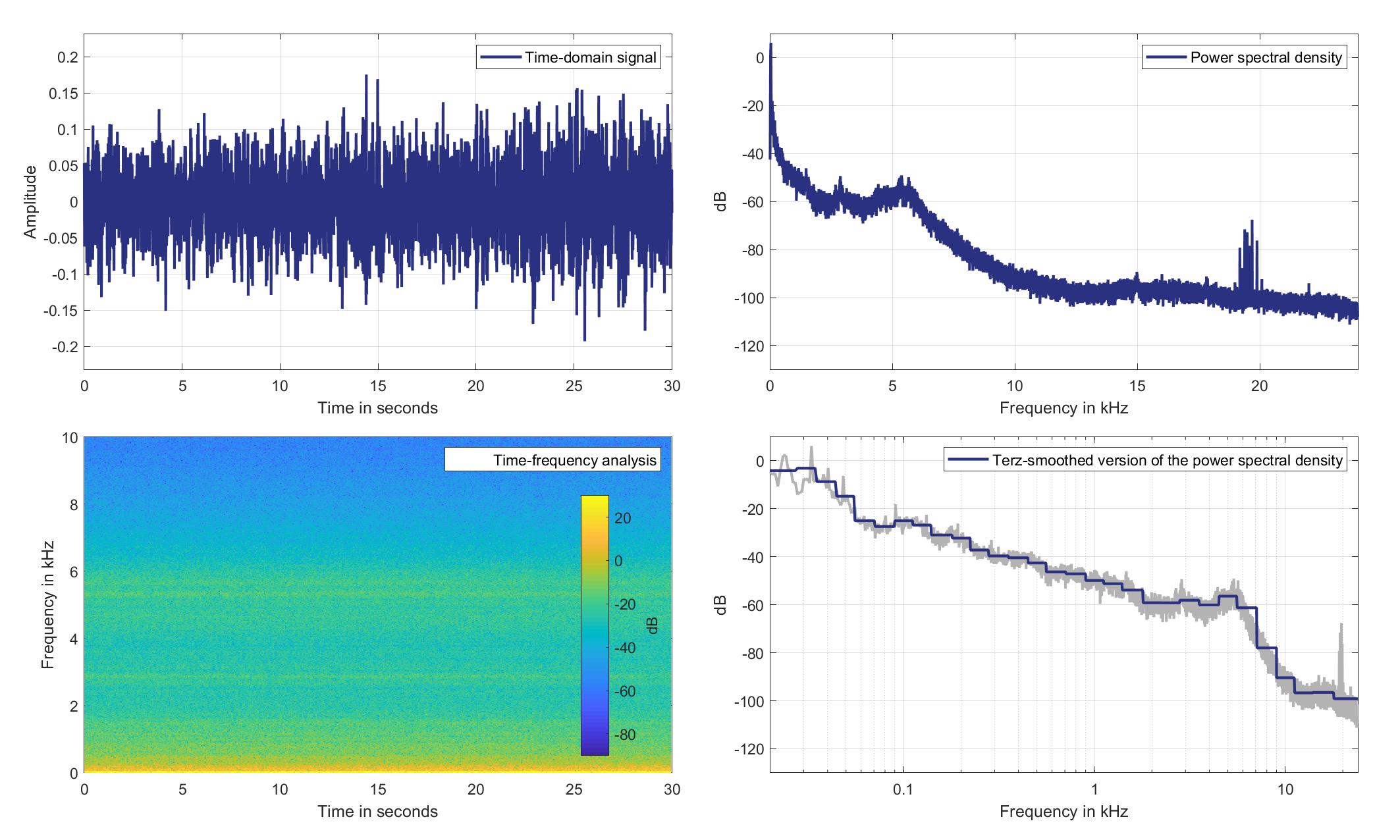
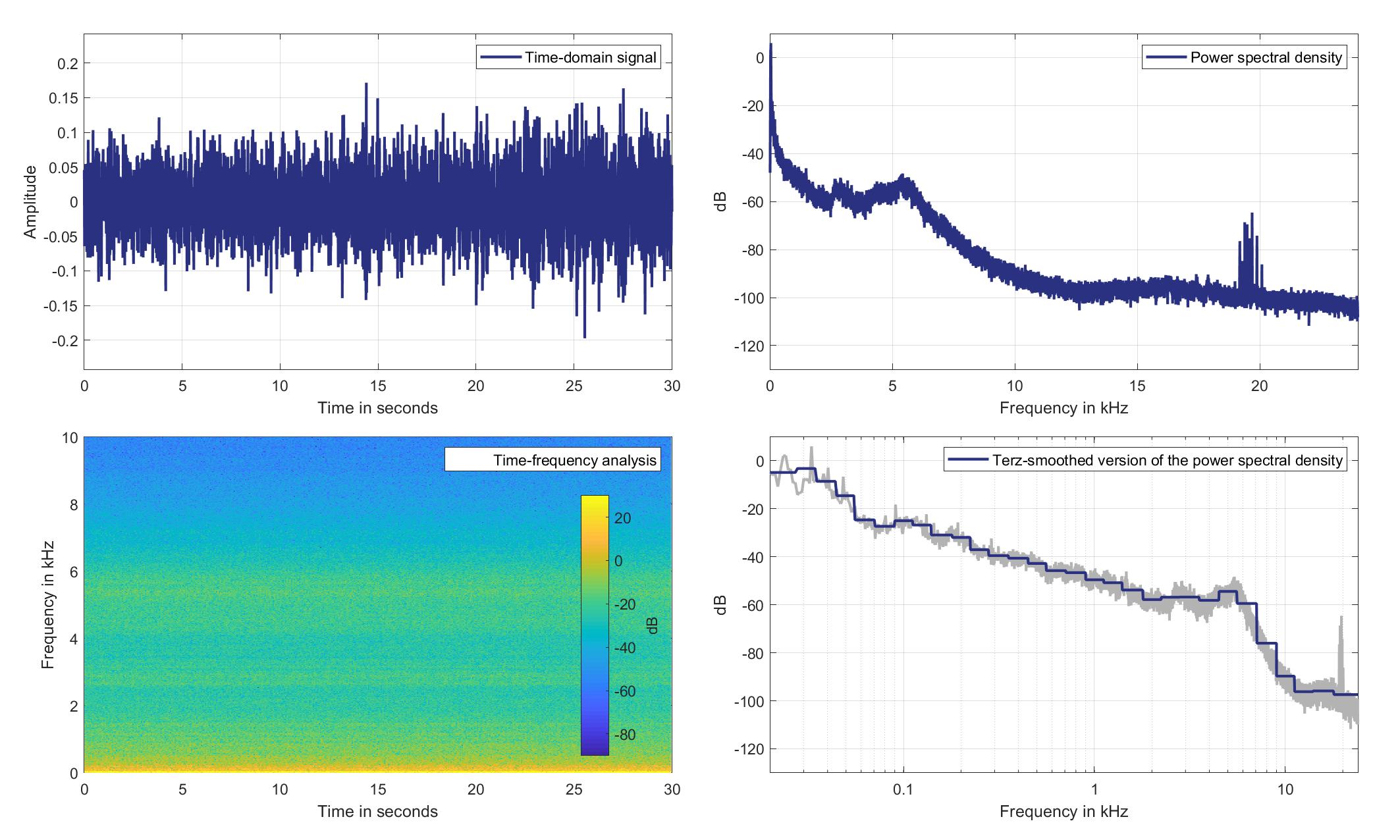

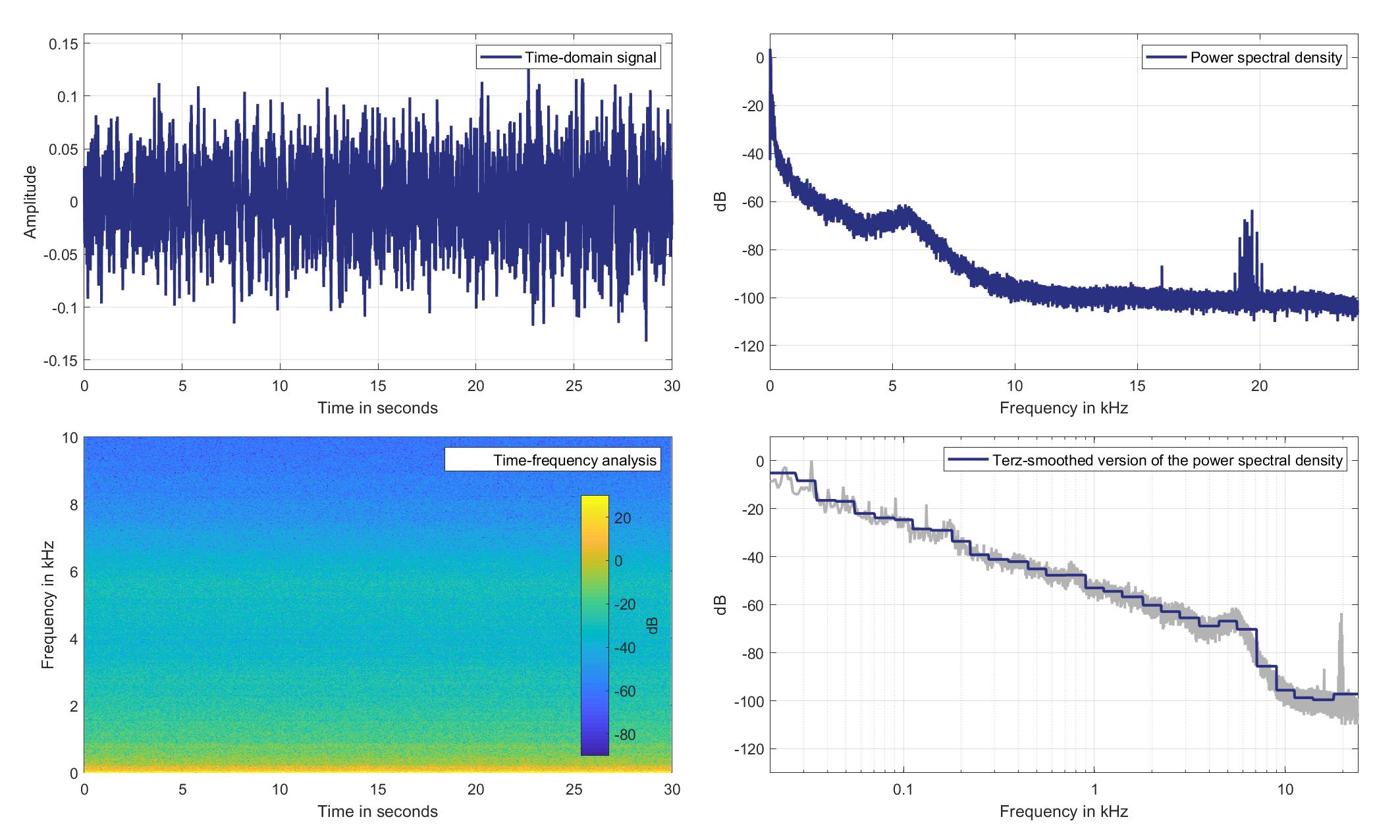
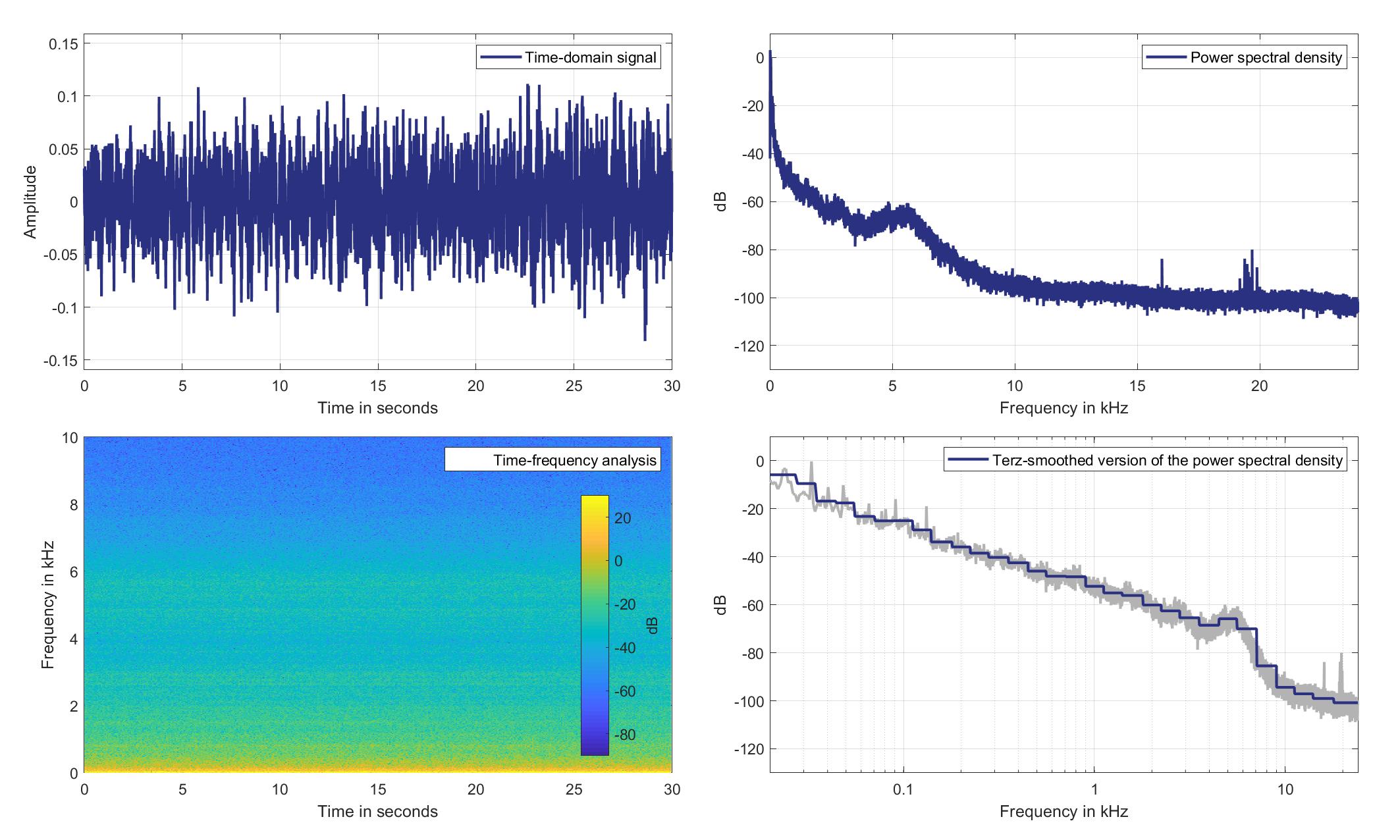

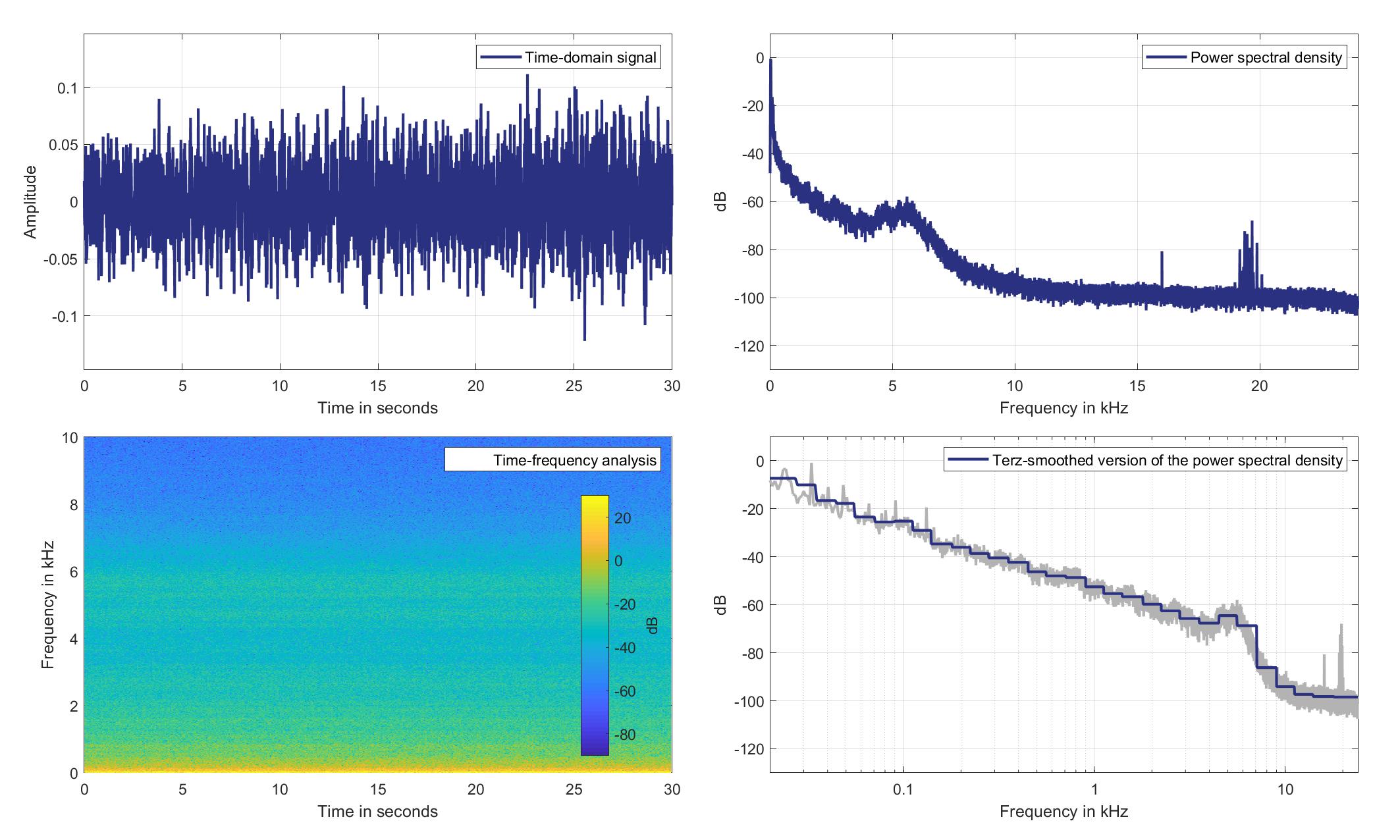
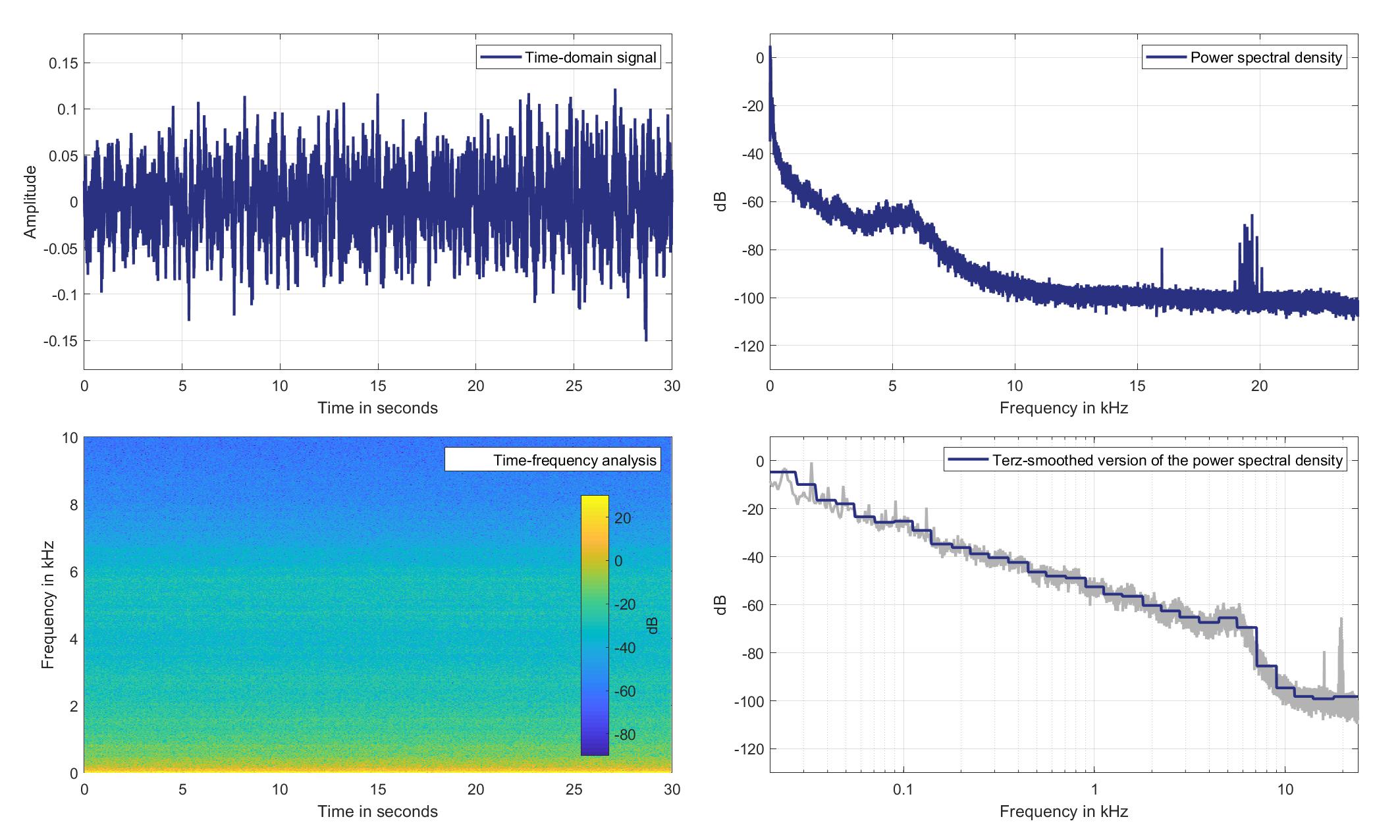
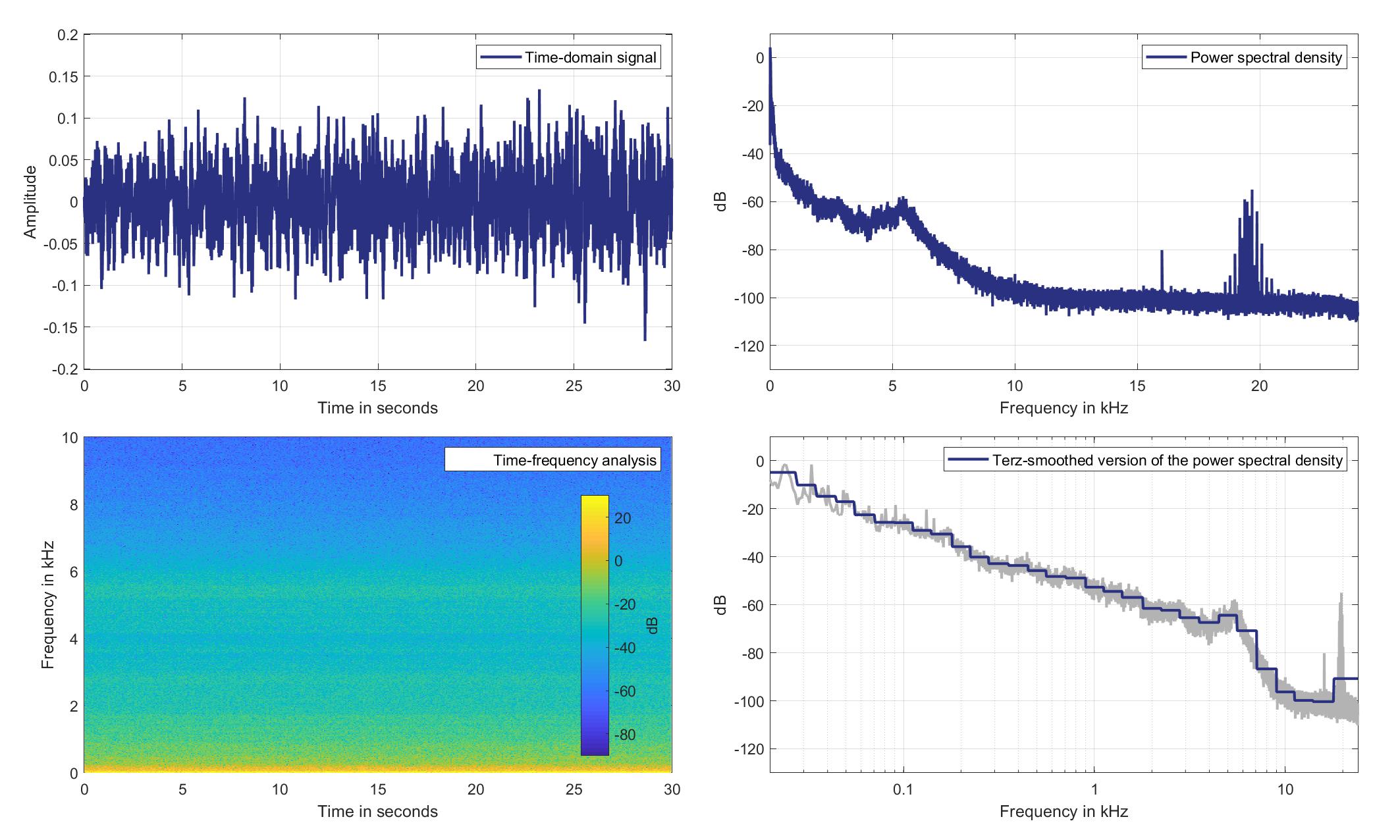
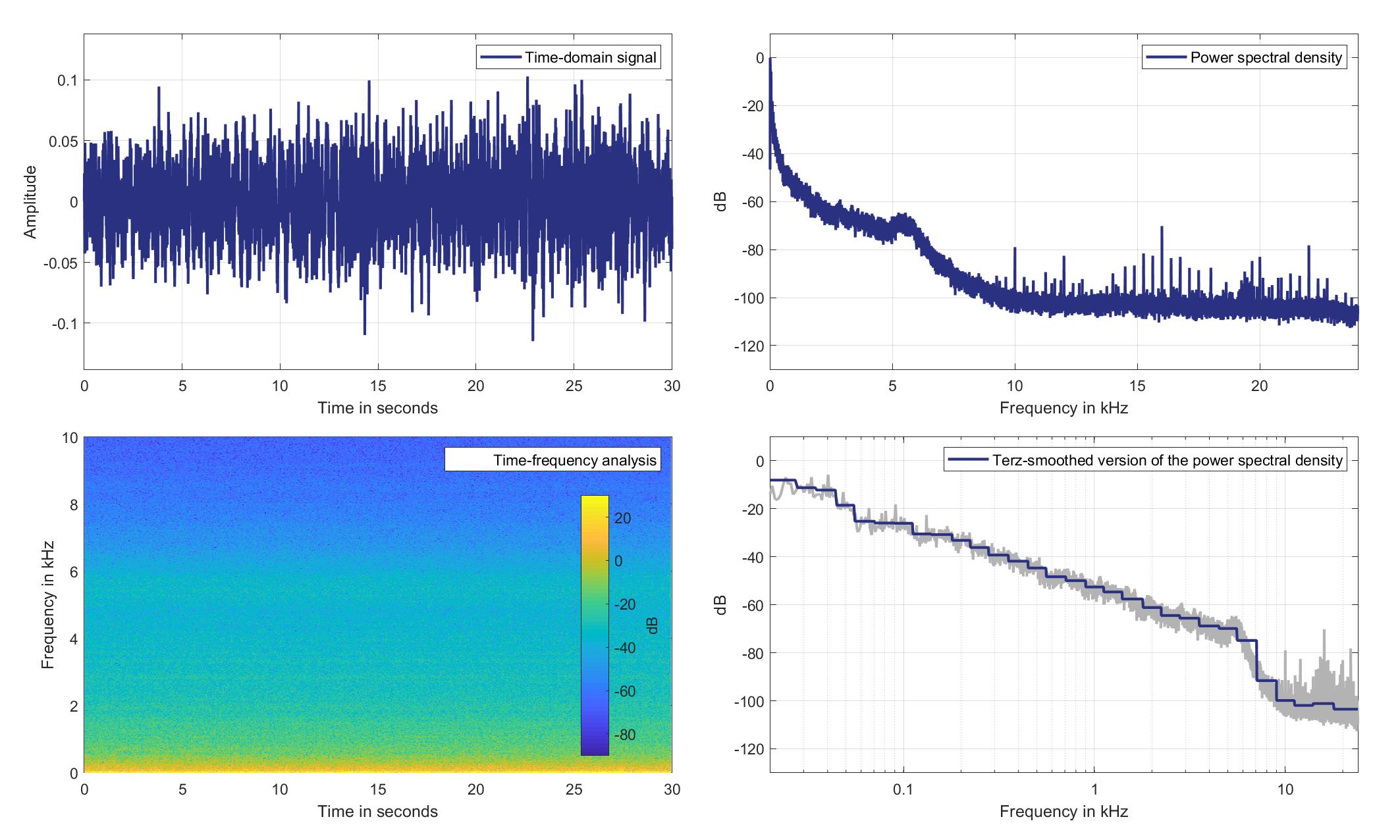
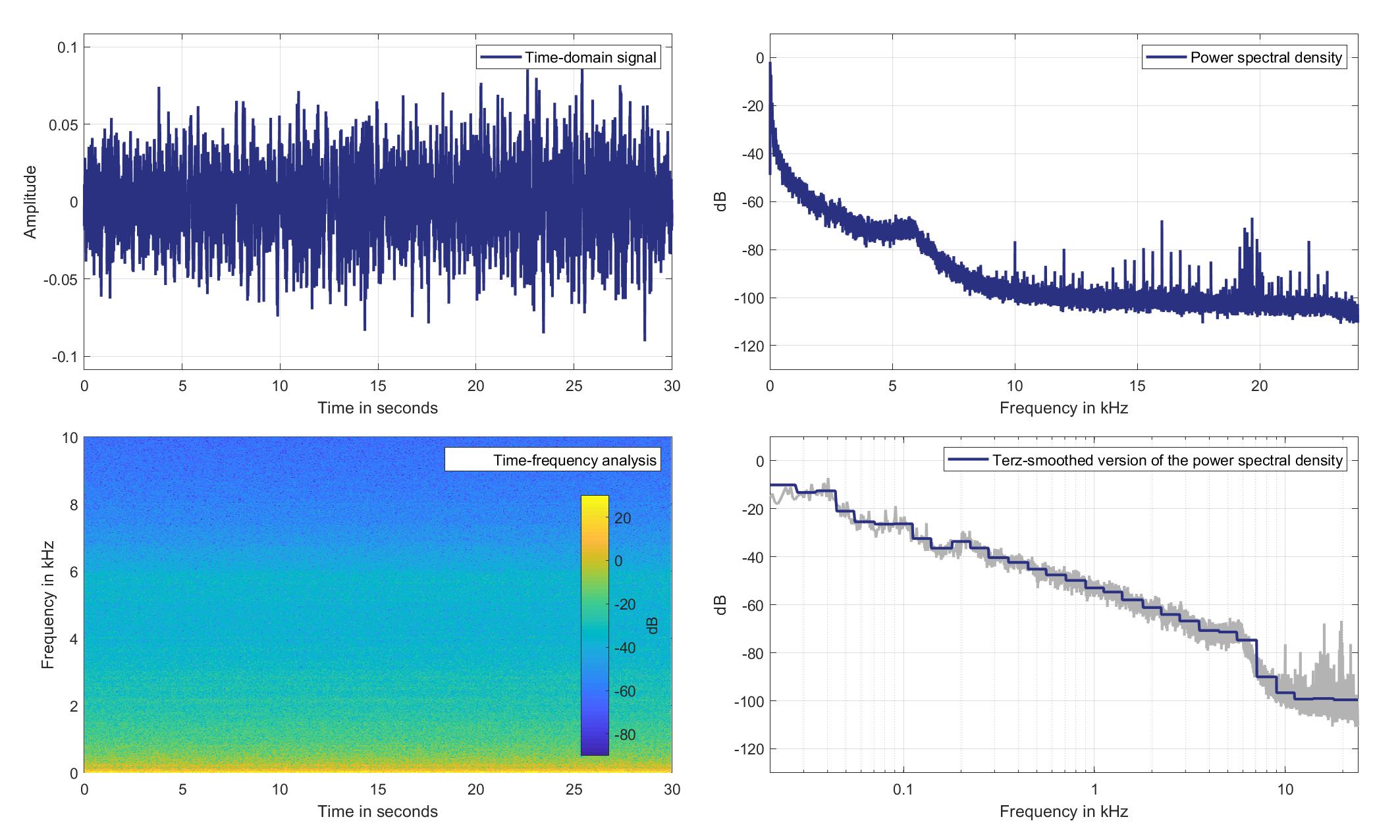

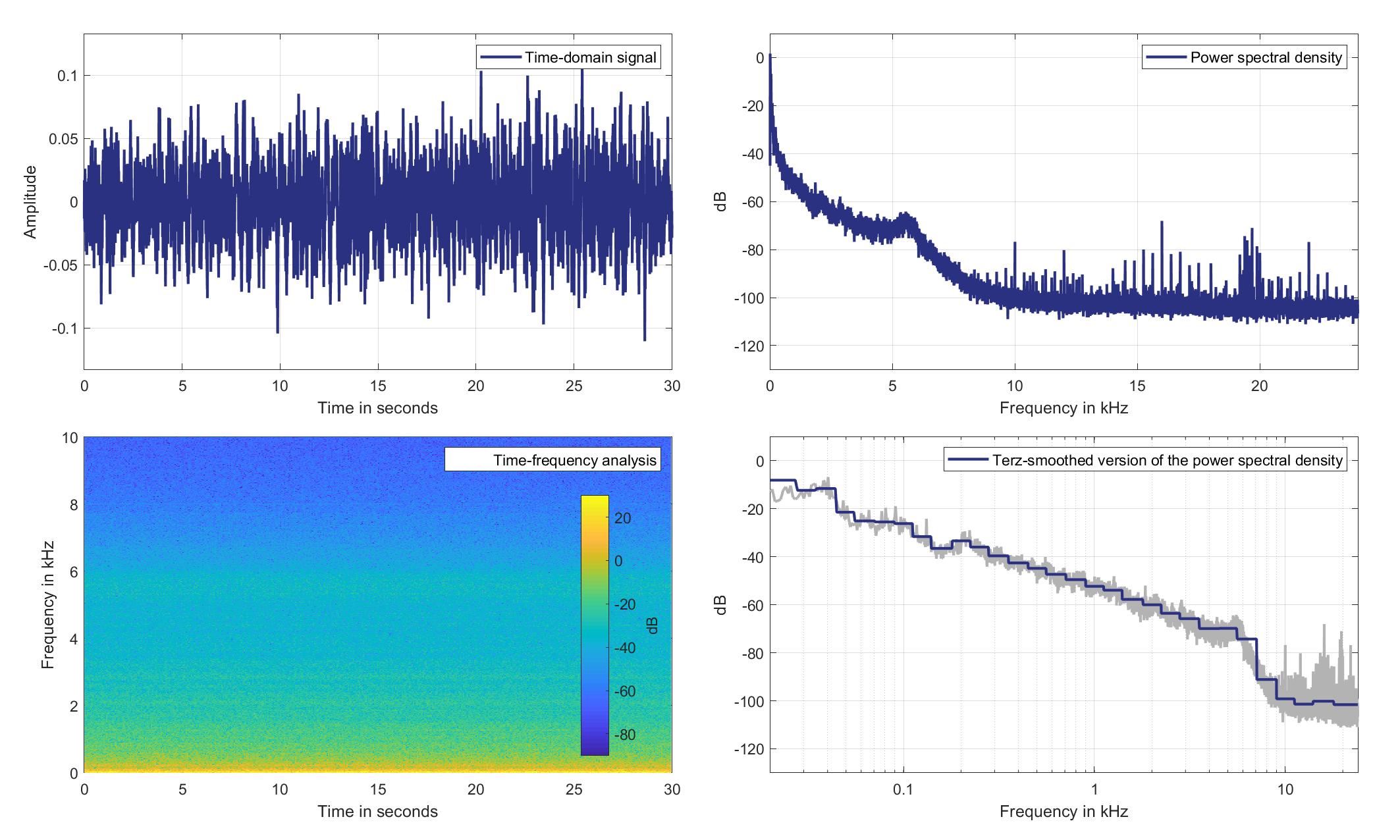

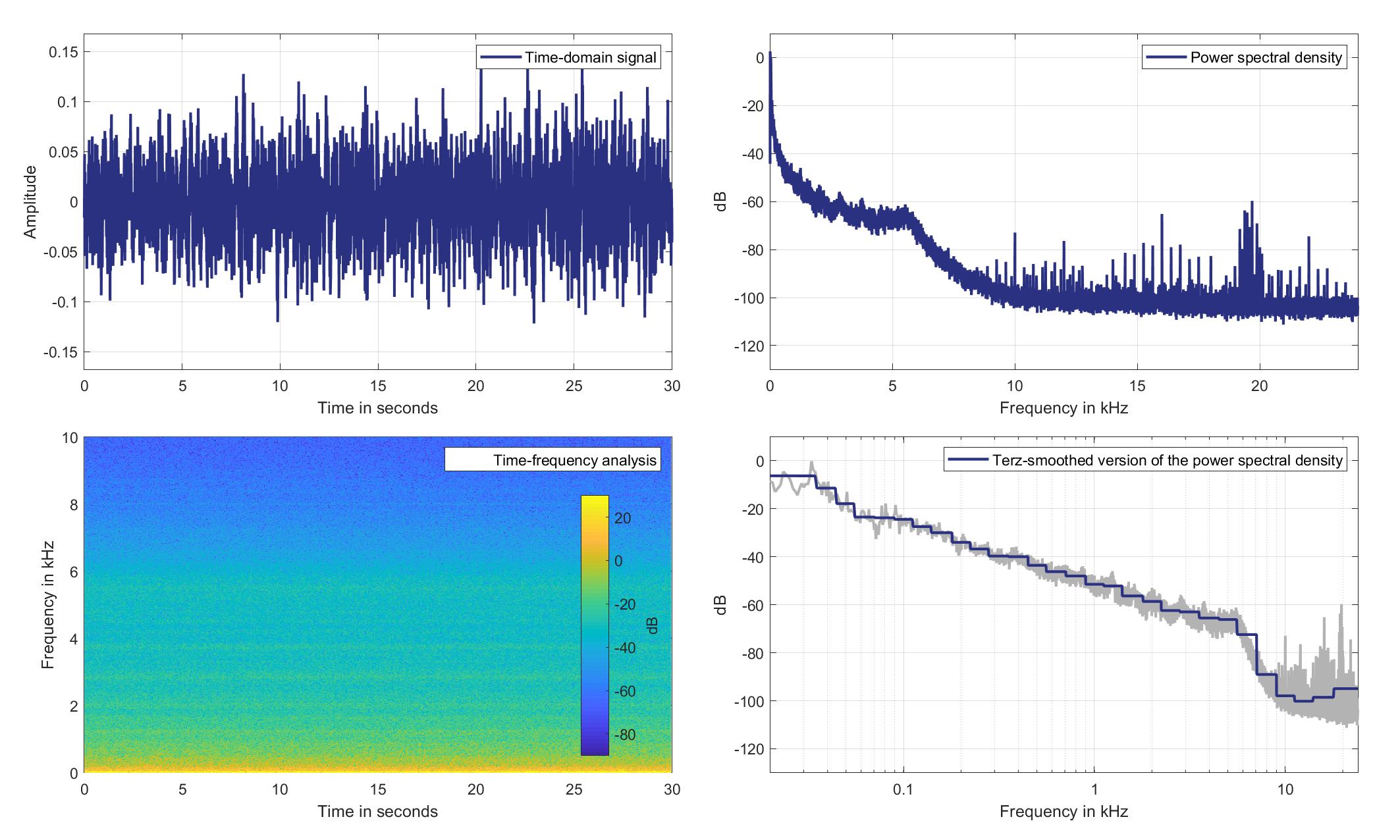

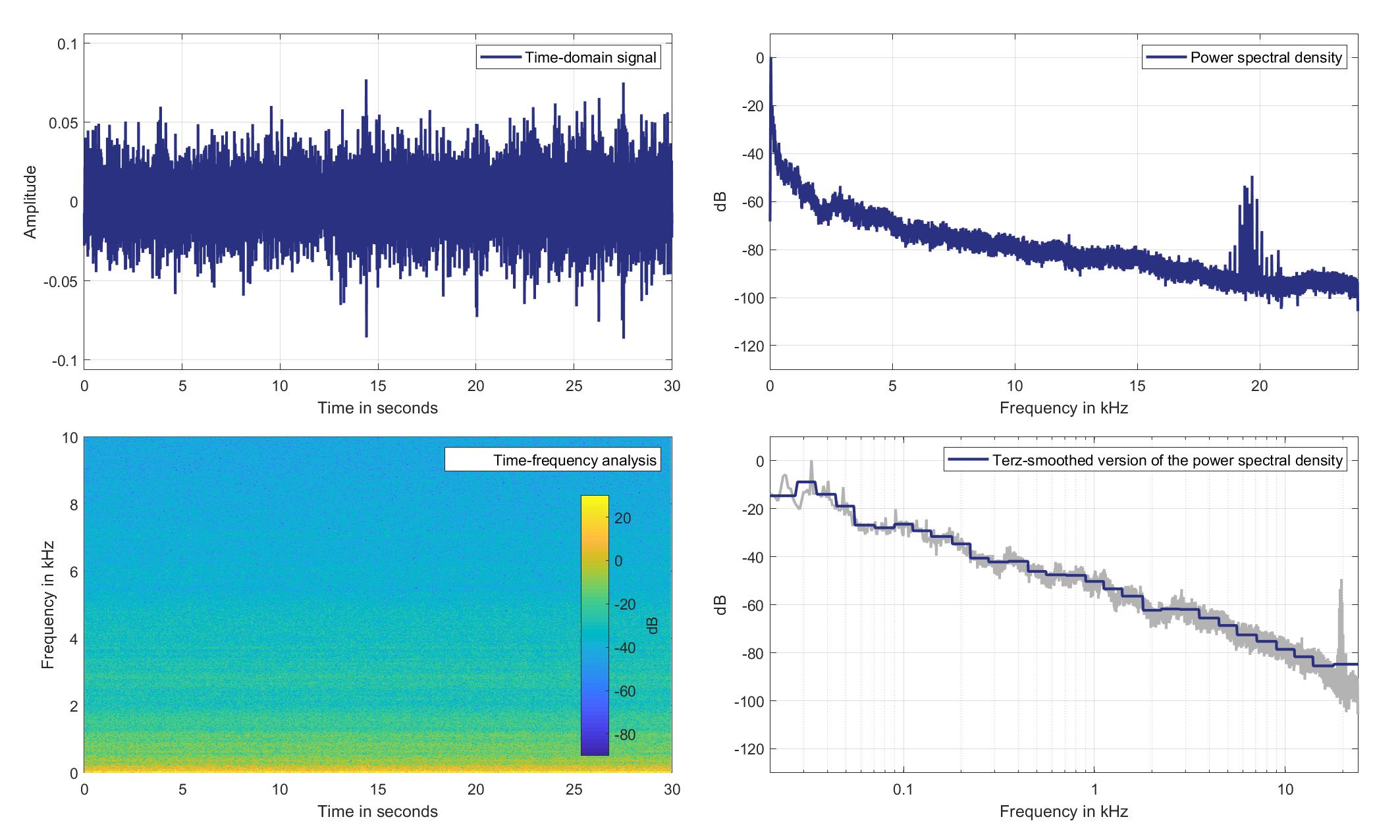

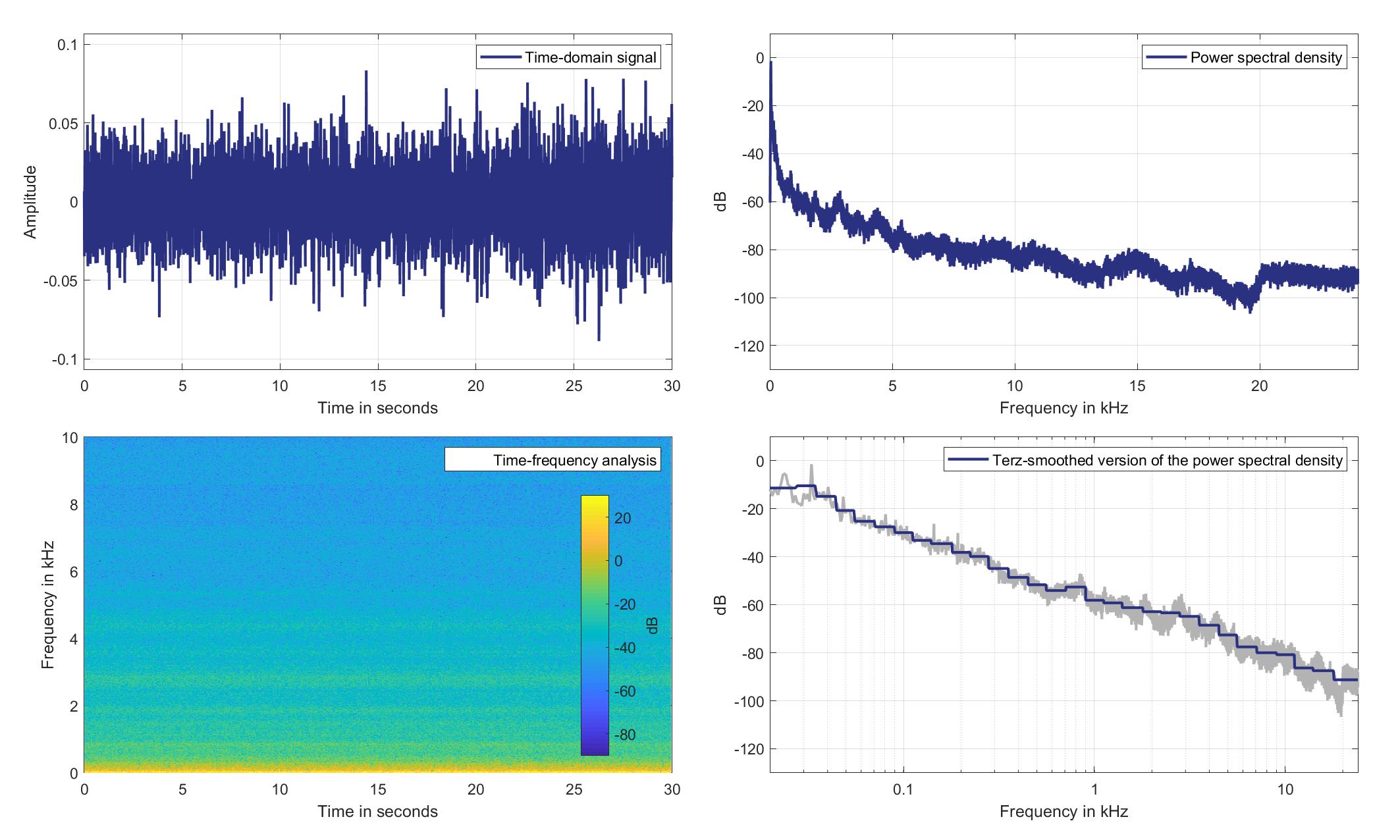
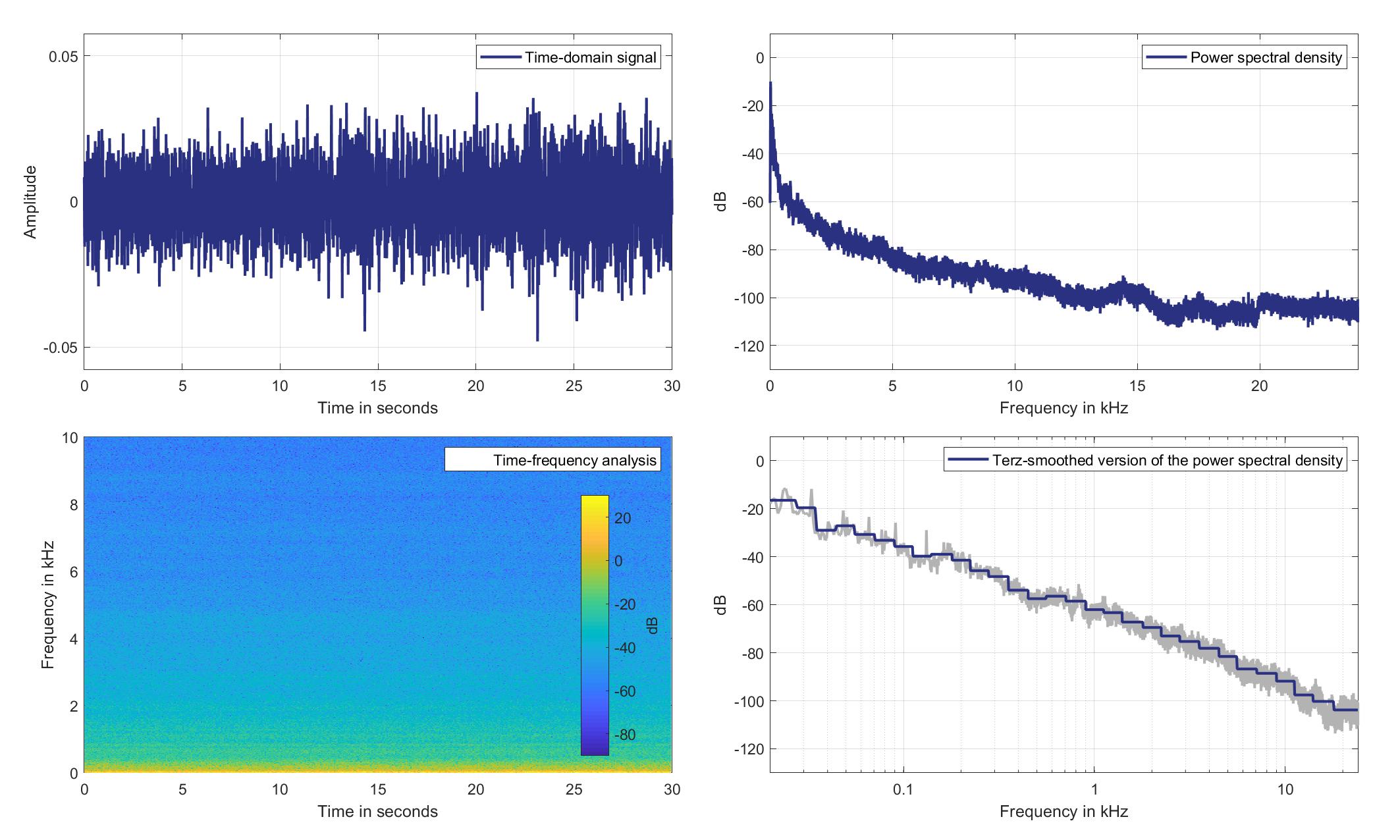


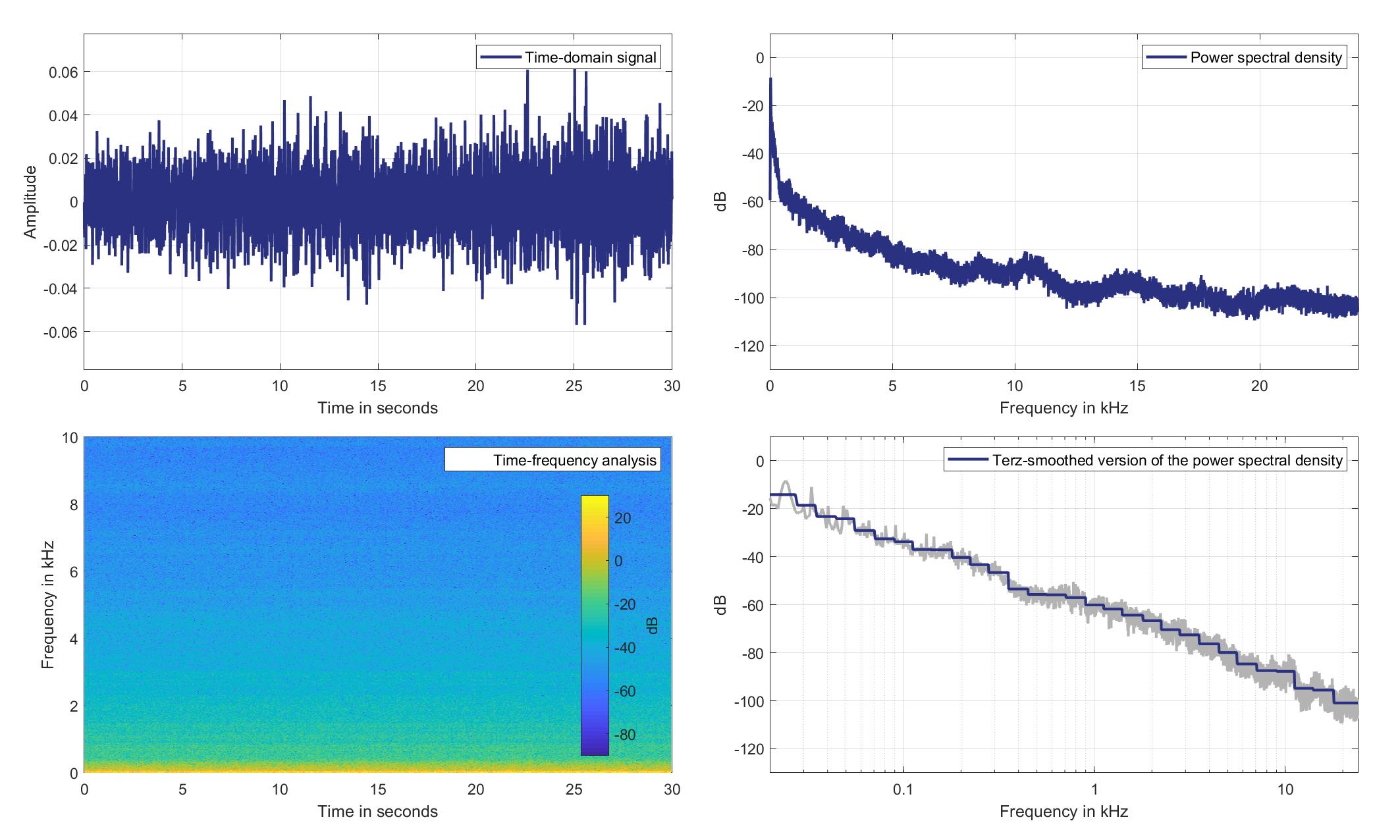
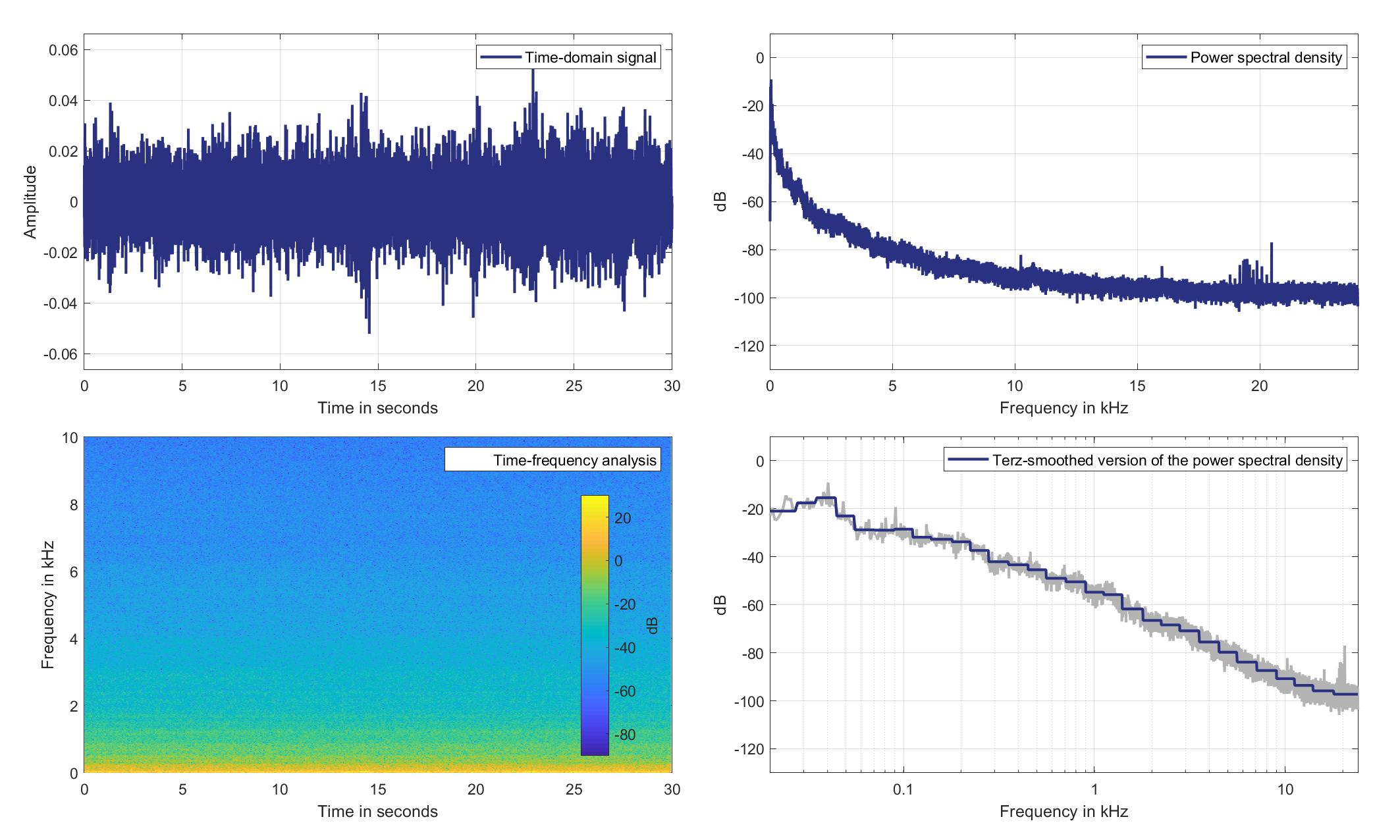

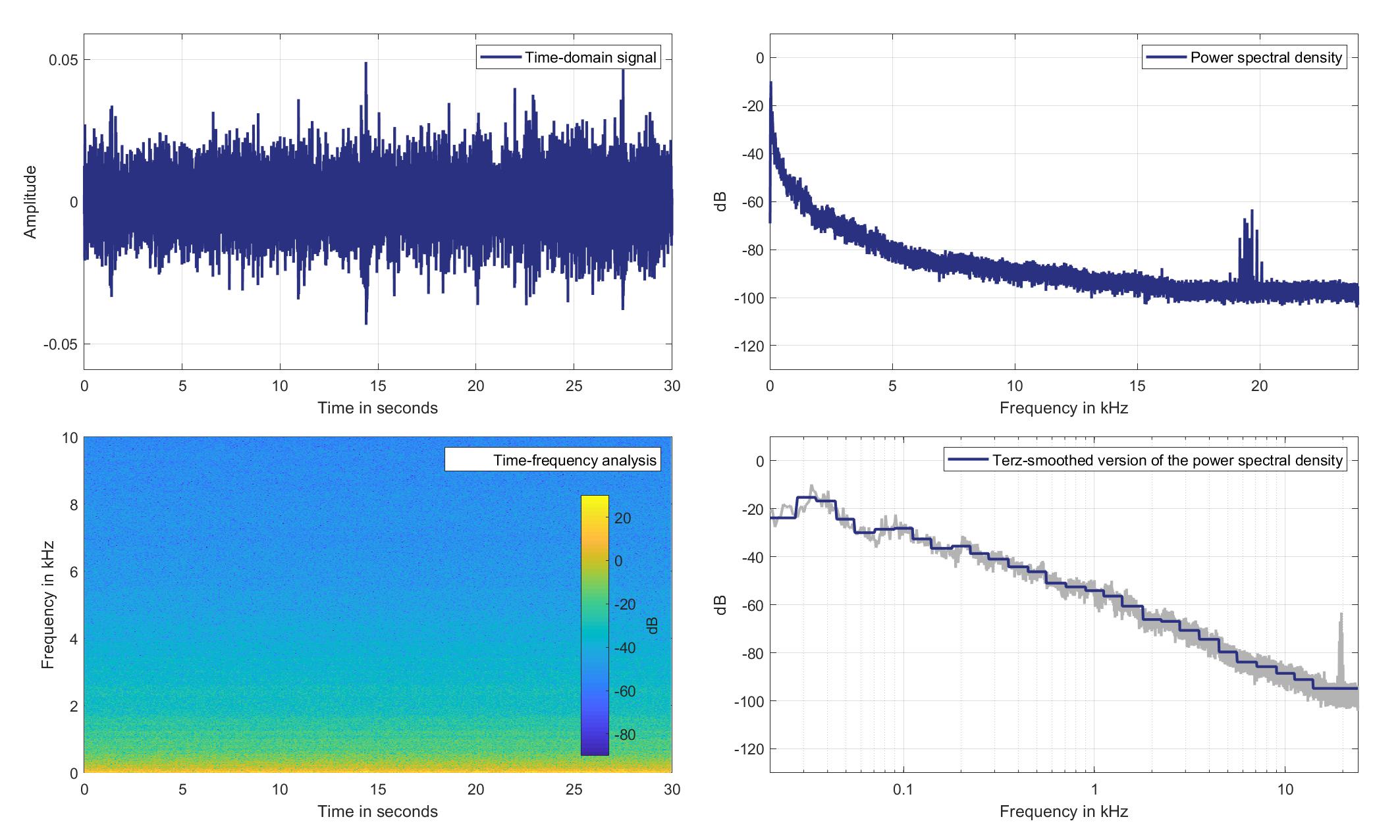
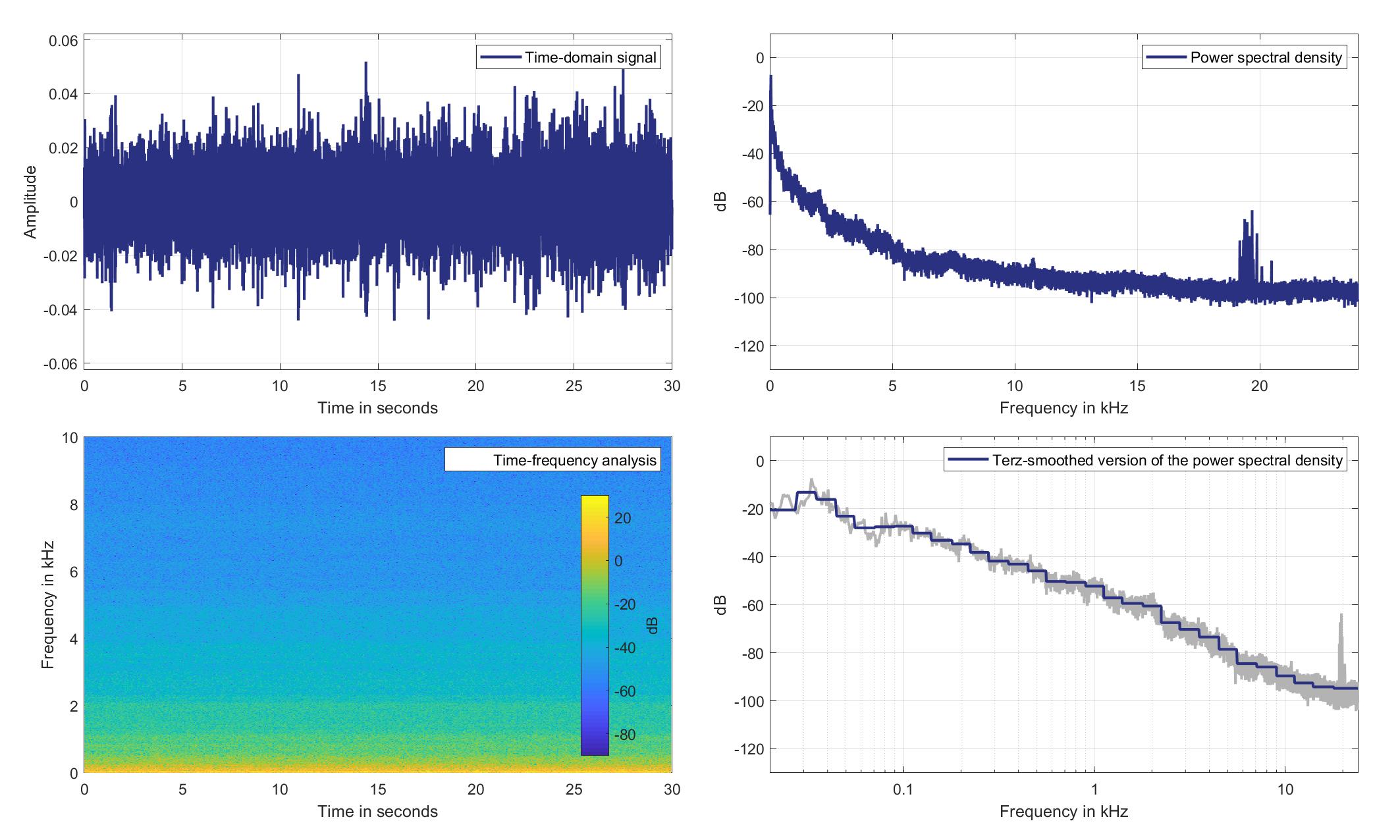
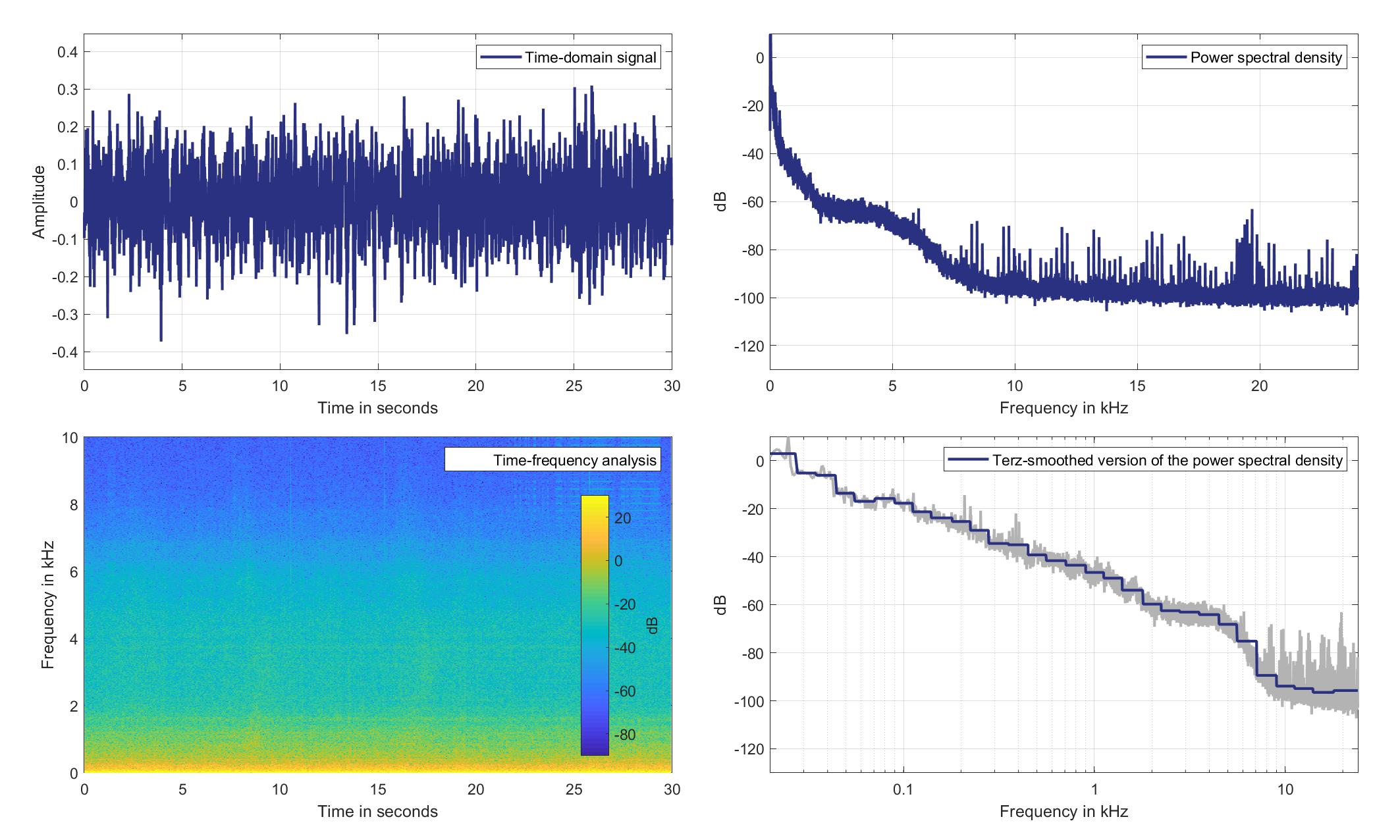
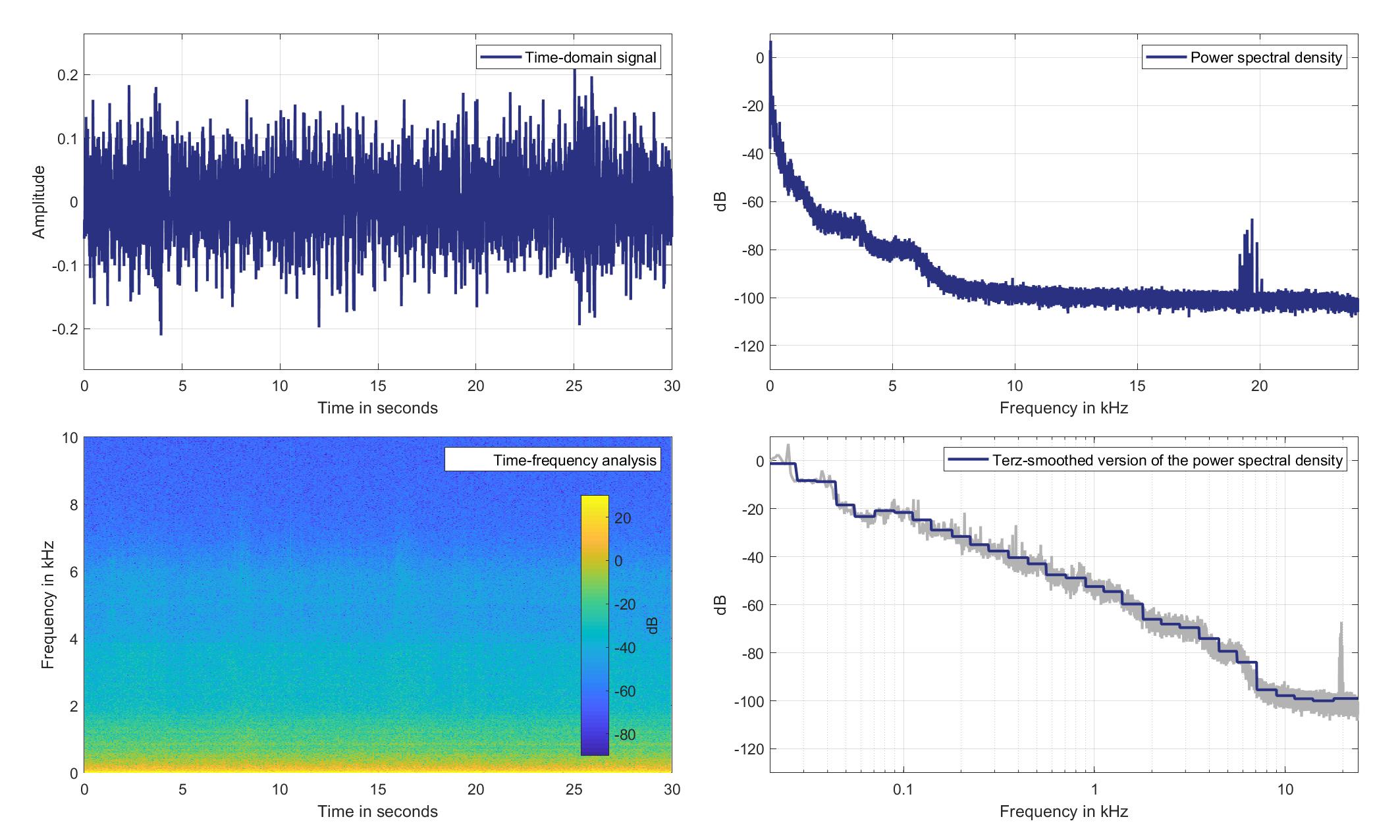
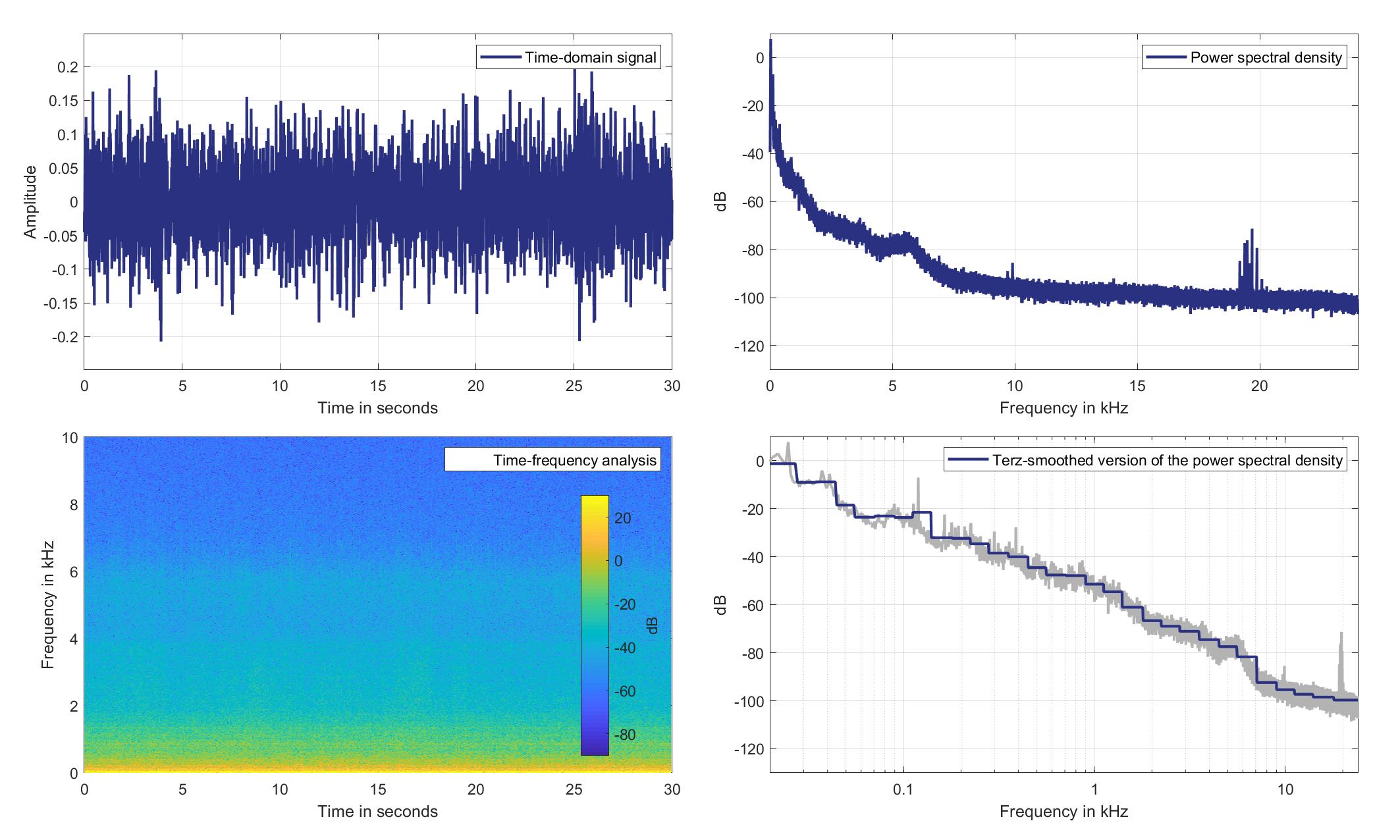
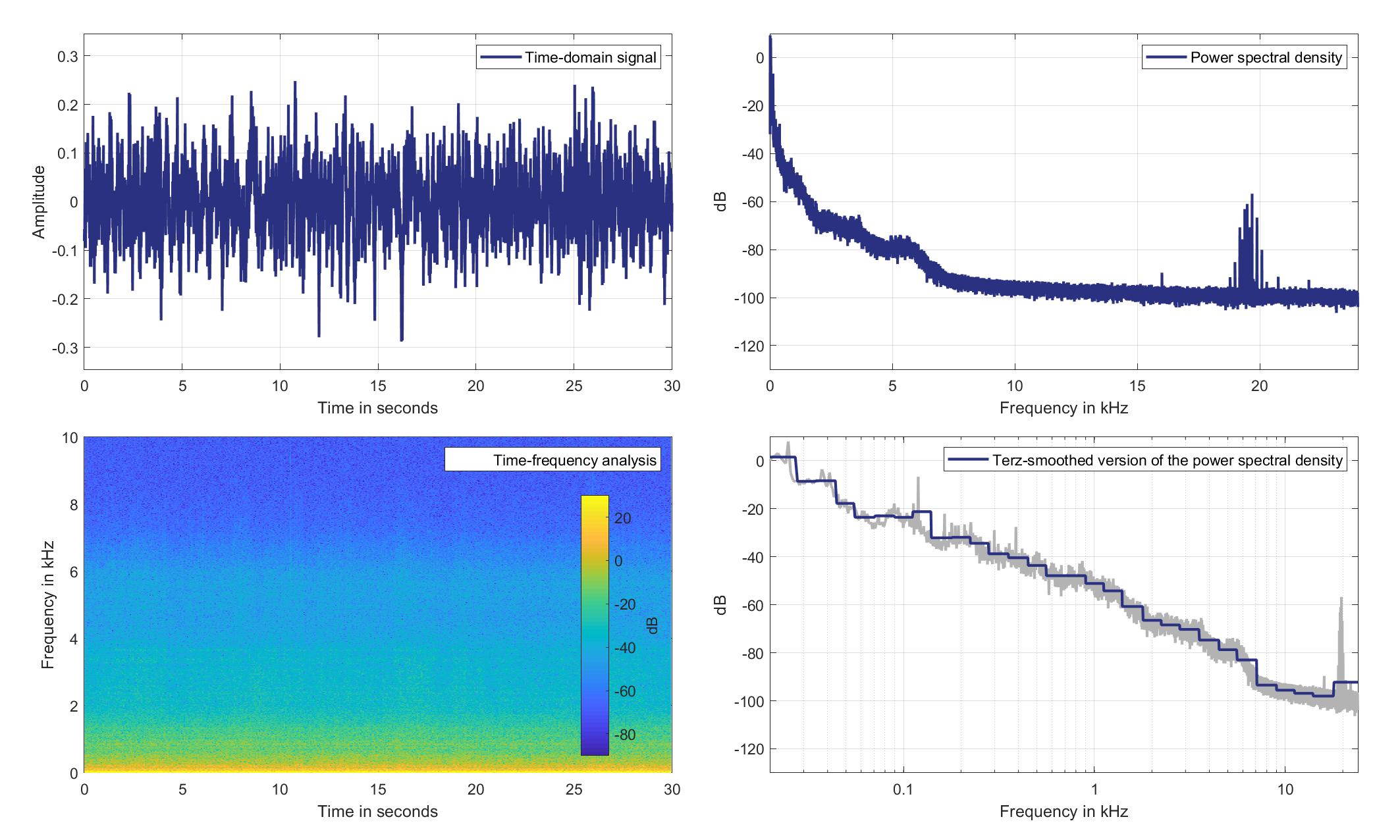

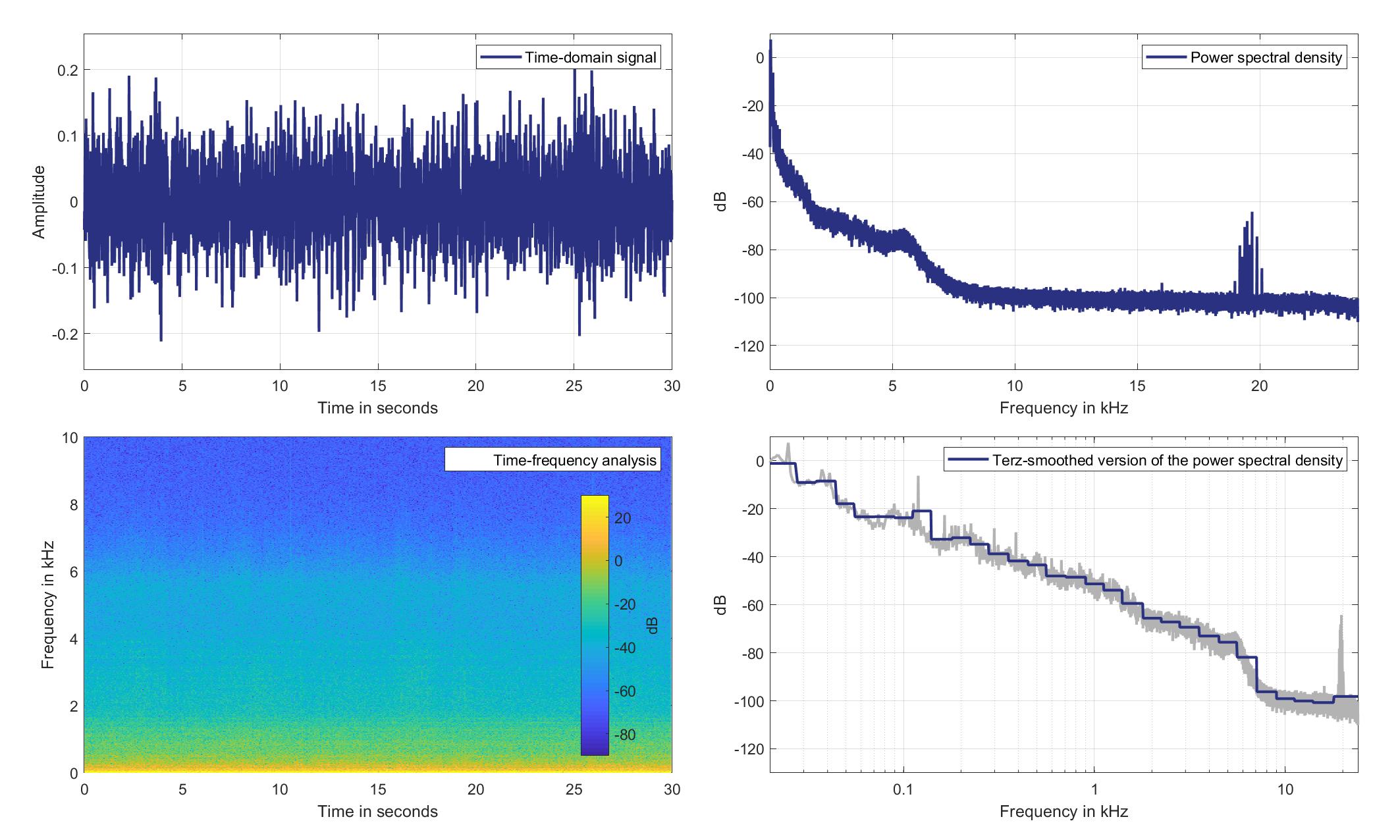
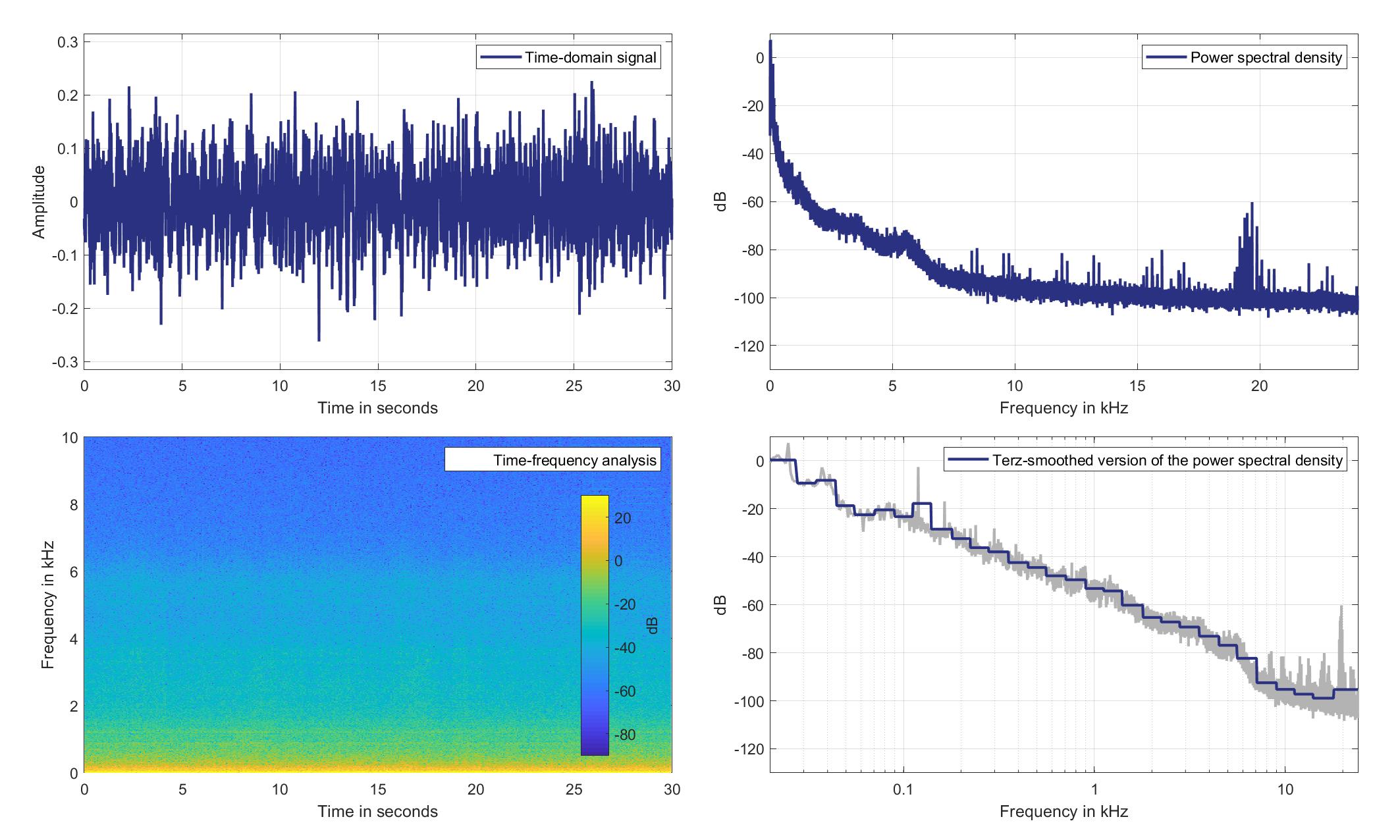

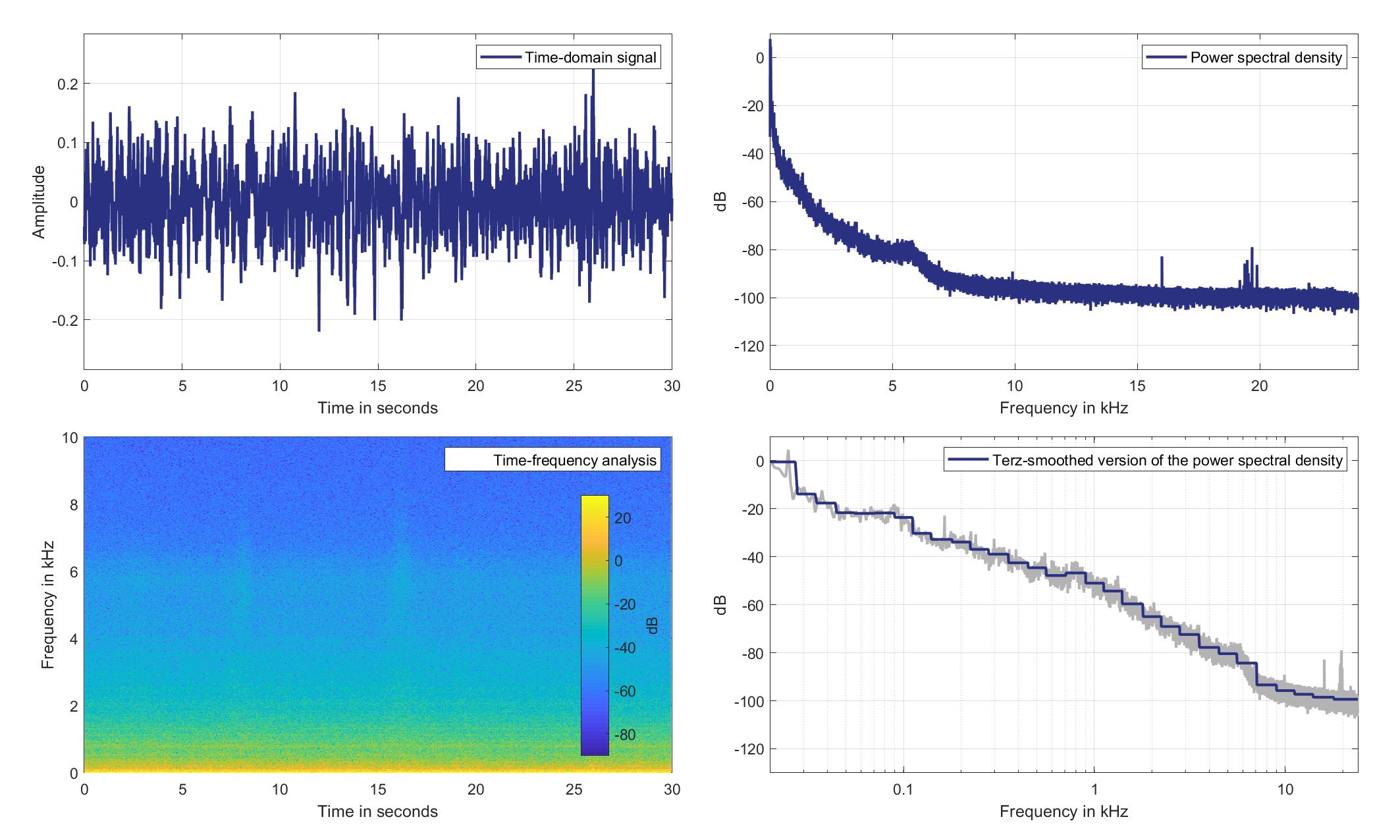
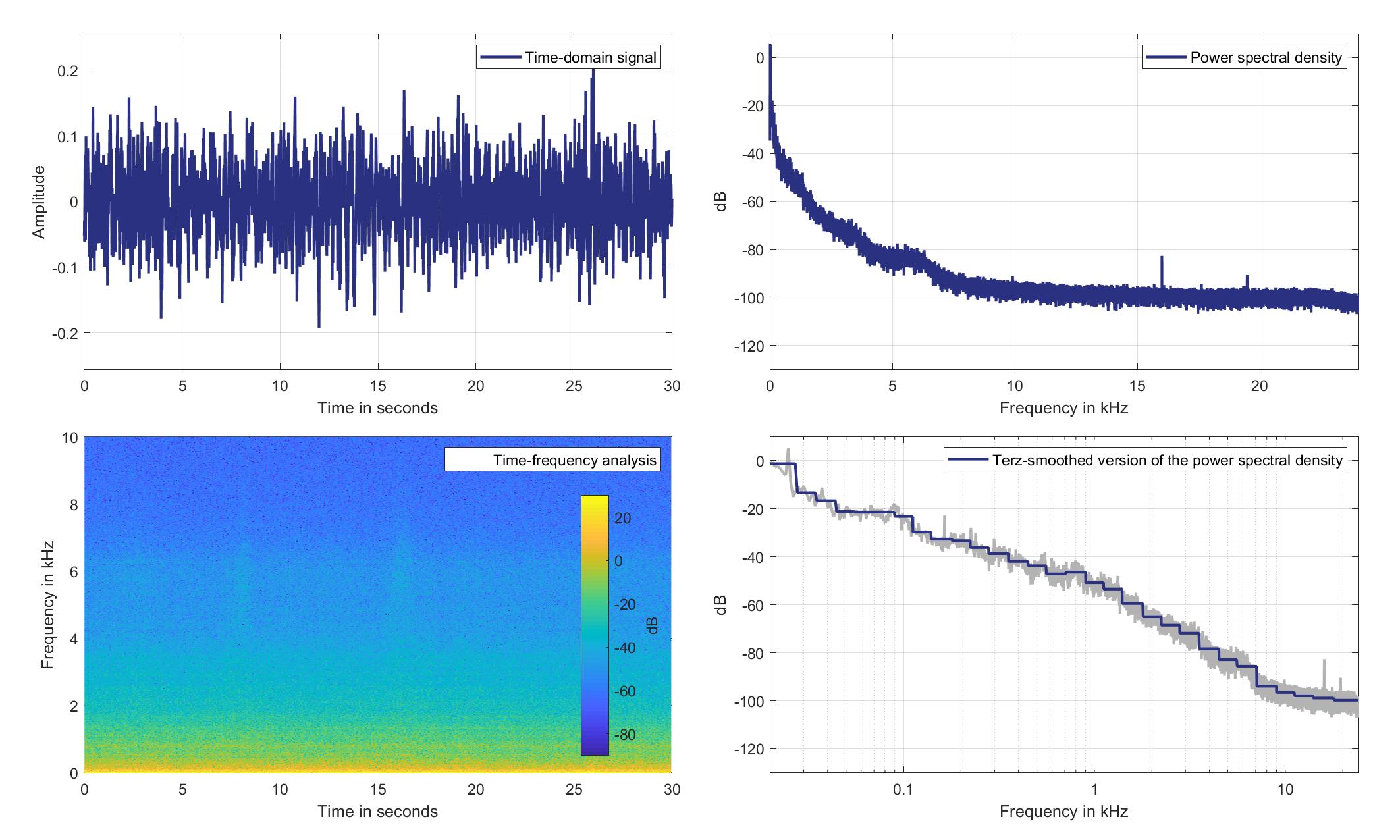
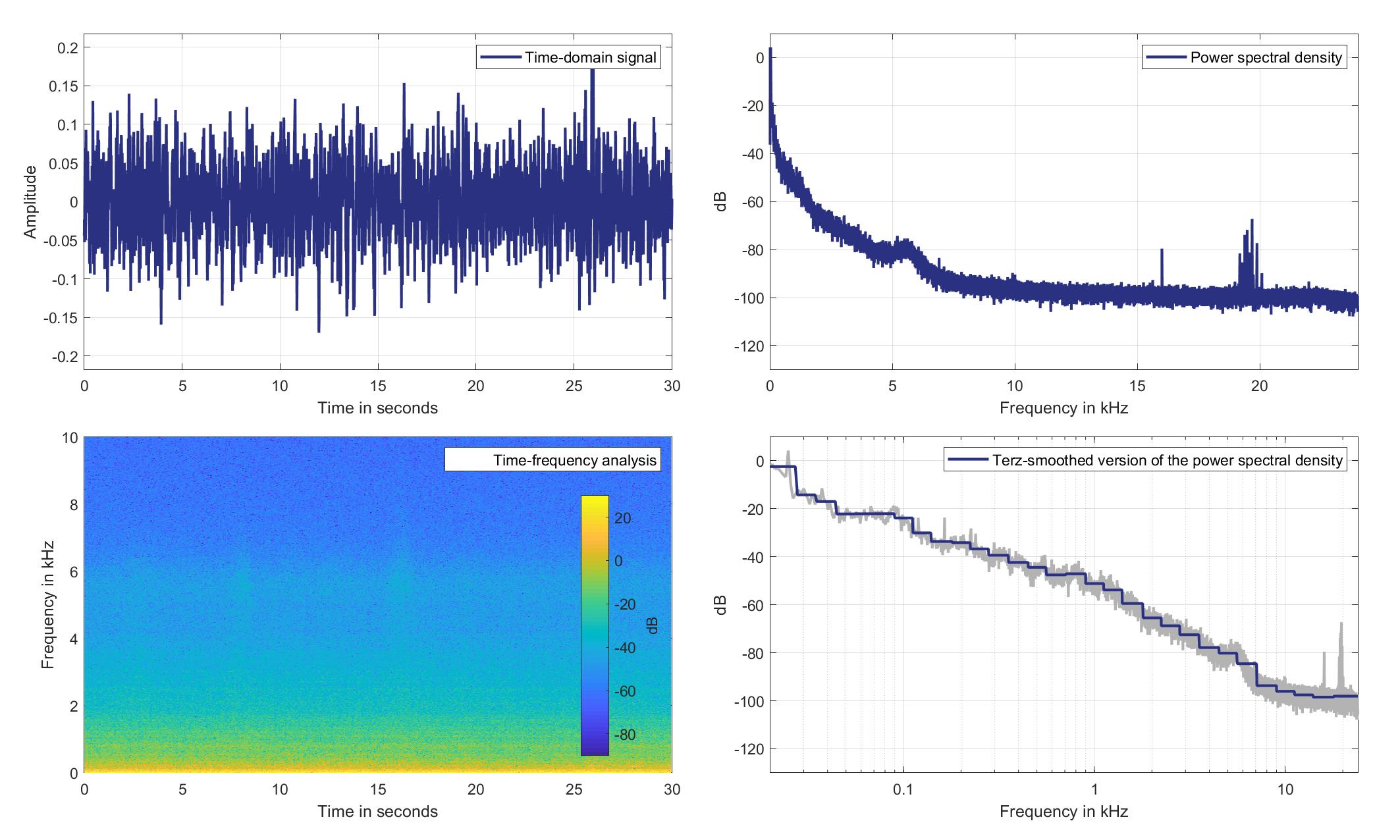
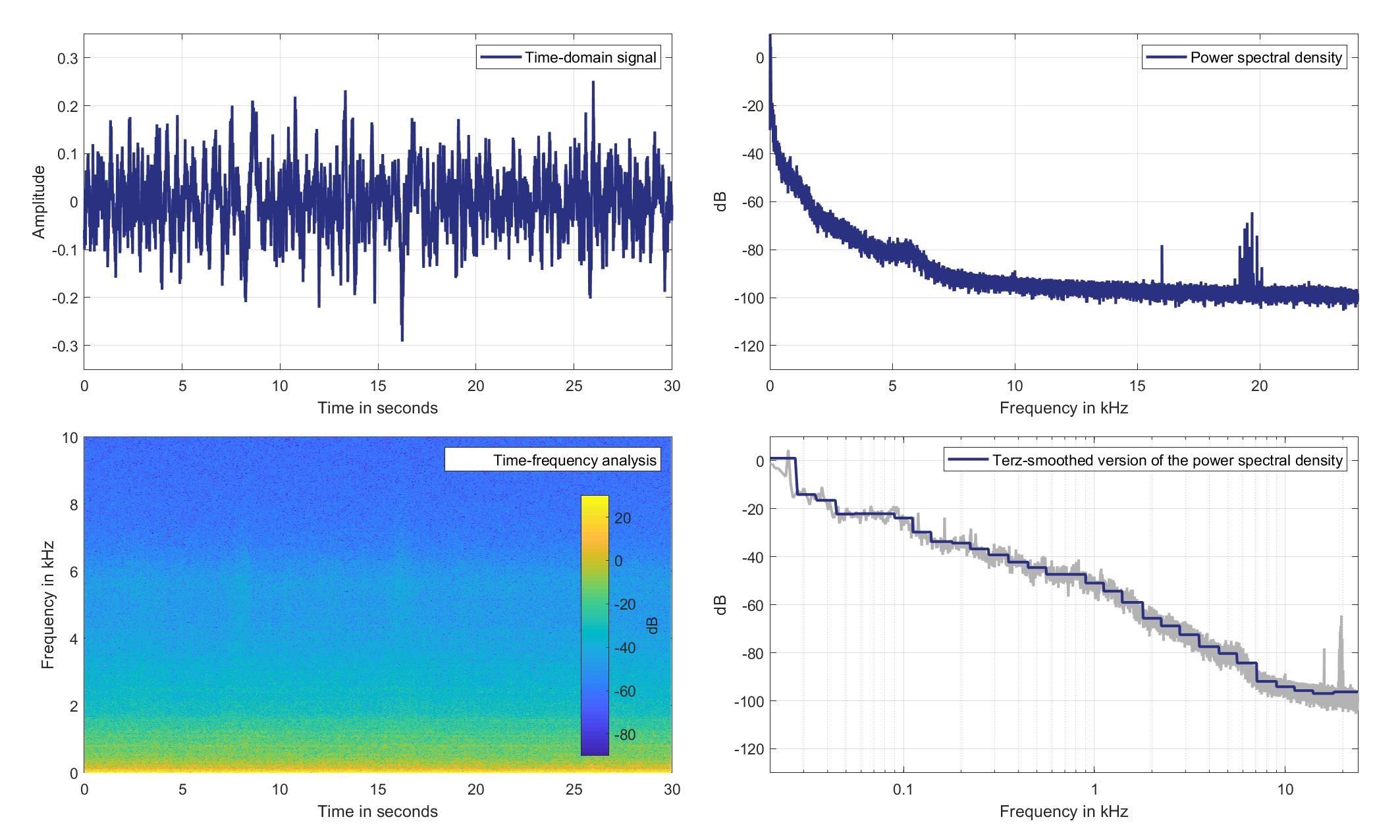
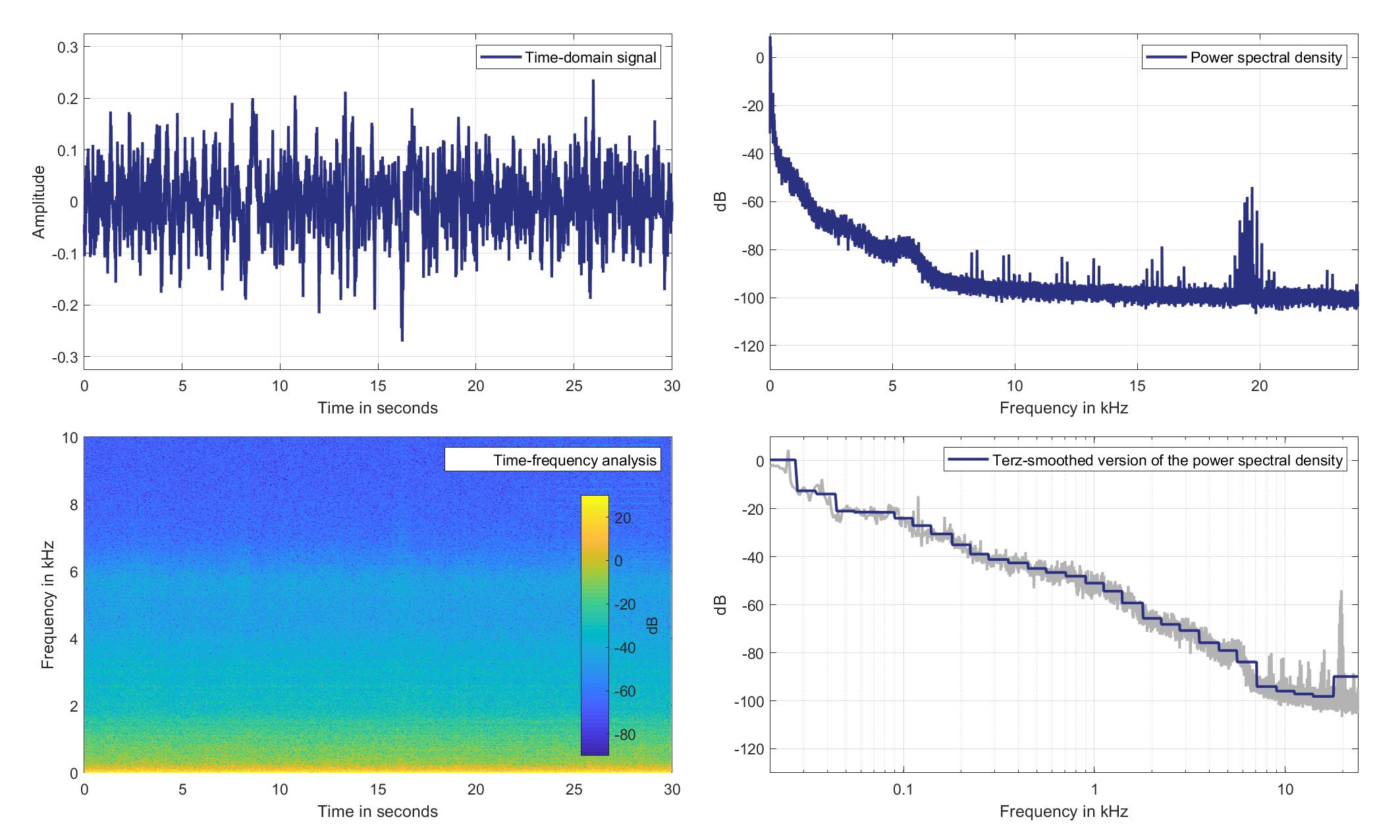
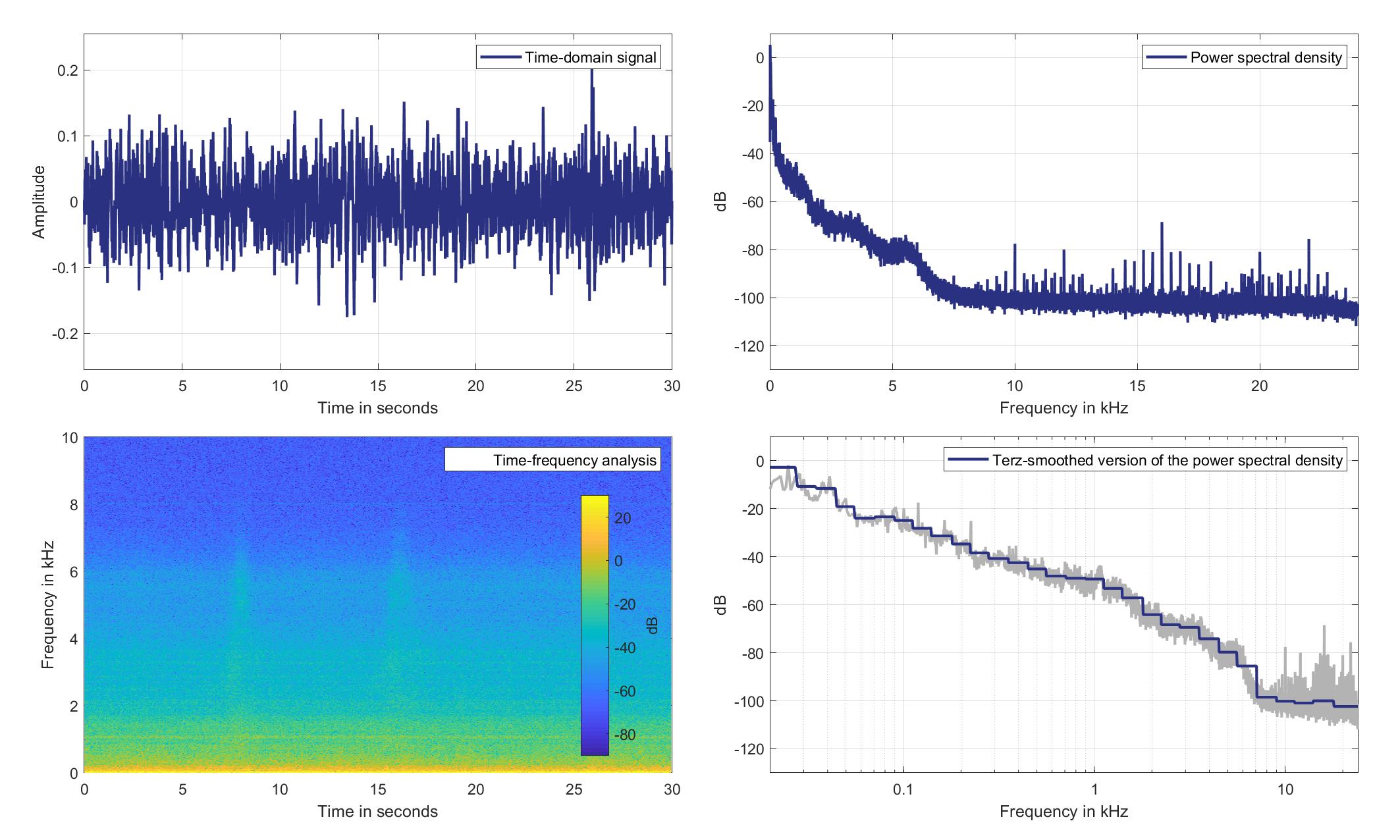


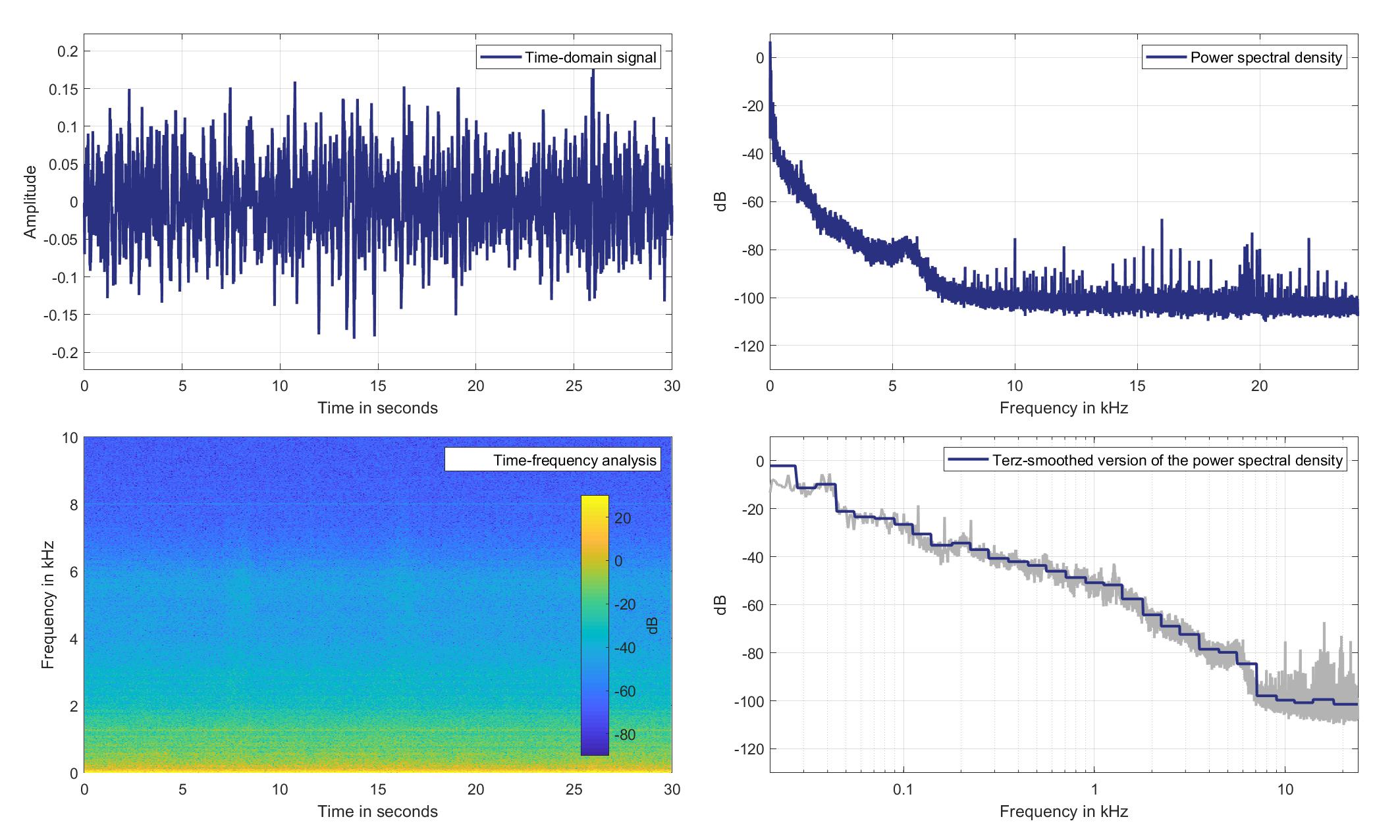

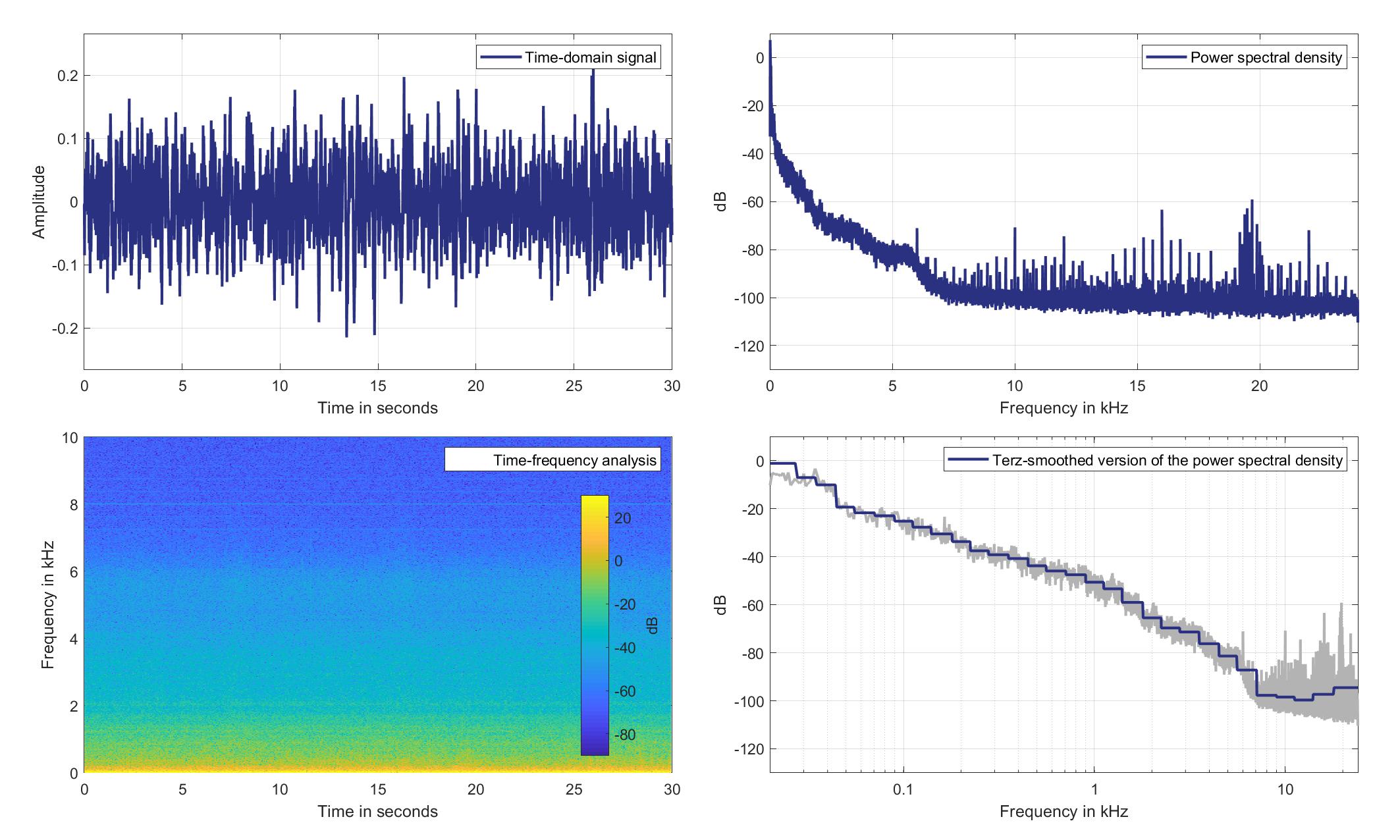

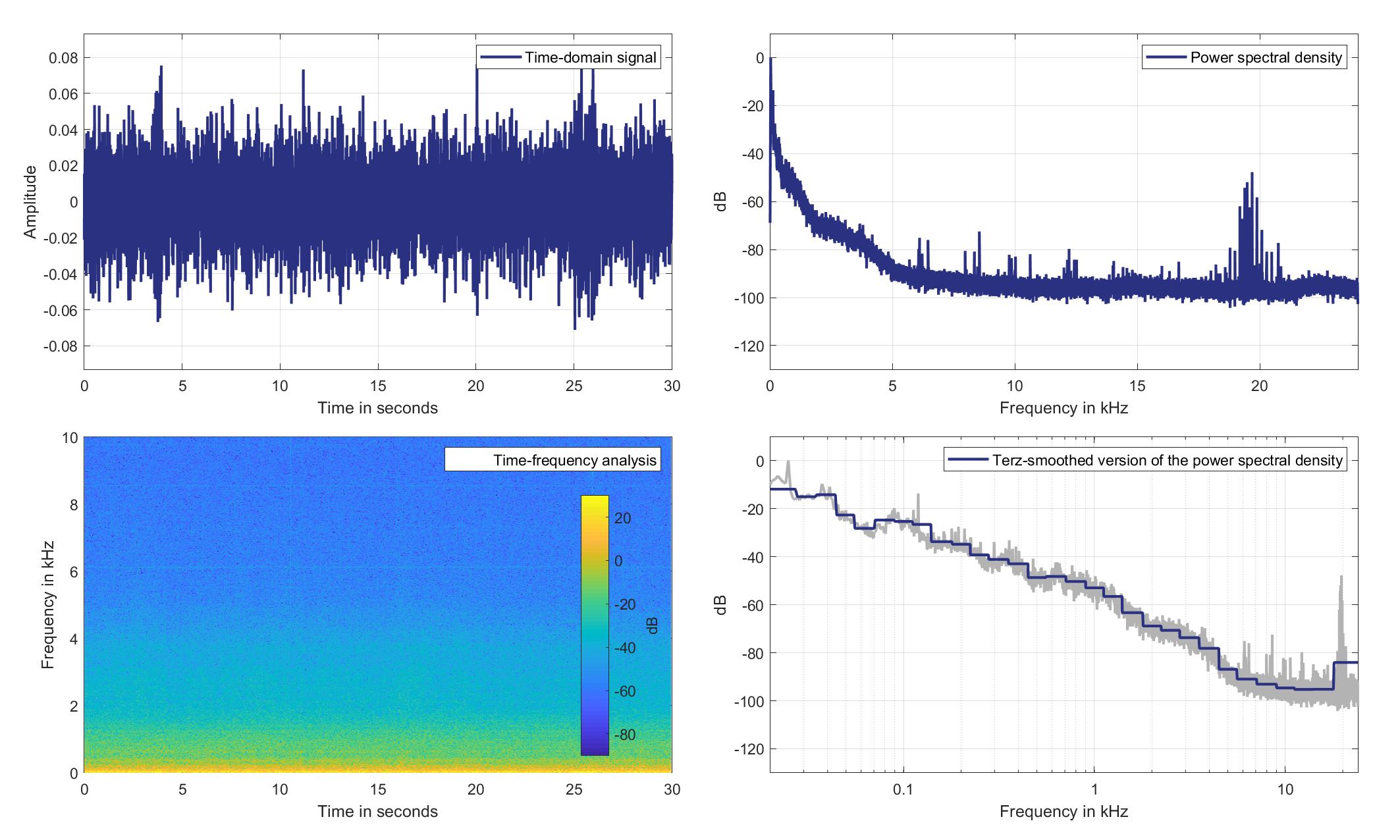
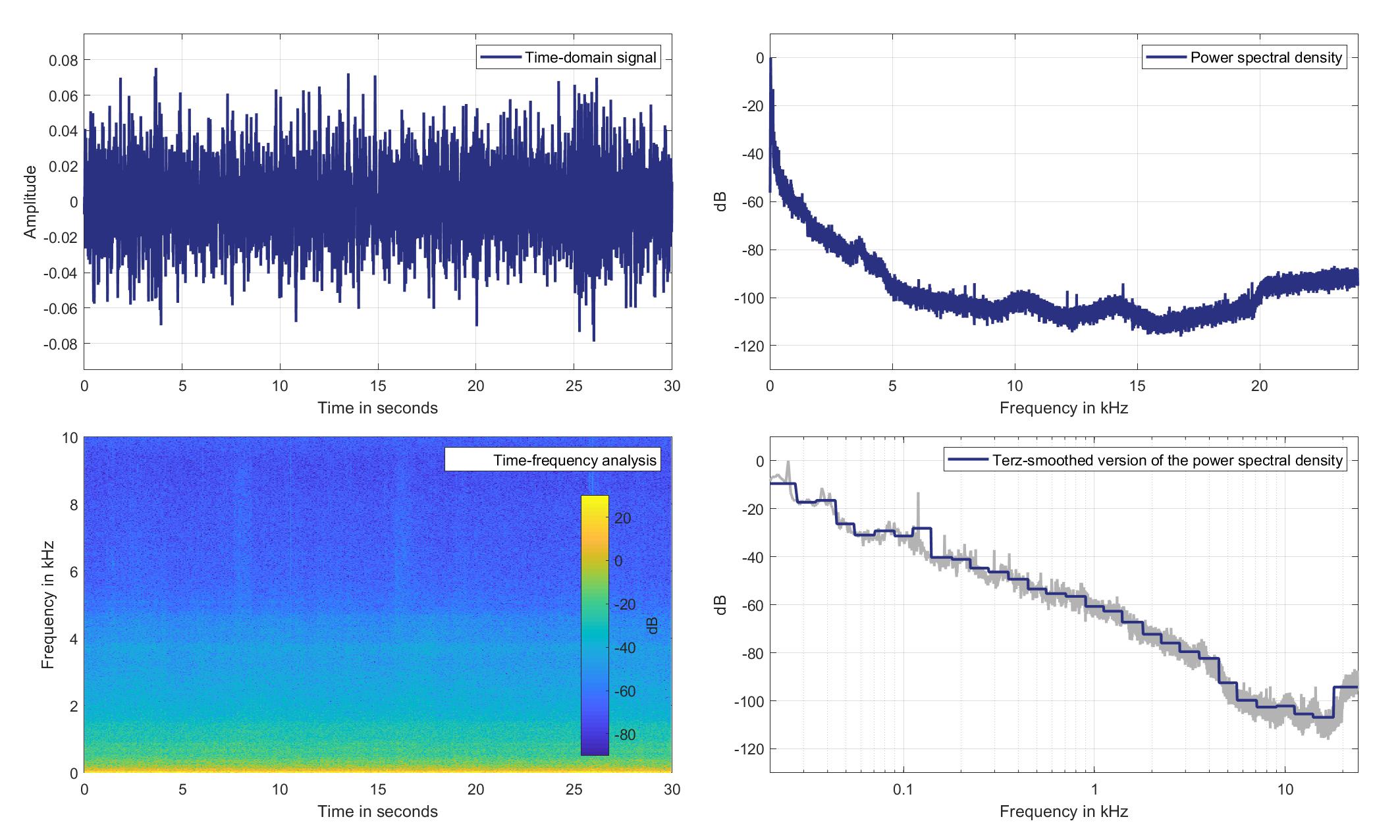

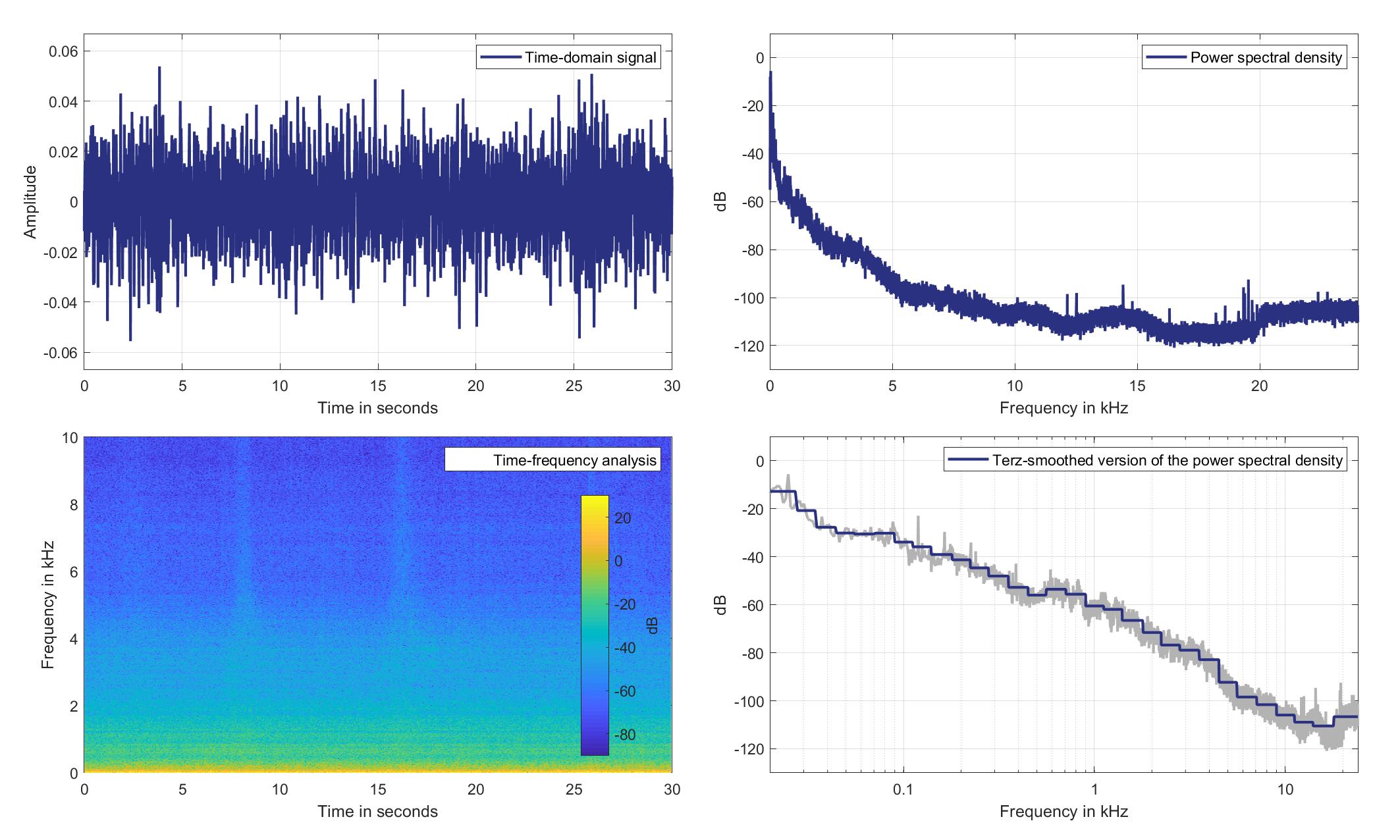
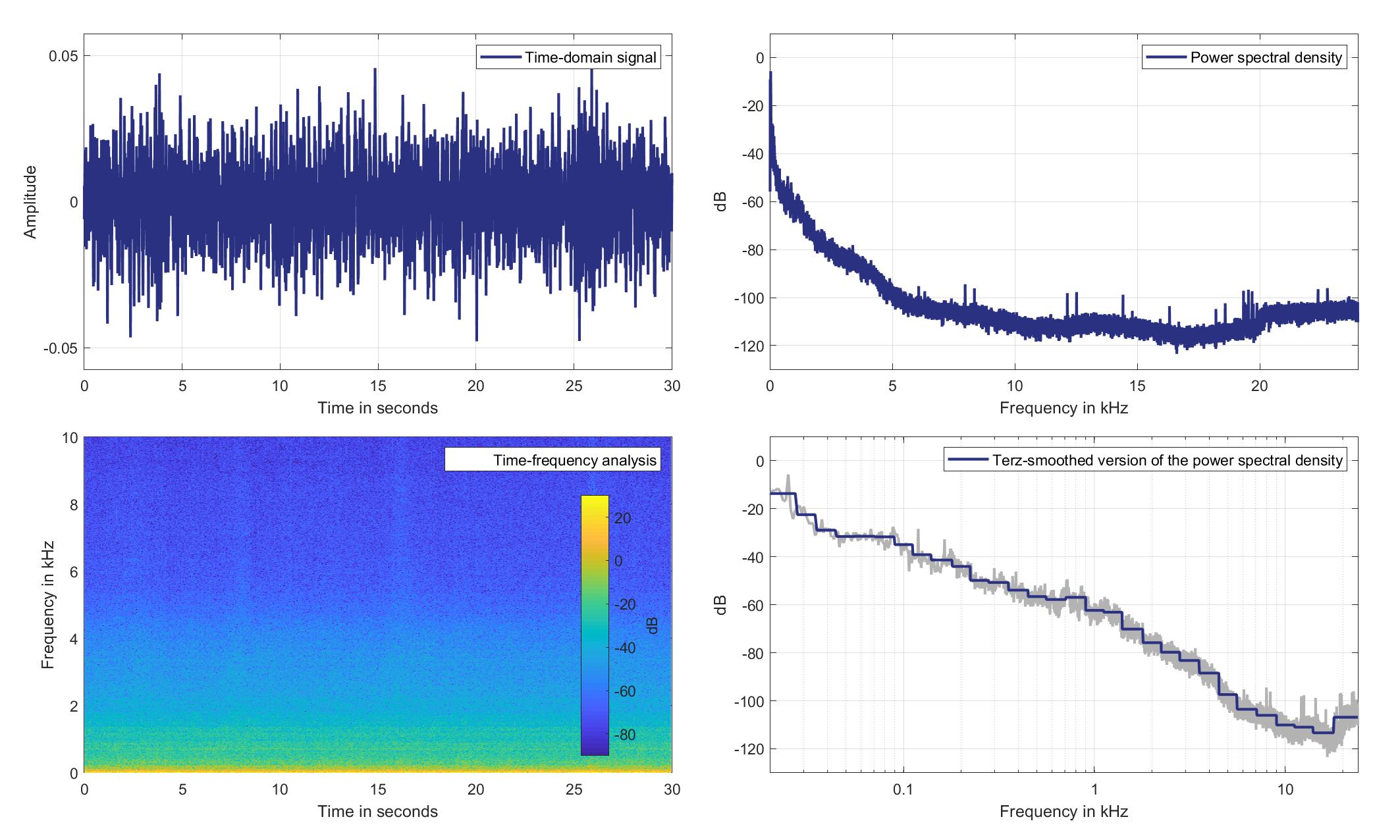
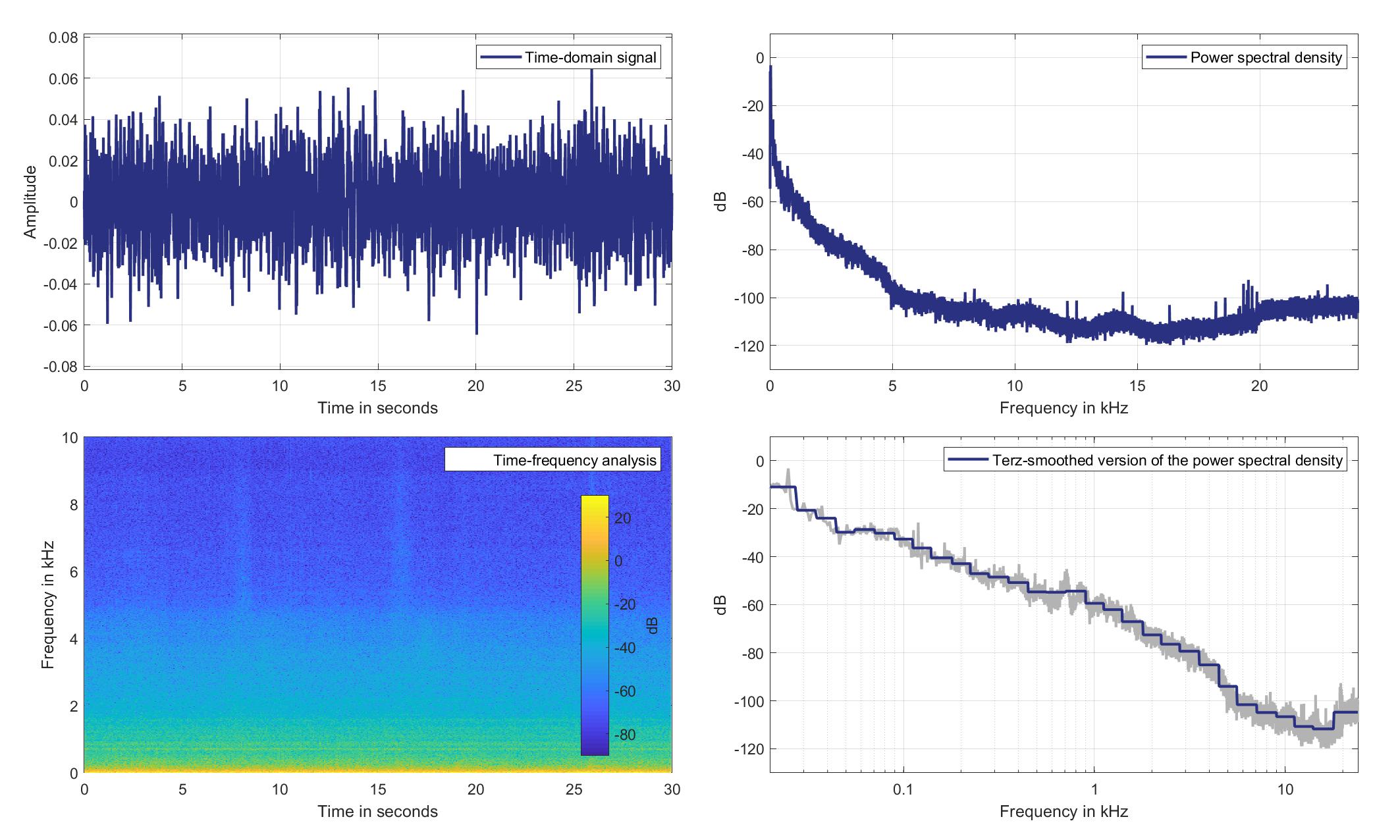
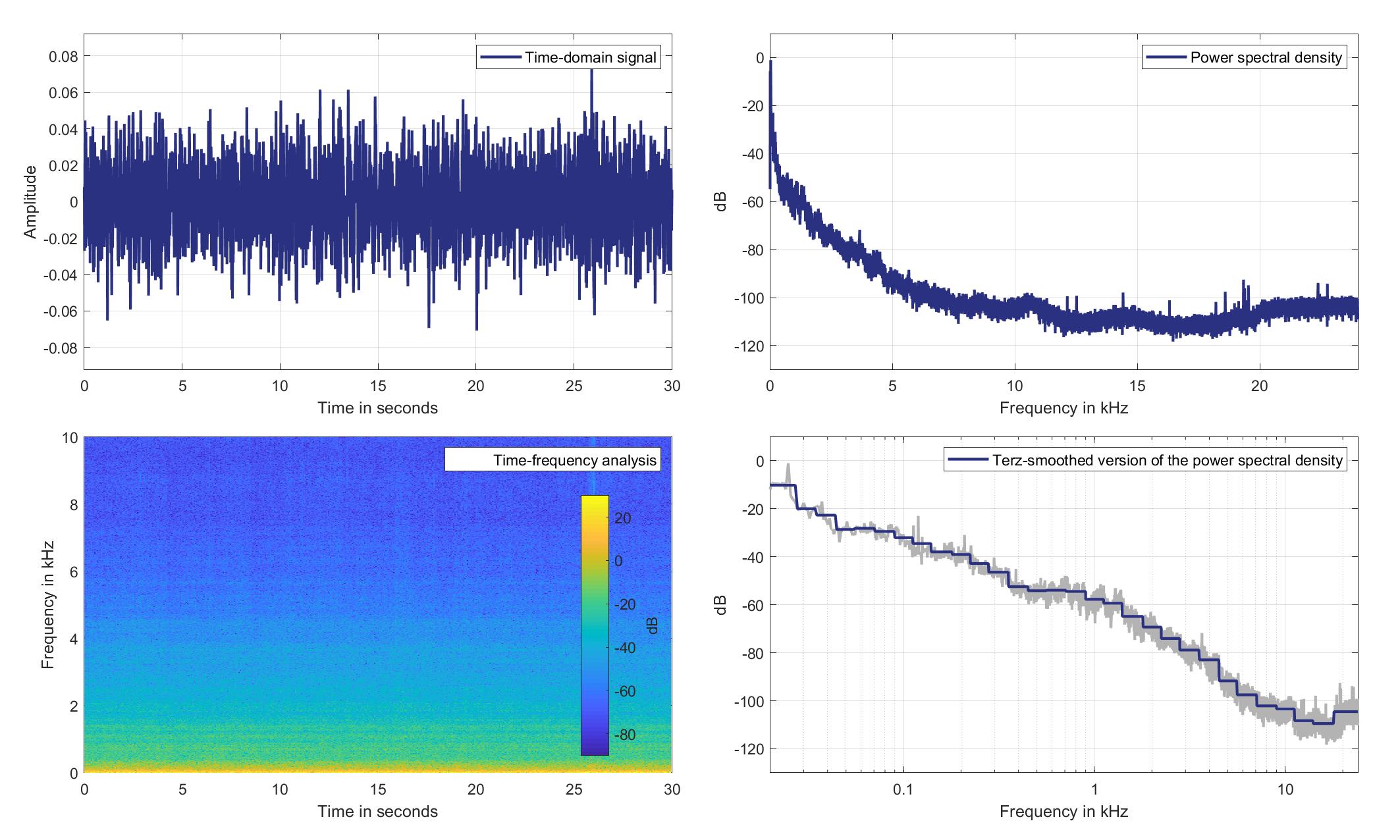
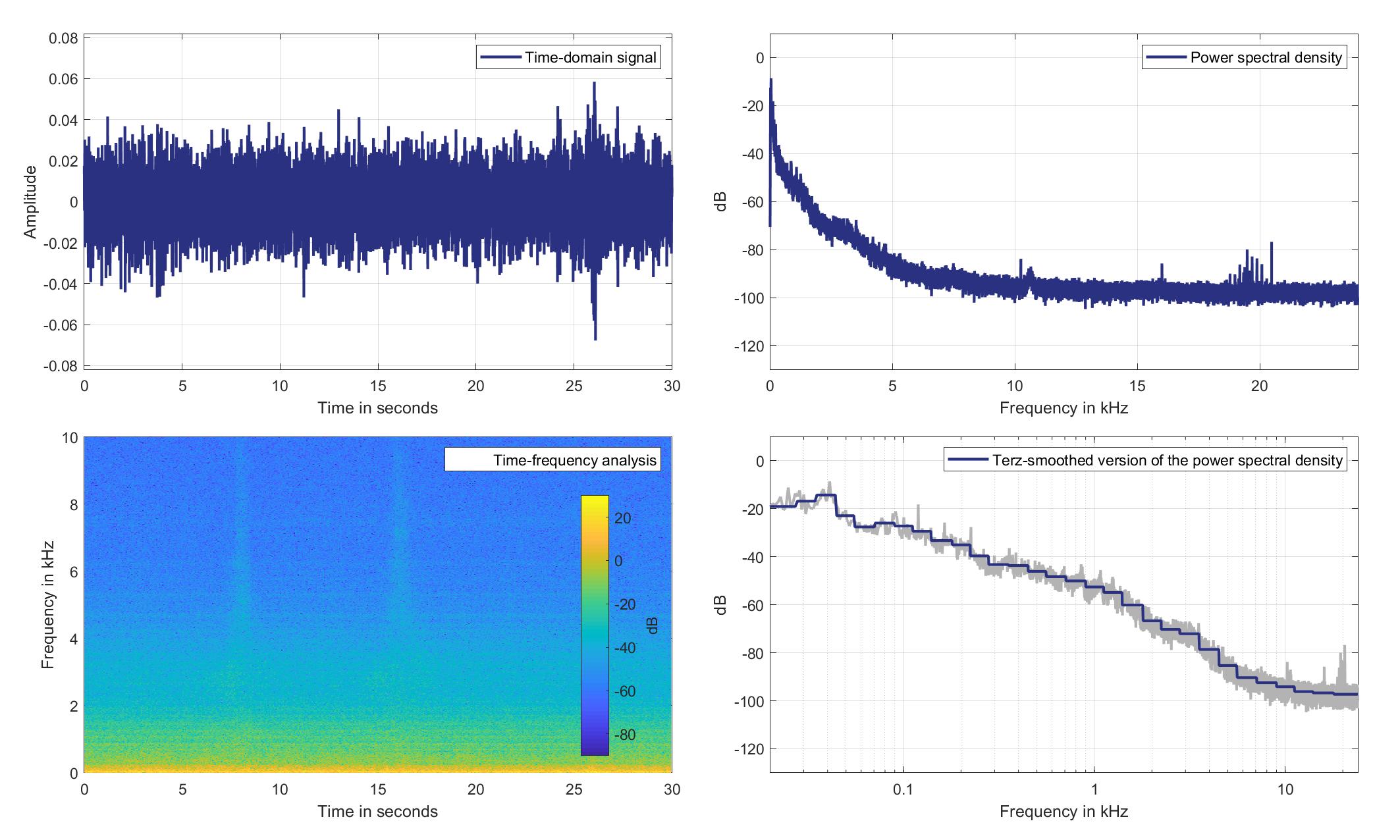
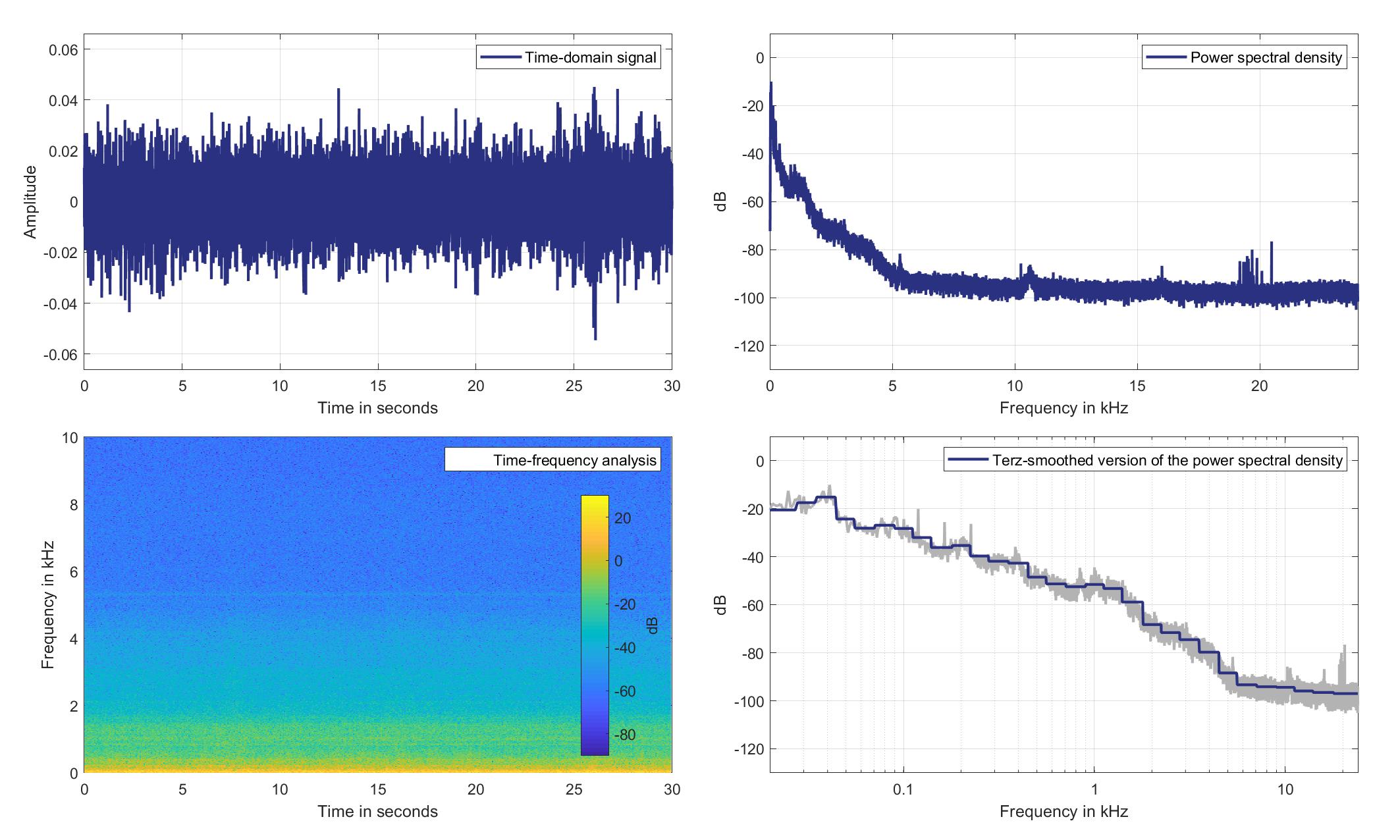
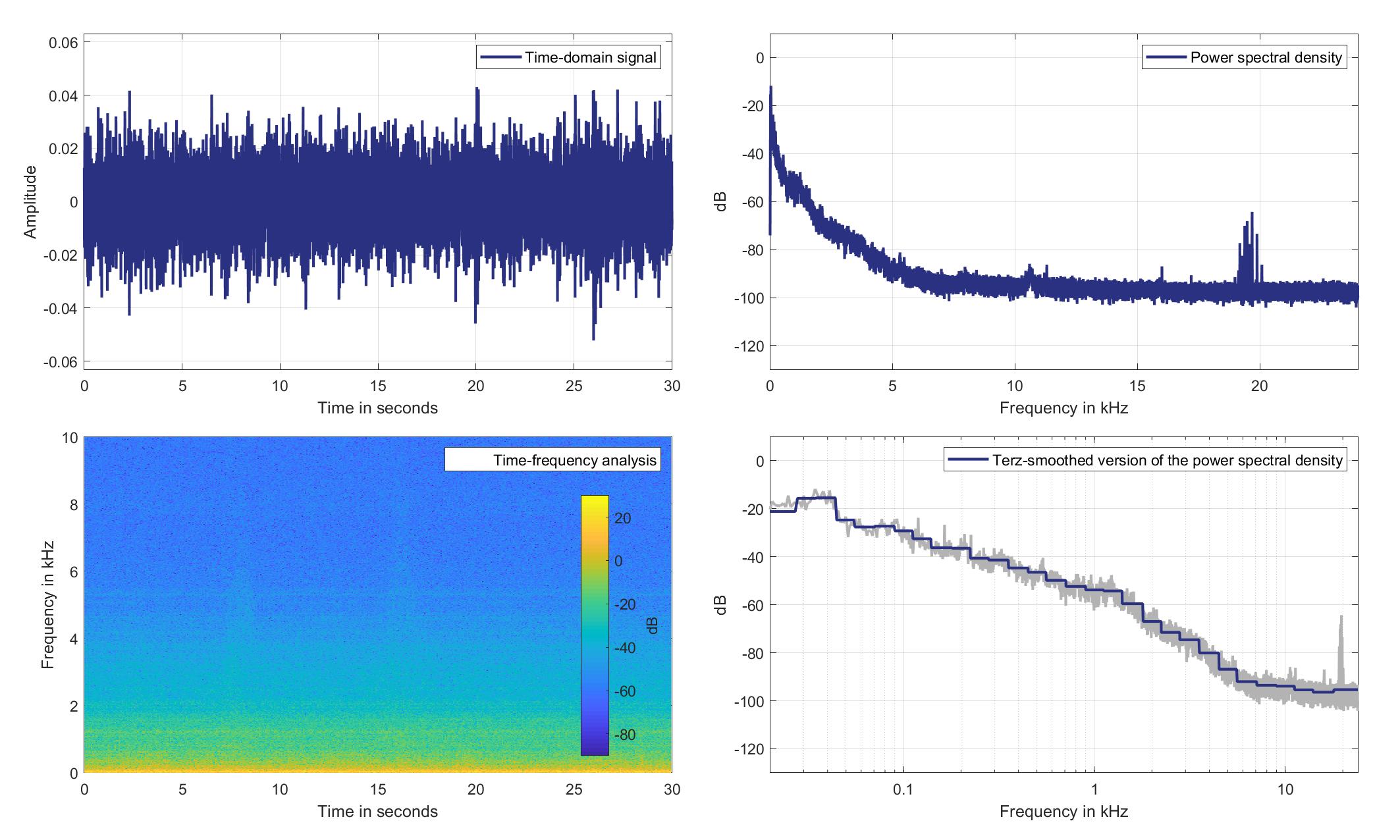
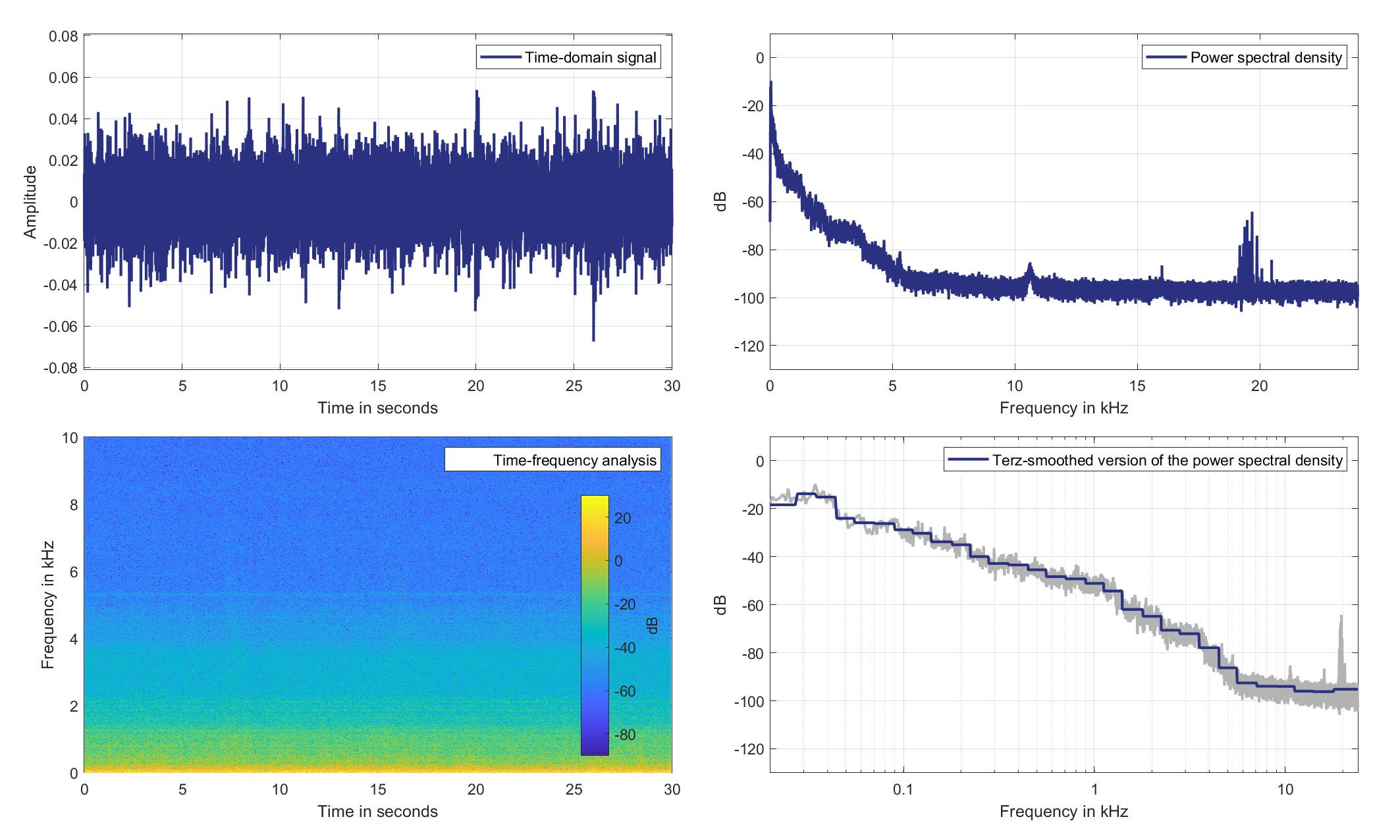


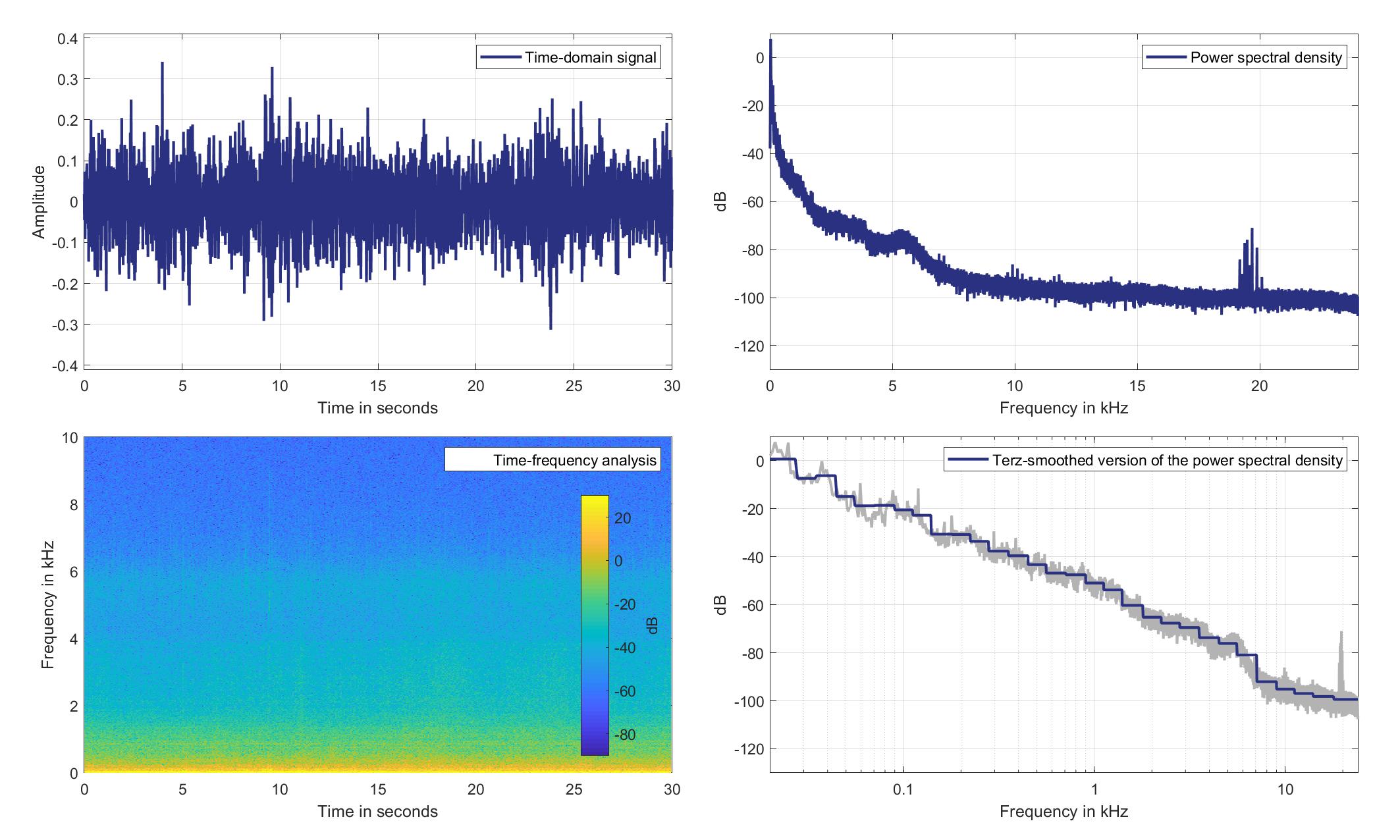
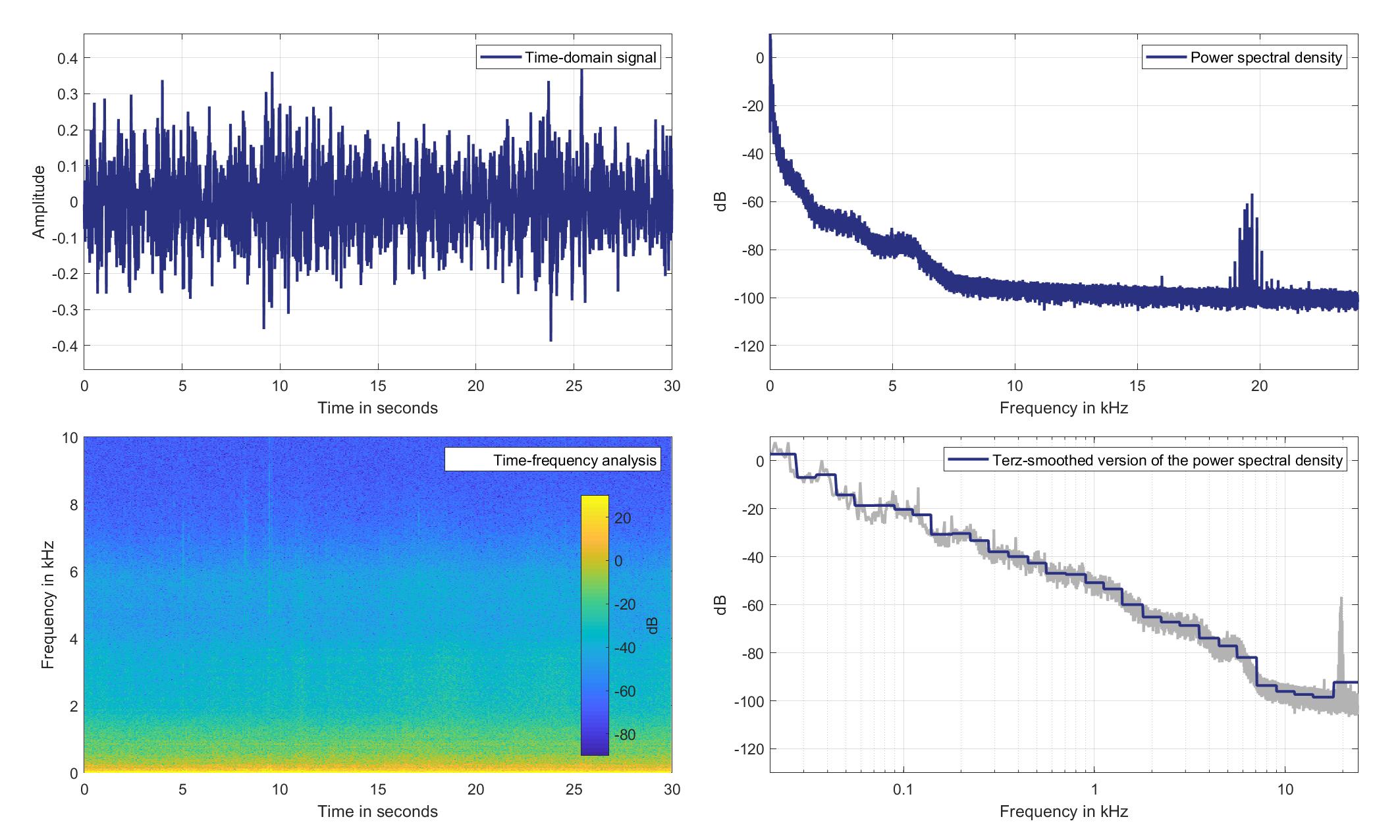
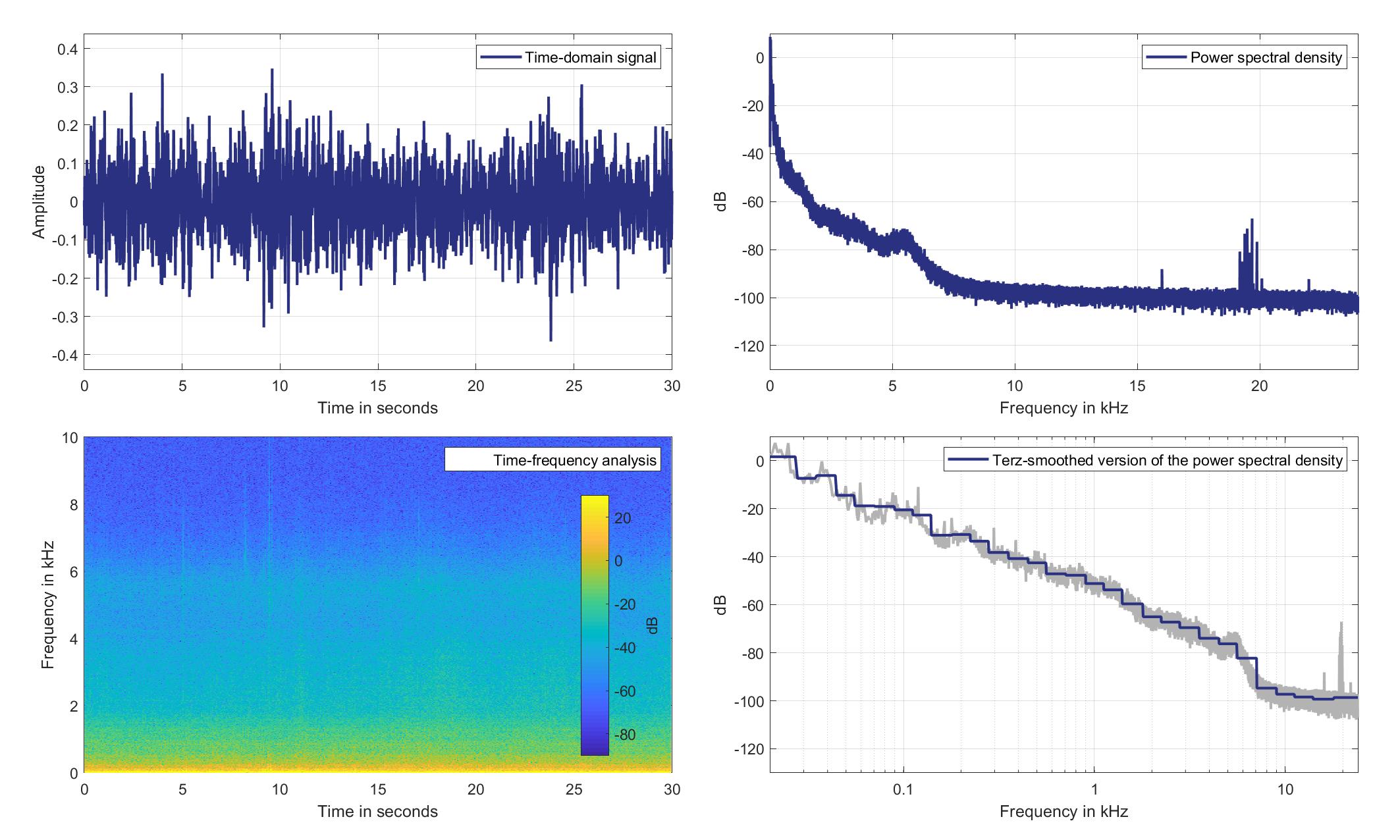

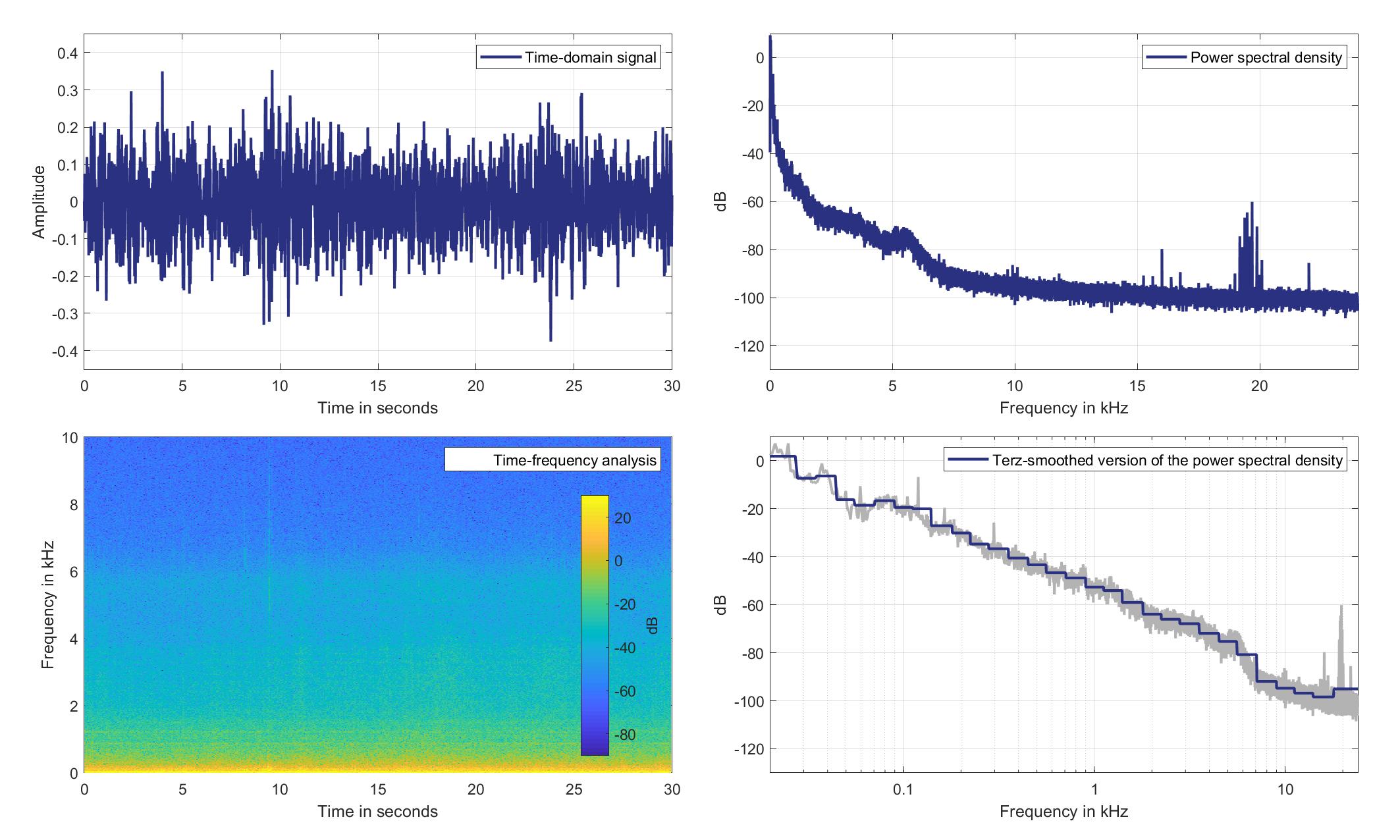
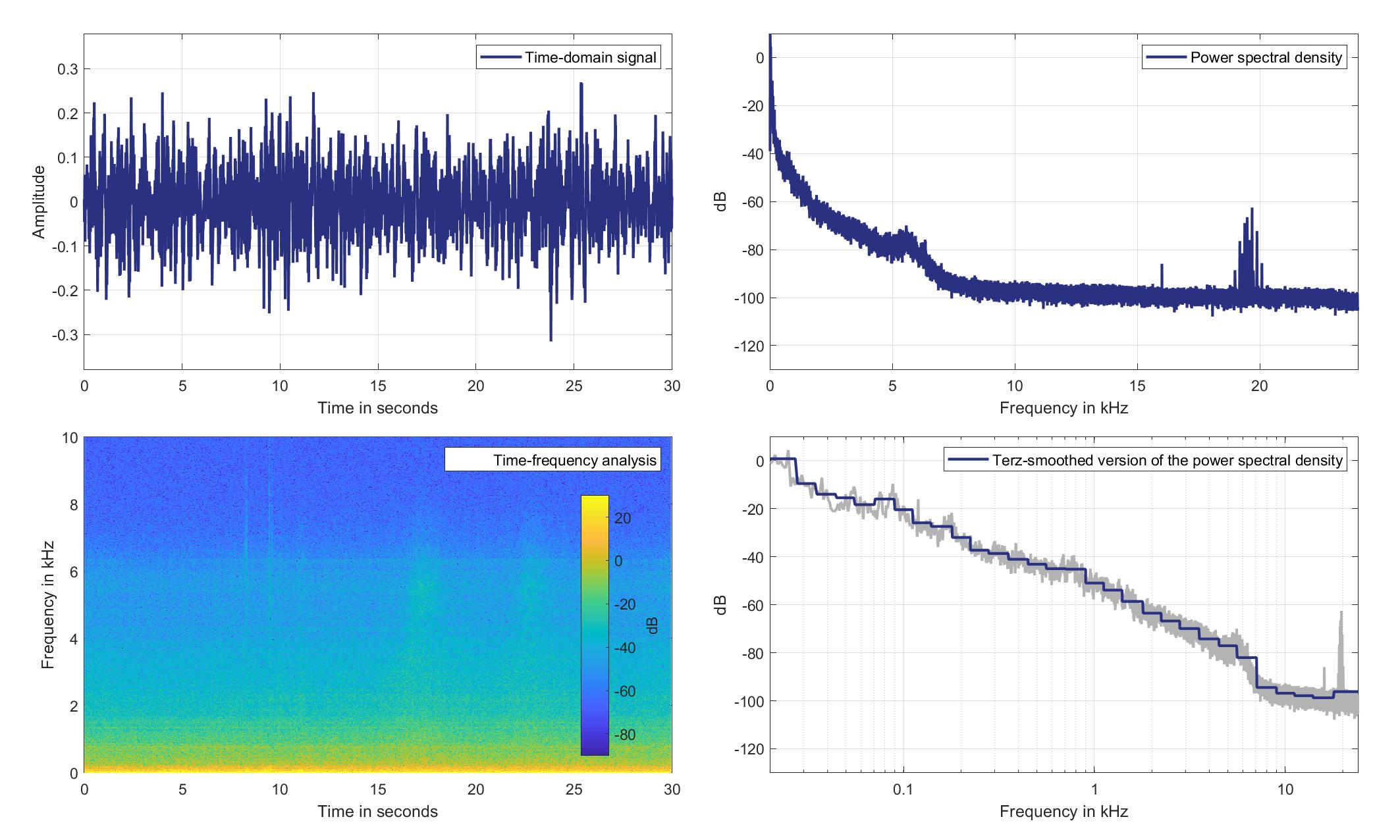


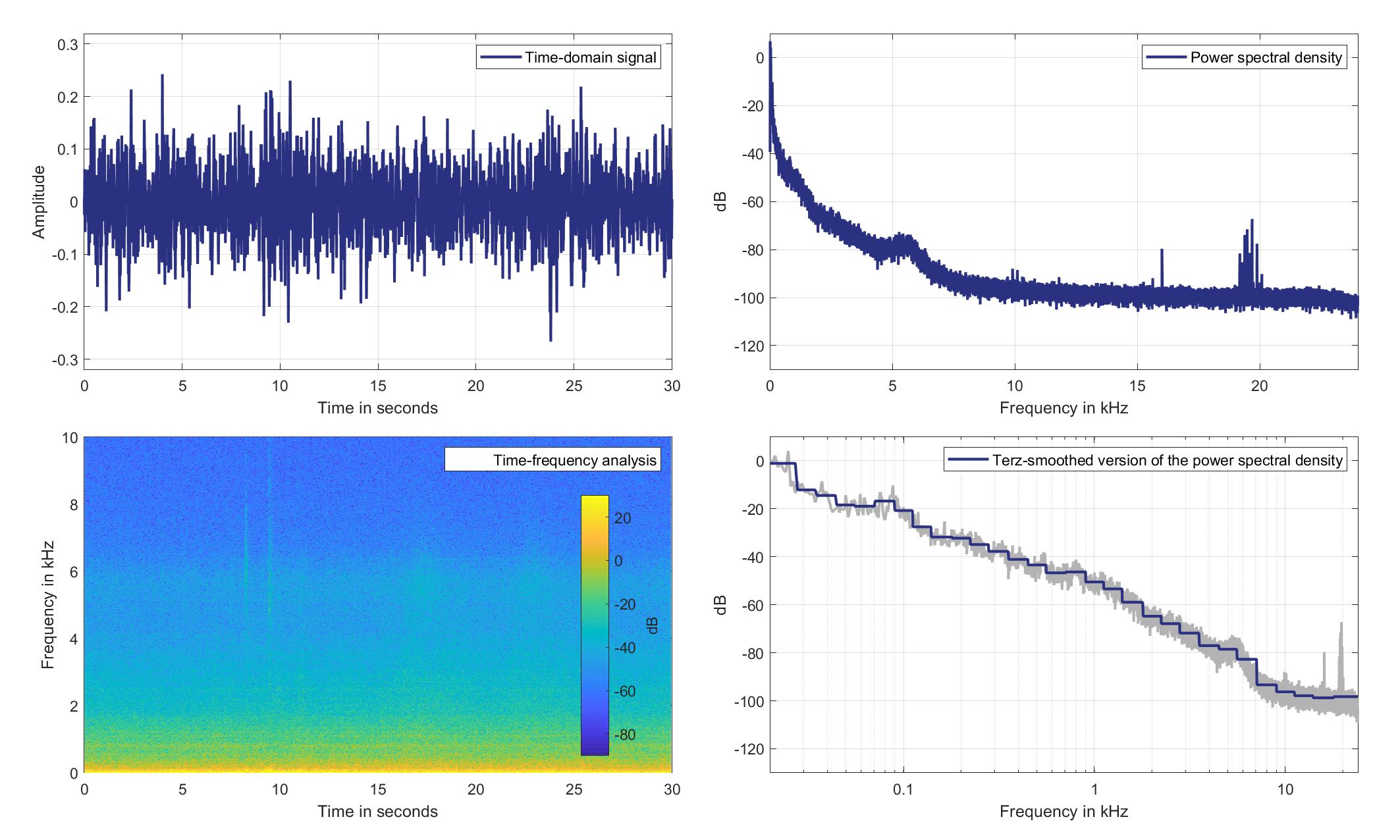
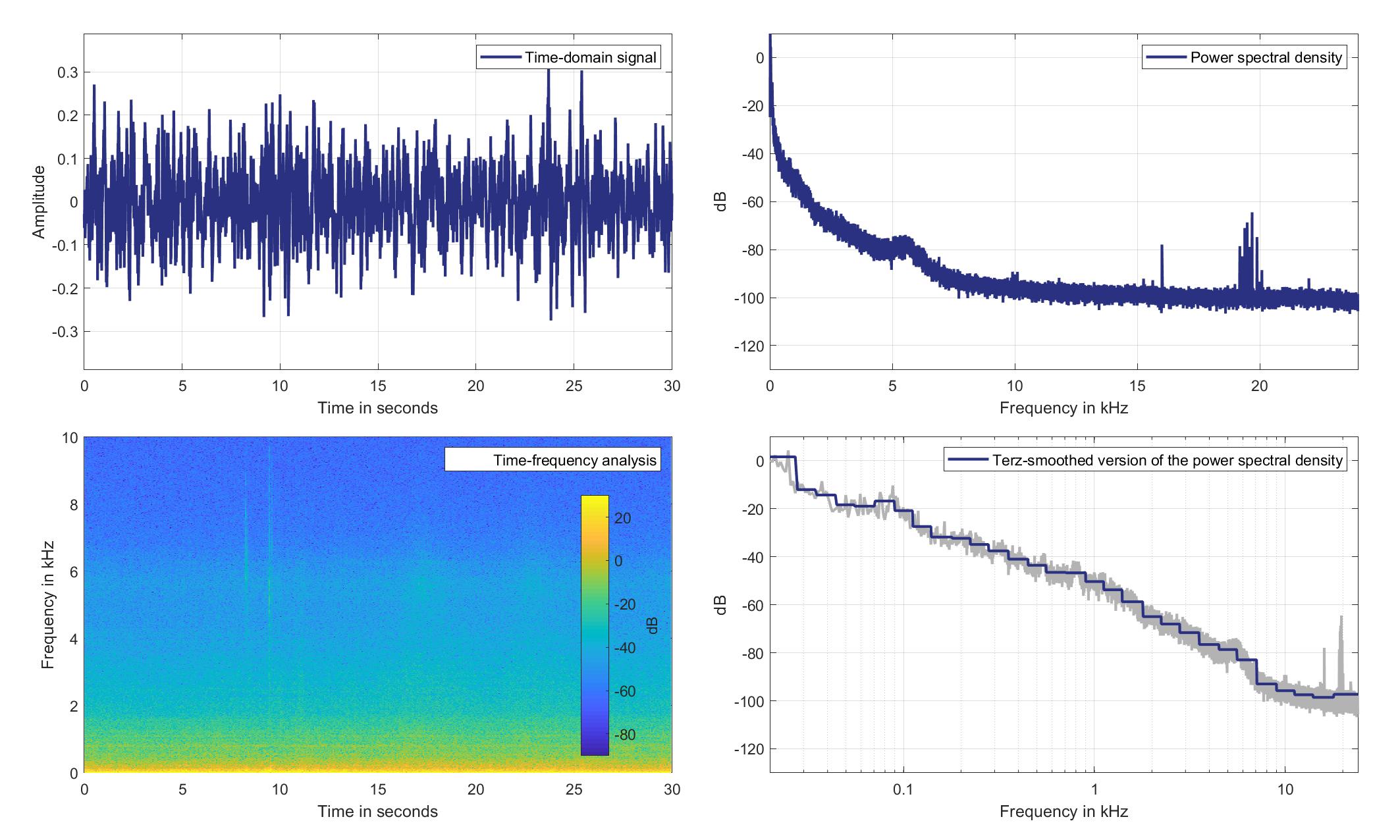
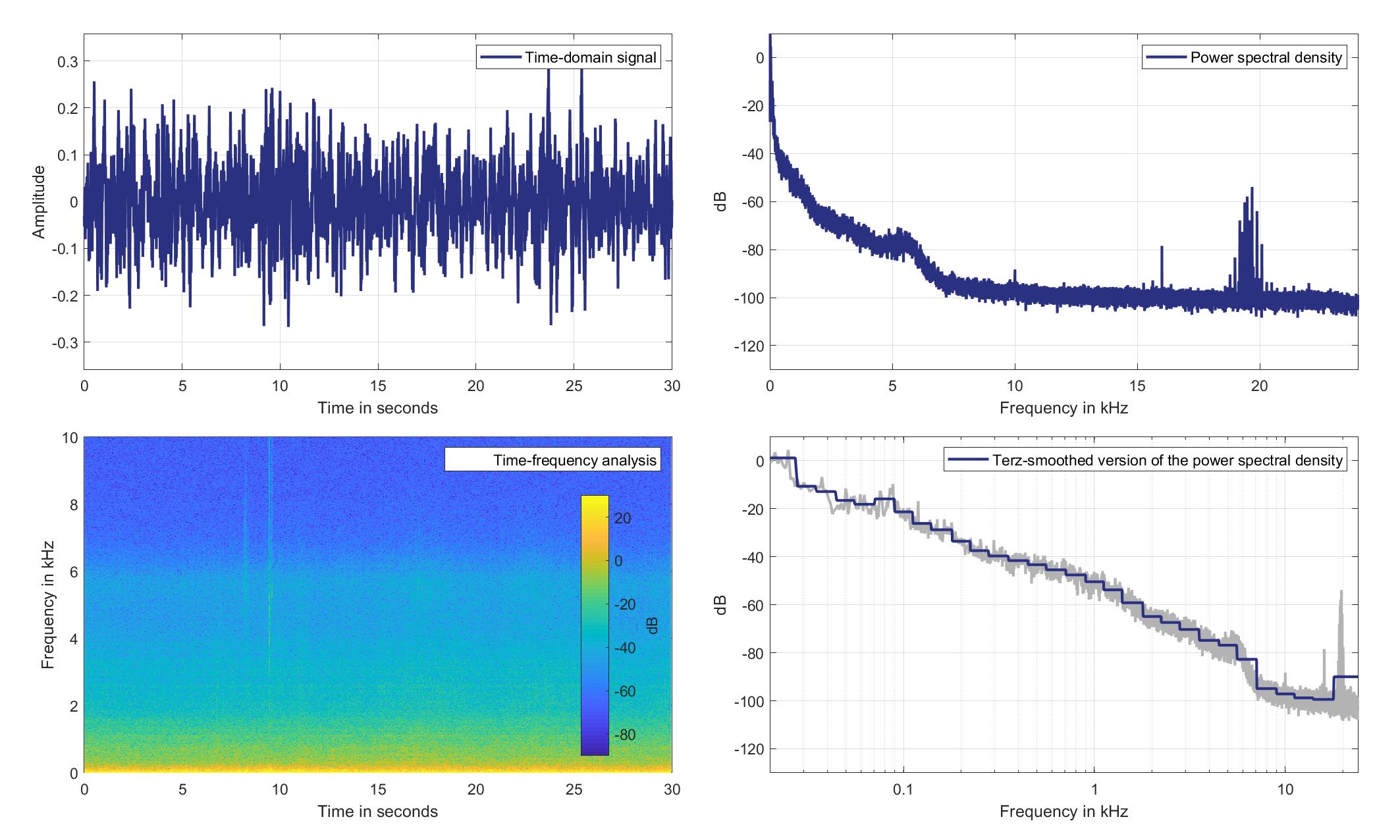

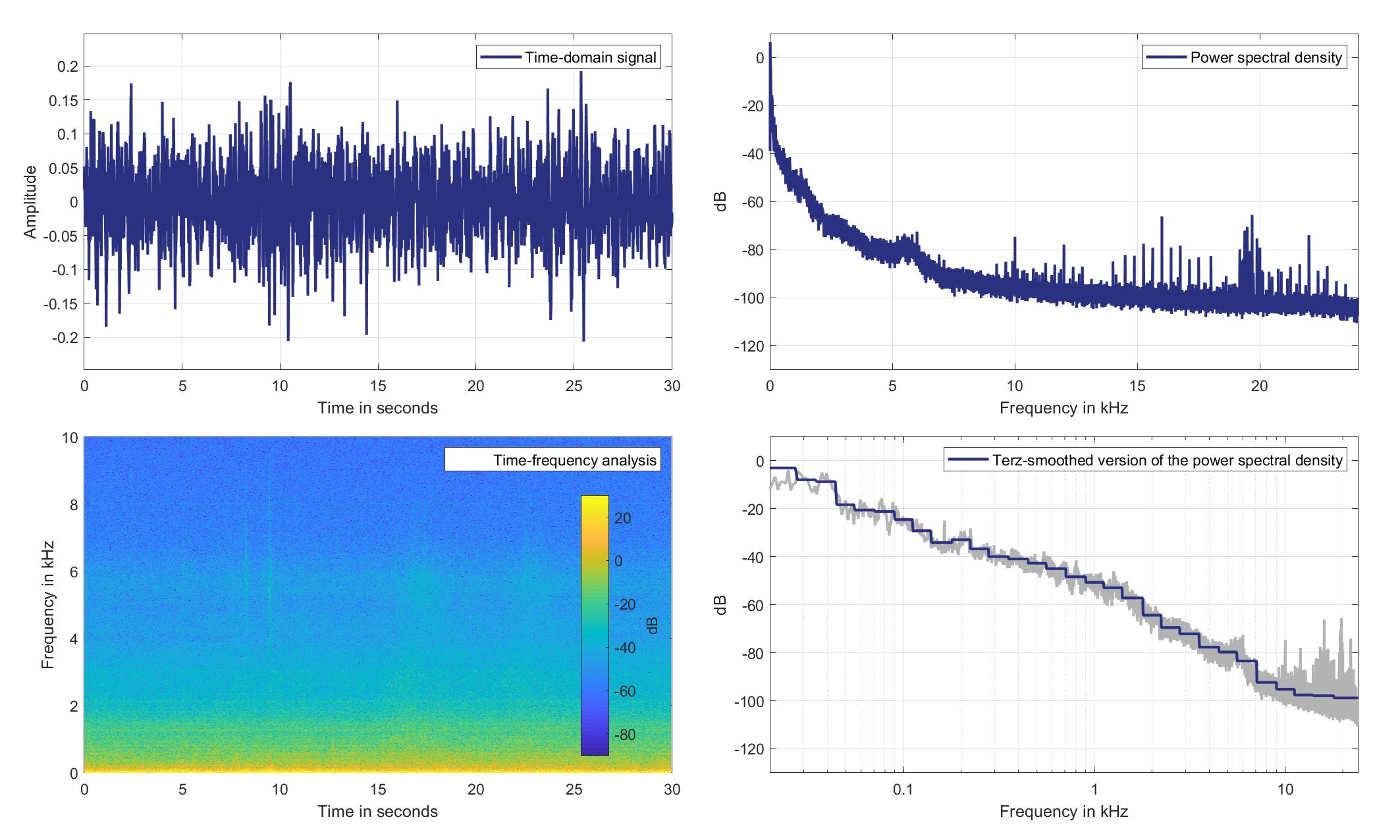
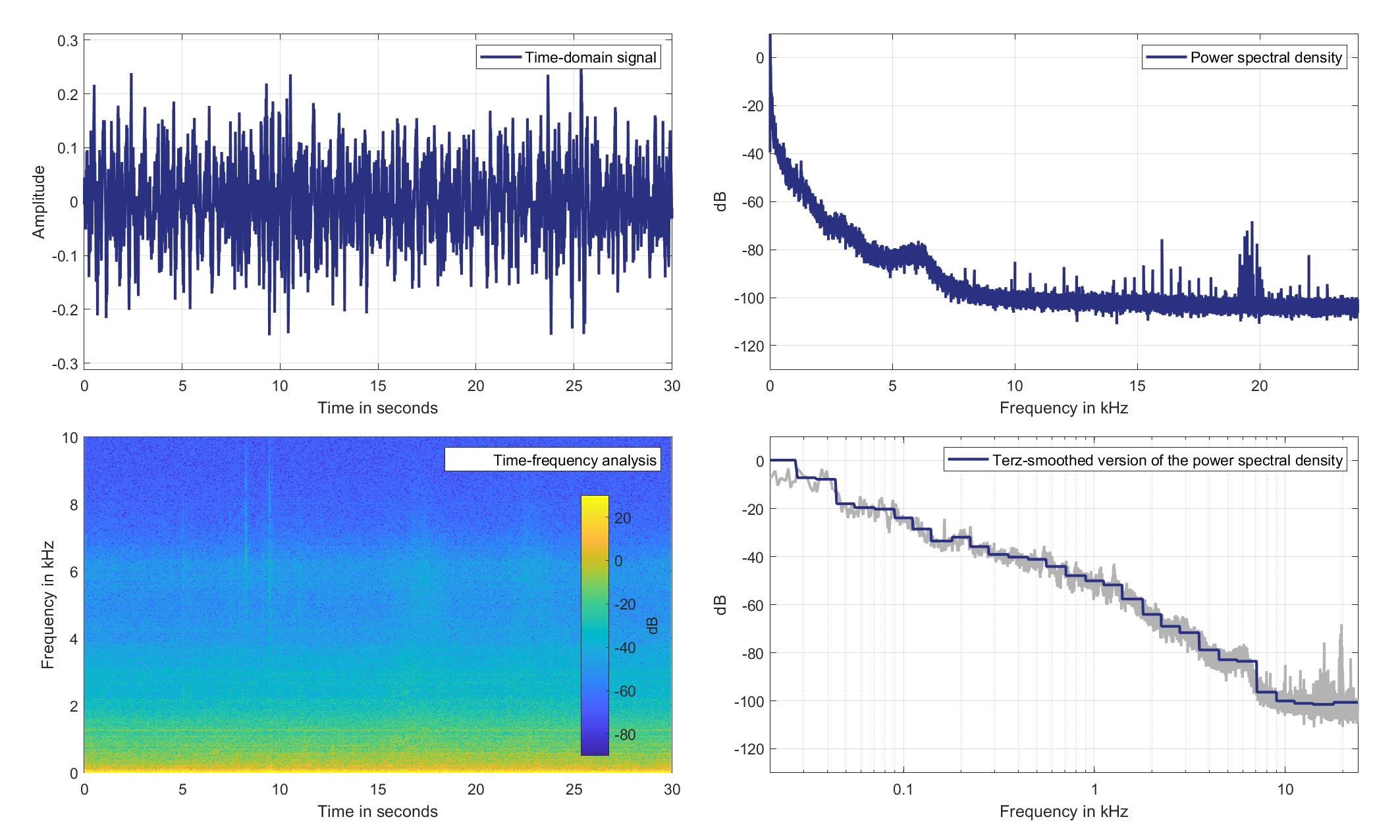
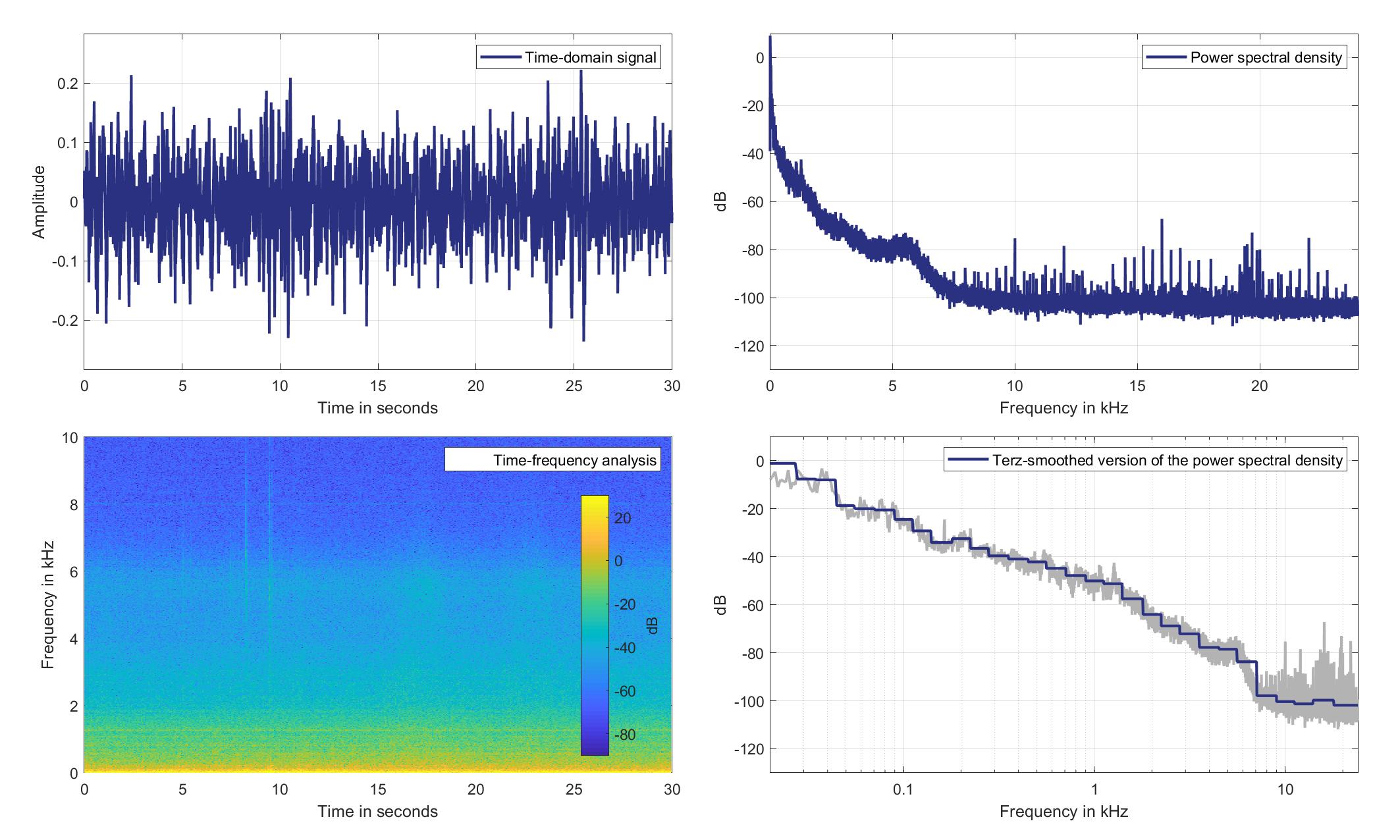
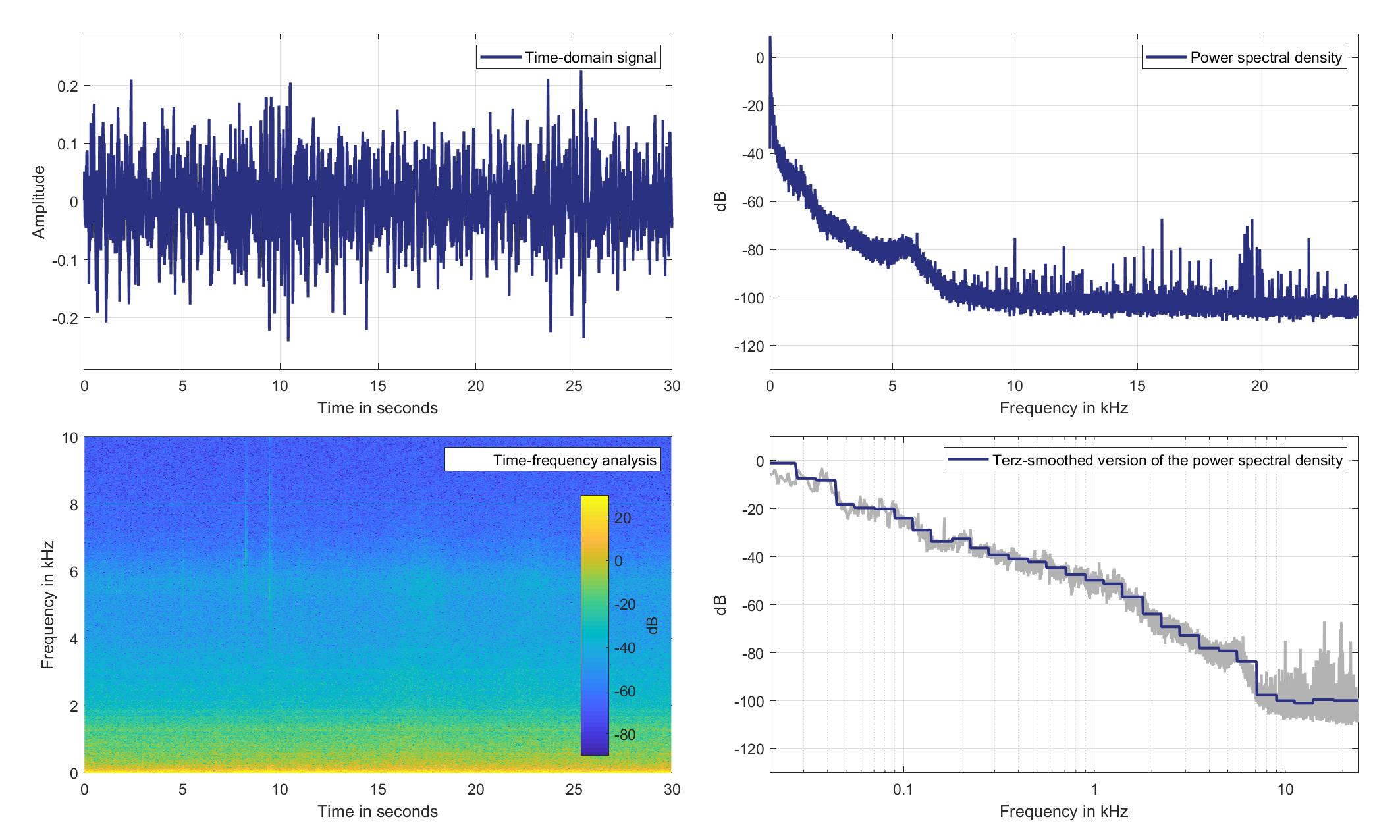


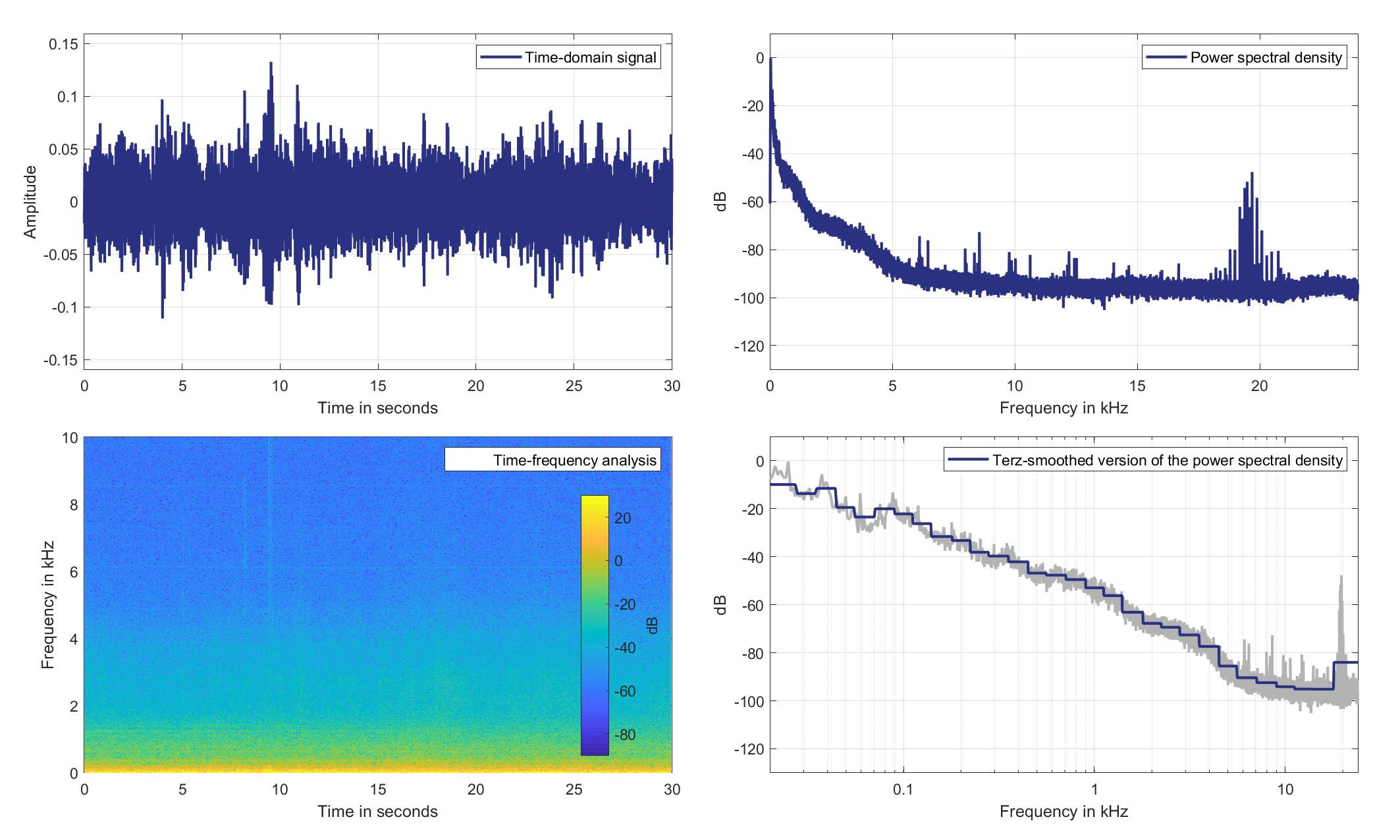
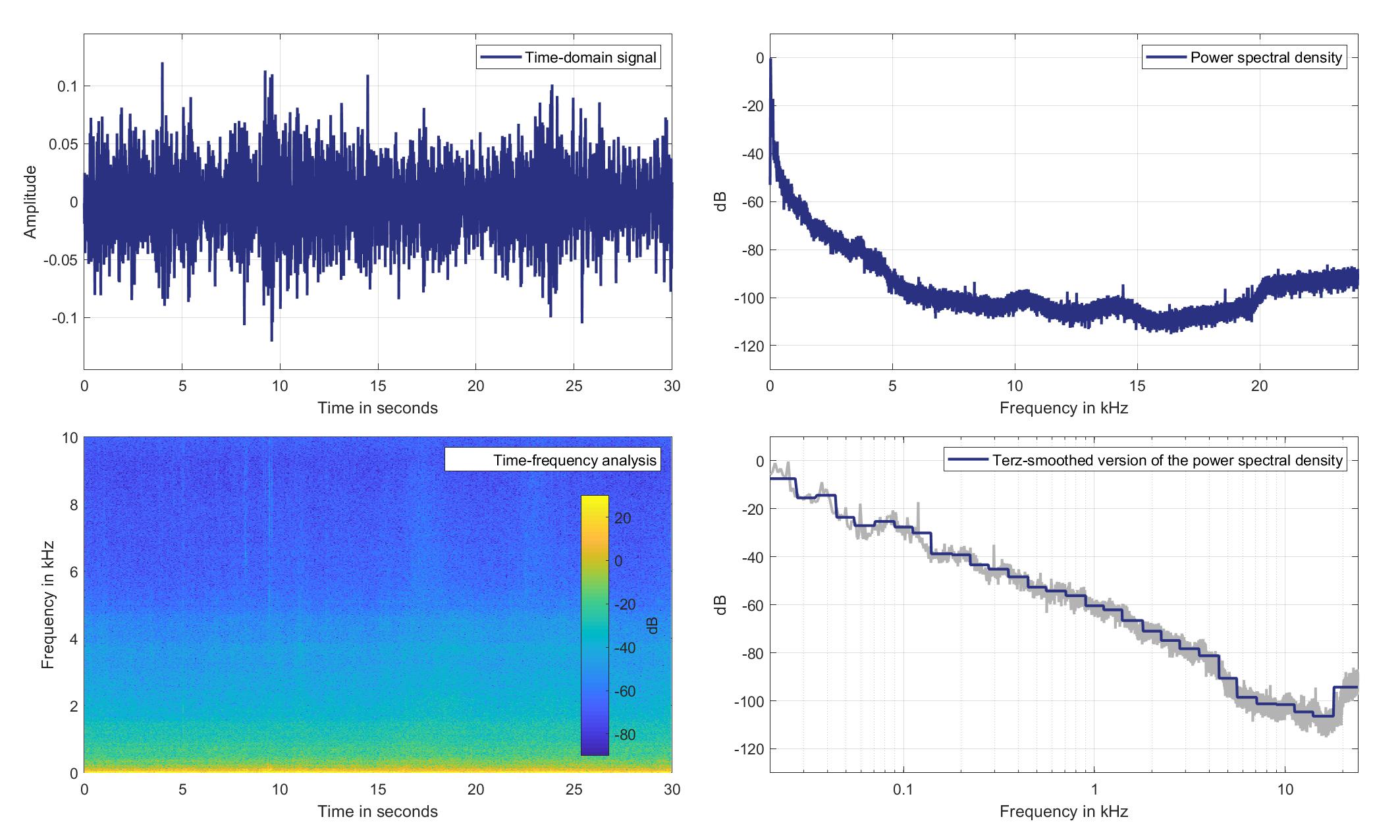

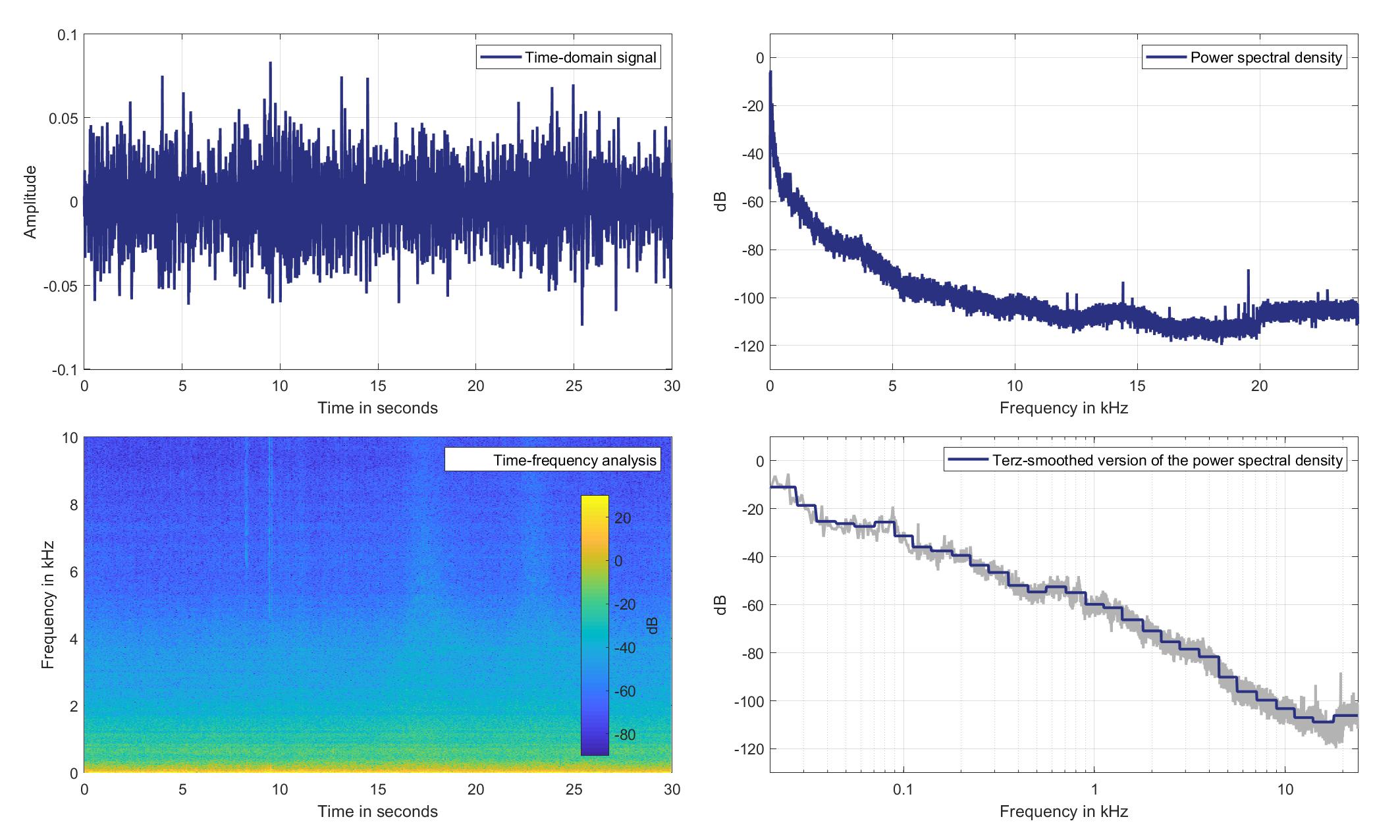
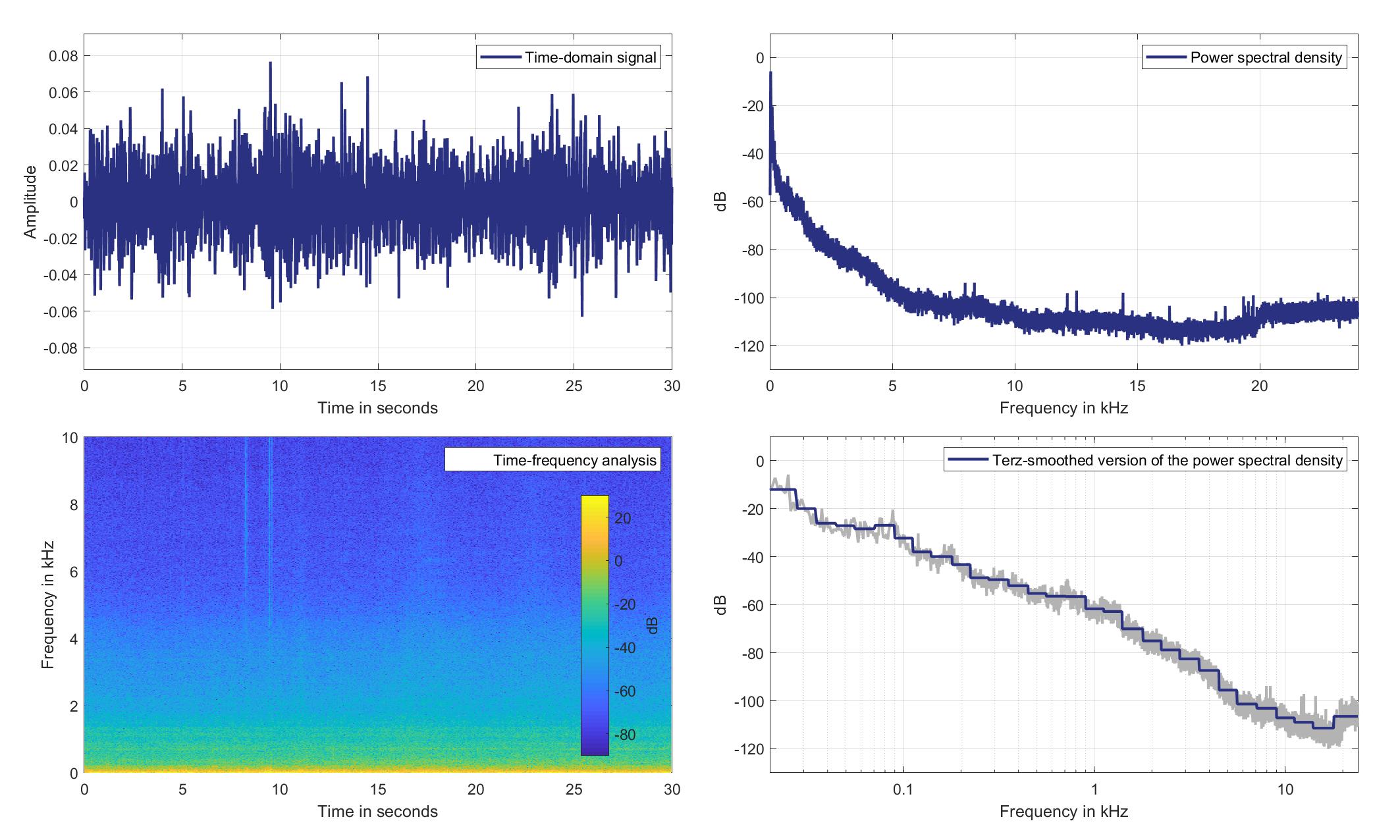
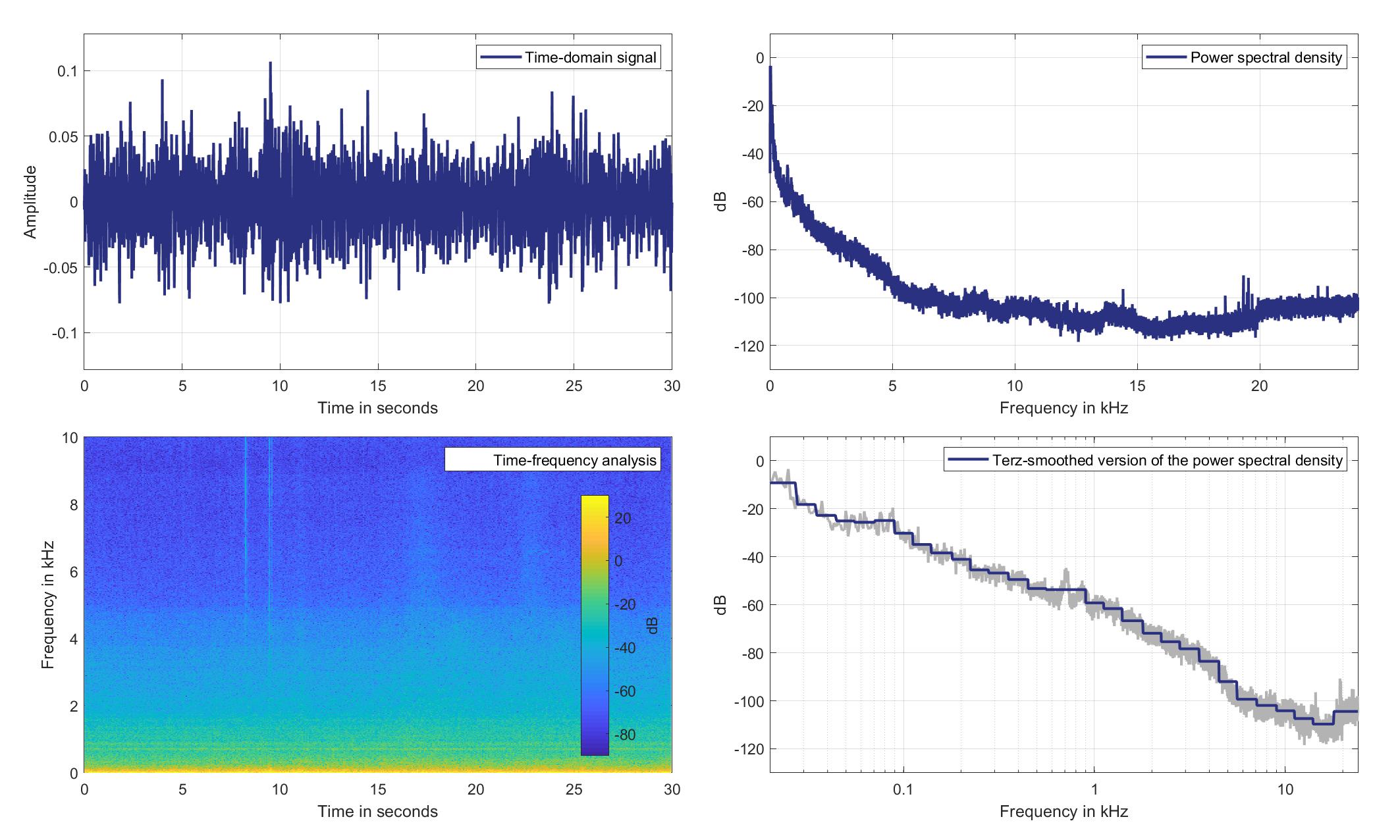
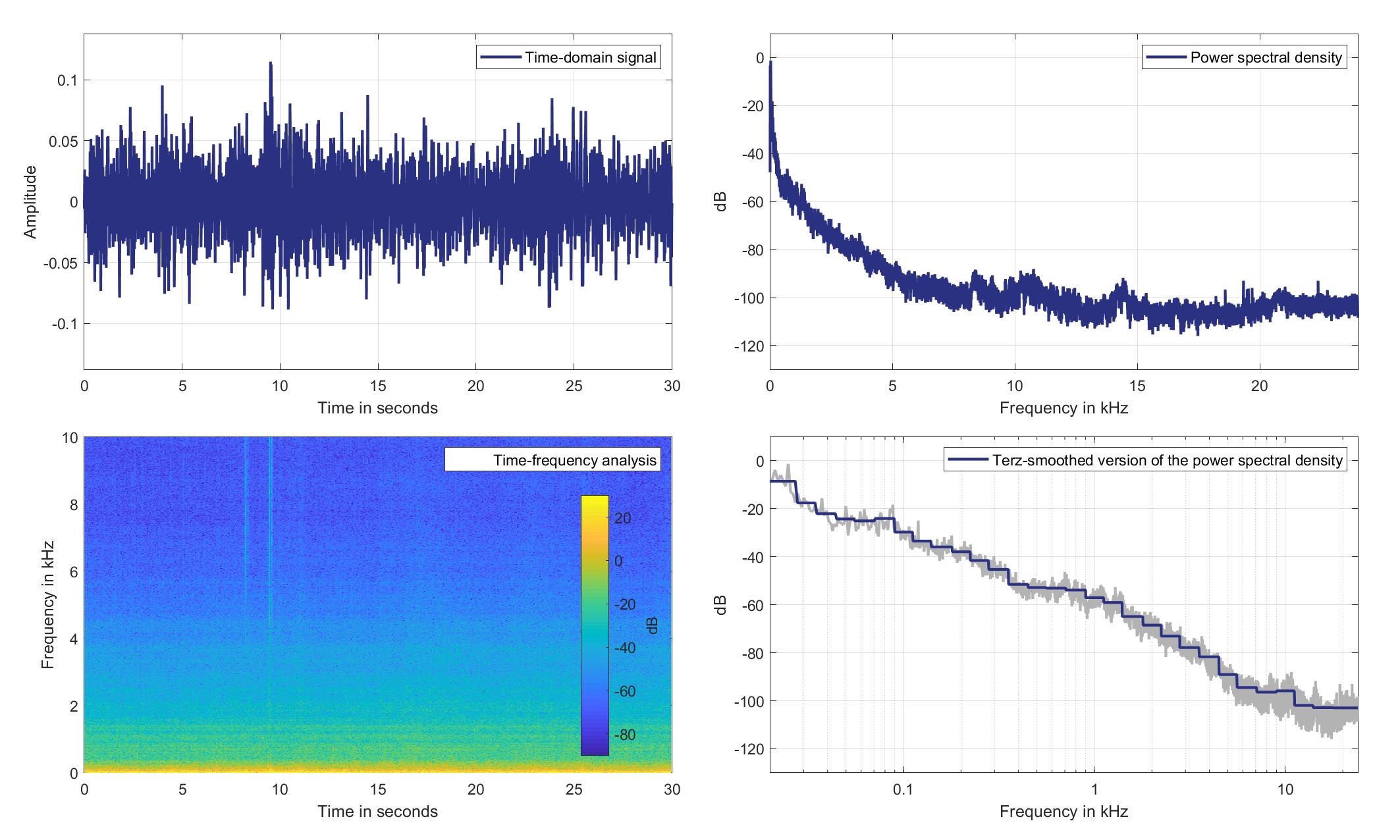
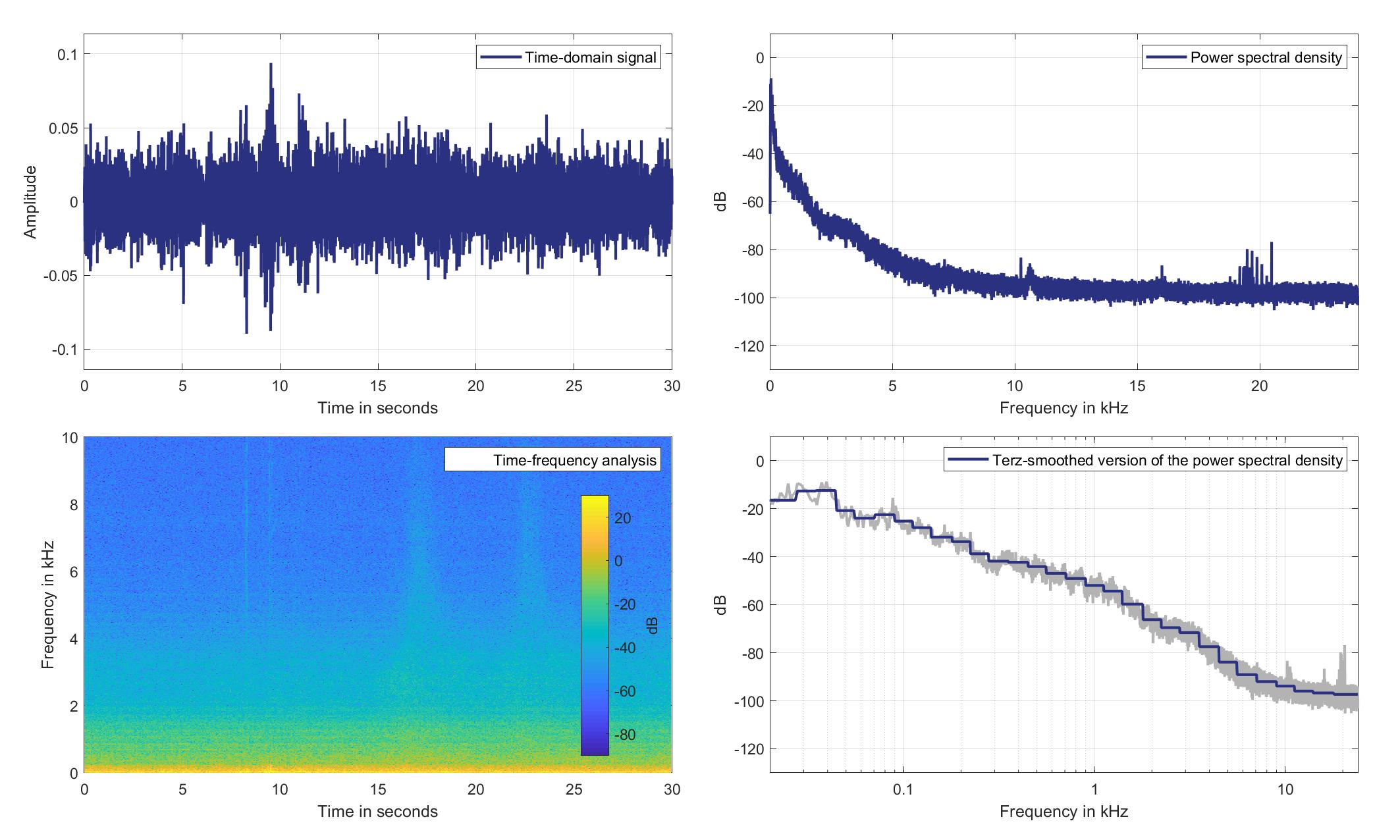
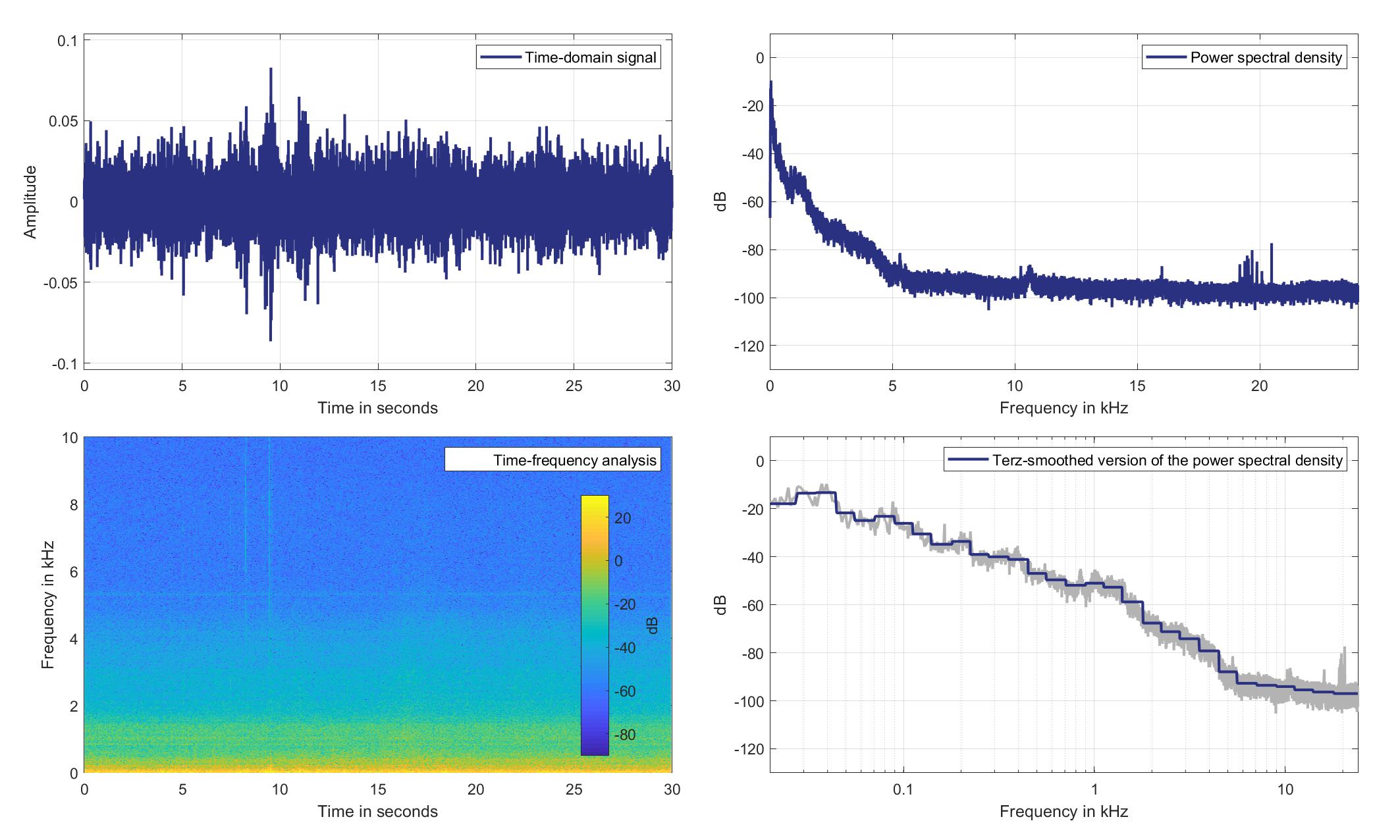
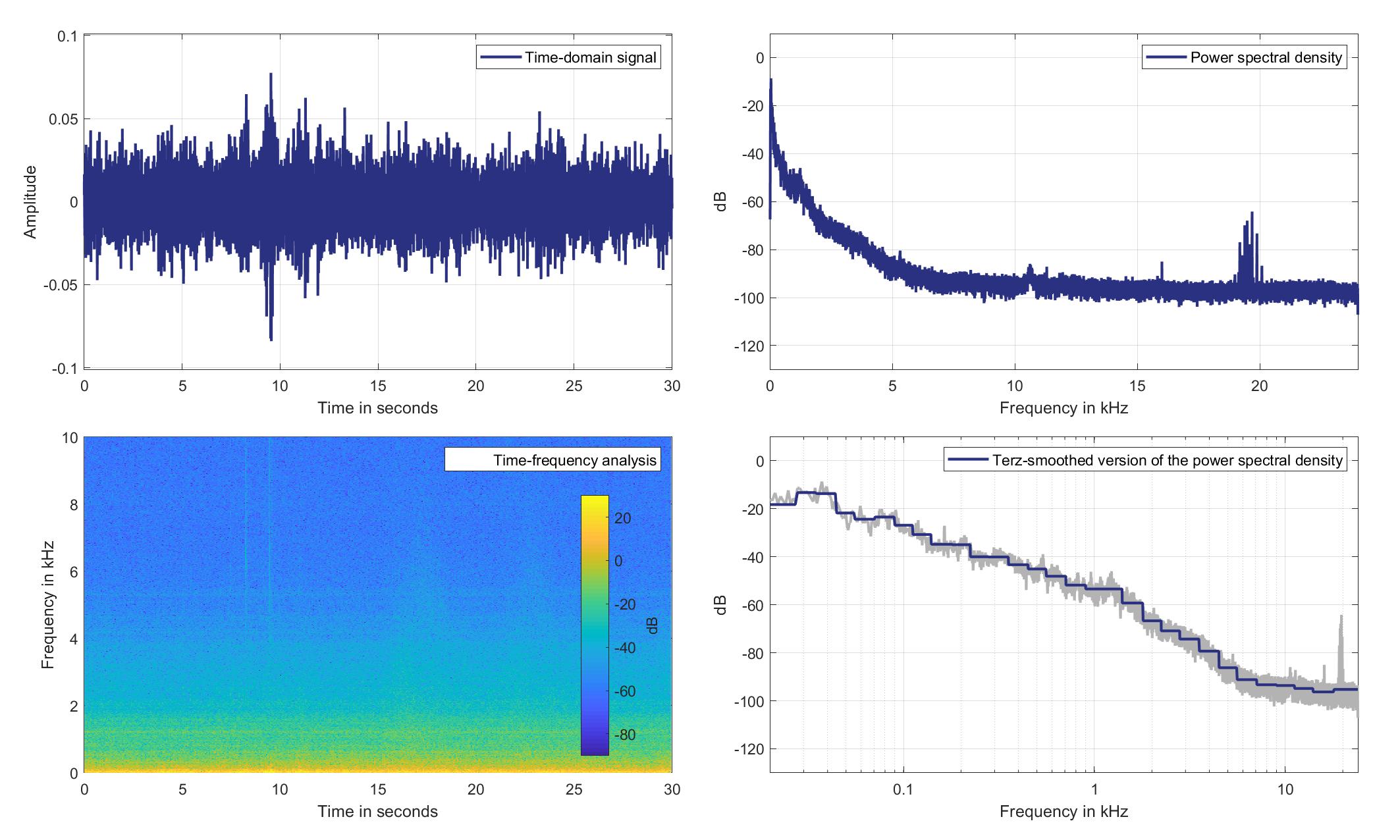


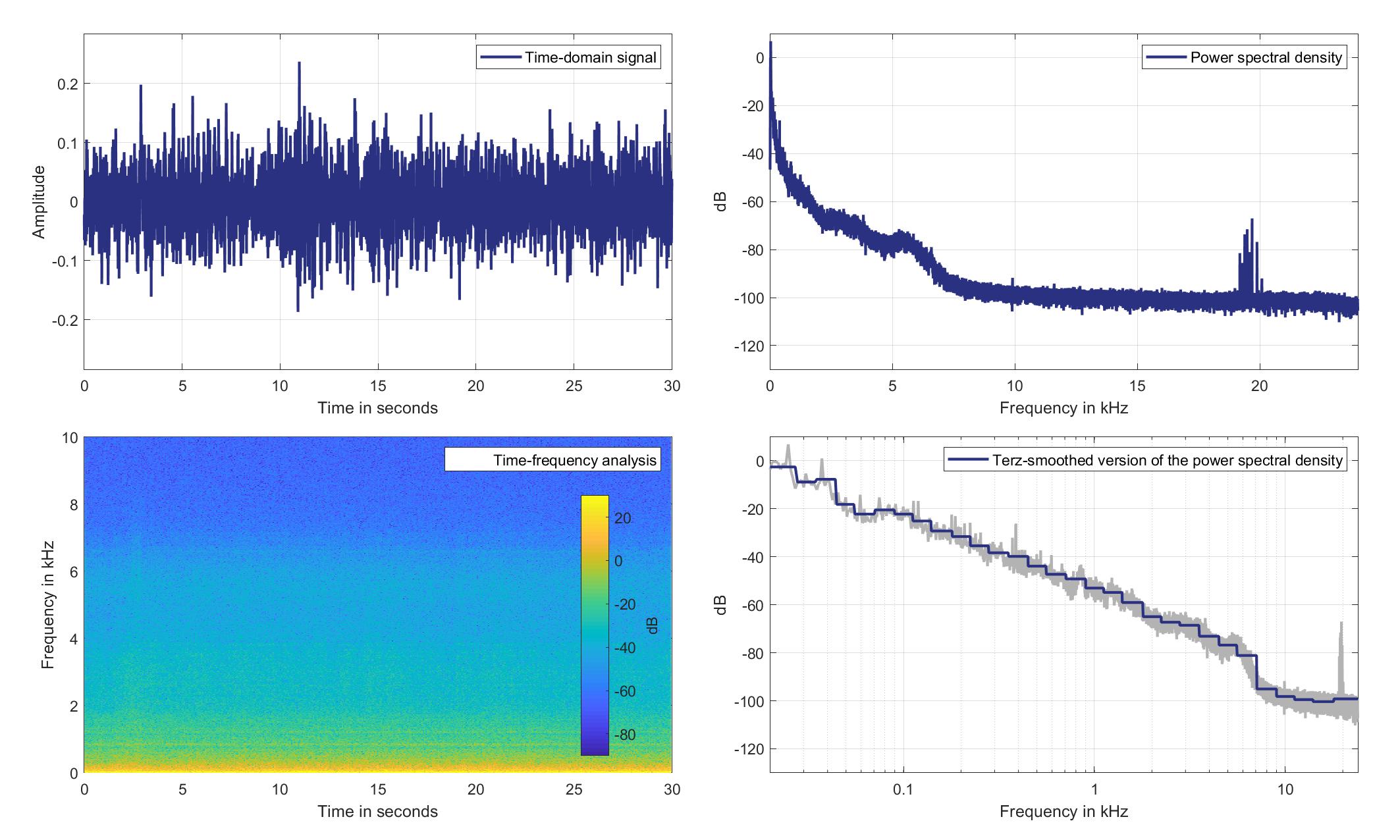
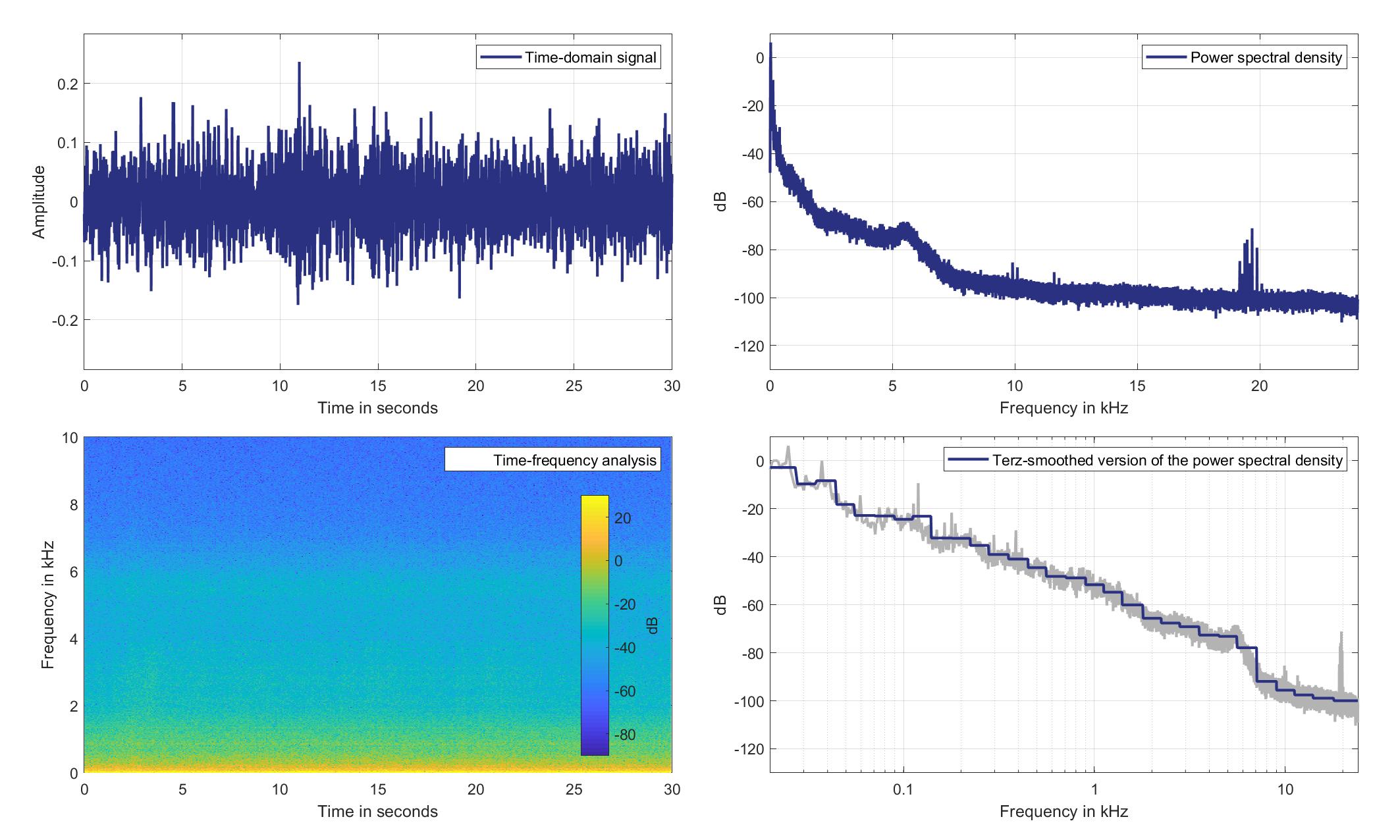
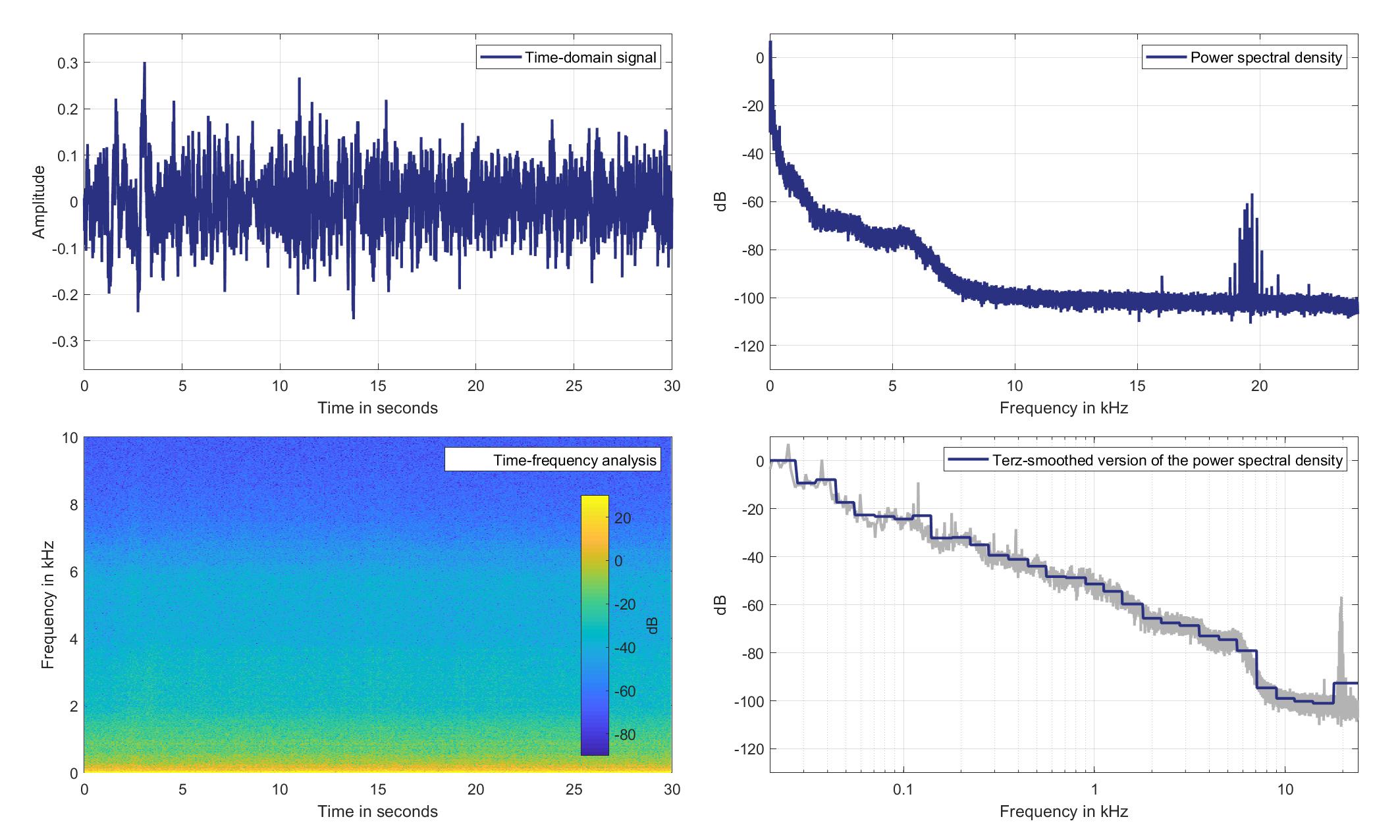

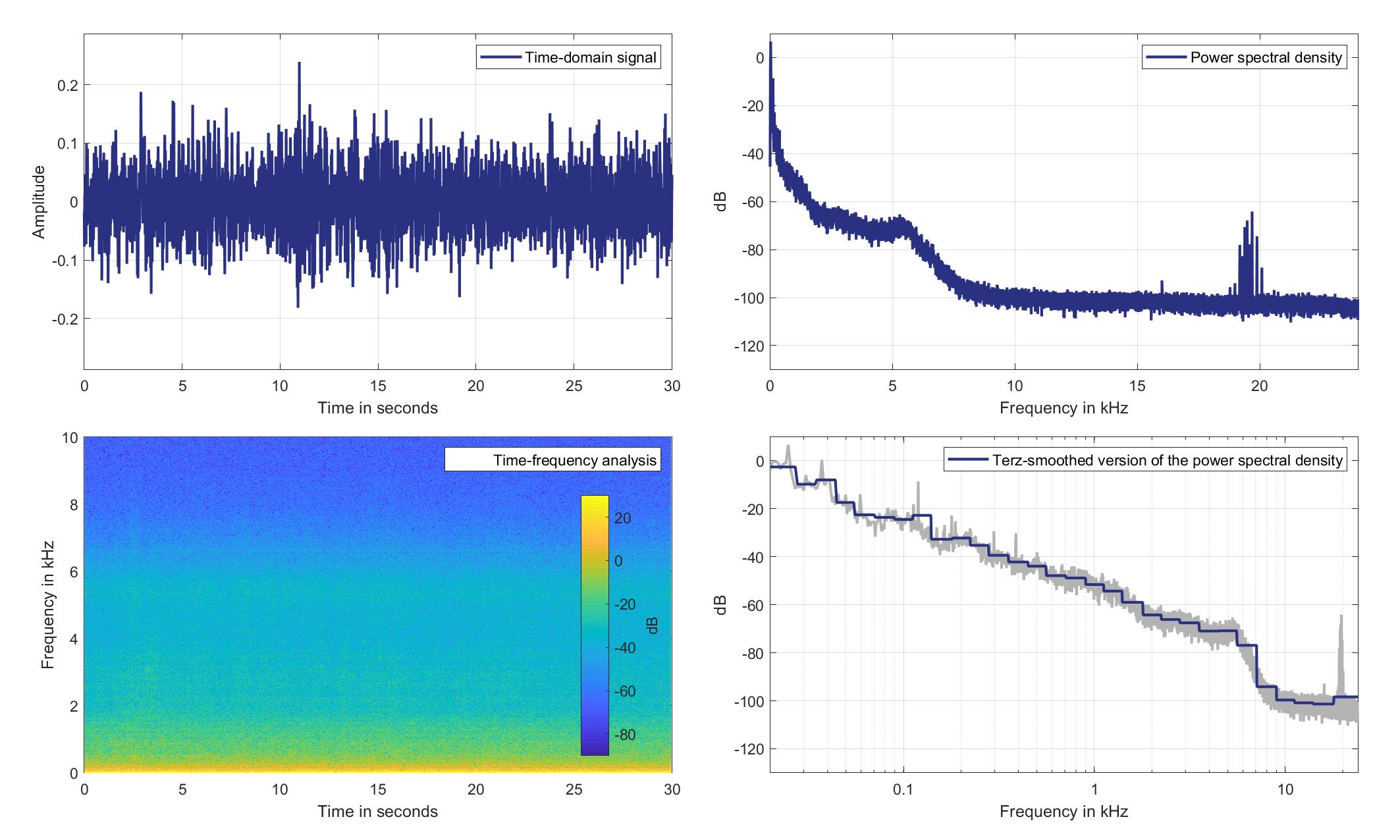
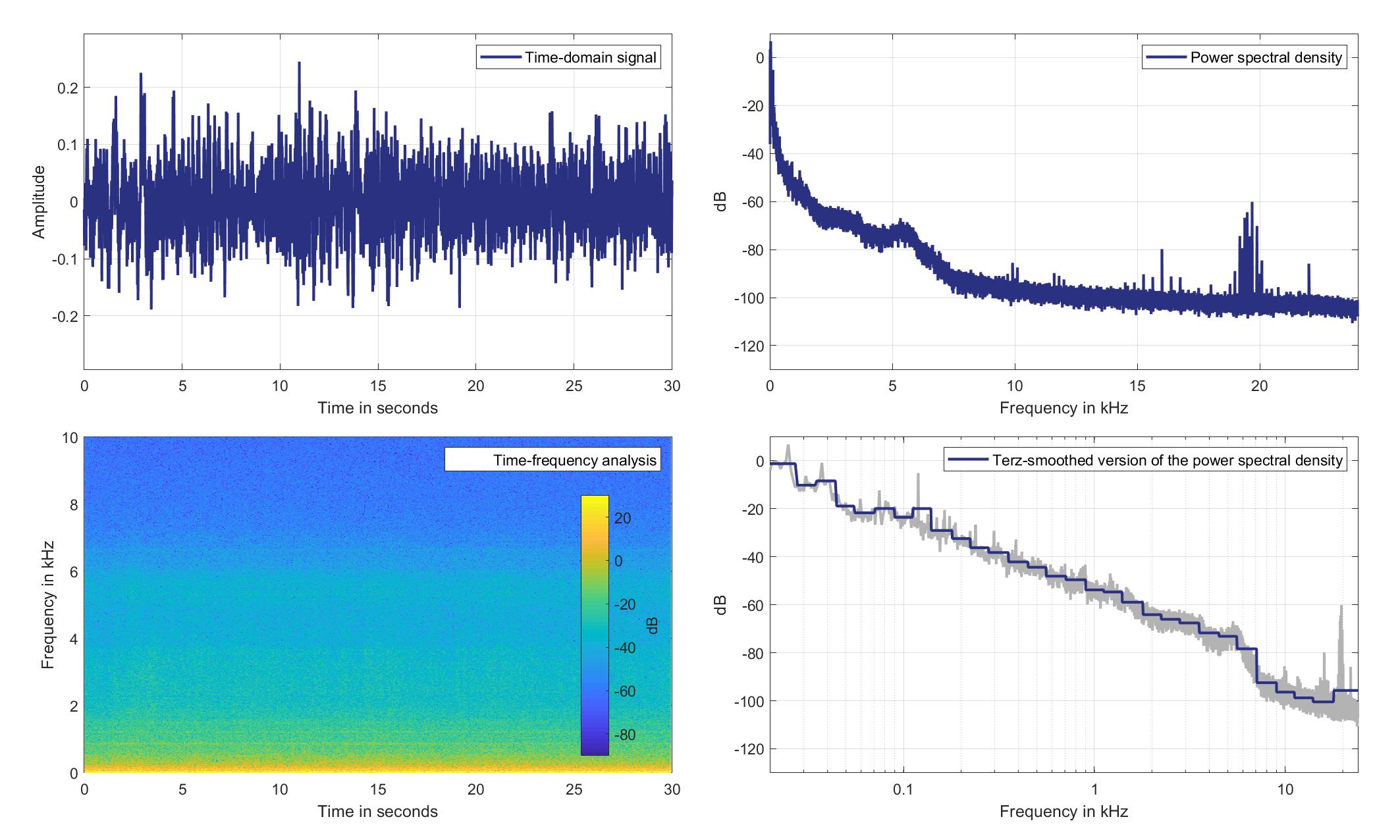
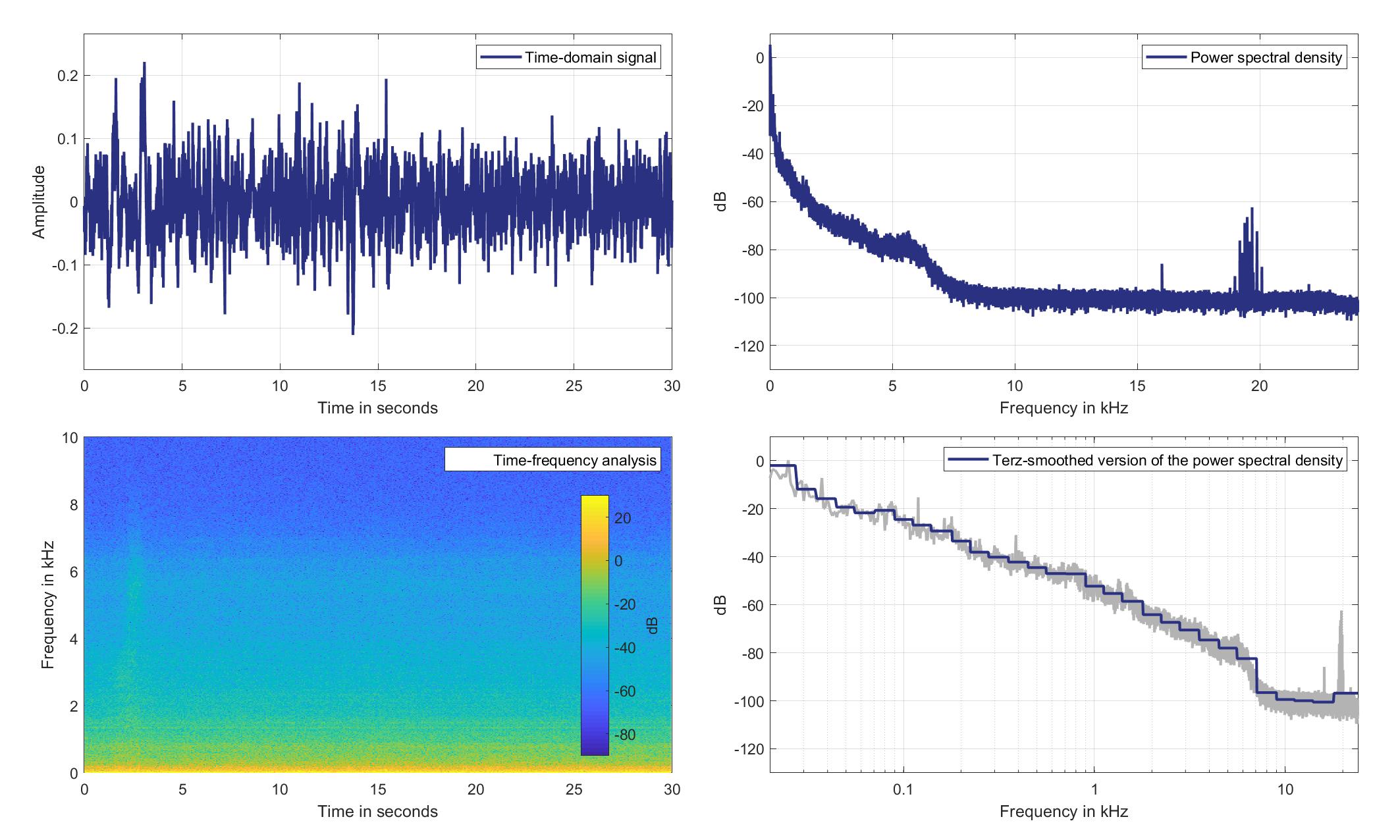
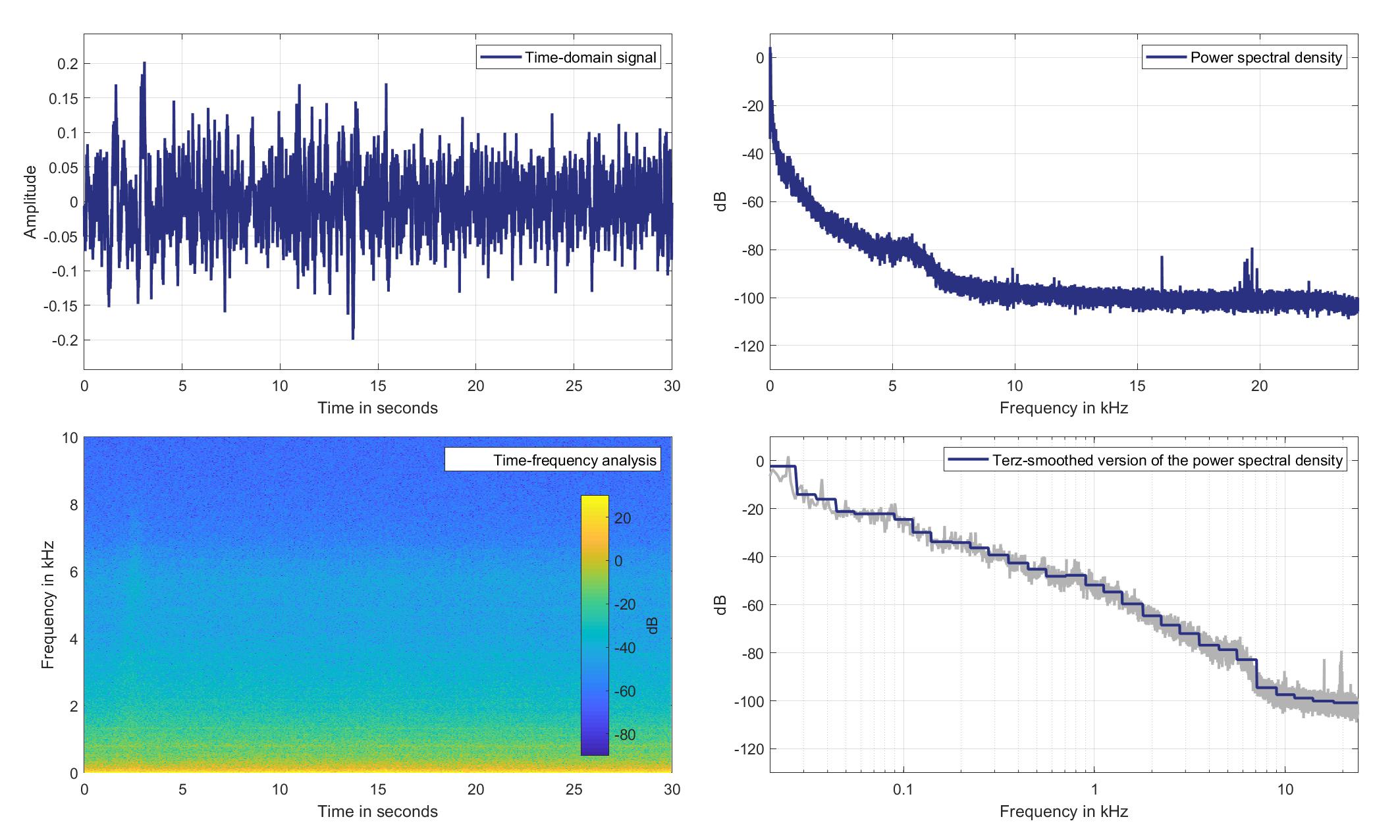

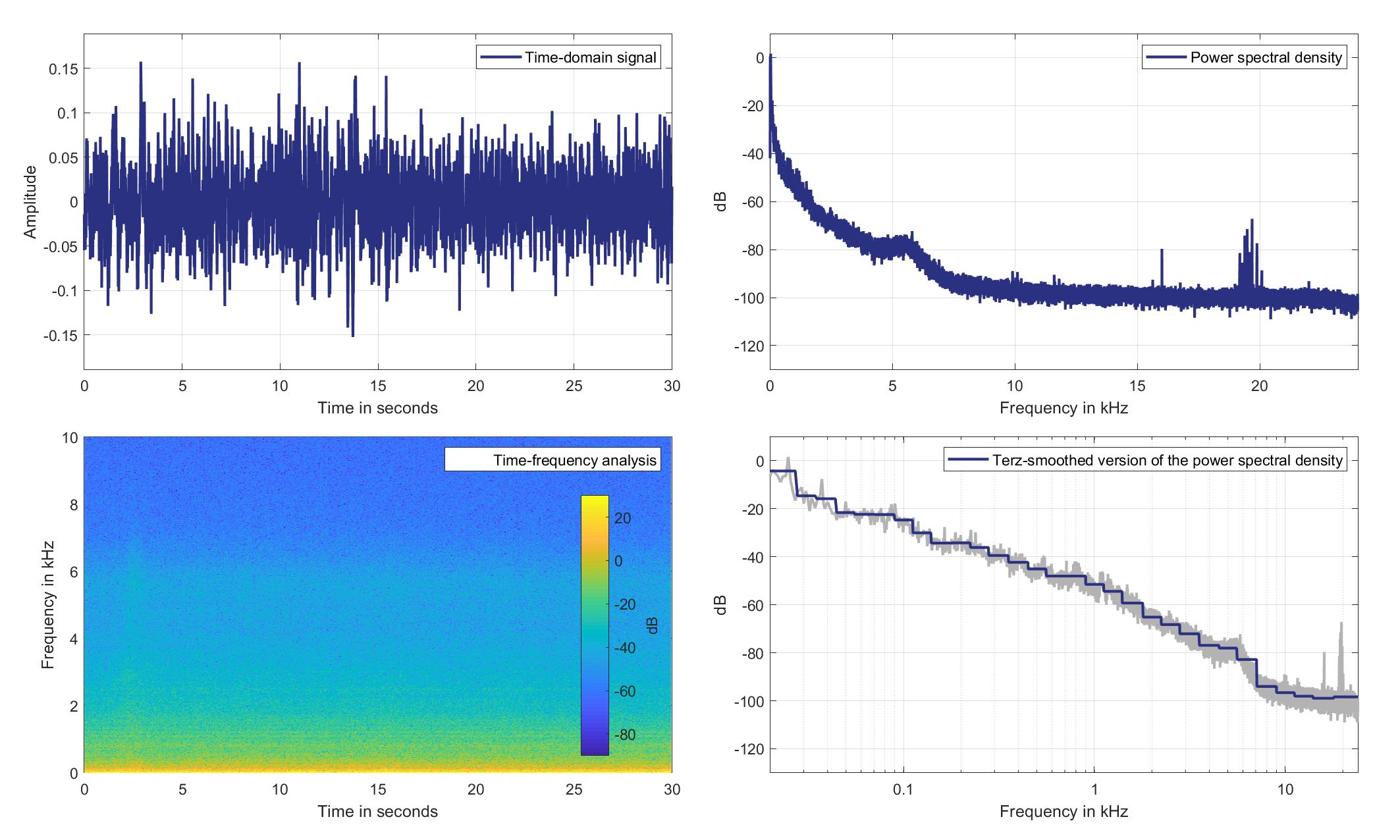
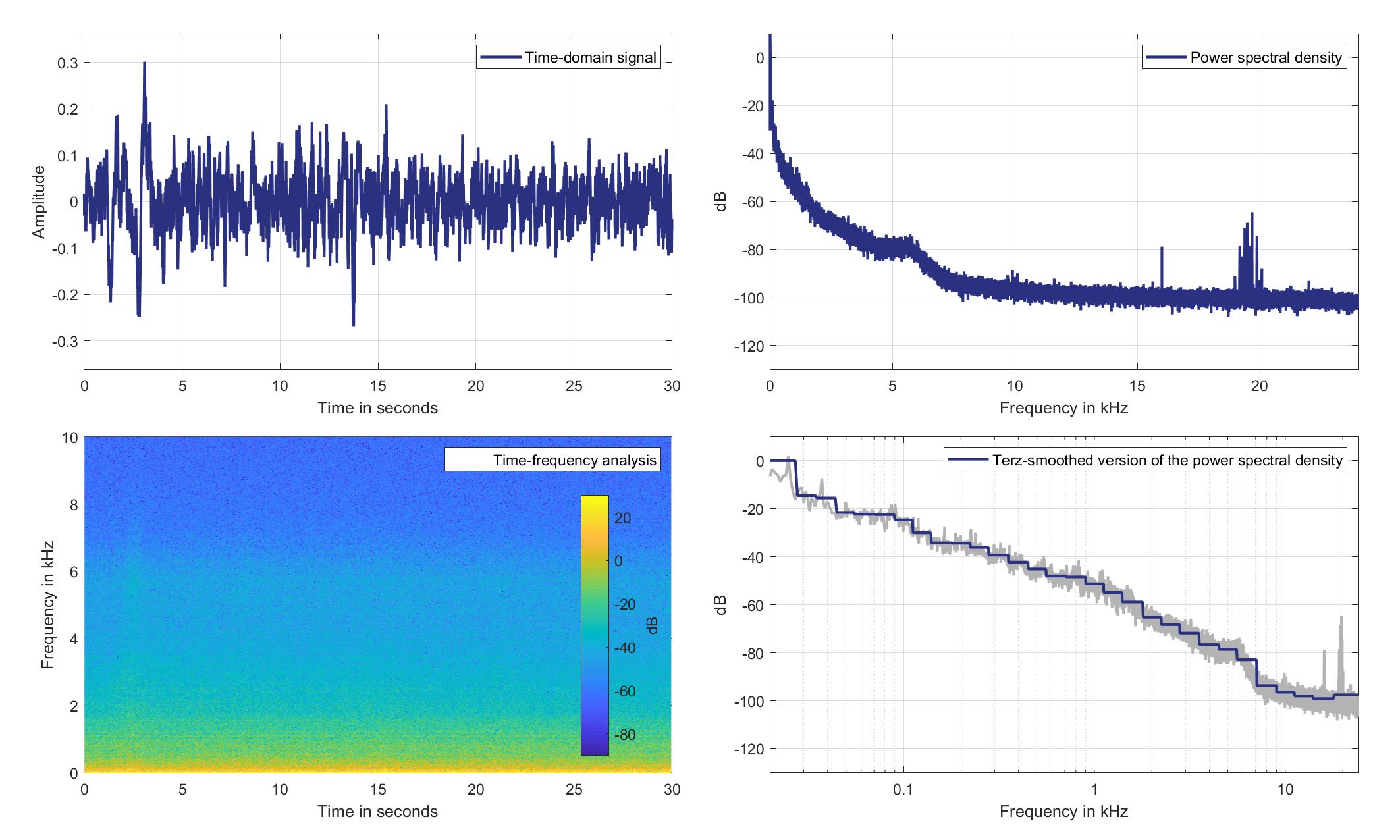
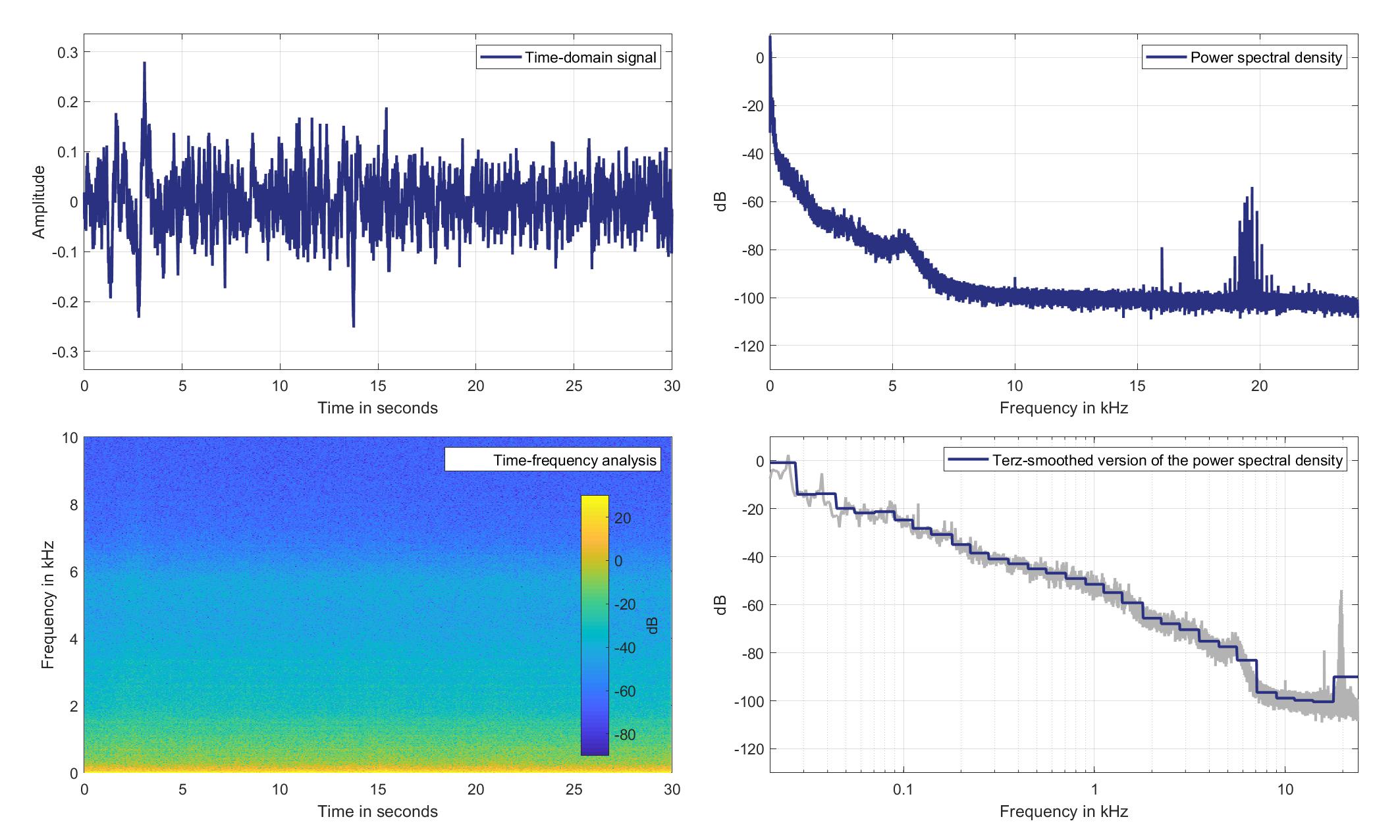
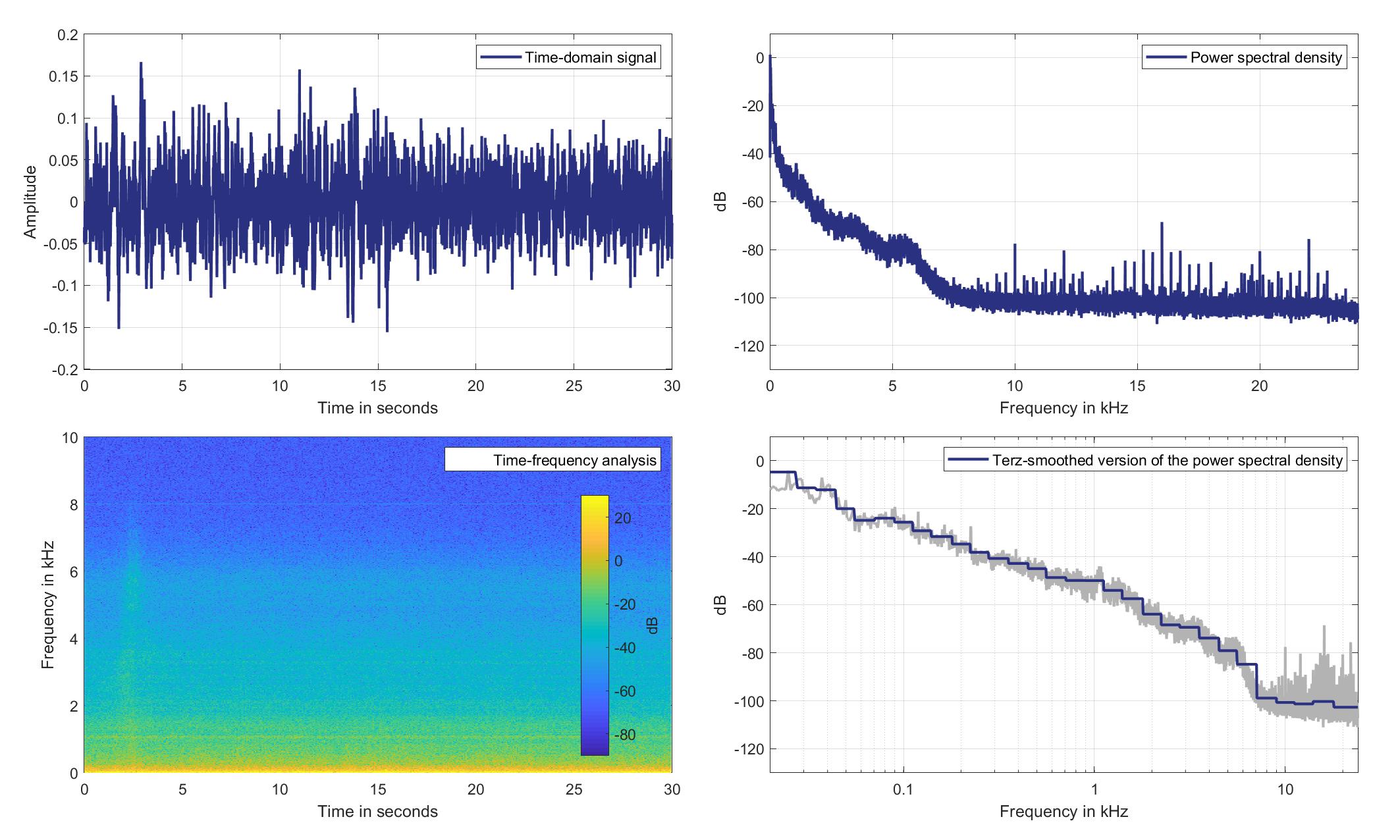
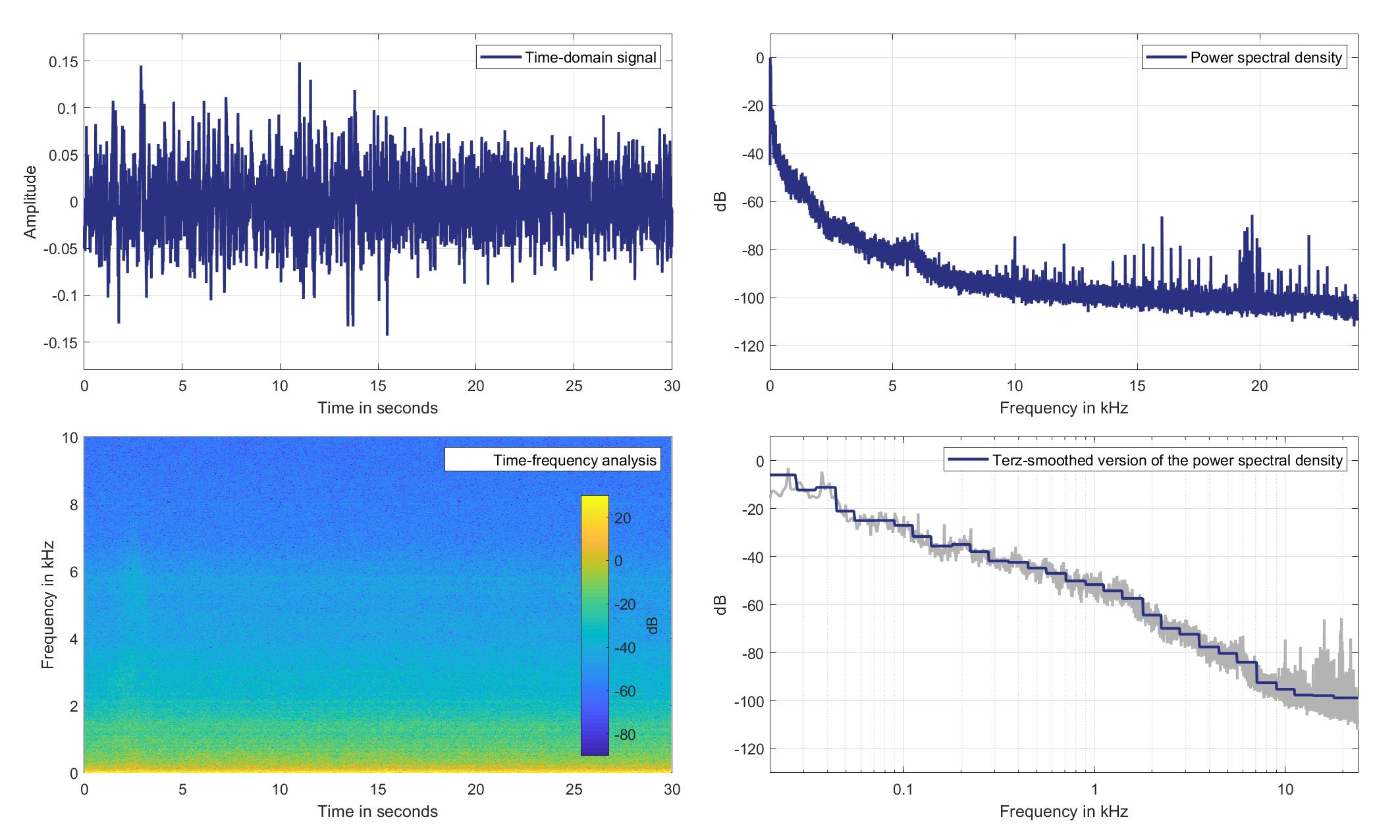
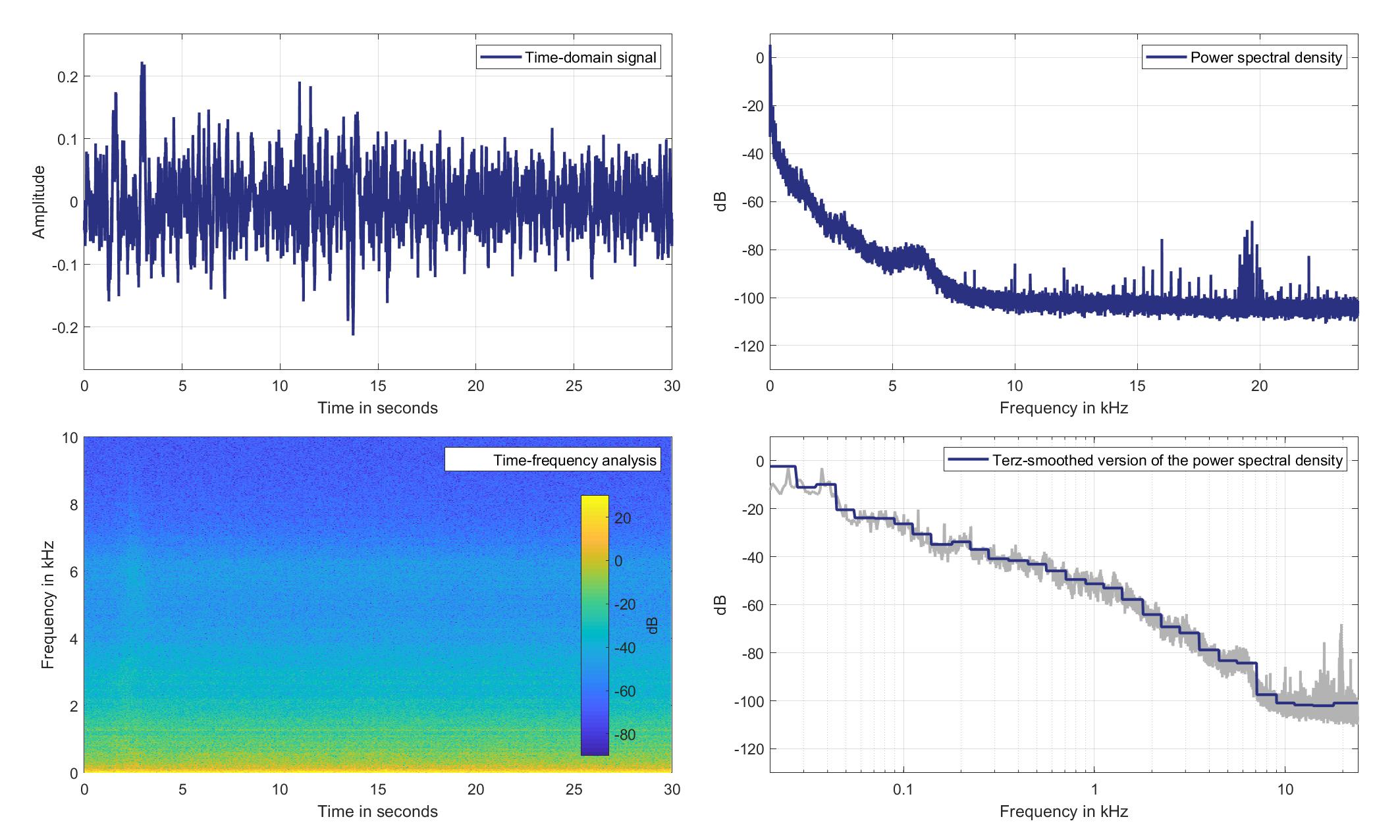


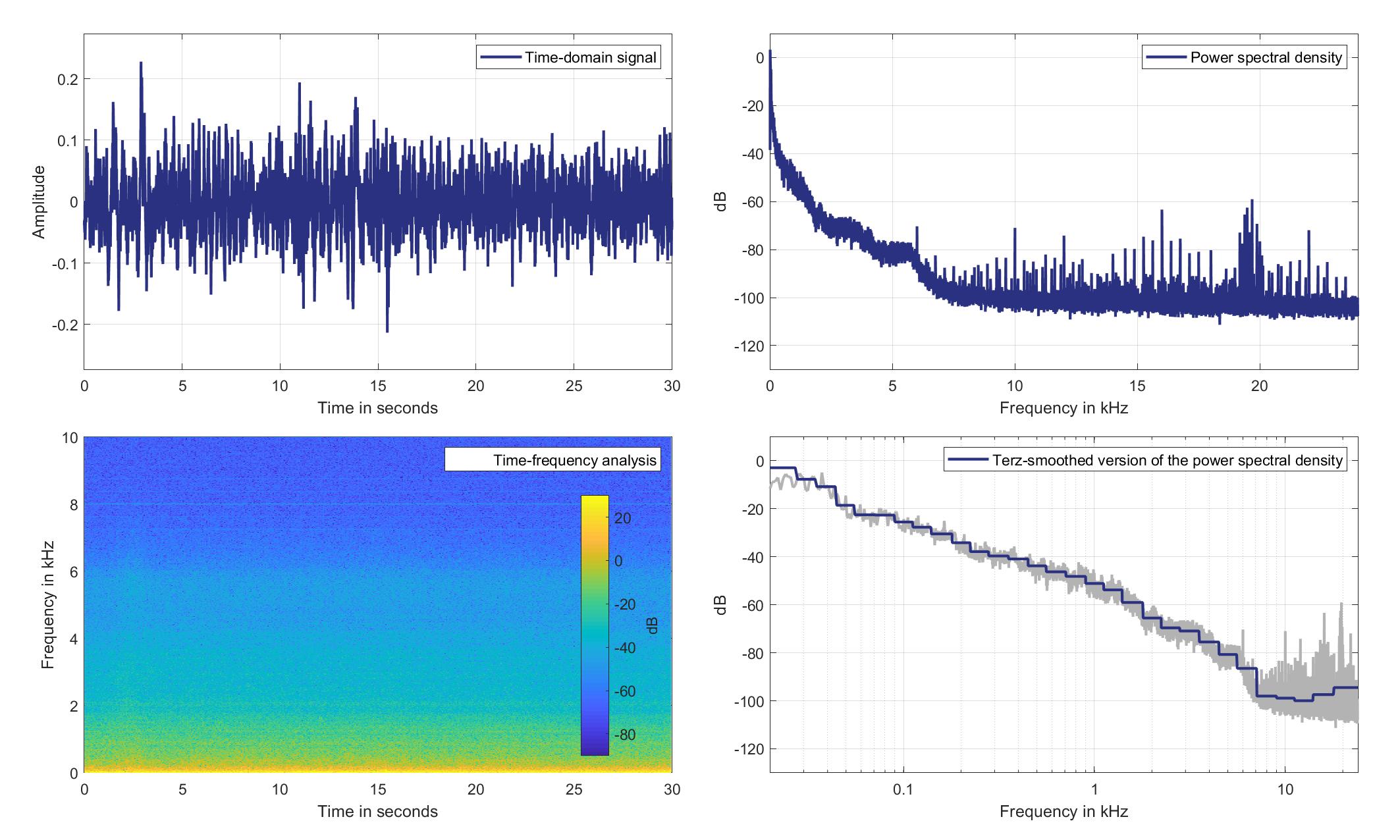
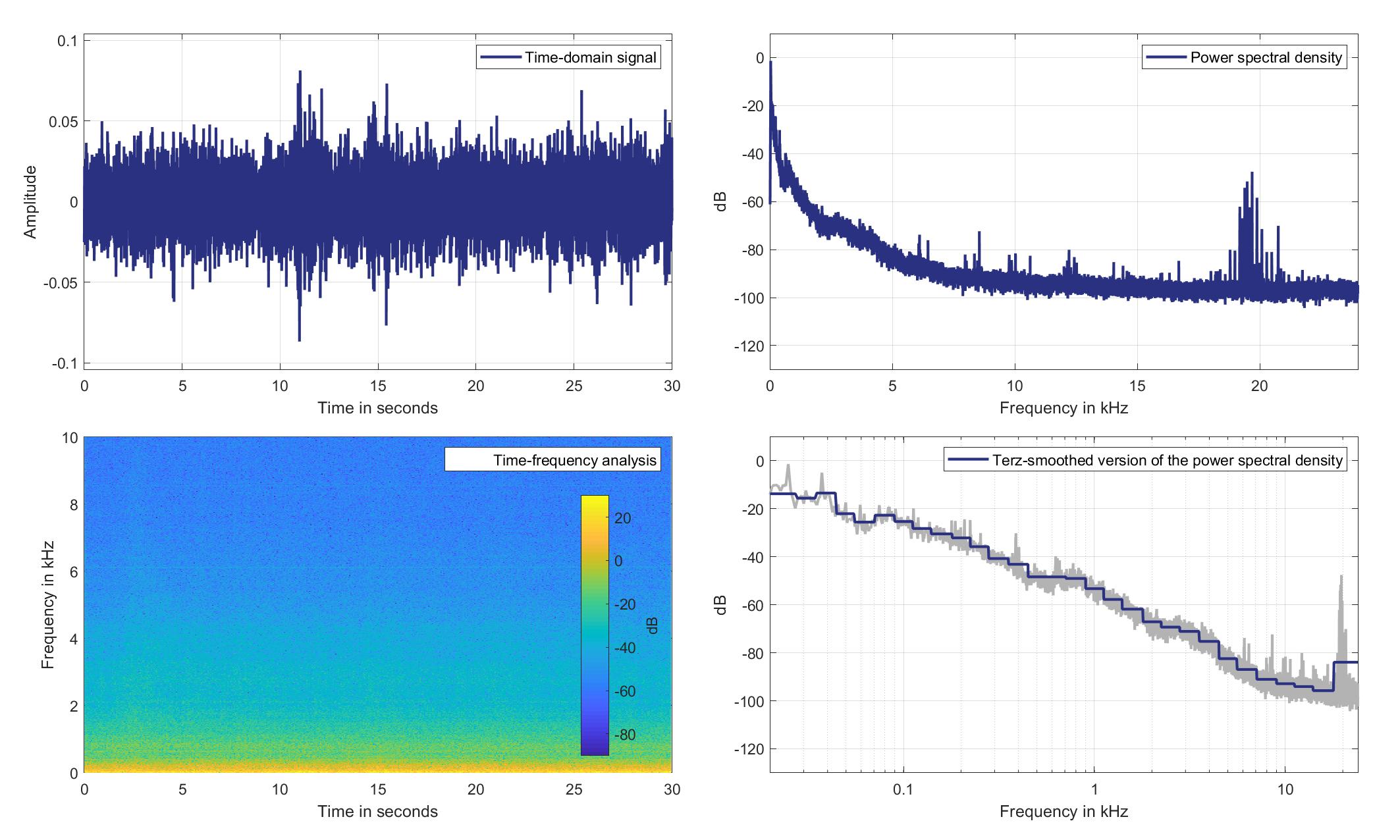
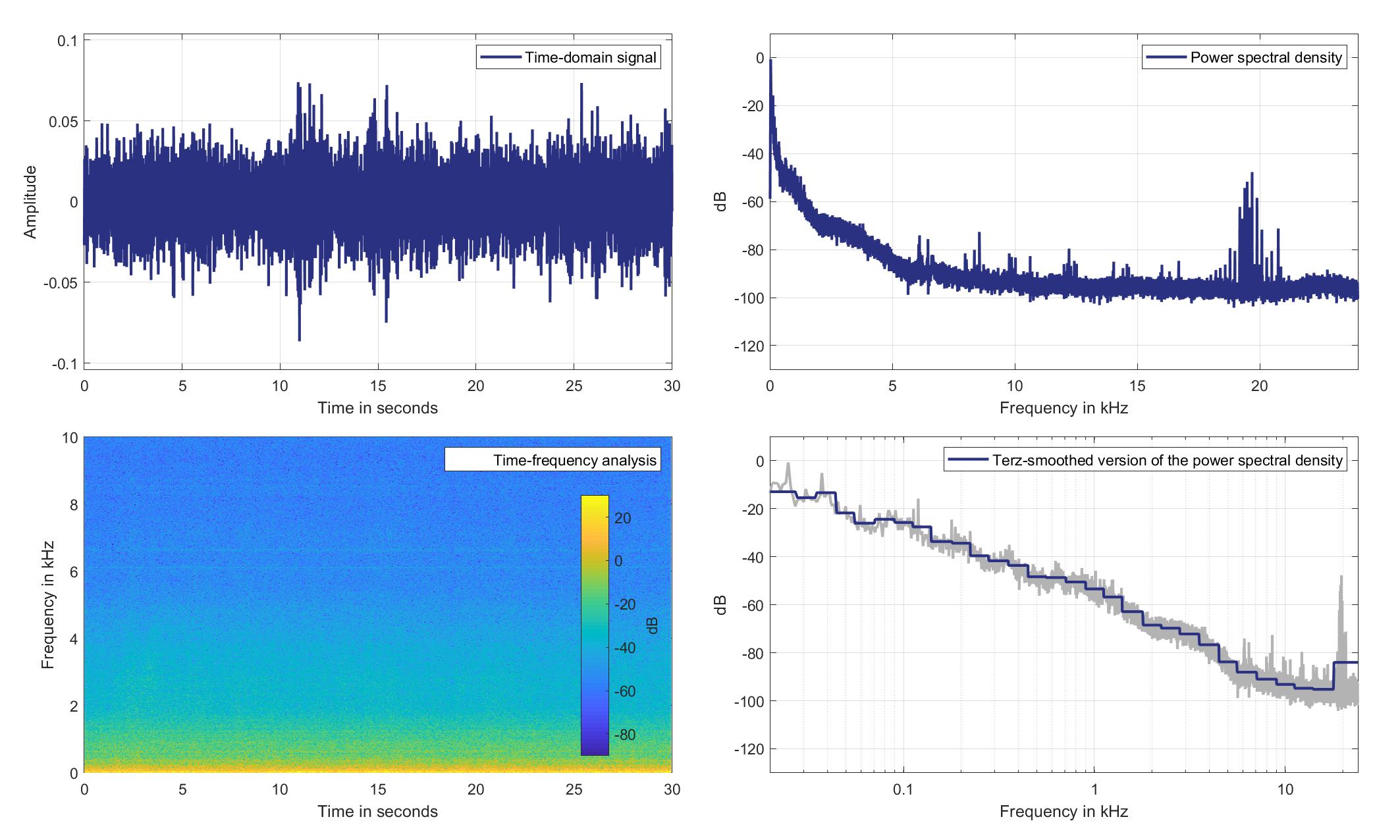
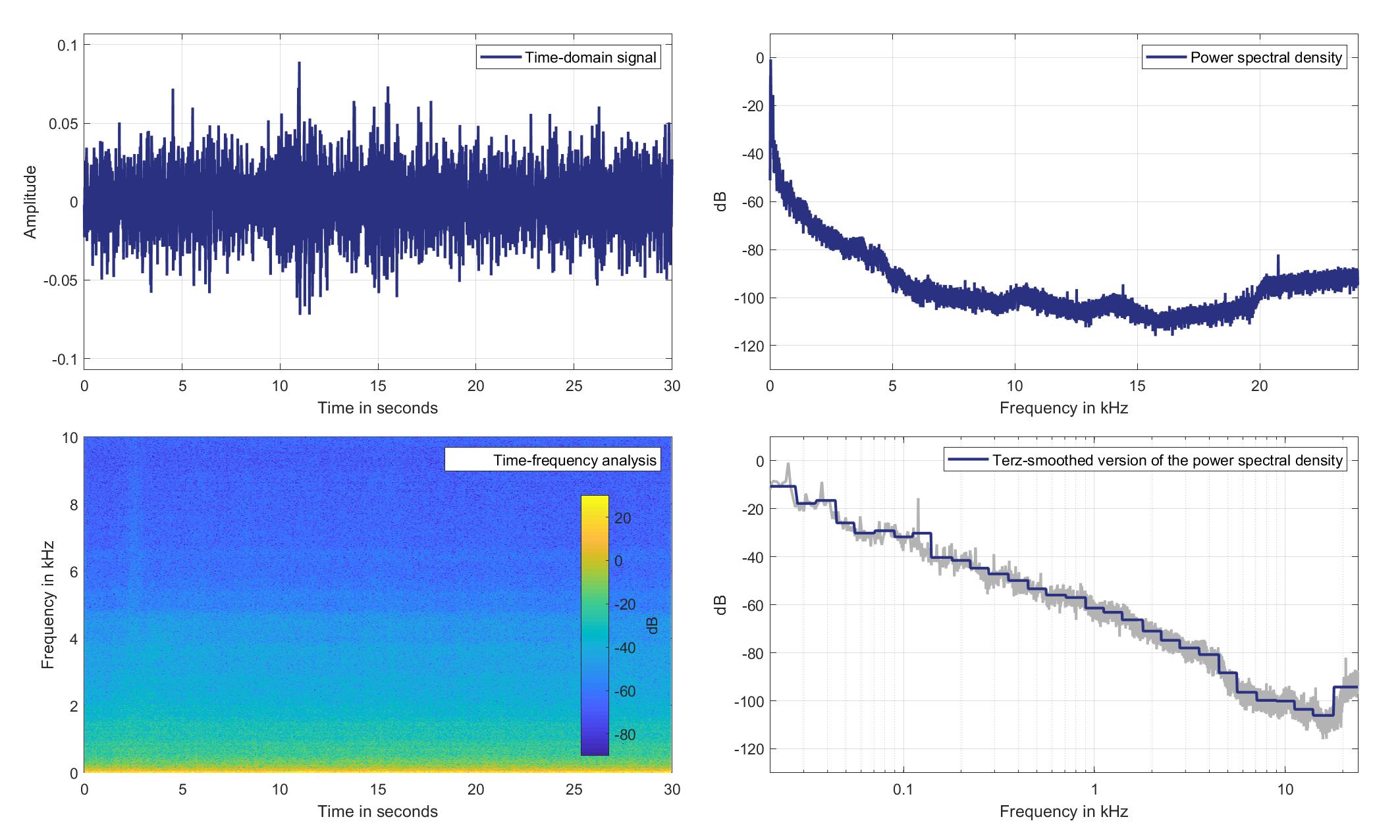
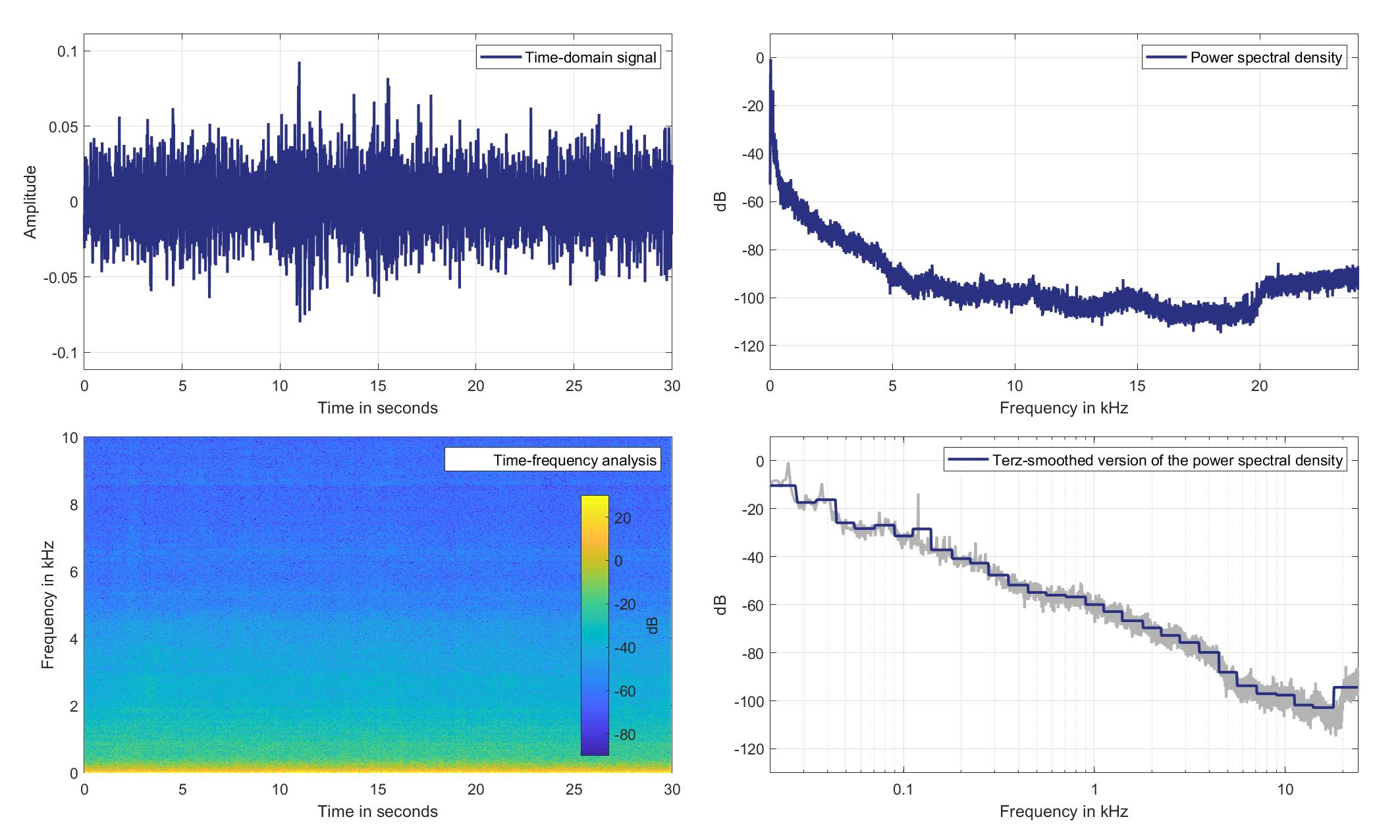
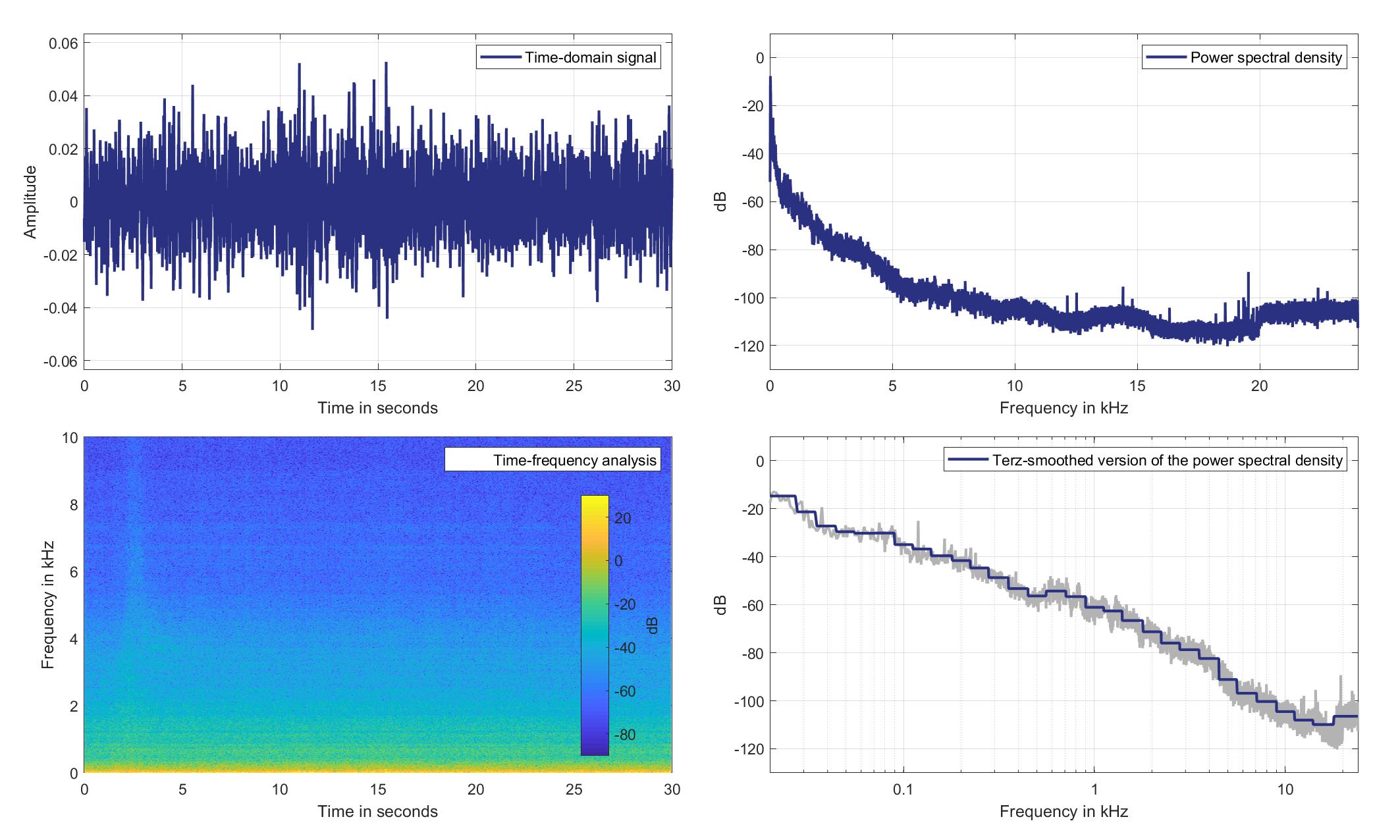
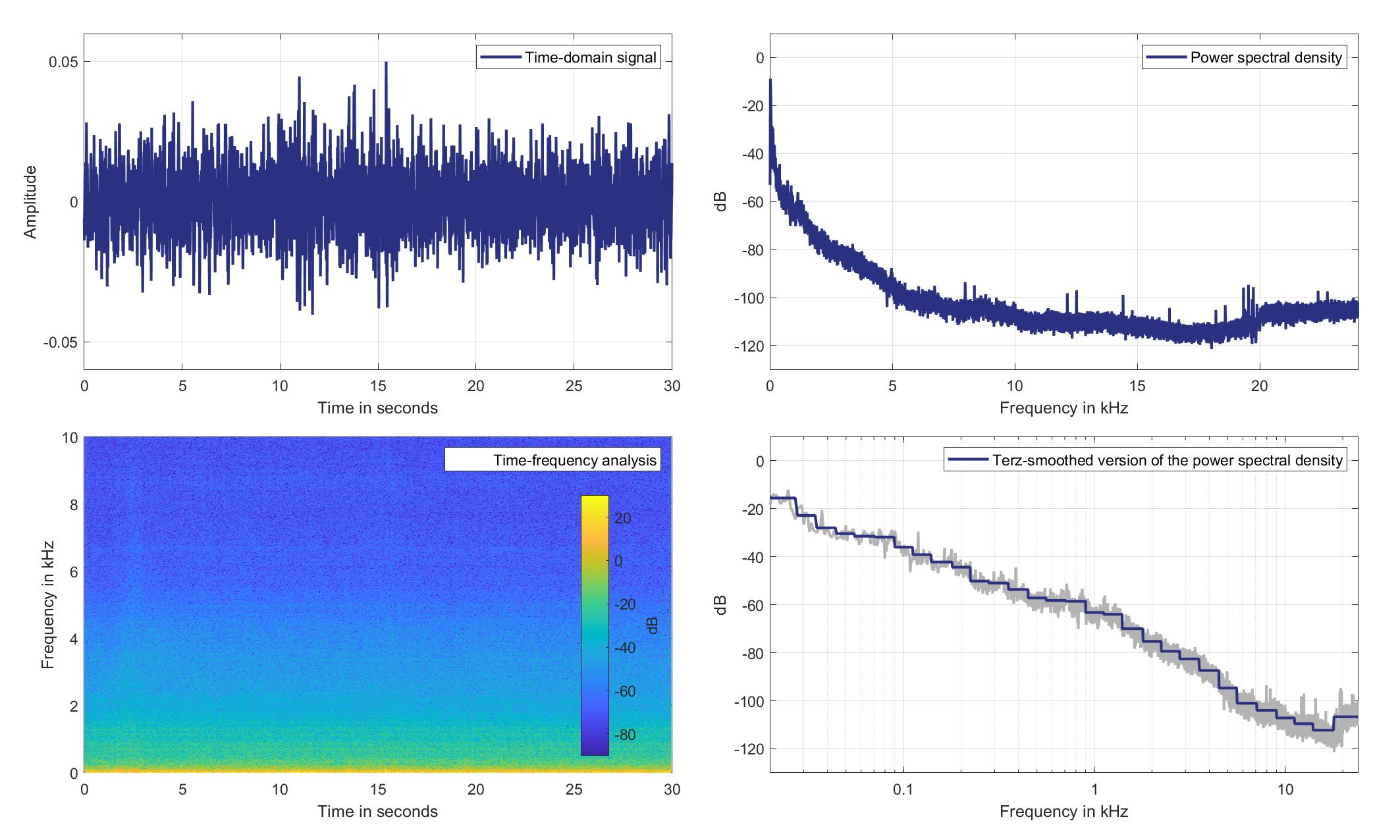
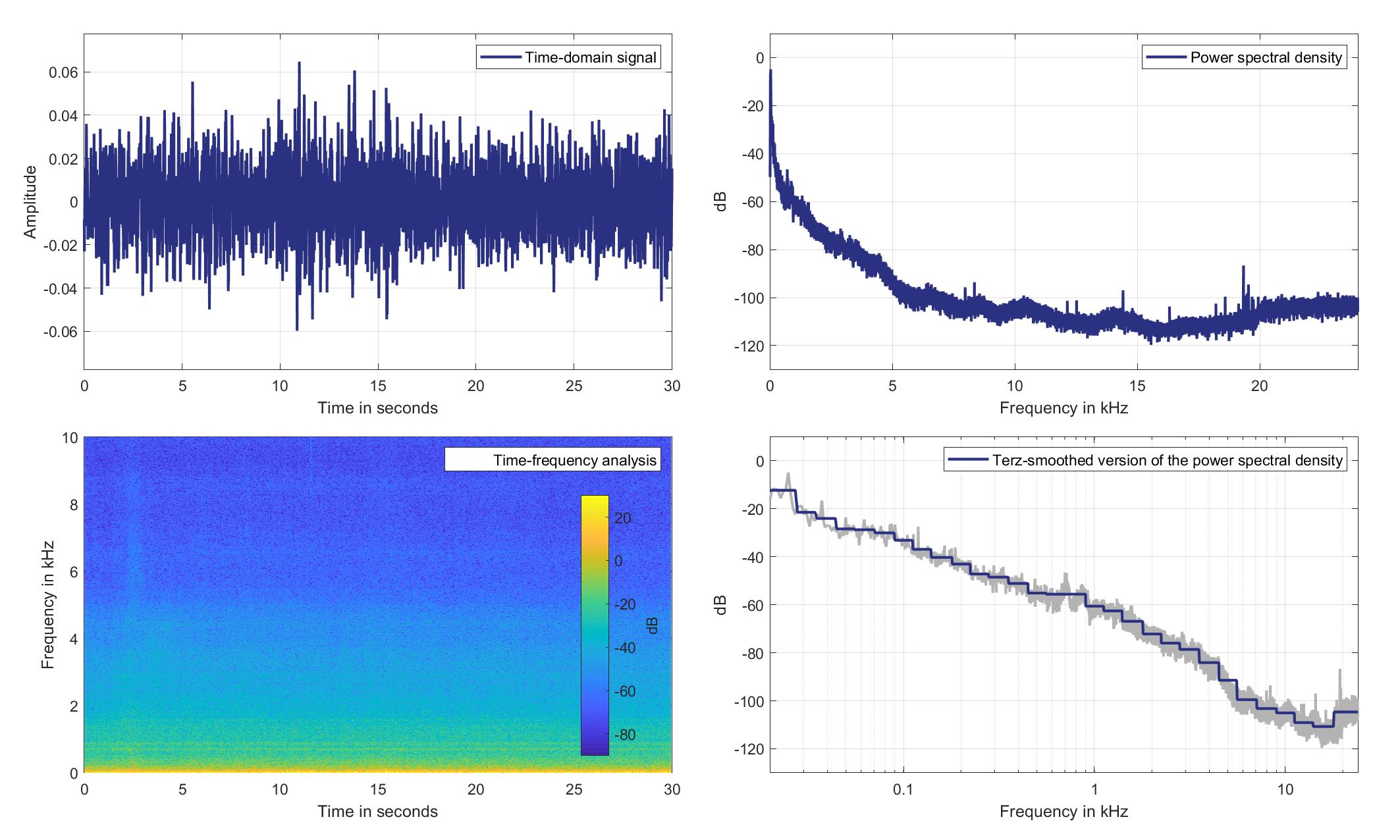

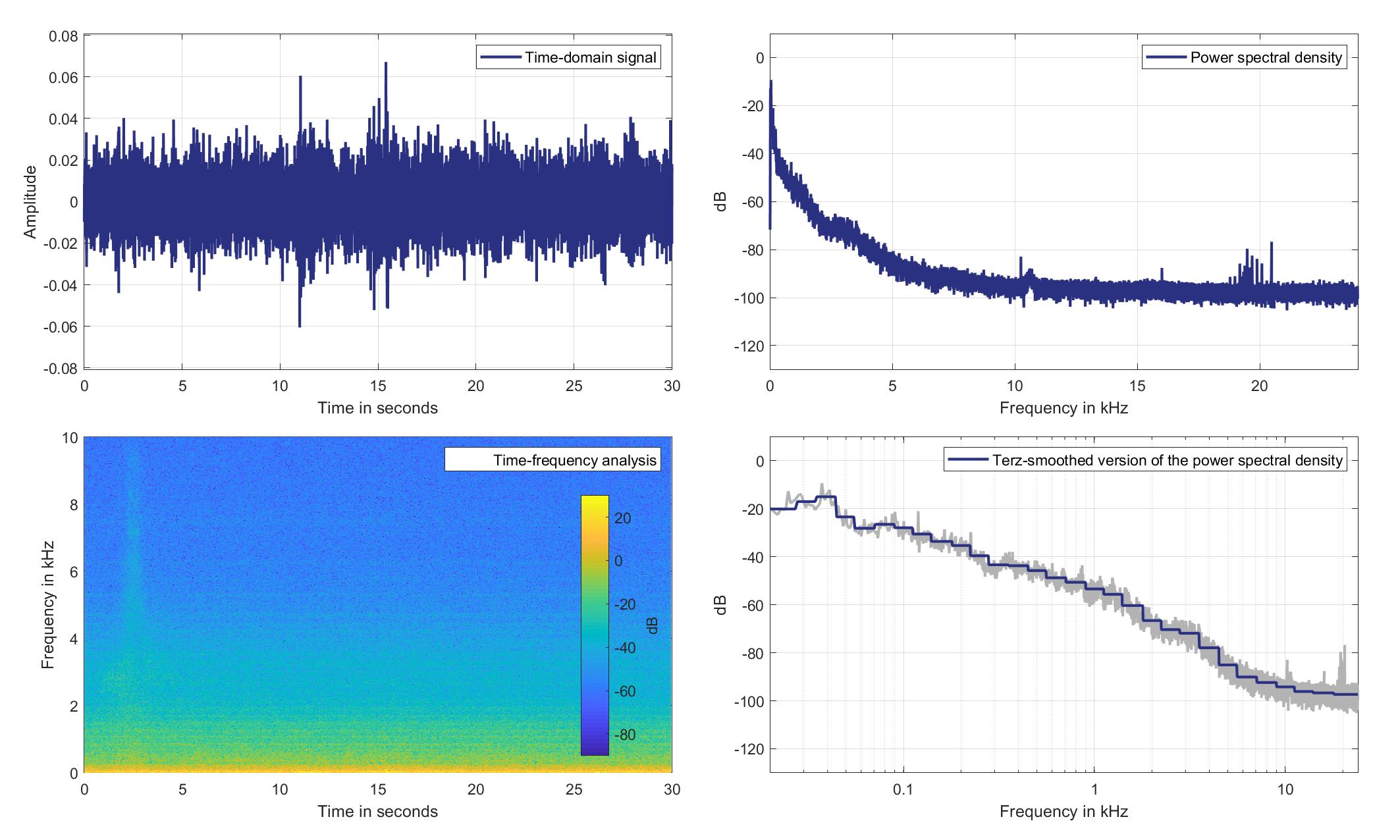
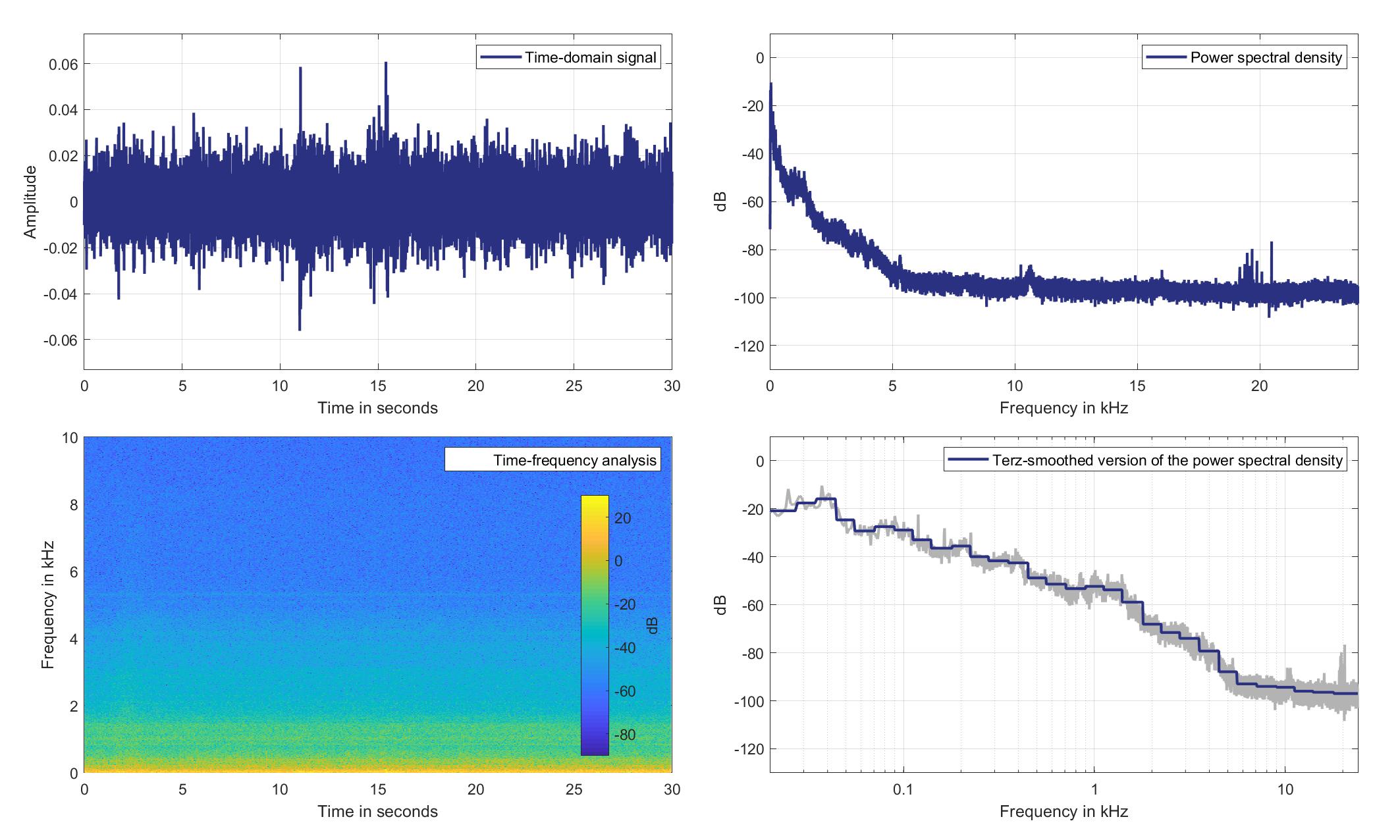
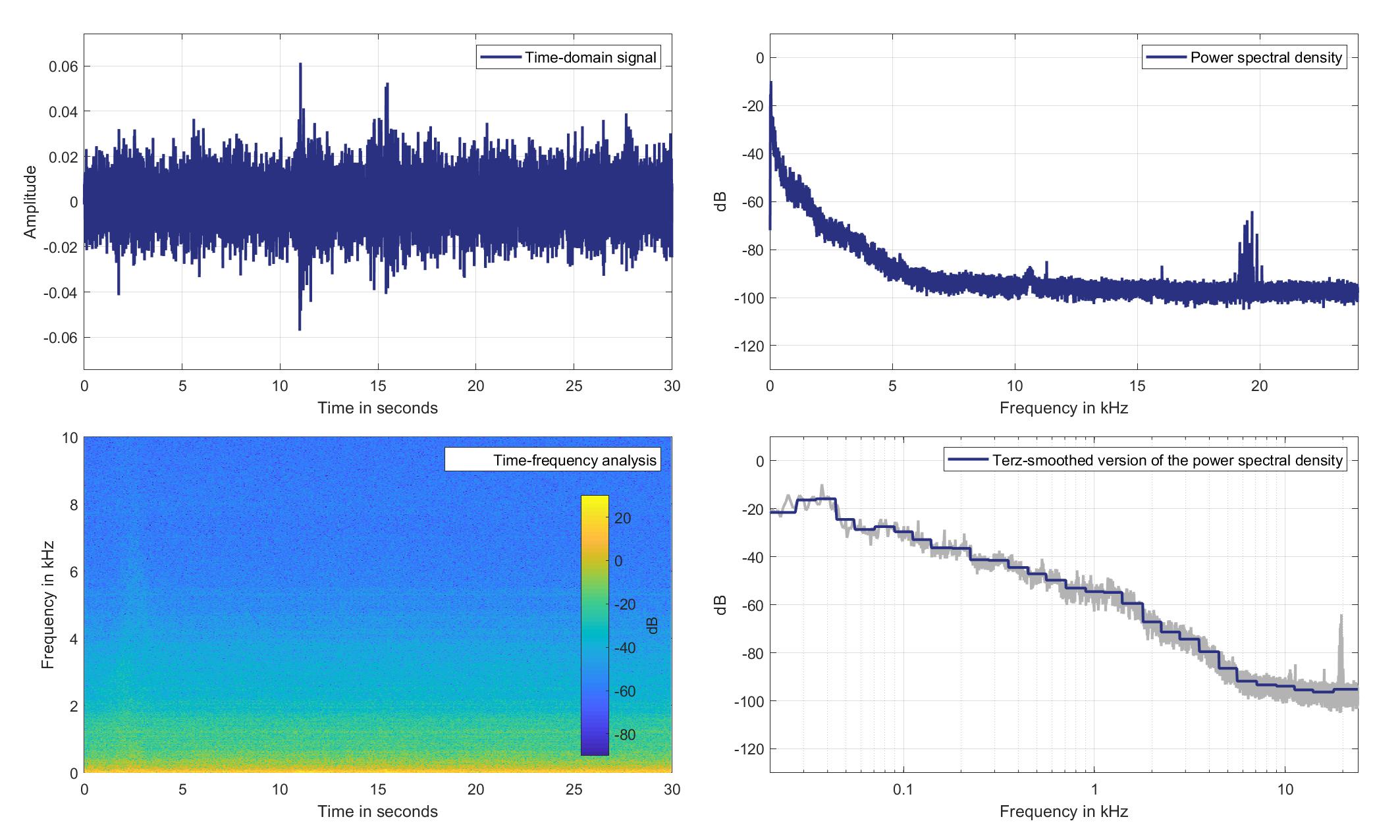
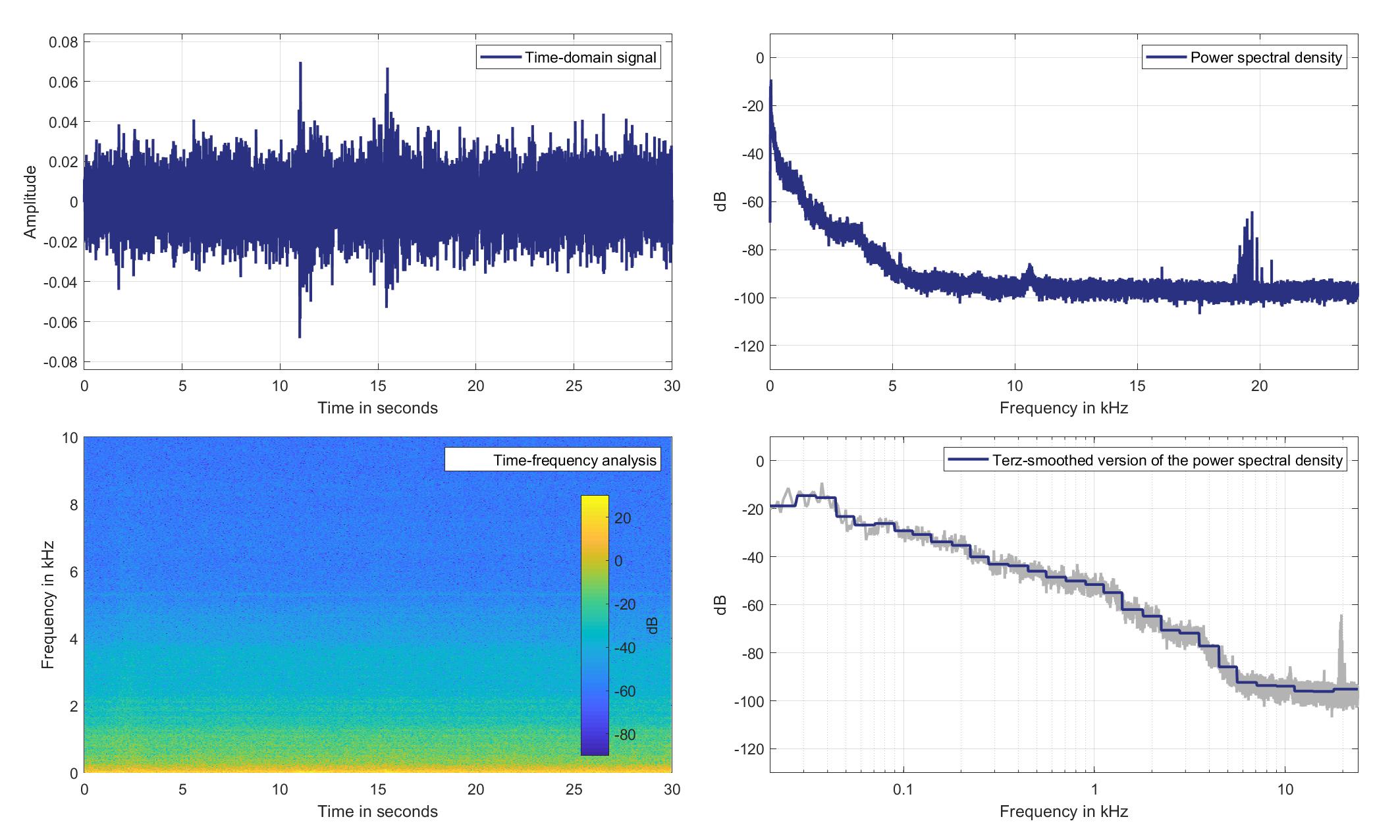

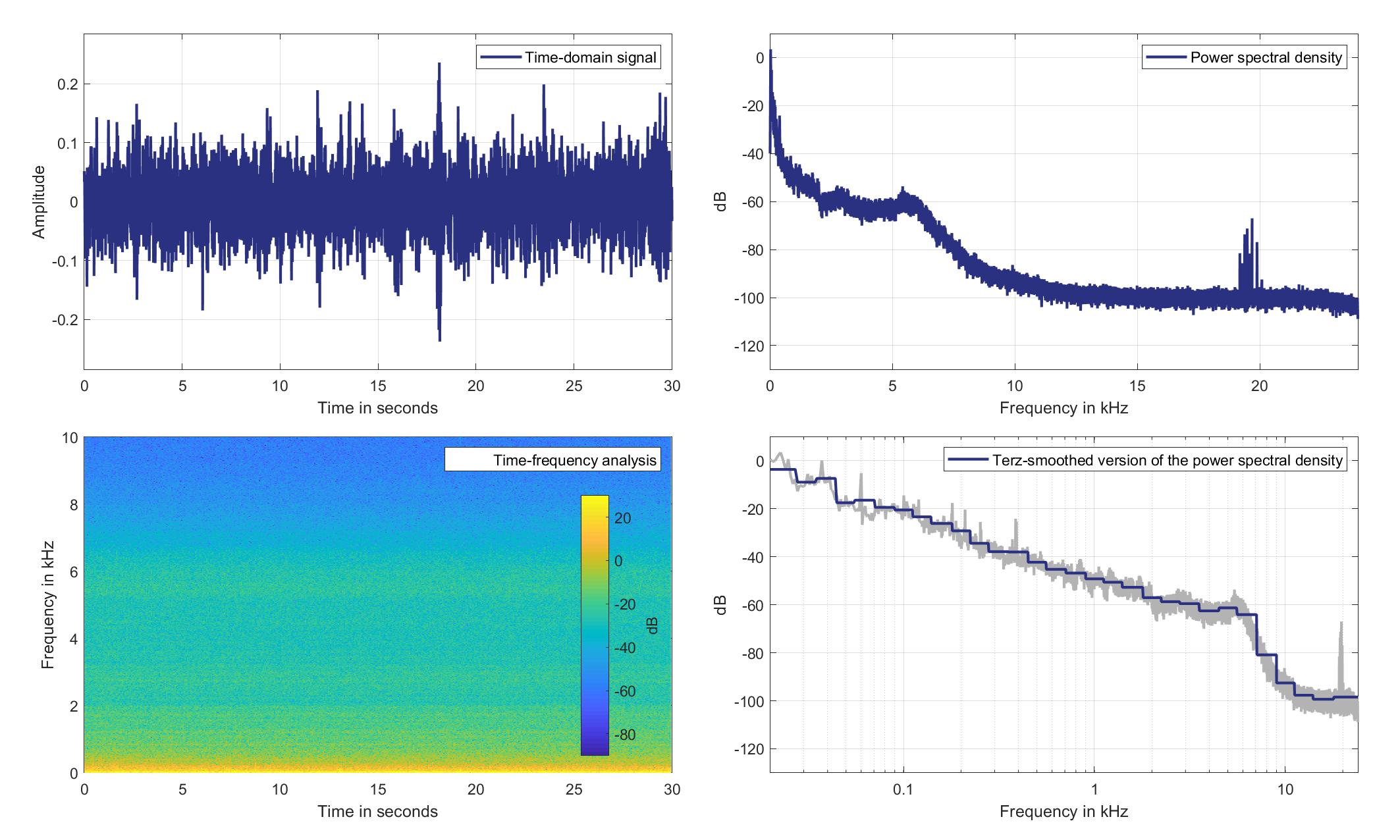

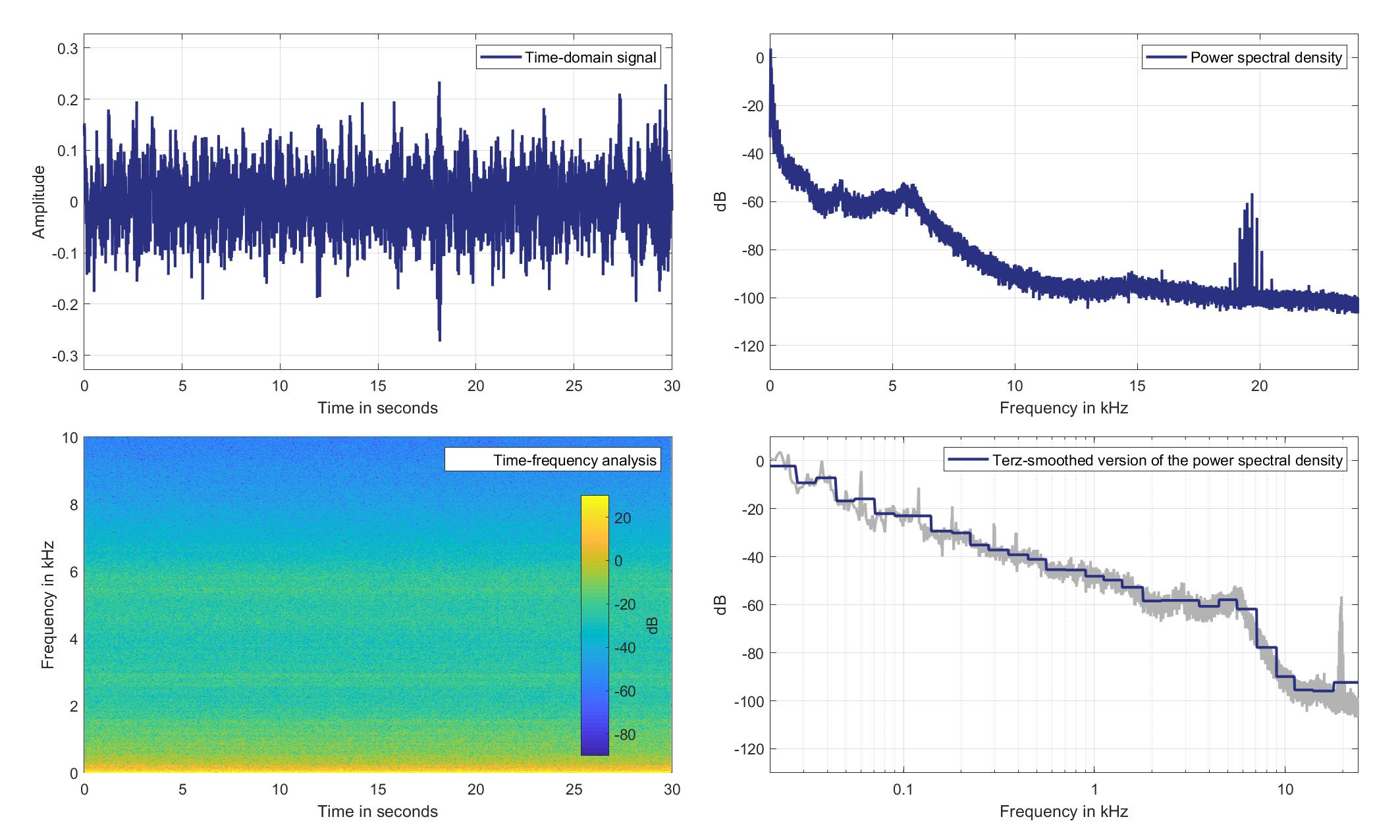
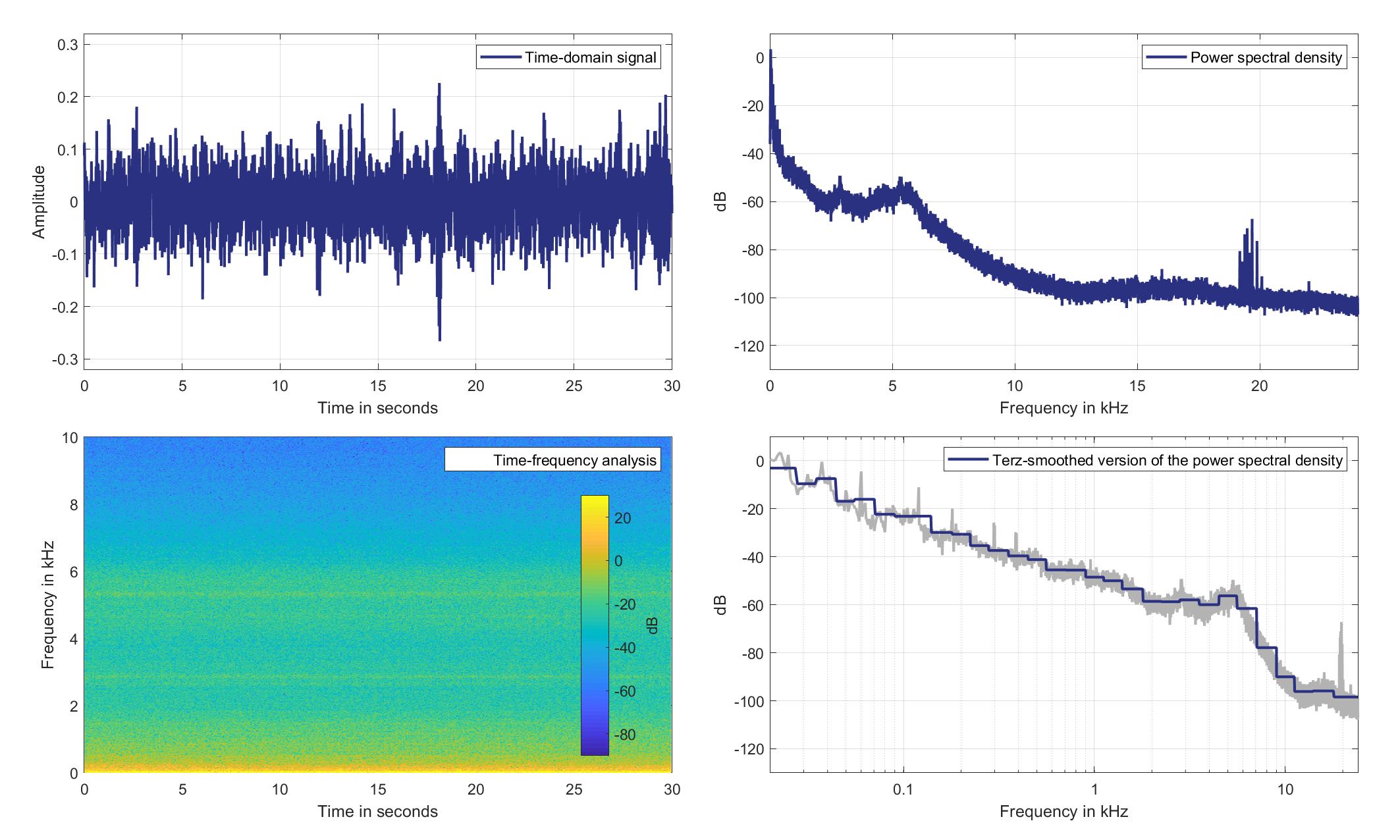


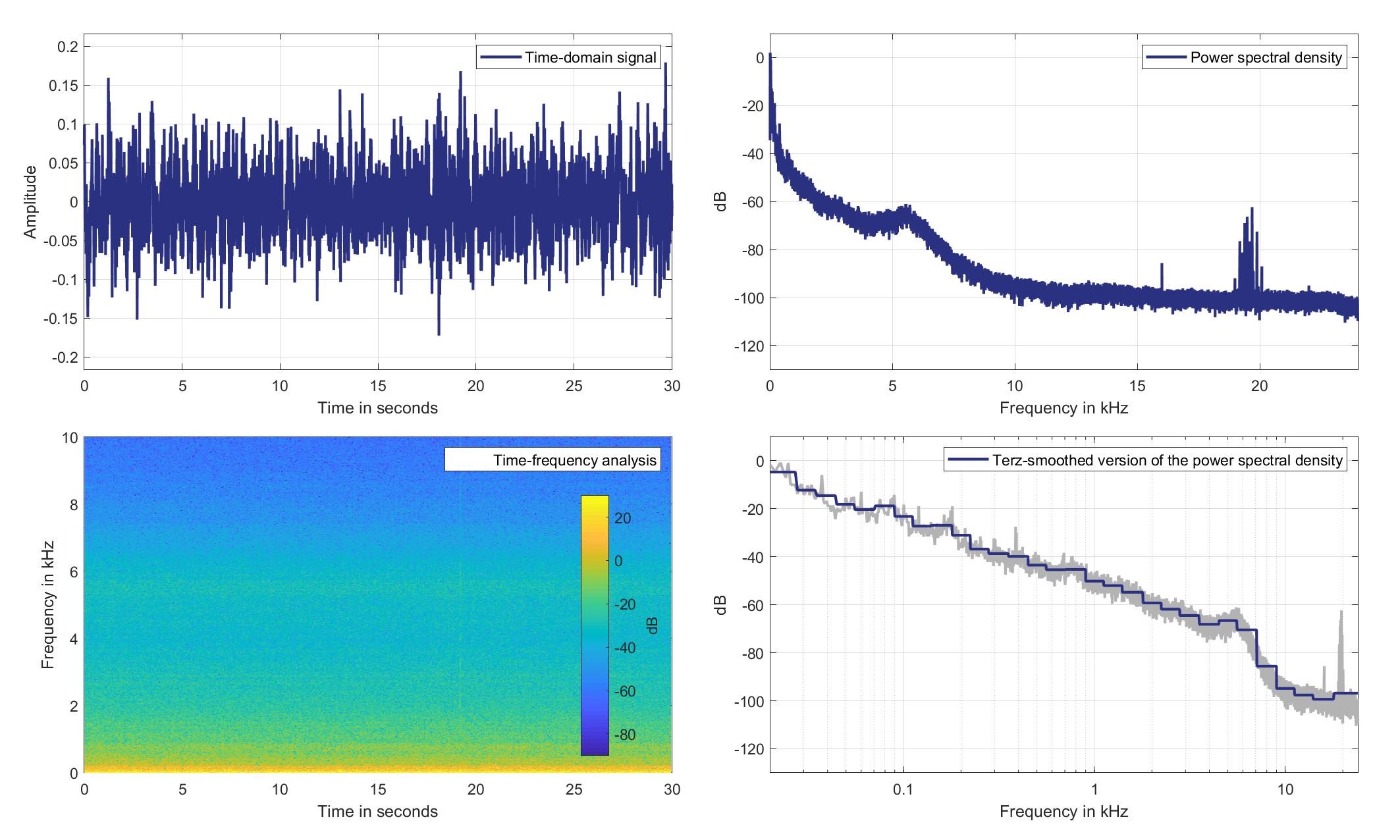
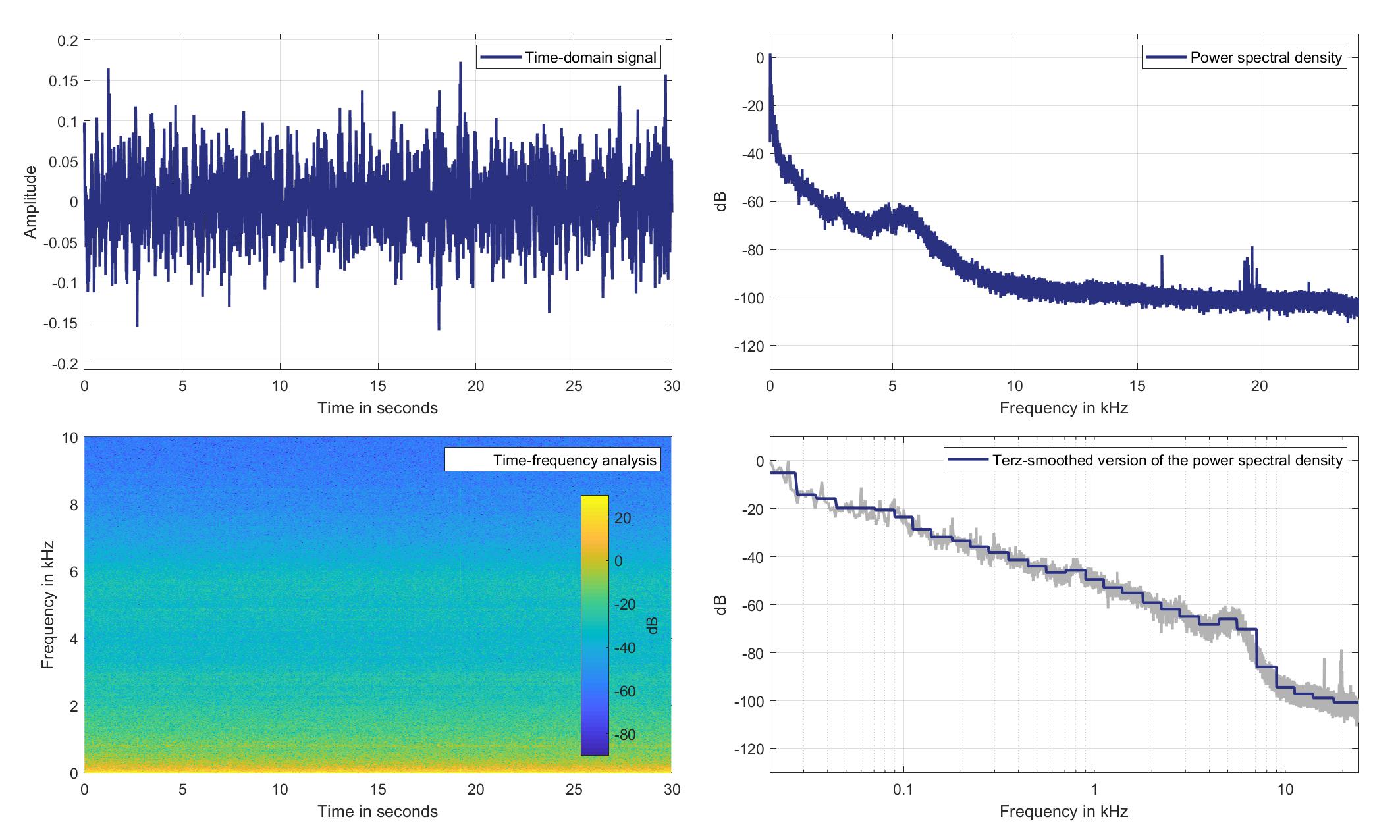
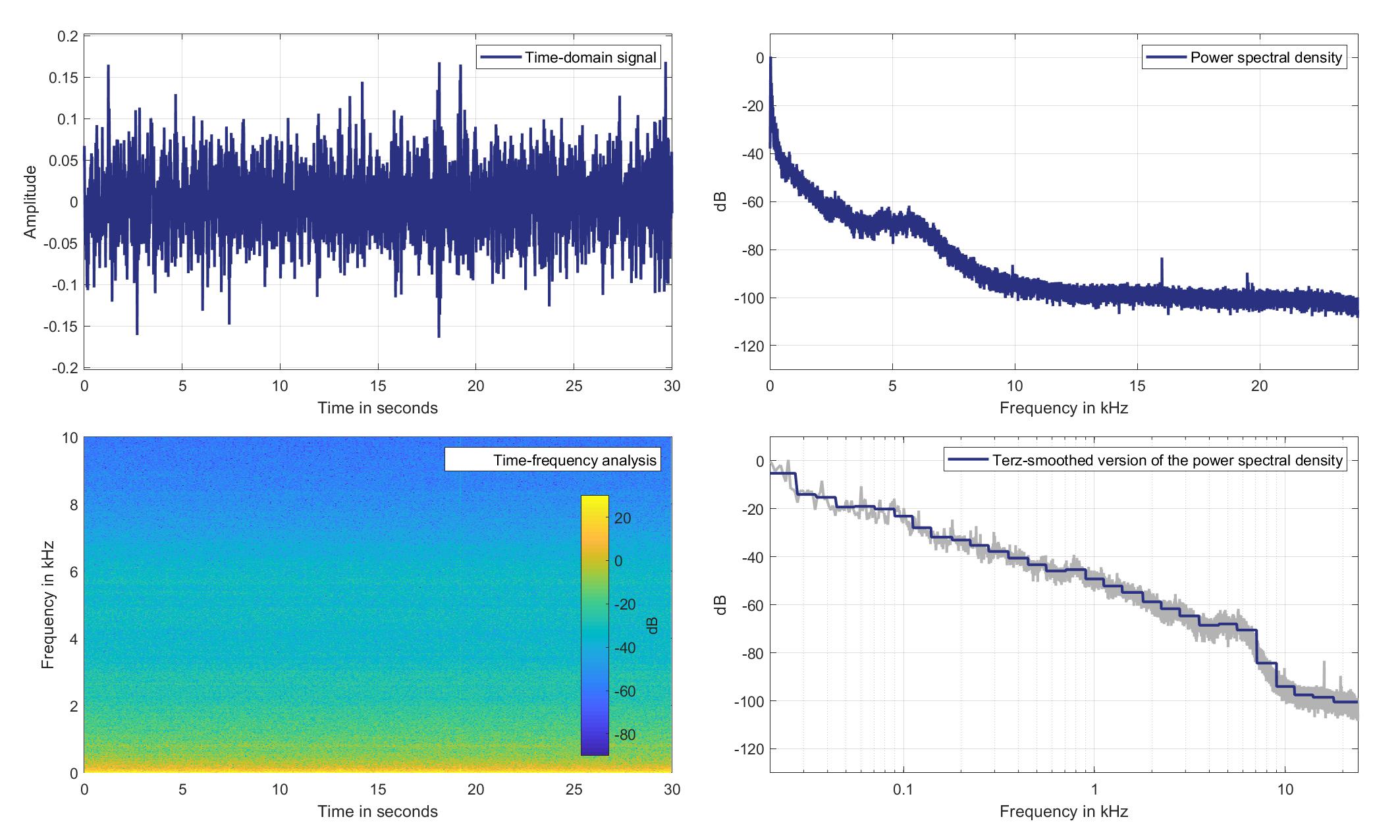



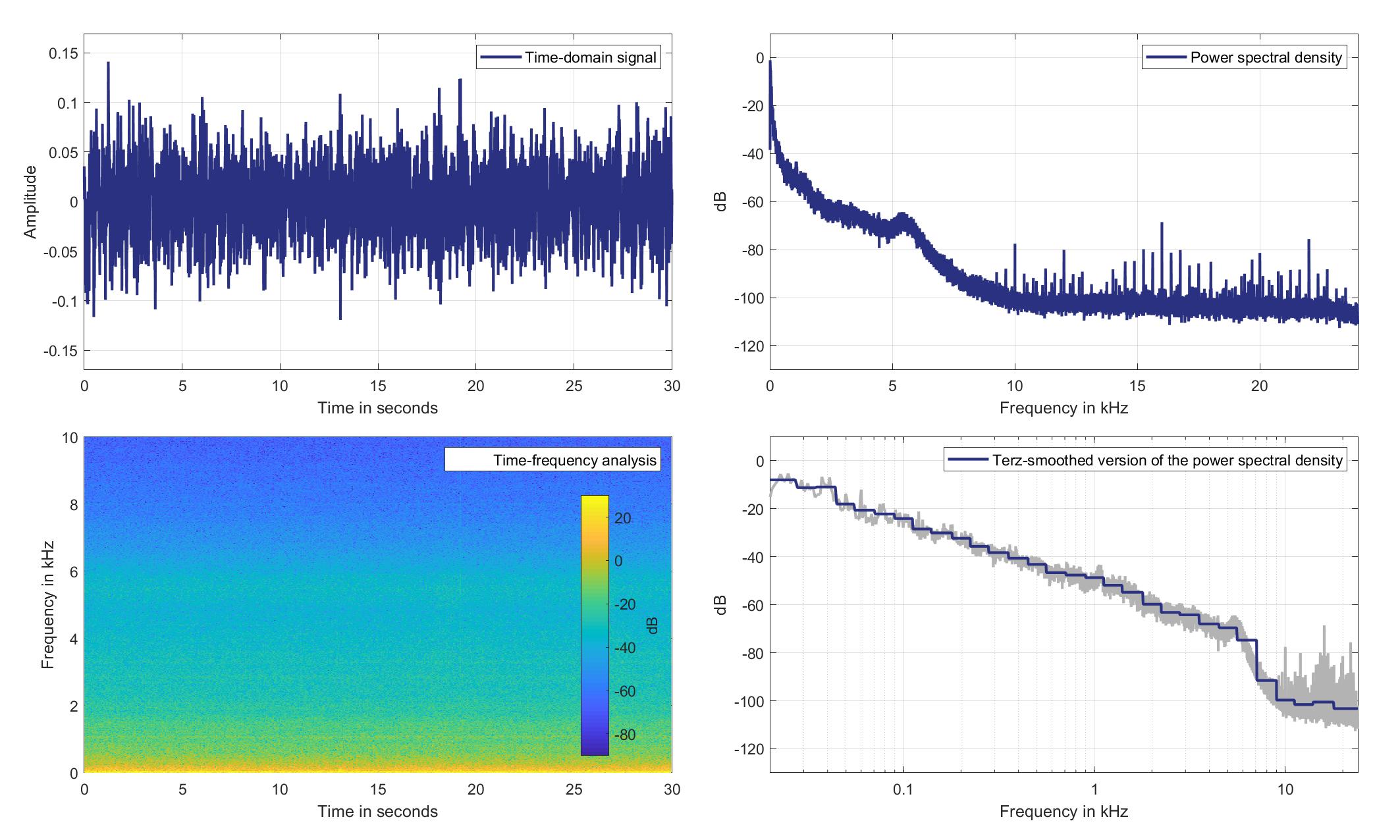
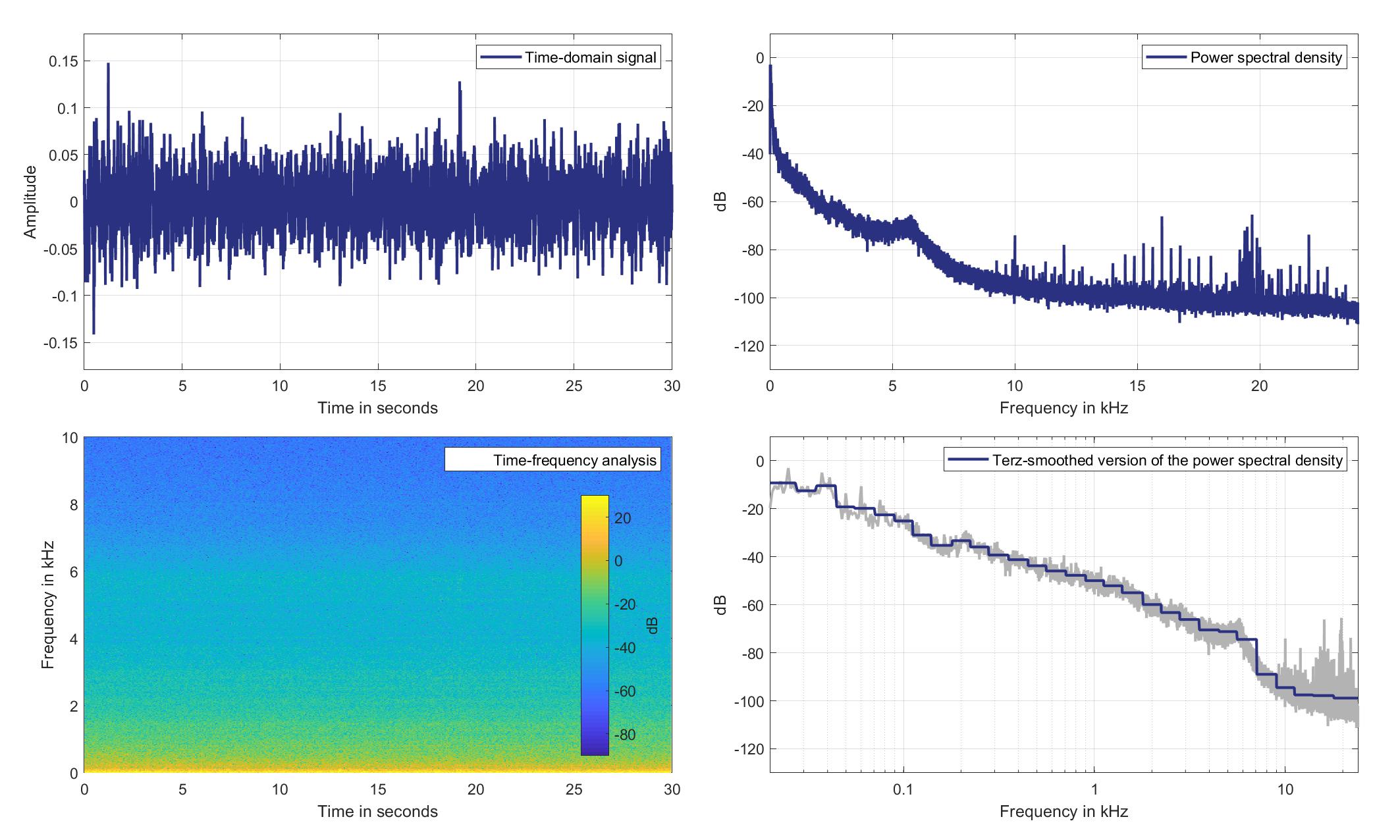
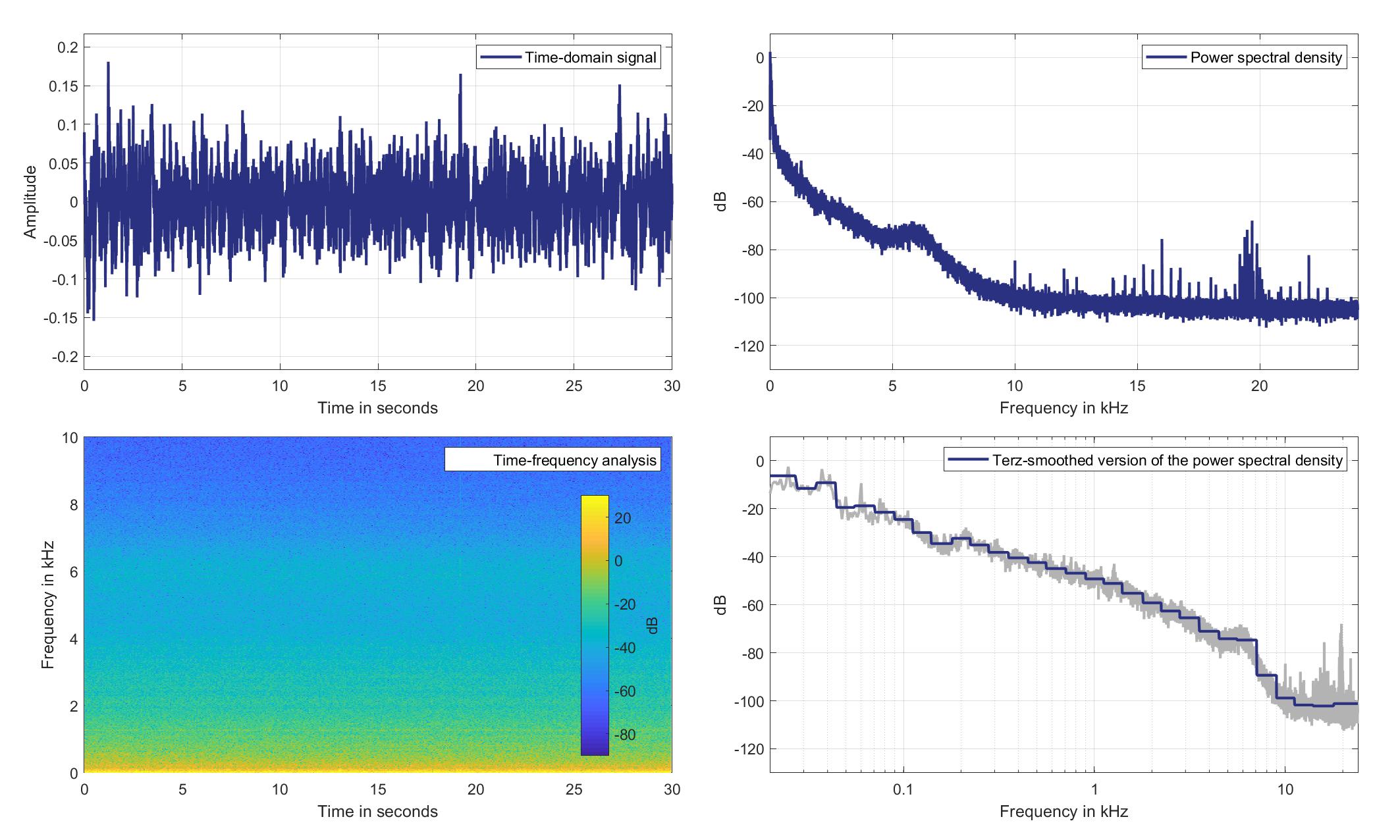
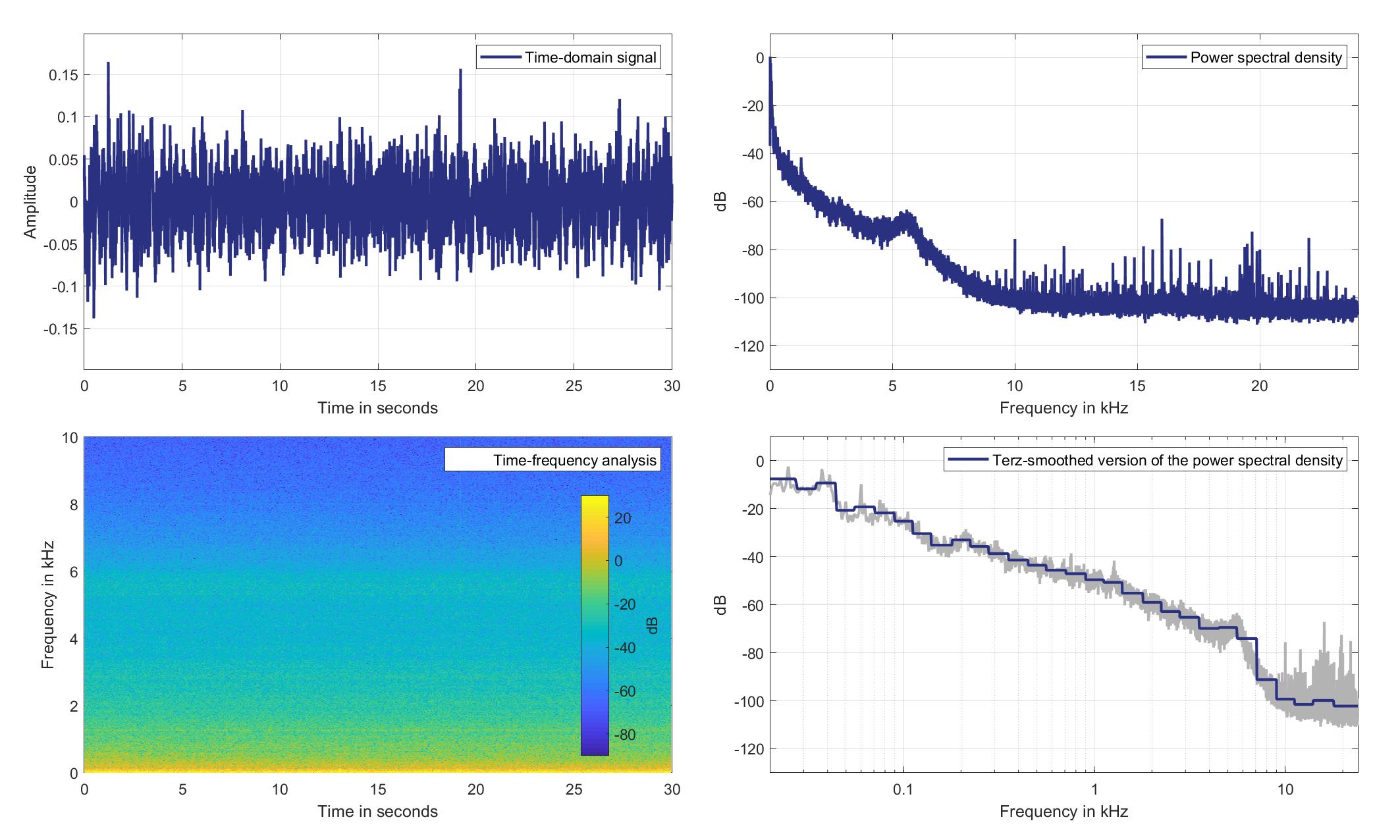
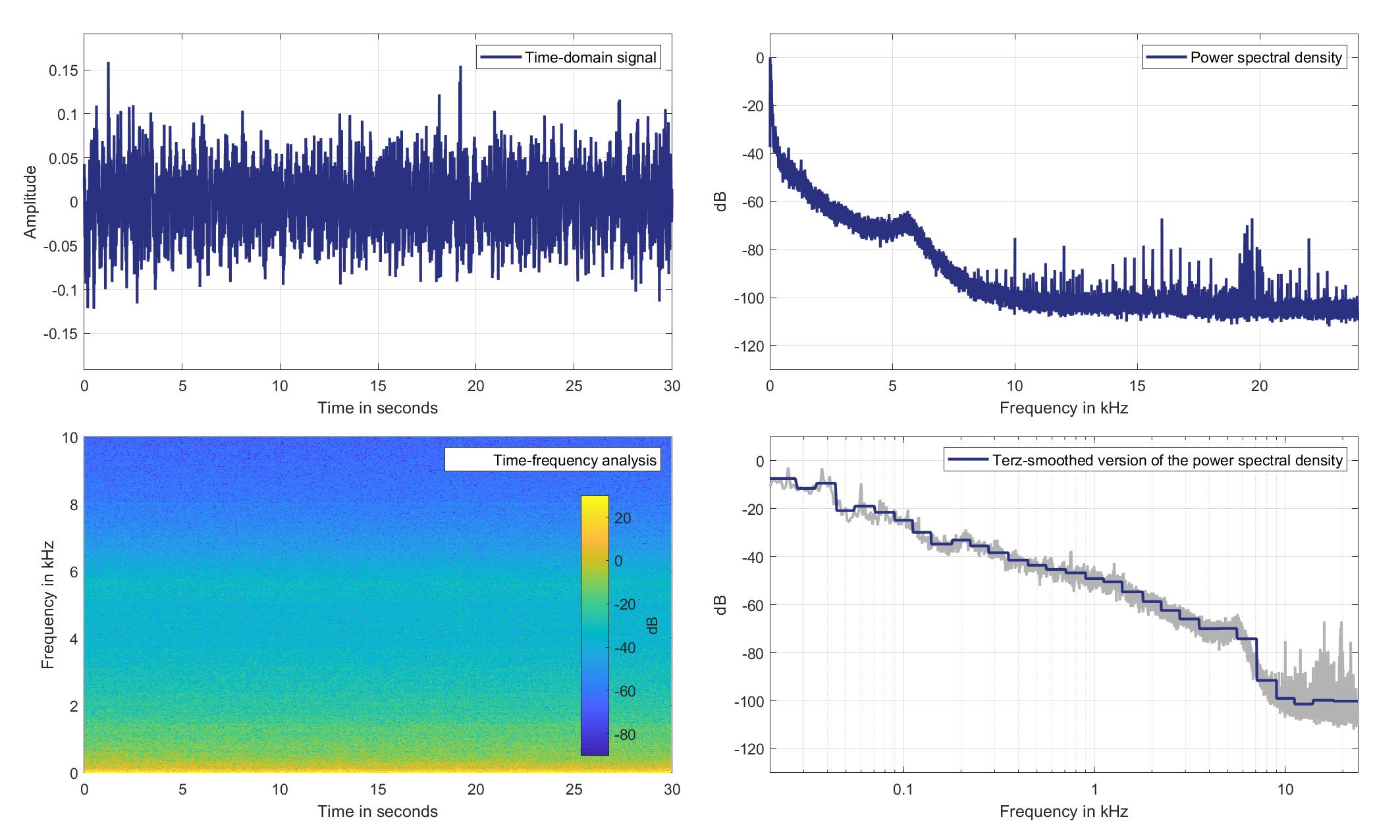
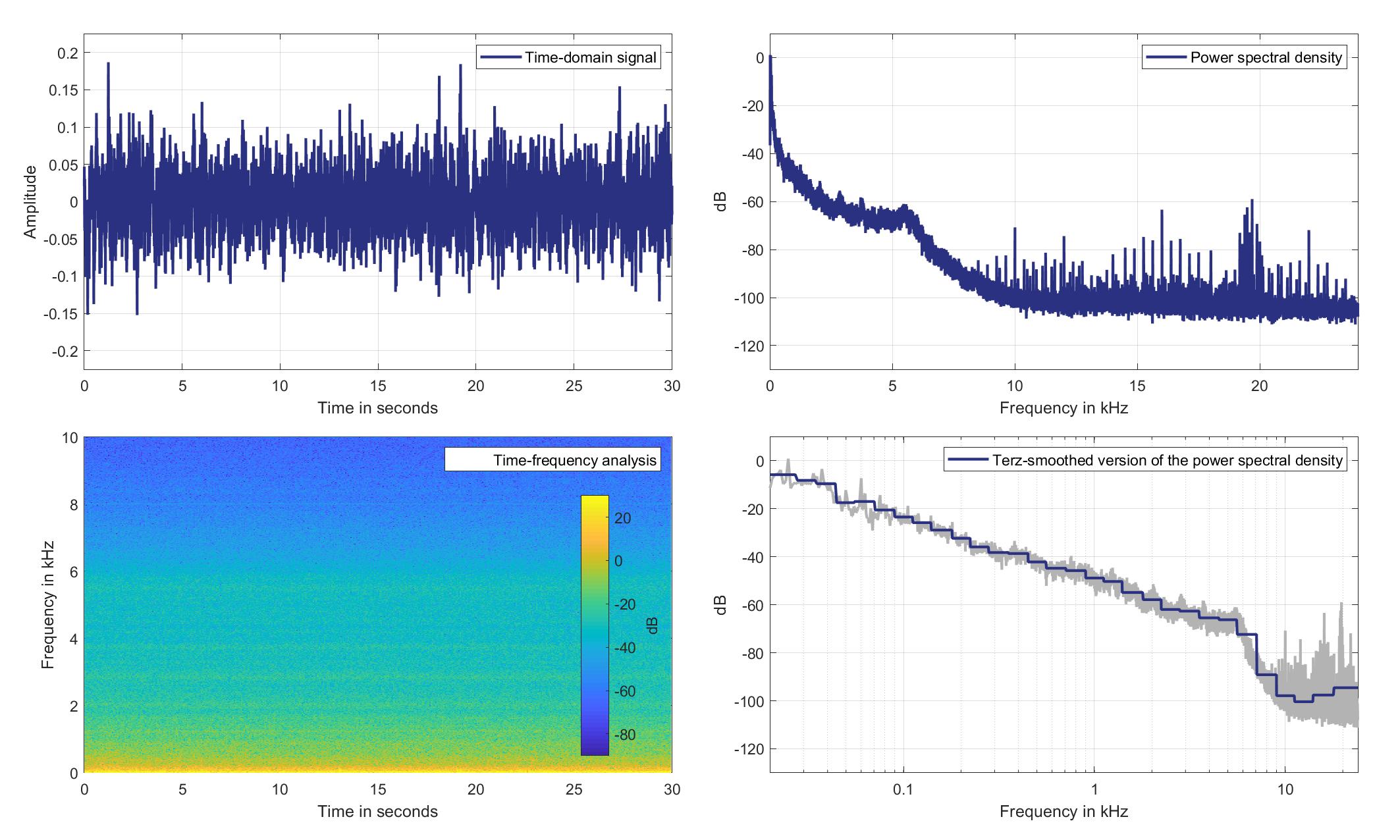
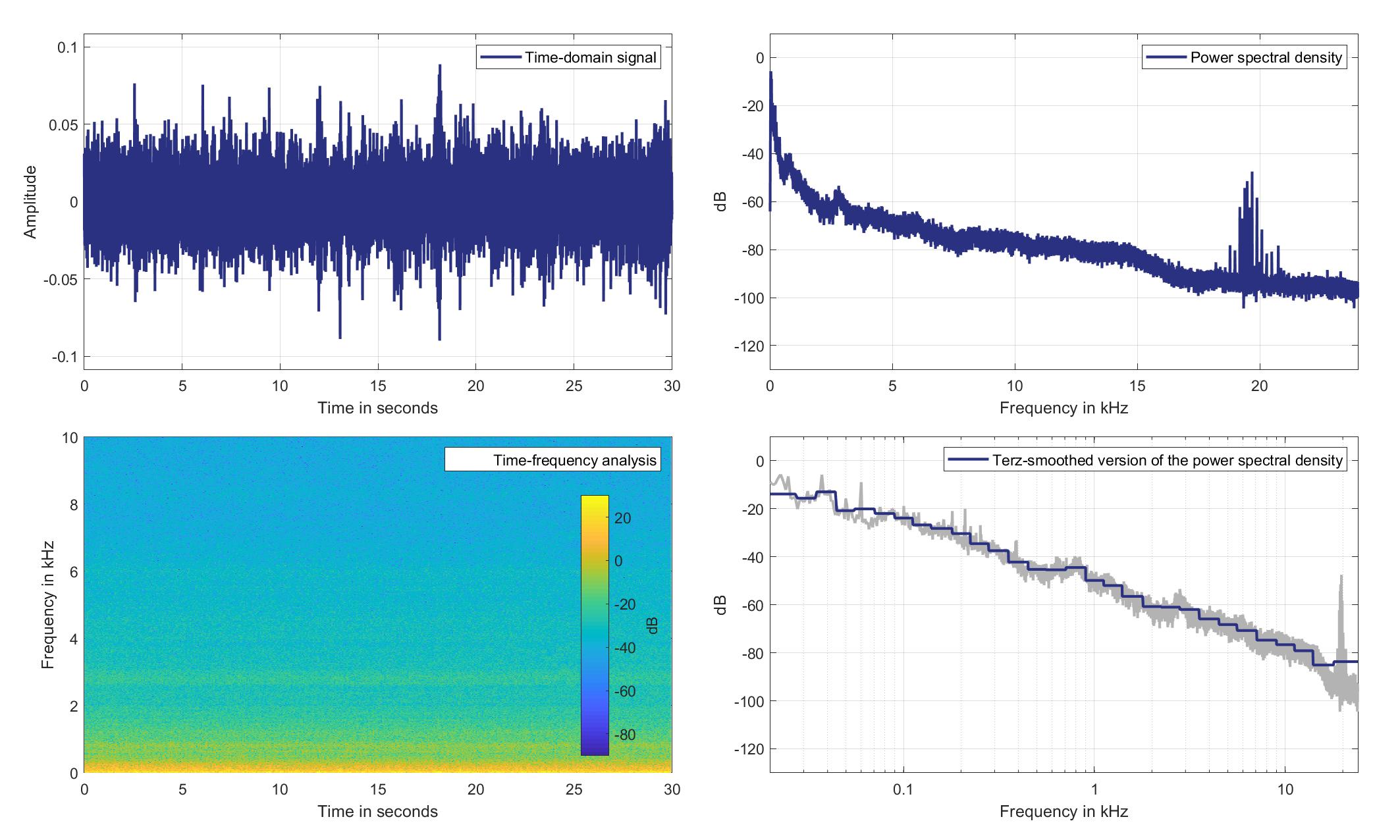
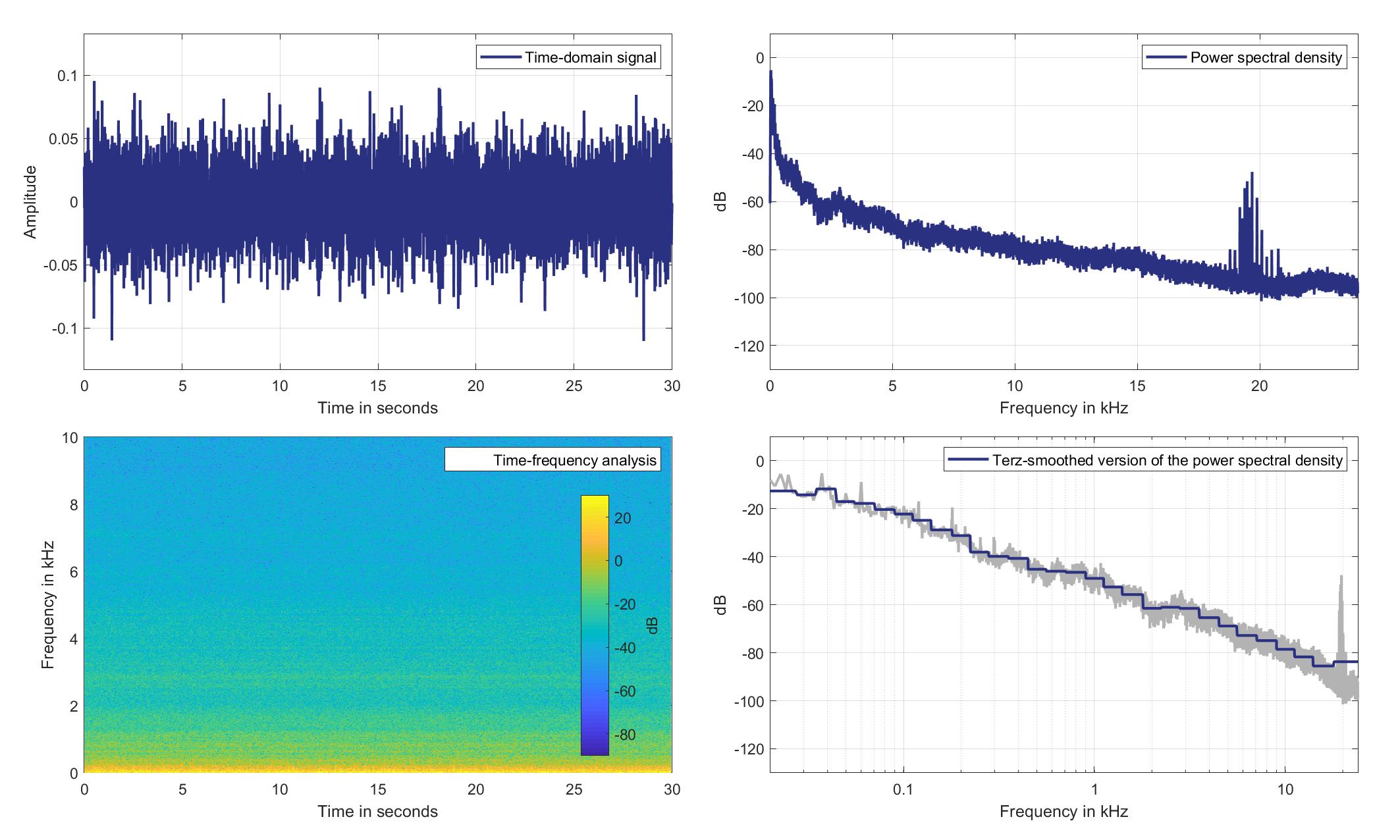

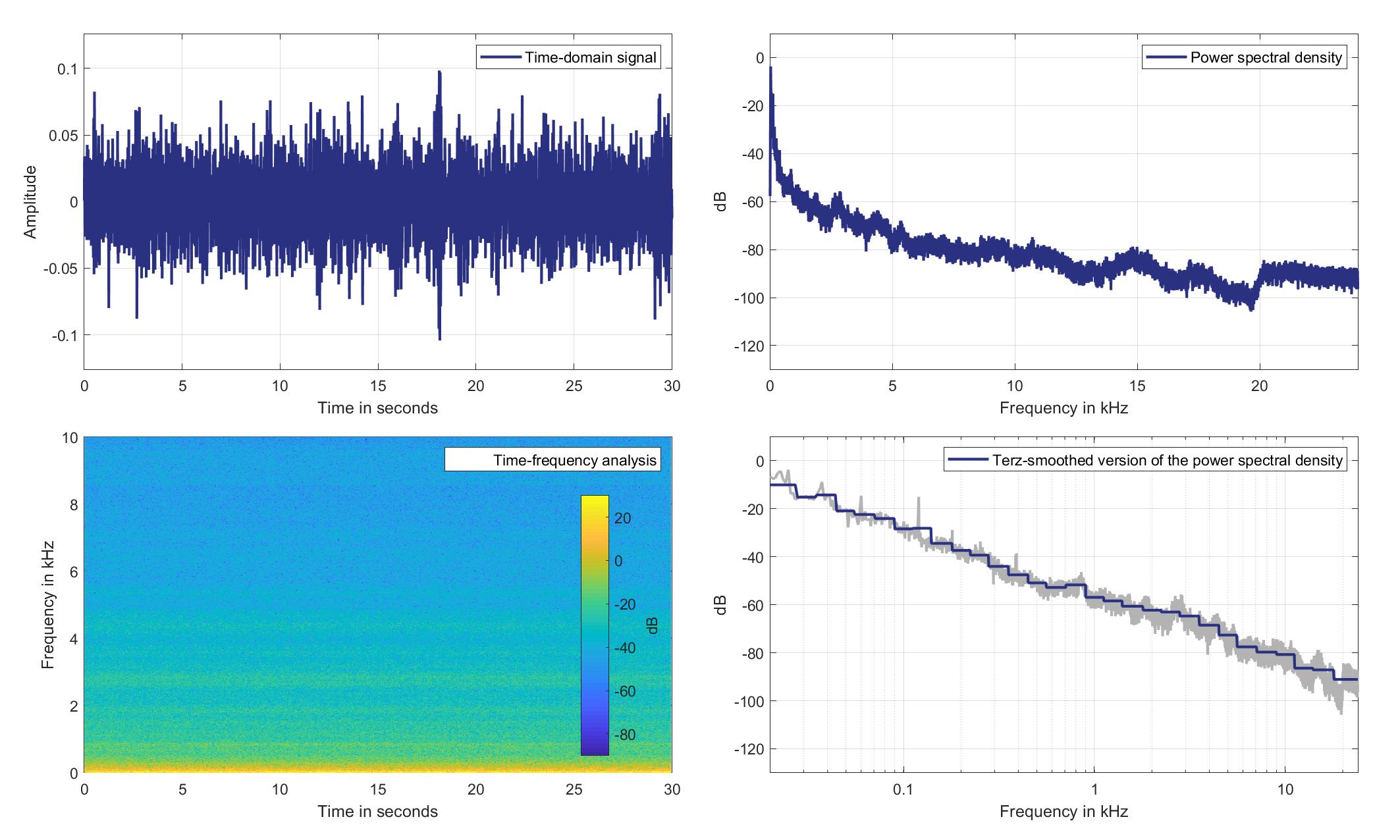

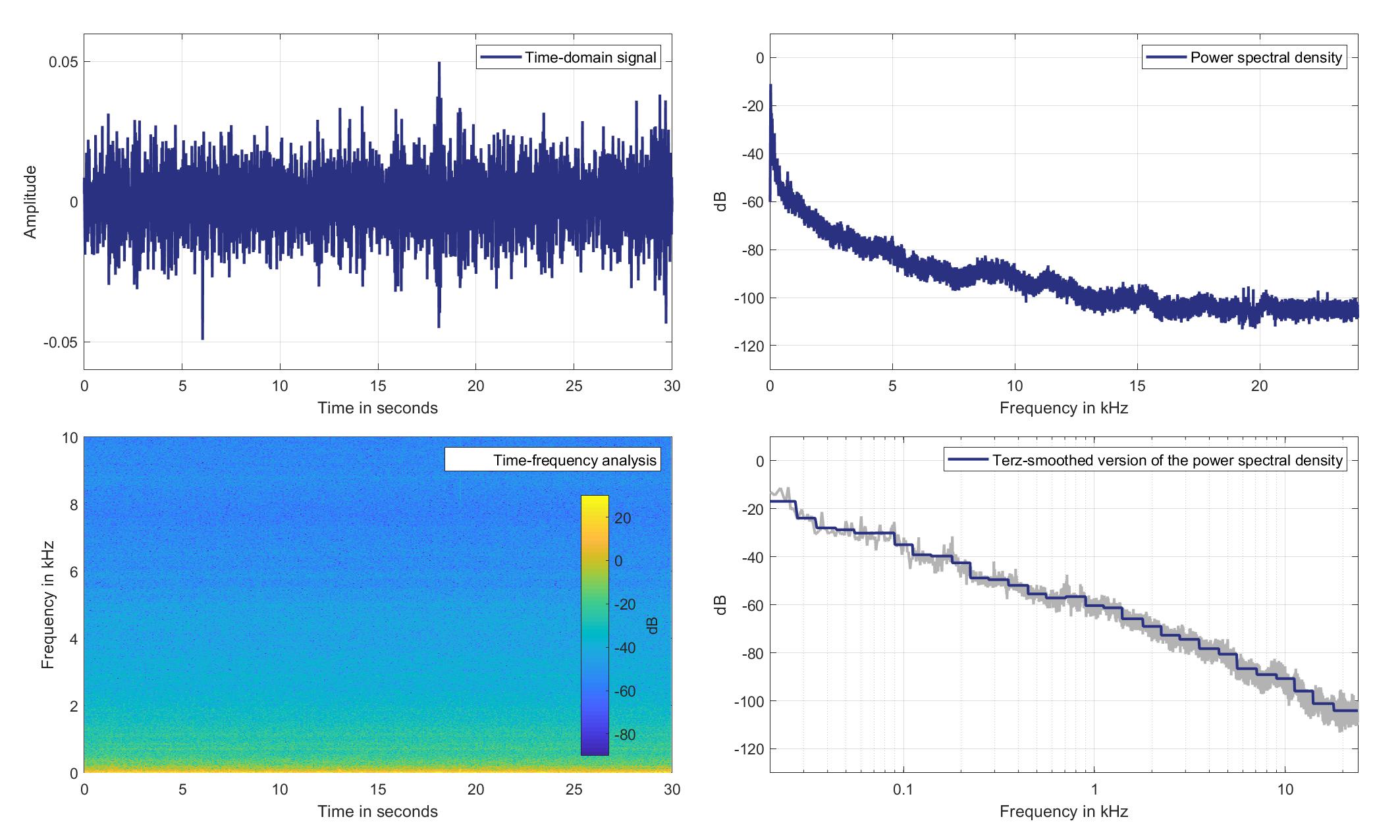
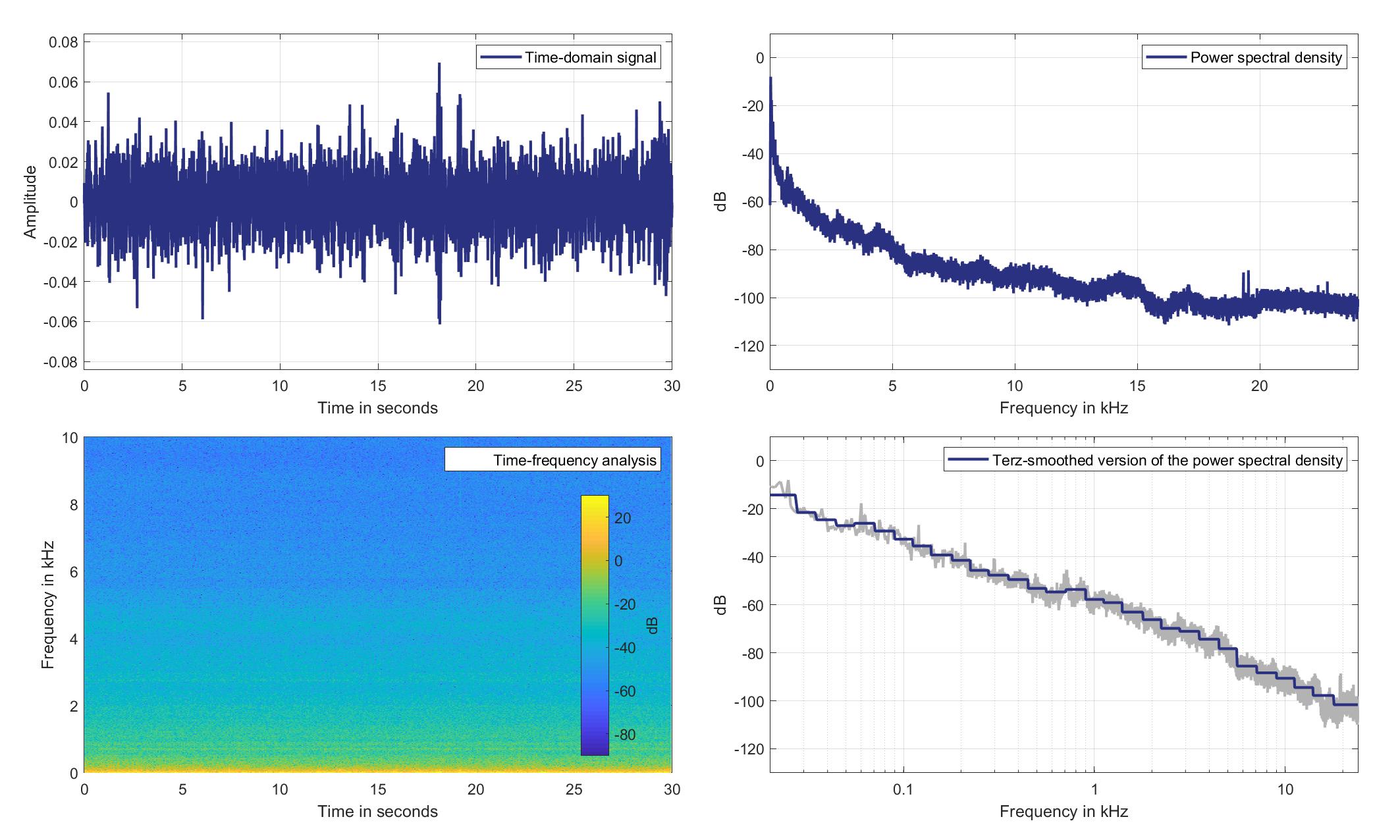
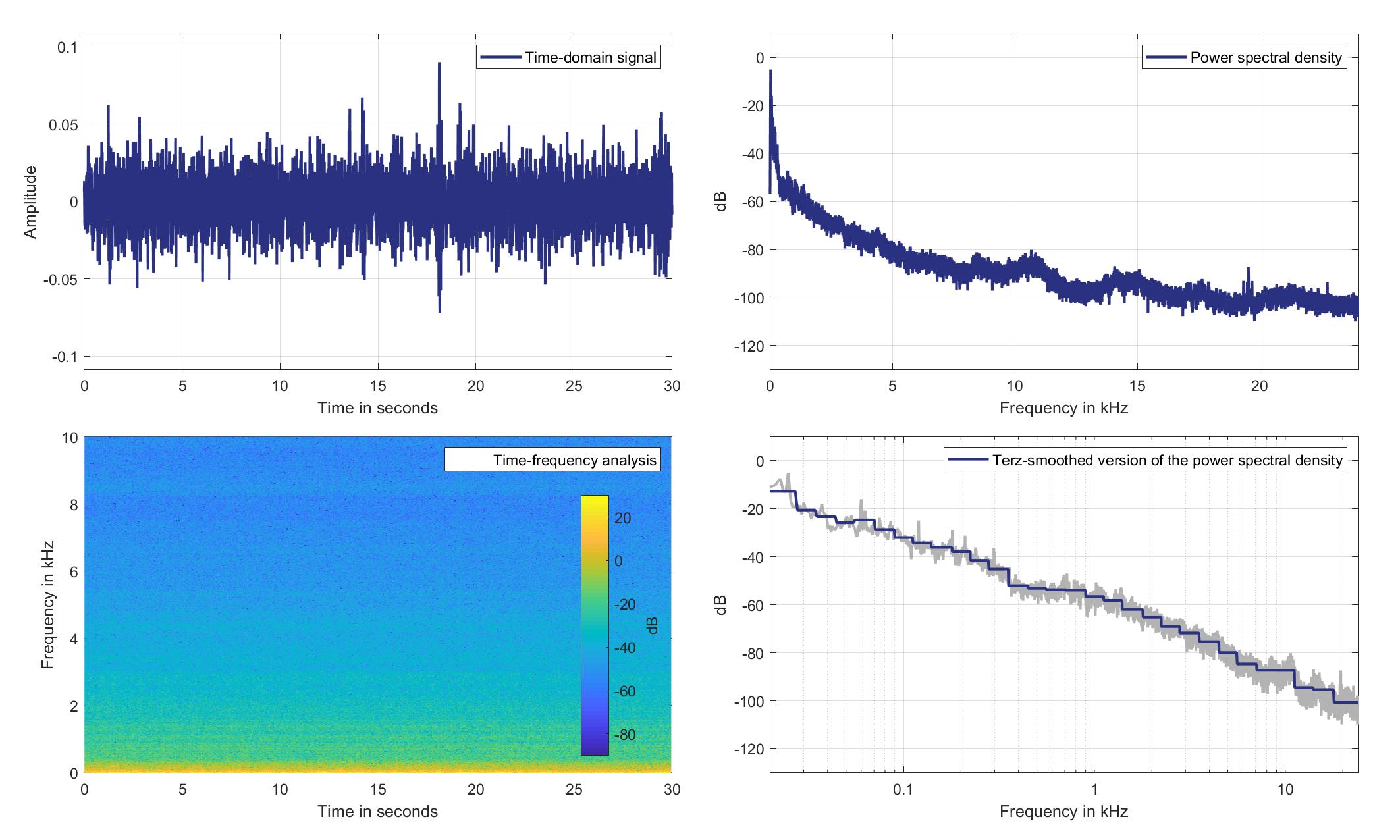
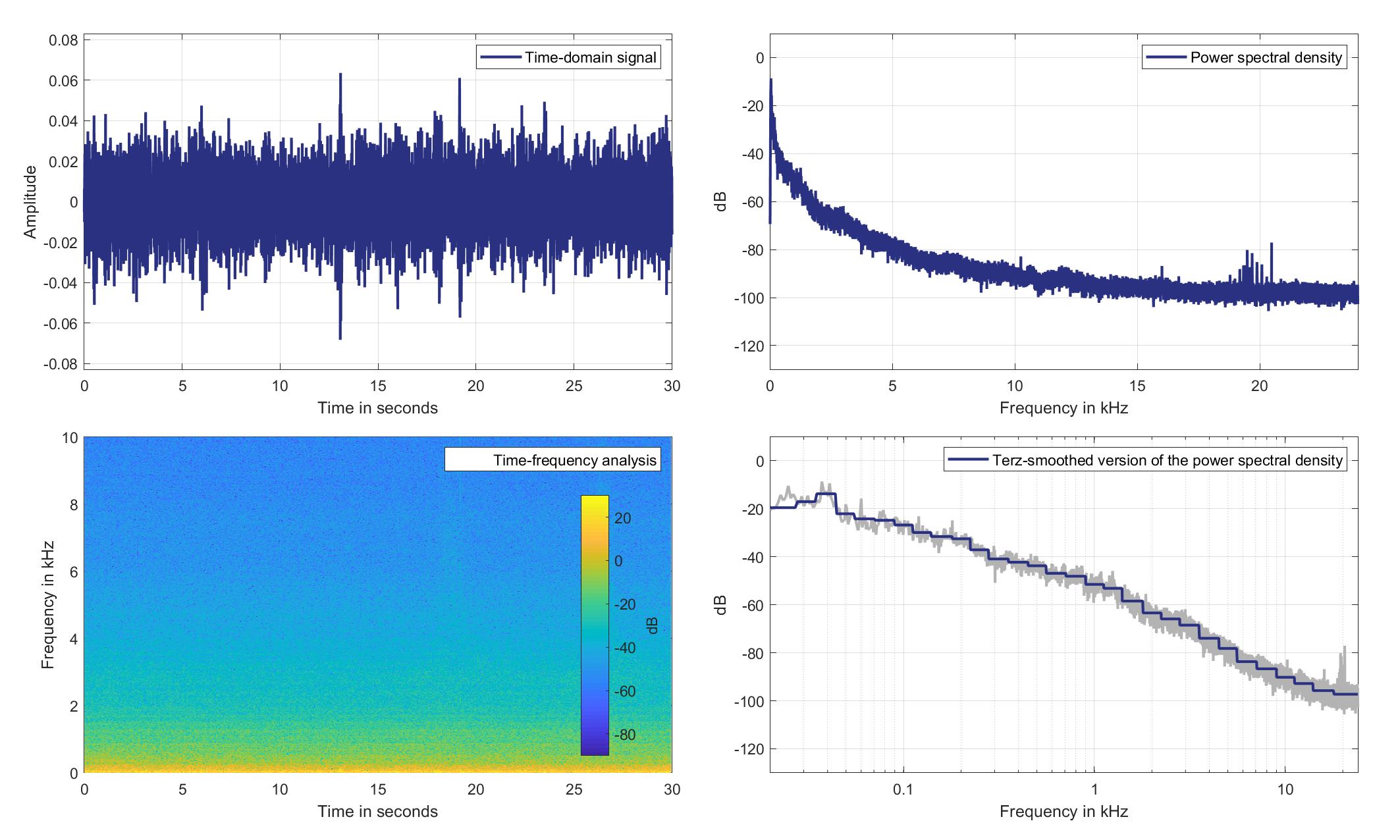
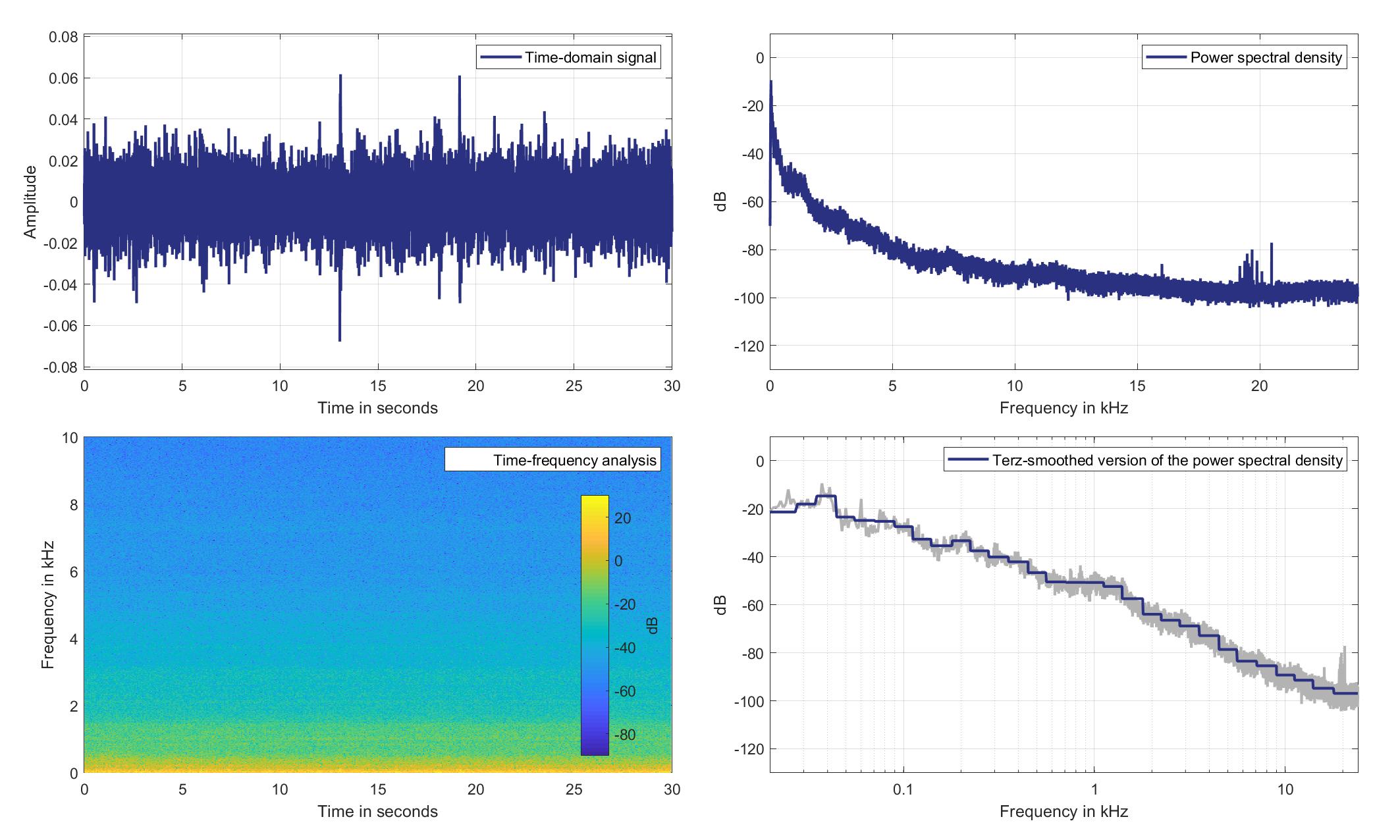

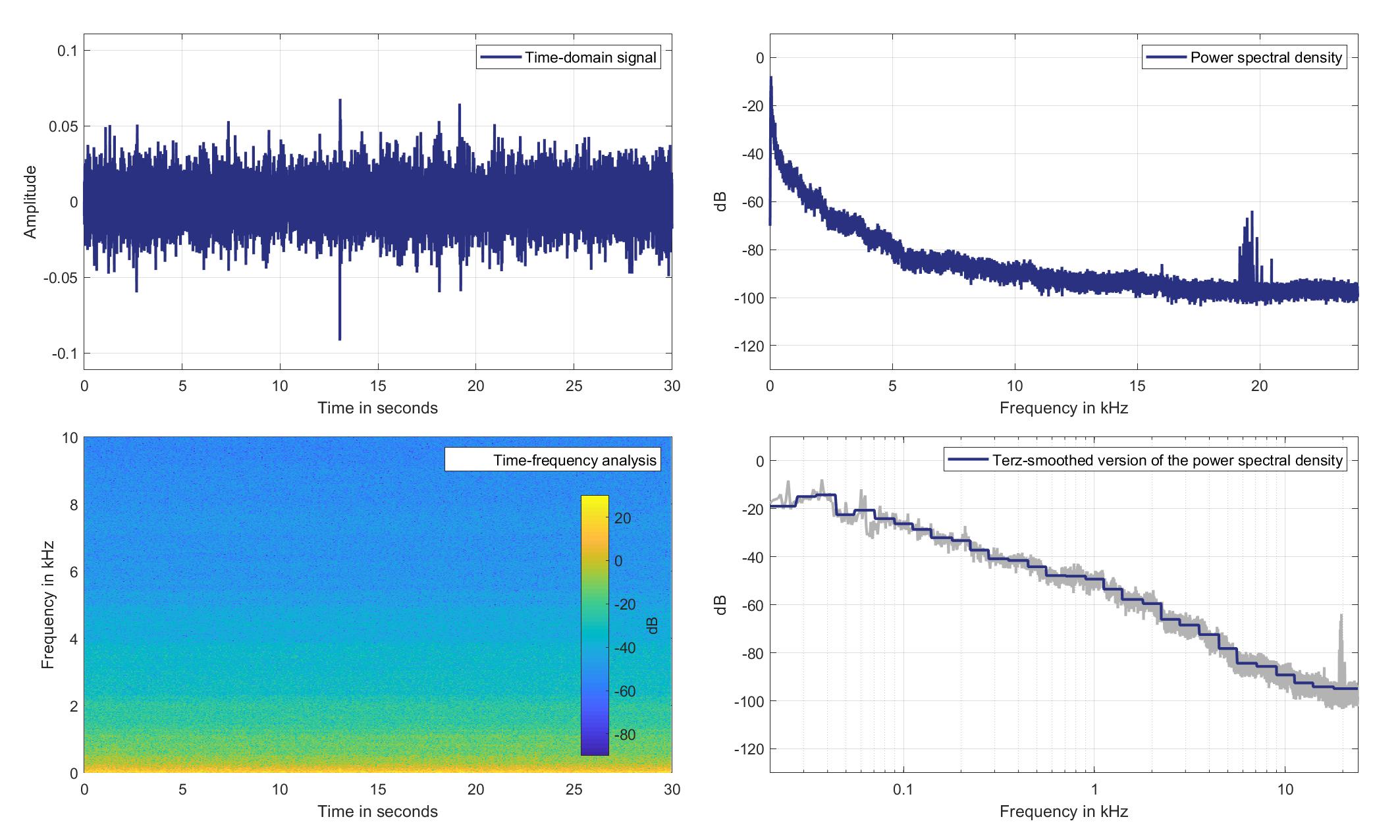
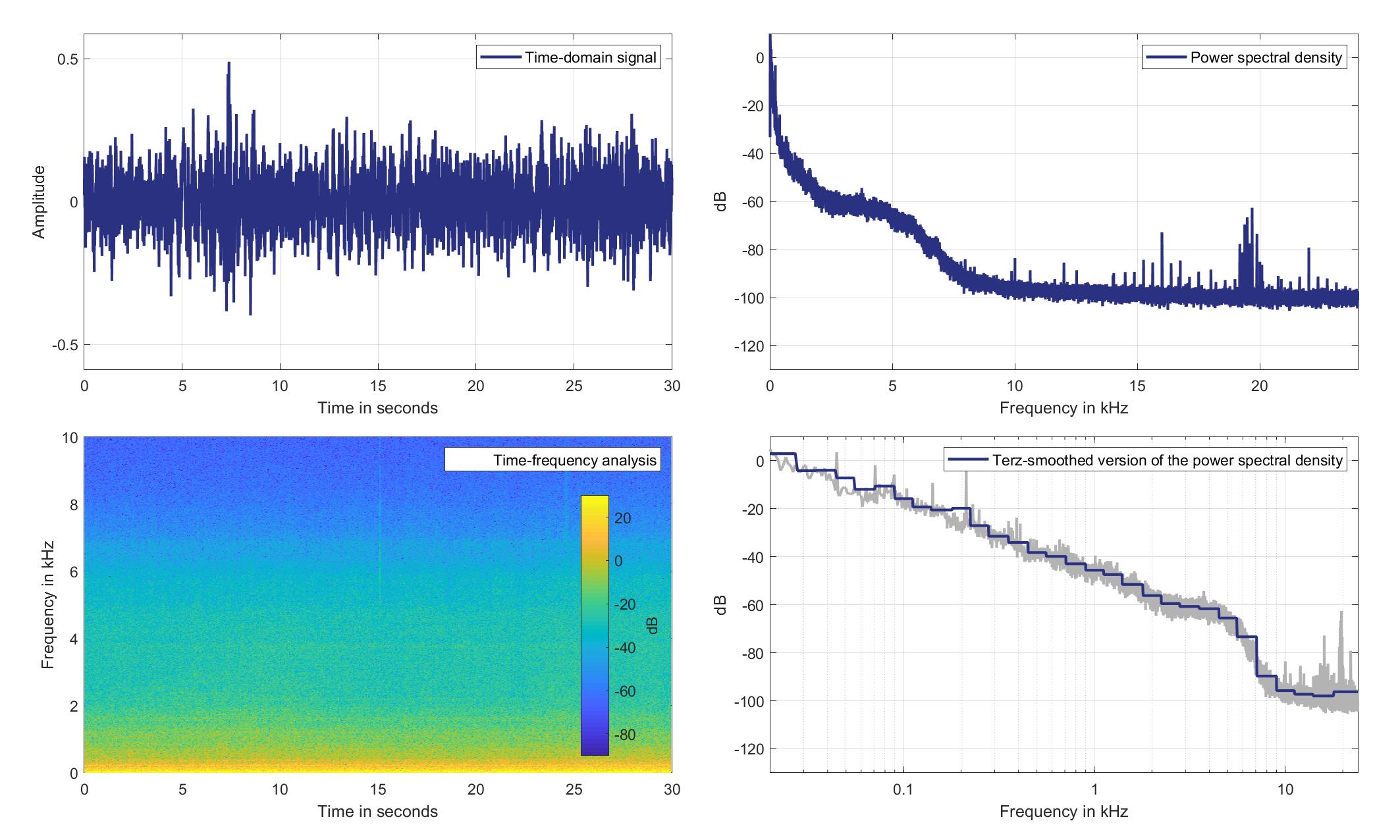
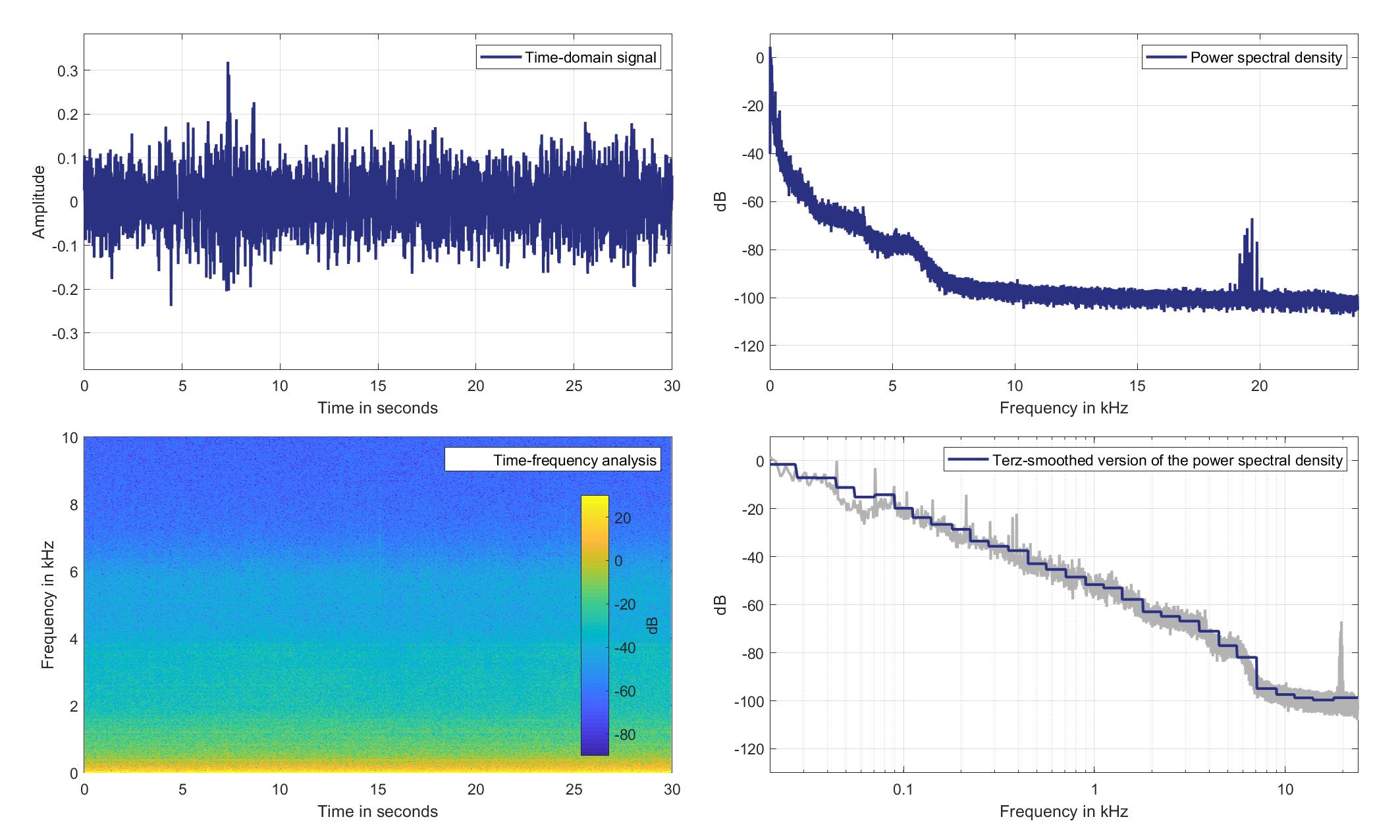
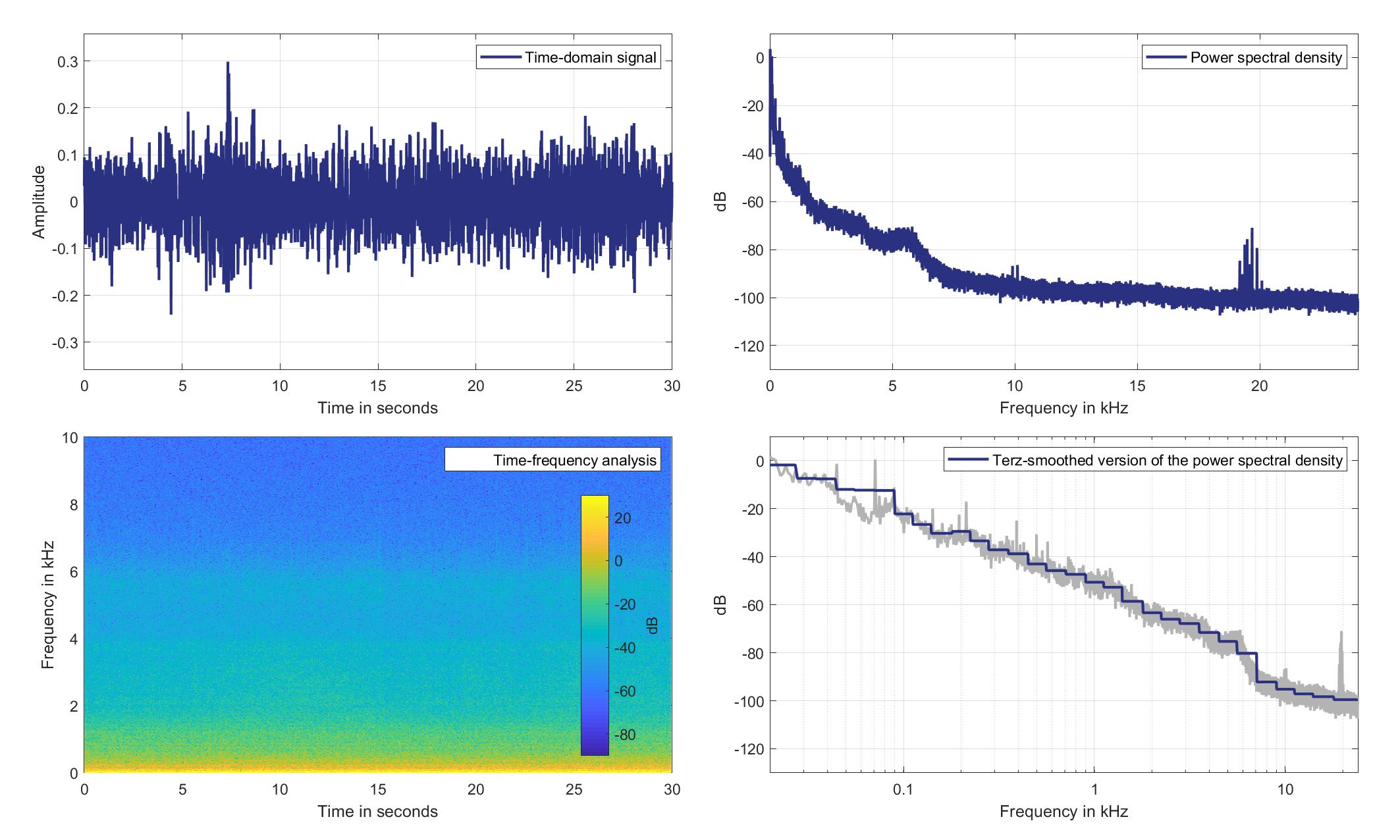
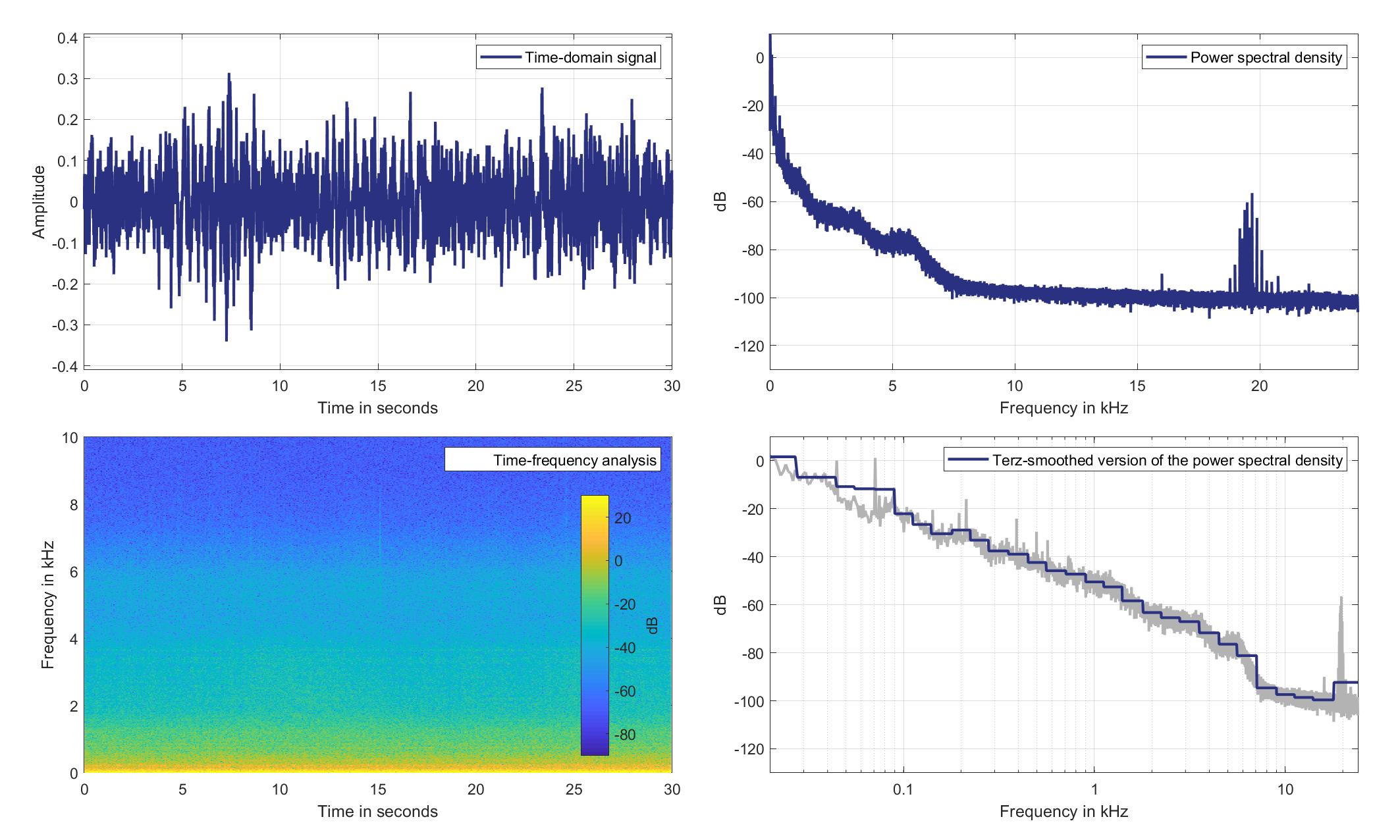
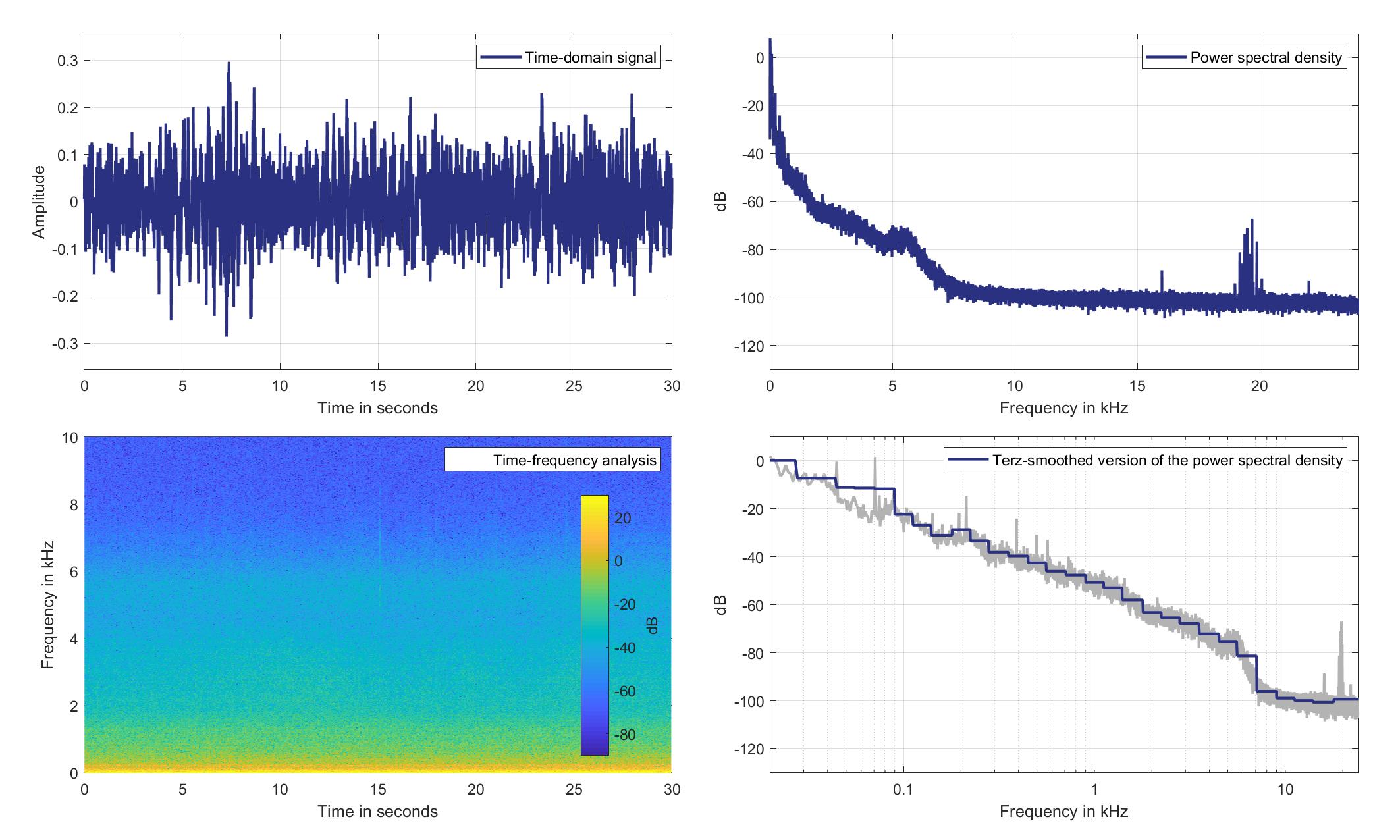

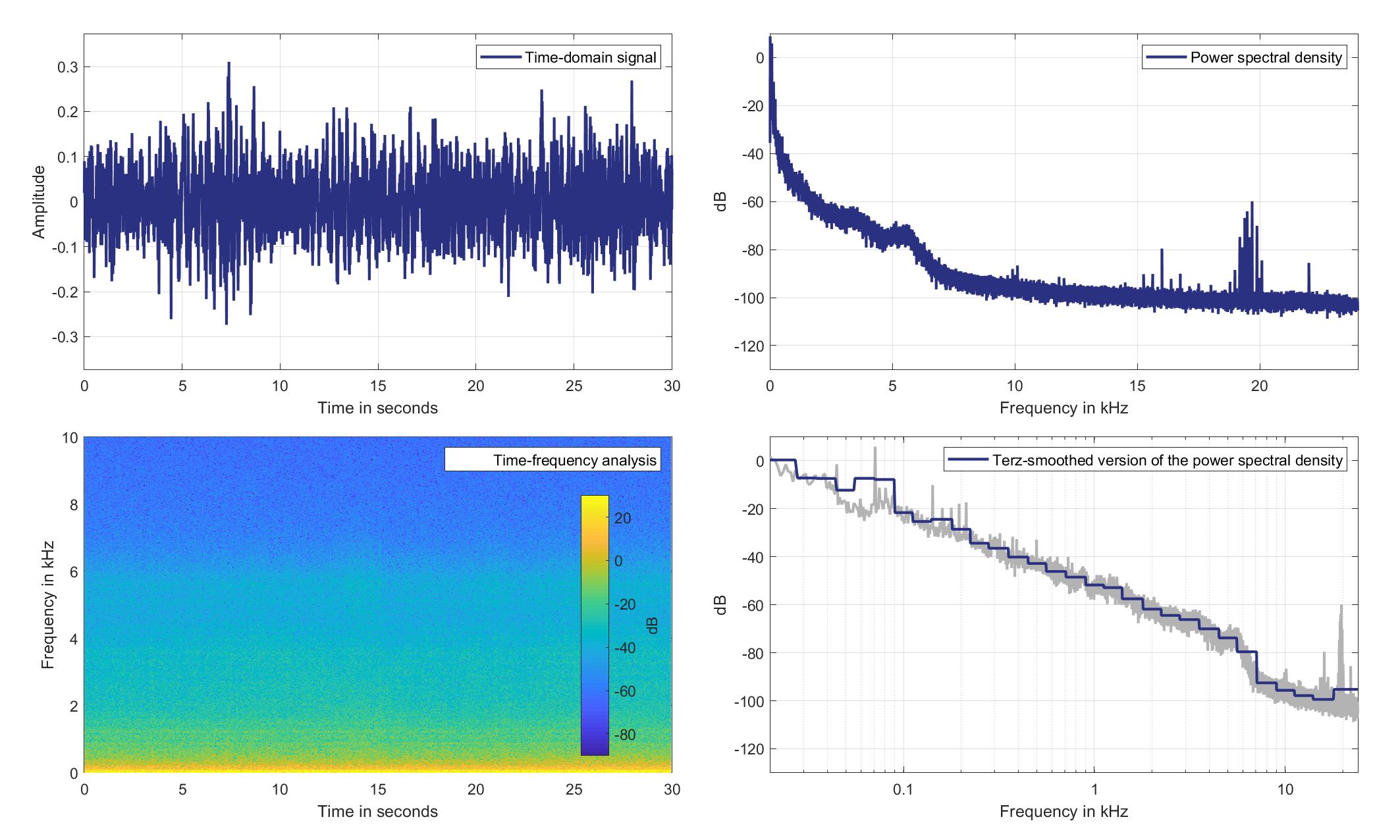

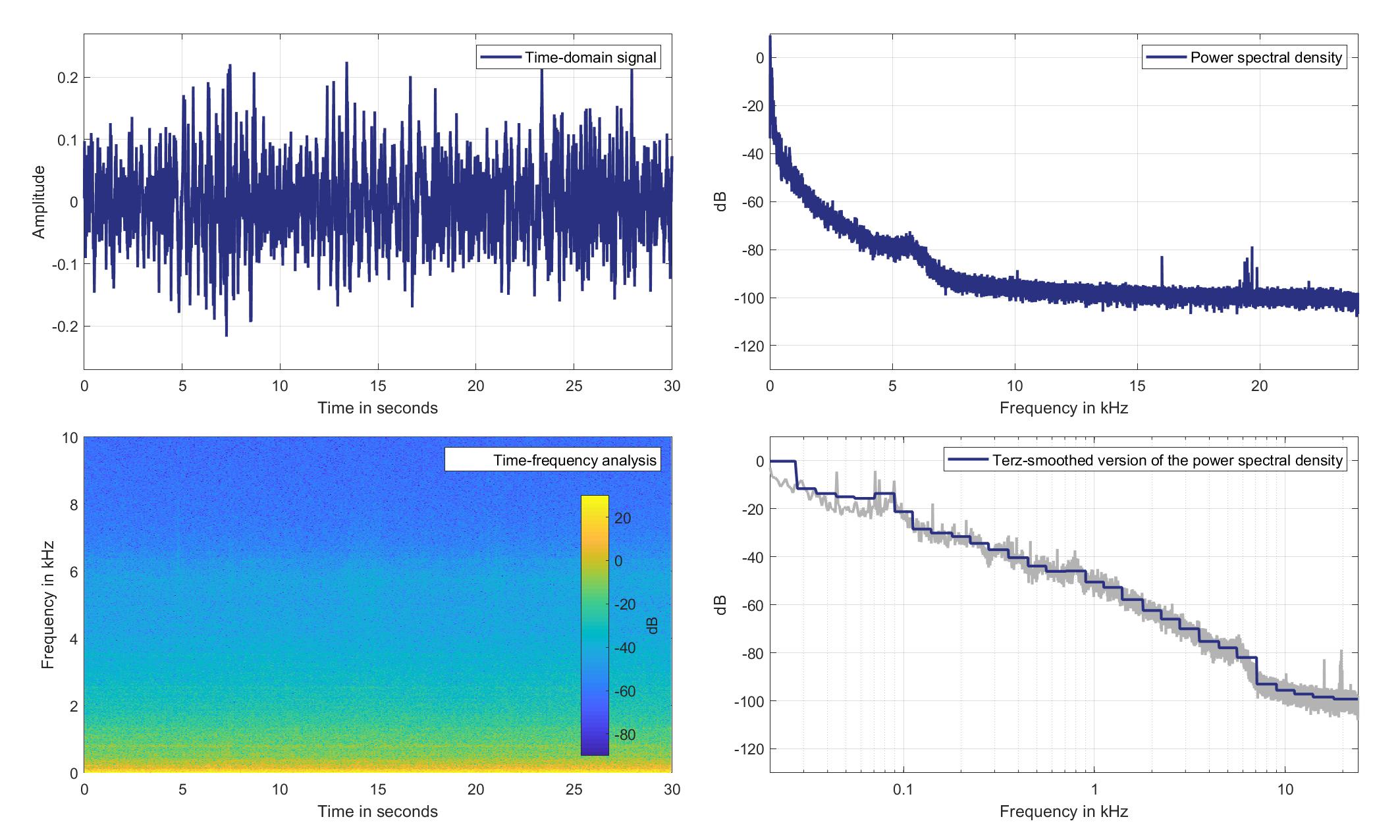
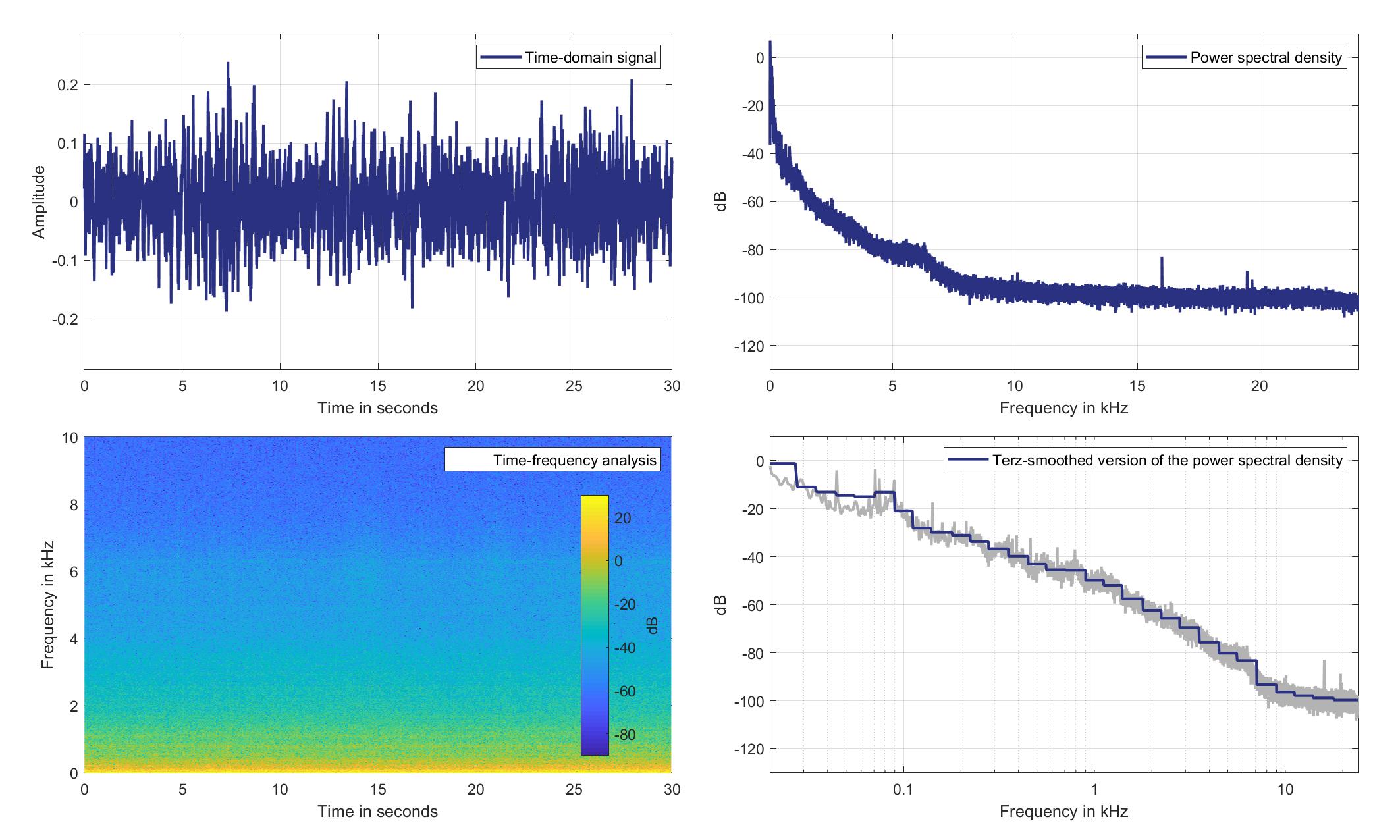
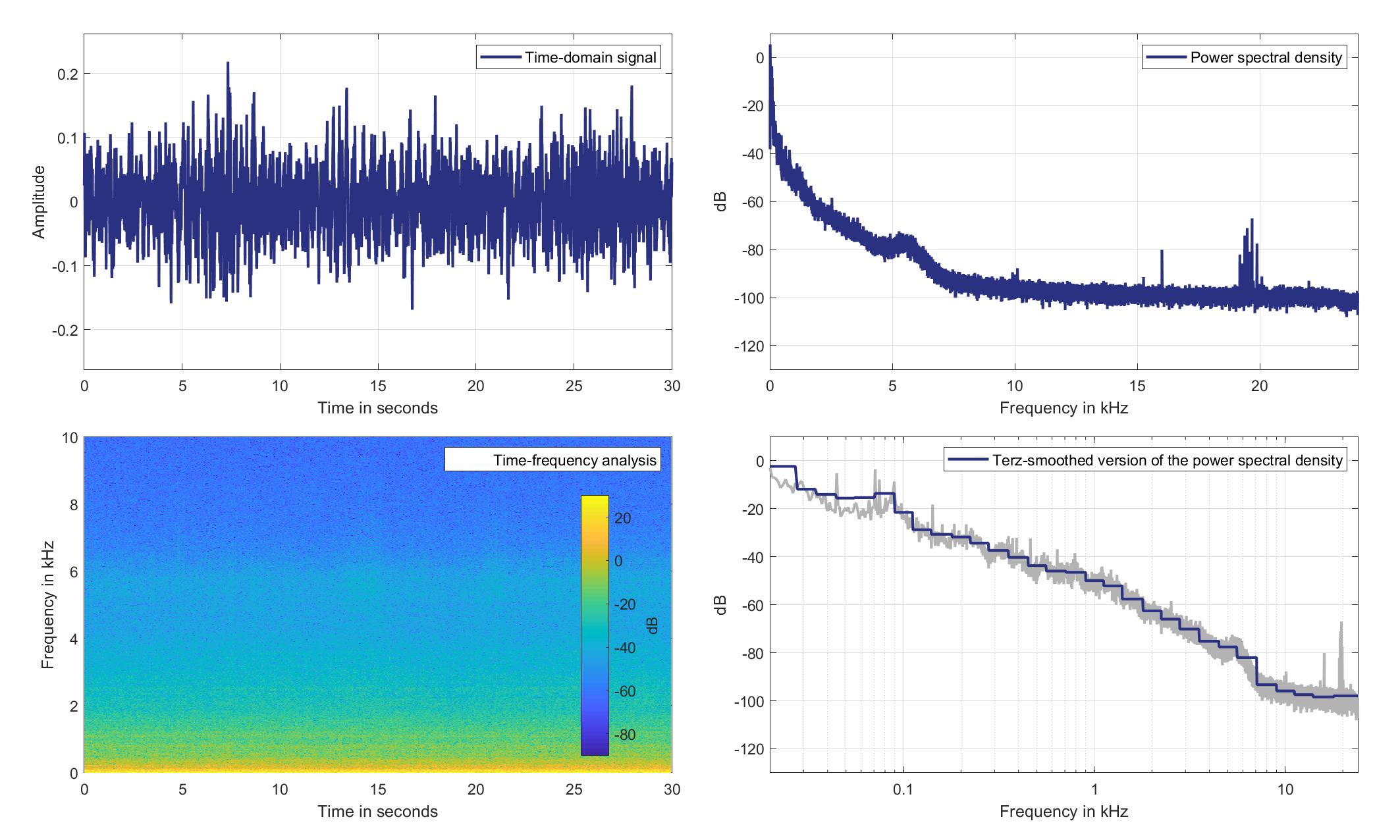
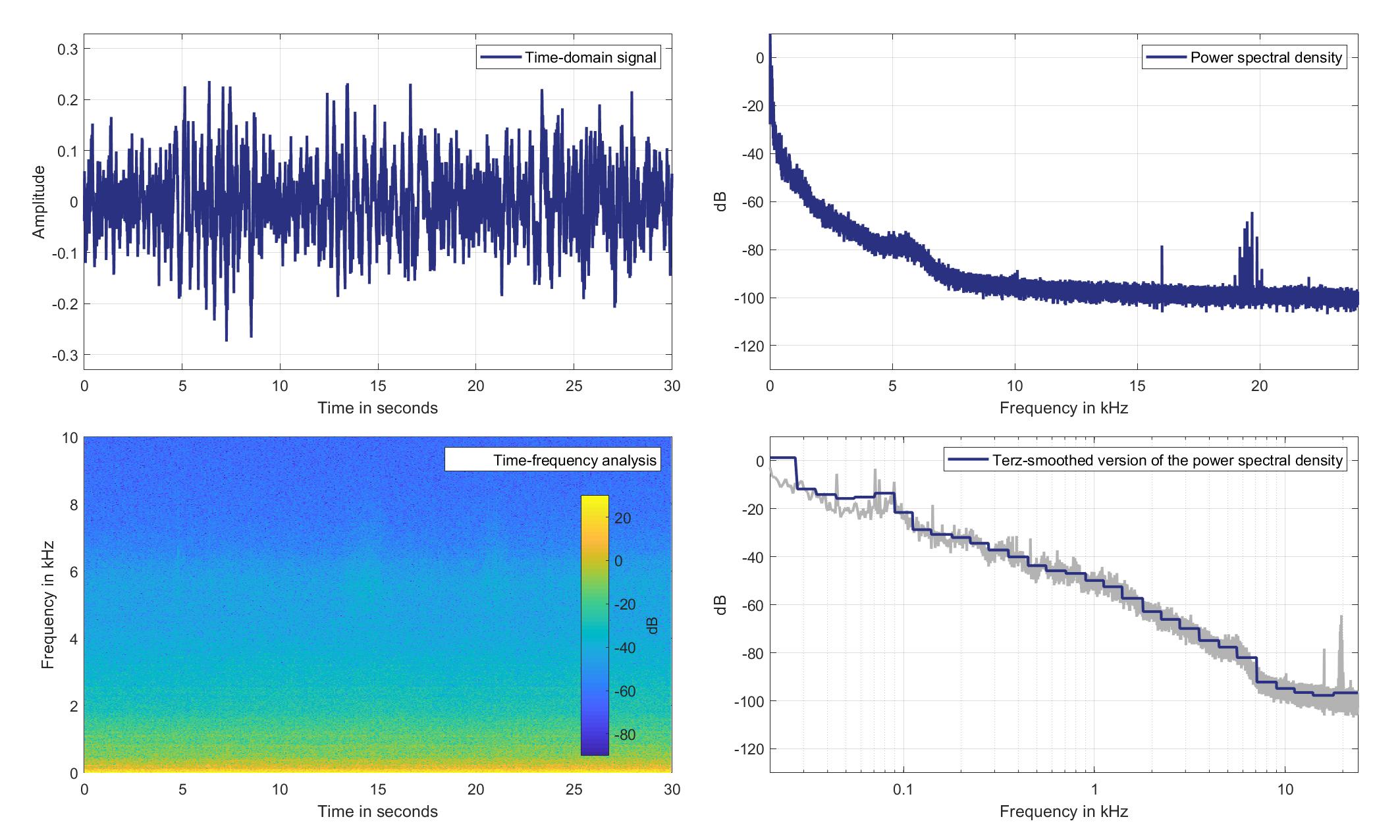
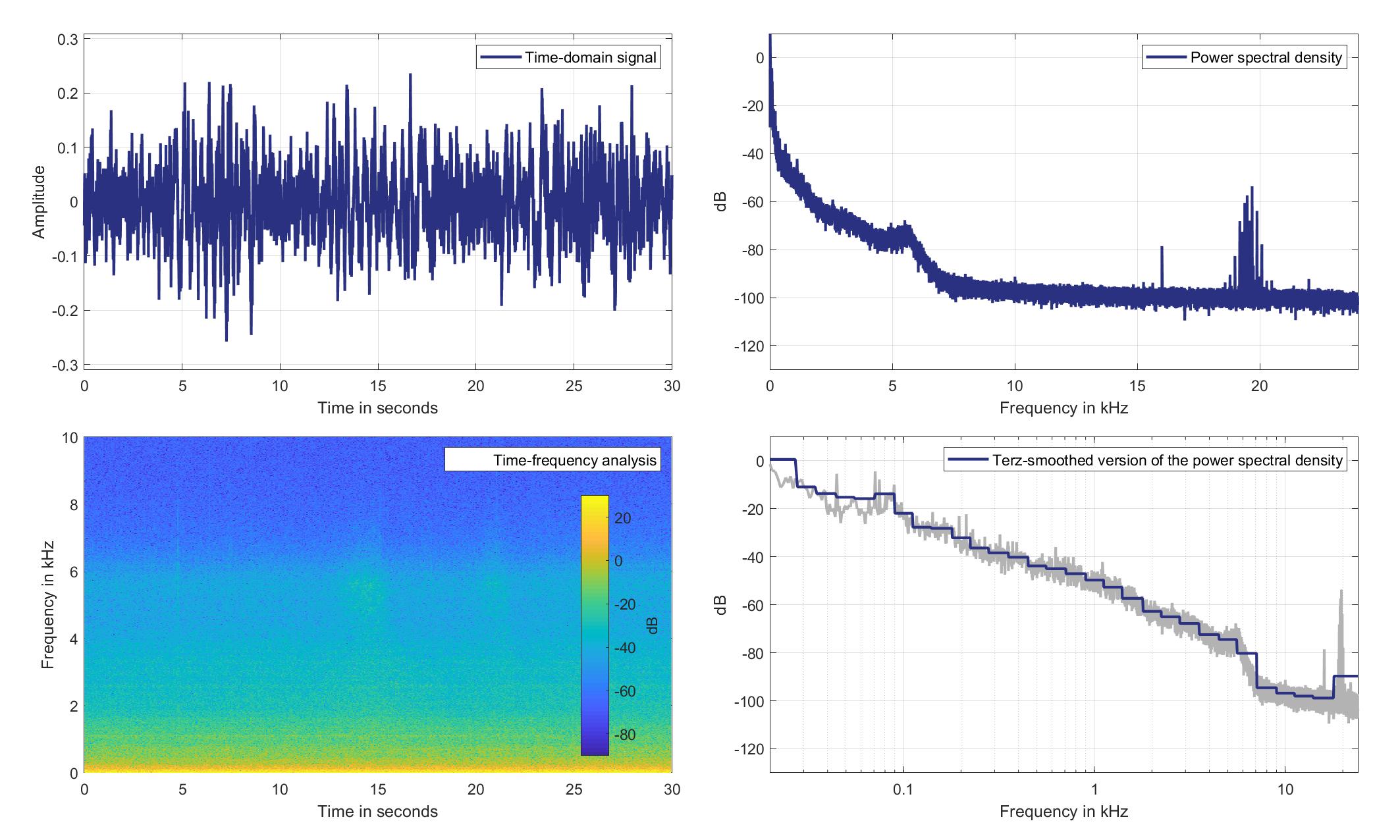
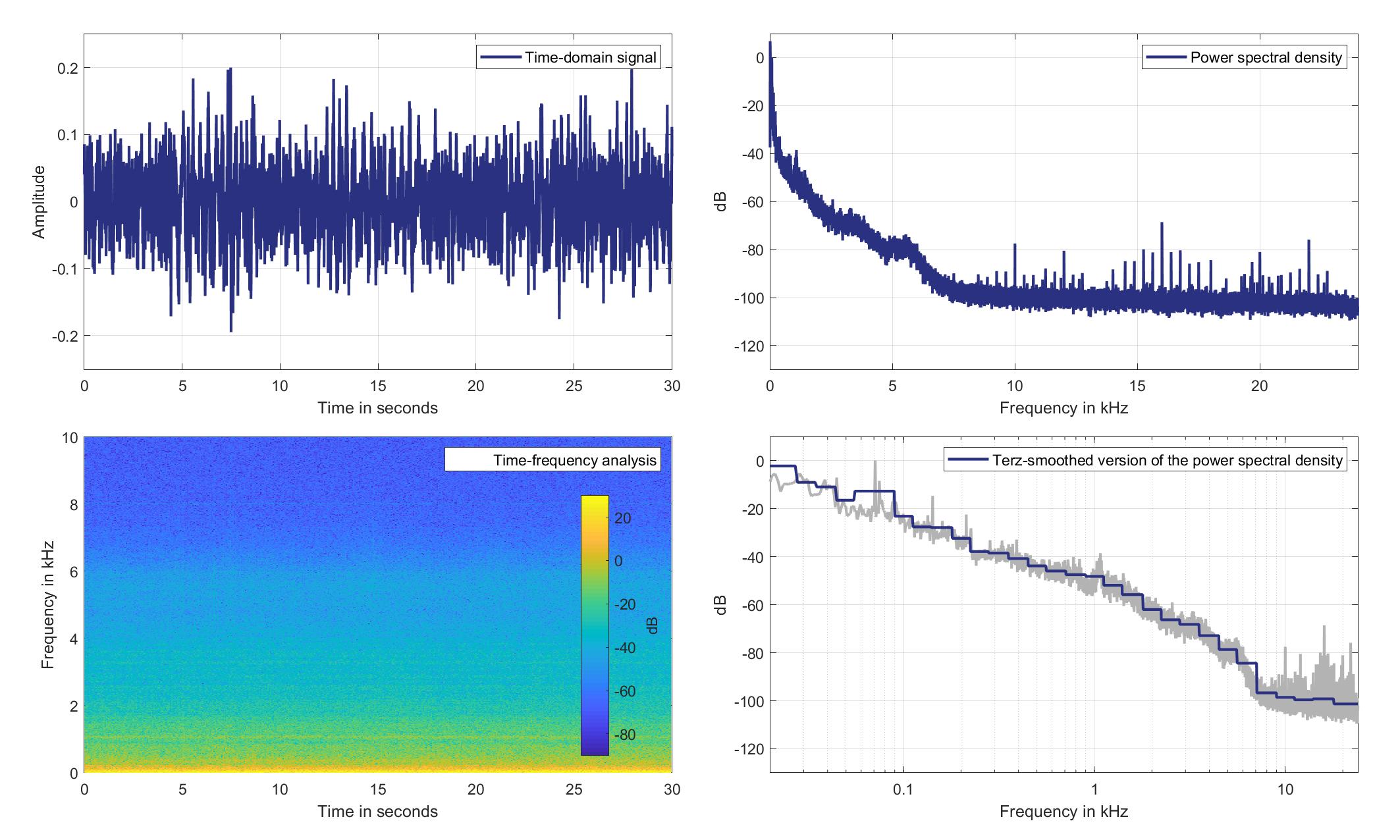
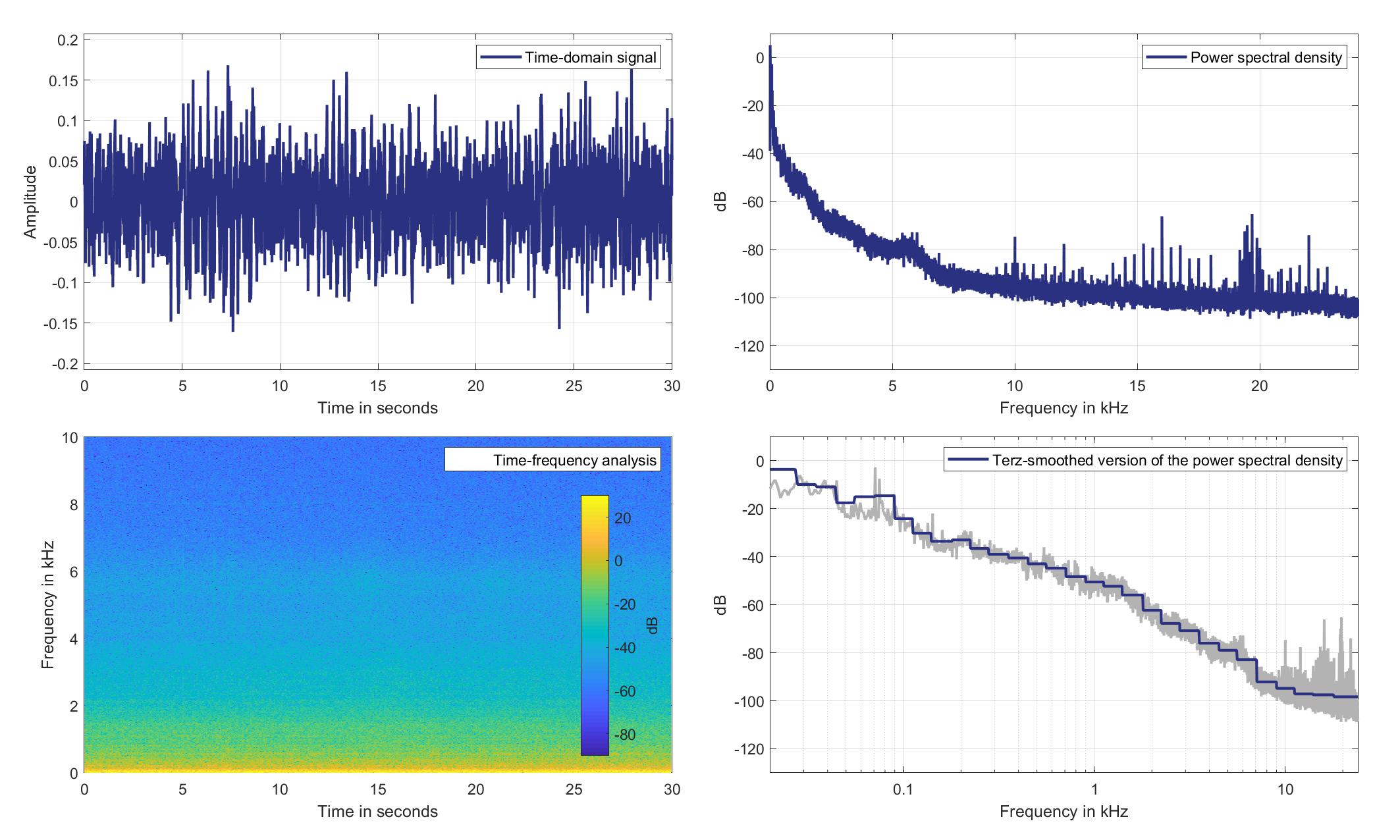
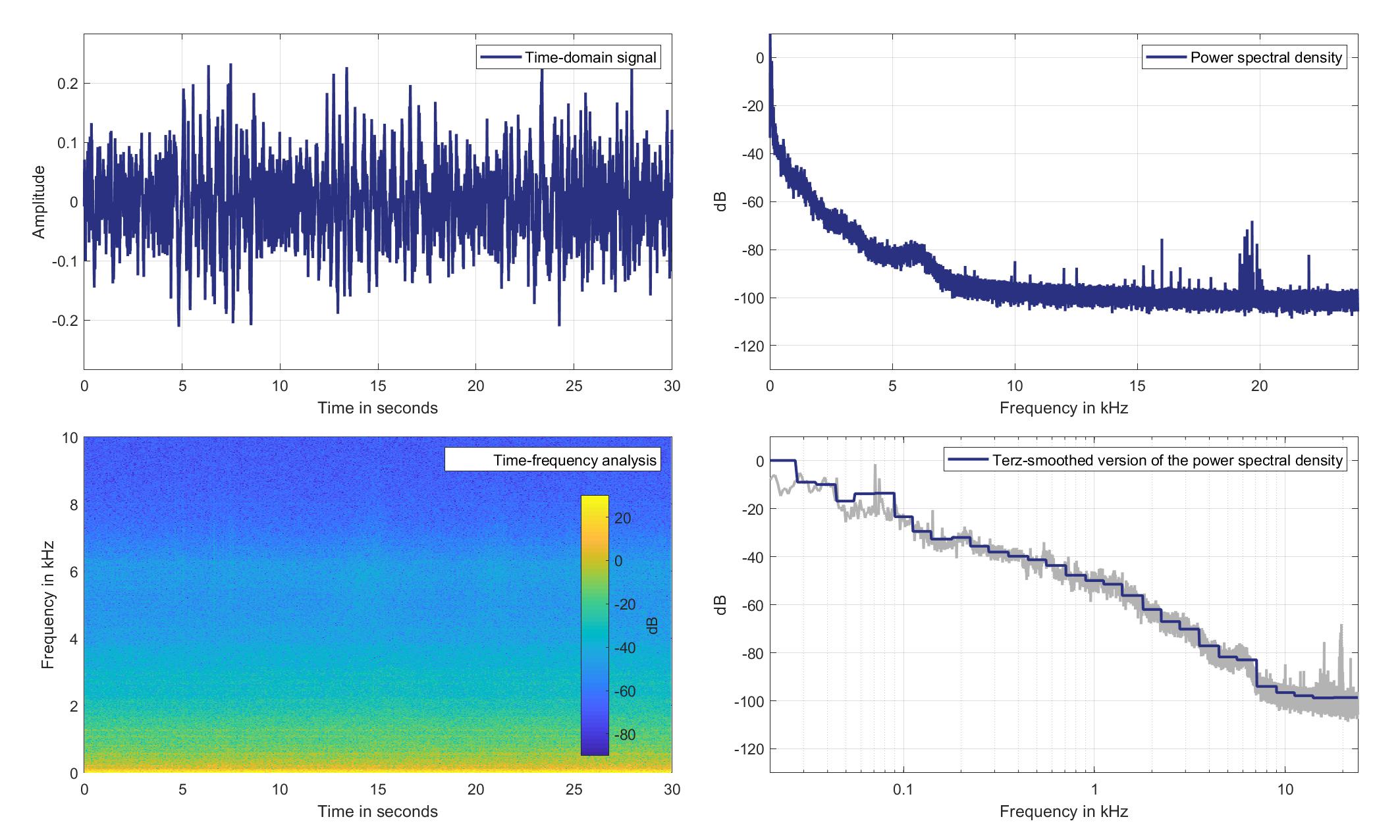


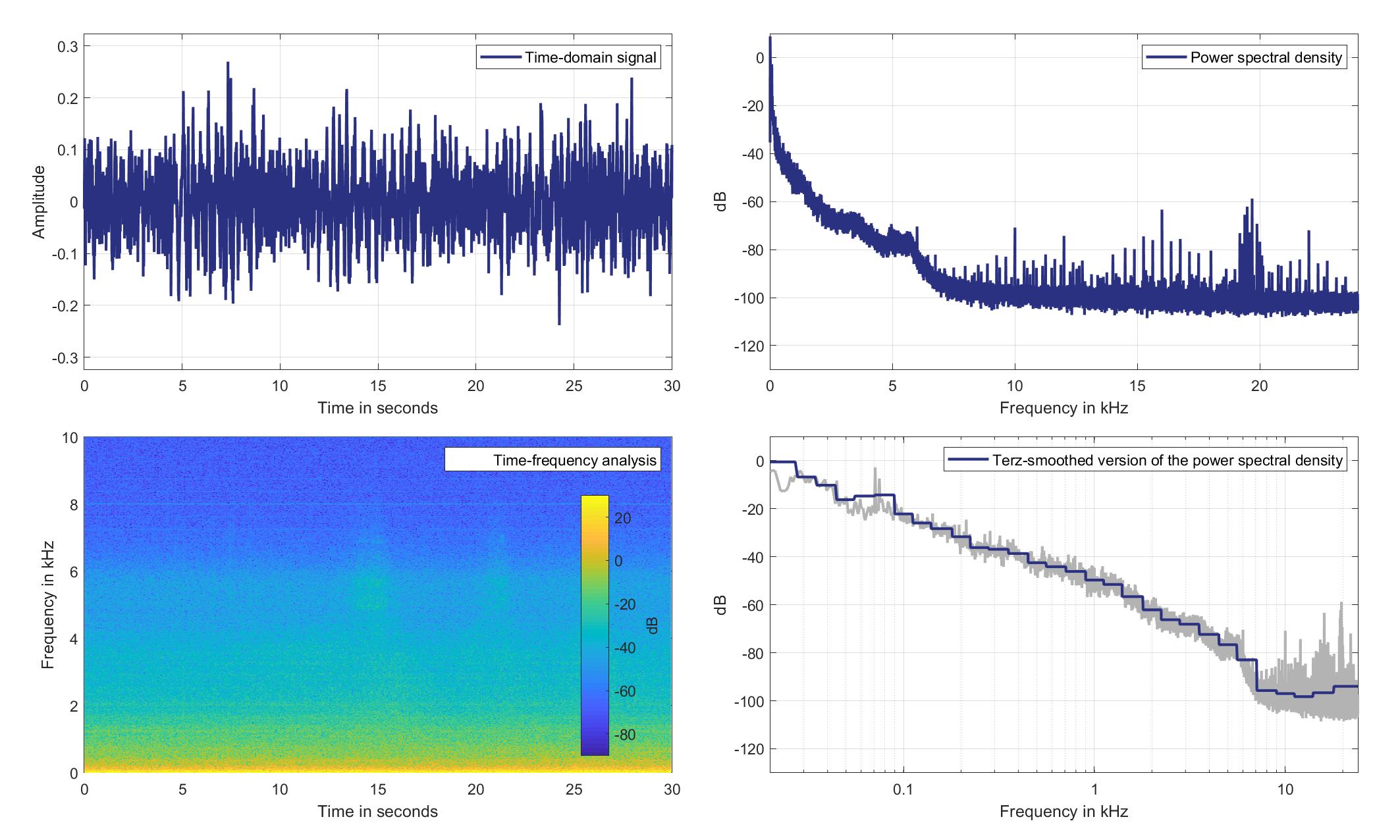


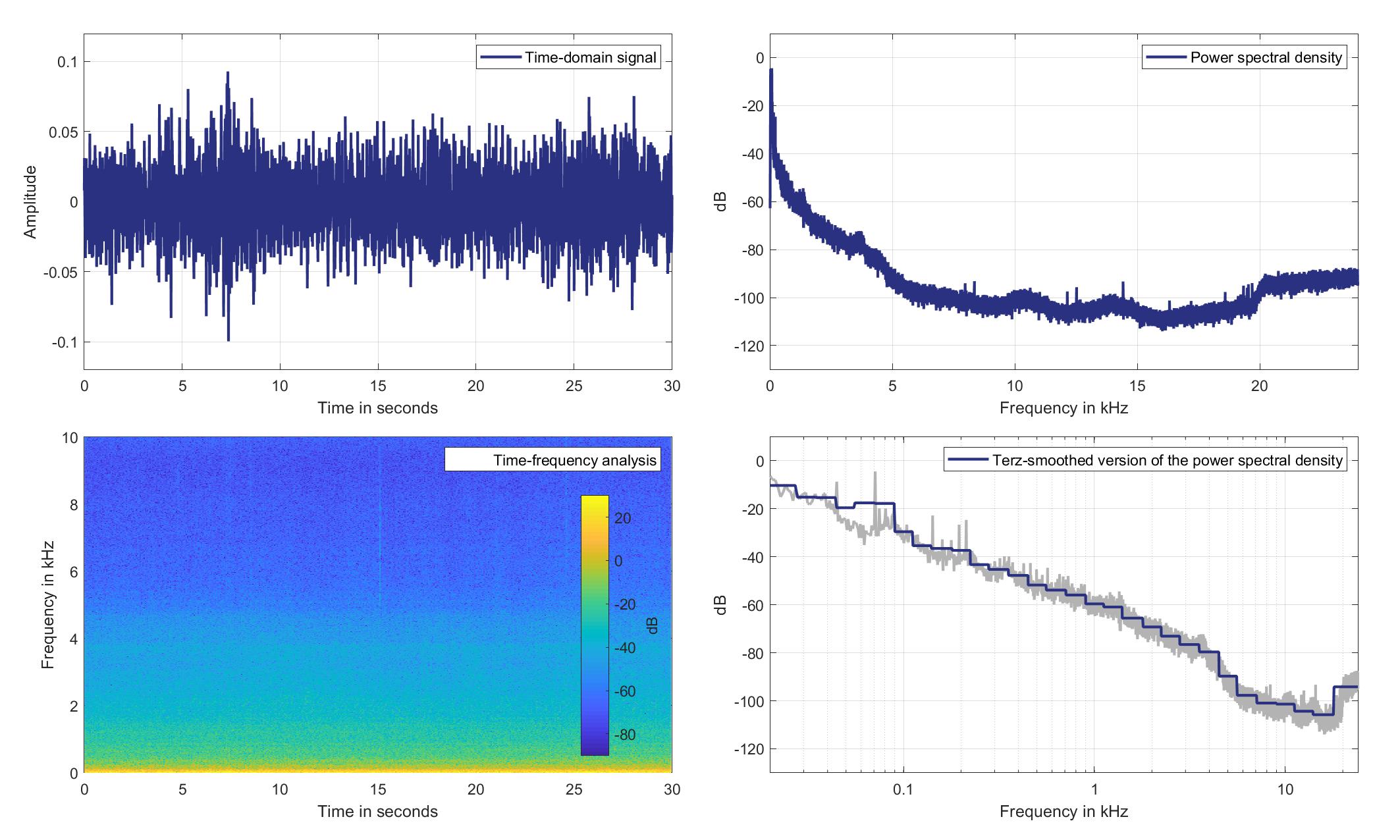
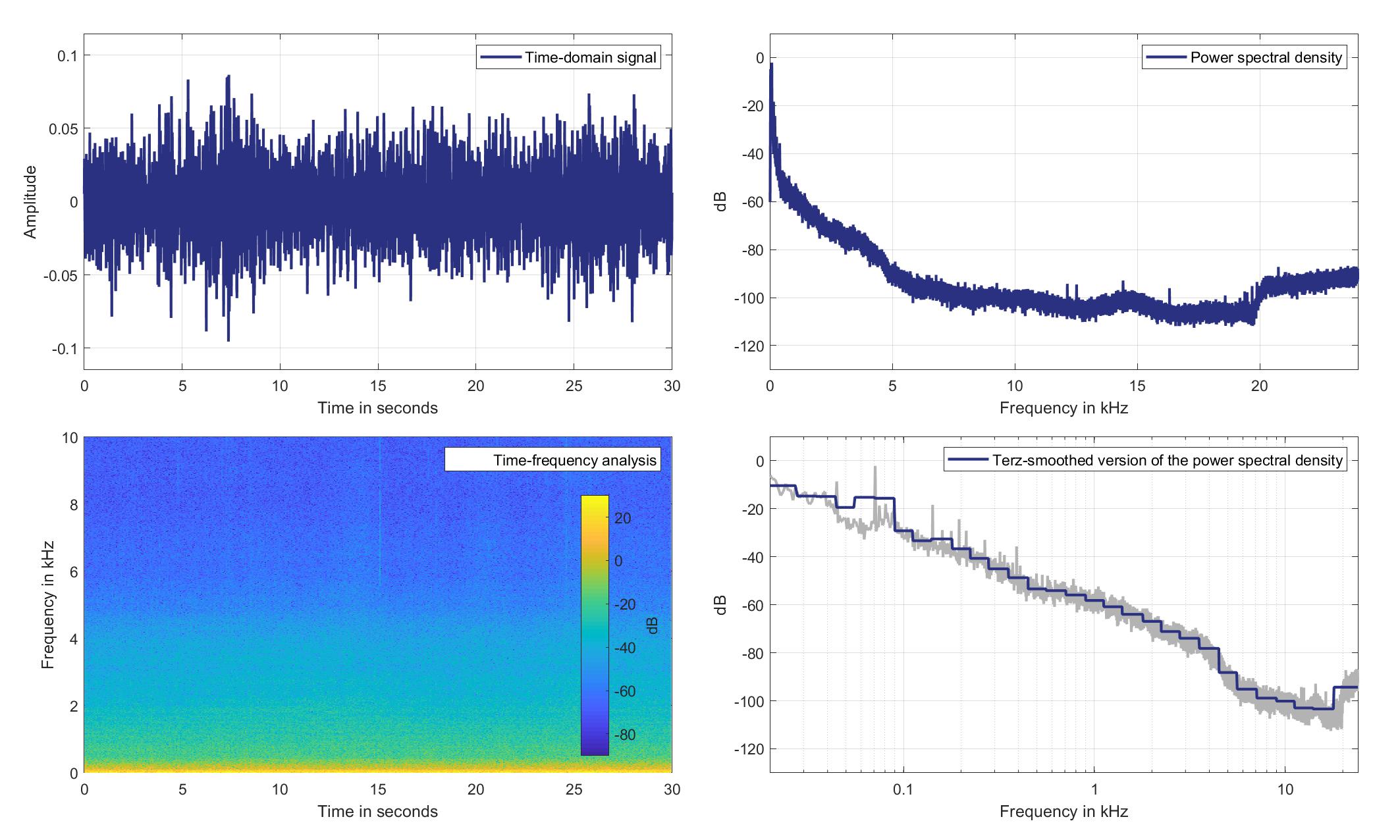
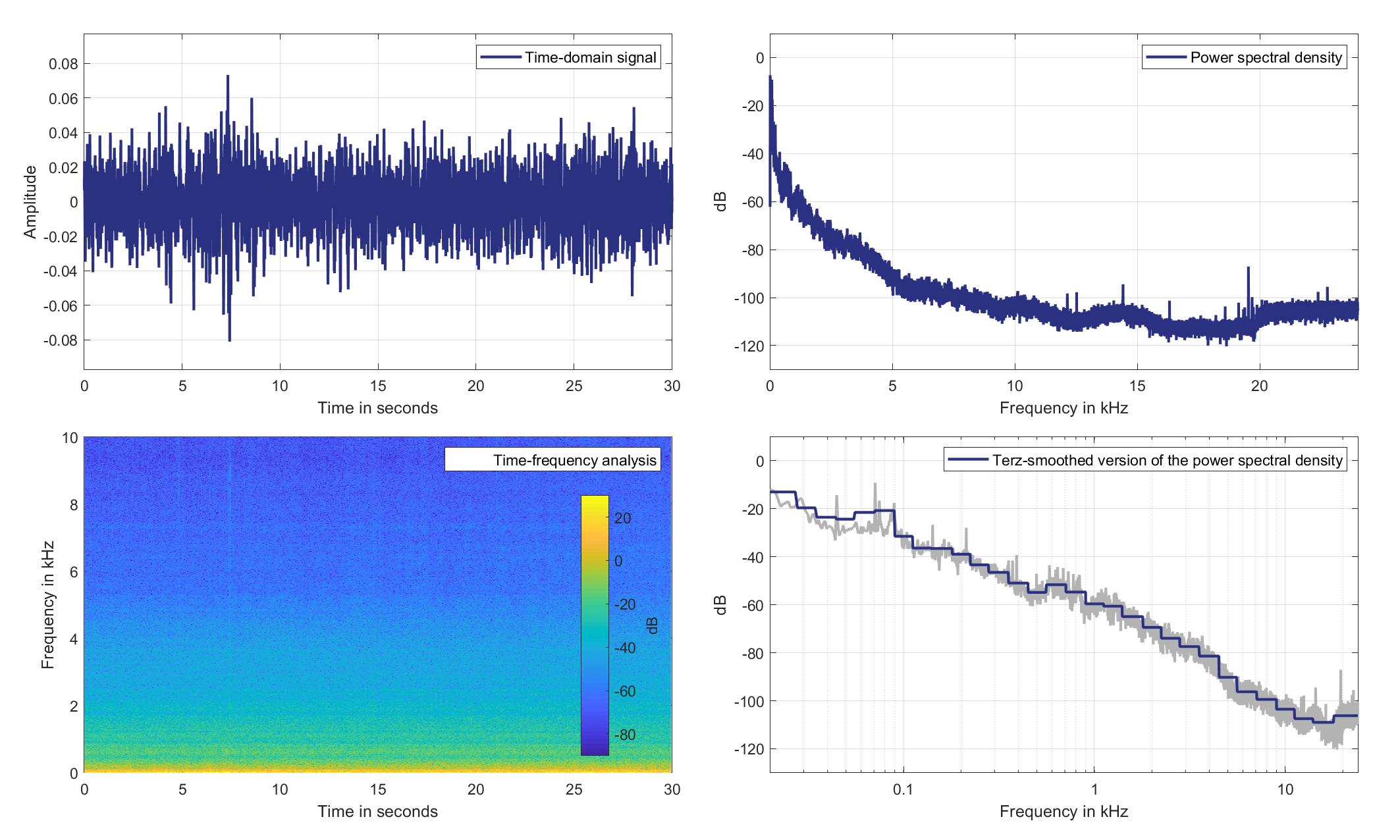
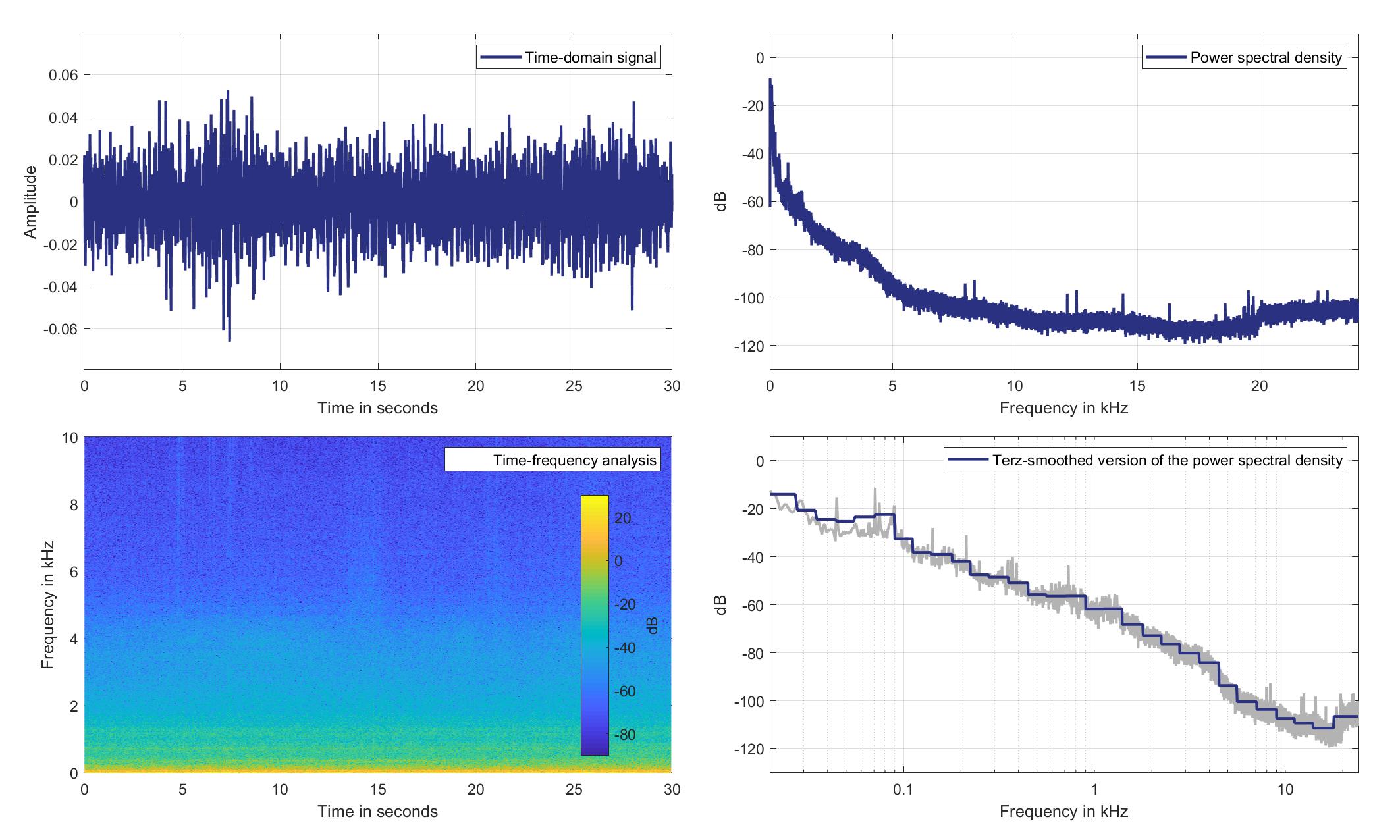

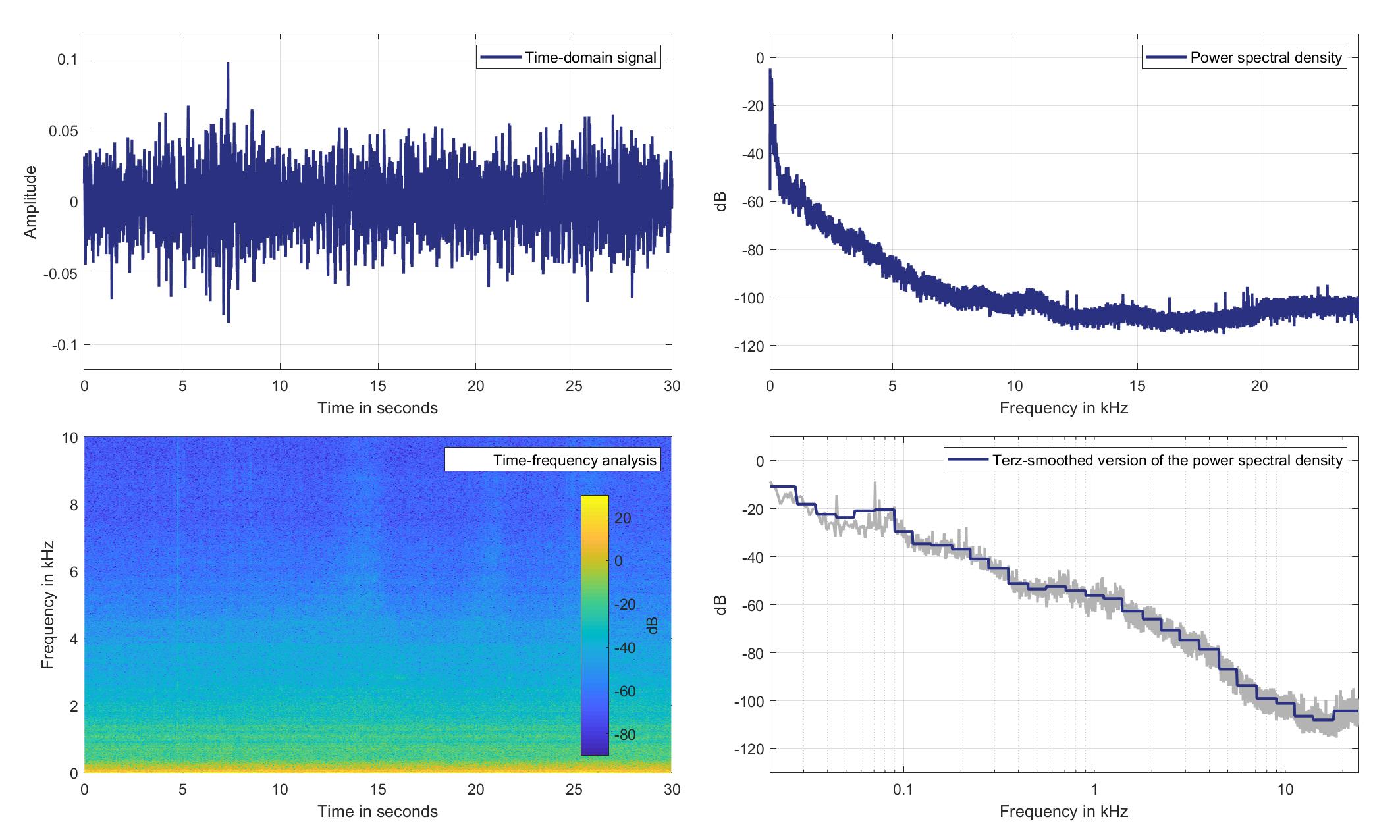
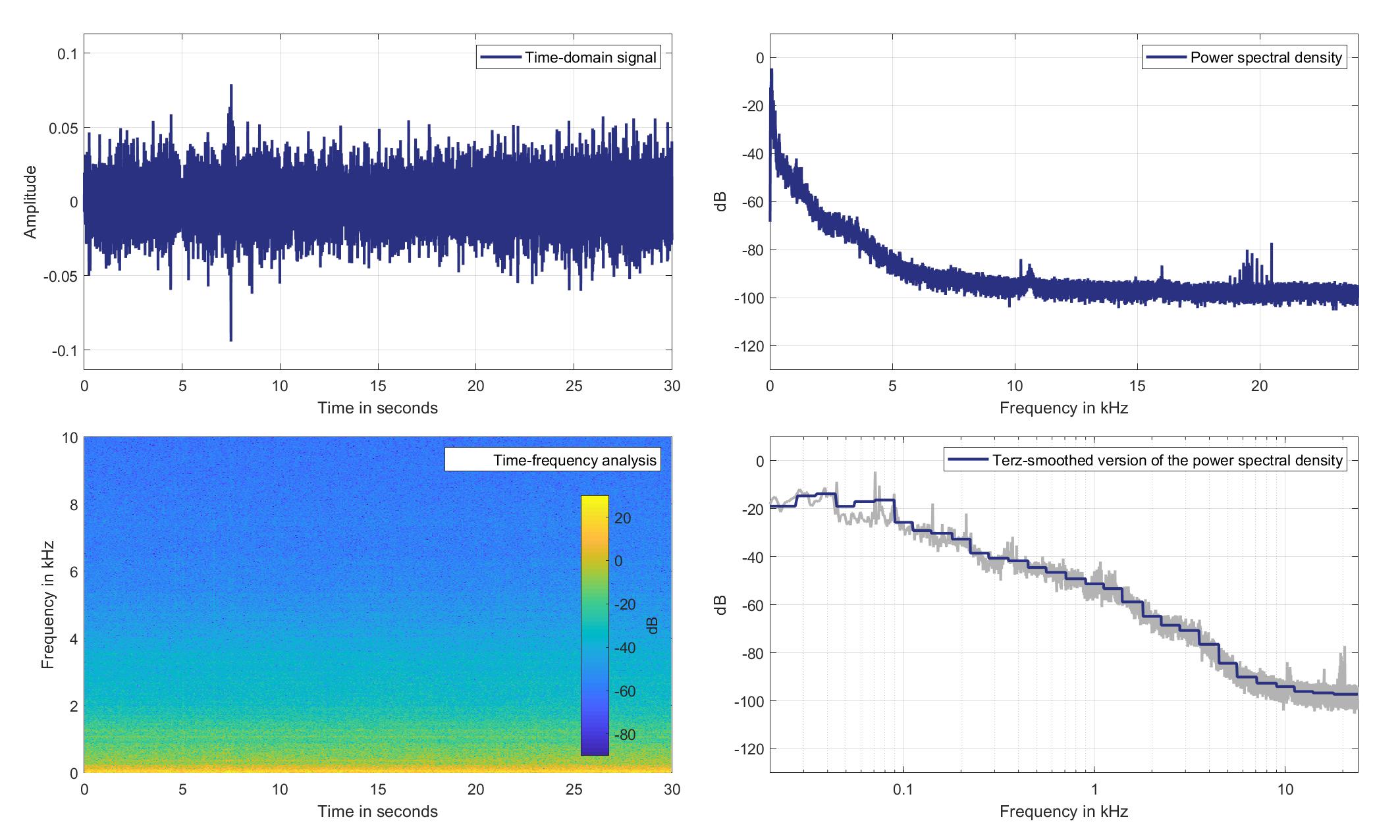
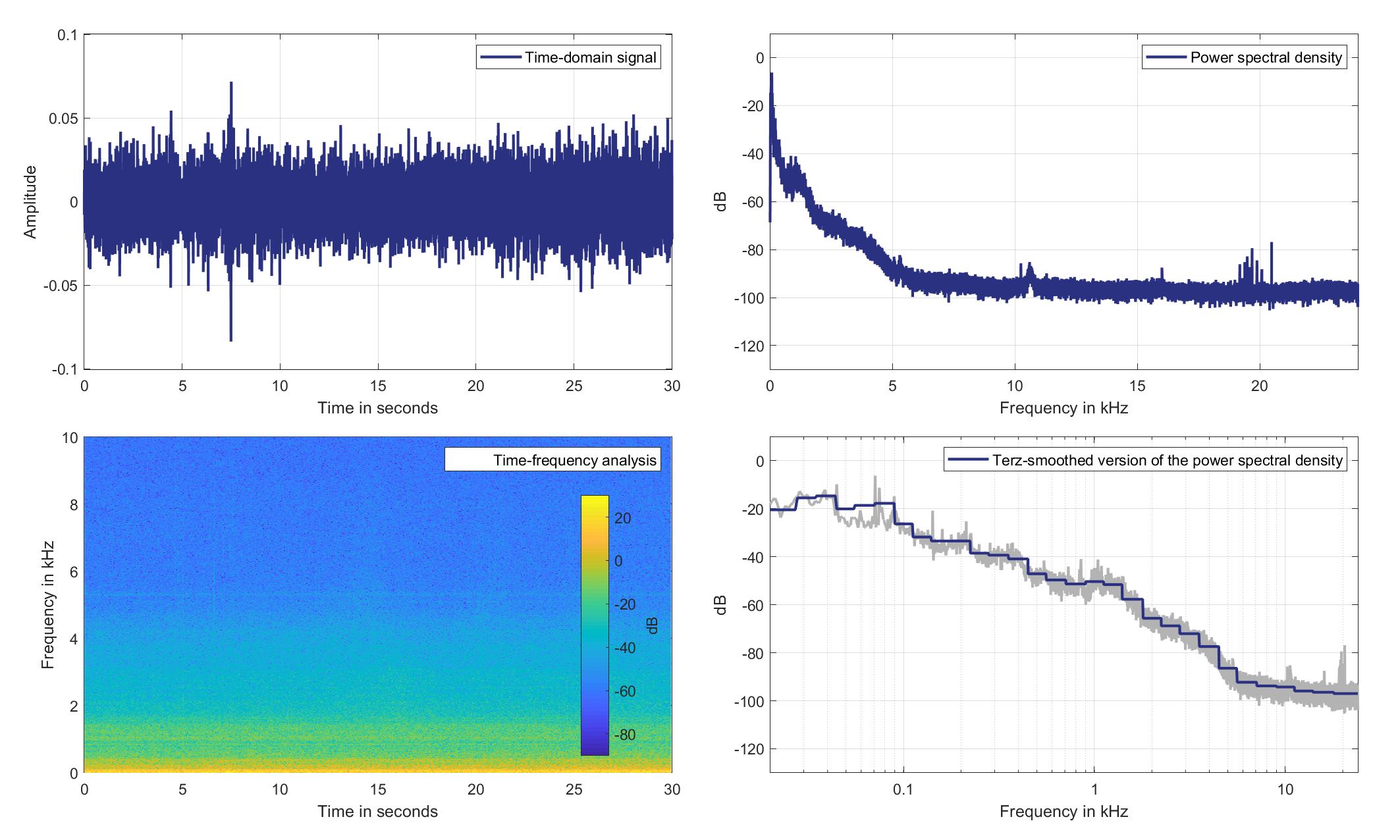

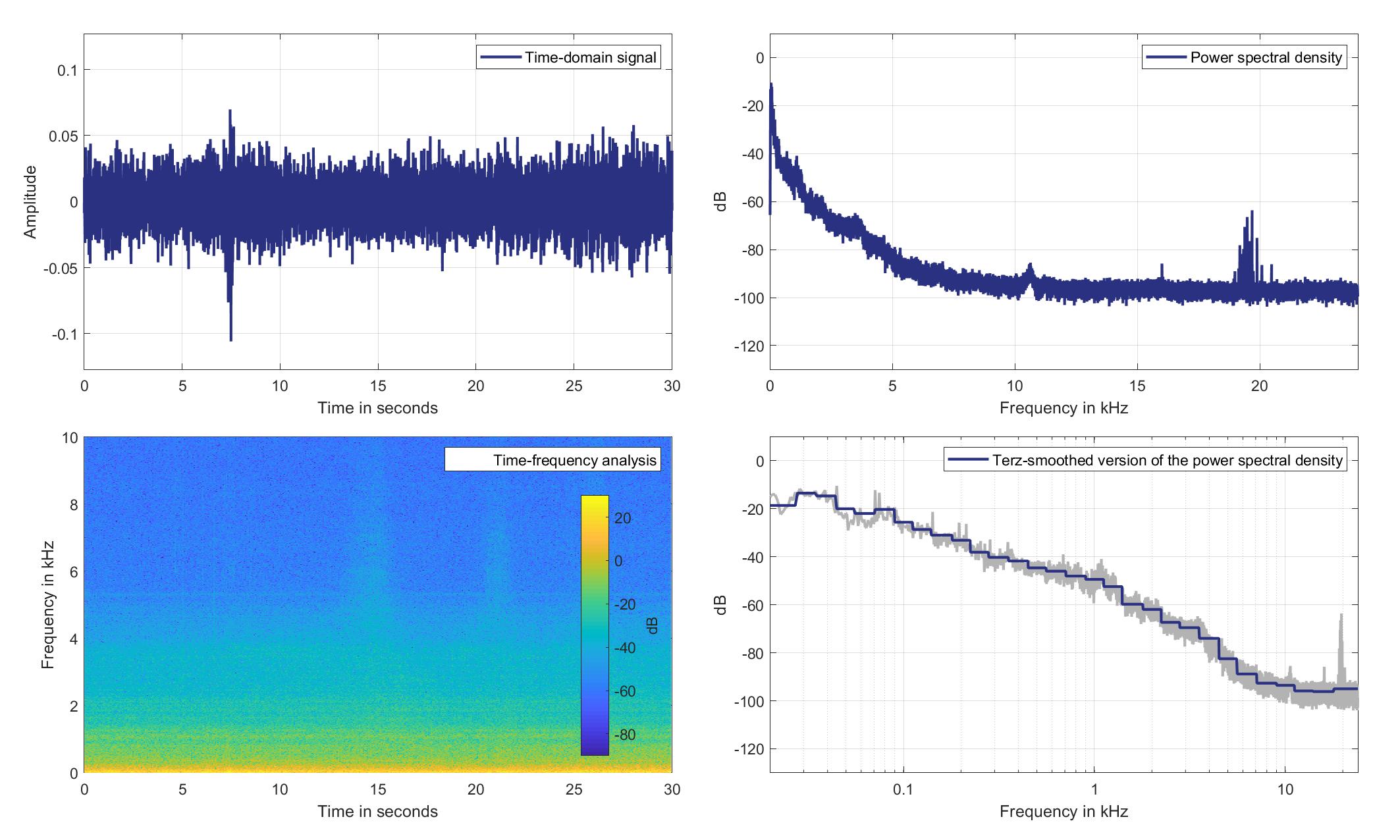
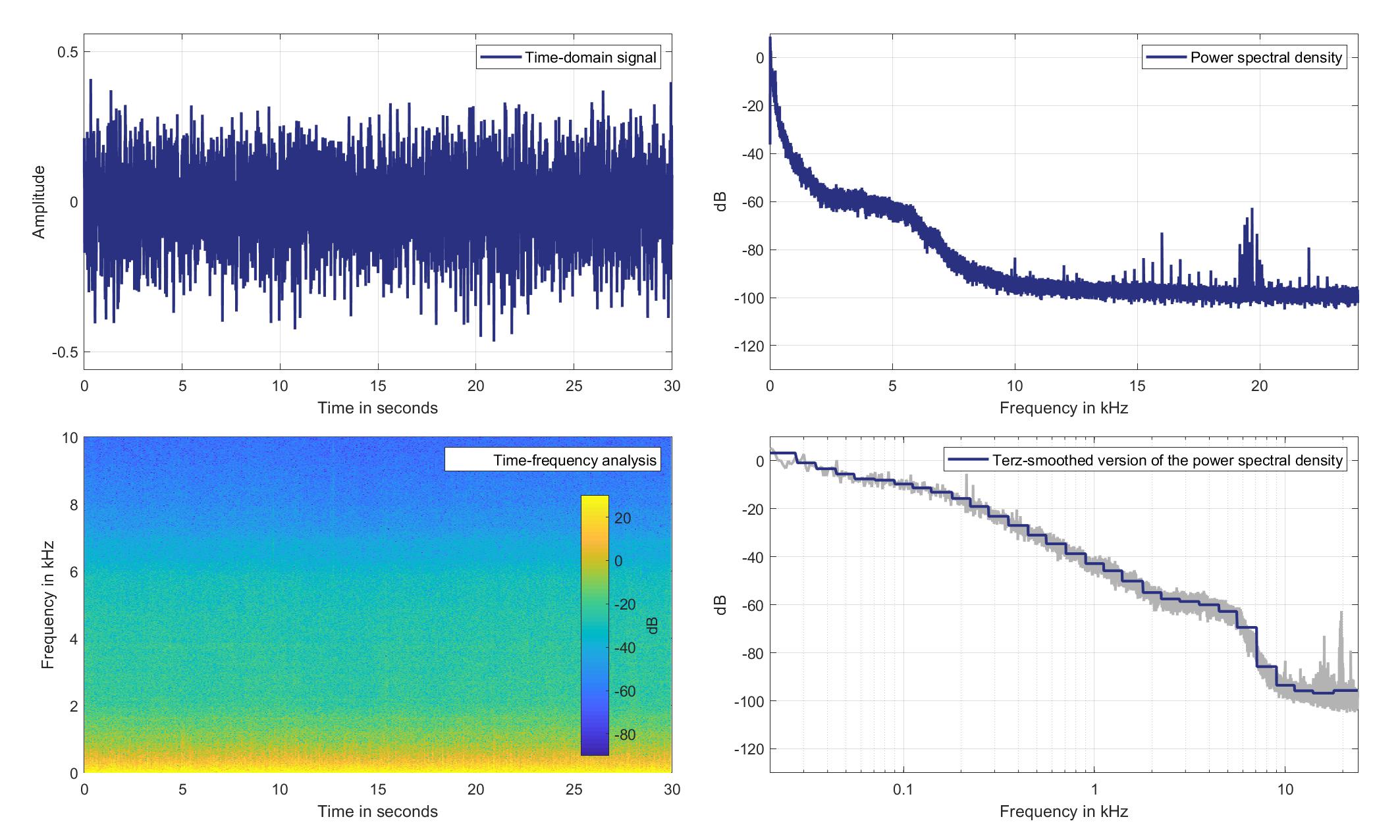
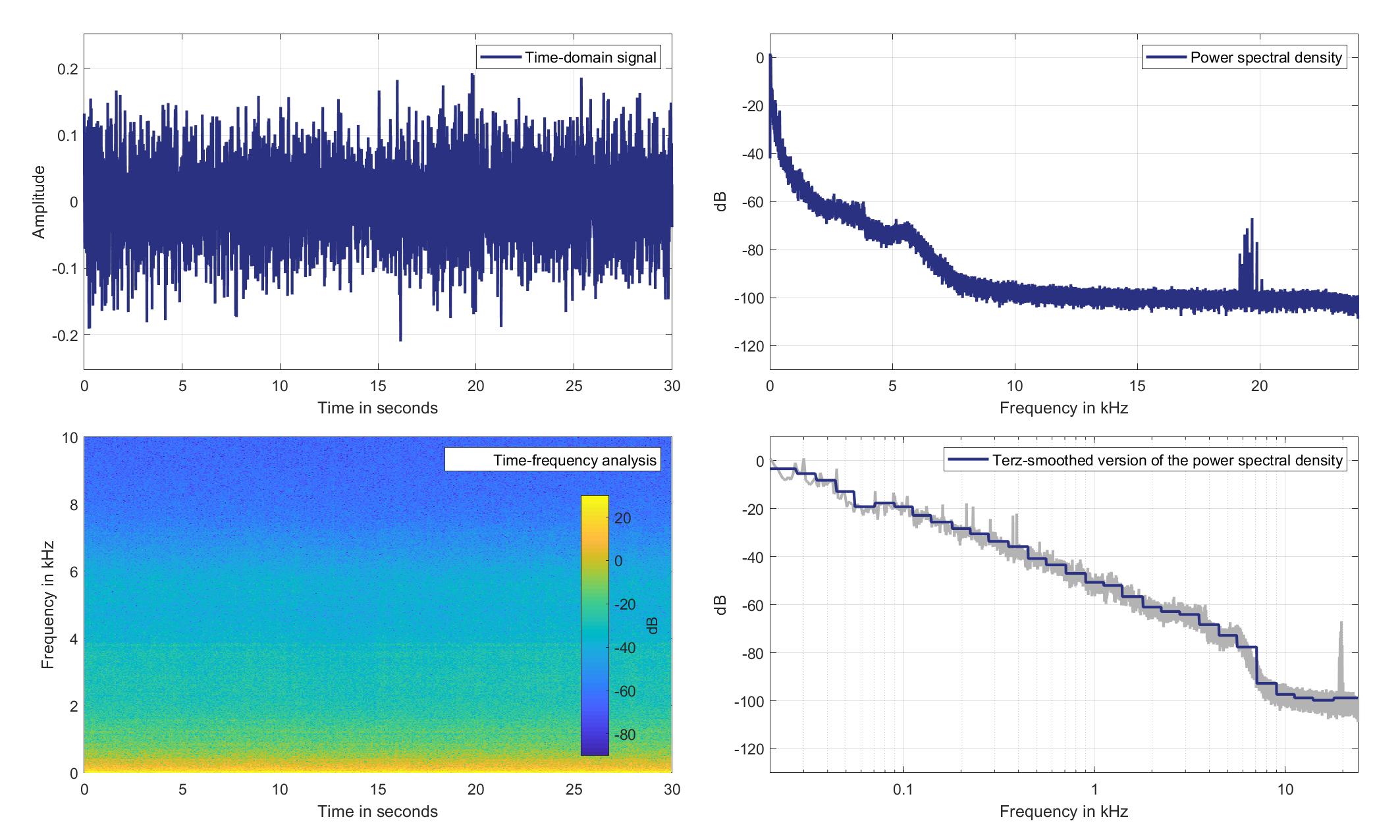
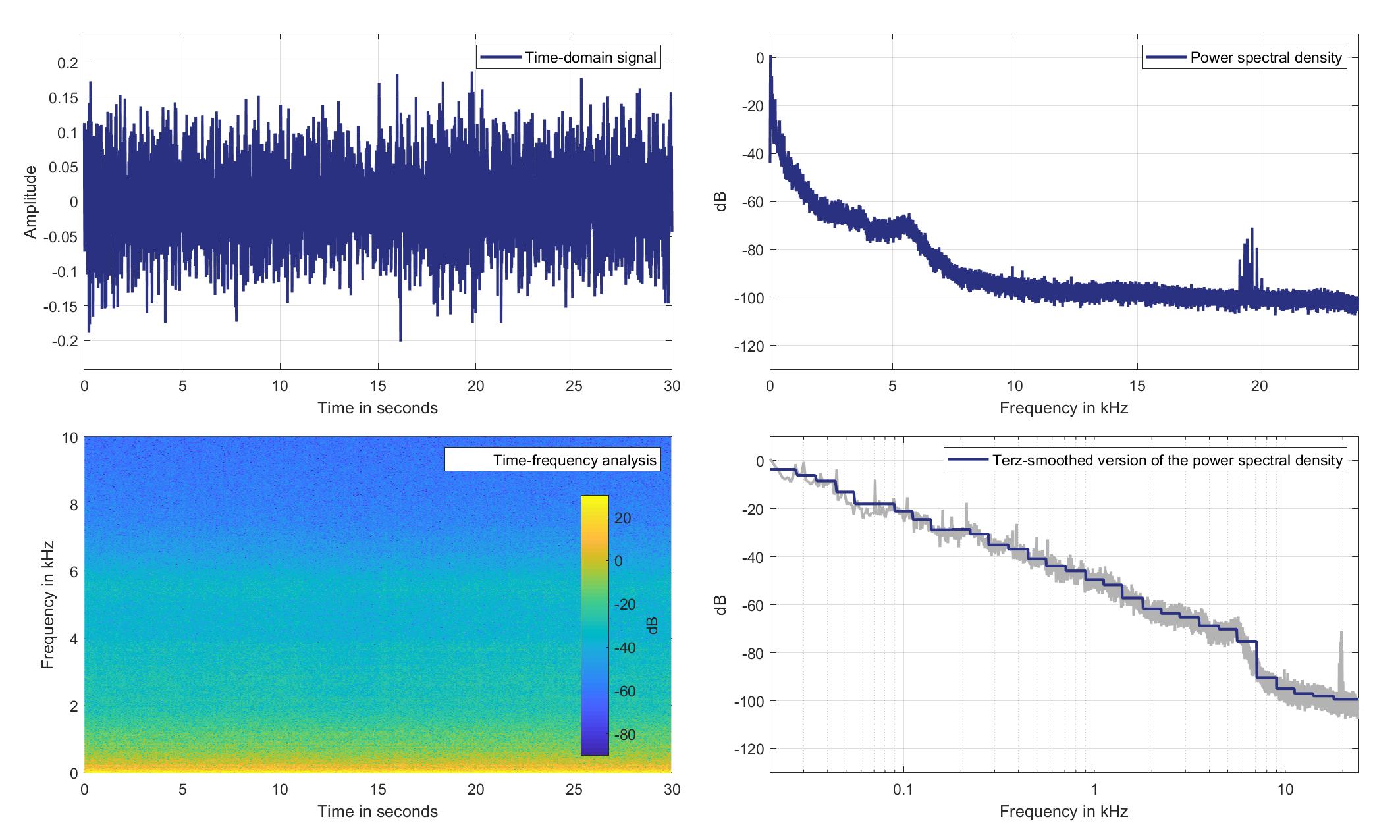




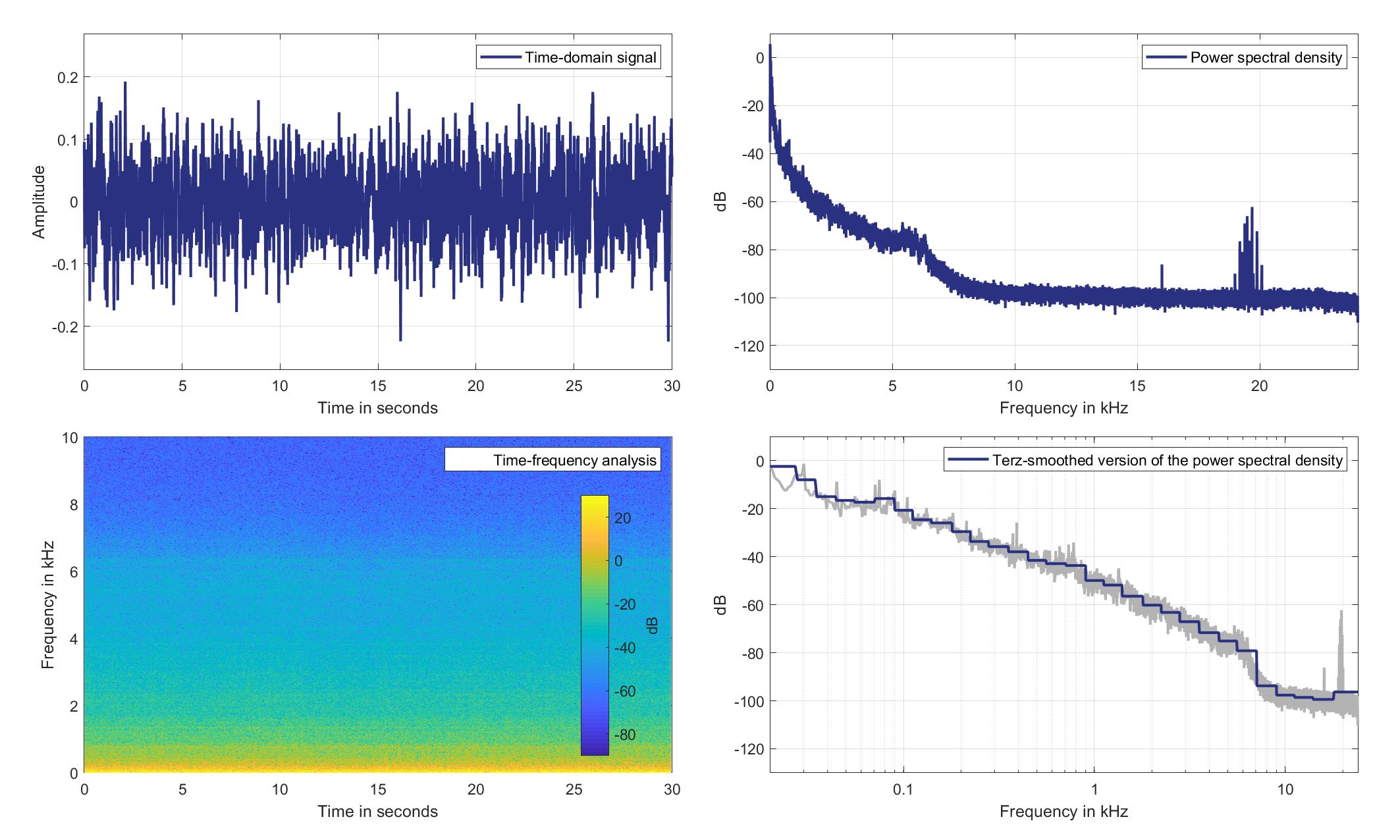
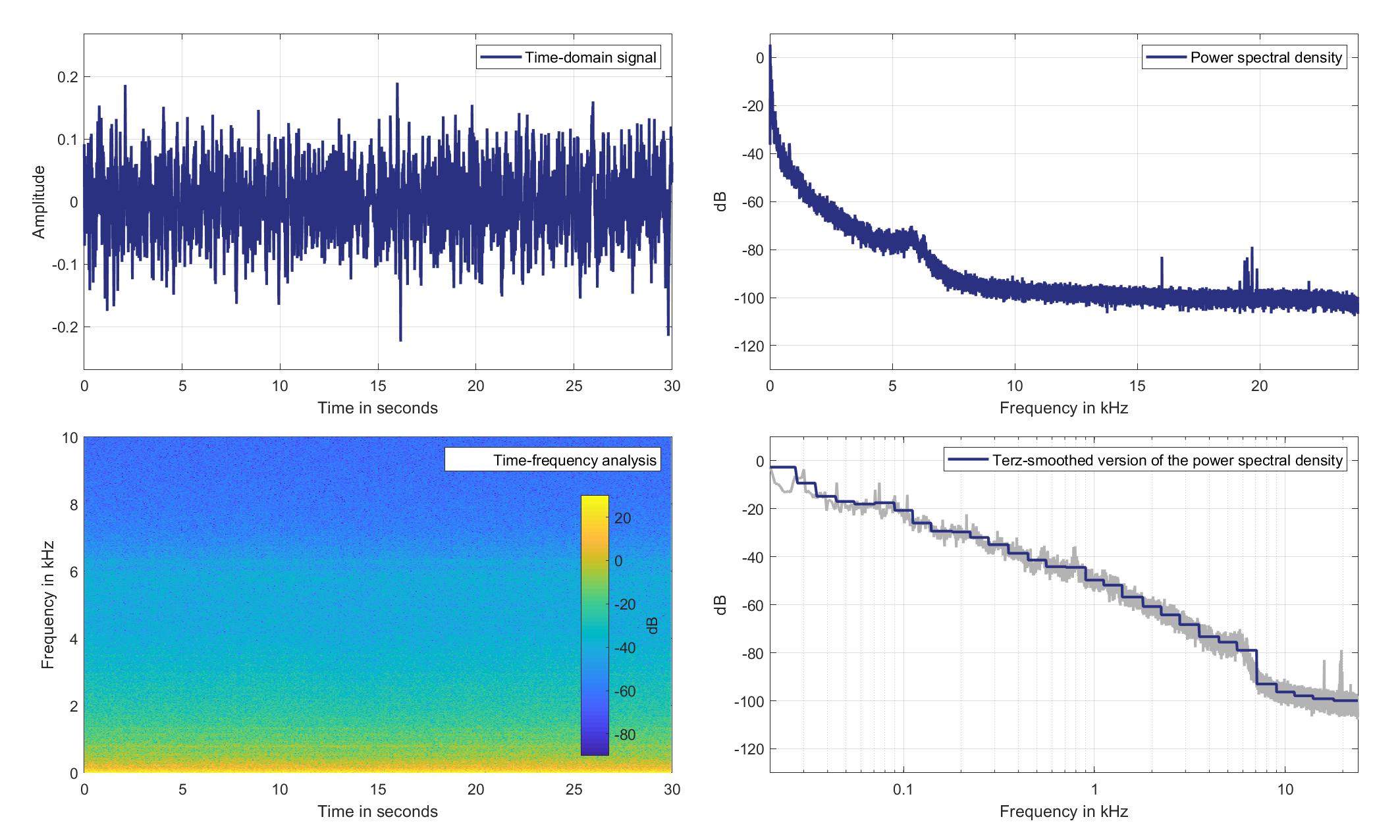

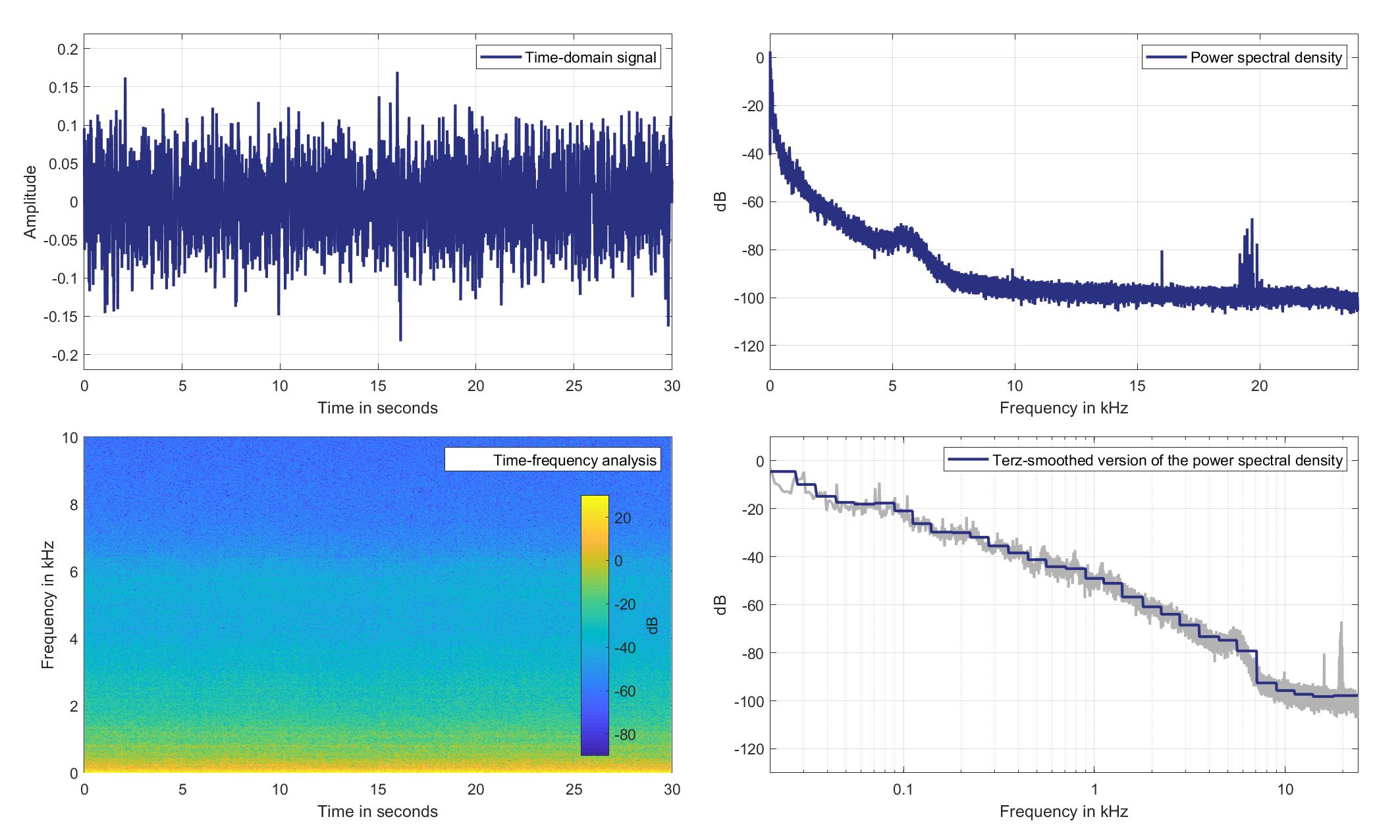
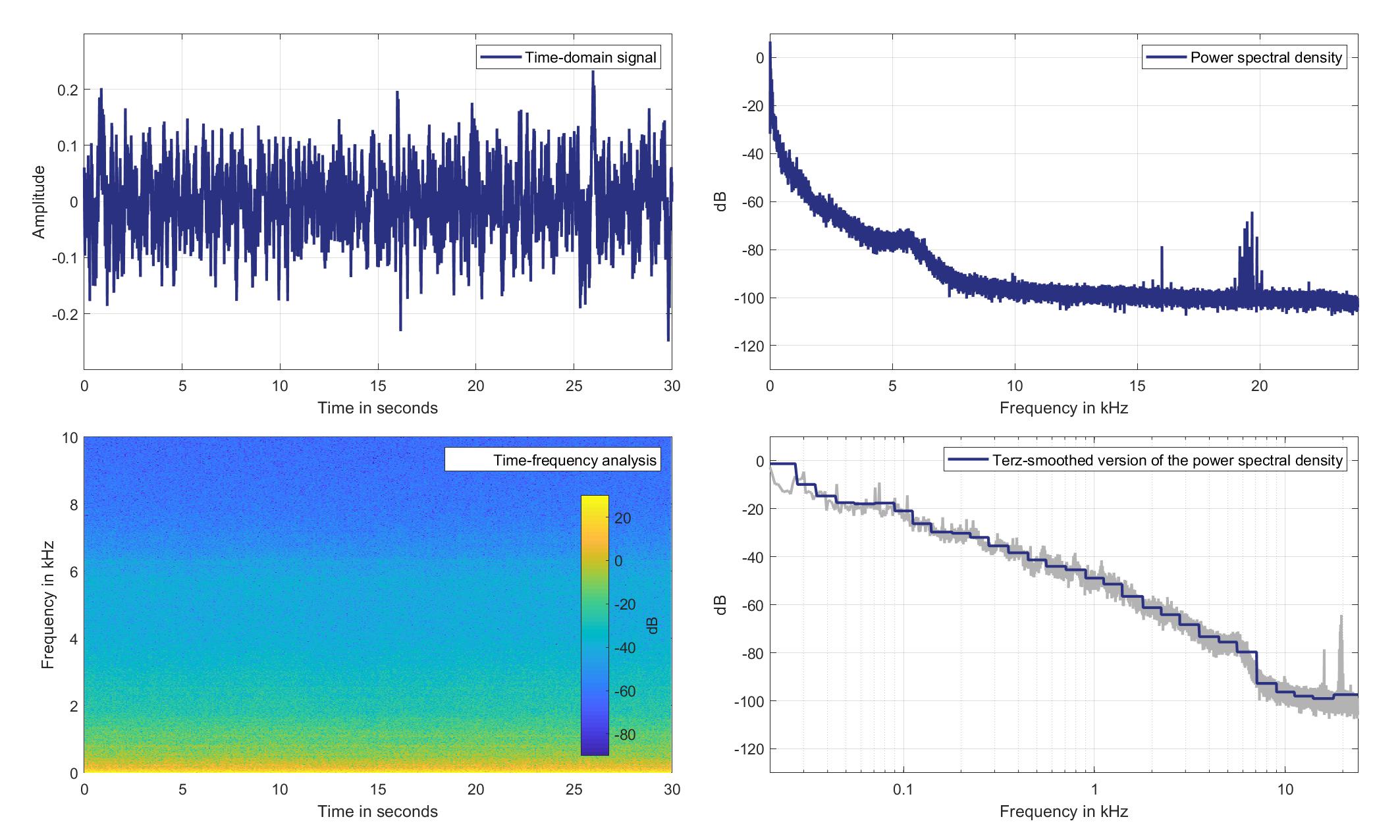
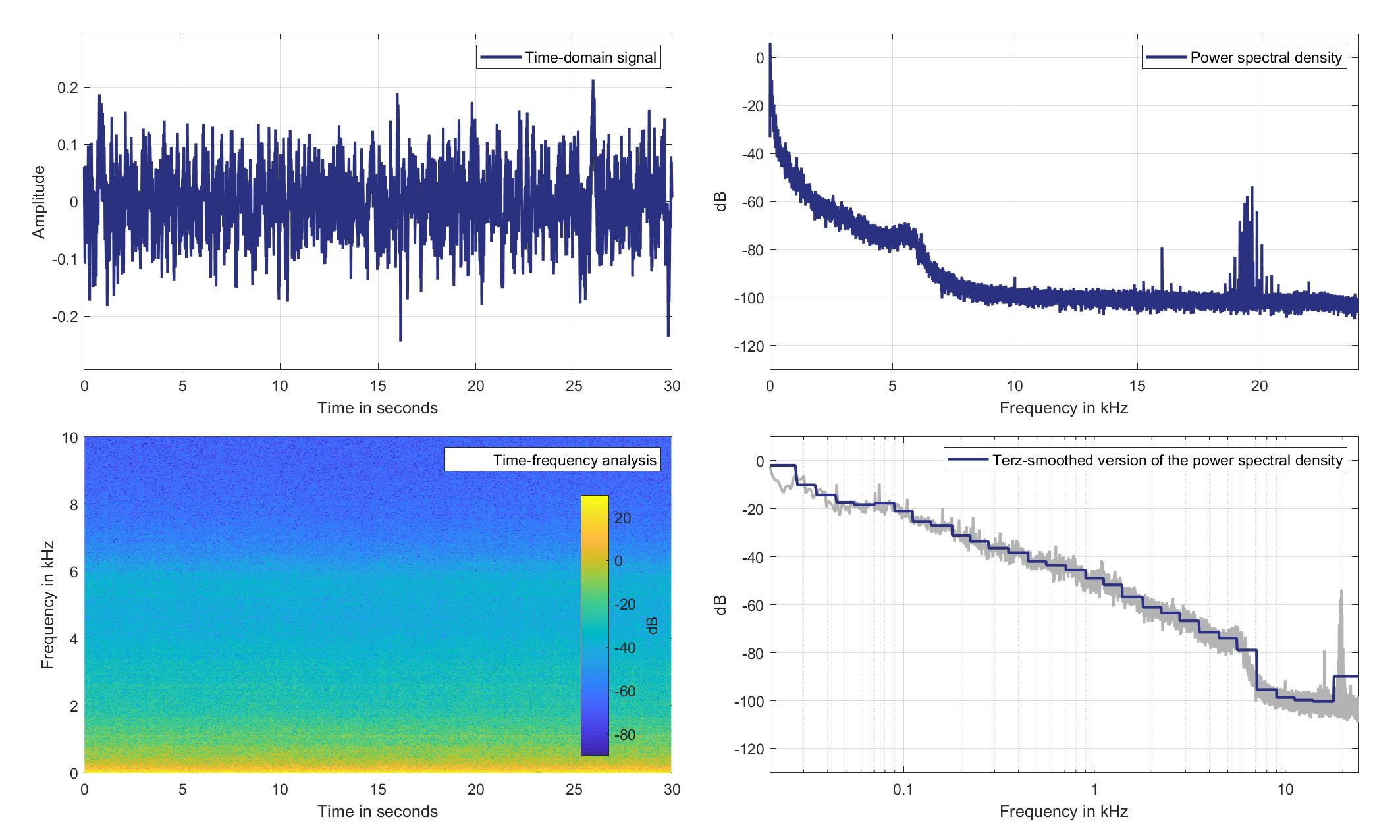

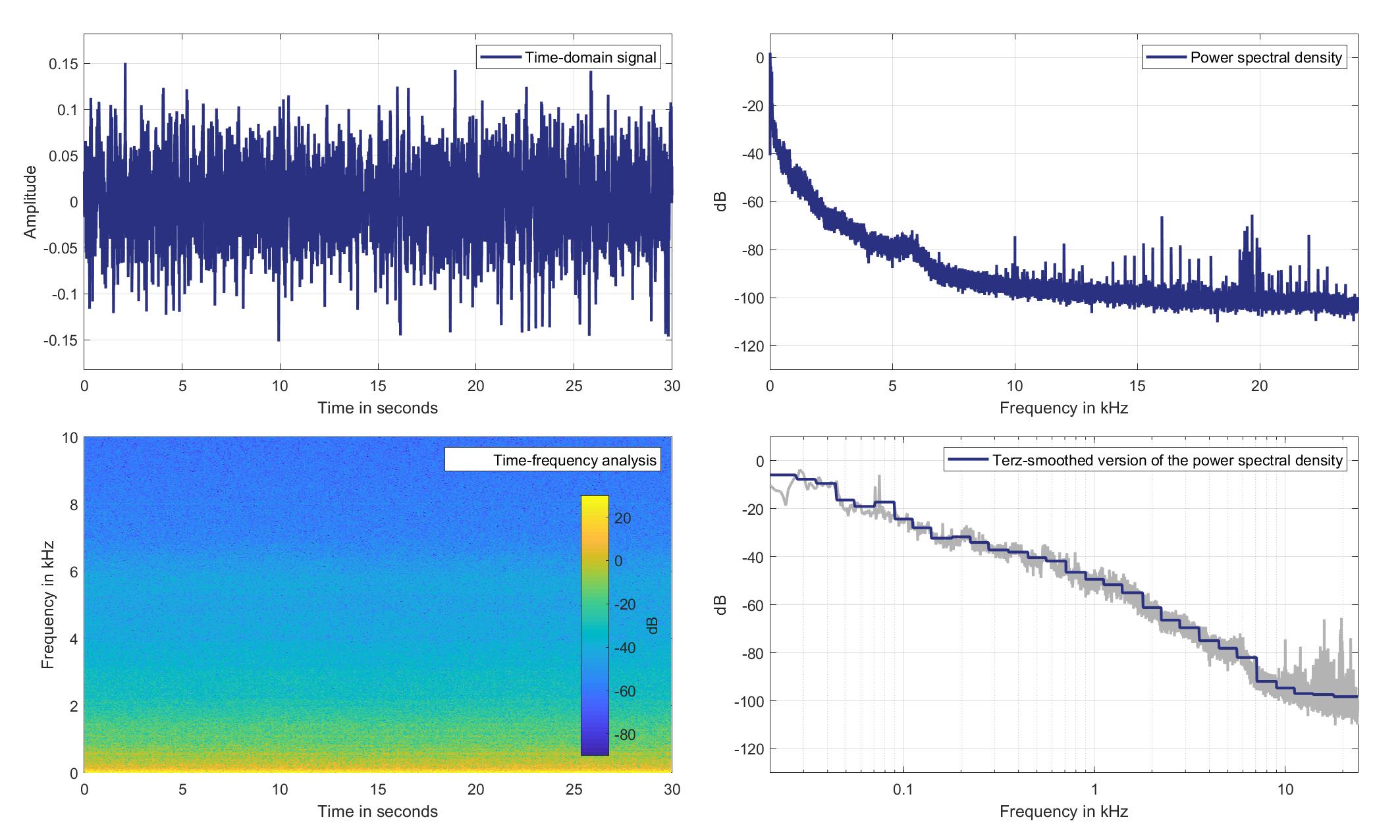
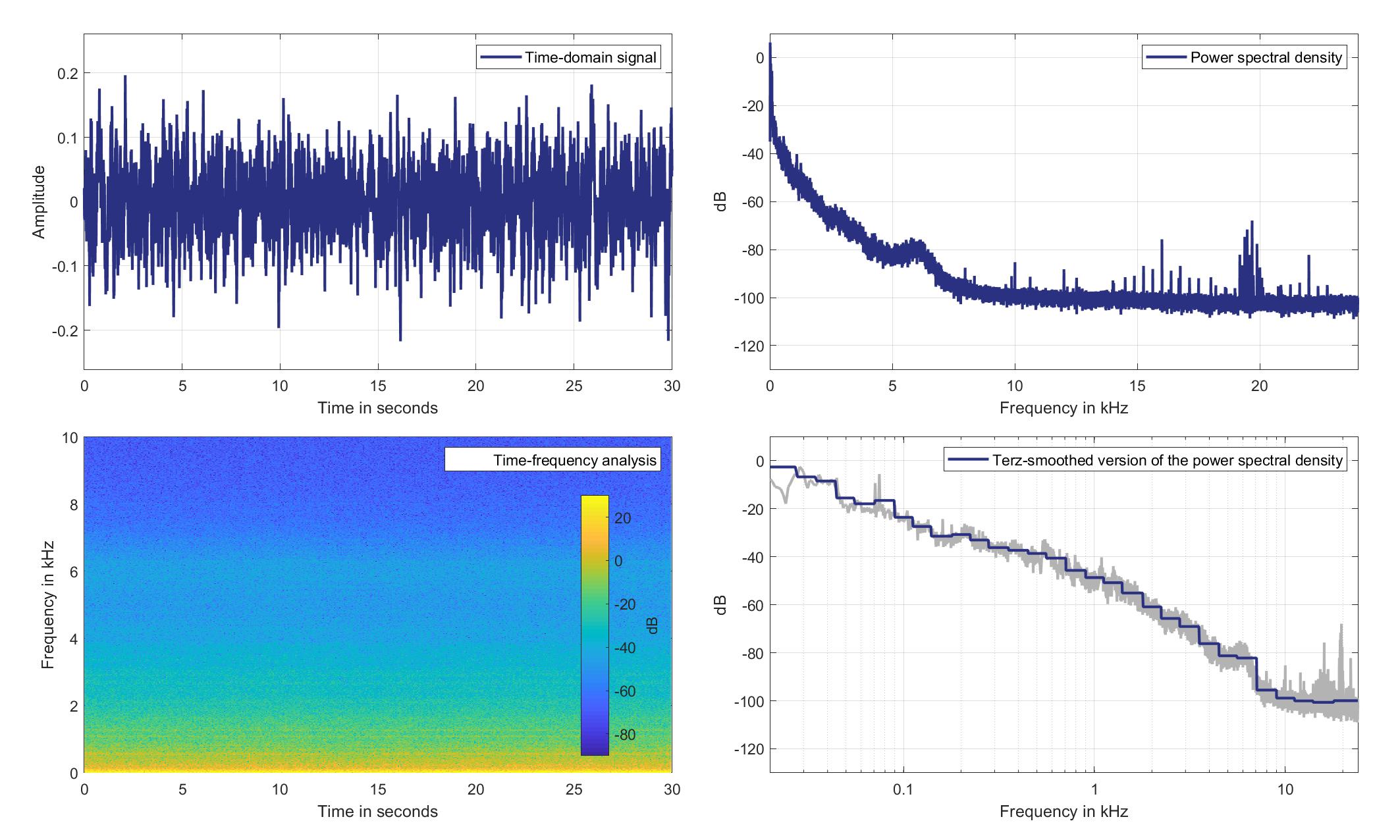



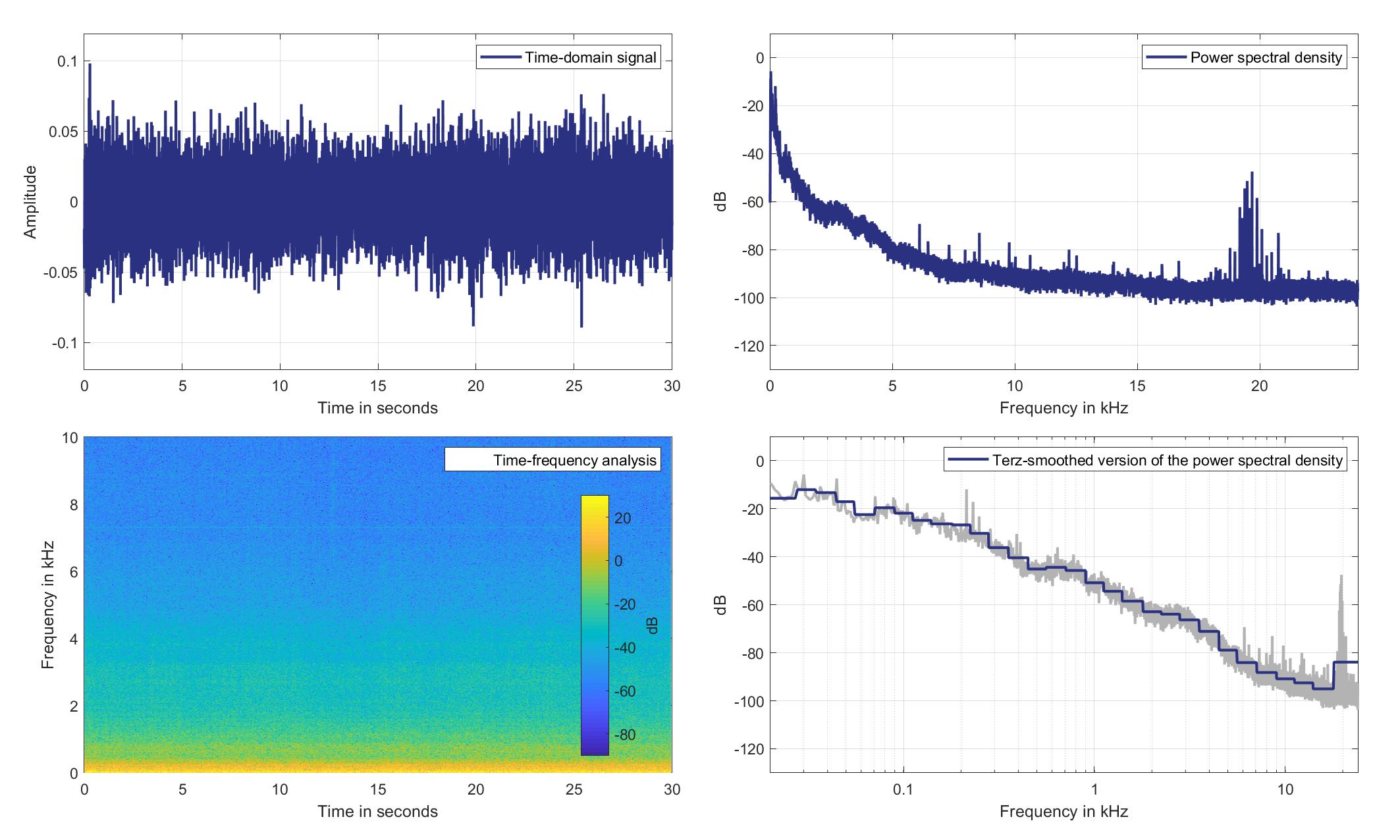

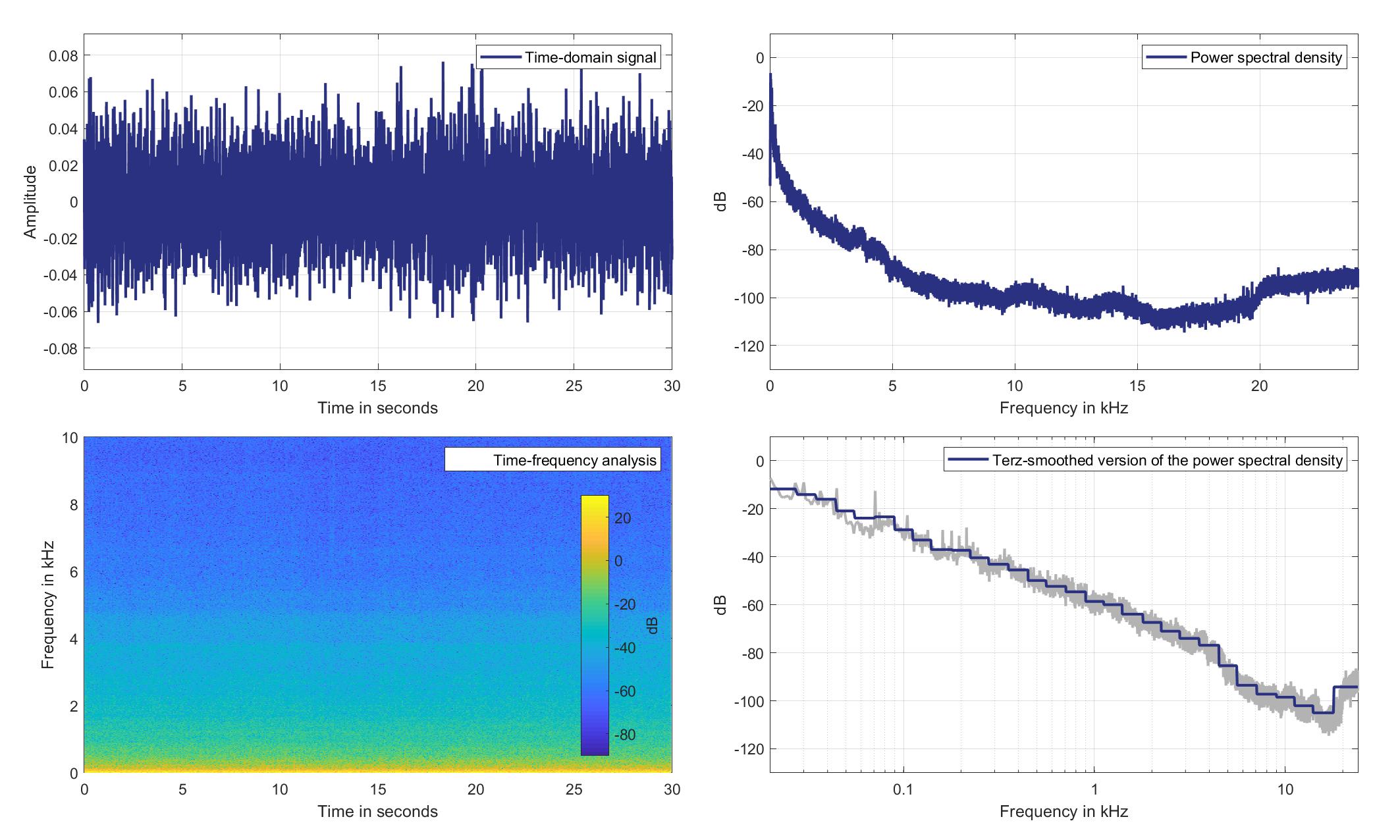
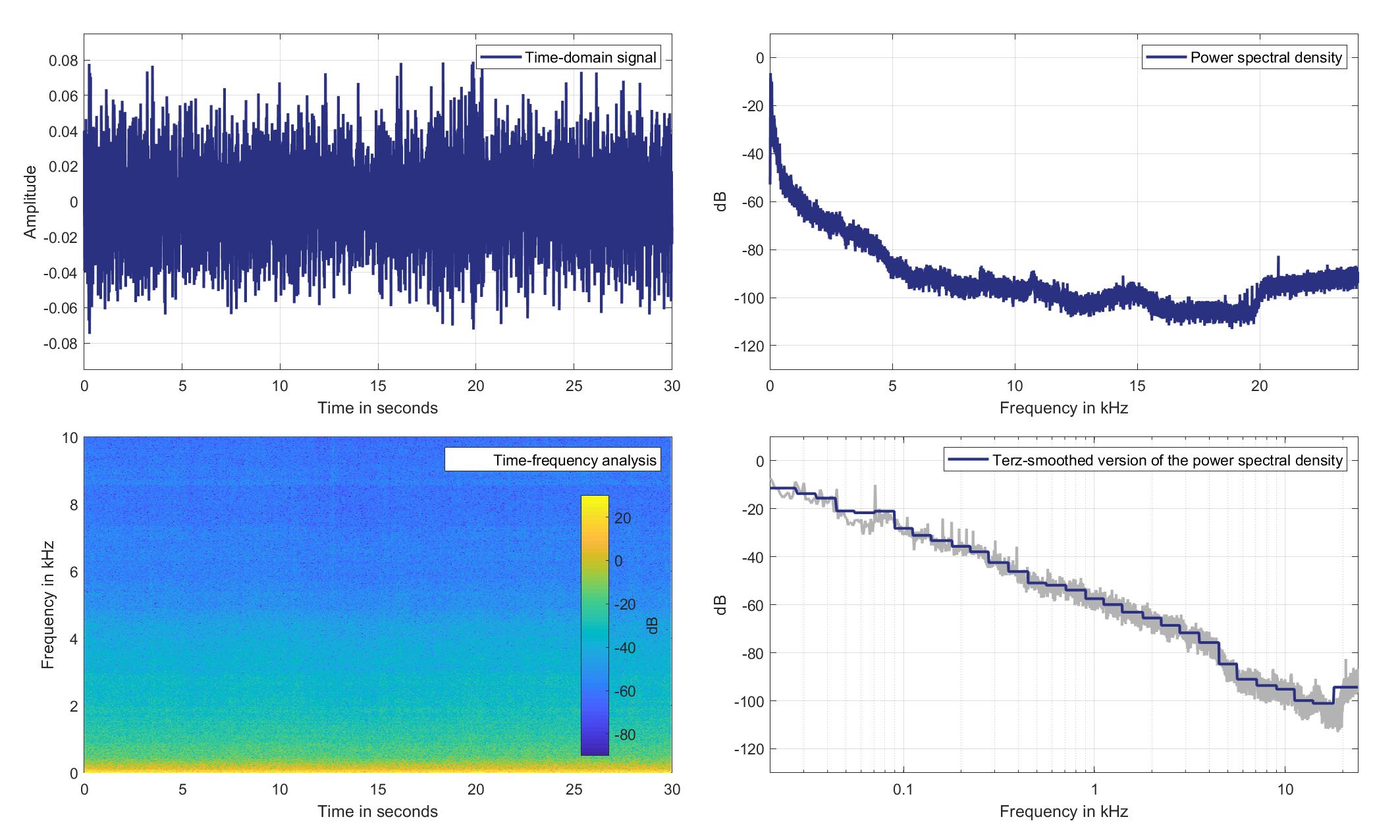
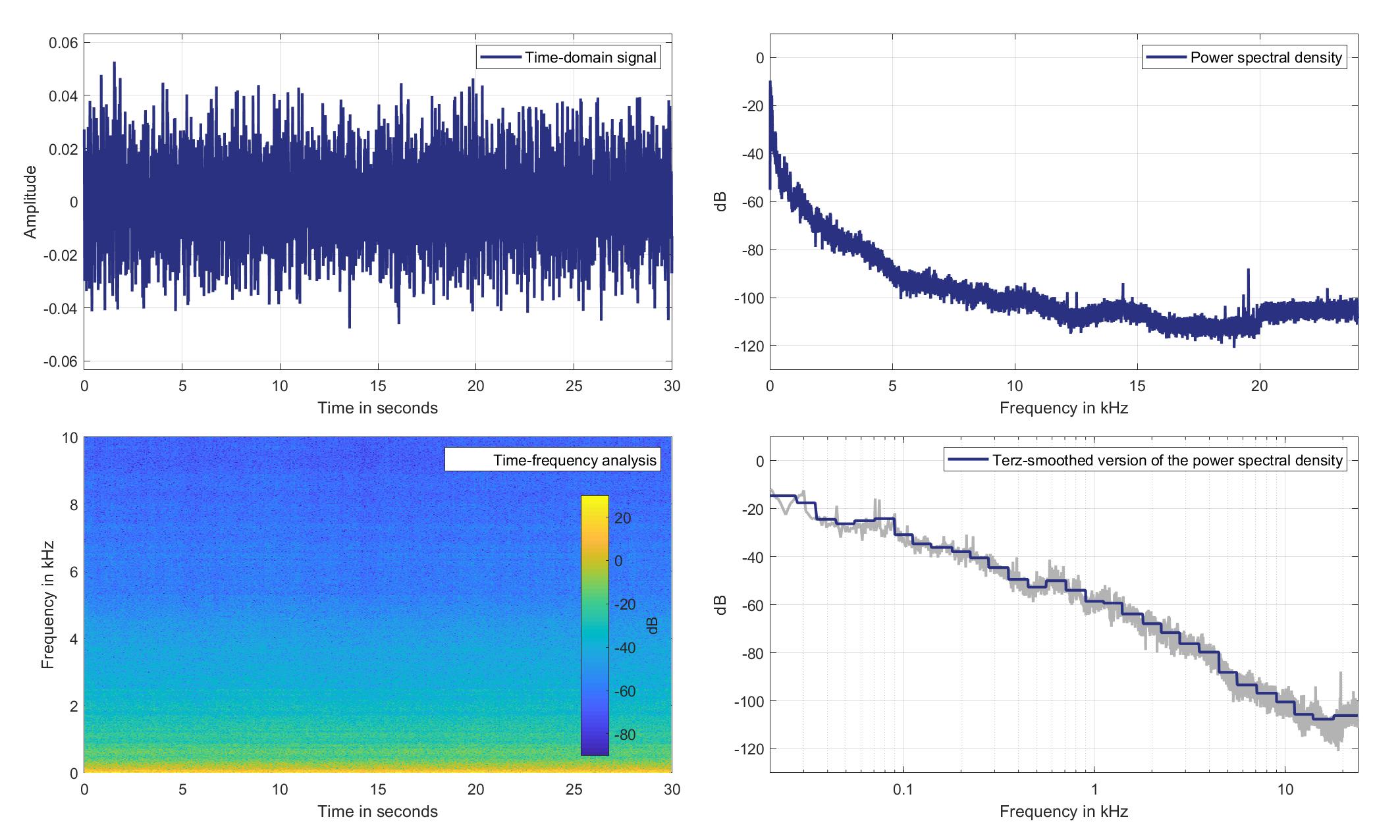
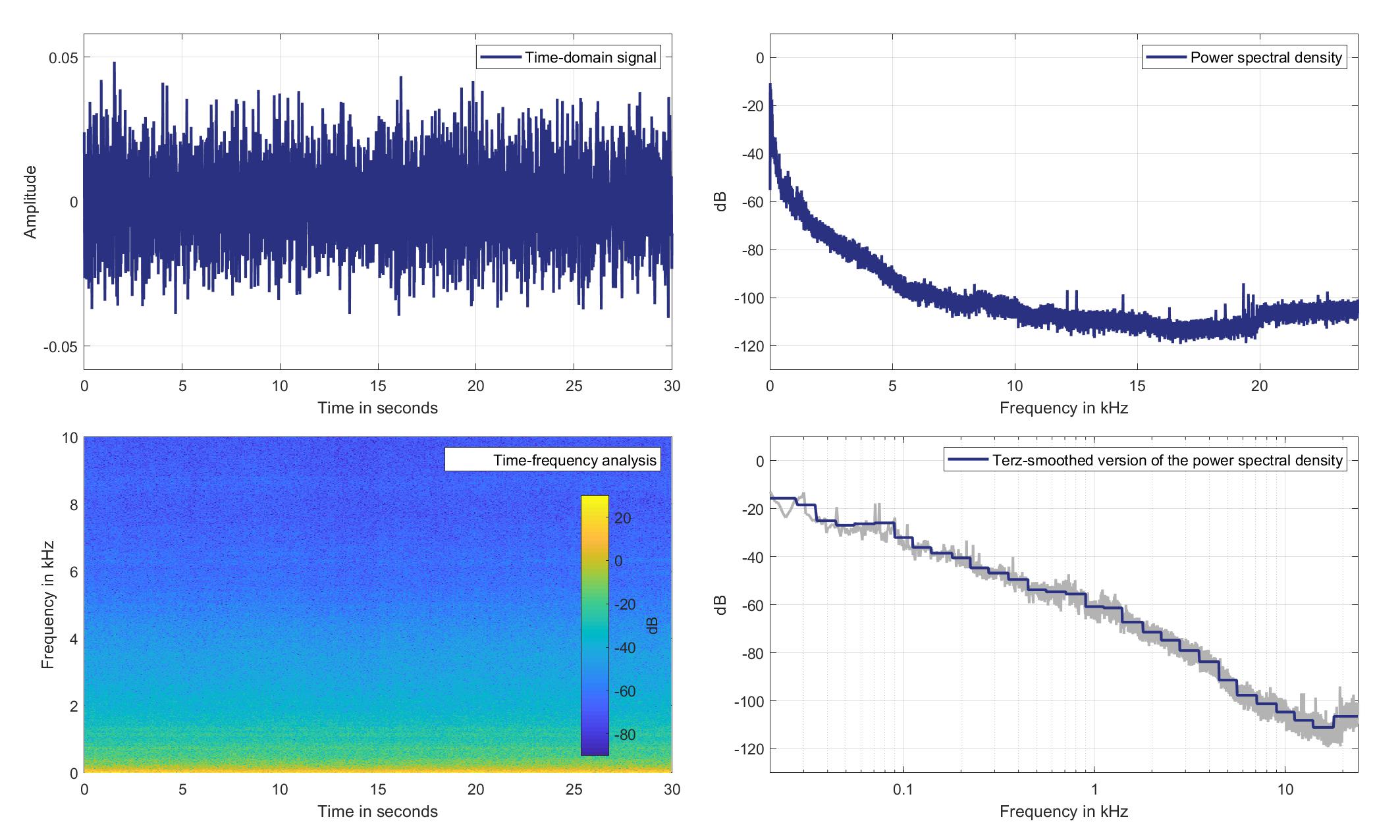
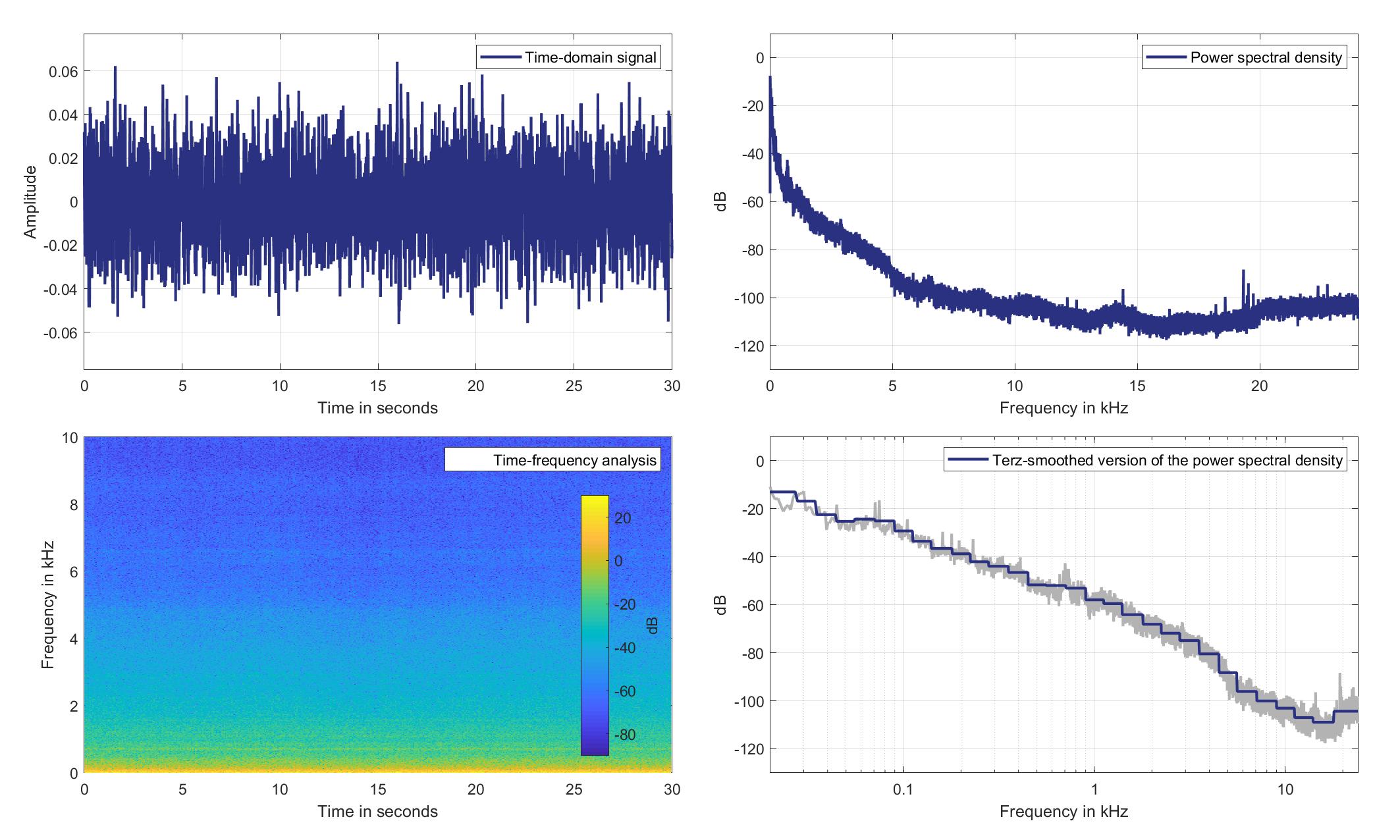



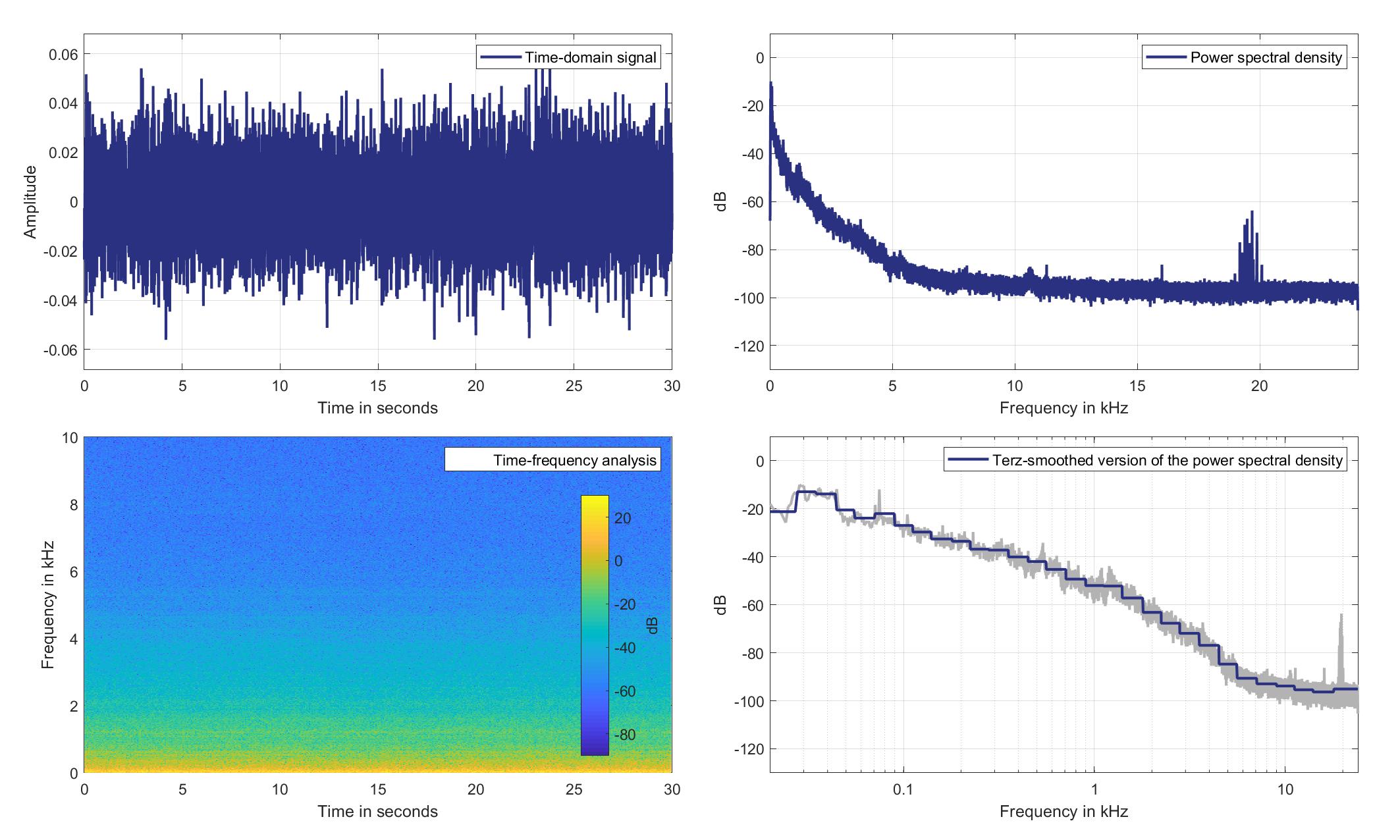
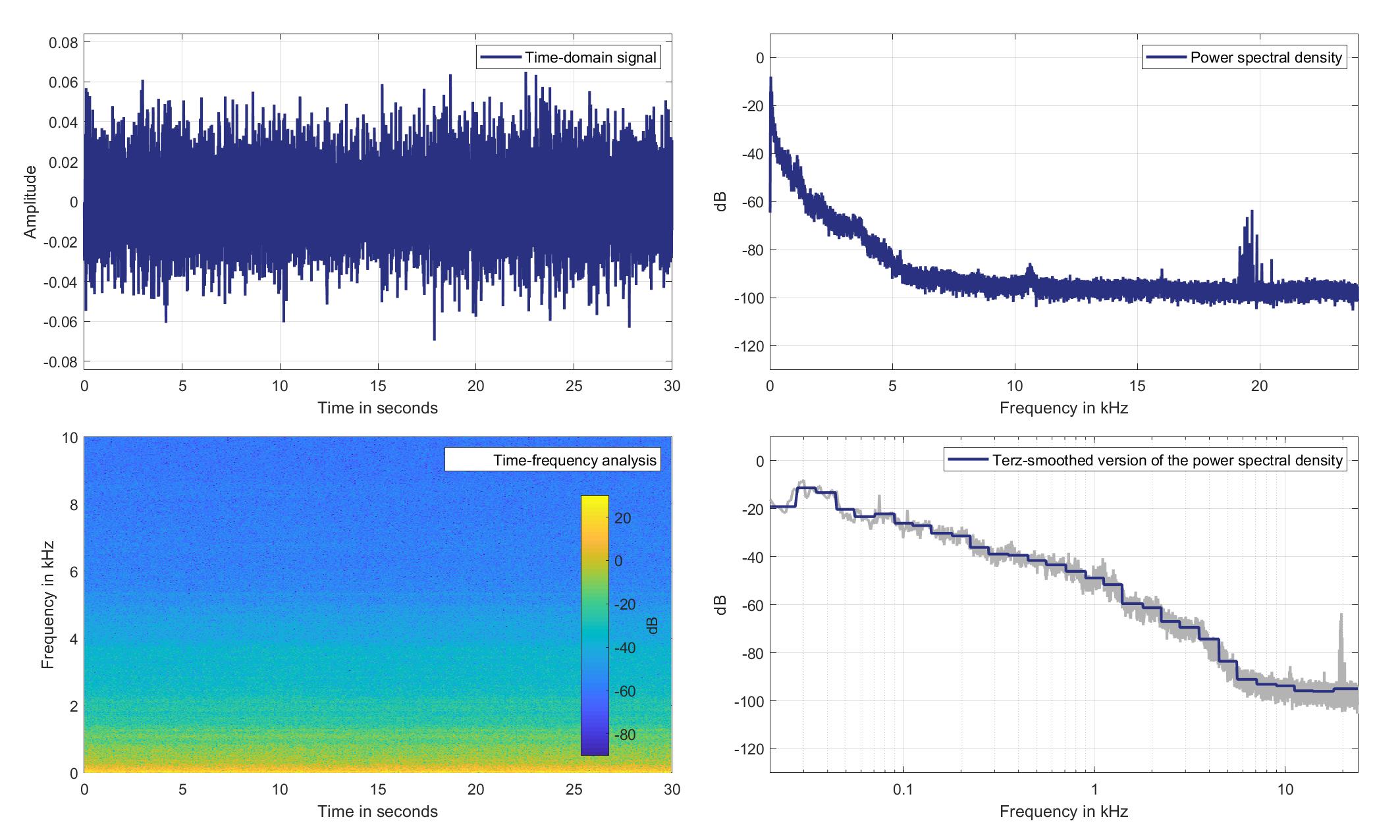

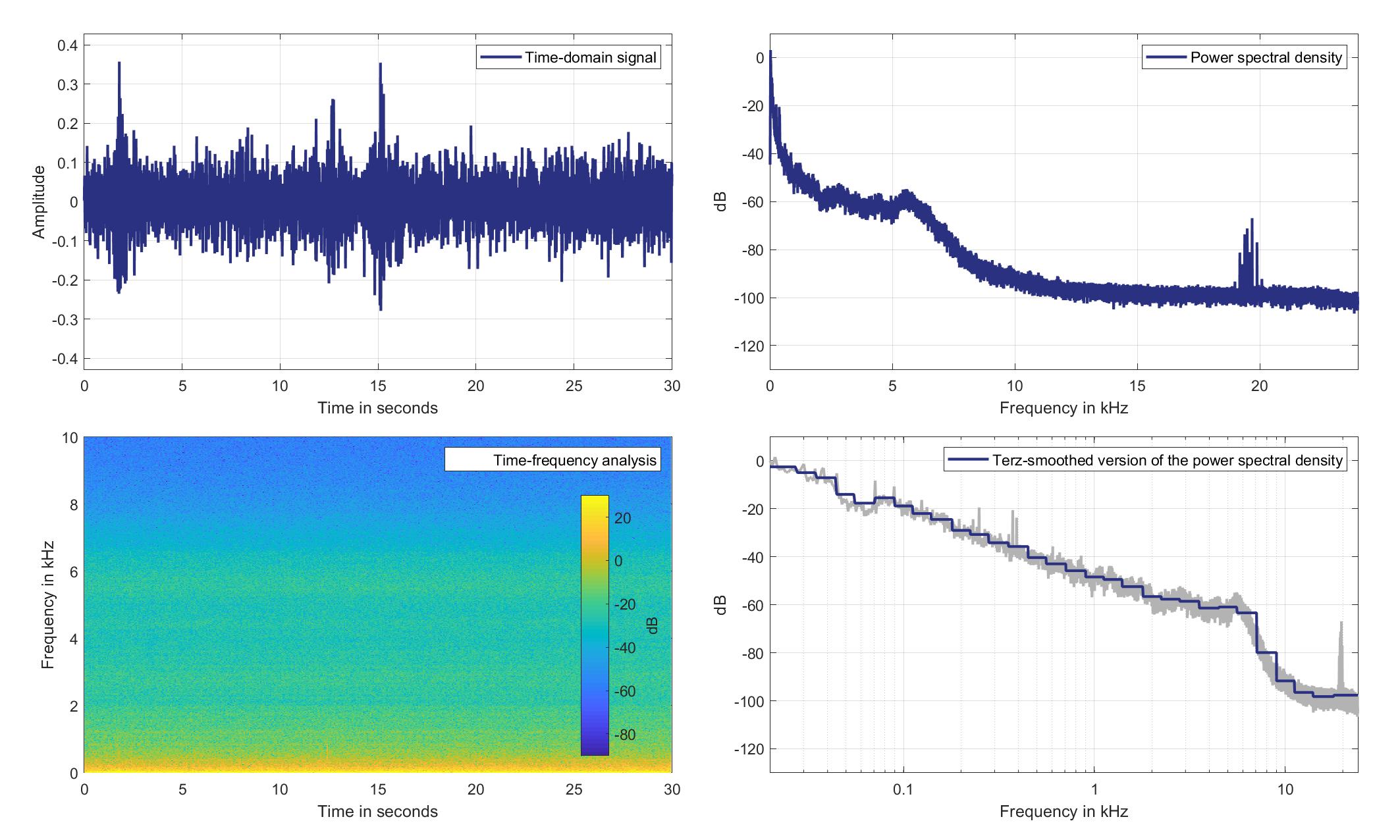

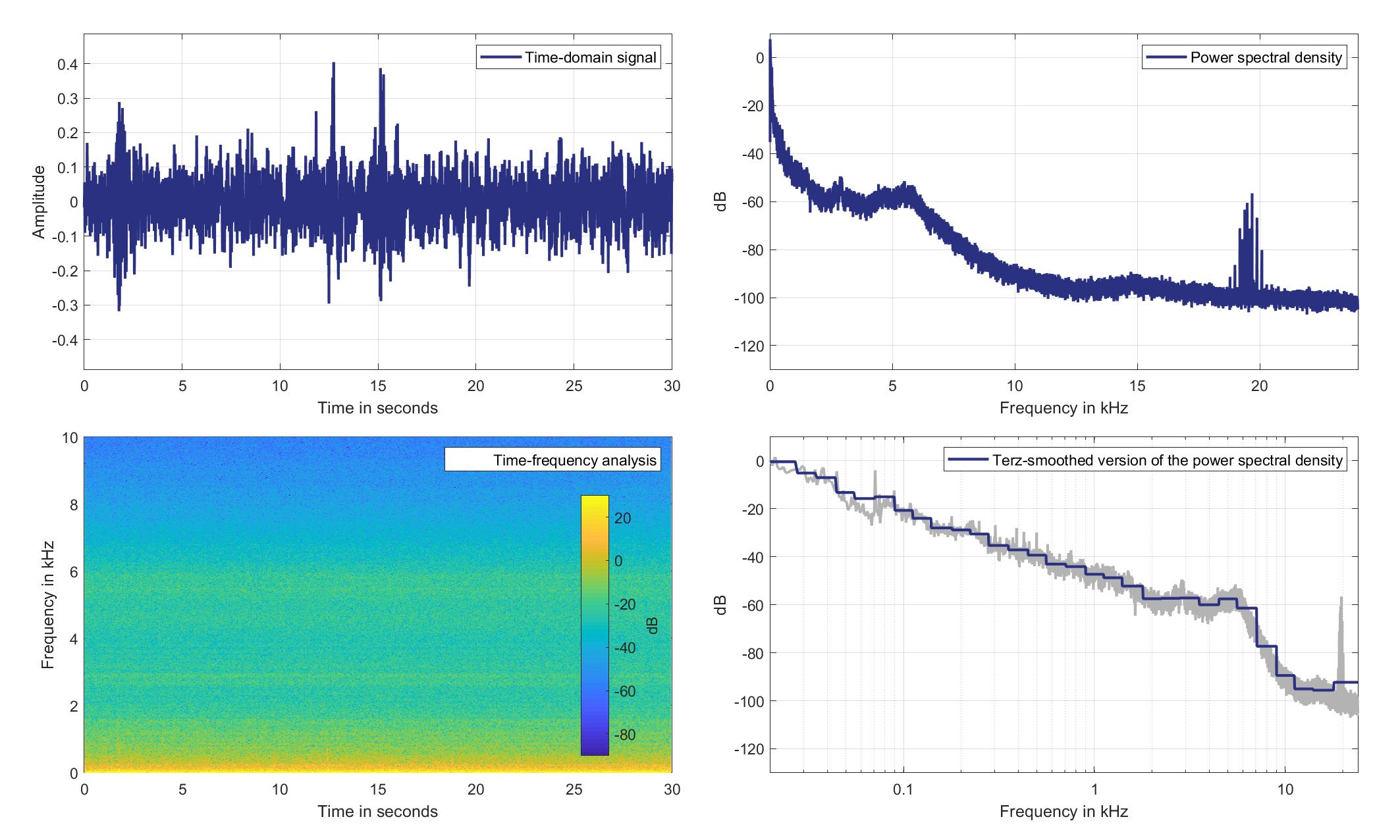
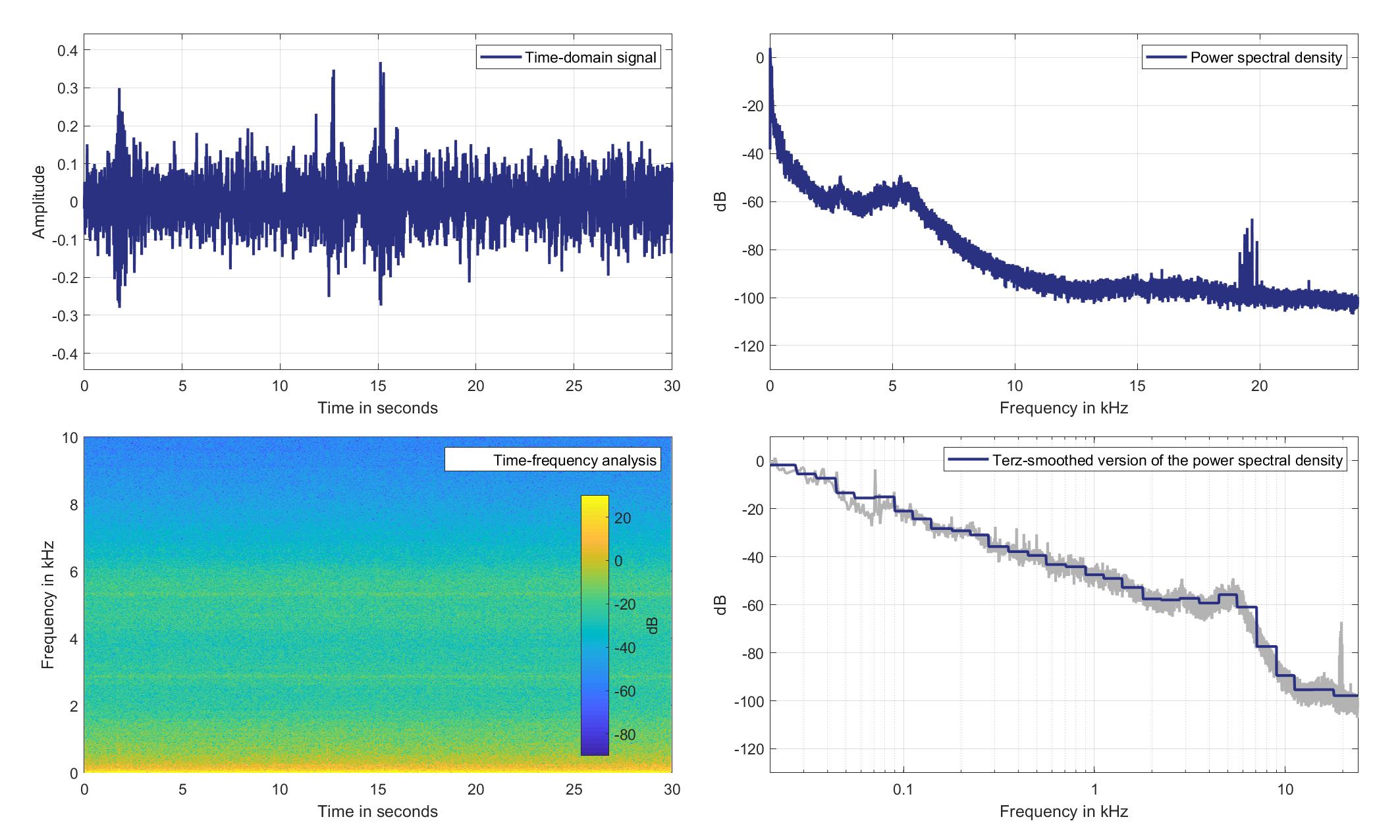

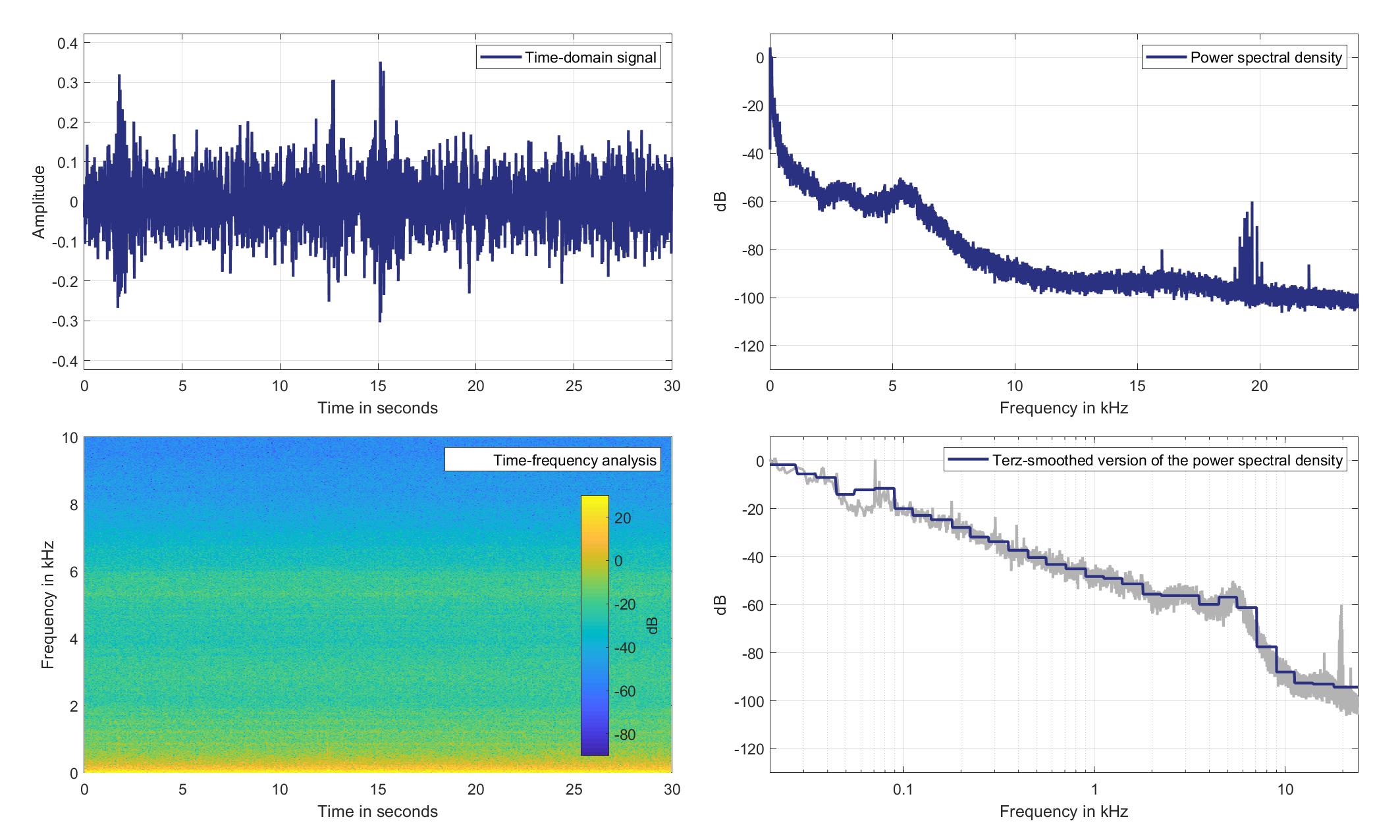

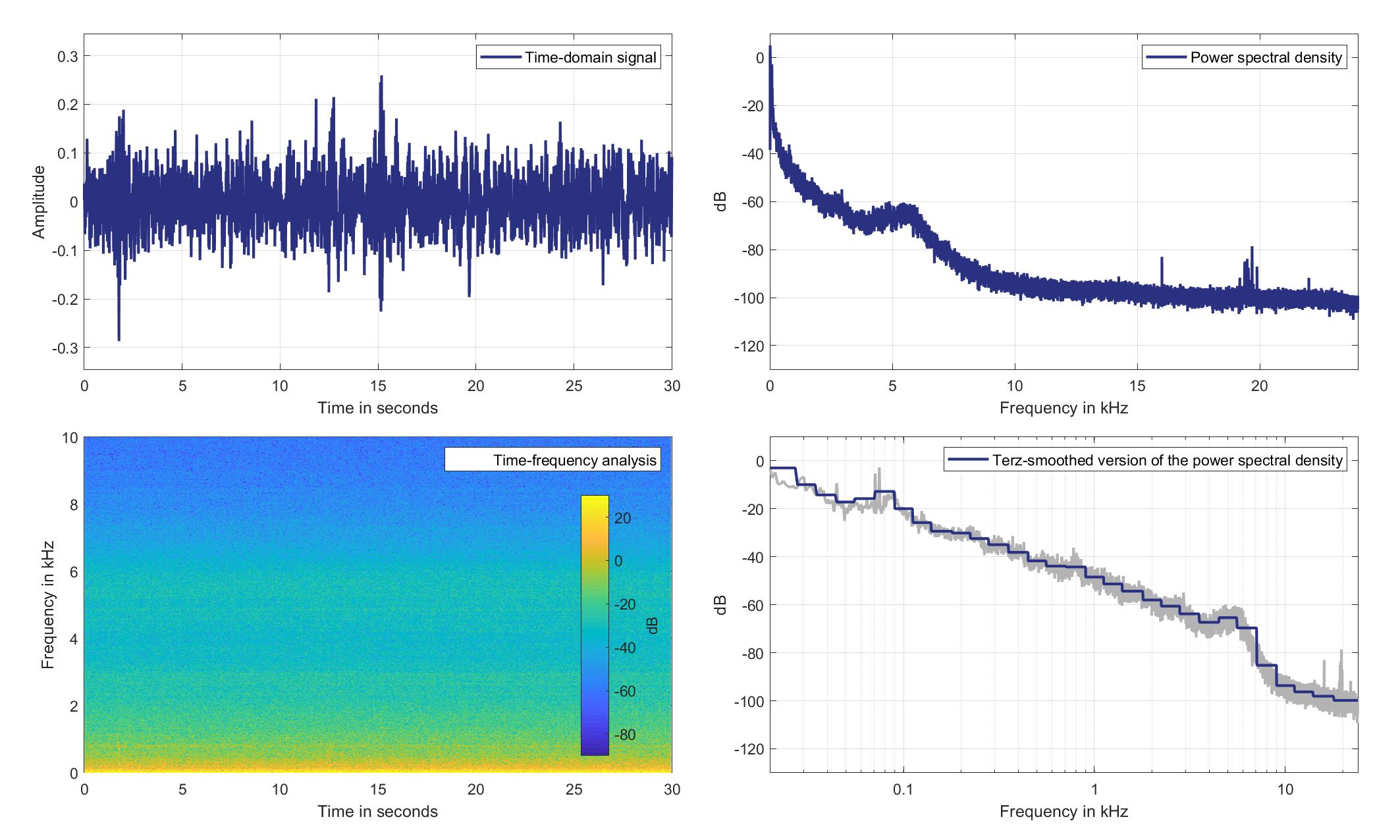
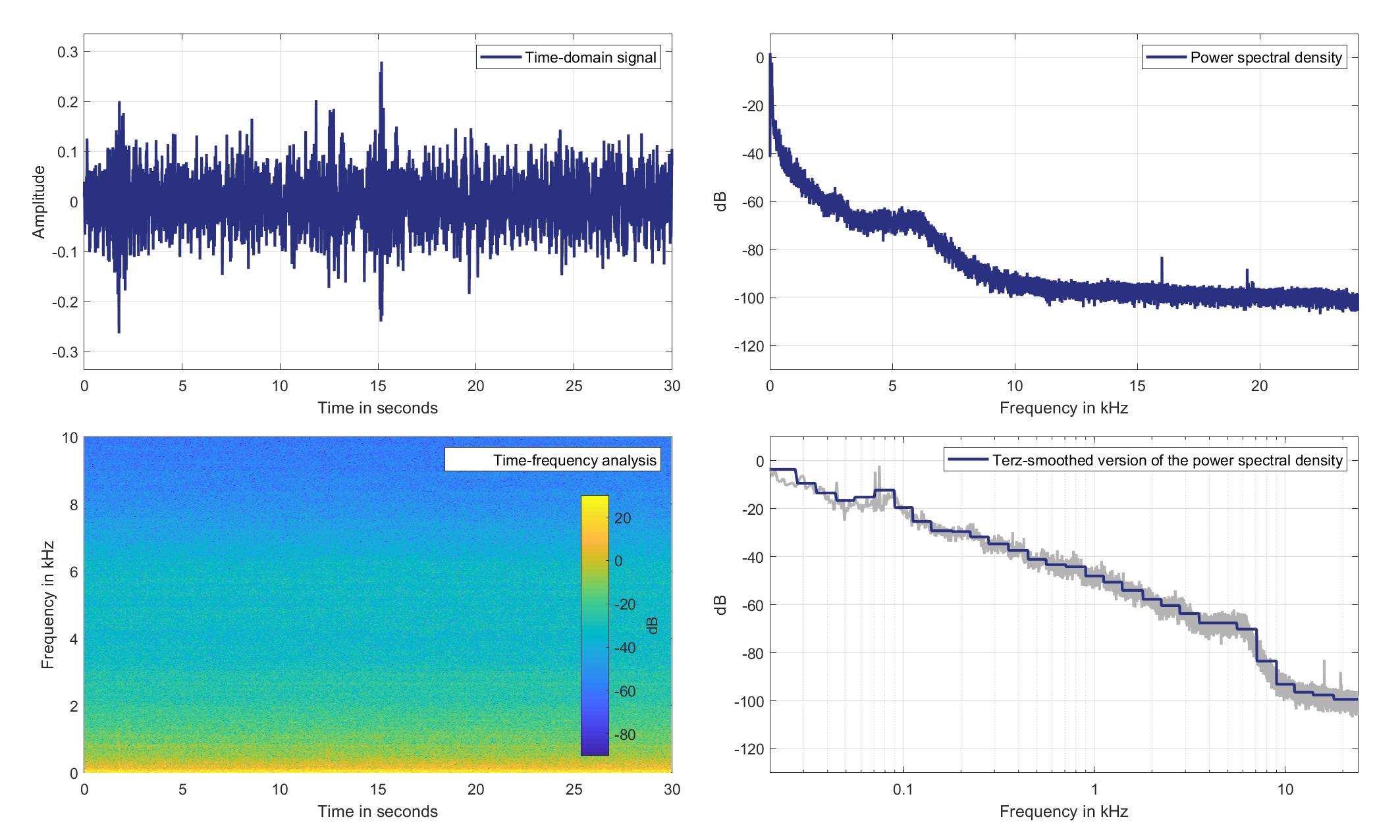


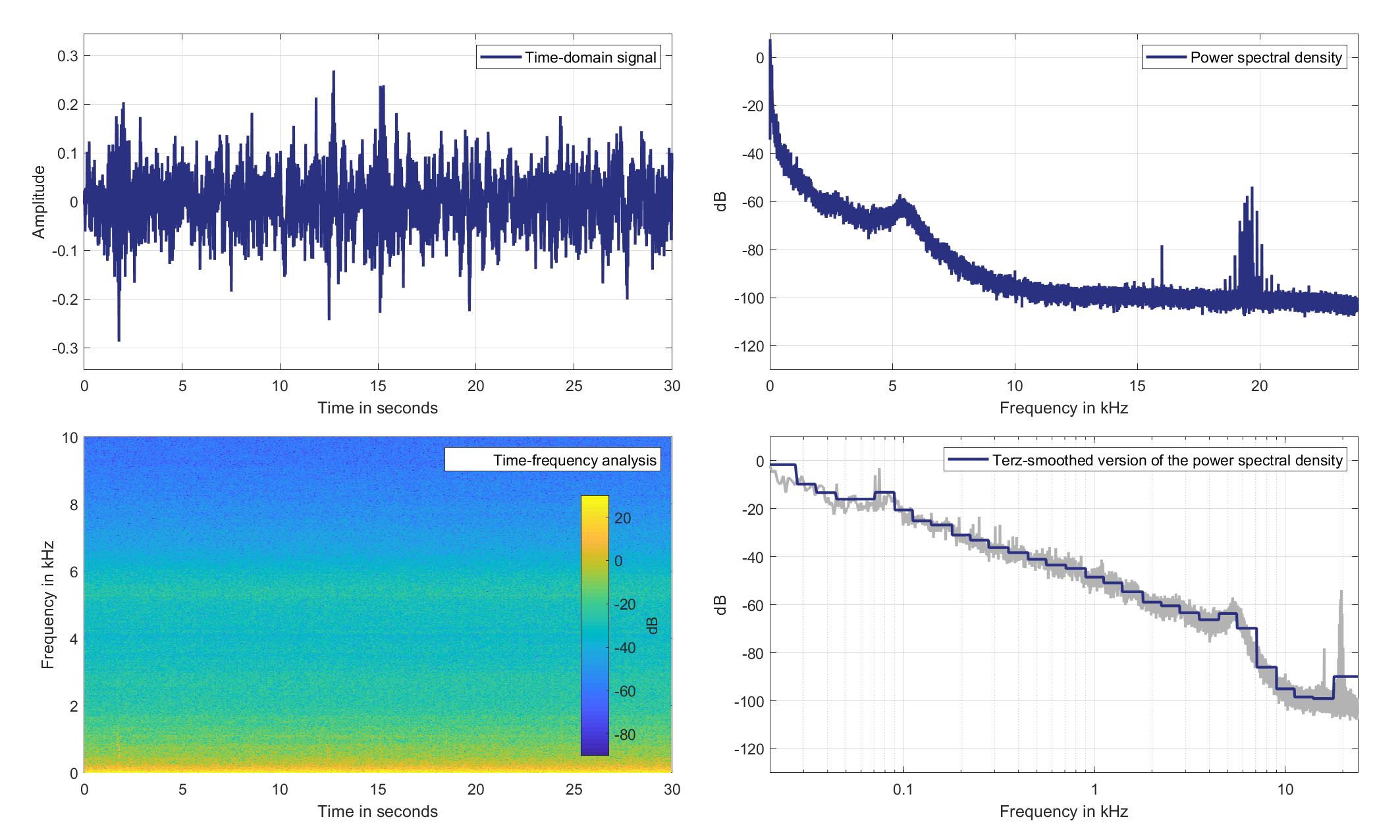
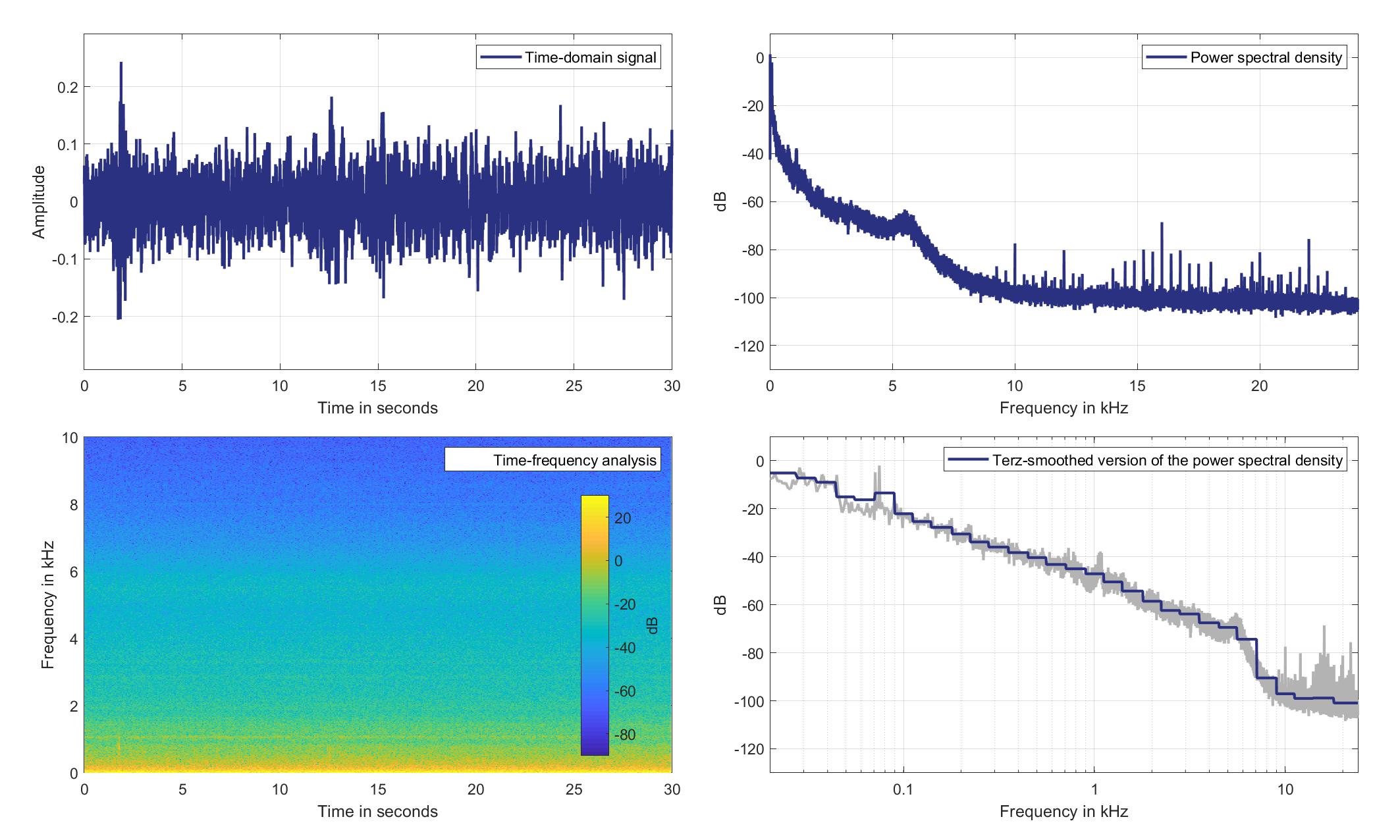
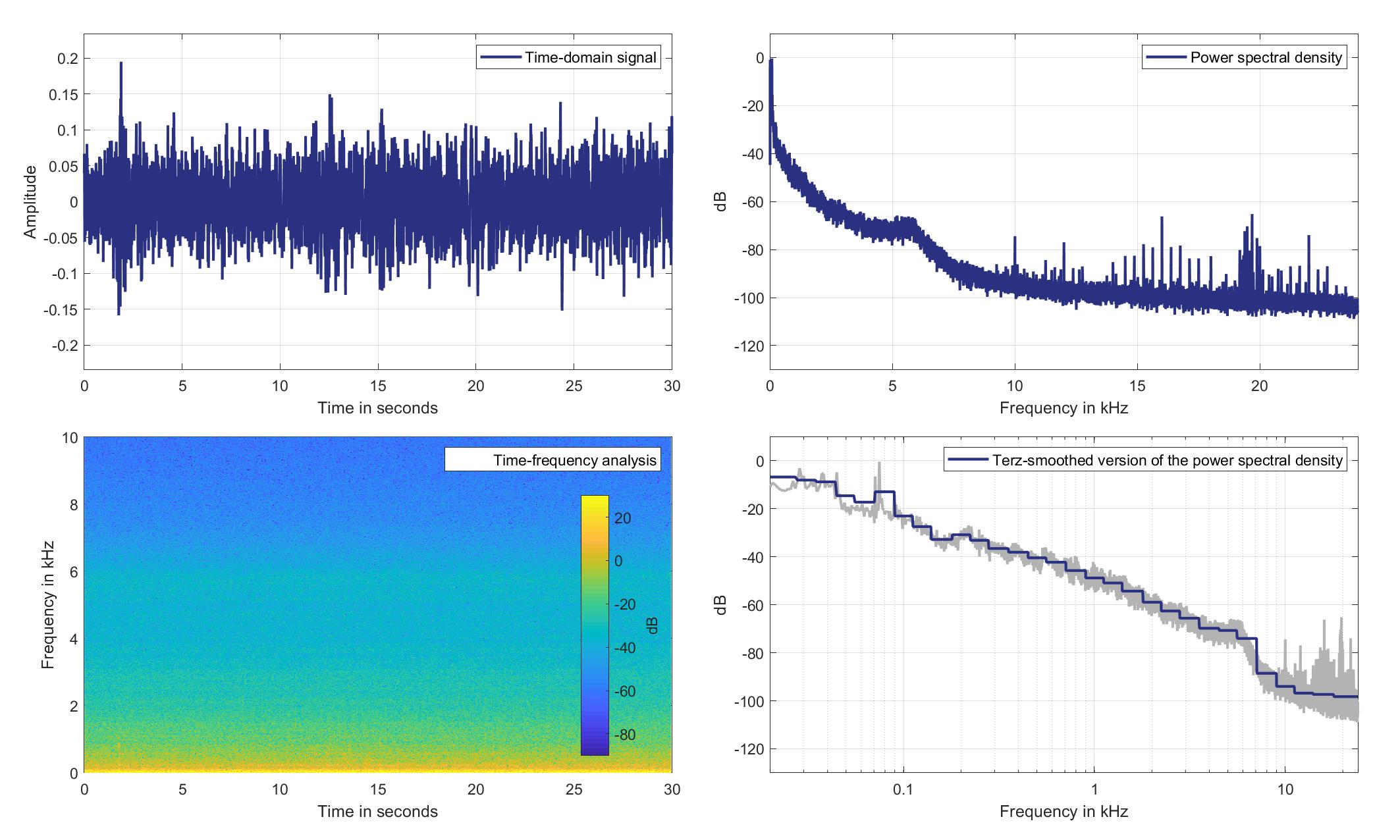
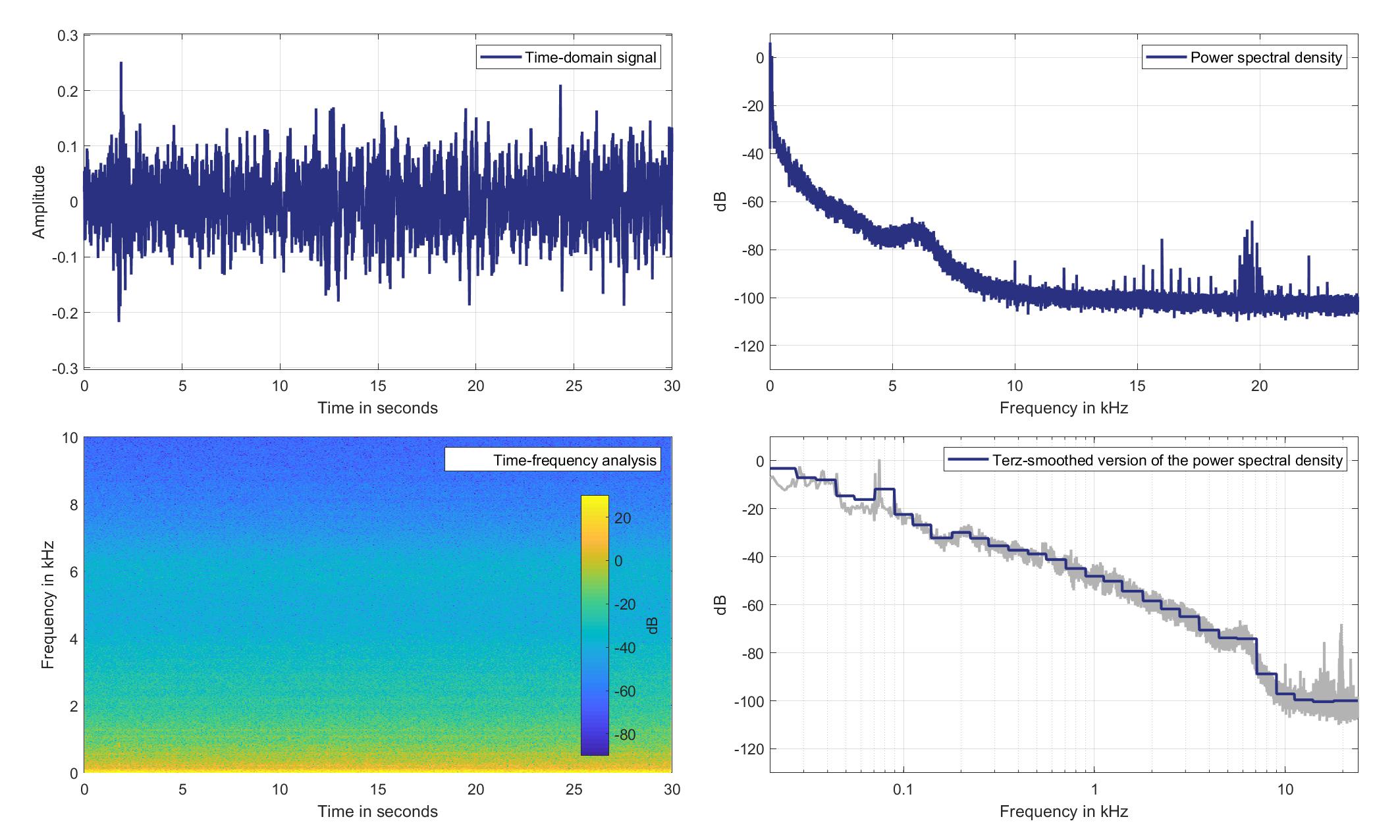

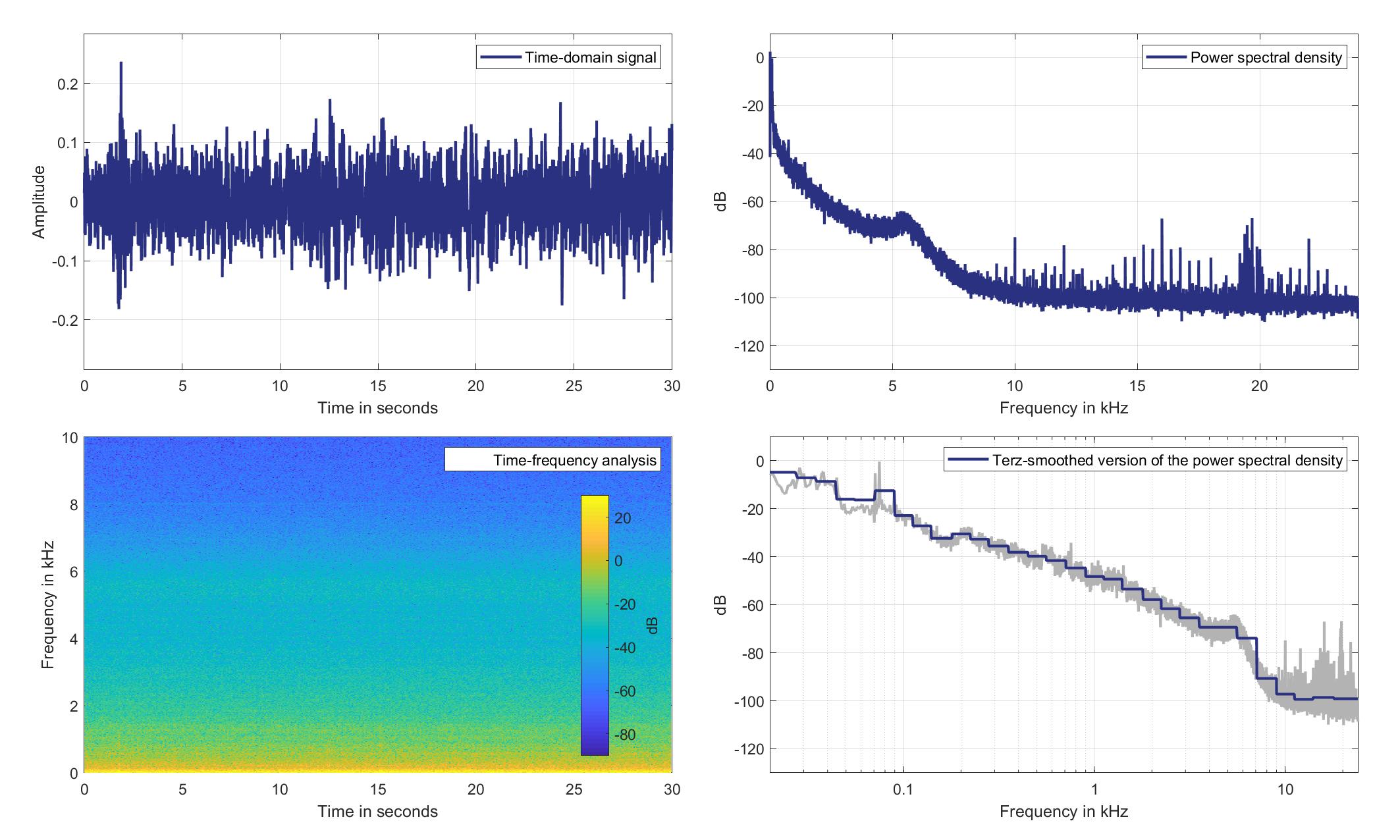
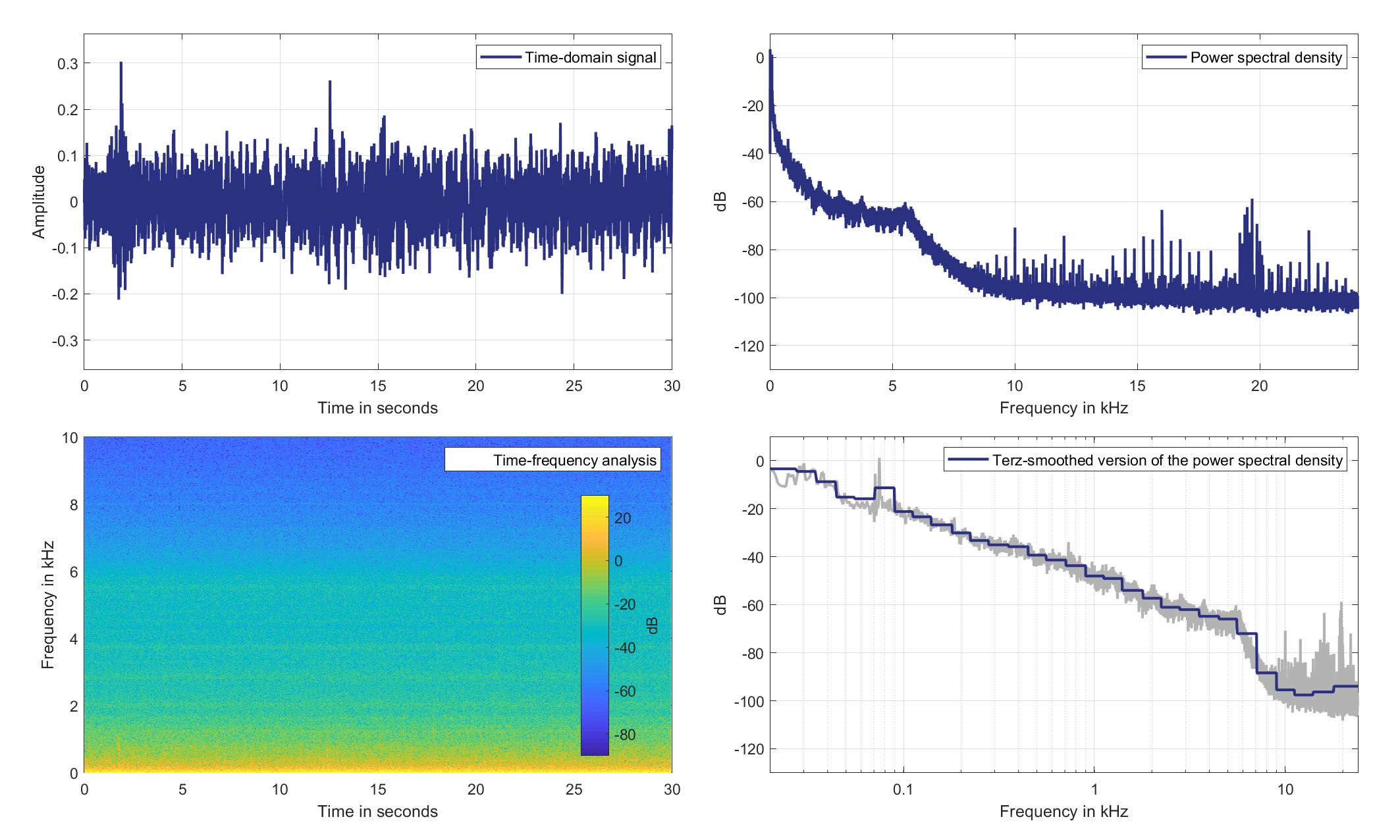

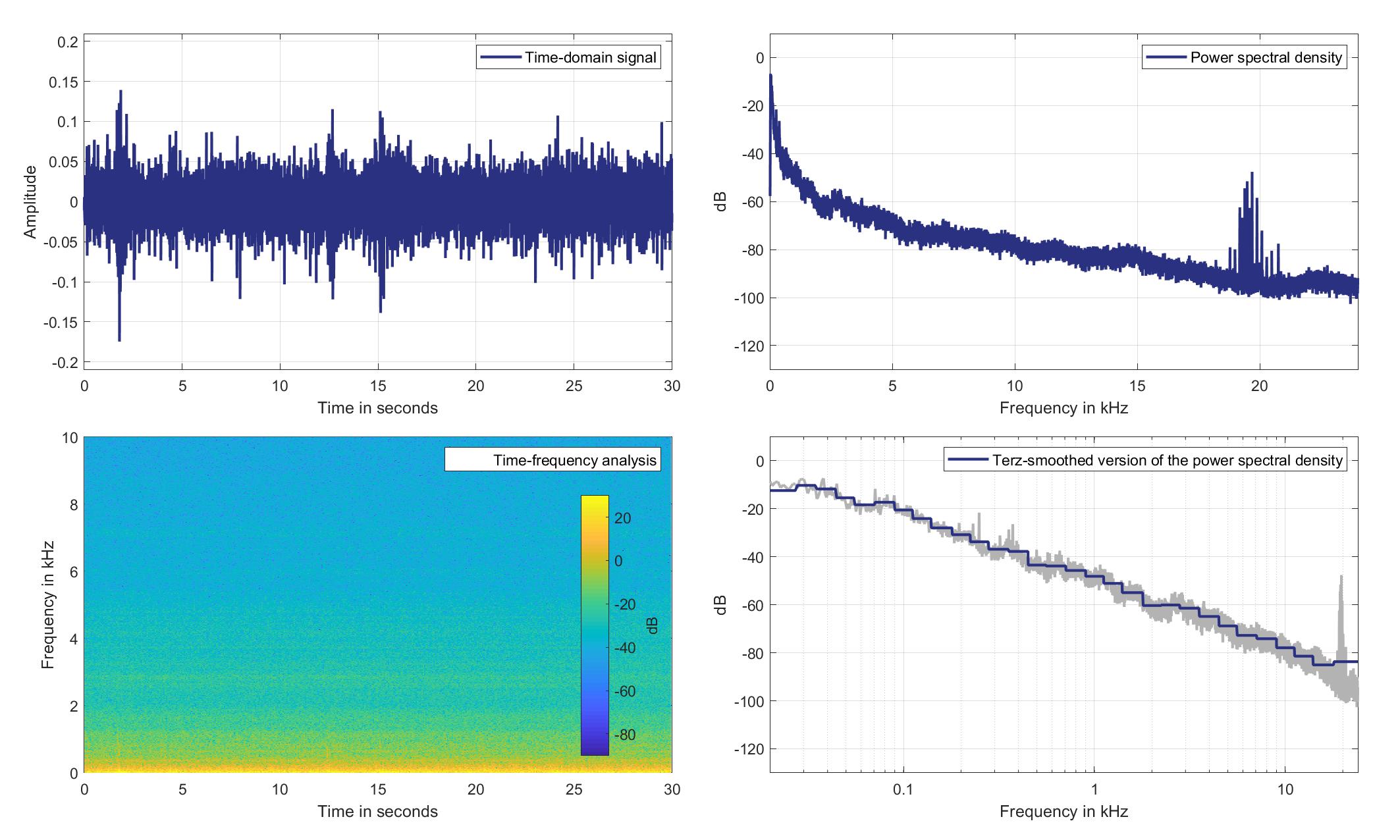

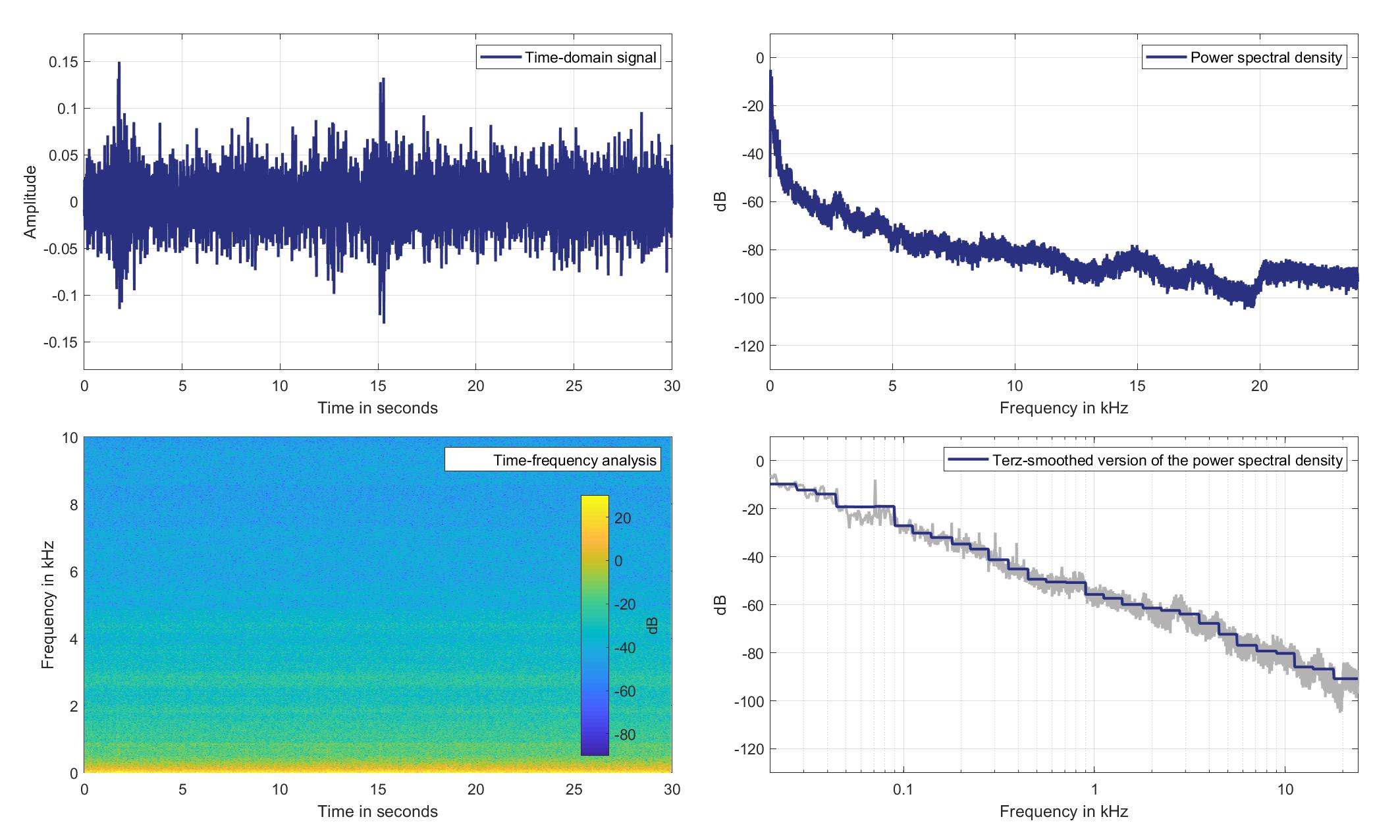
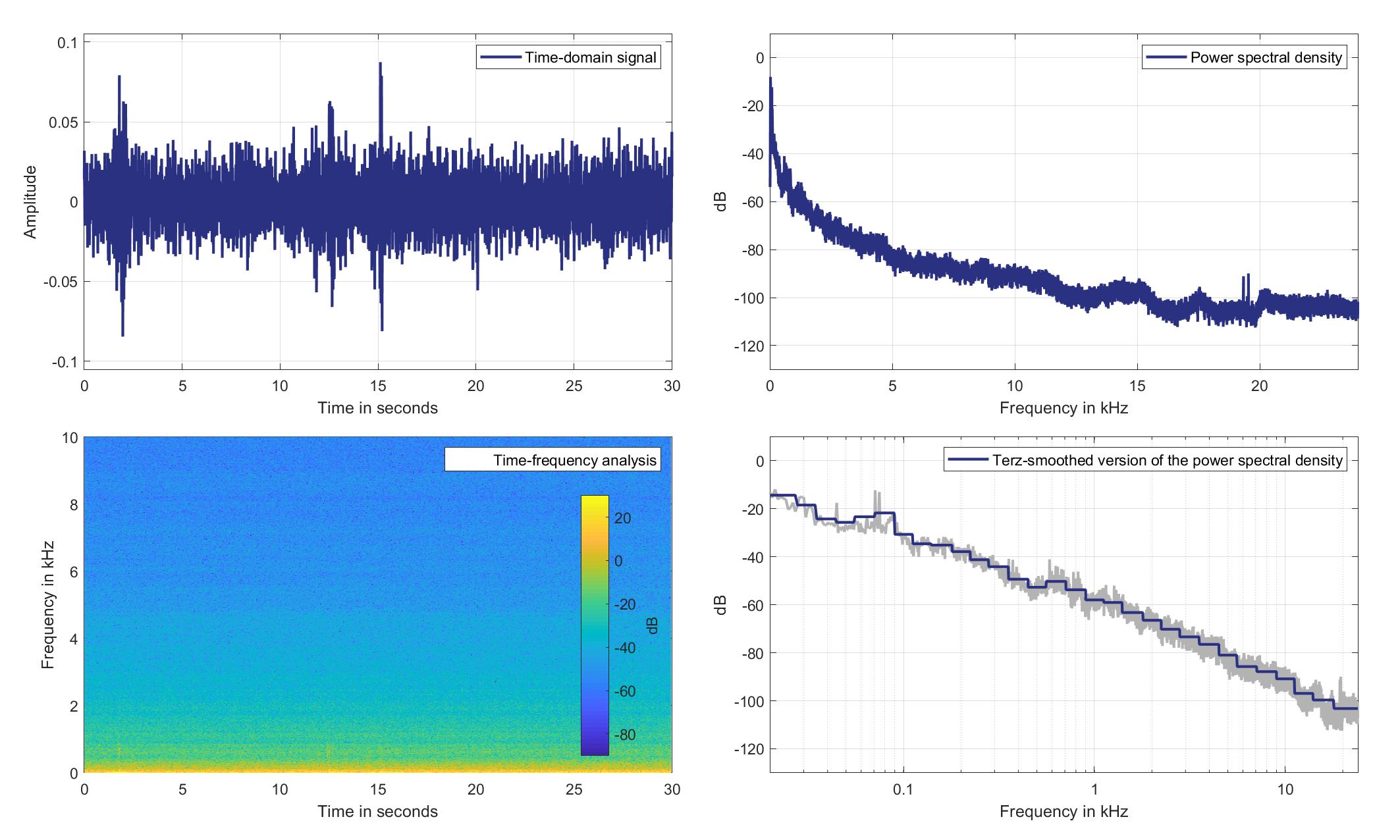
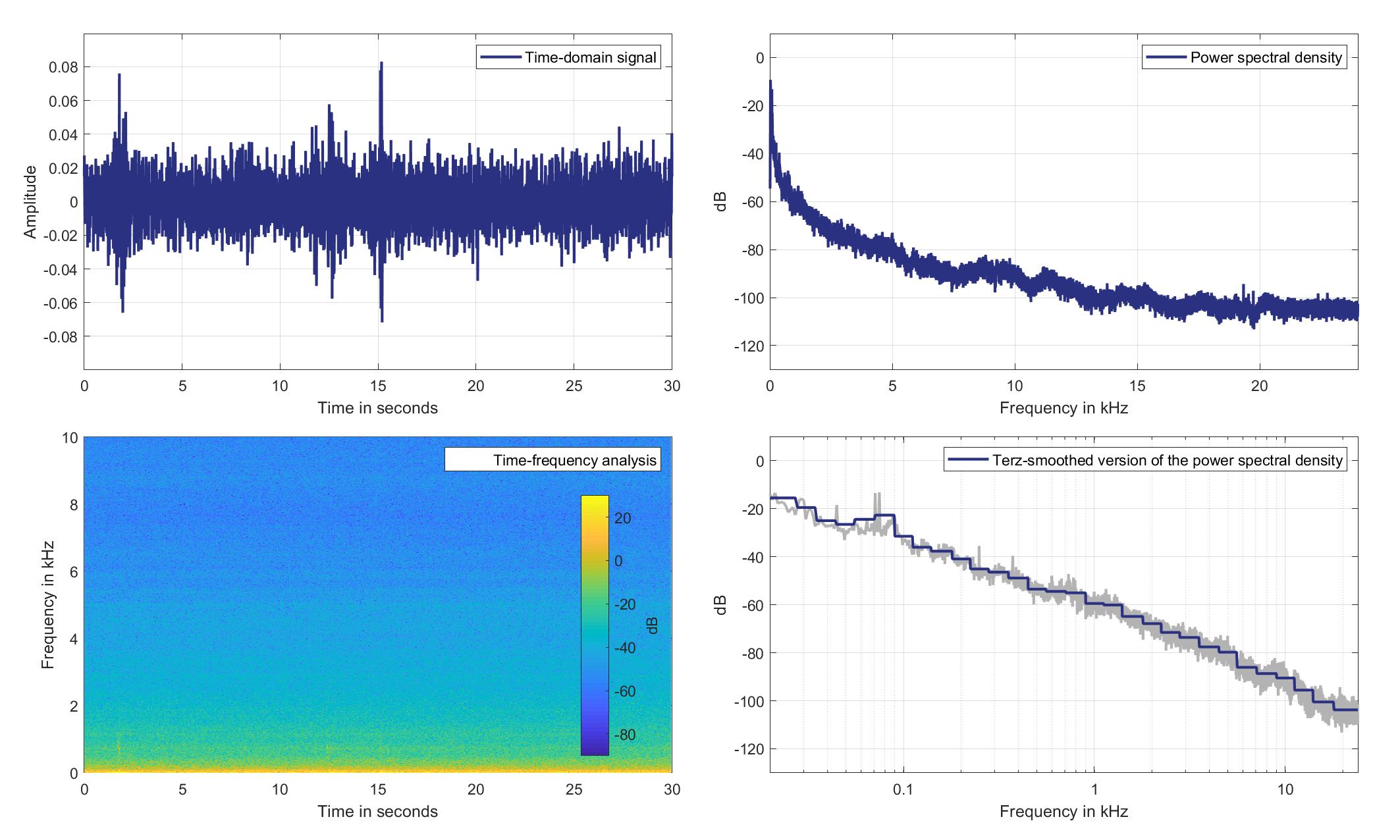
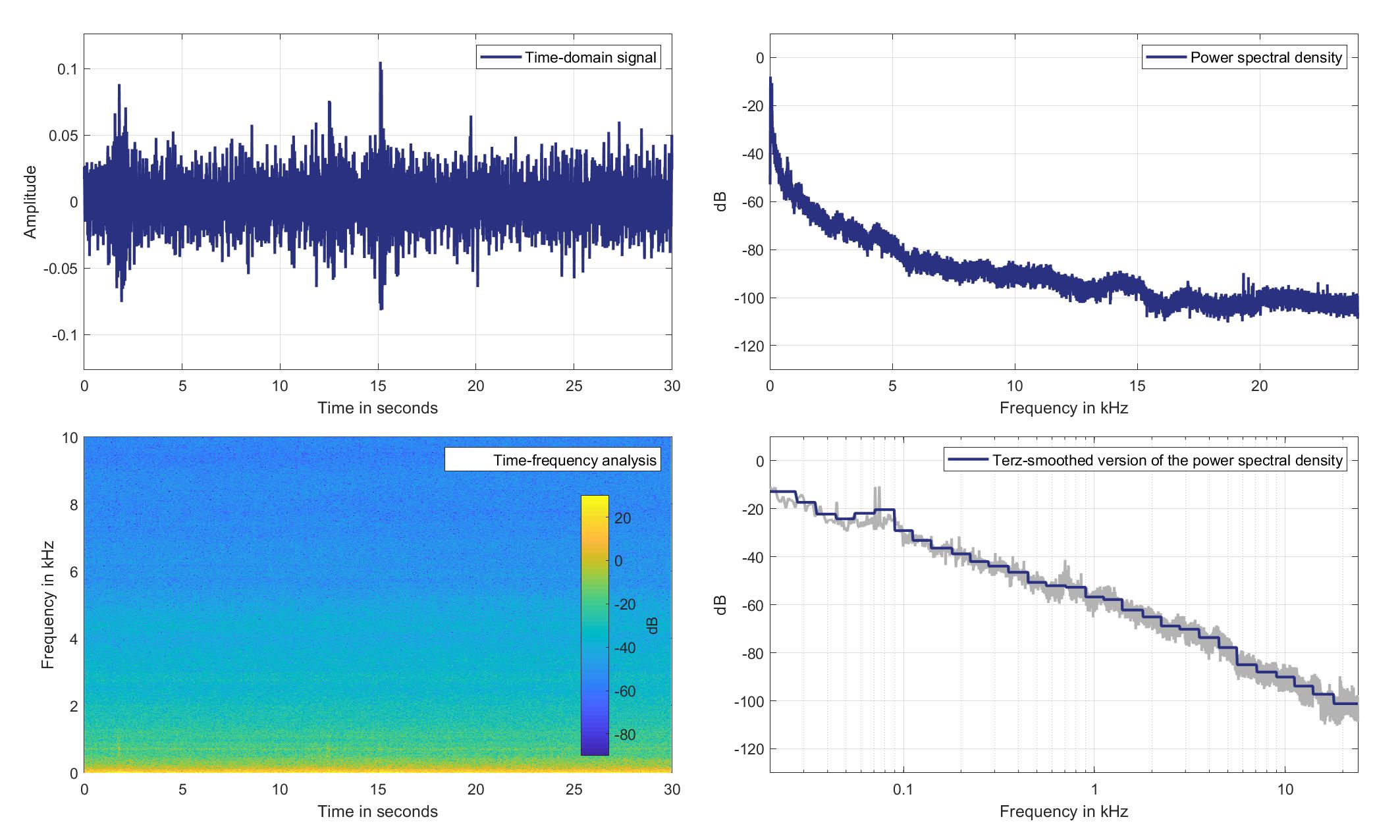
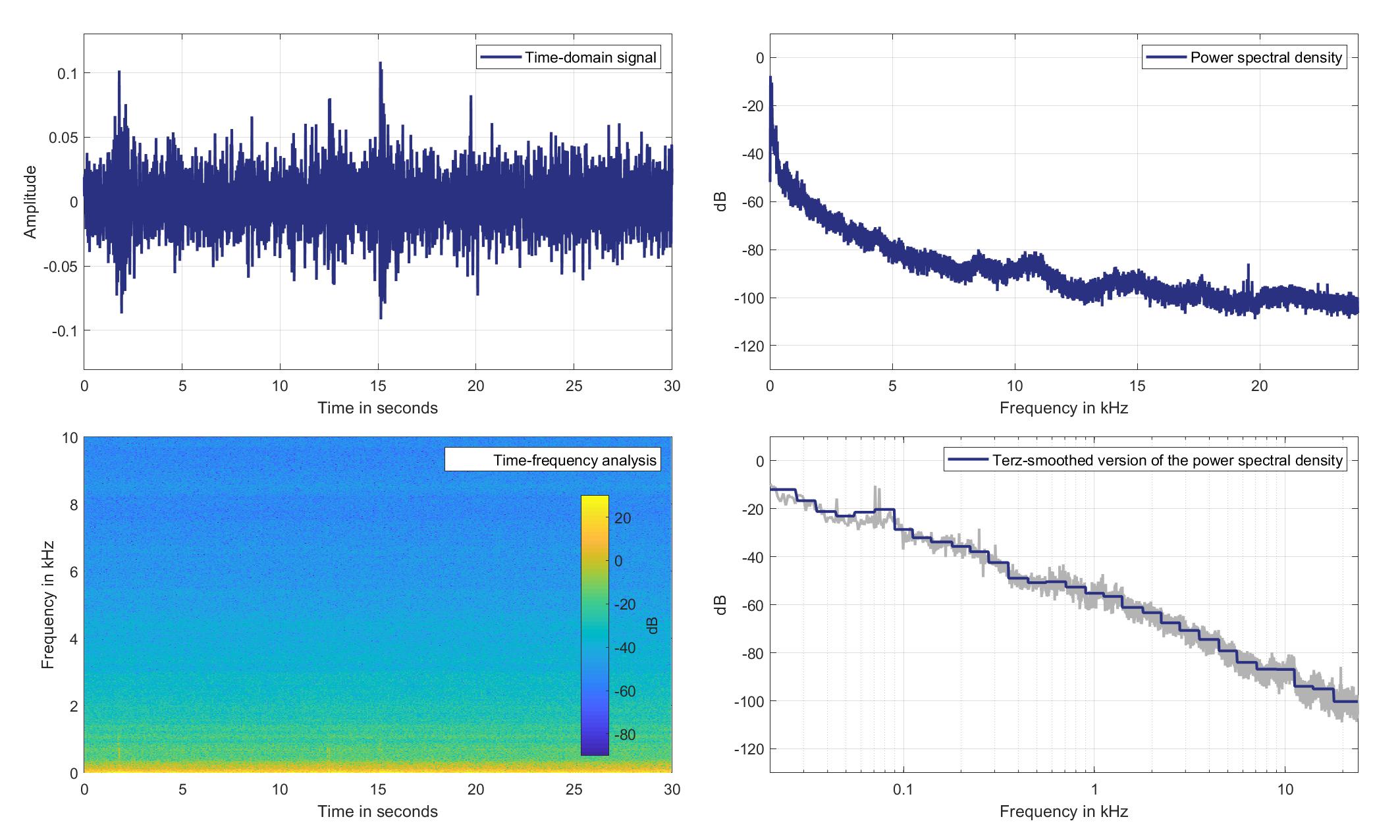
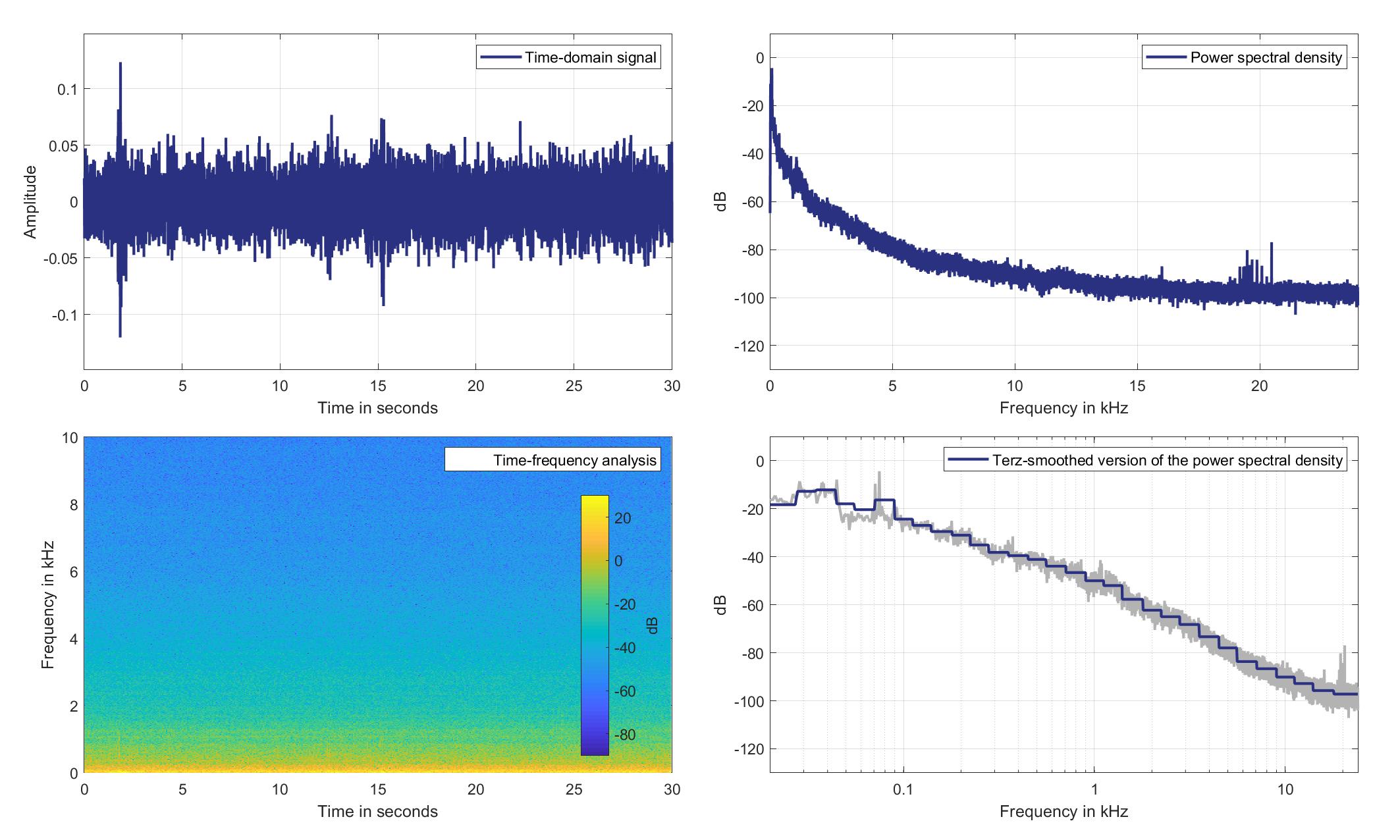
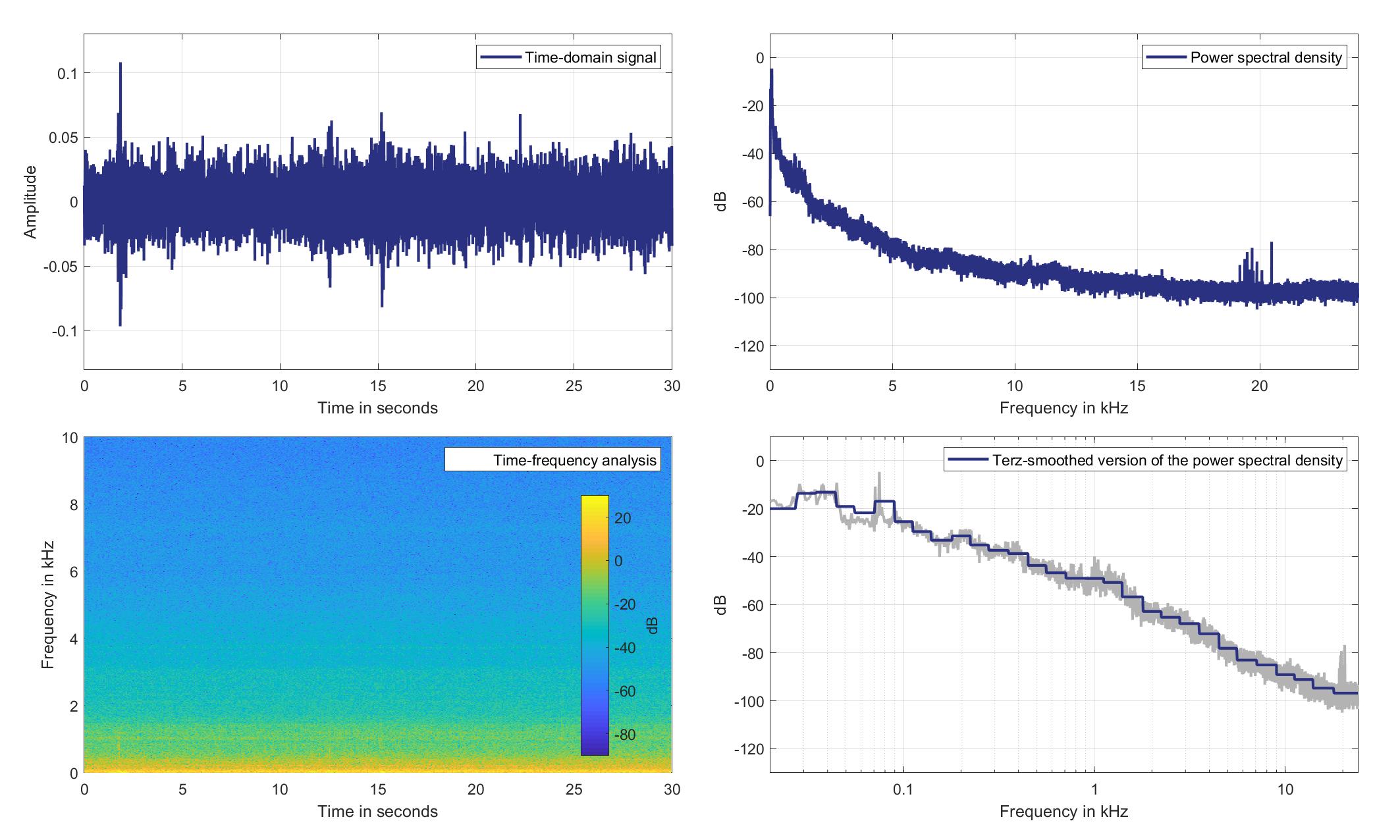

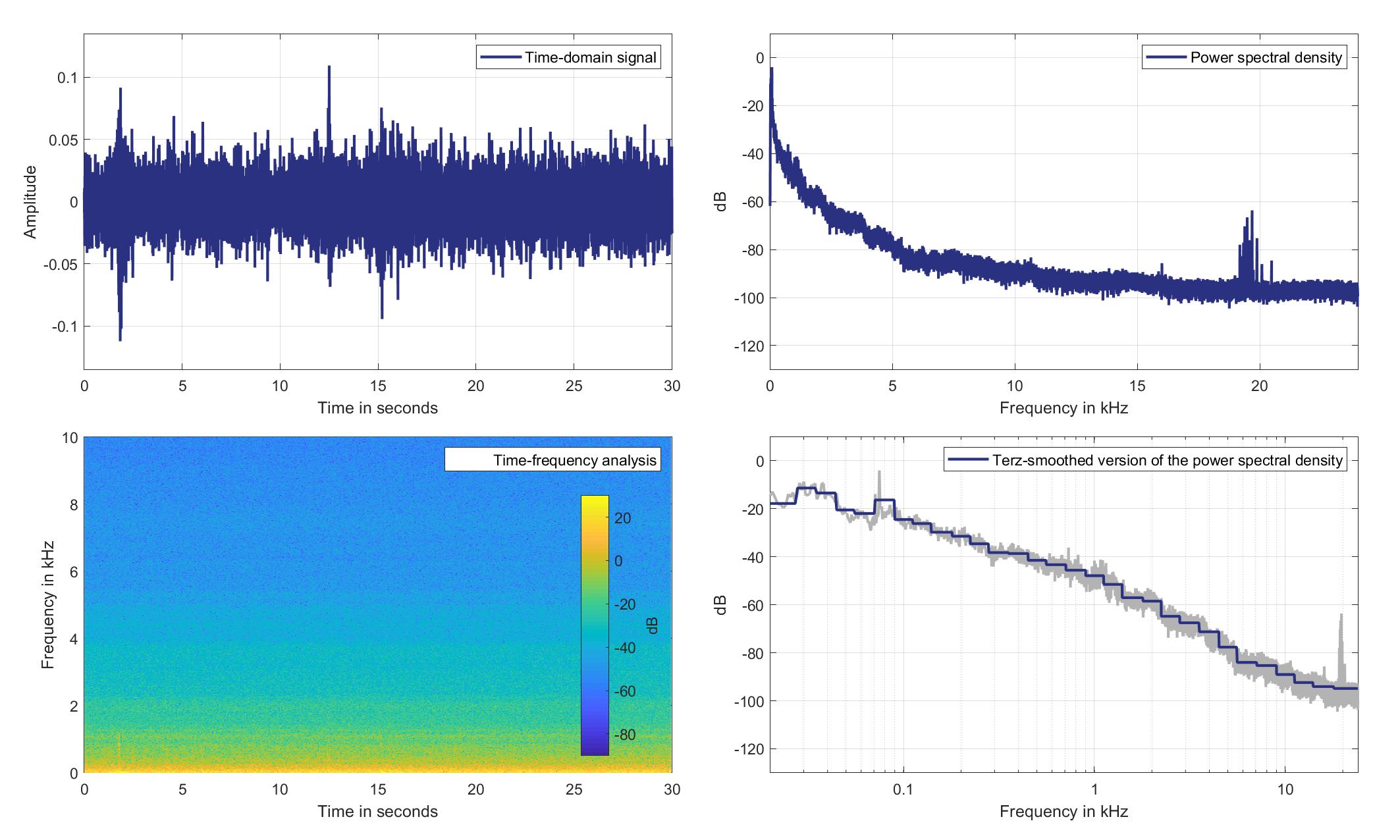
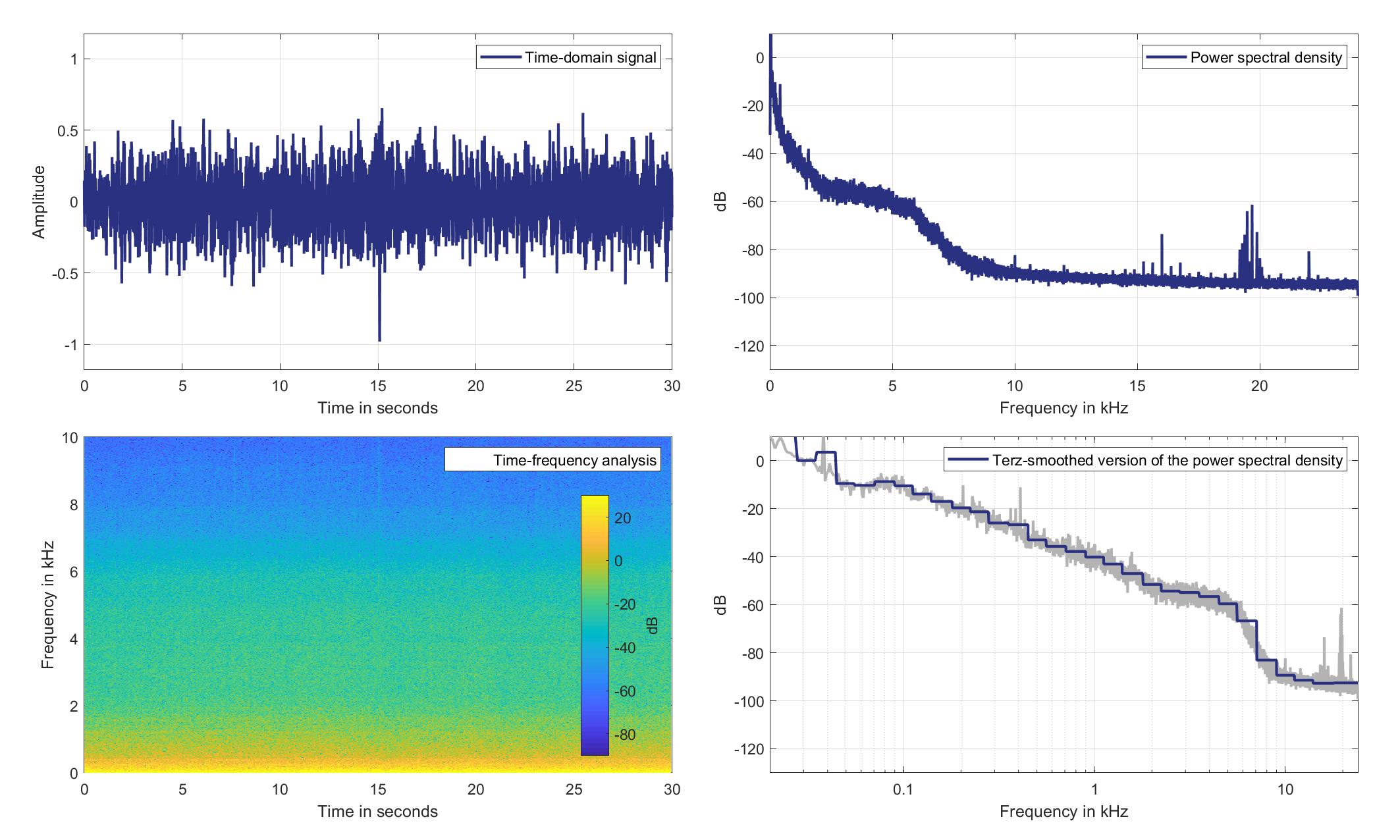
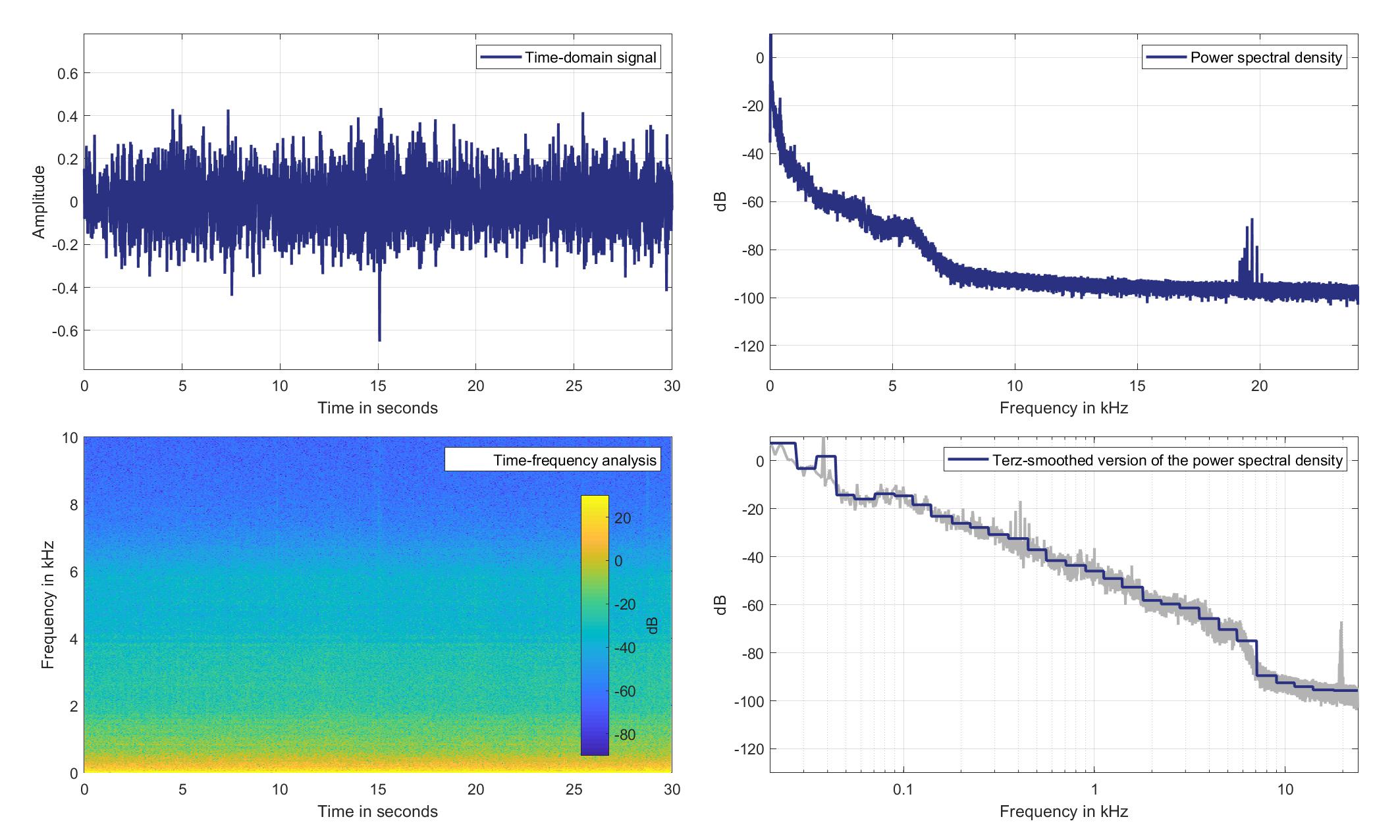

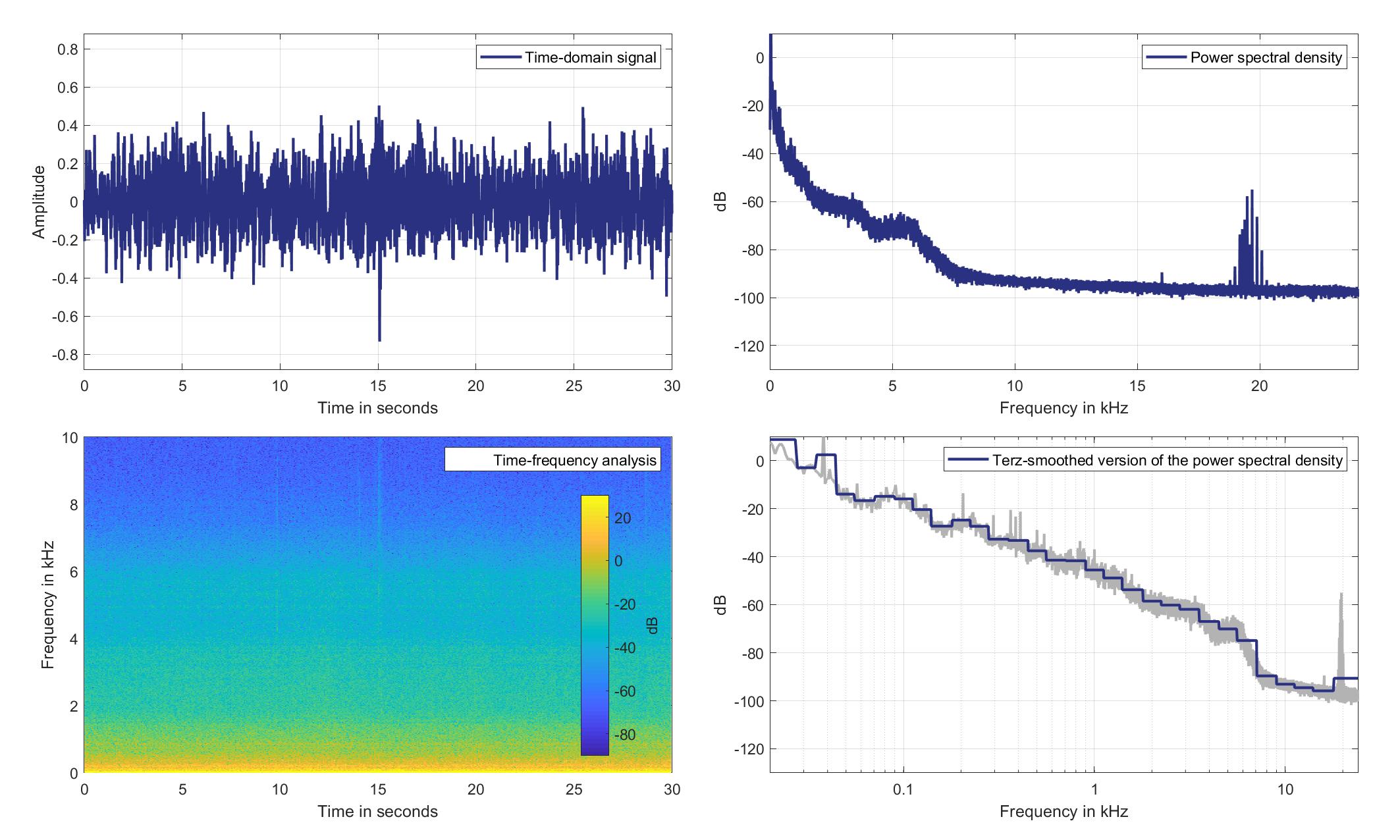
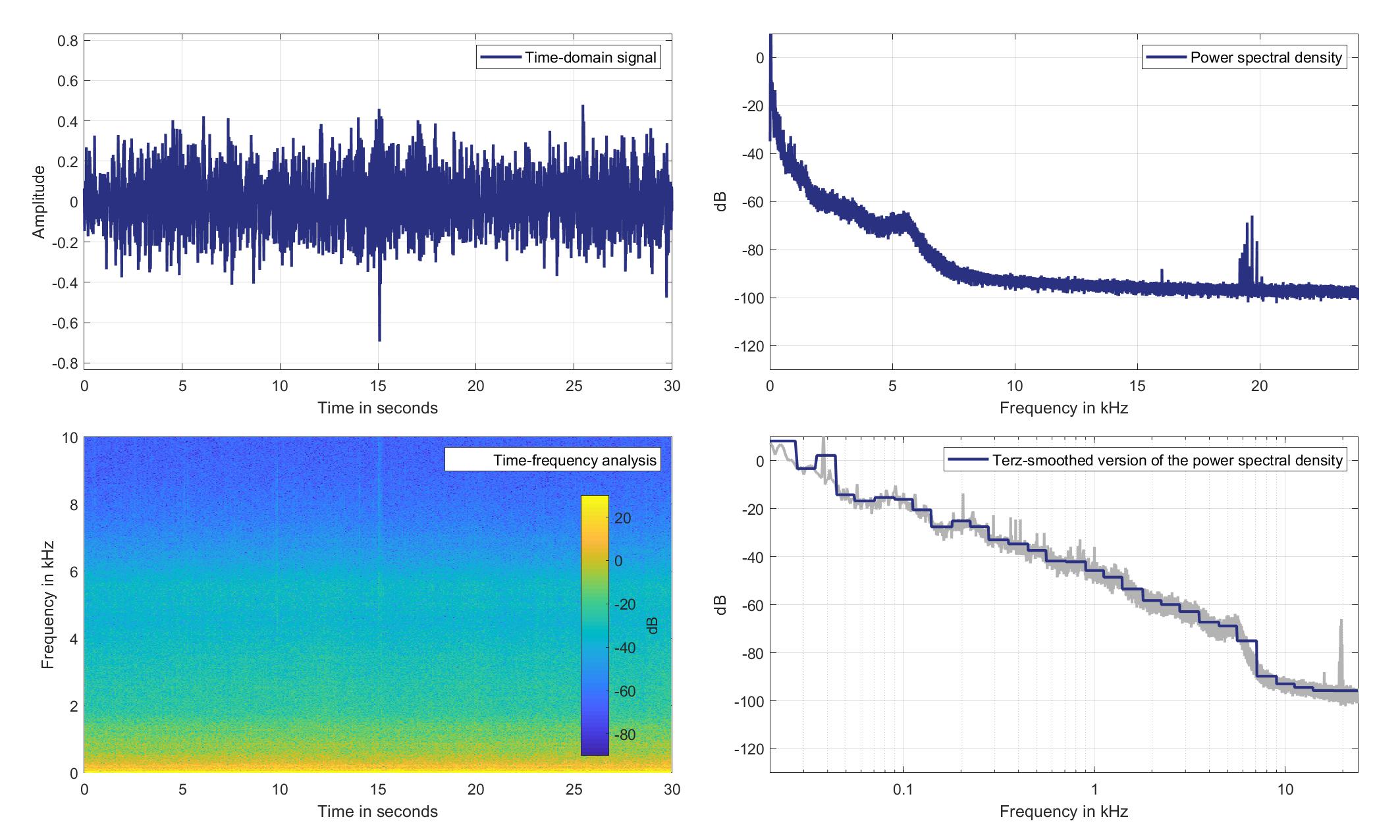
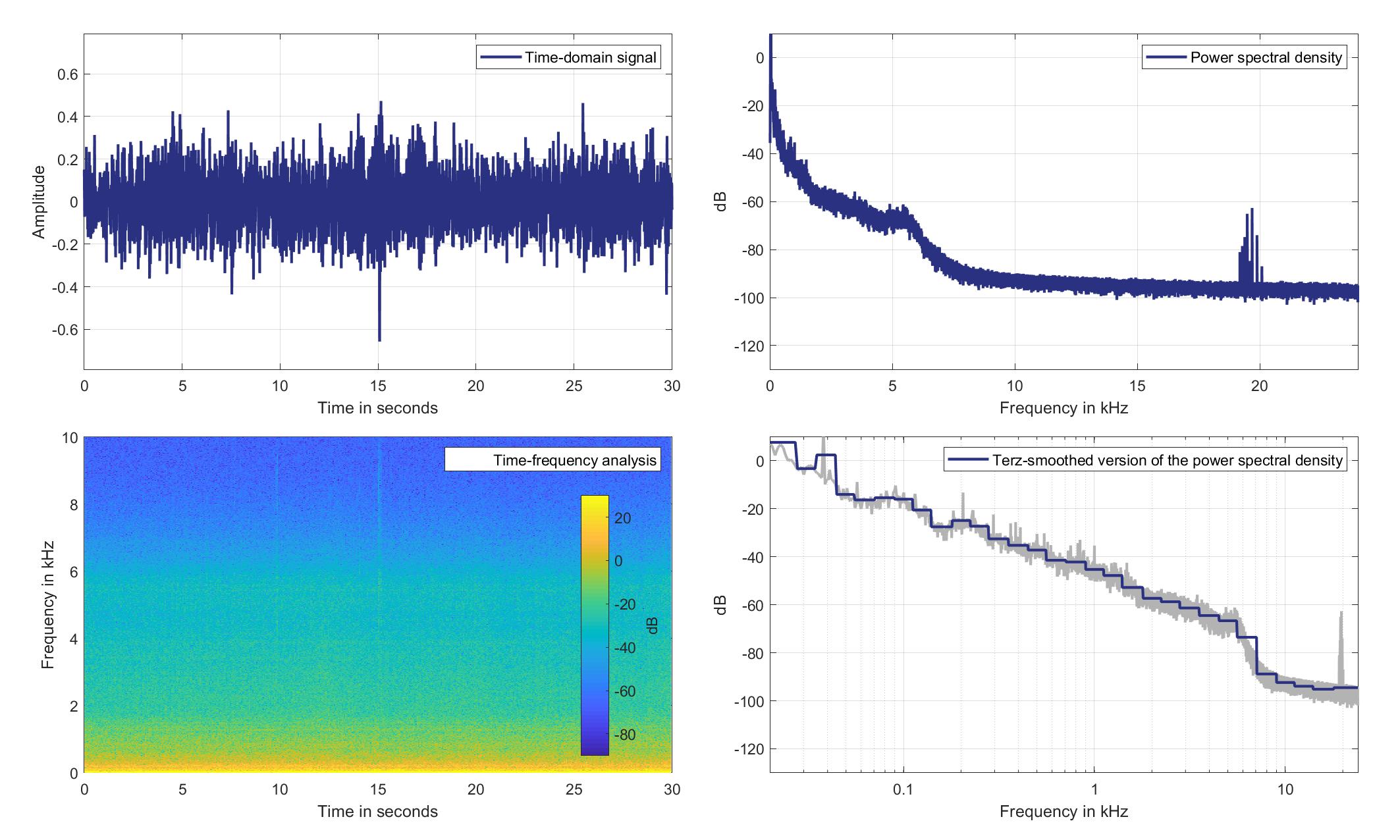

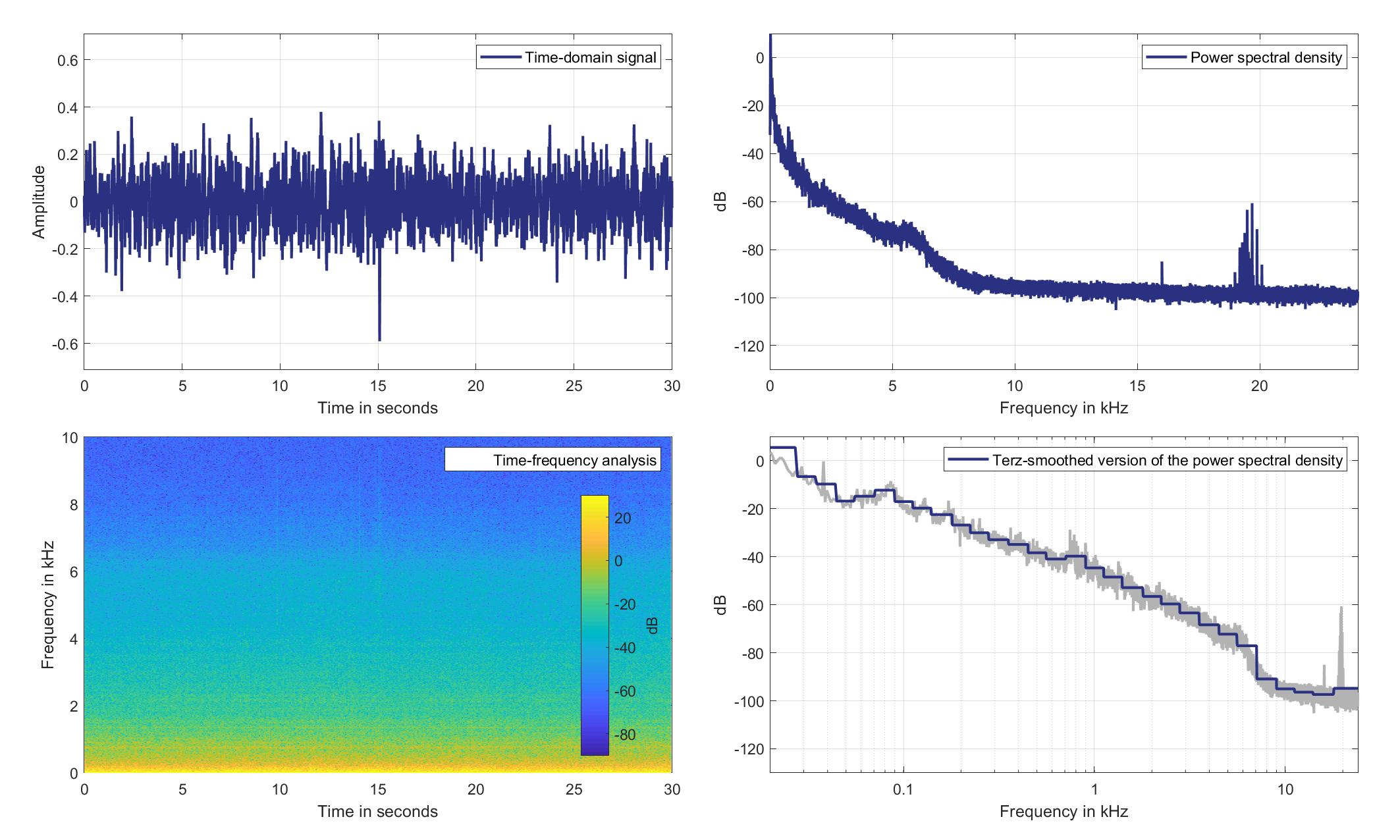


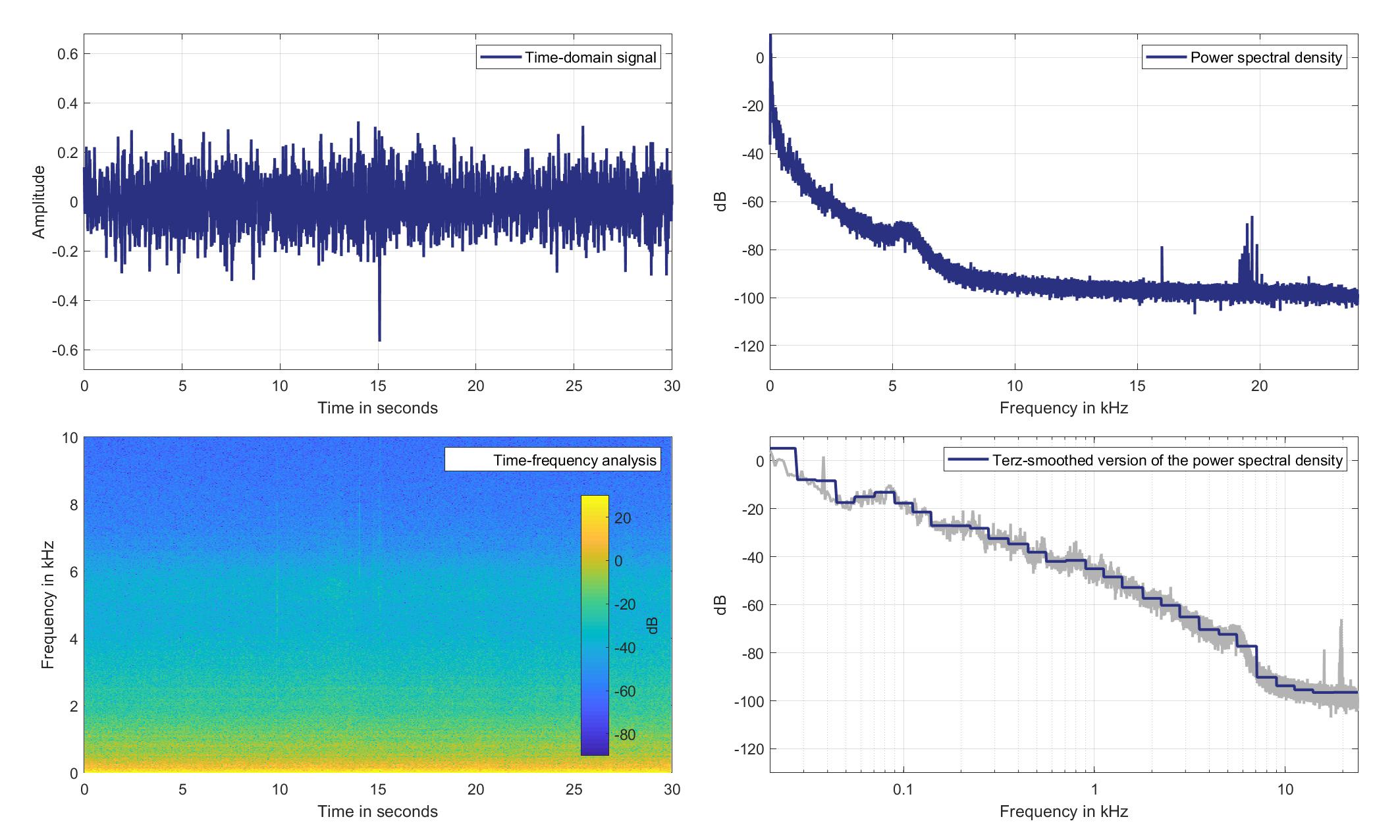

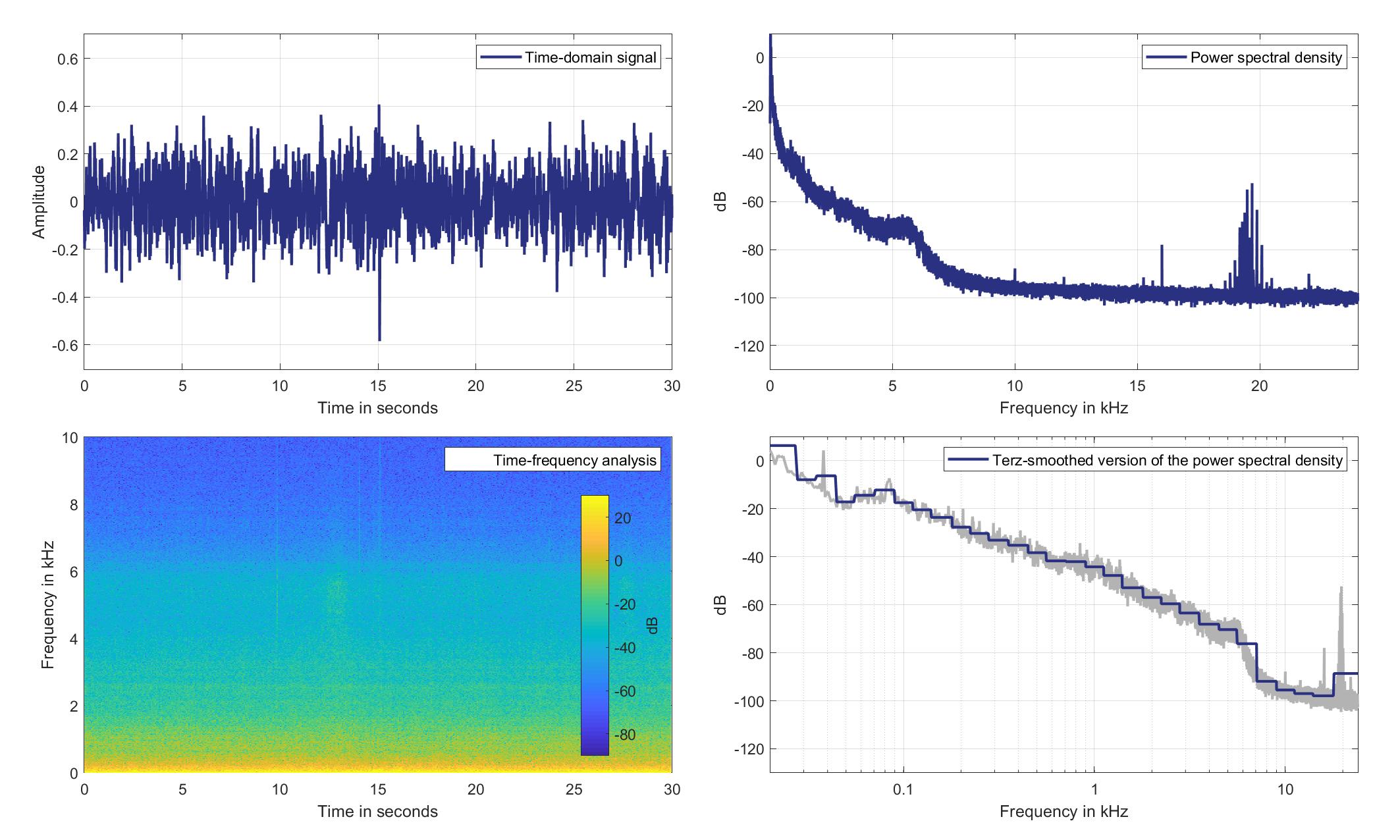
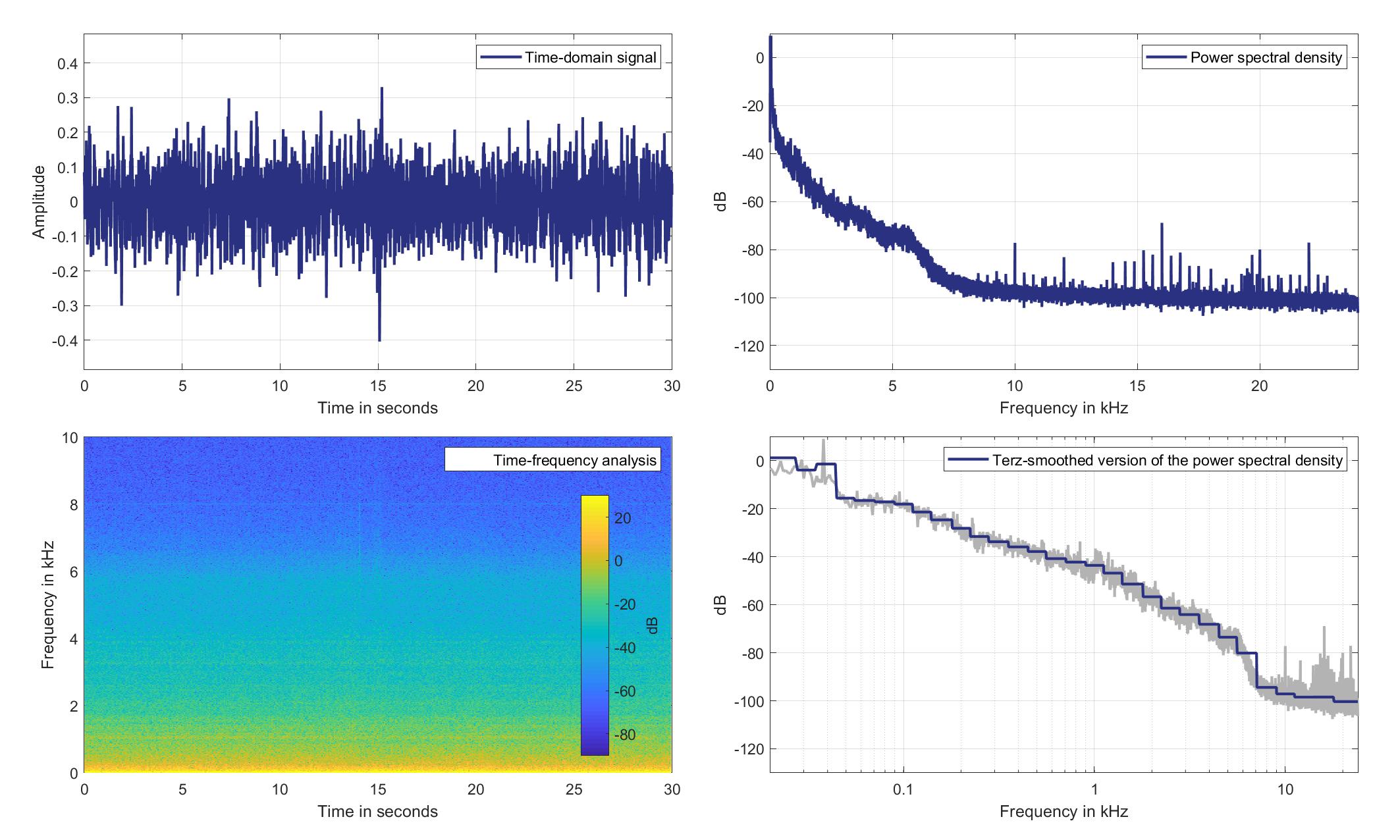
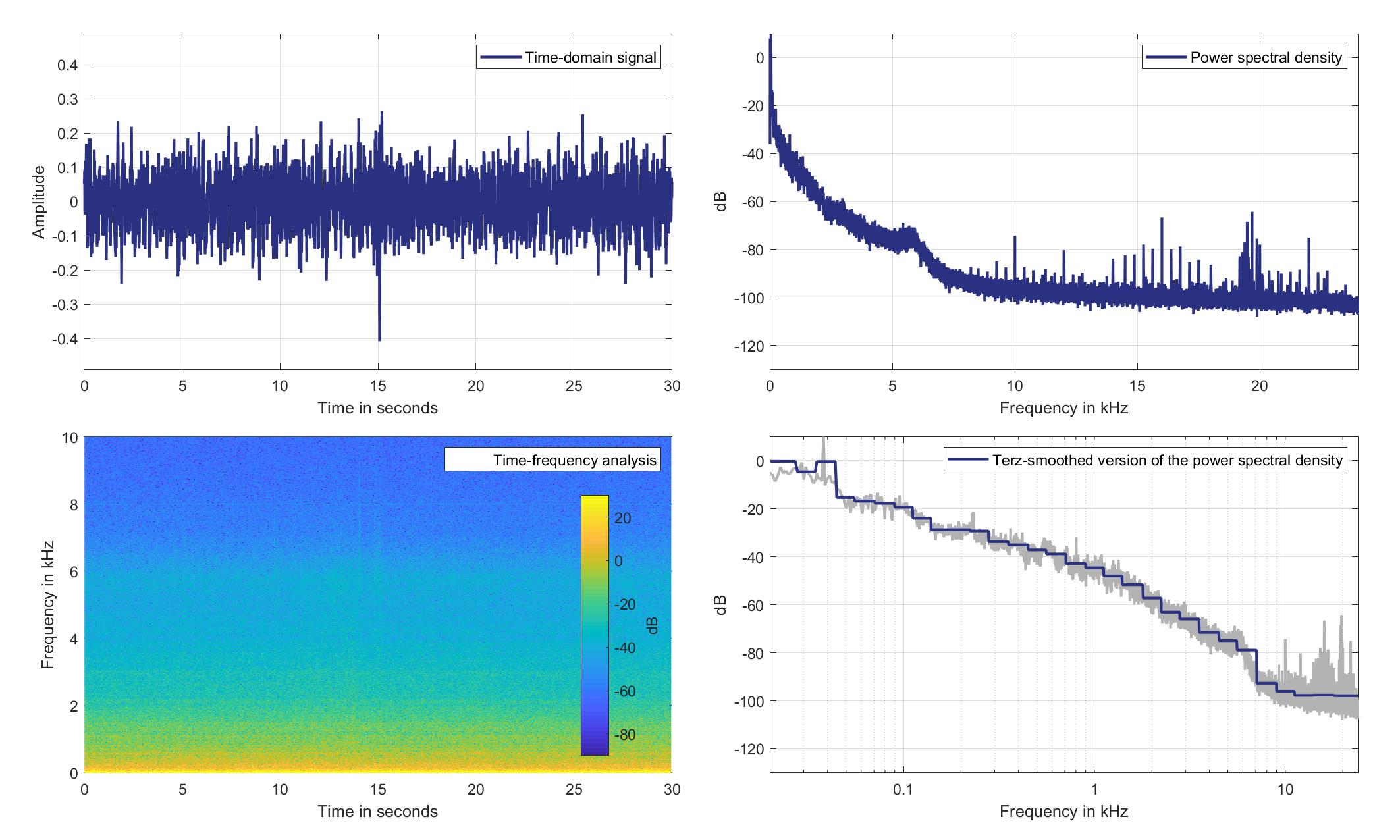
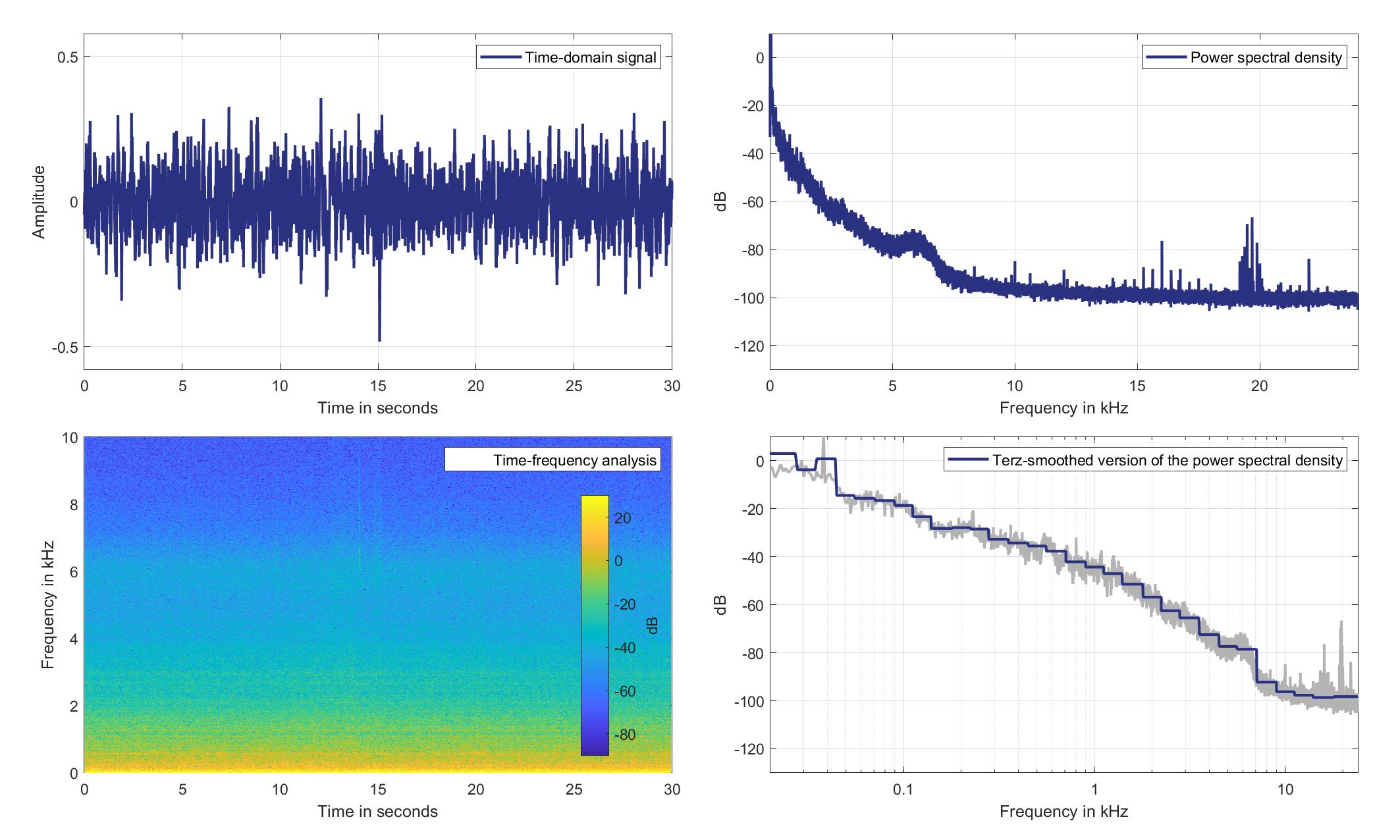


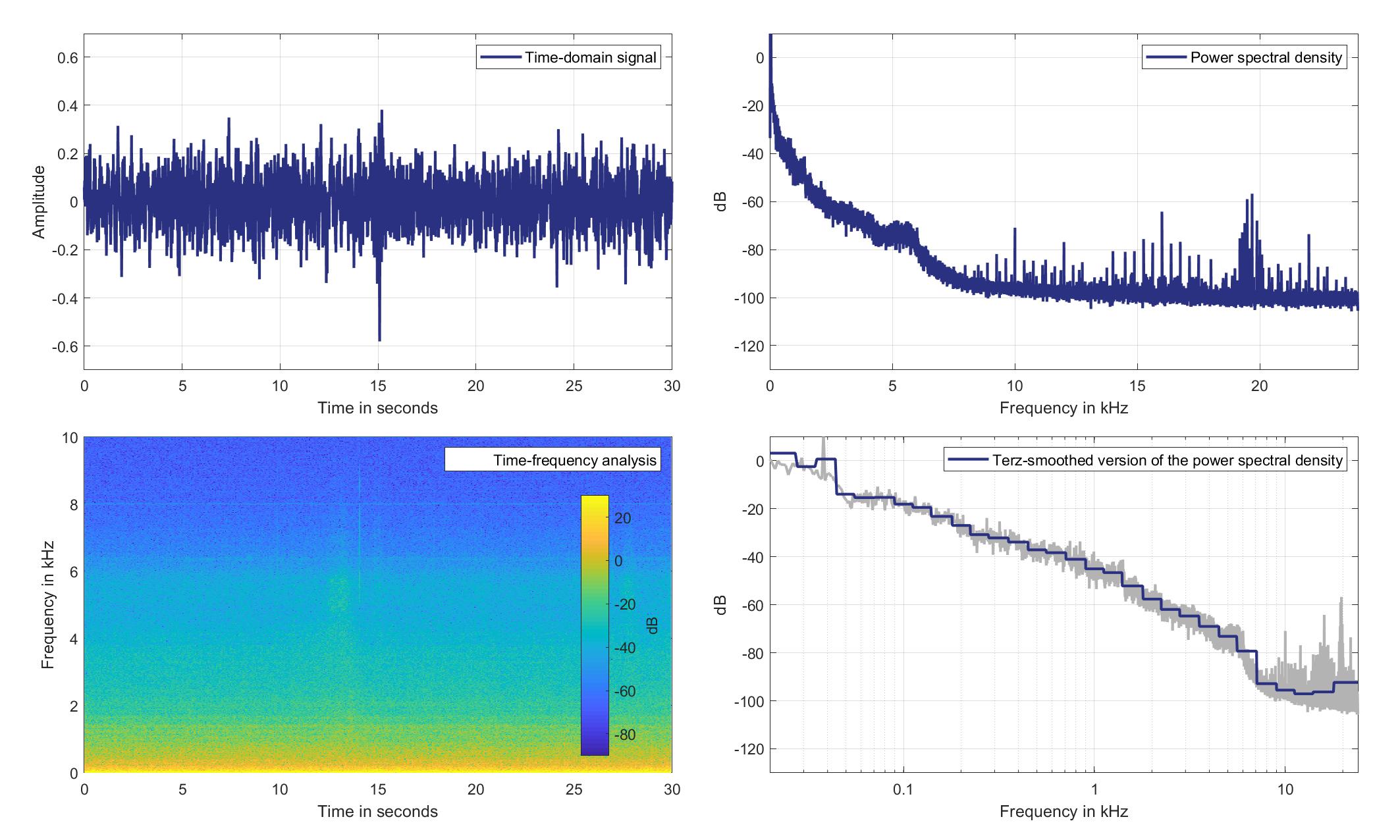
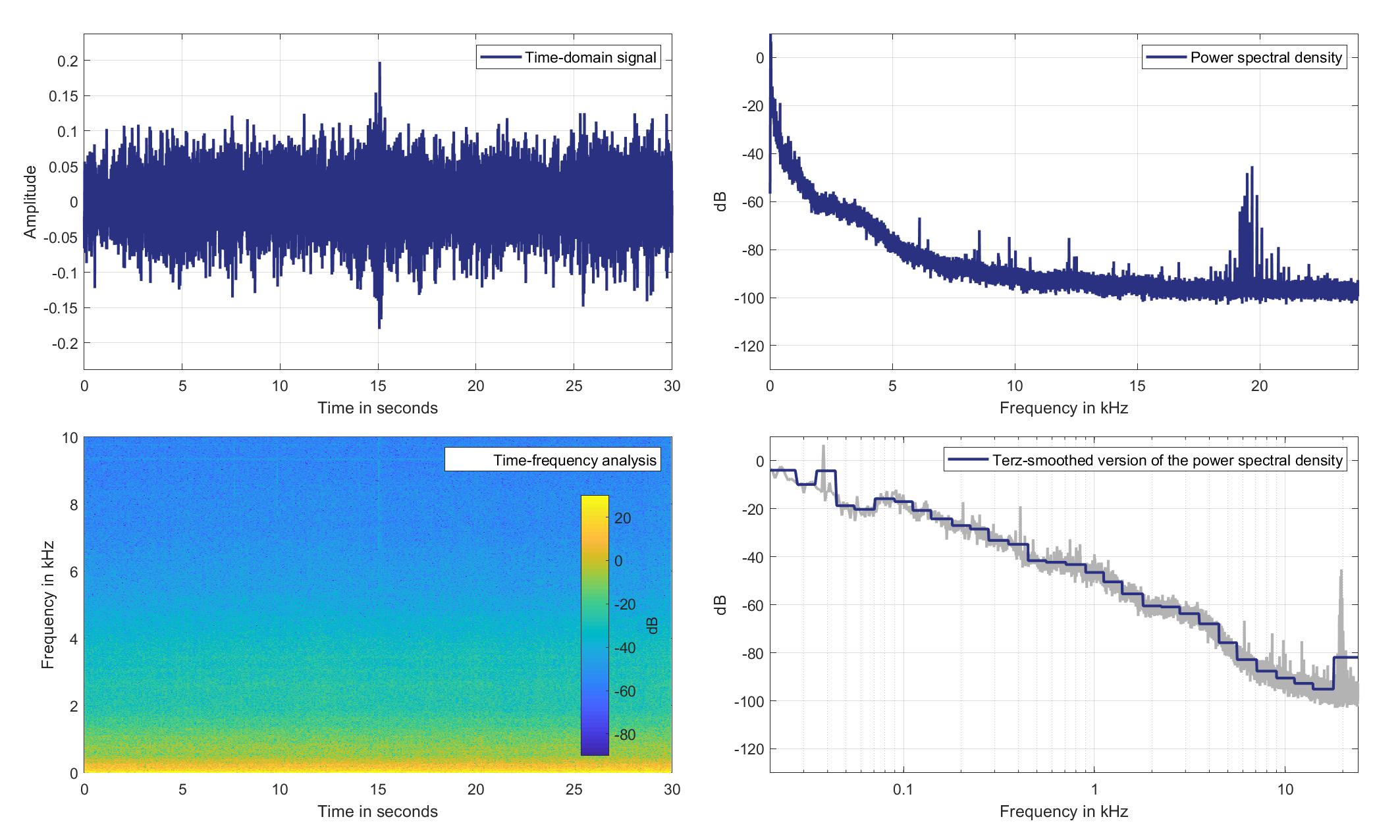
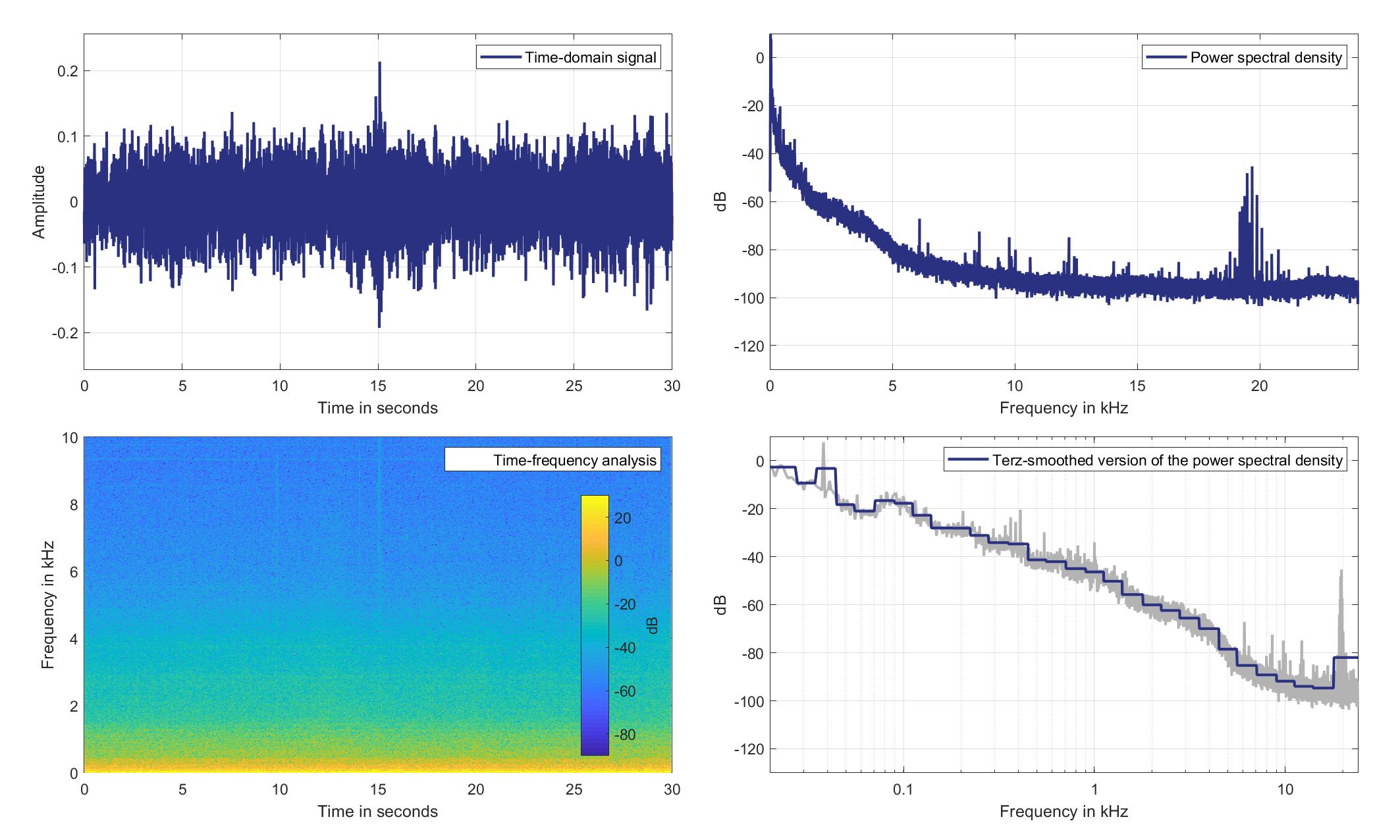
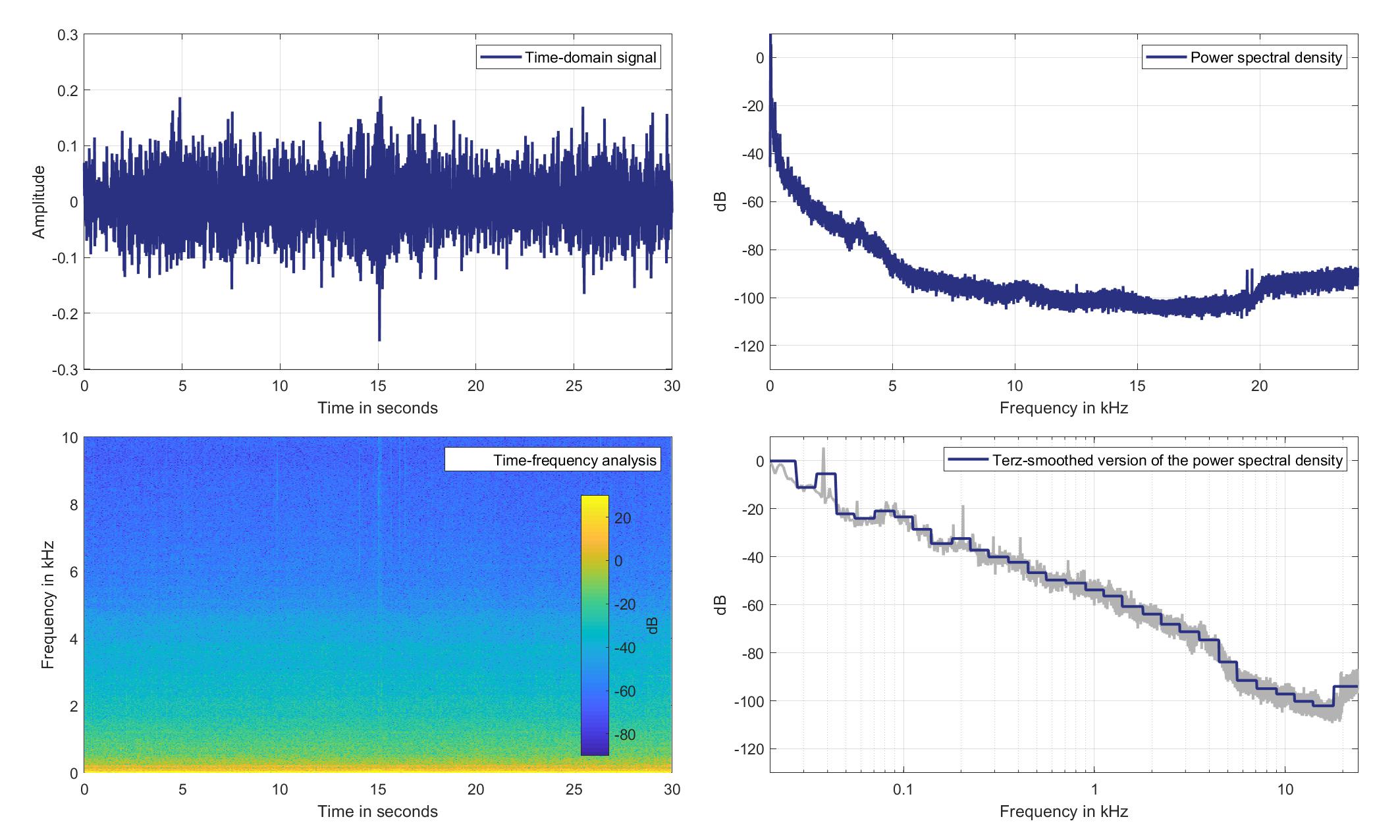
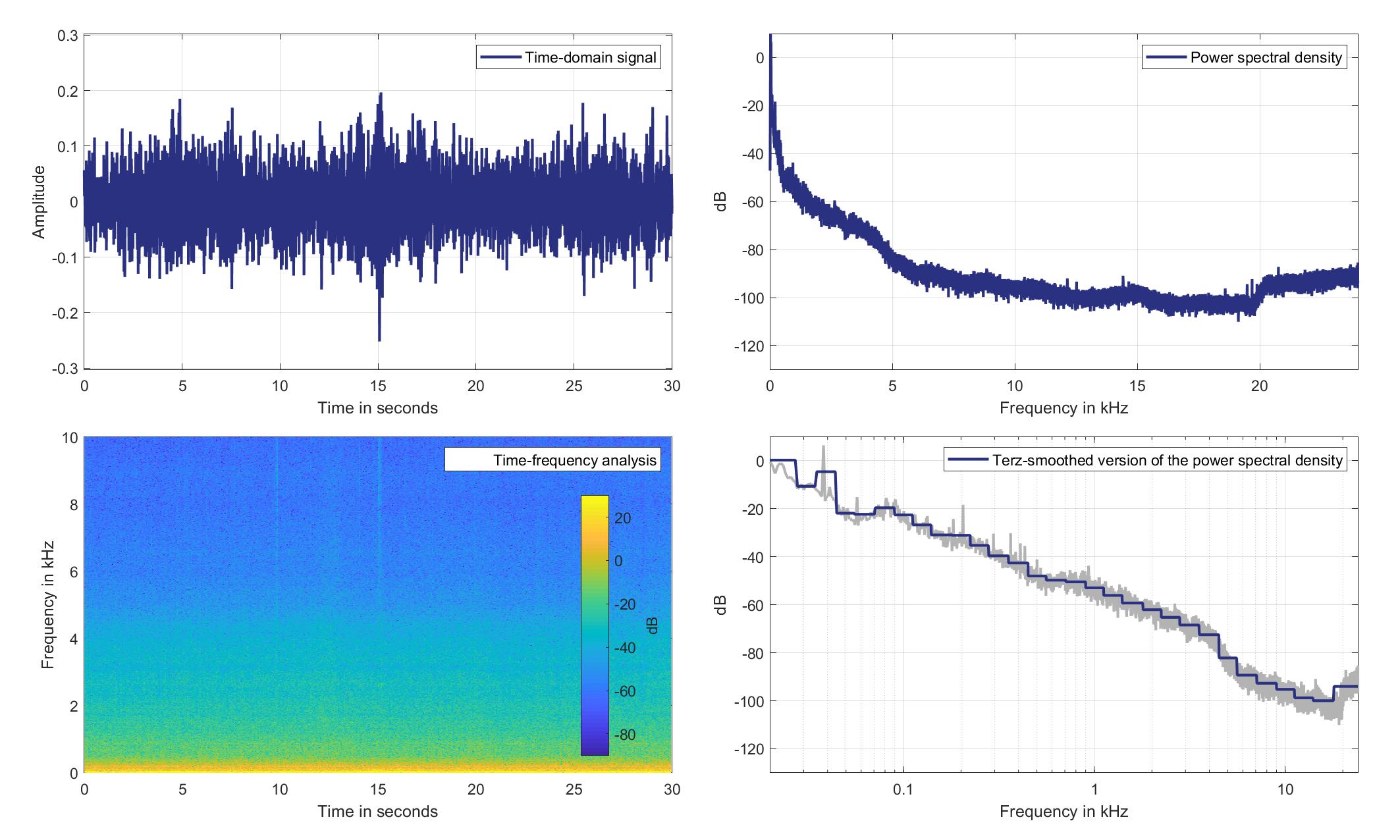
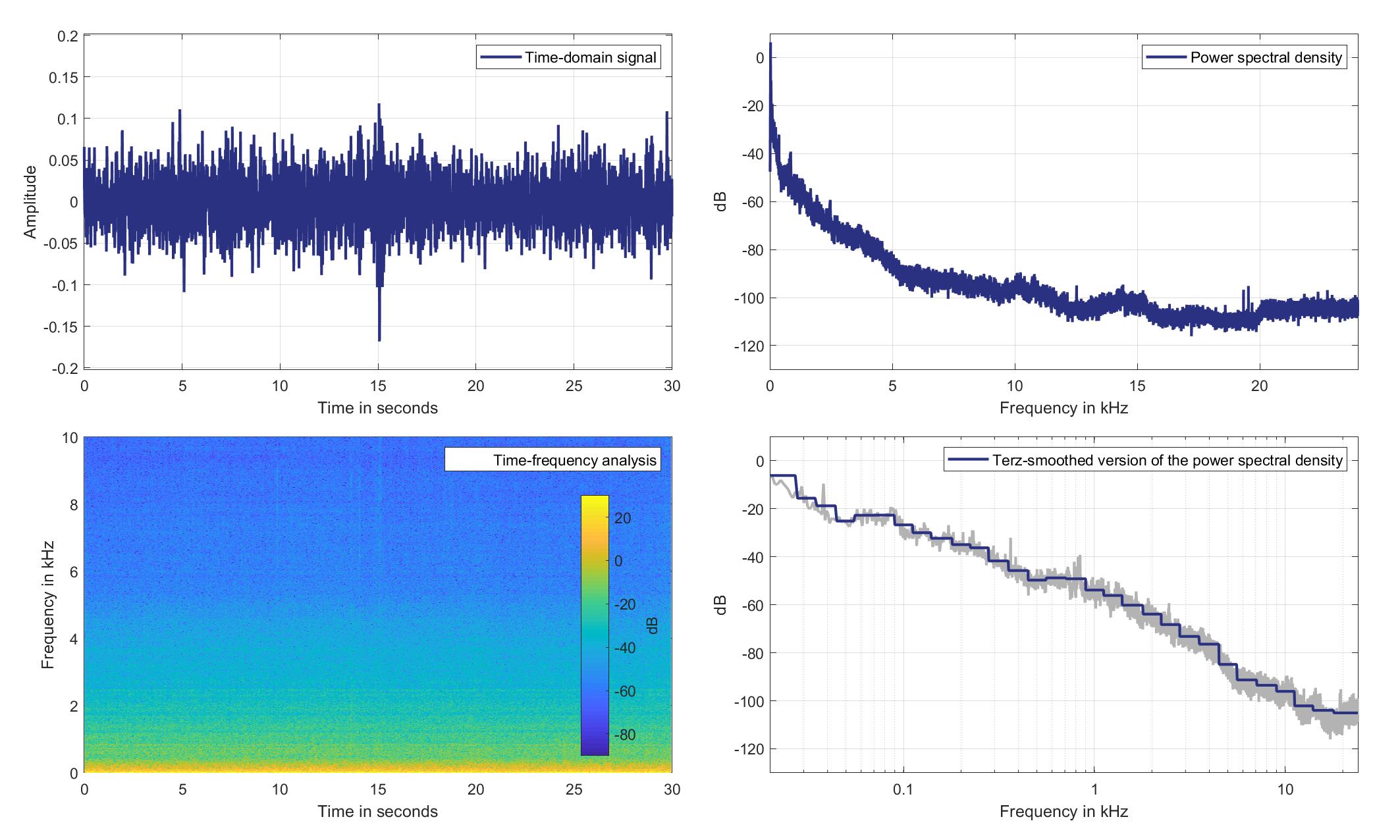
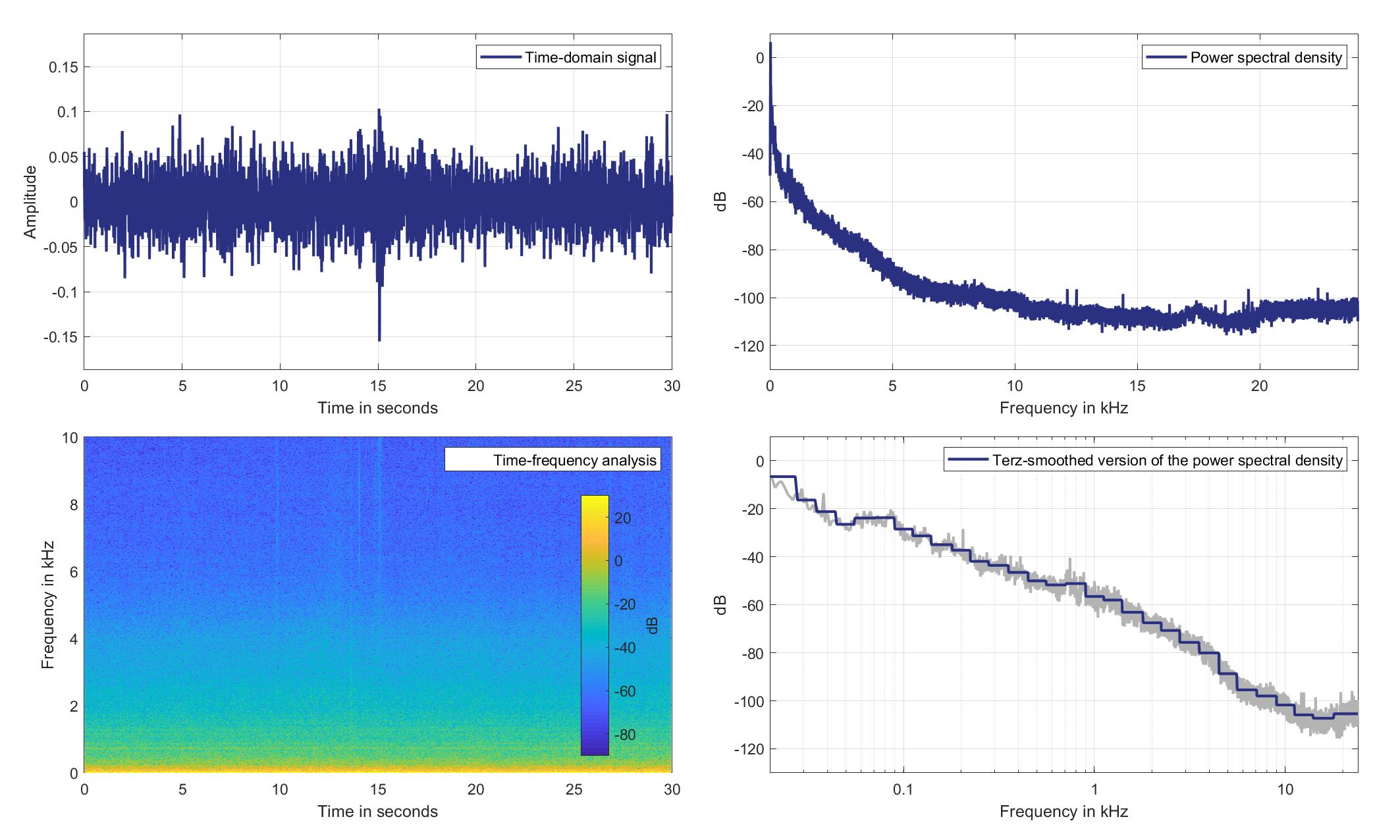
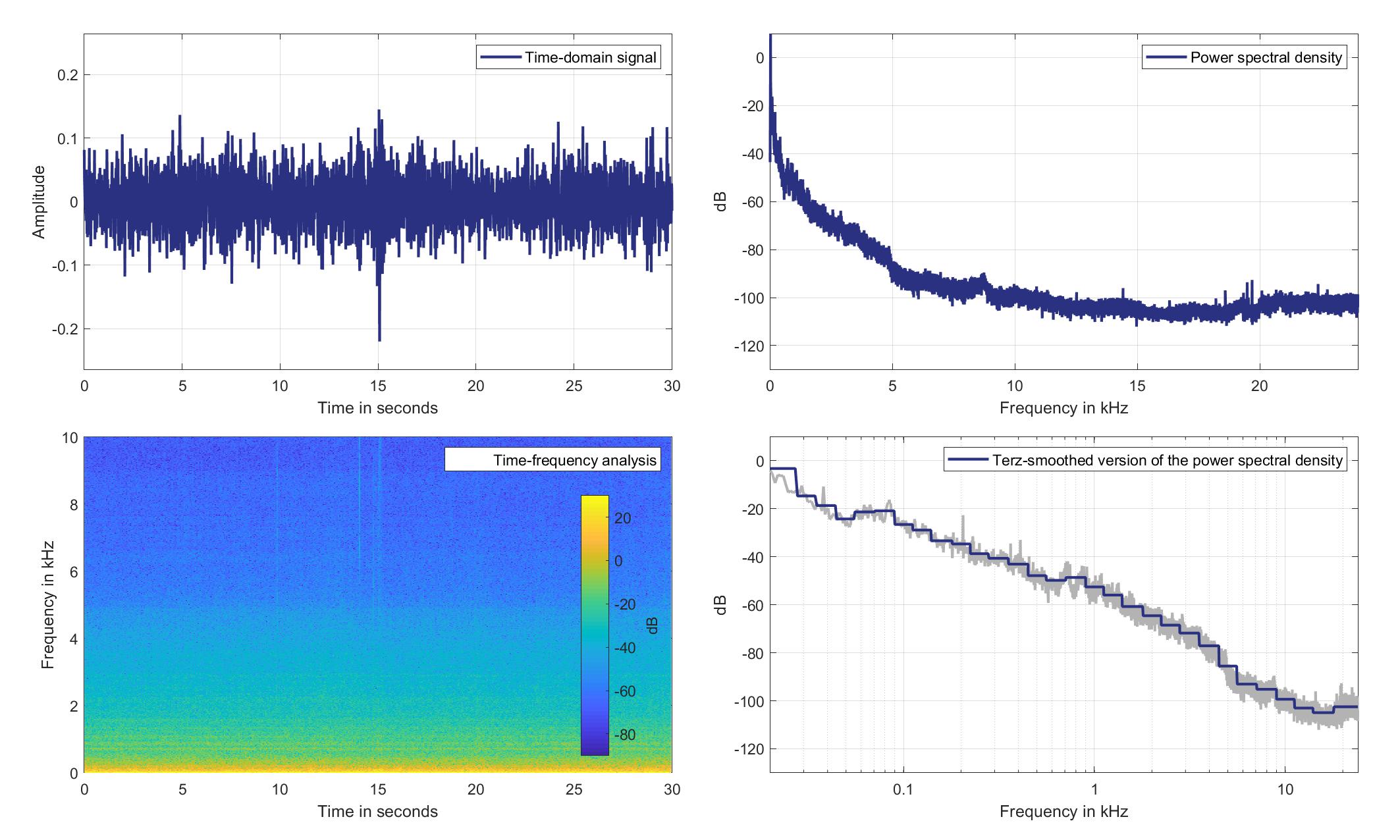
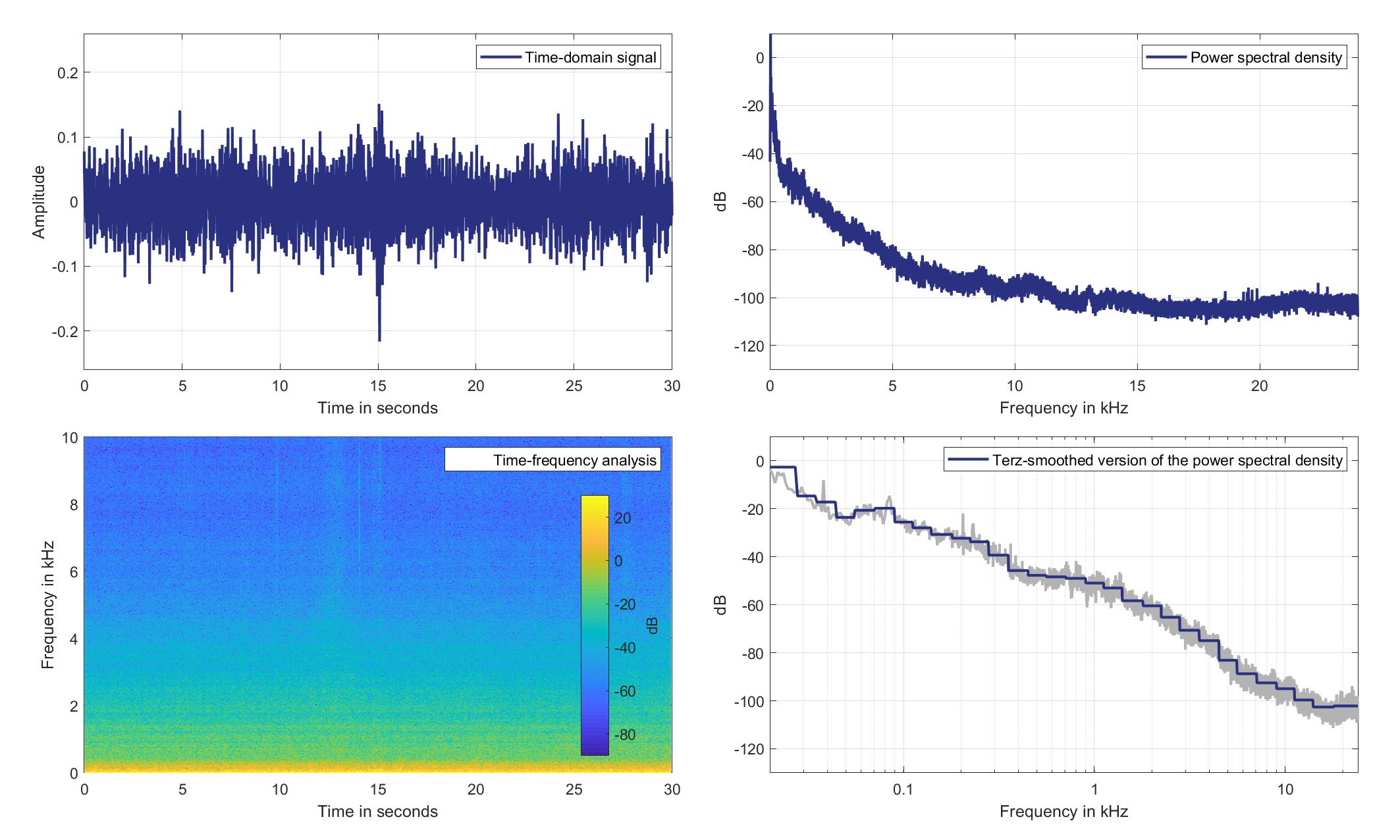
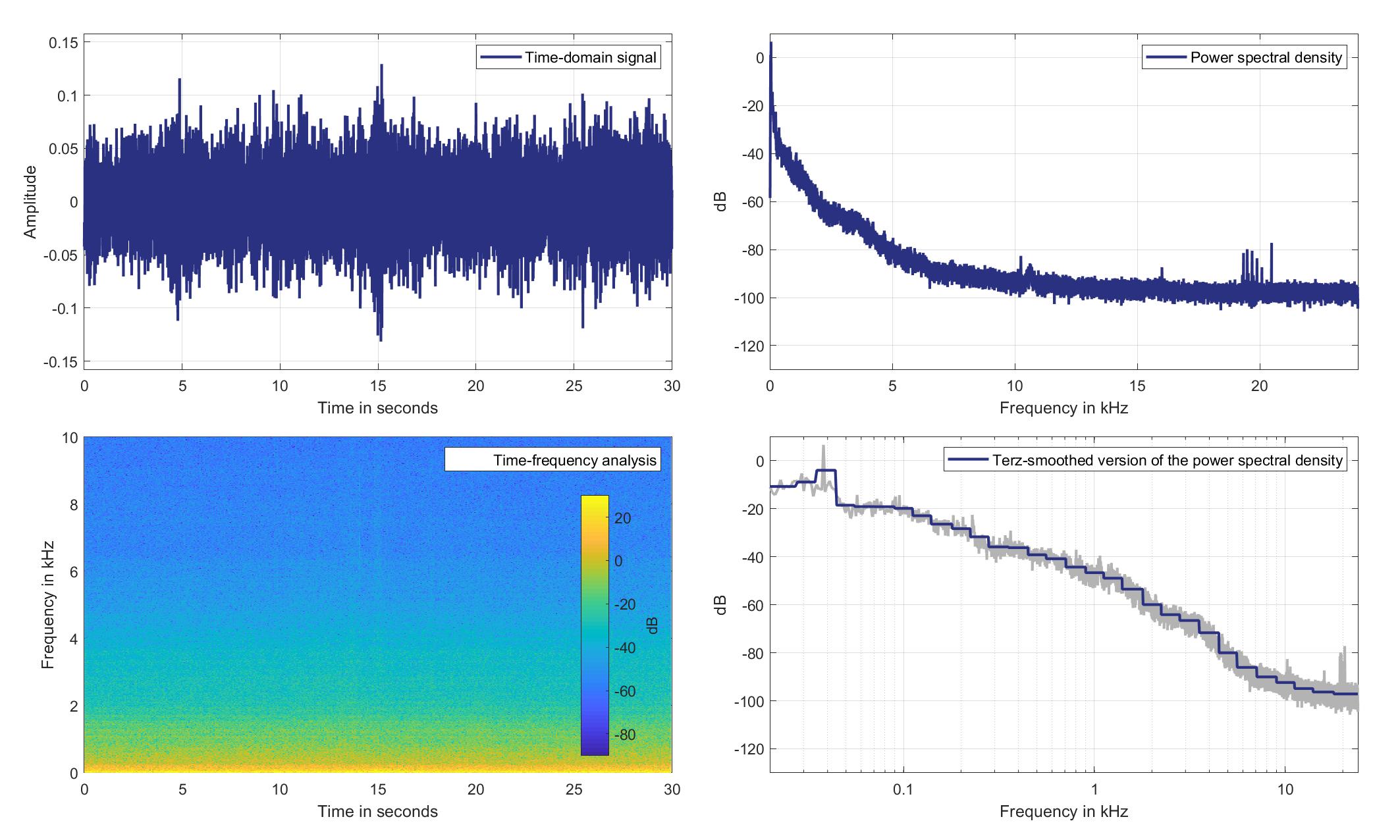
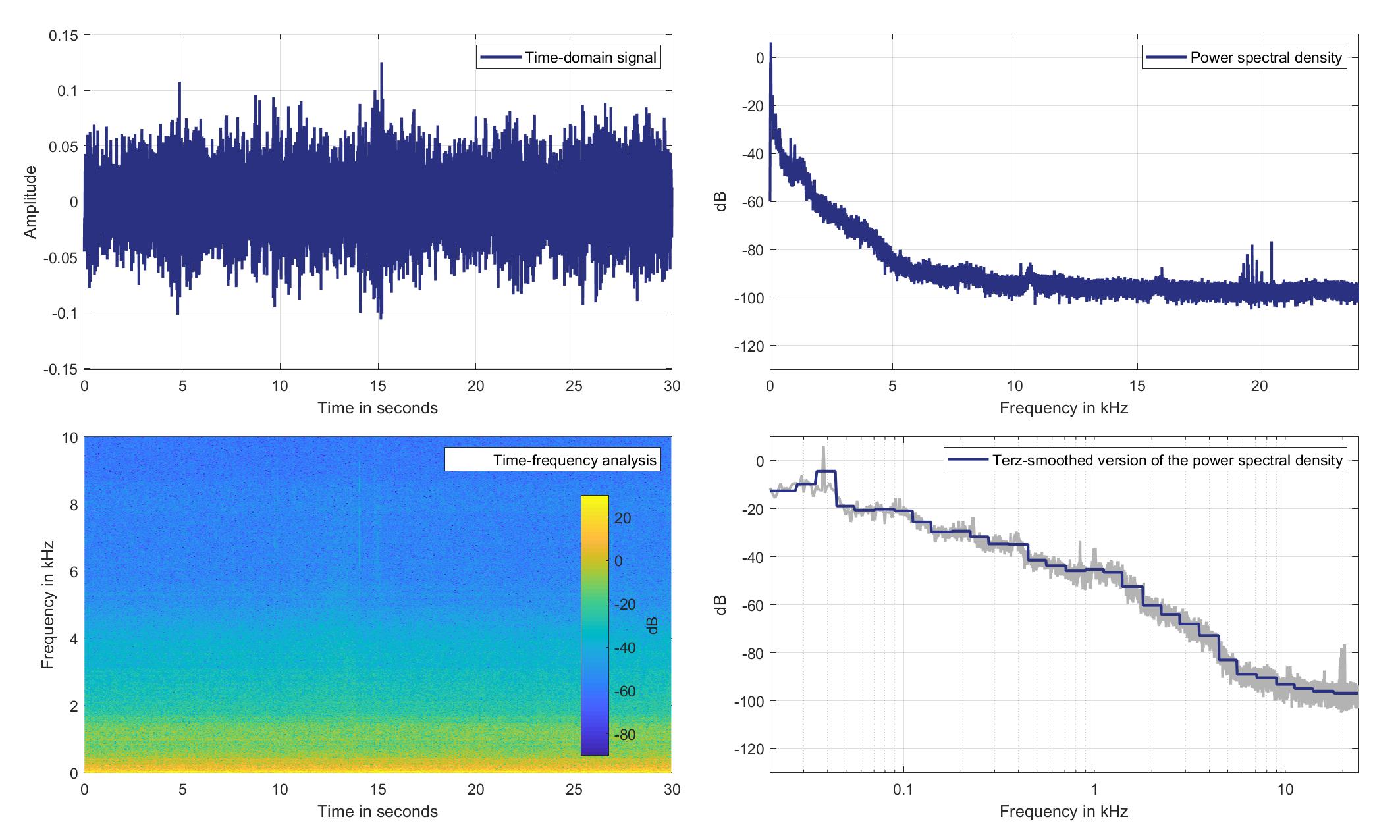
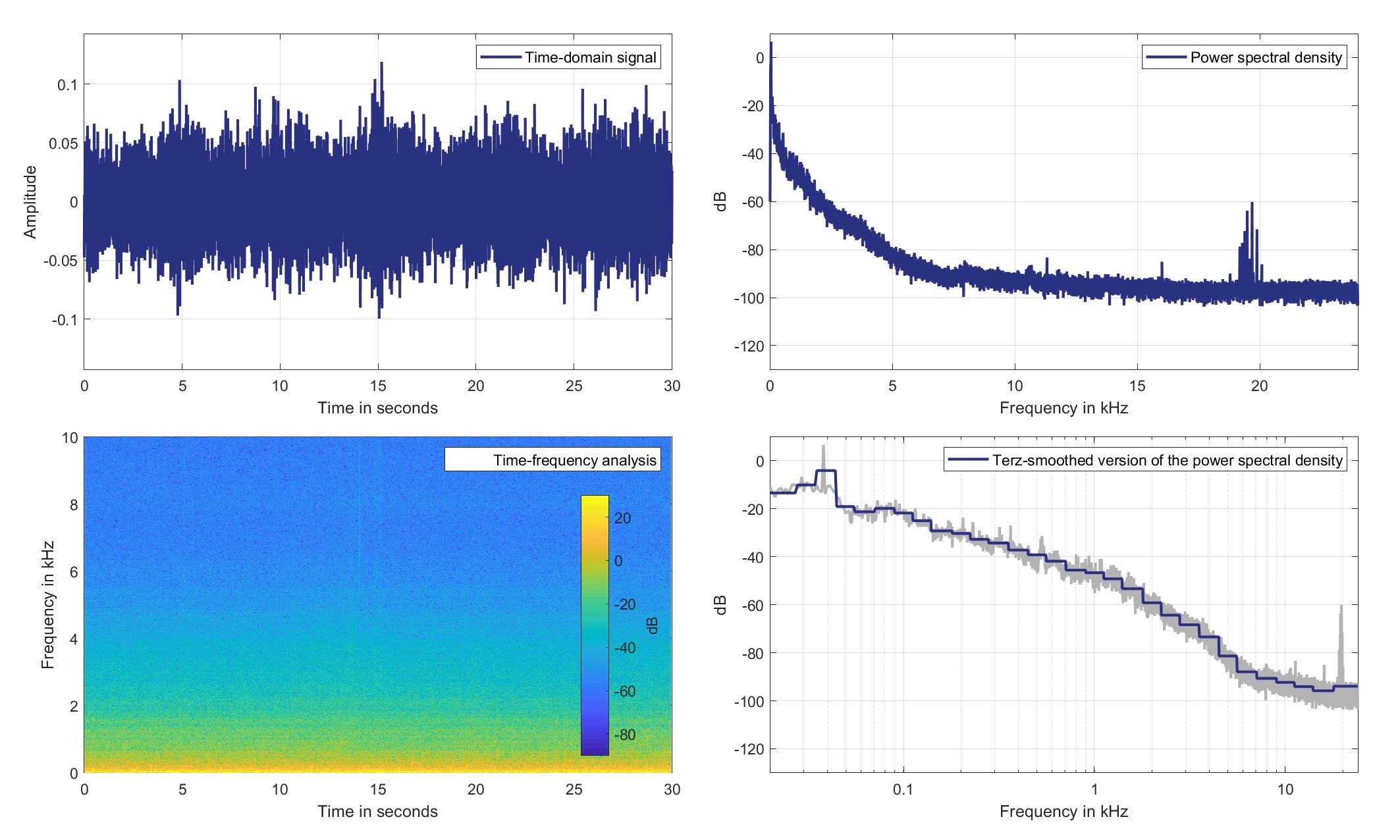

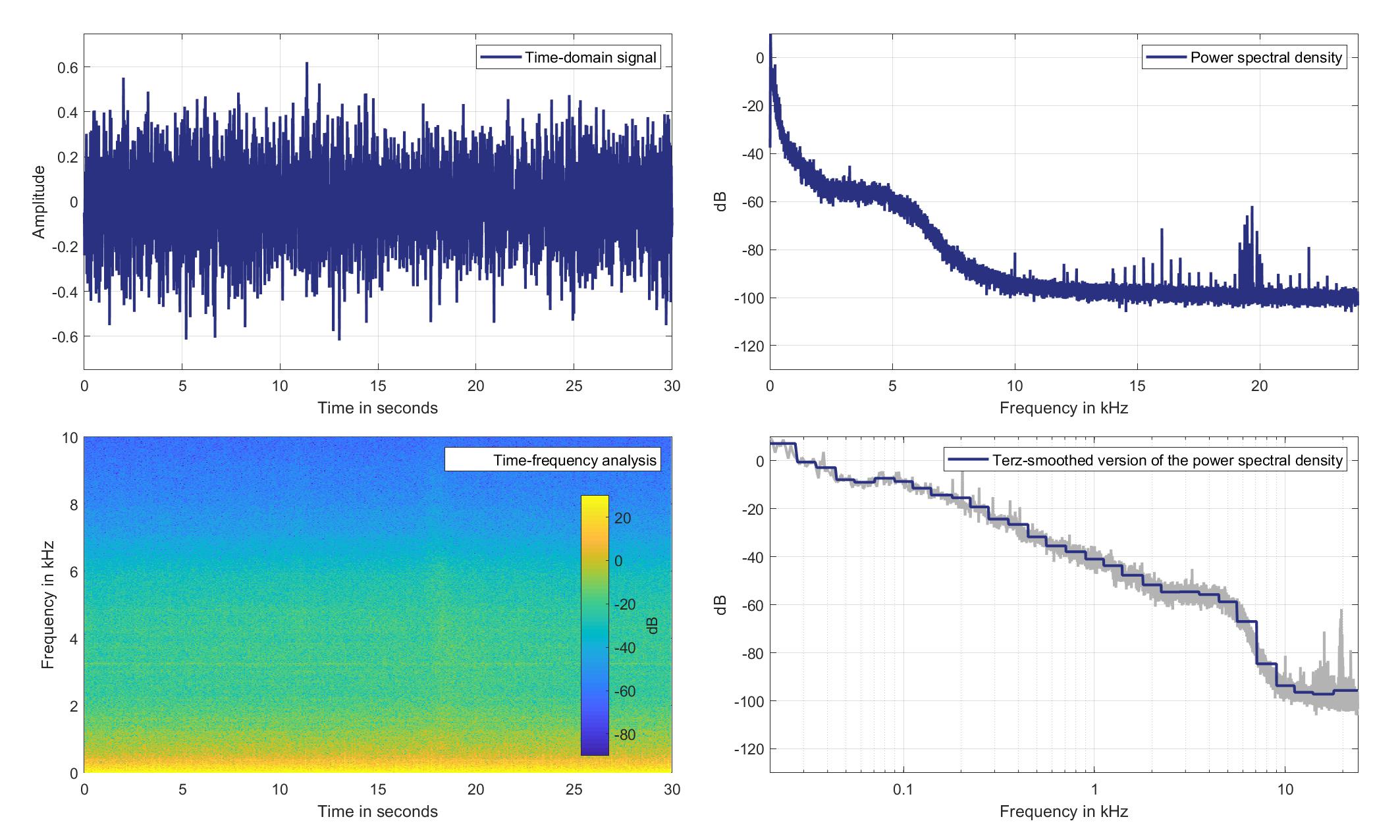

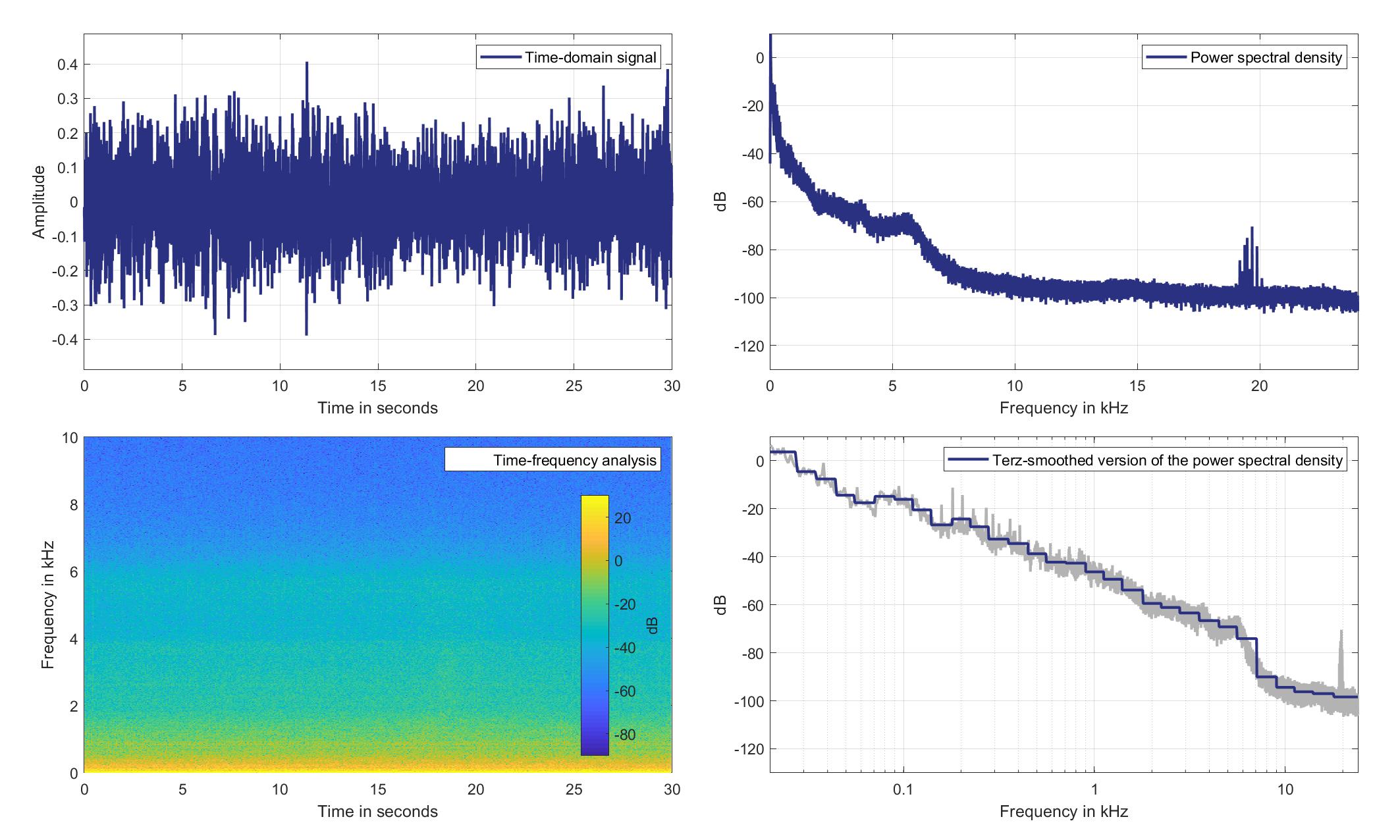
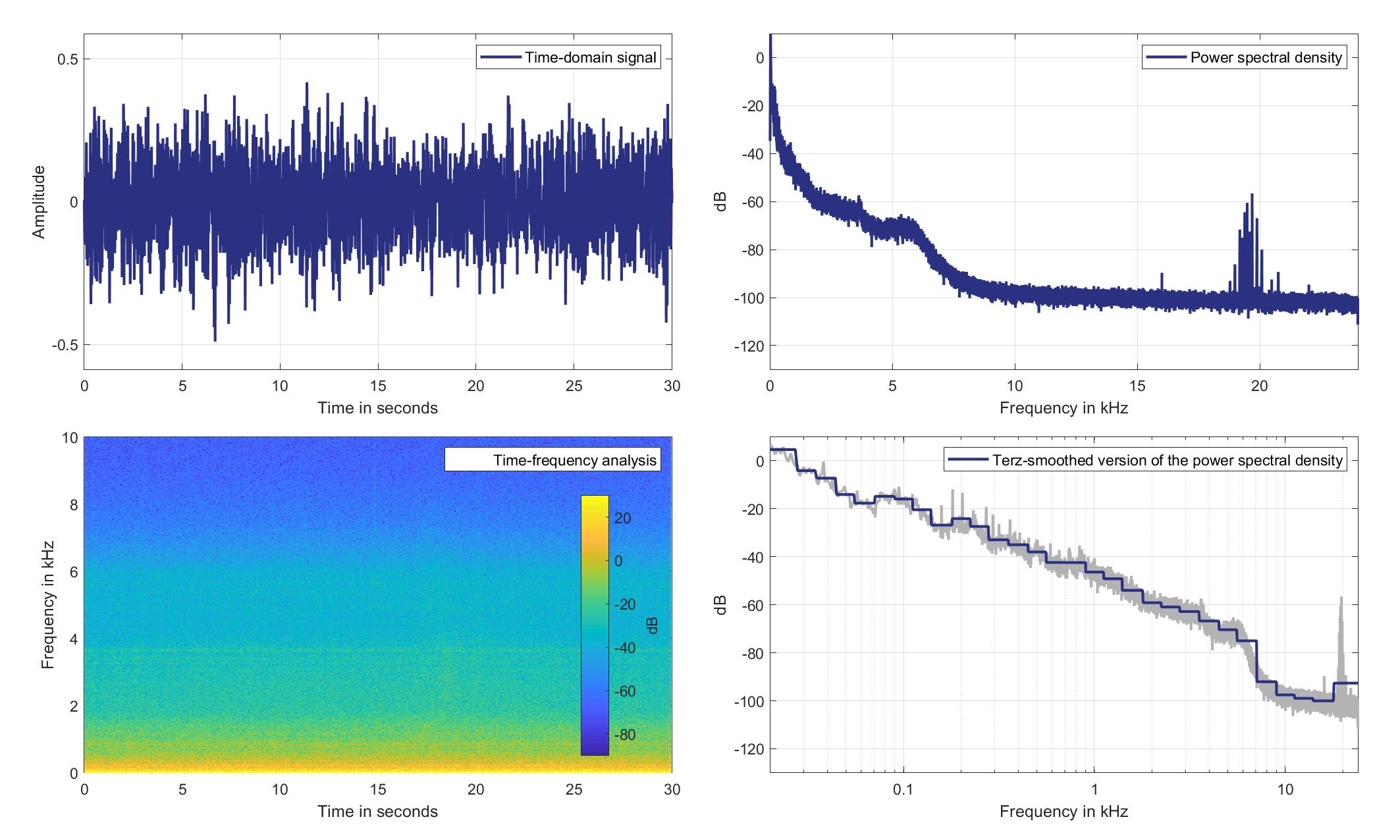
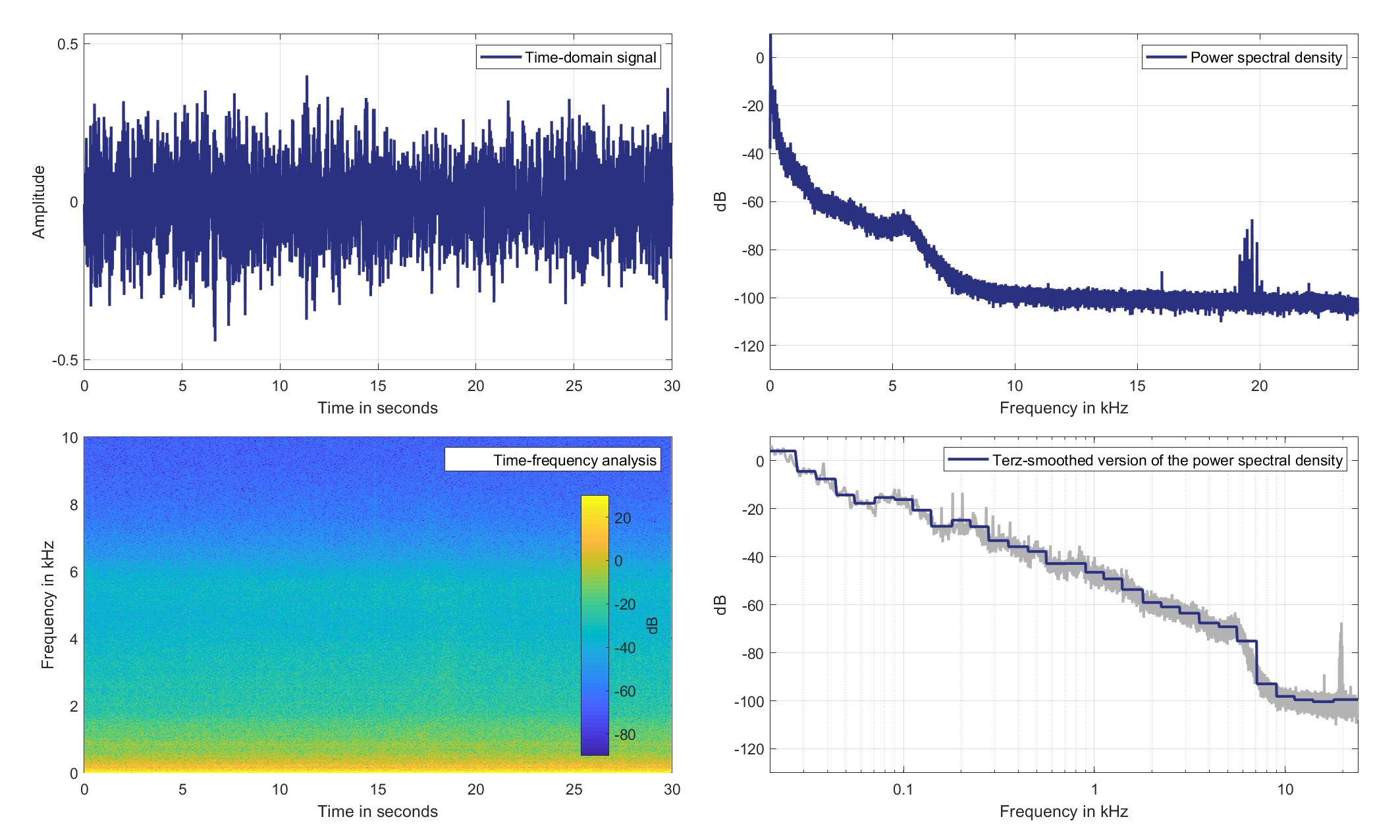
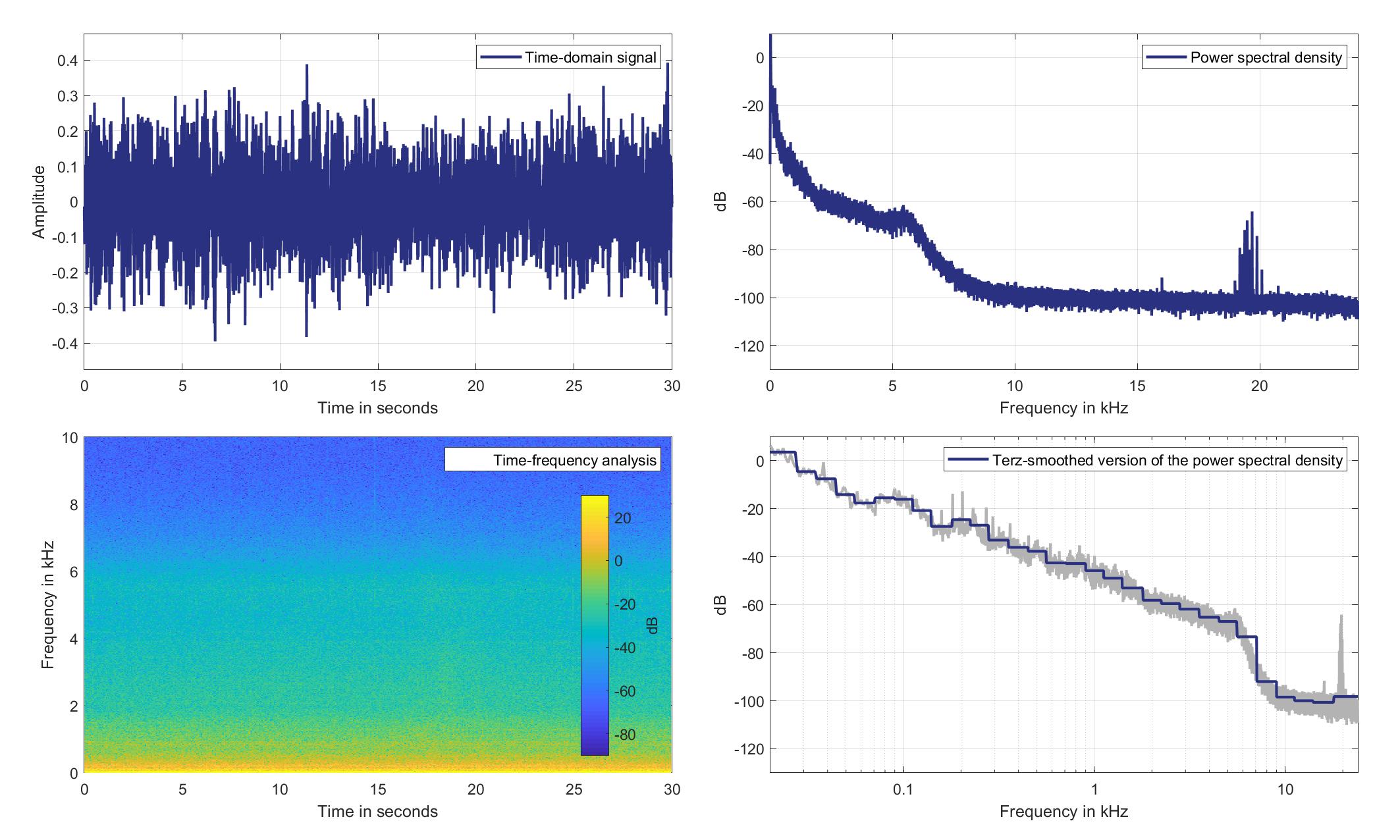

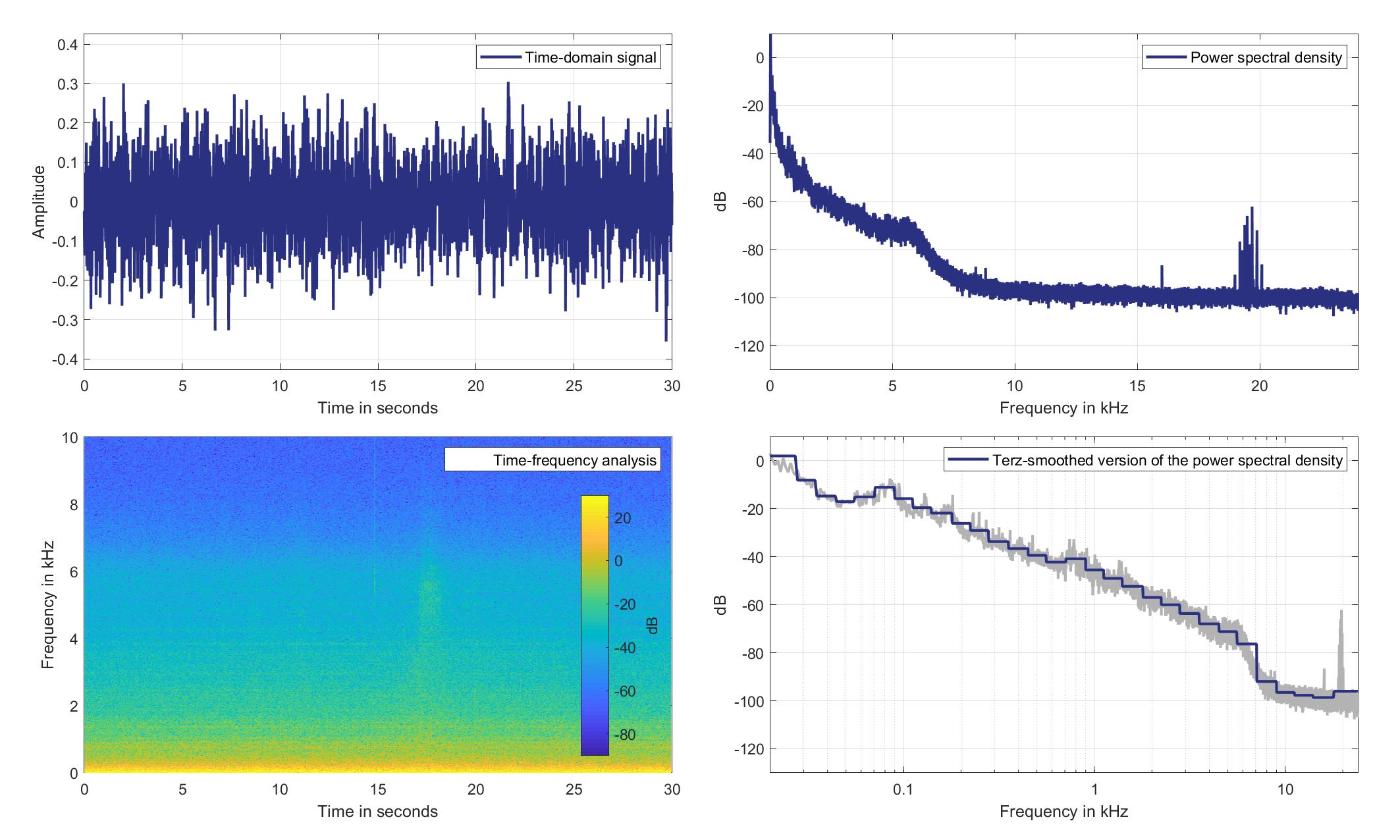





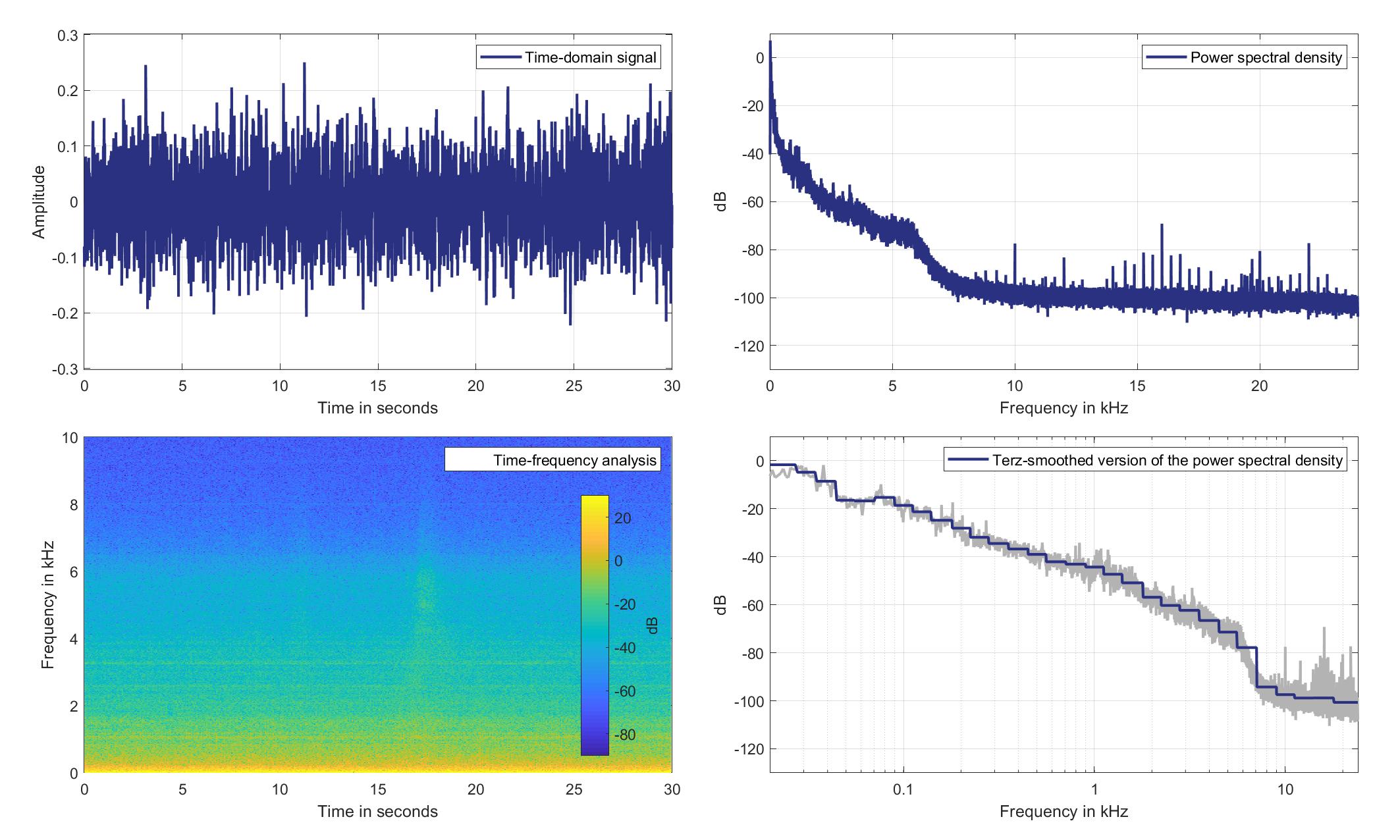

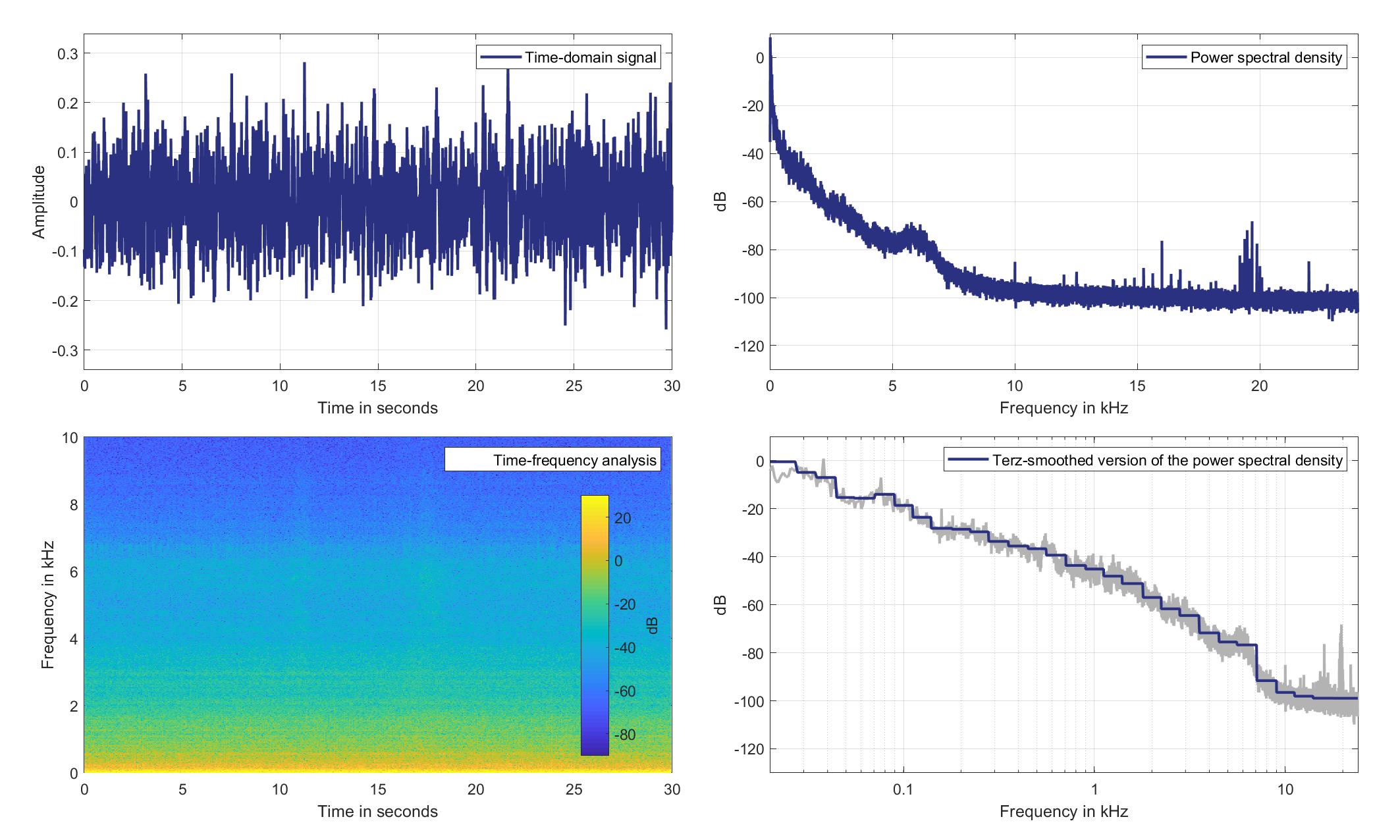
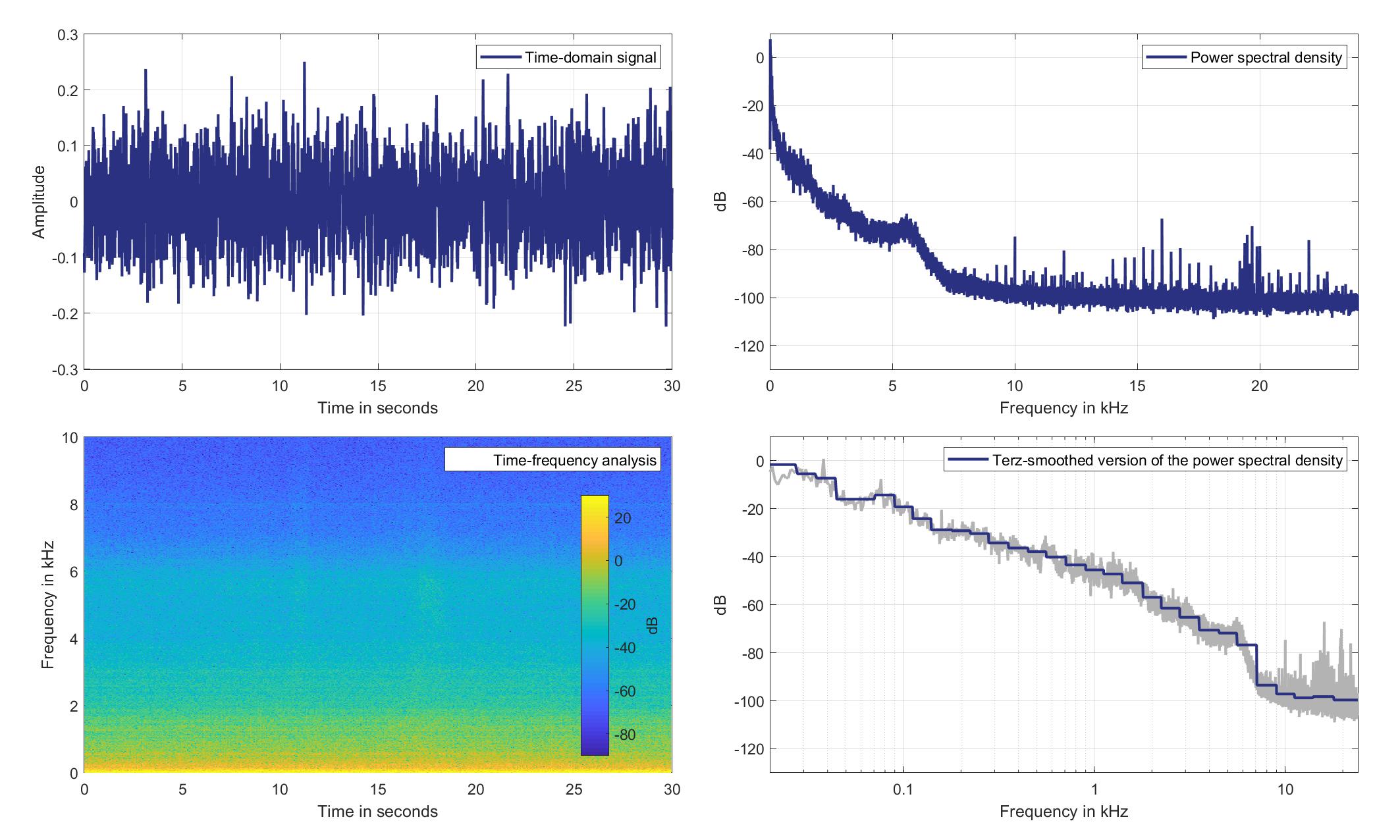


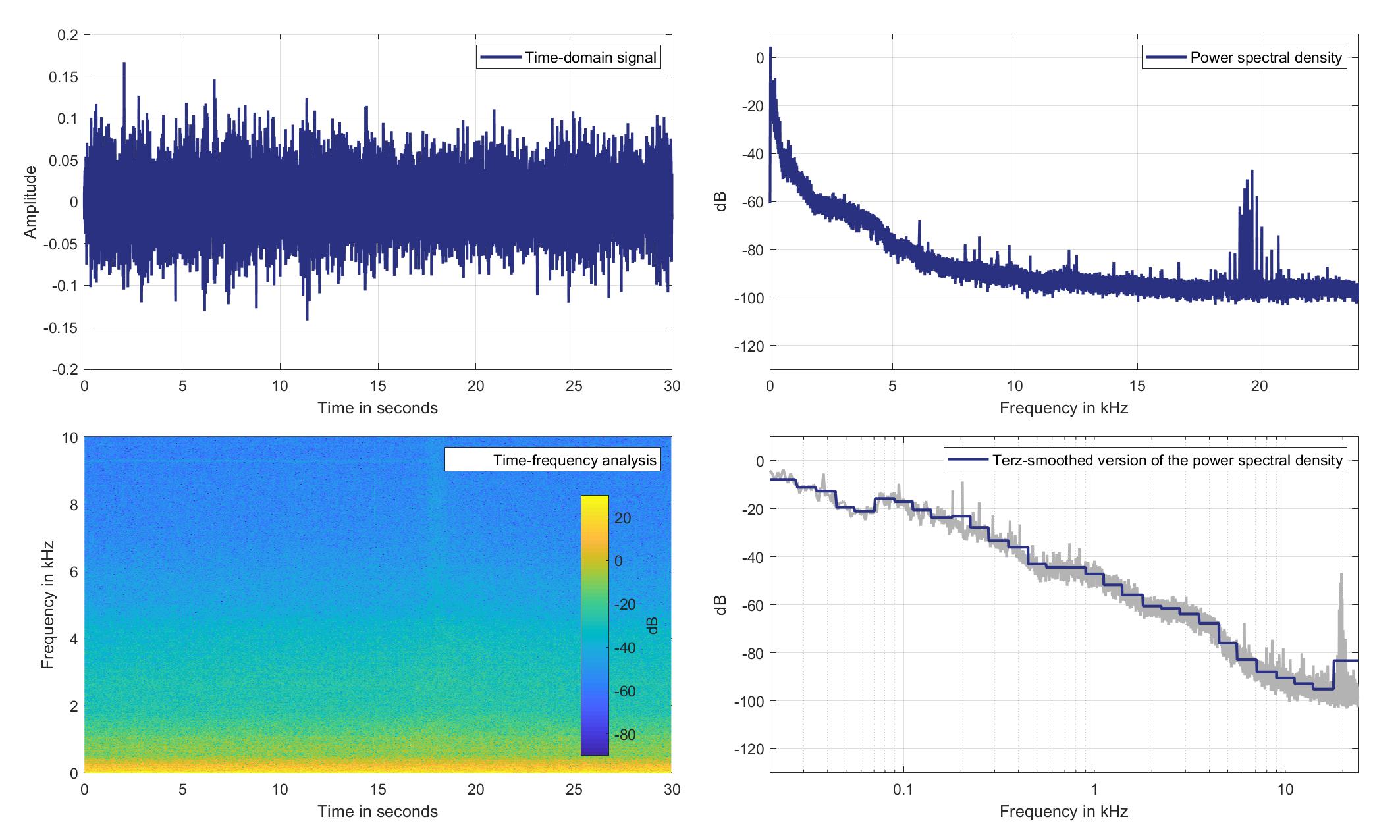


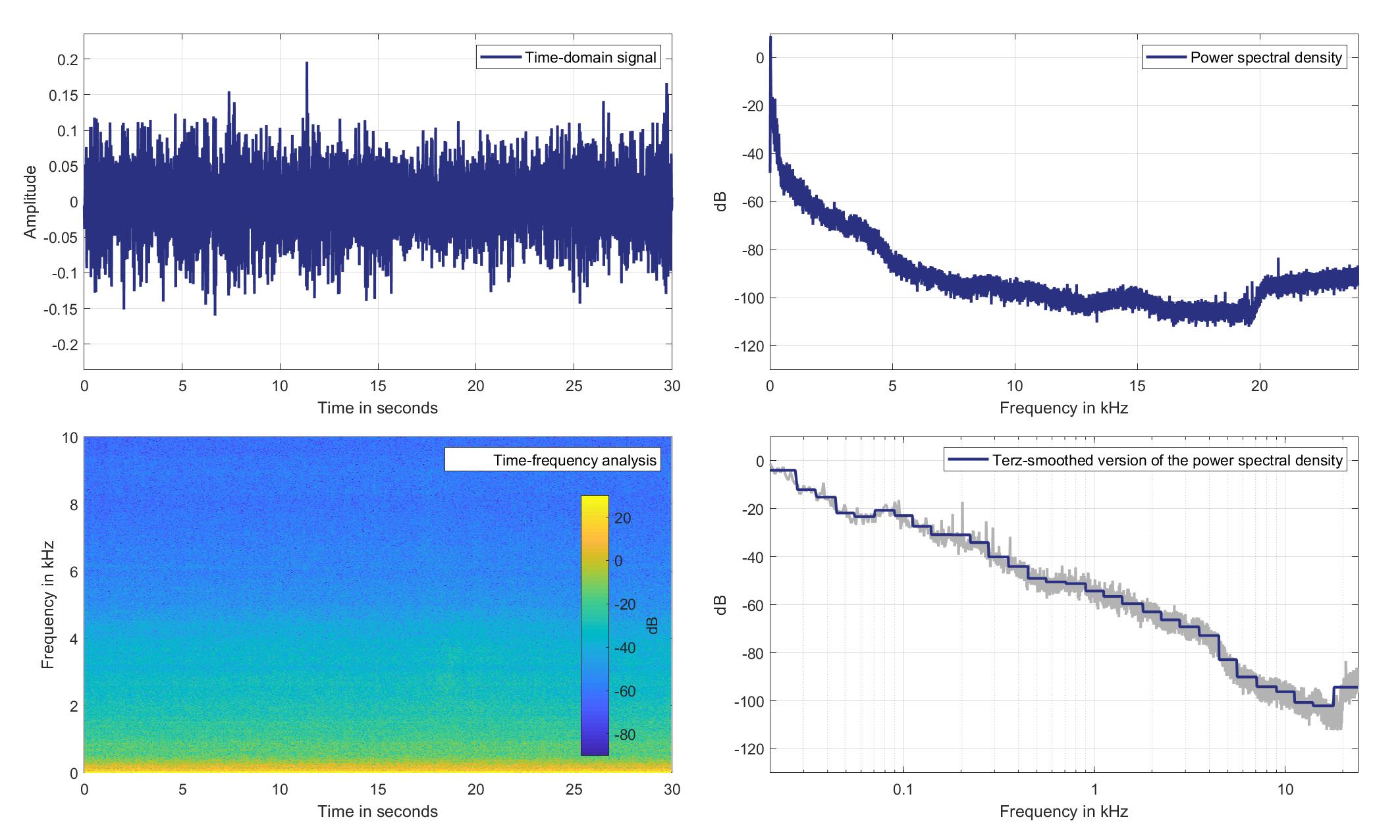
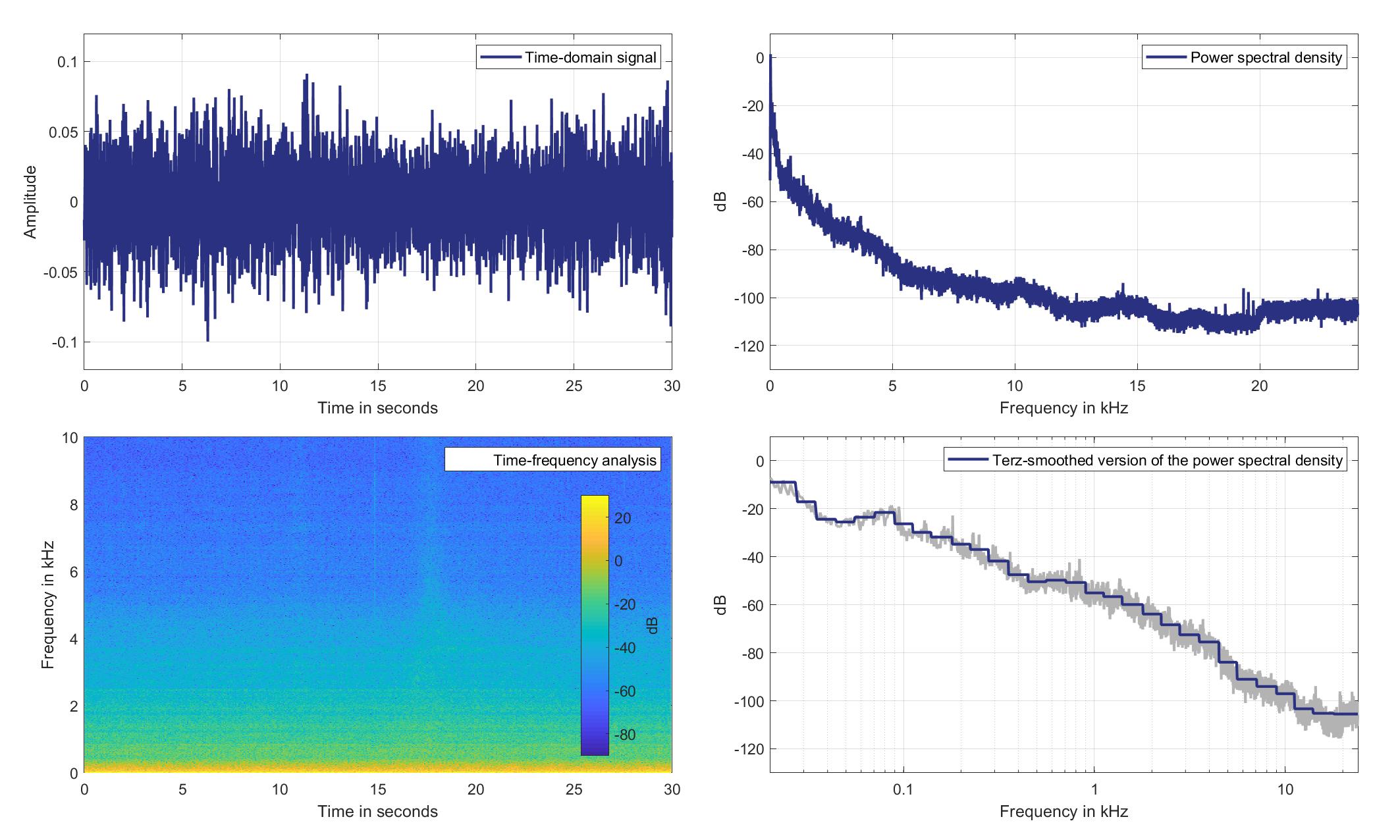
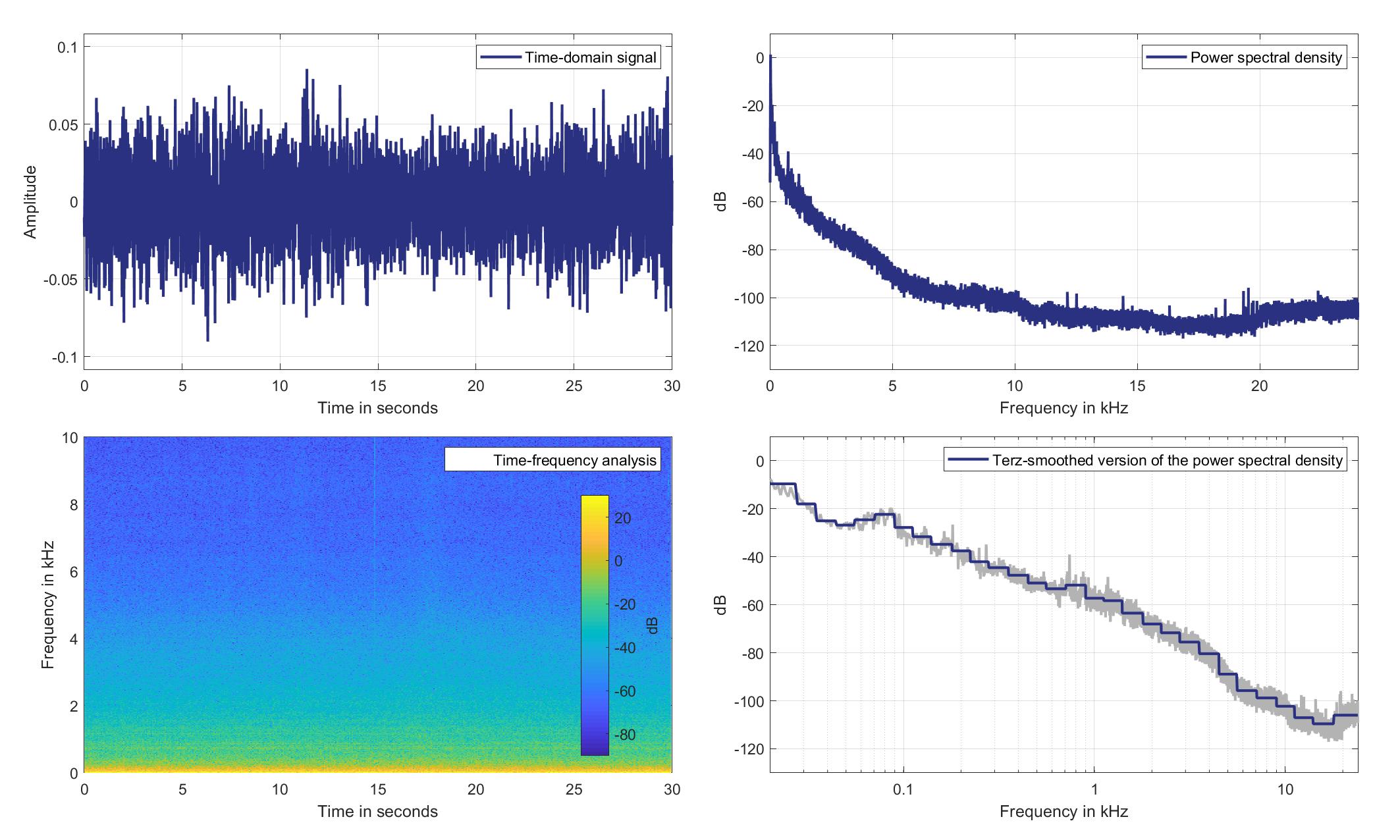
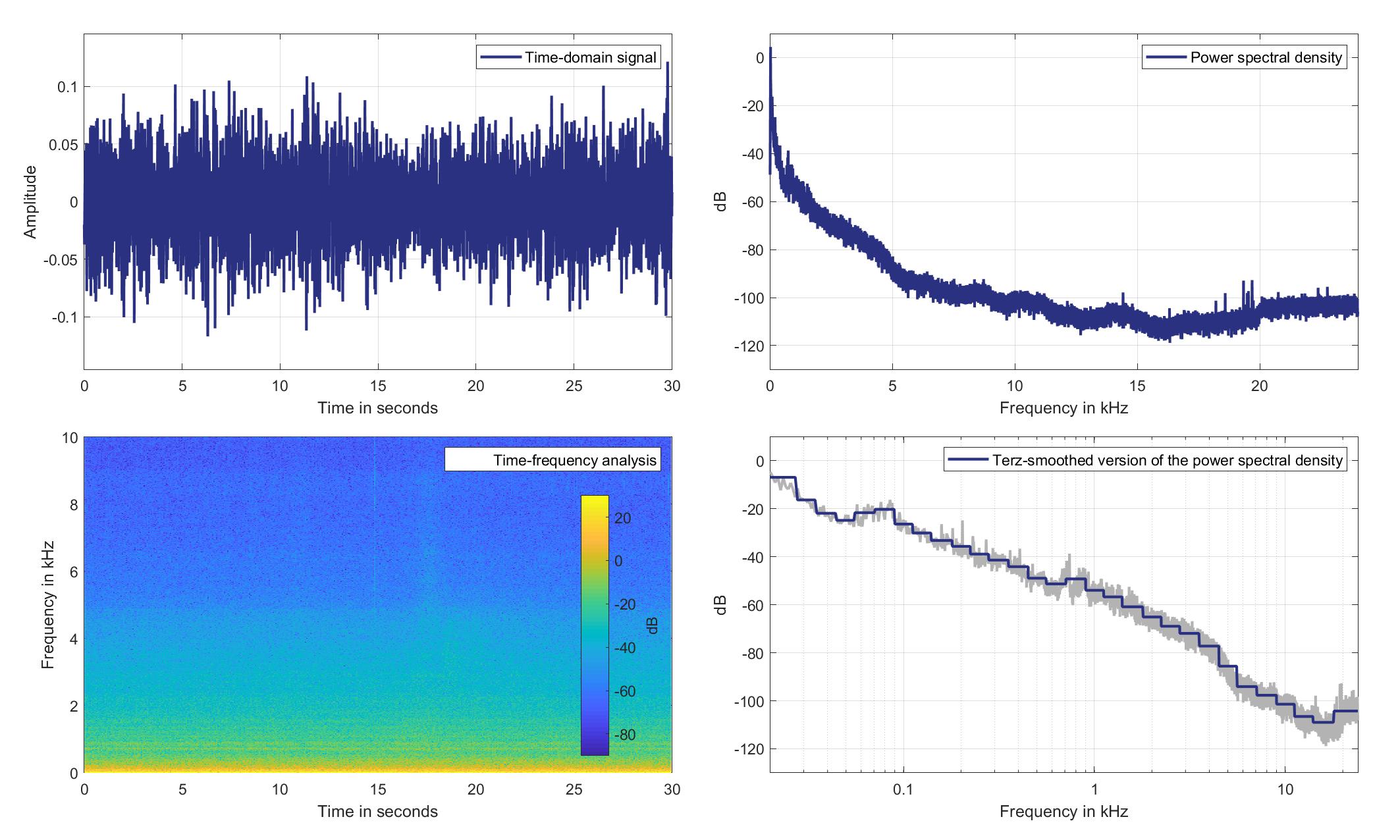
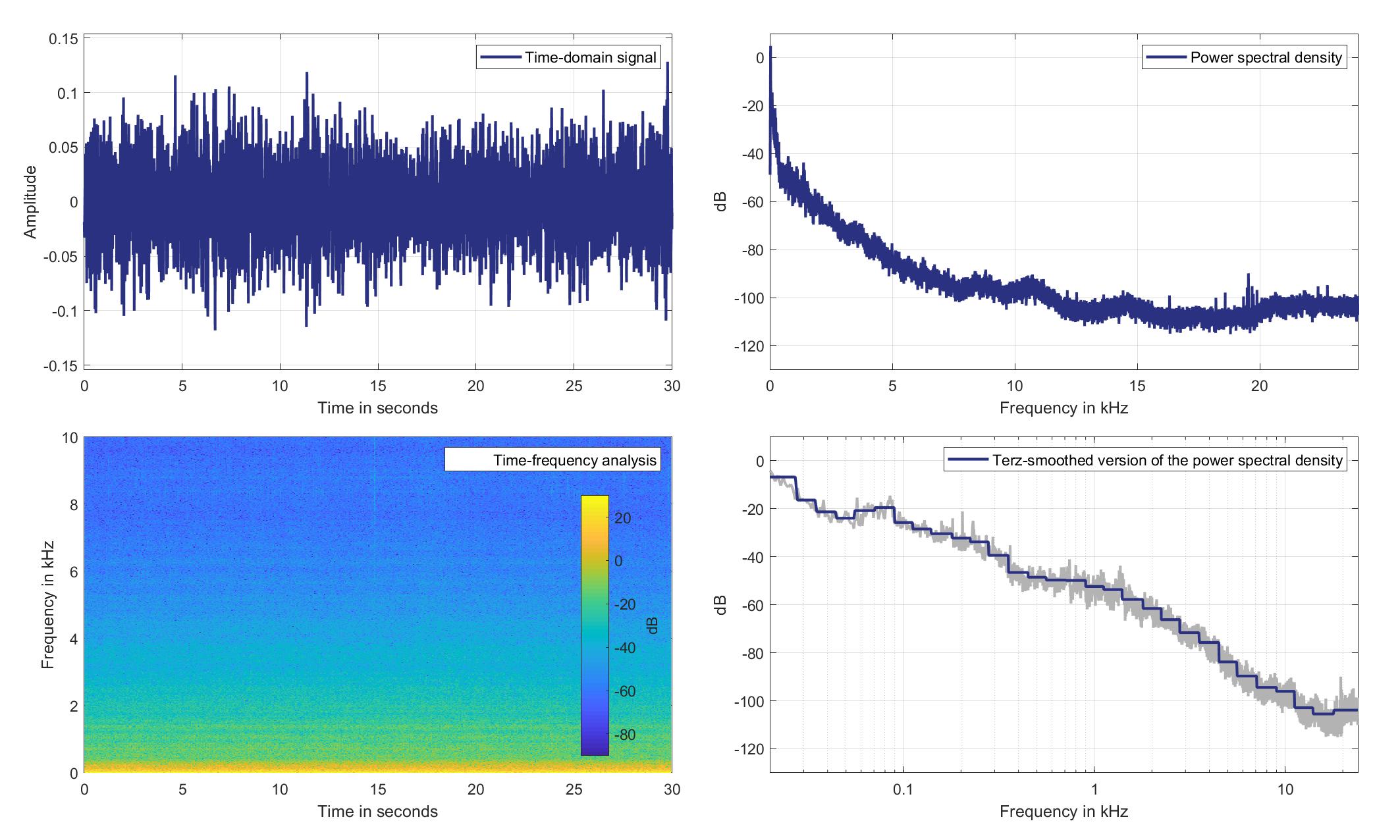

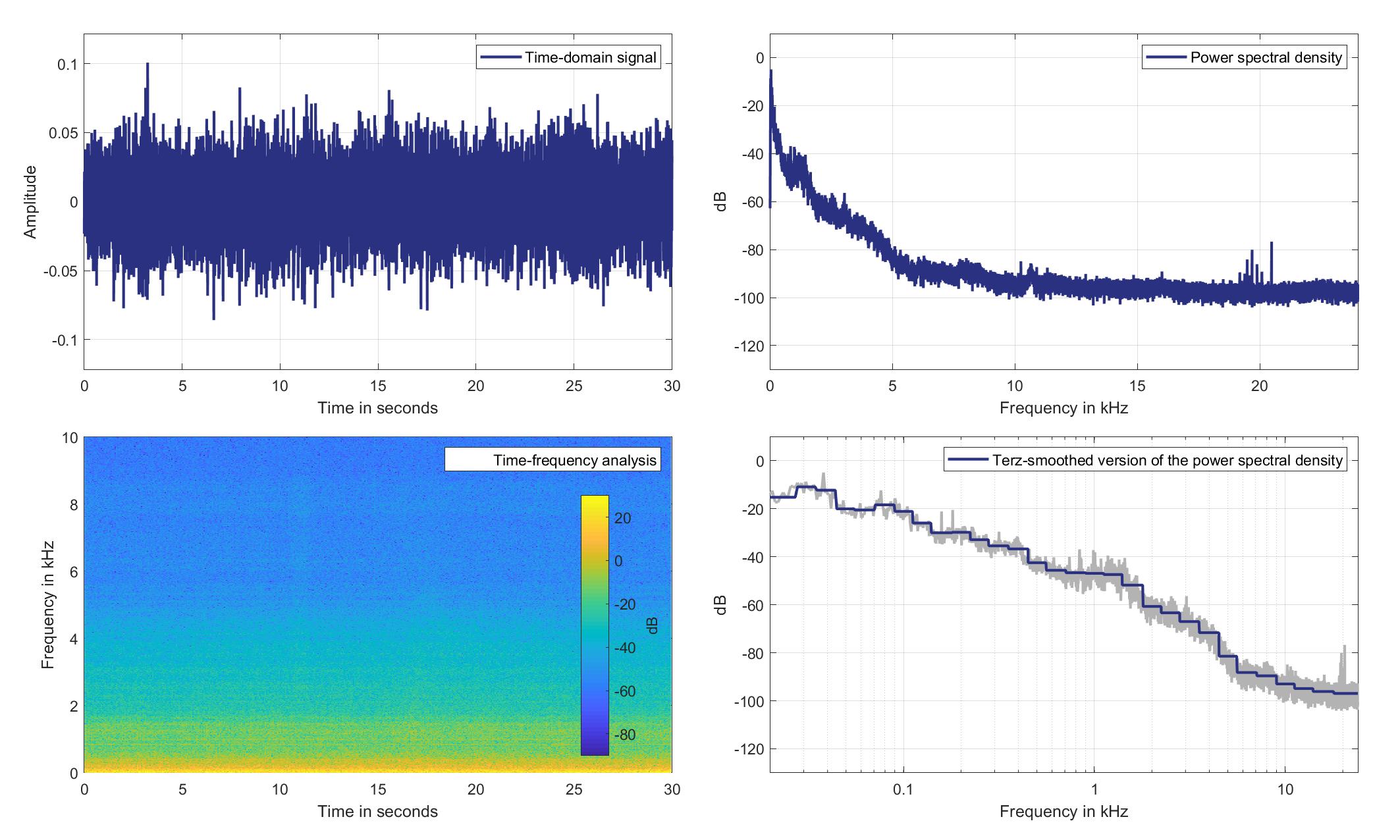
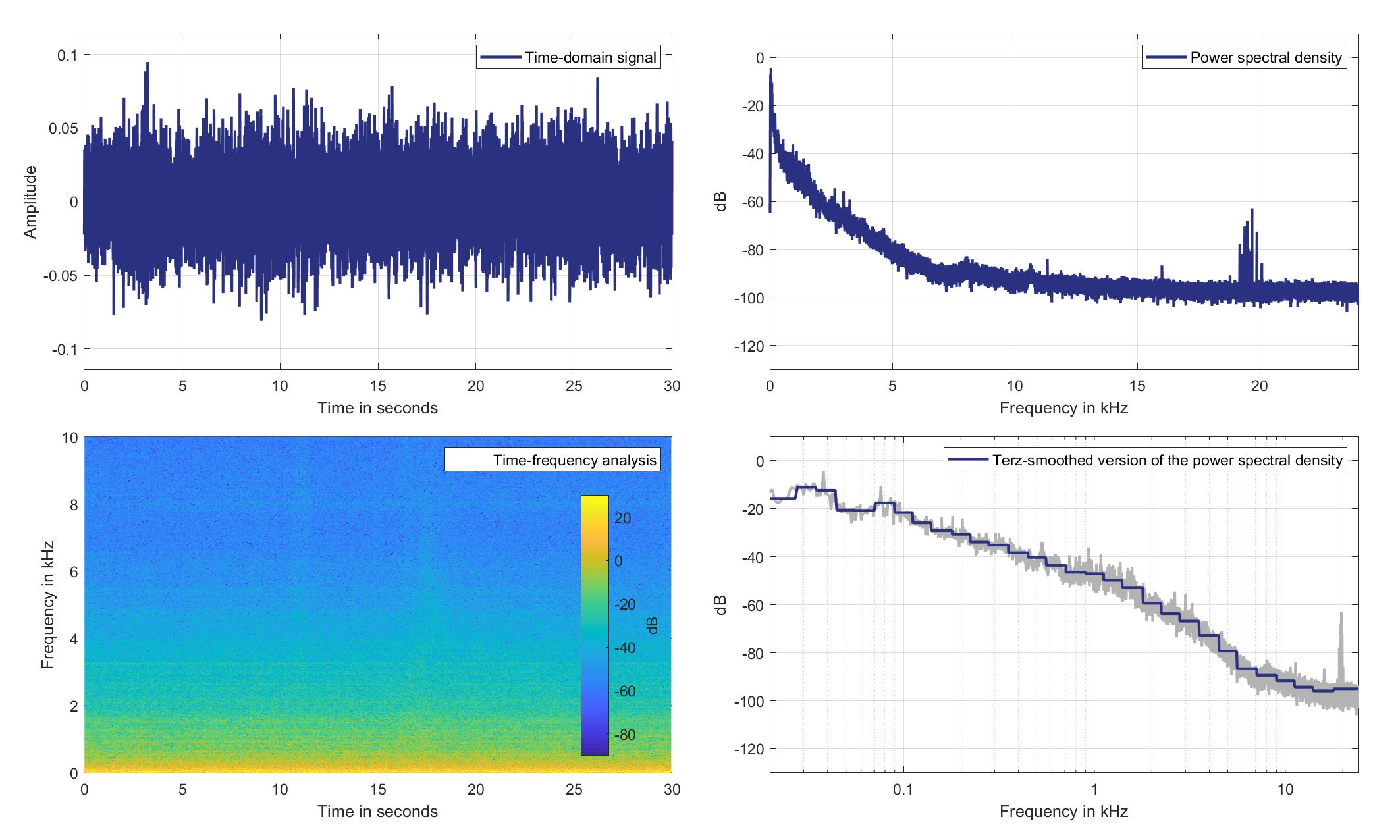
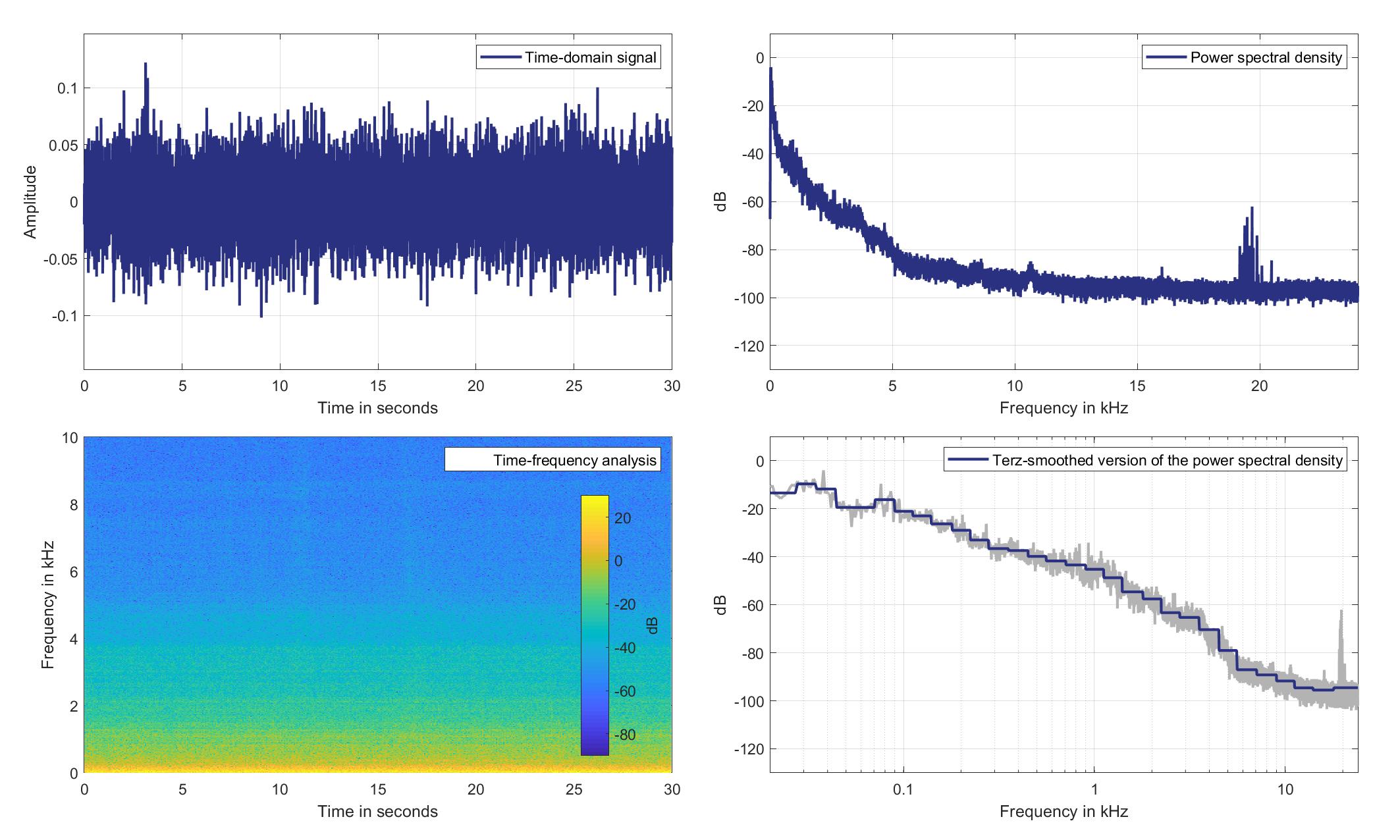

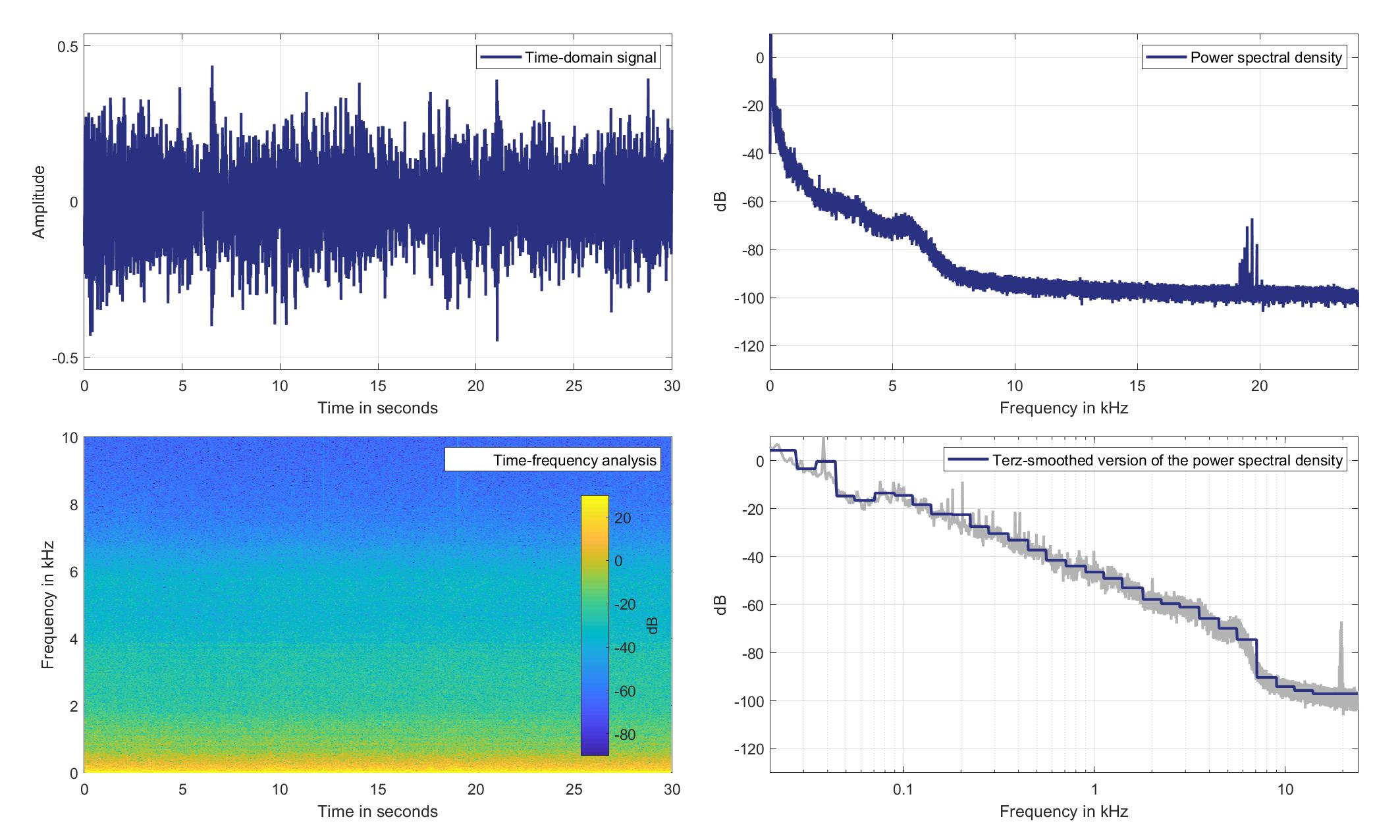

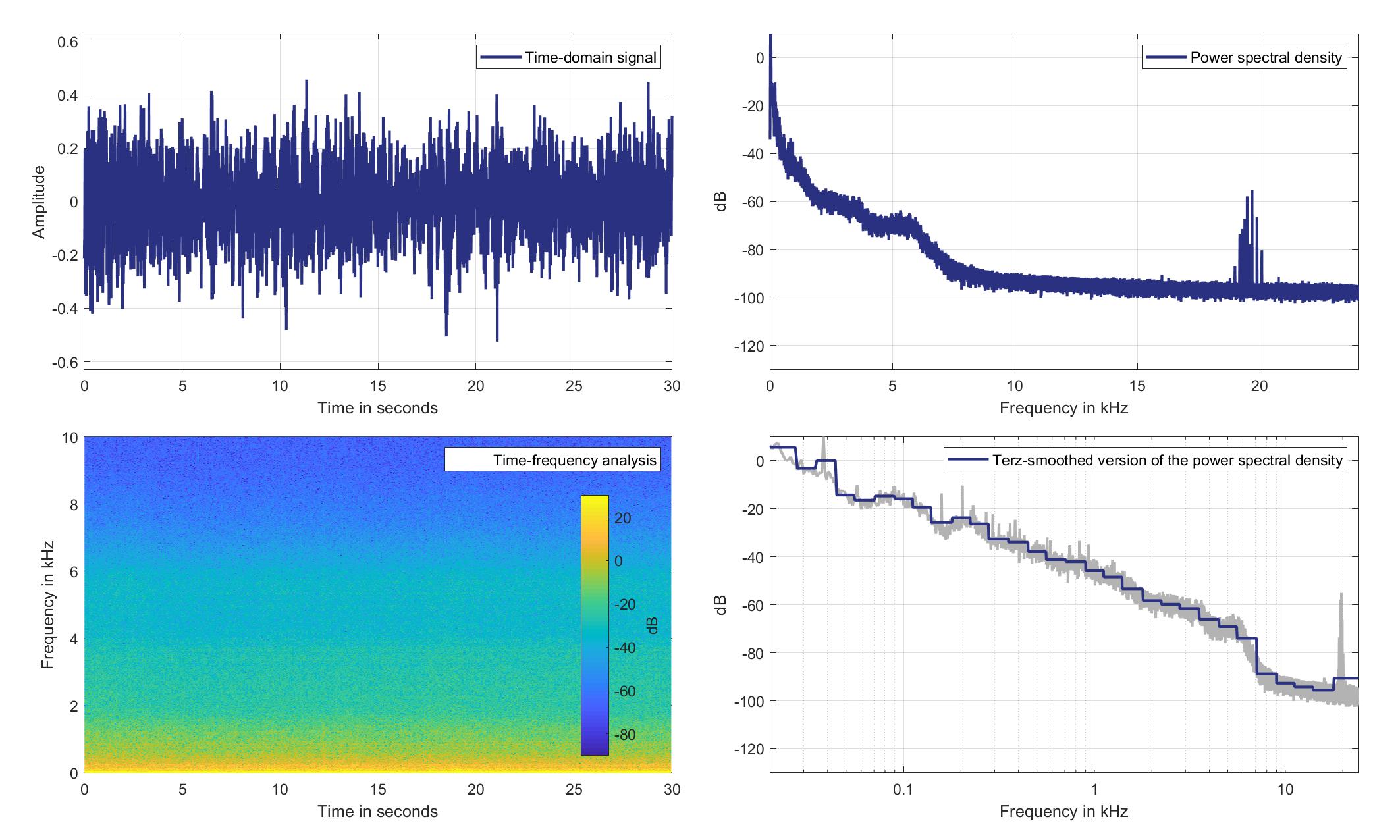
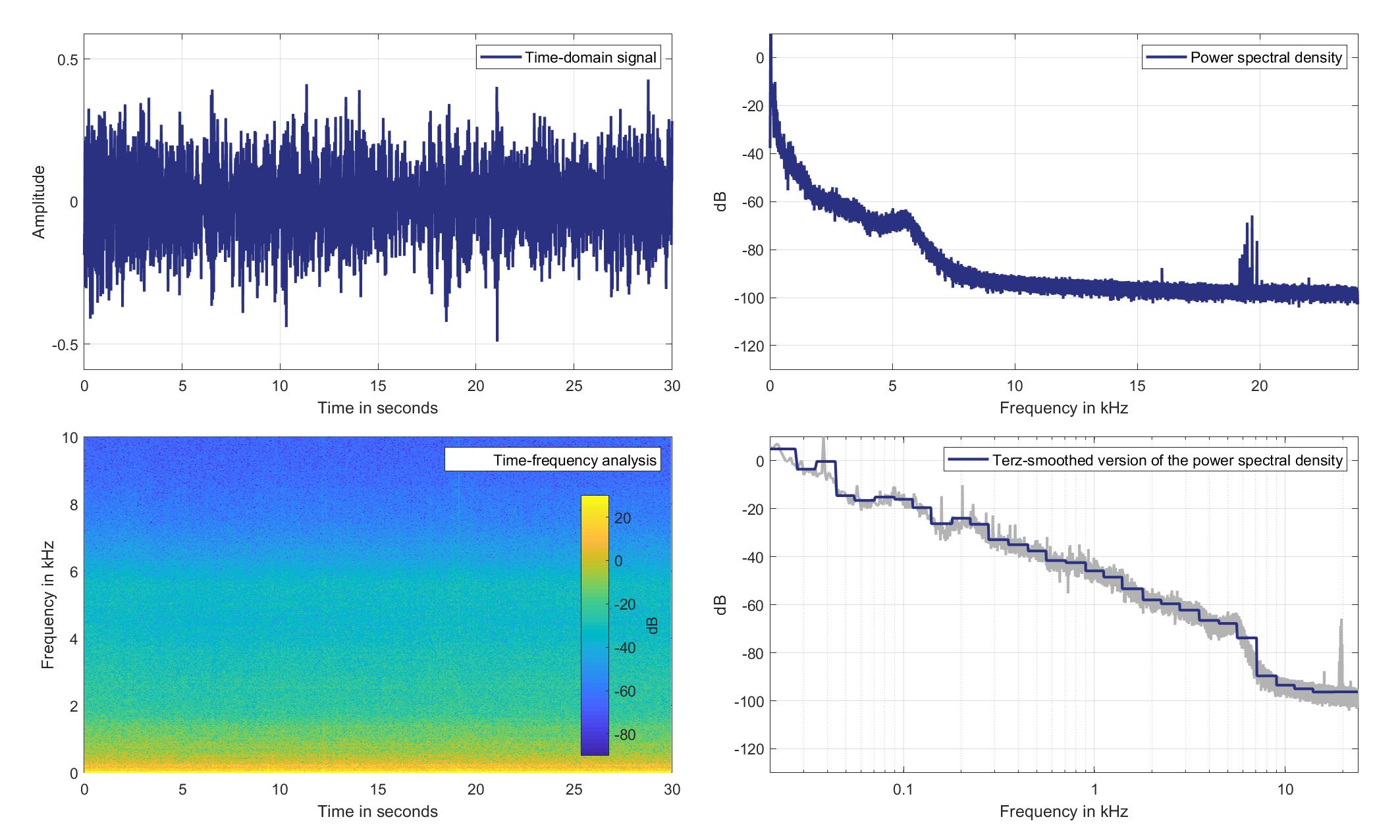
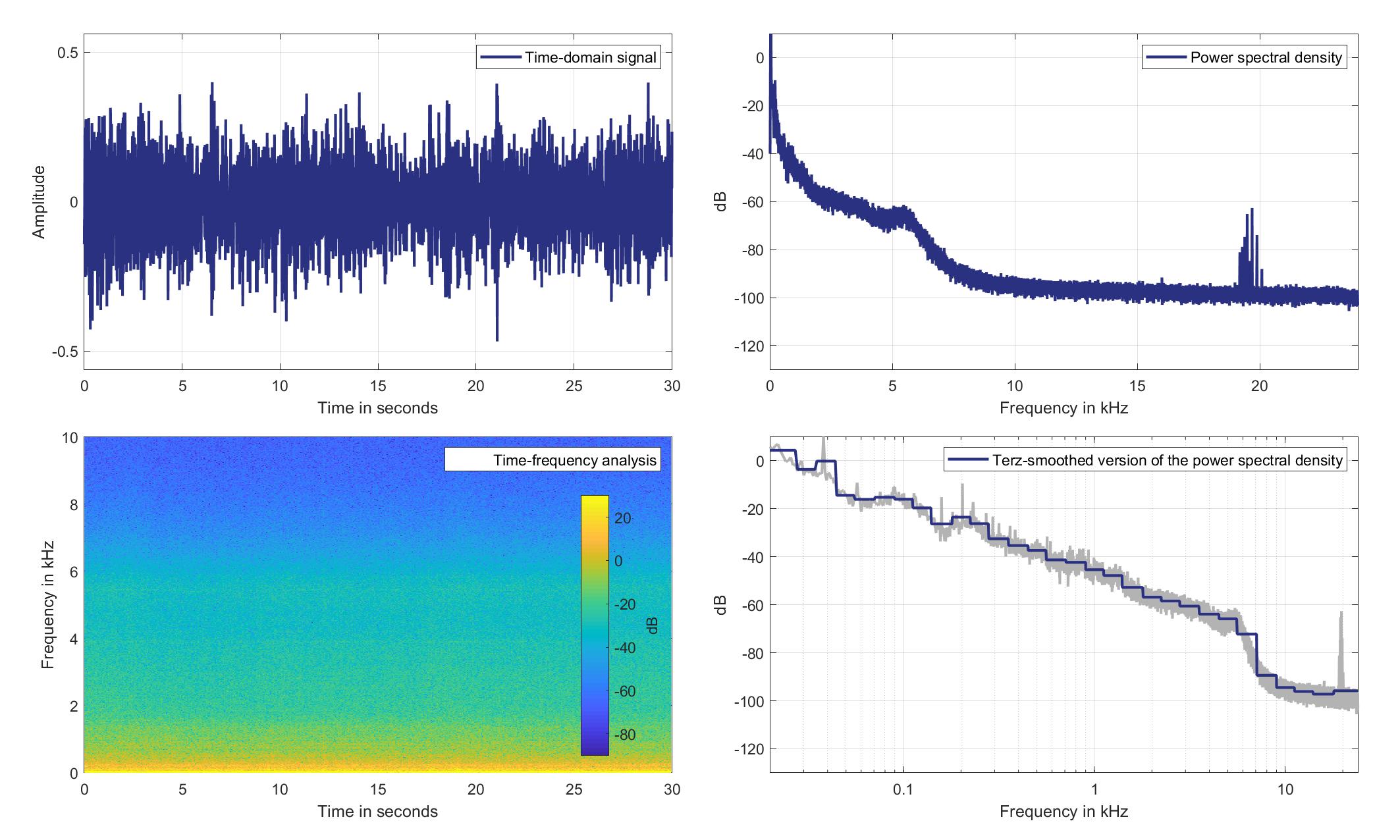
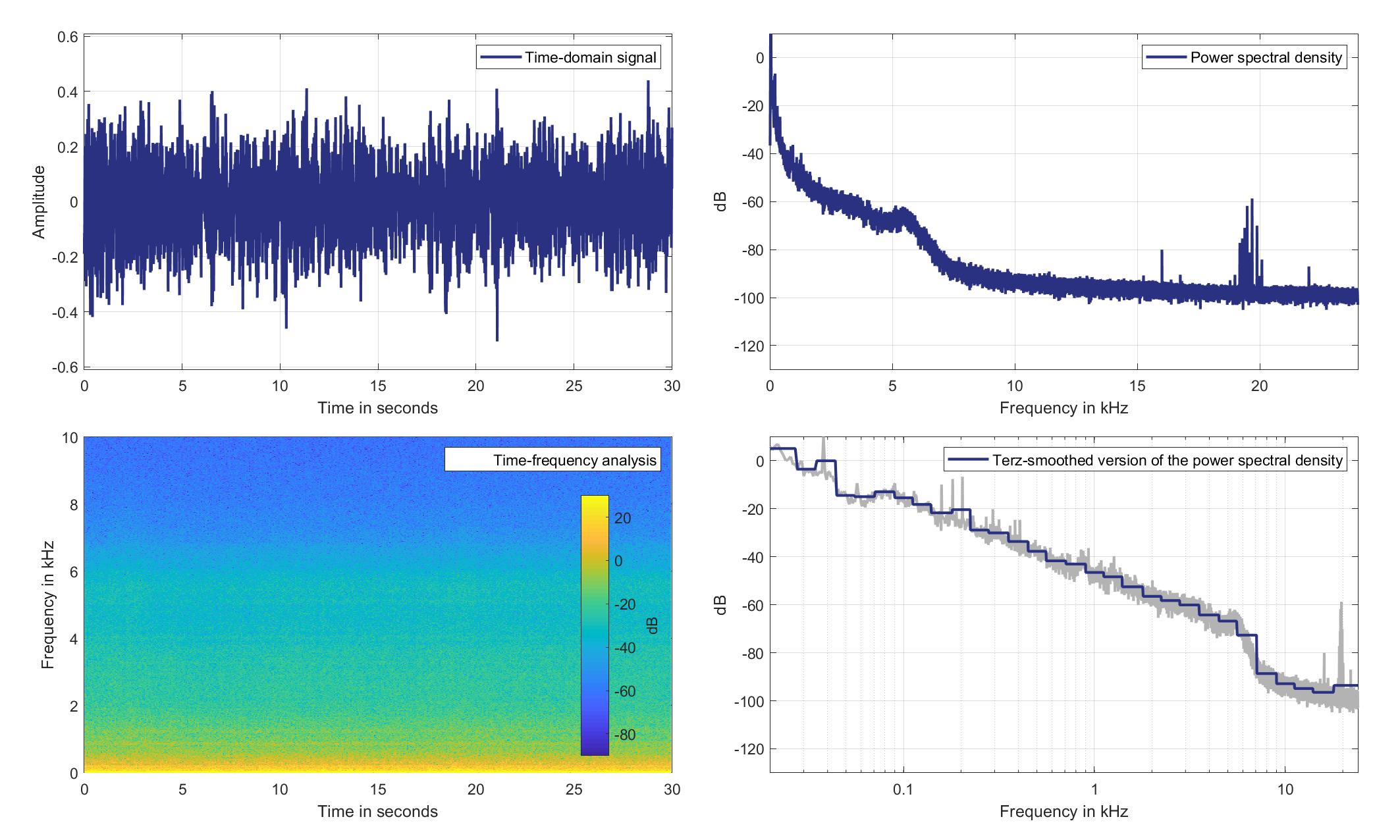
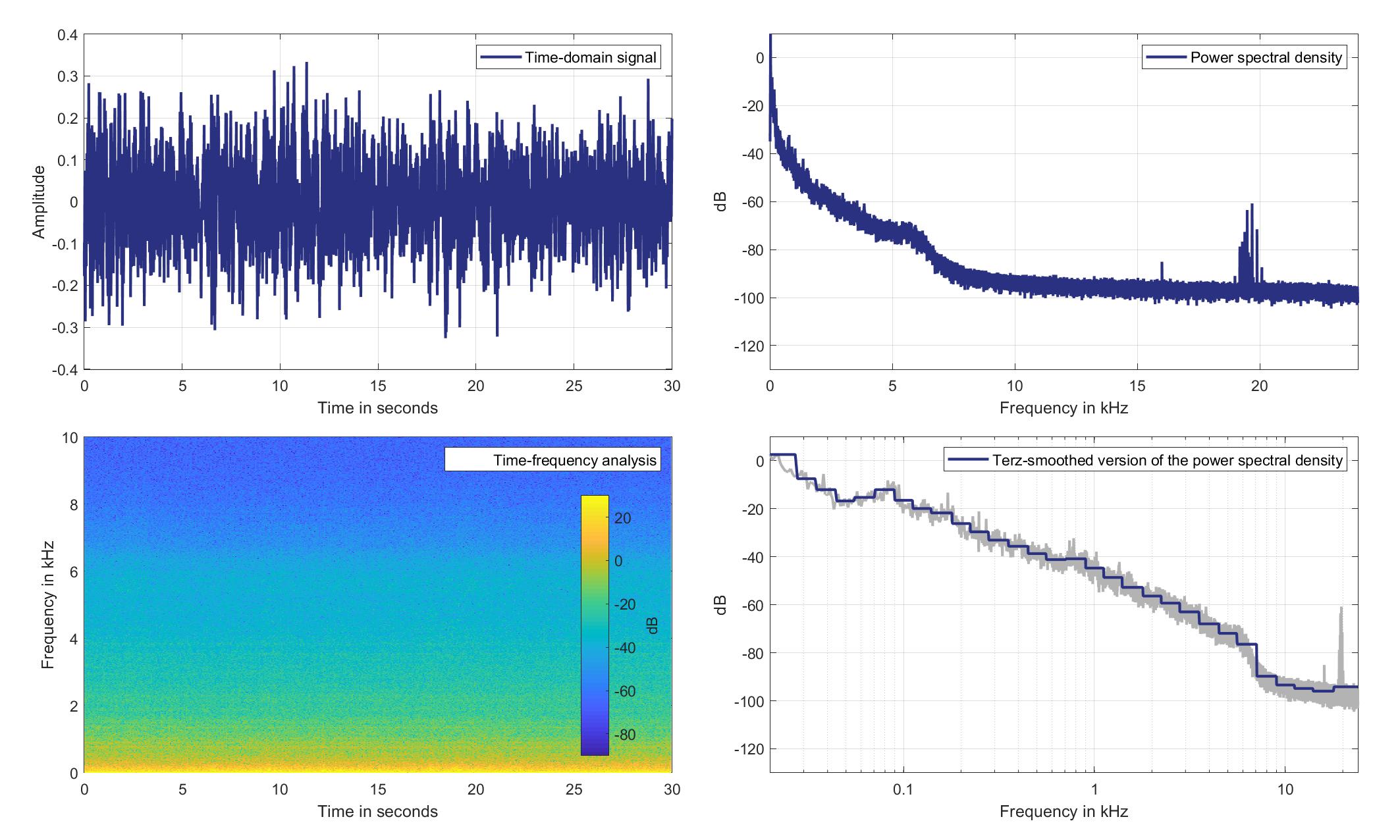
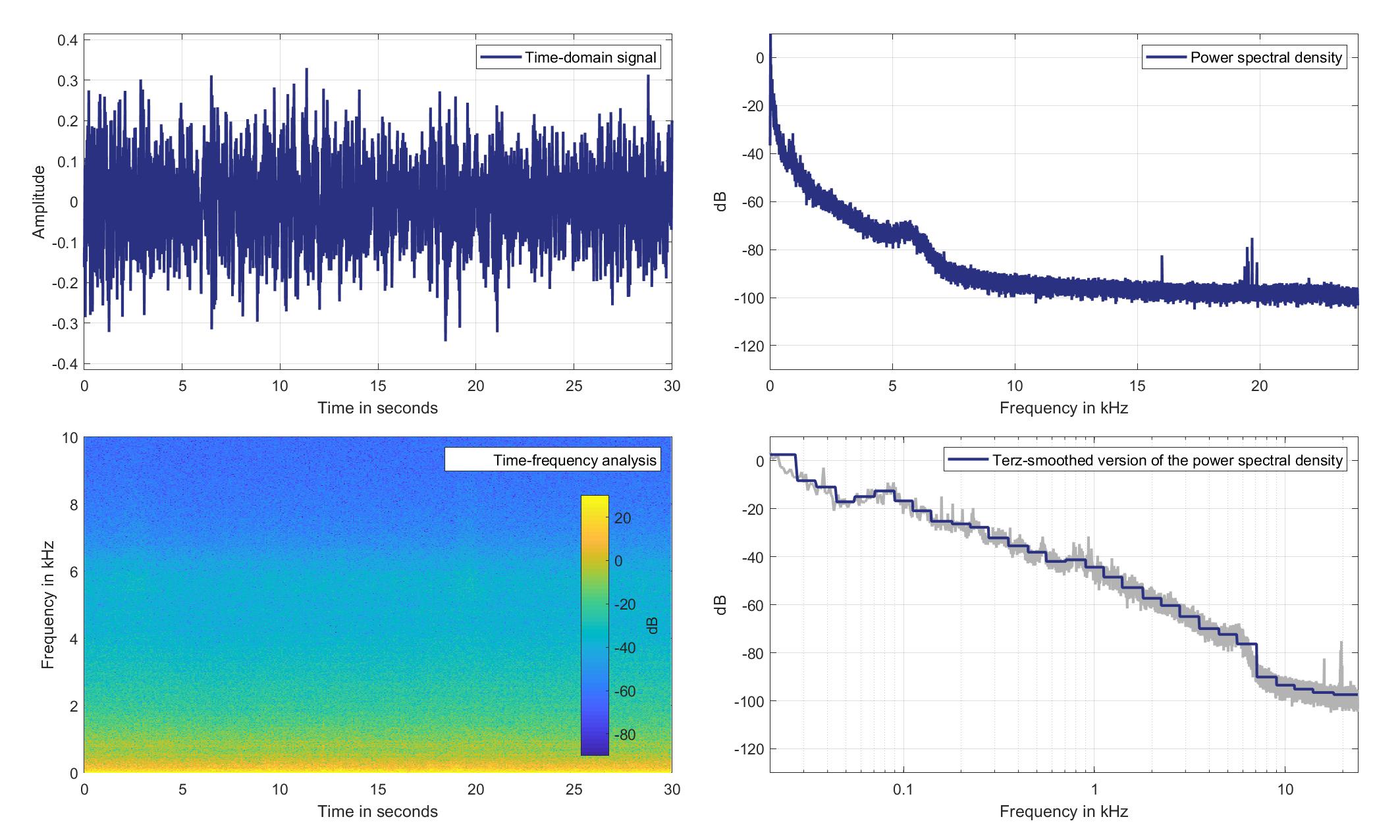




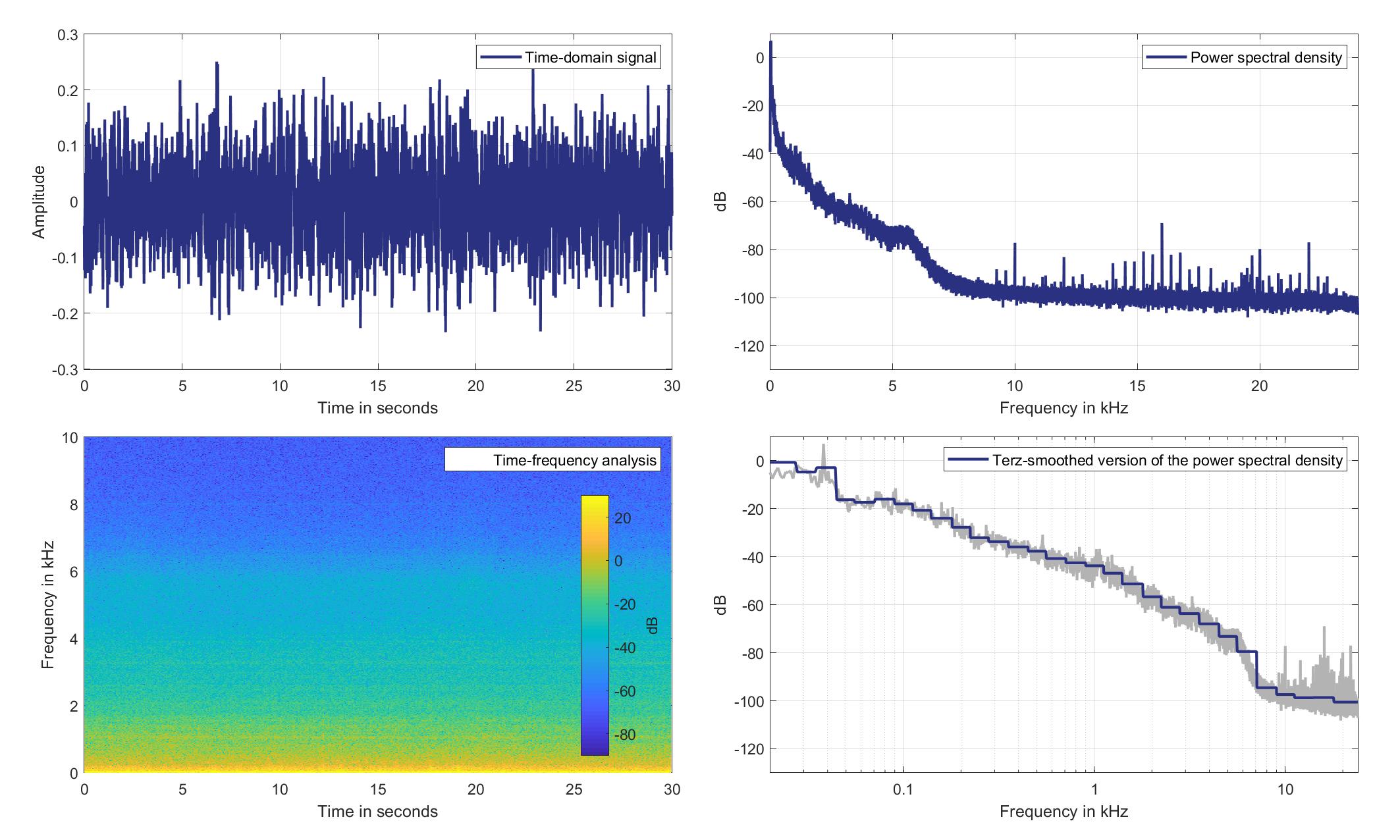

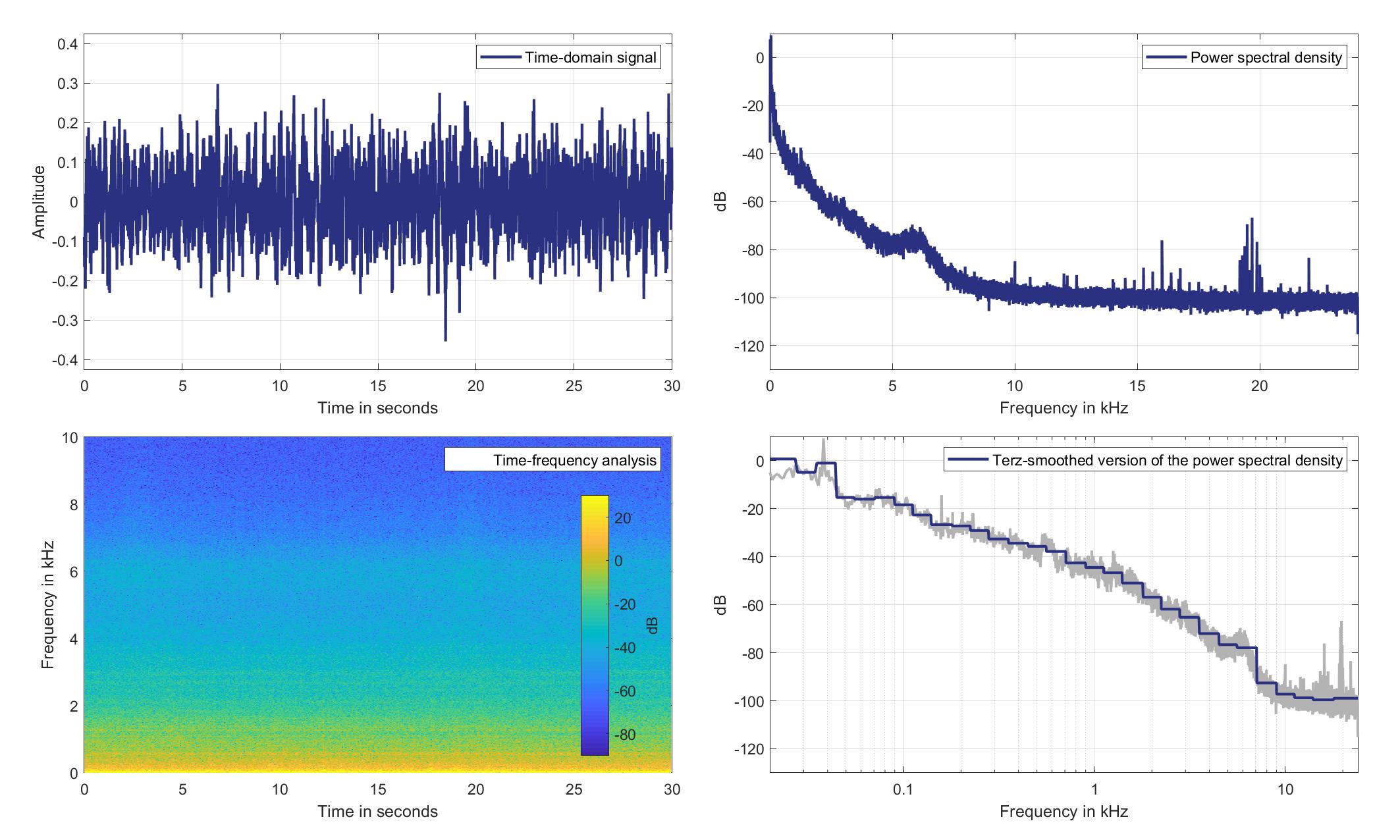


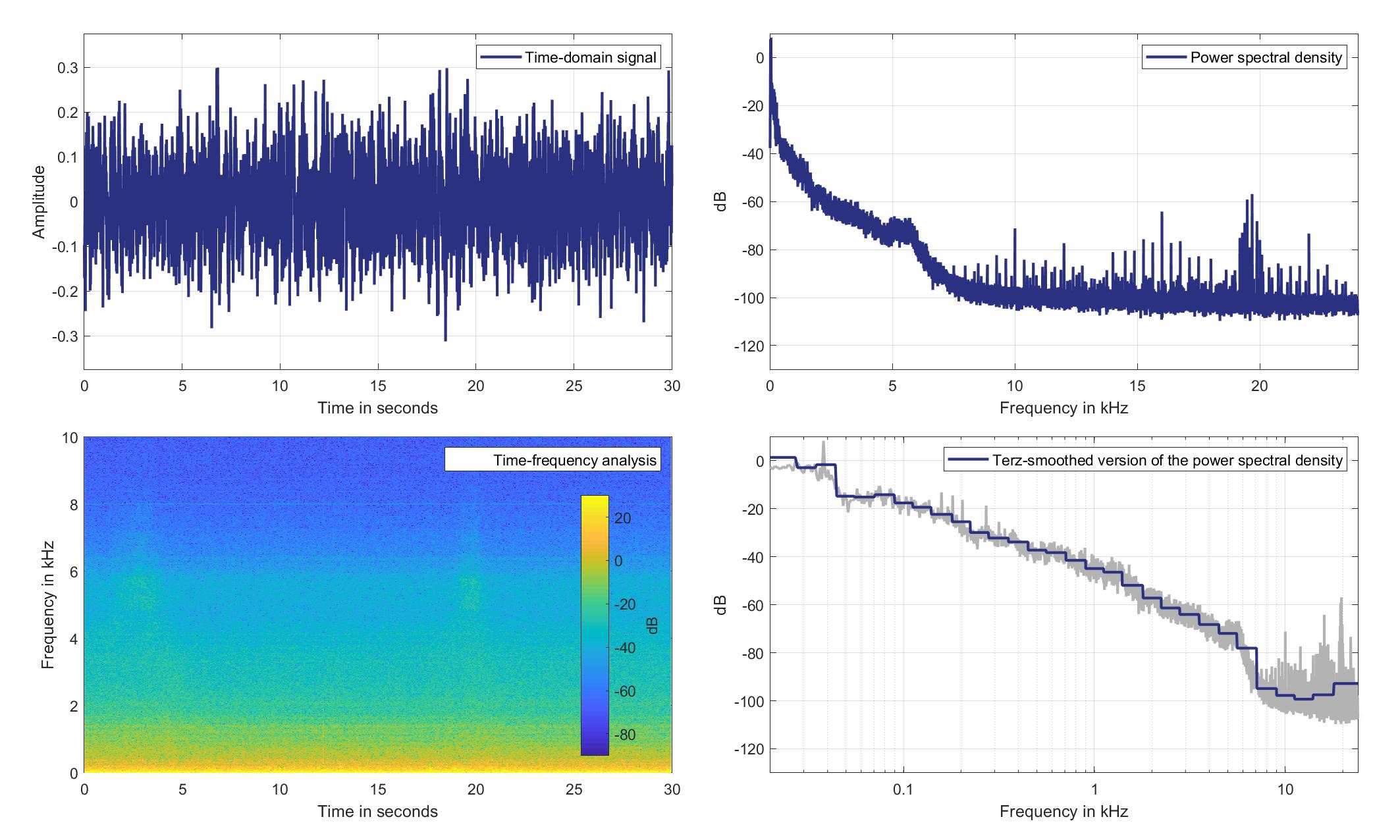
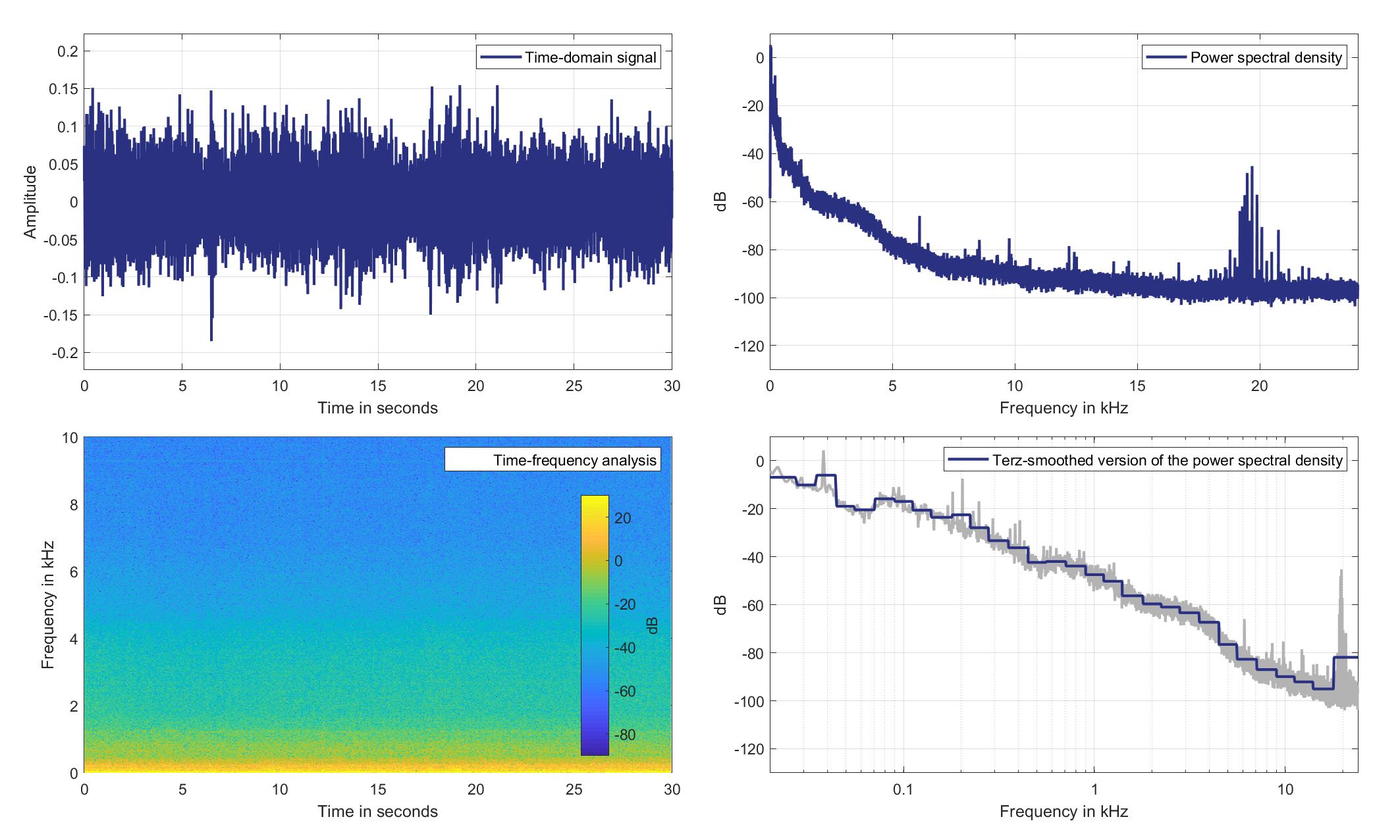
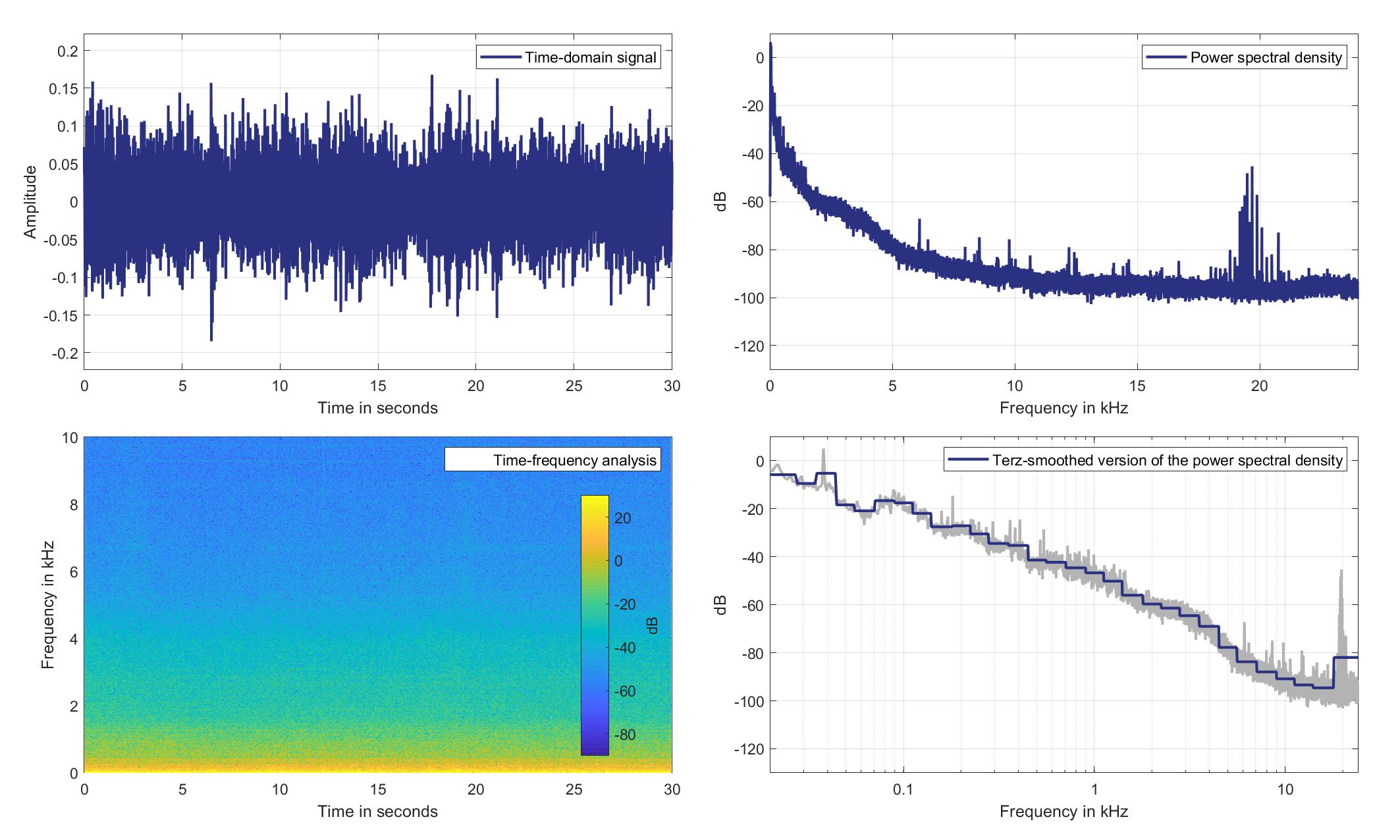
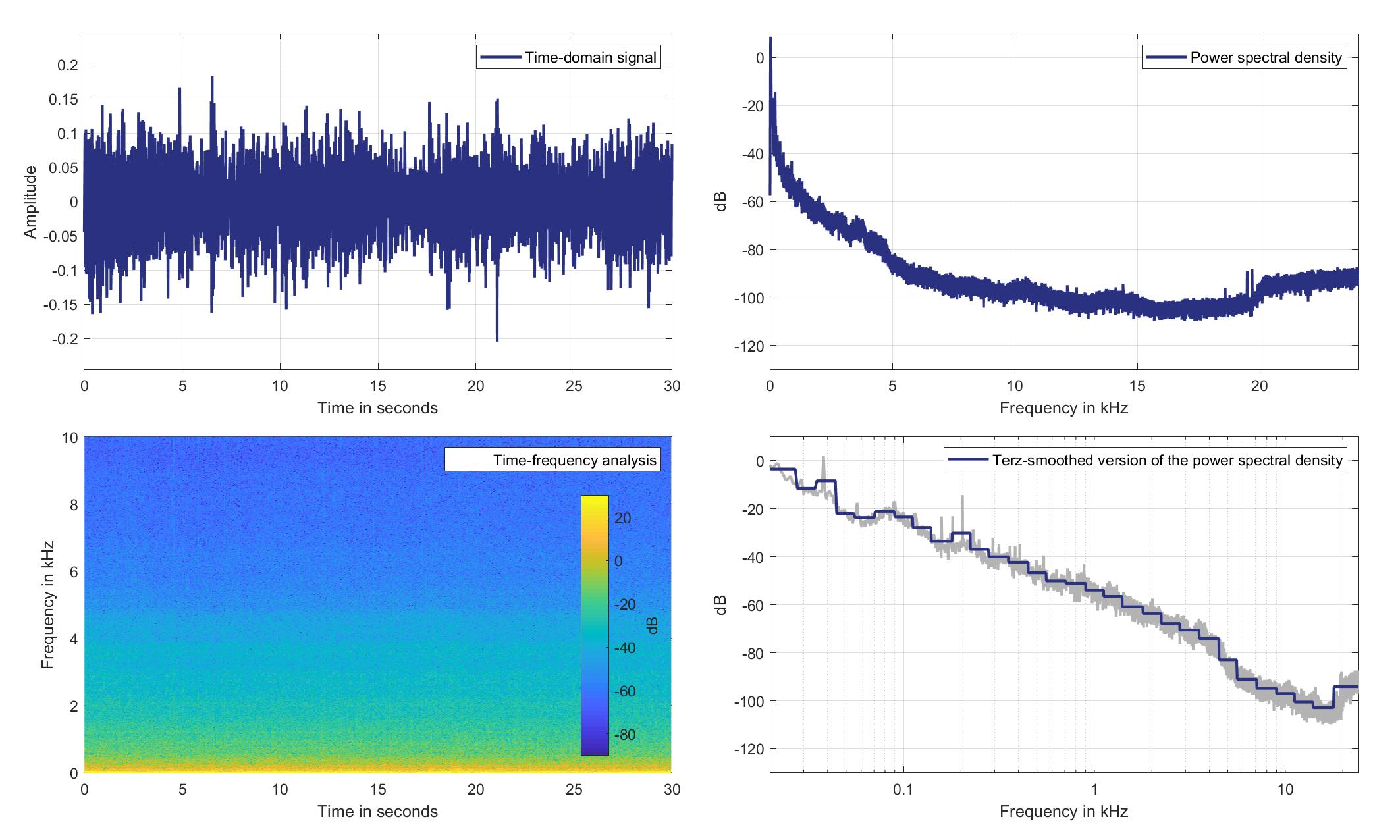
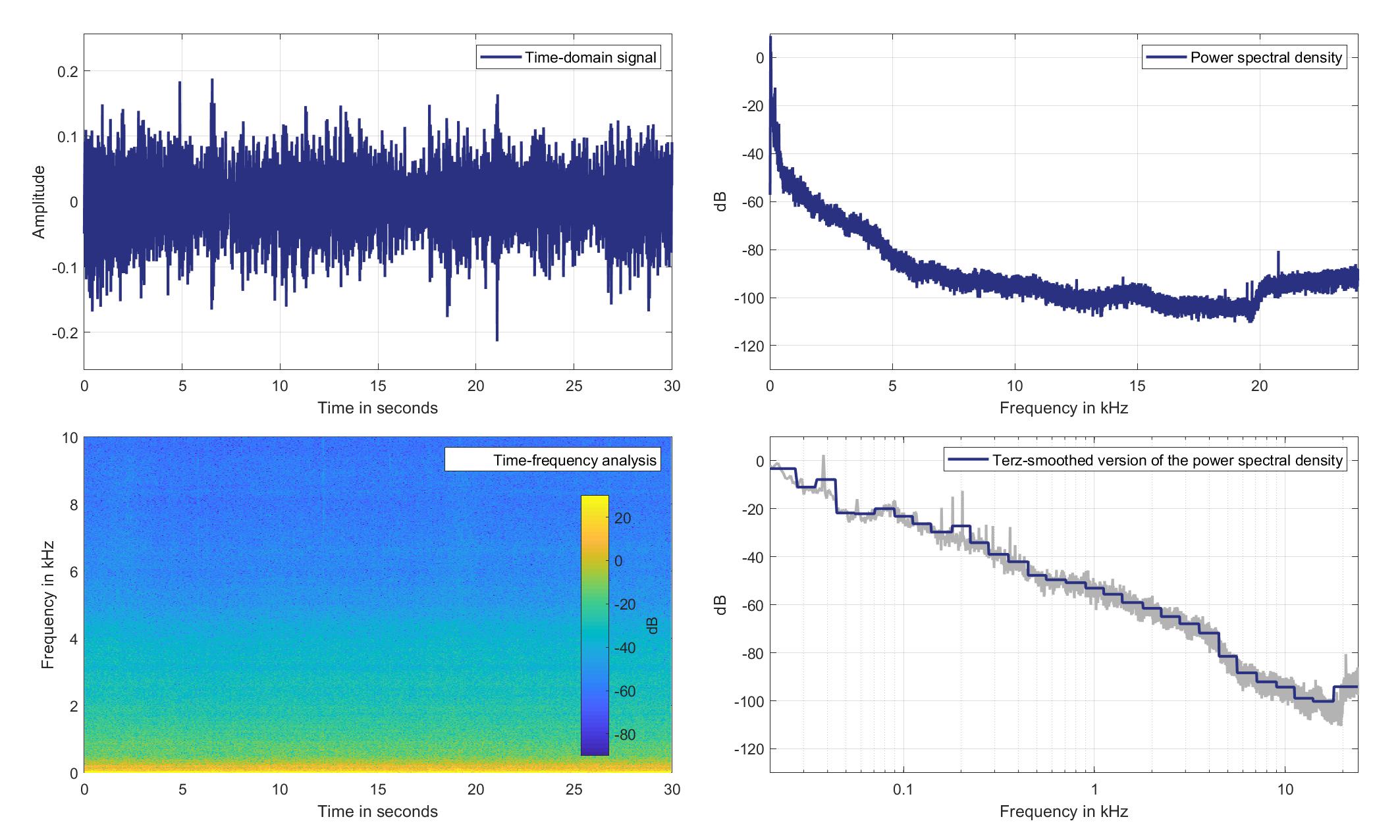
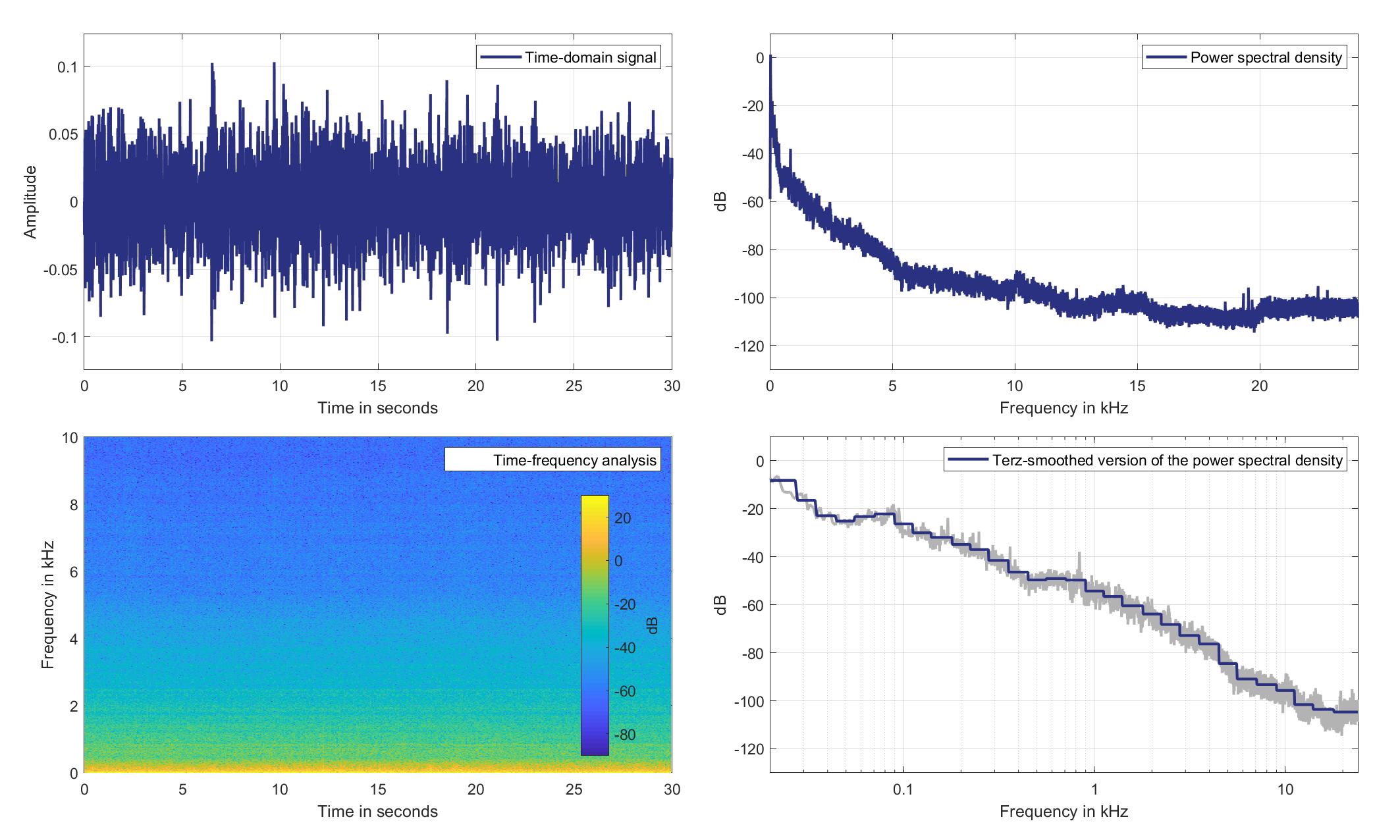
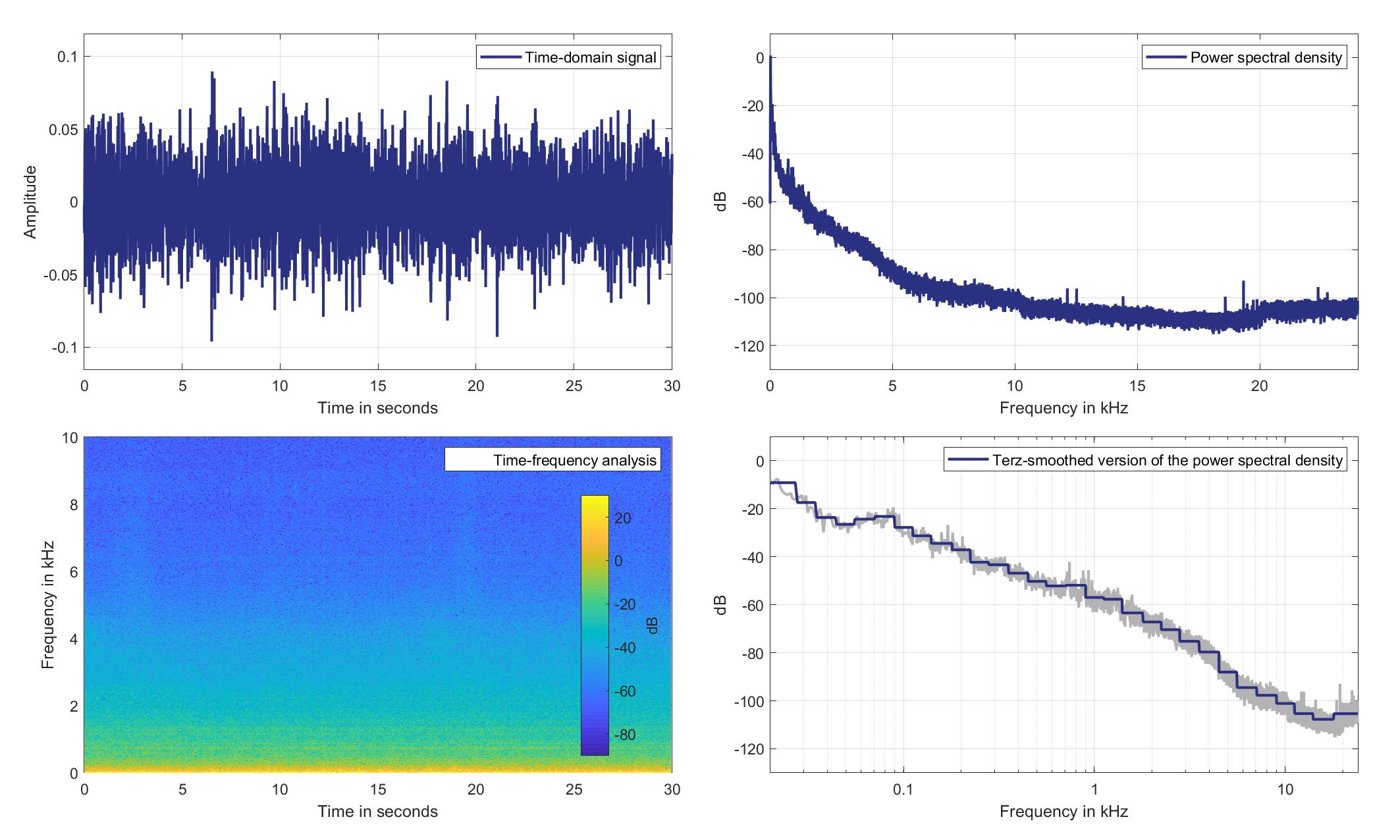

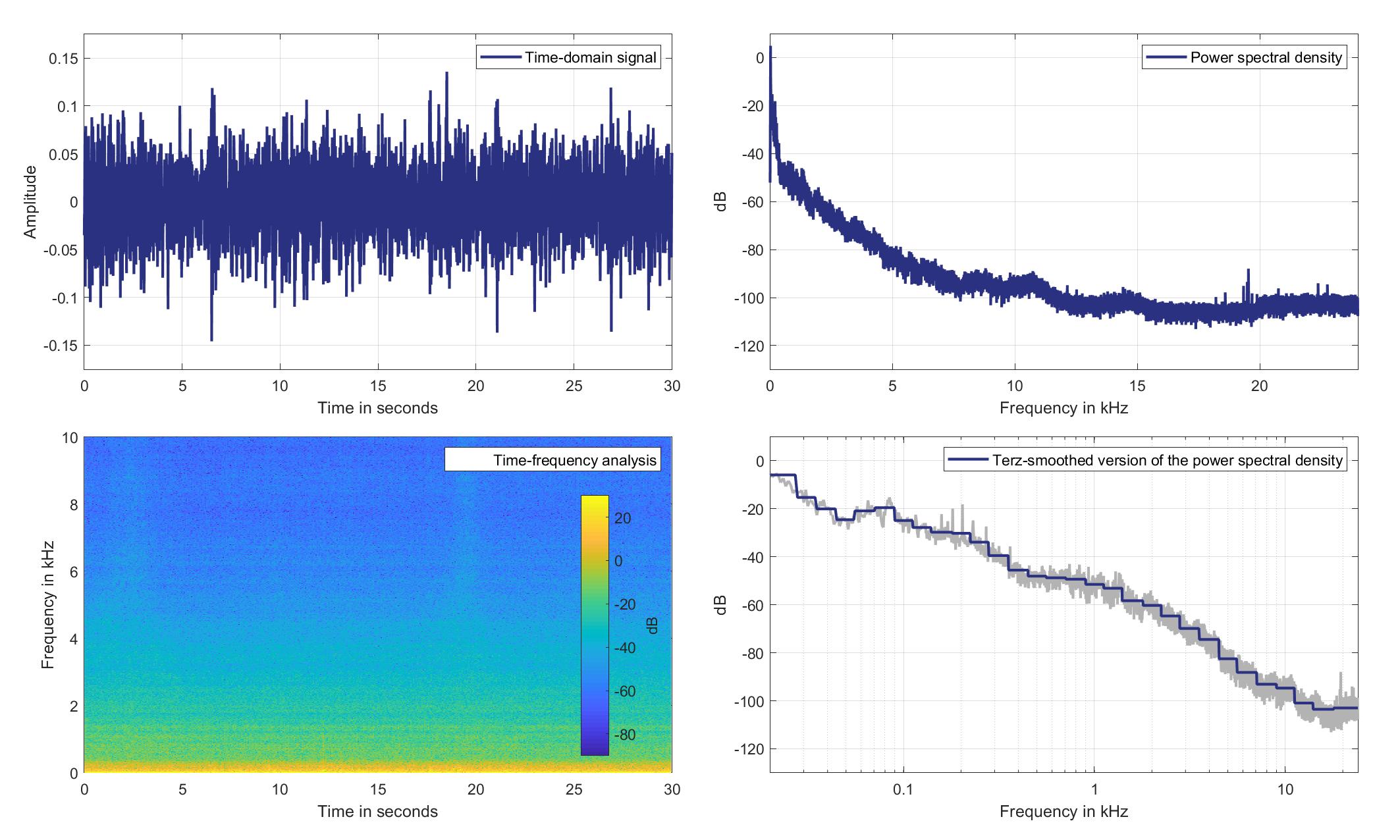
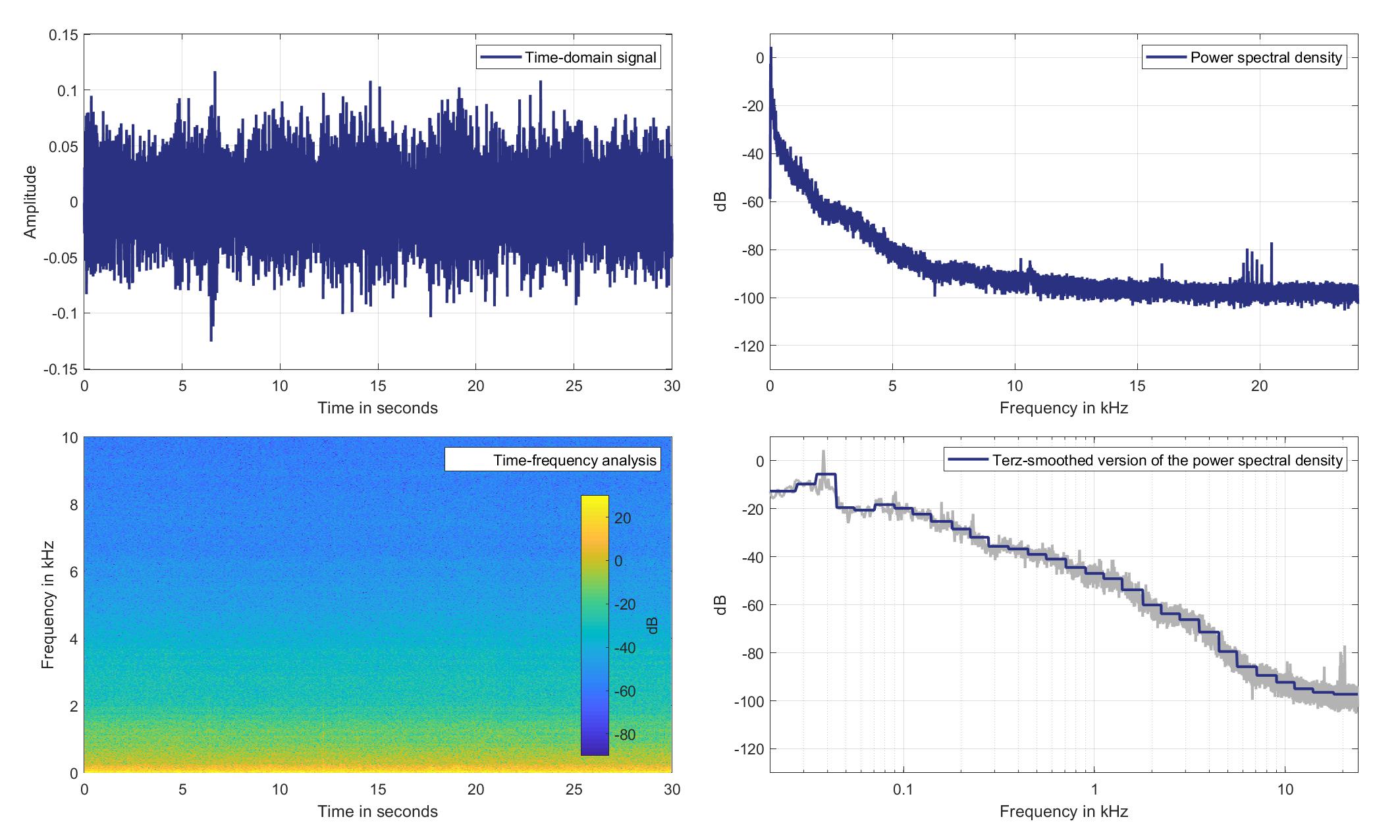

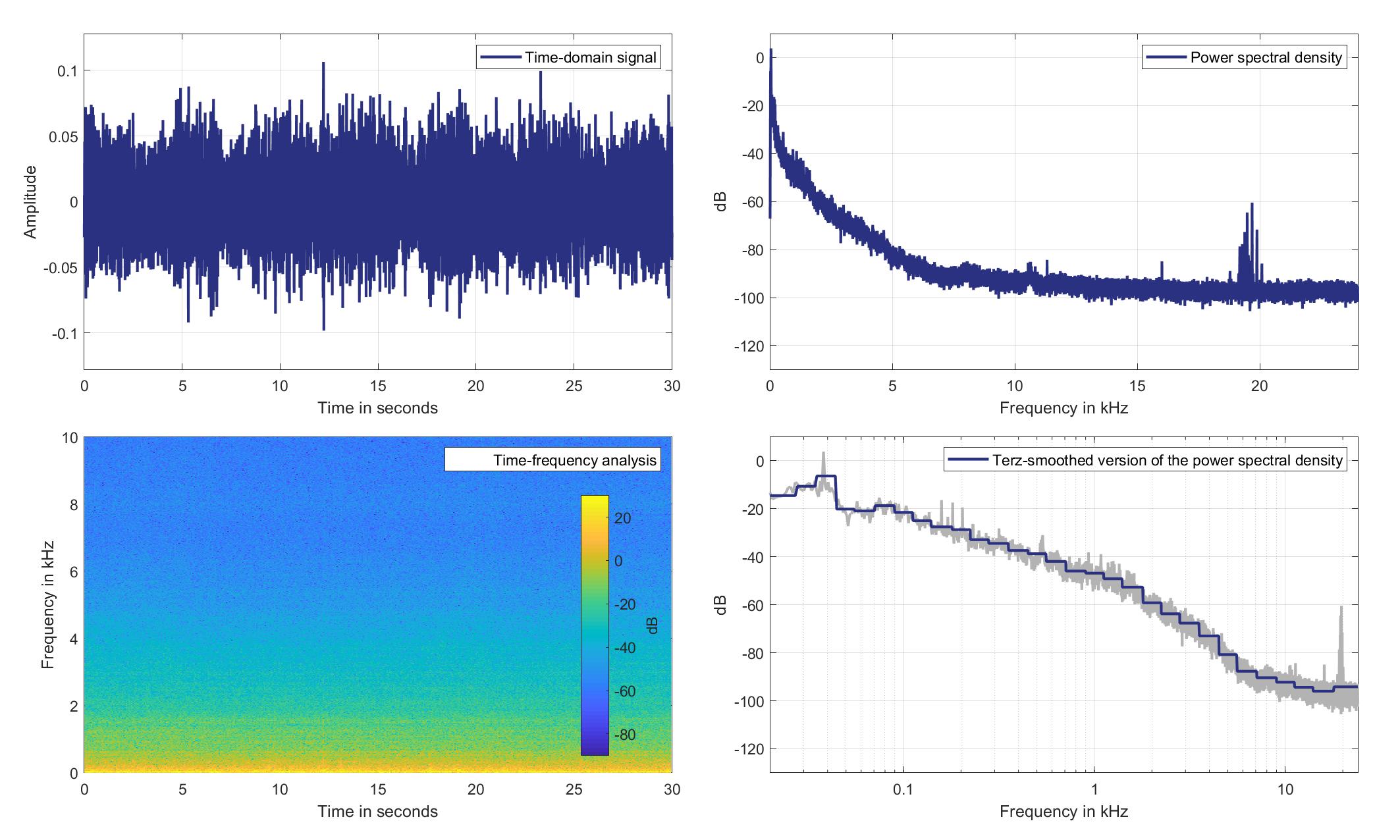

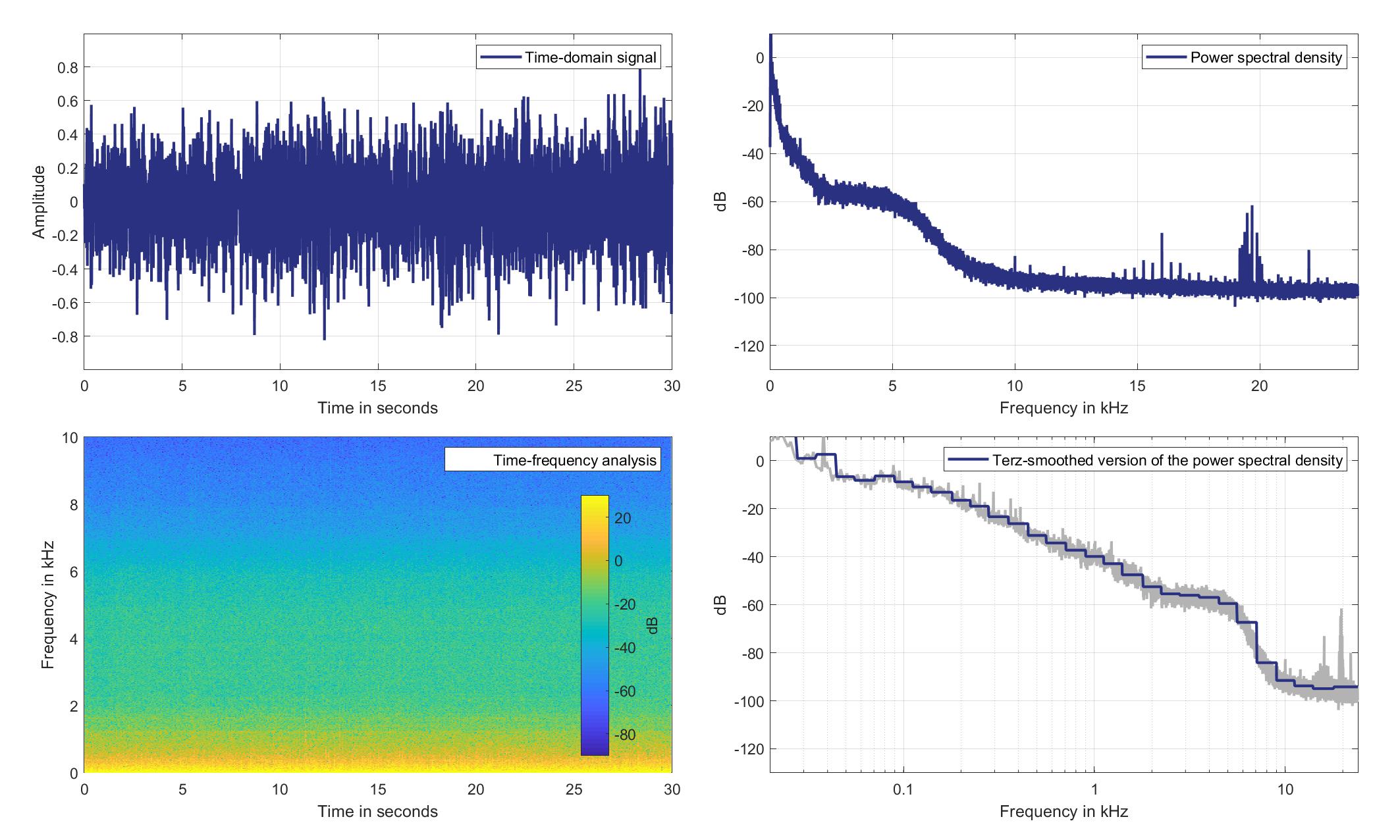
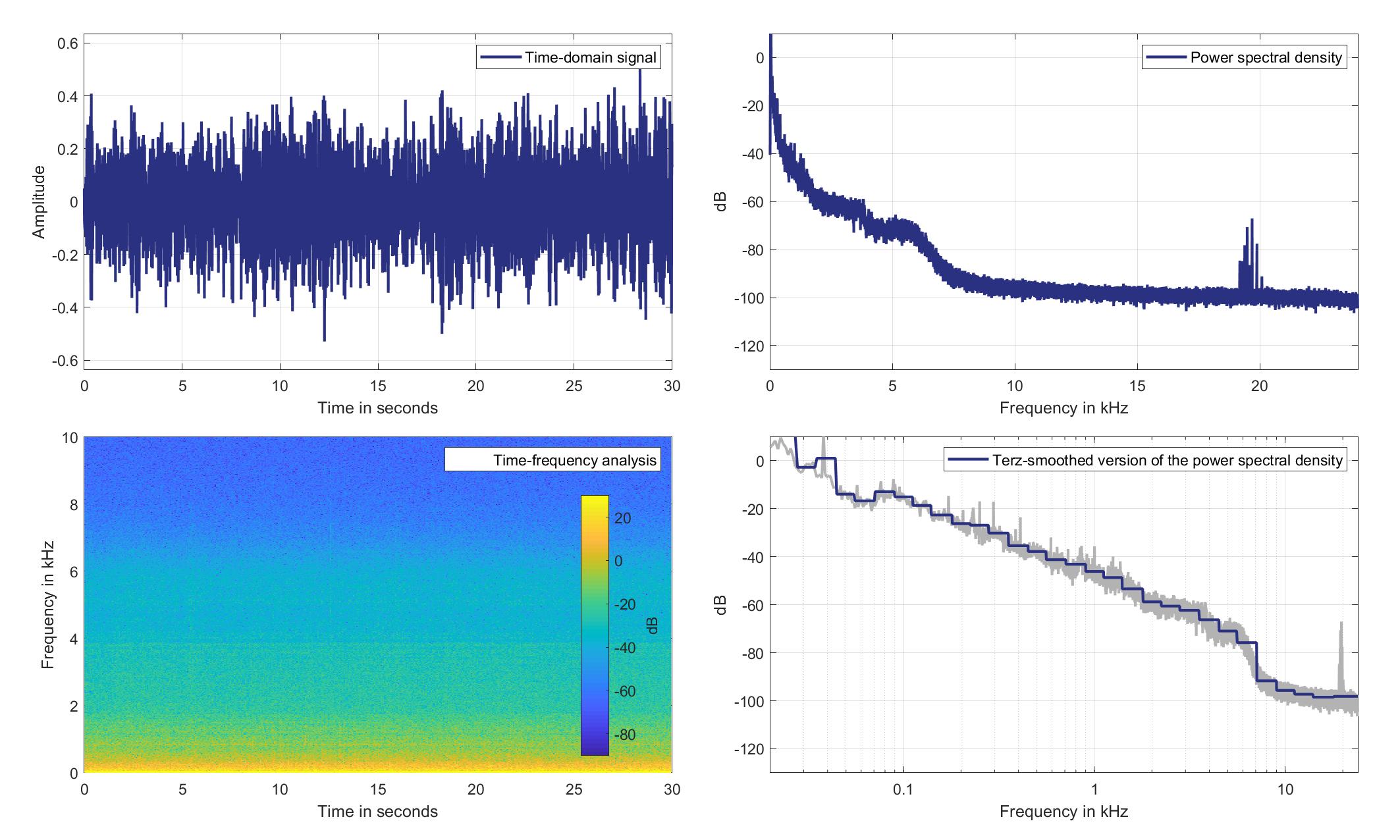
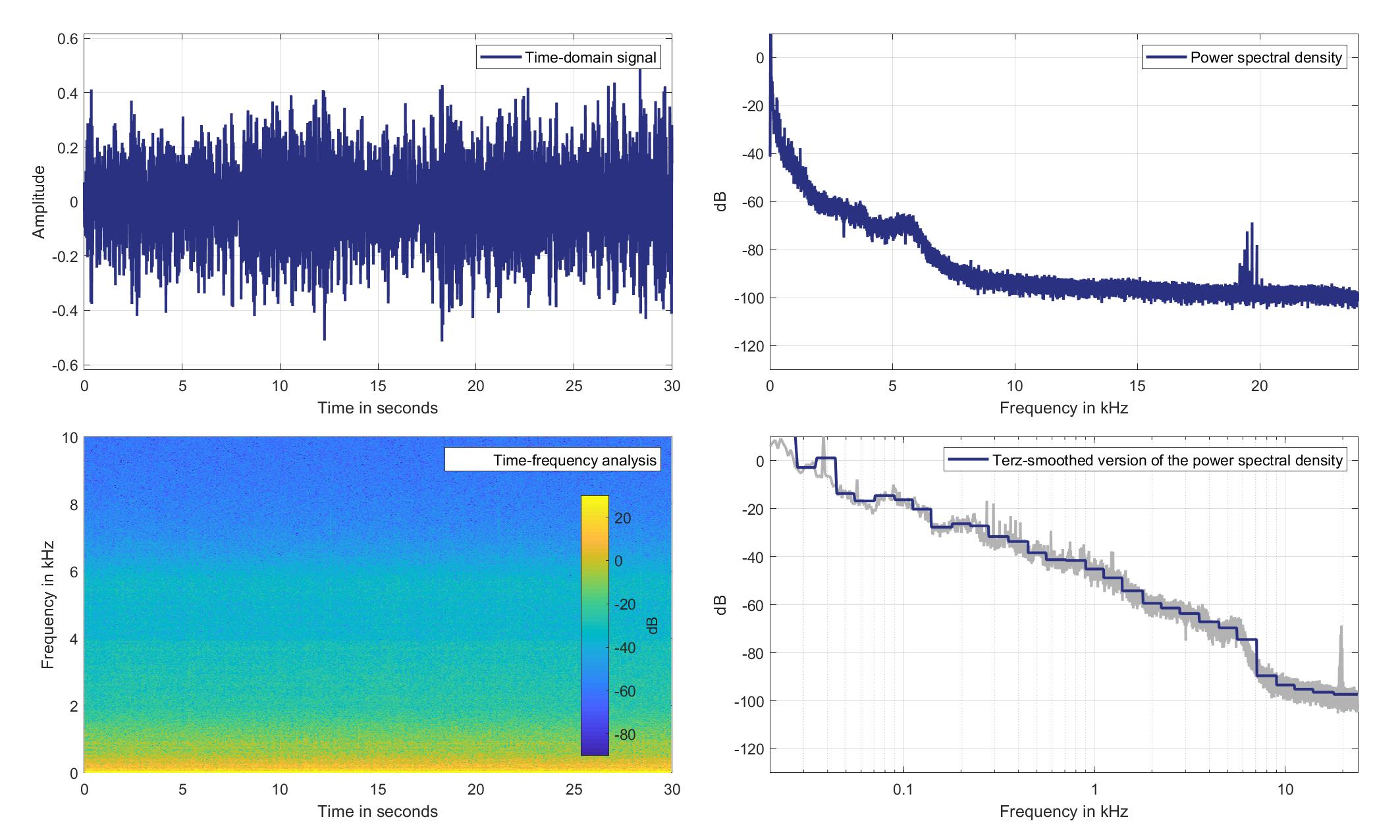

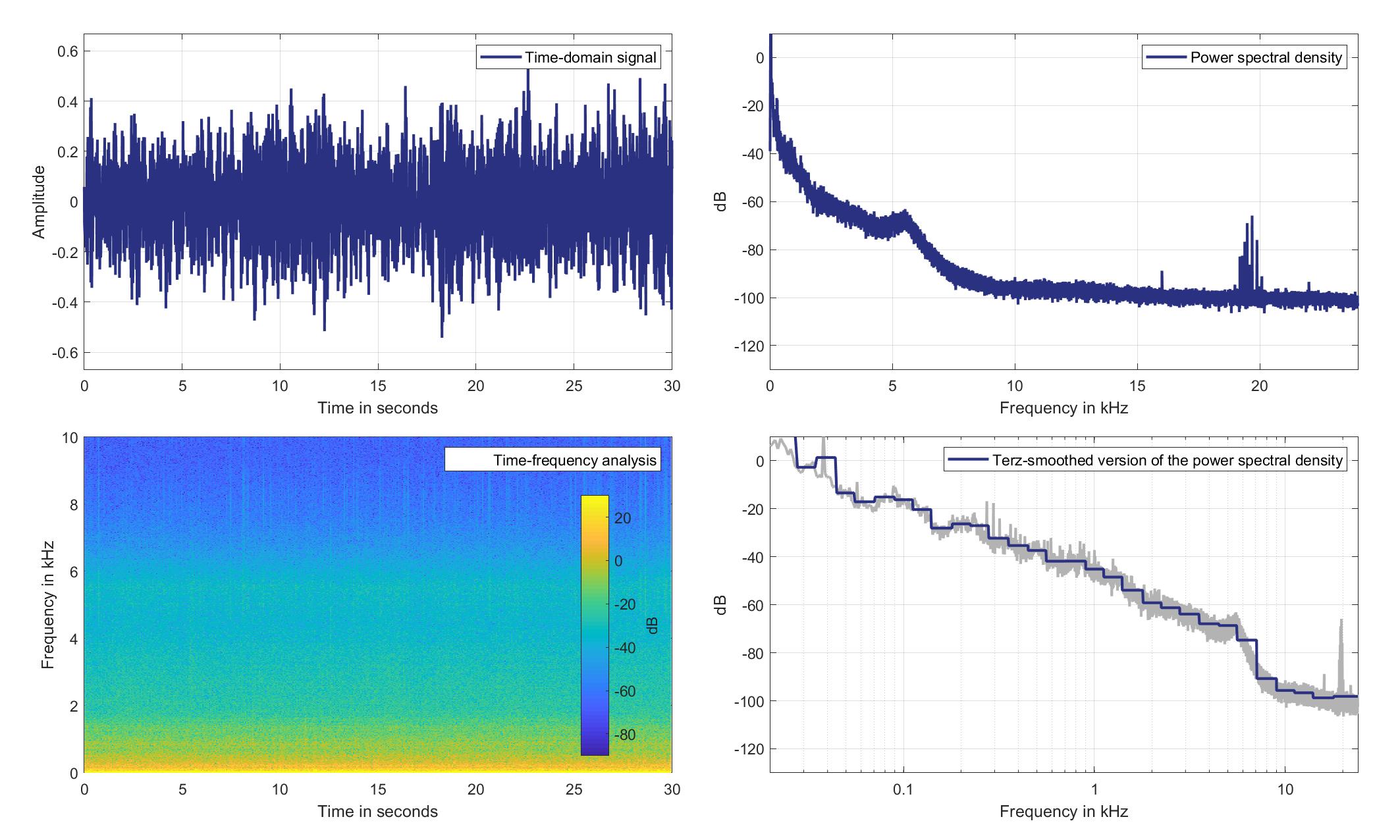
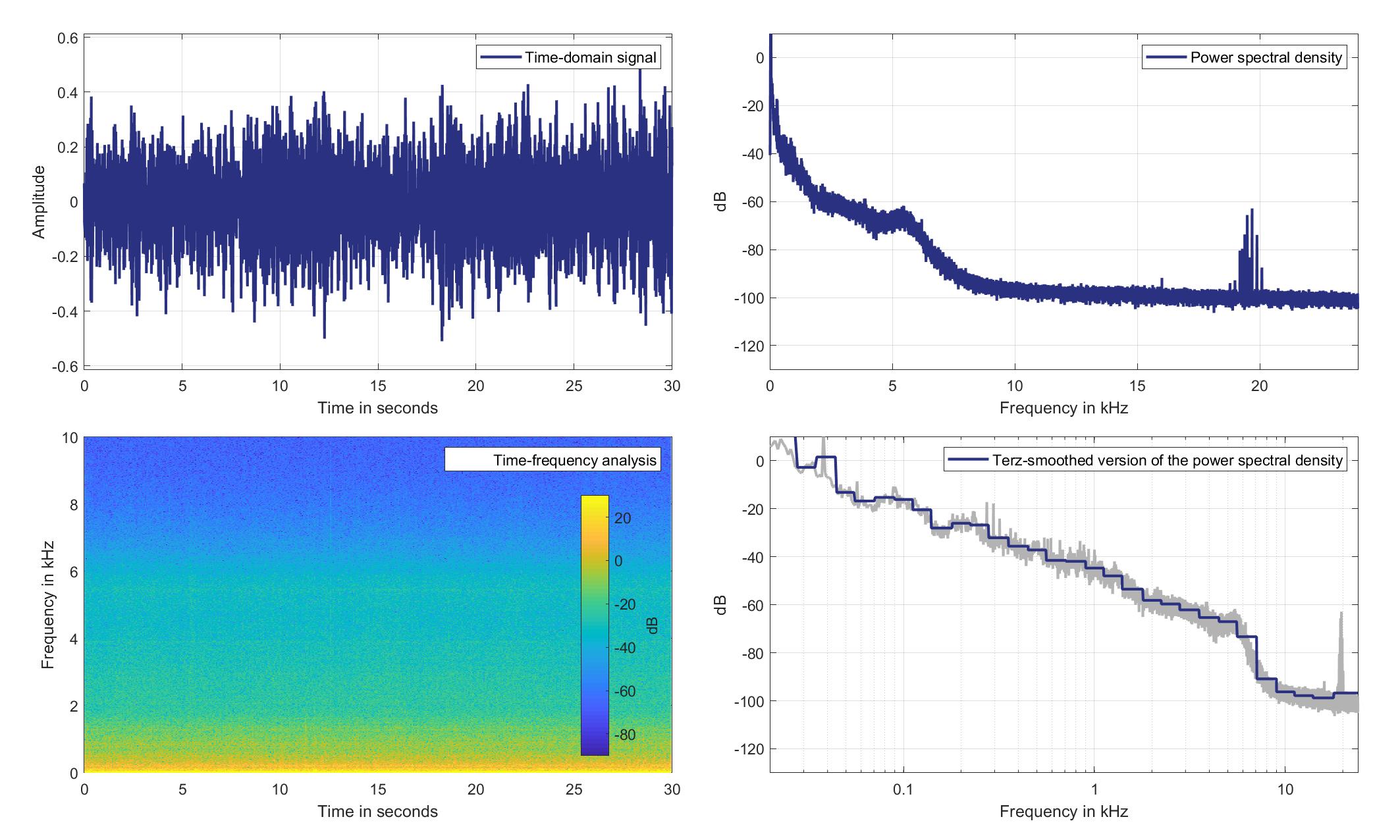


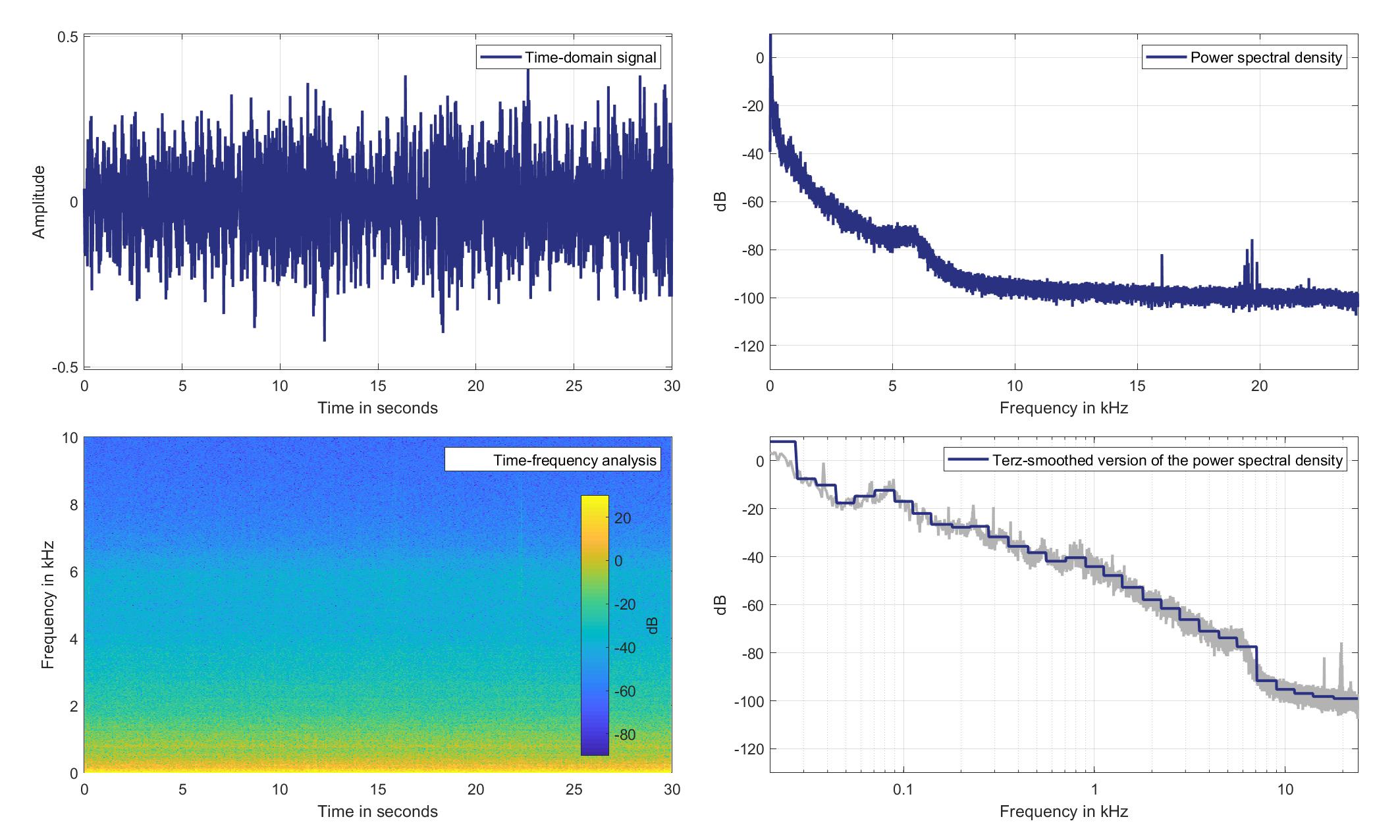

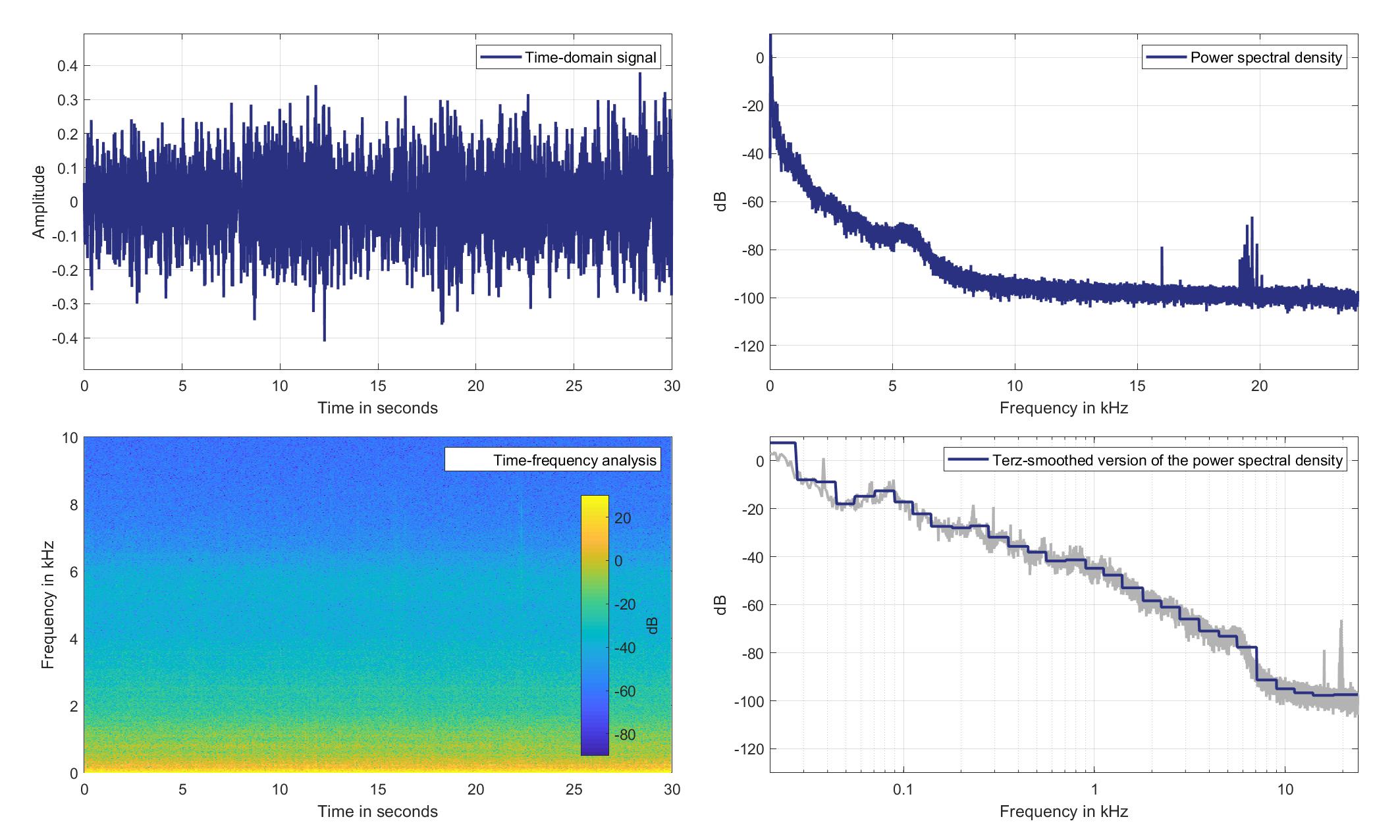
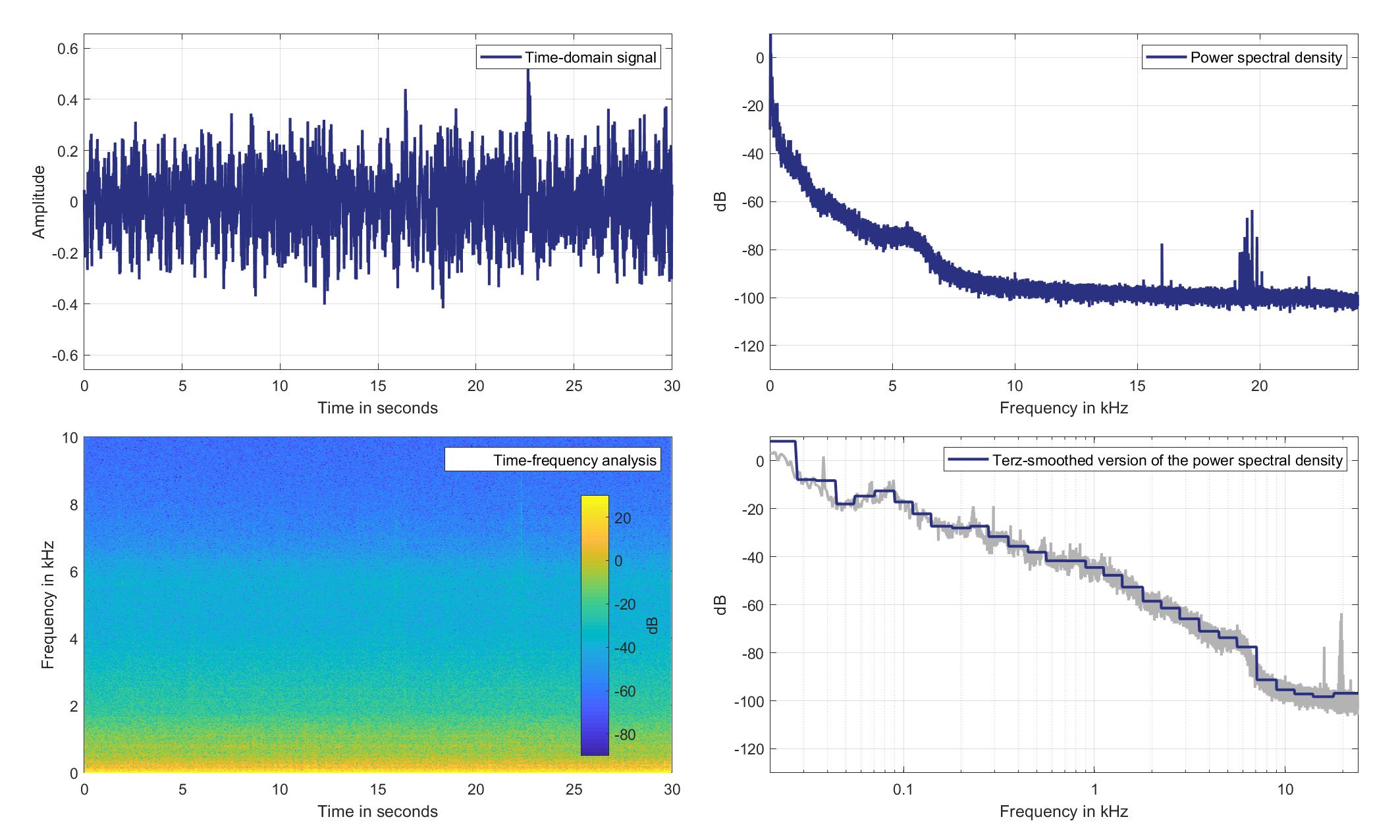
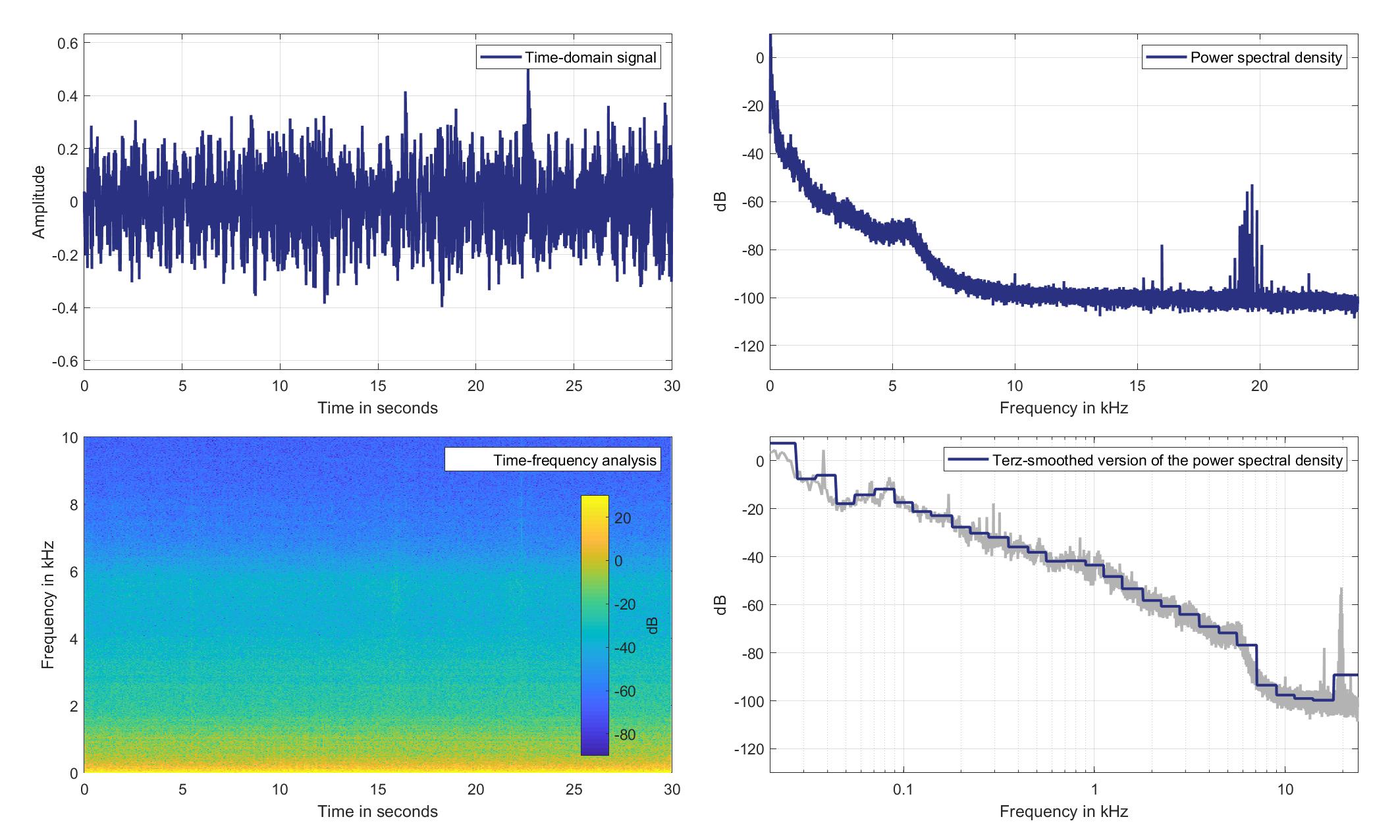
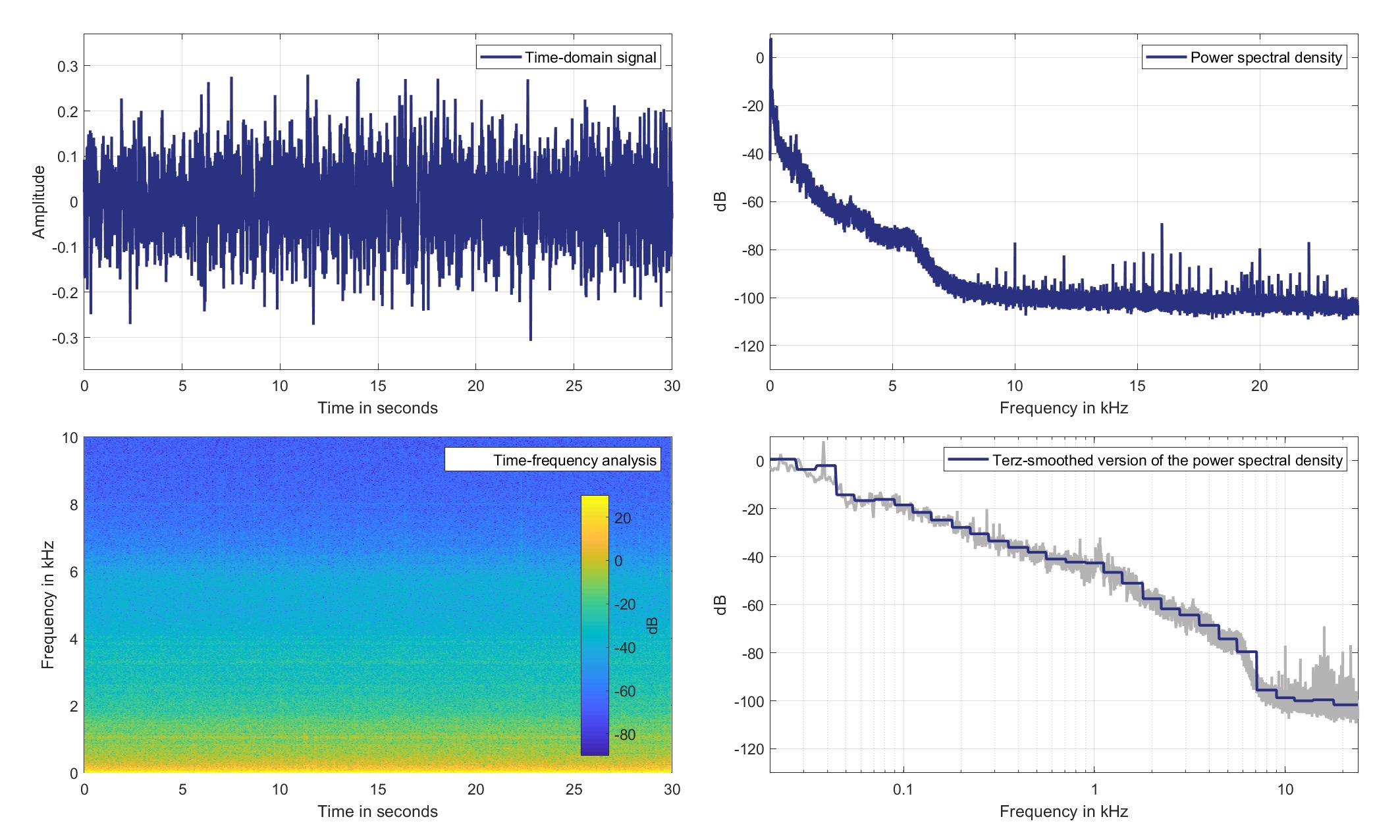


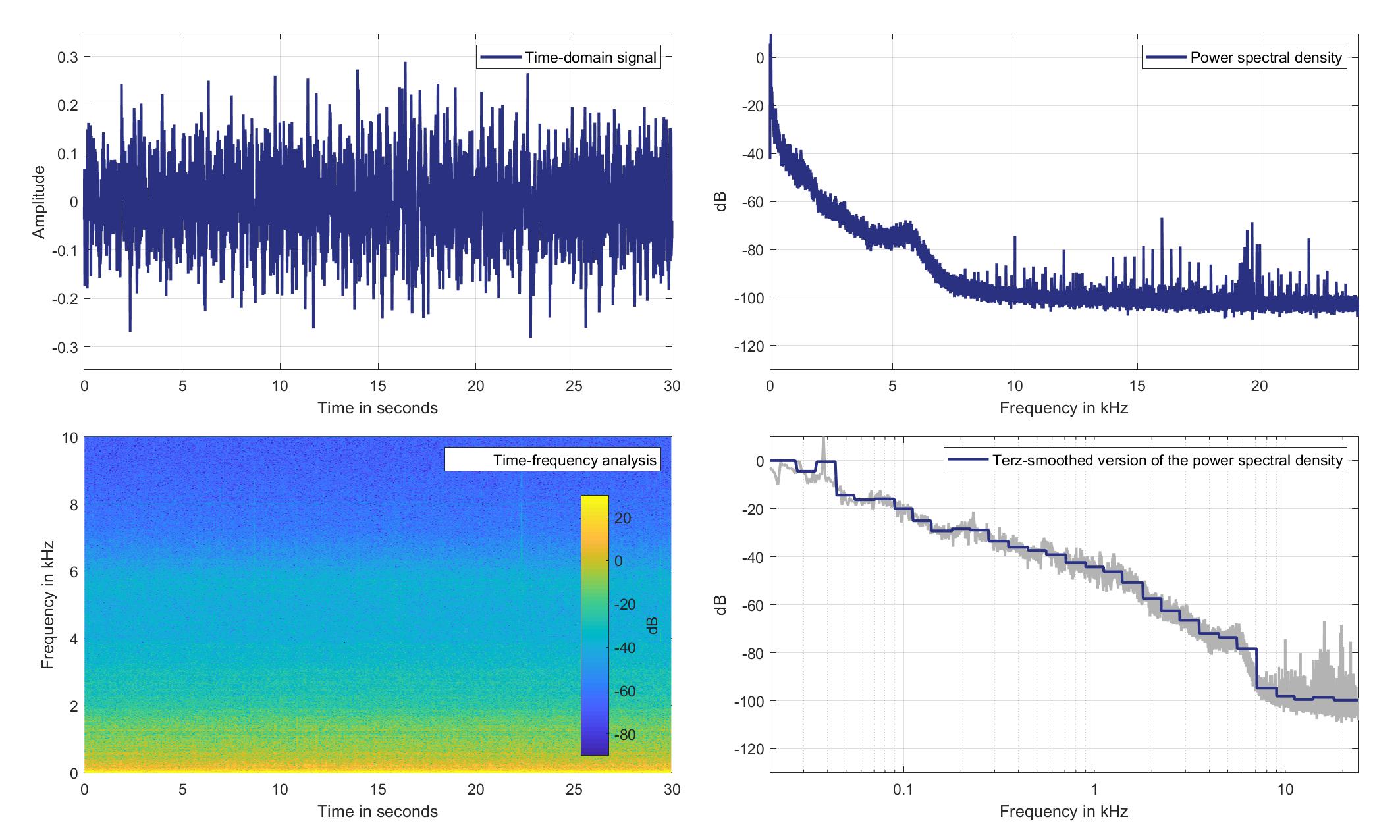
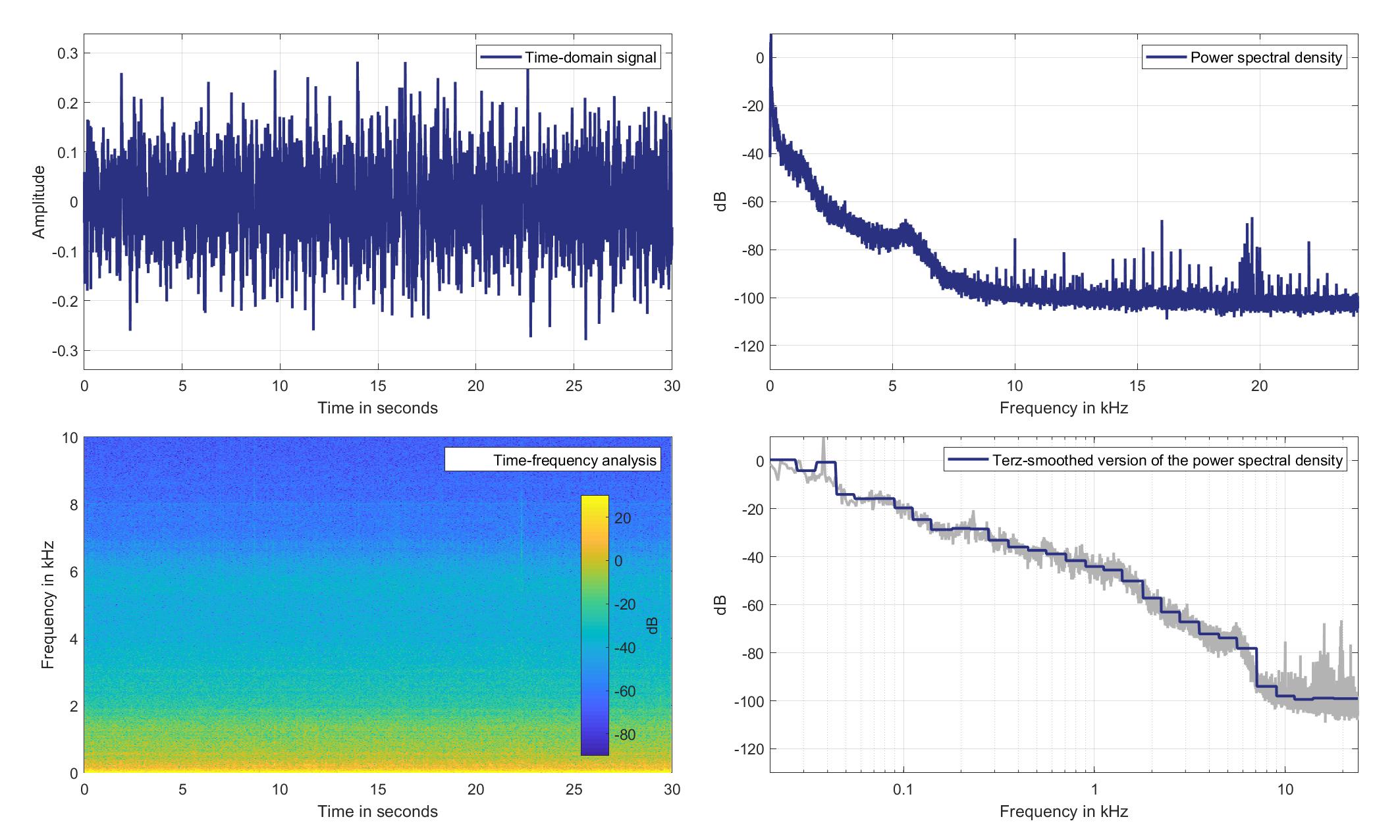

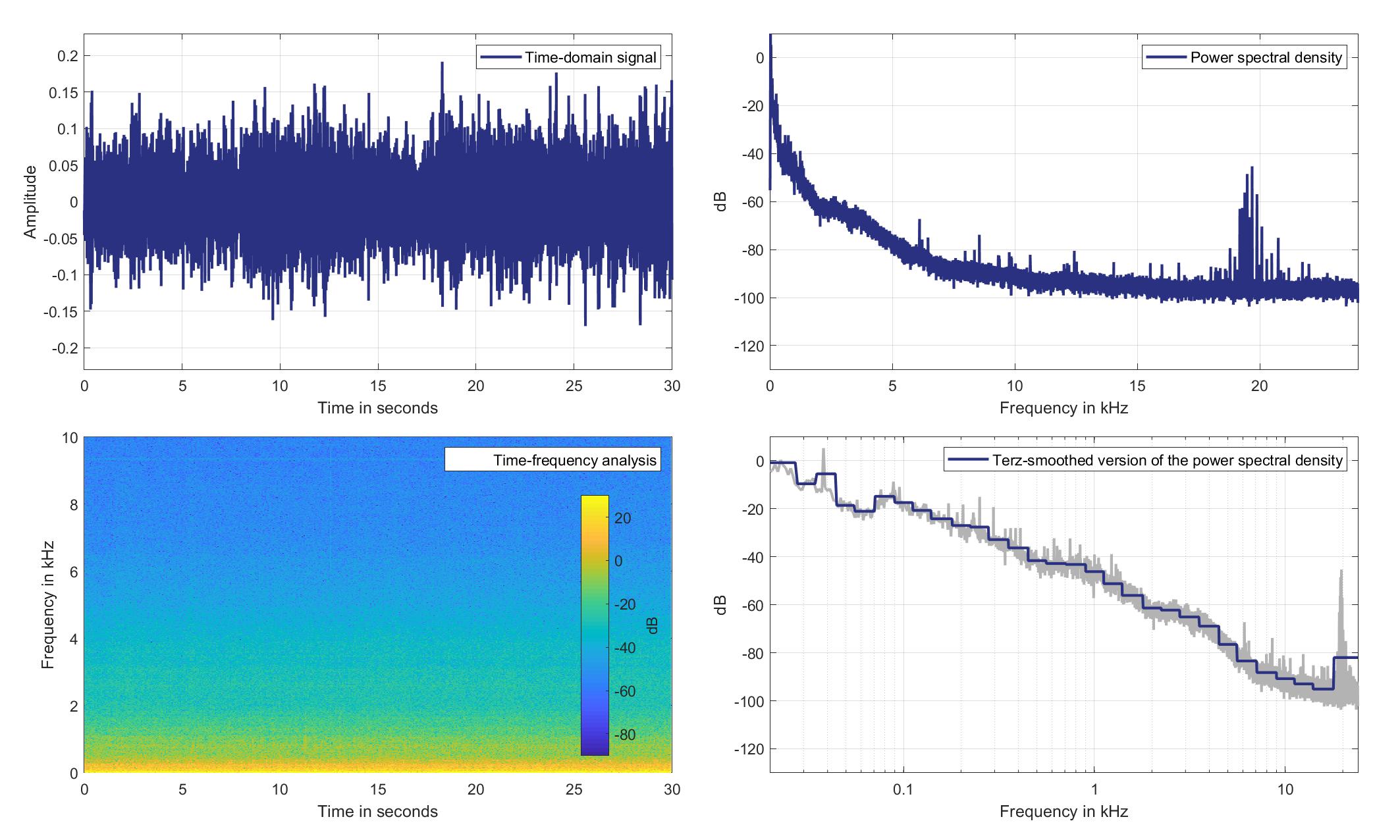
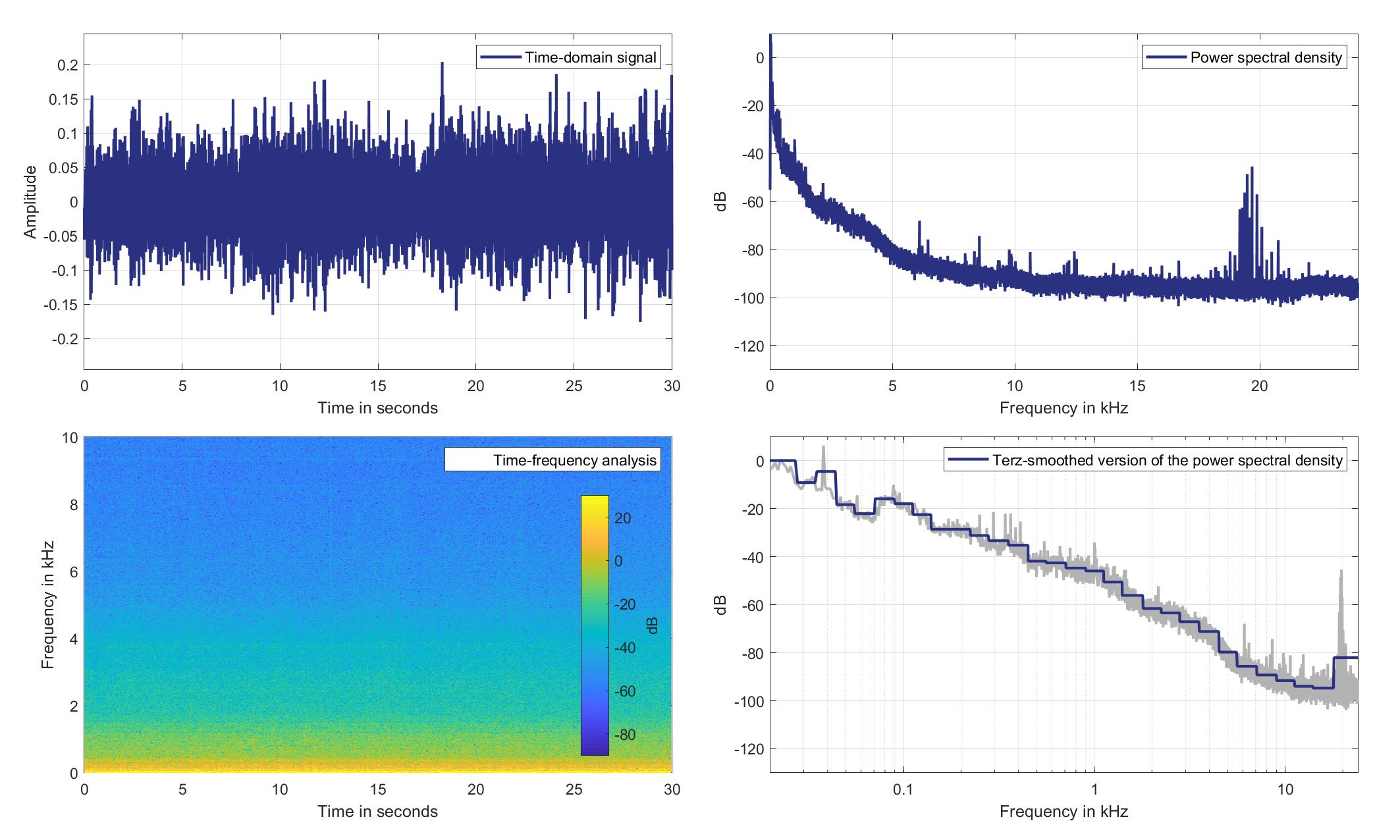

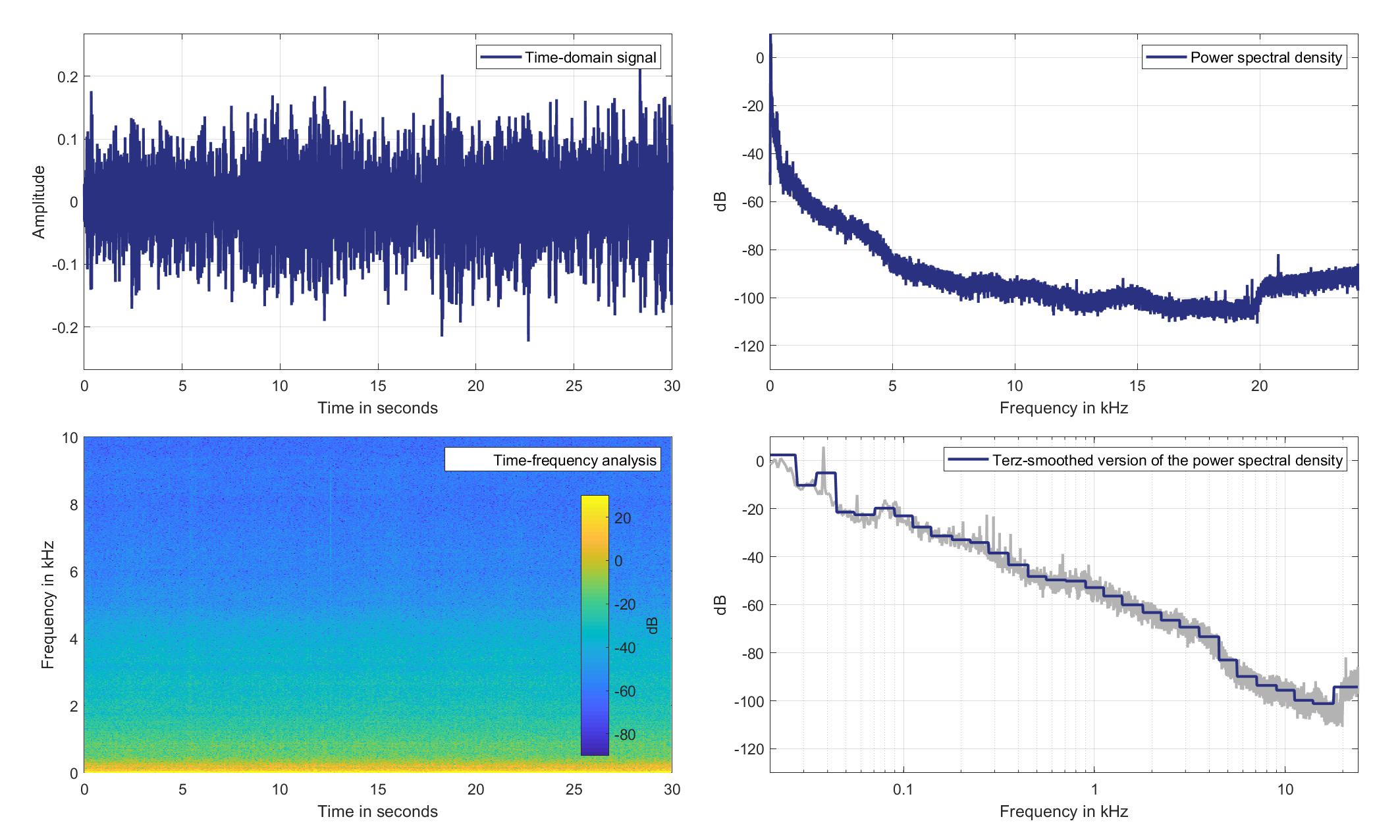
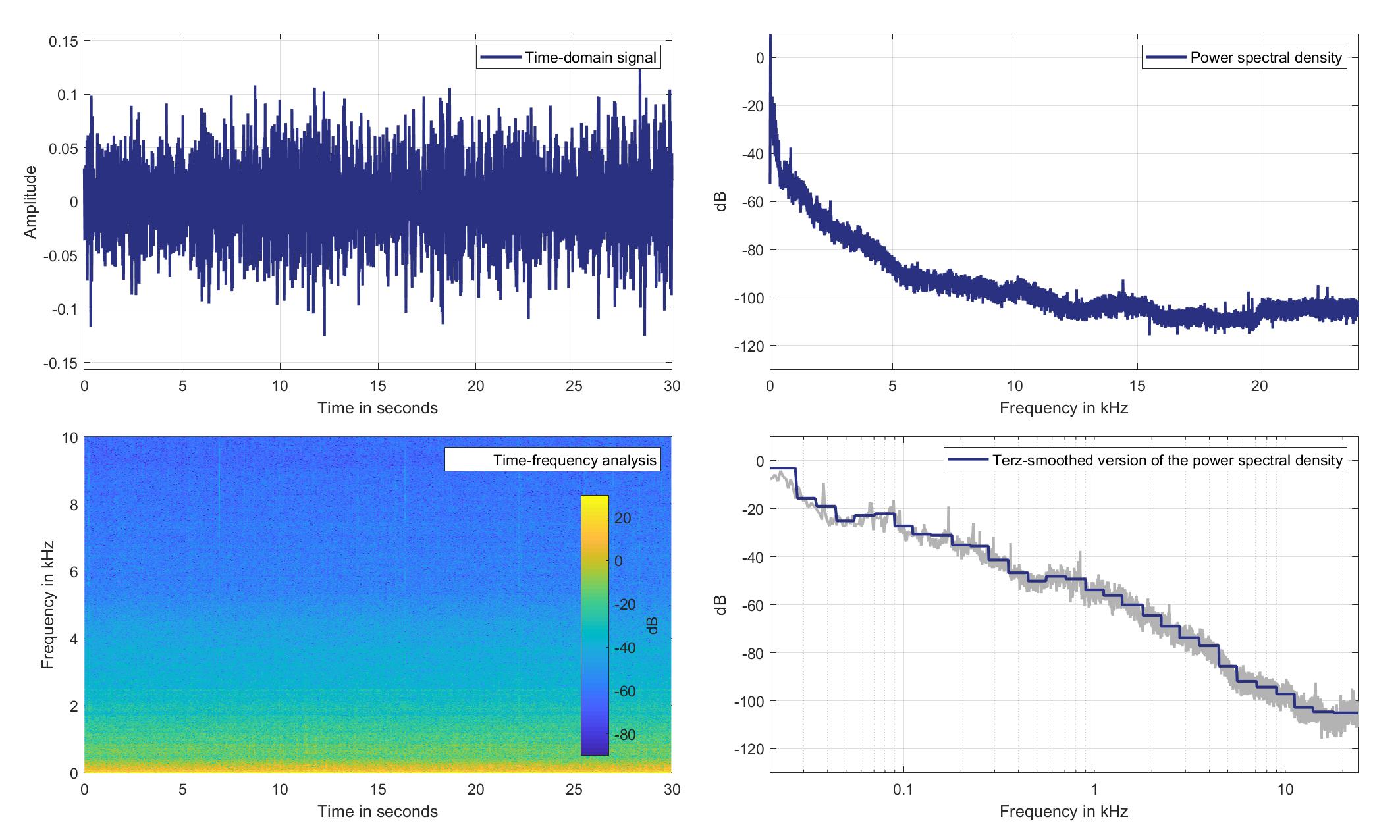

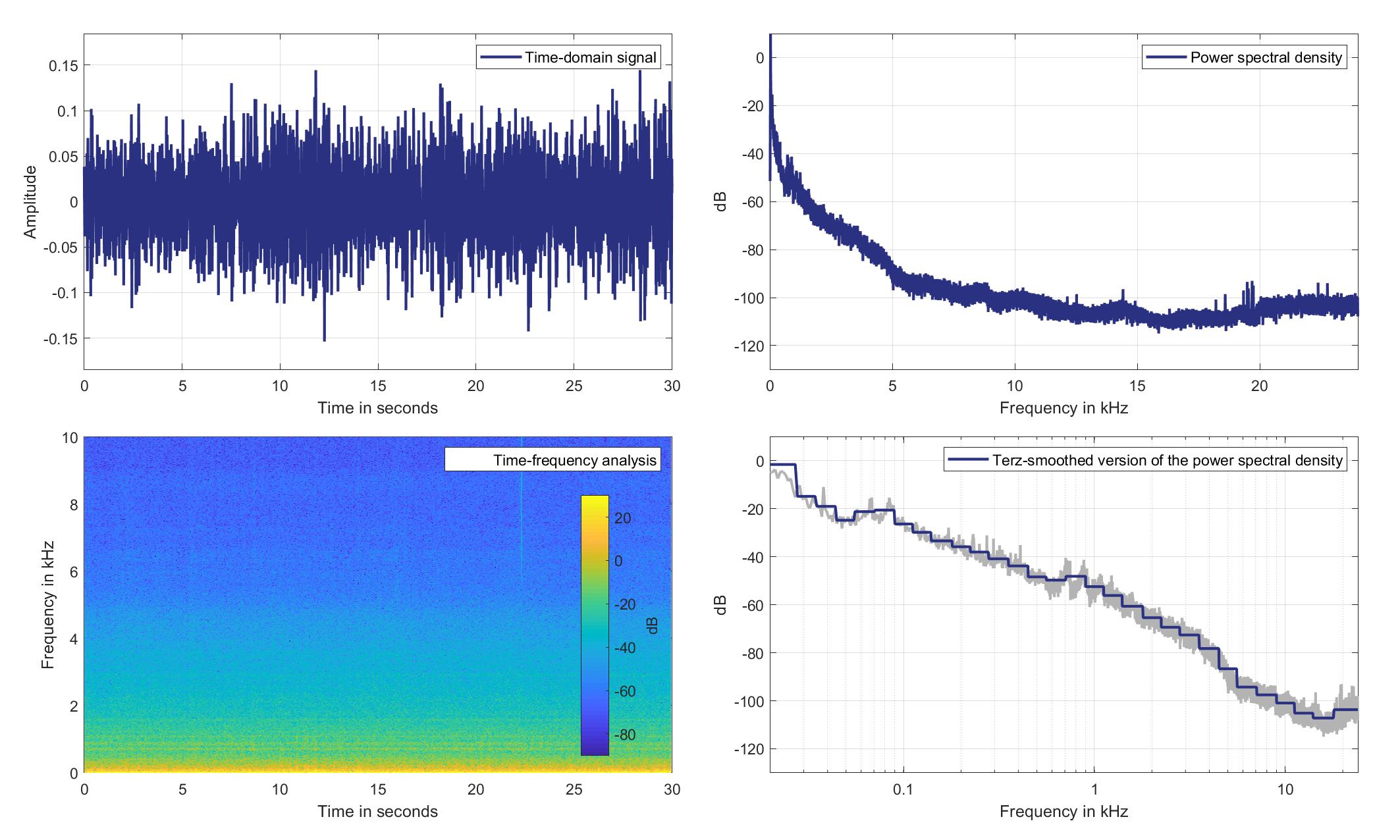
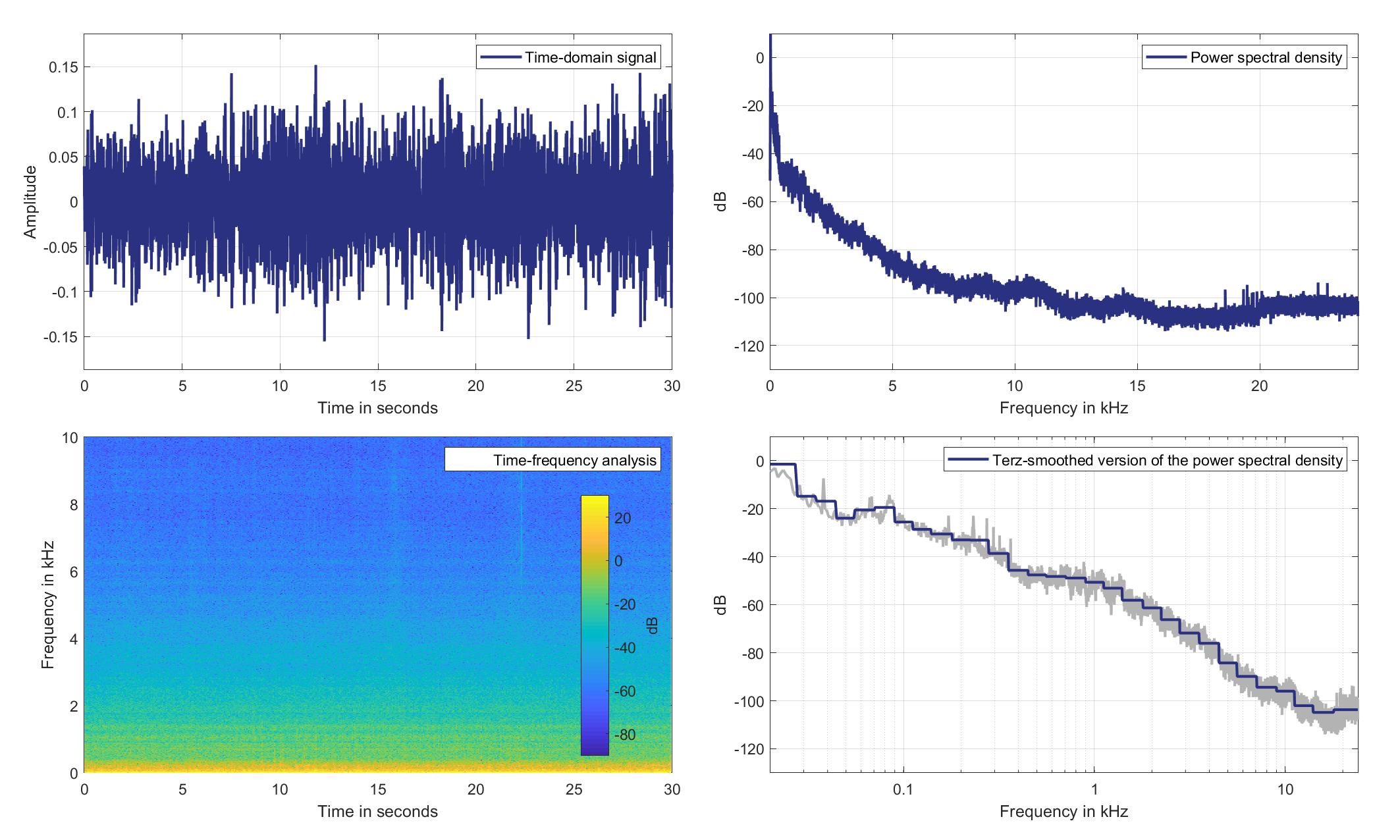
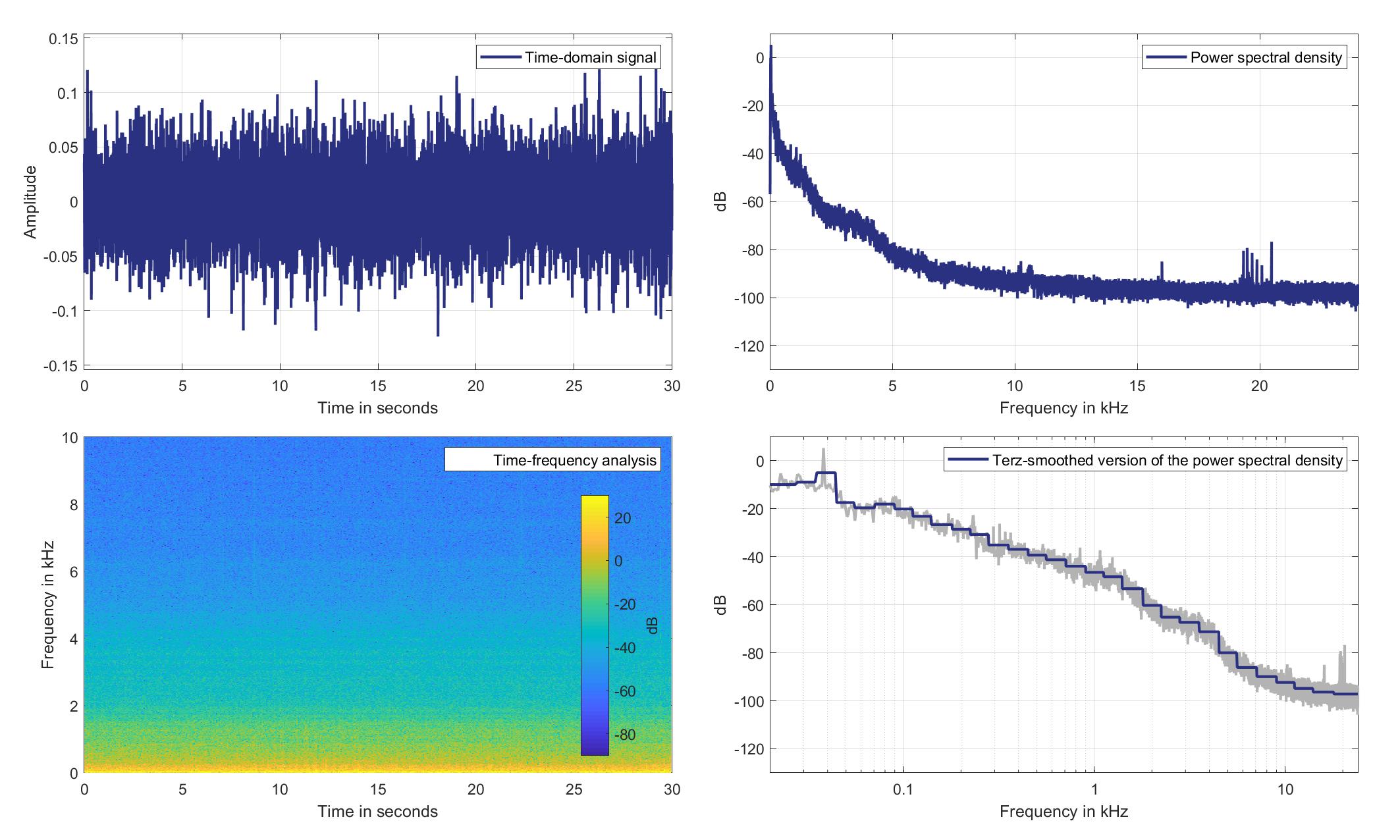
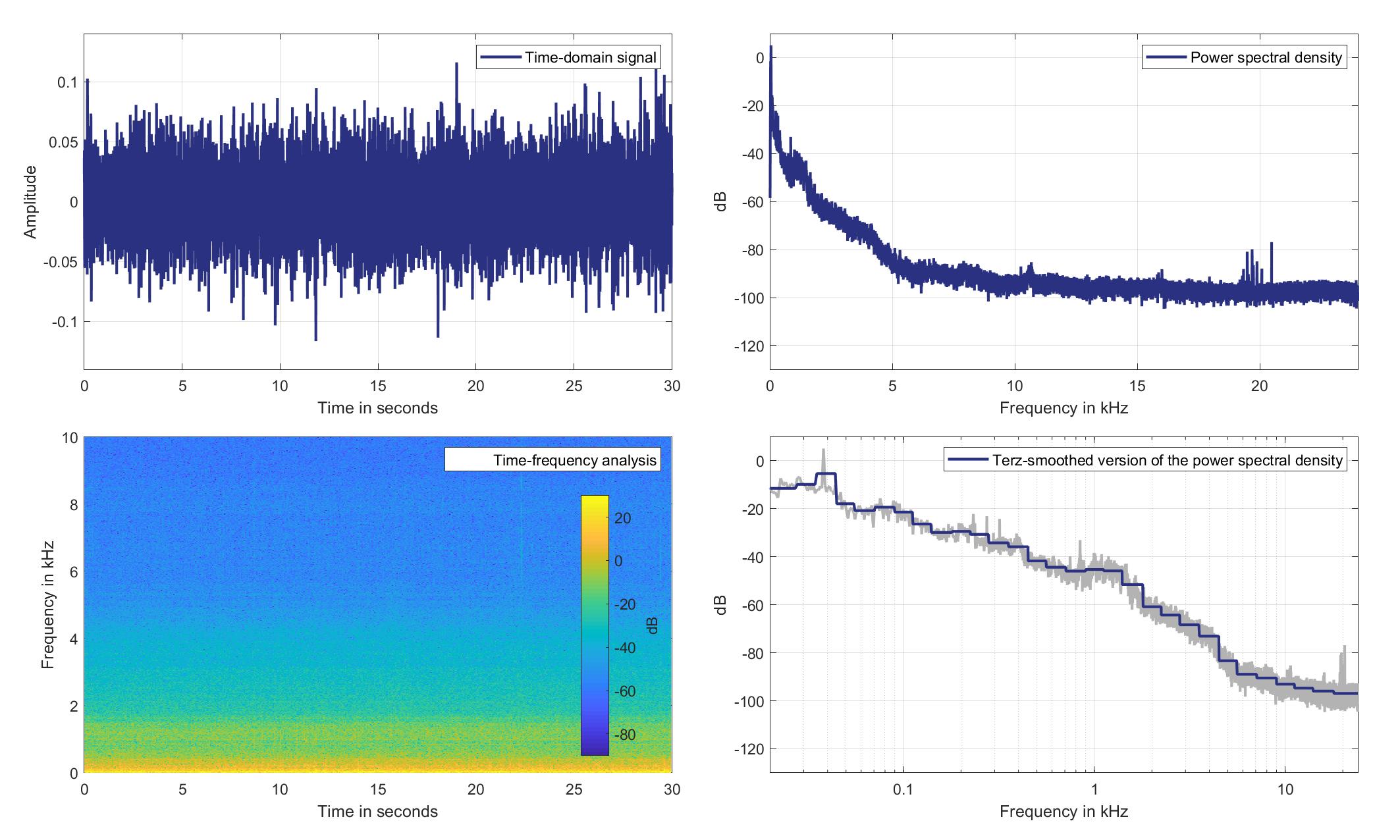


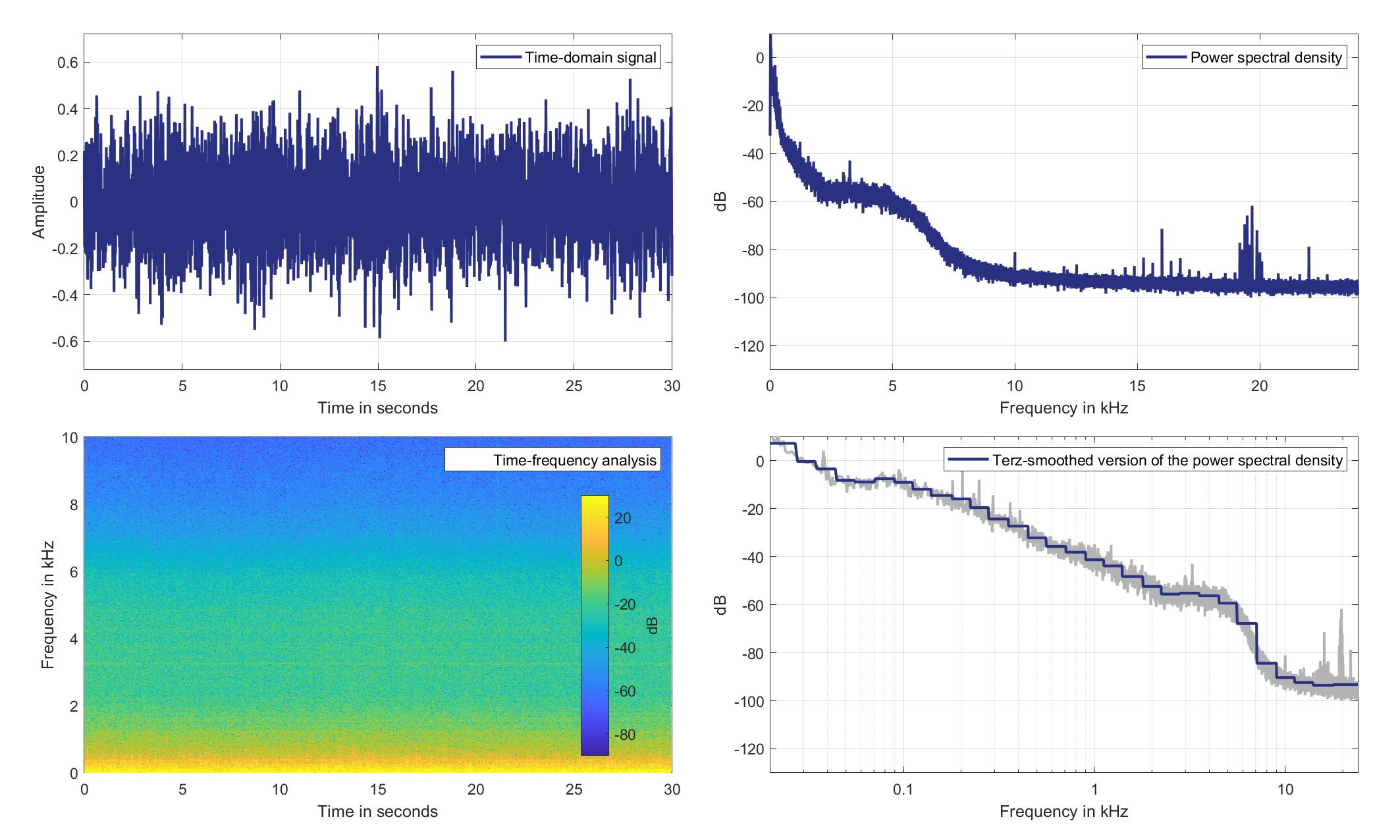
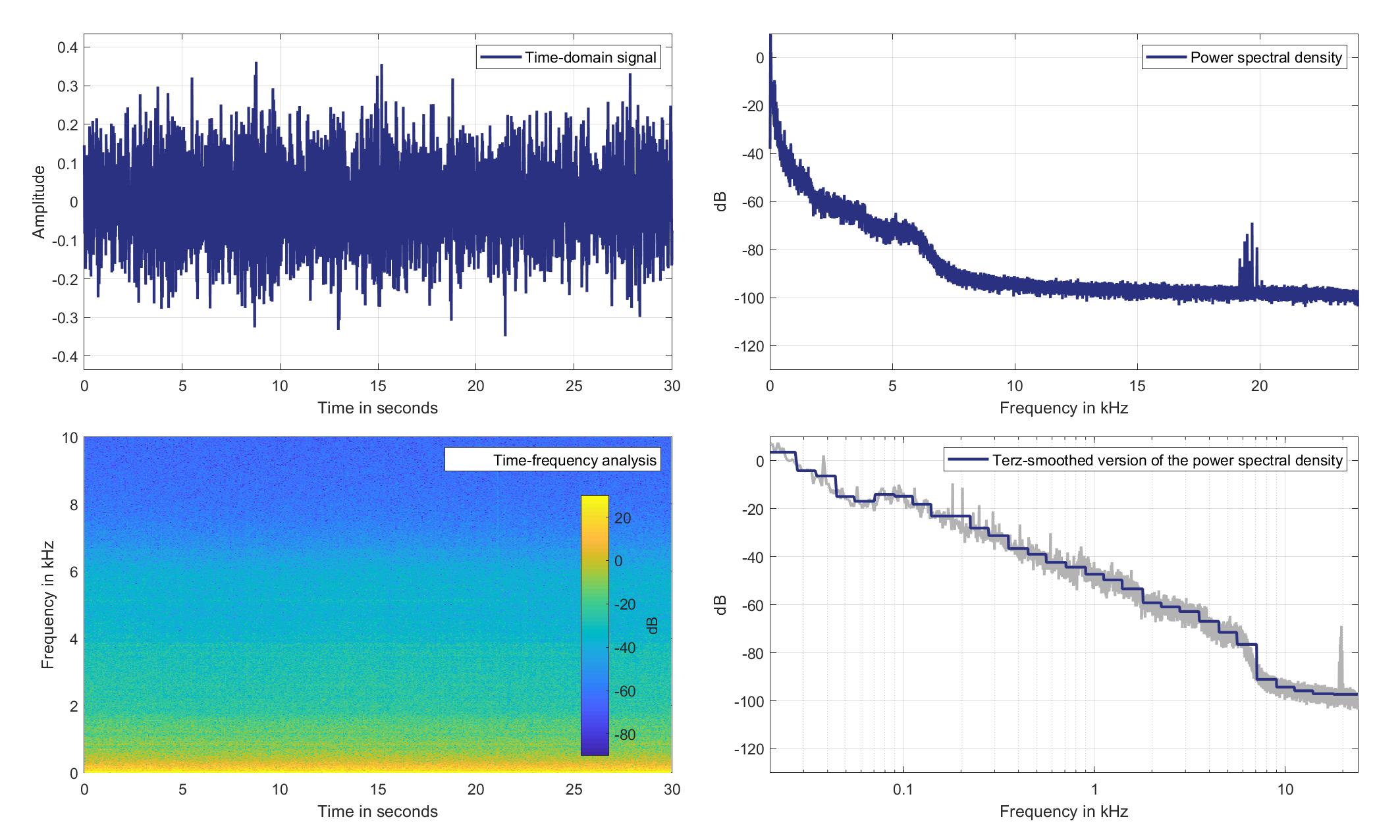
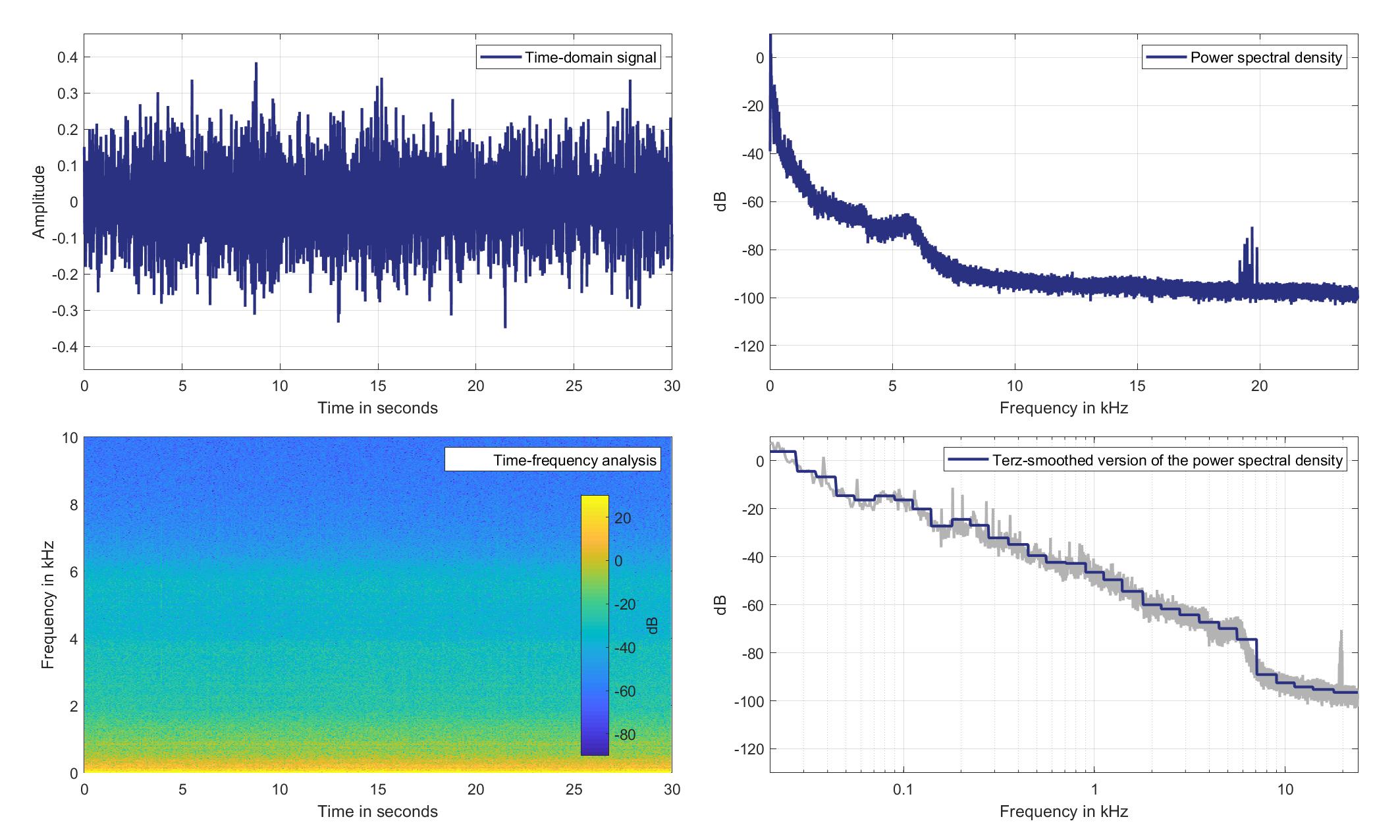
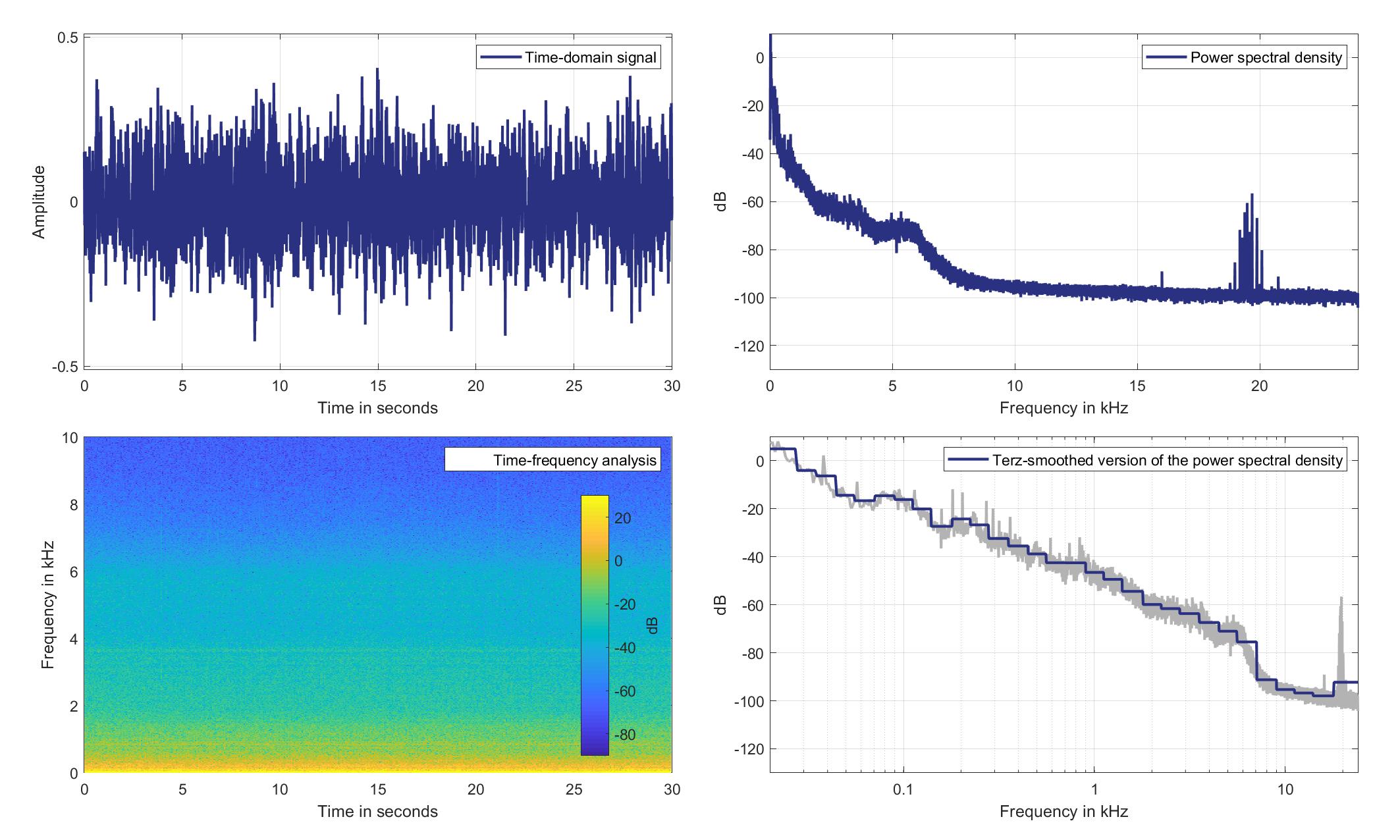
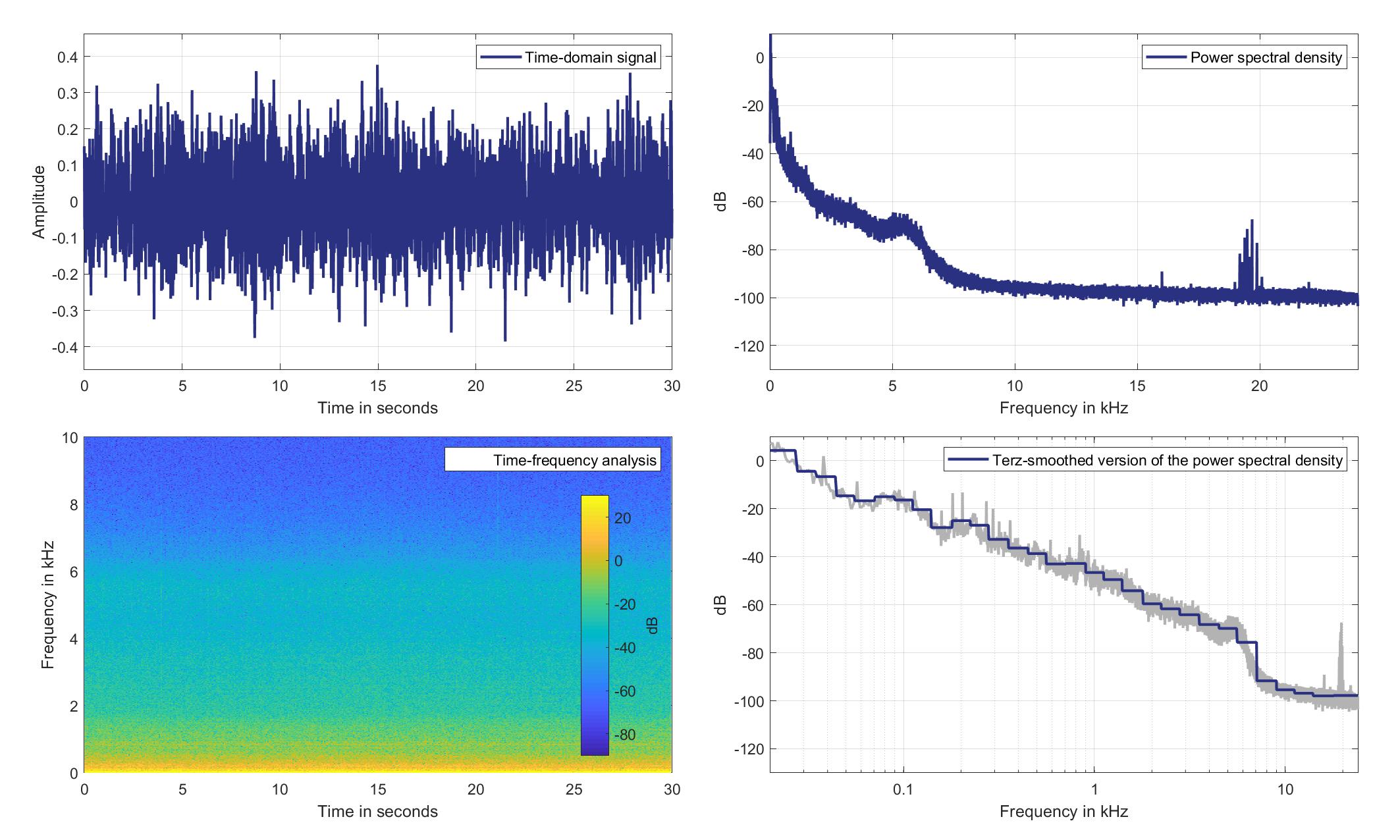

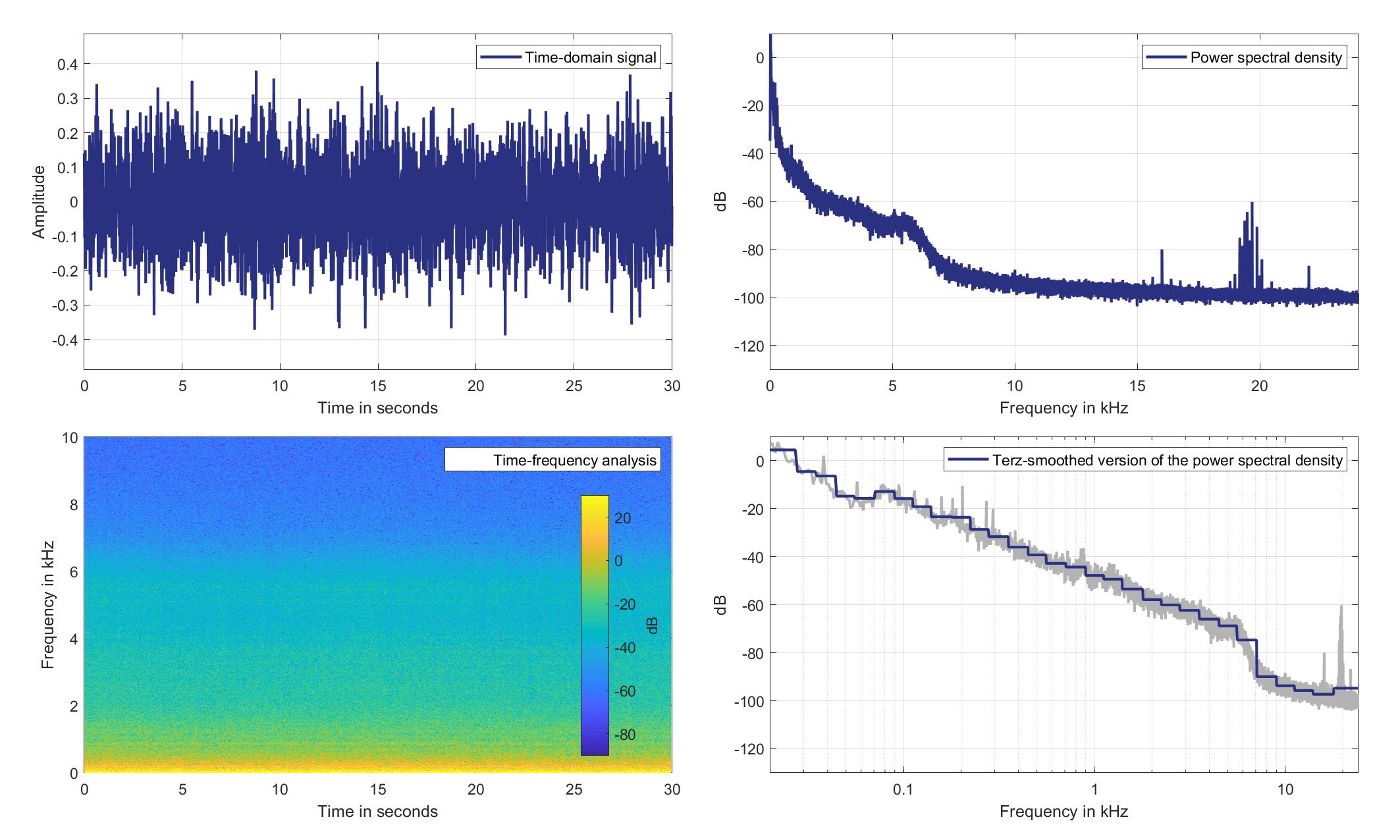

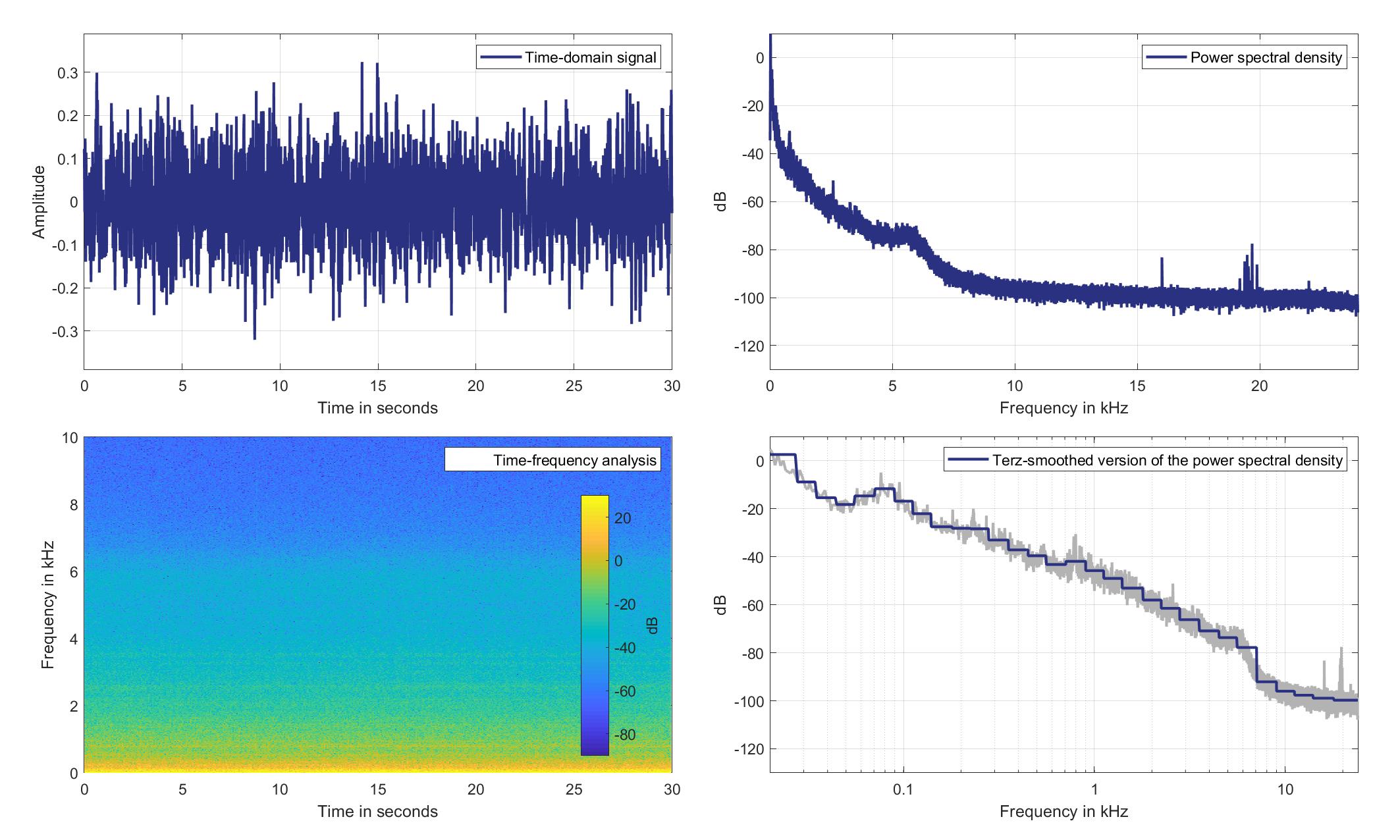
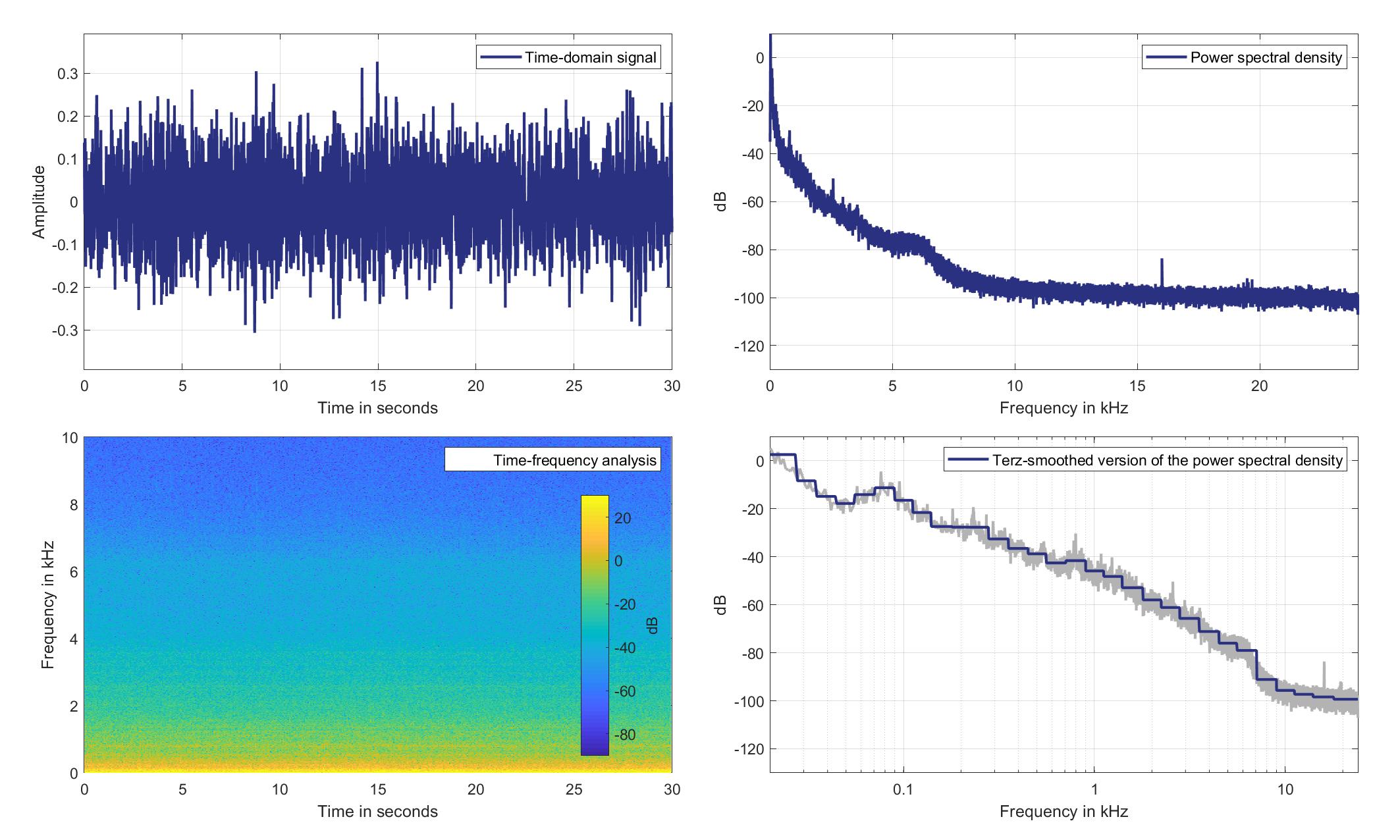

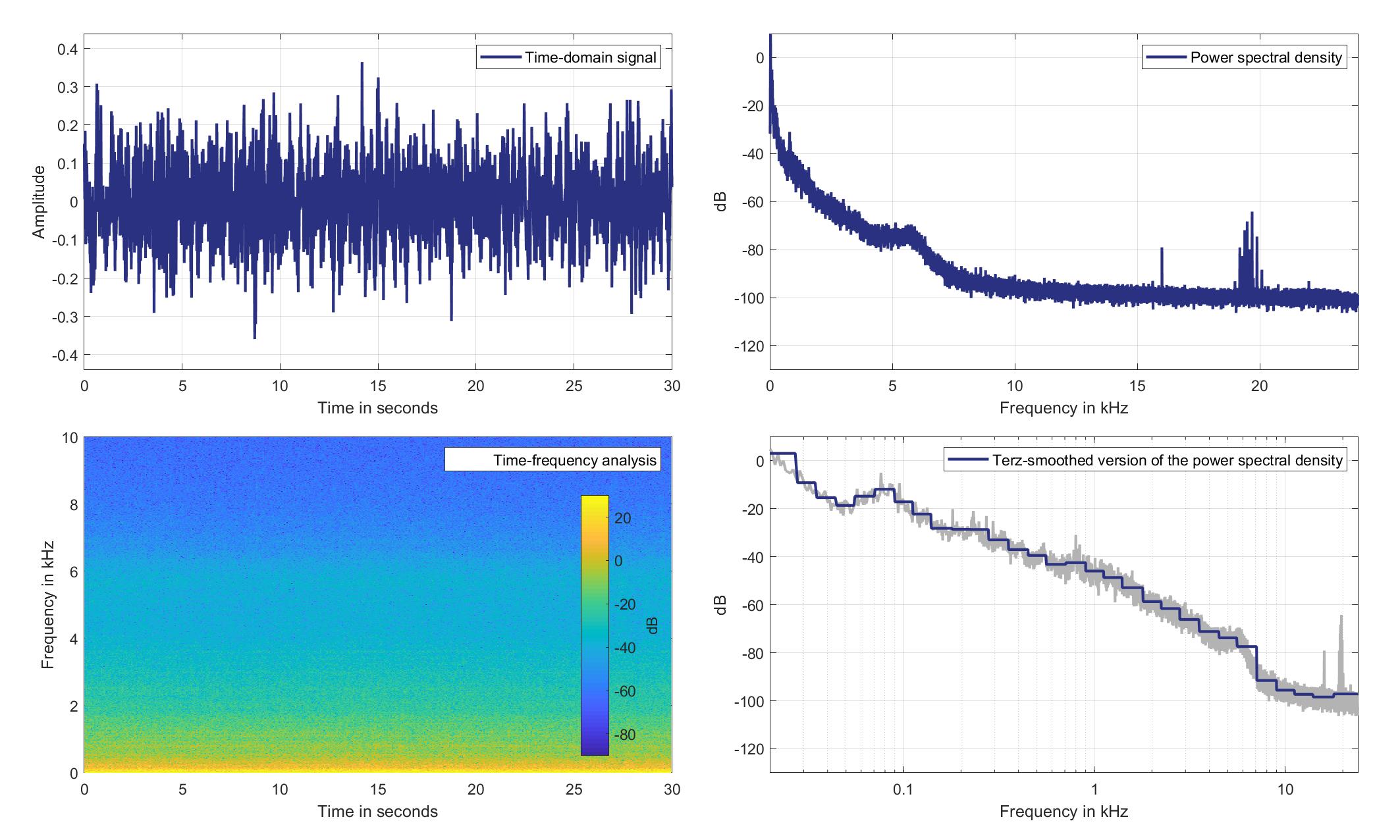
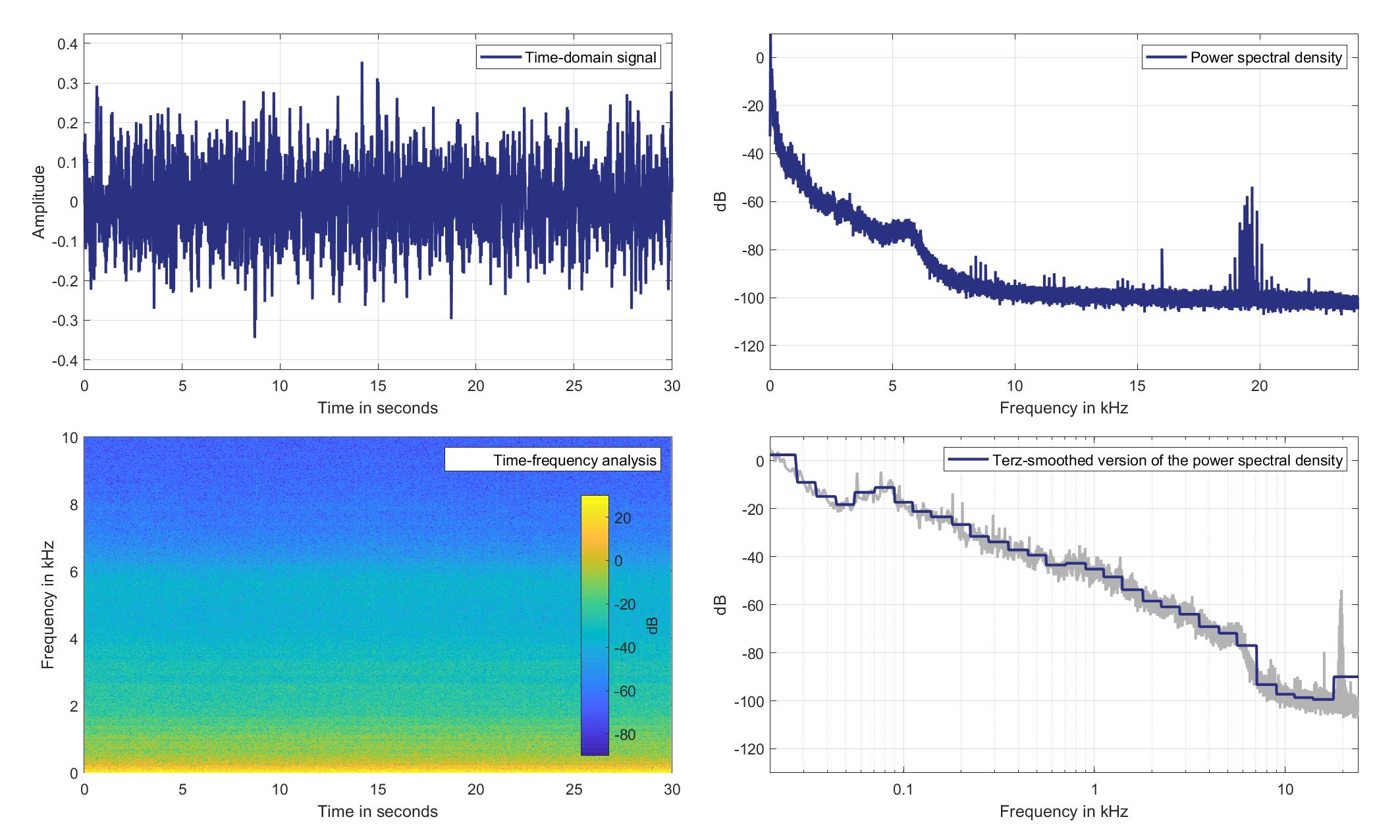
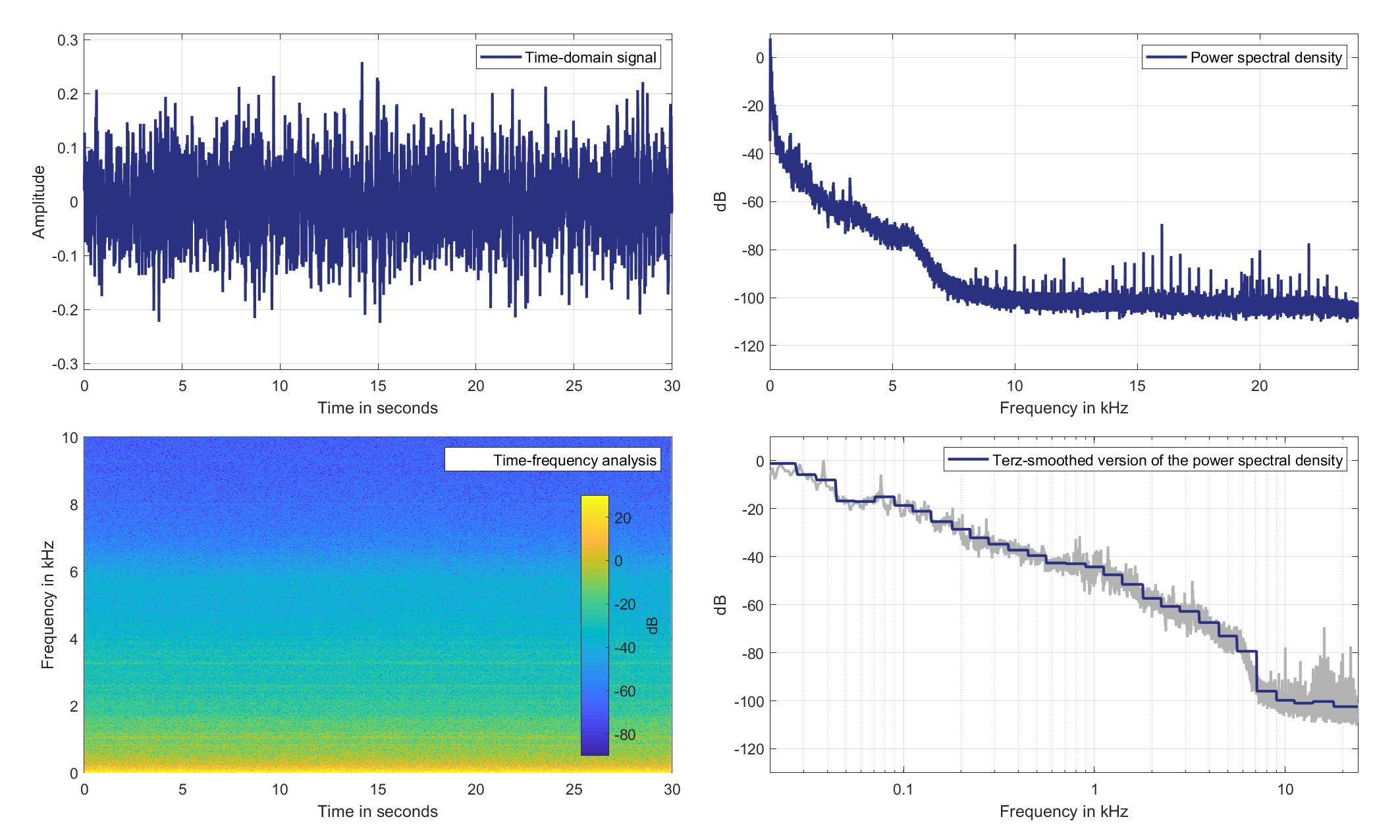
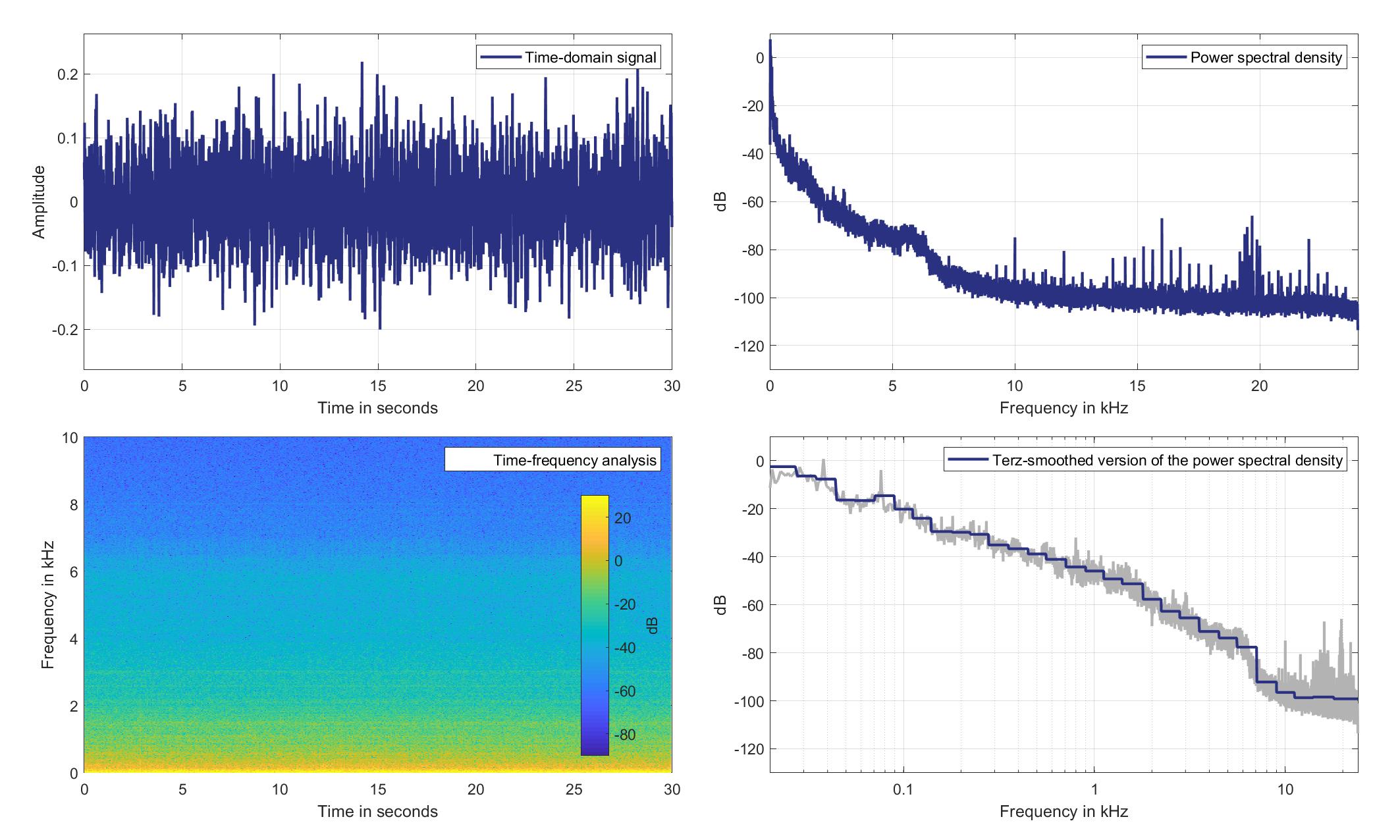
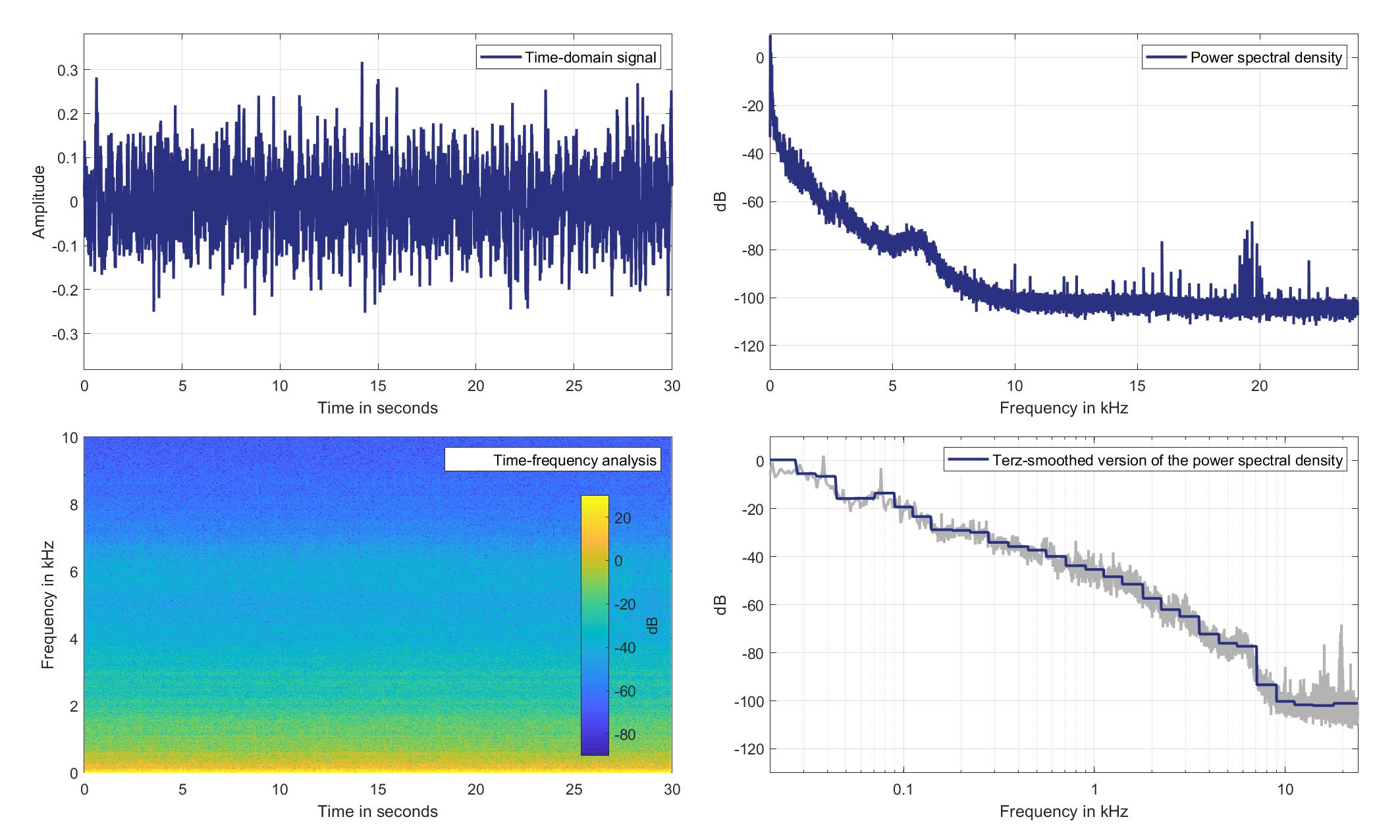
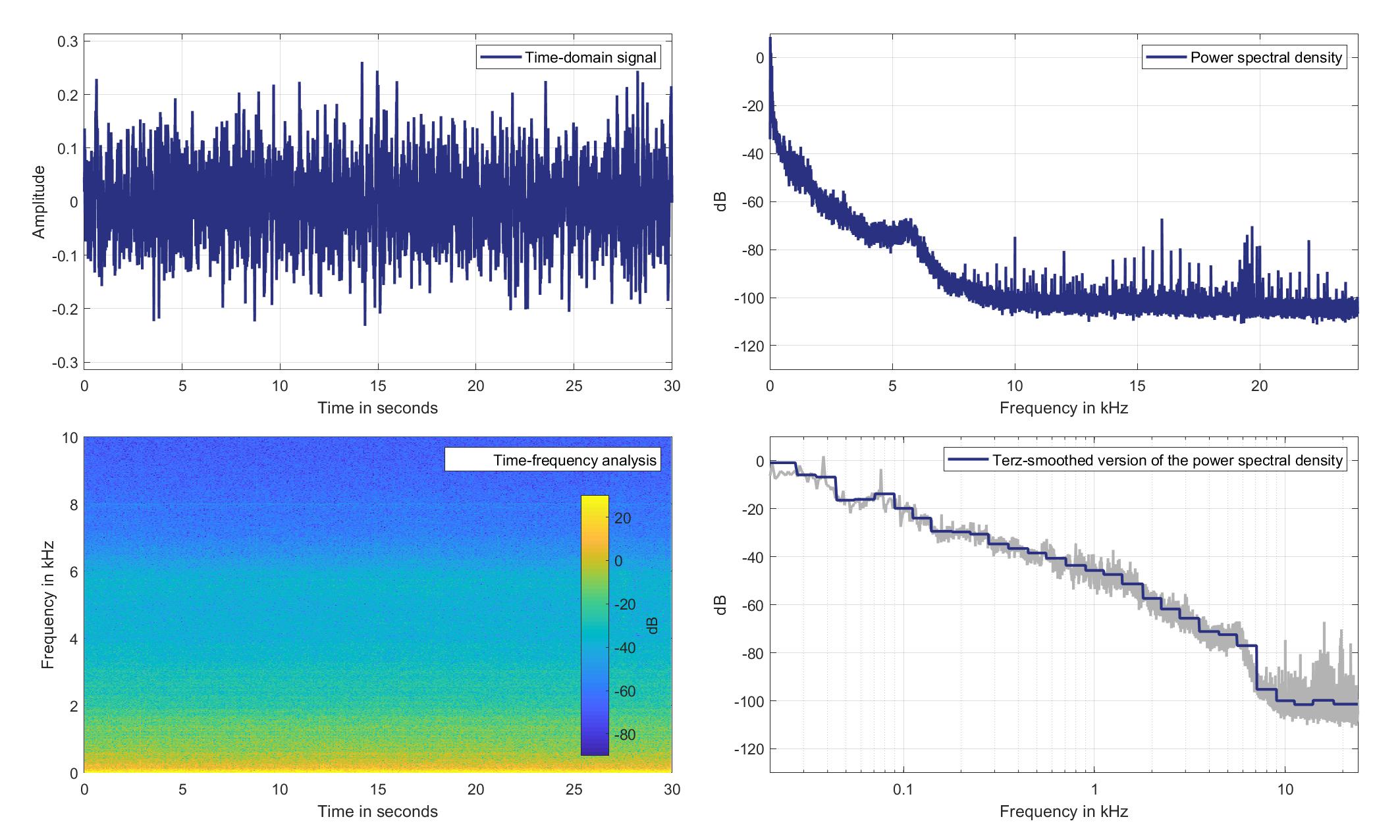
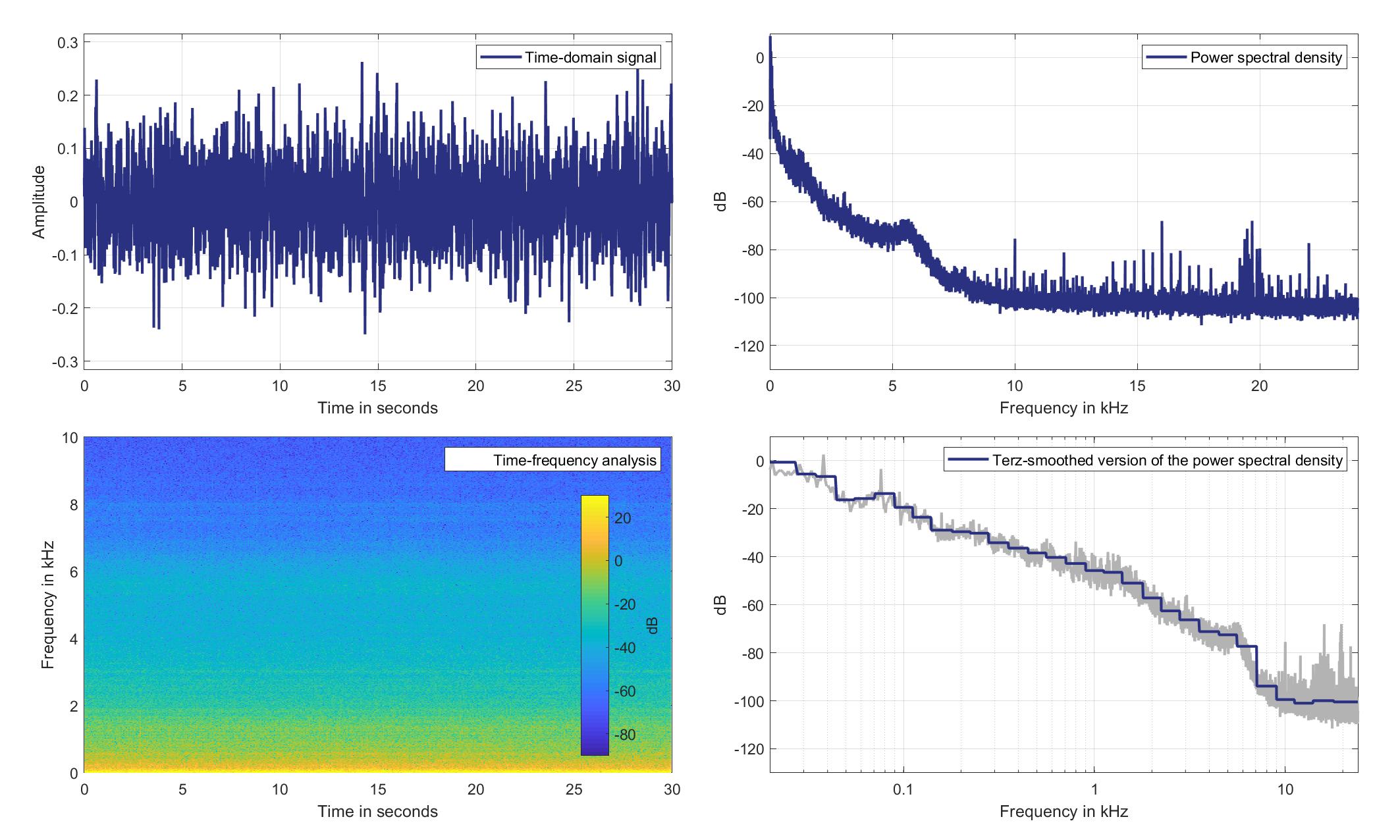
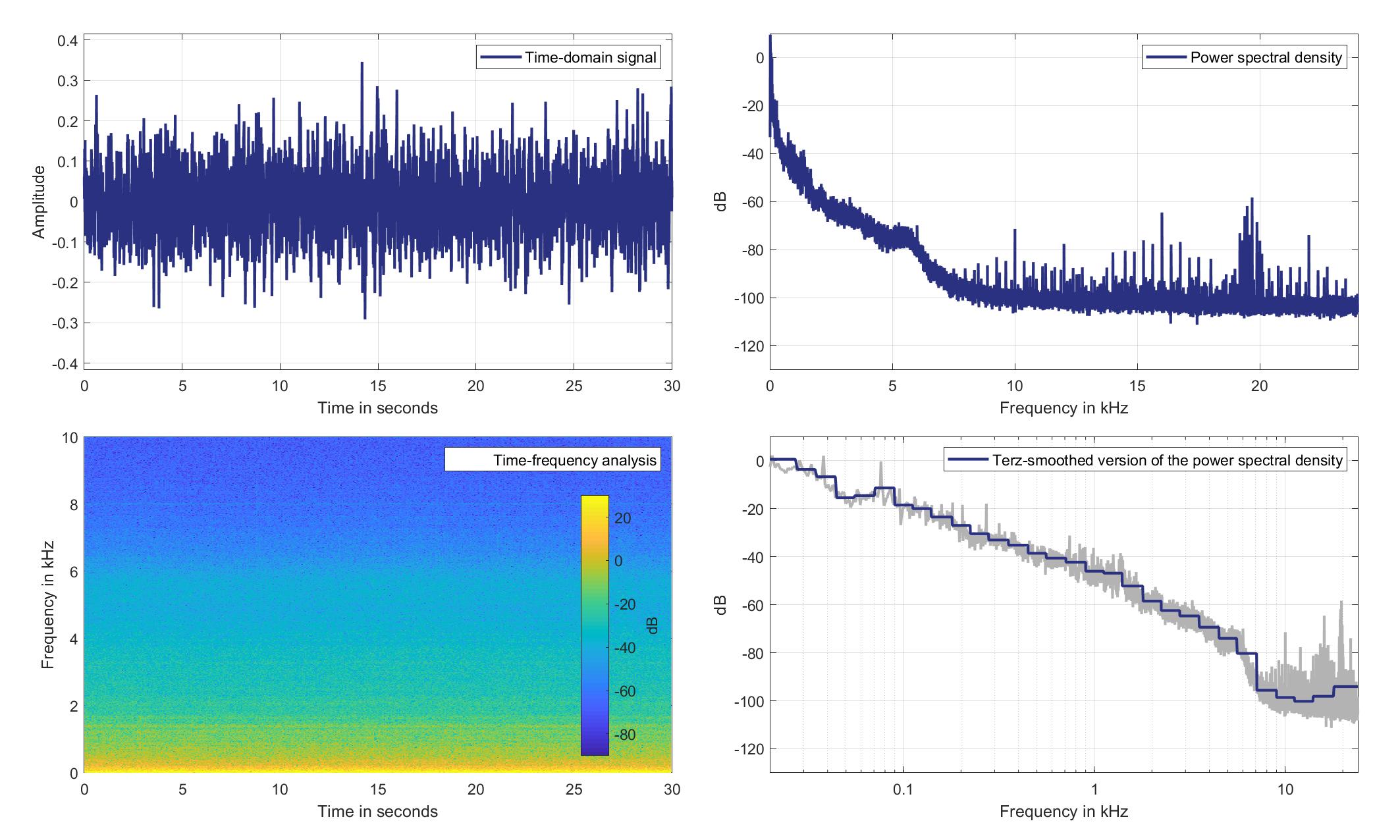
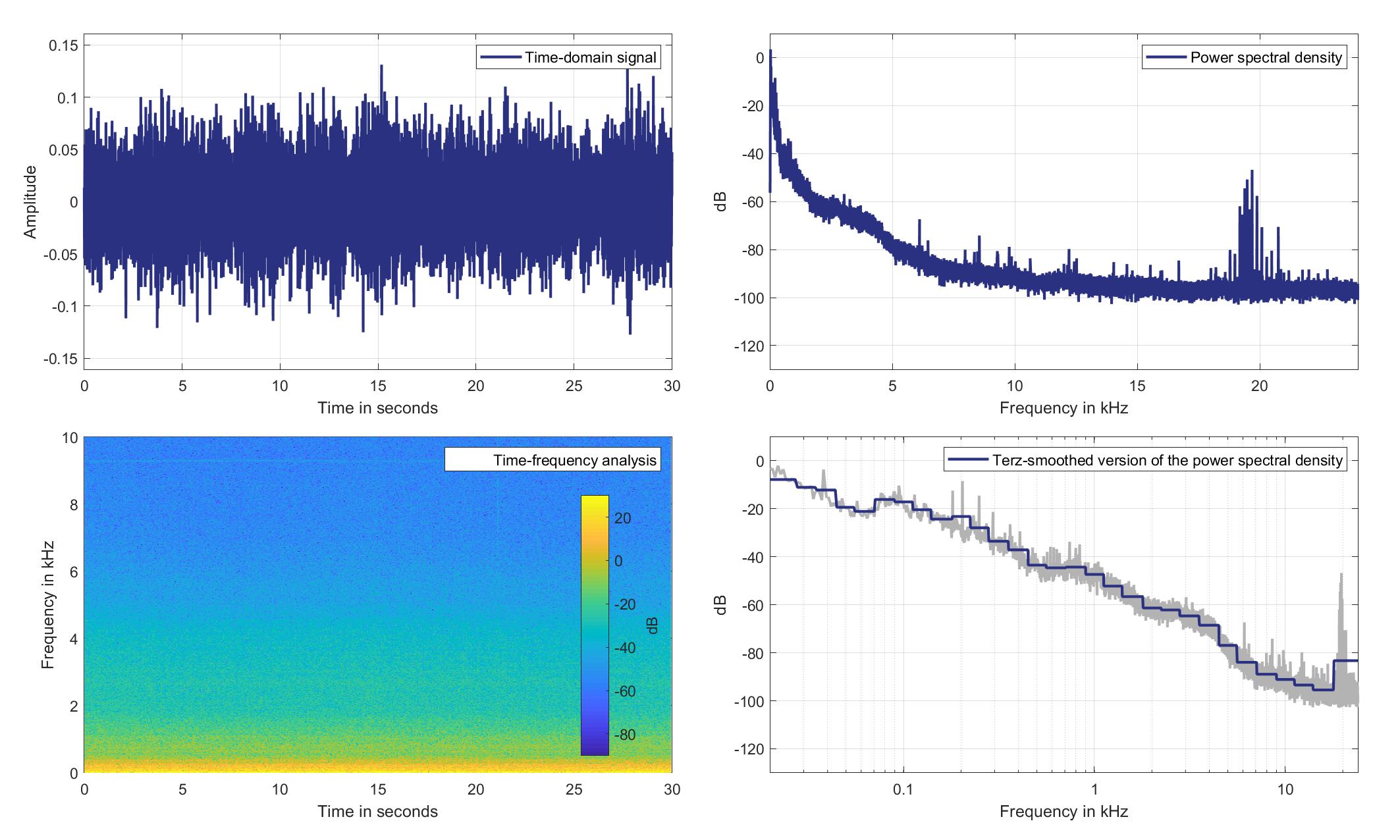
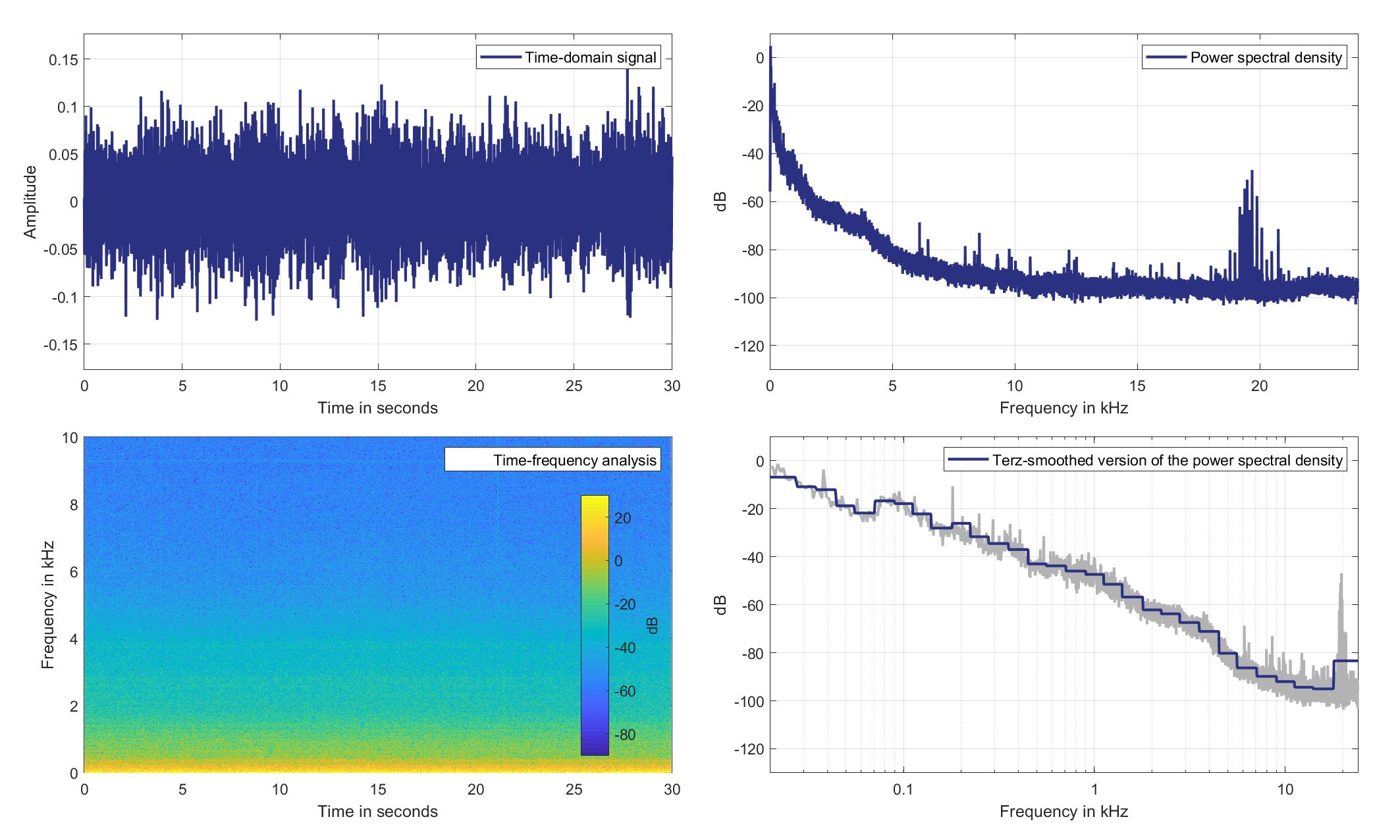
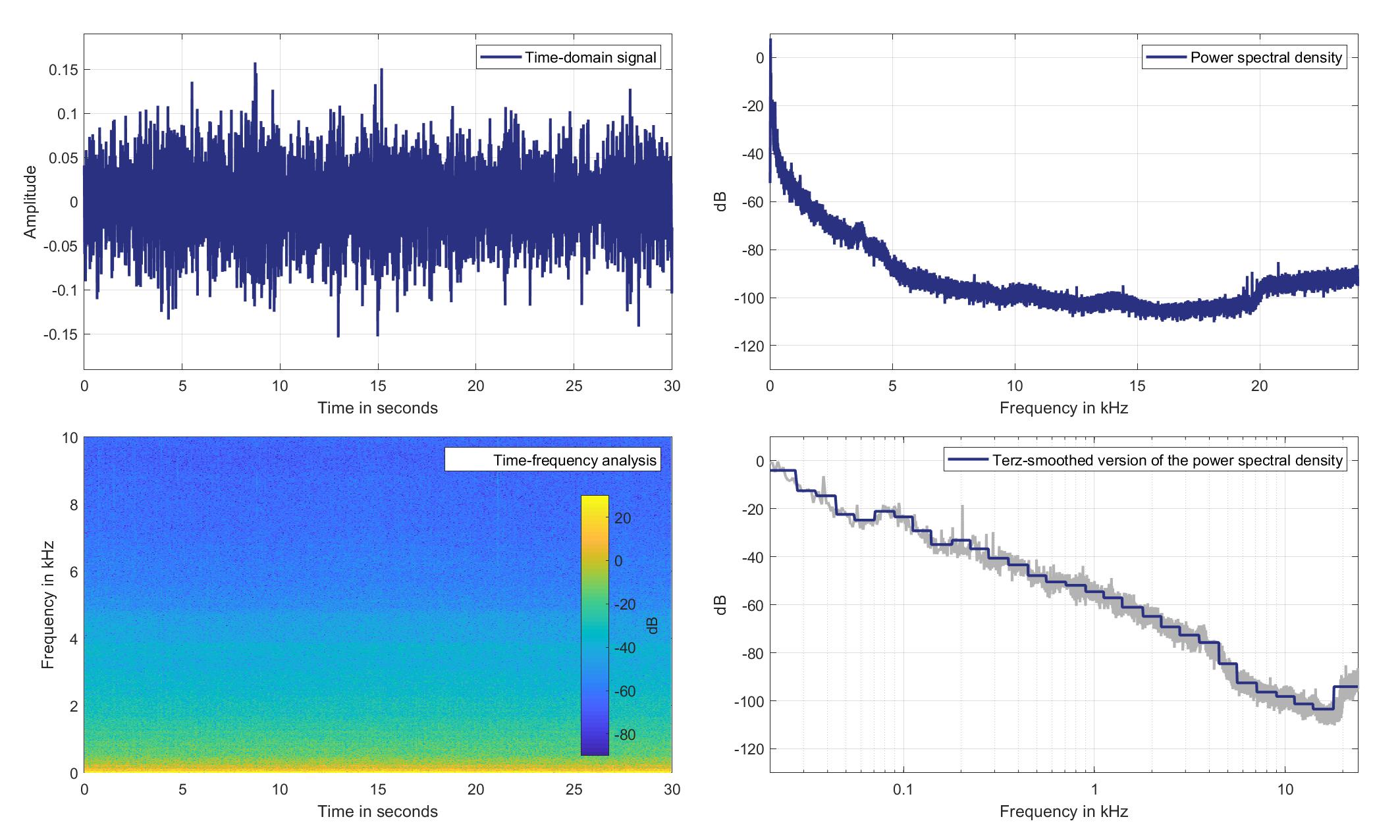
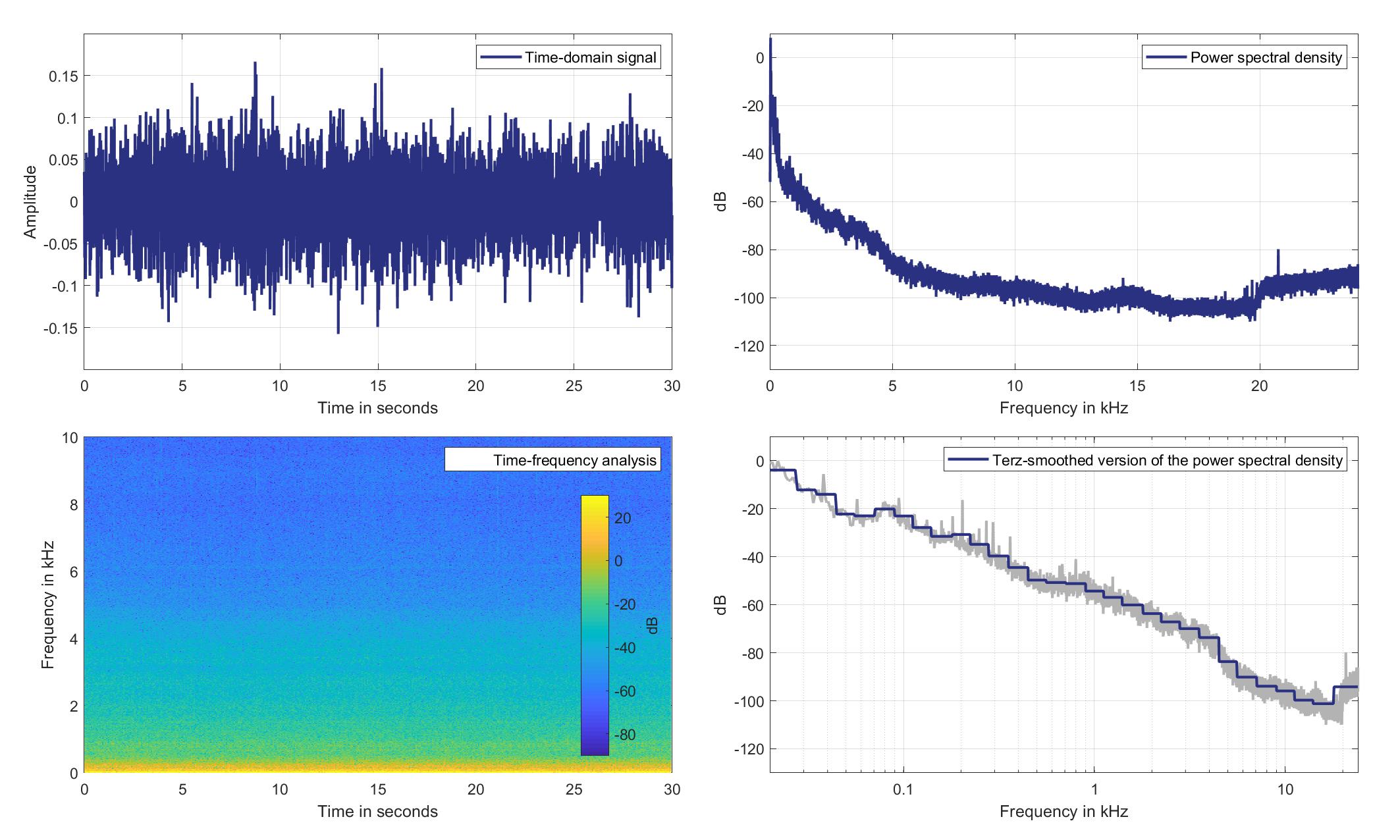
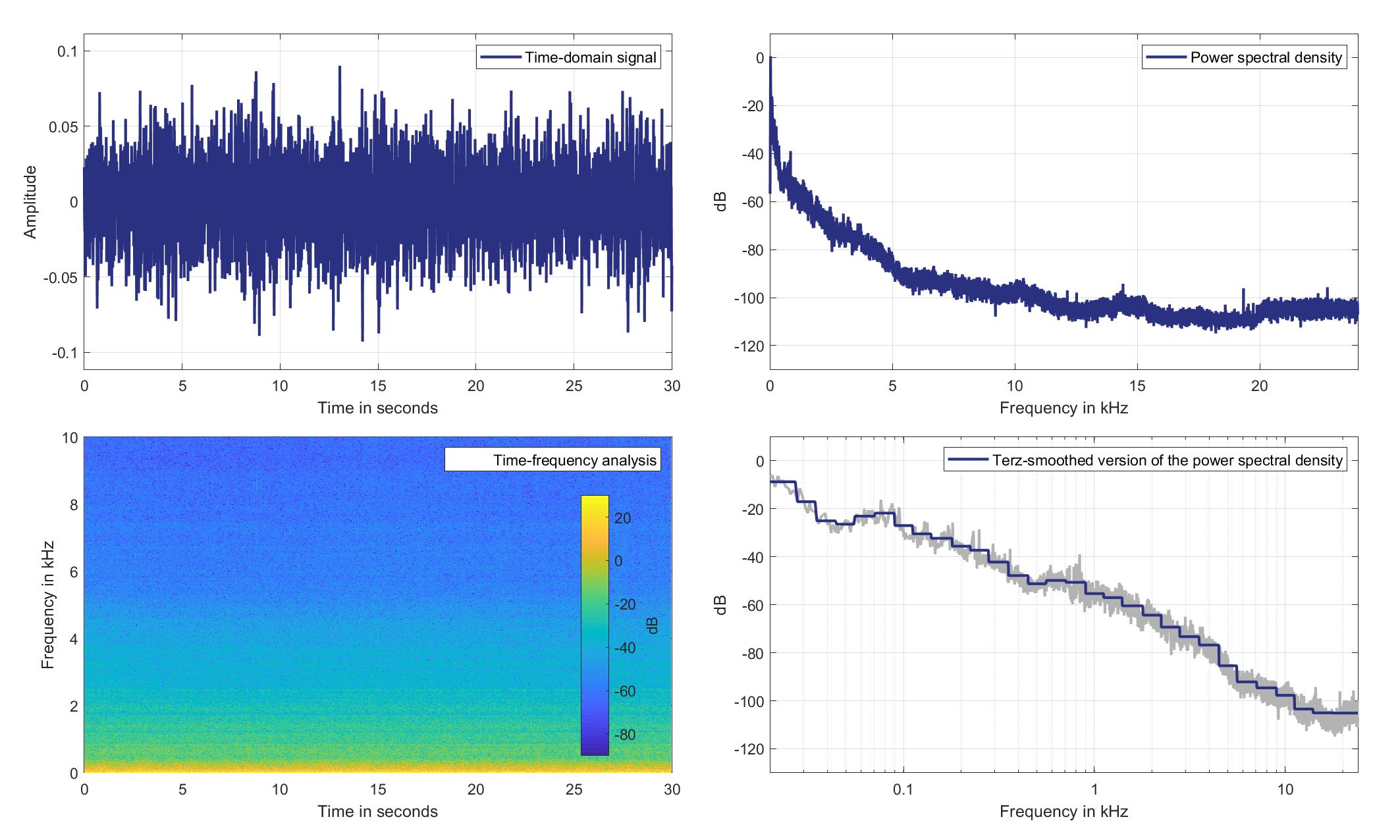




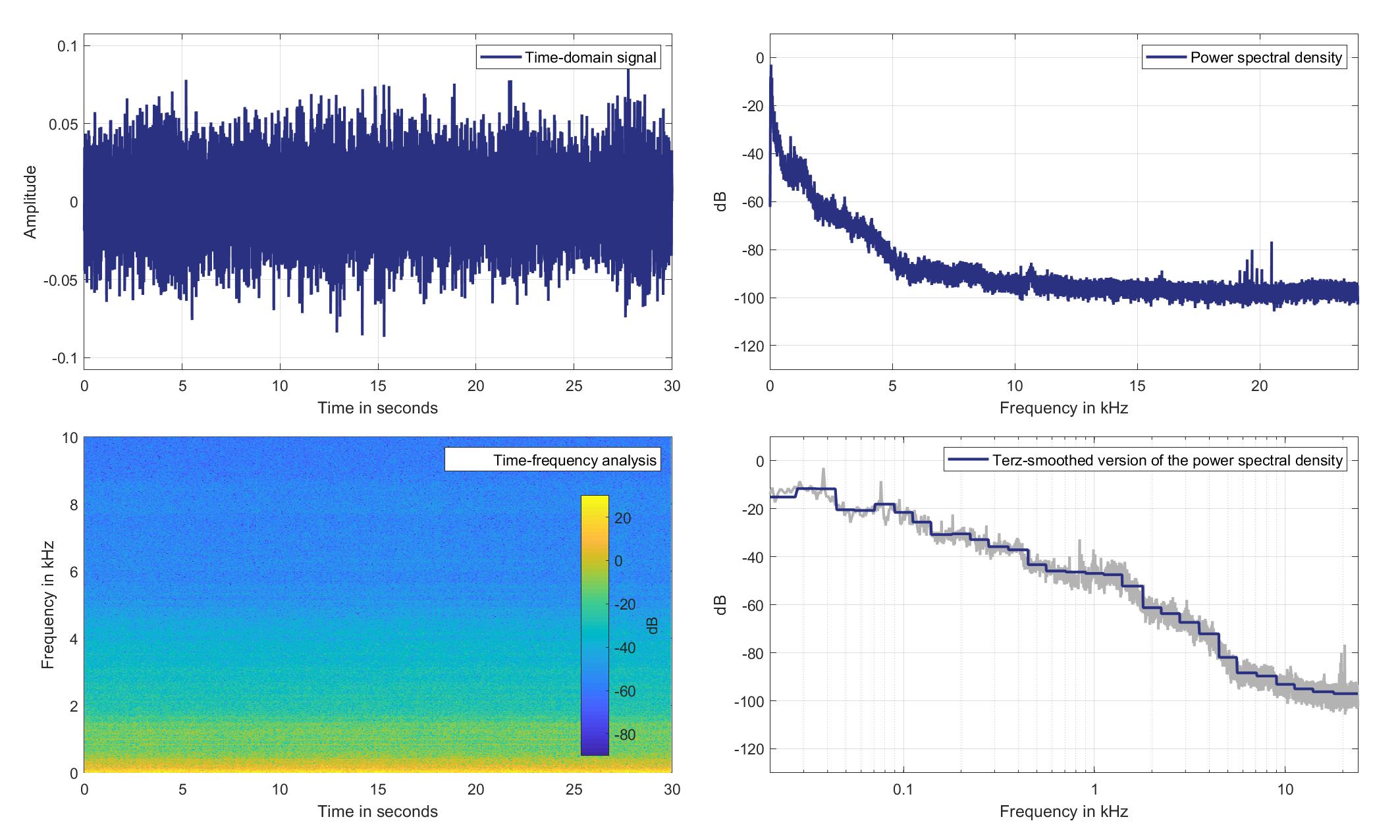
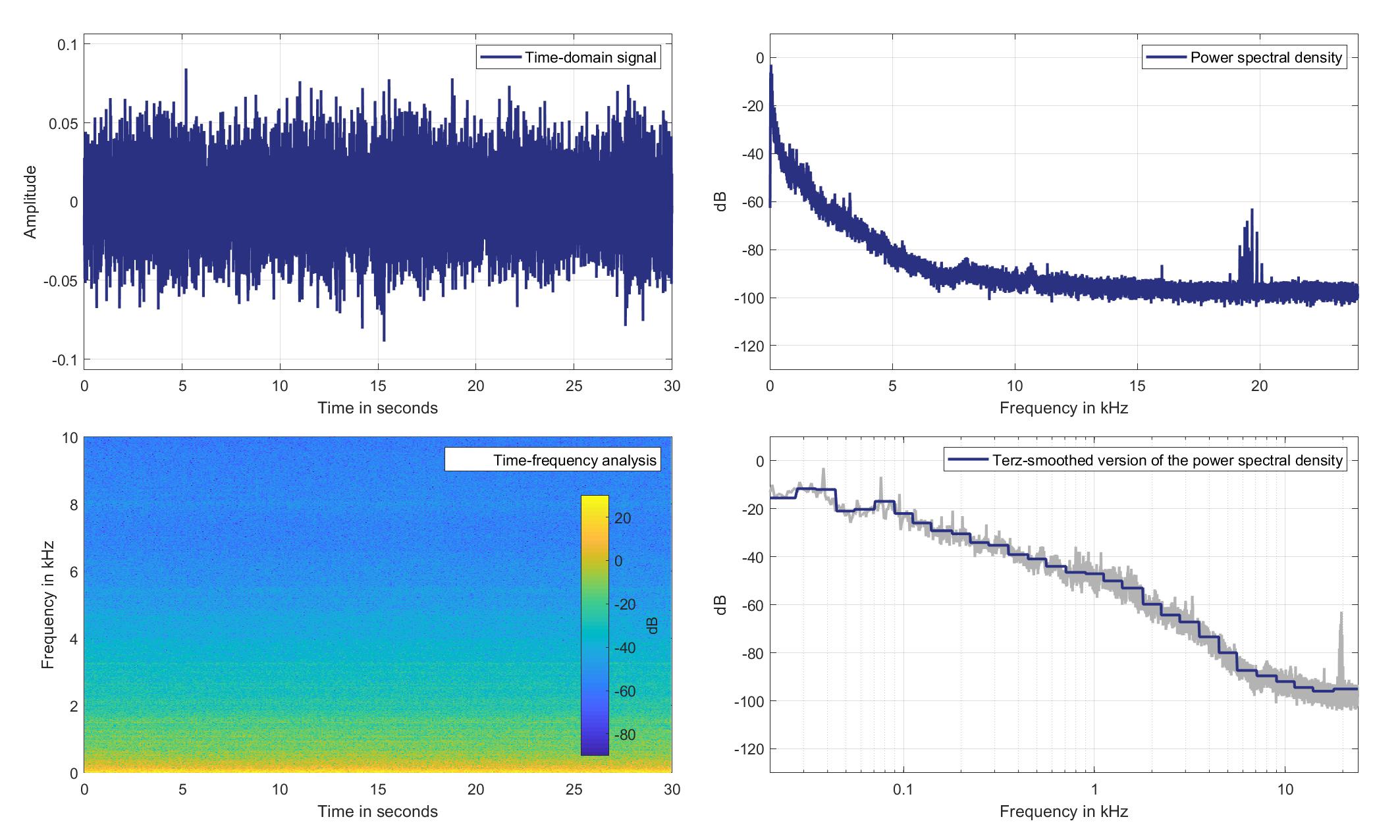
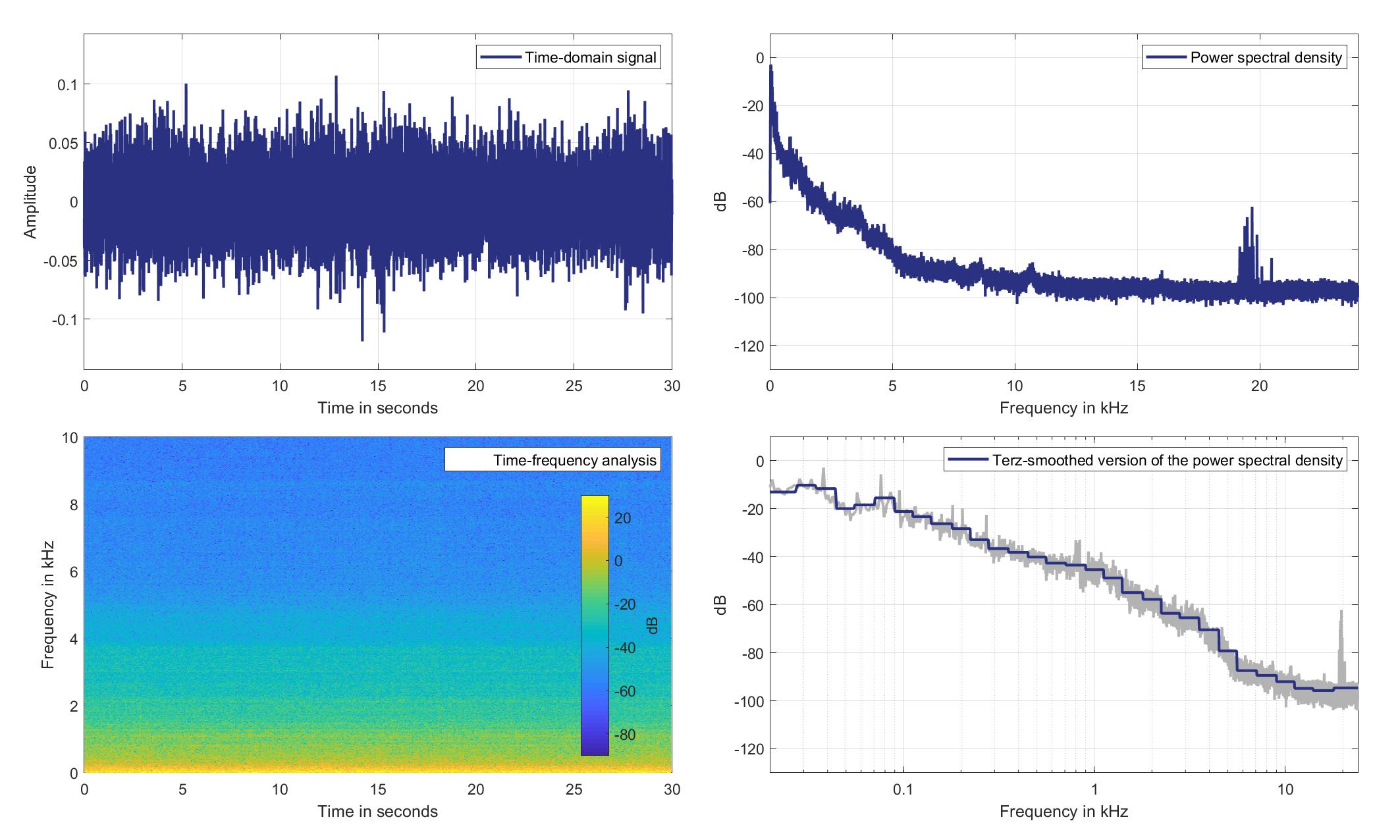
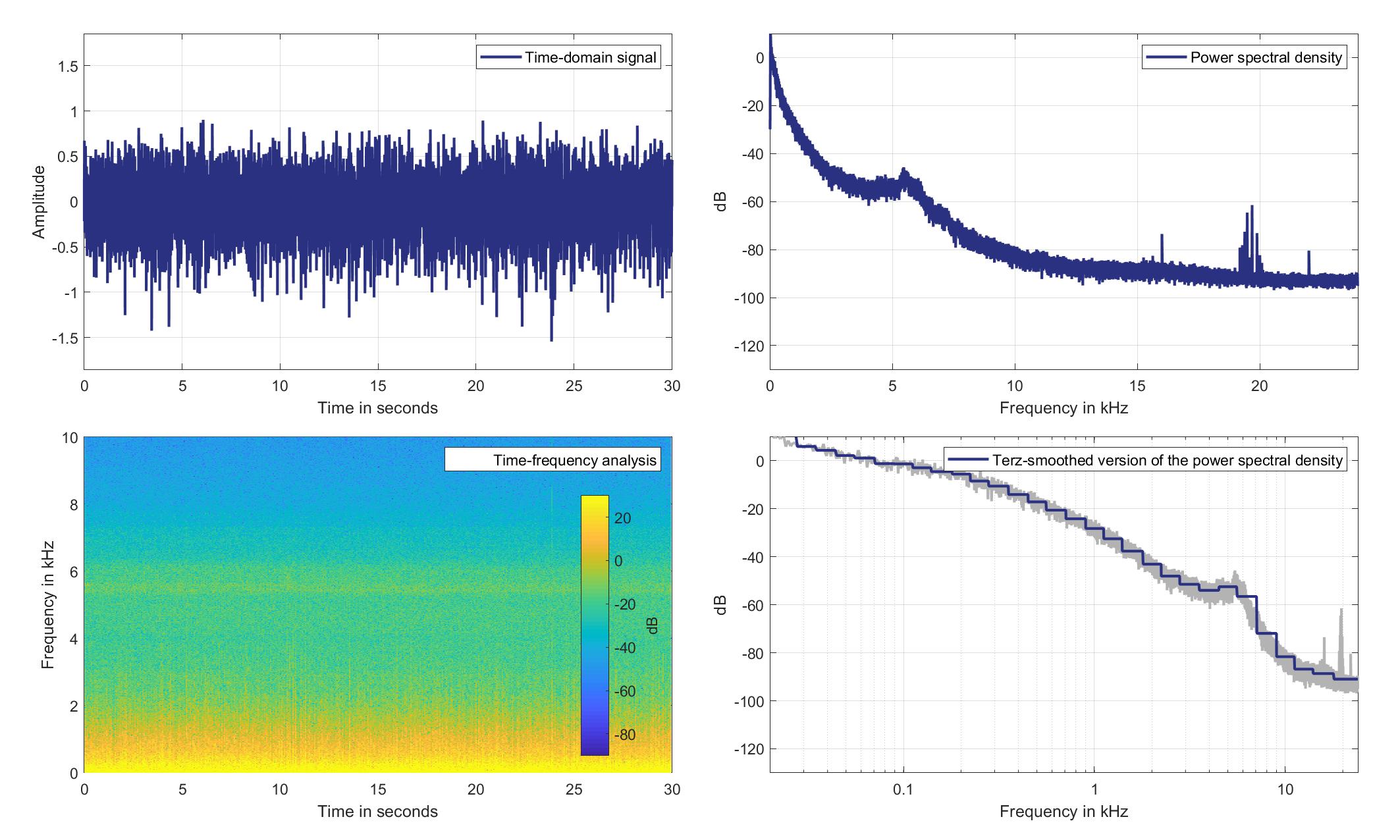
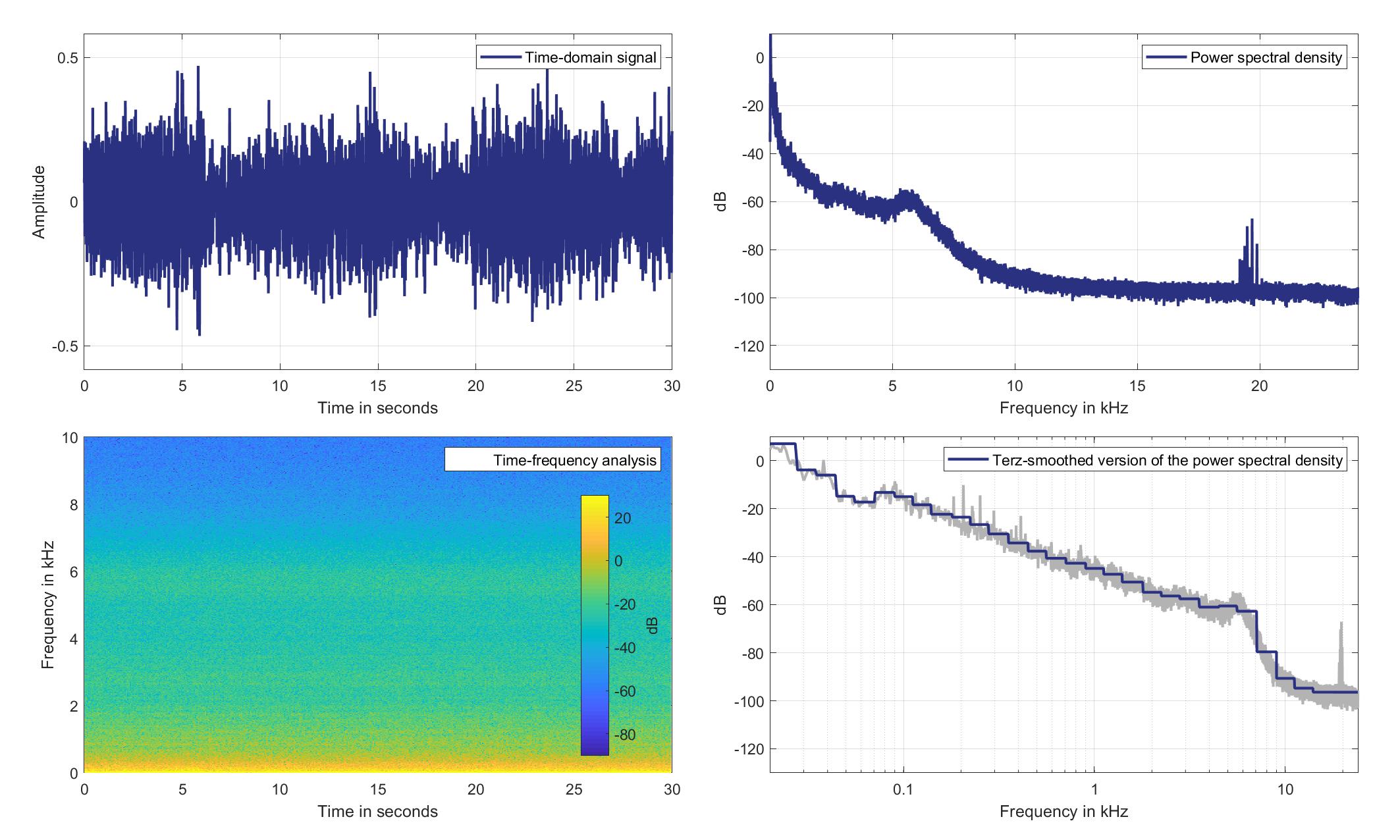
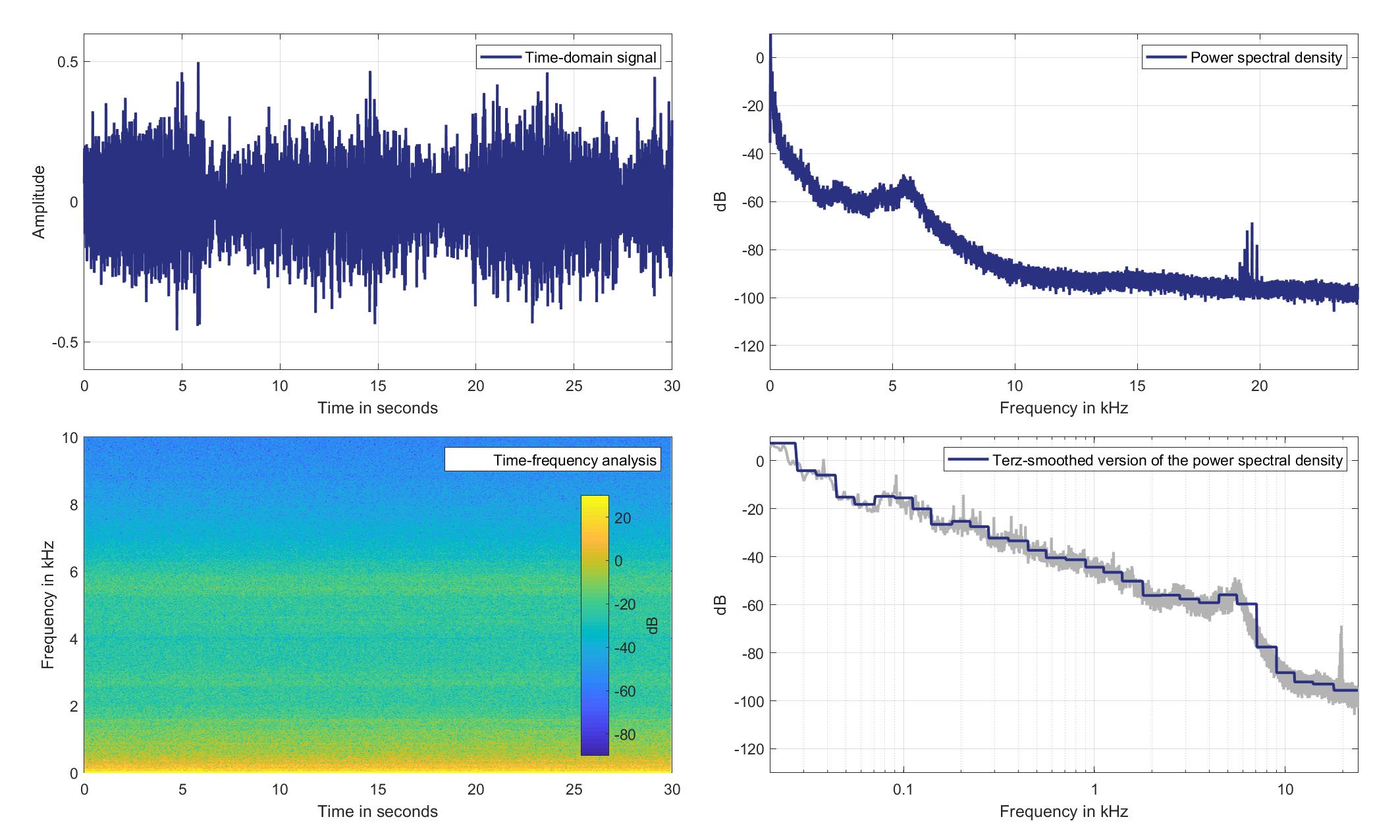

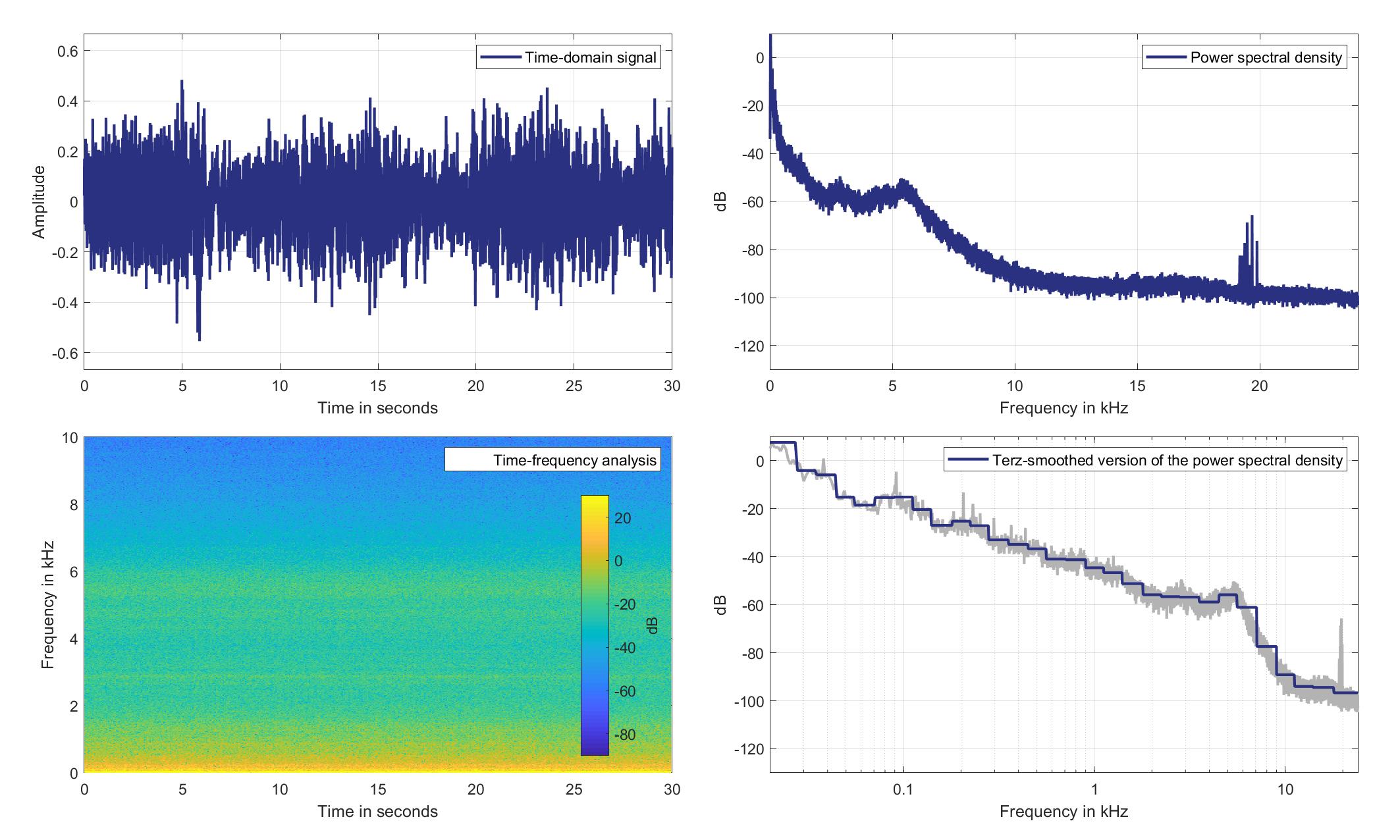
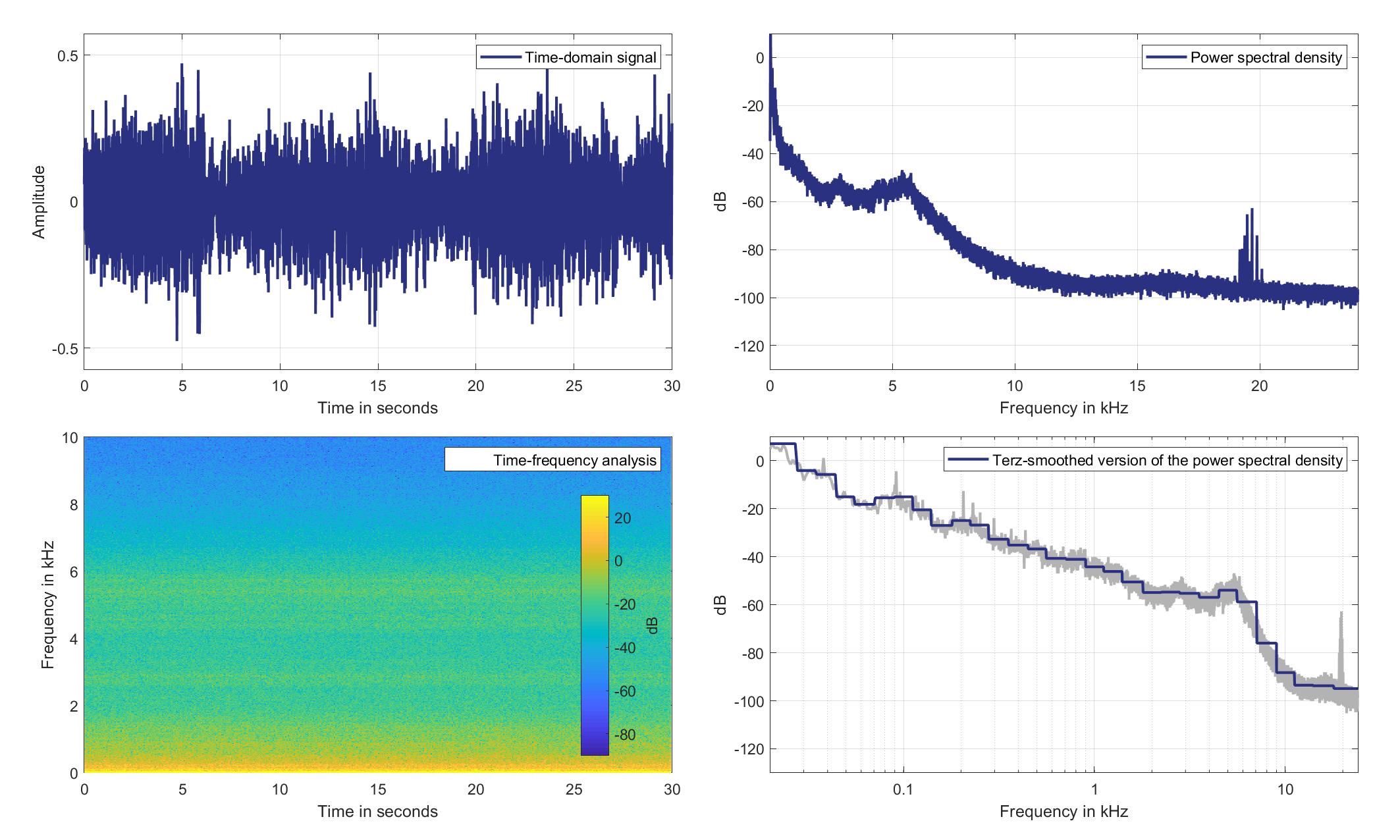
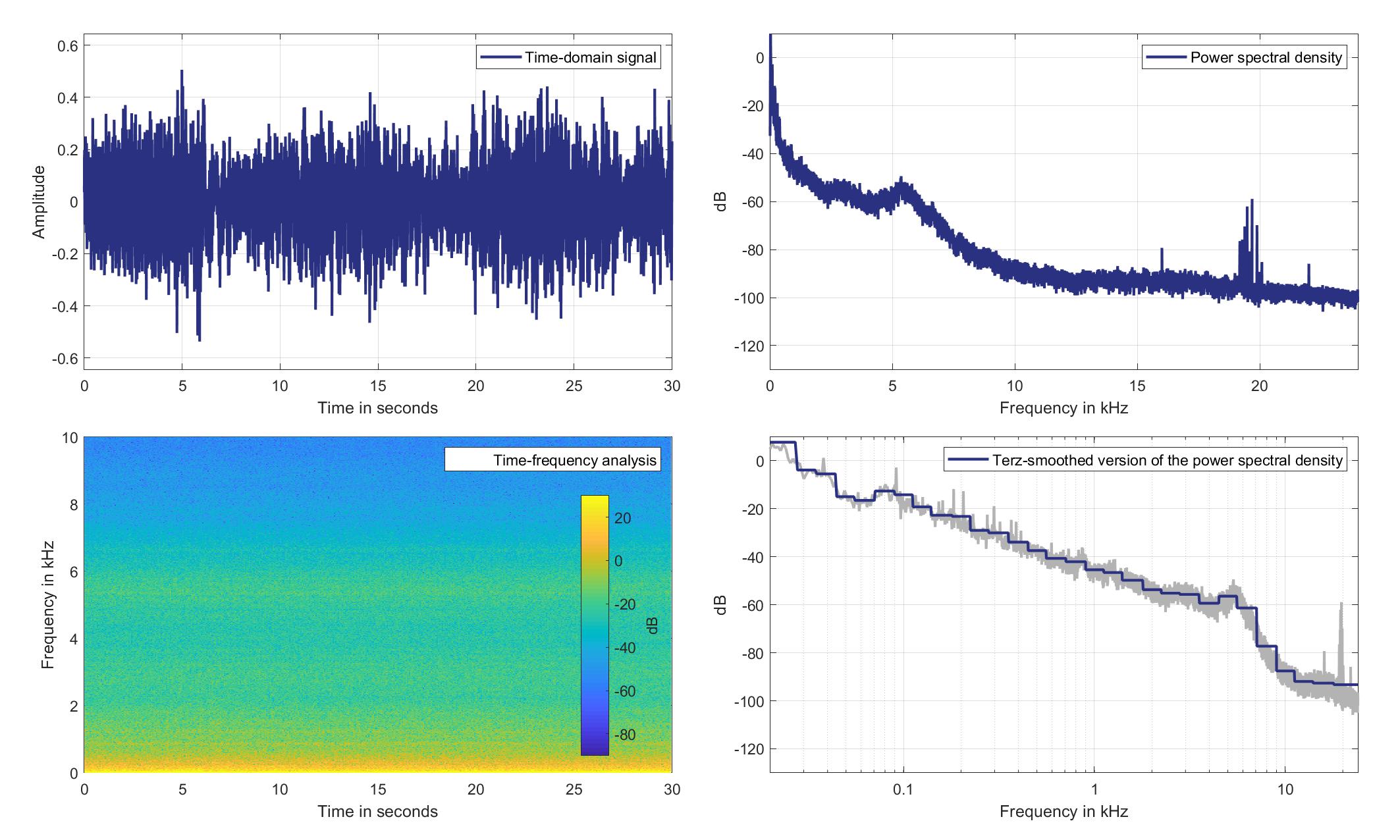

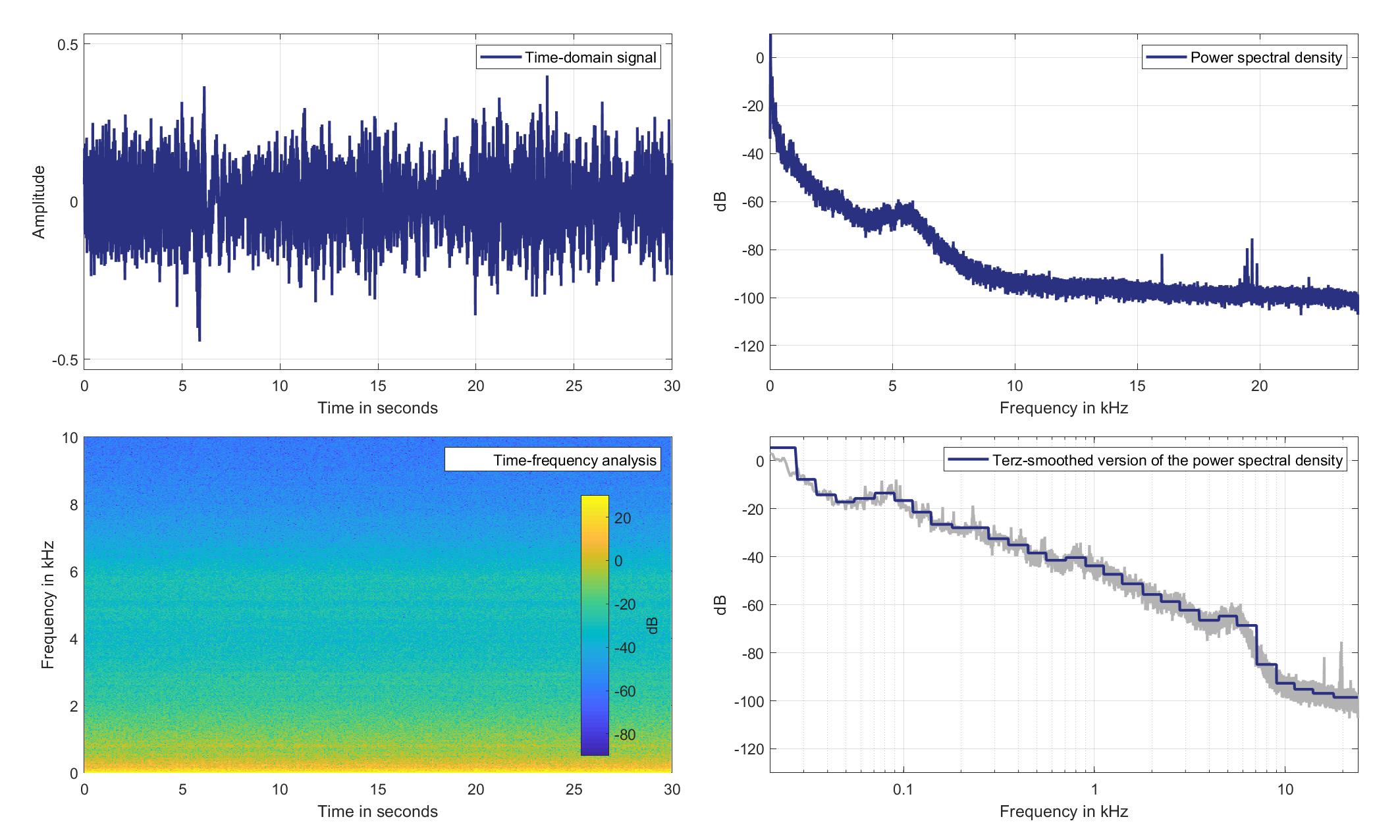

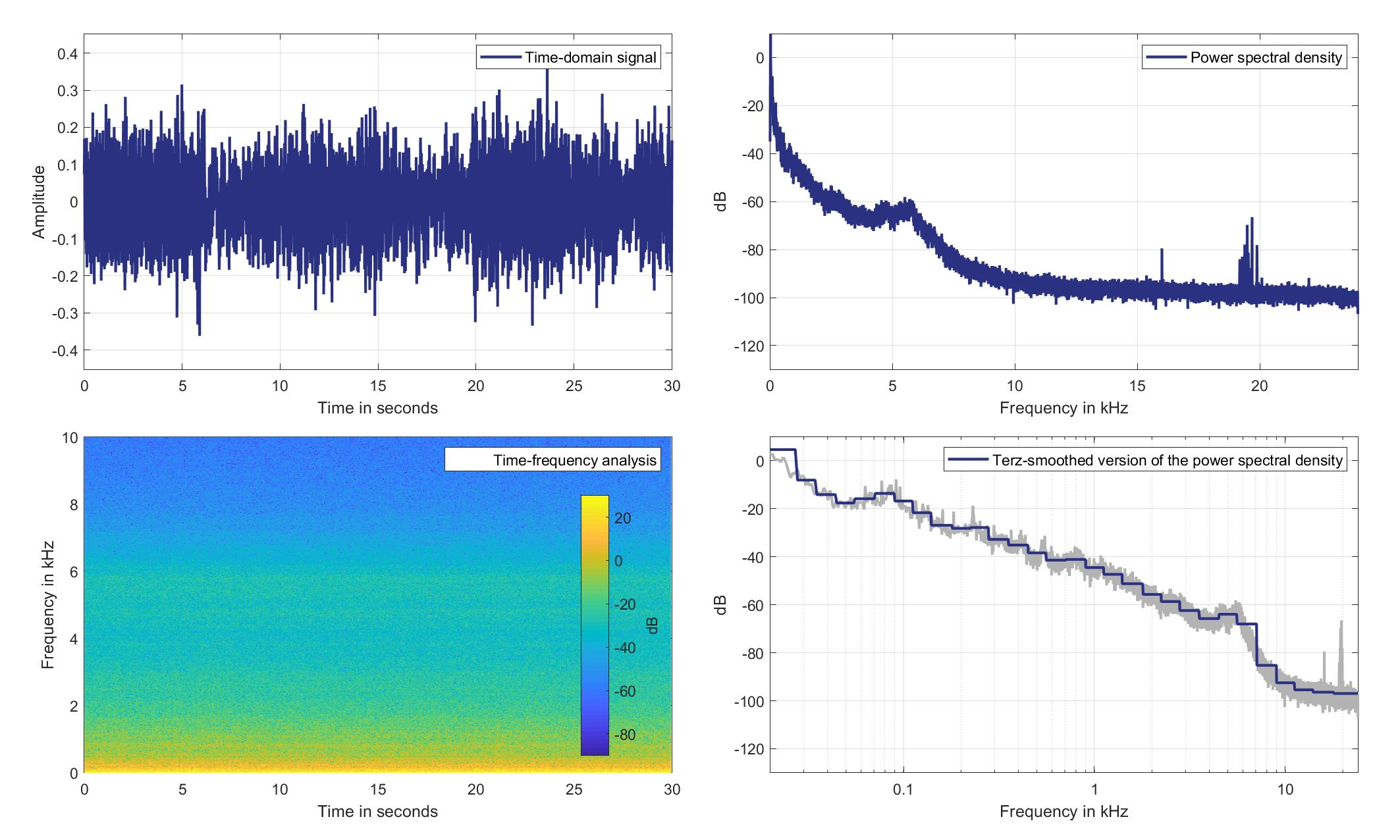


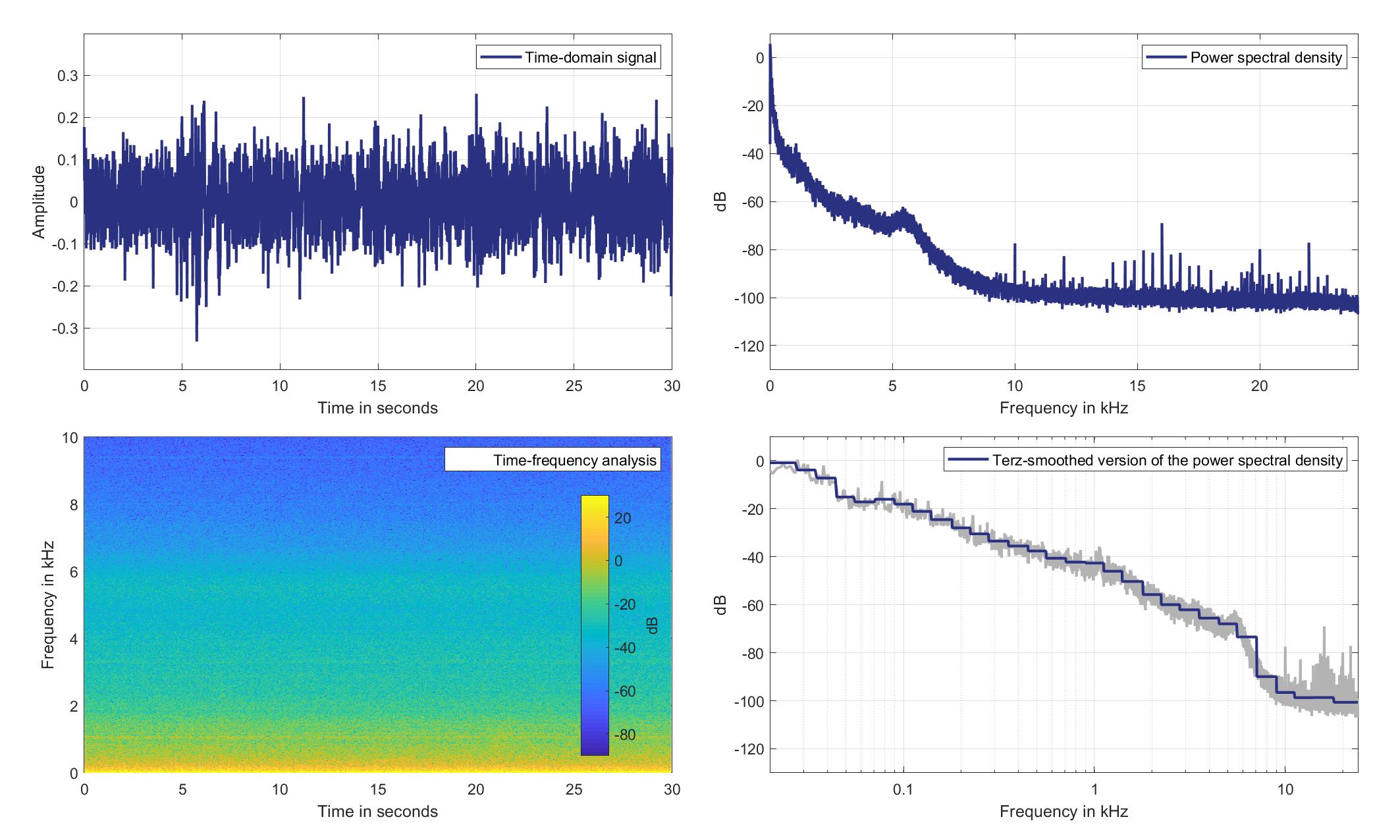
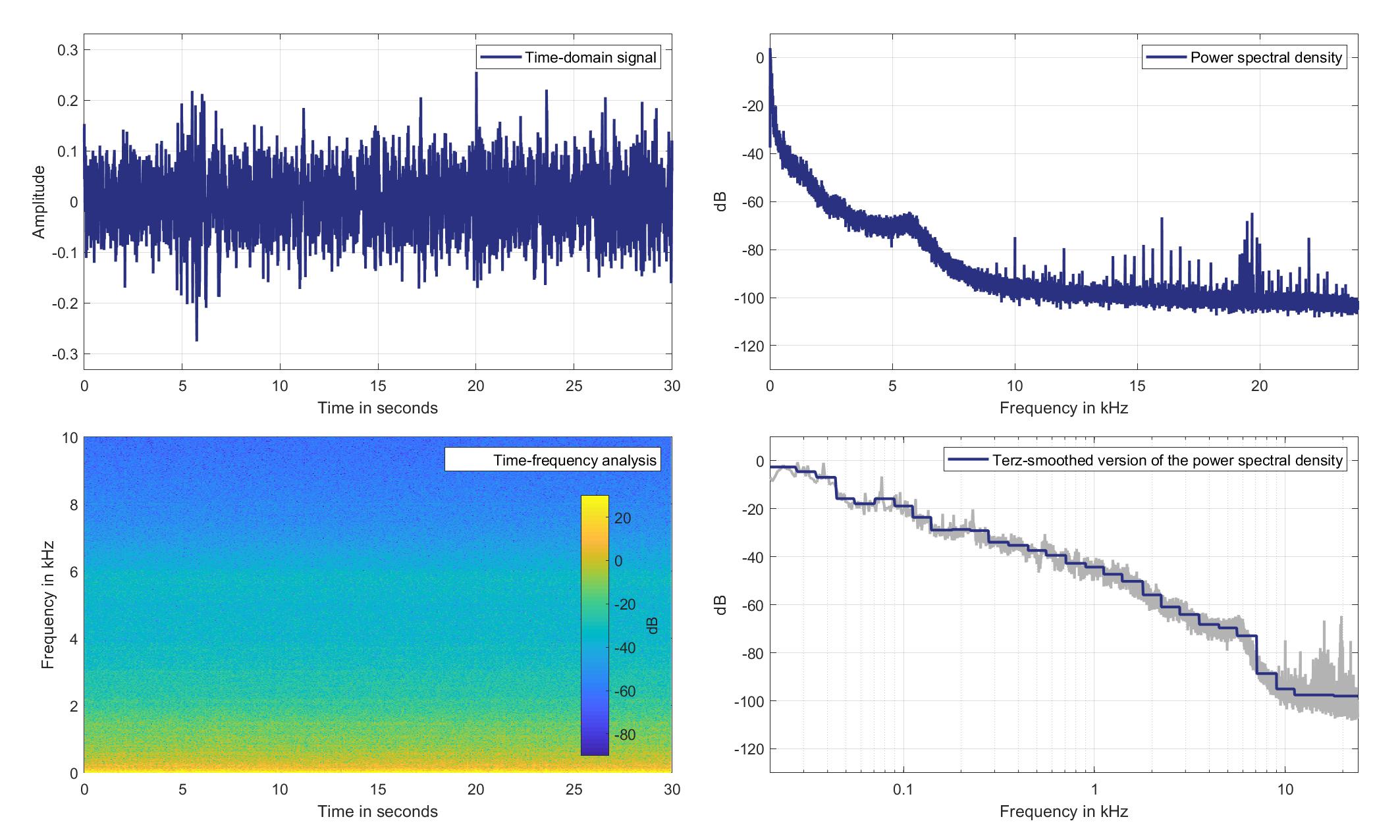
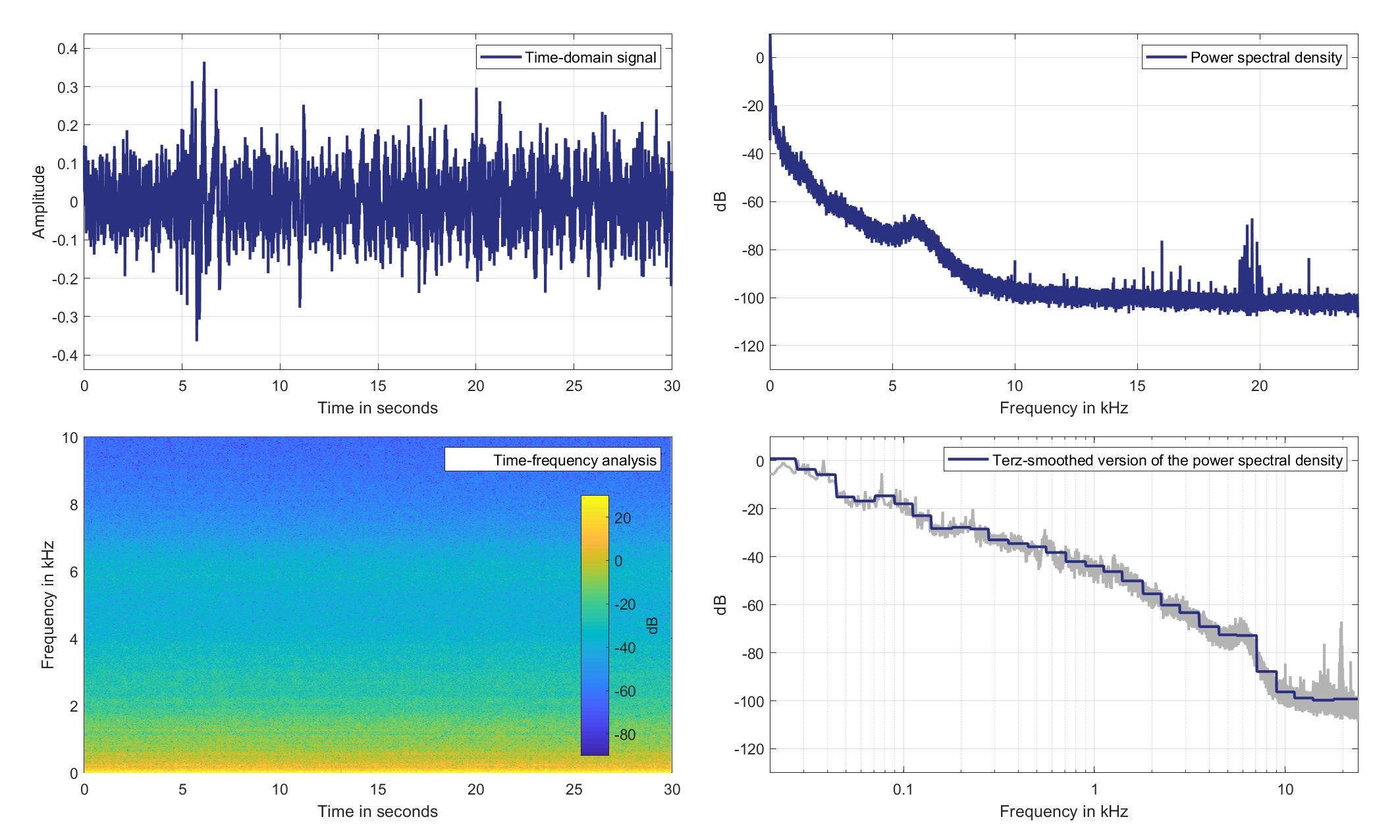
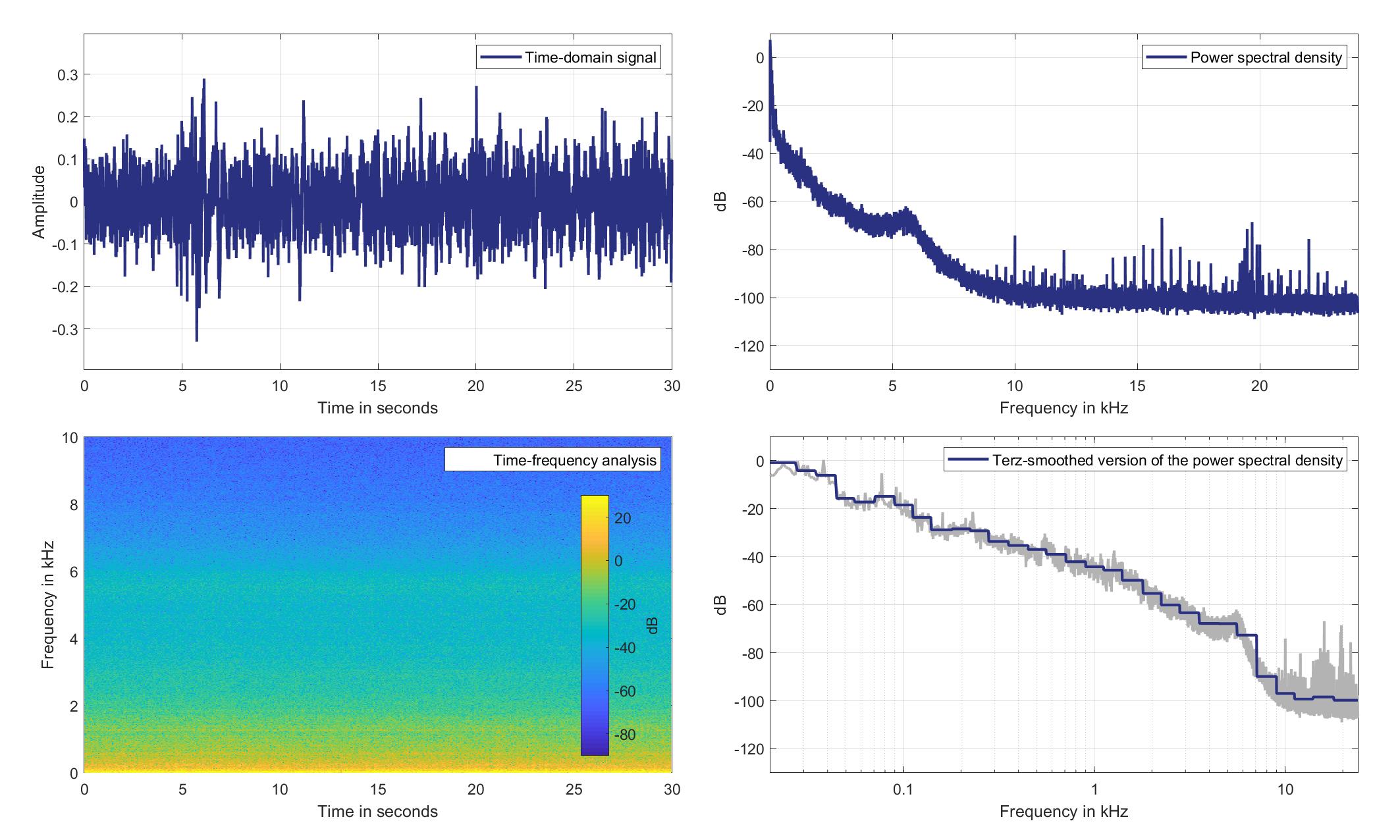

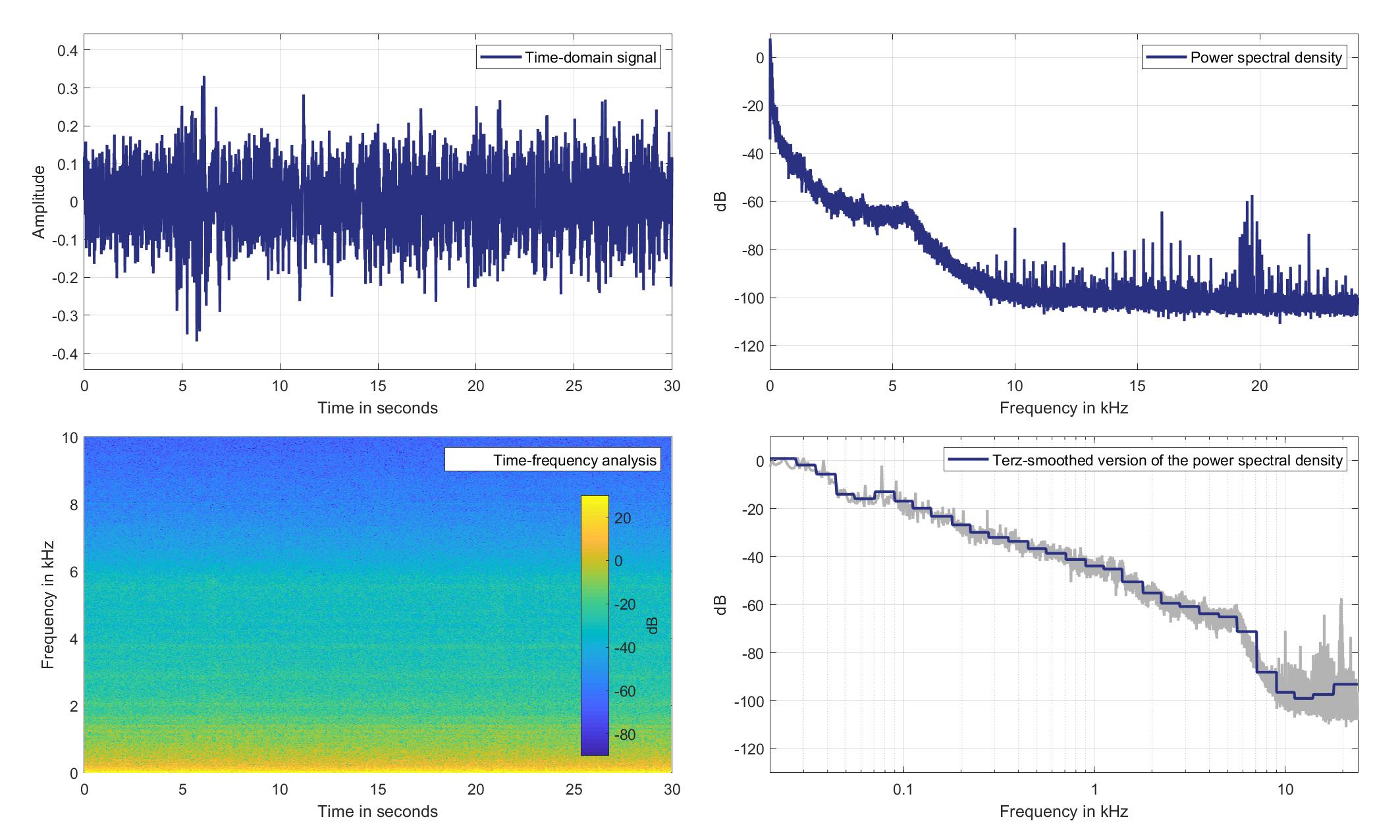
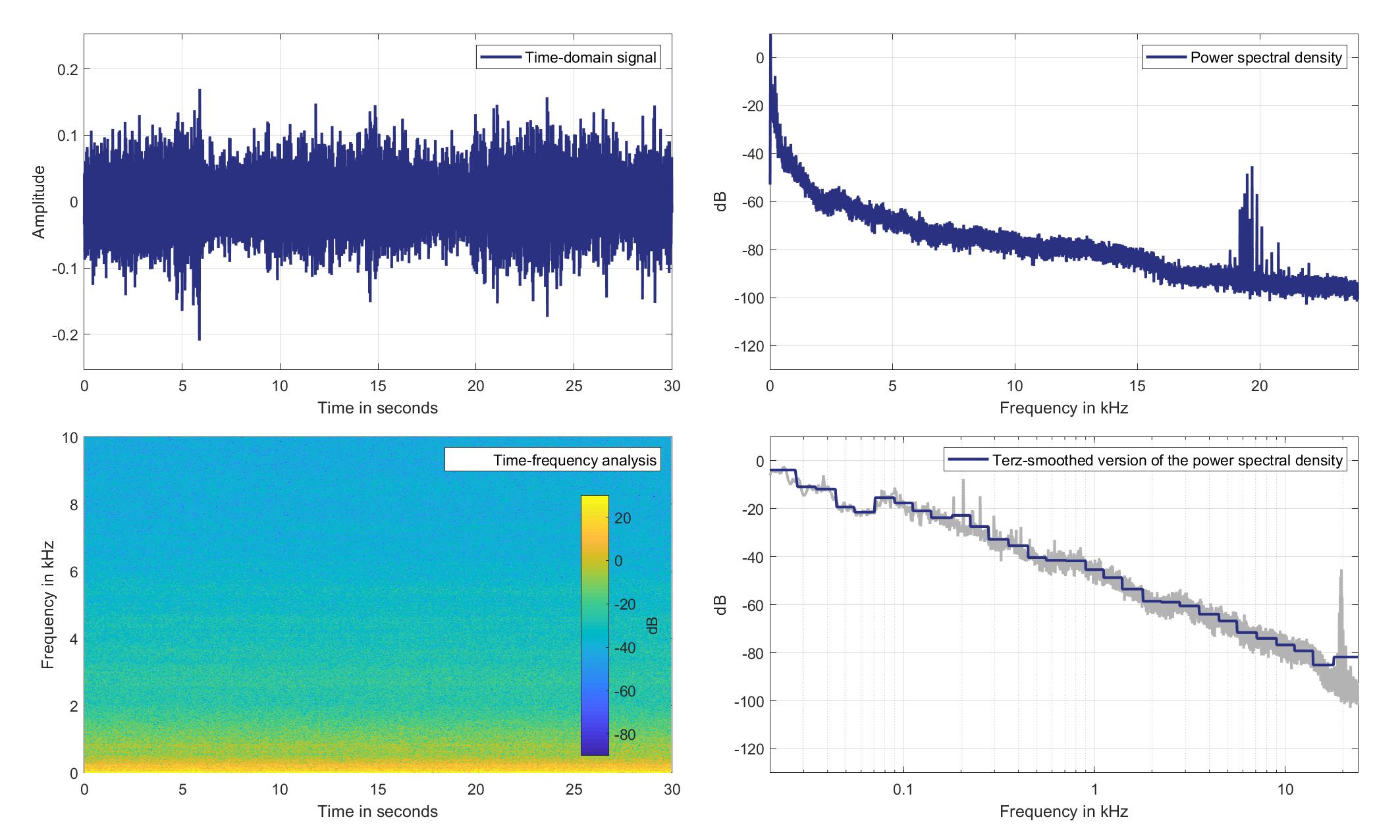
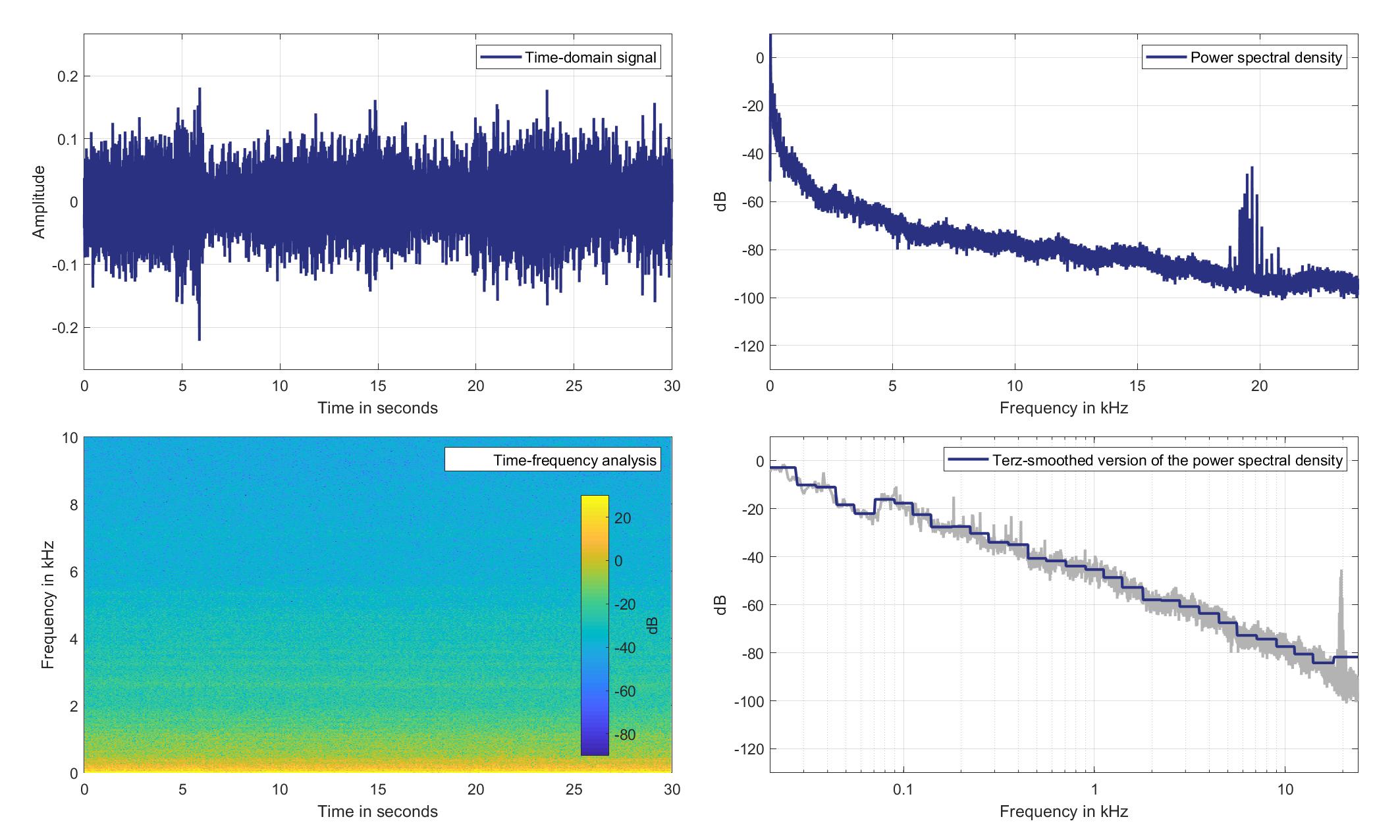

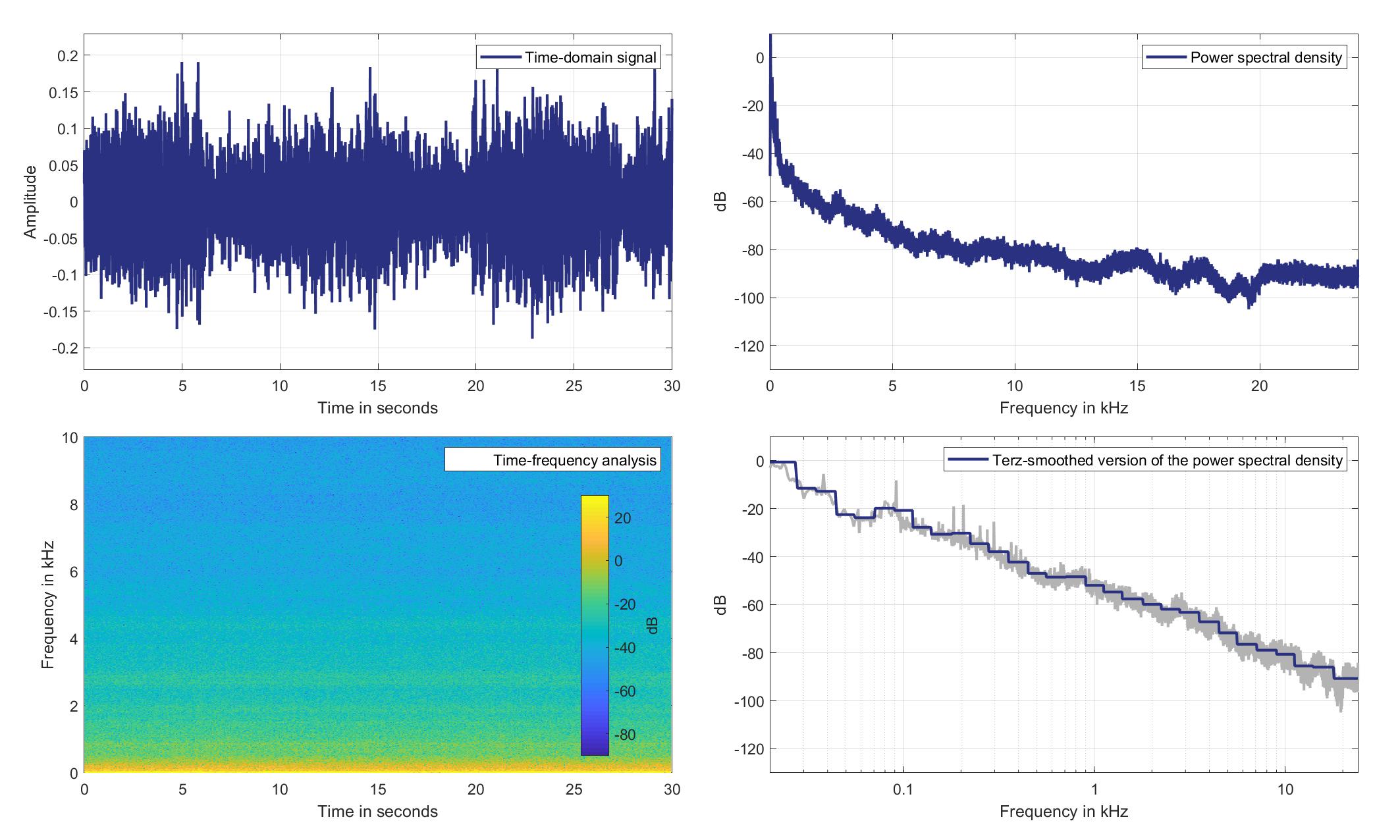
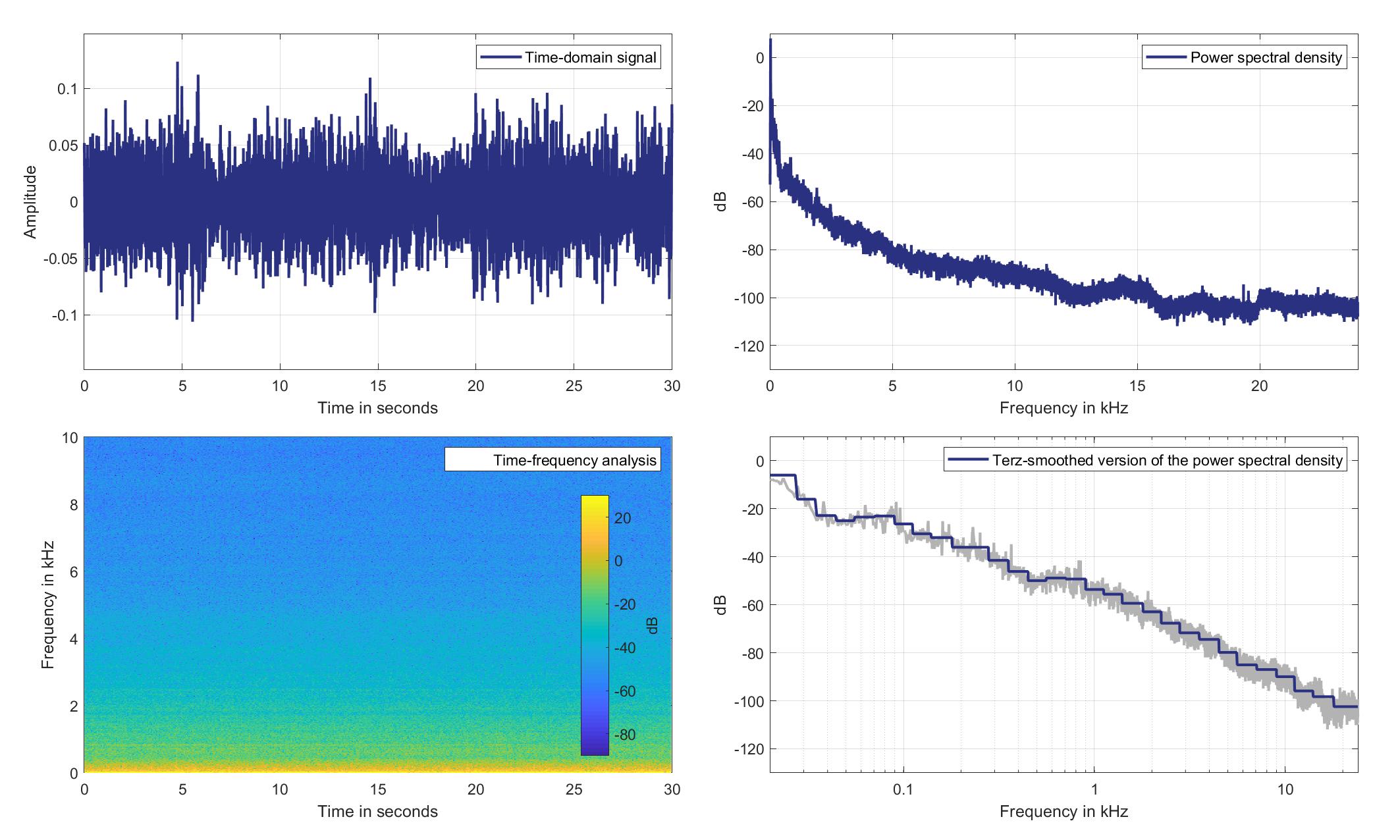
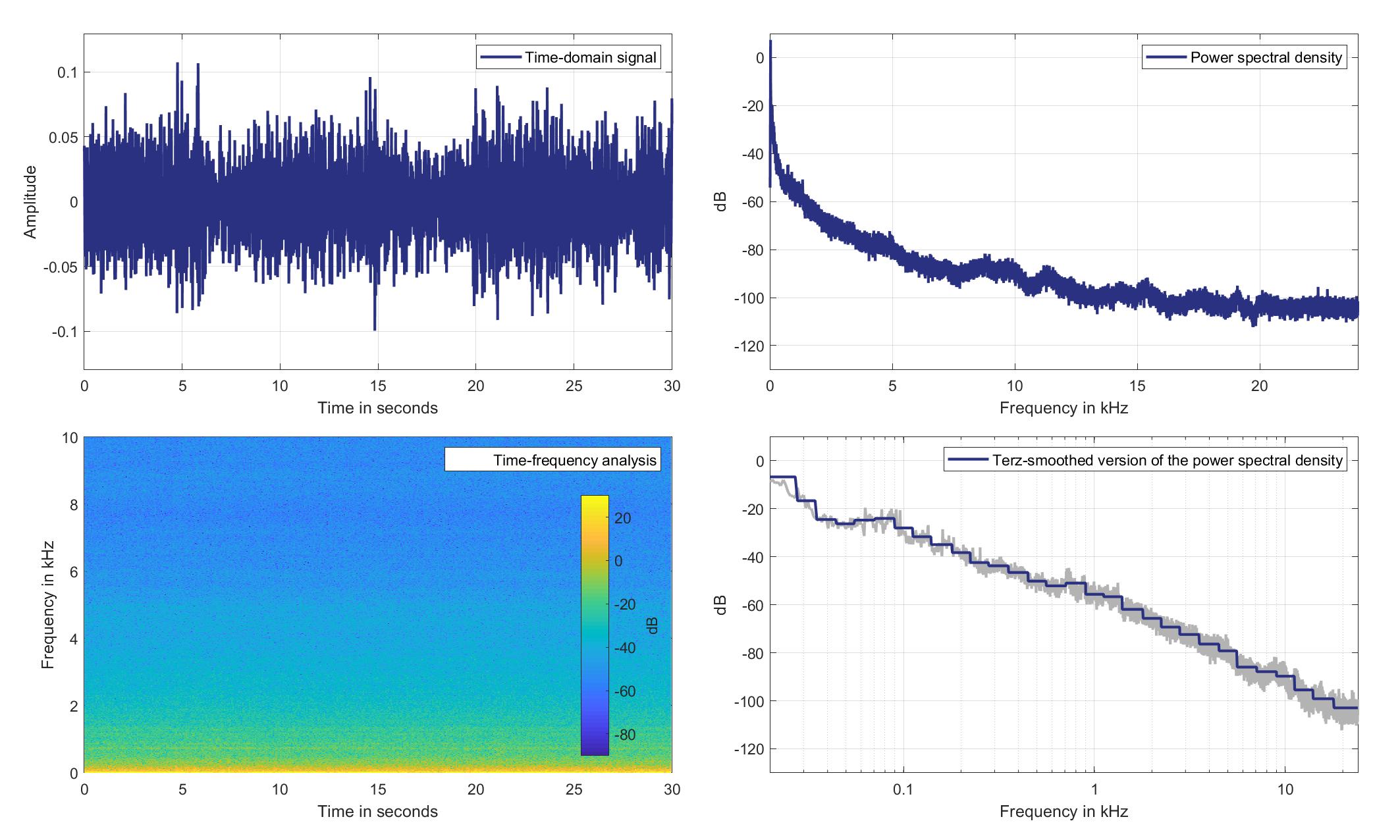

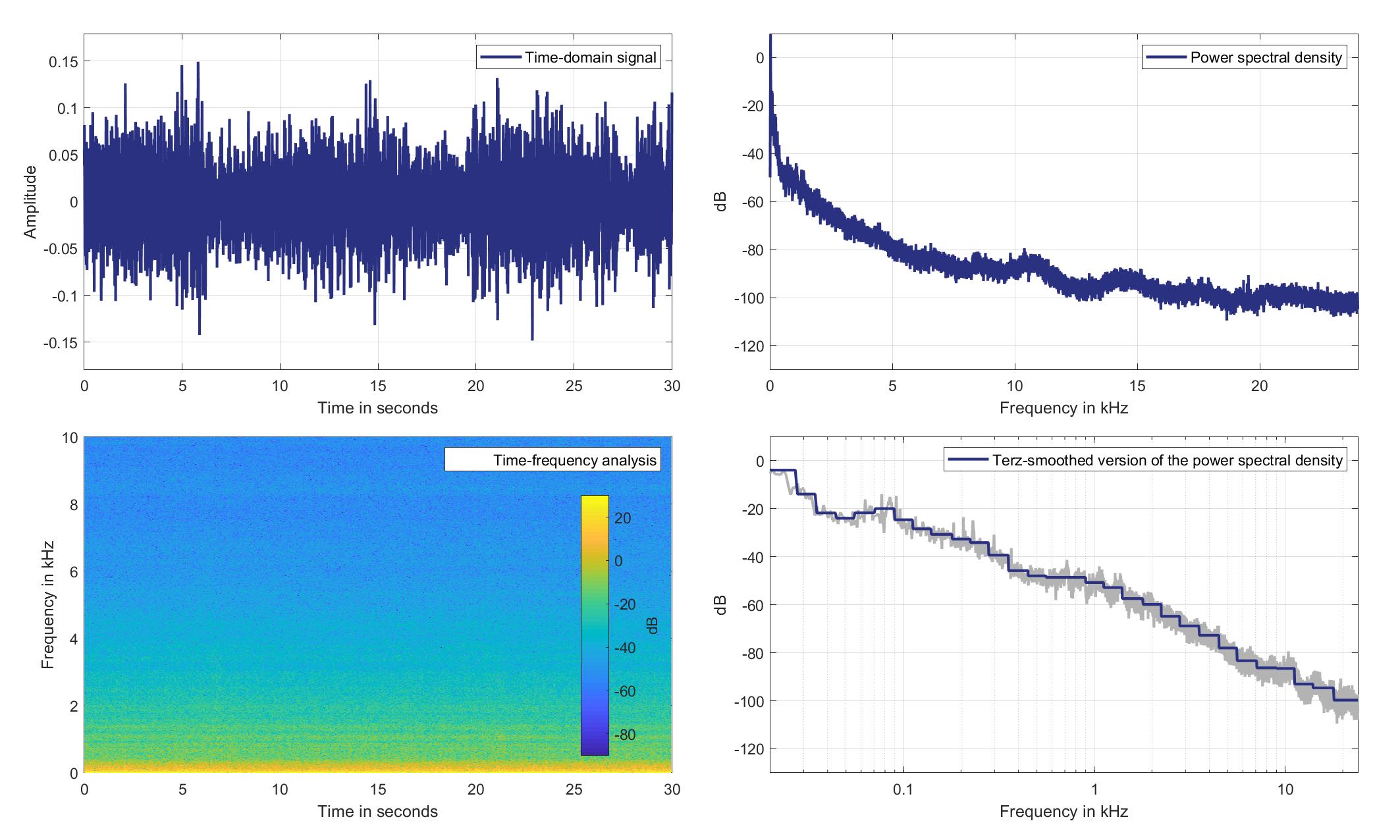

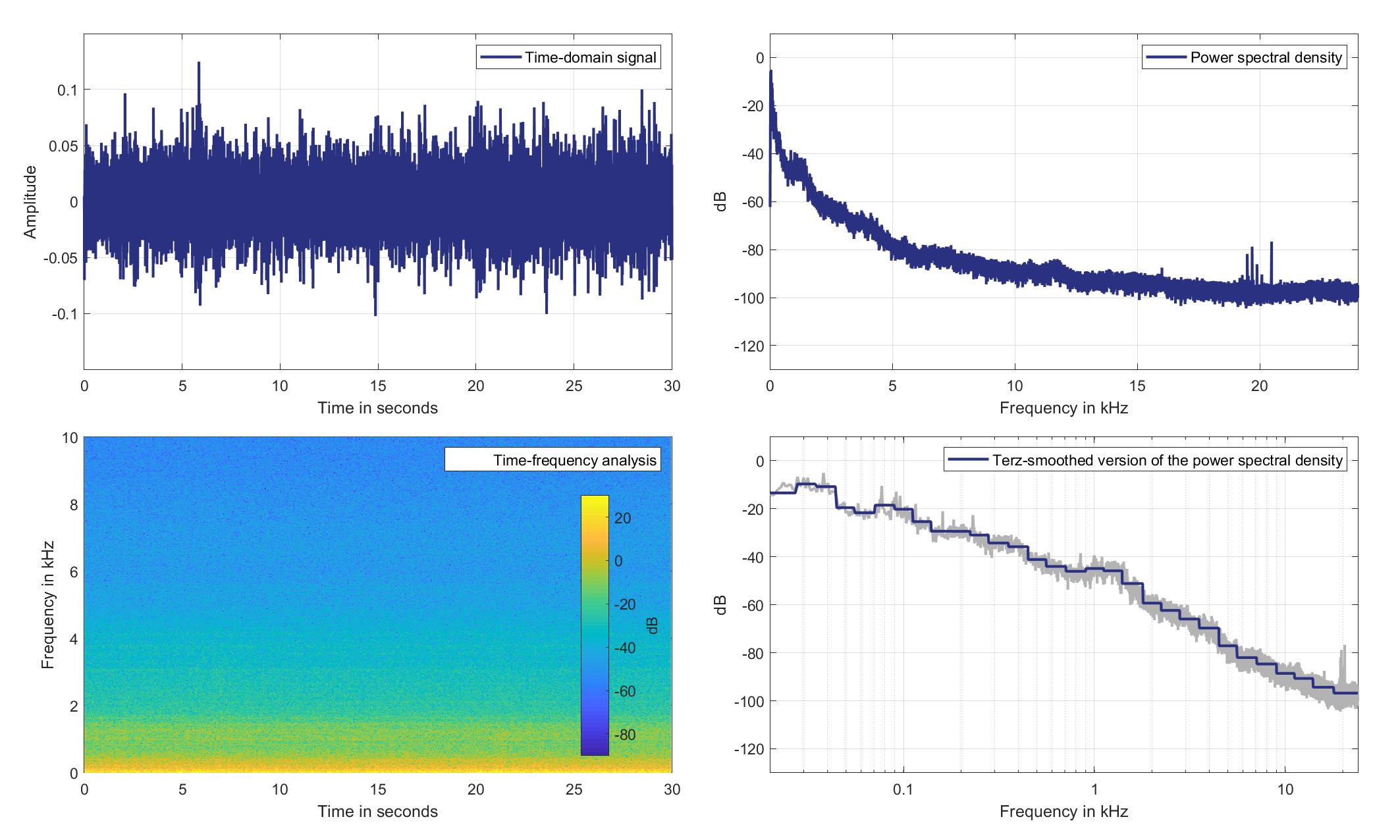
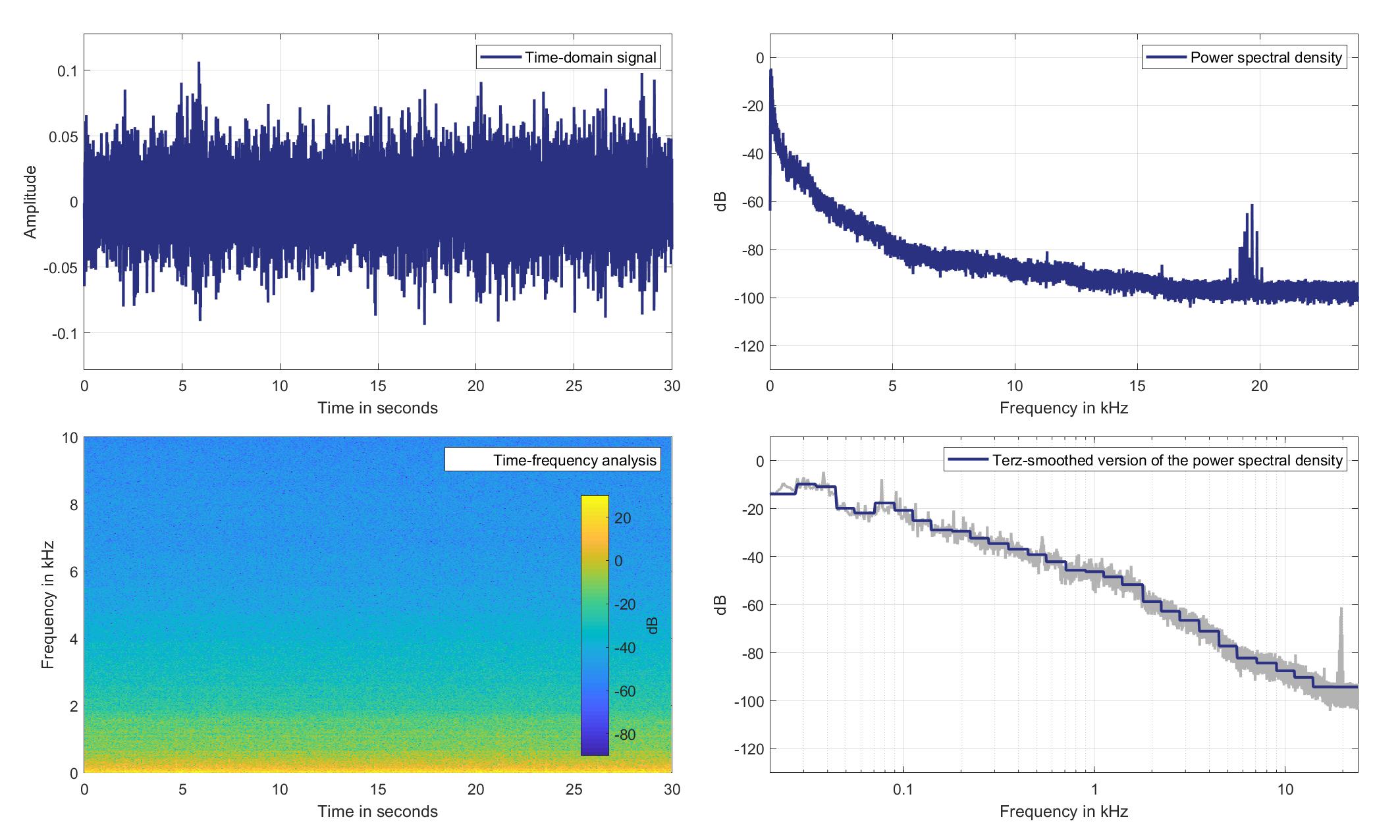
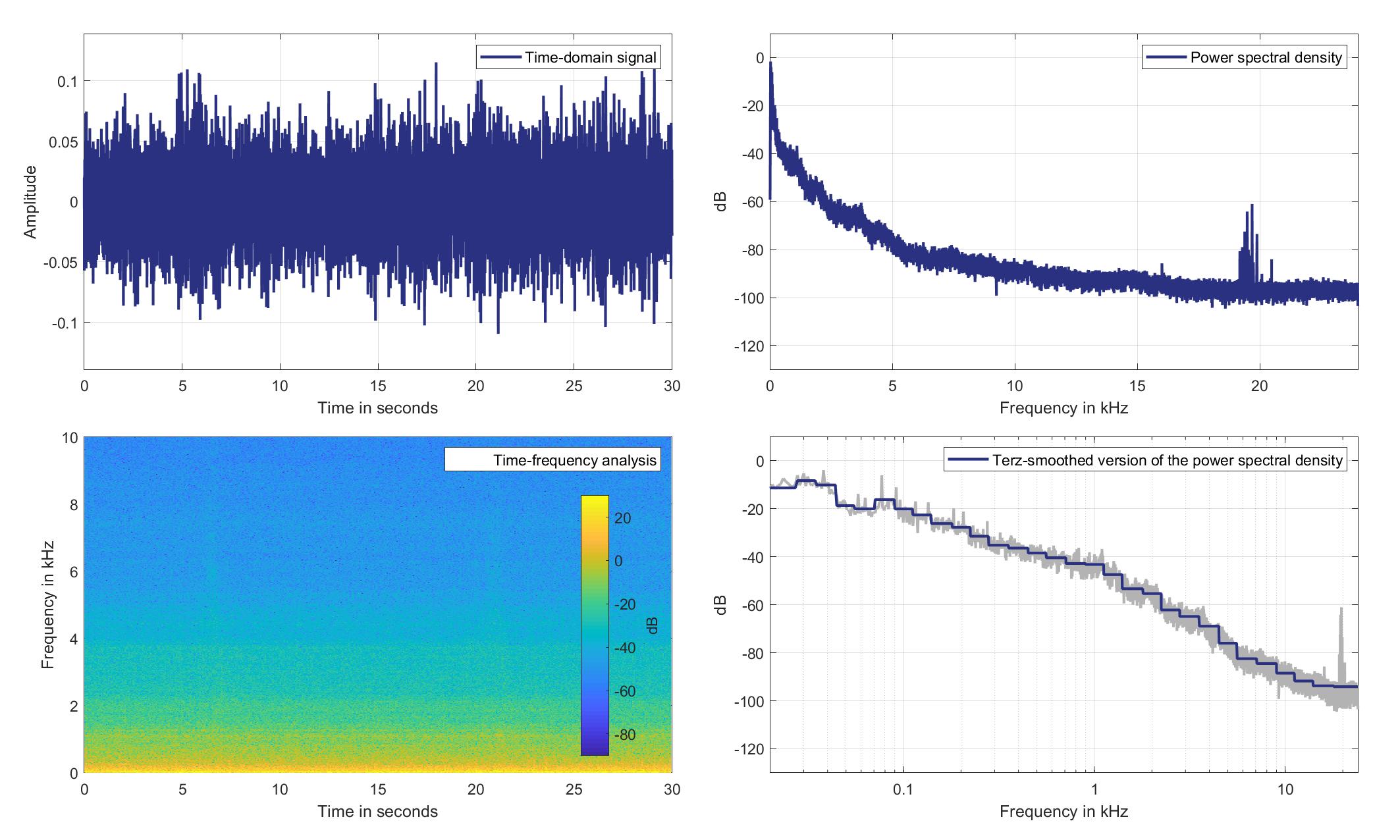

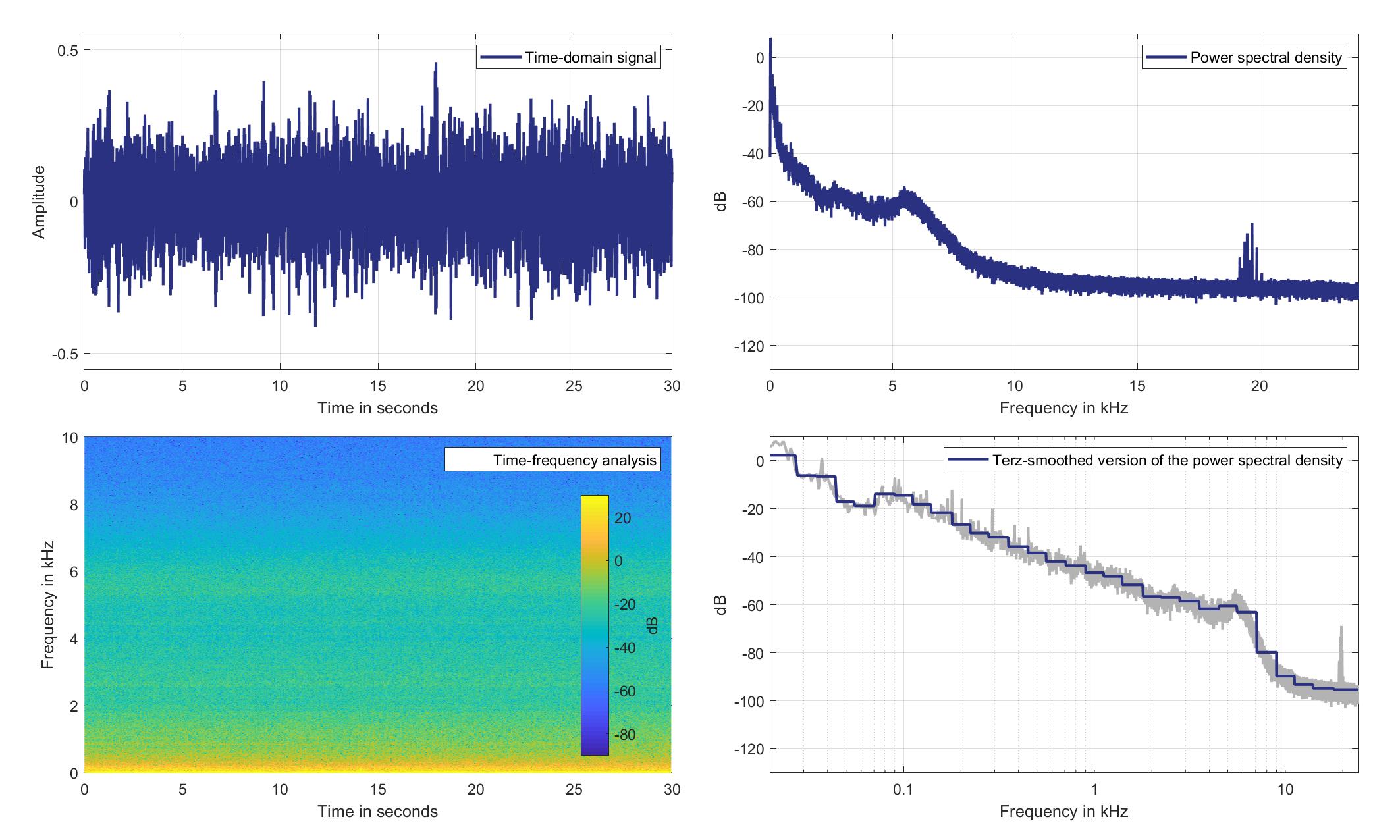
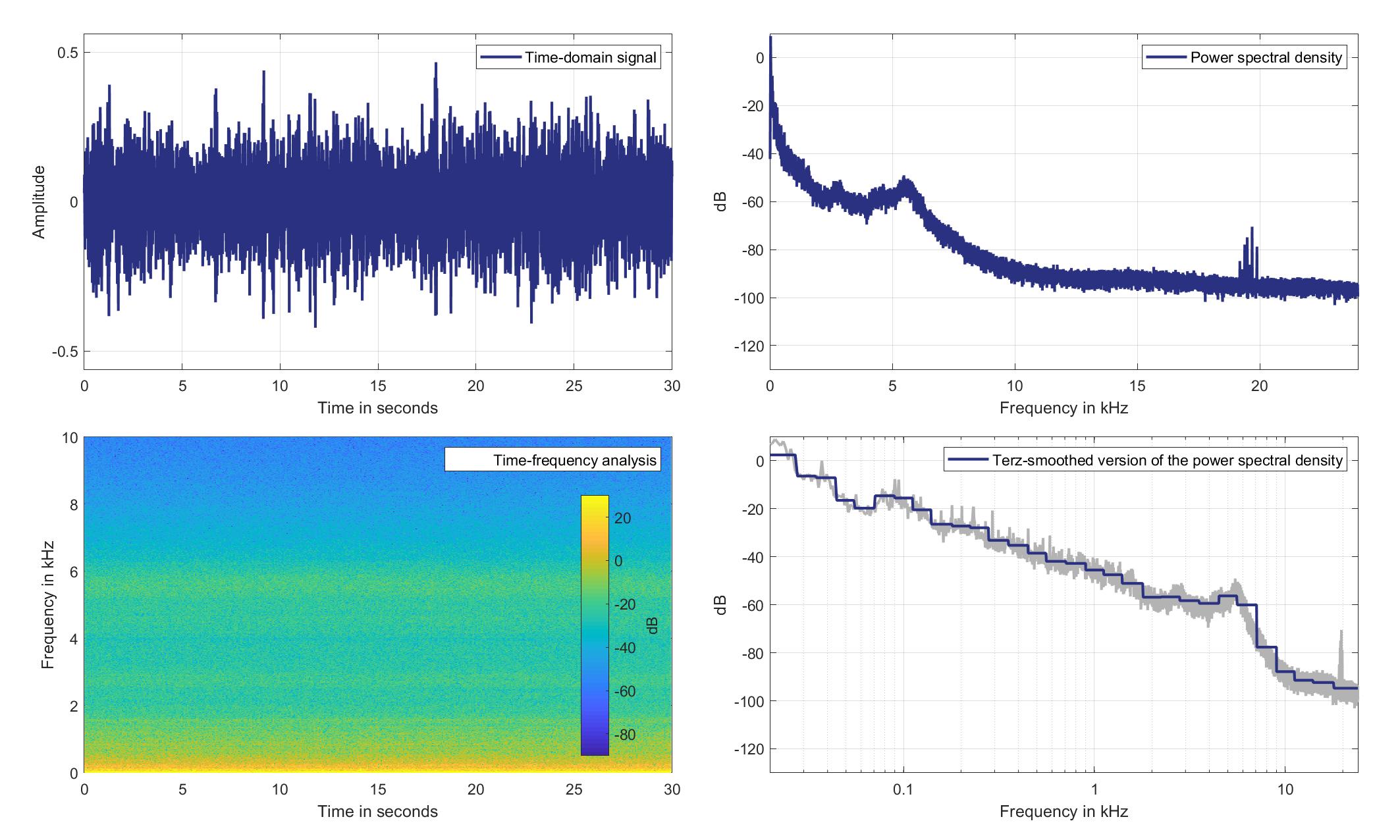
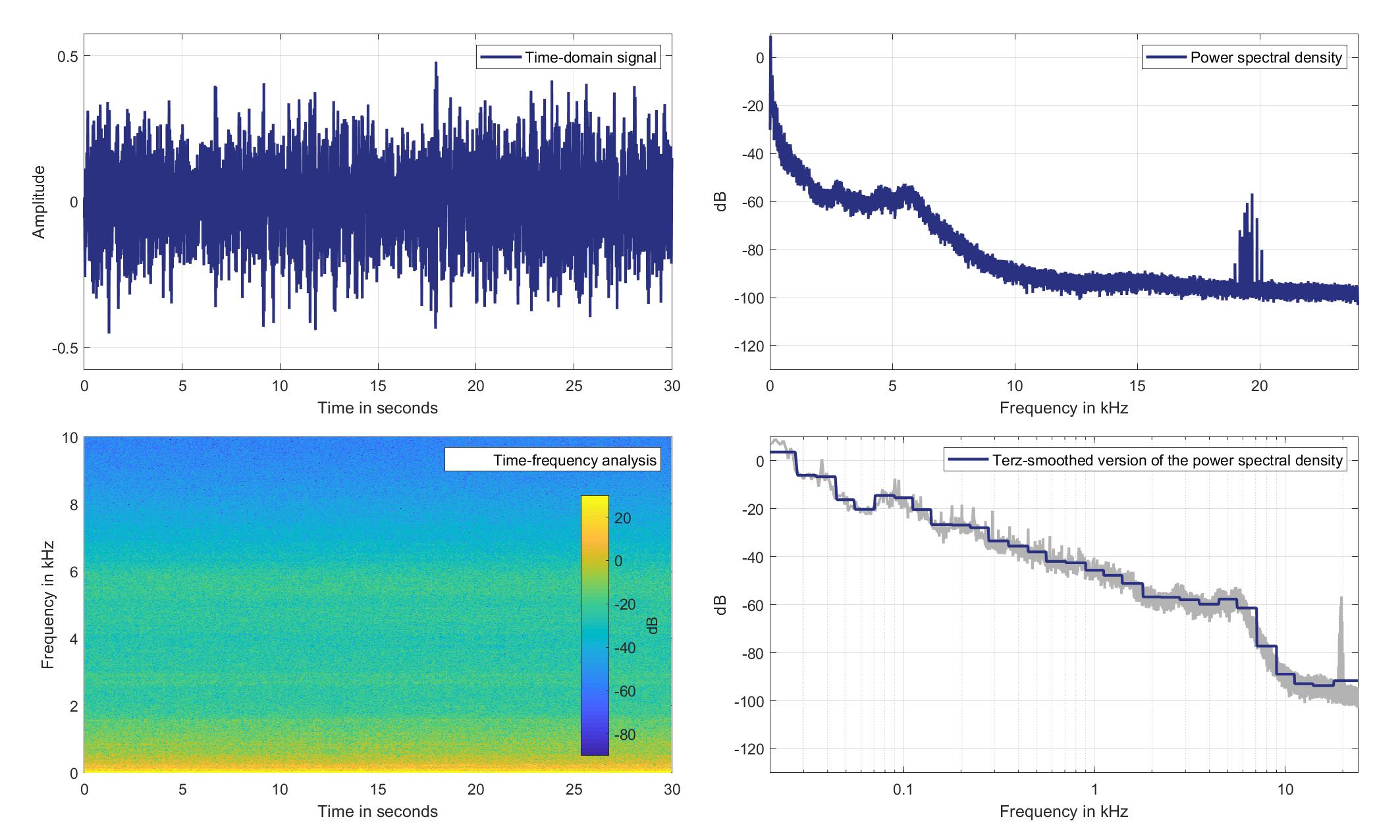
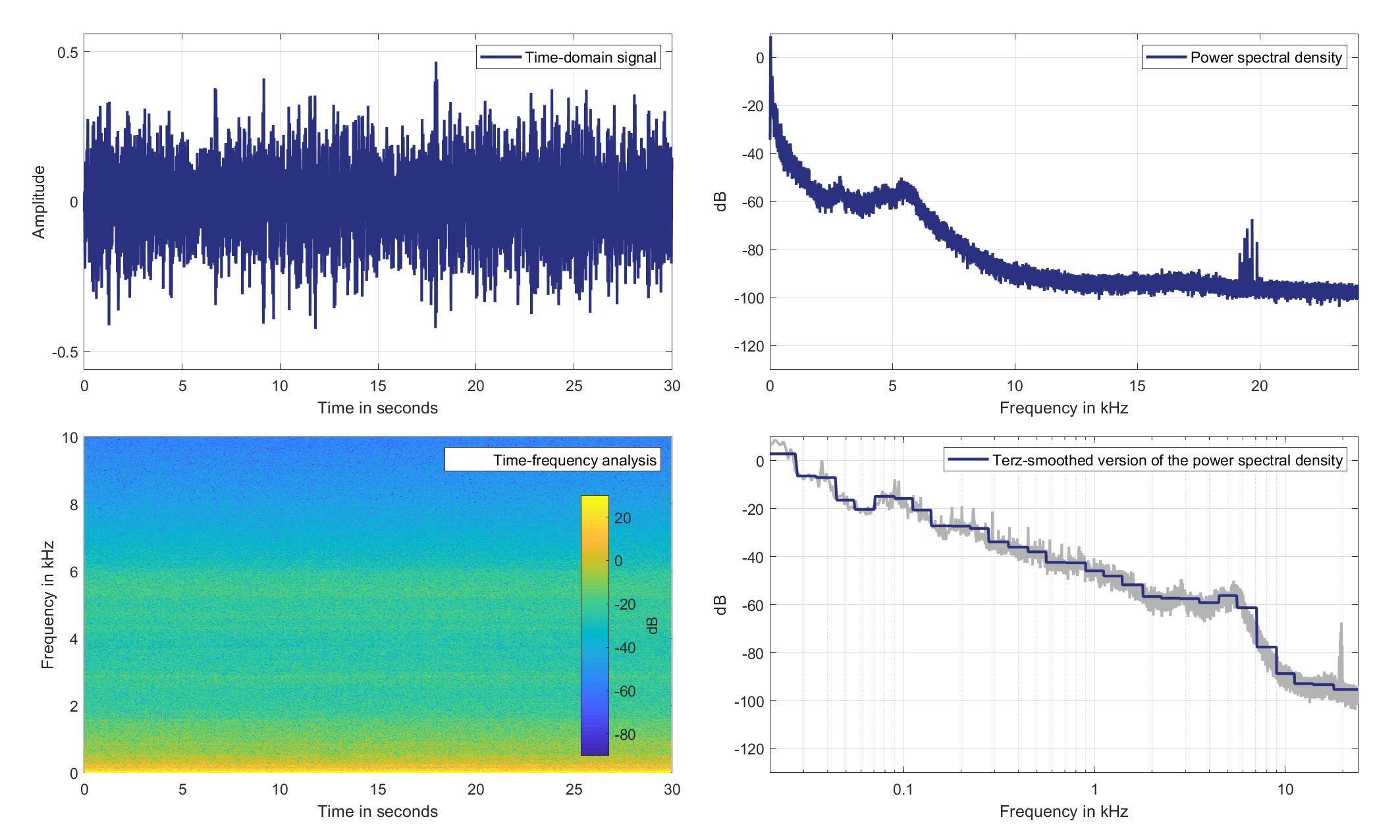
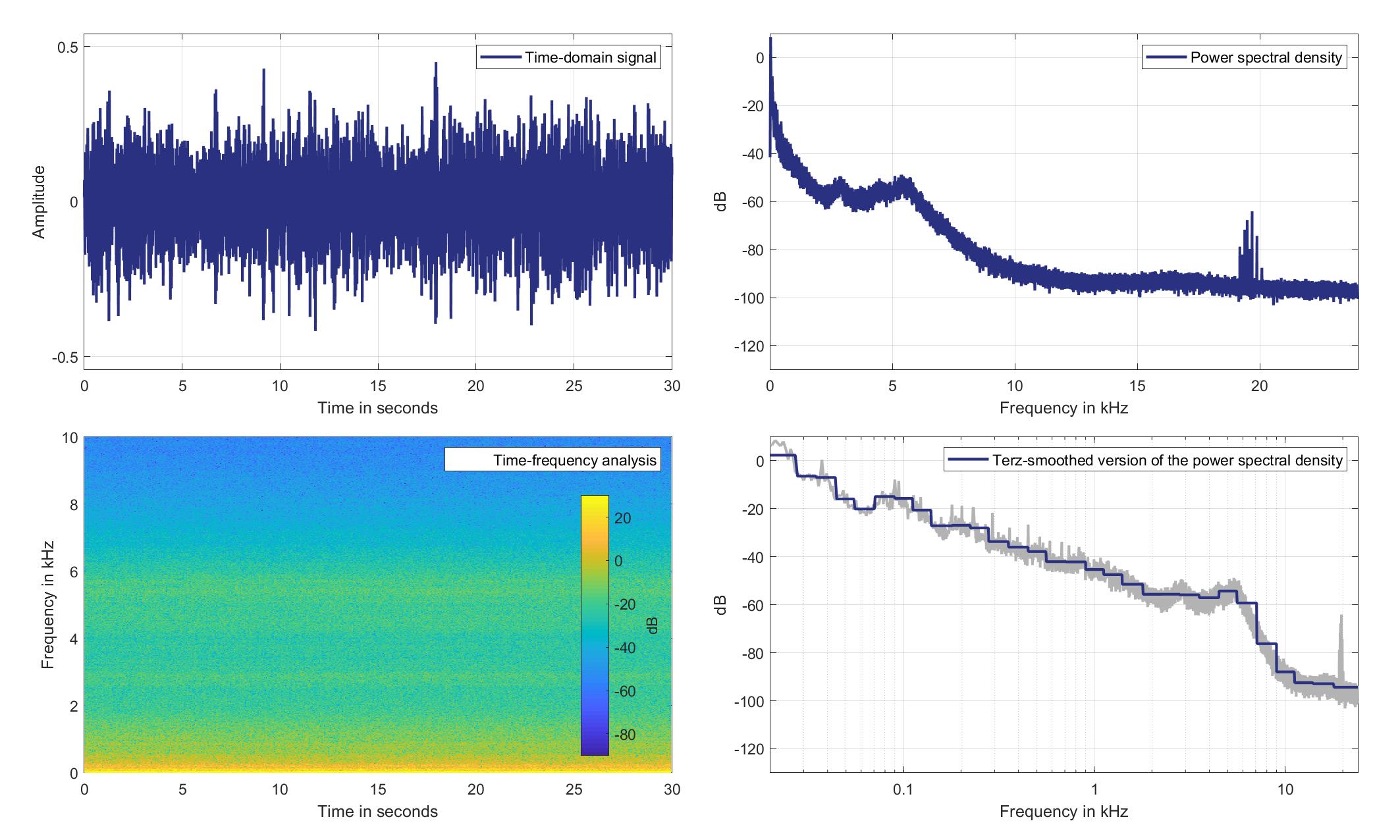
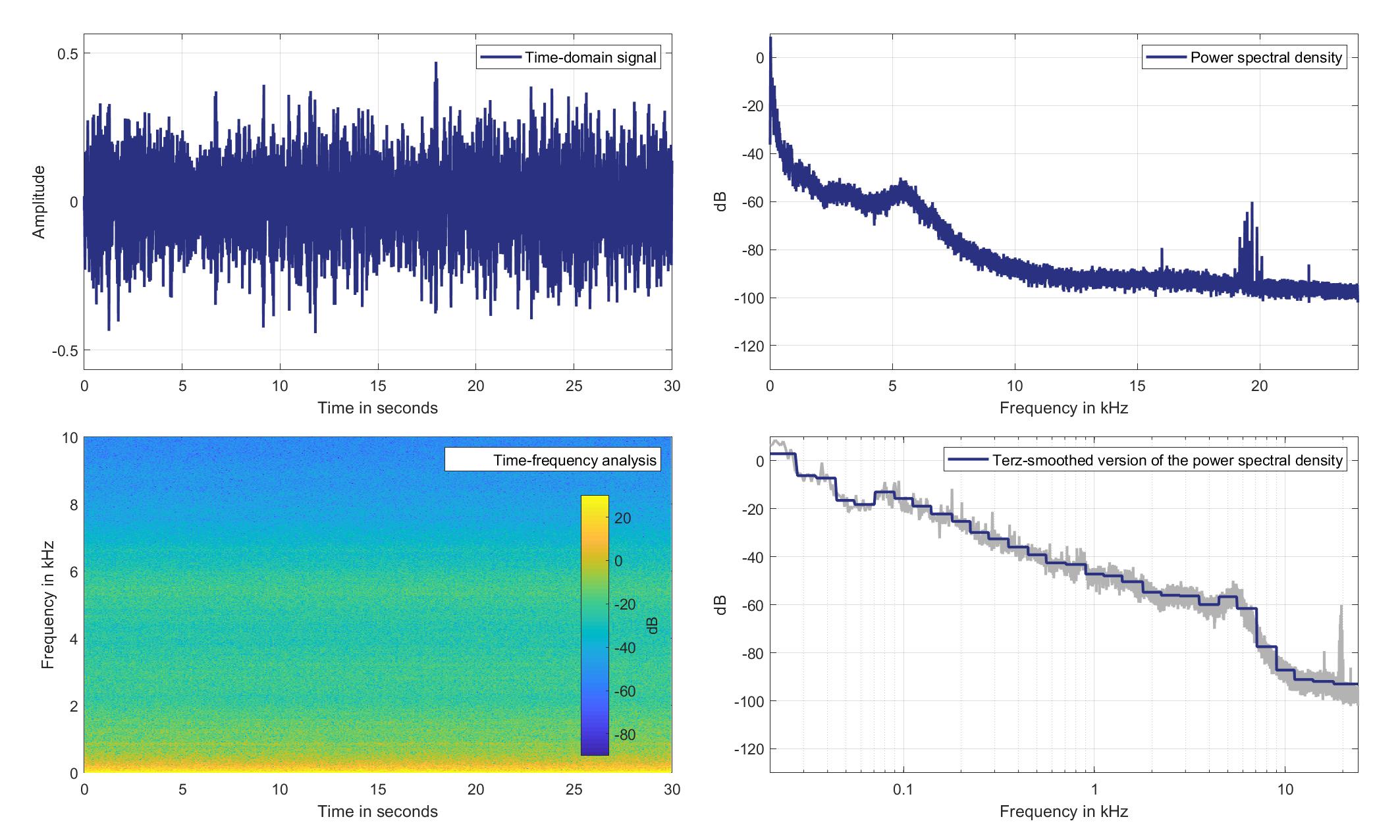

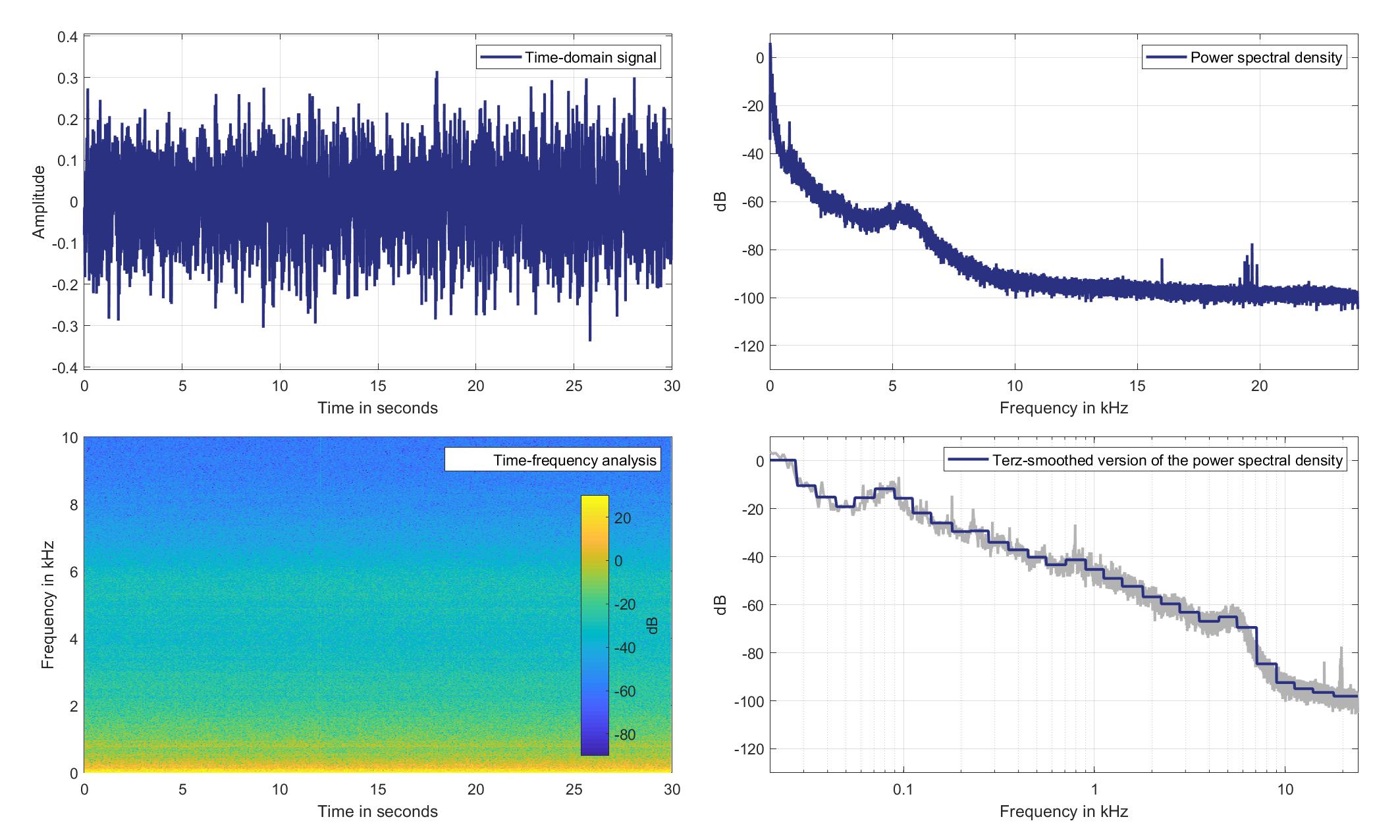
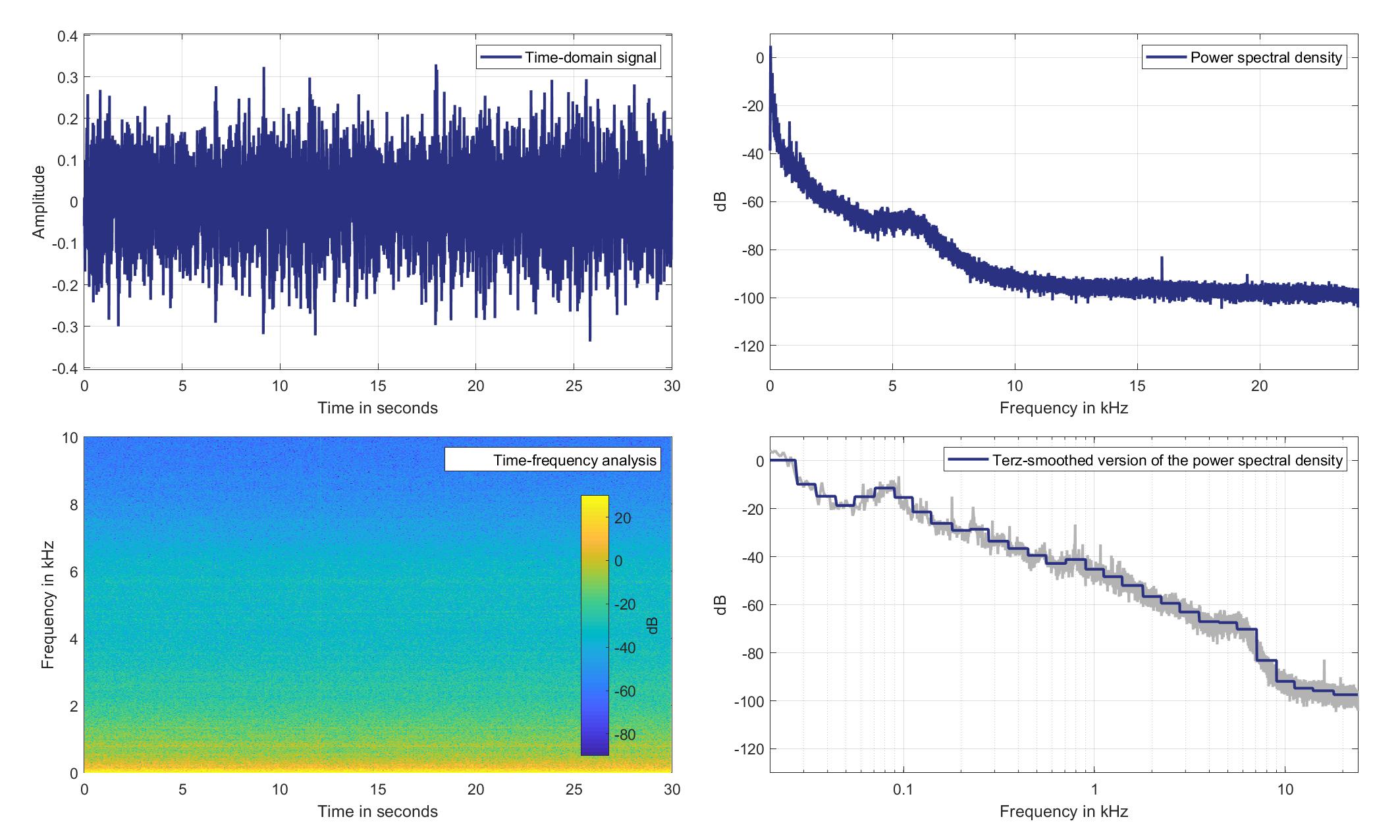

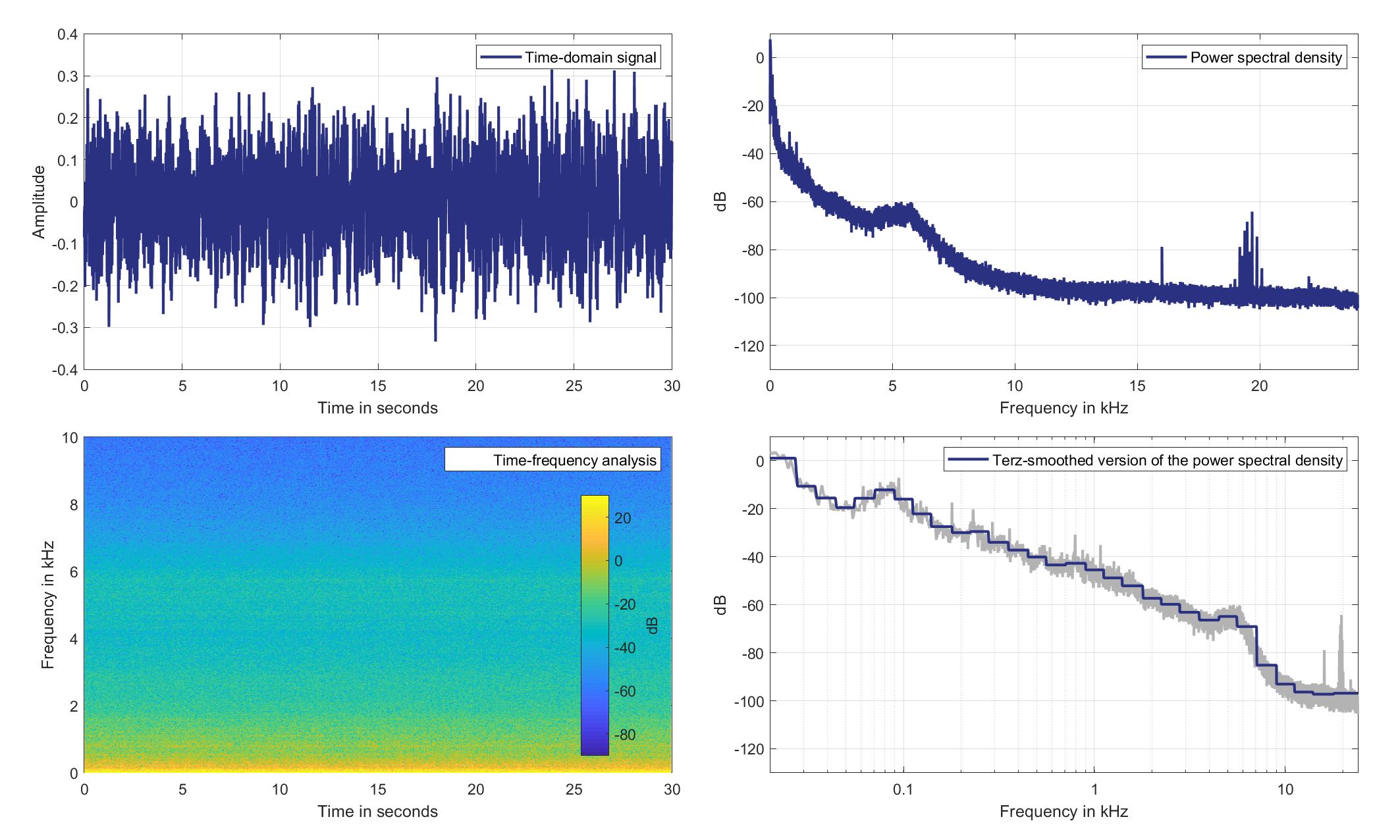
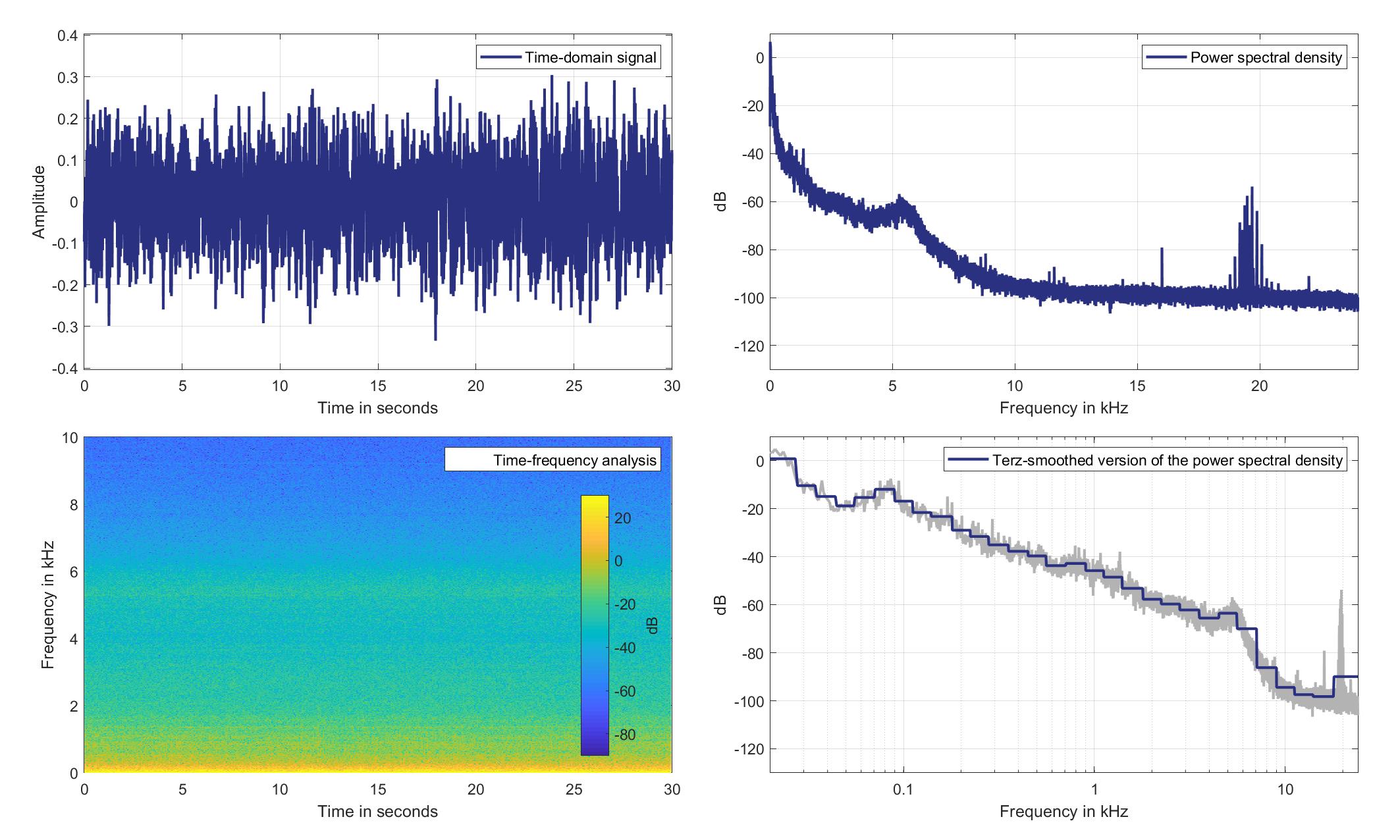
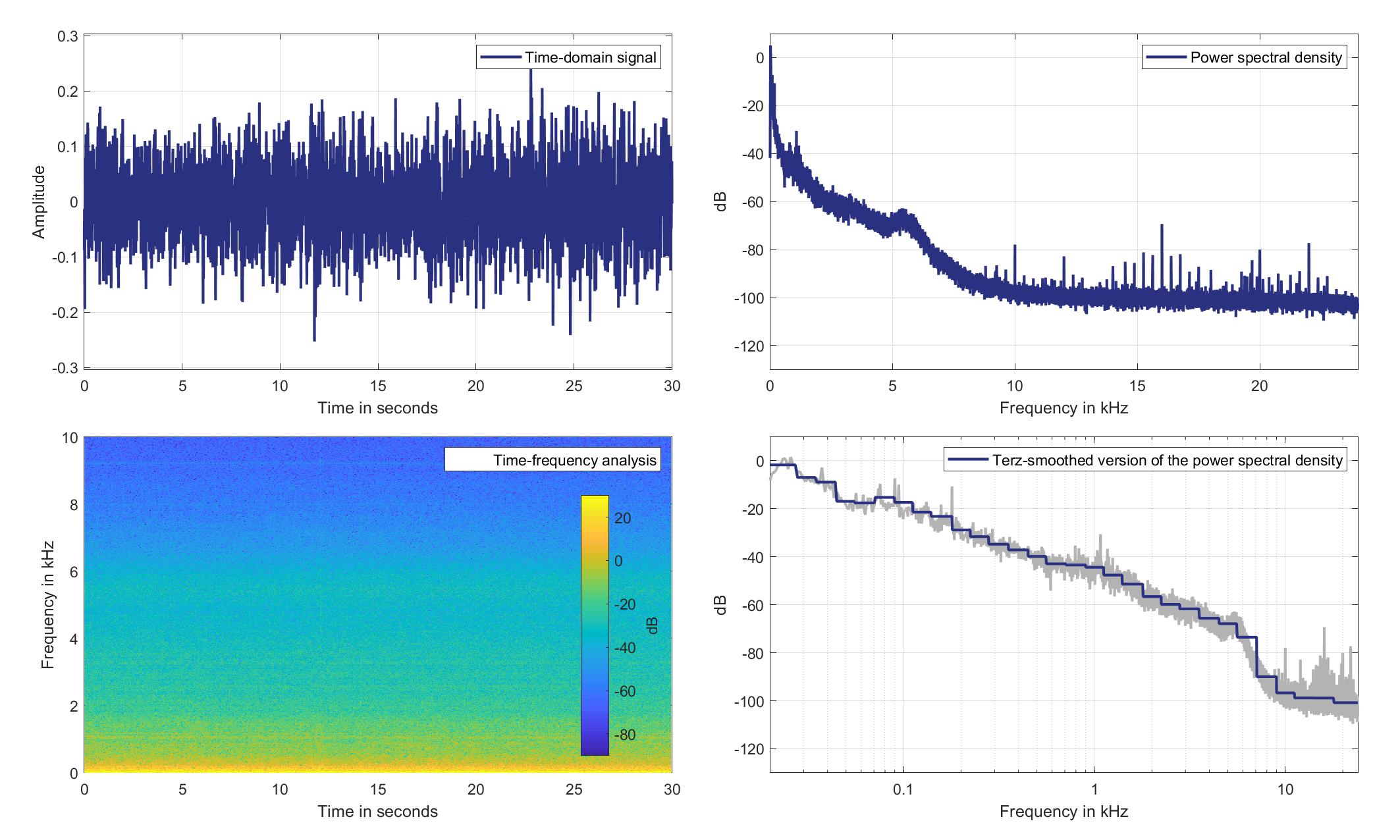
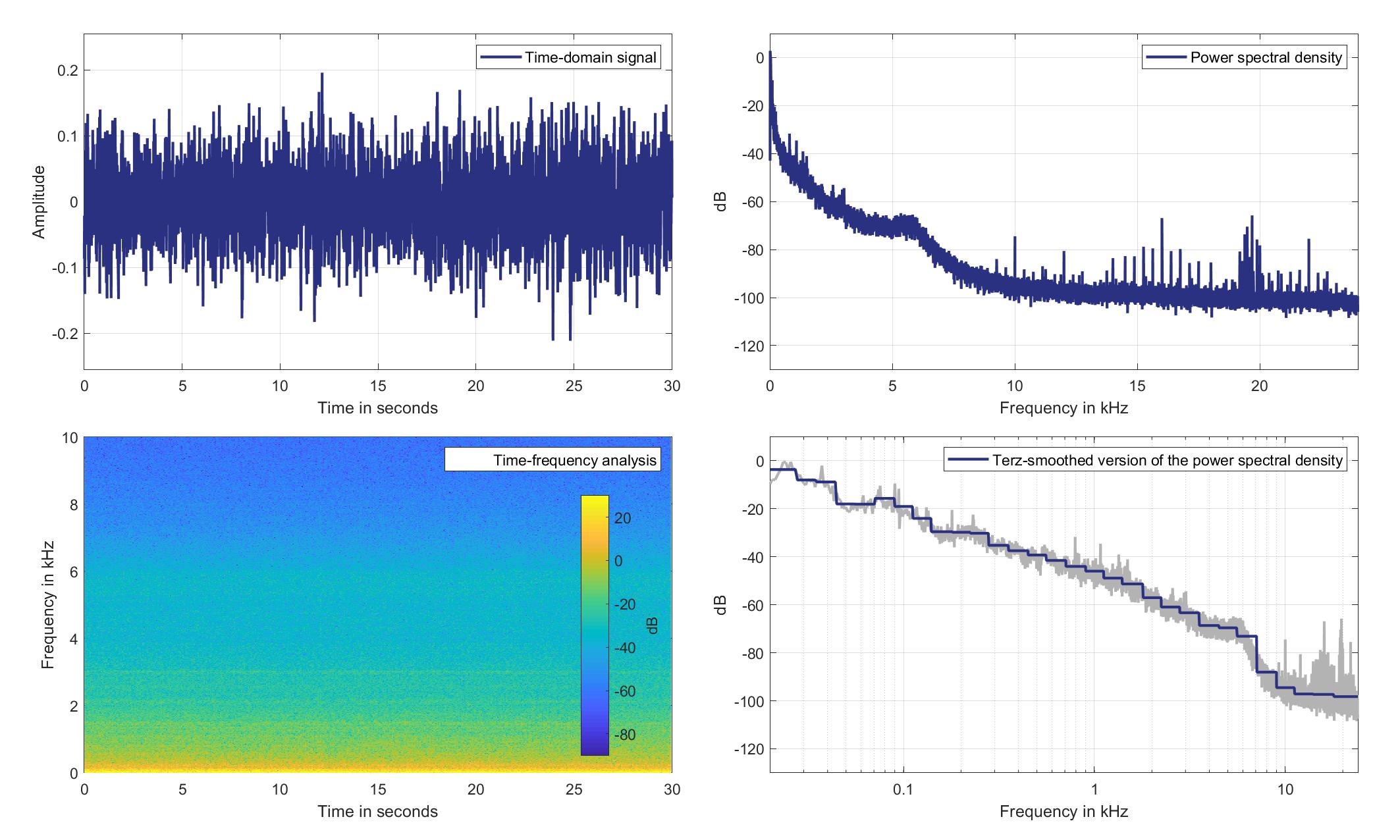
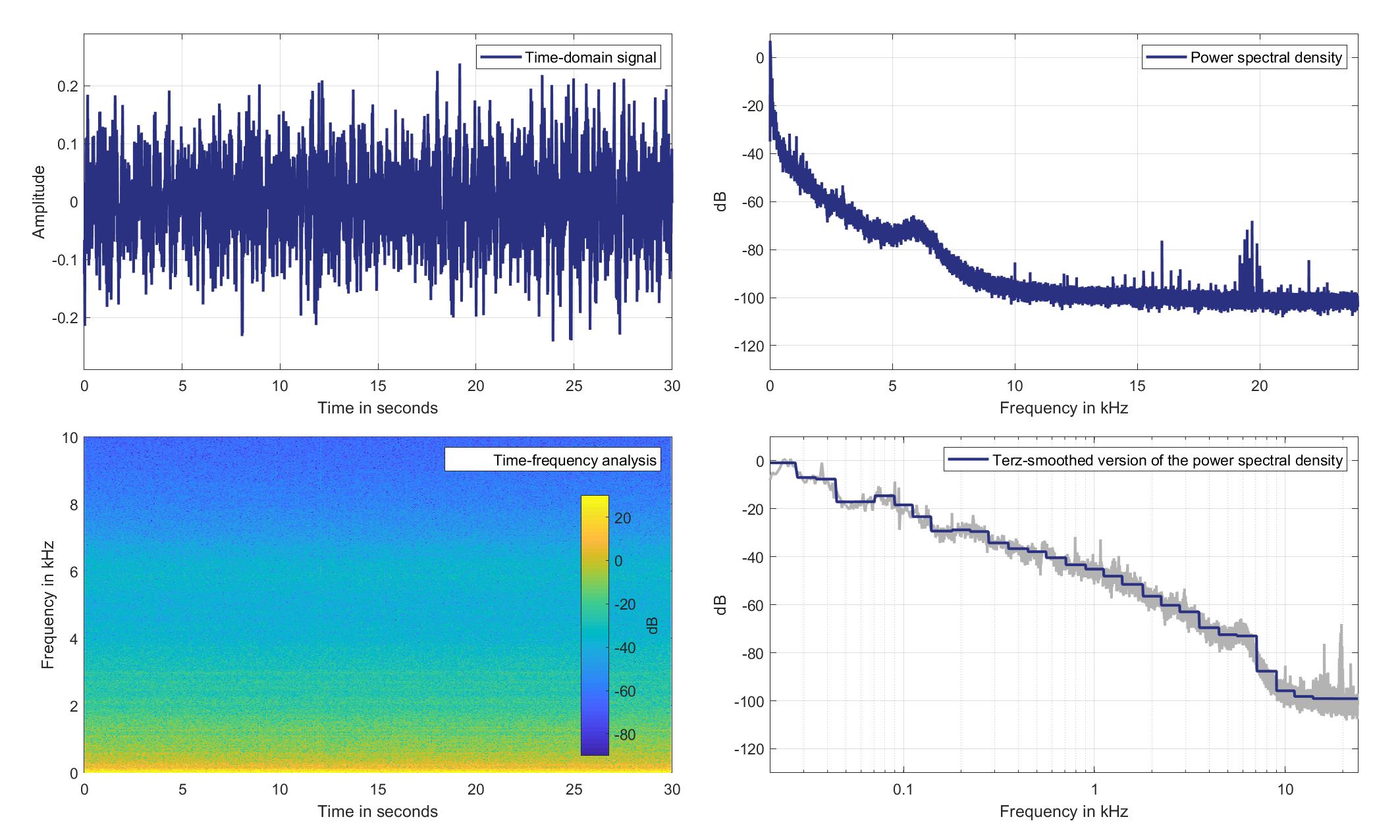
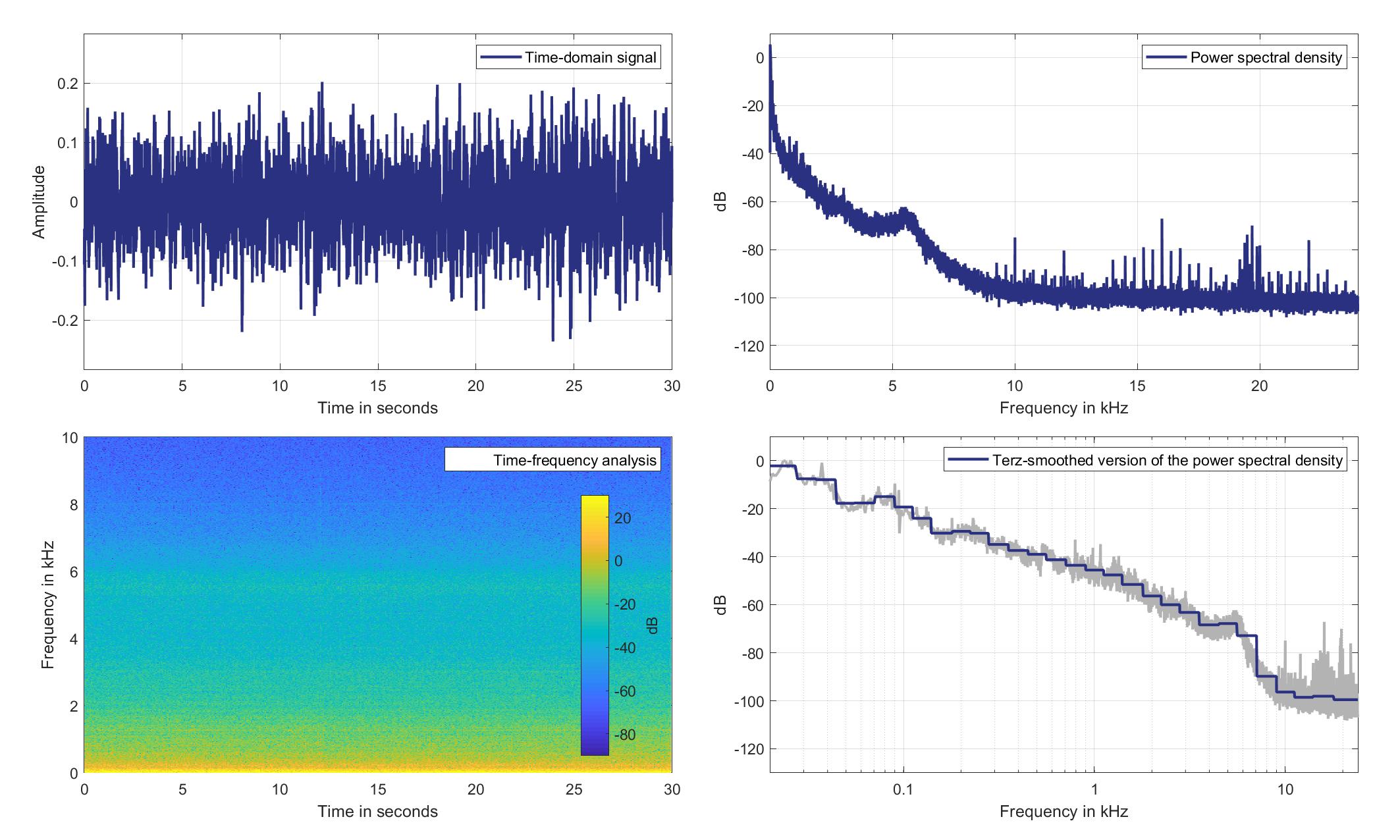
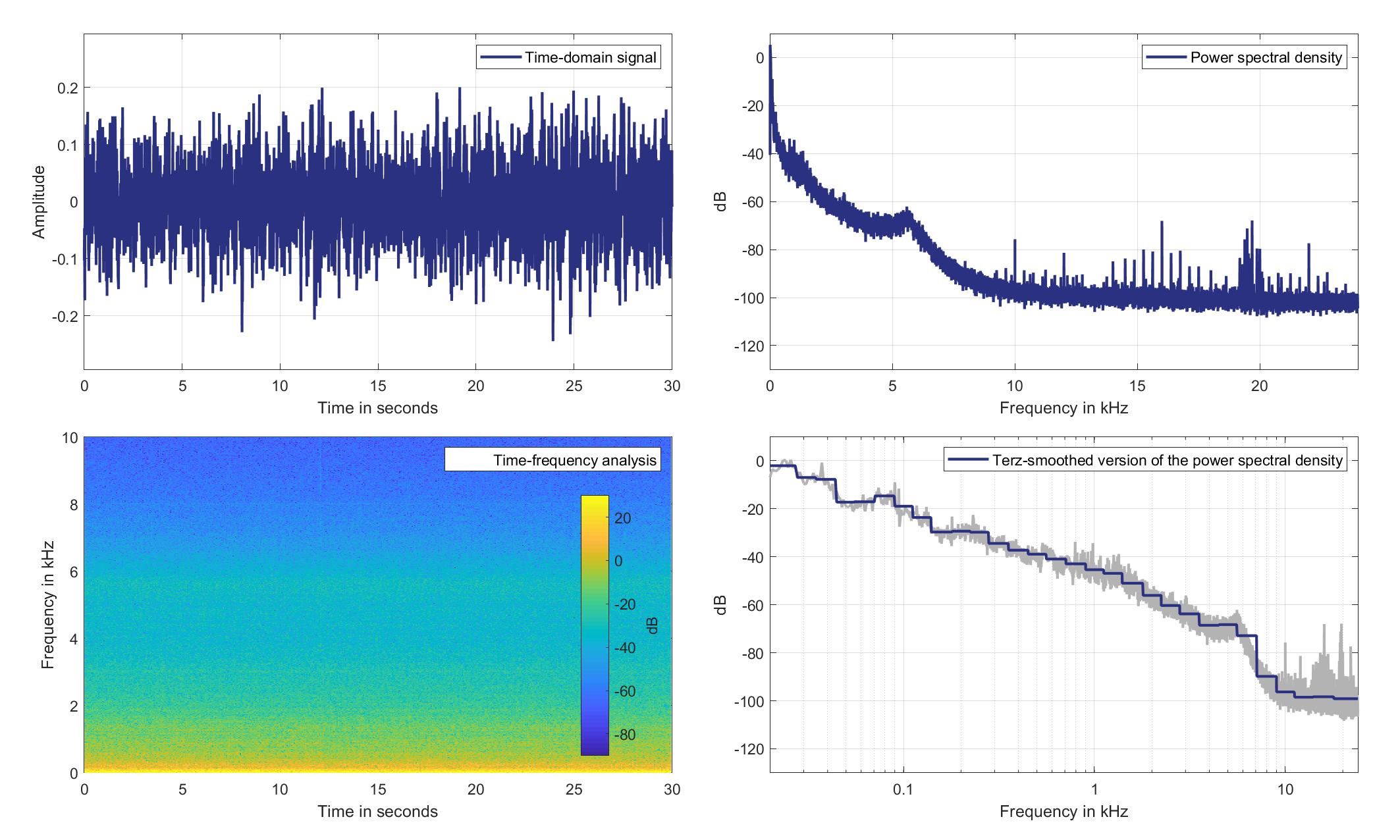
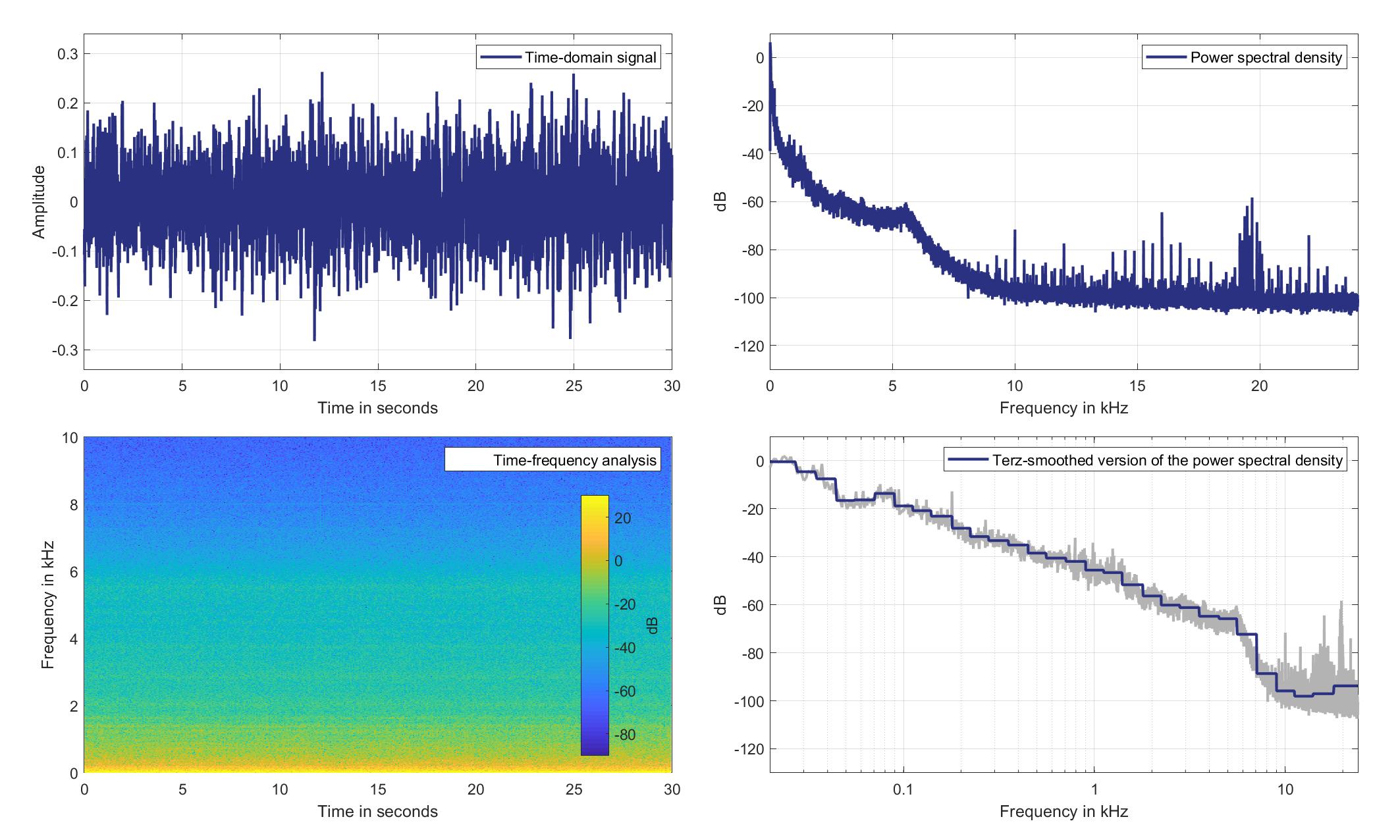
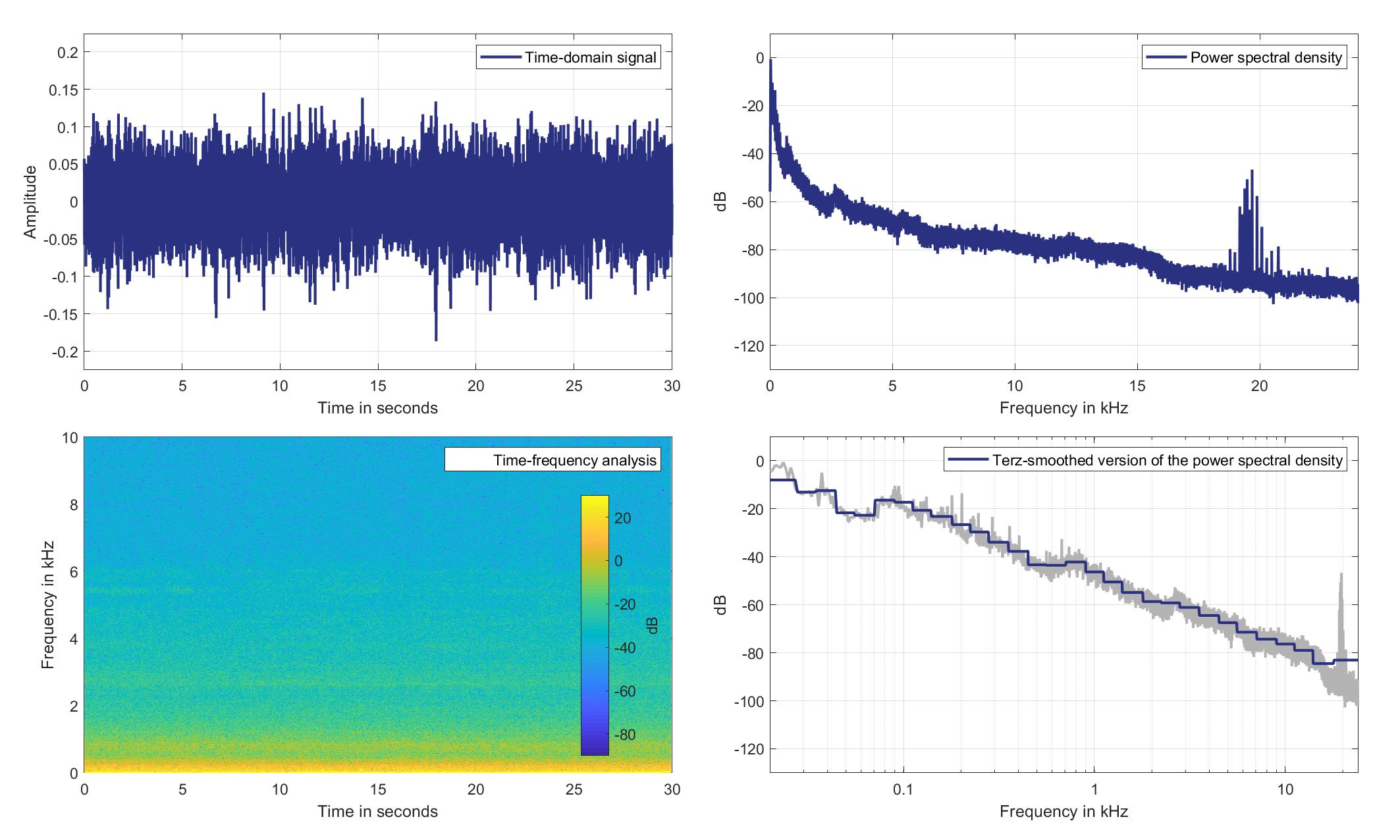
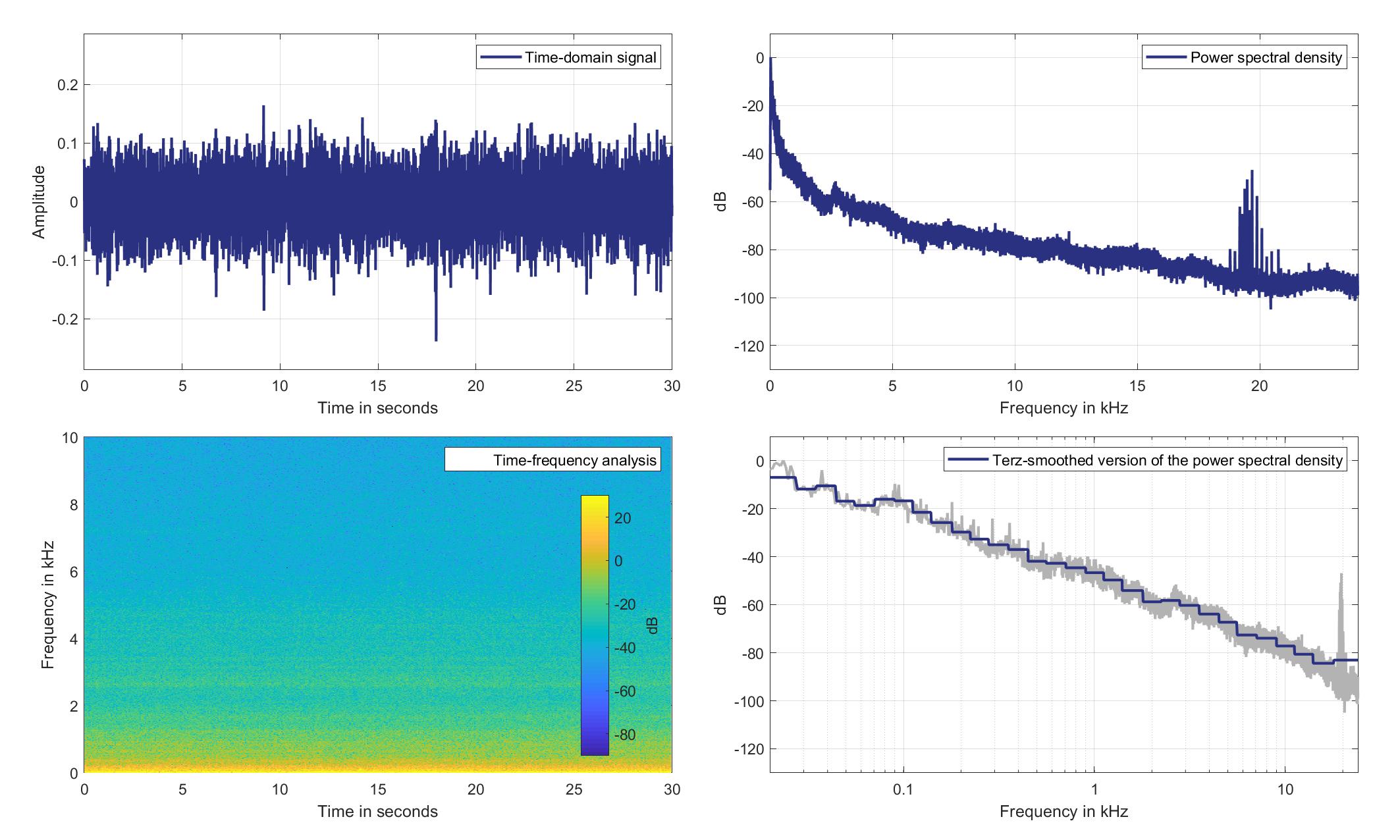
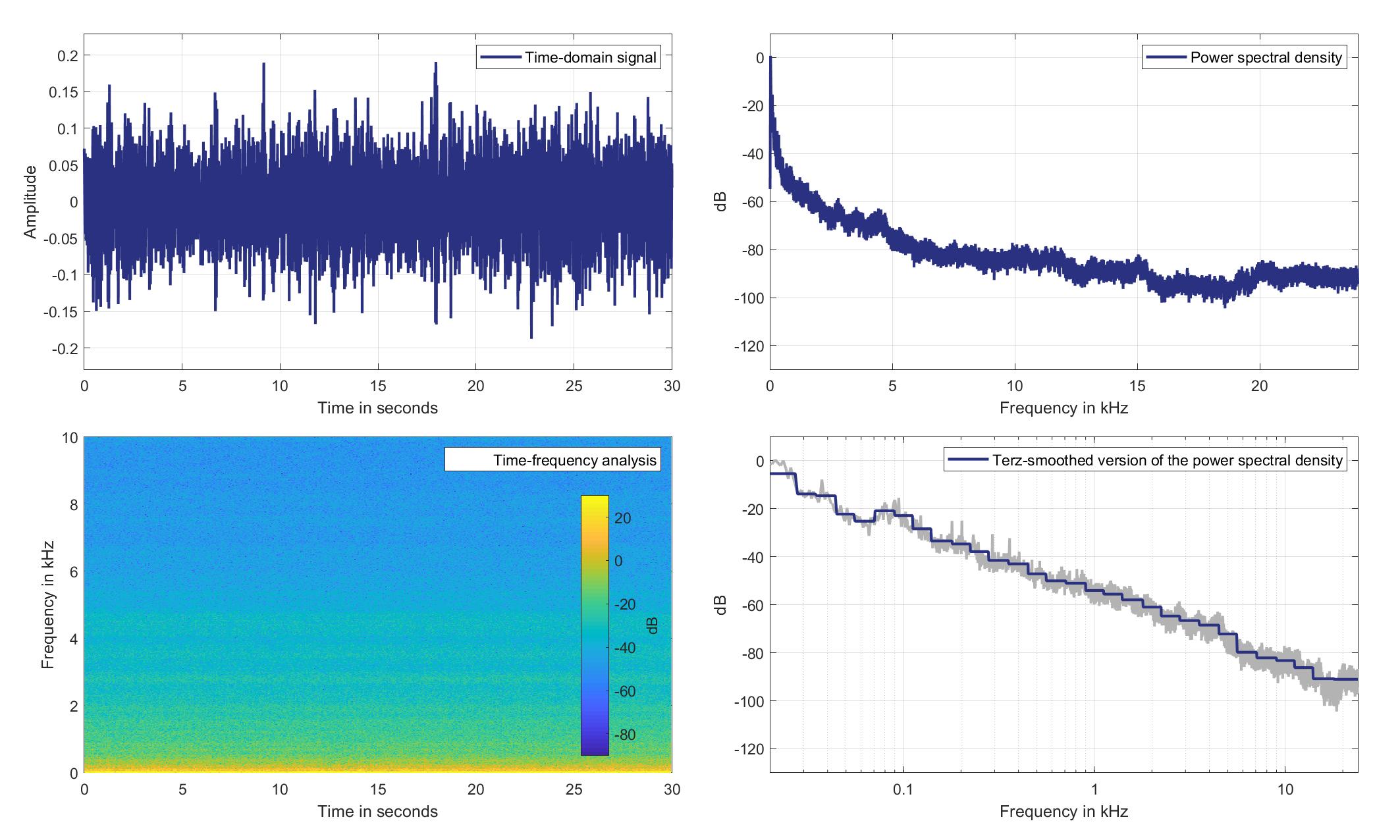
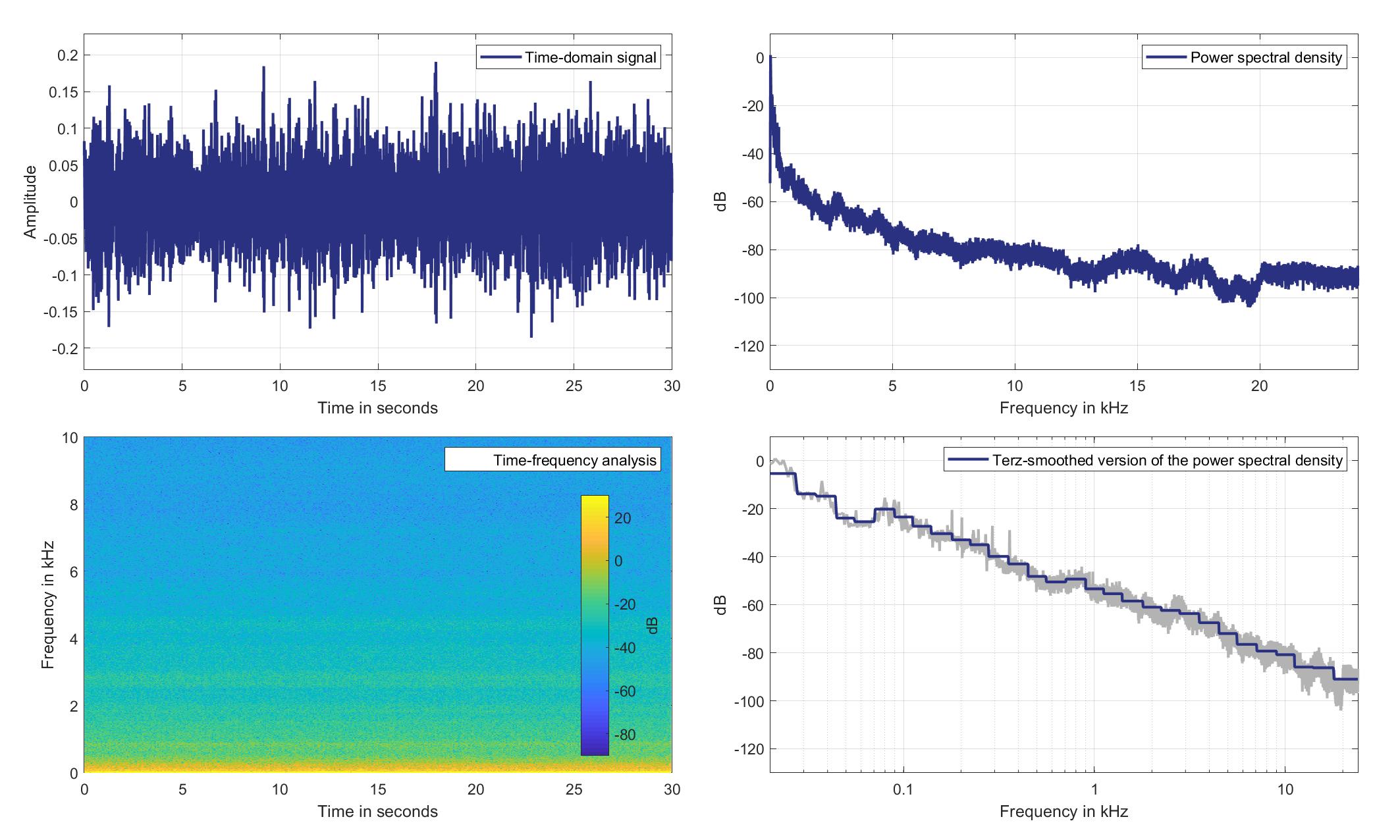

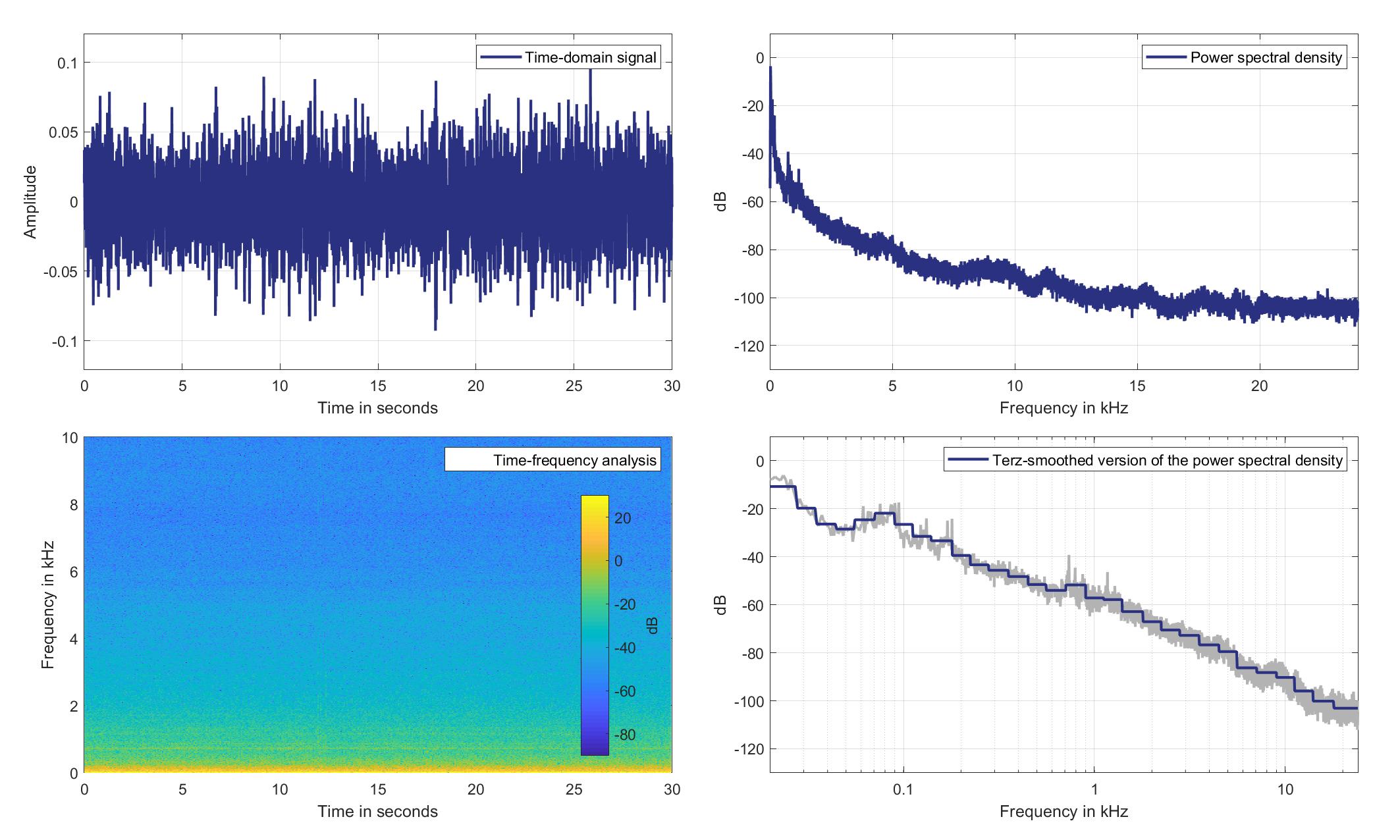
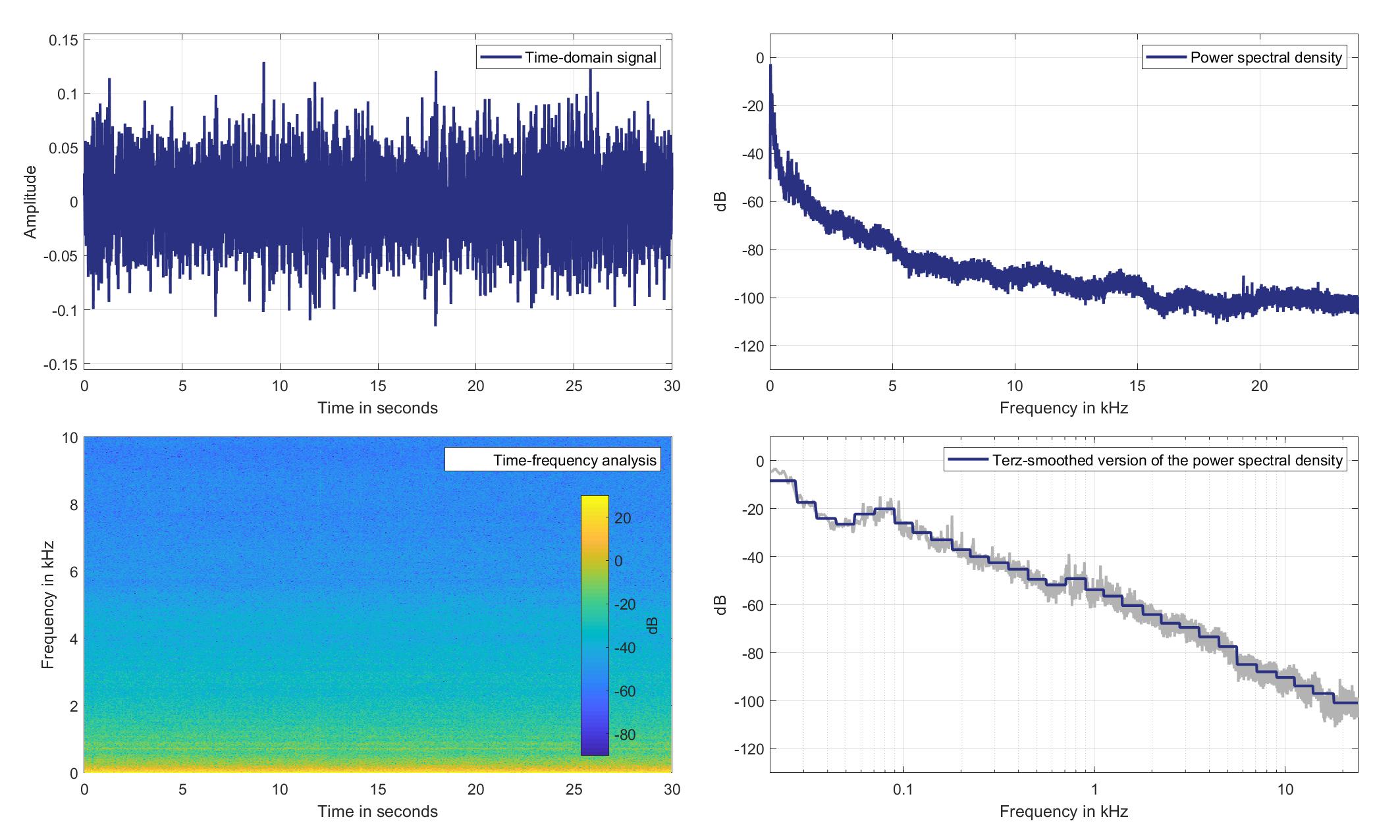

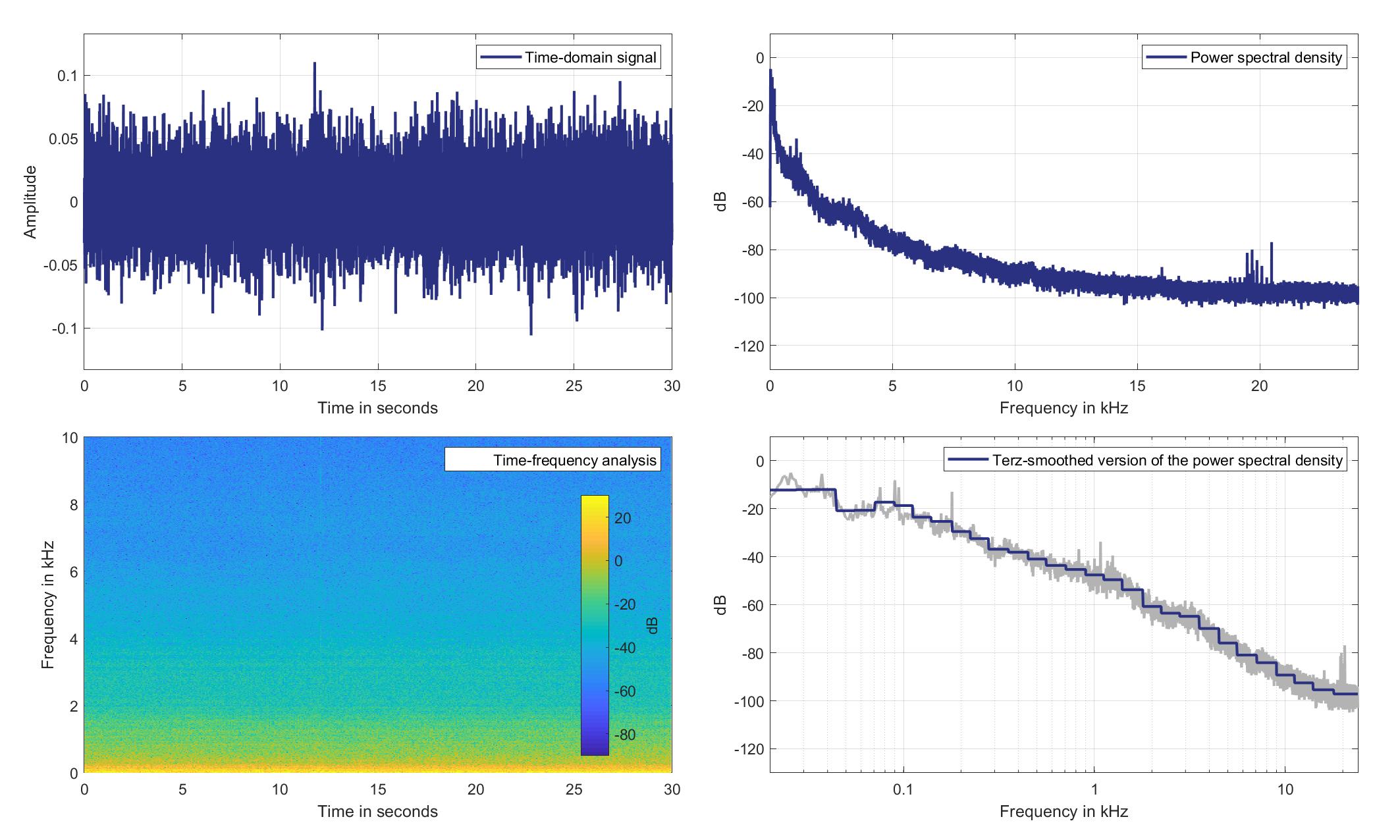

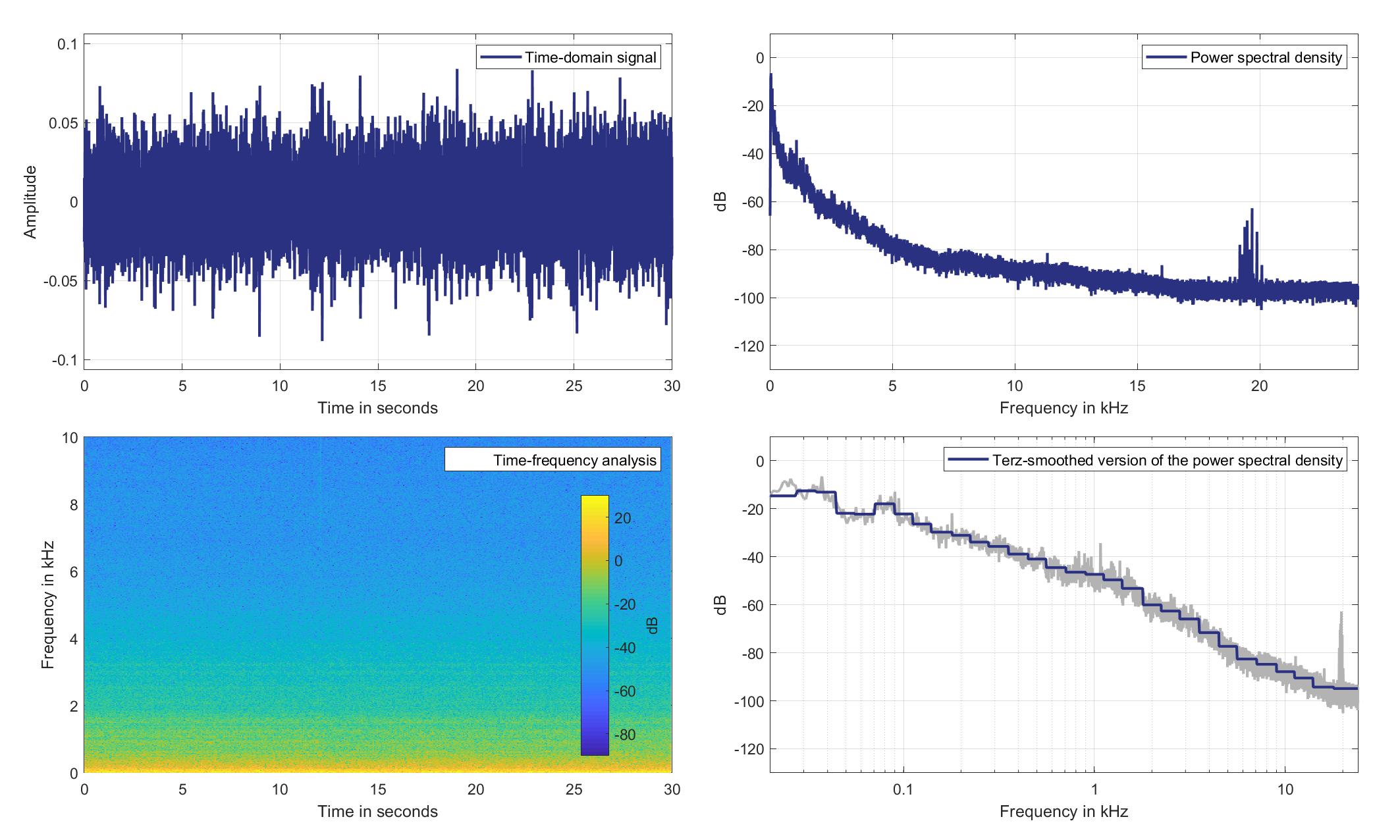
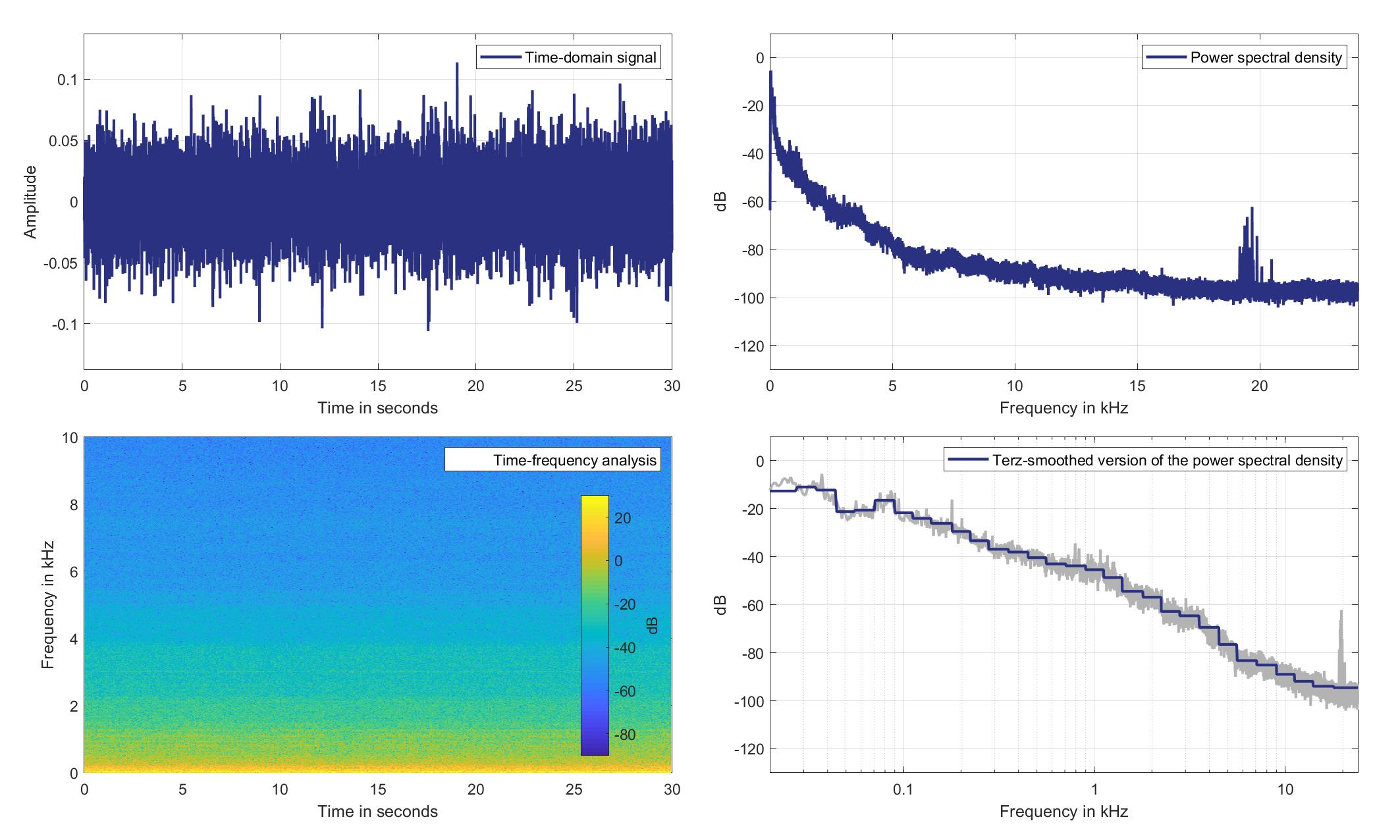
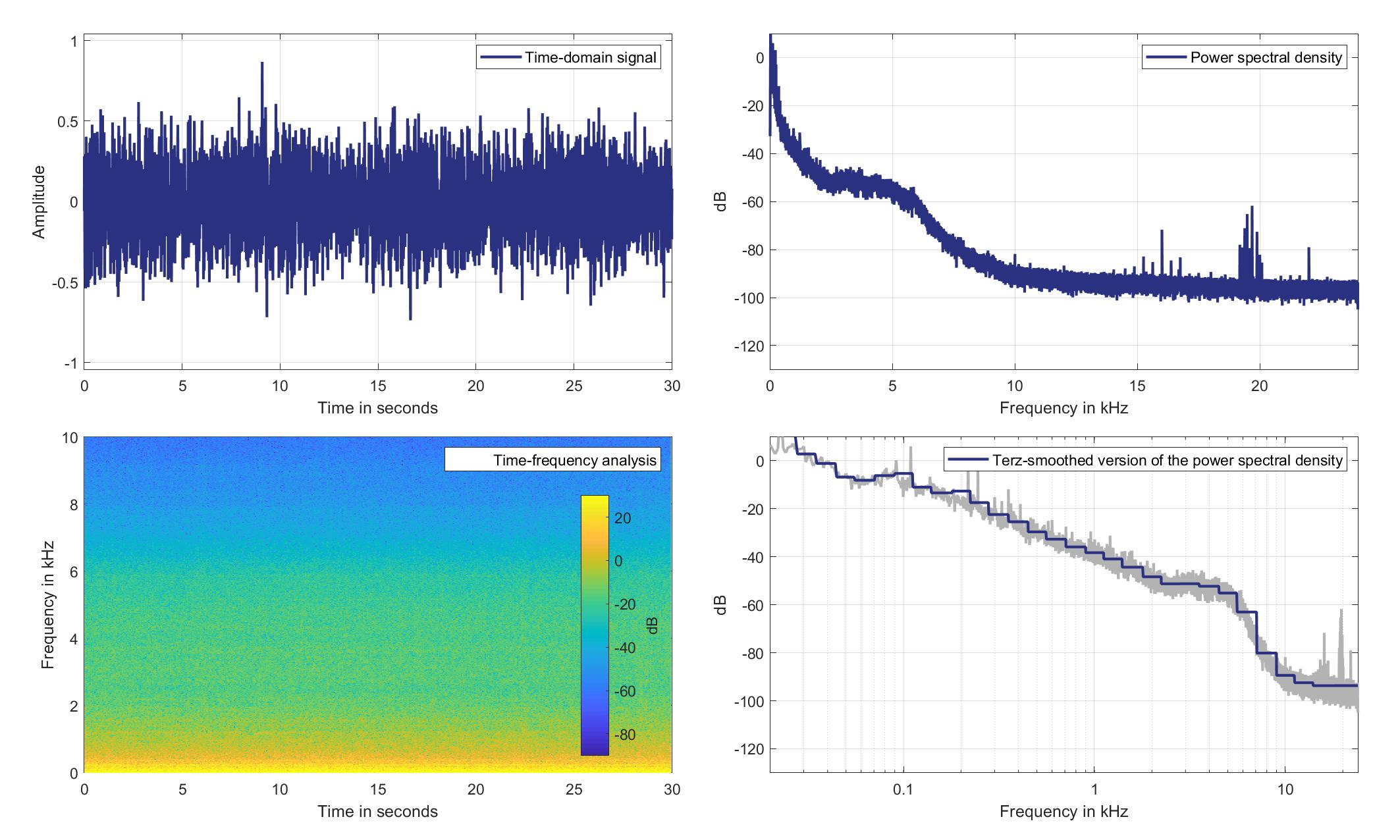
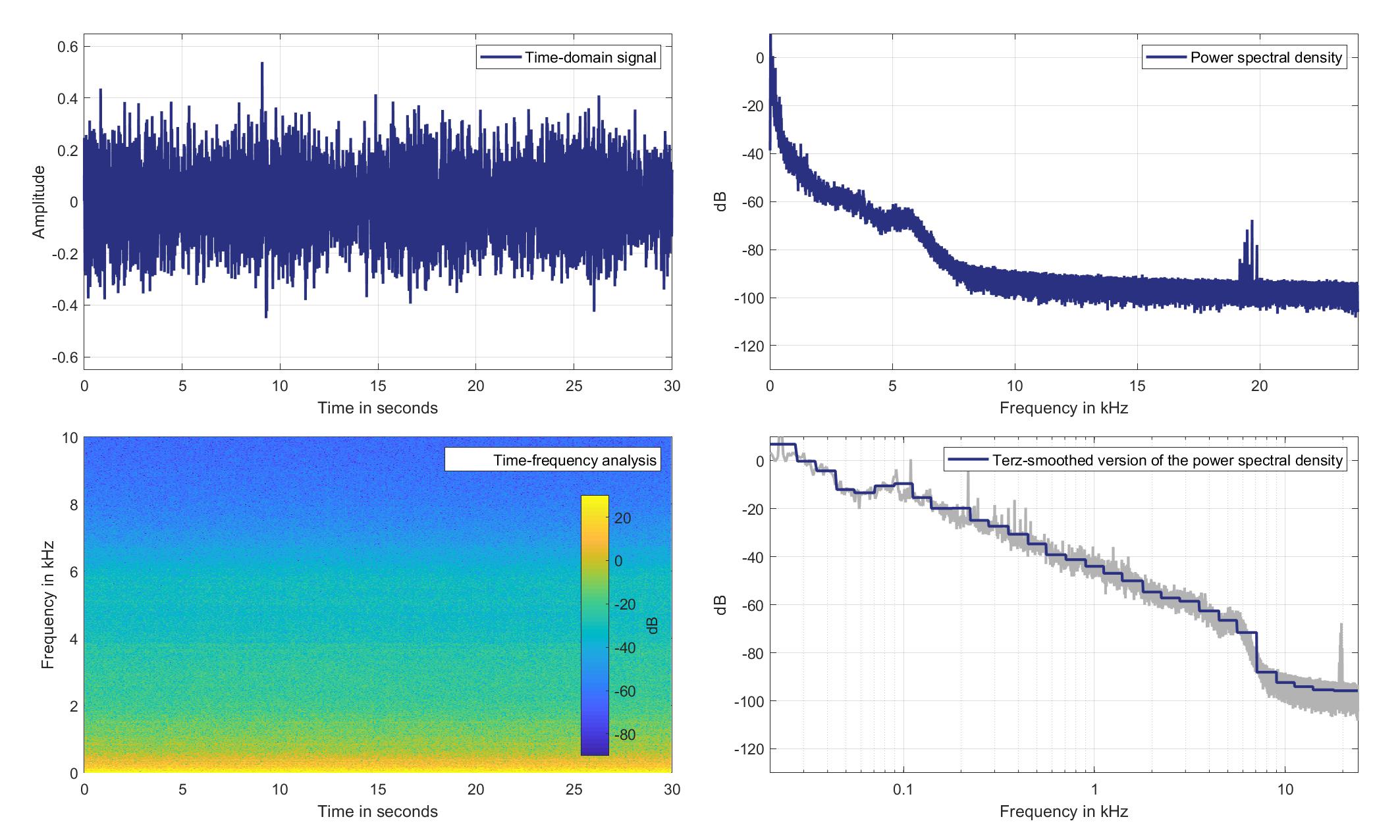

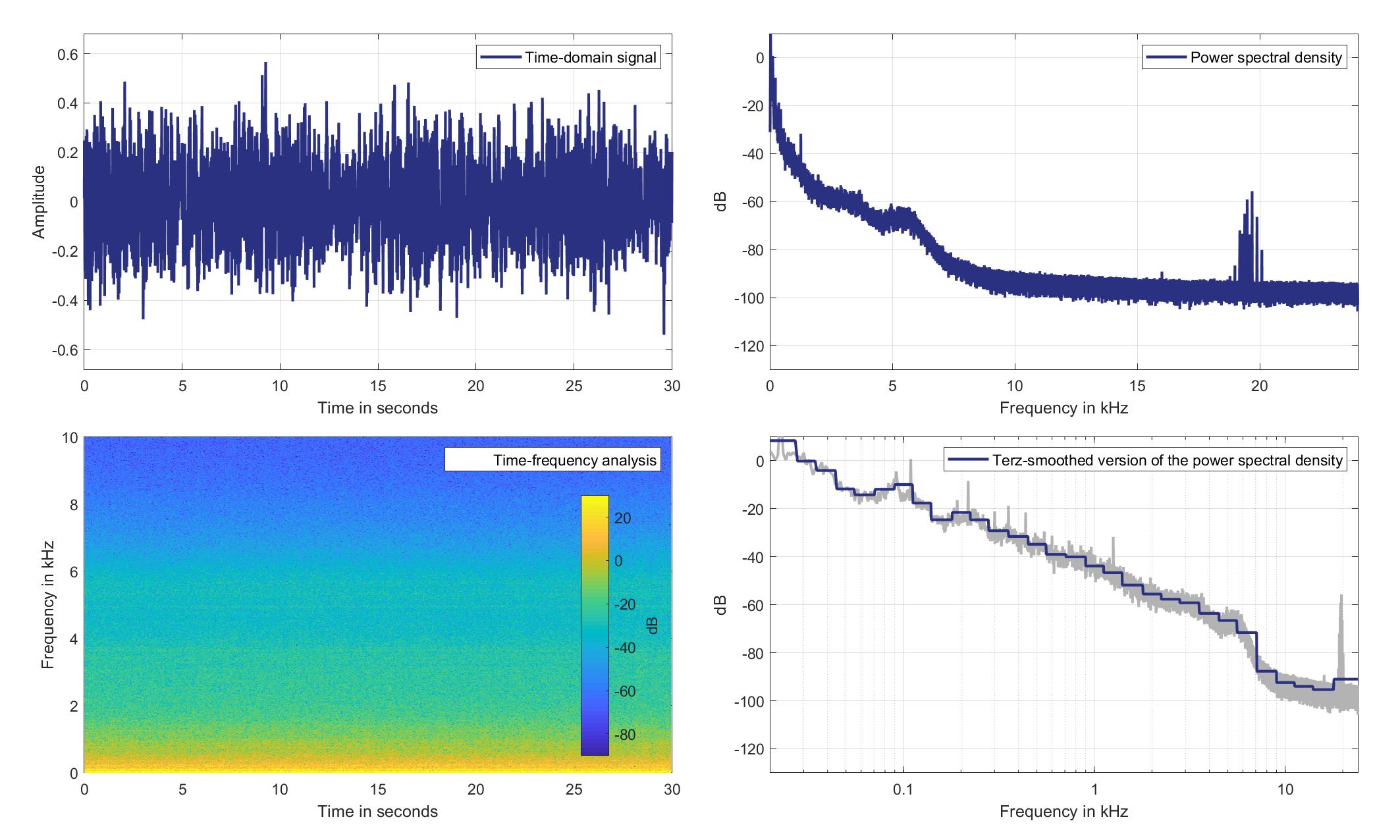
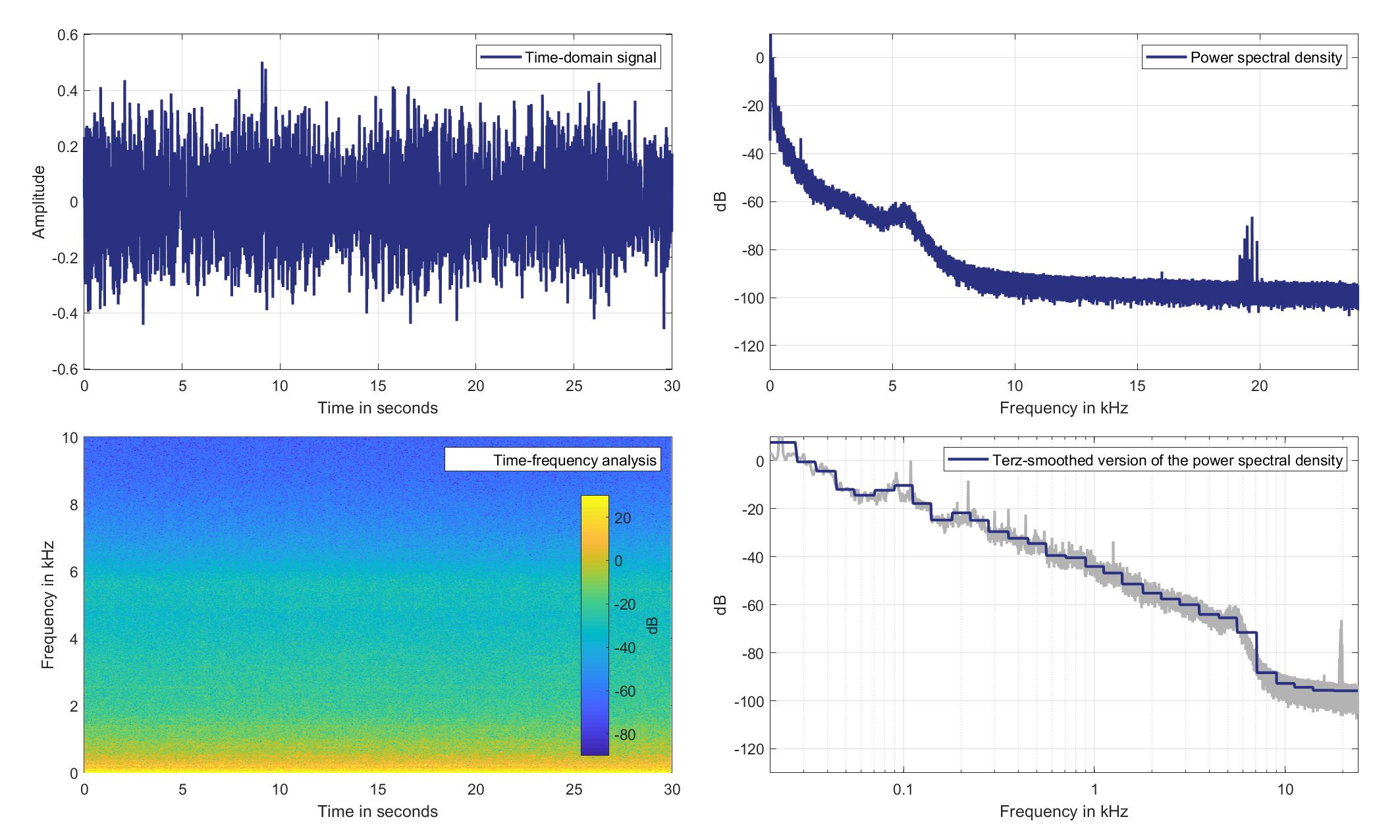
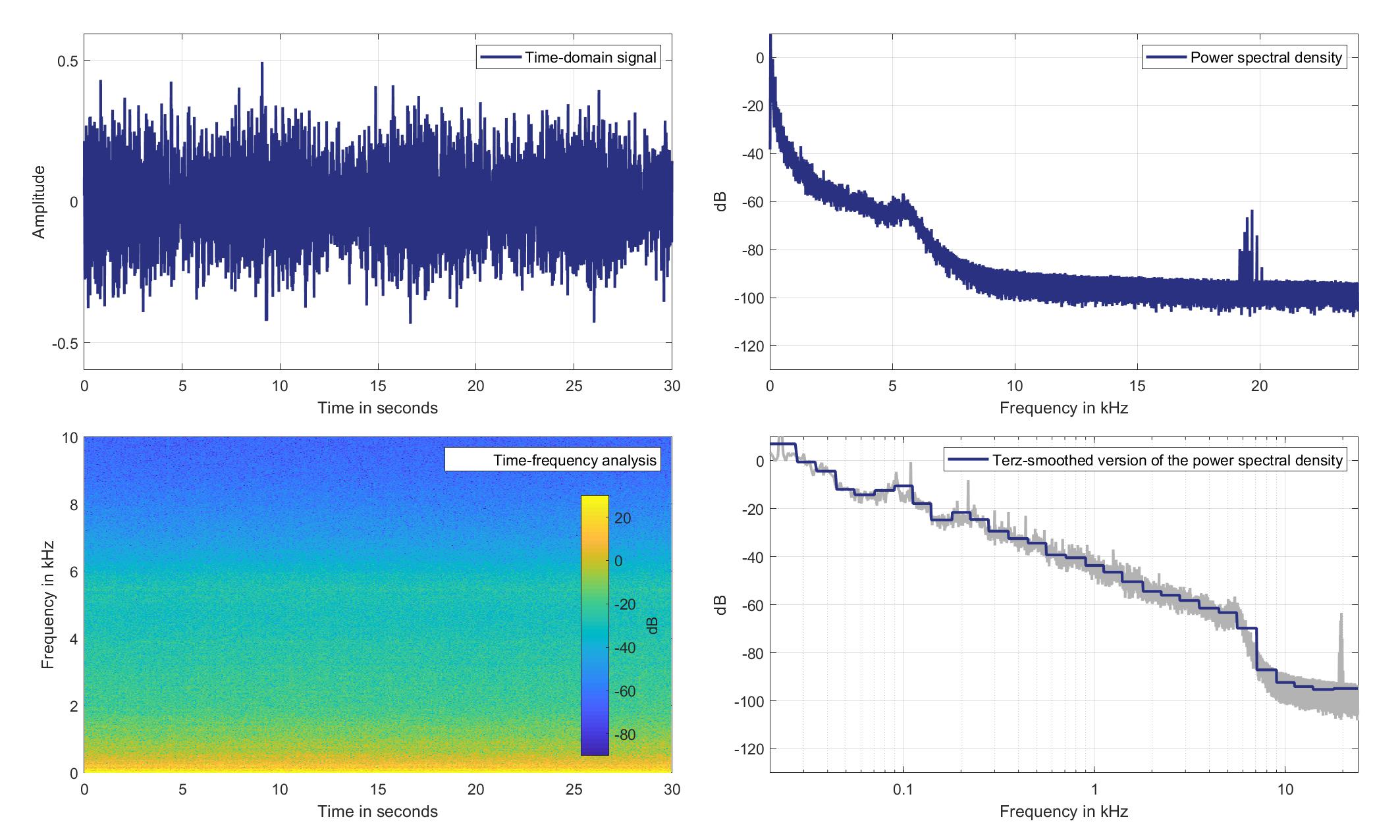

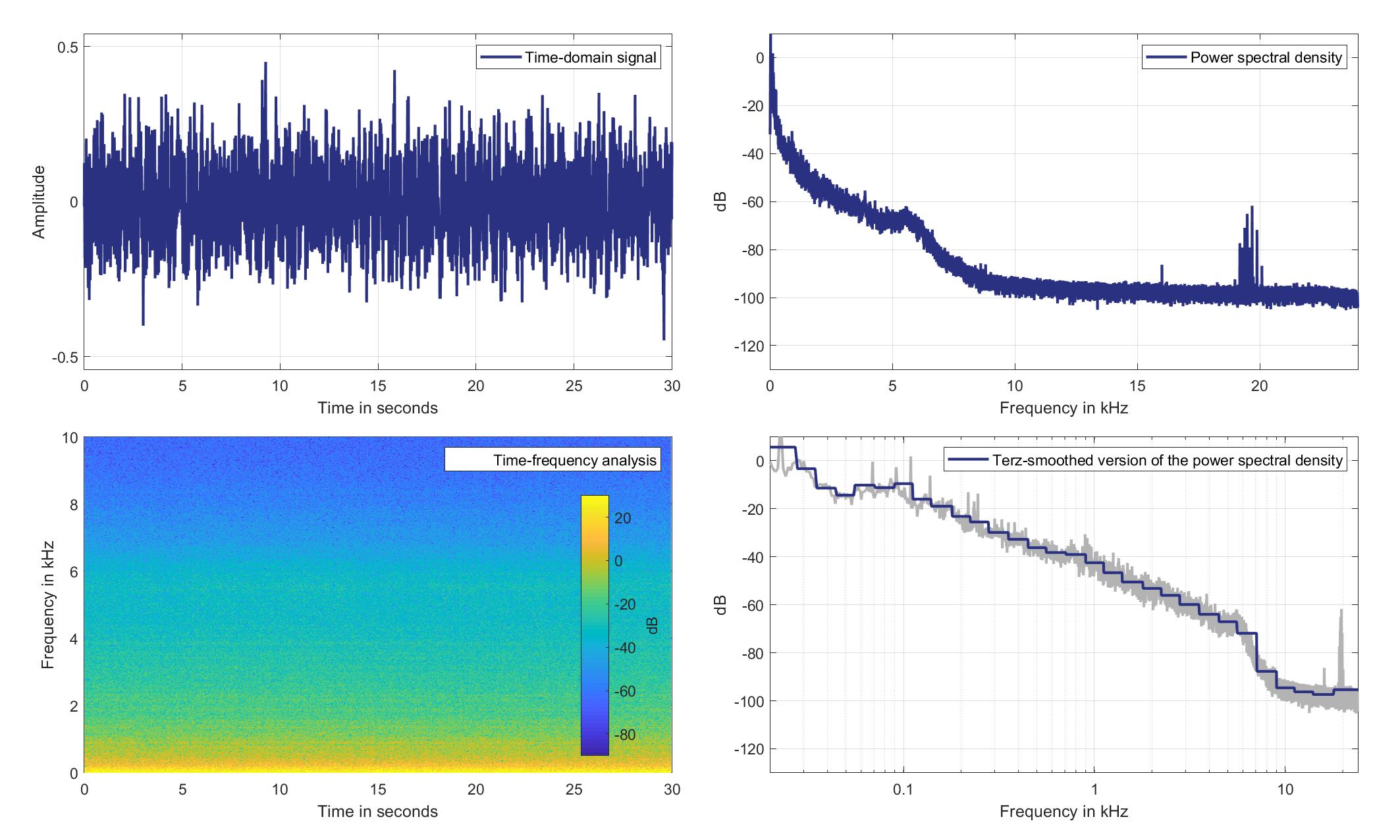
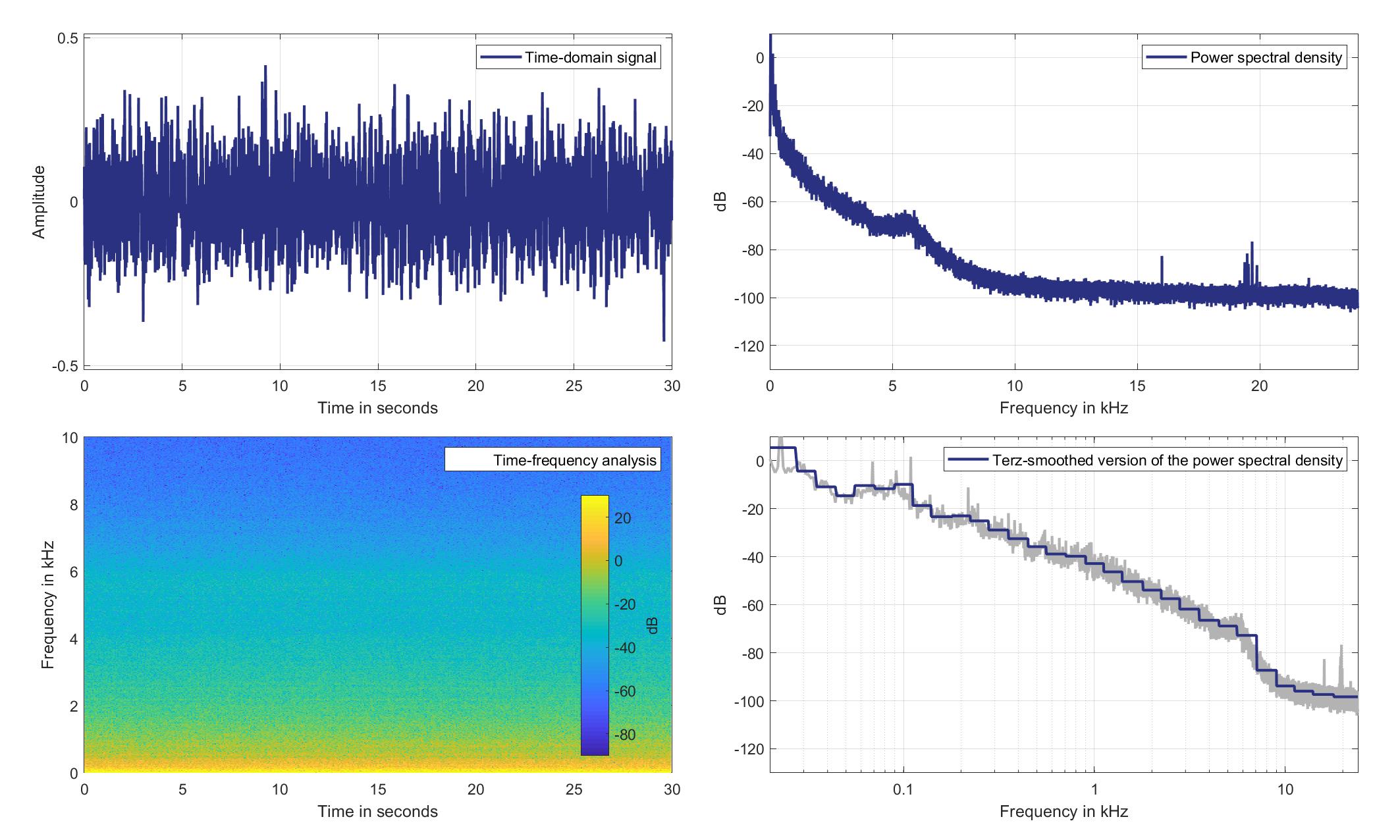
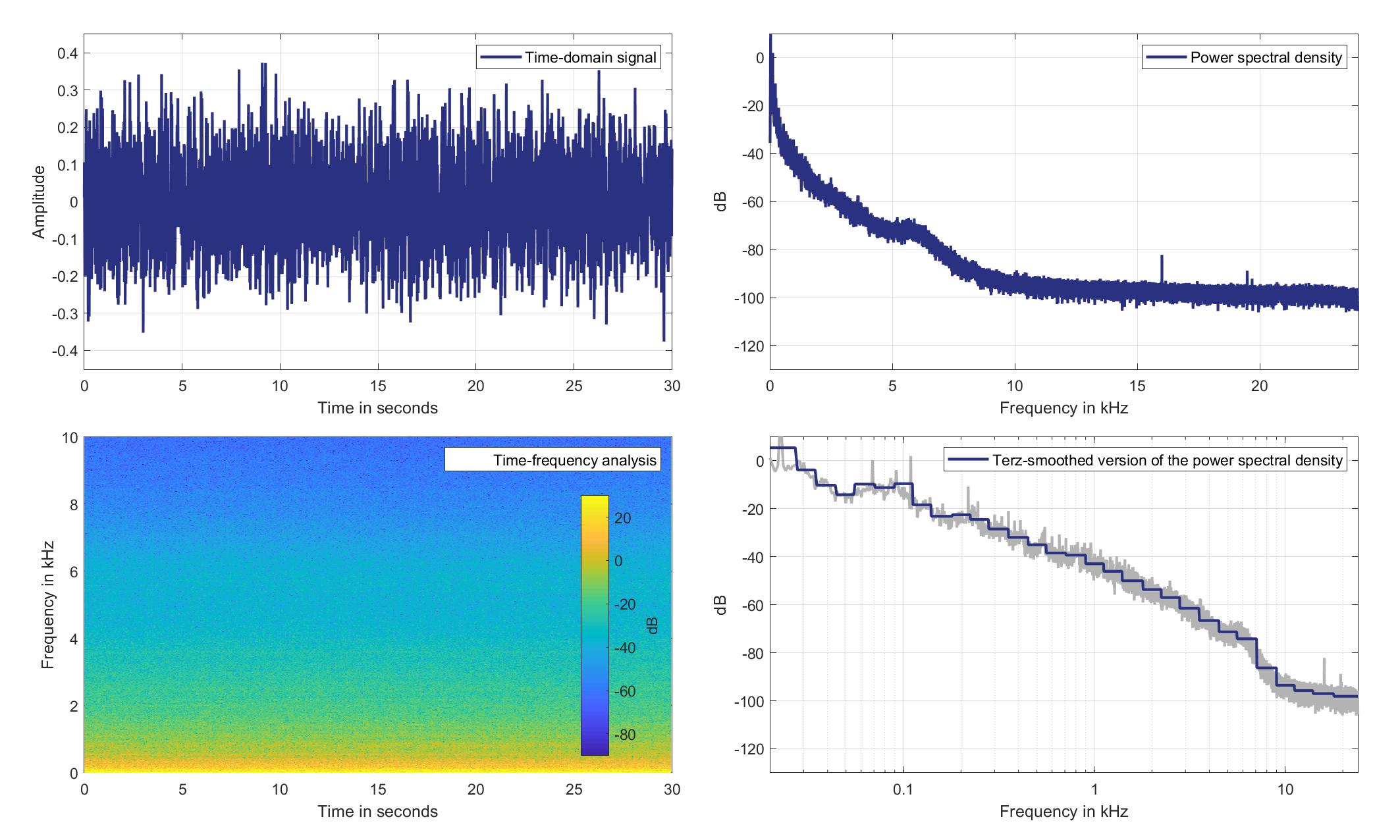



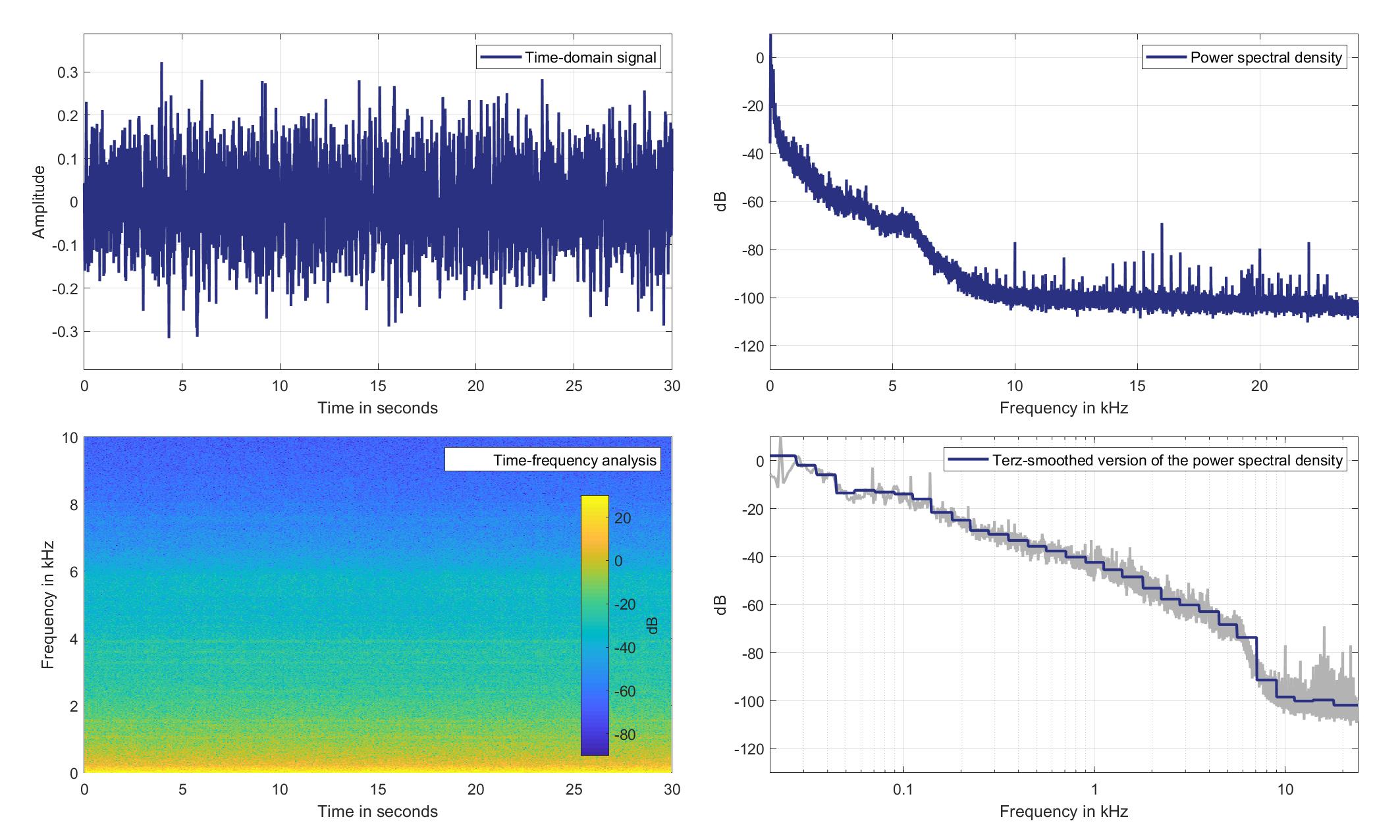
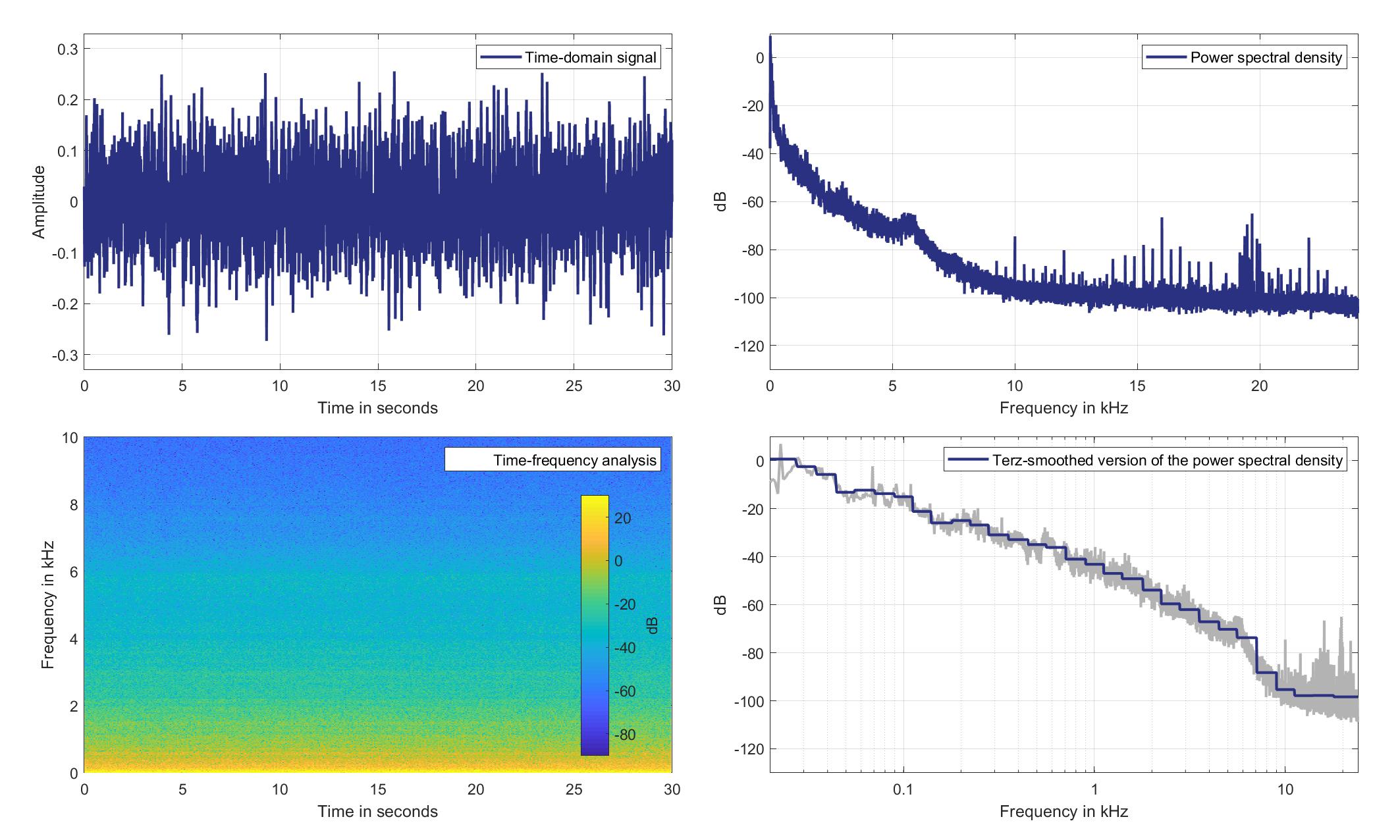

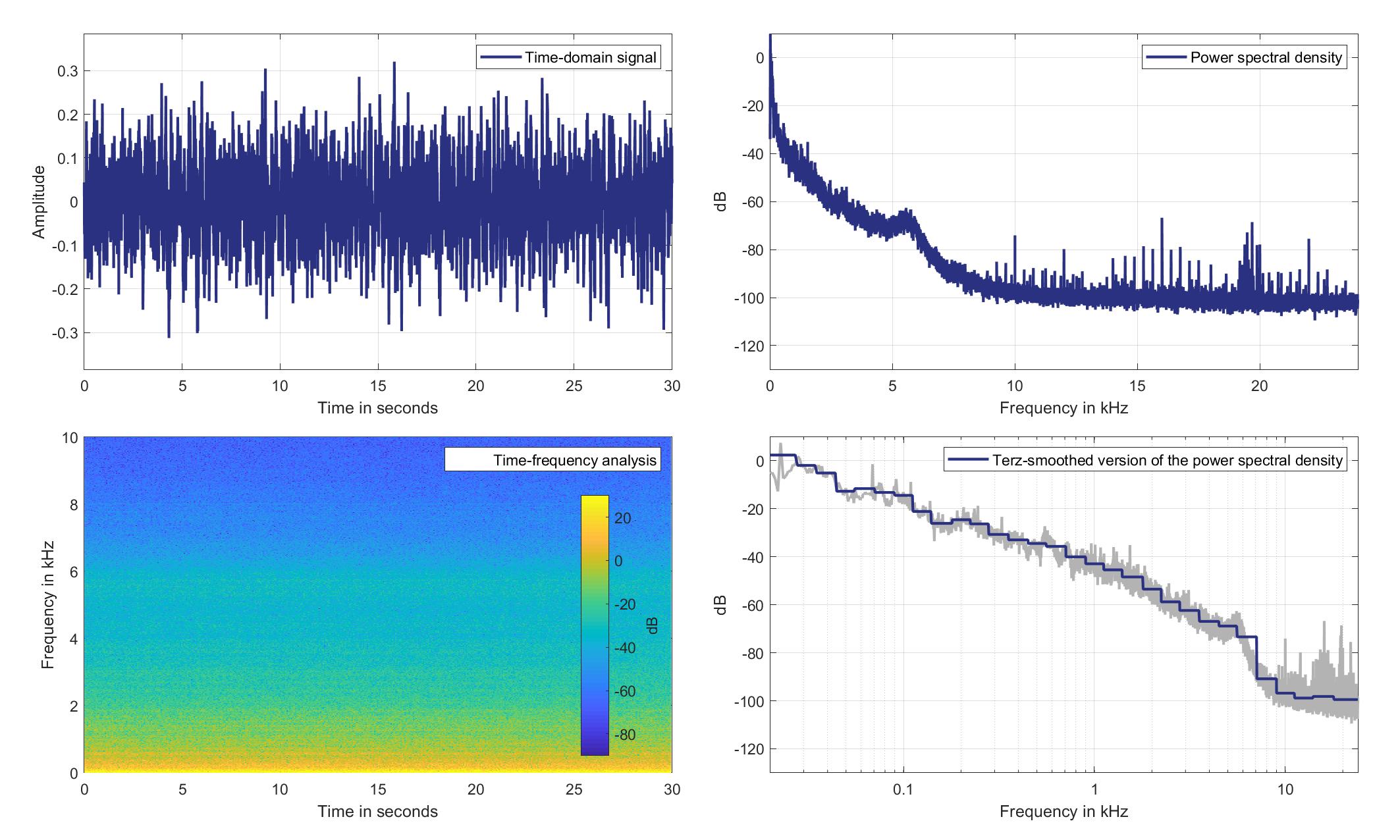

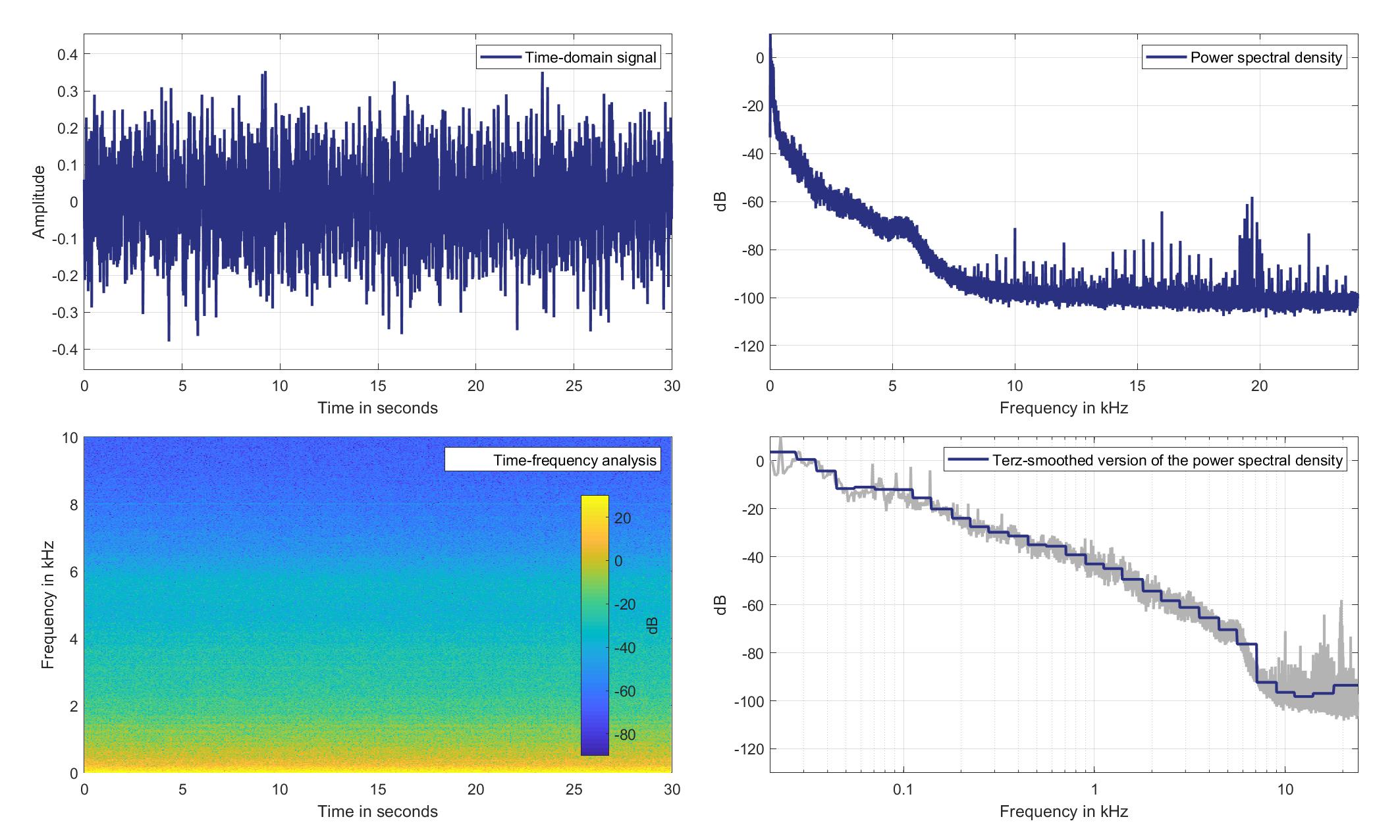
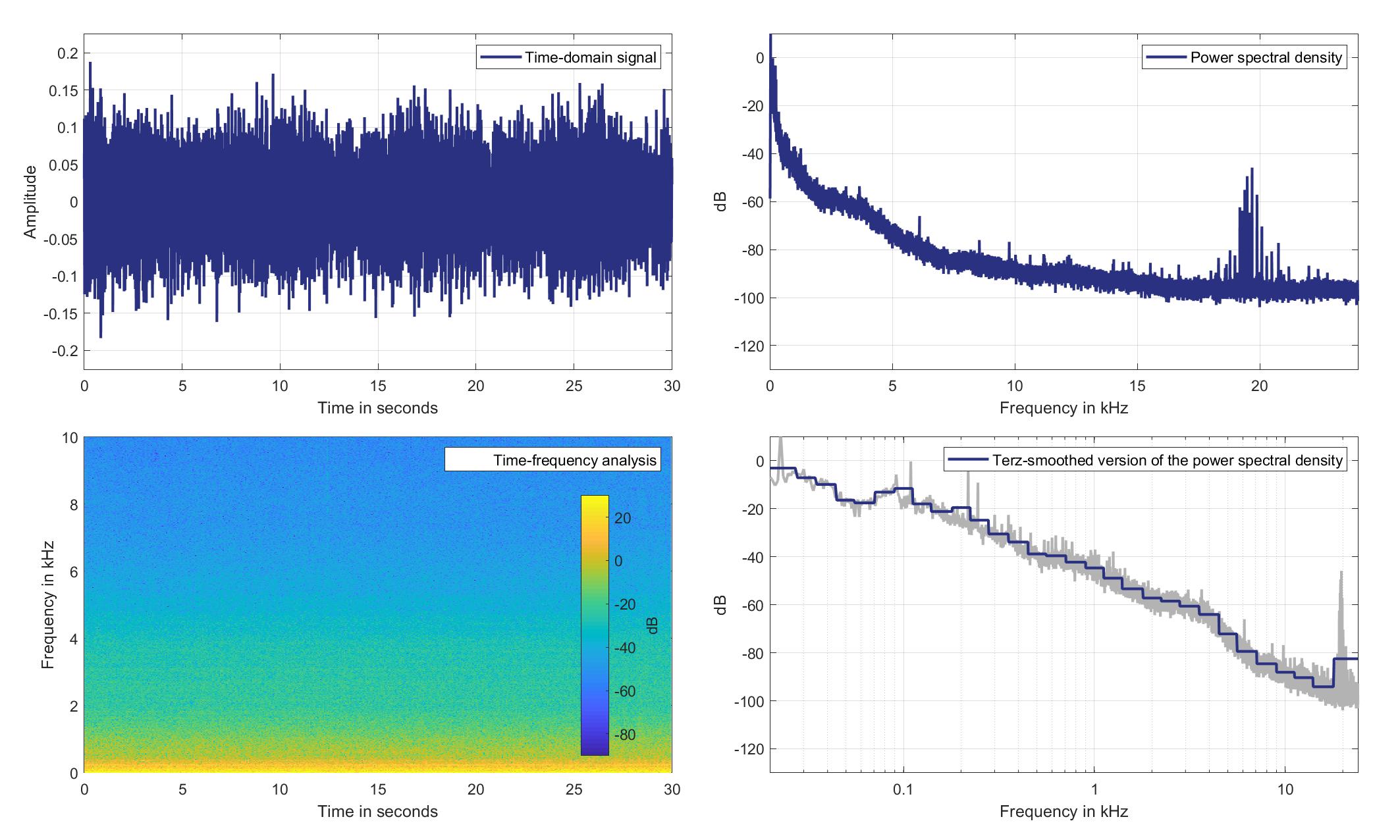
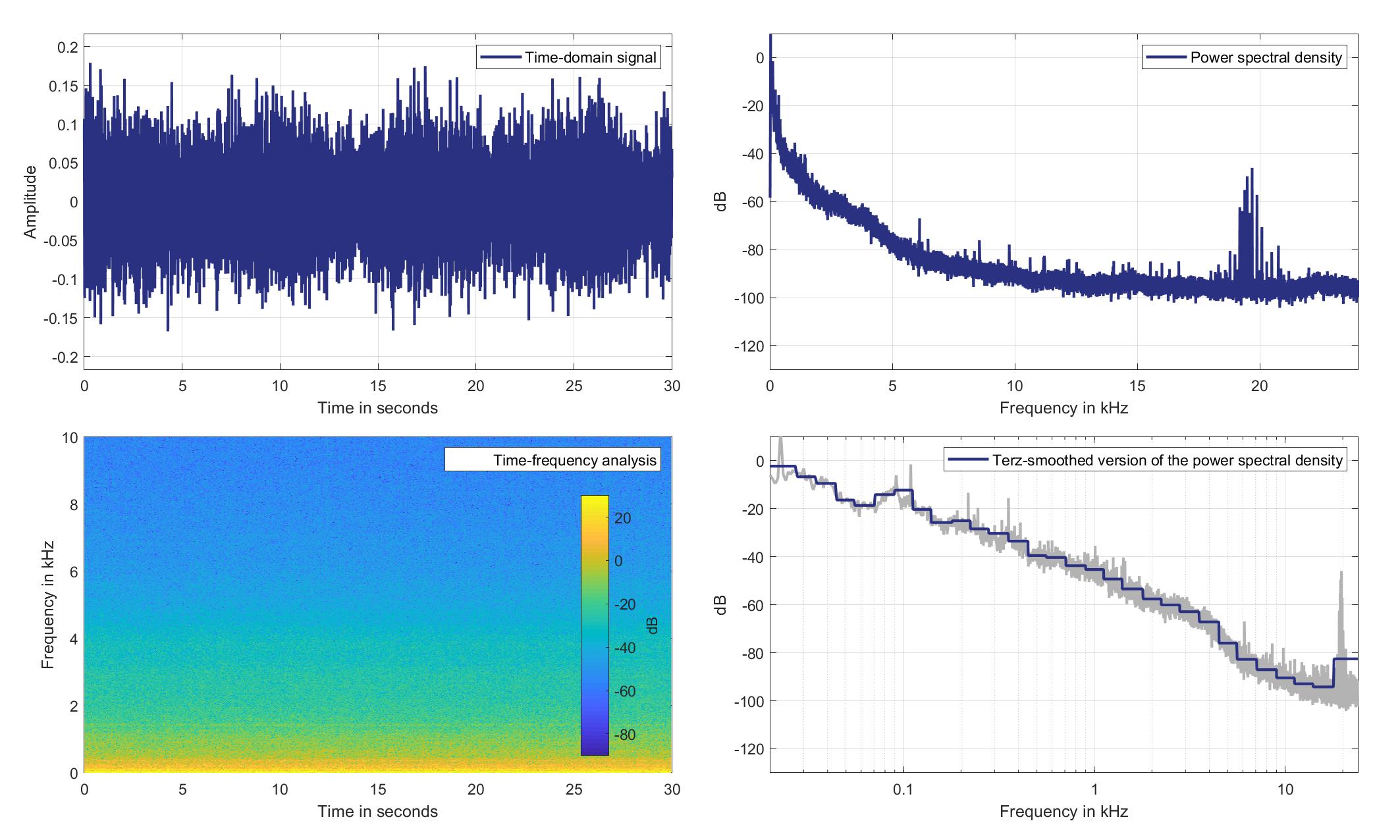

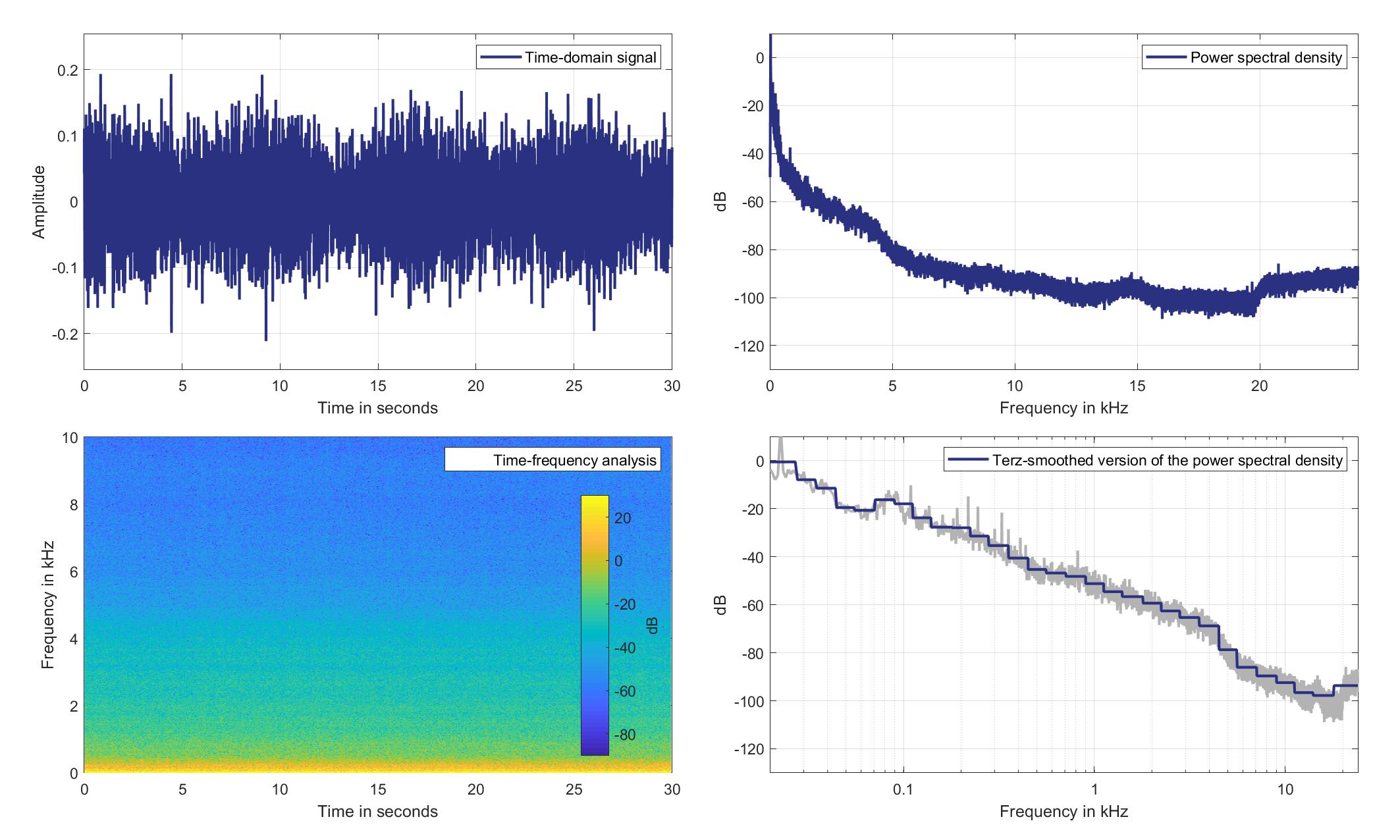

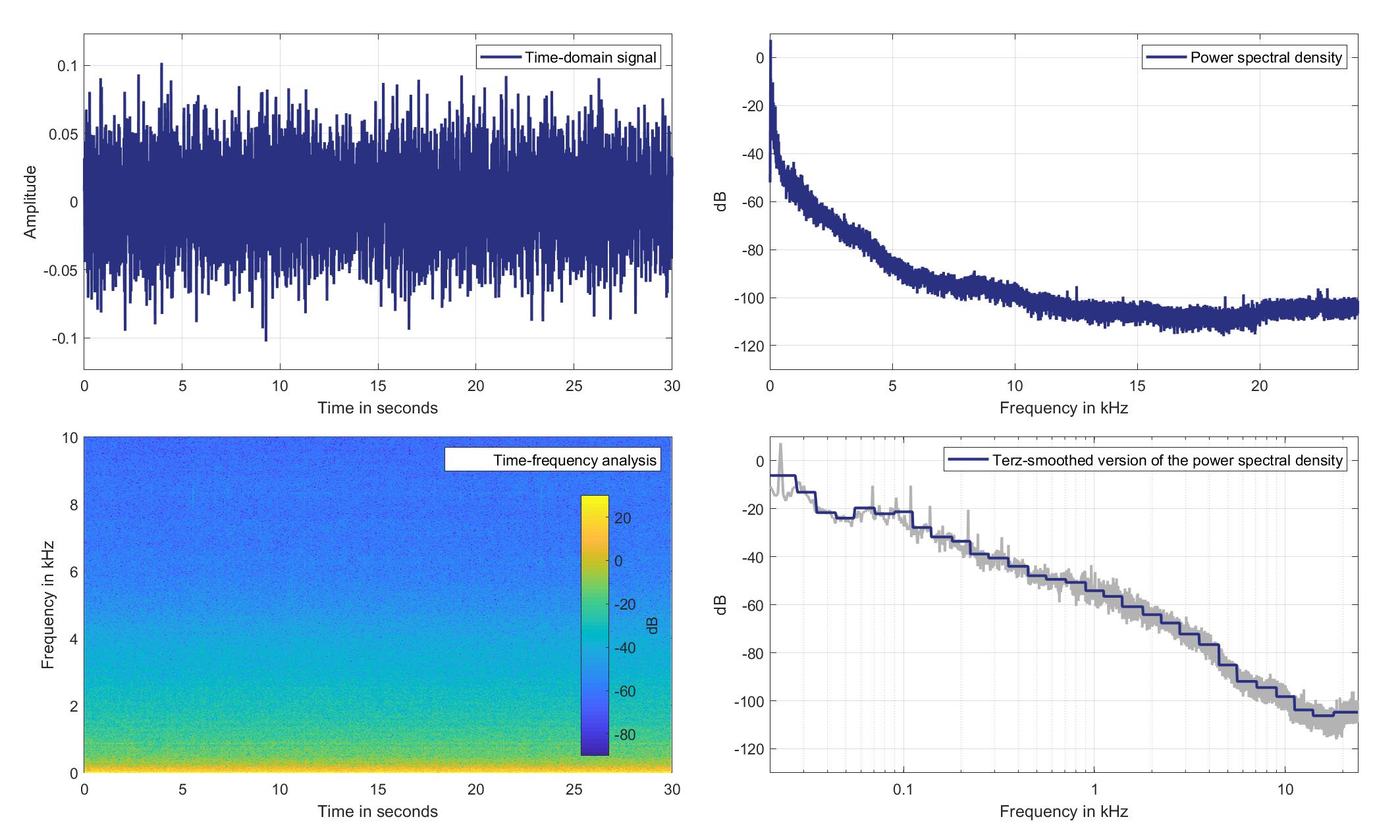
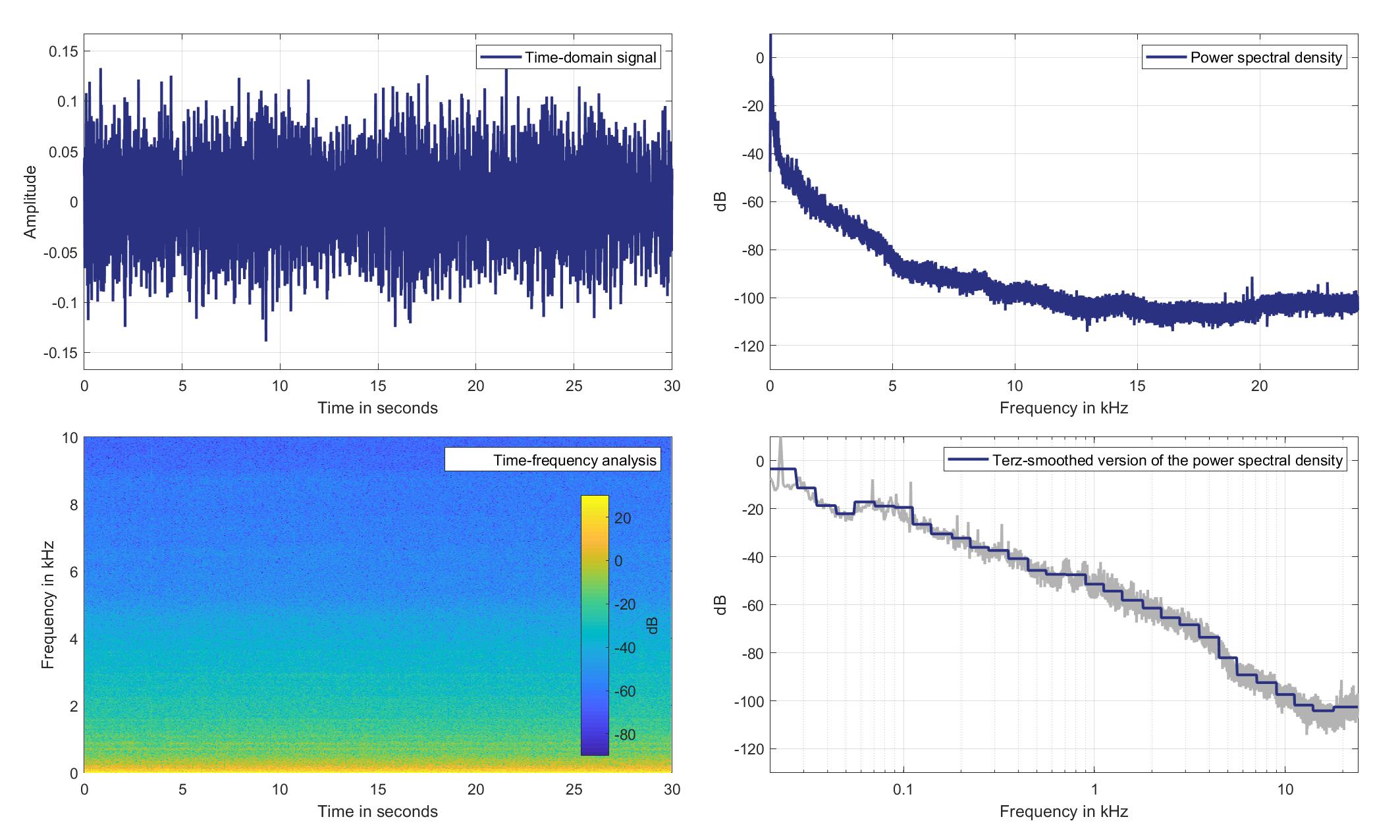

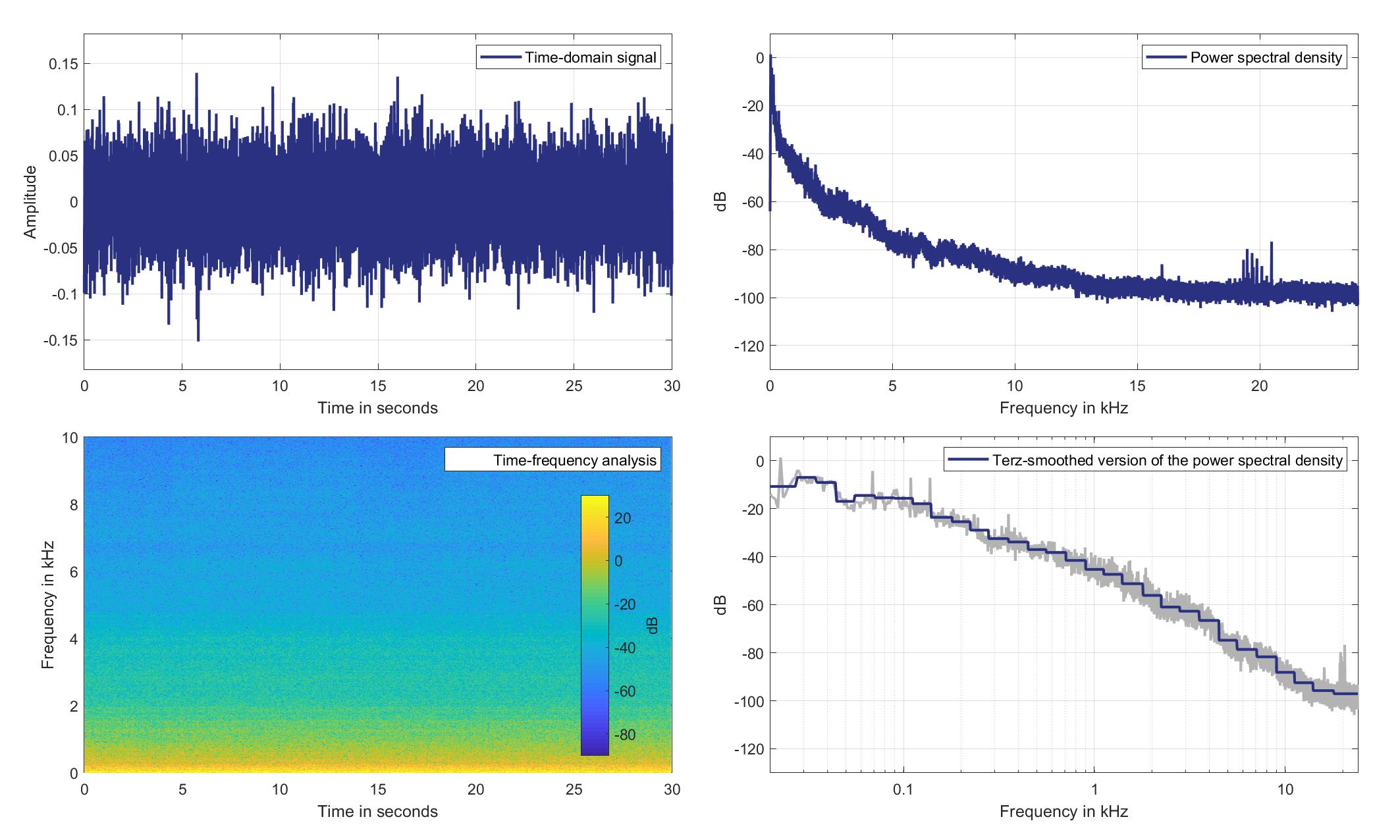

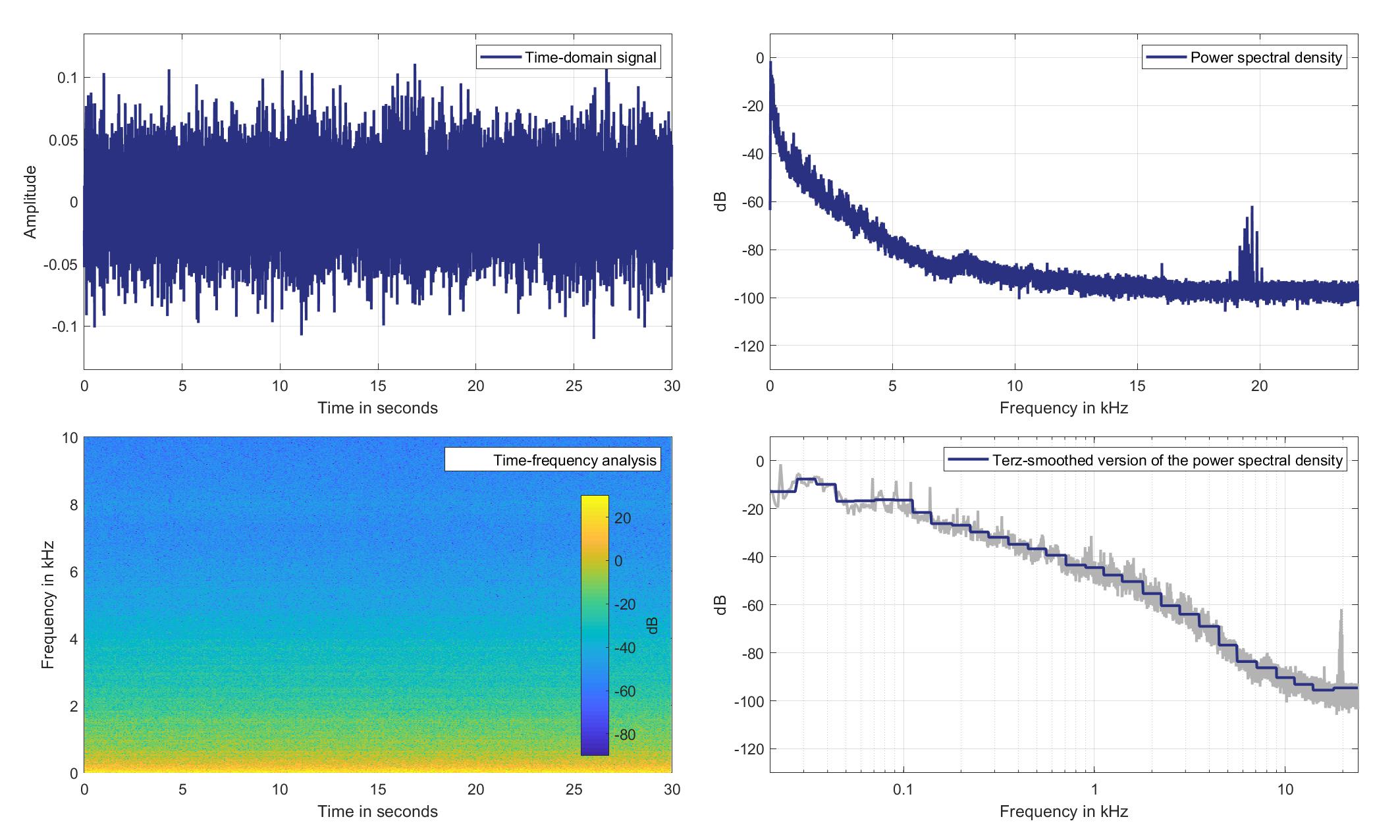

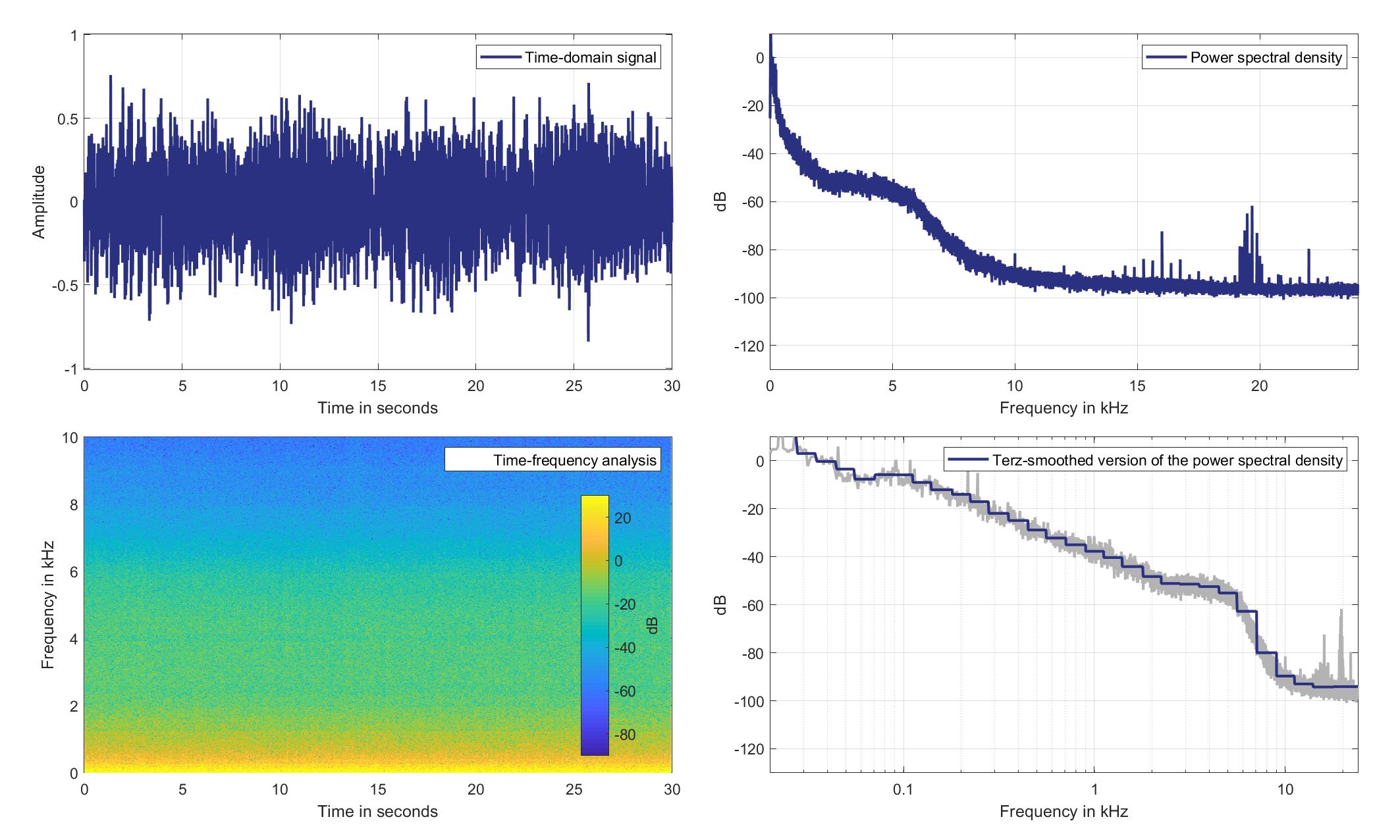
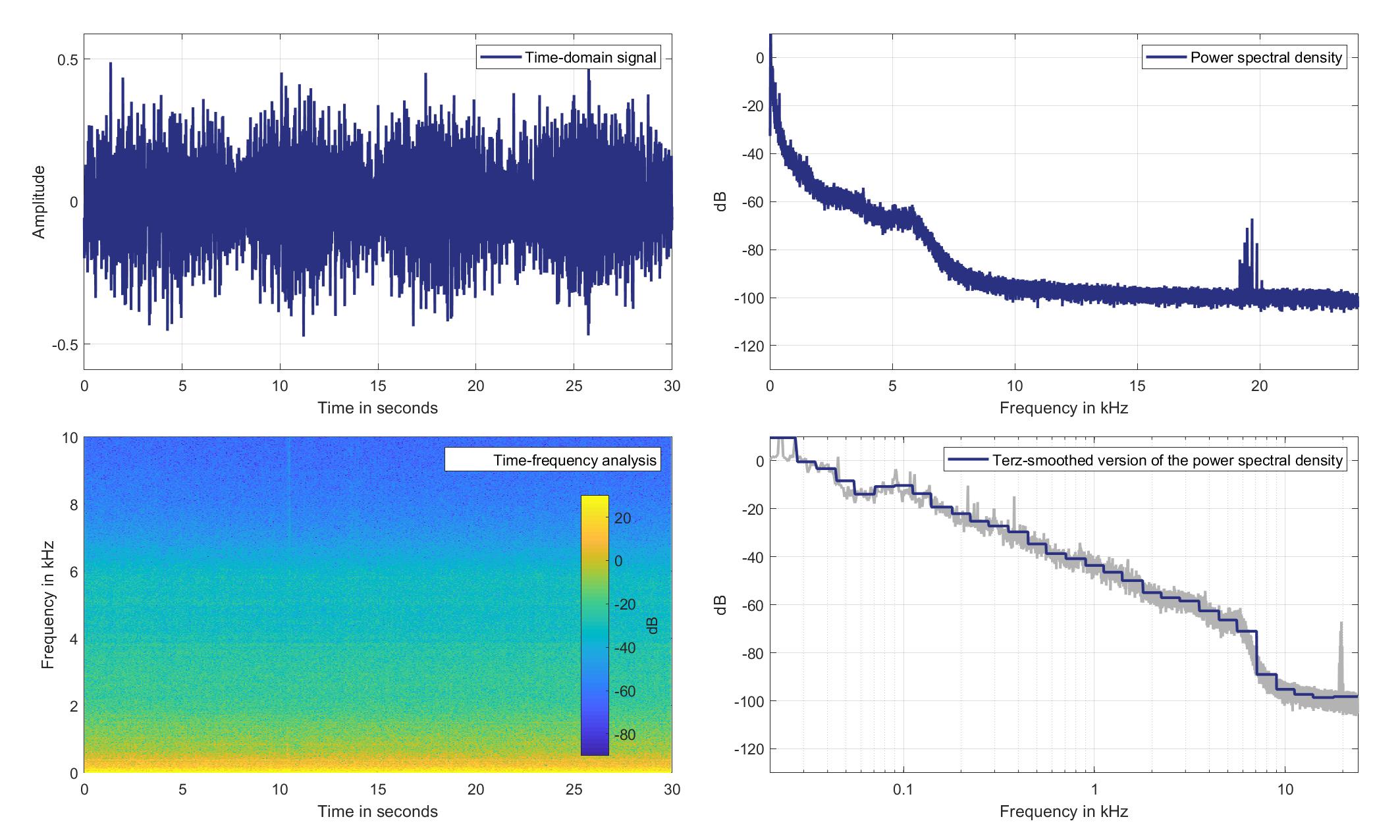

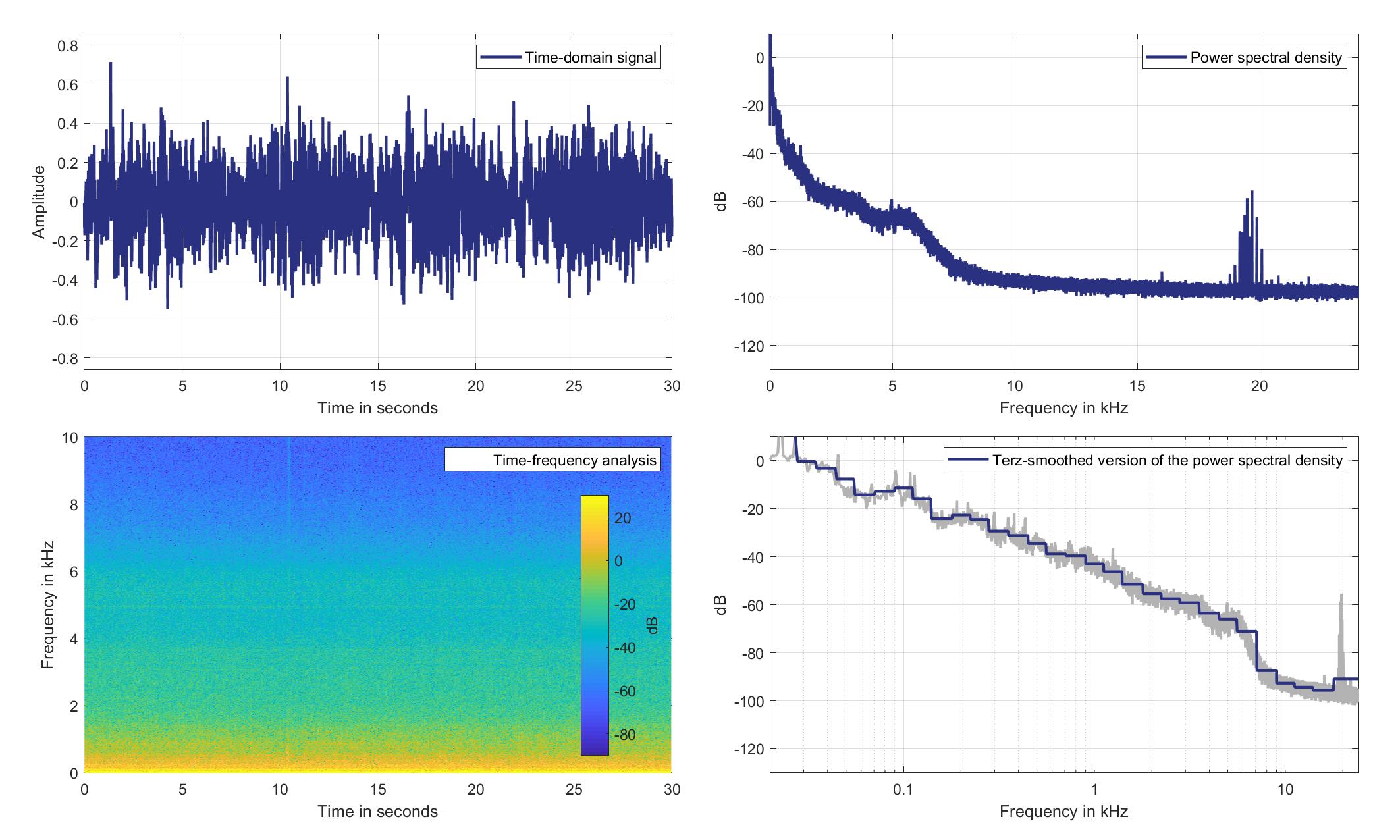


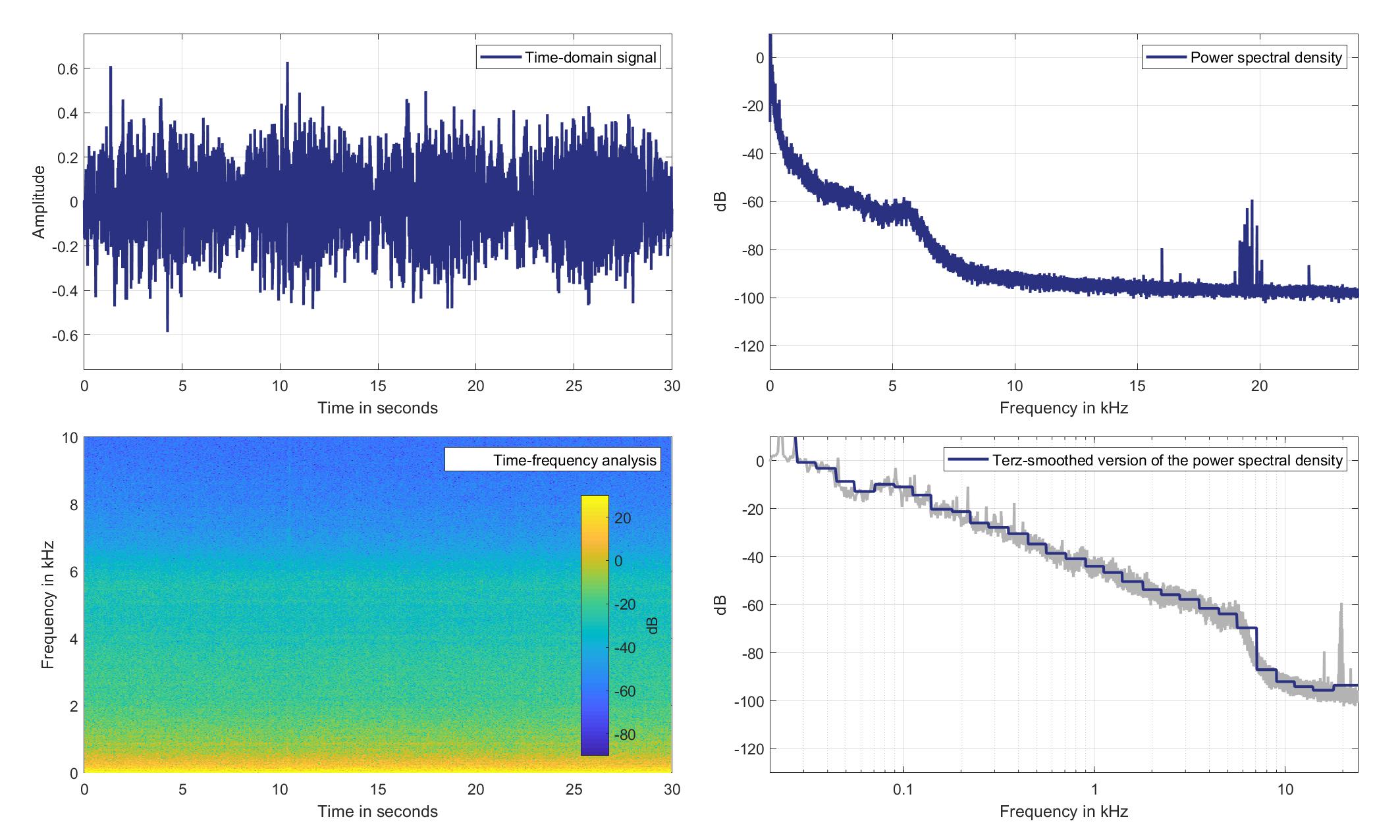
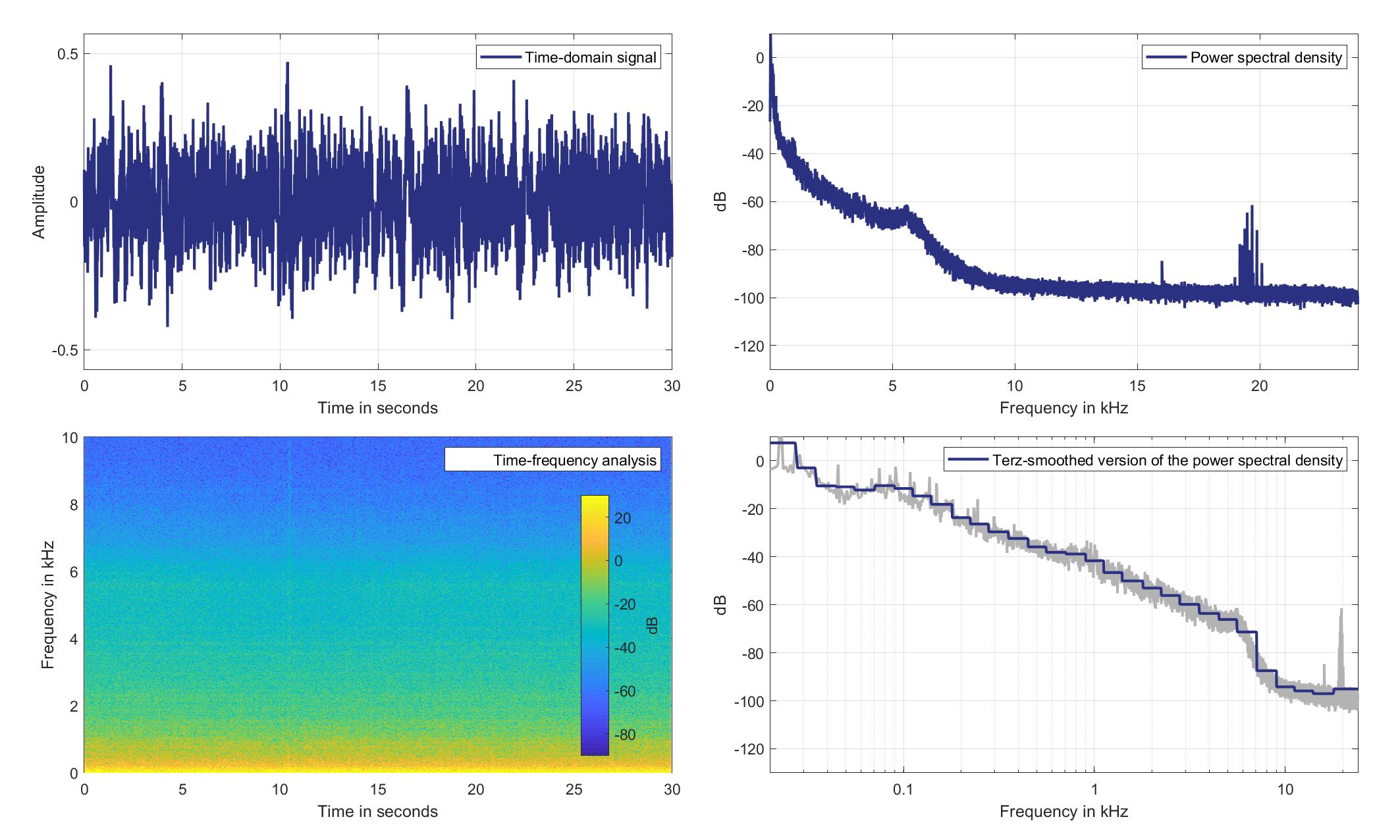
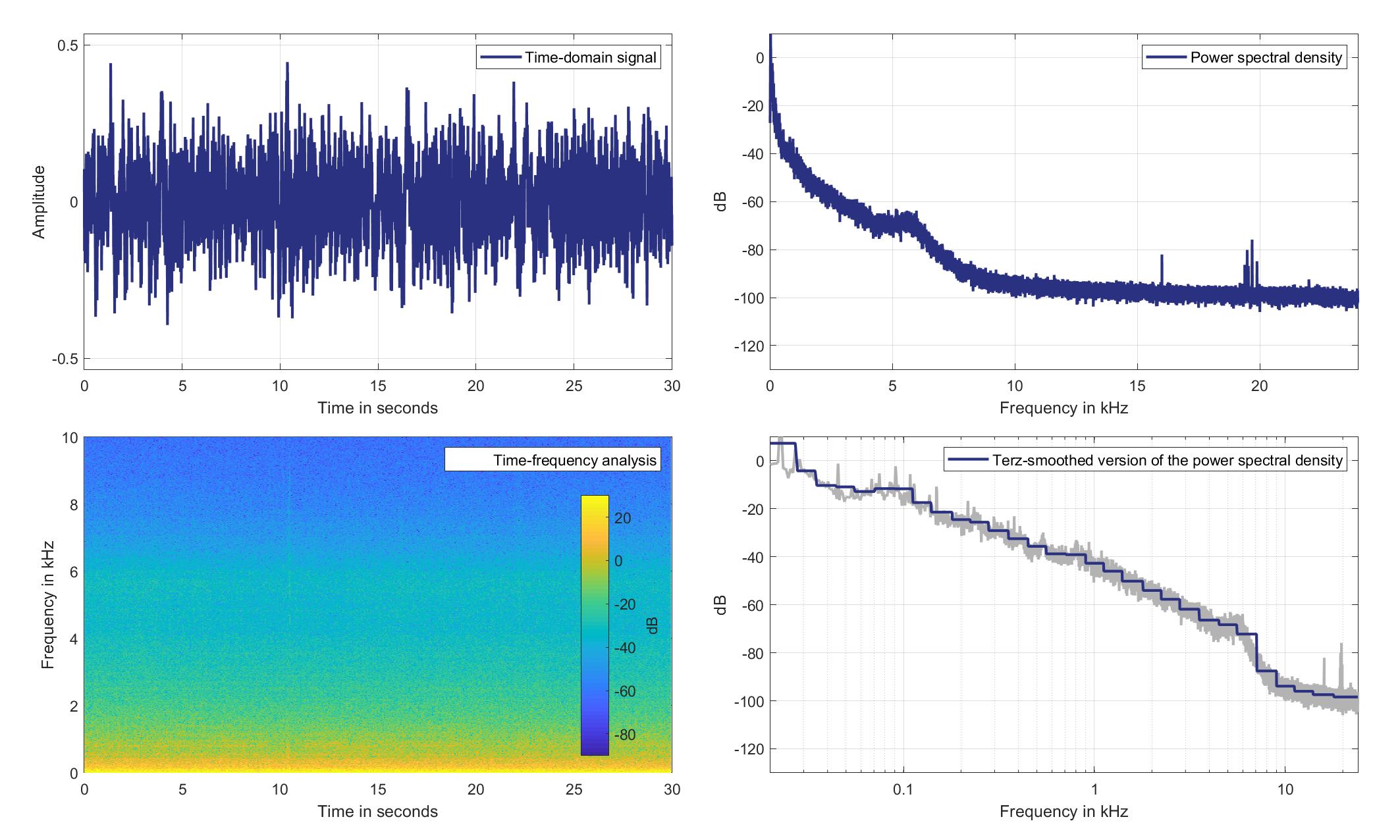
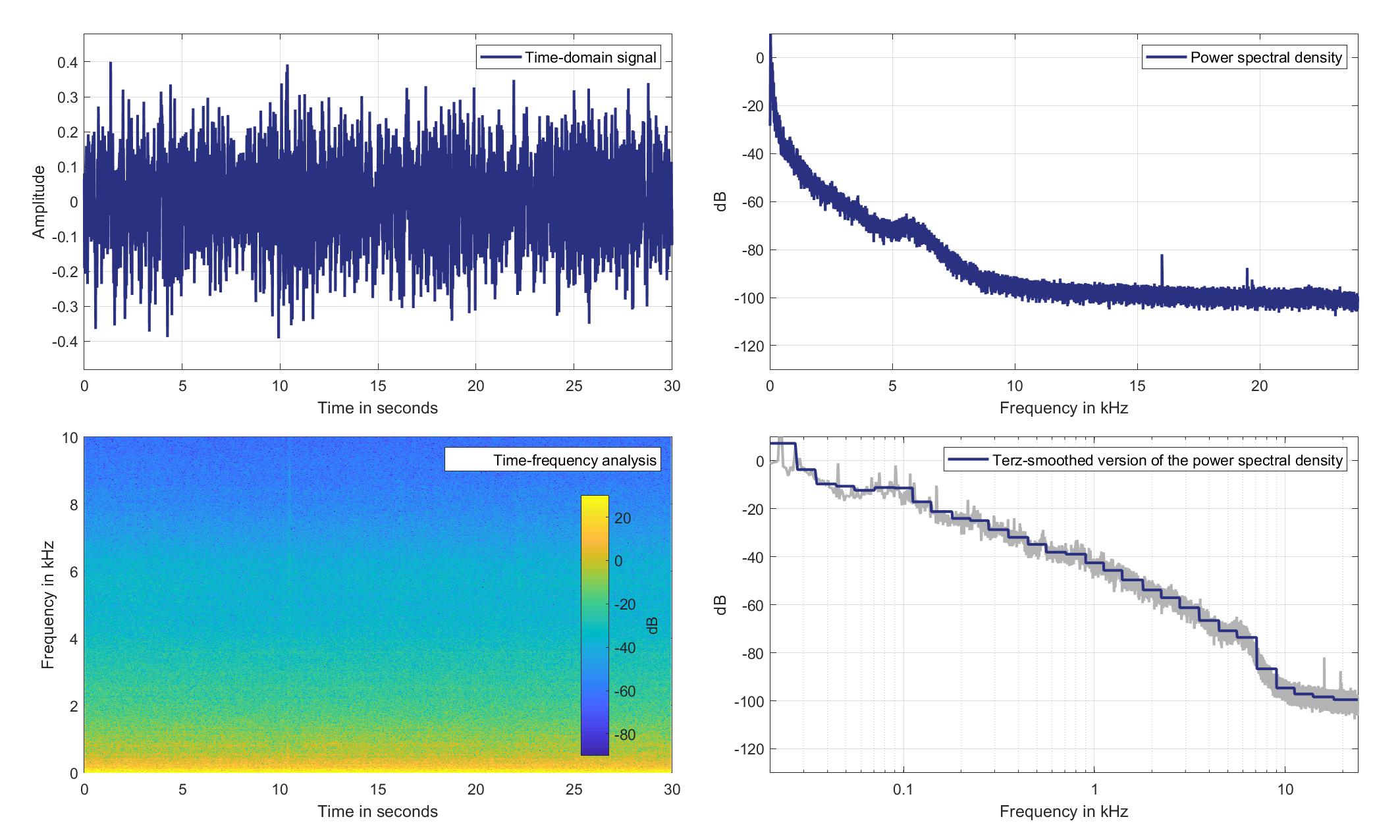
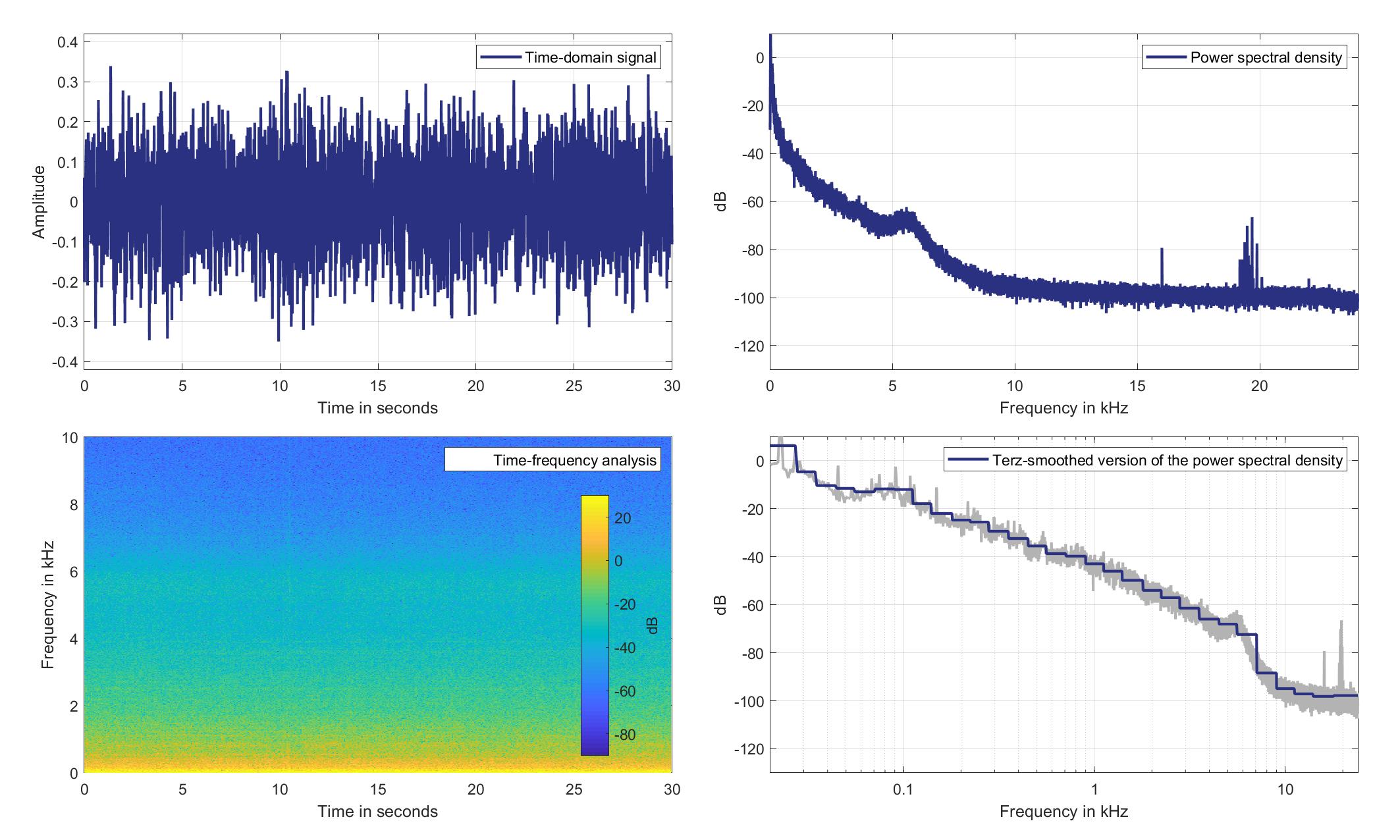
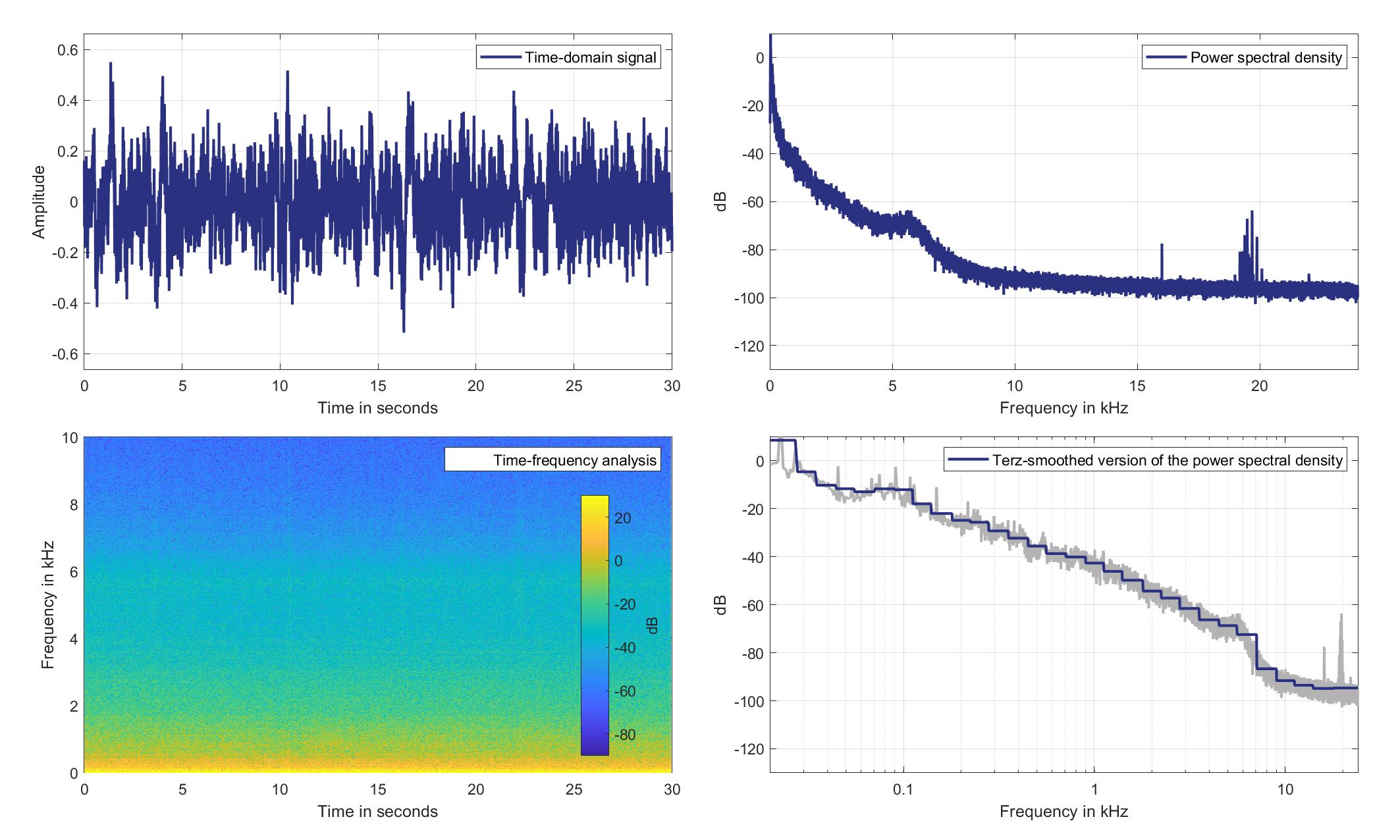
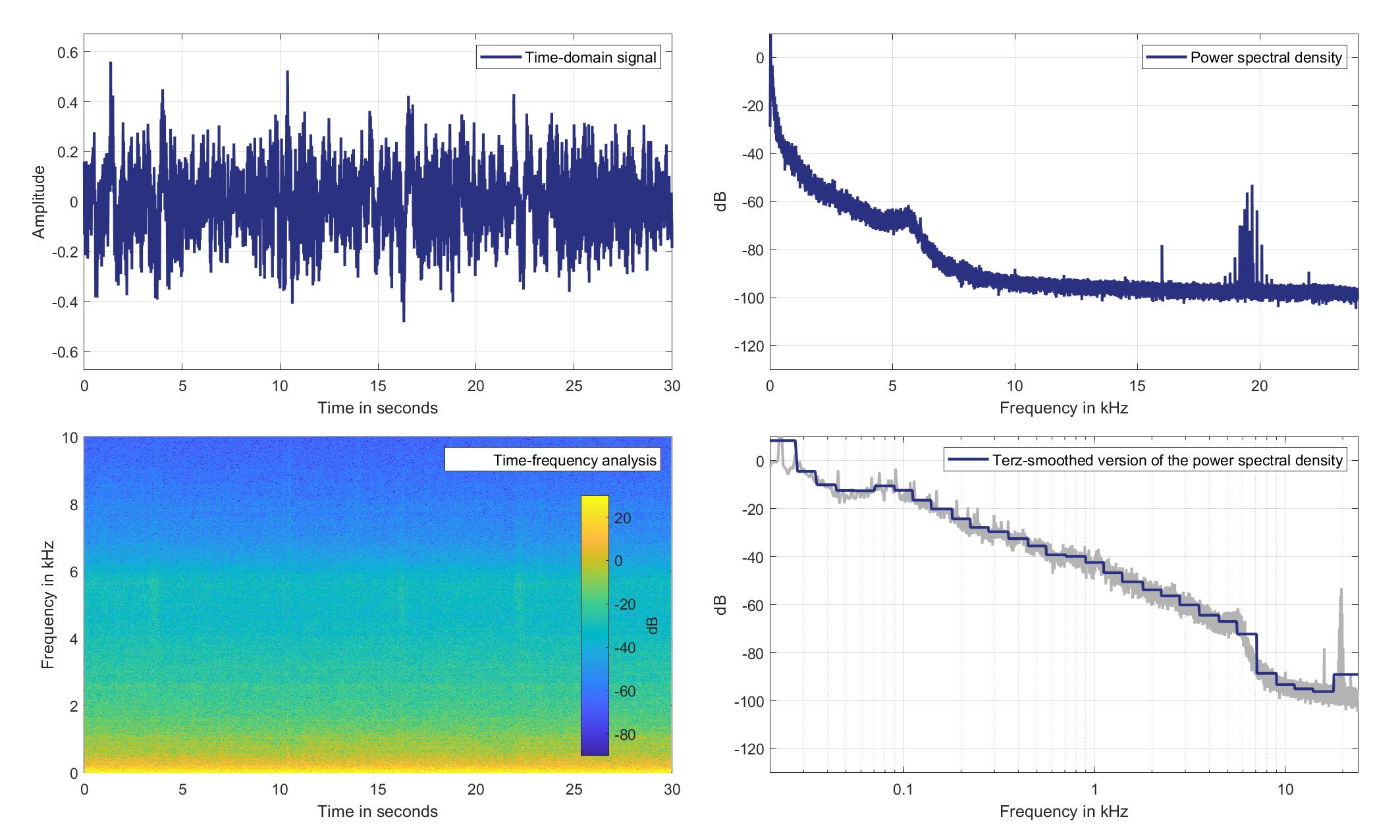
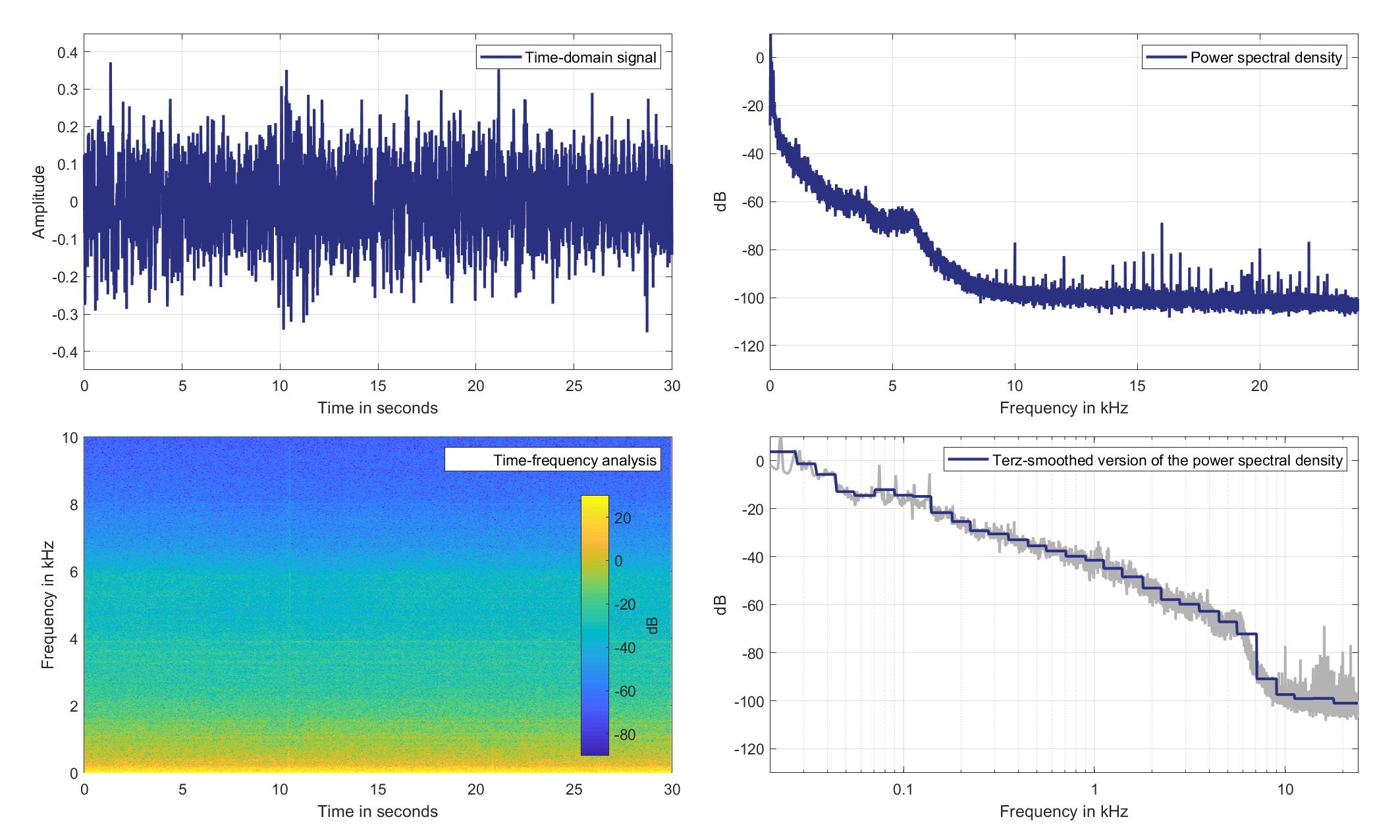
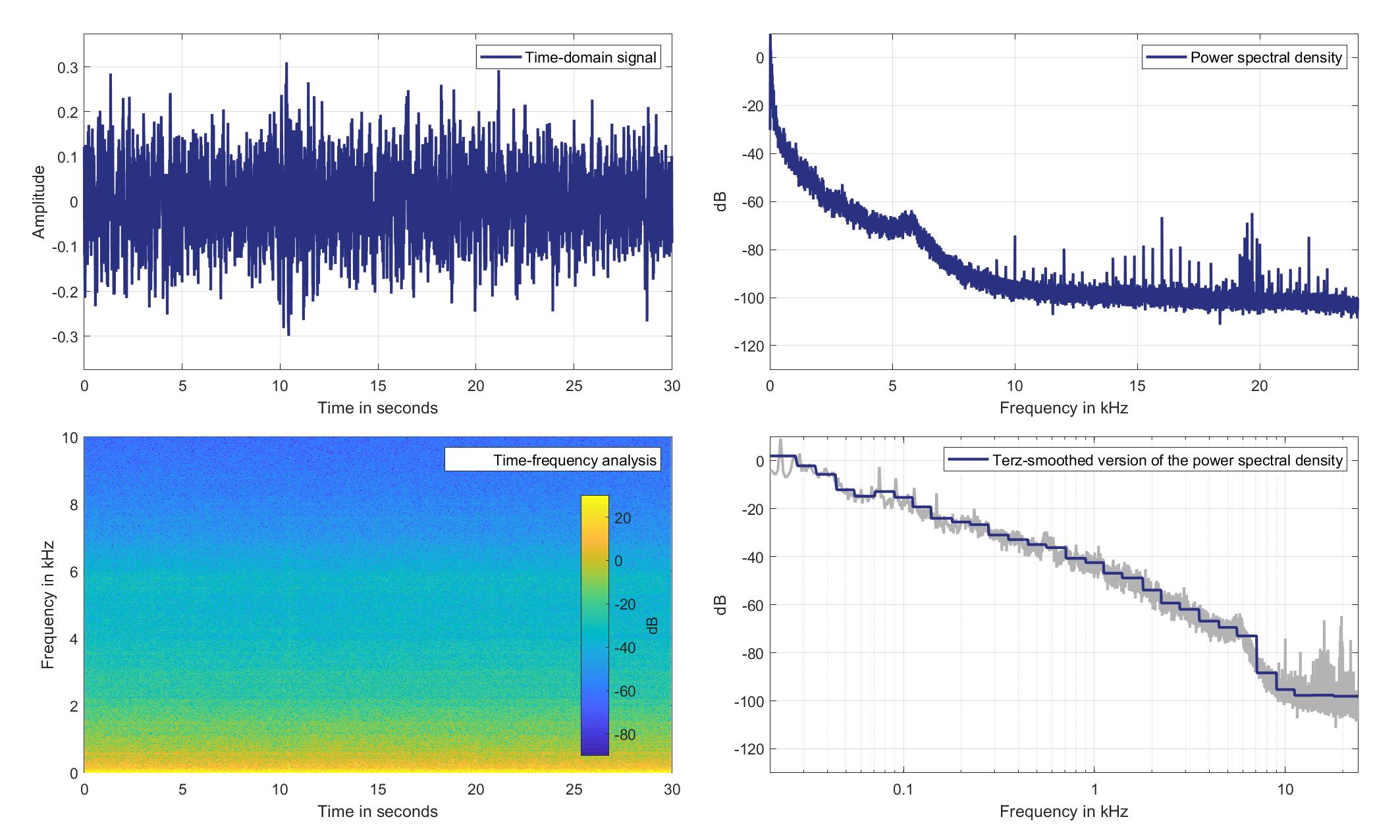


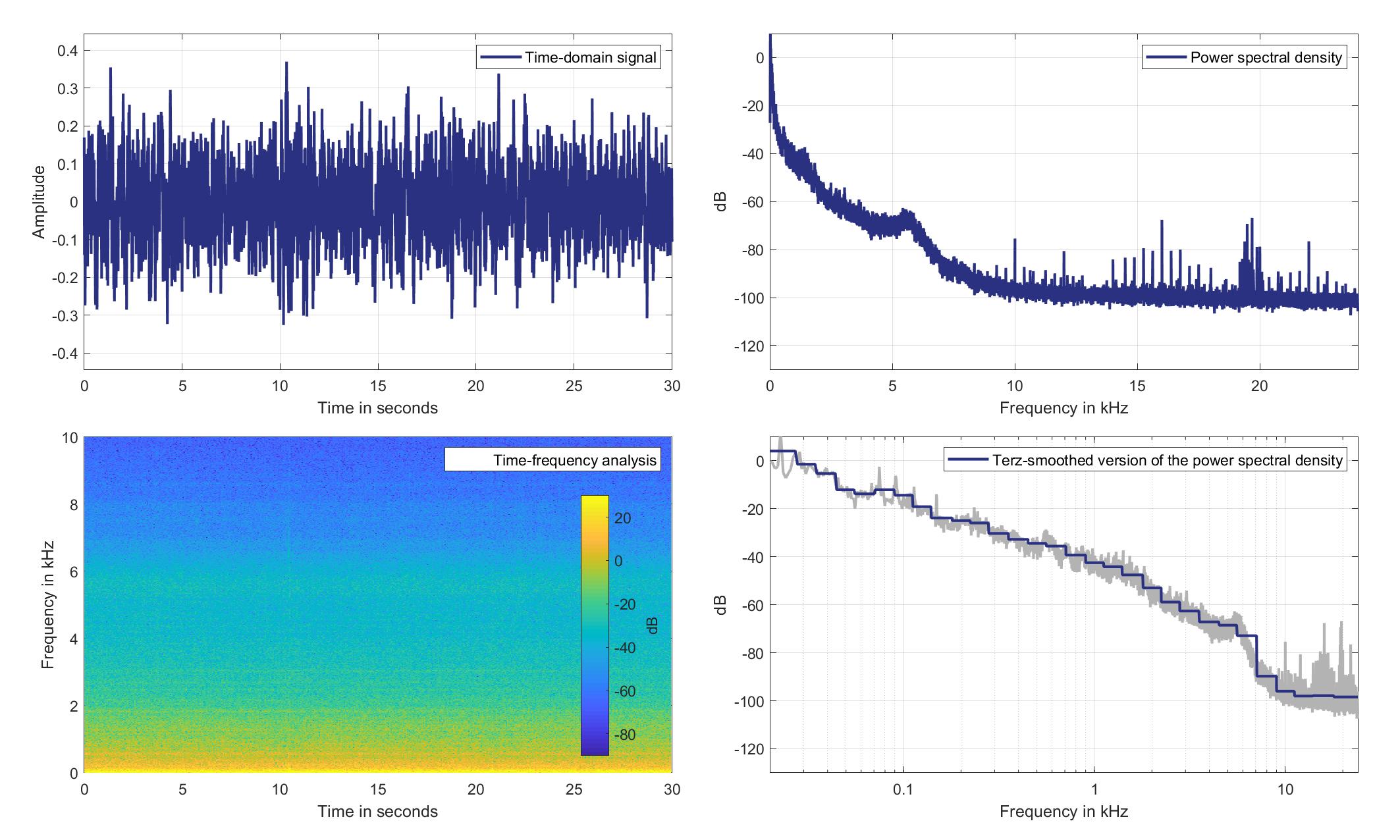
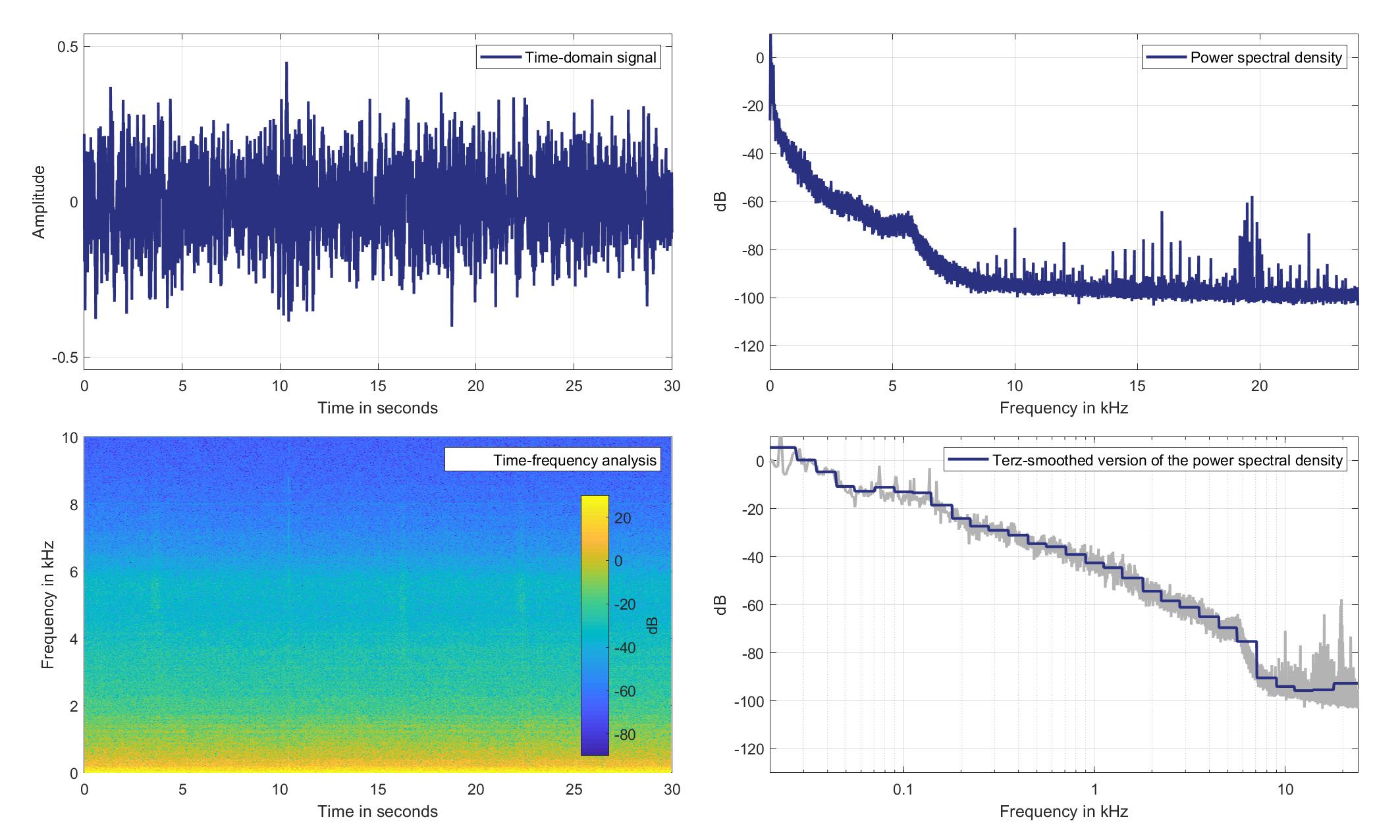
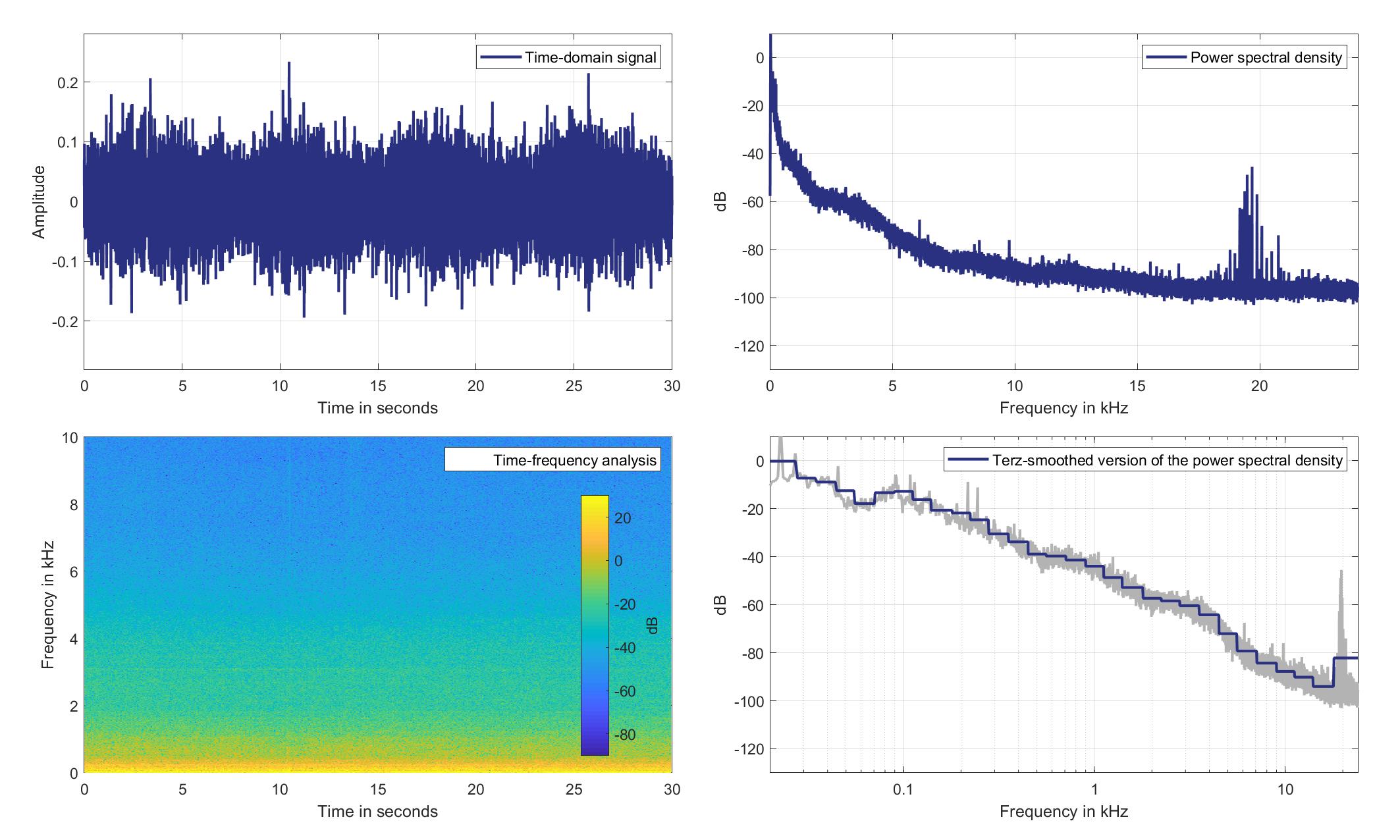

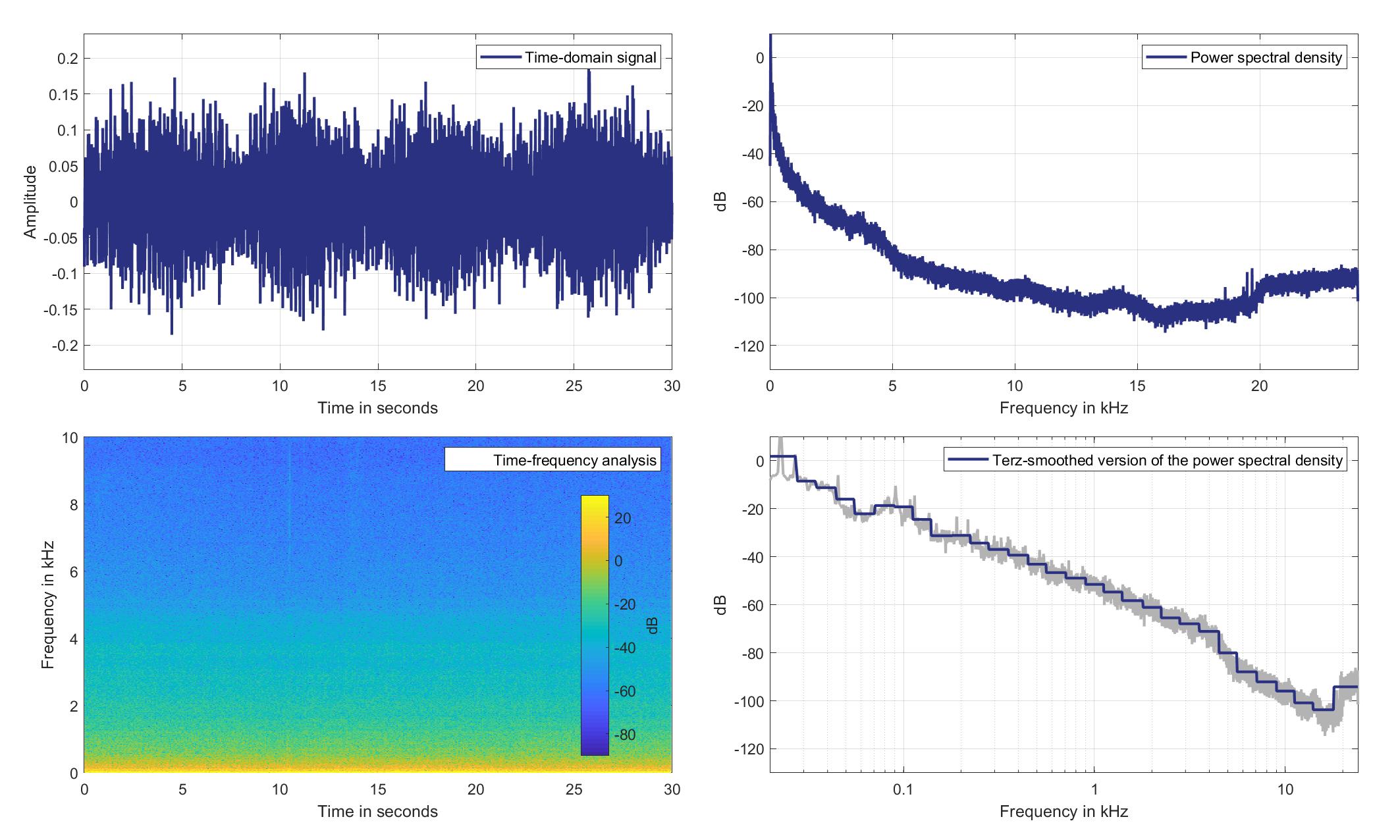
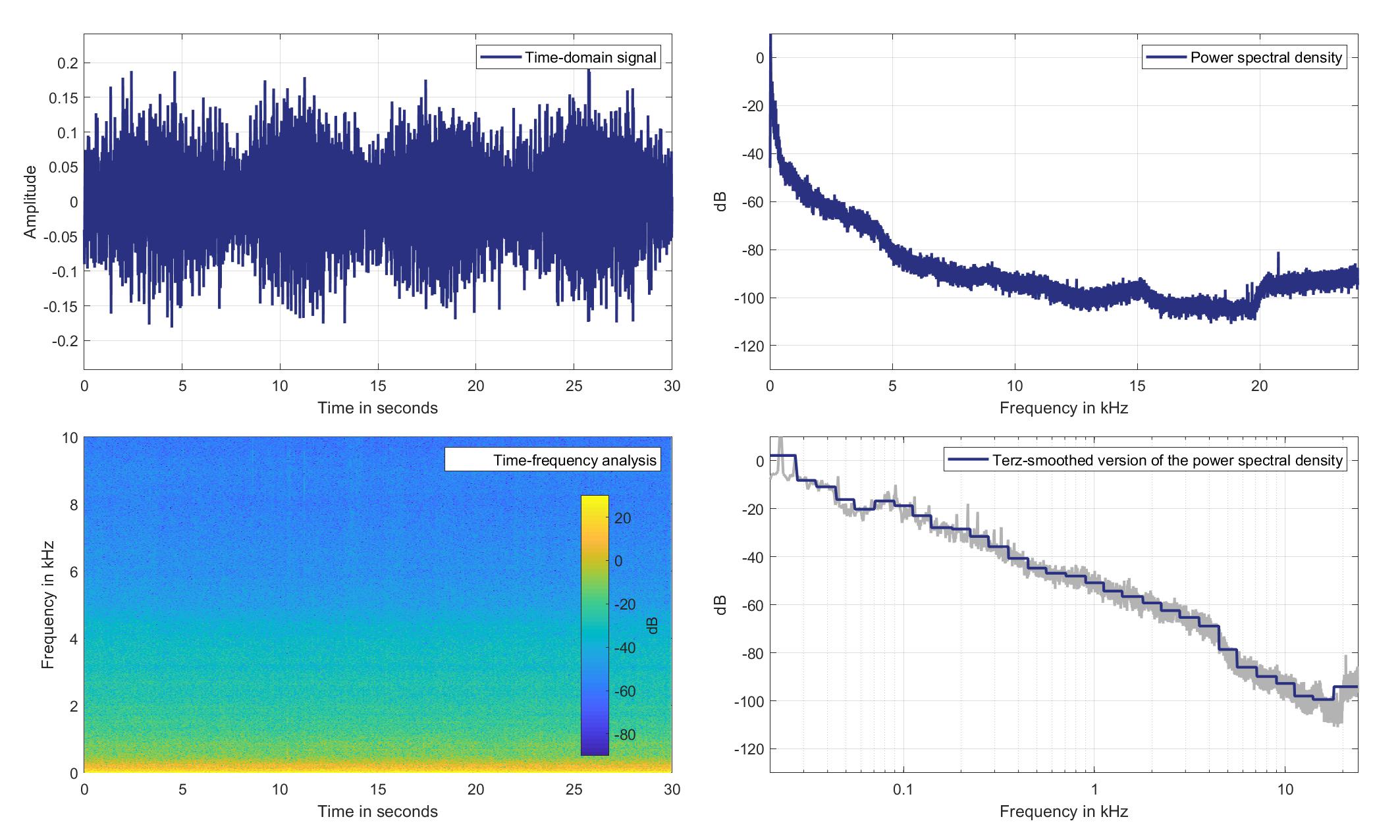
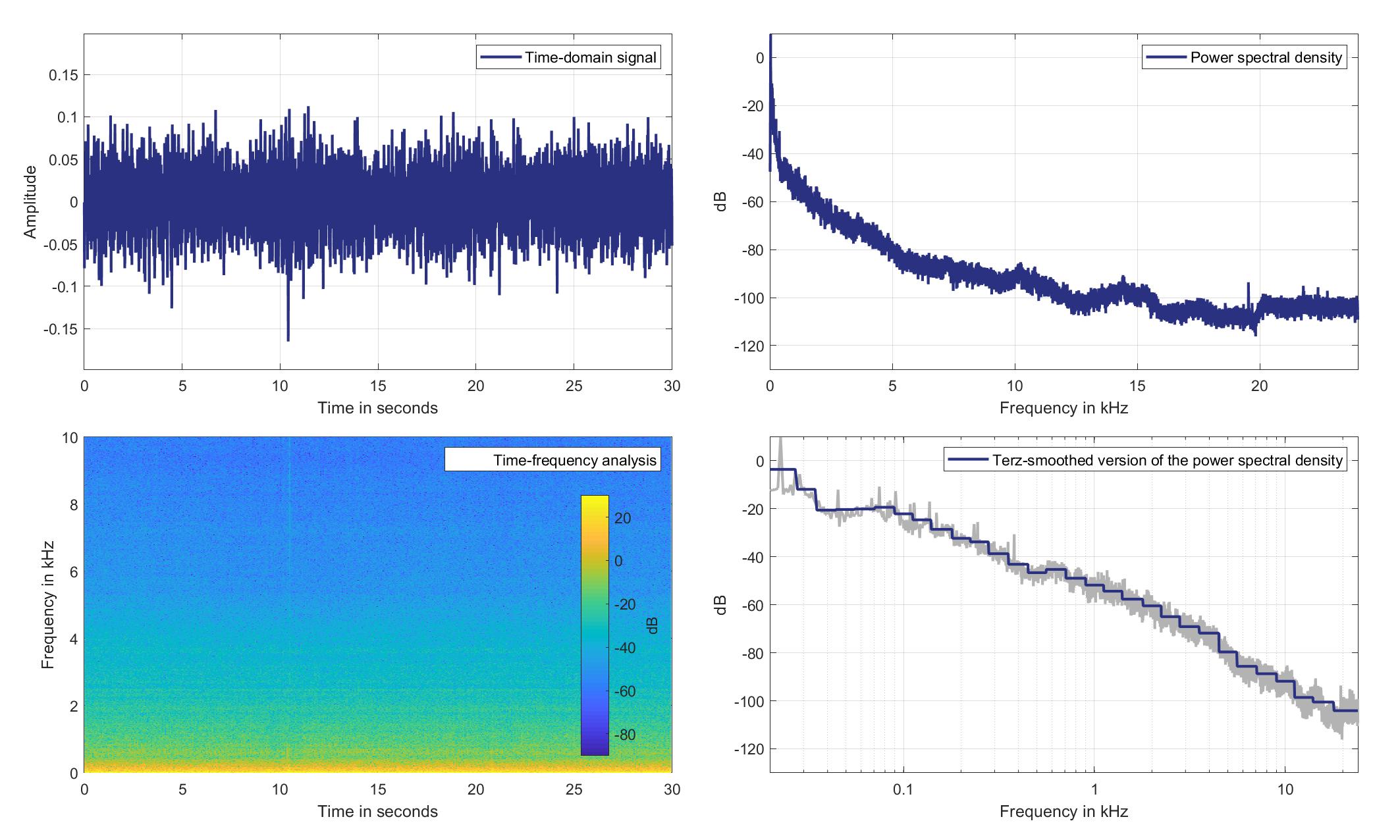
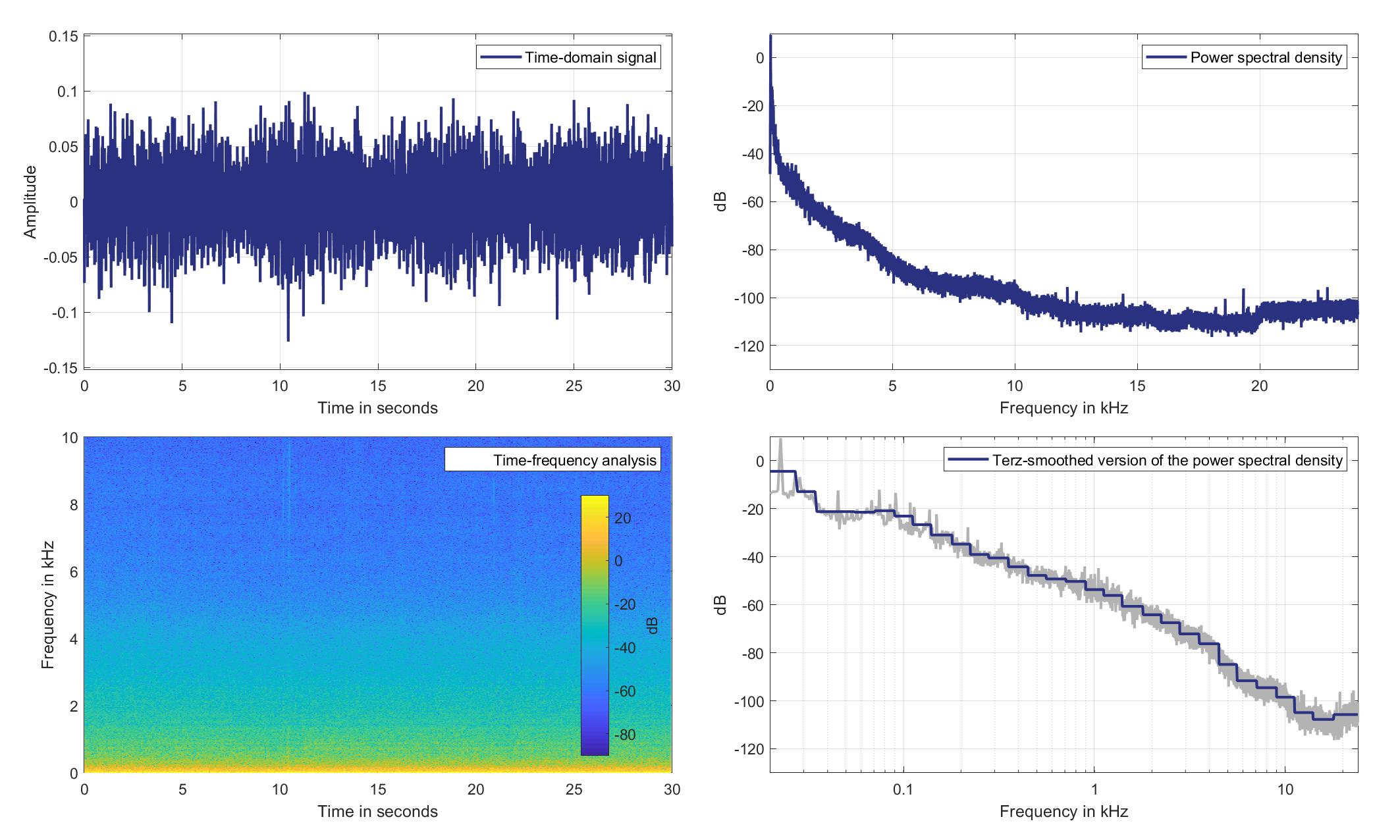

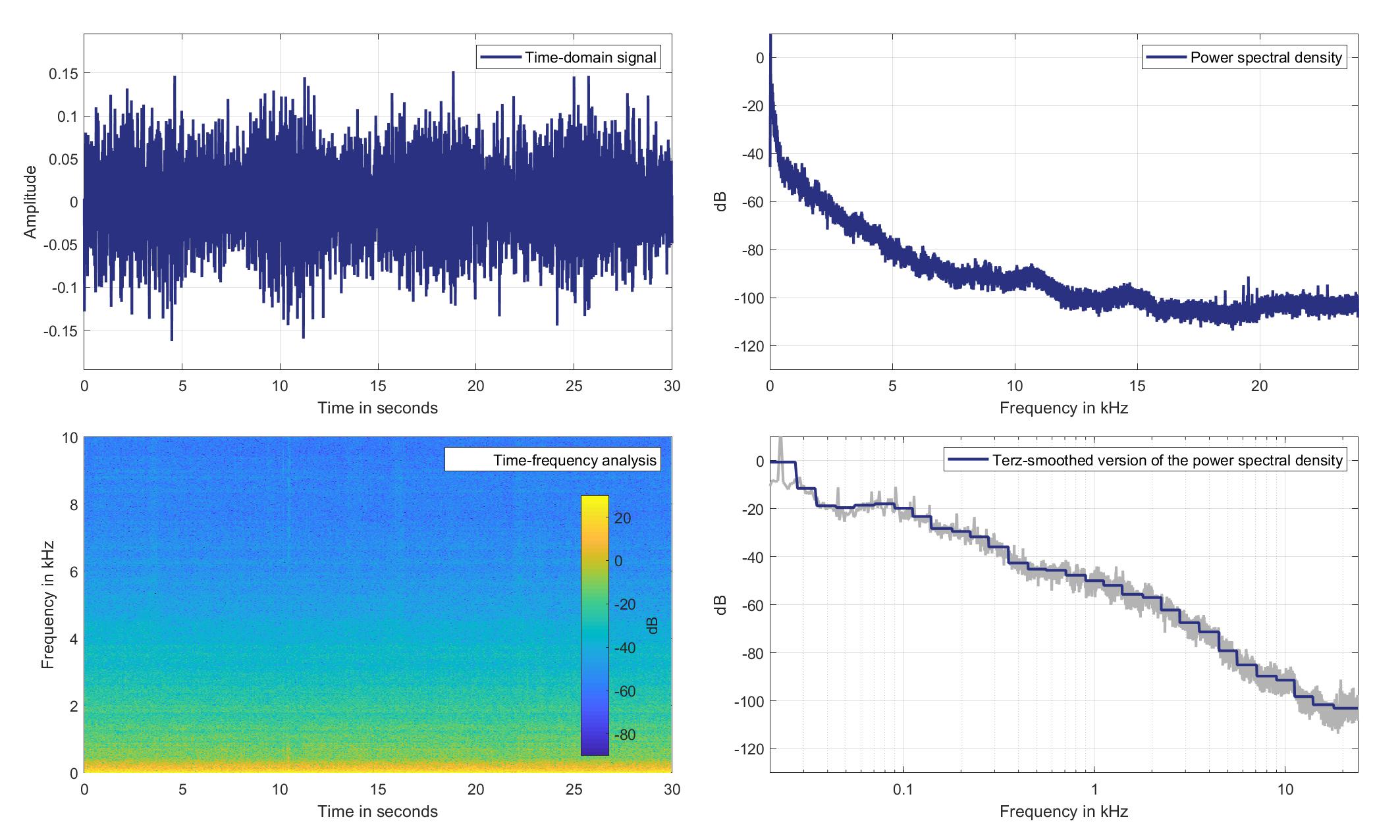

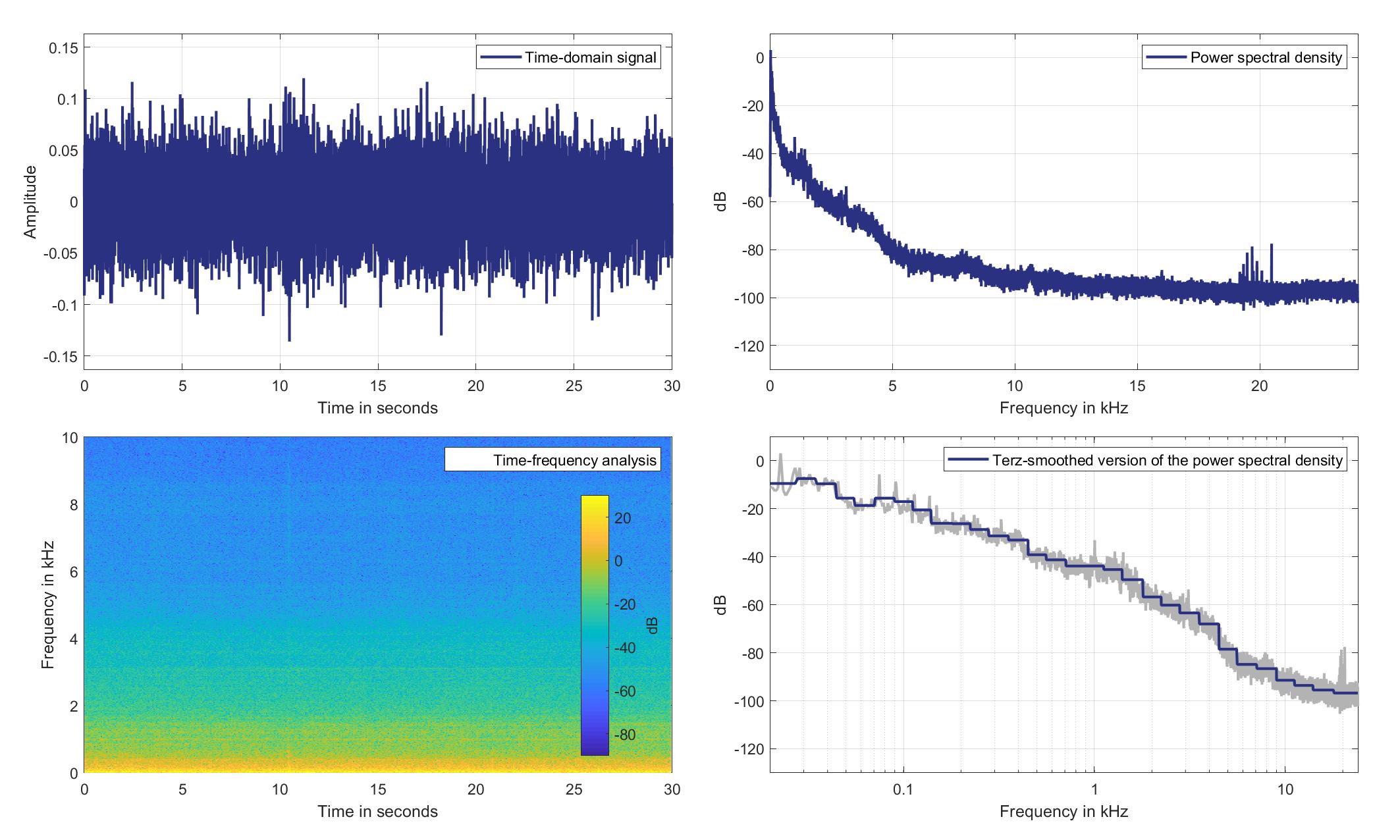
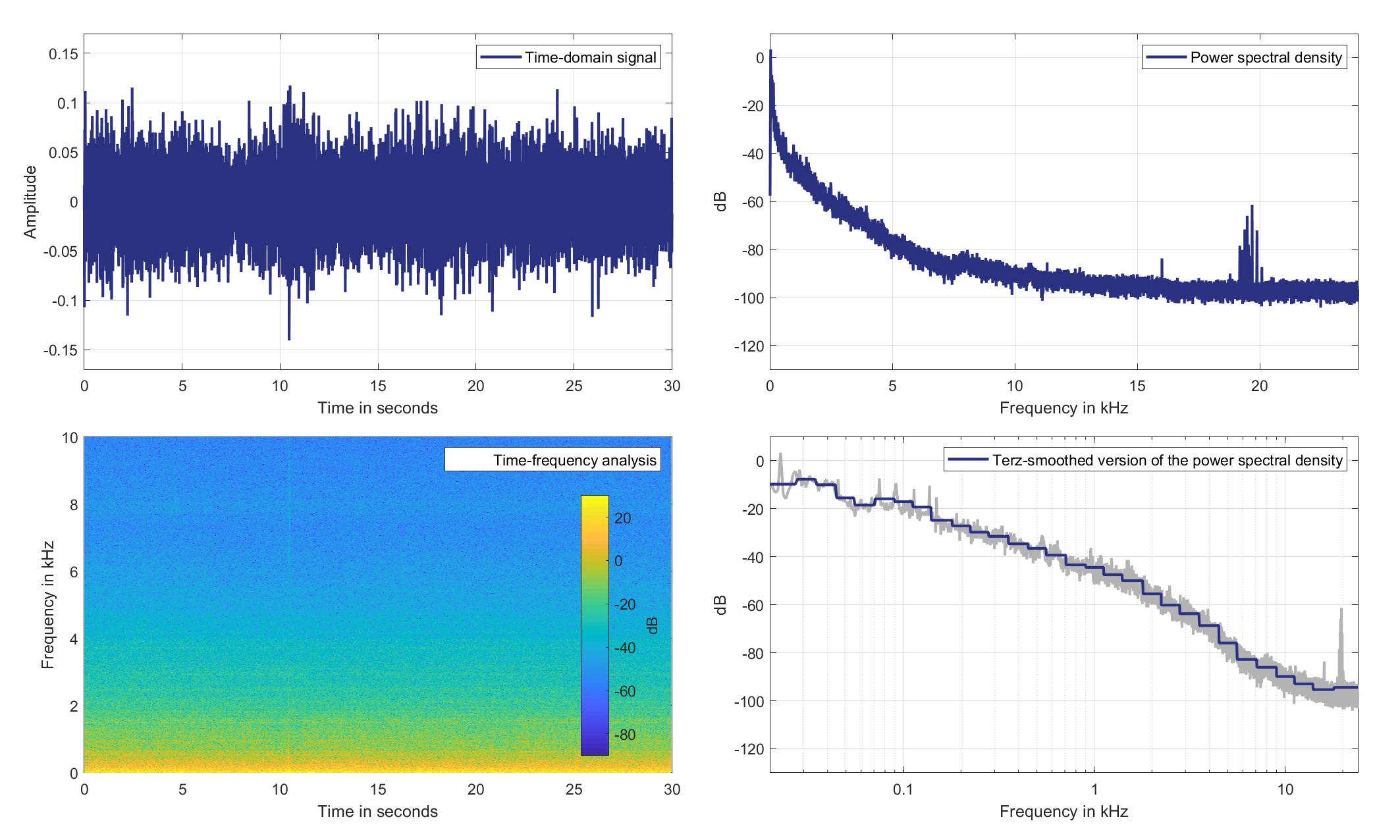
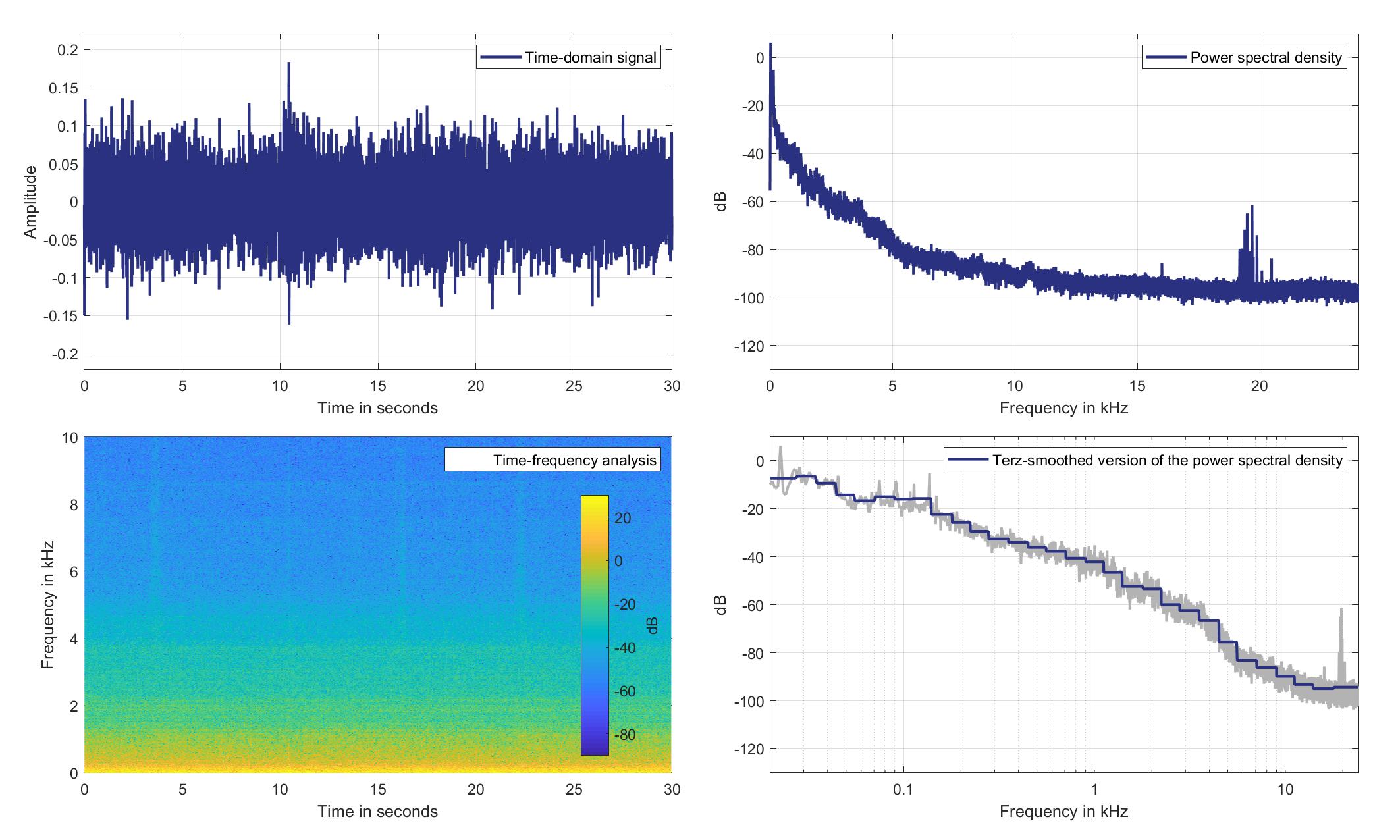
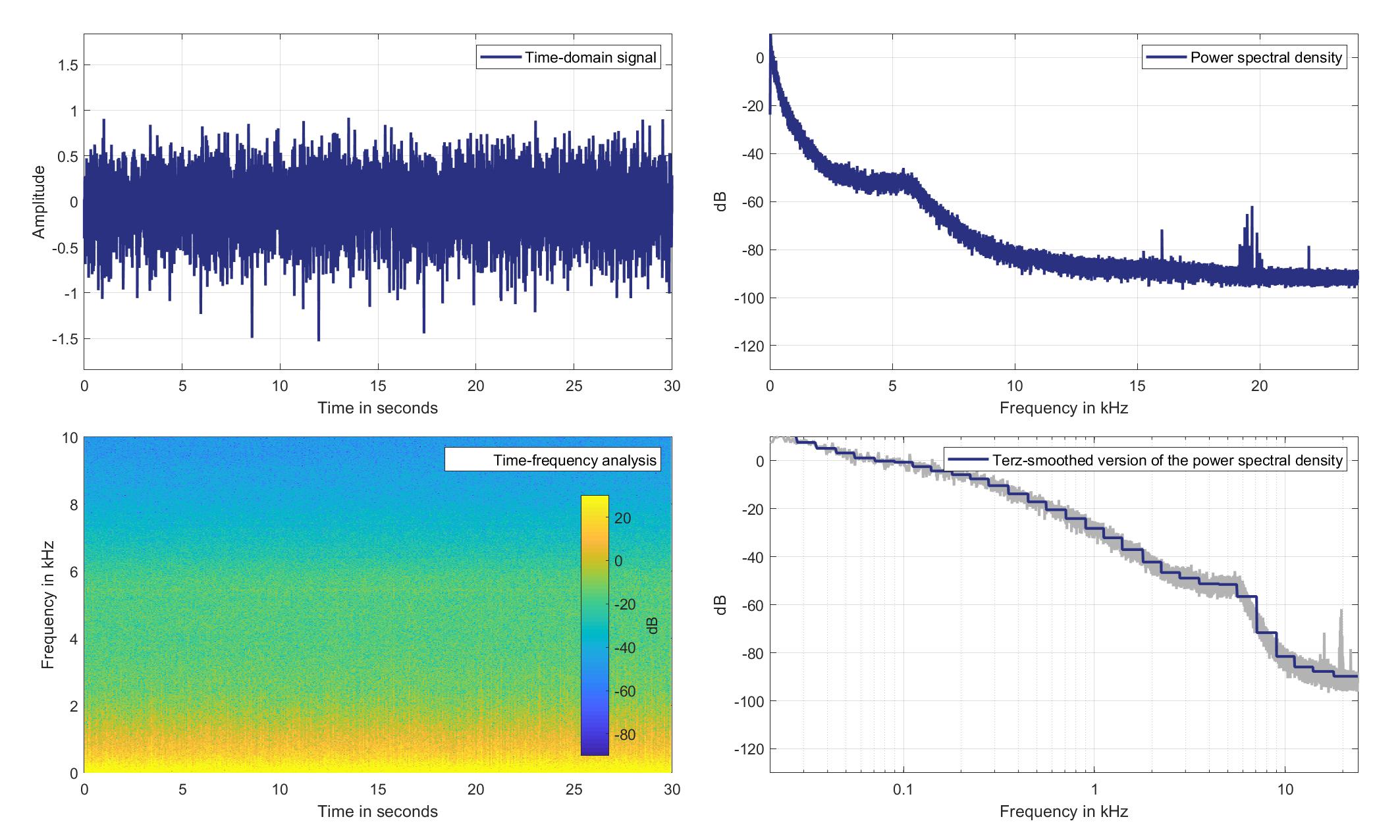

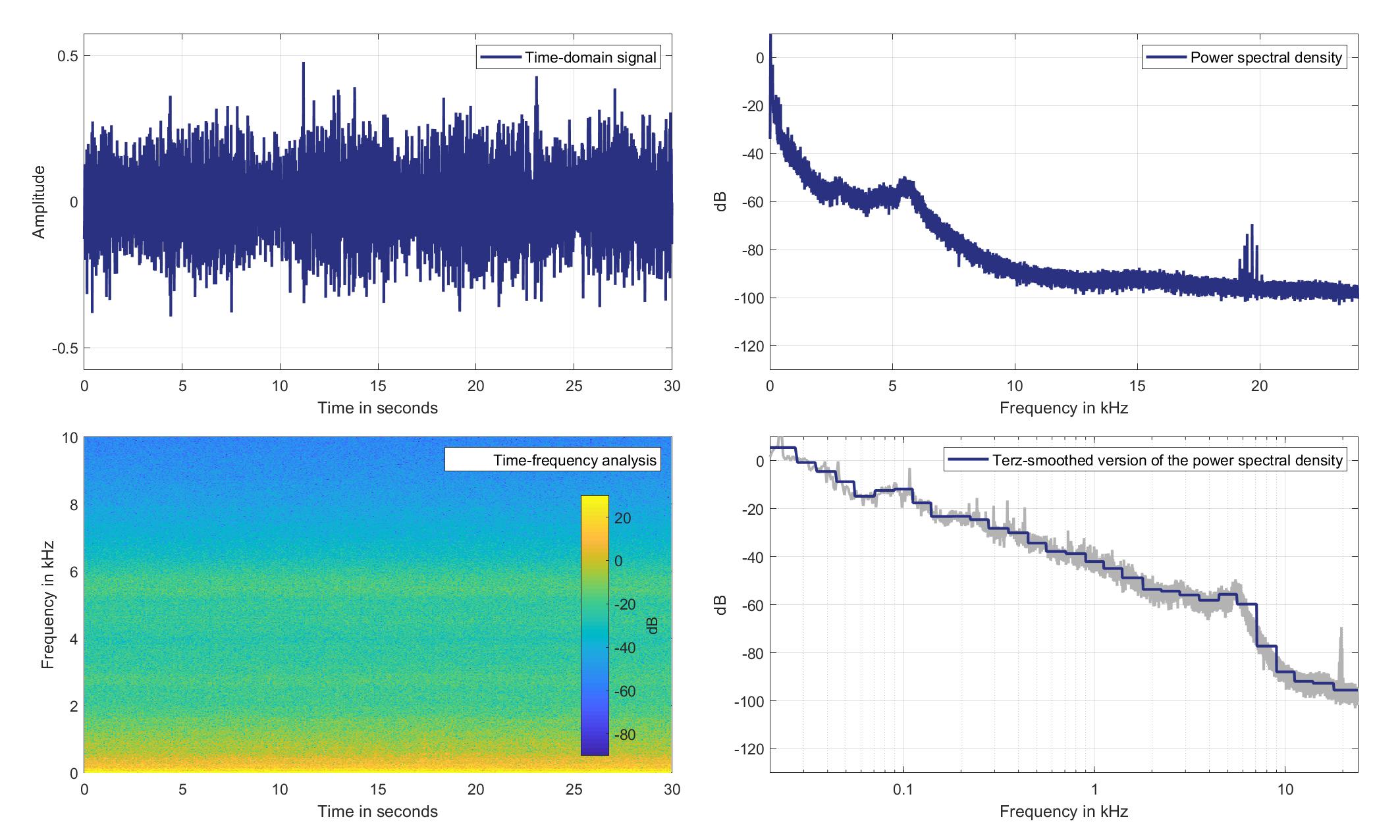
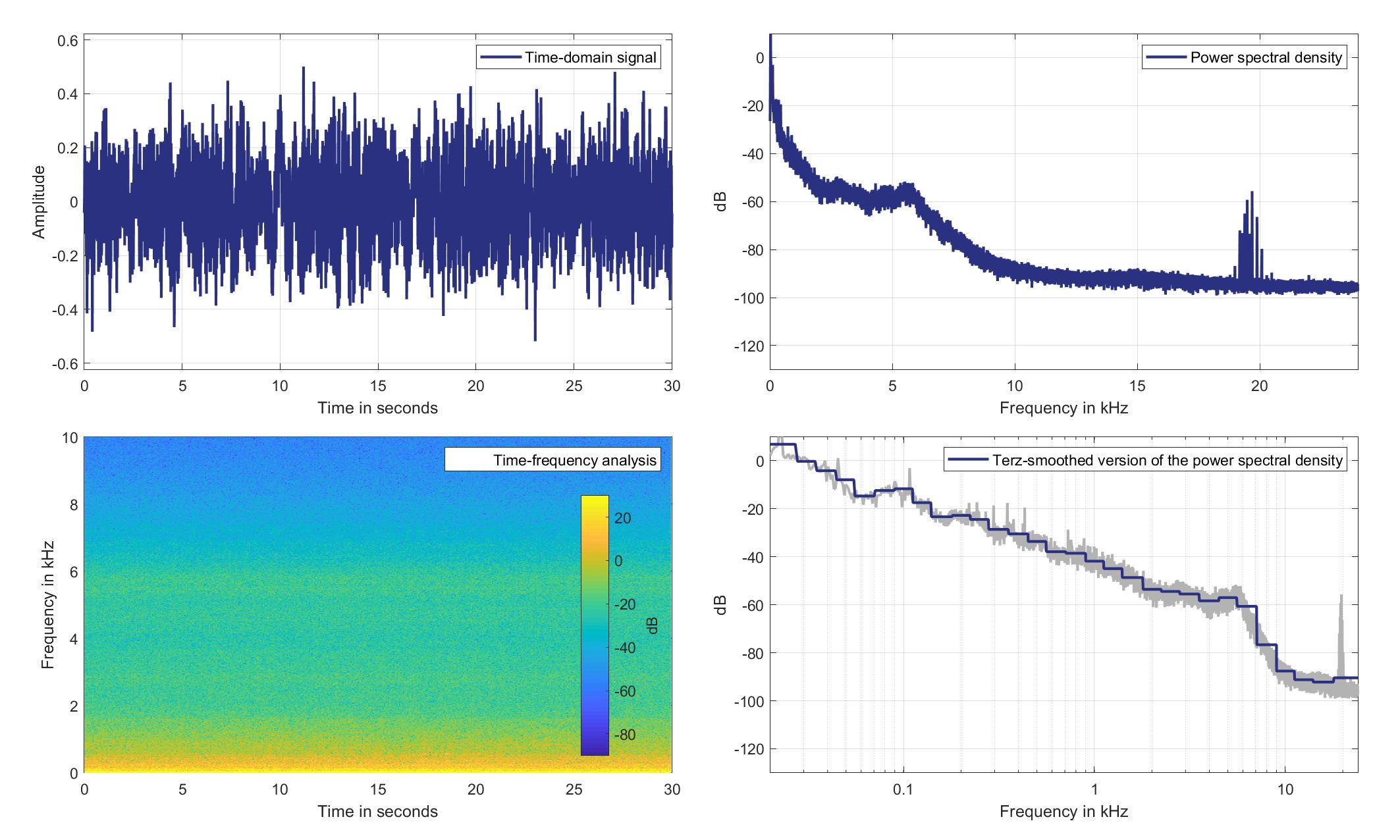

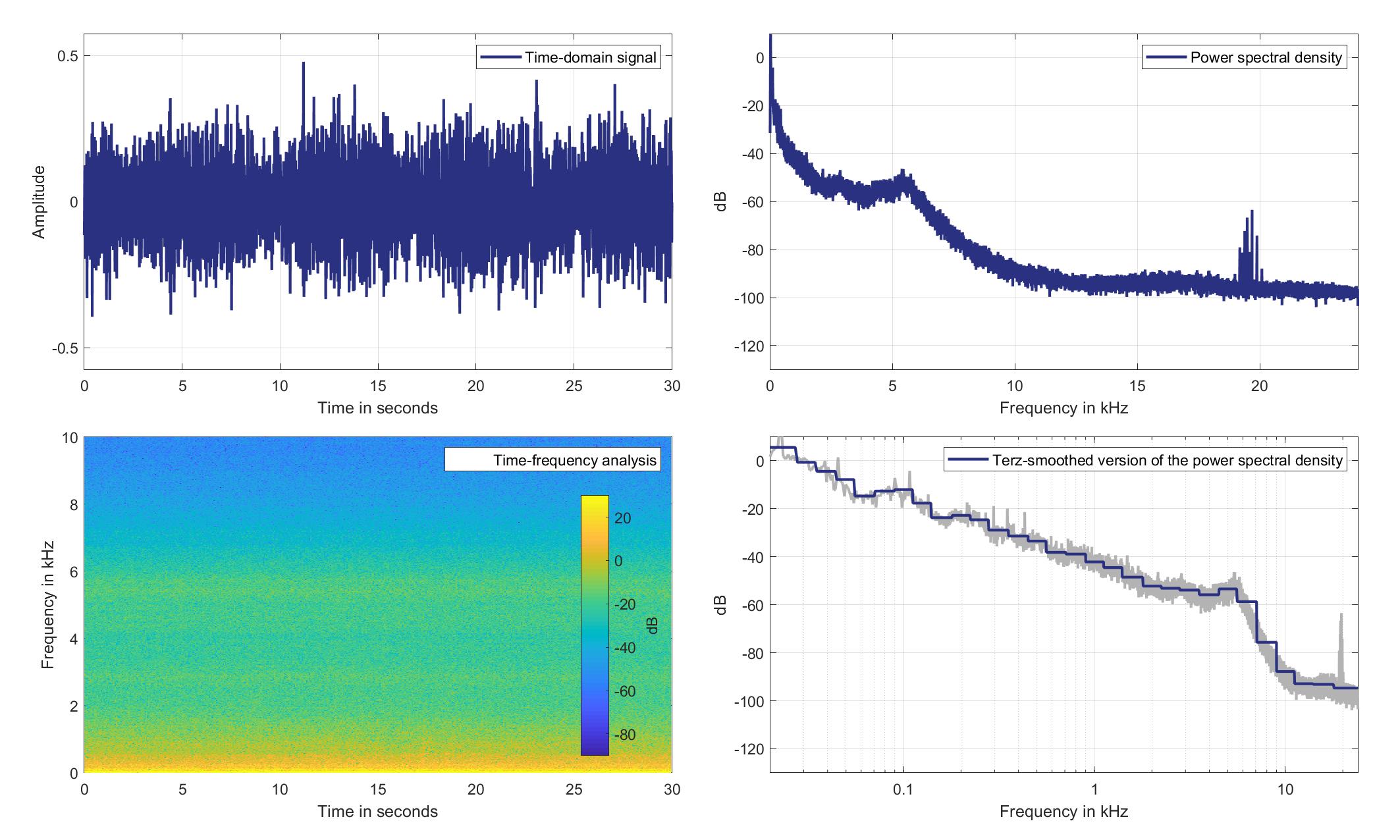
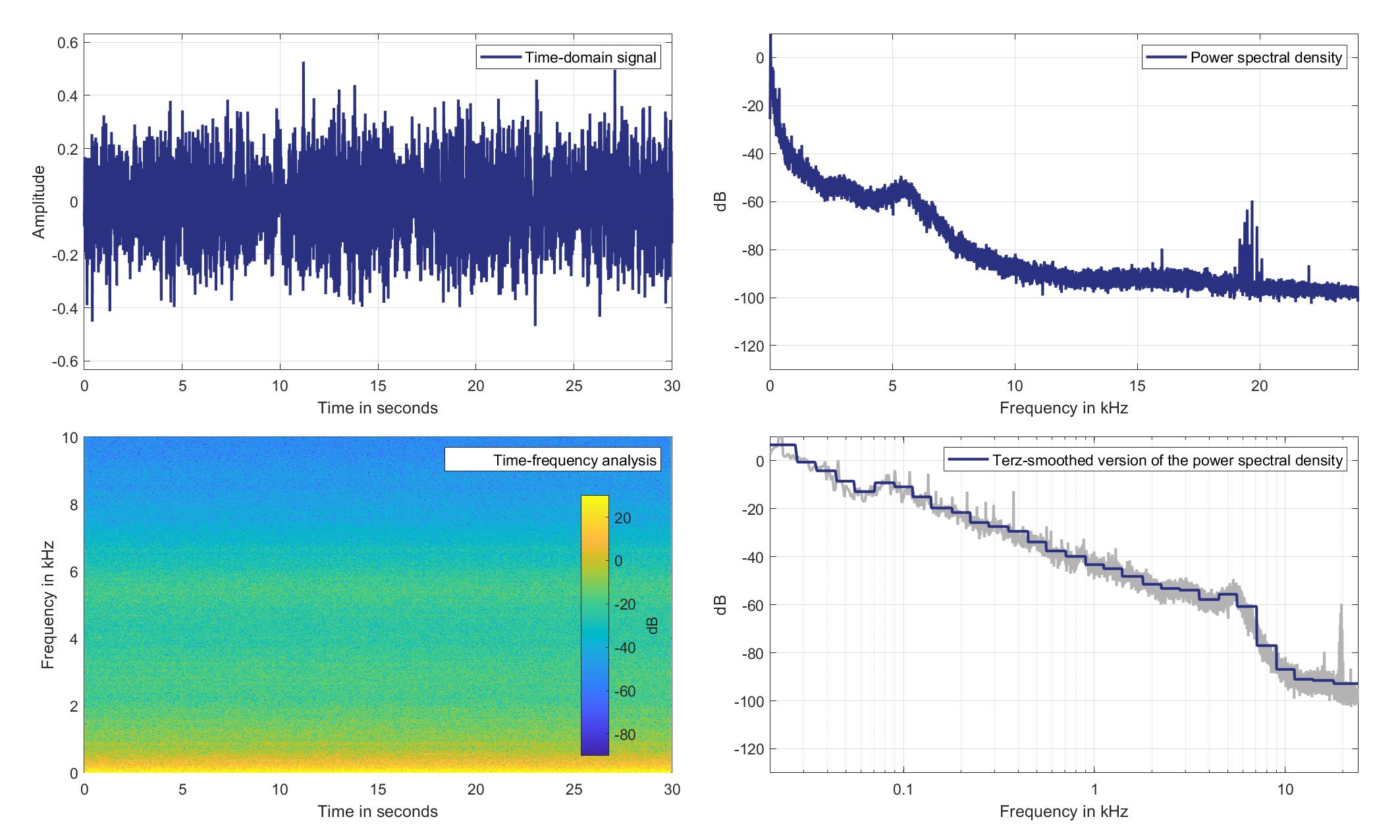
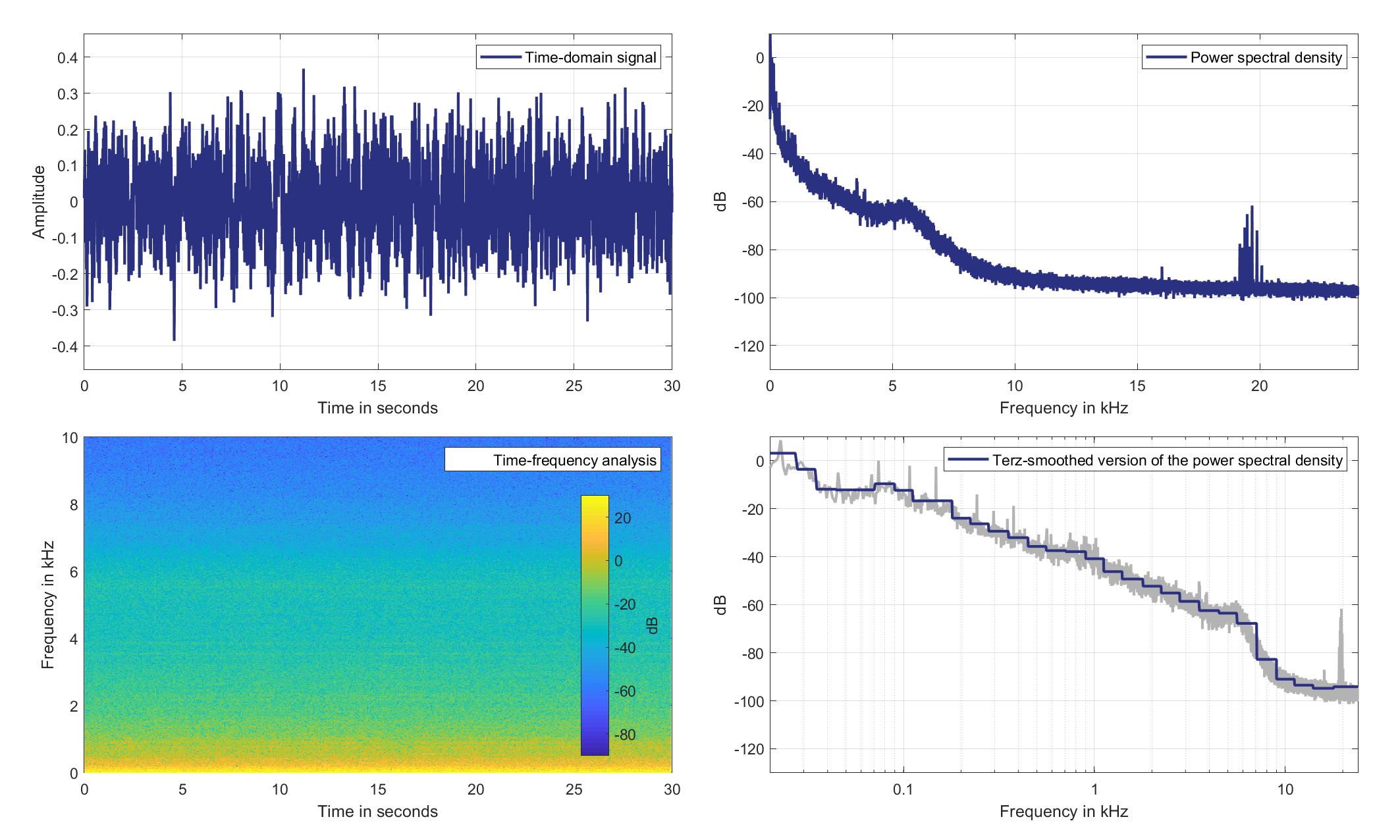

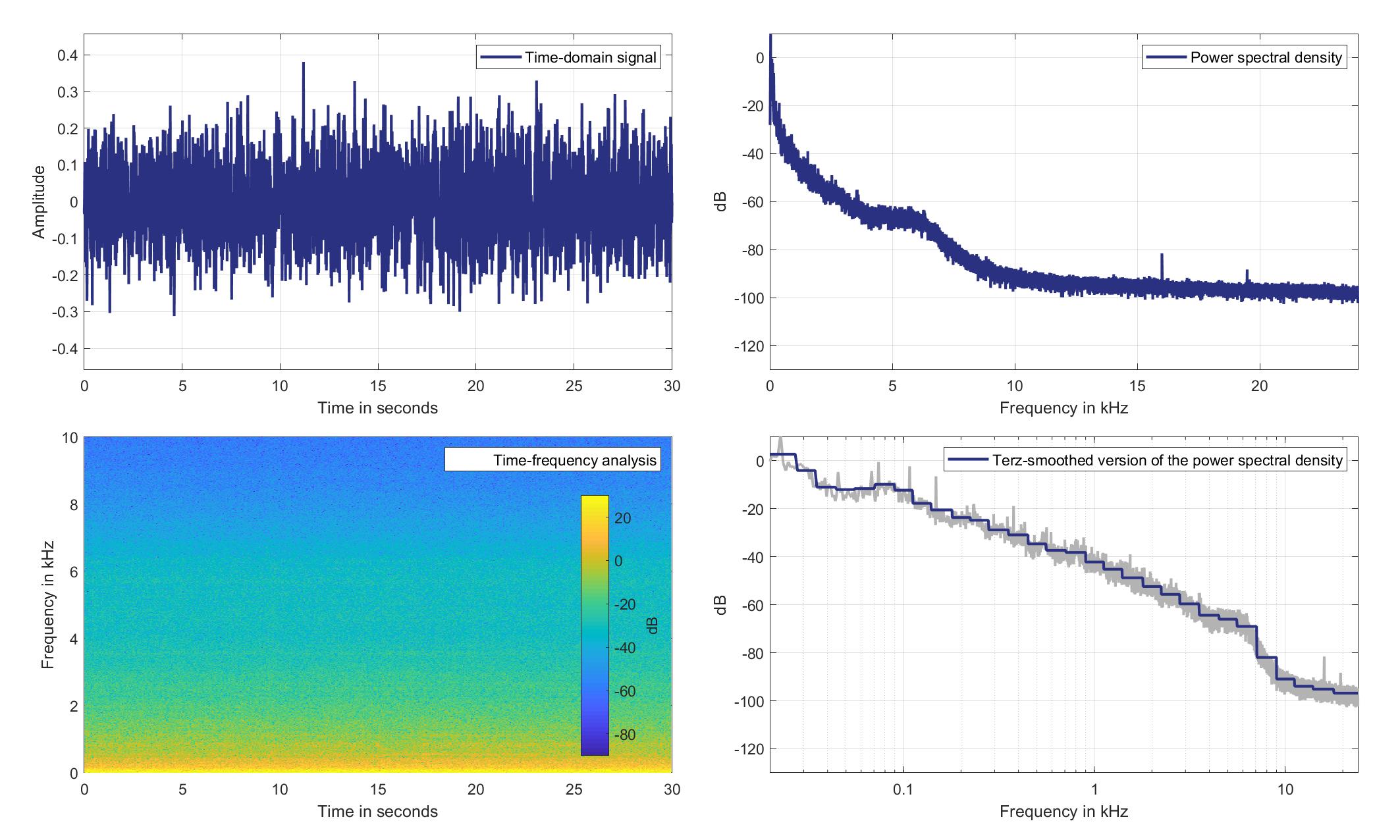


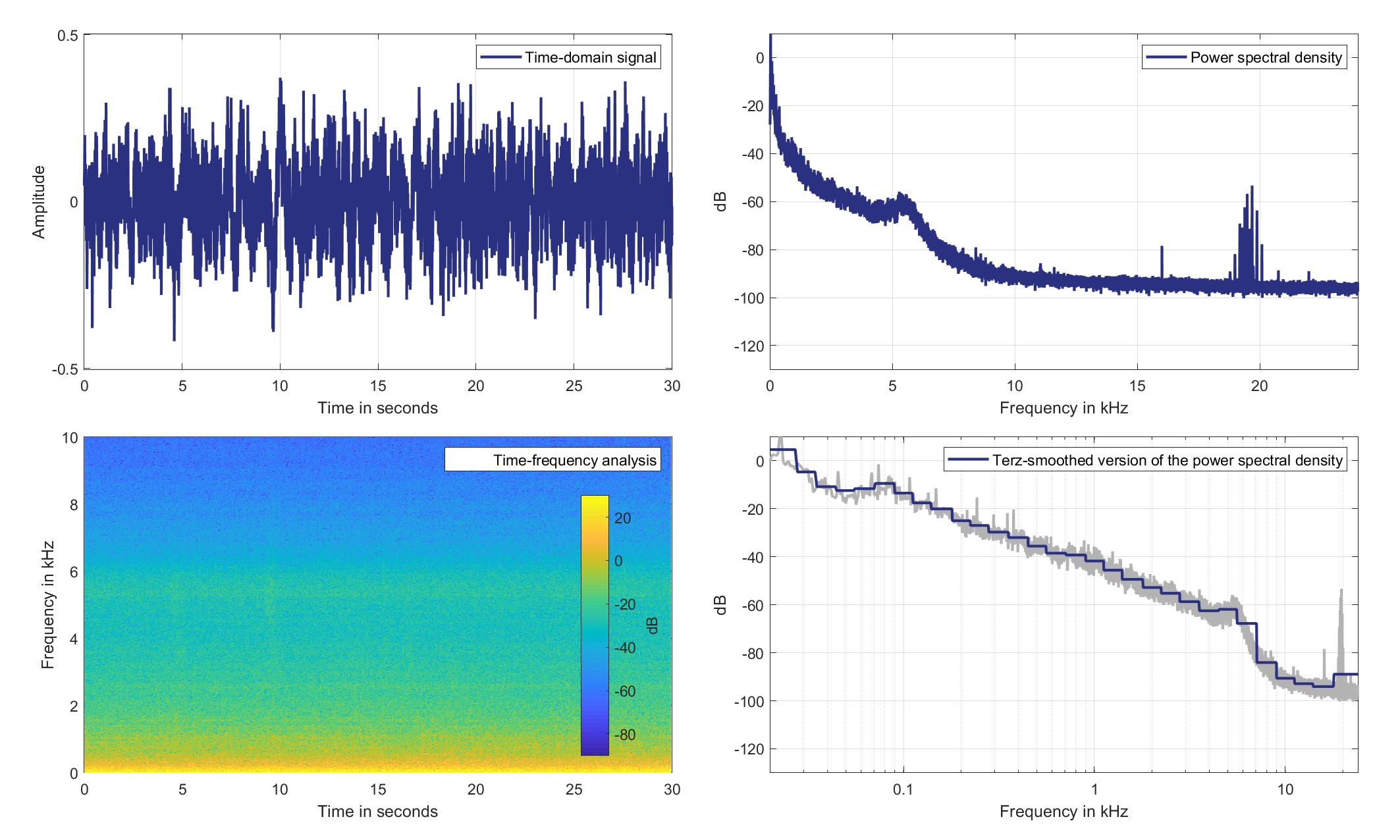
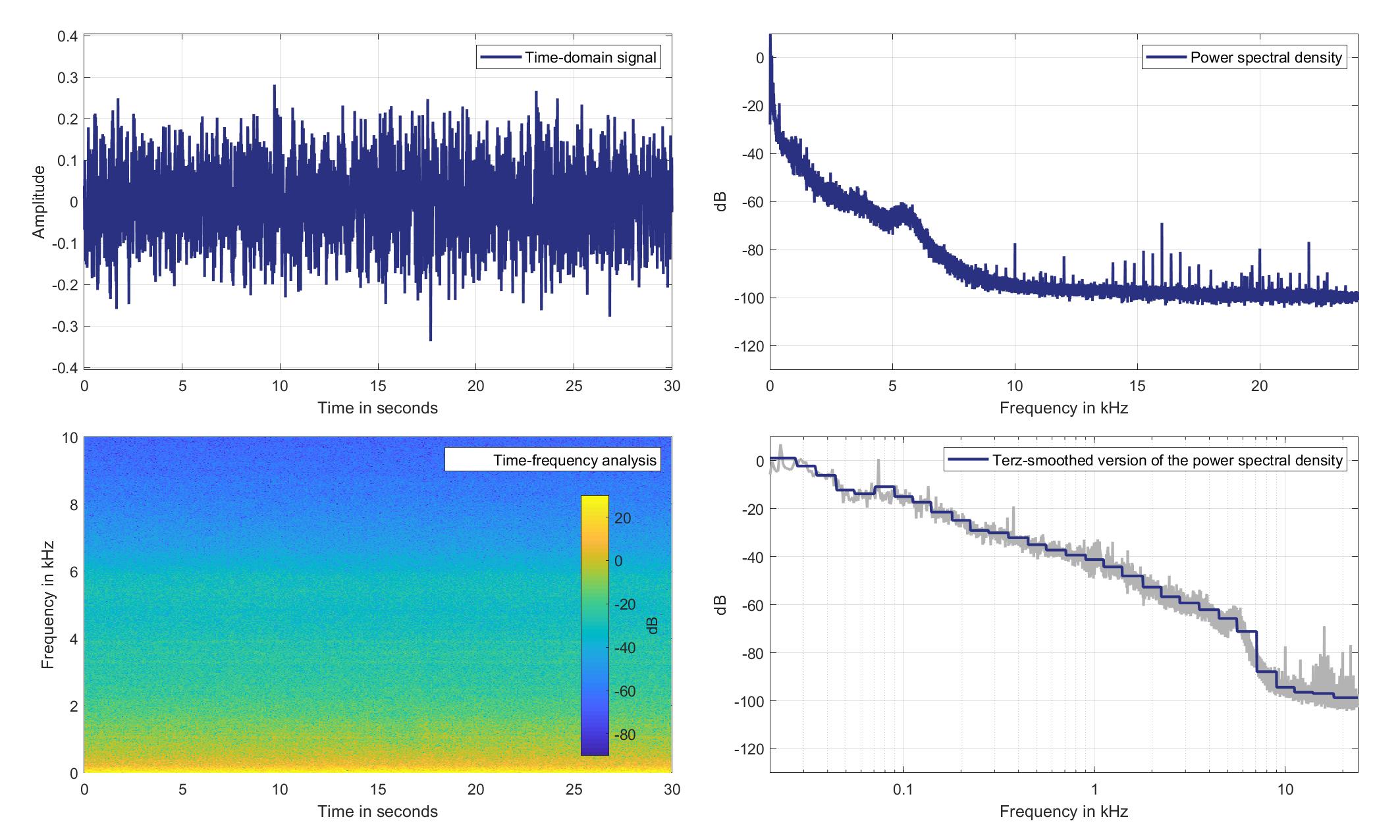
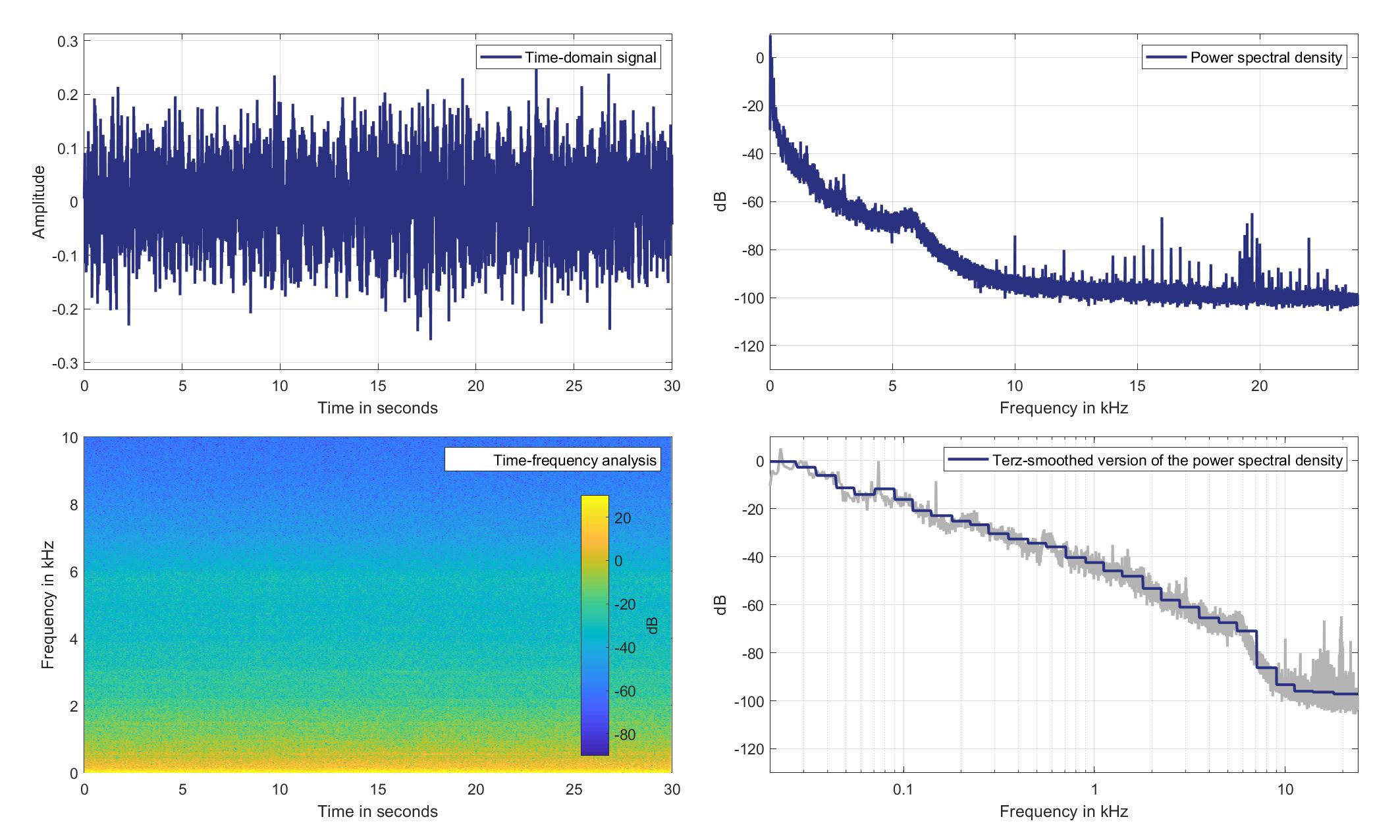

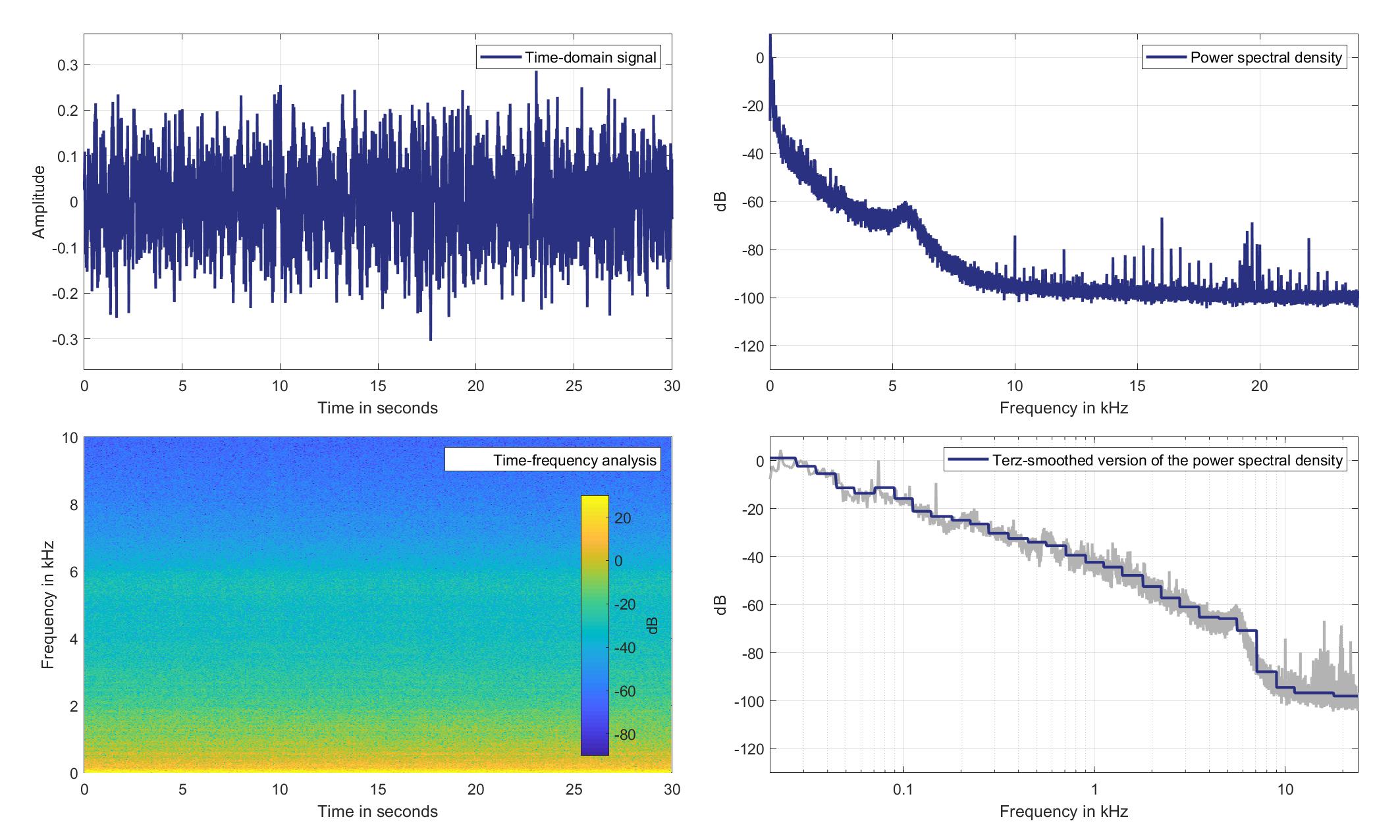
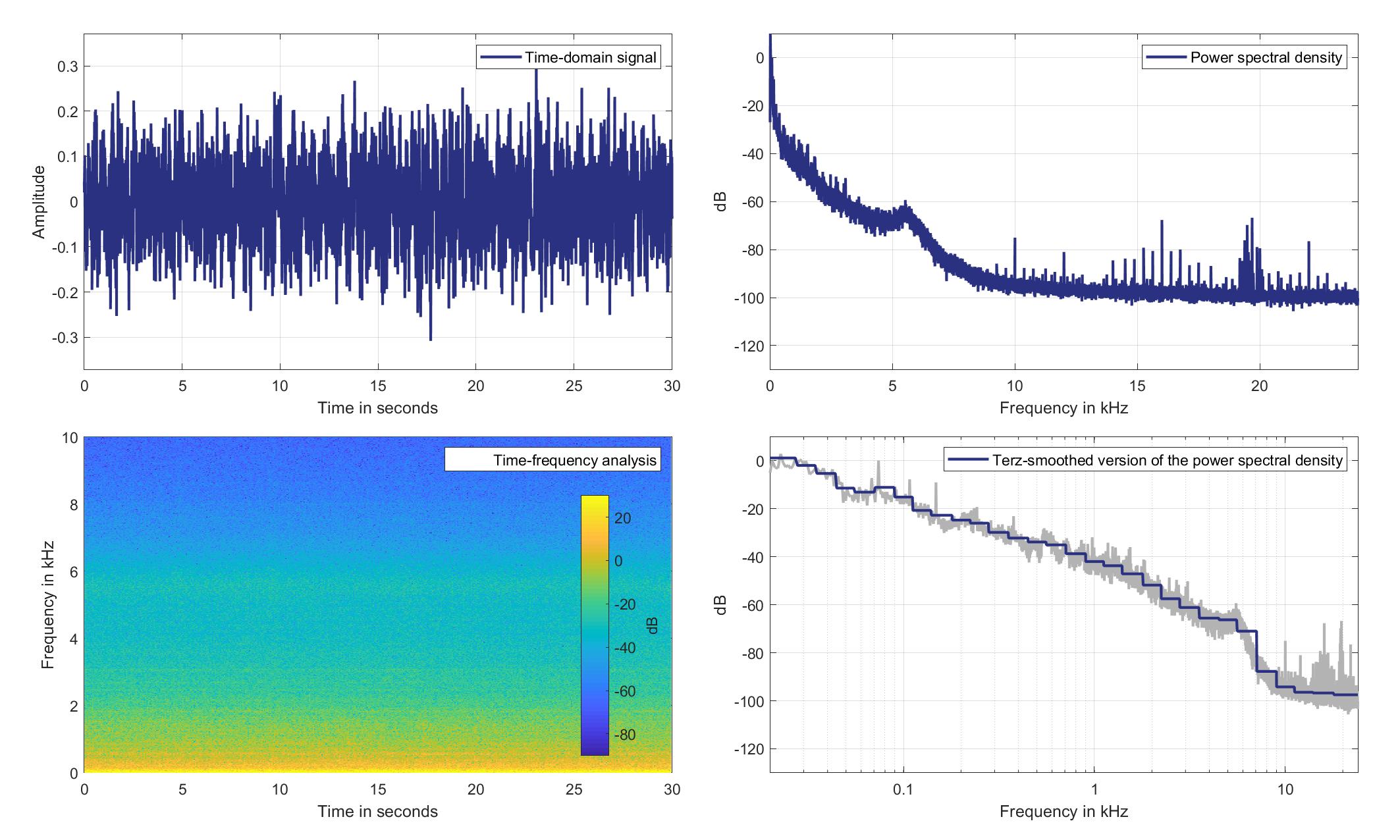
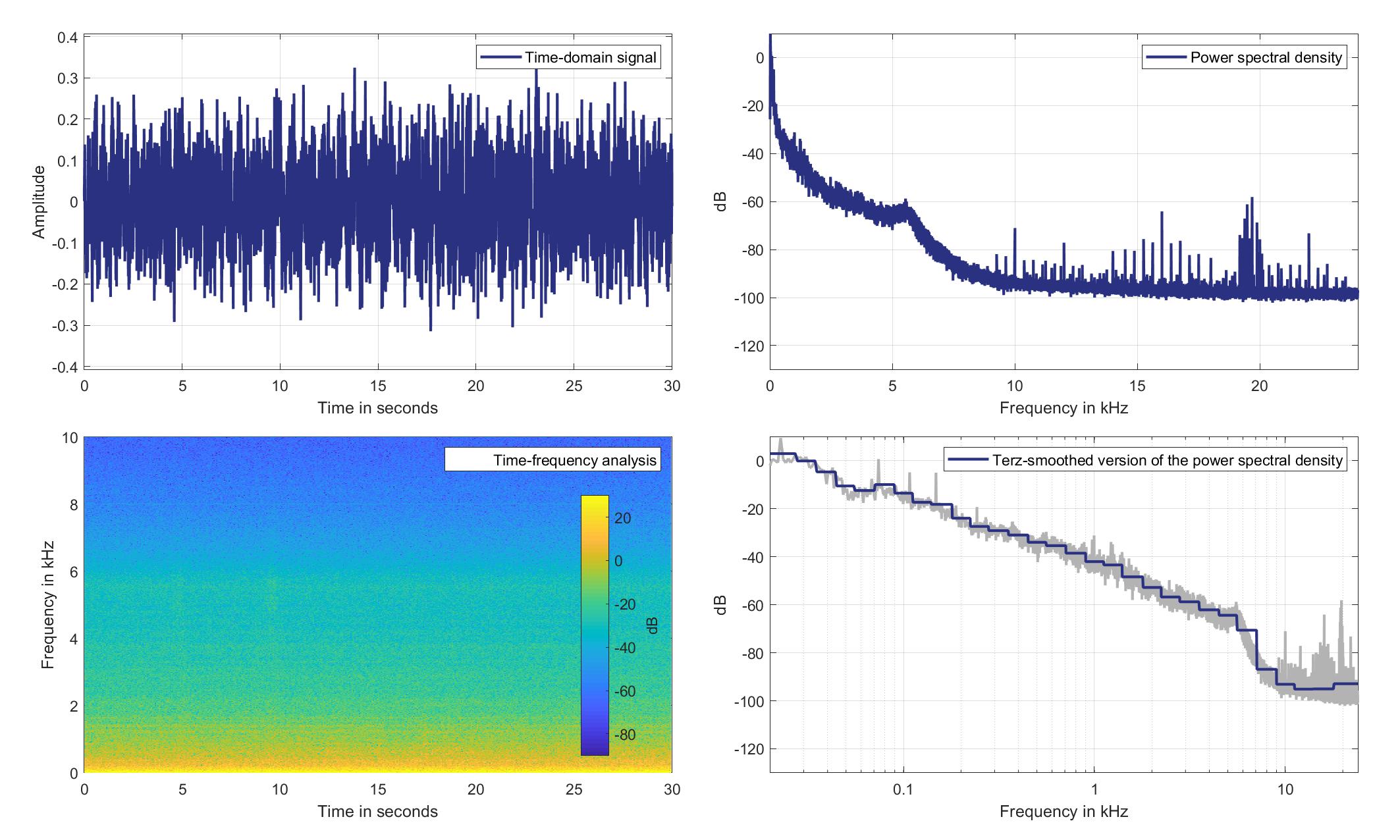
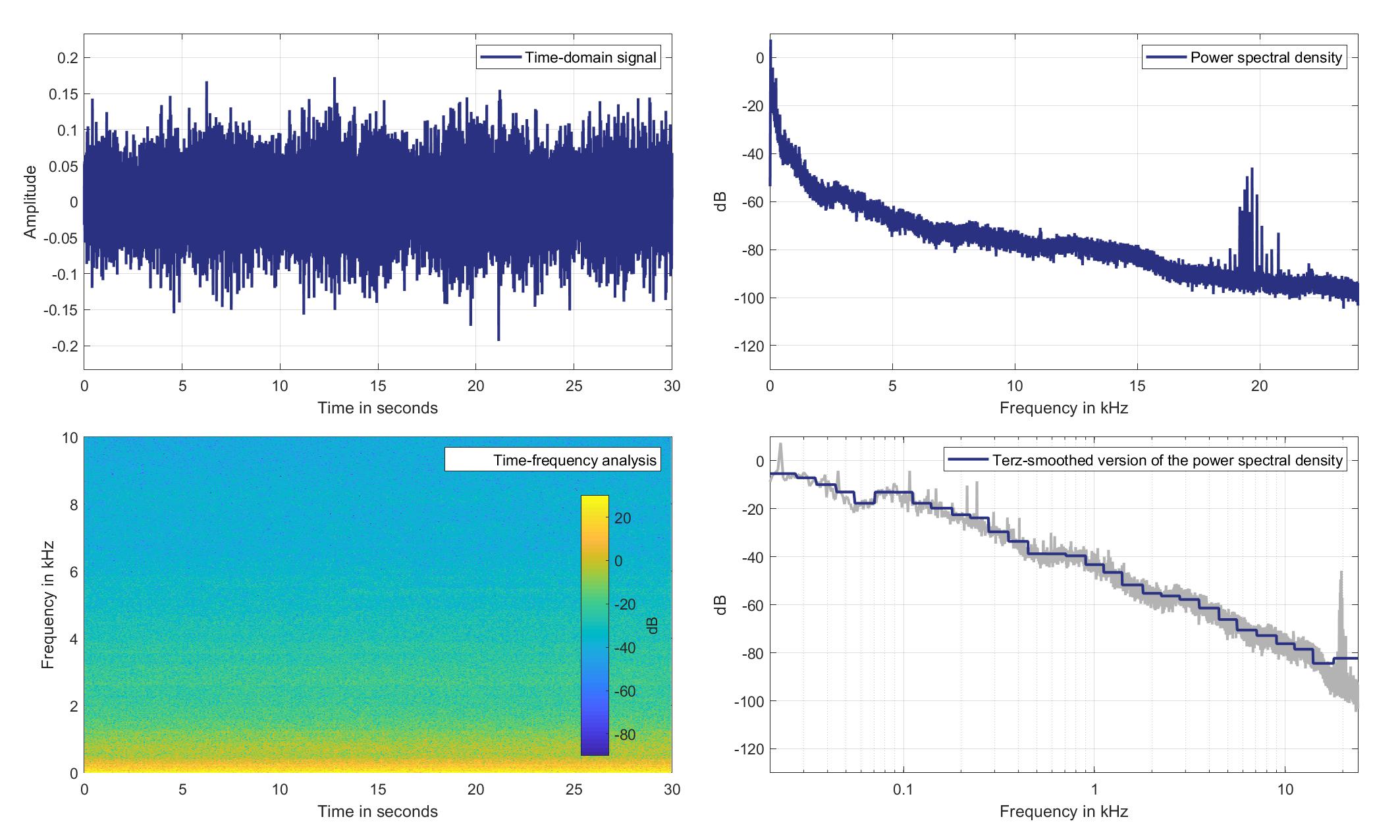

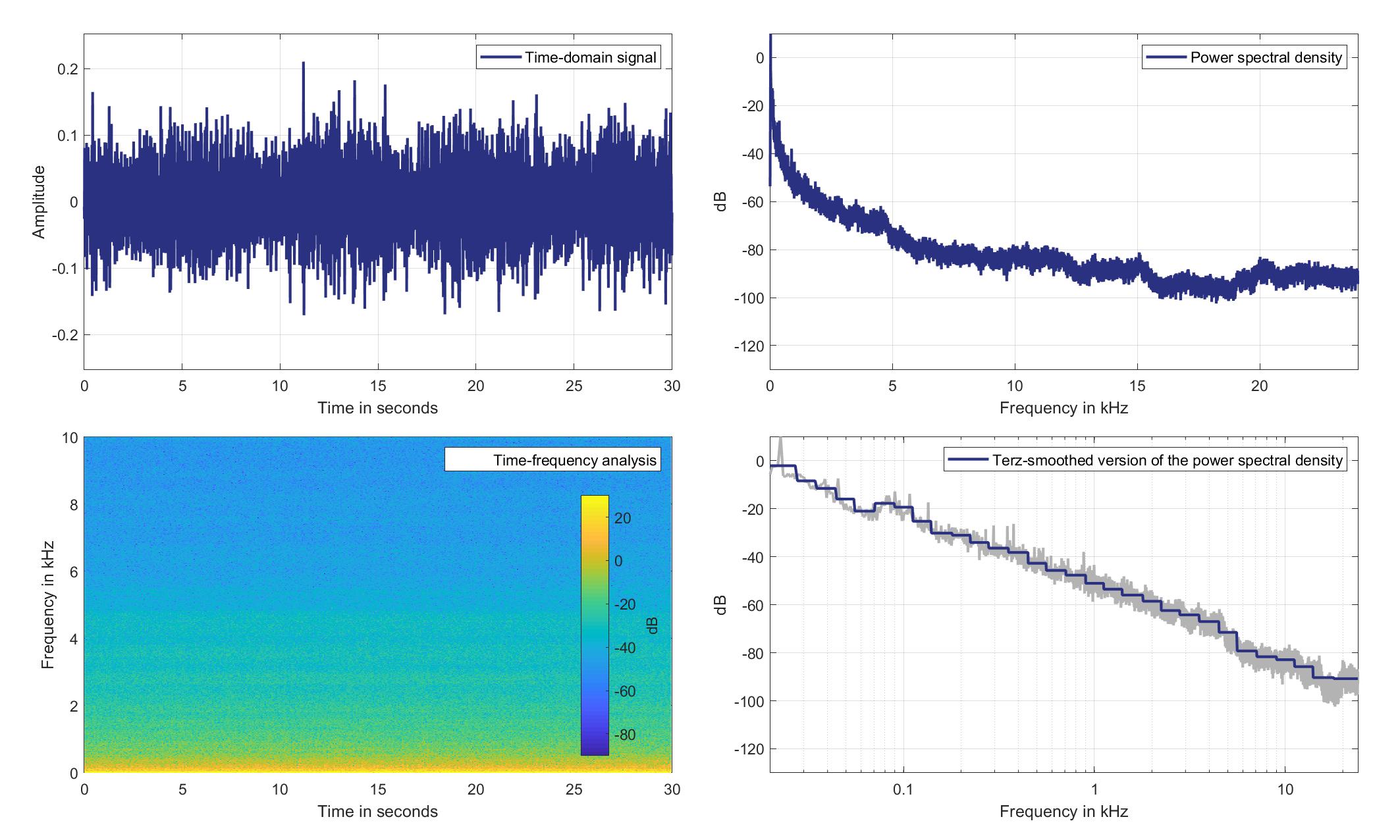

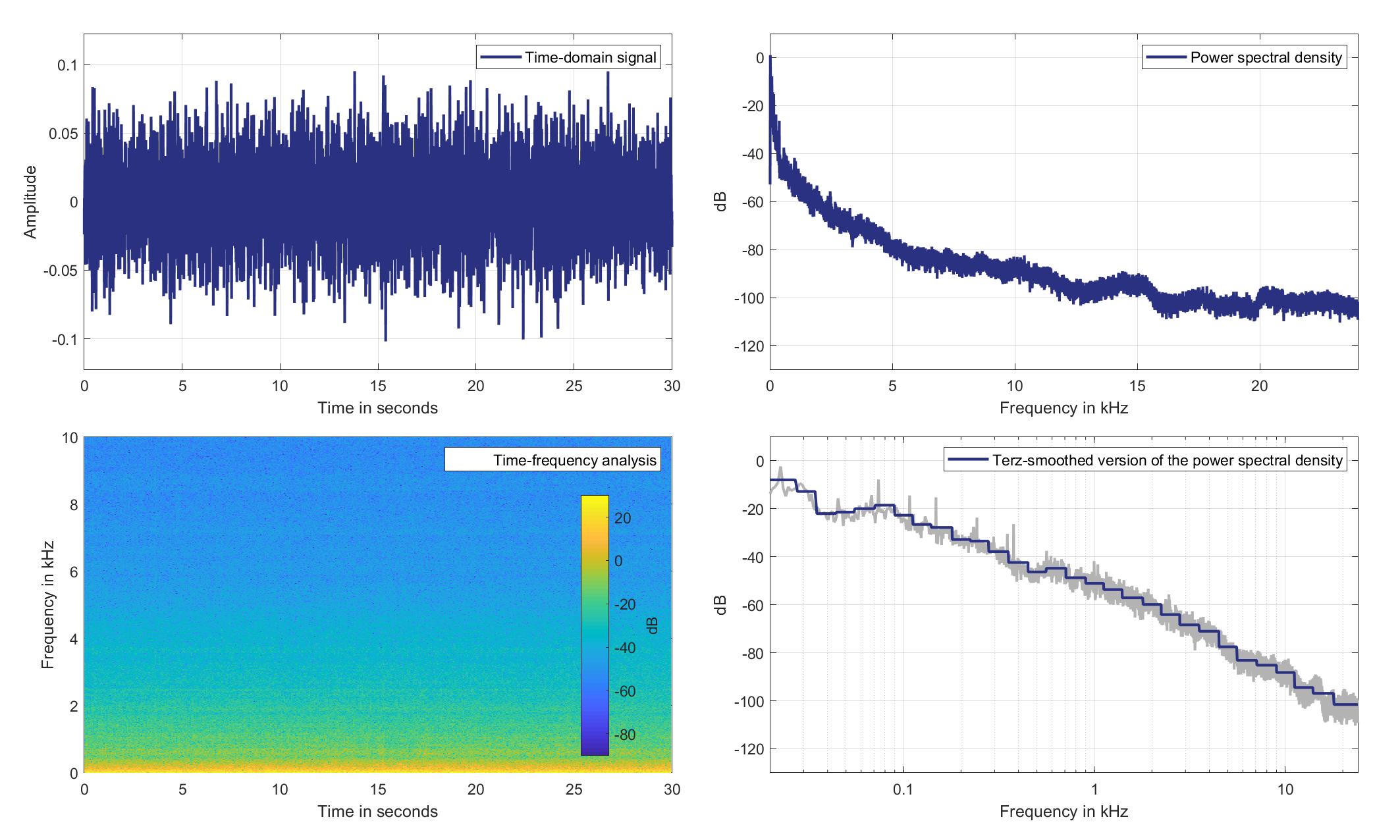
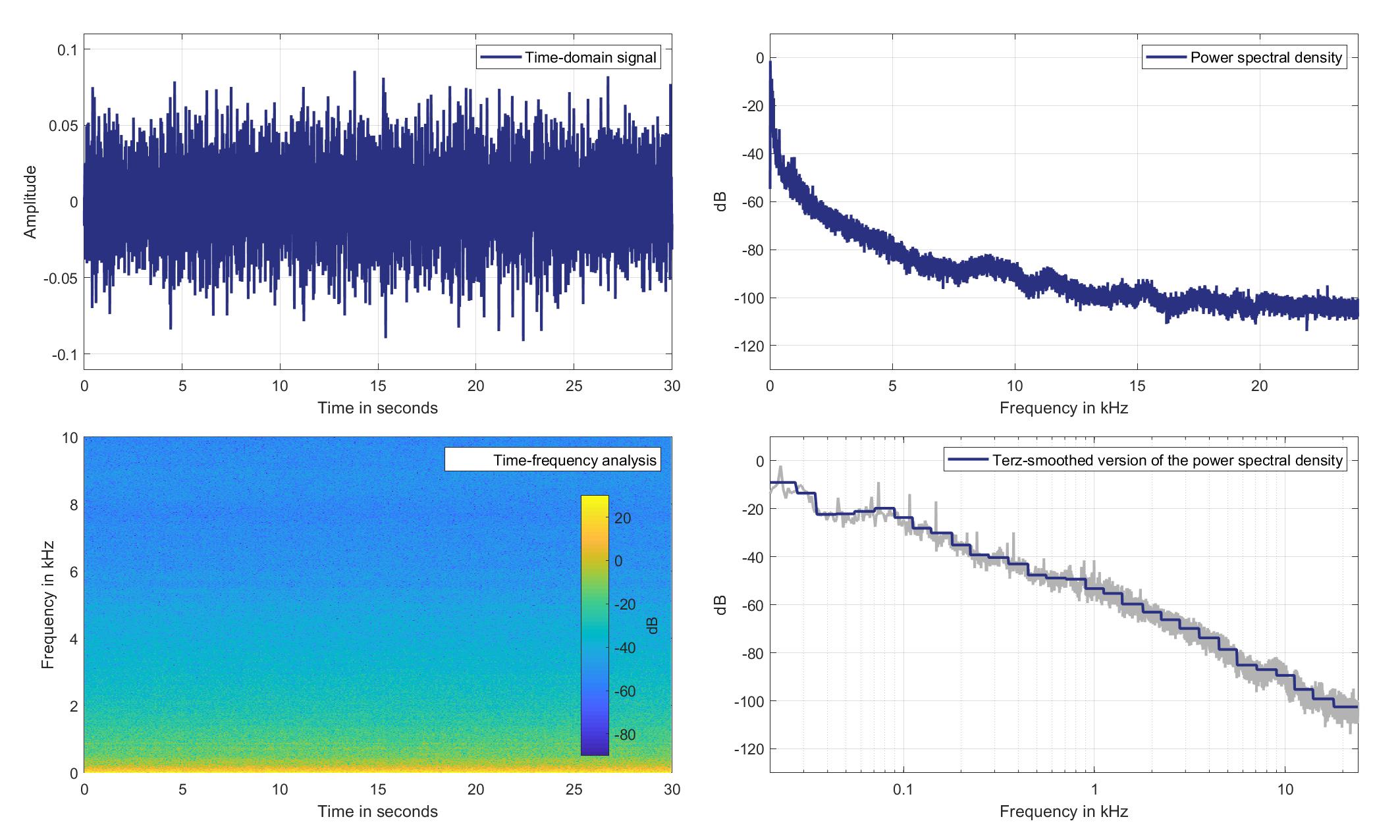
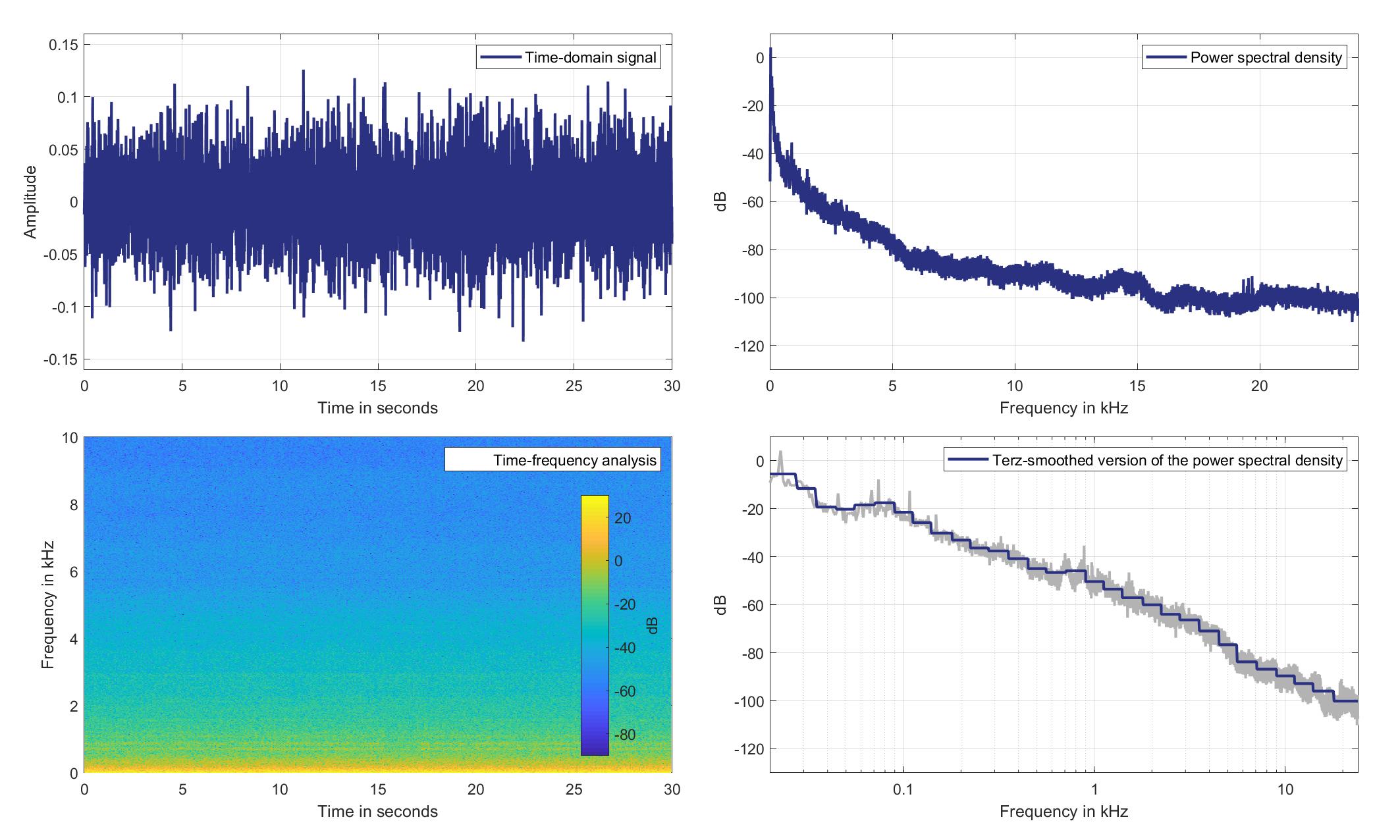
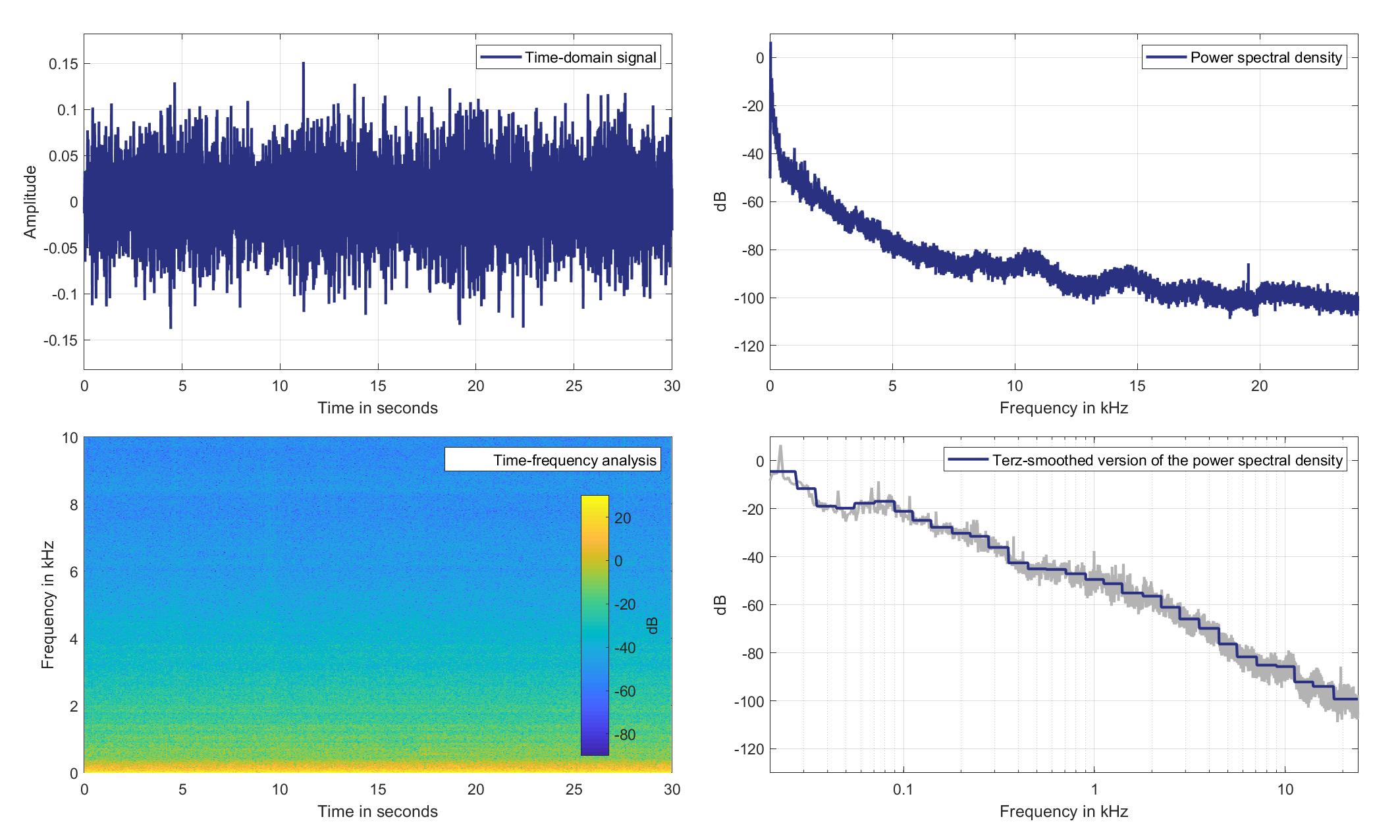
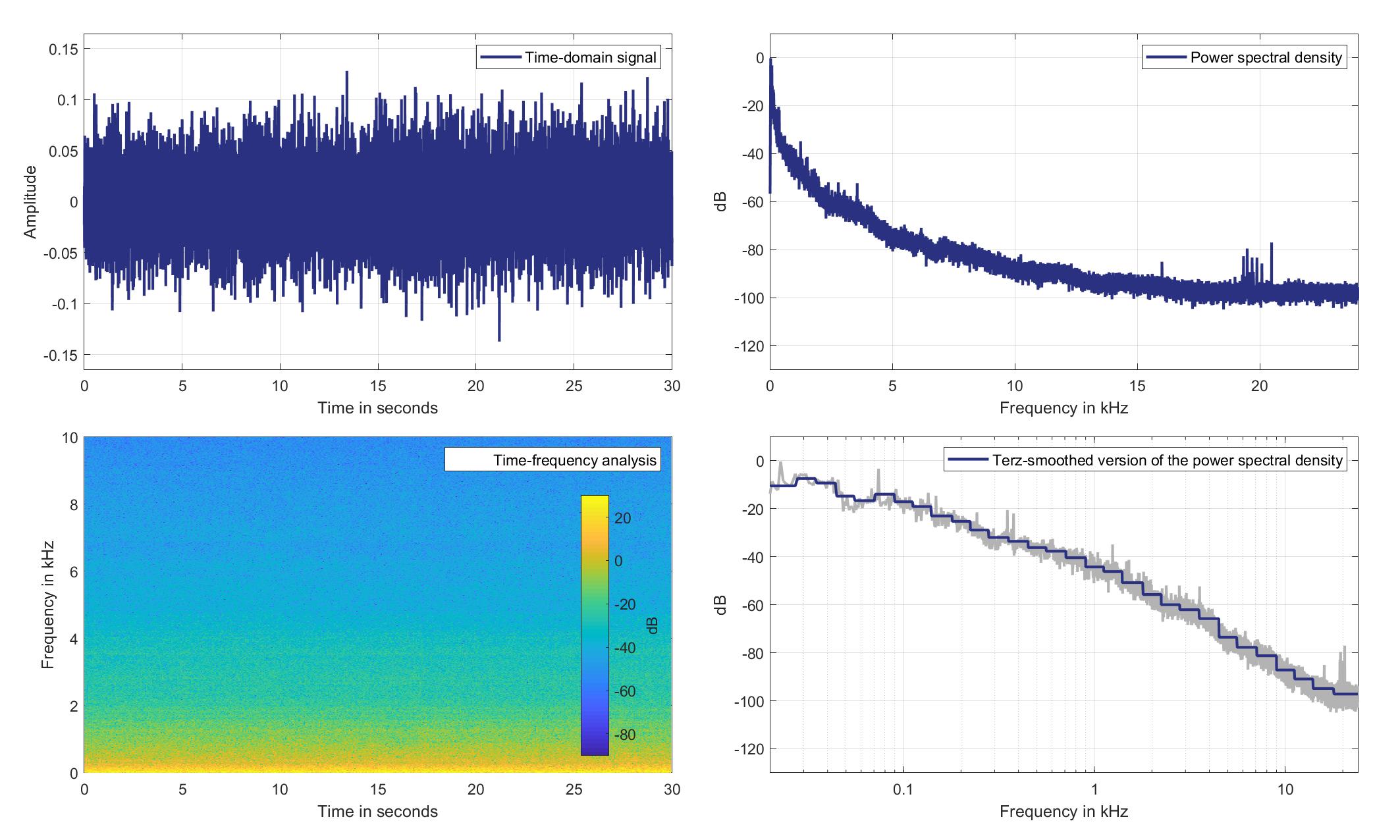
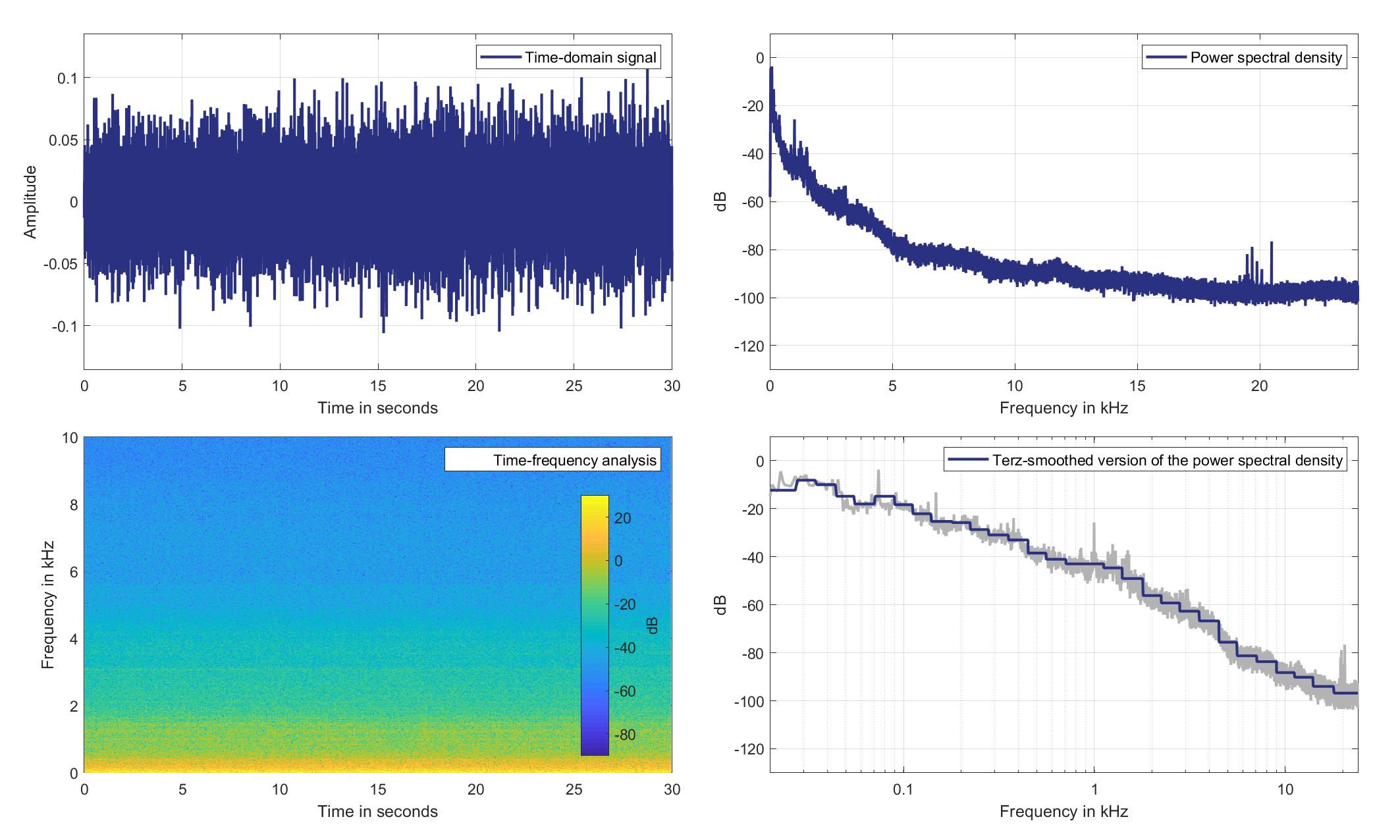
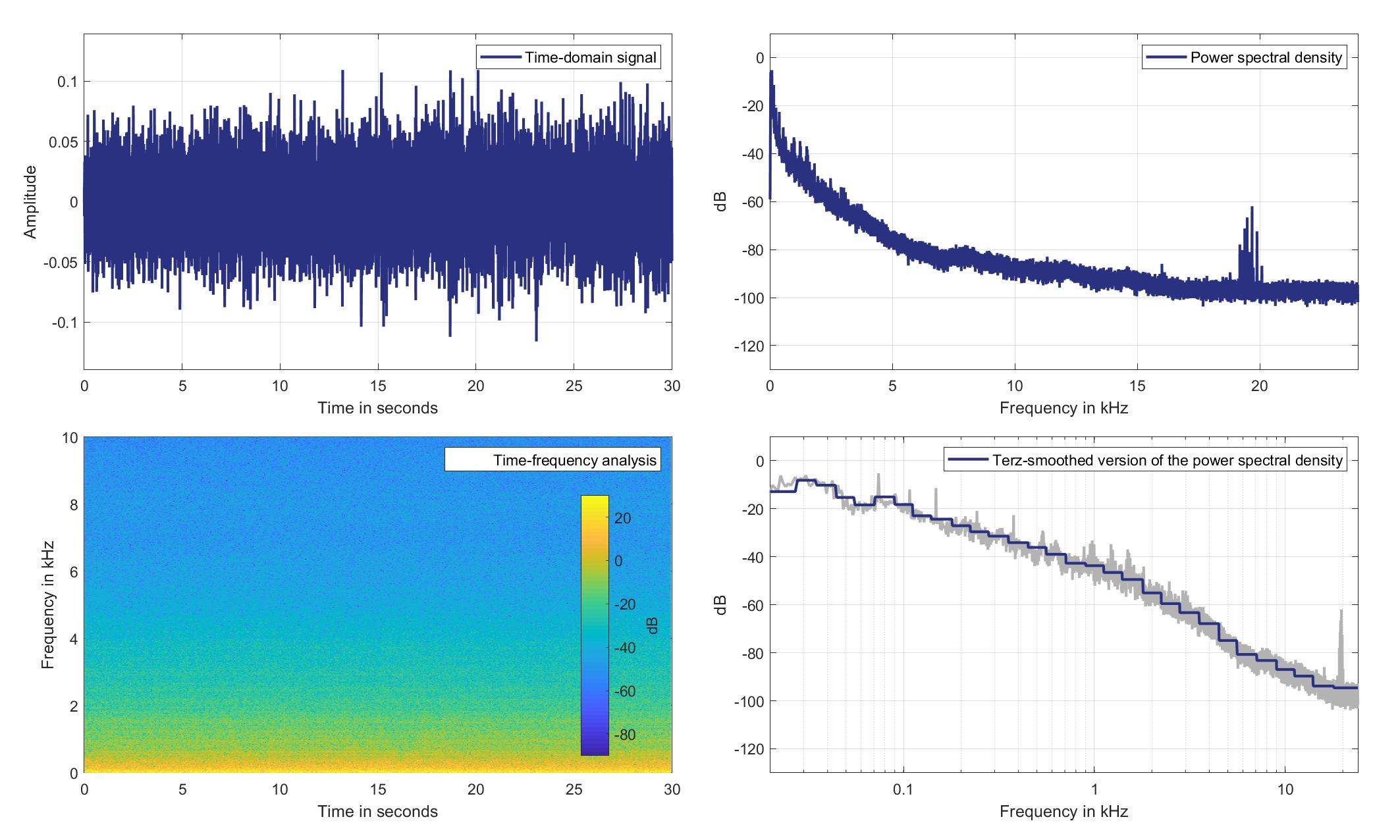
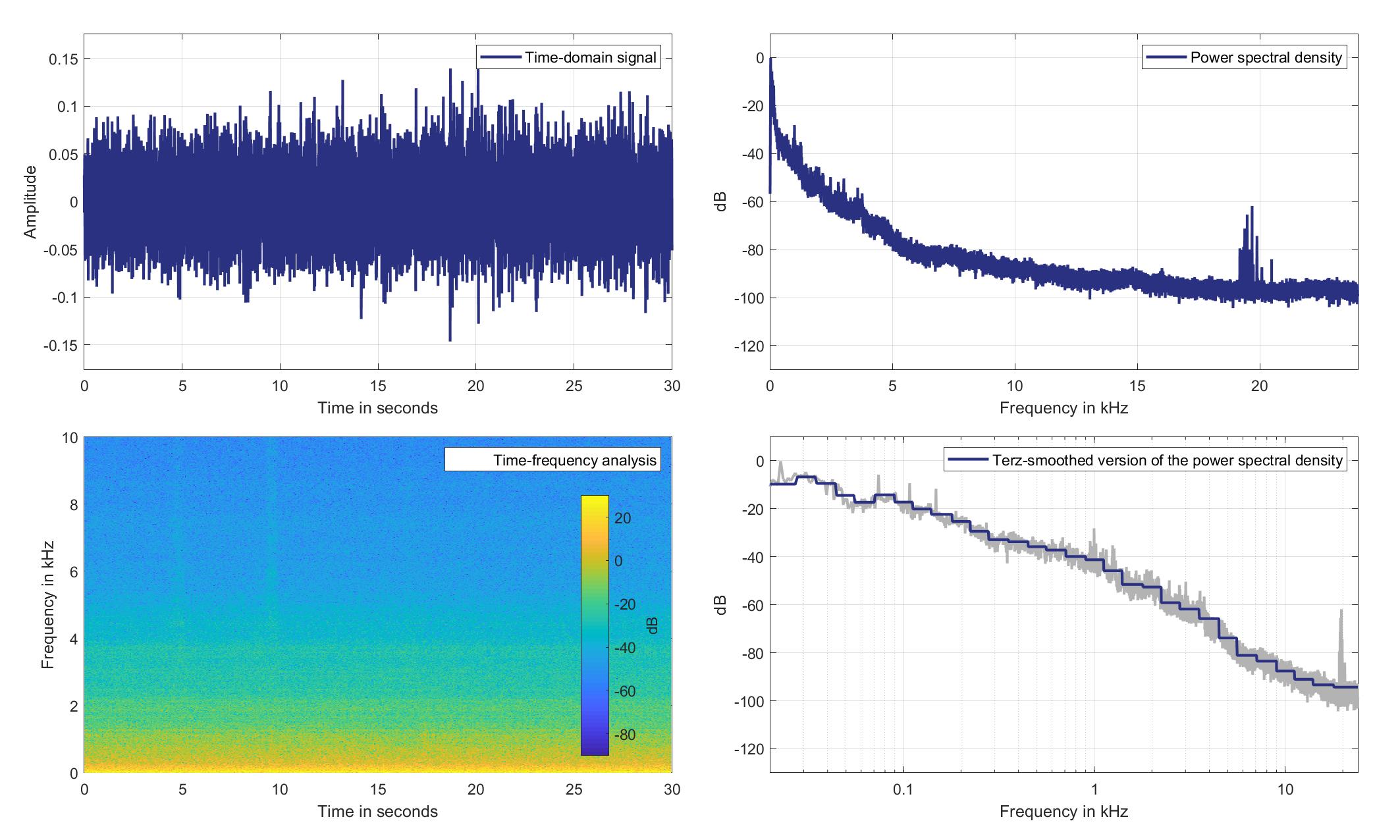

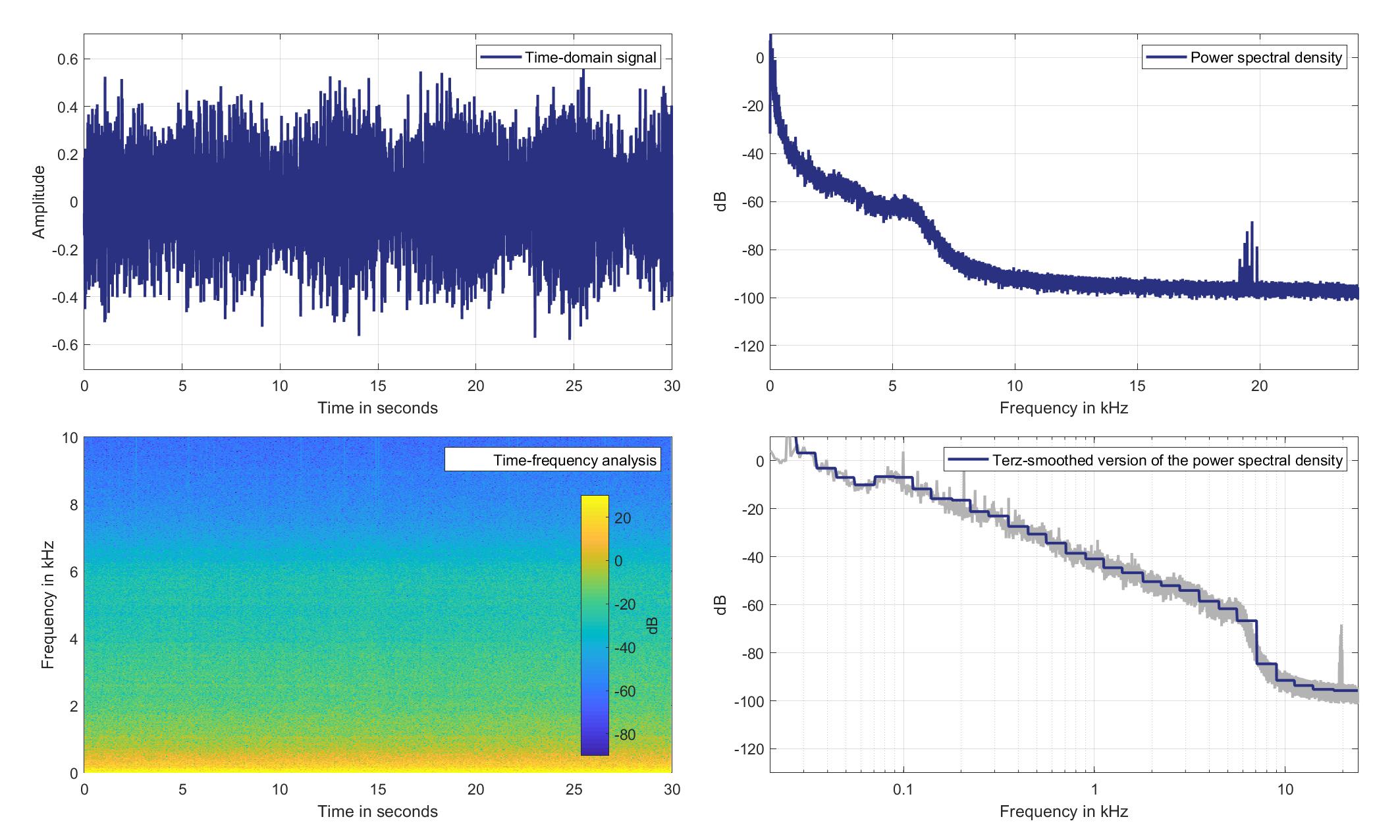
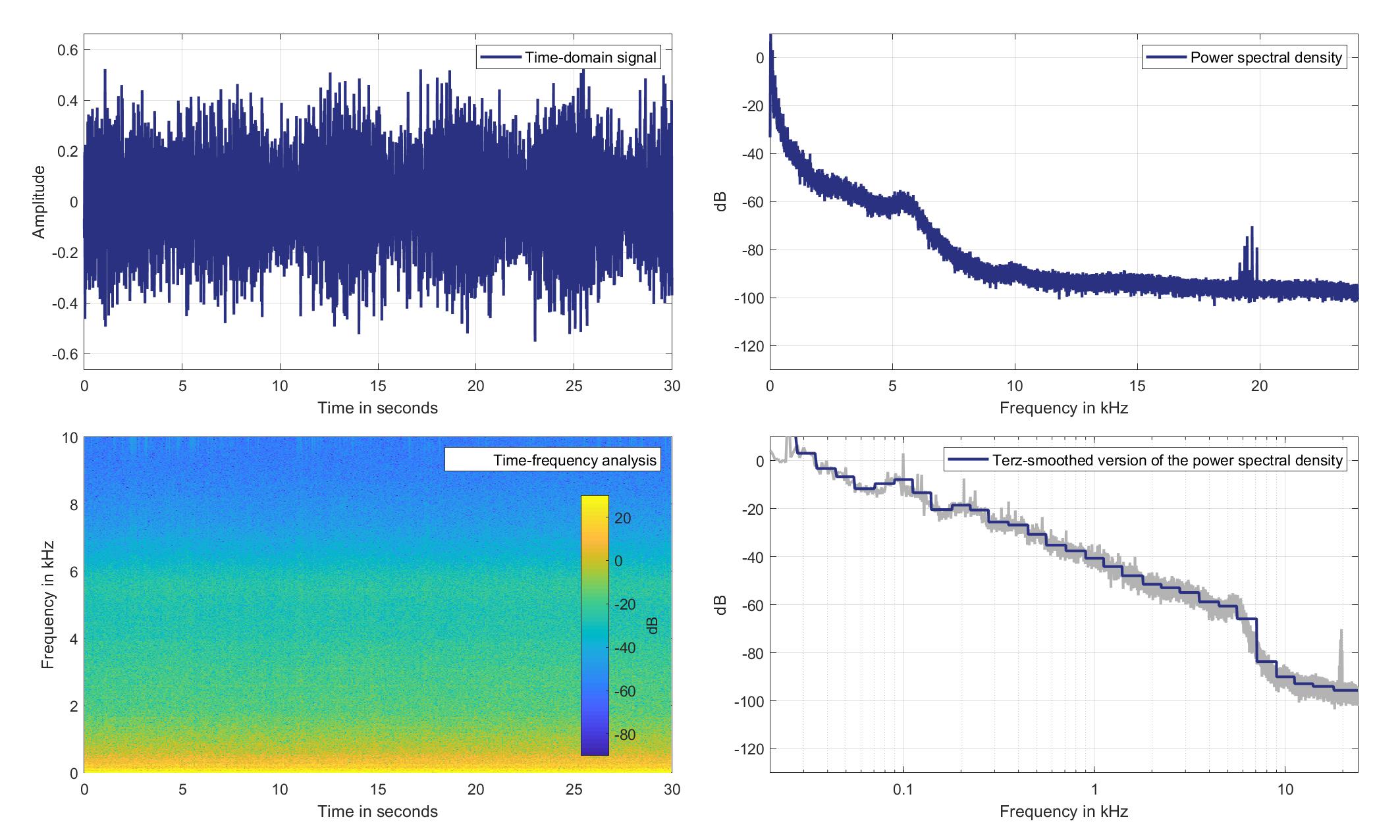
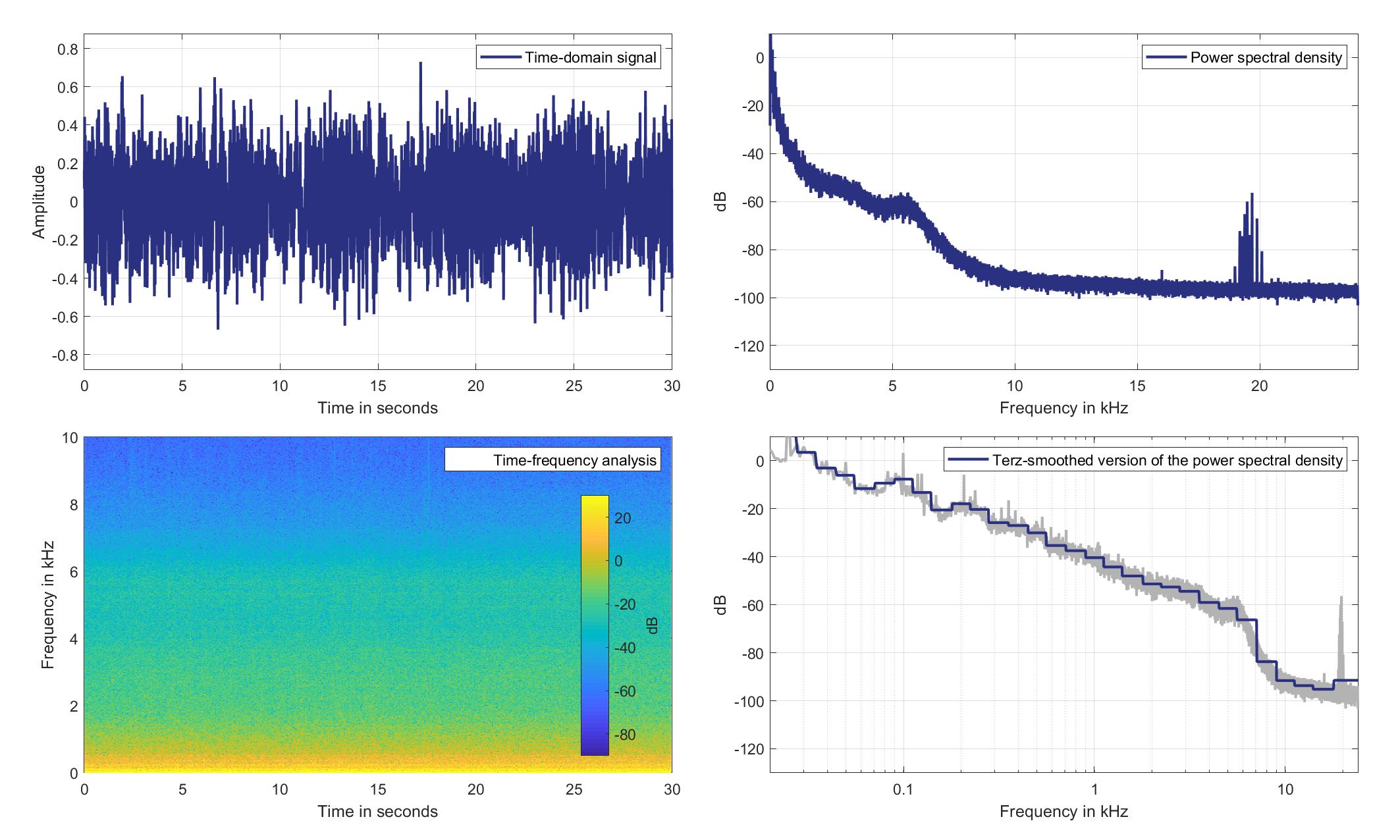


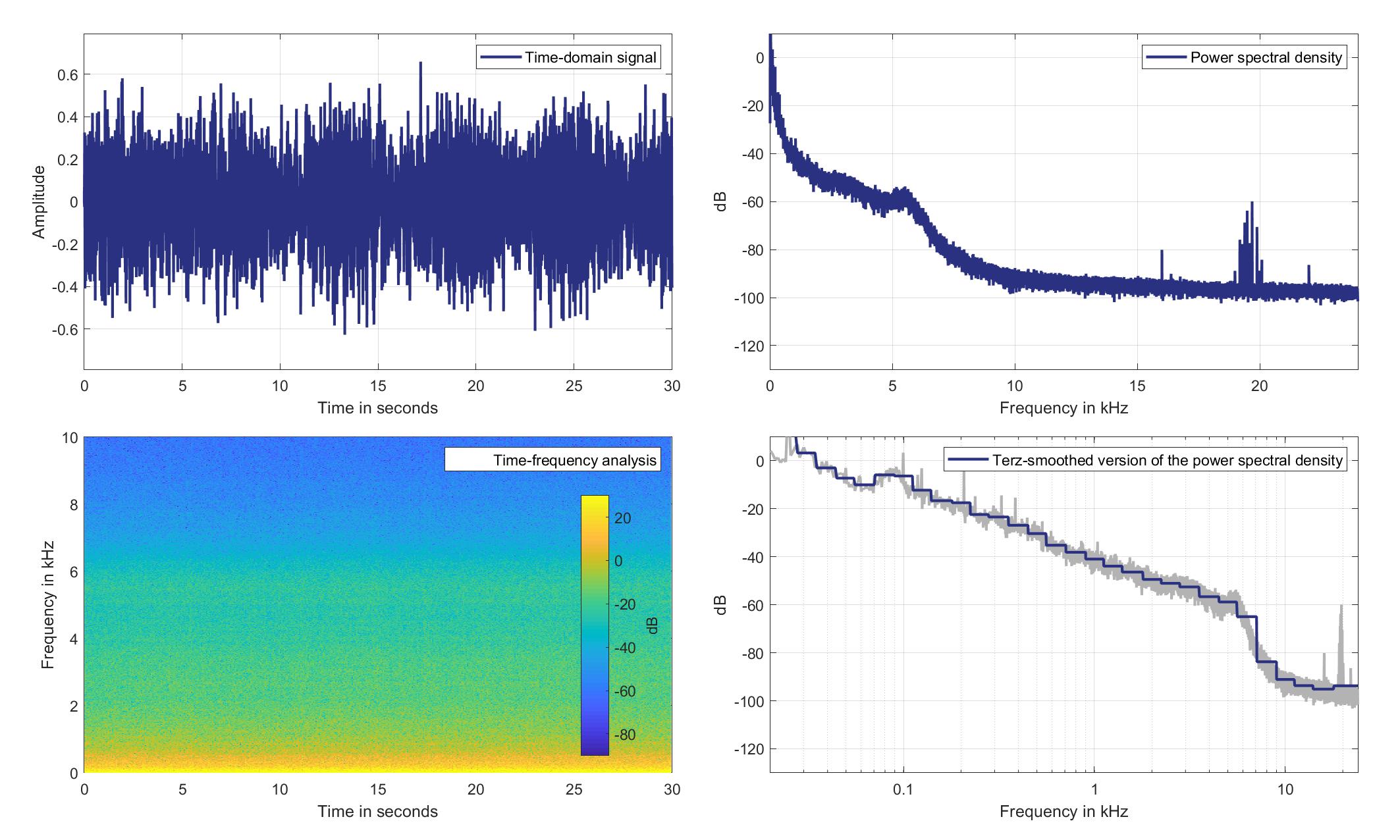
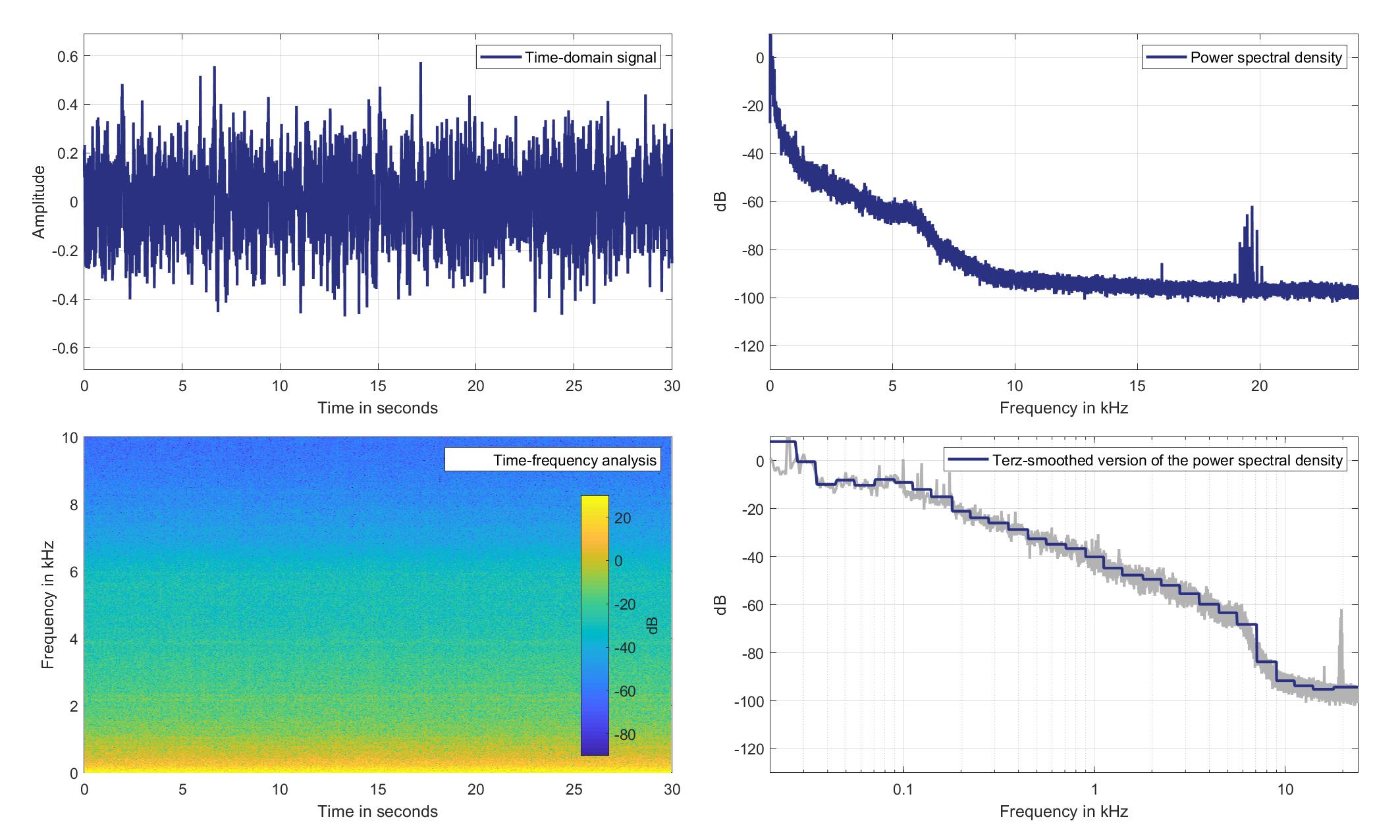
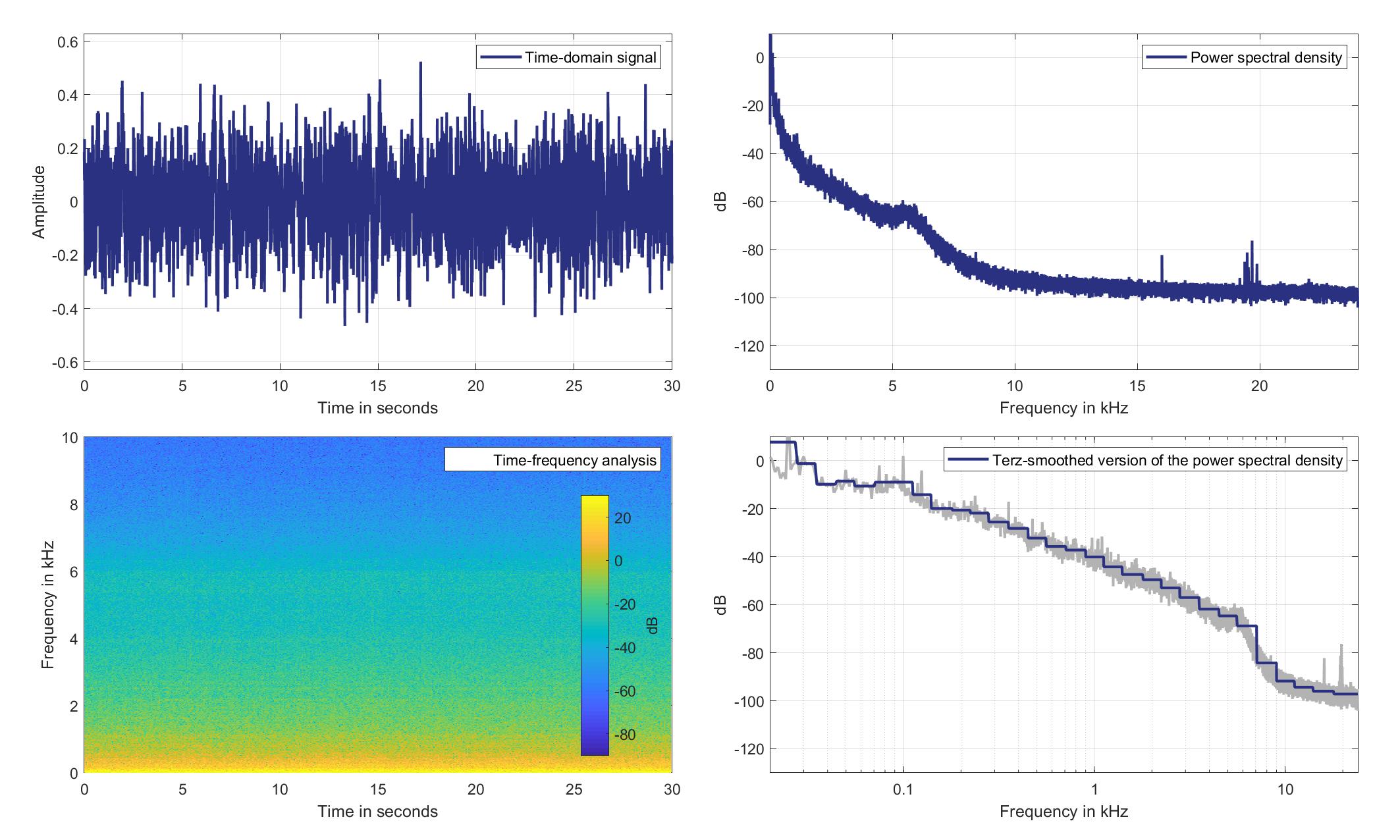

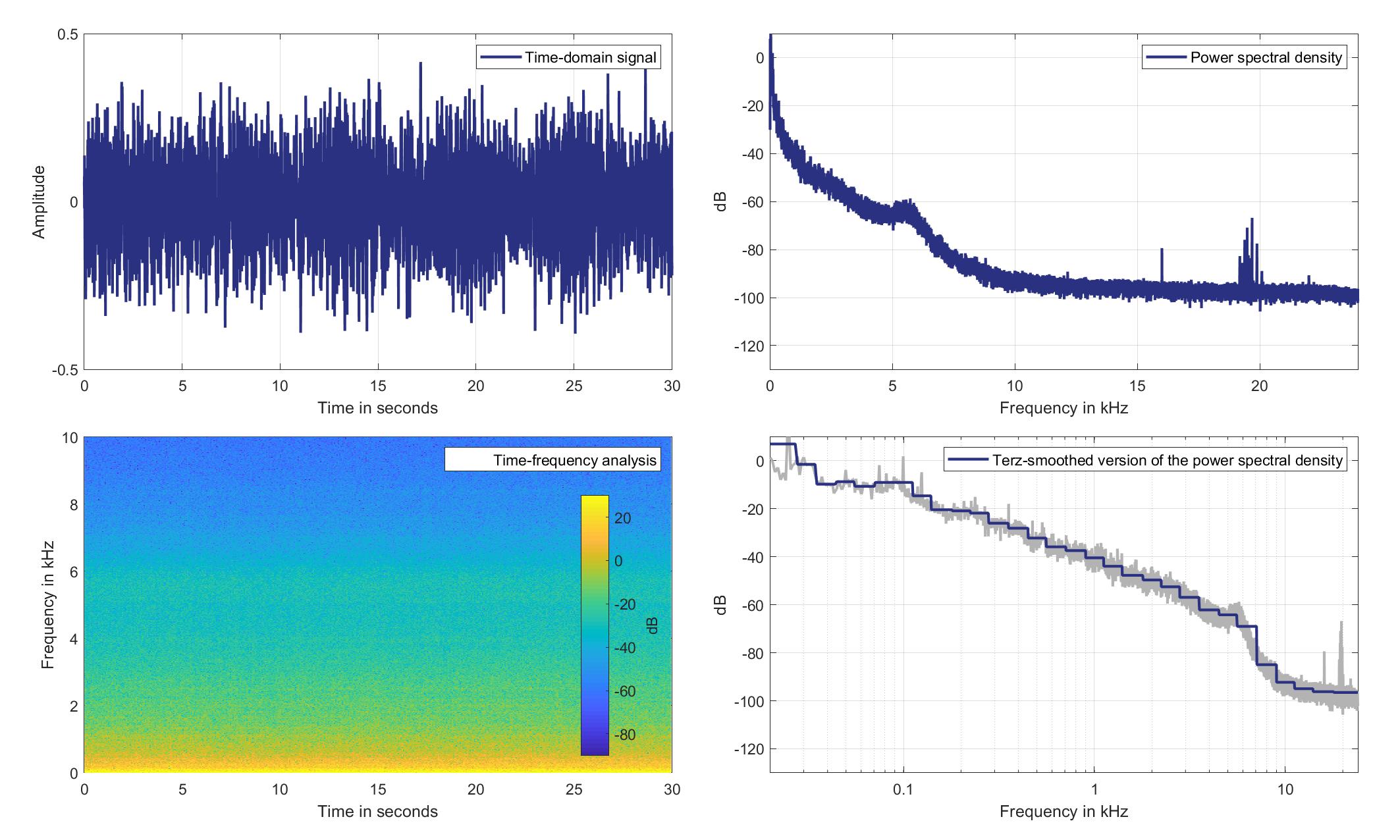


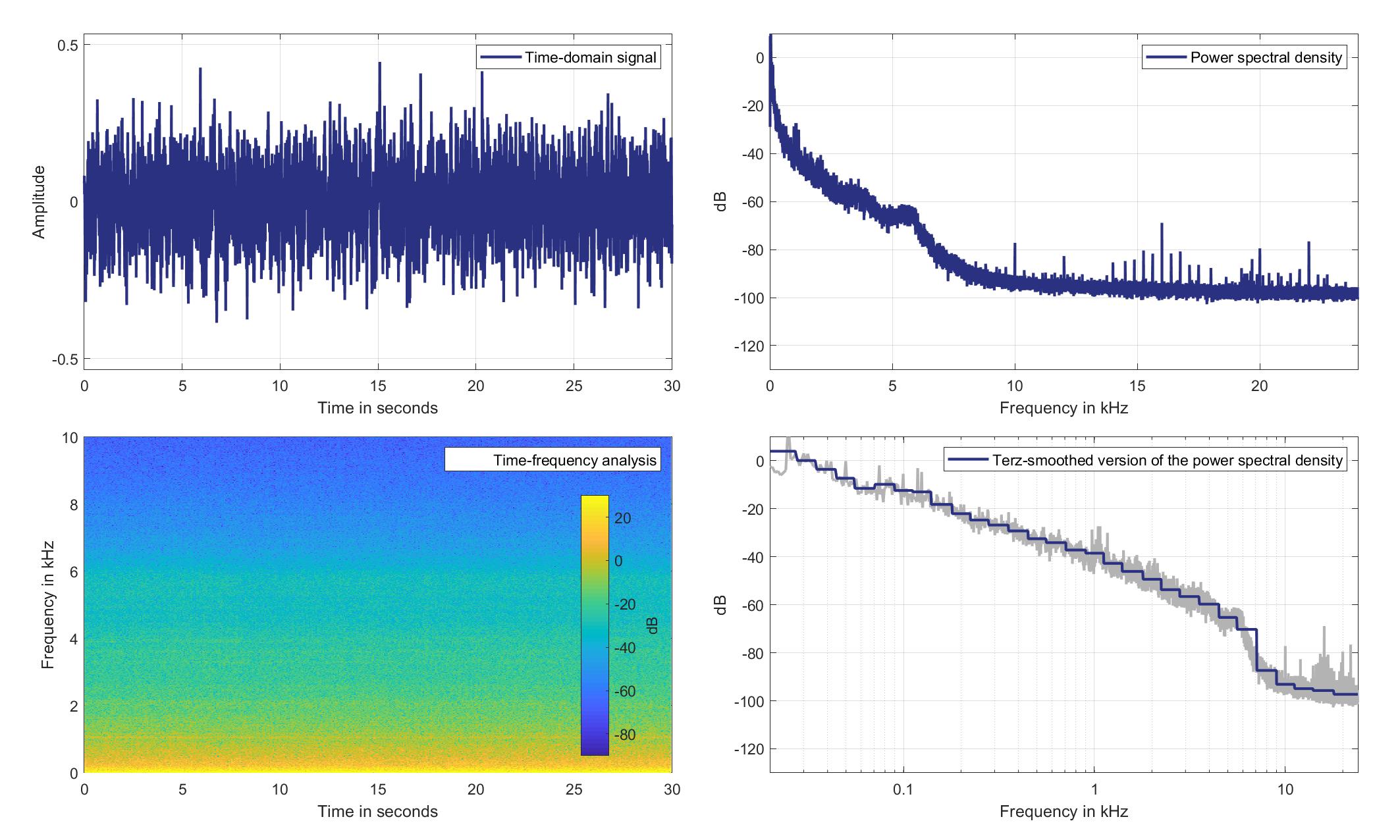
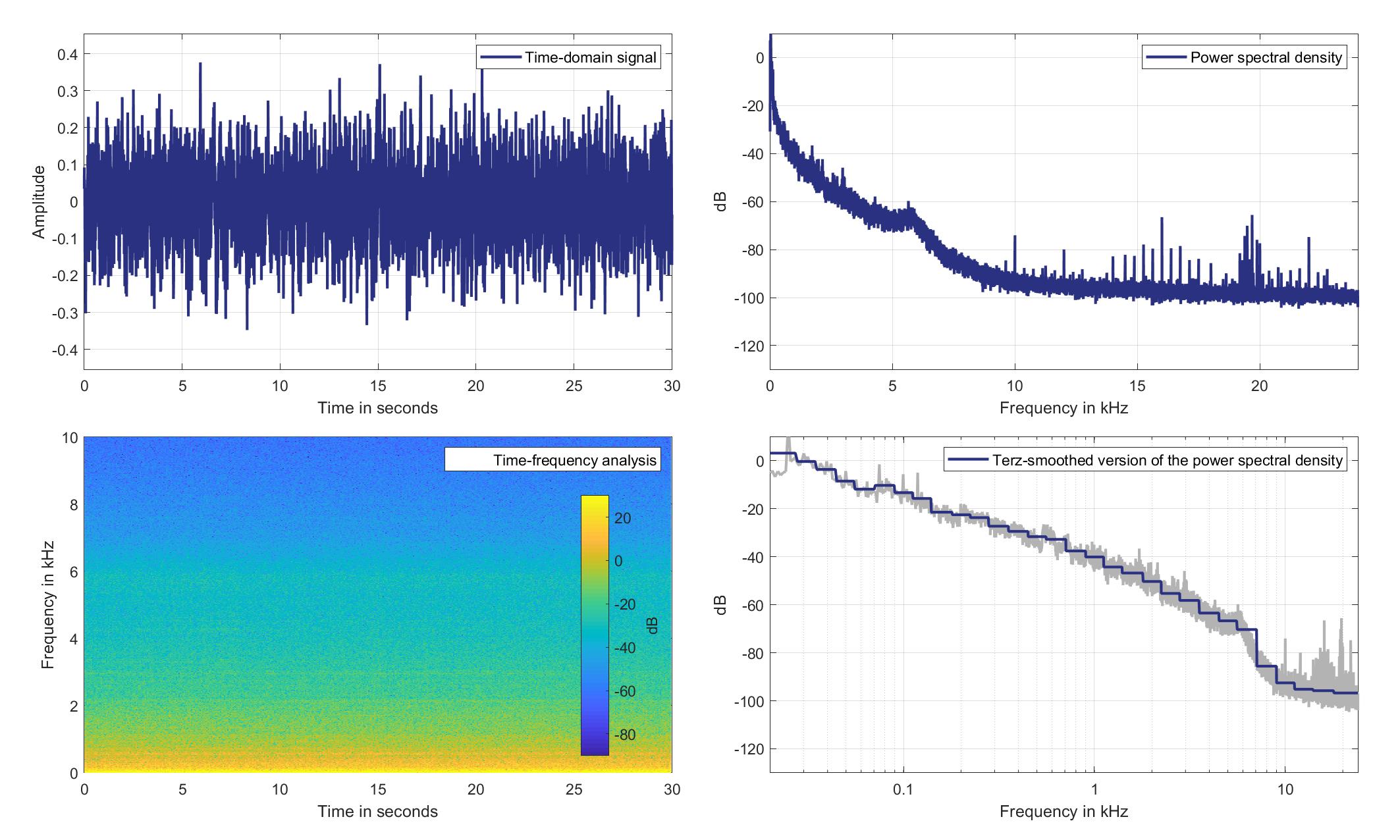

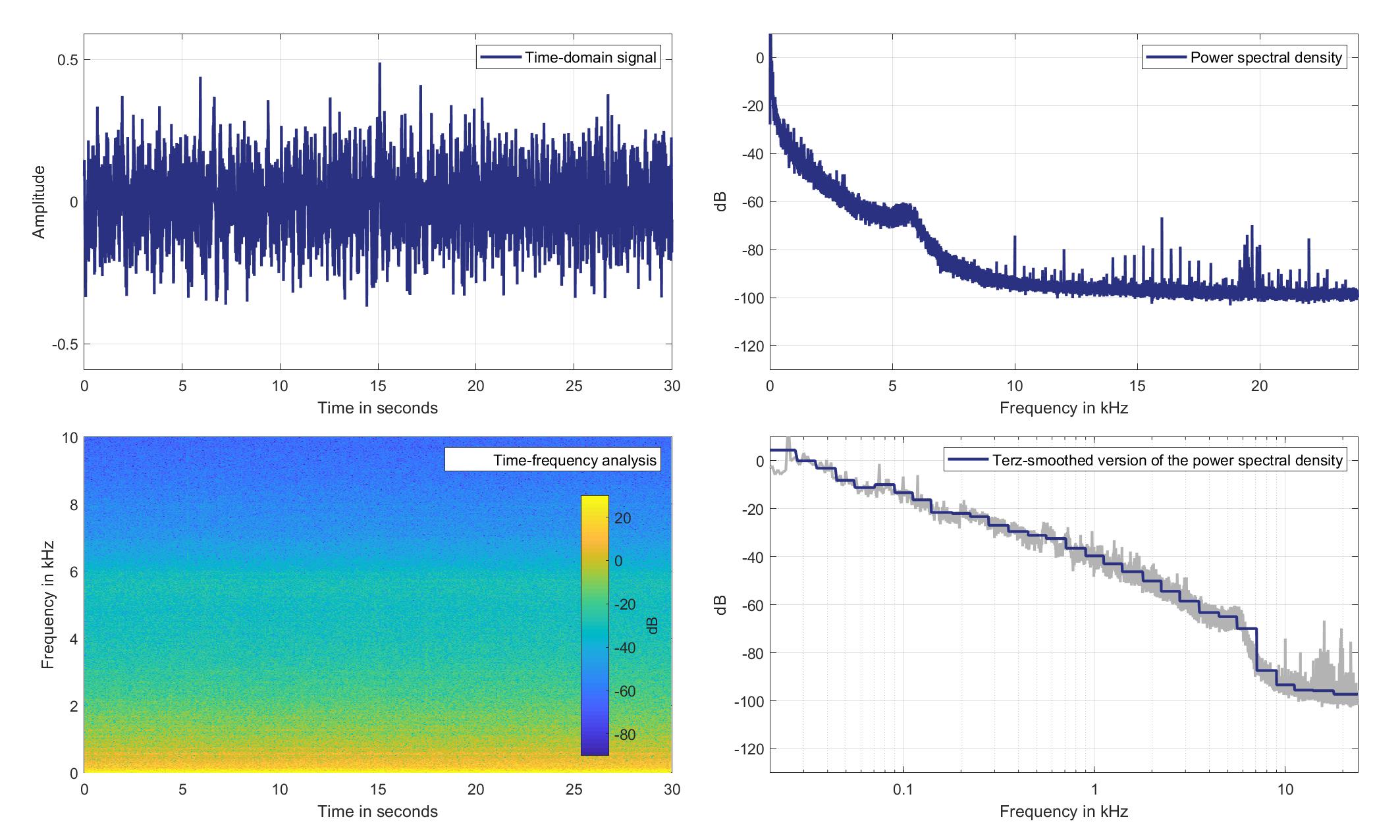
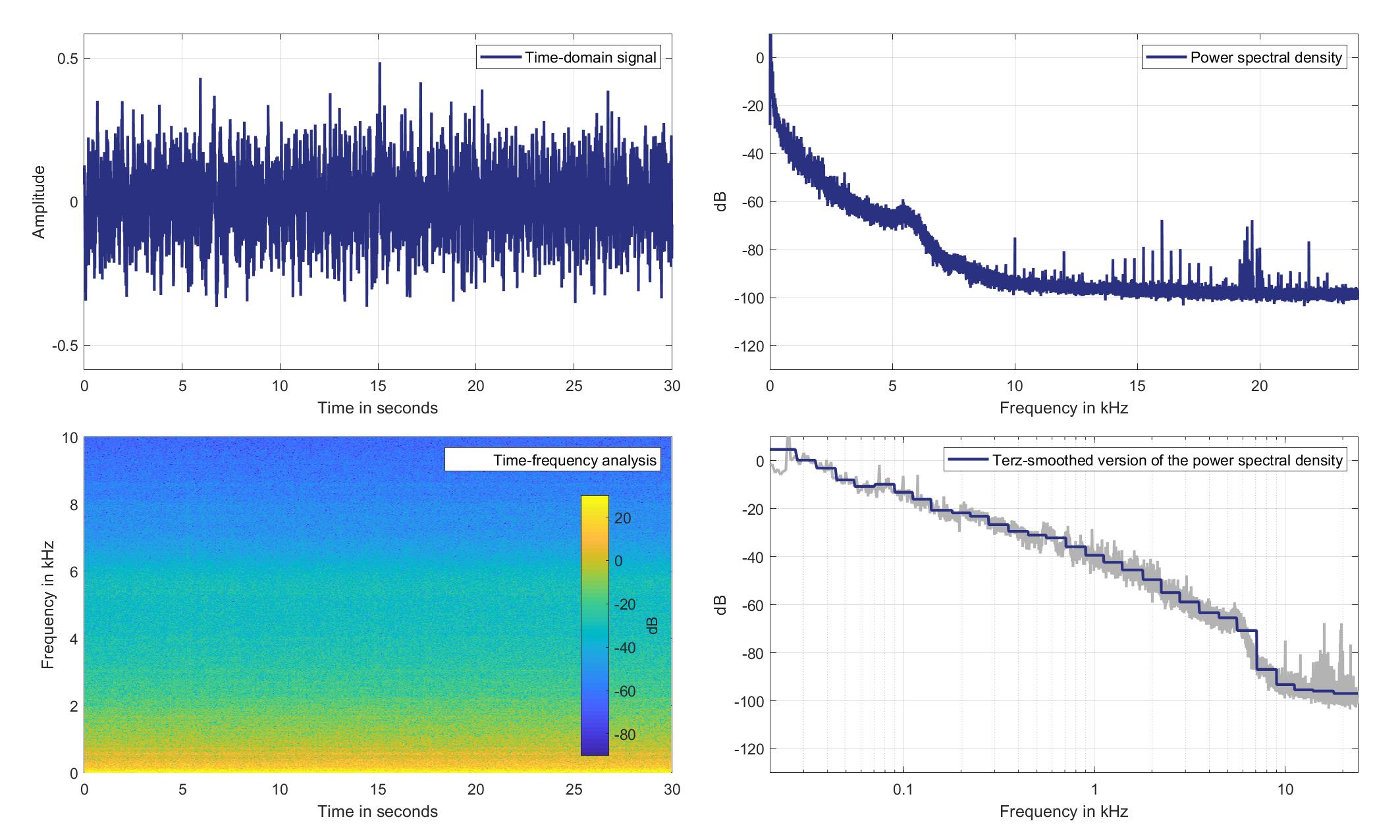
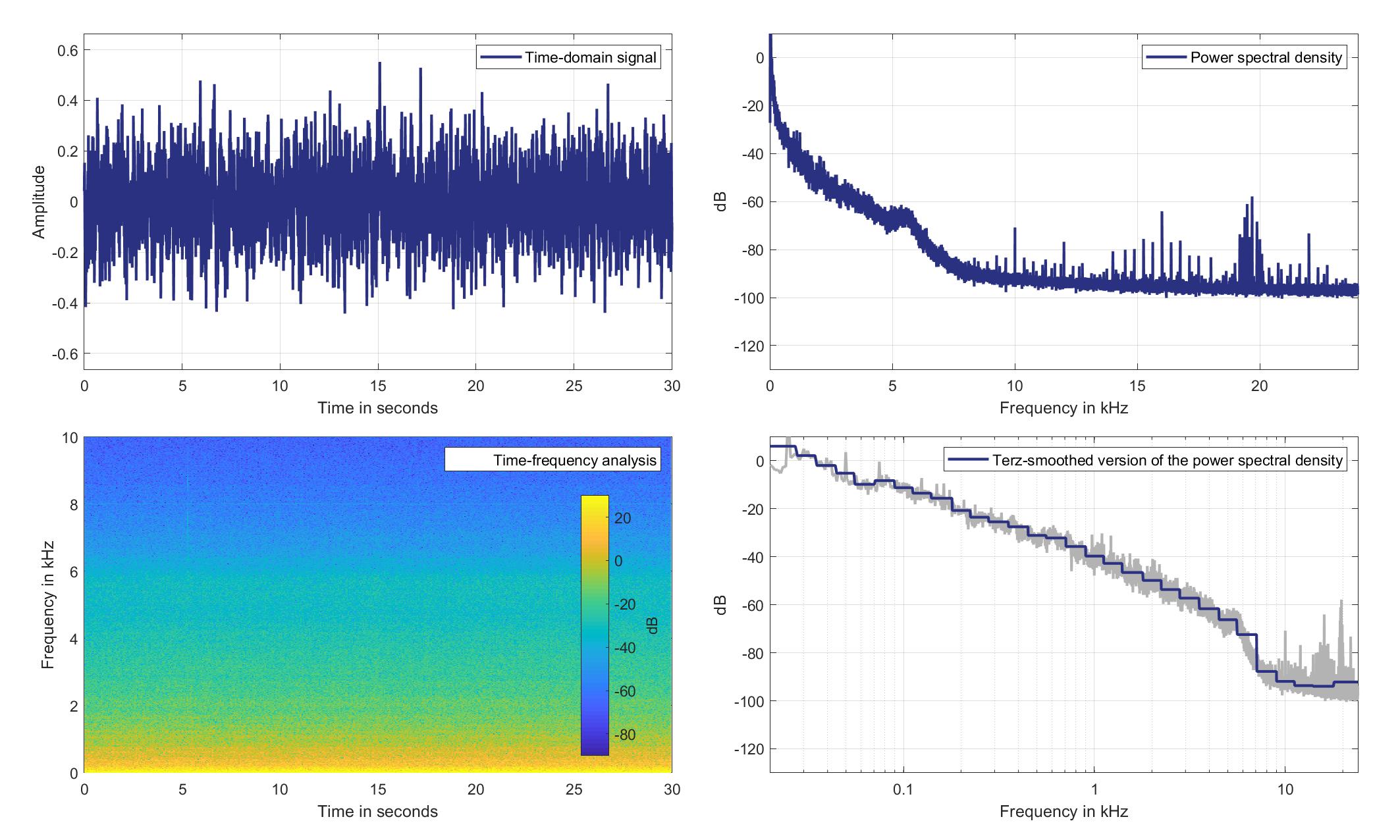
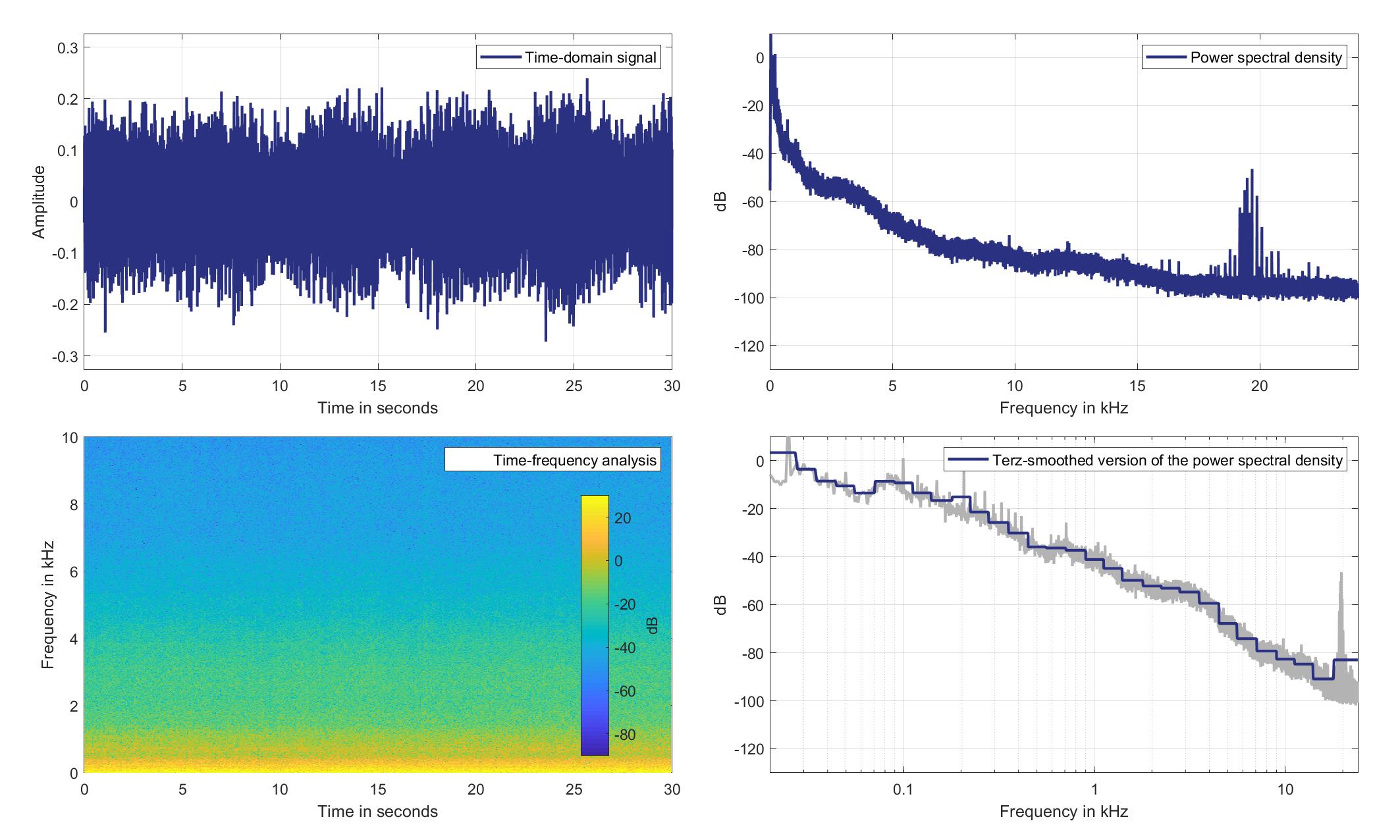
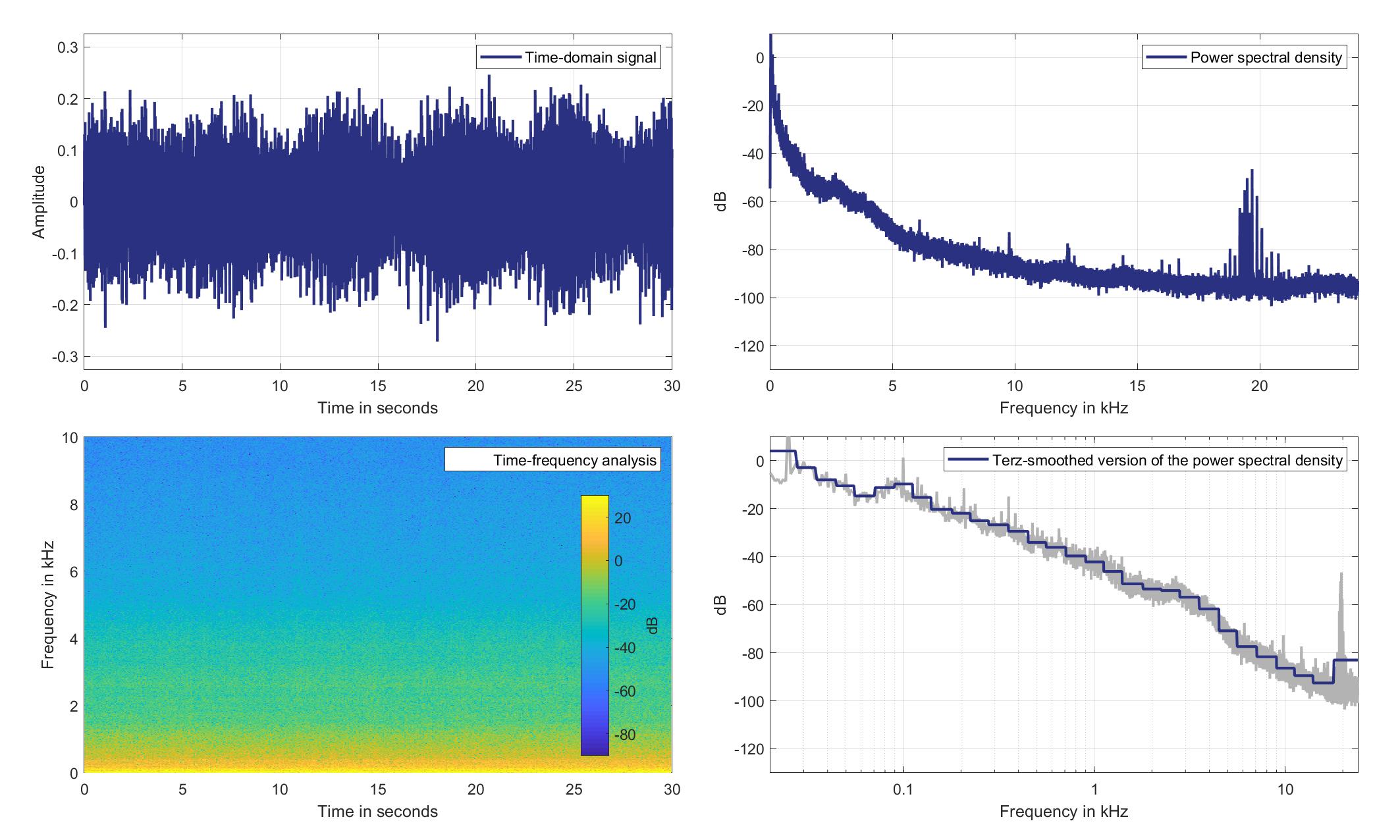
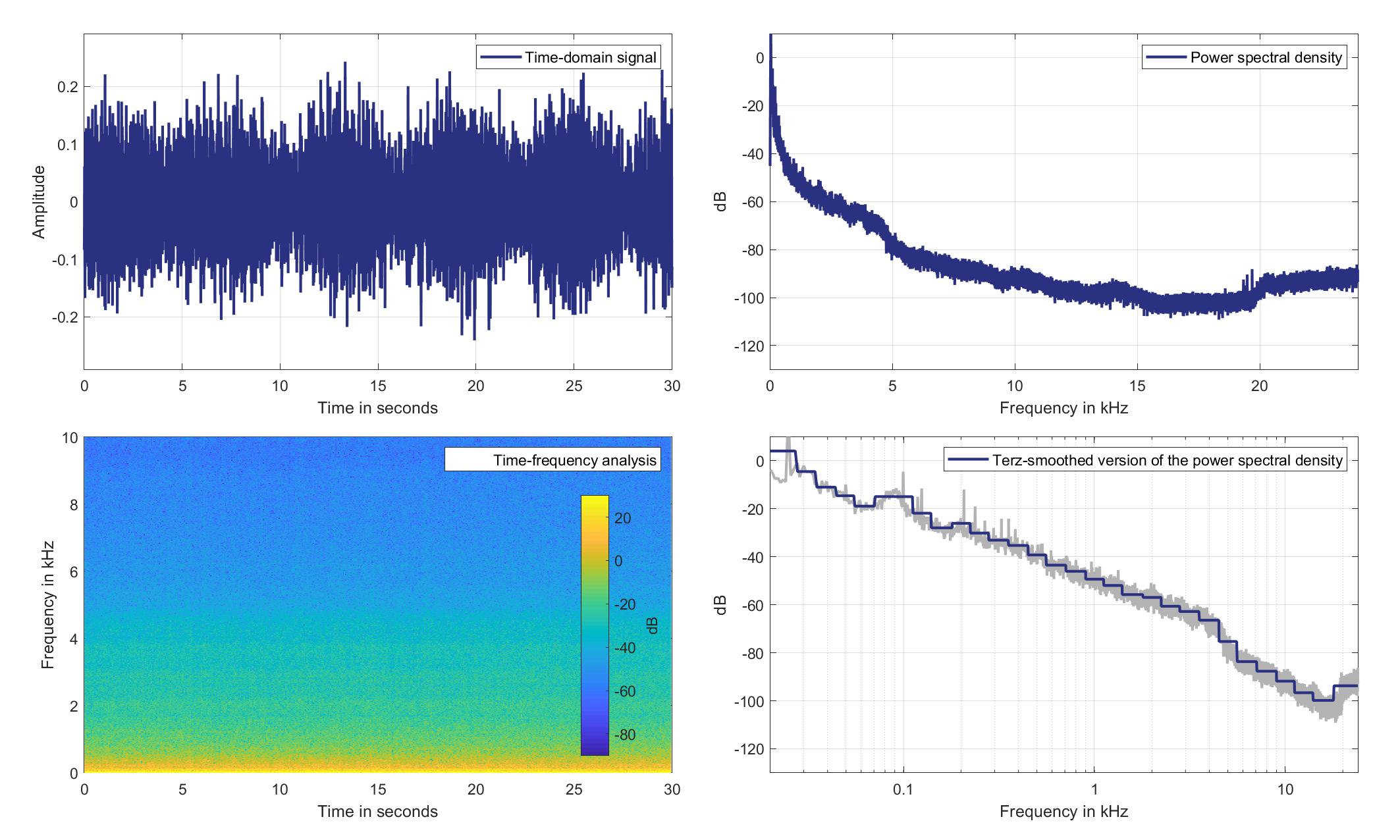
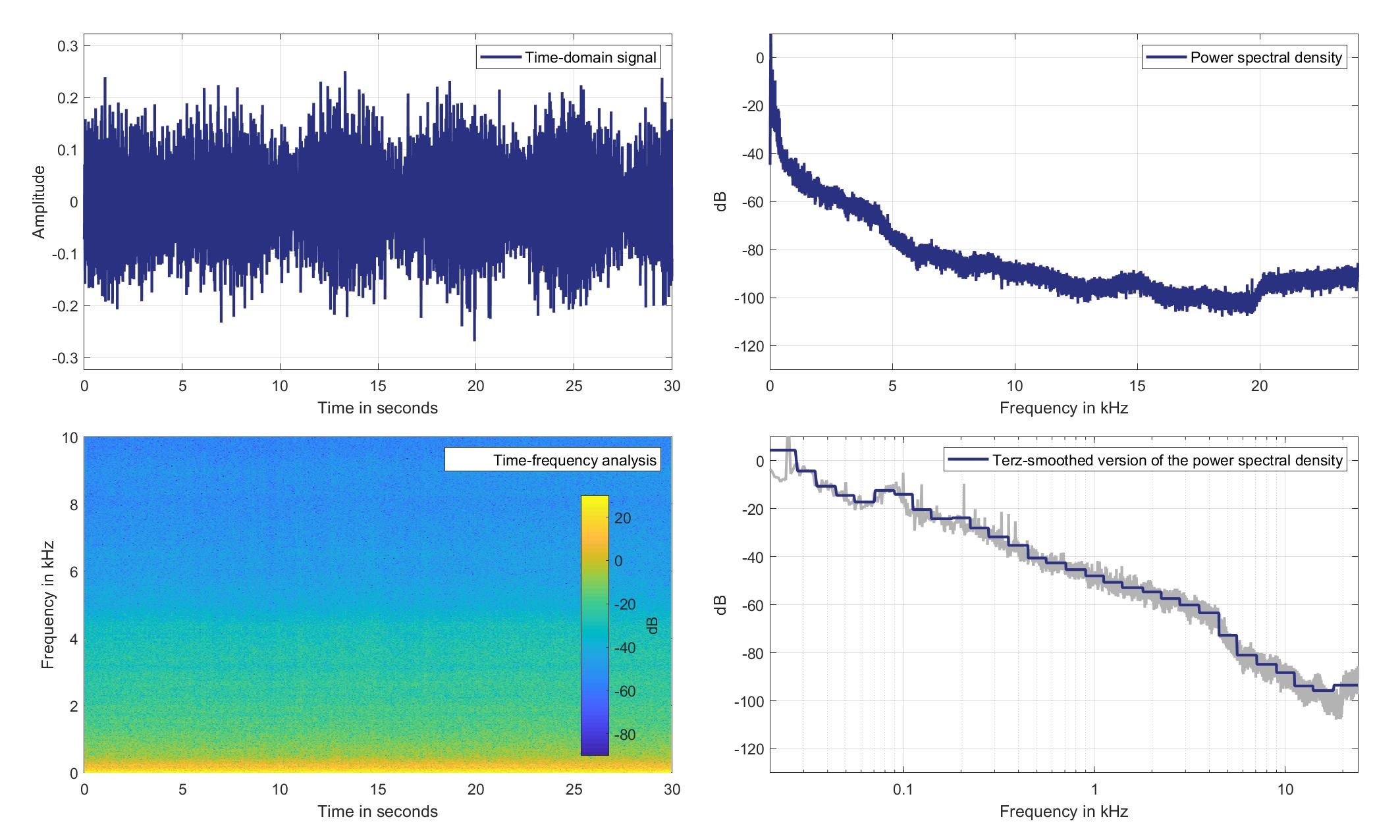
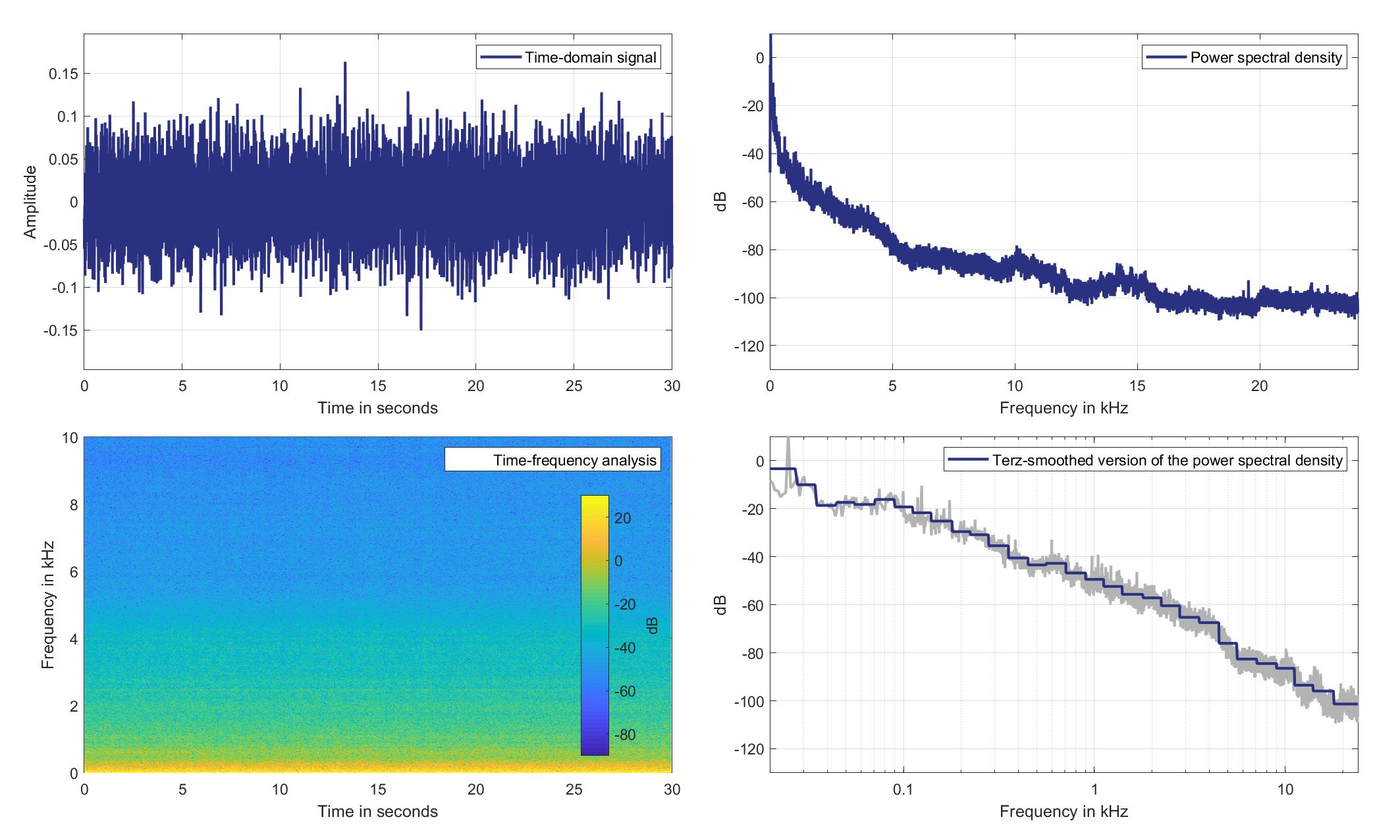
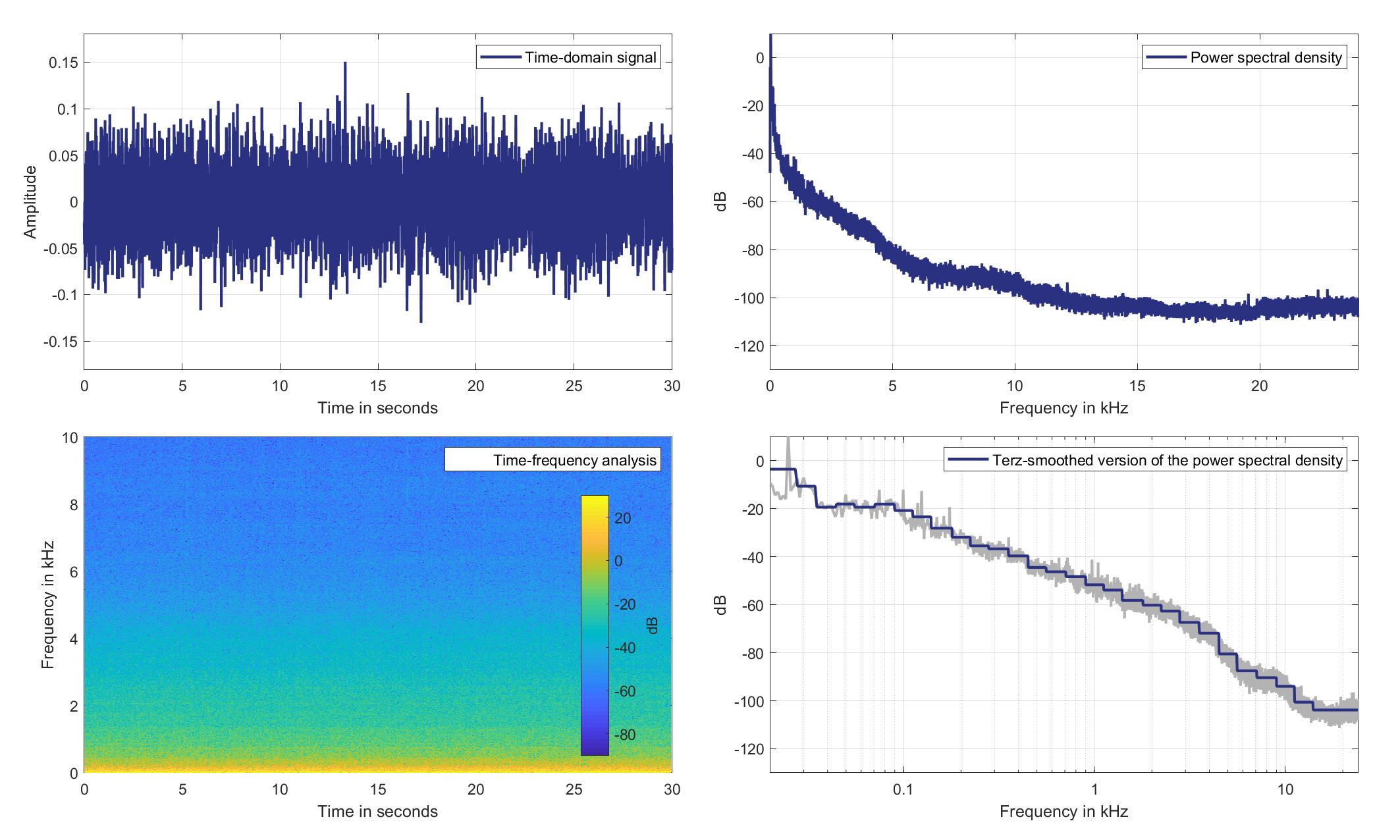
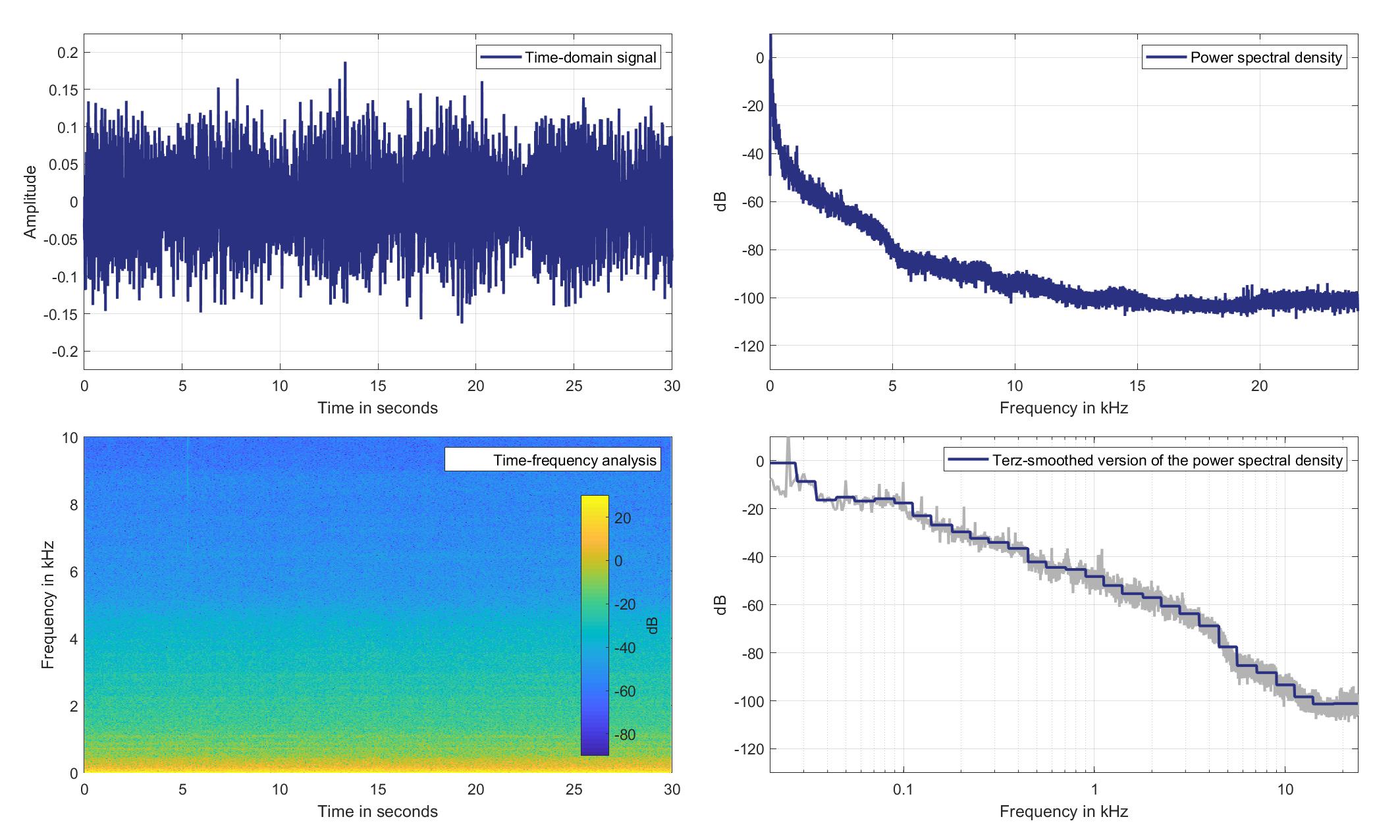
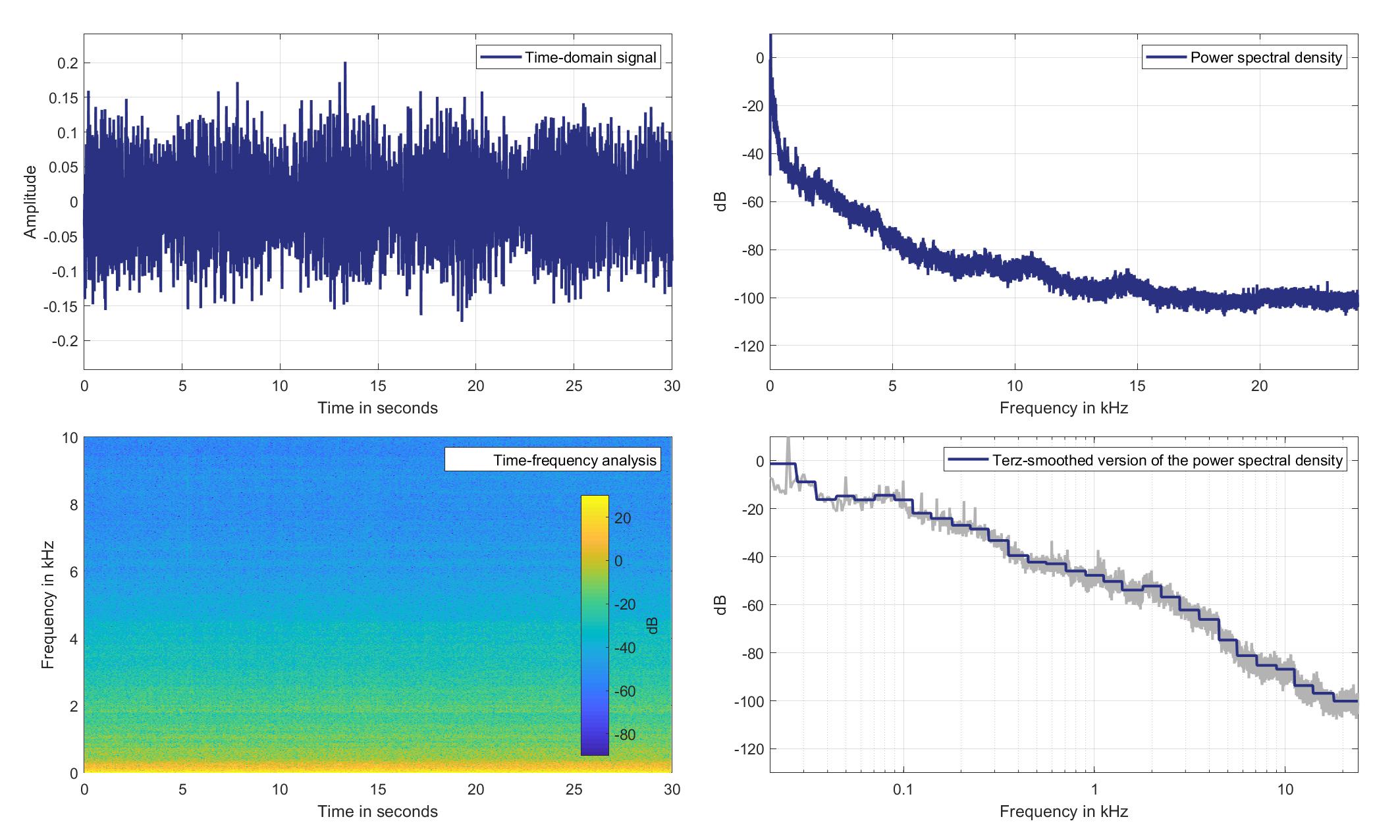

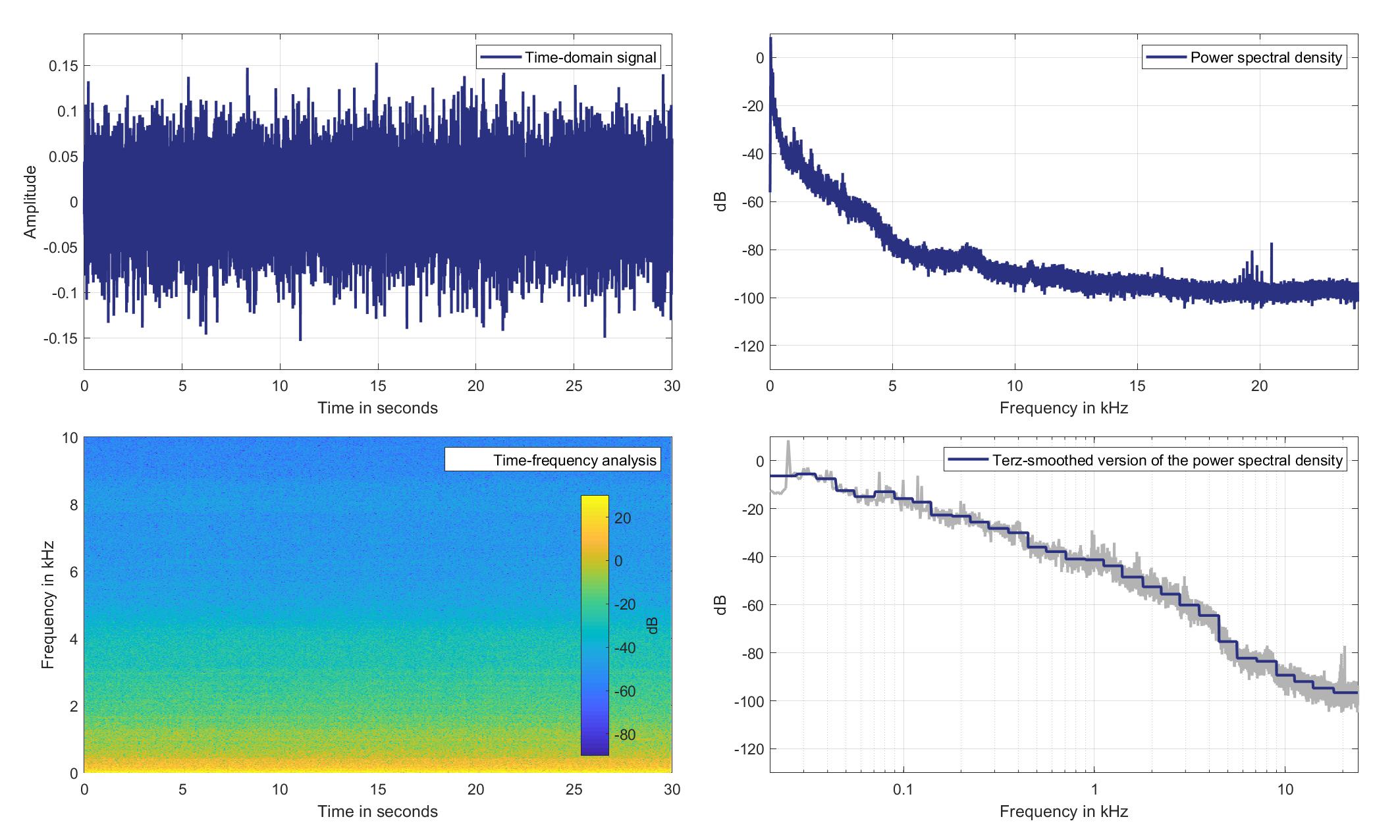



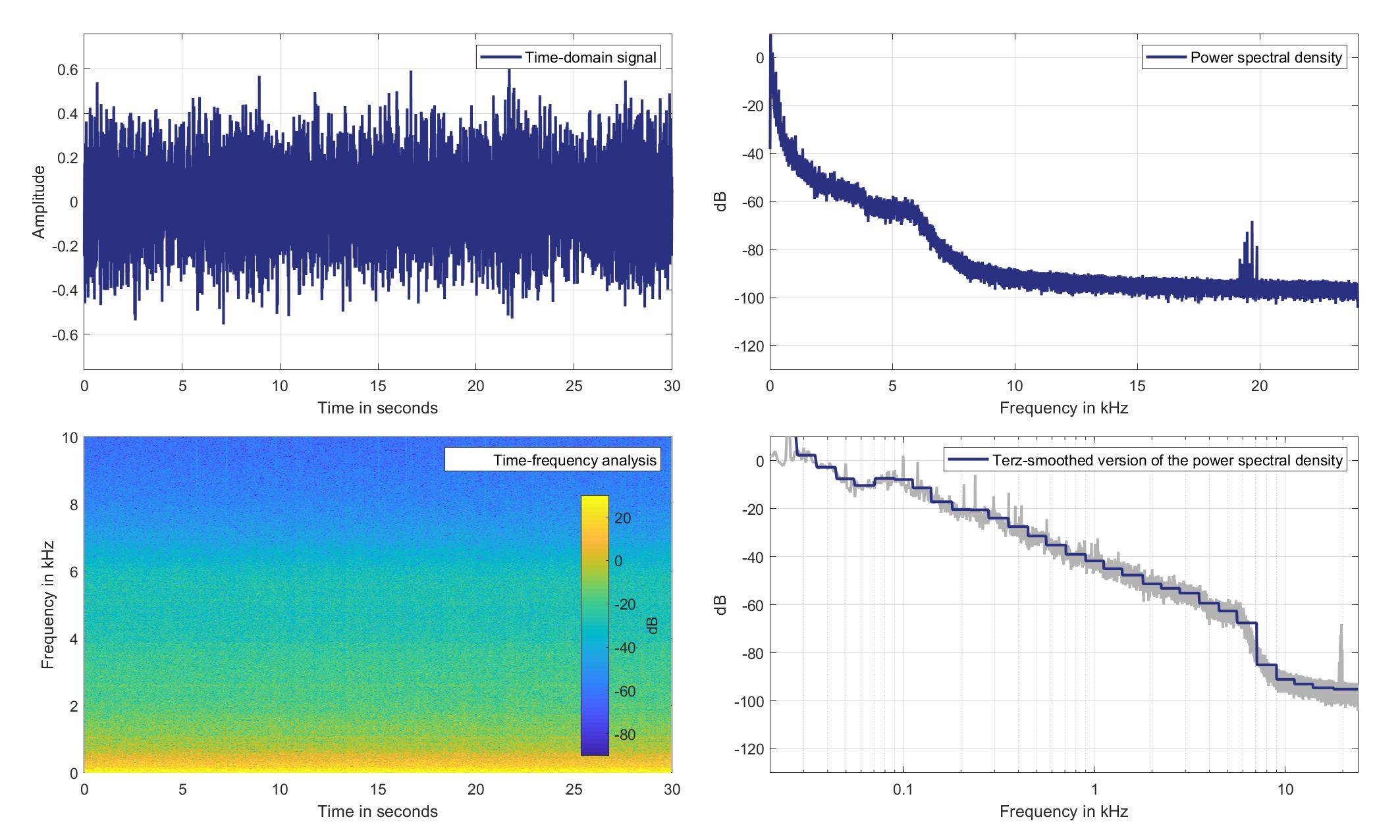
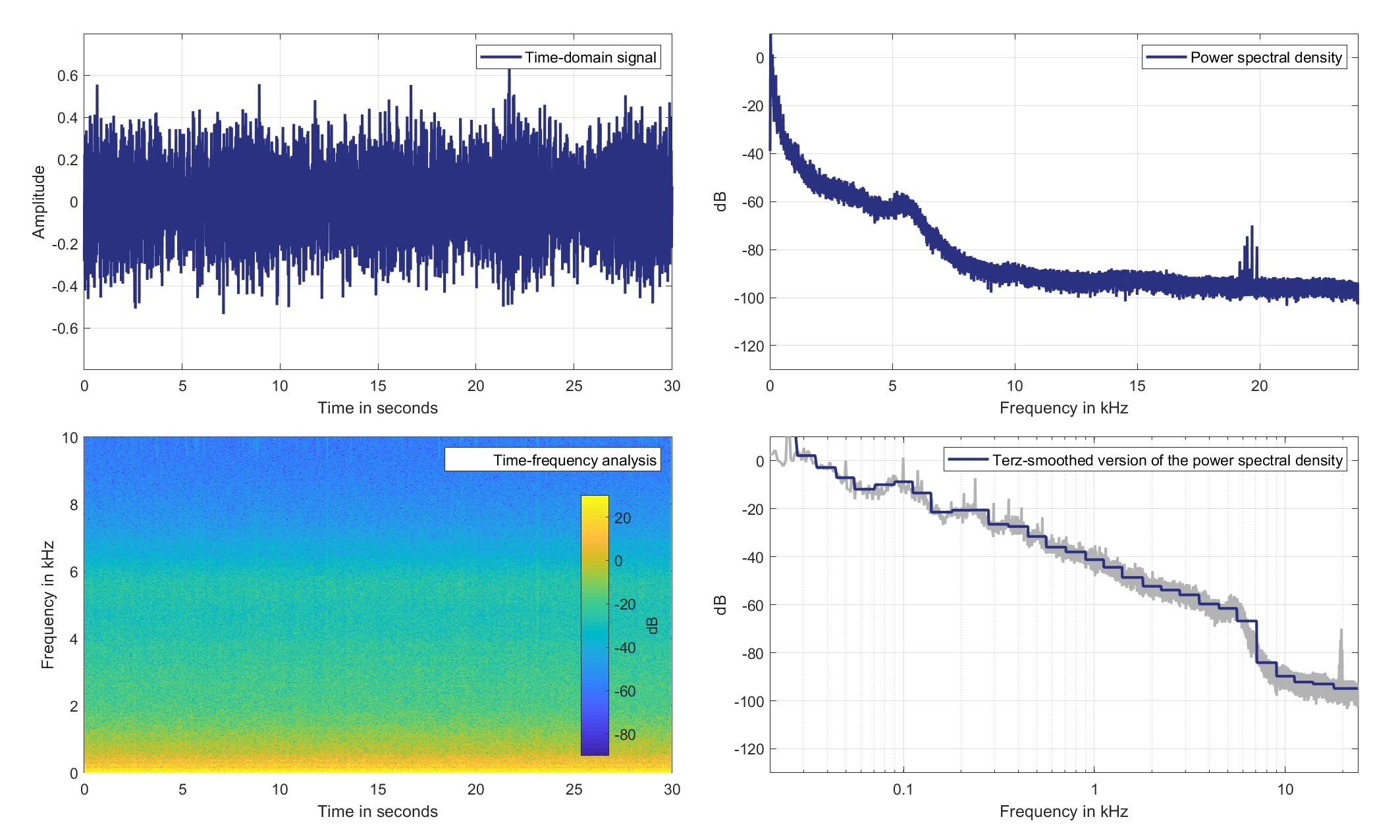
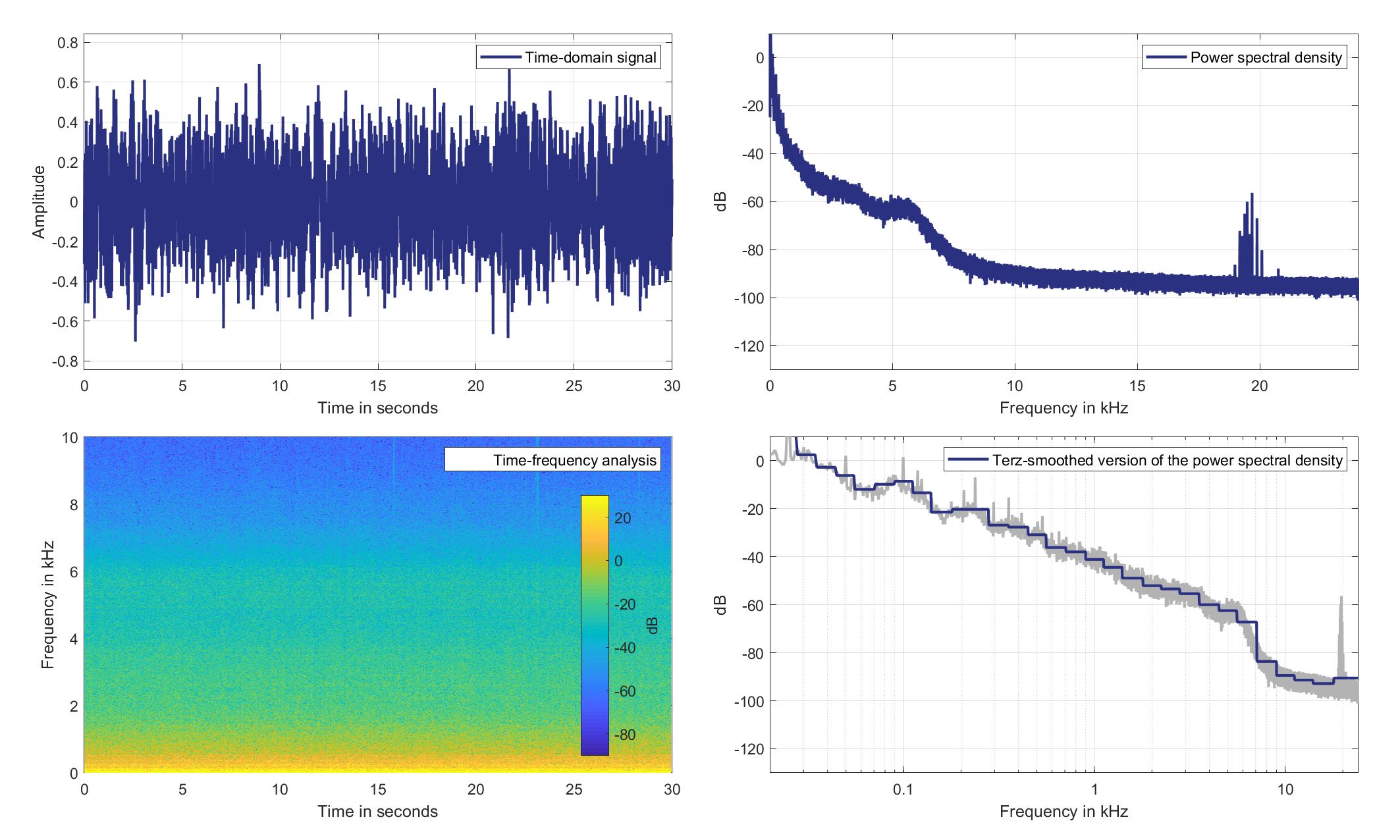
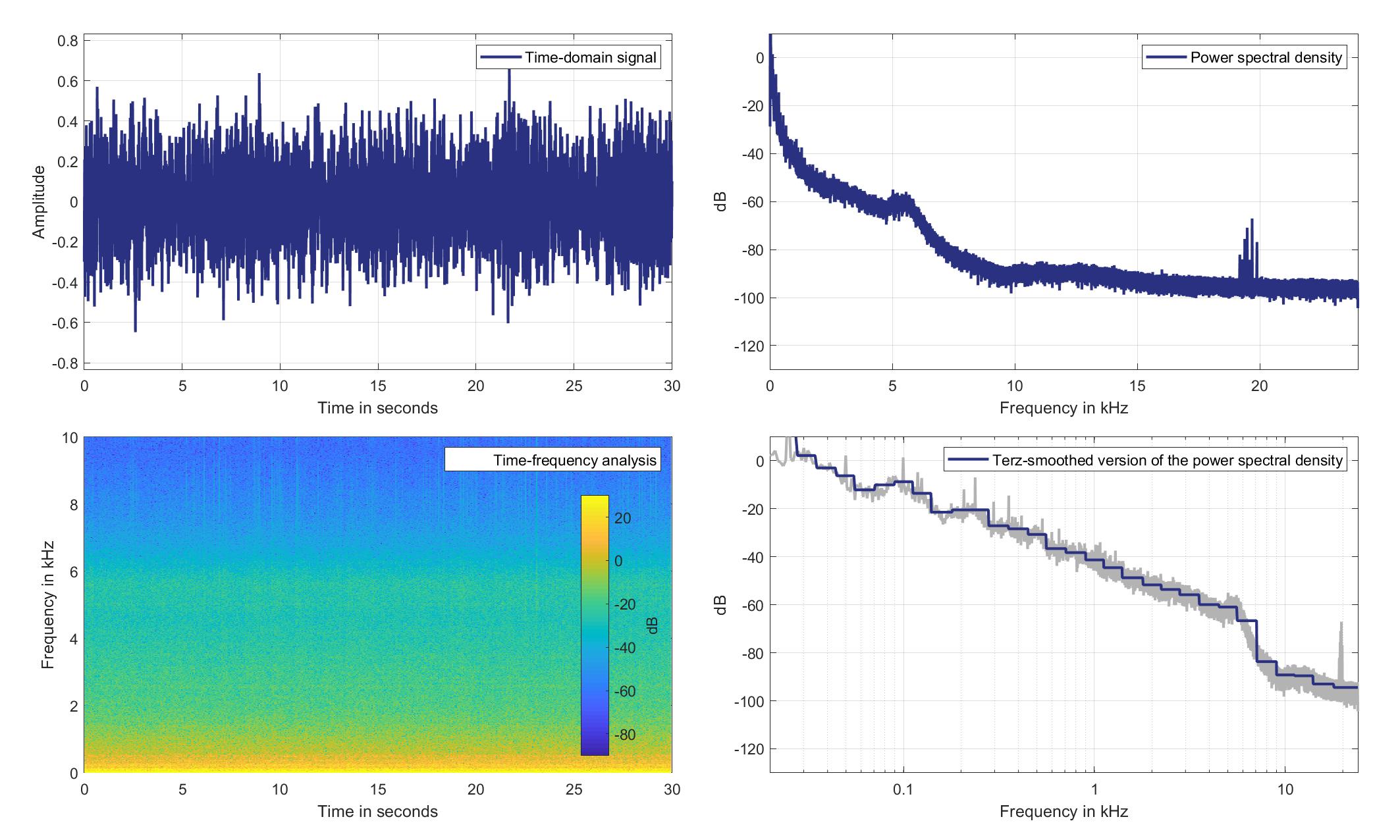
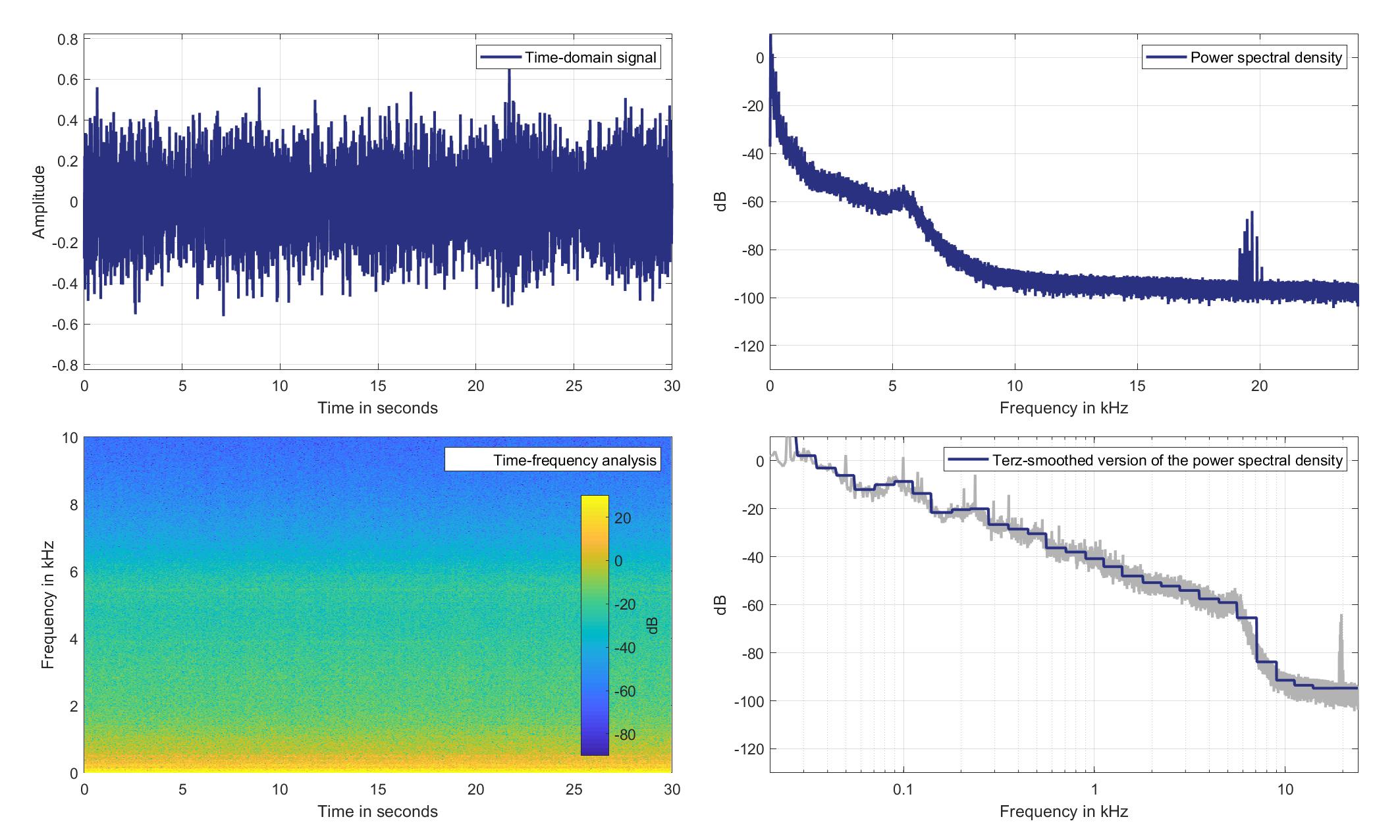
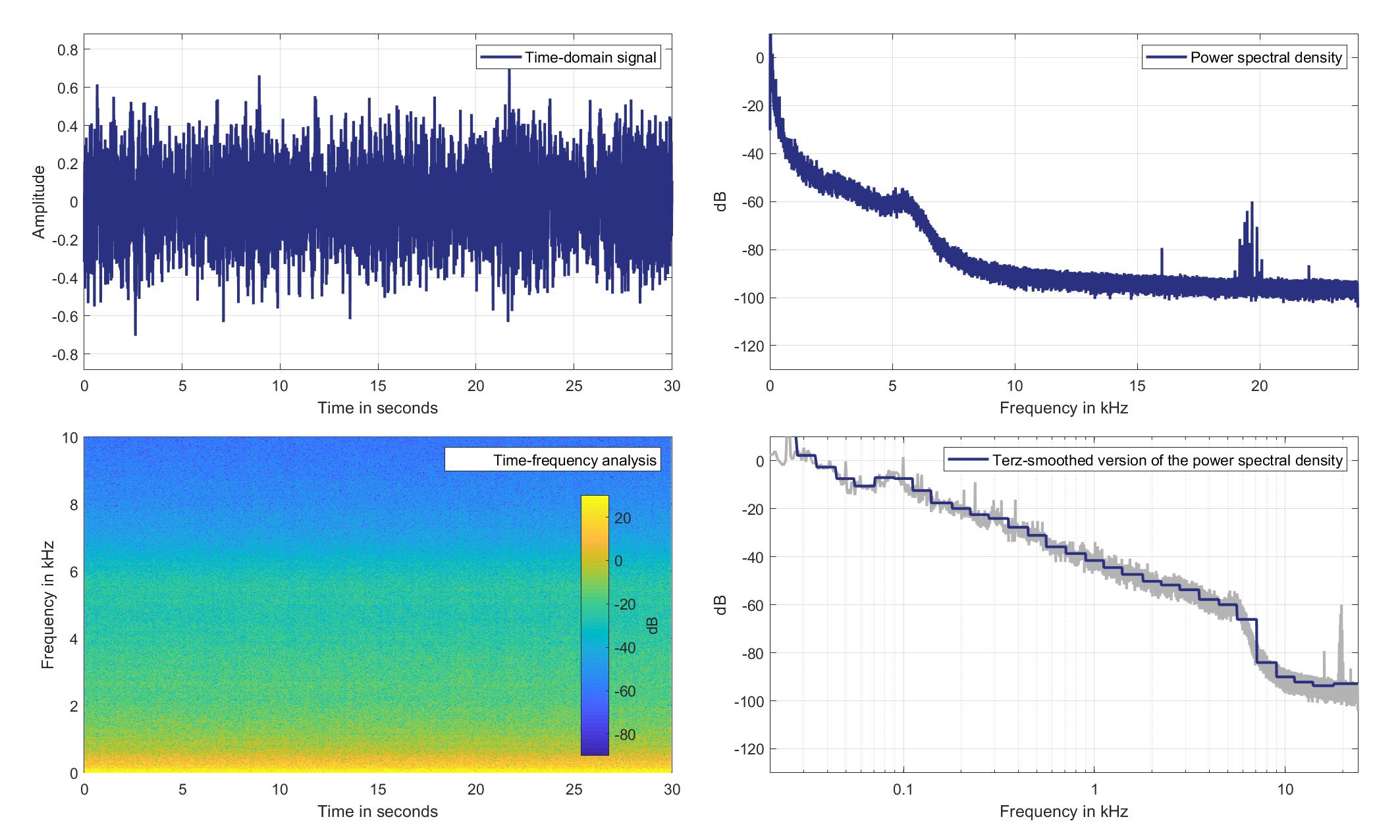
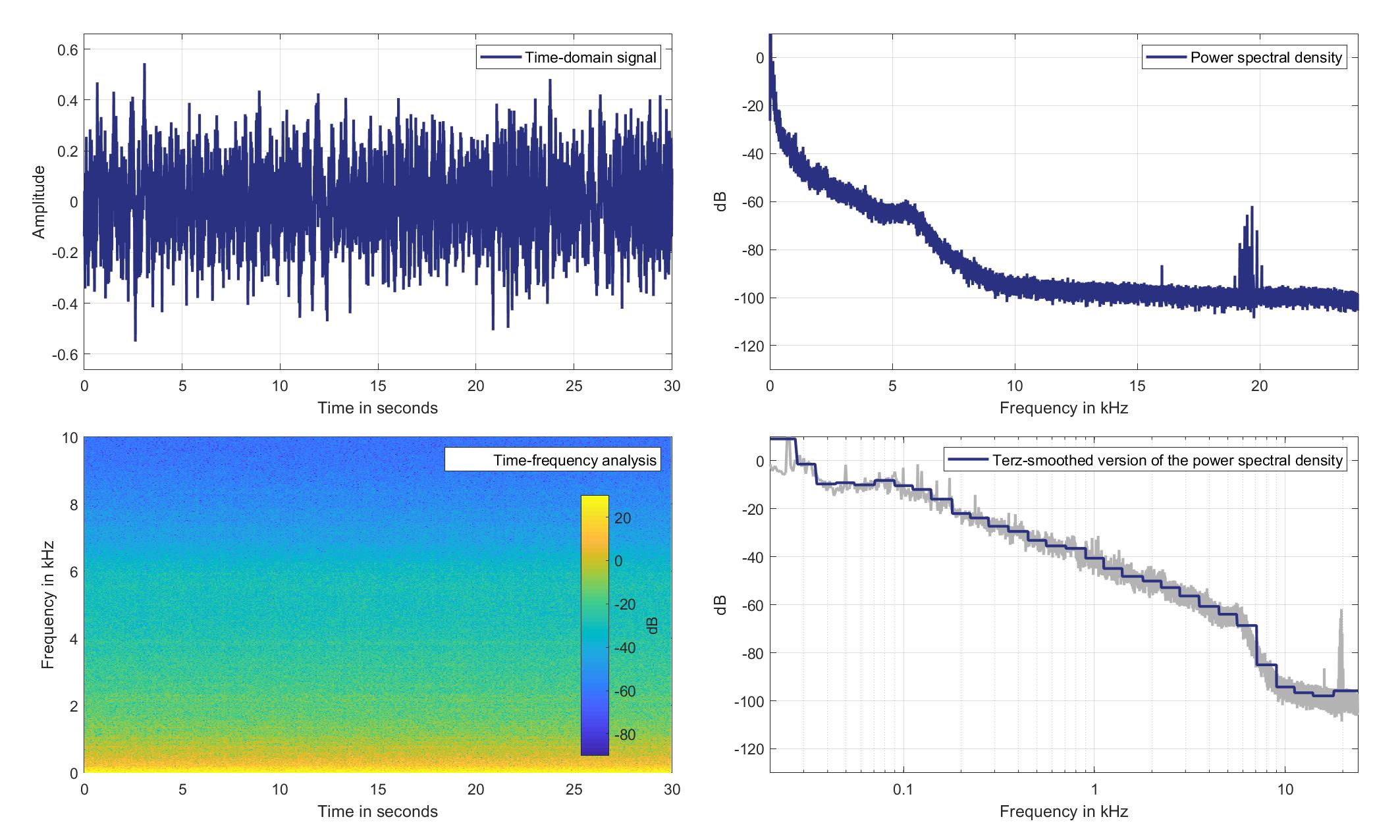

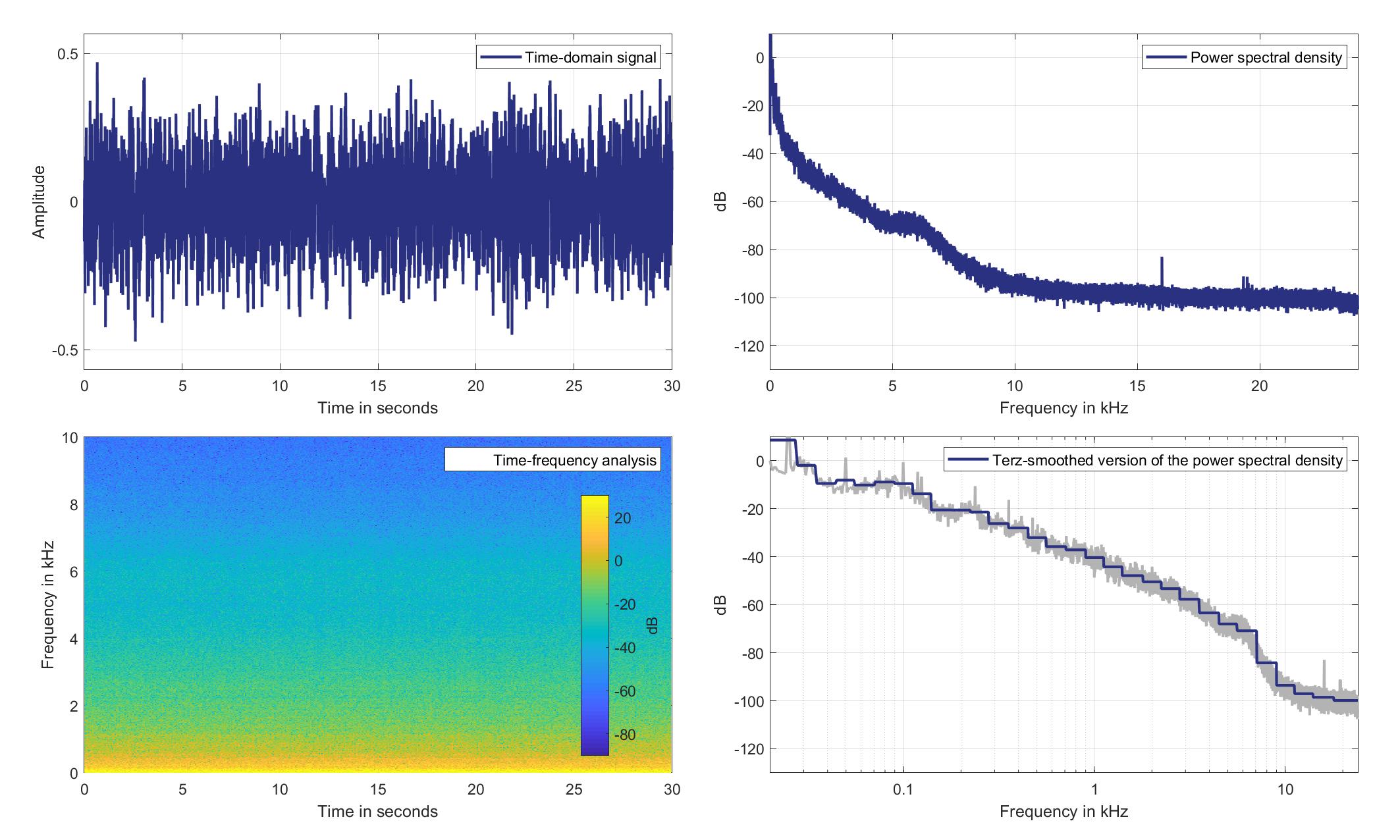
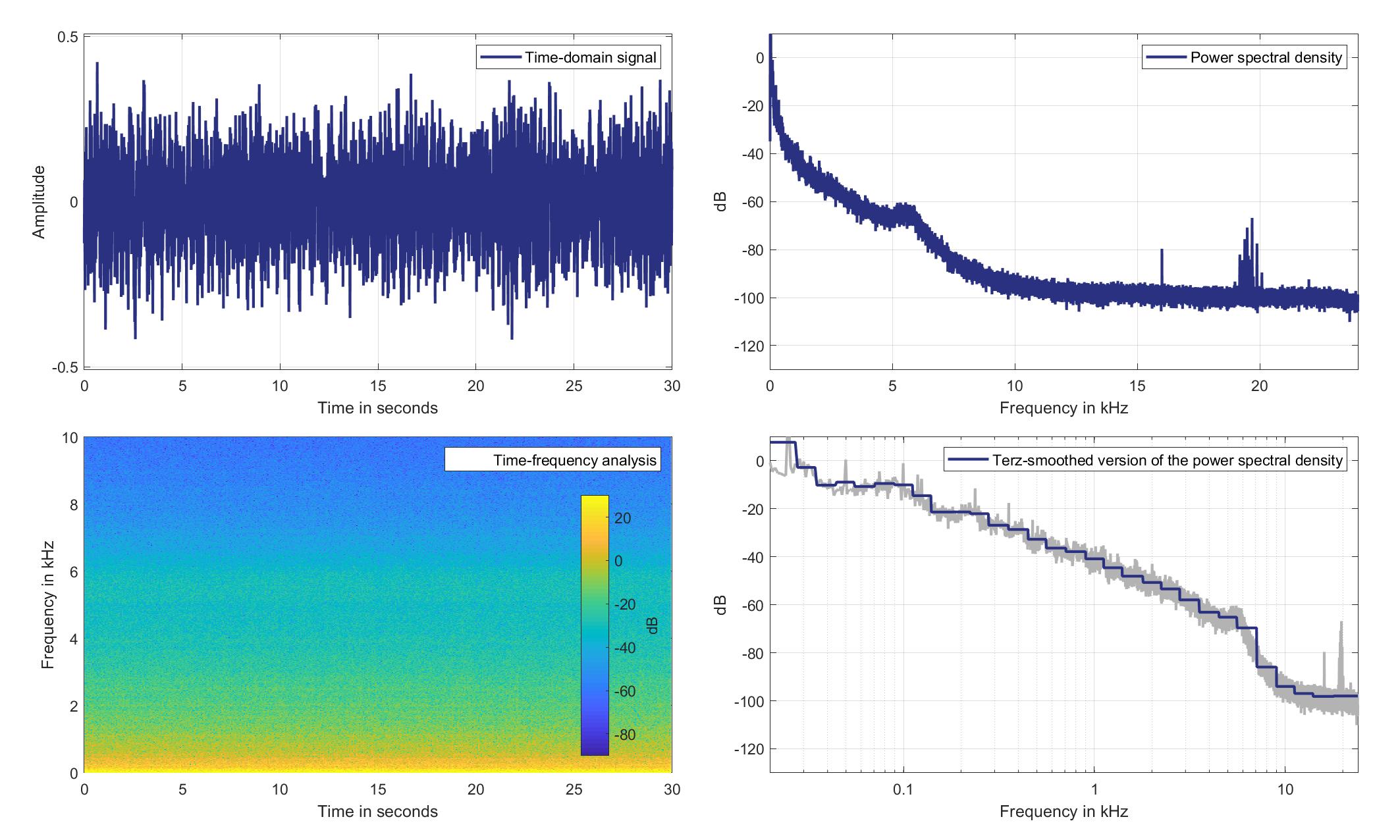

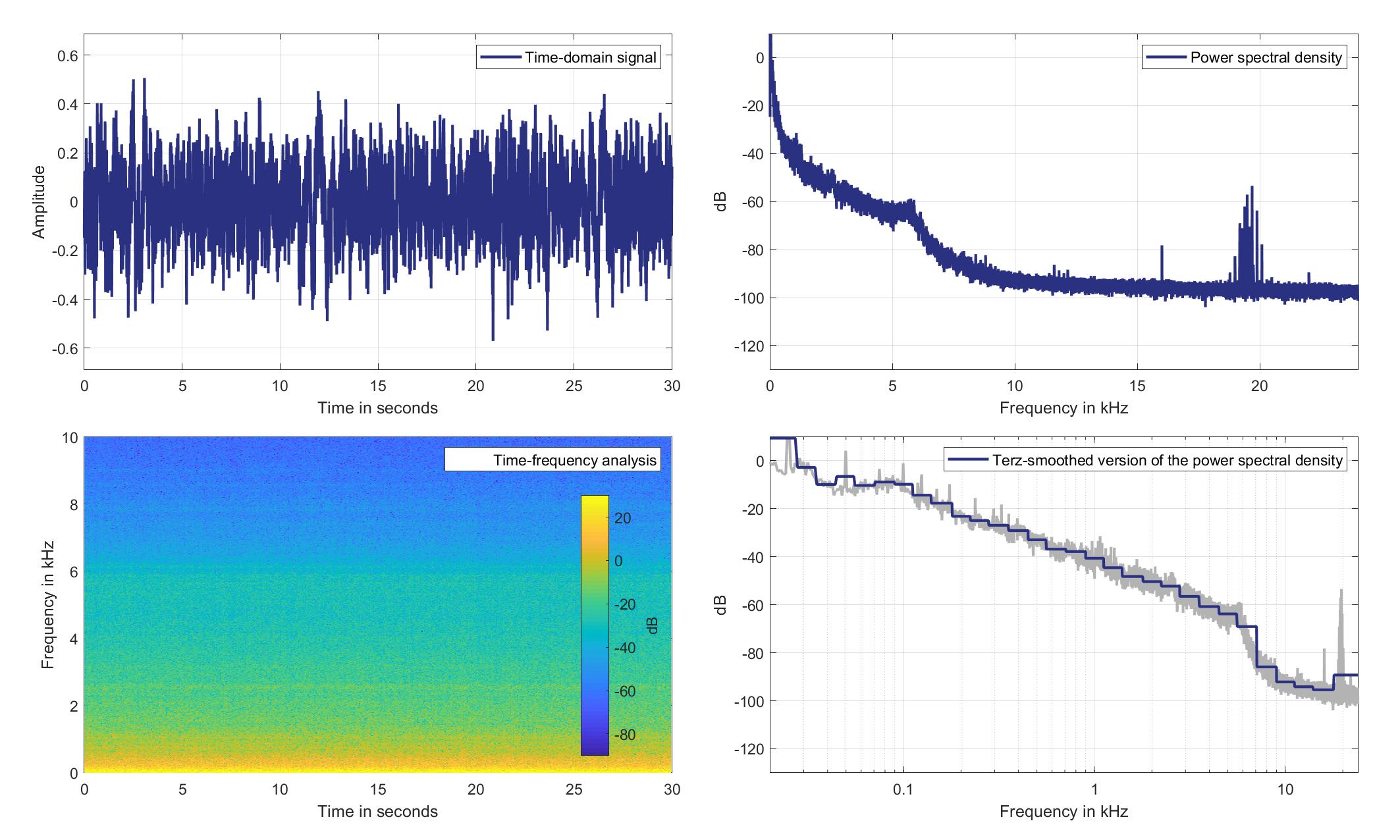
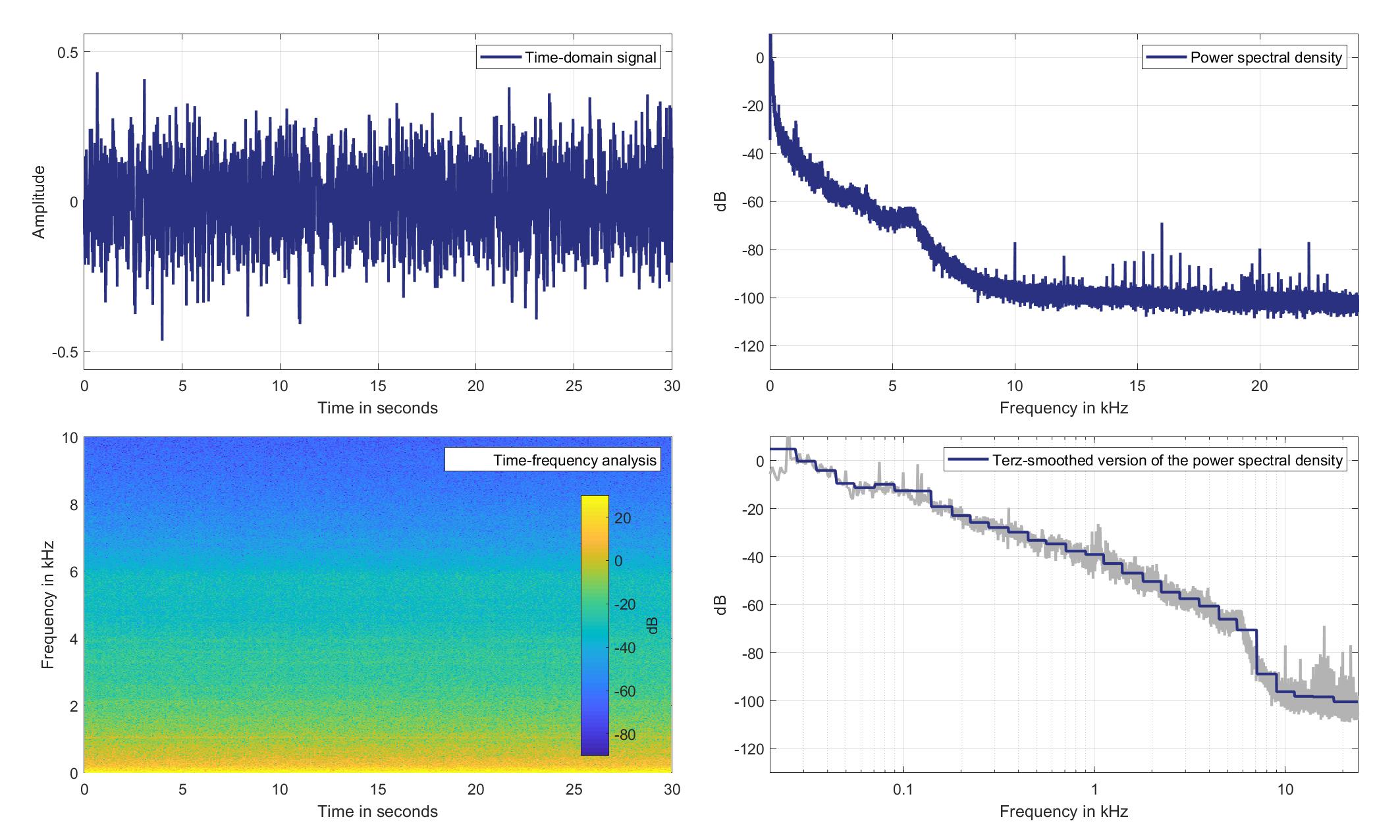
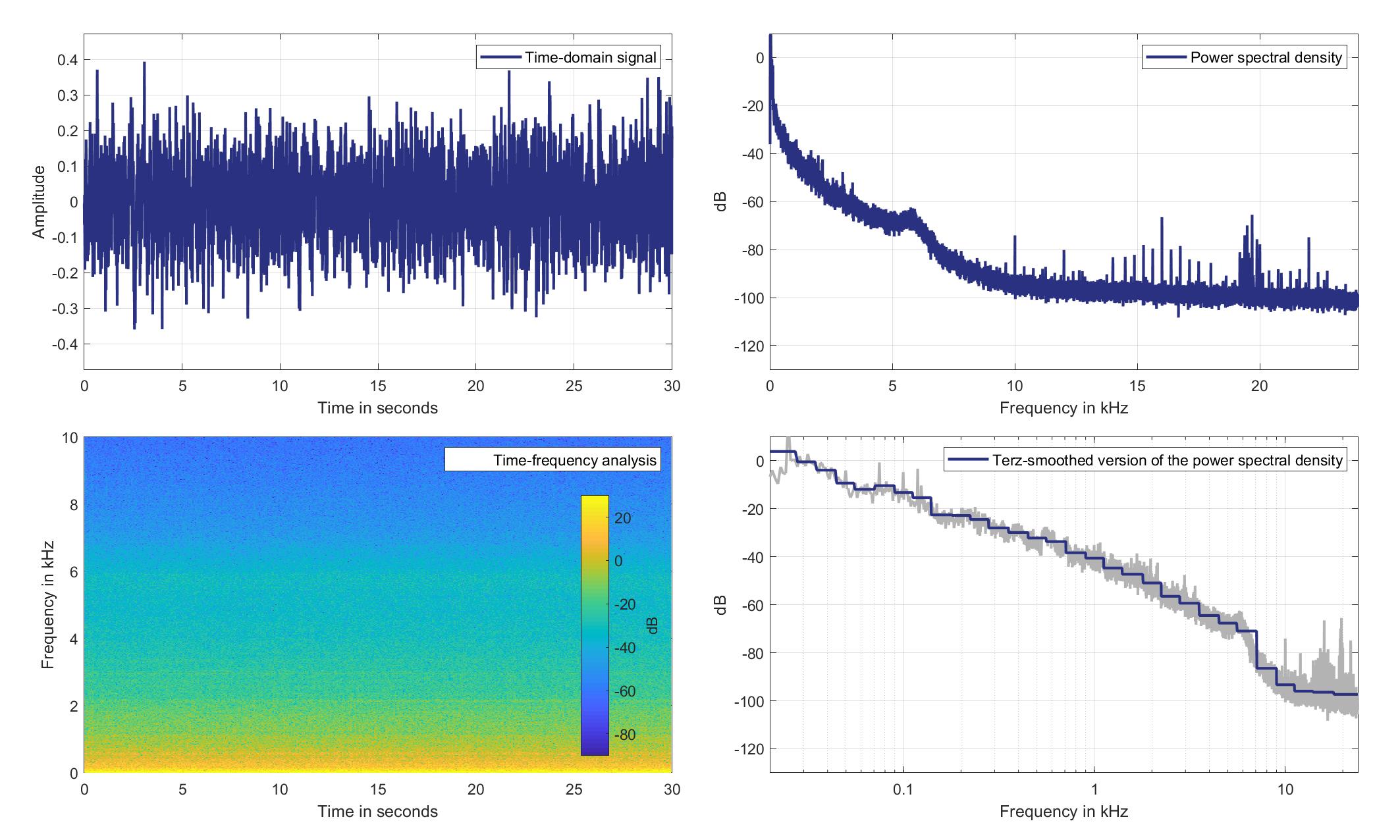
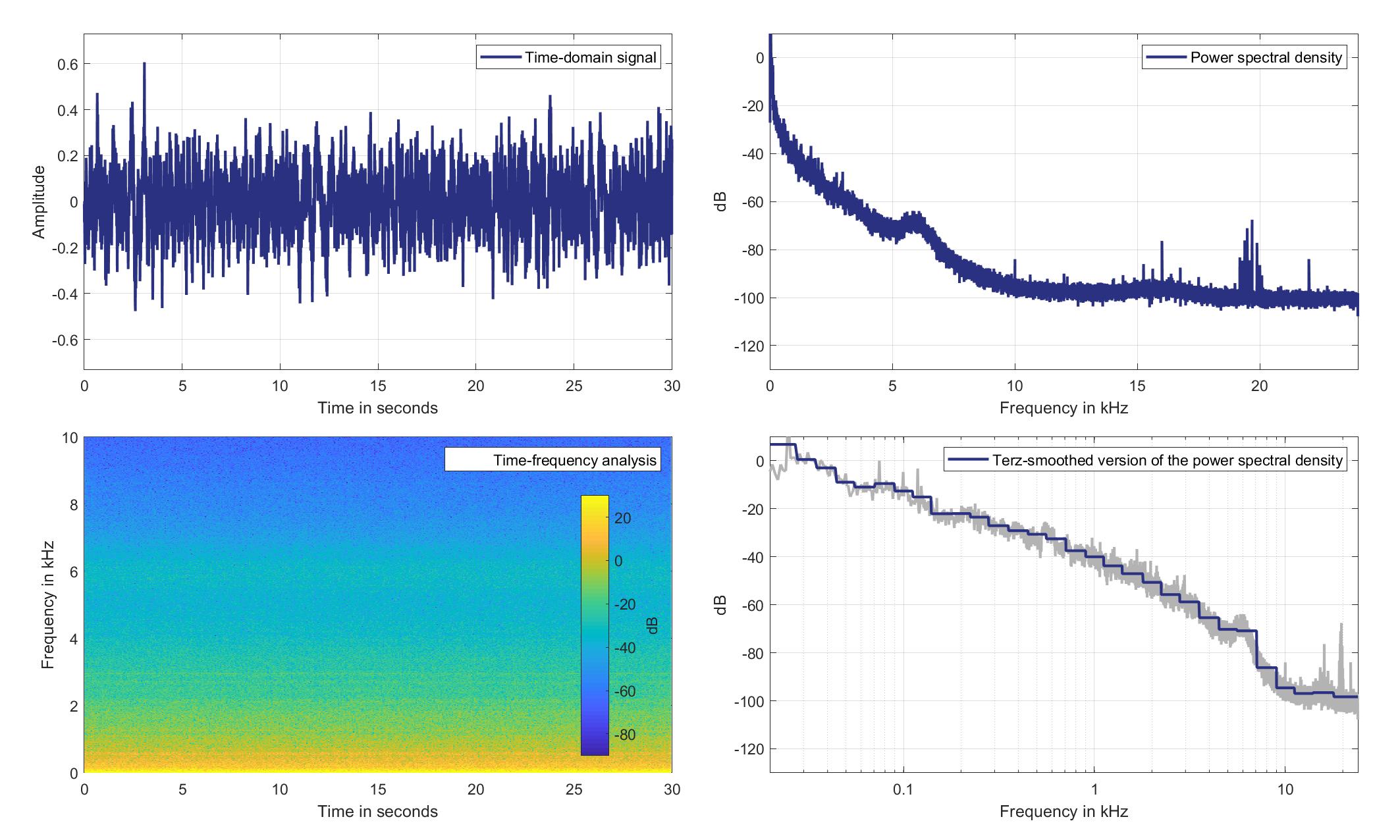
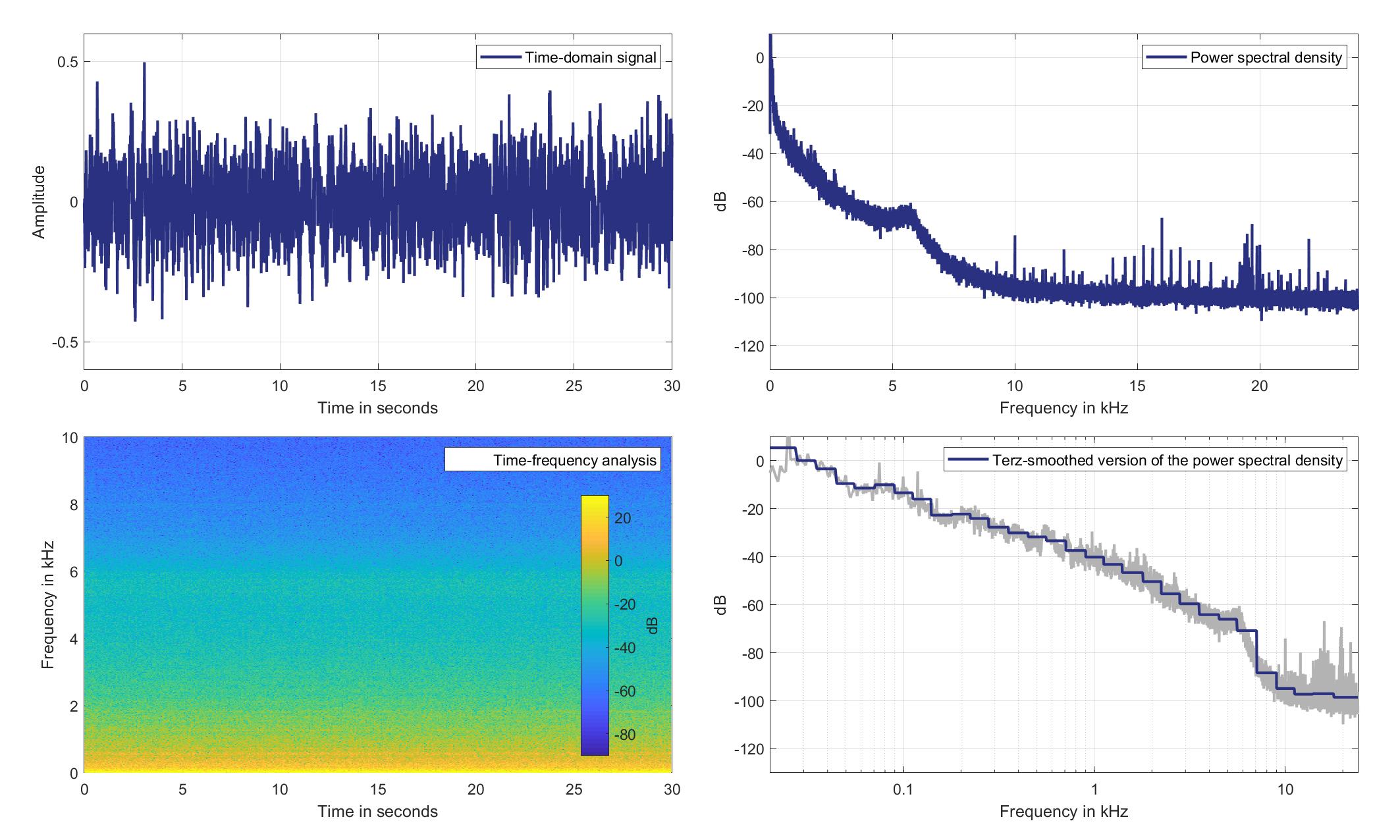
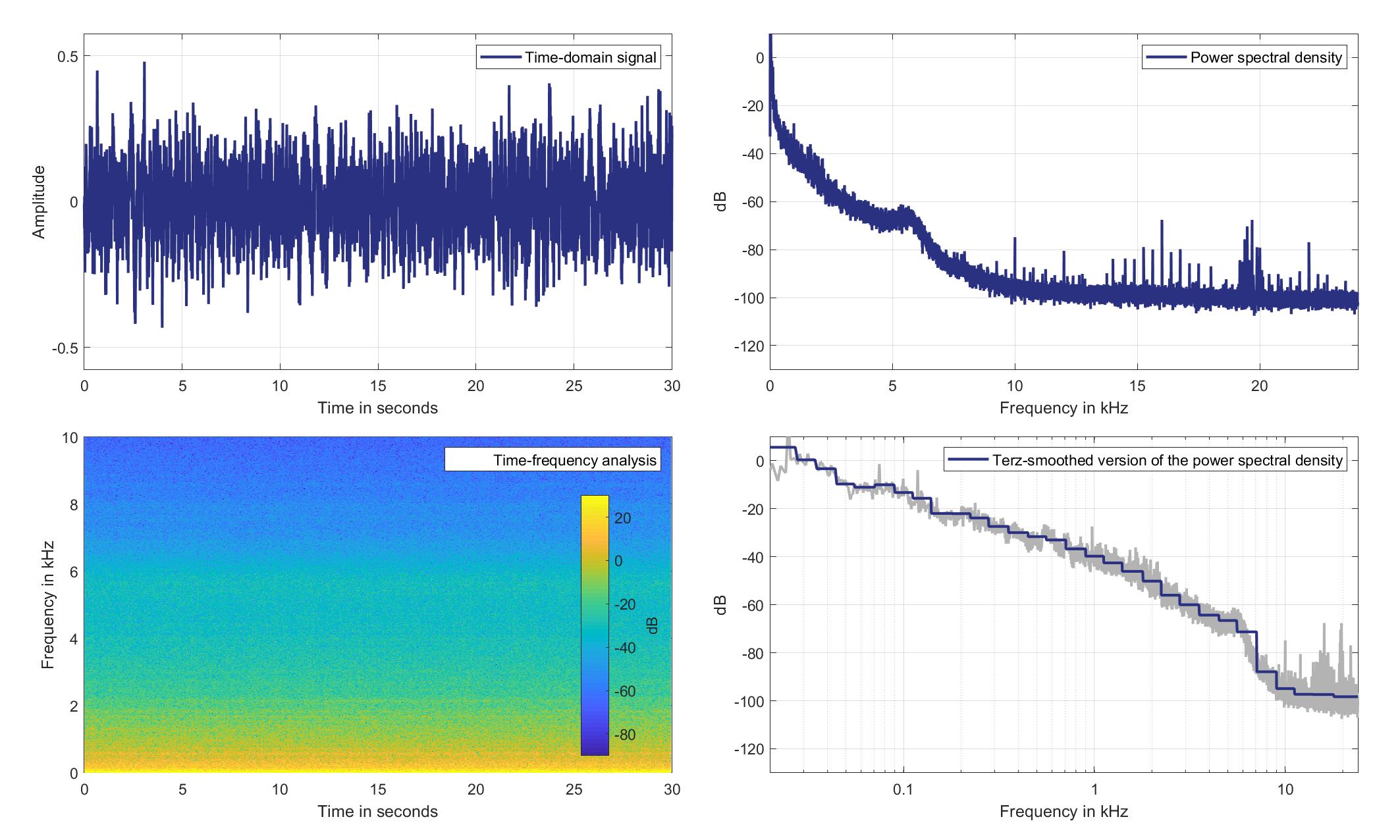
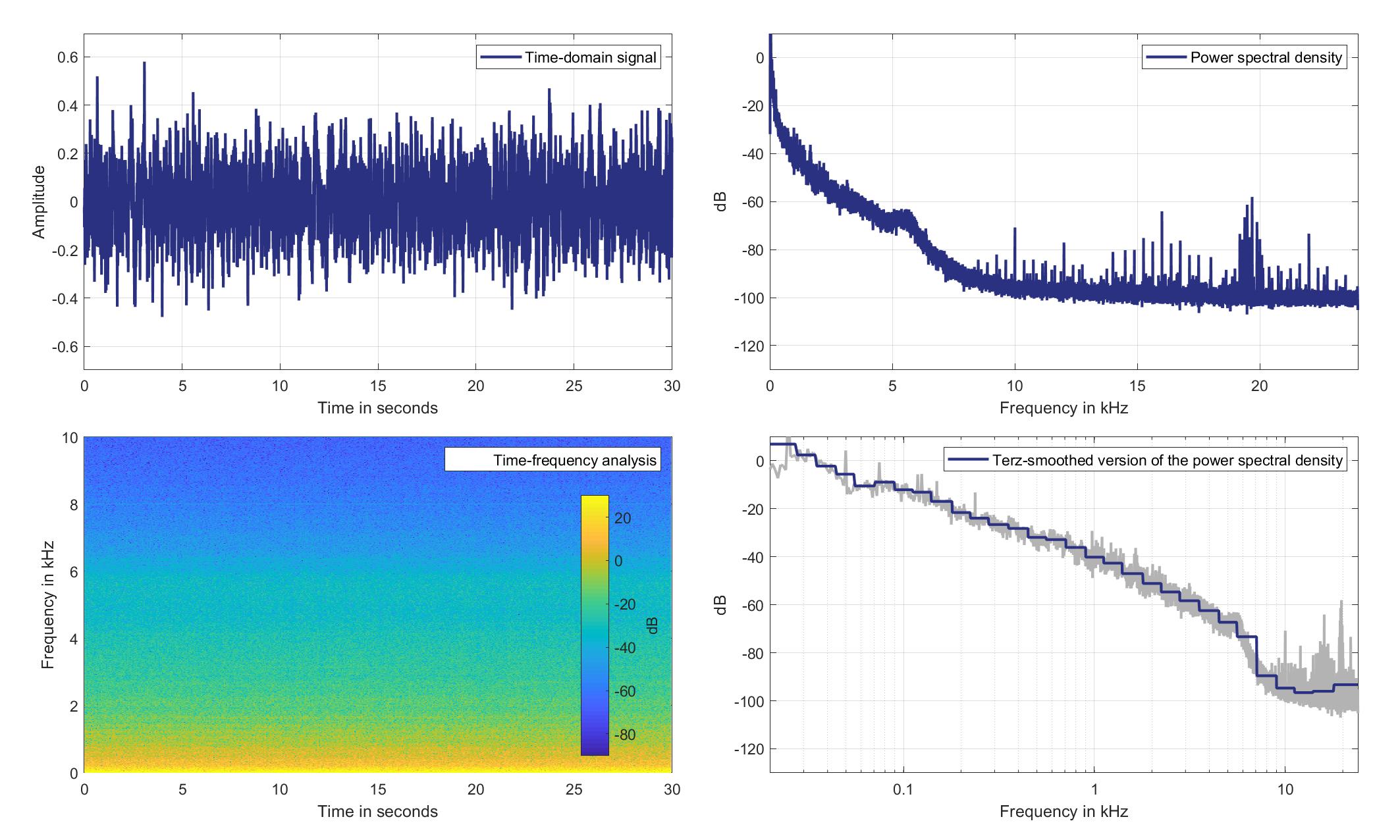
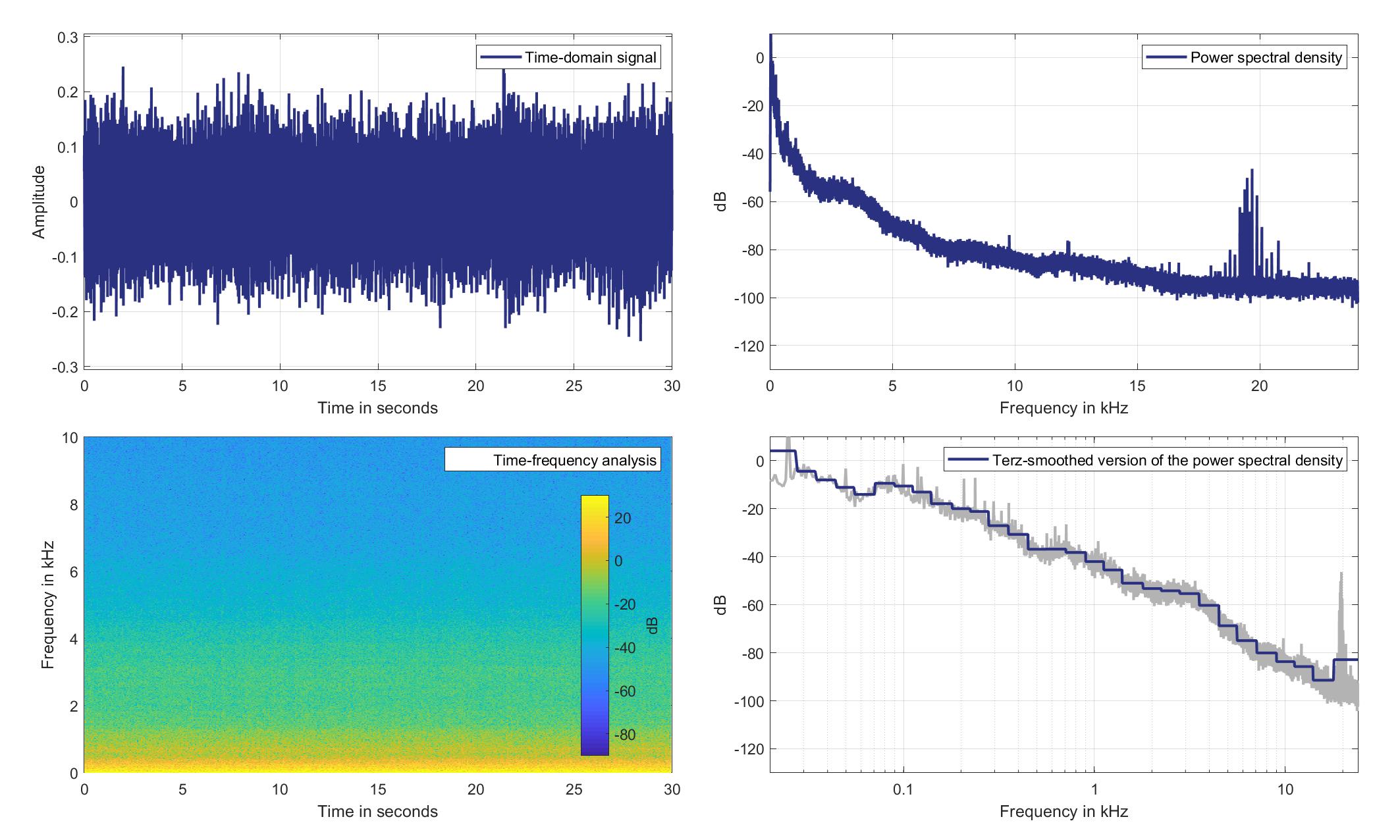


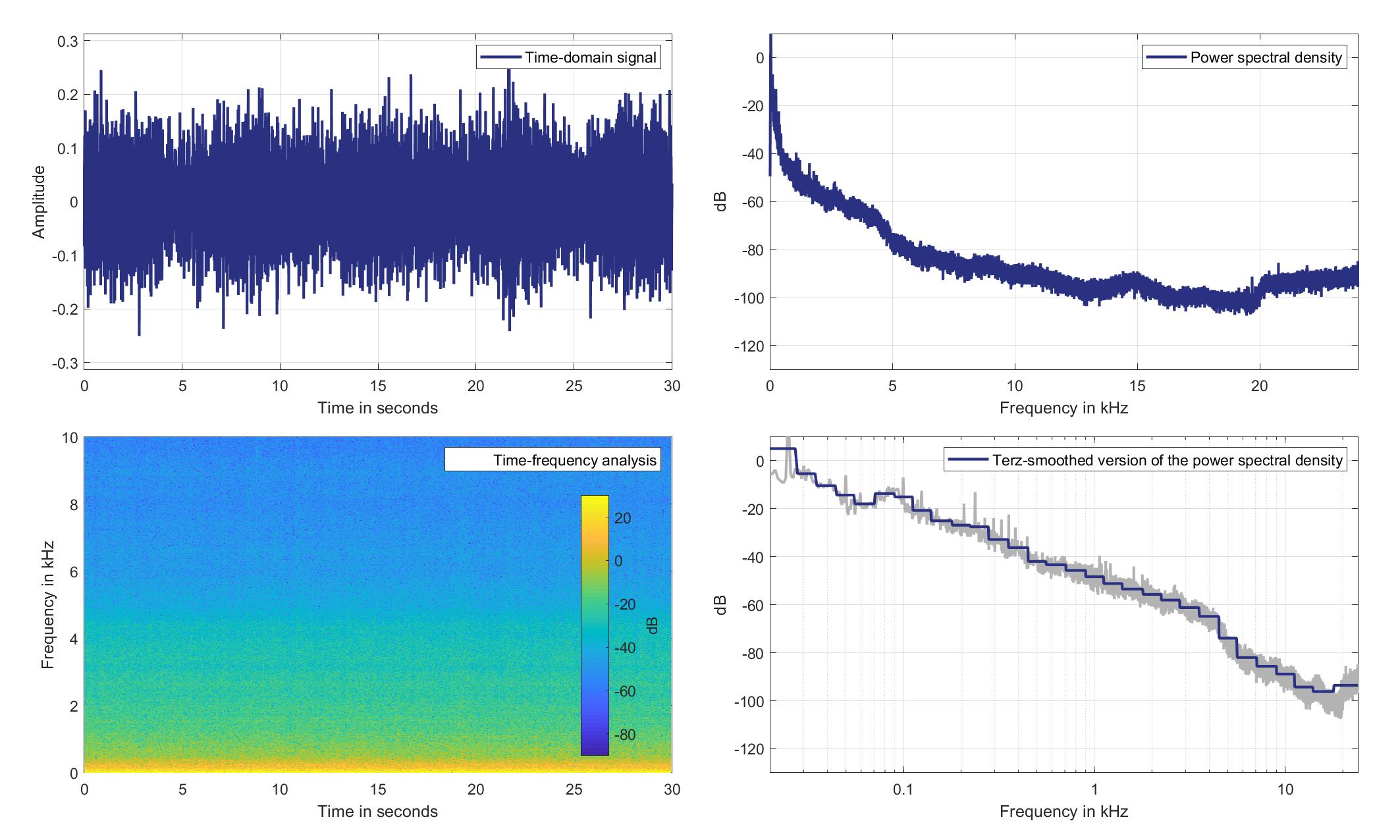
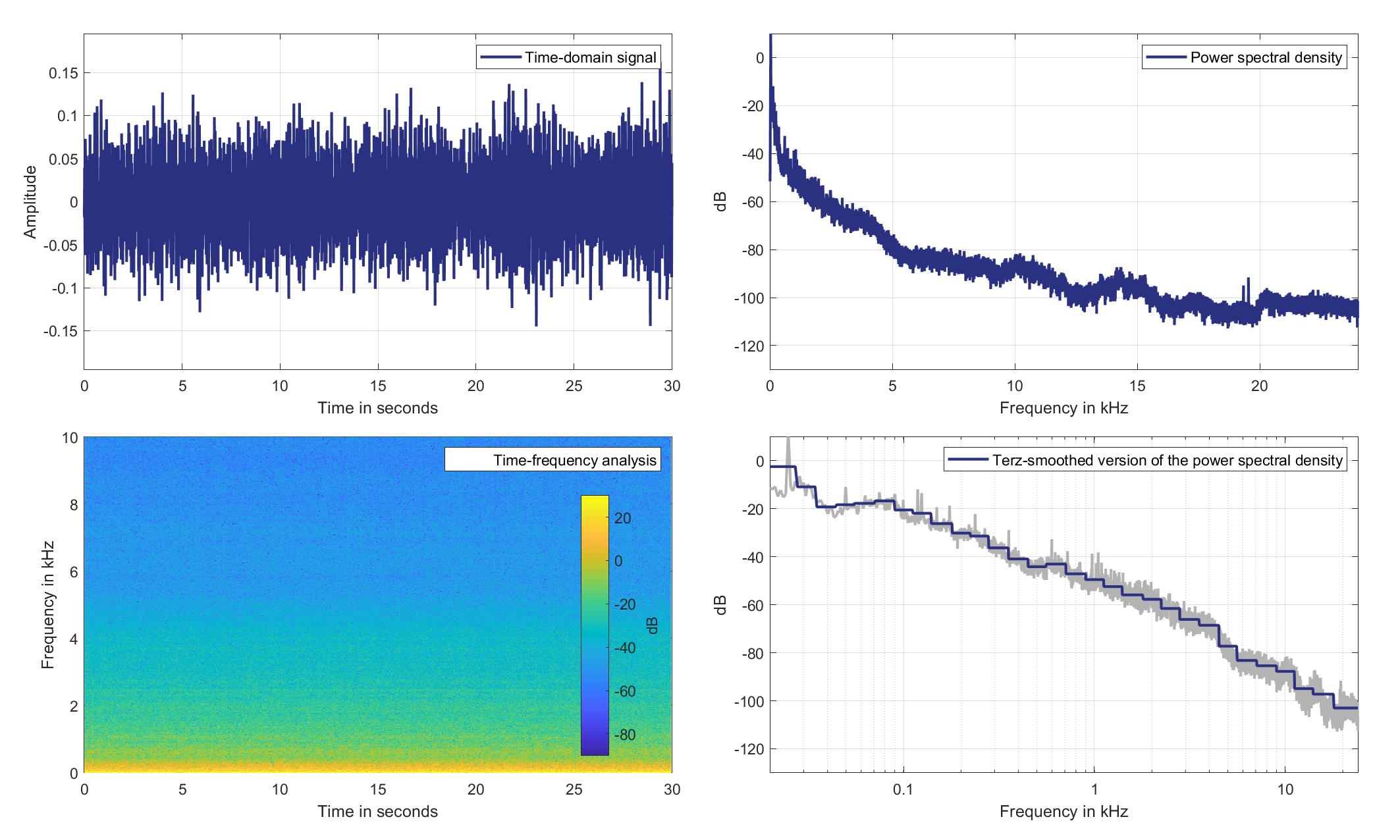

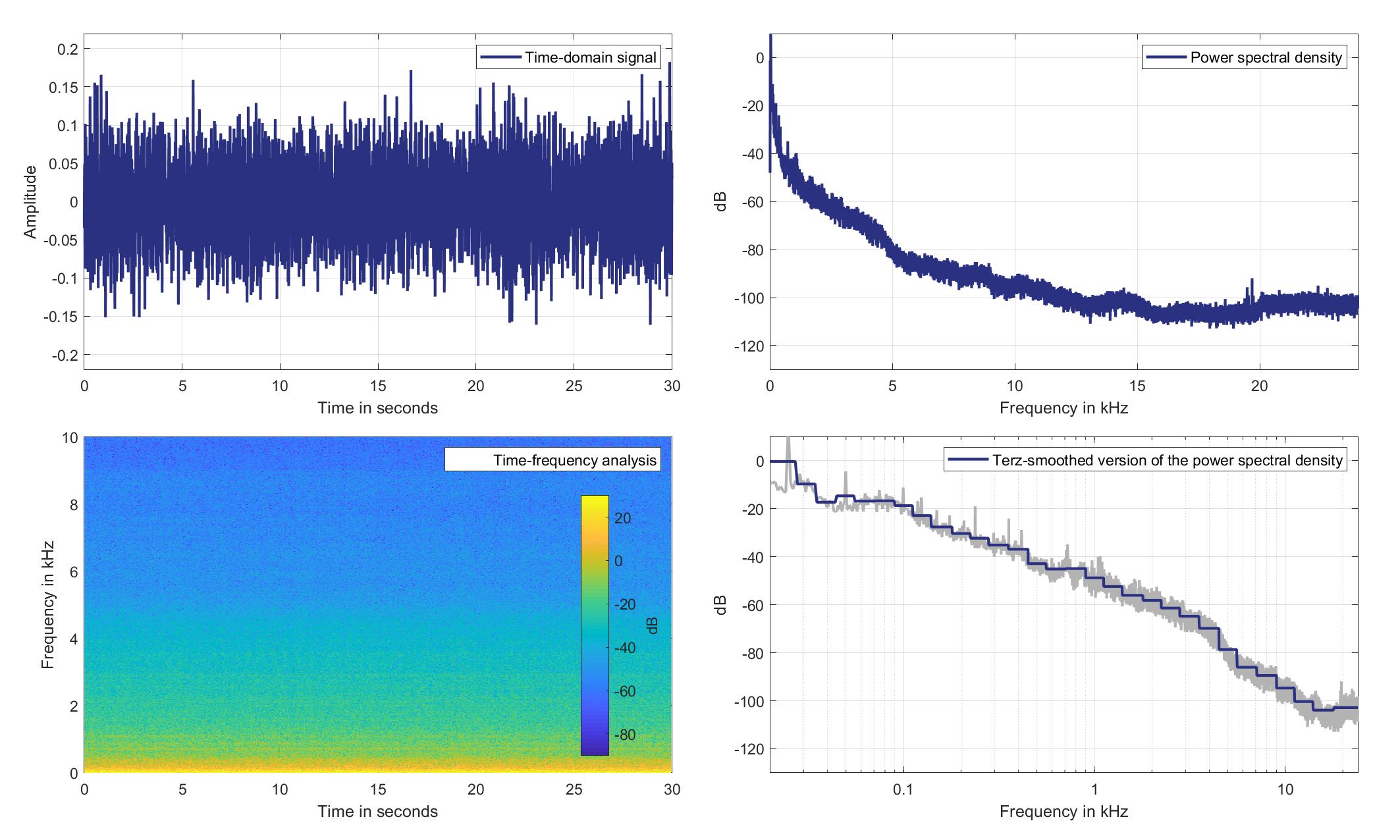
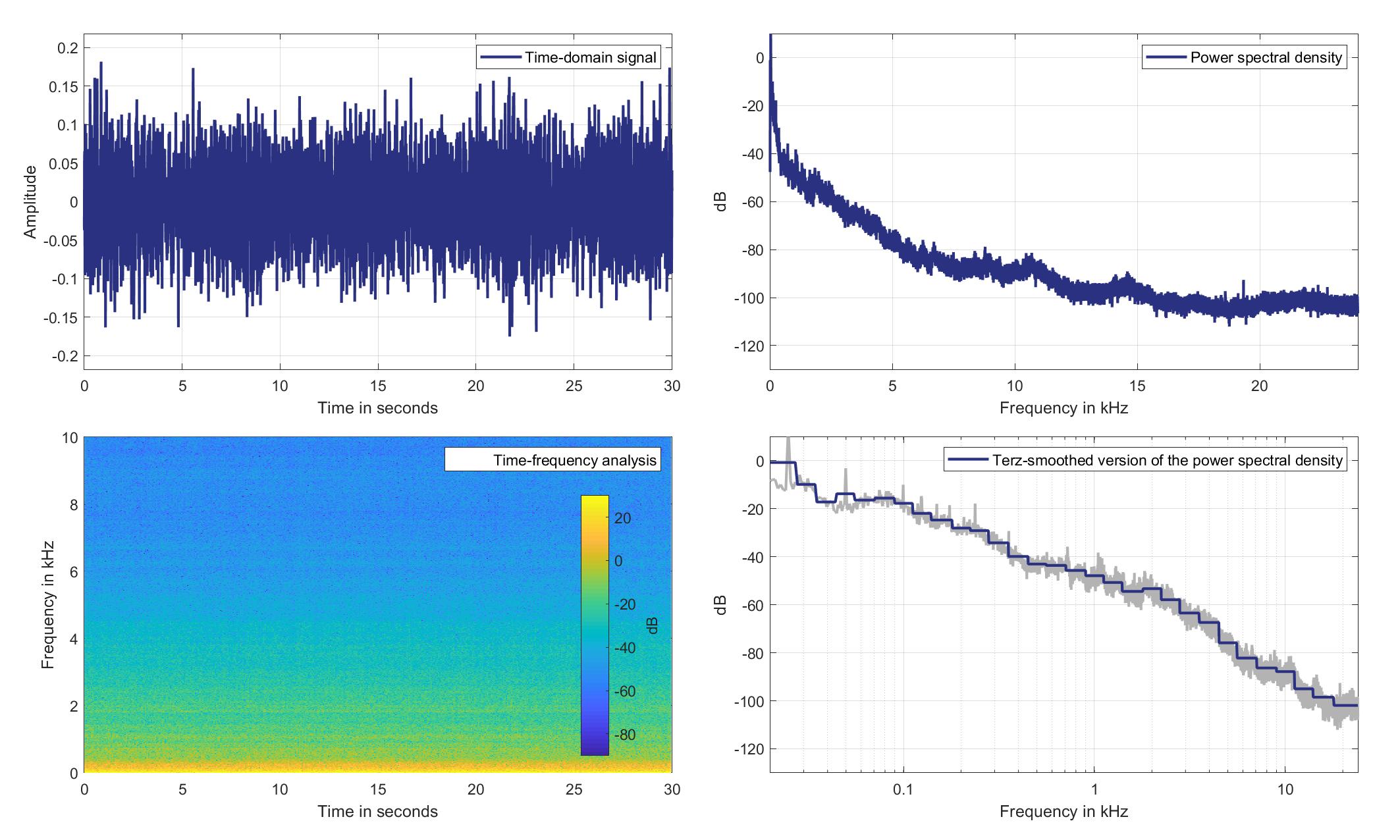

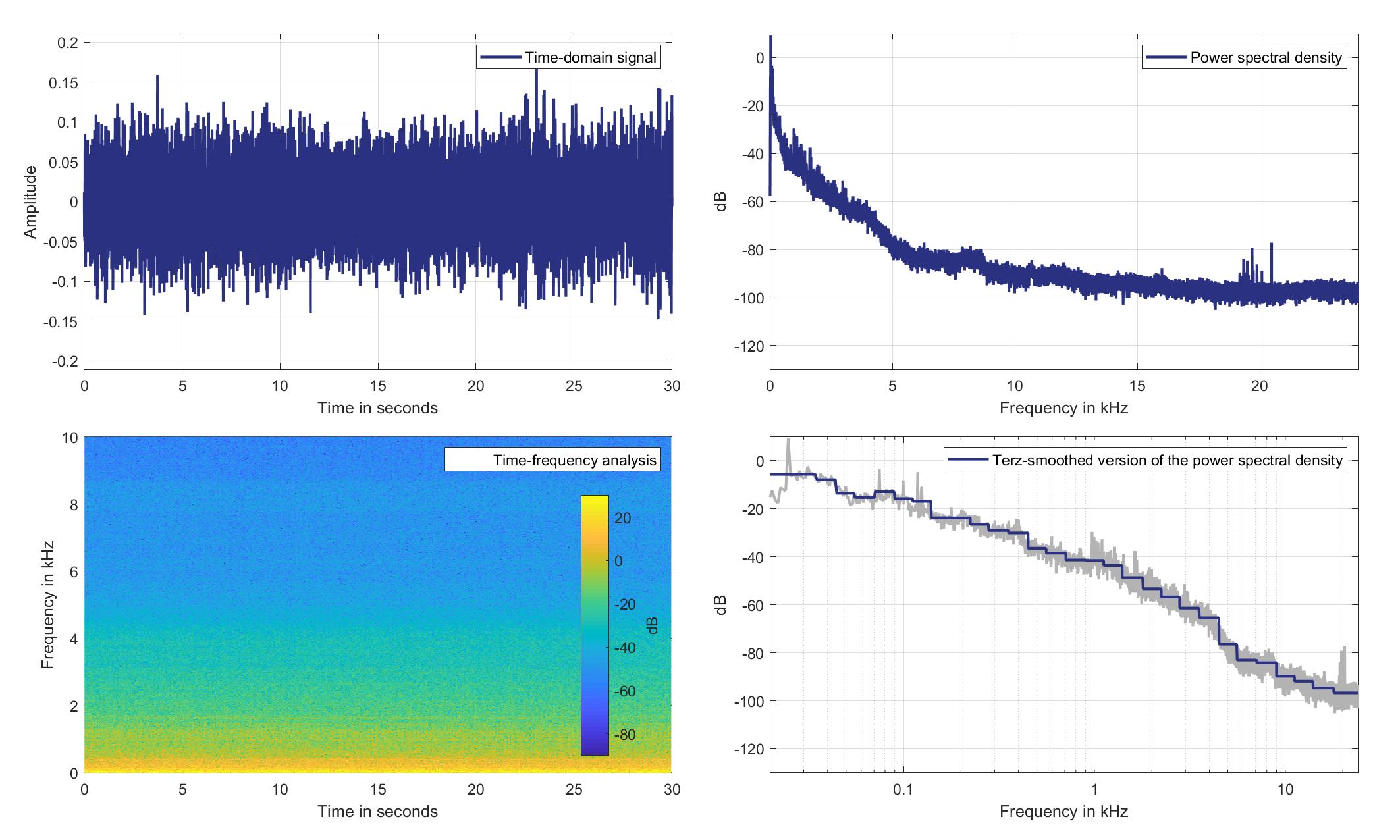

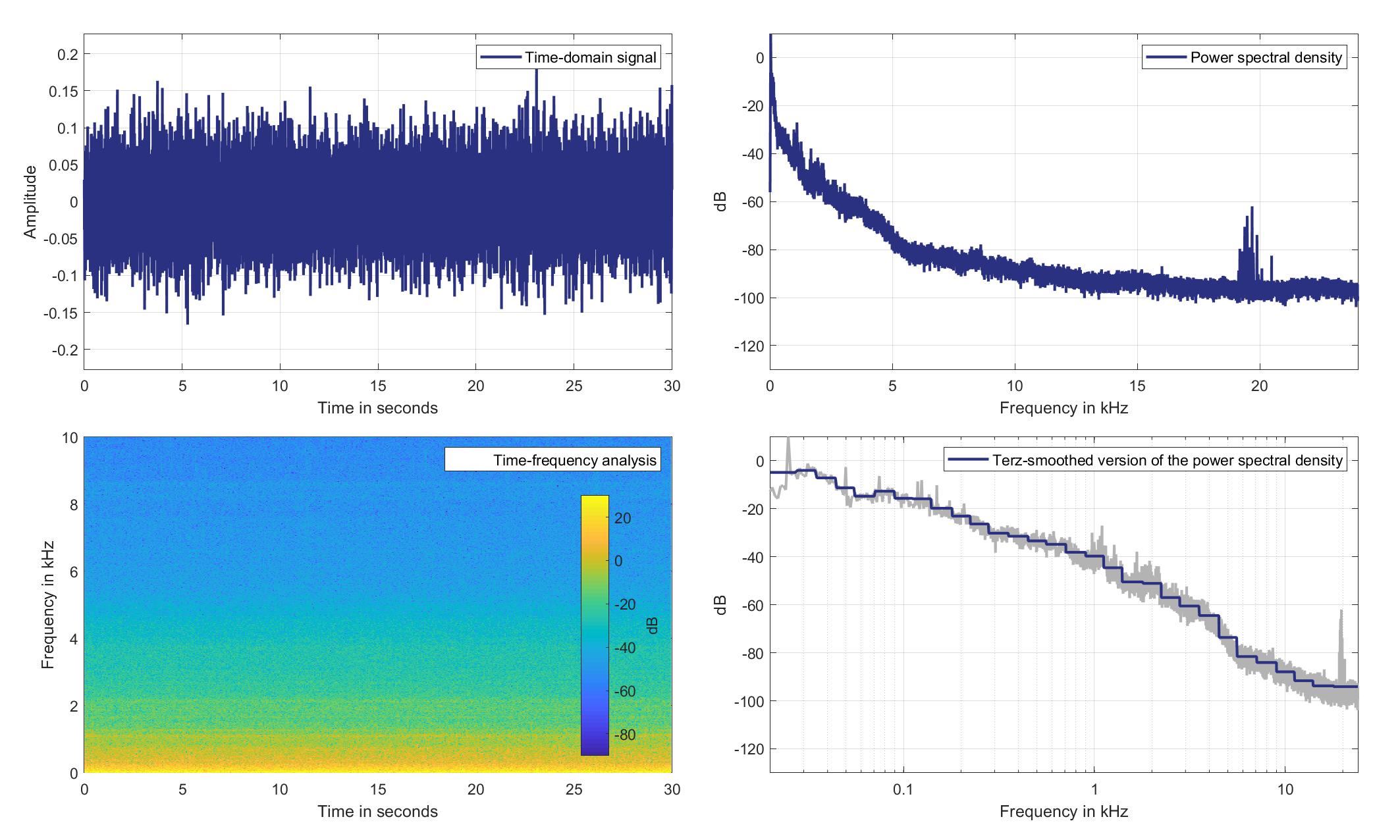

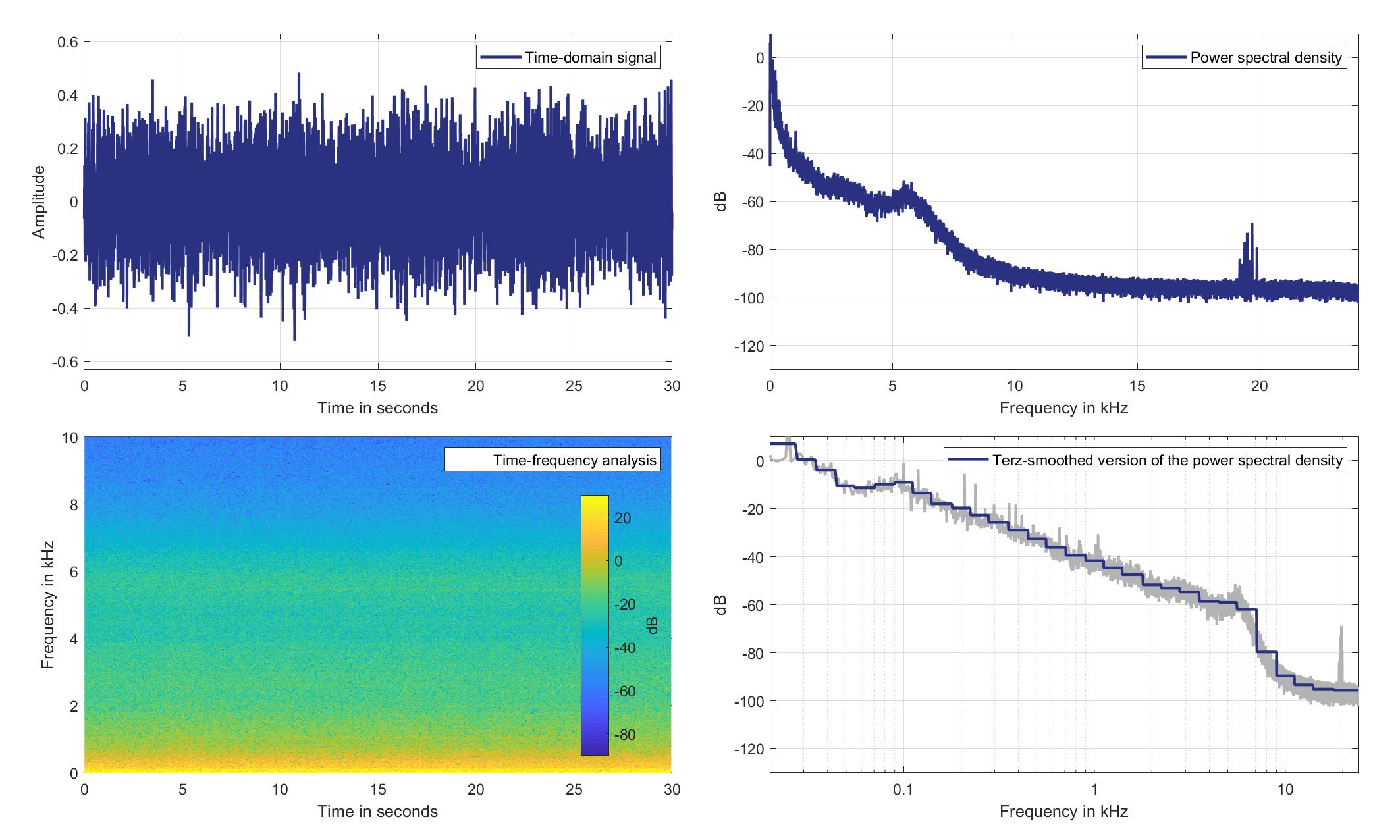
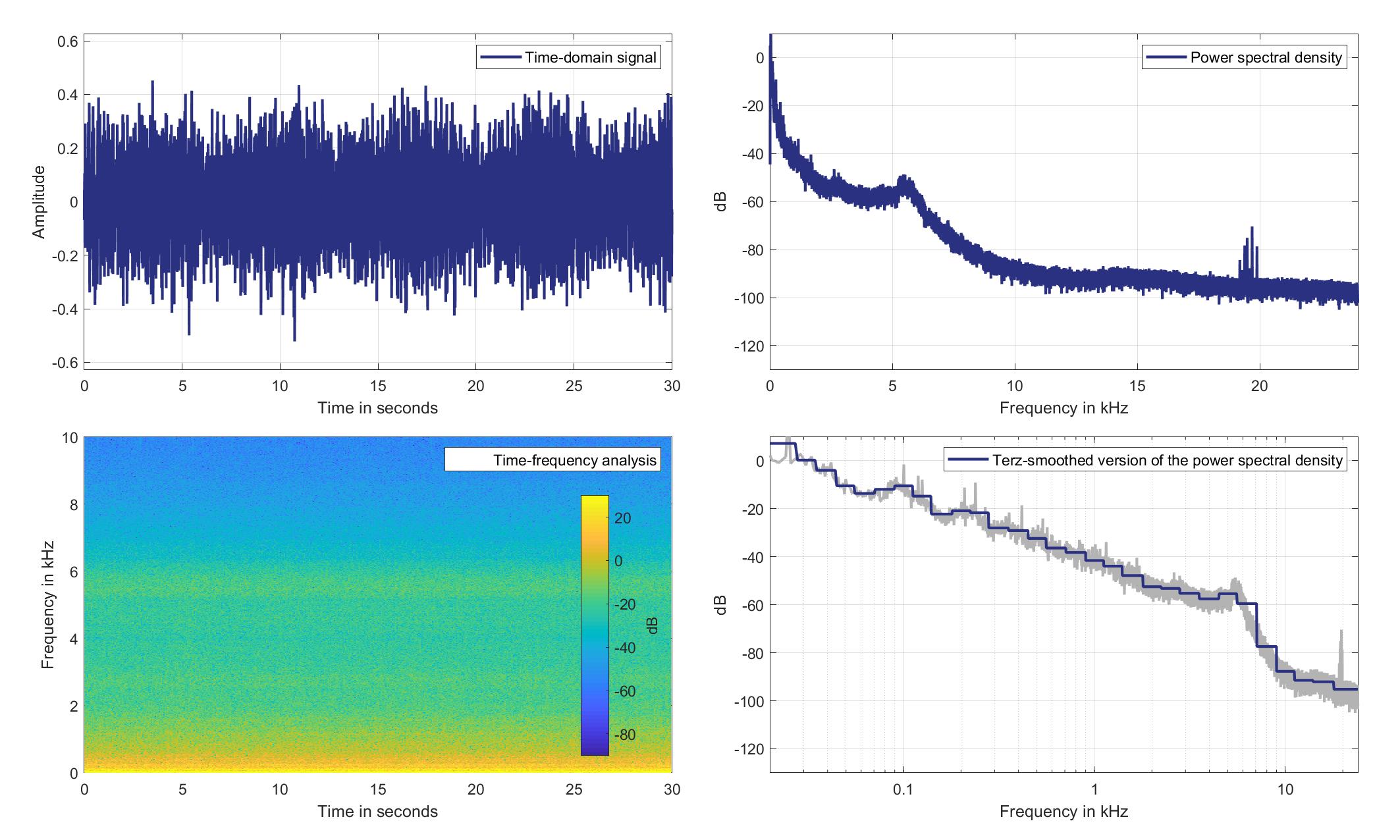
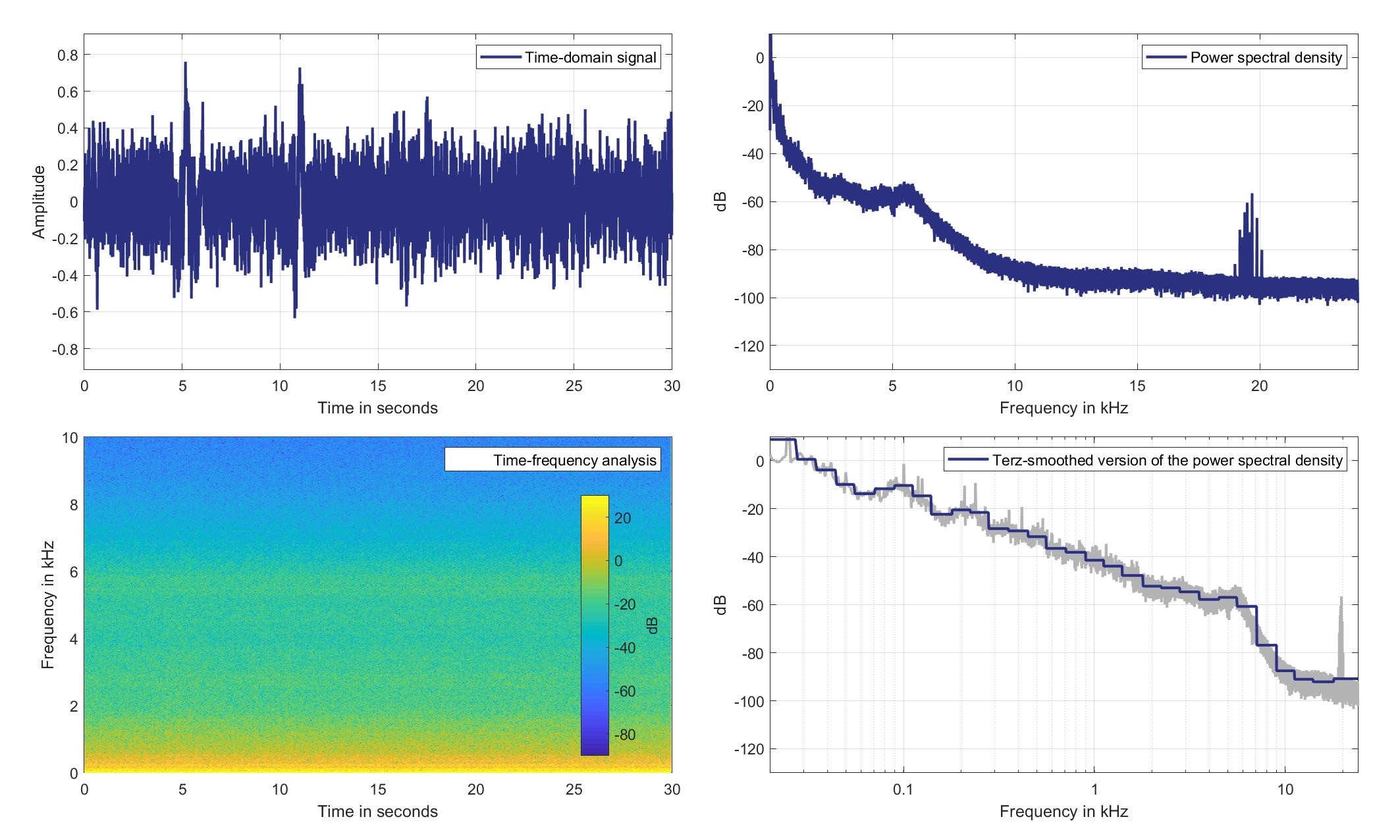
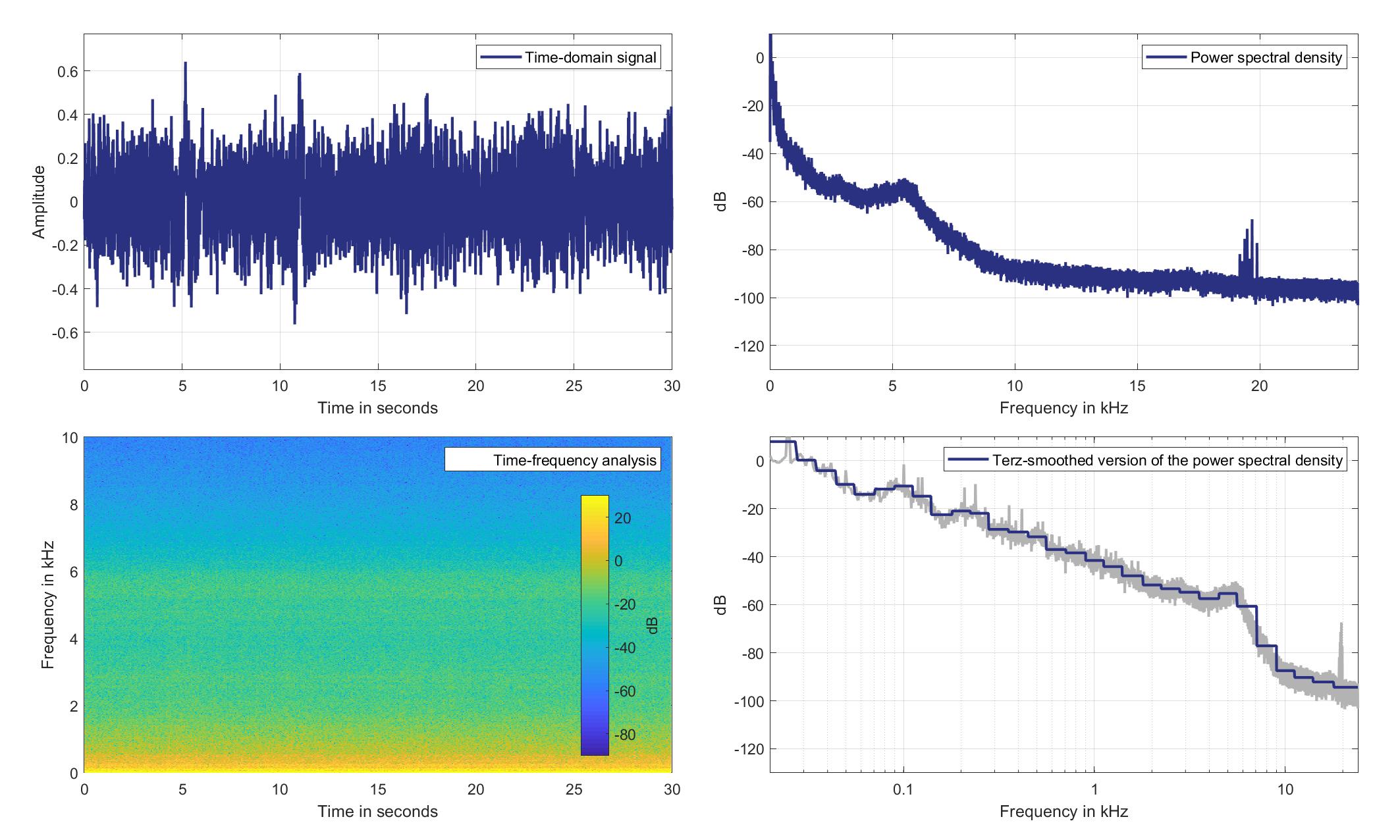
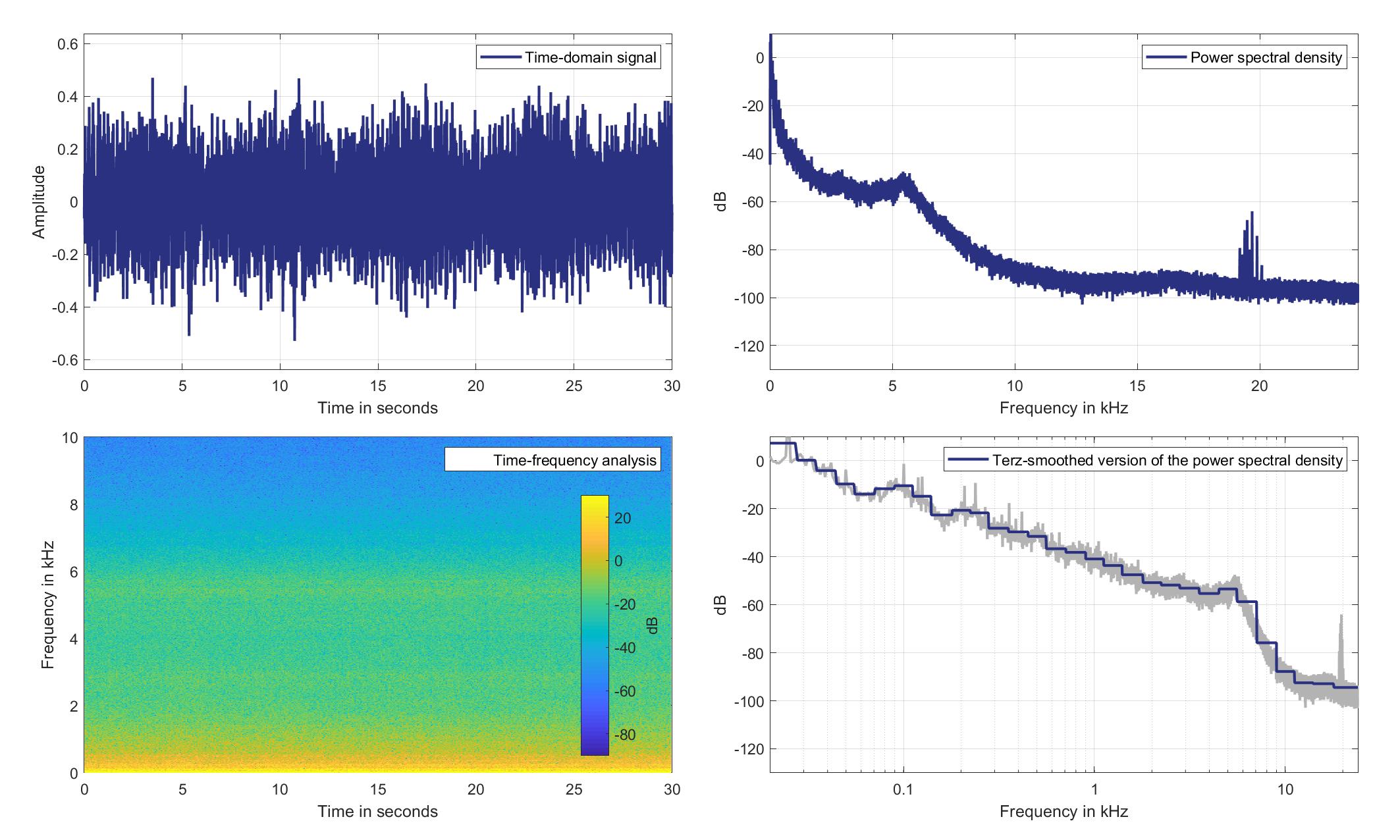

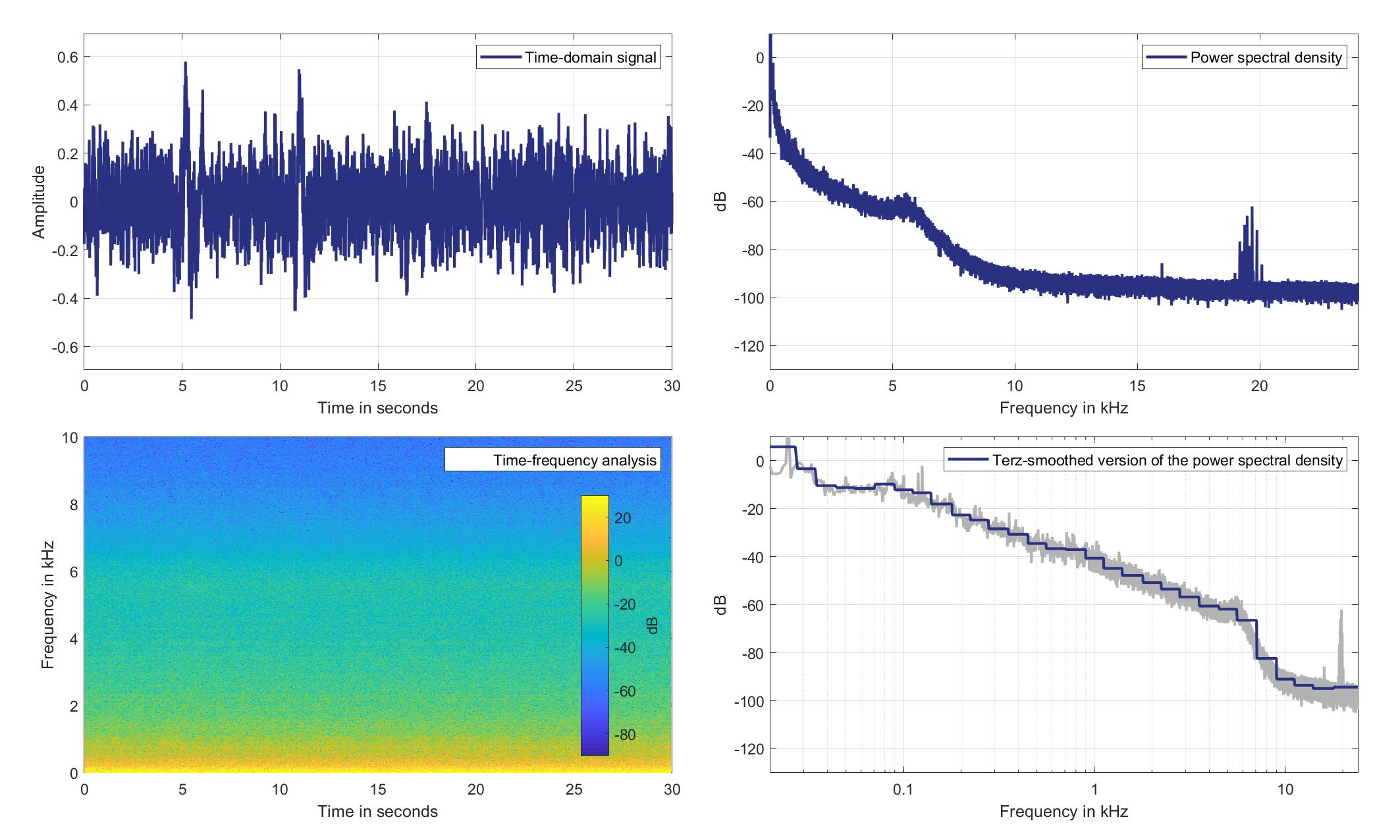
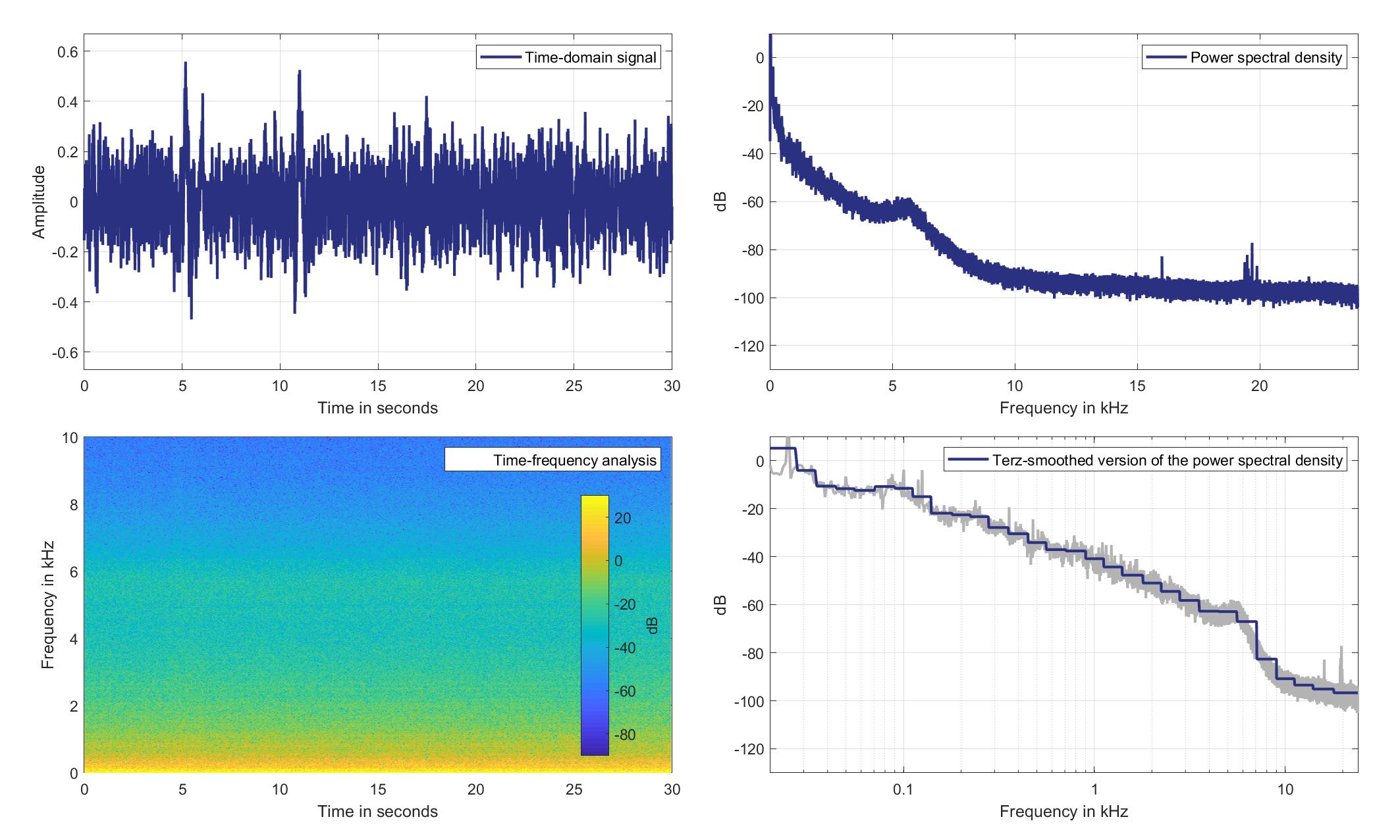
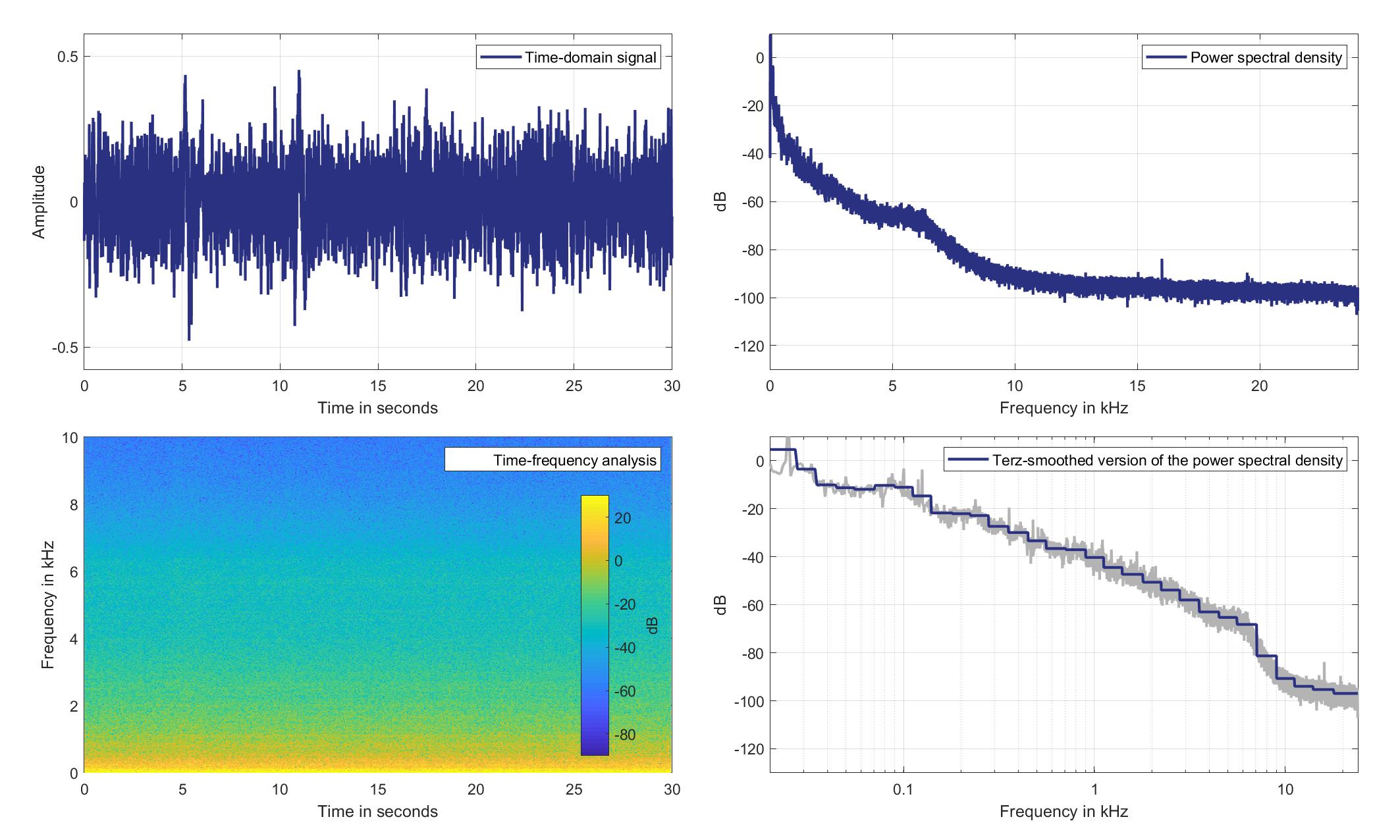
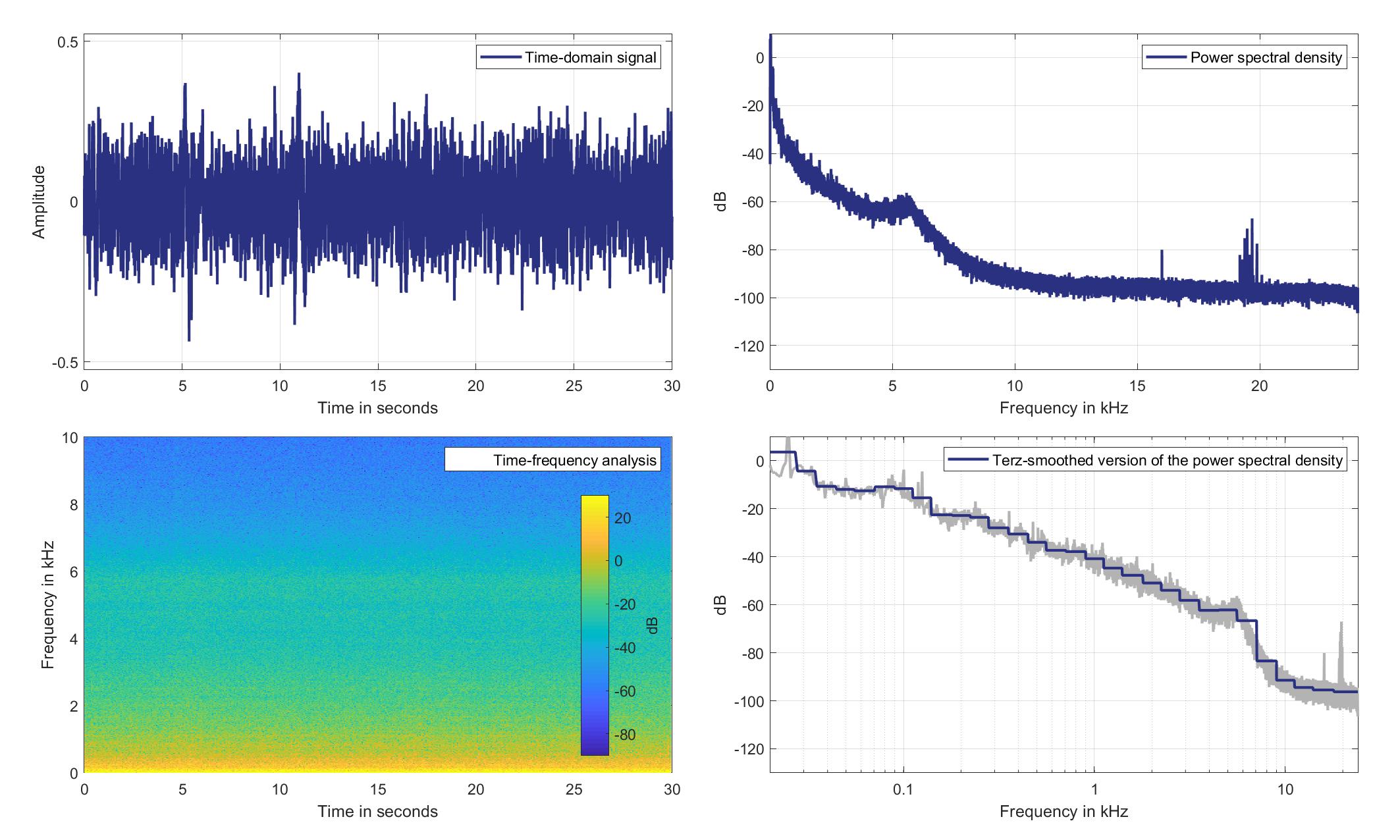
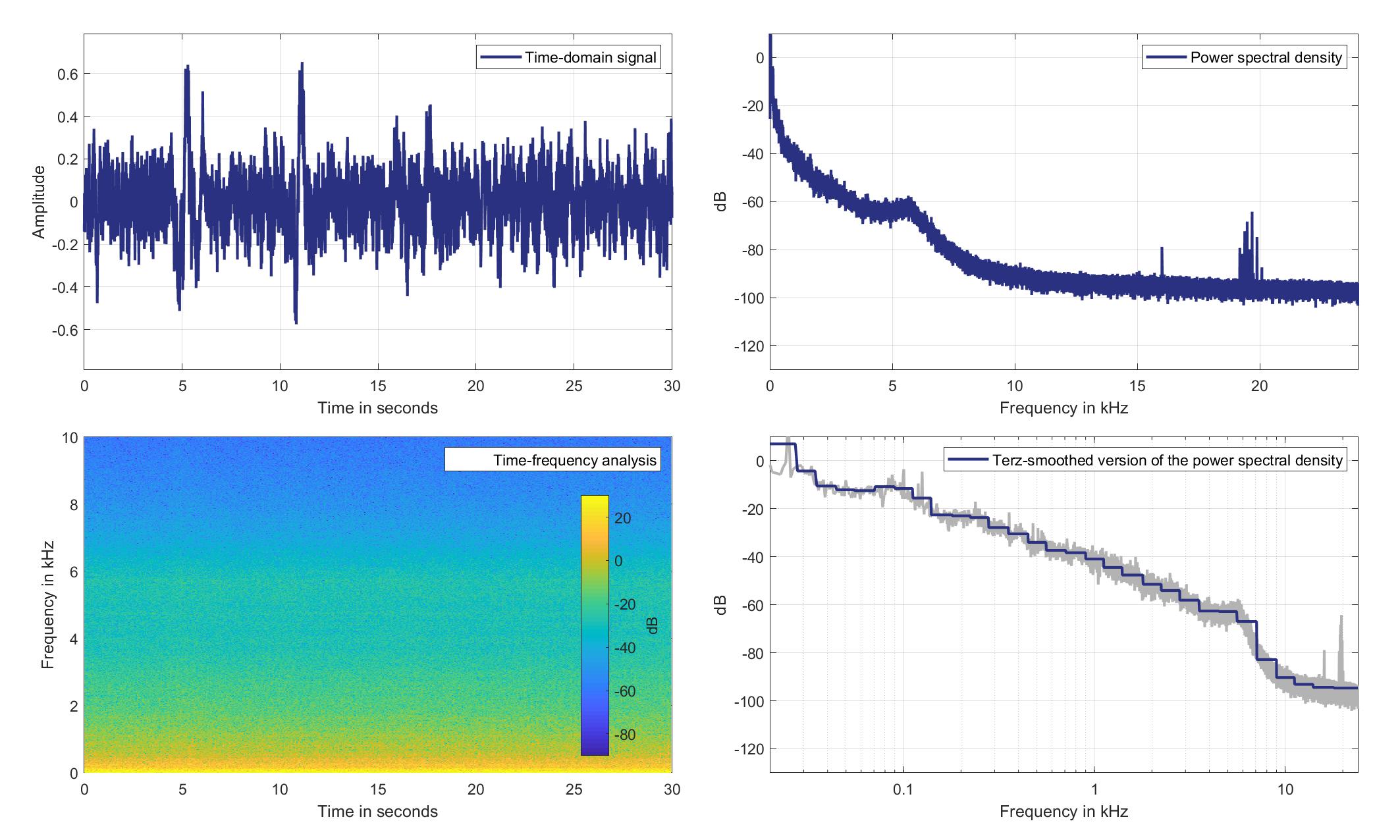
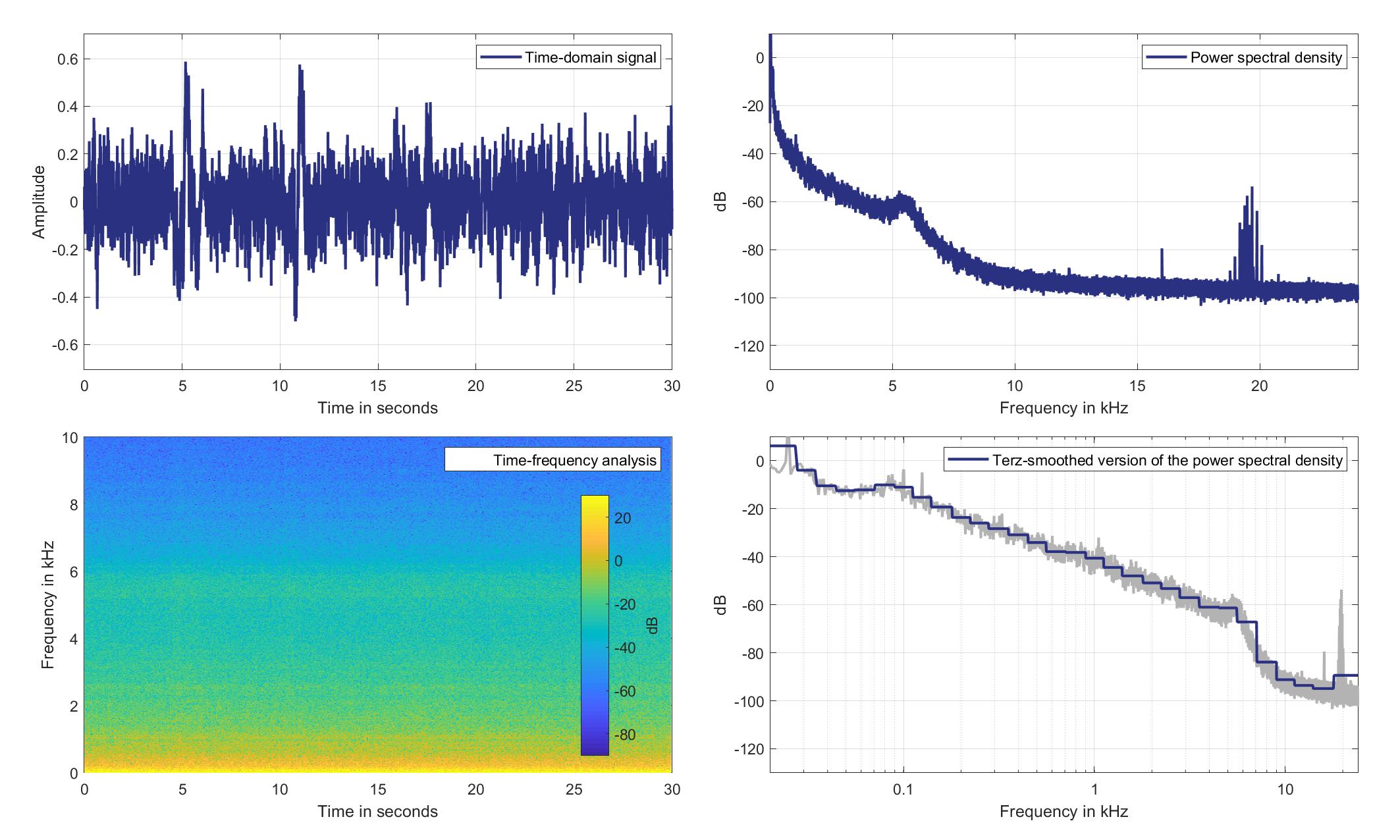
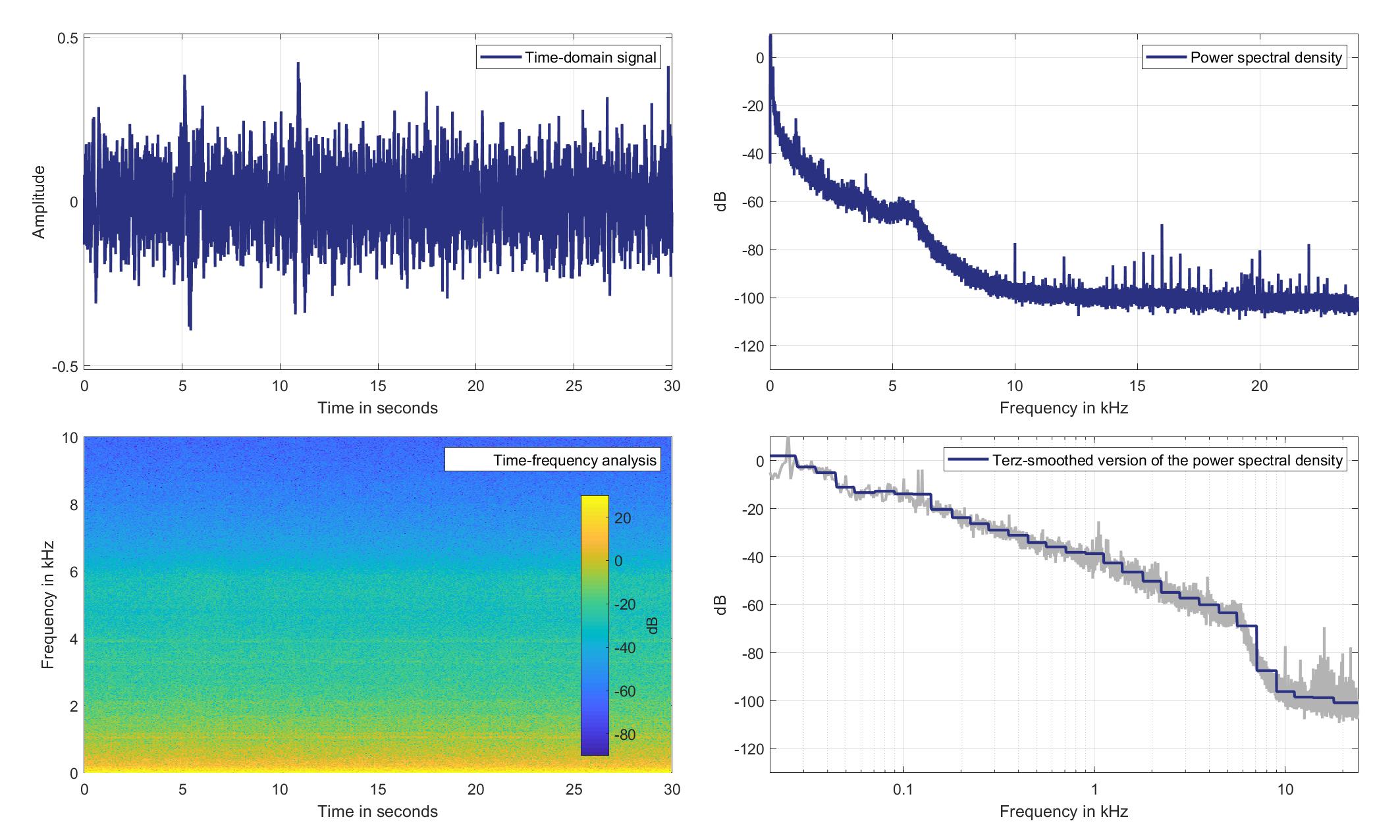


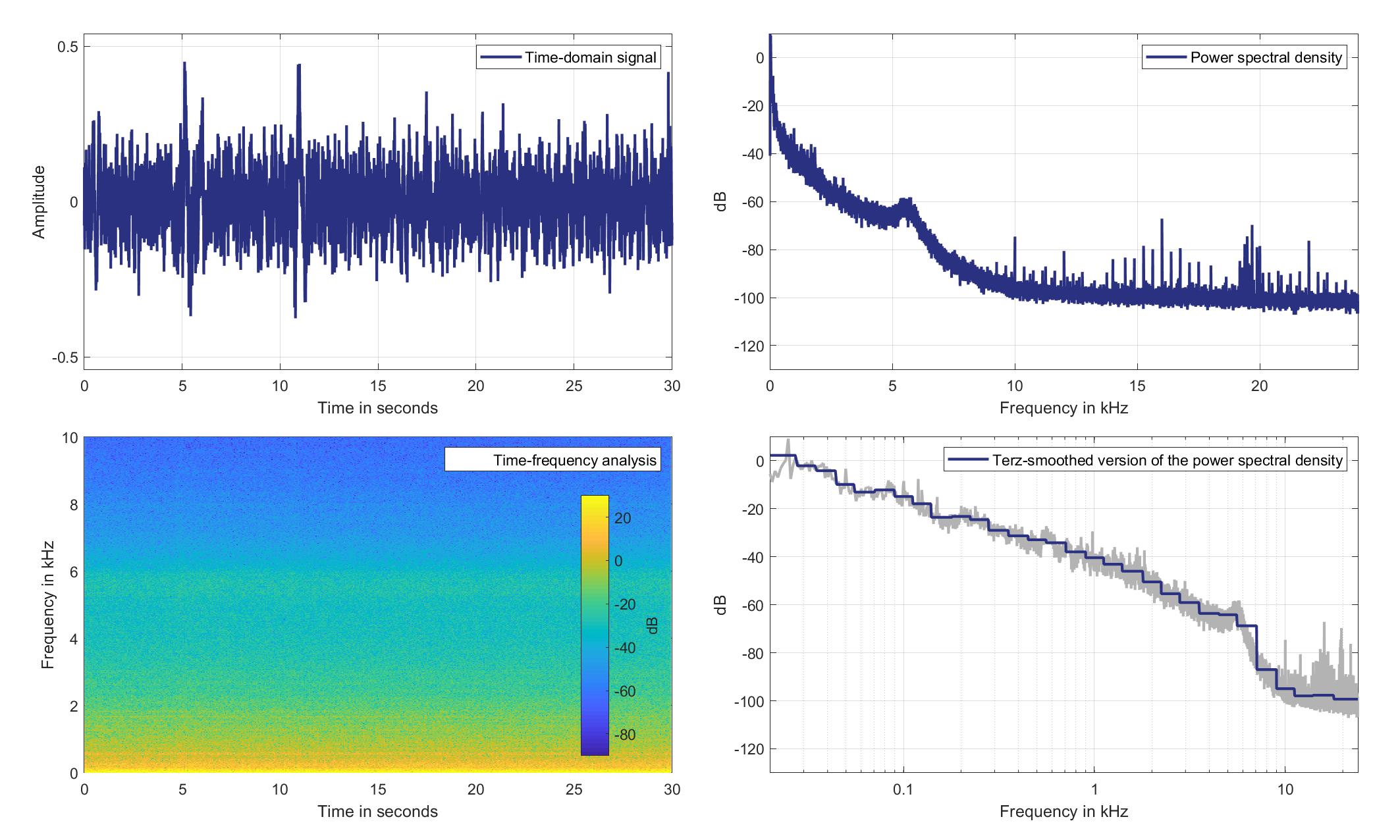
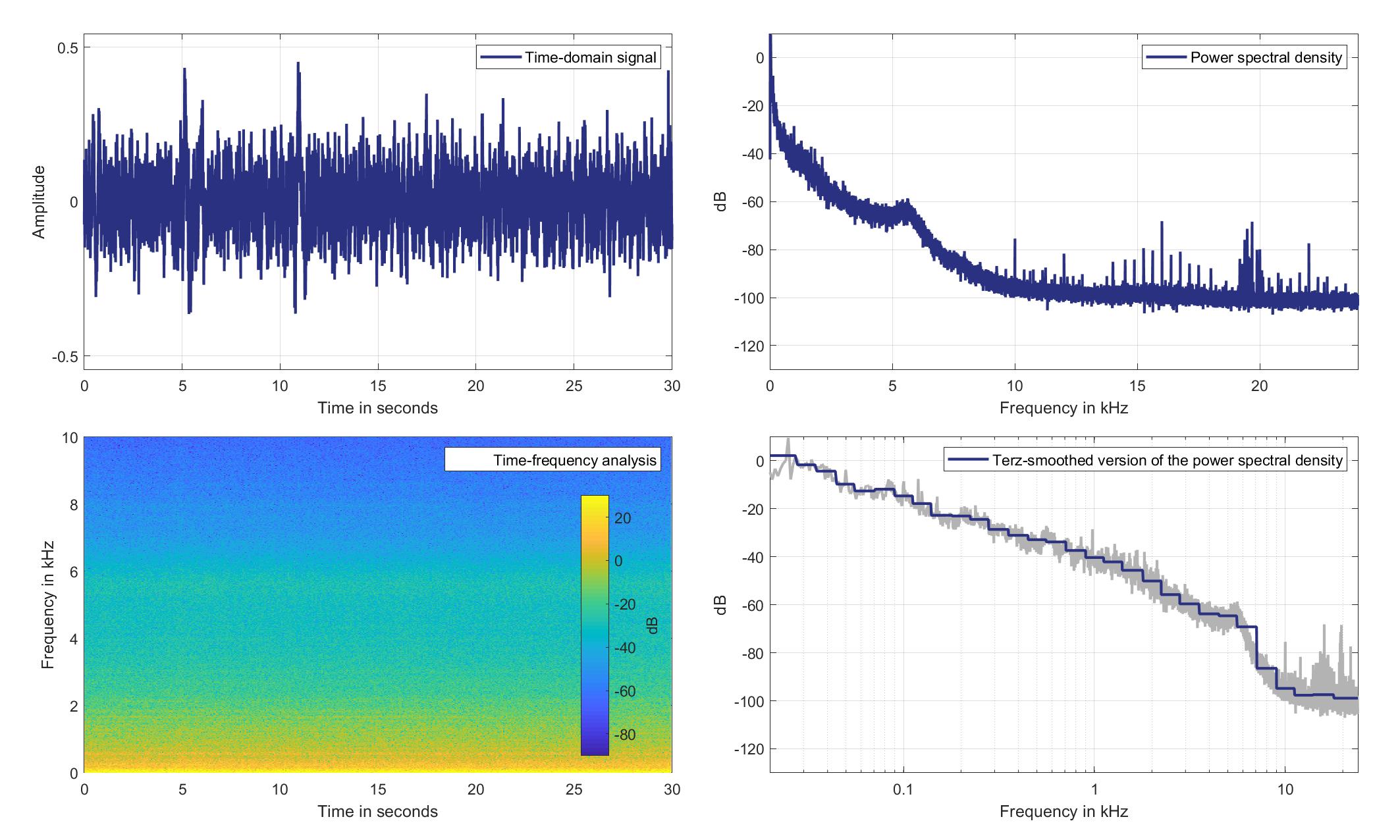
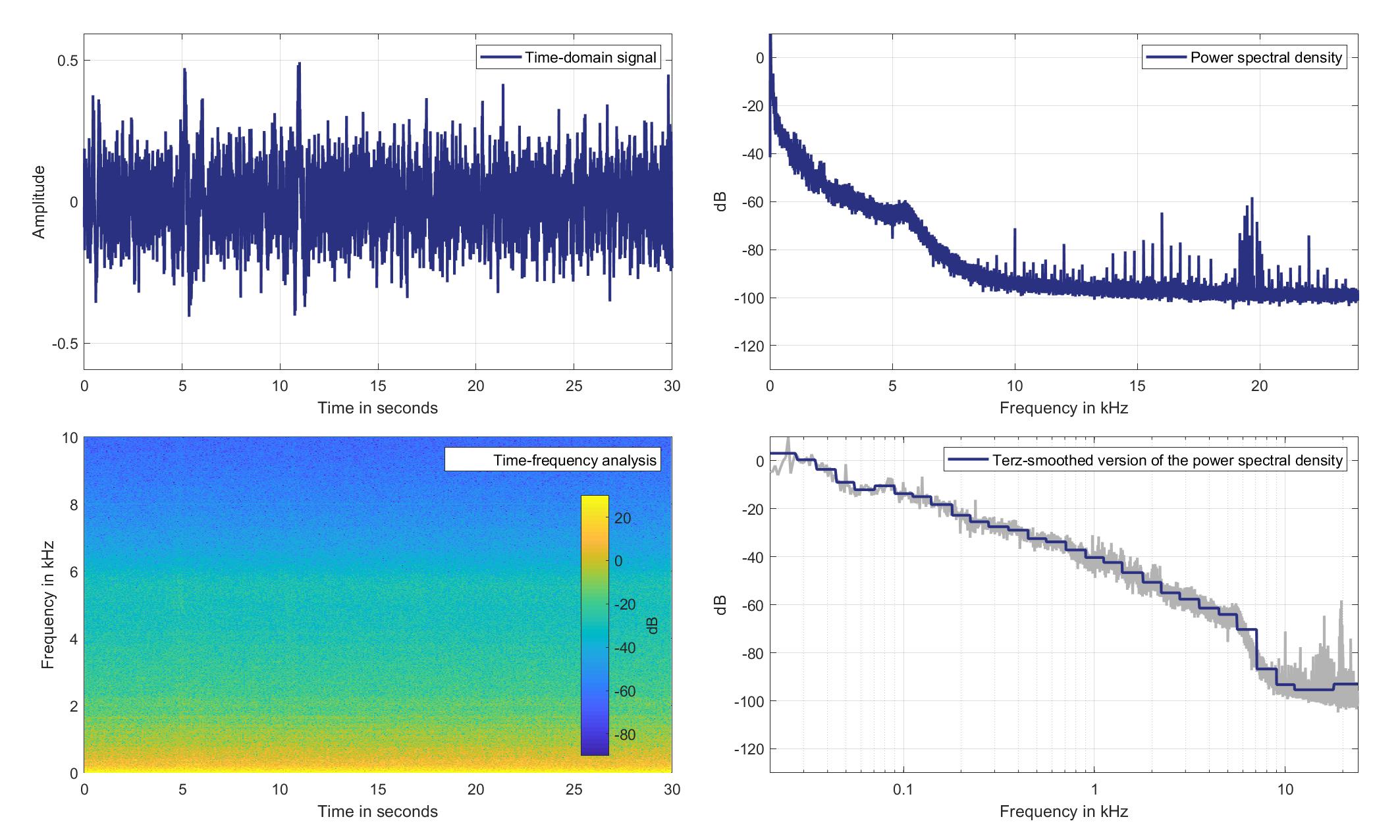
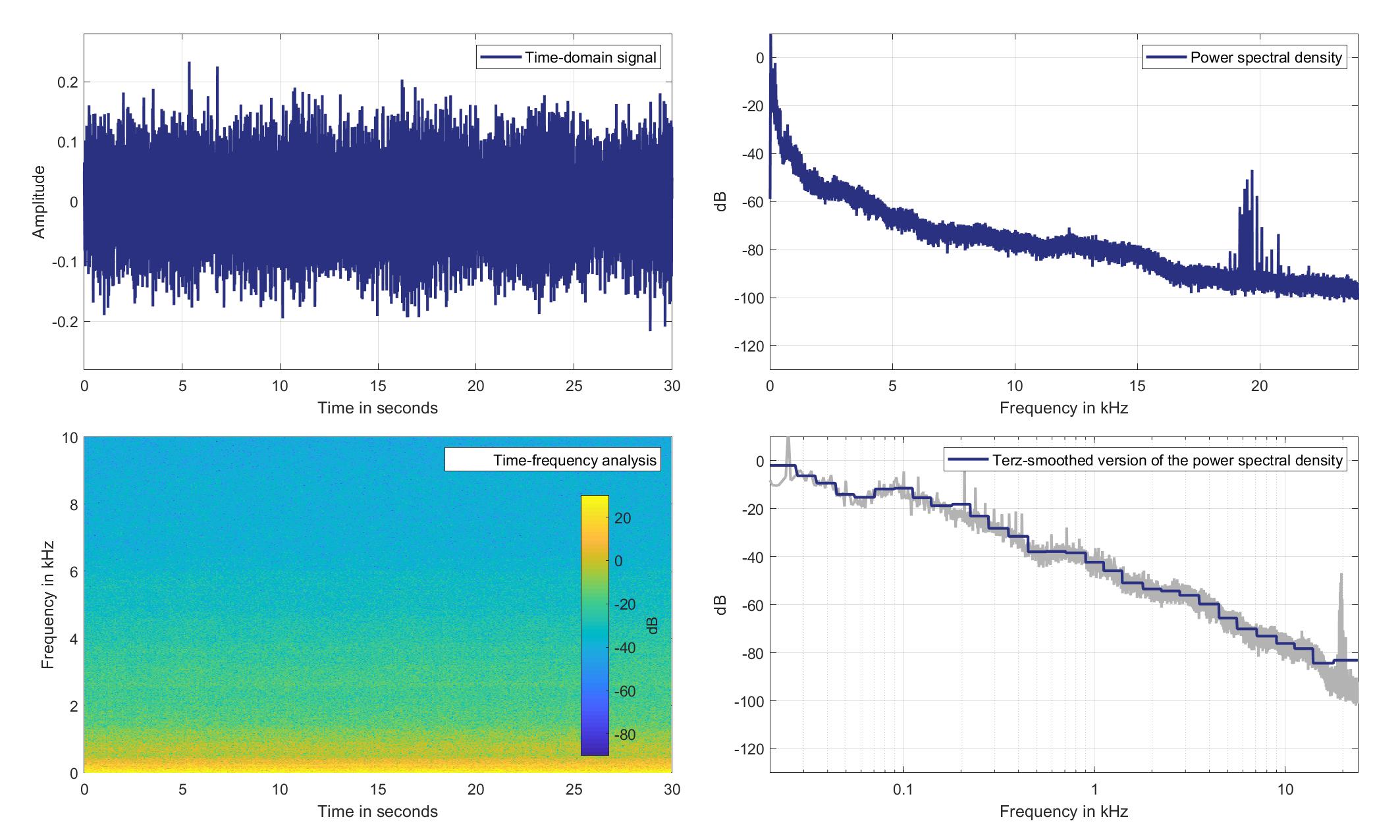
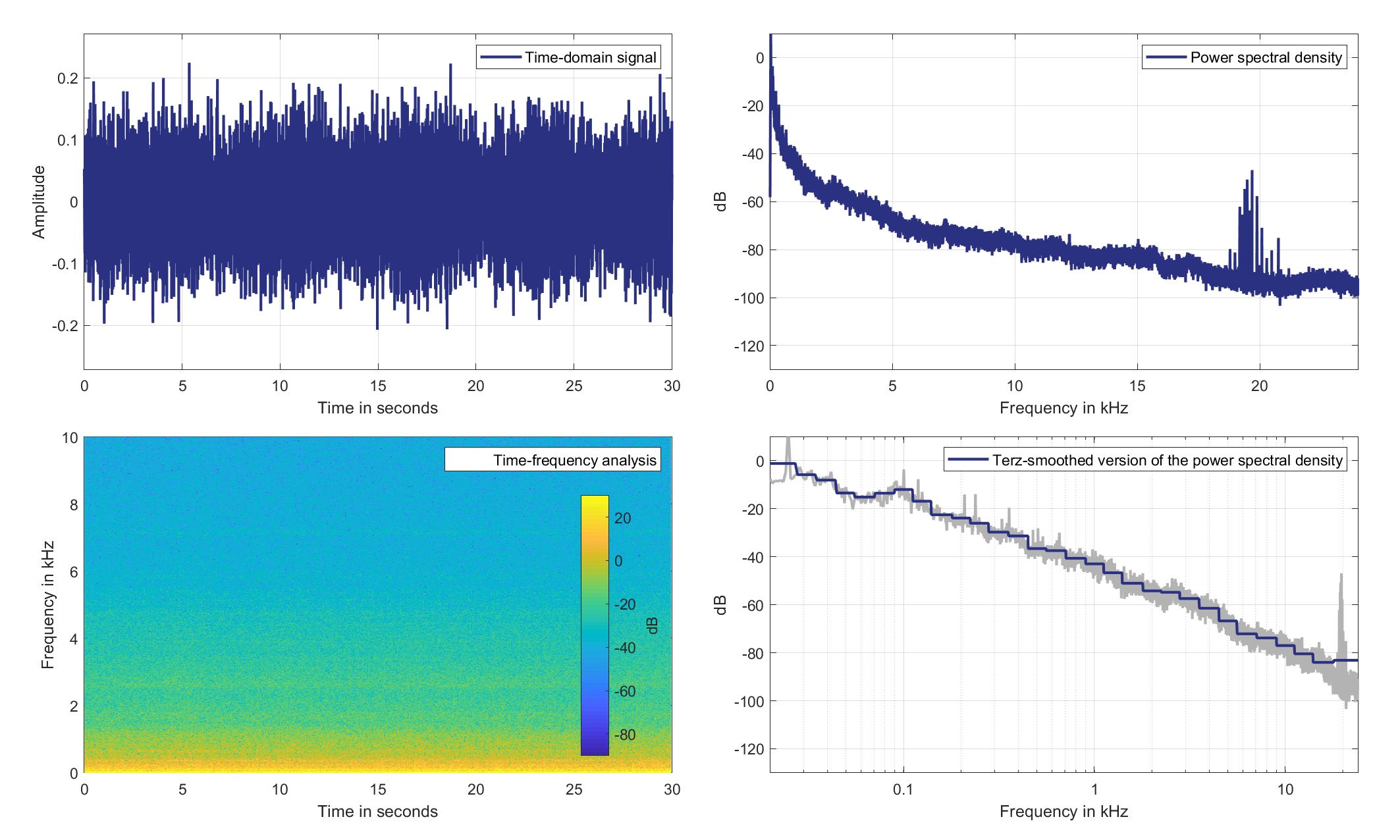
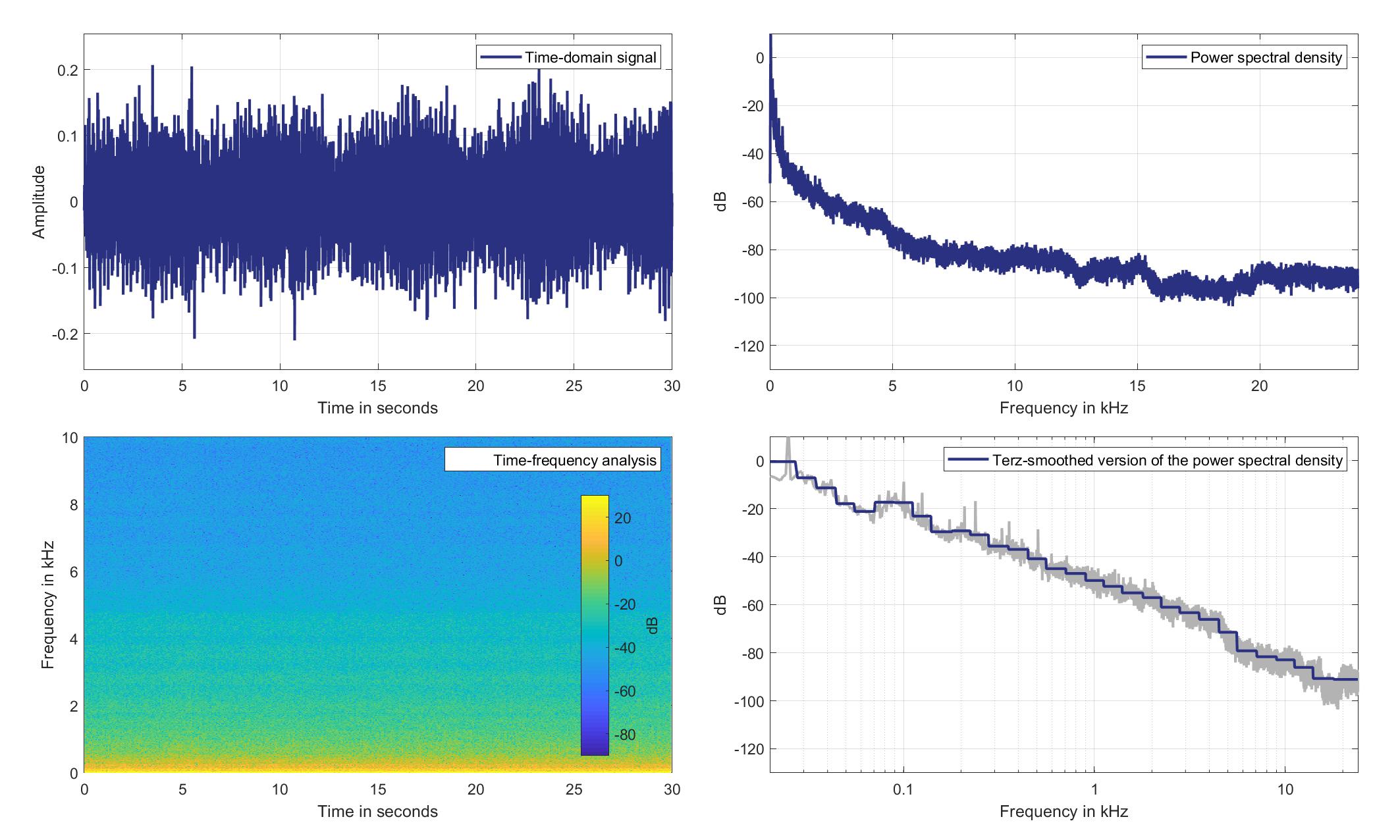
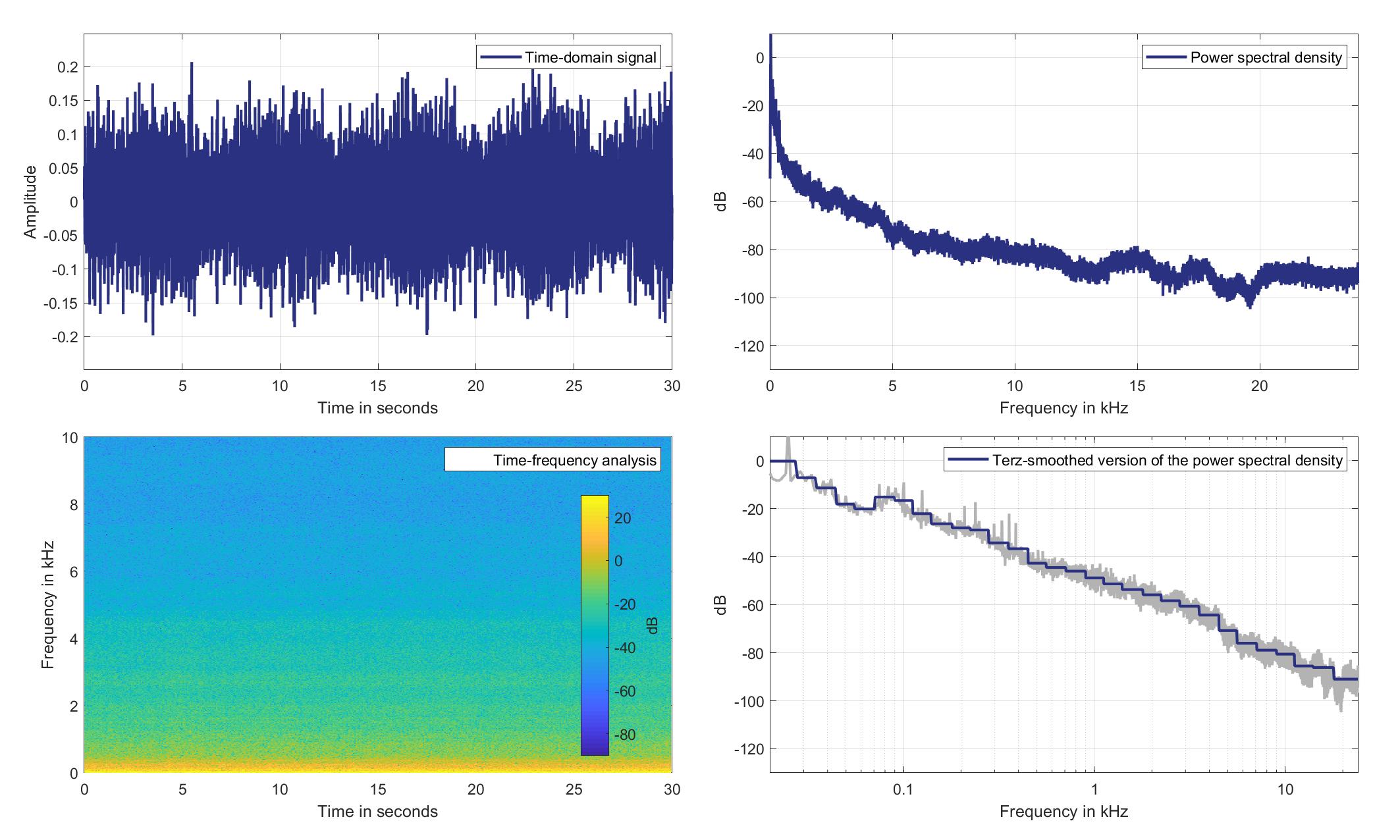
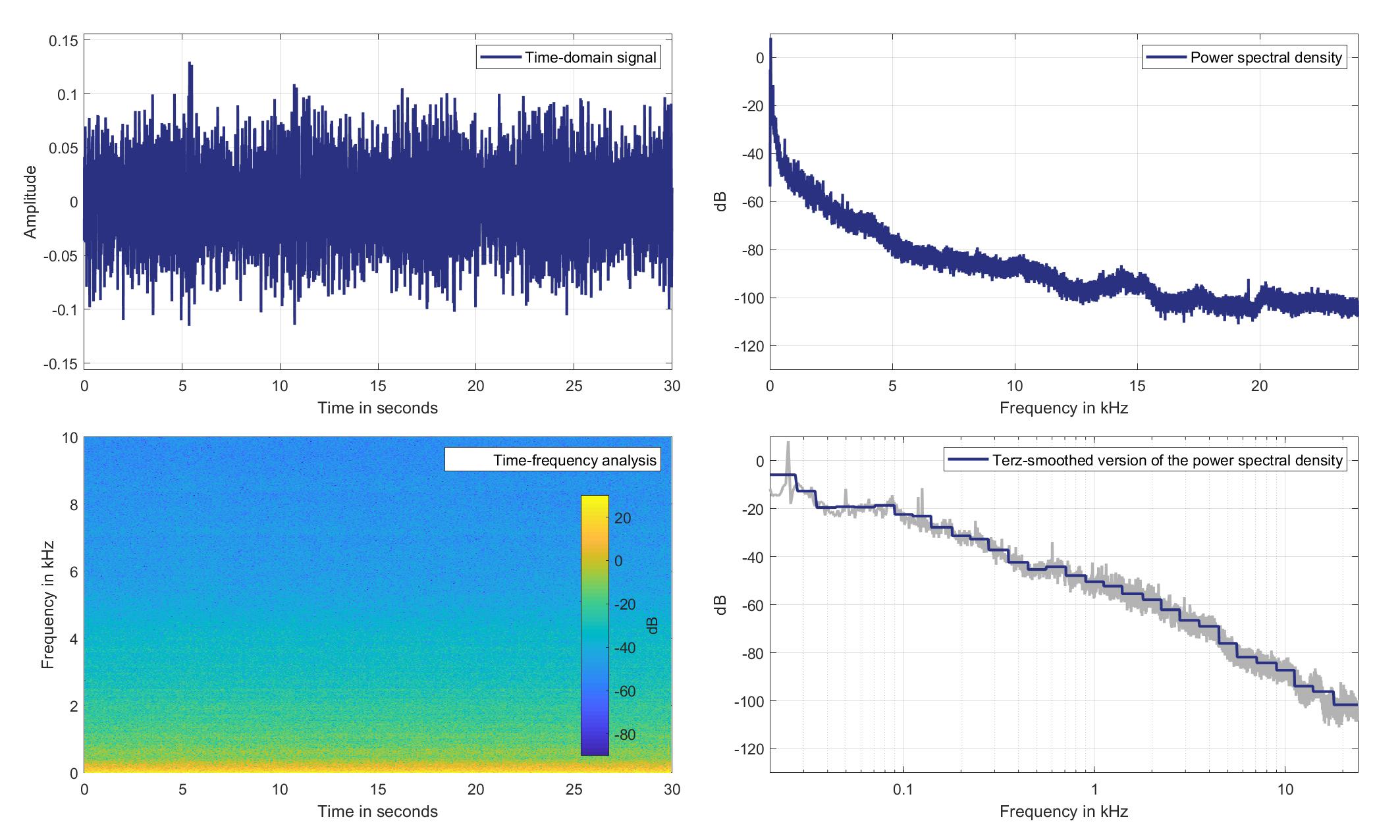
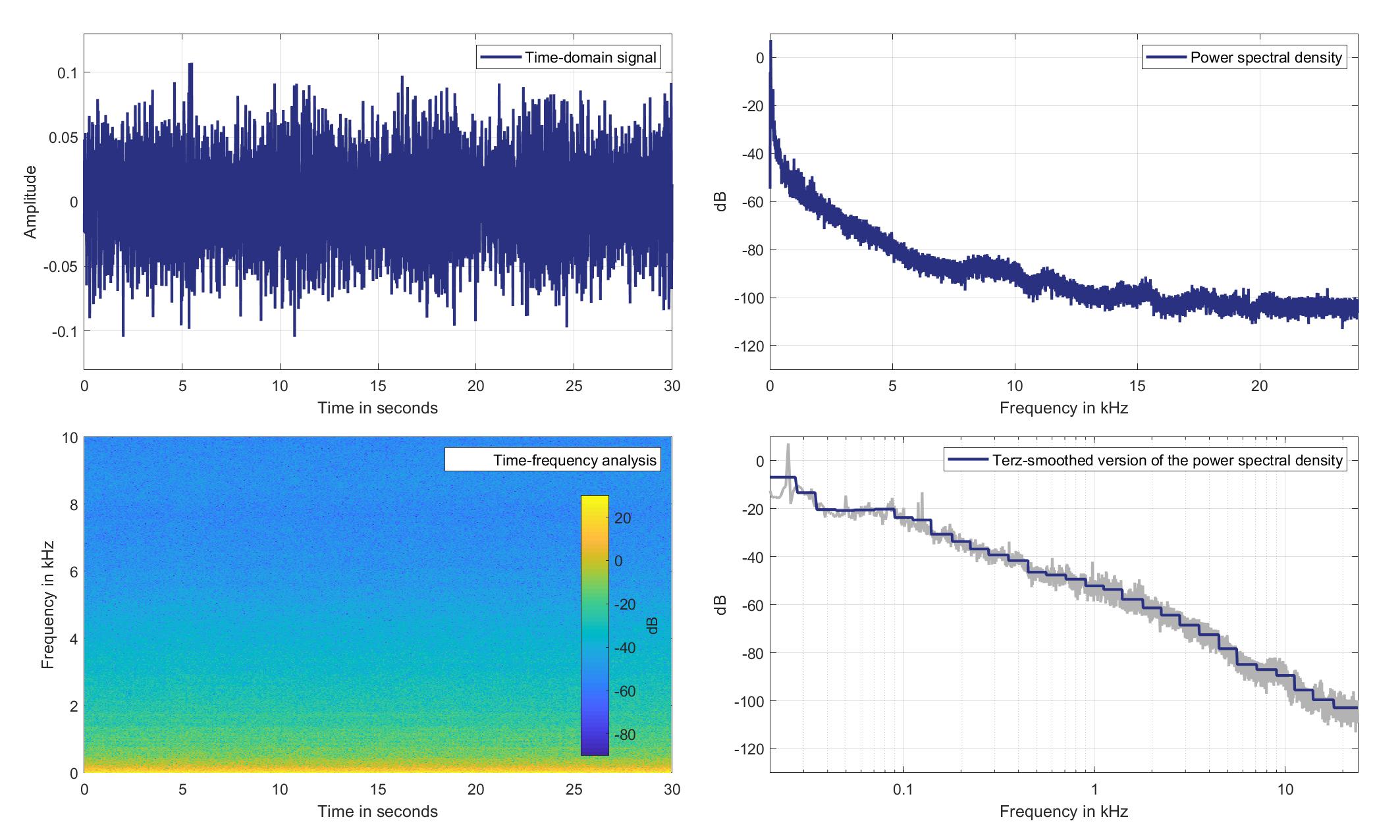
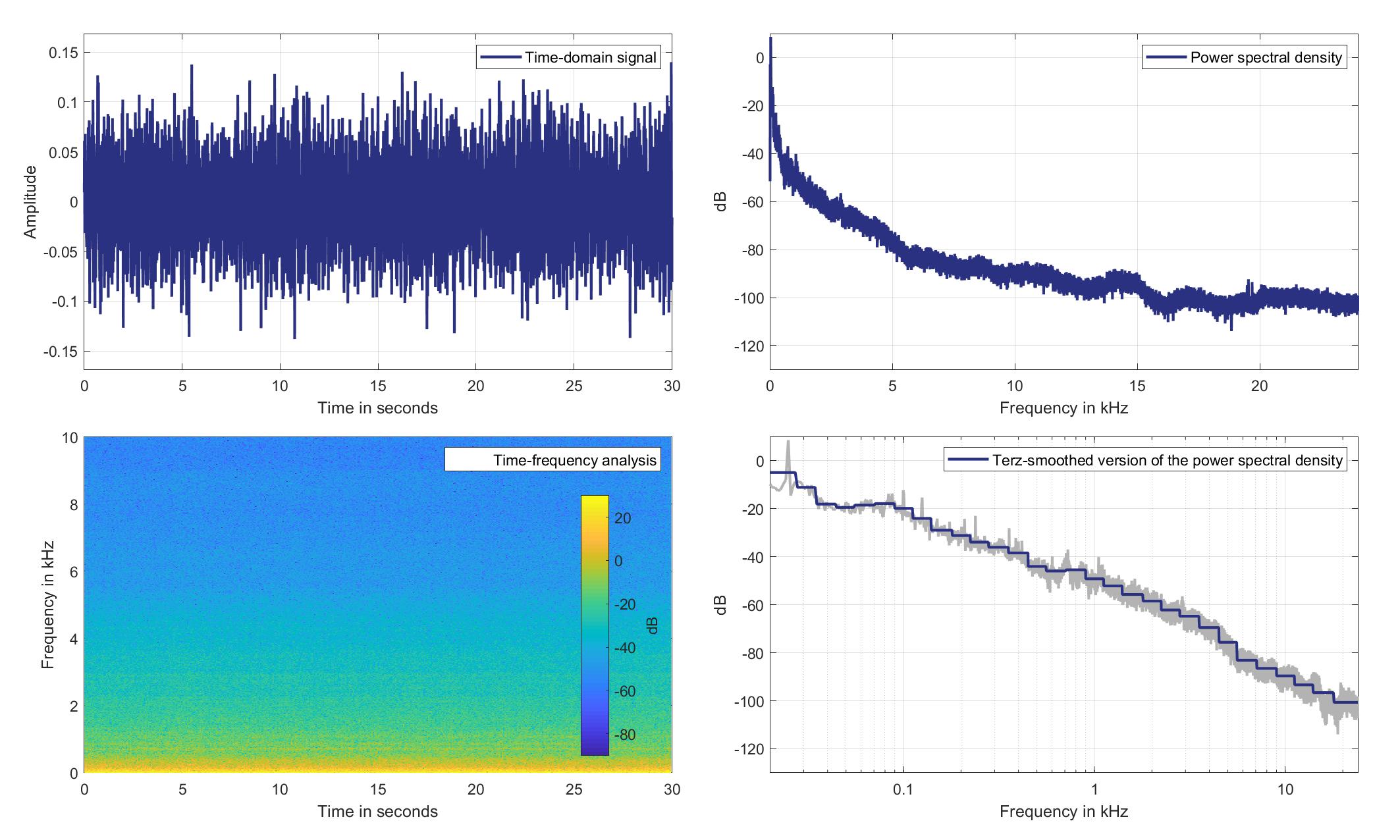
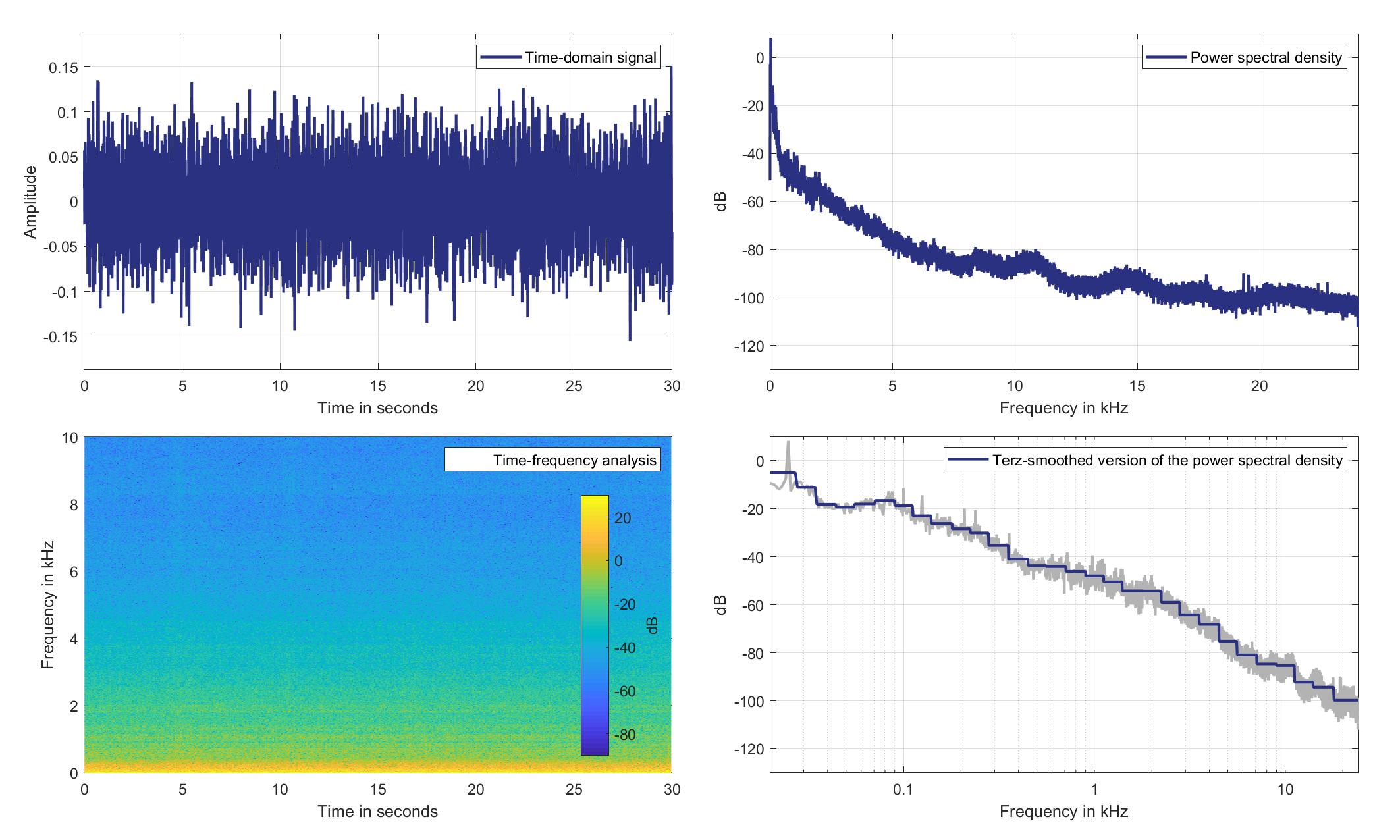
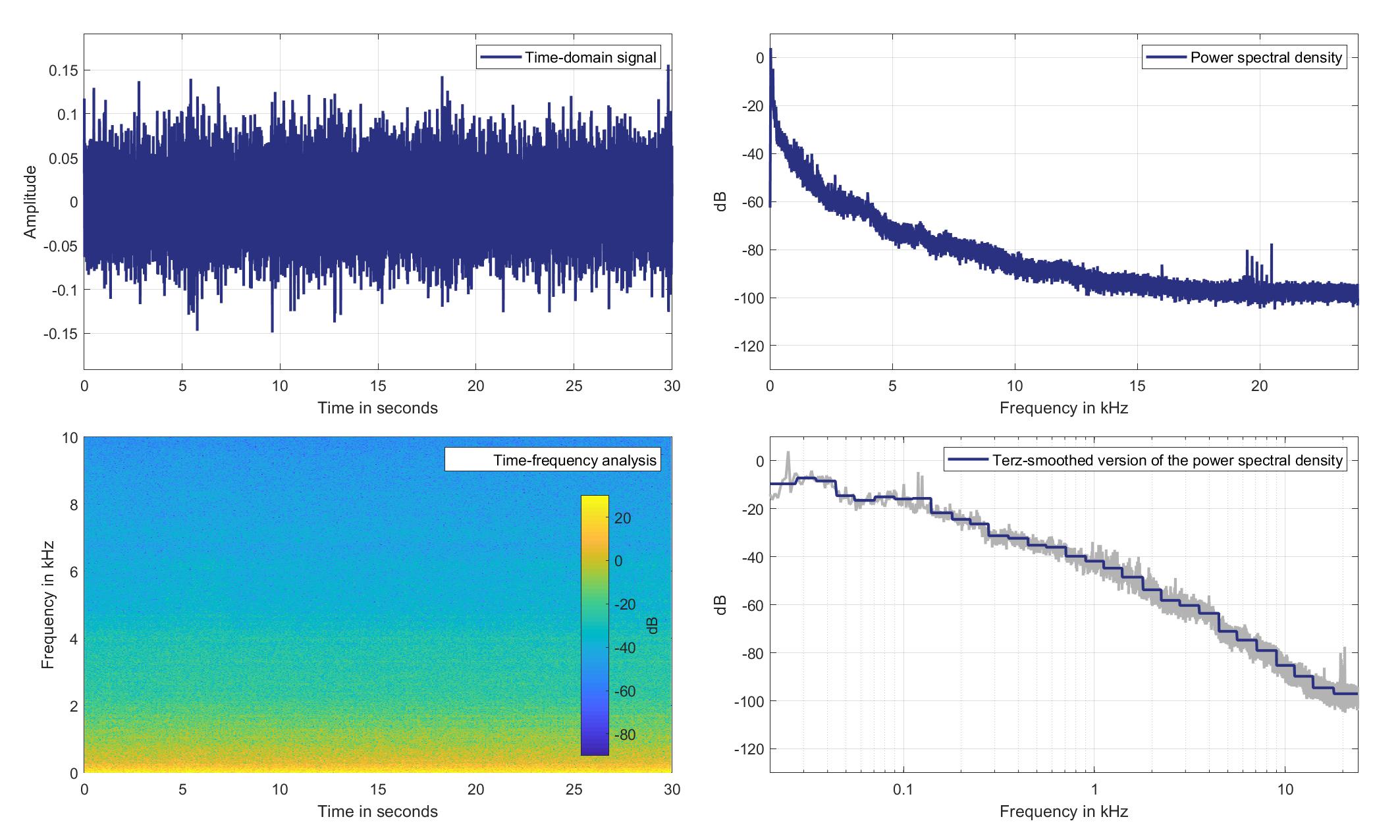
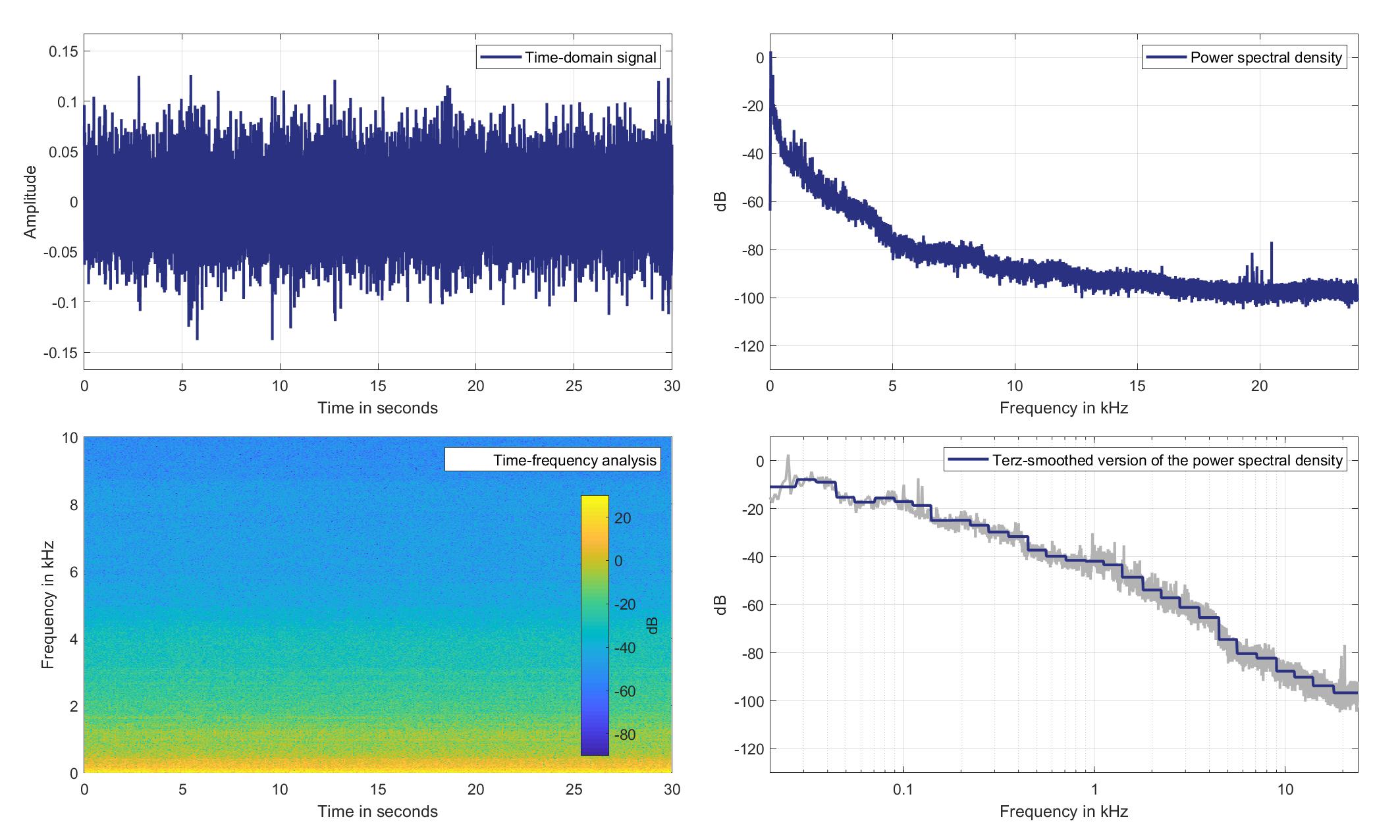
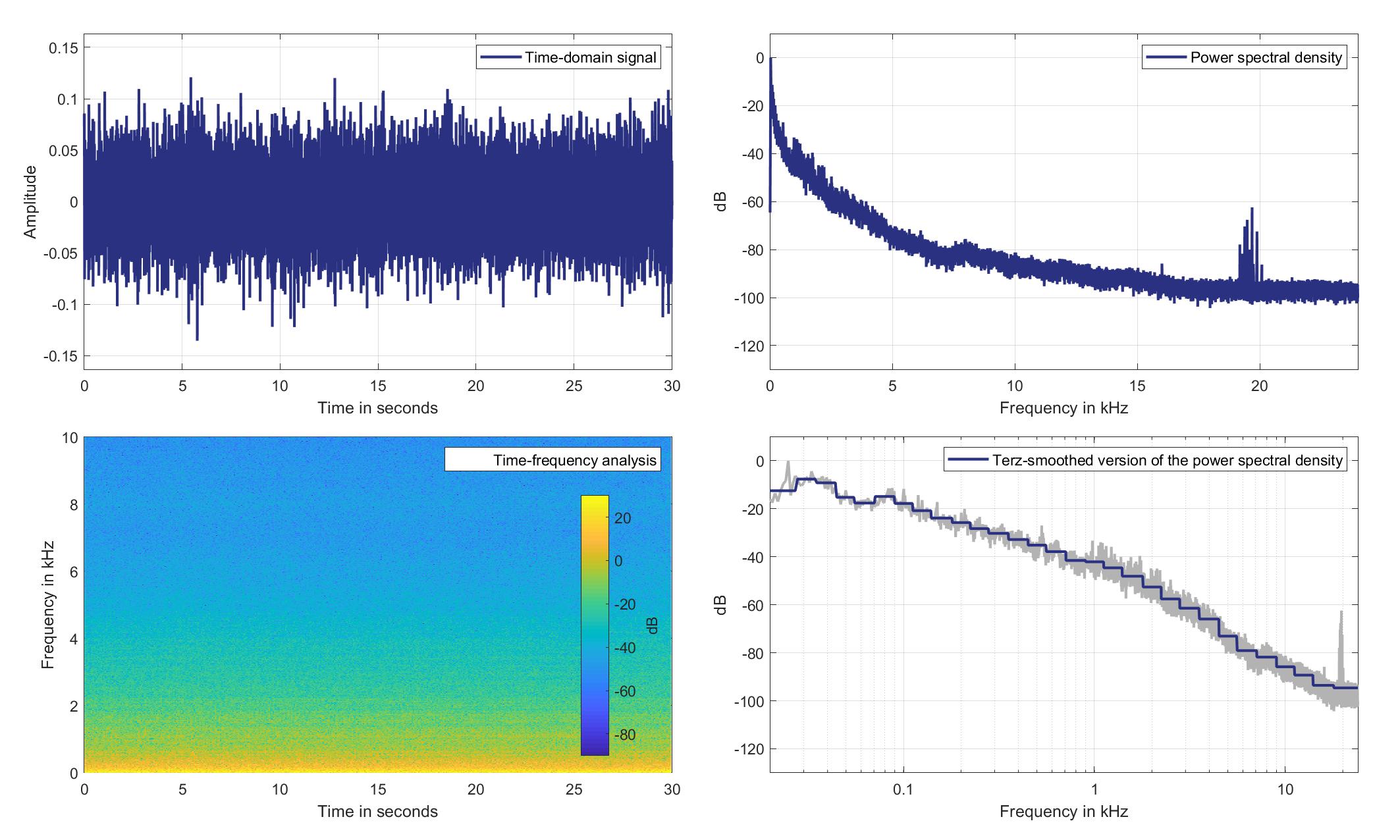
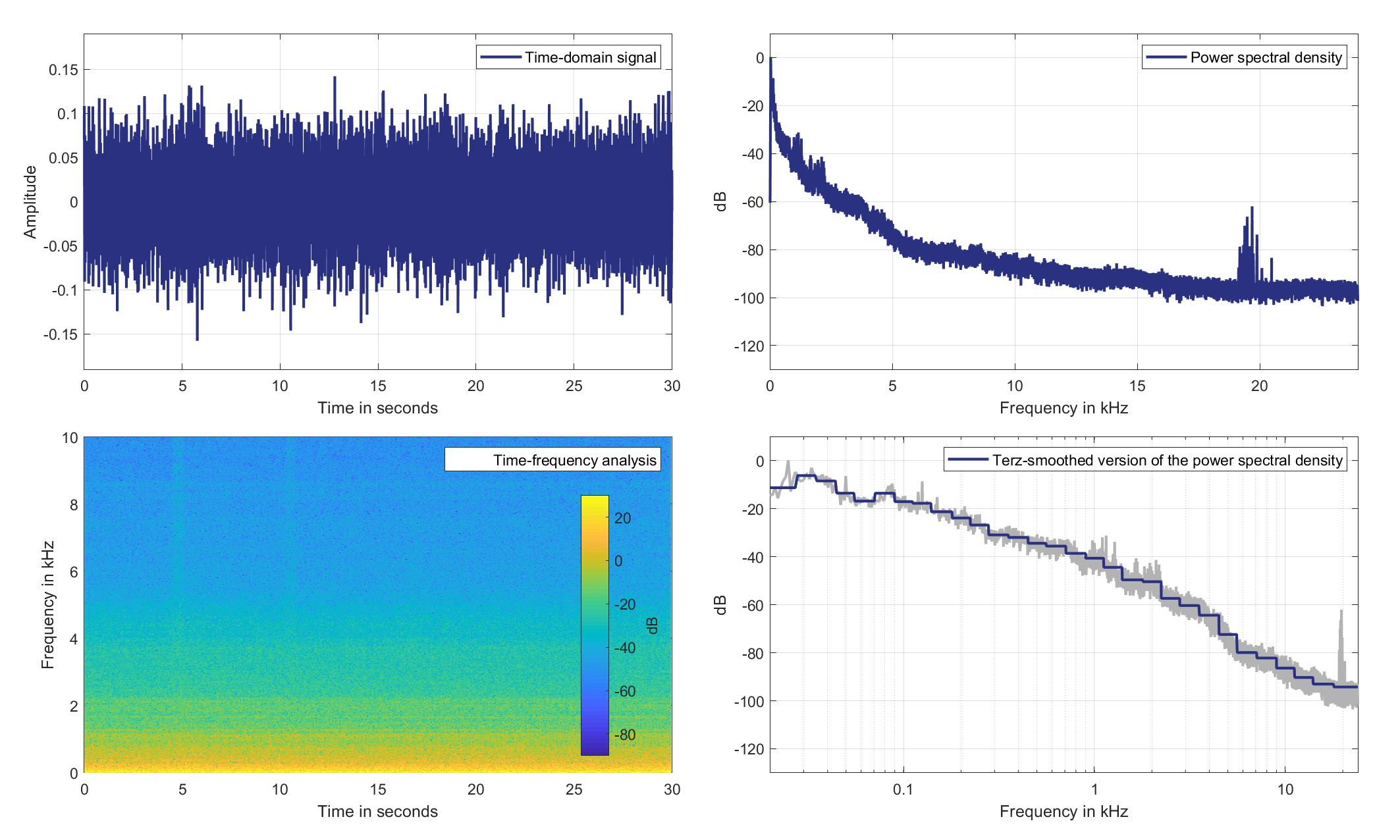
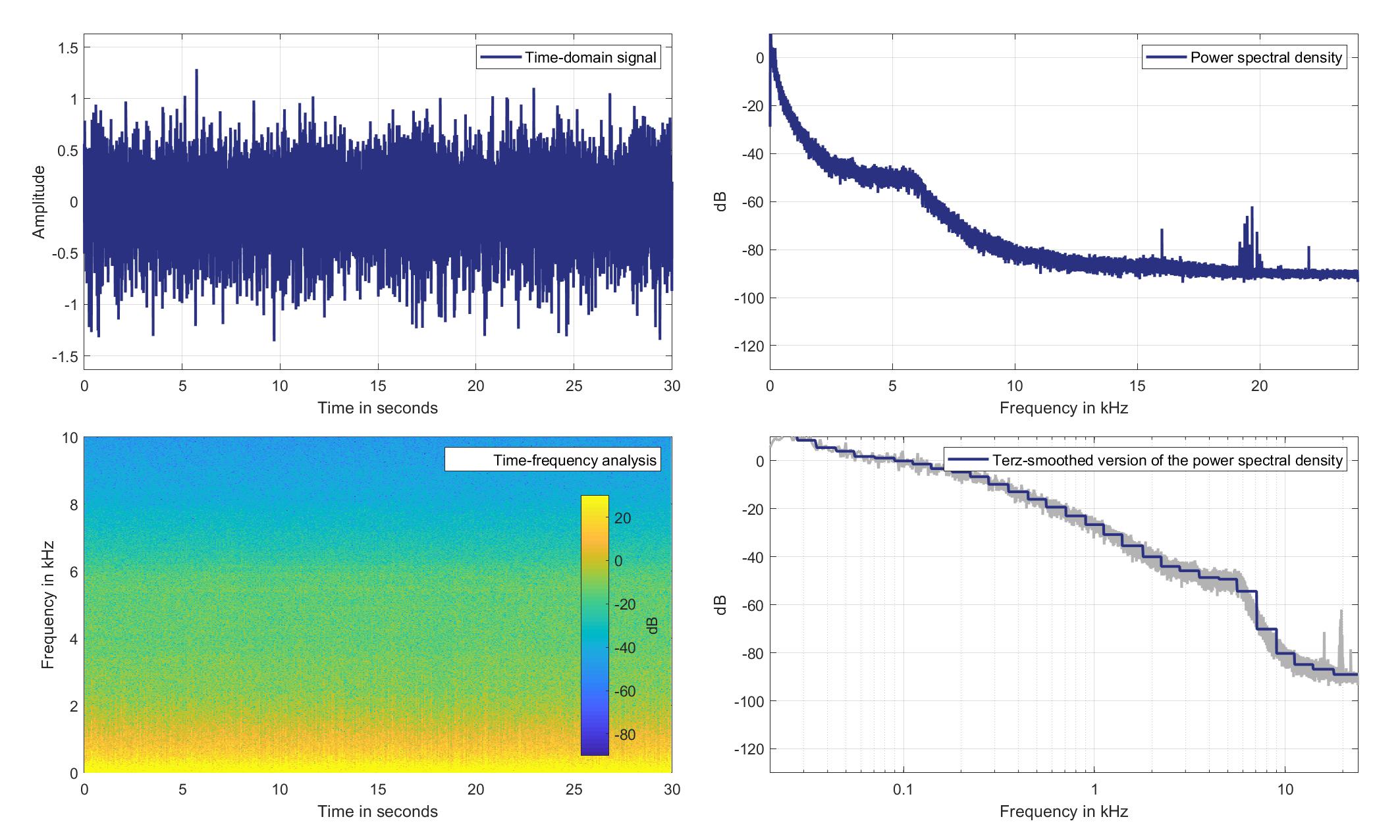
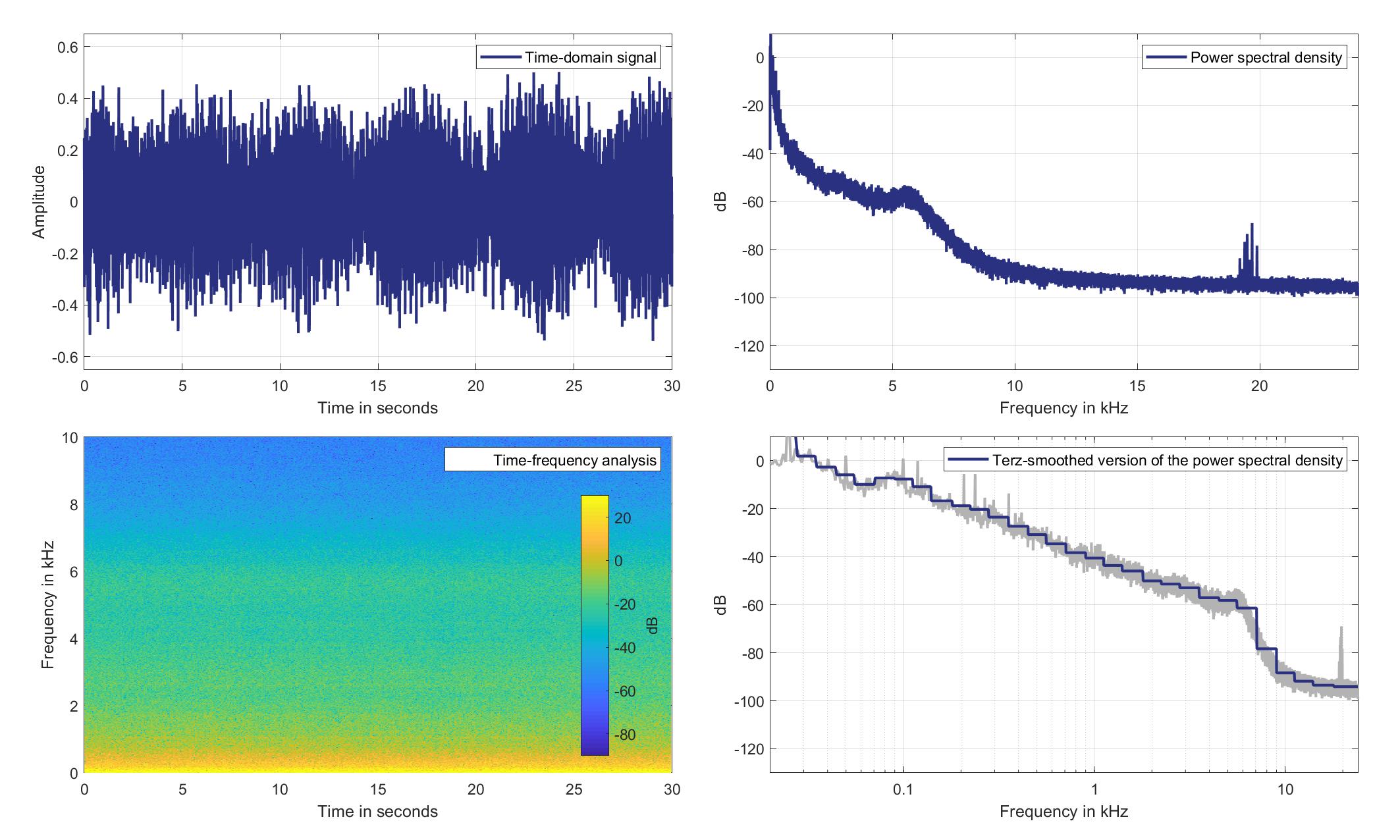

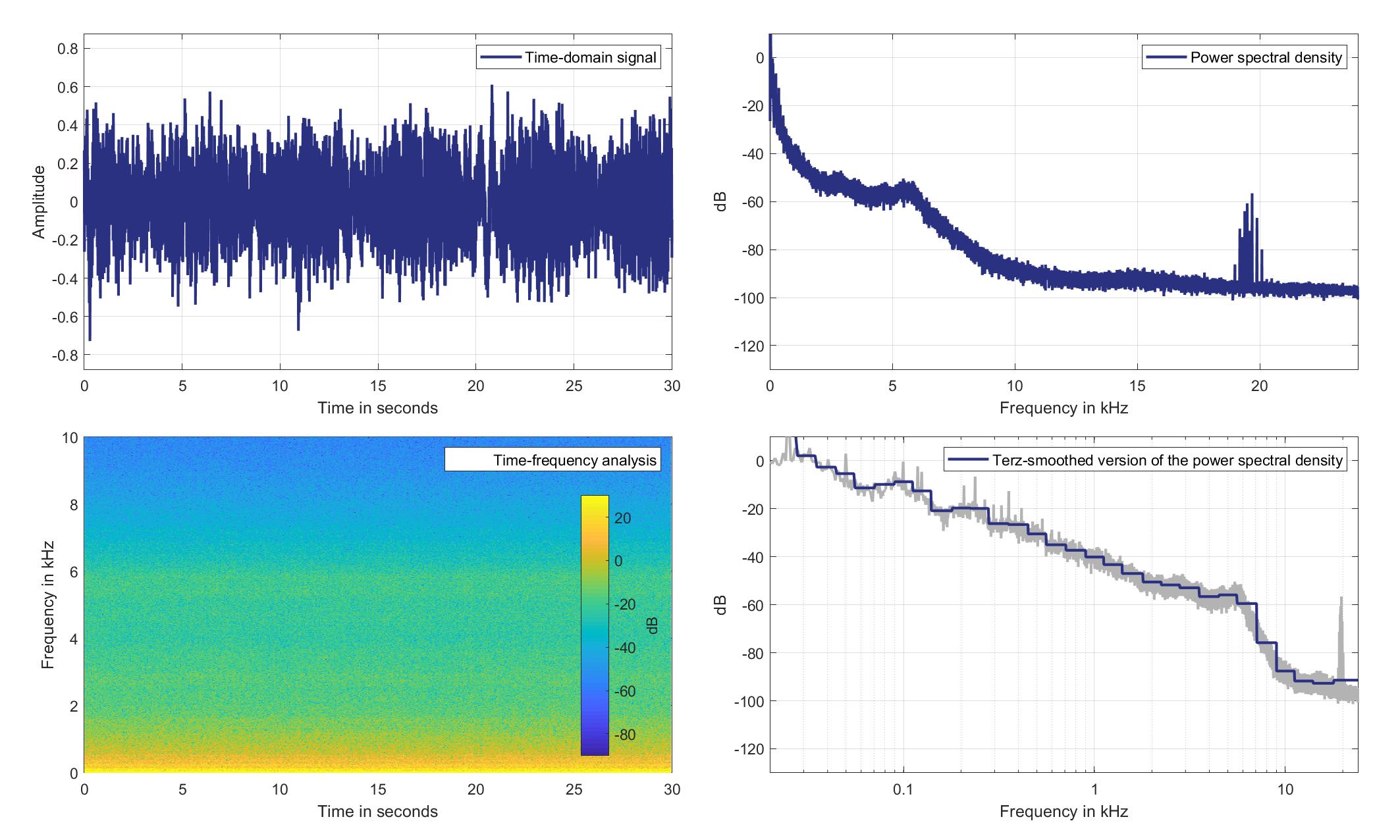

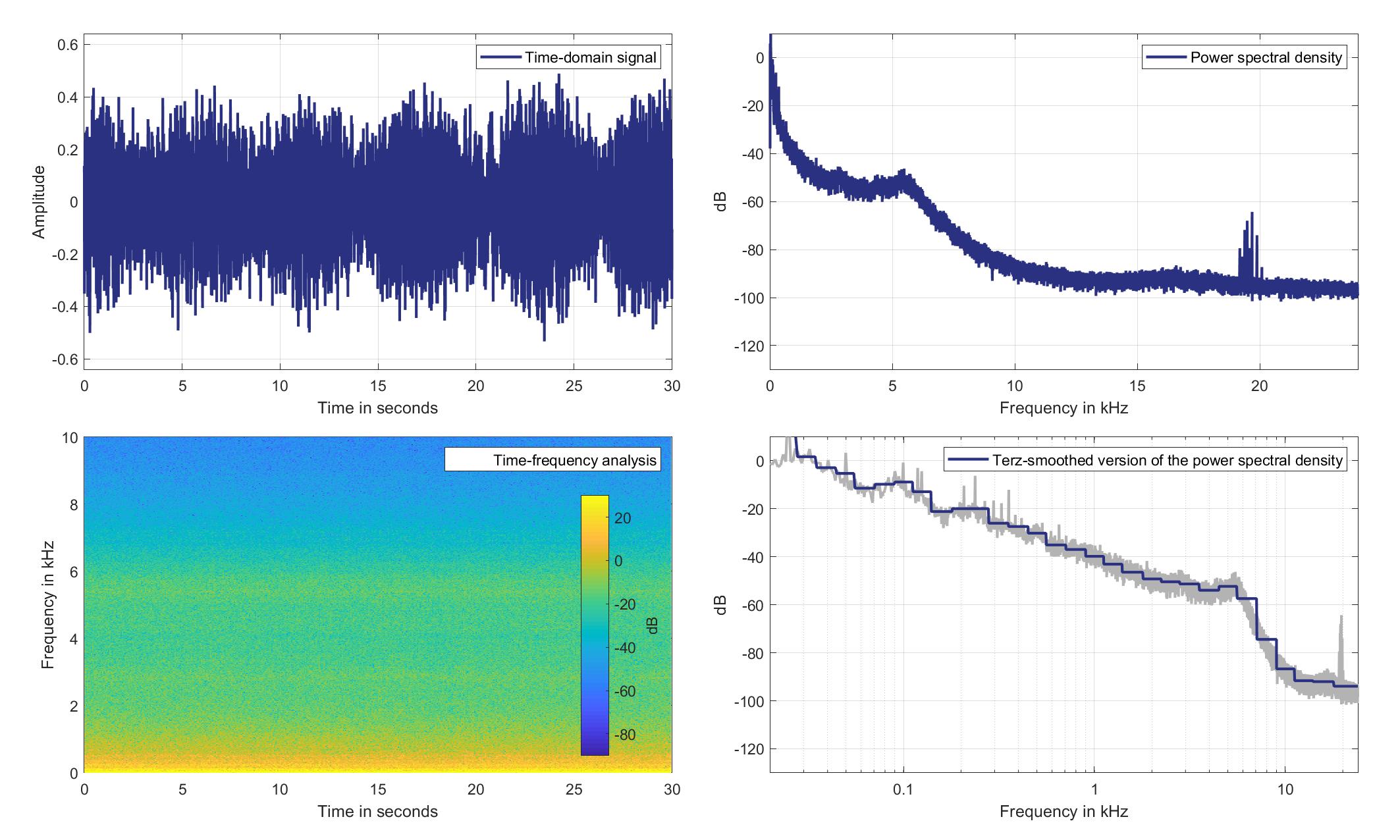
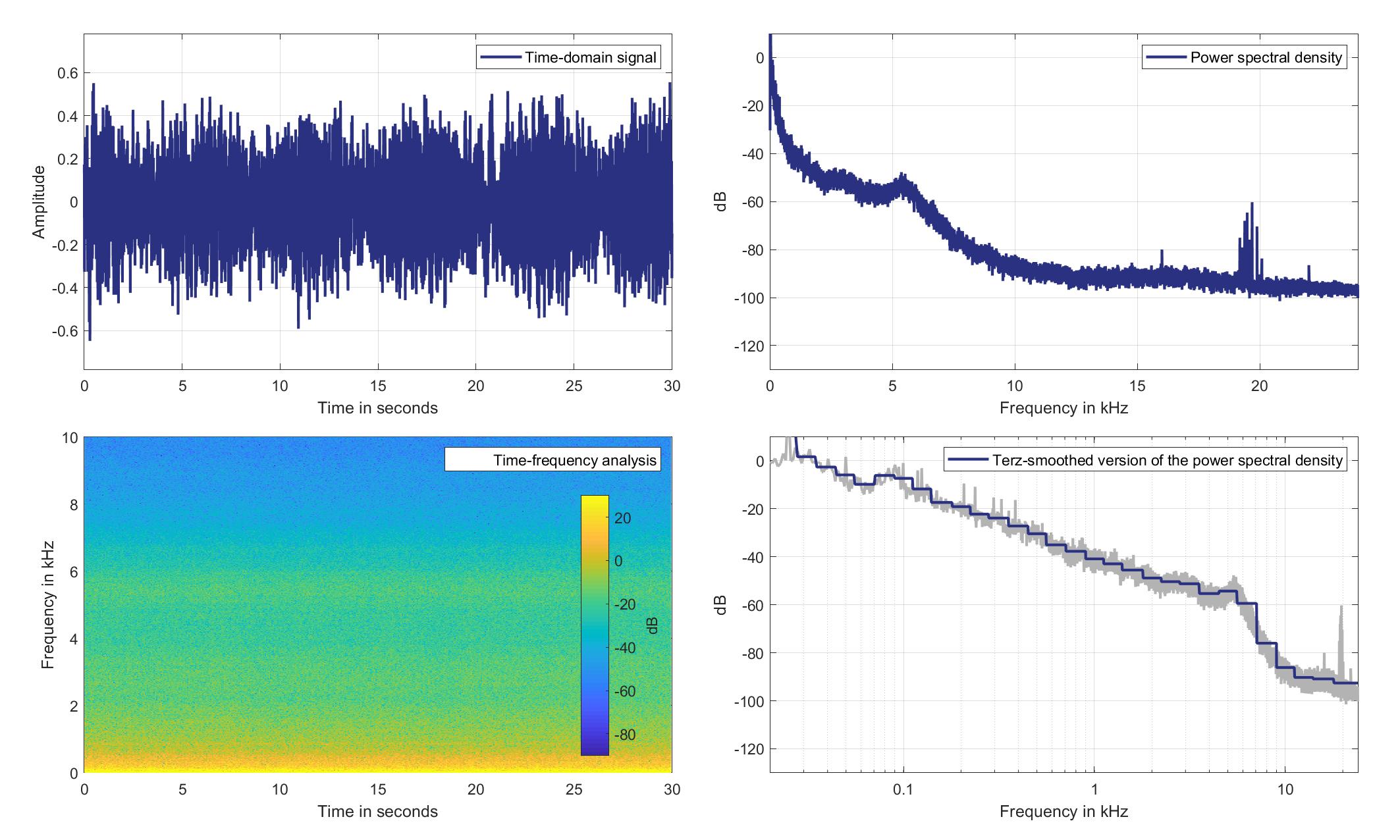
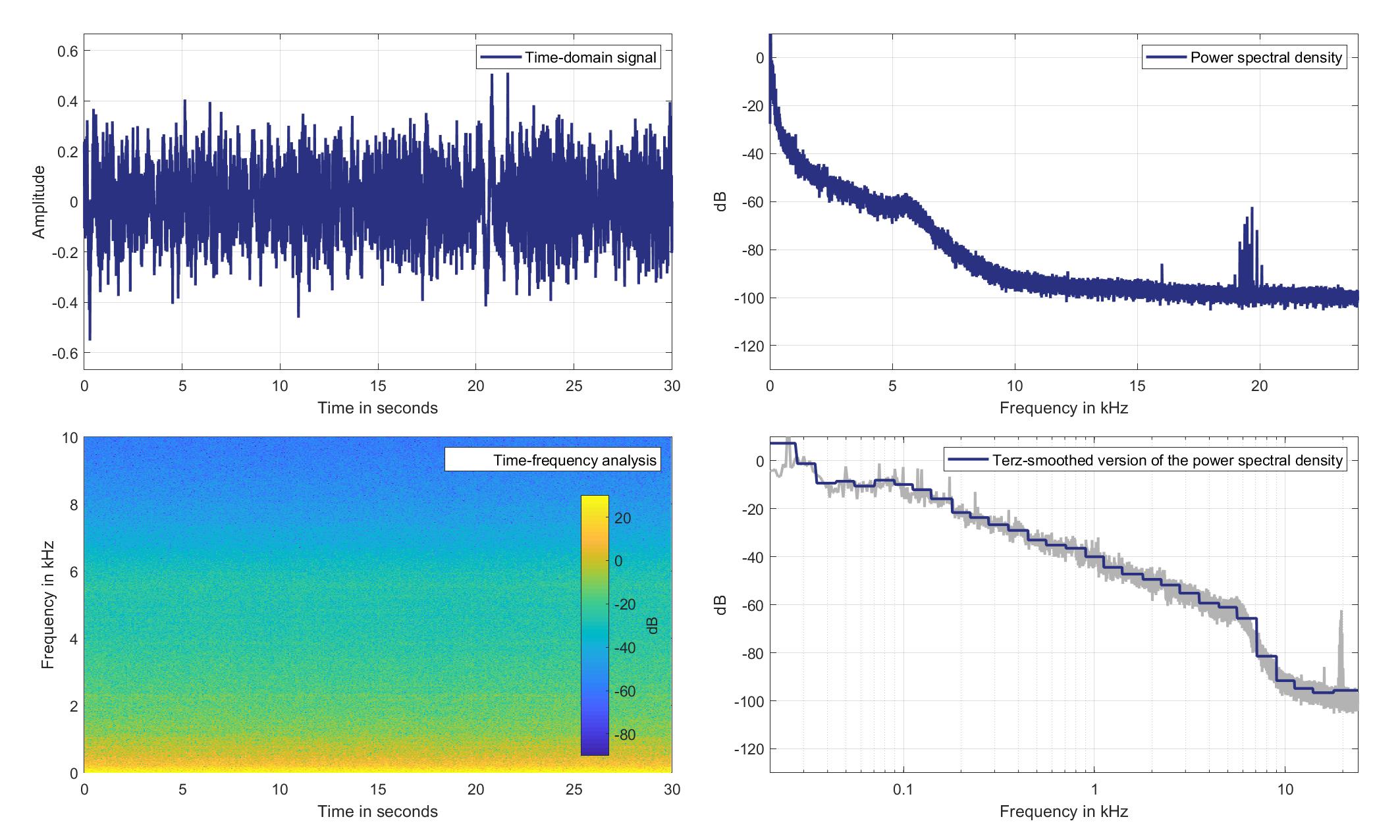


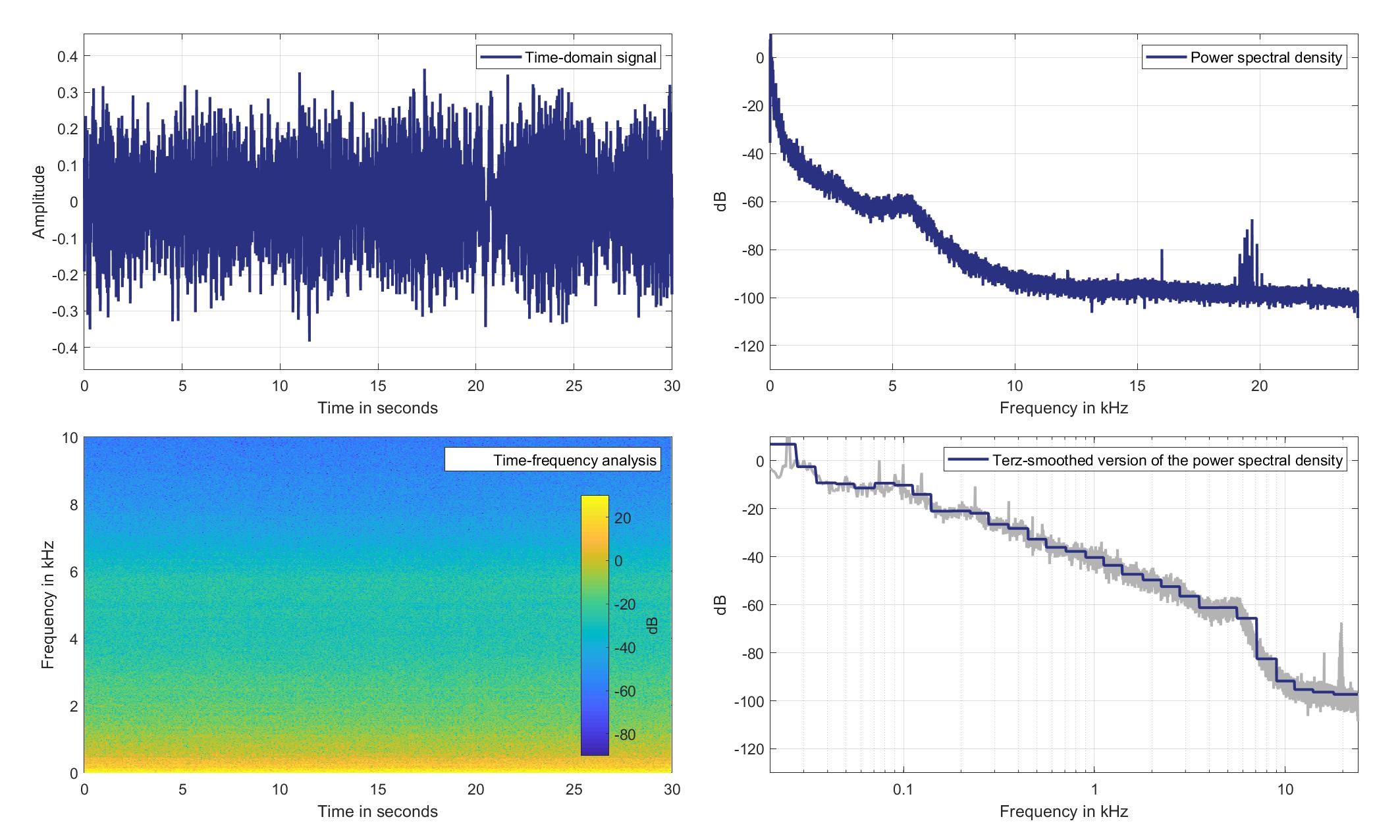
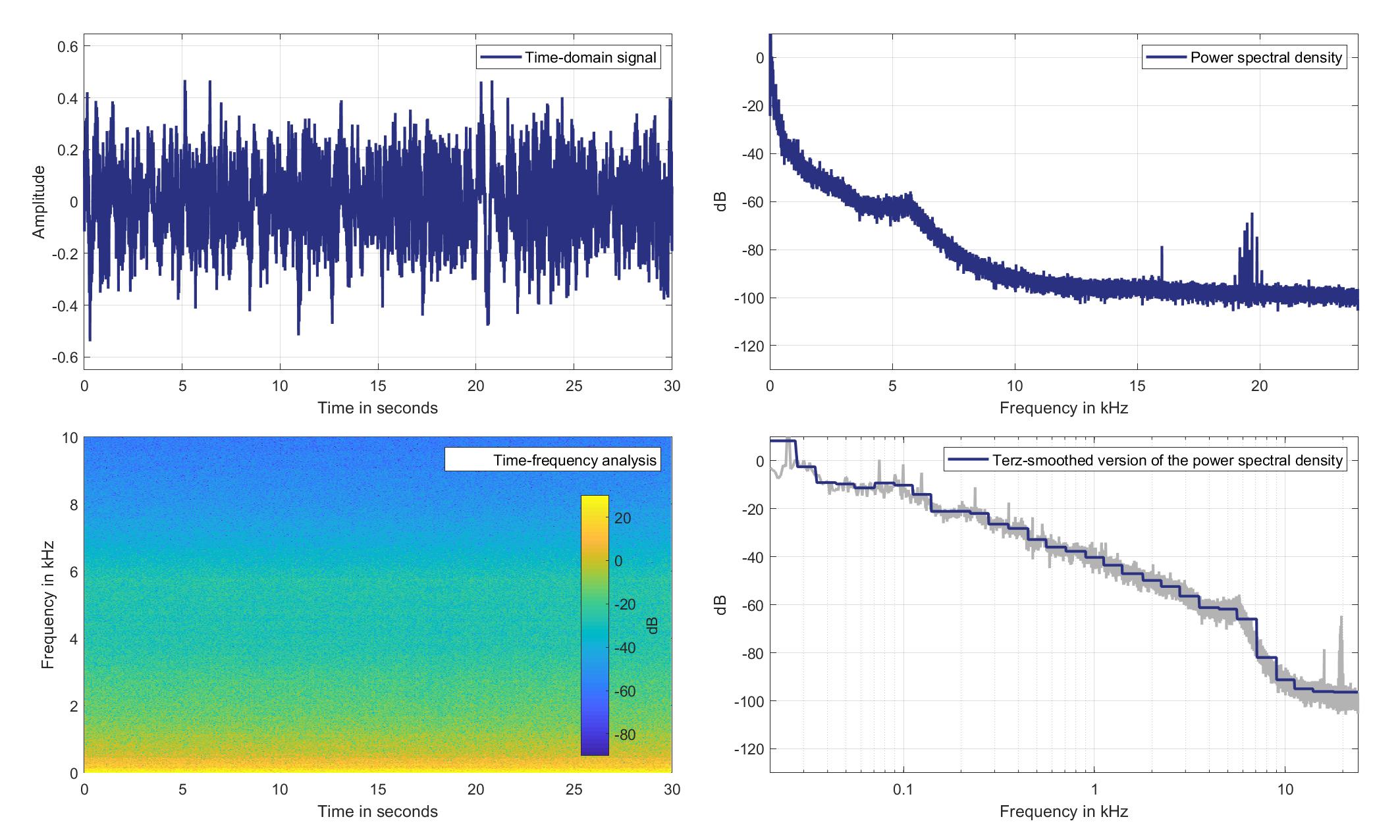
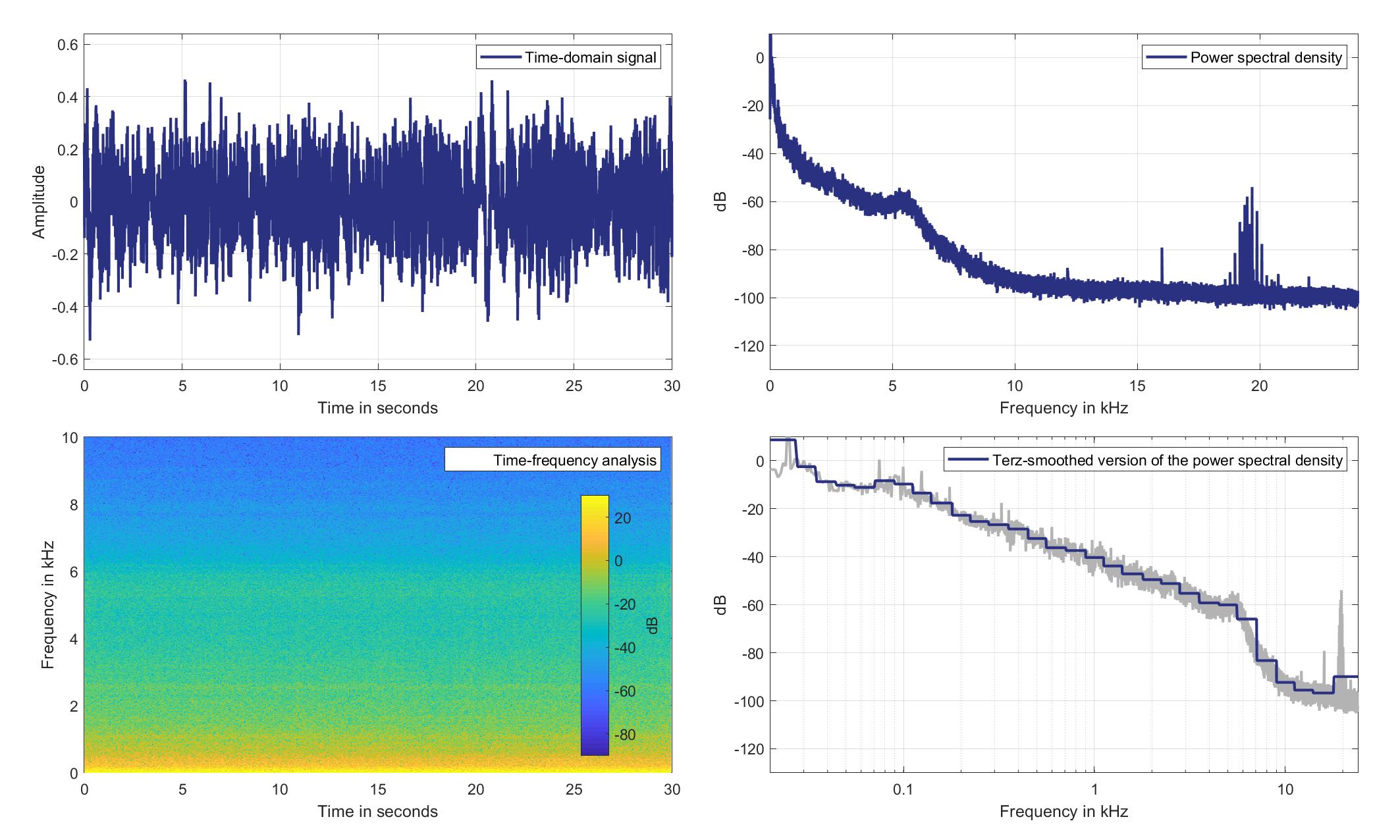
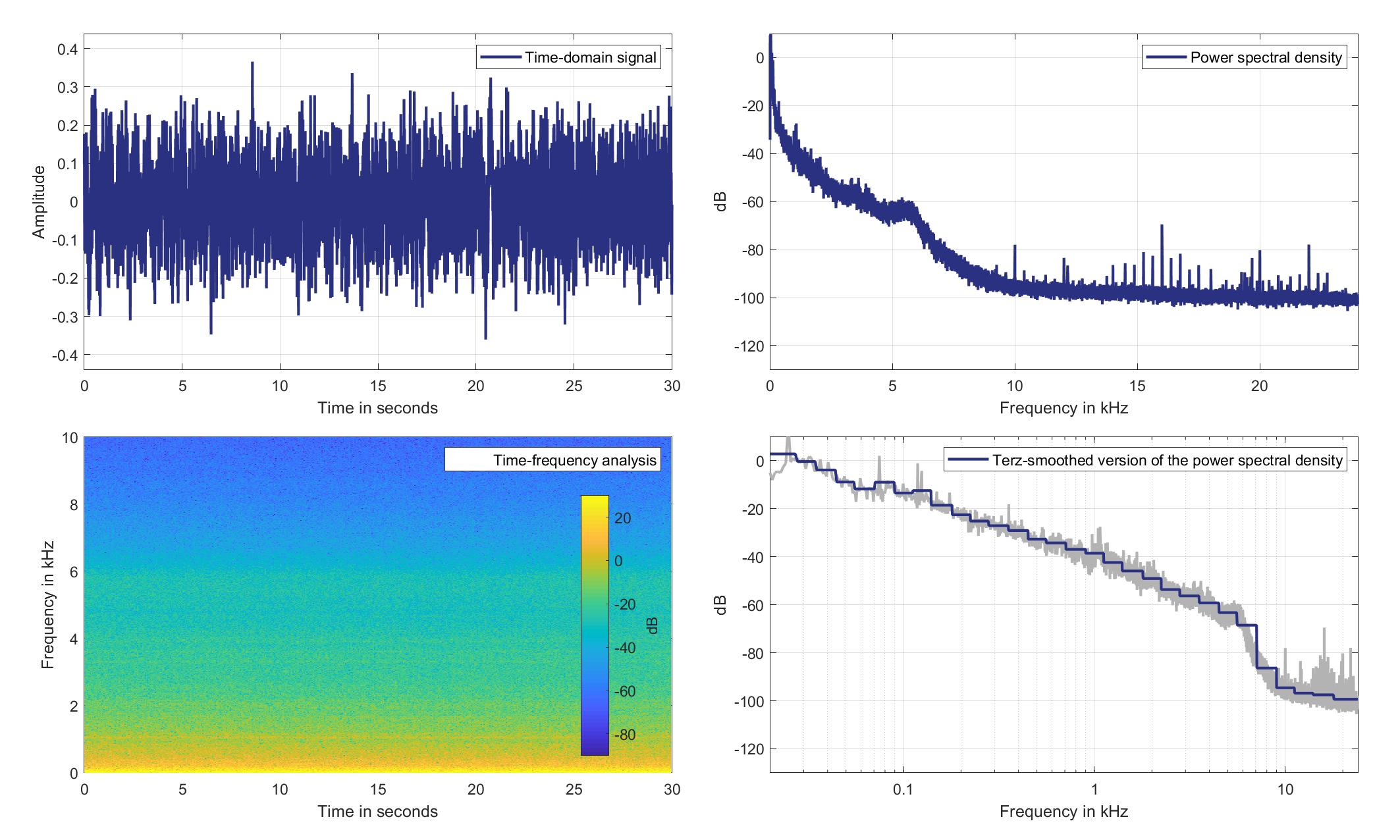

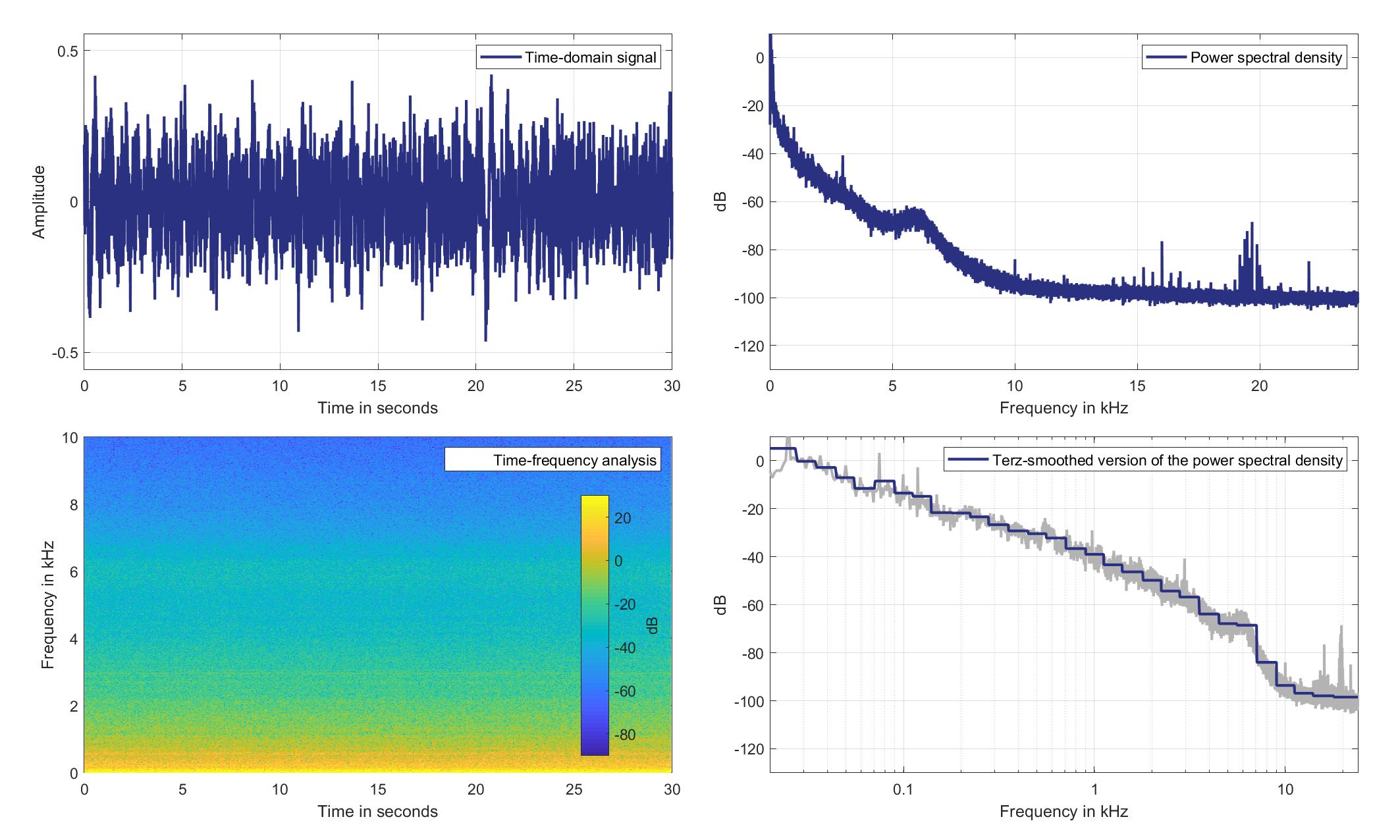
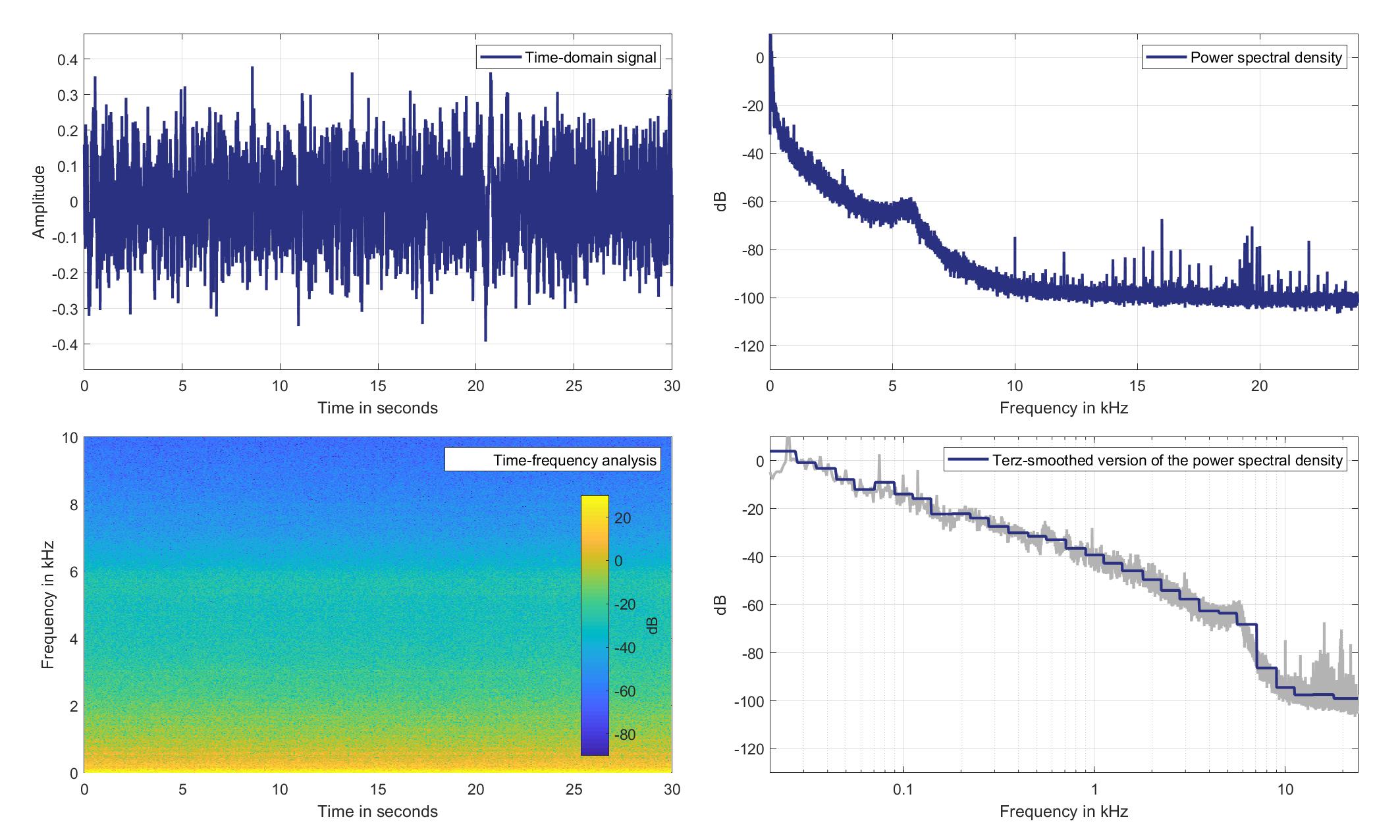

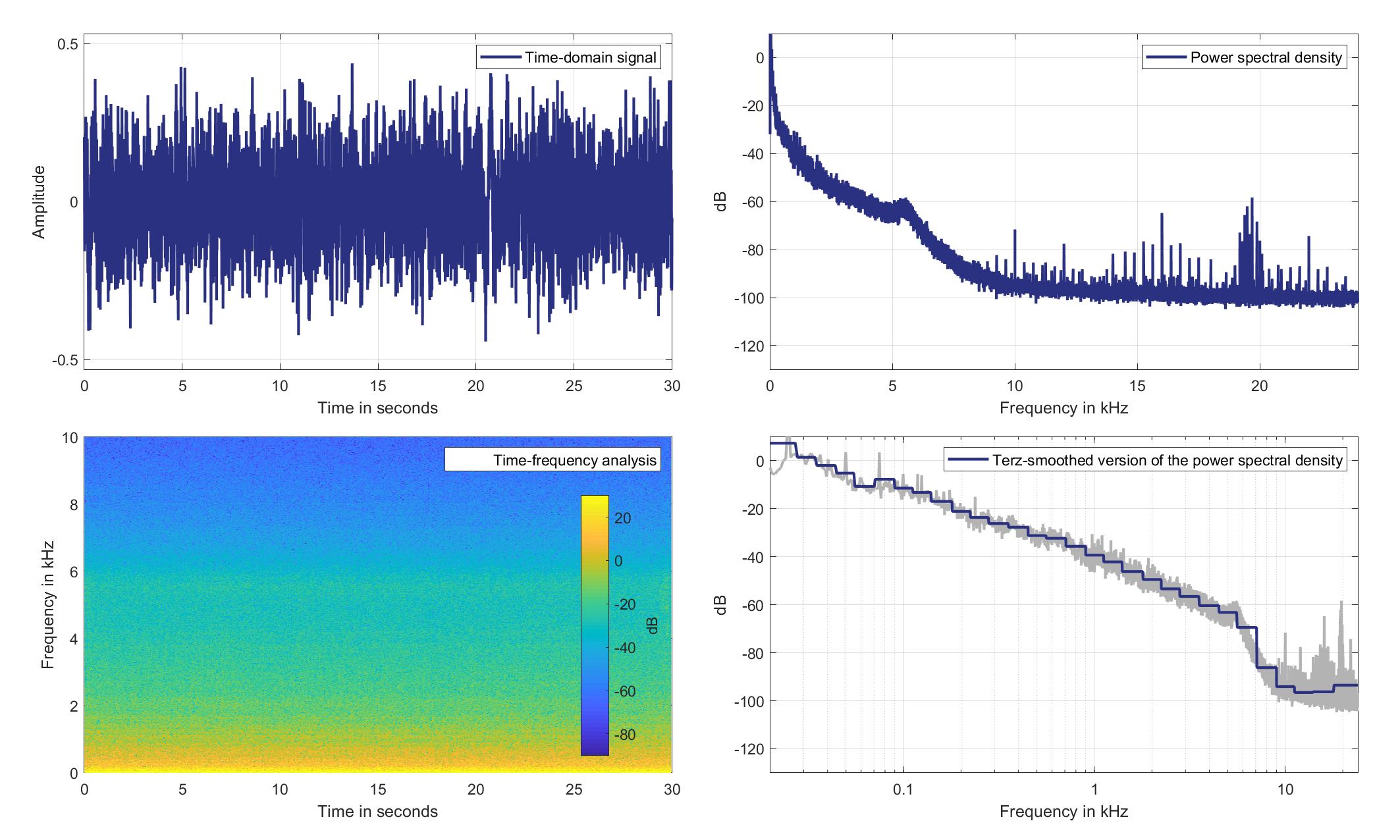
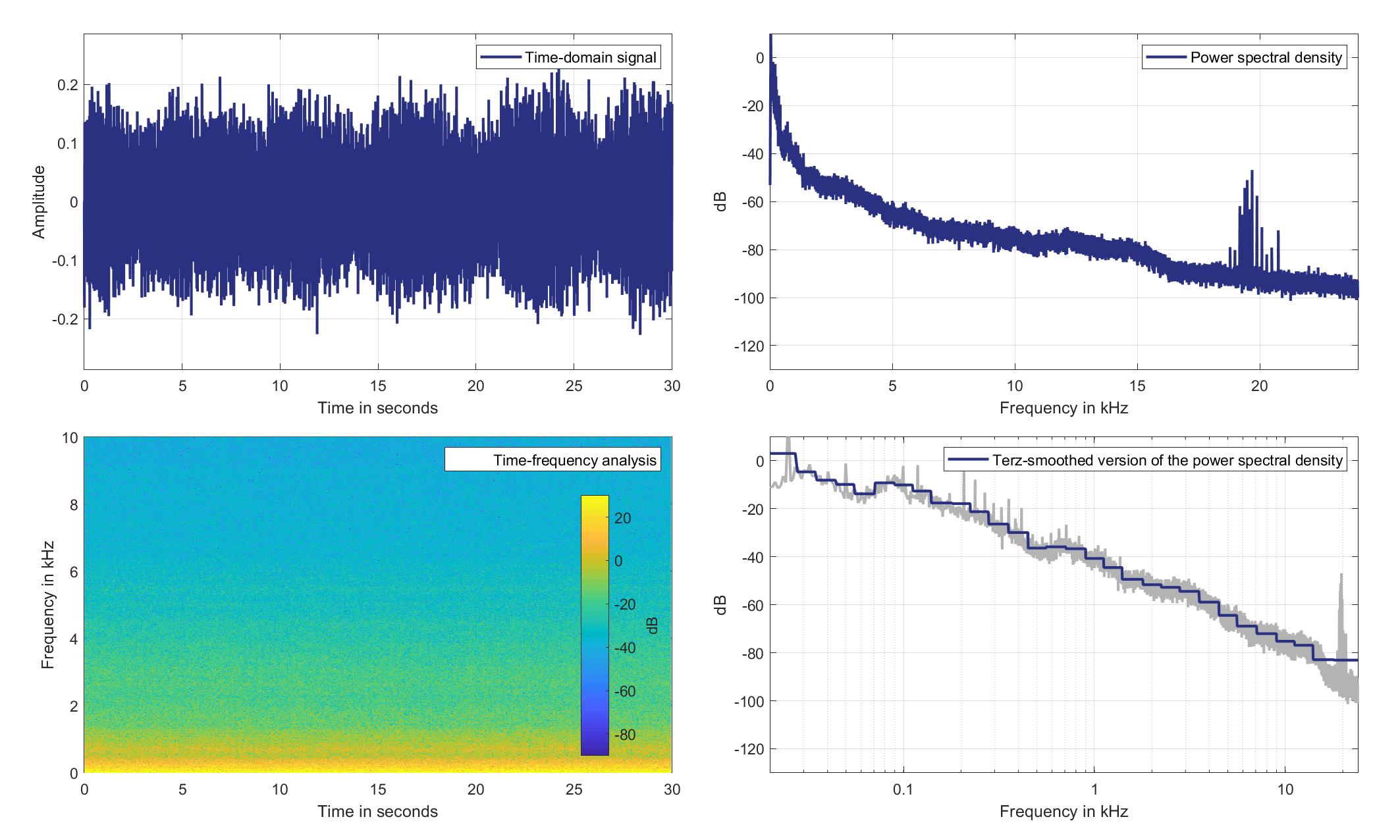
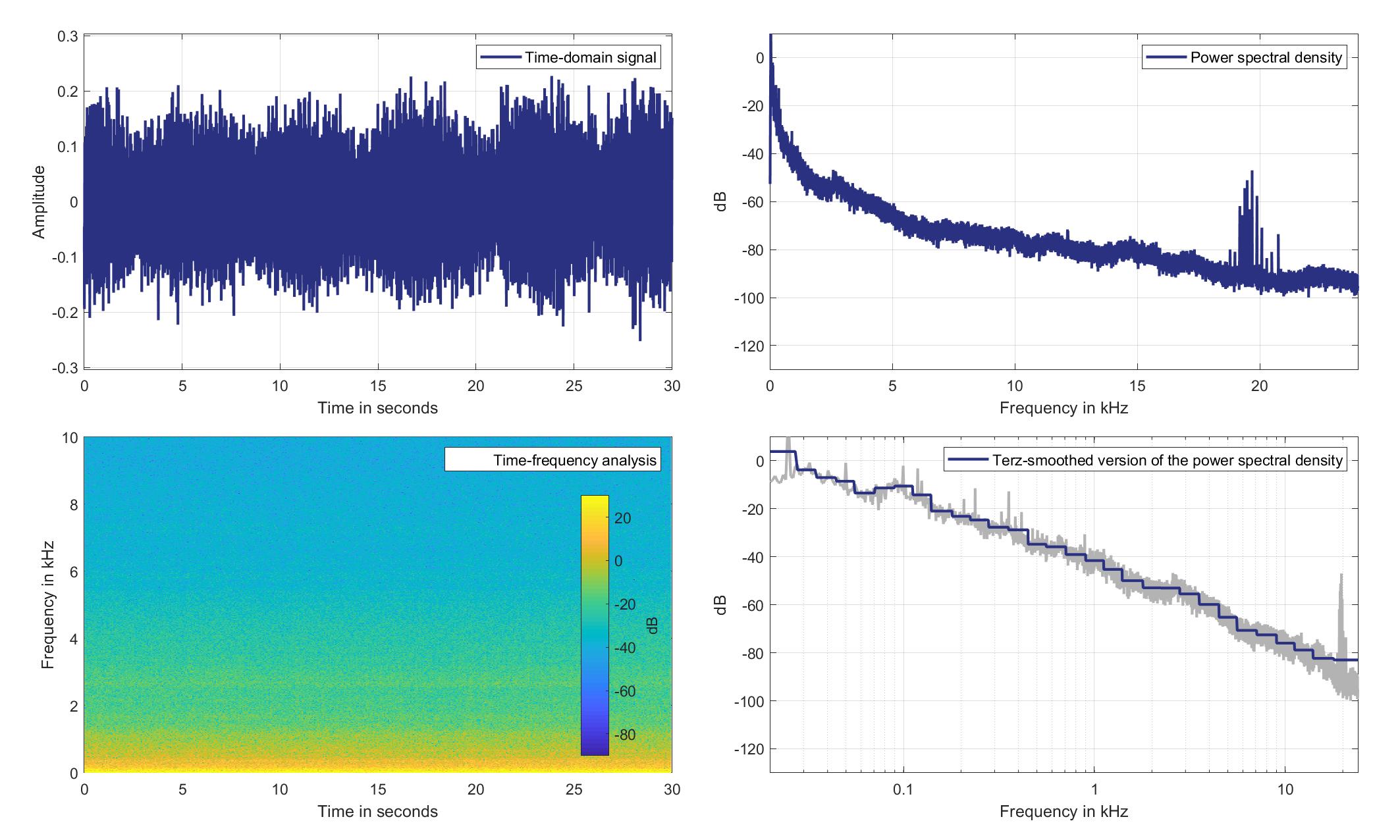
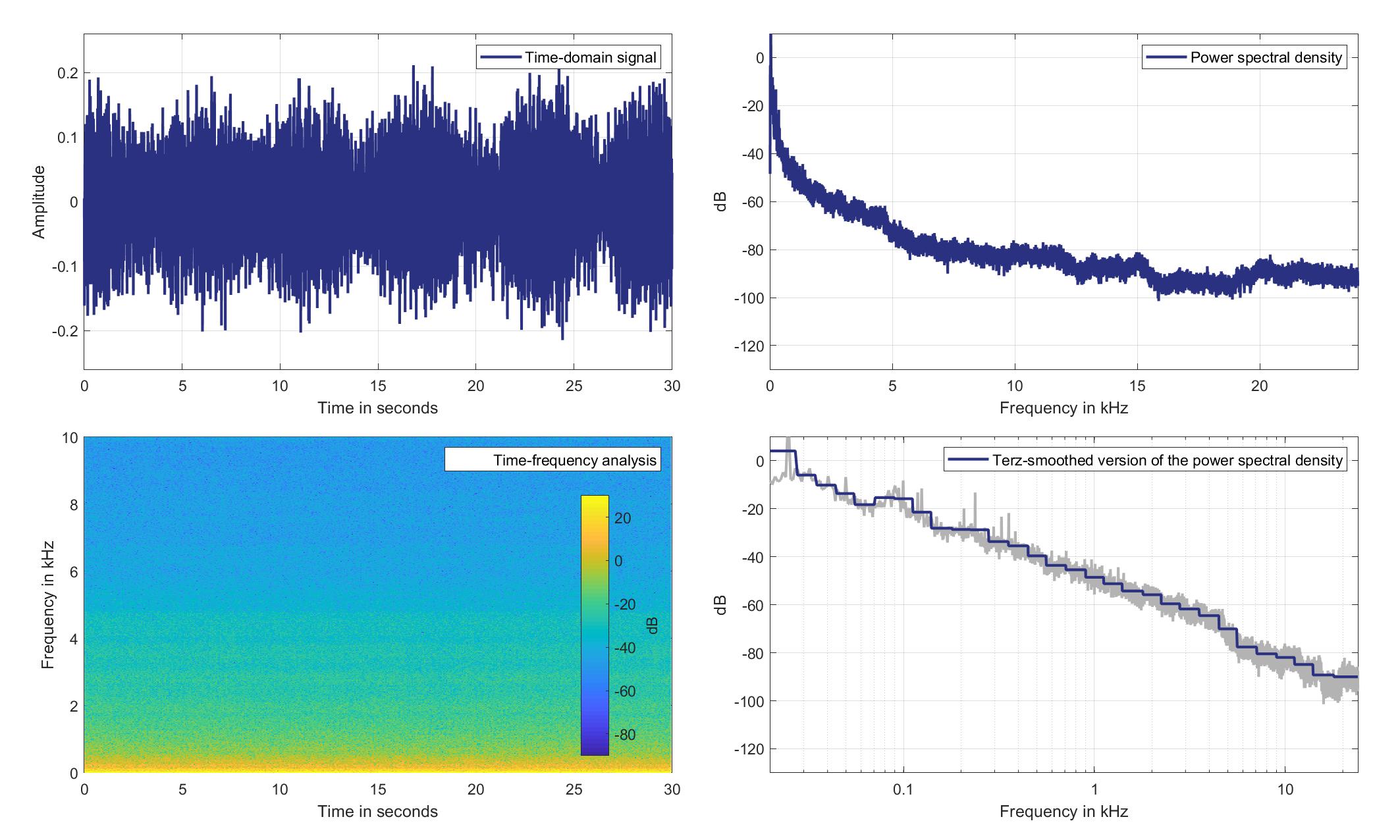
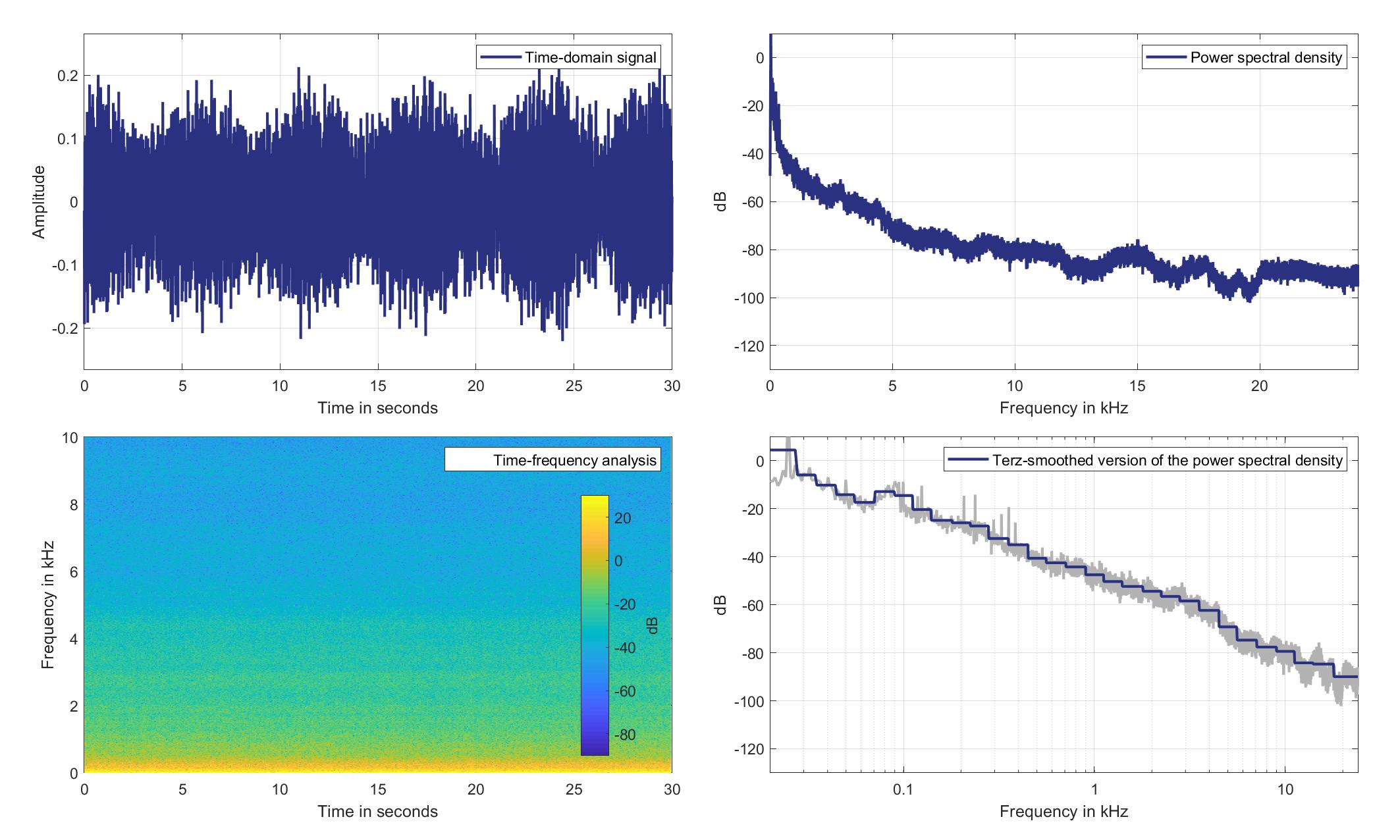
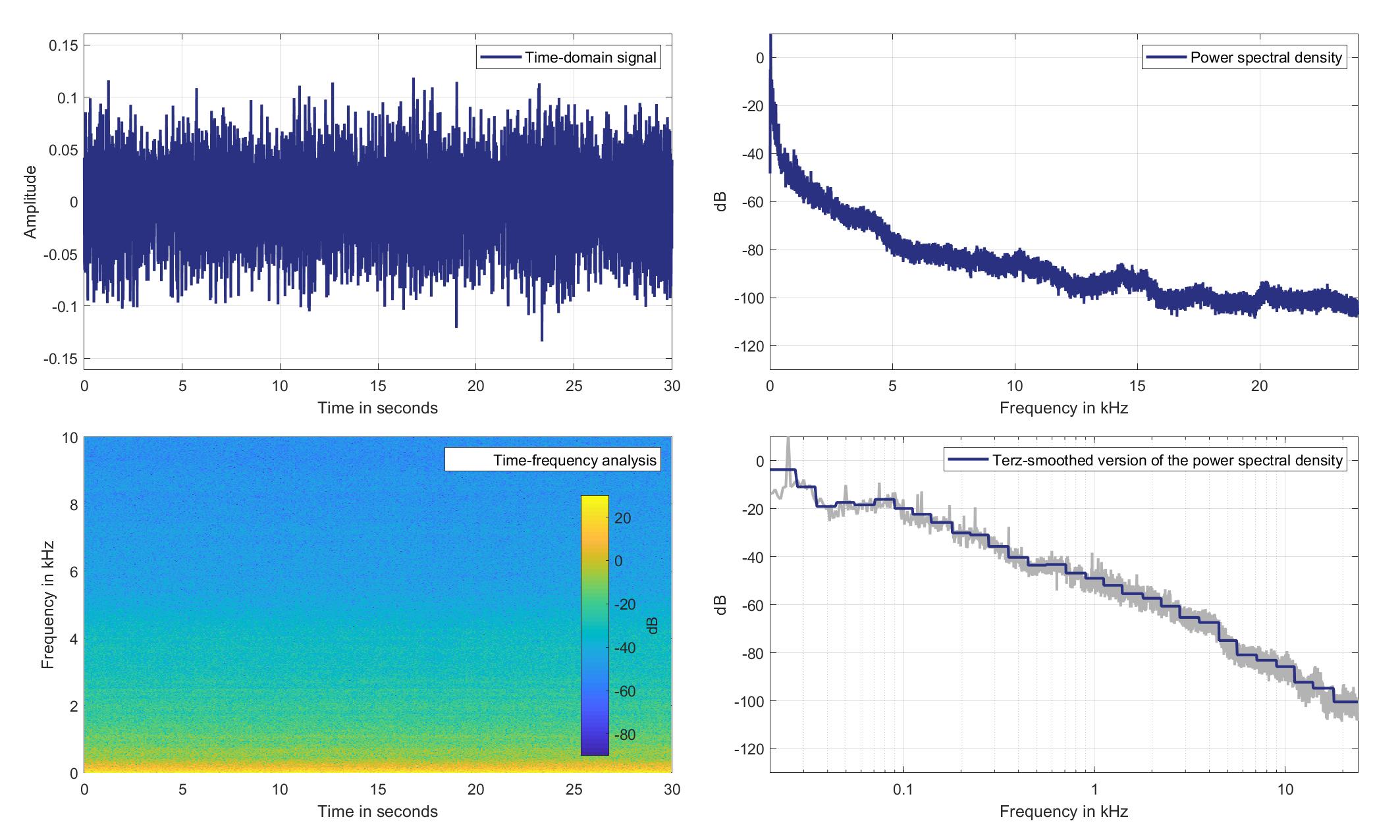
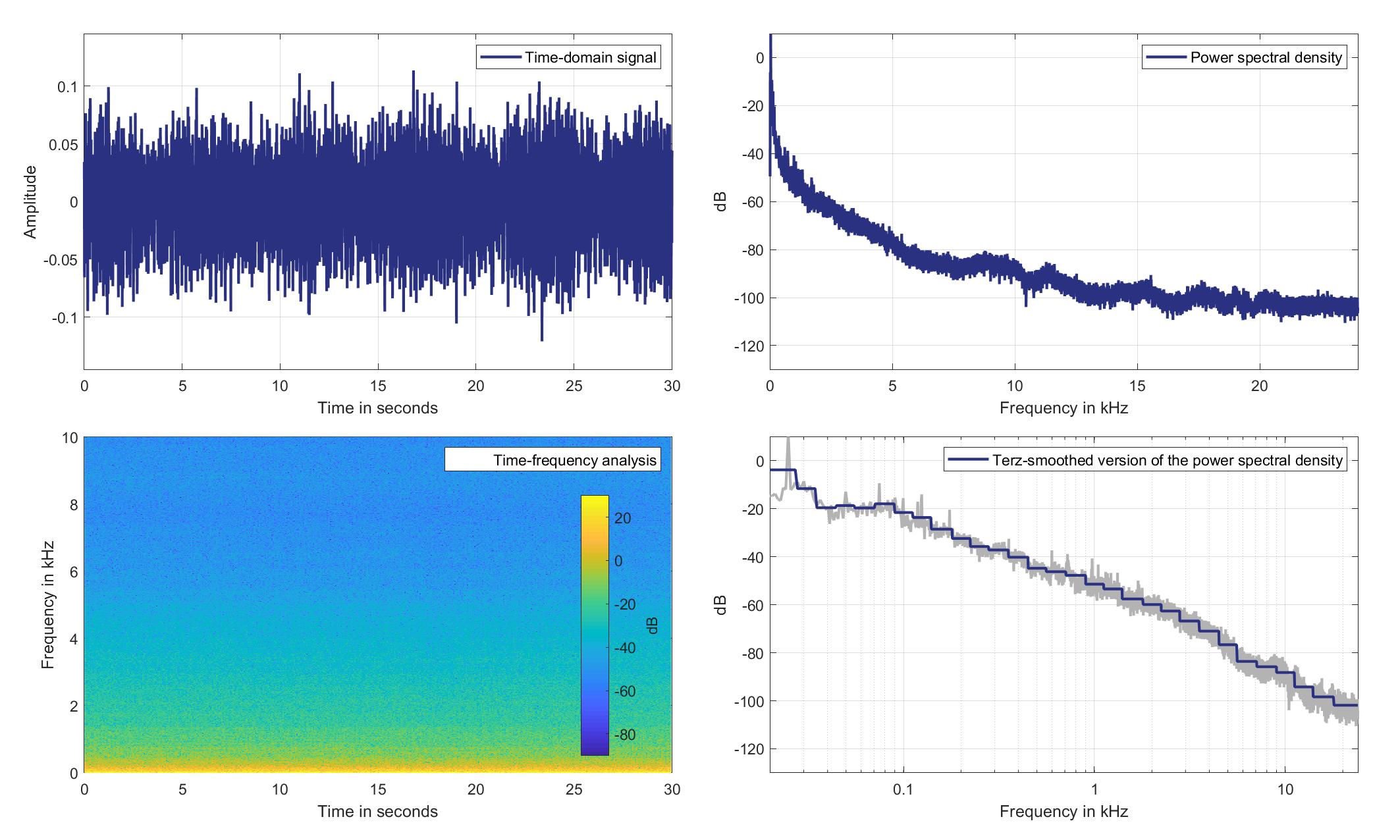
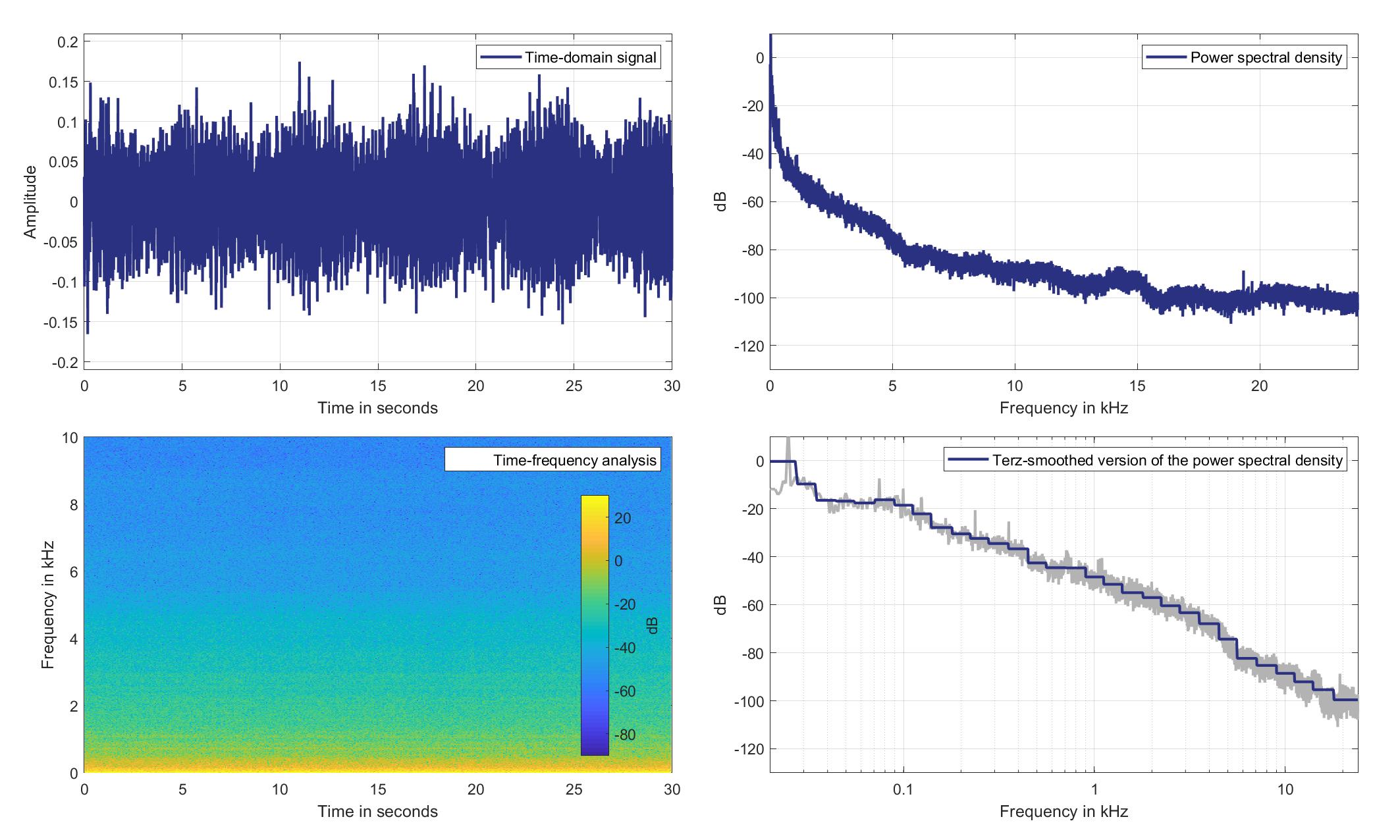
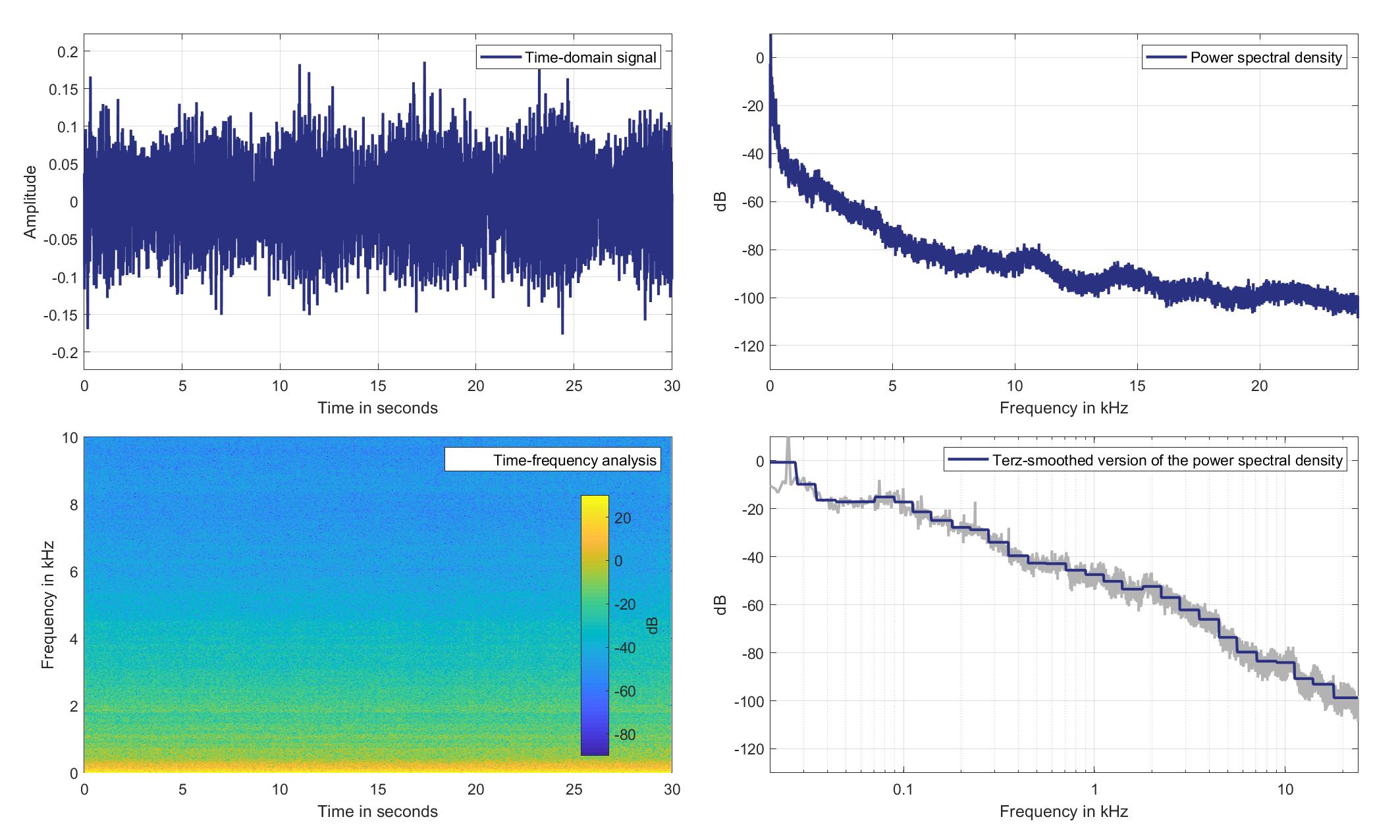


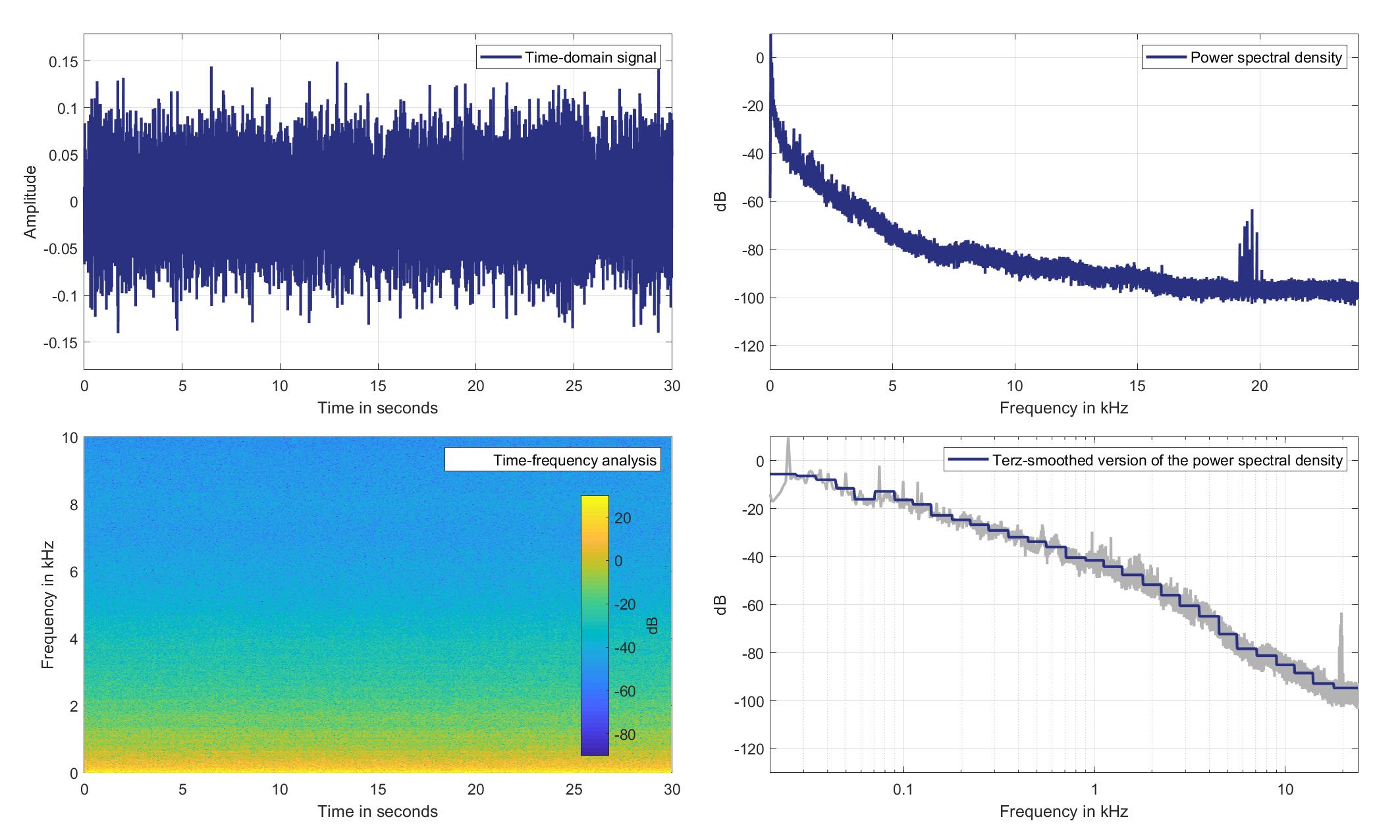
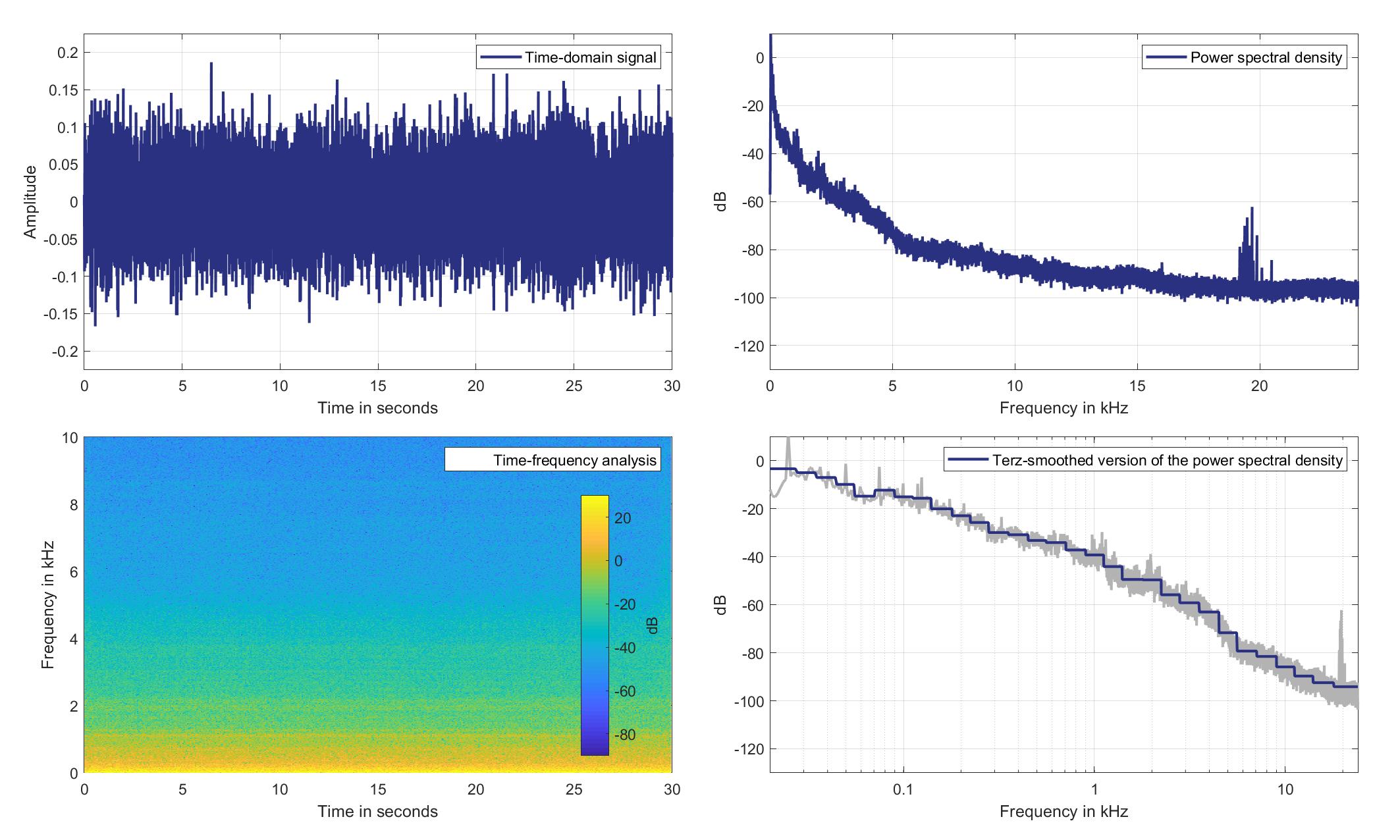
 On behalf of the members of the Chair of Digital Signal Processing and System Theory, we would like to take this opportunity to wish you all a very Merry Christmas and a peaceful, restful winter break. We hope that this festive season brings you joy, relaxation, and cherished moments with your loved ones.
On behalf of the members of the Chair of Digital Signal Processing and System Theory, we would like to take this opportunity to wish you all a very Merry Christmas and a peaceful, restful winter break. We hope that this festive season brings you joy, relaxation, and cherished moments with your loved ones.